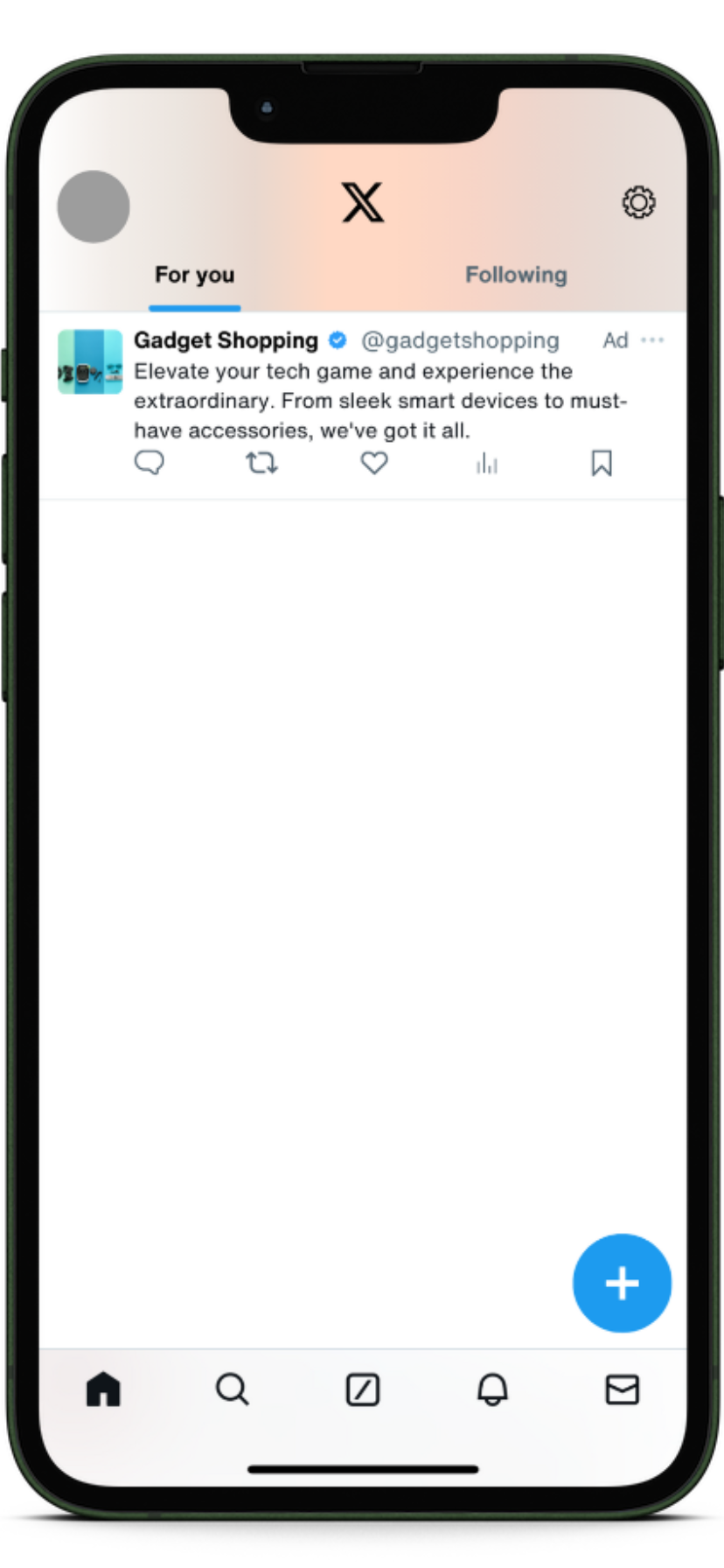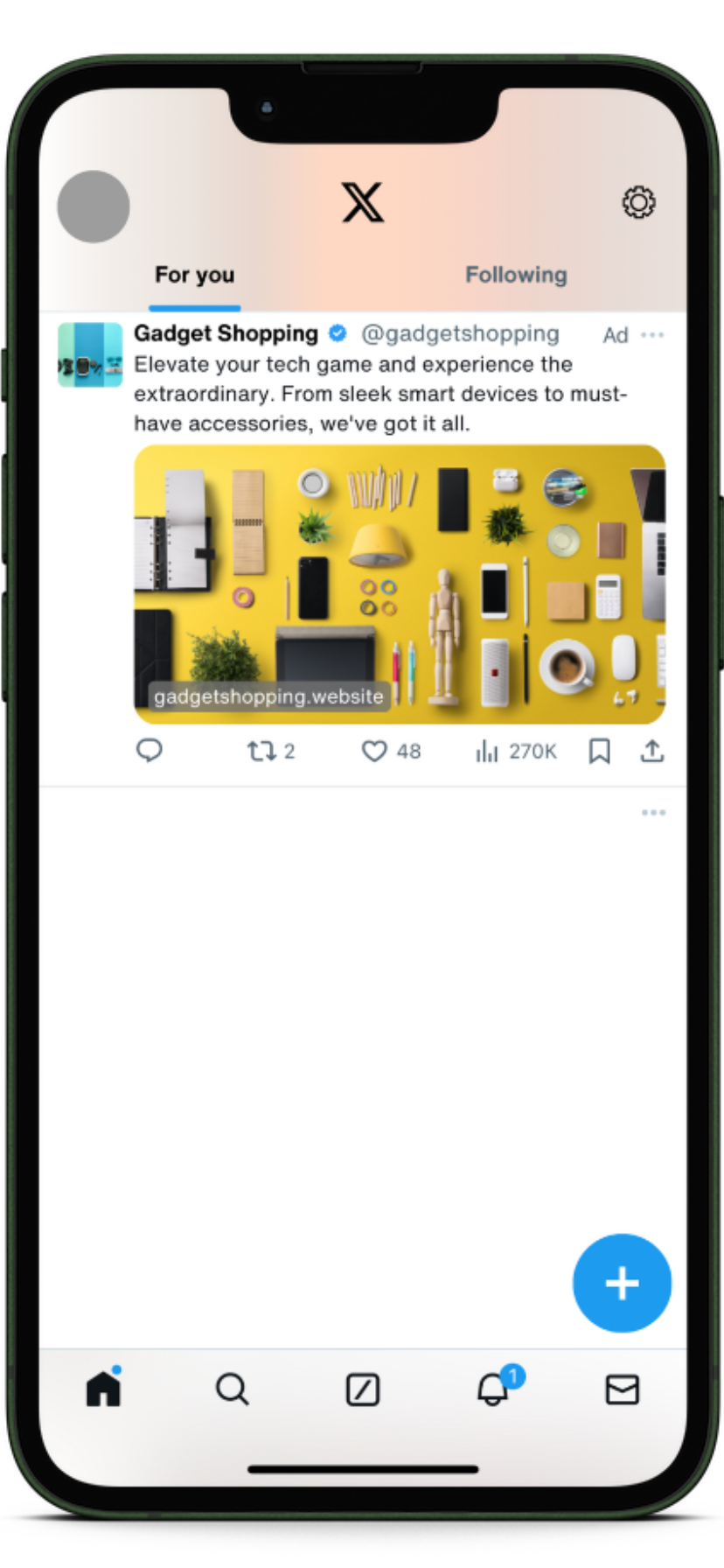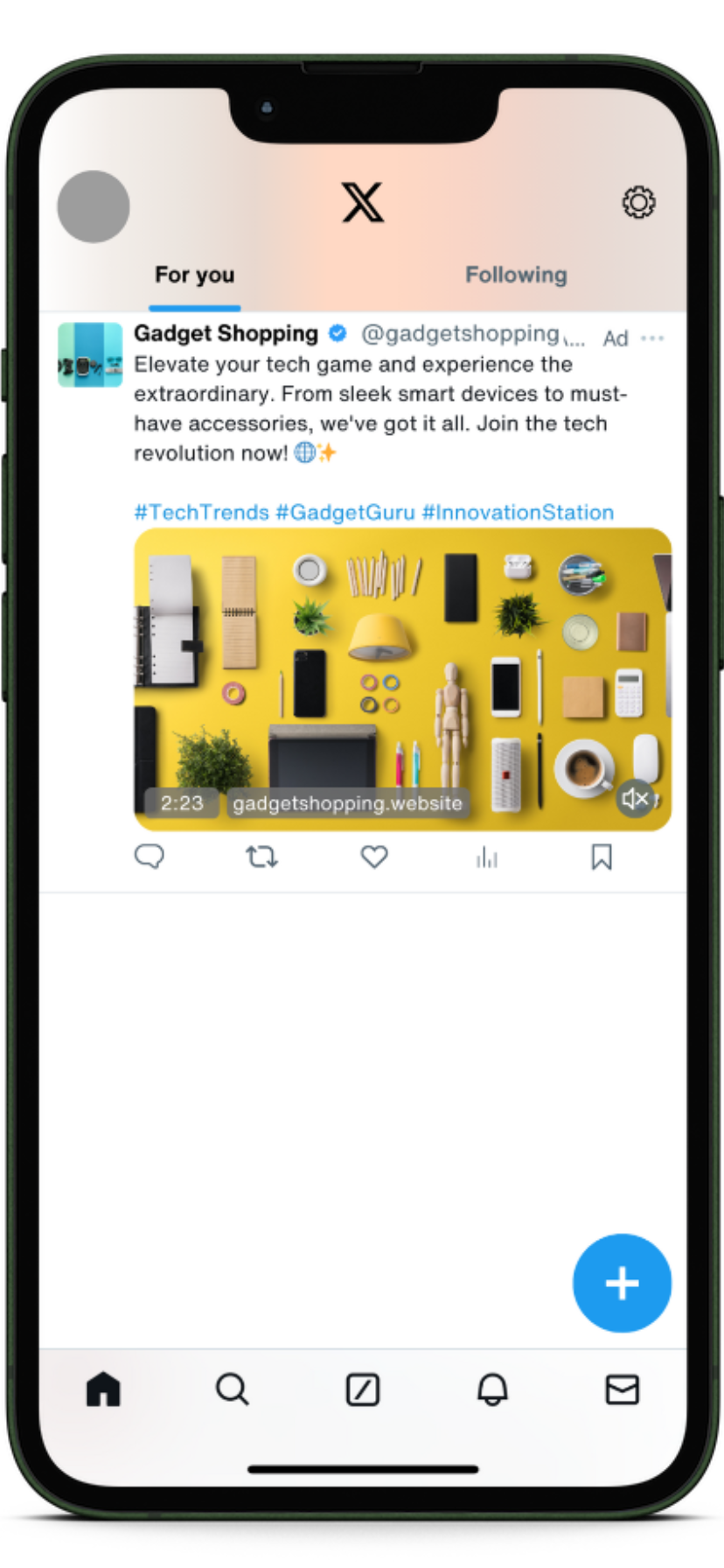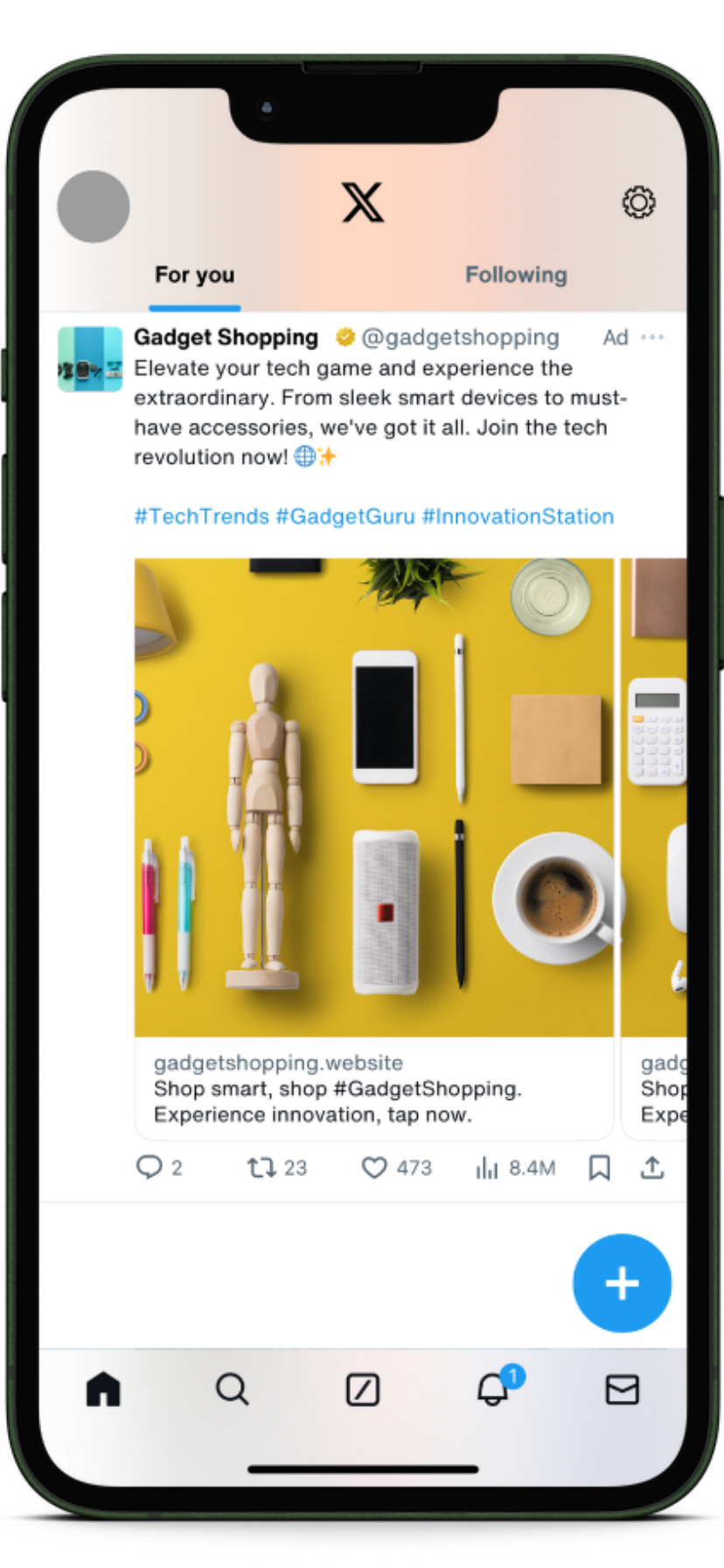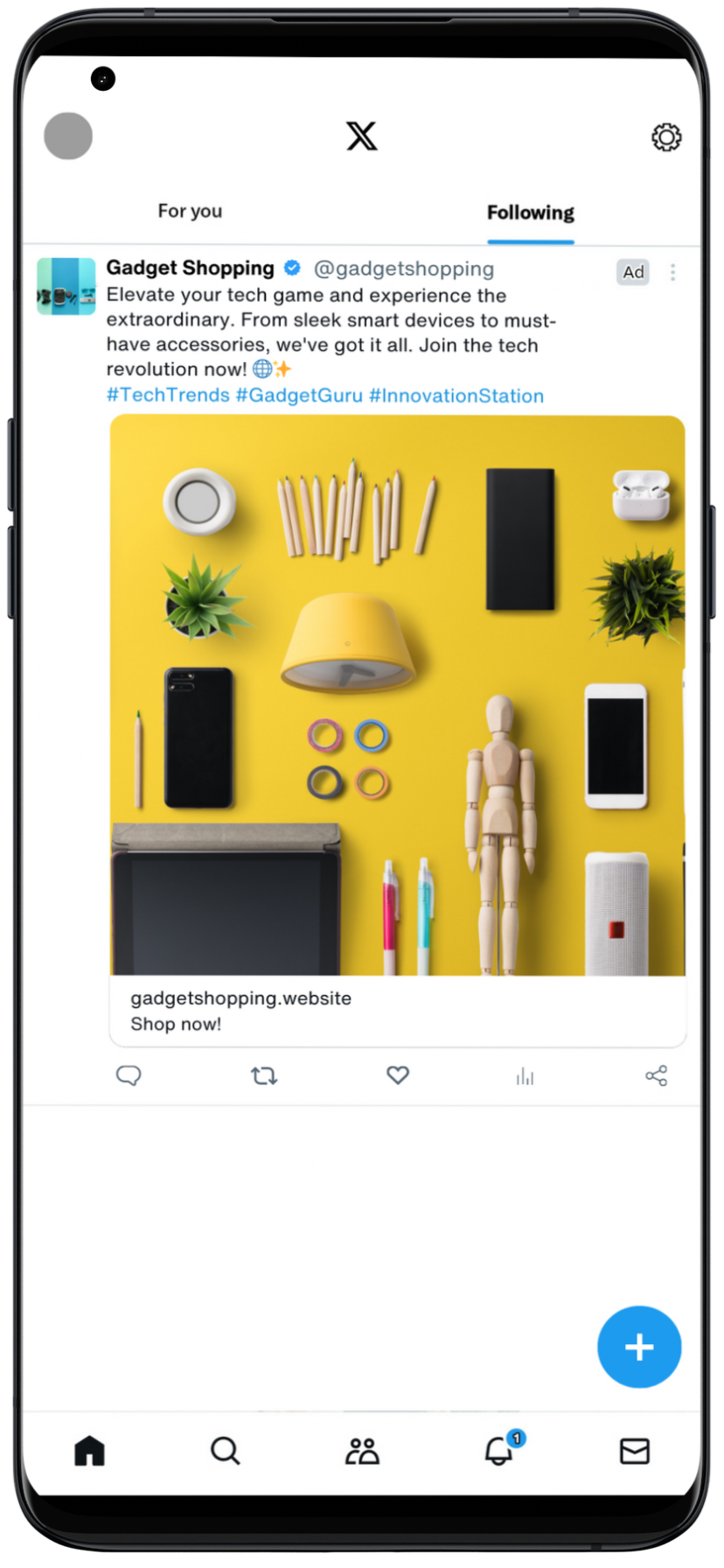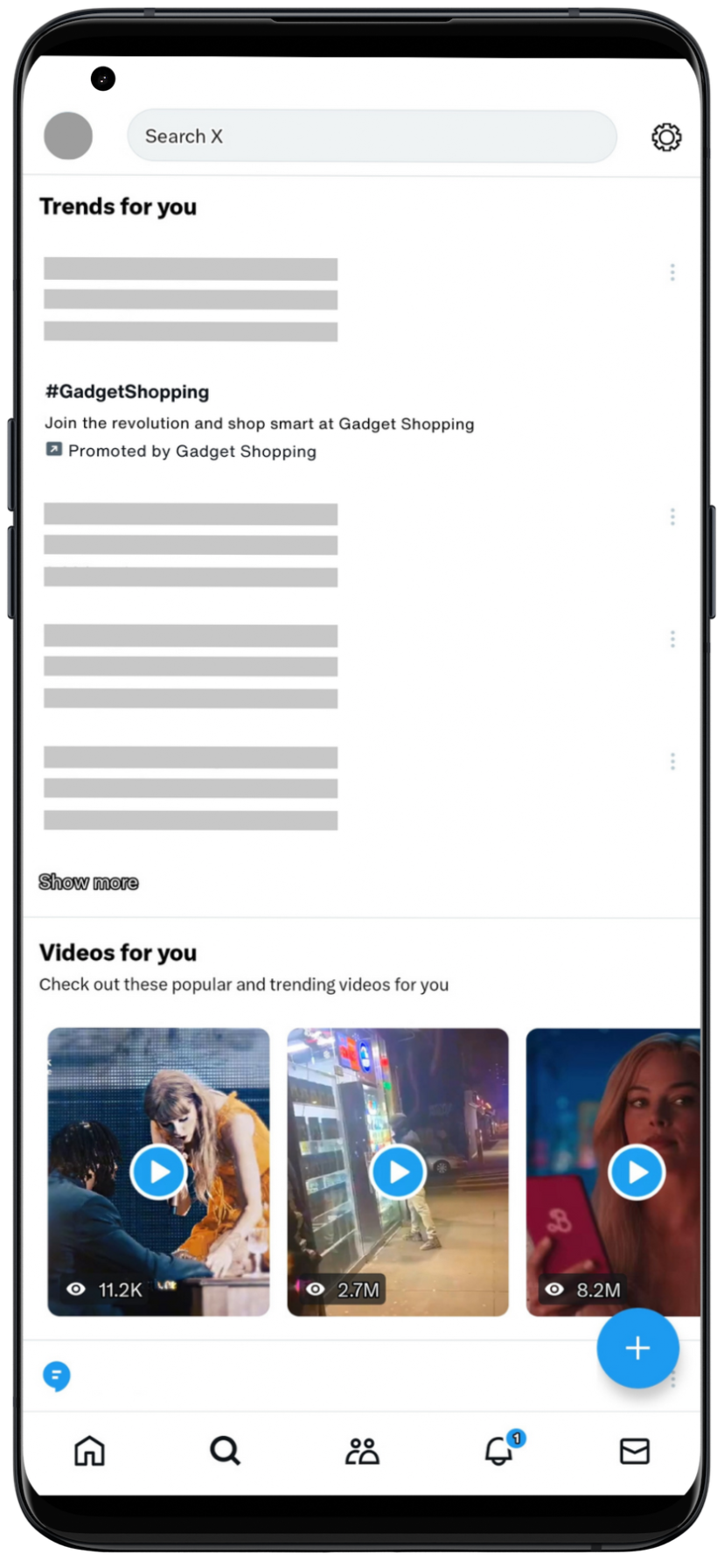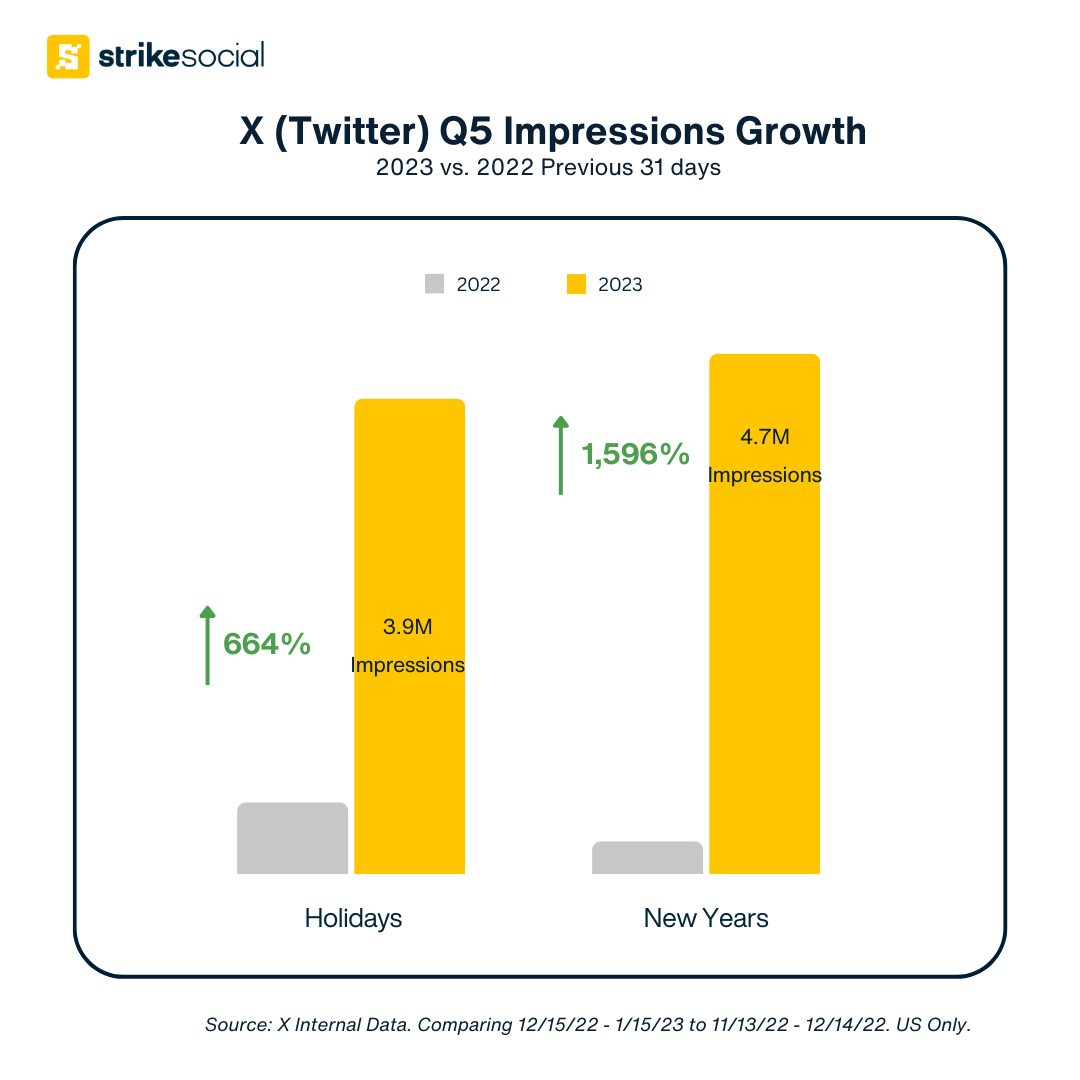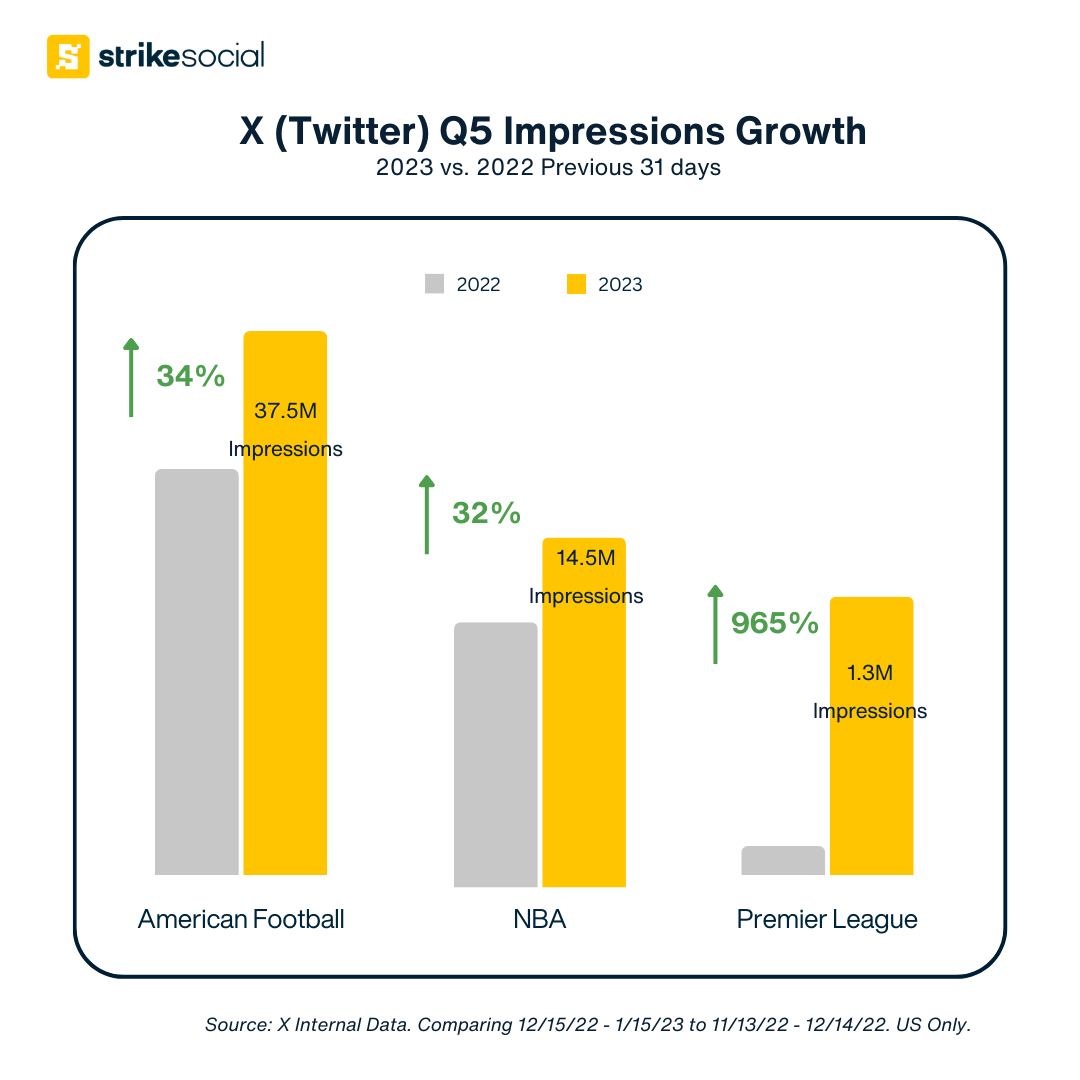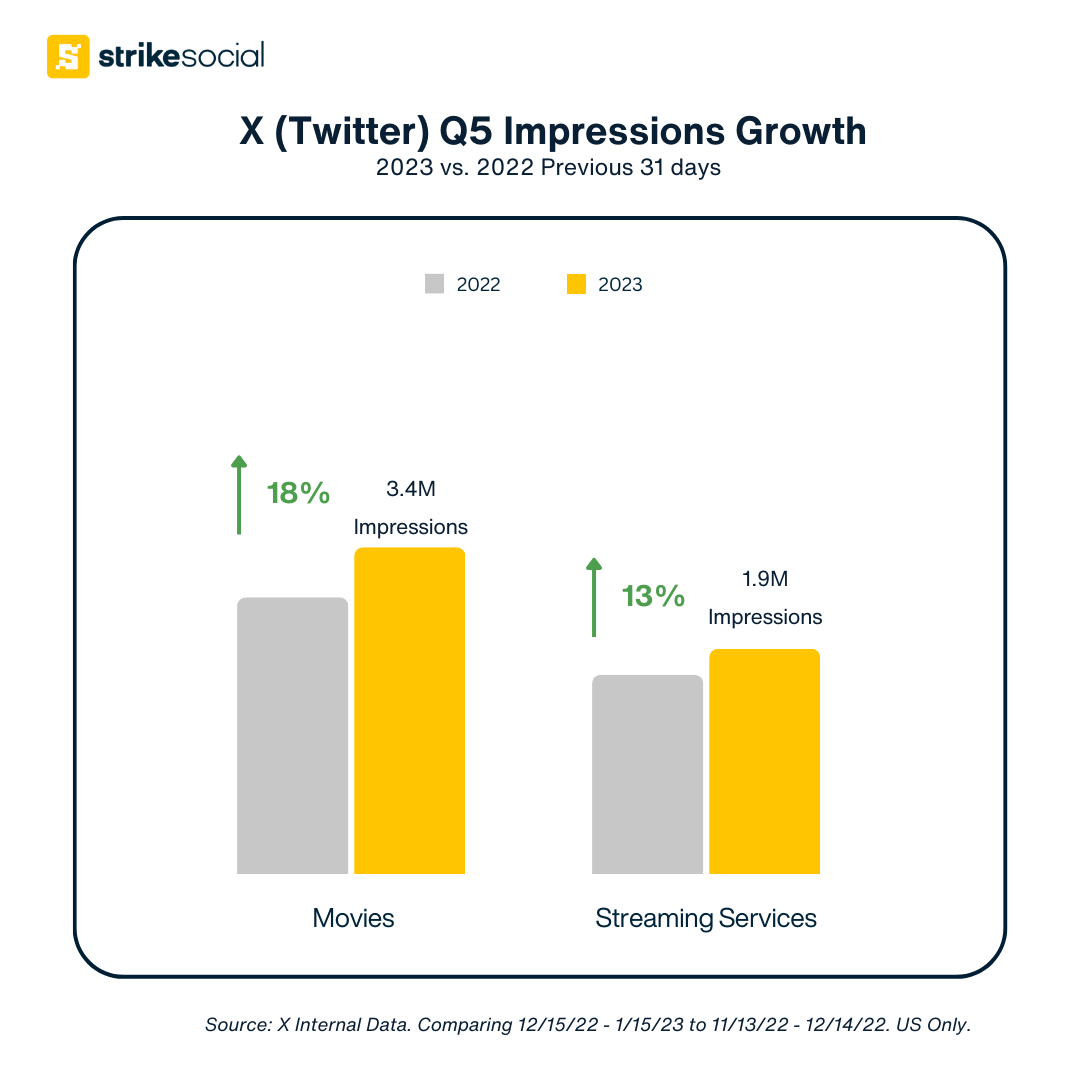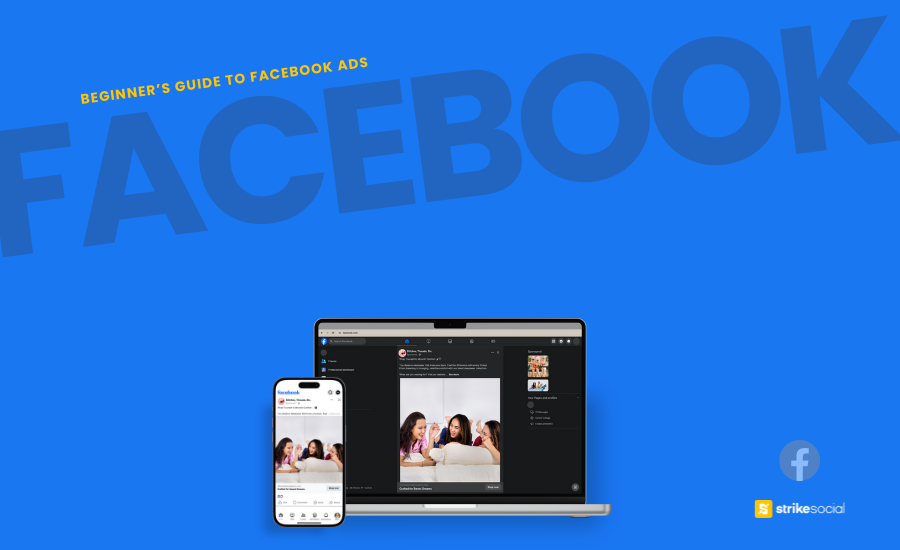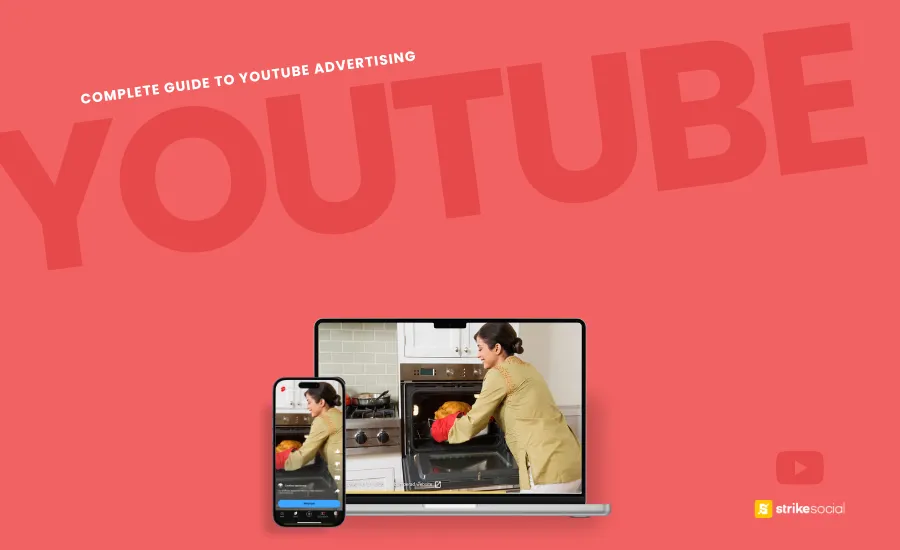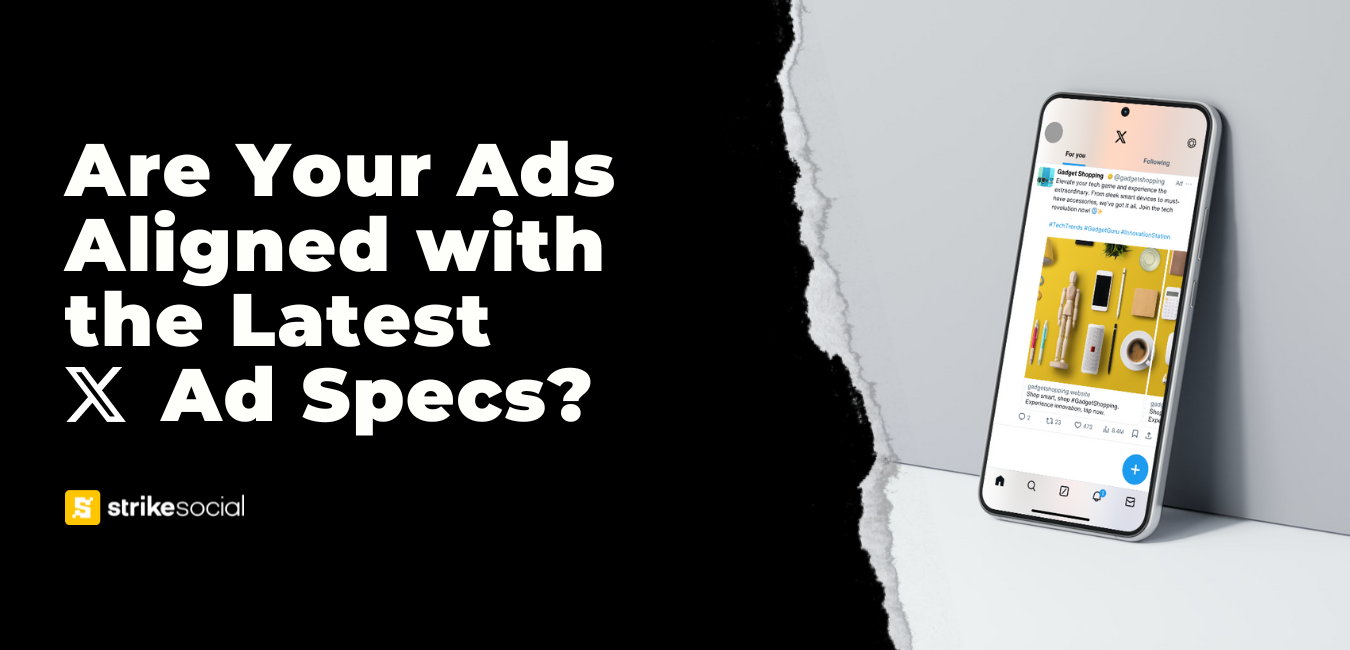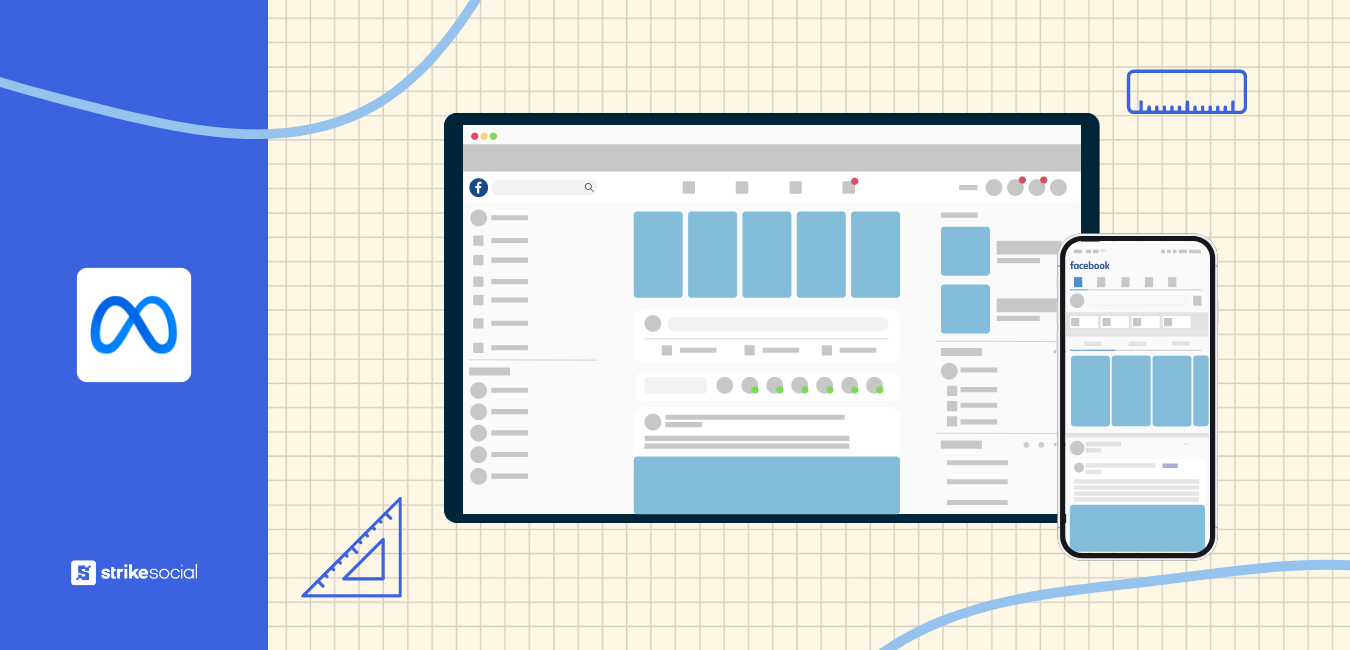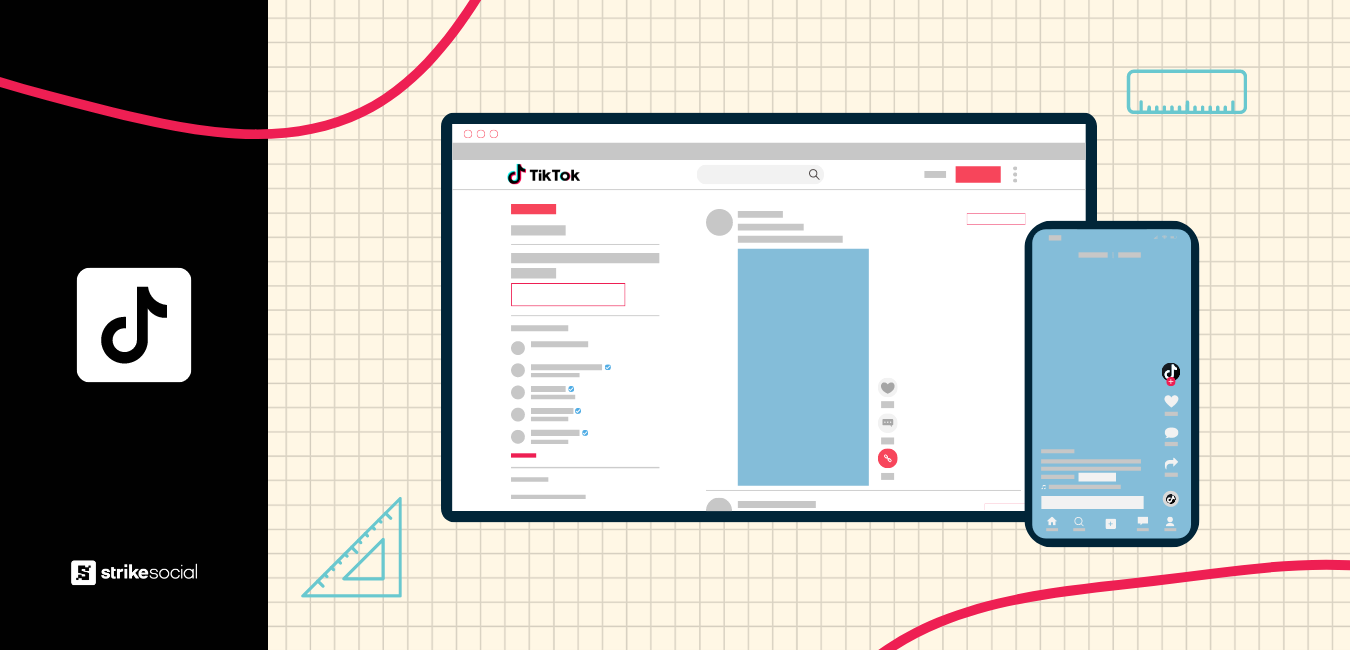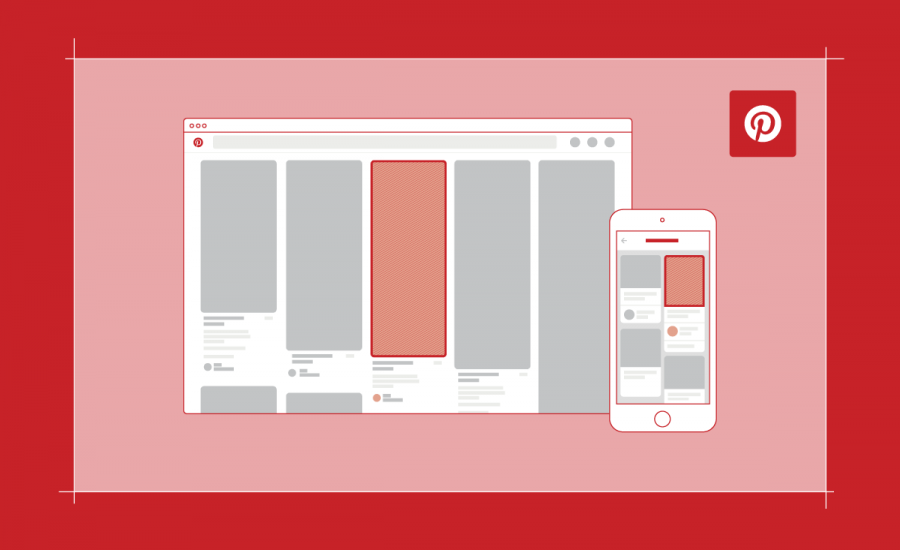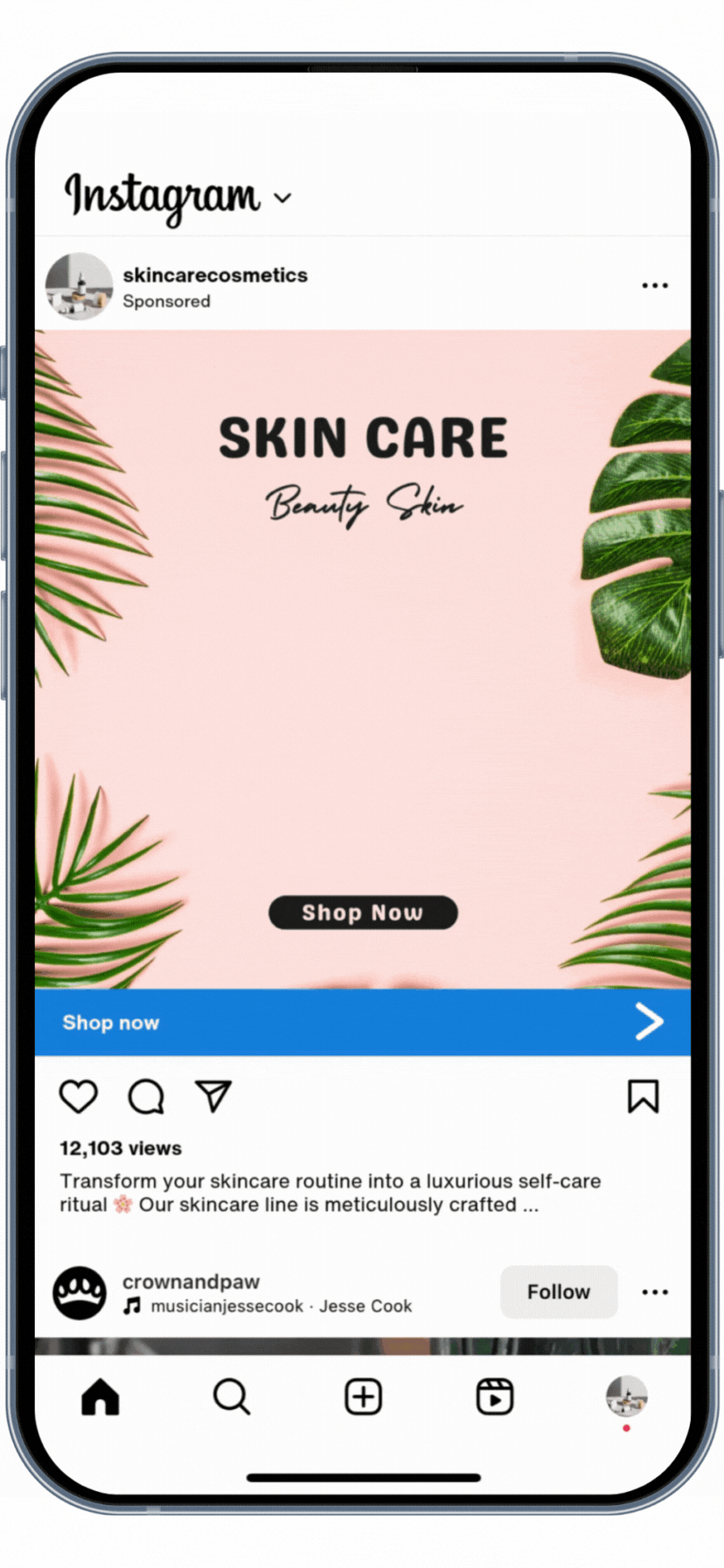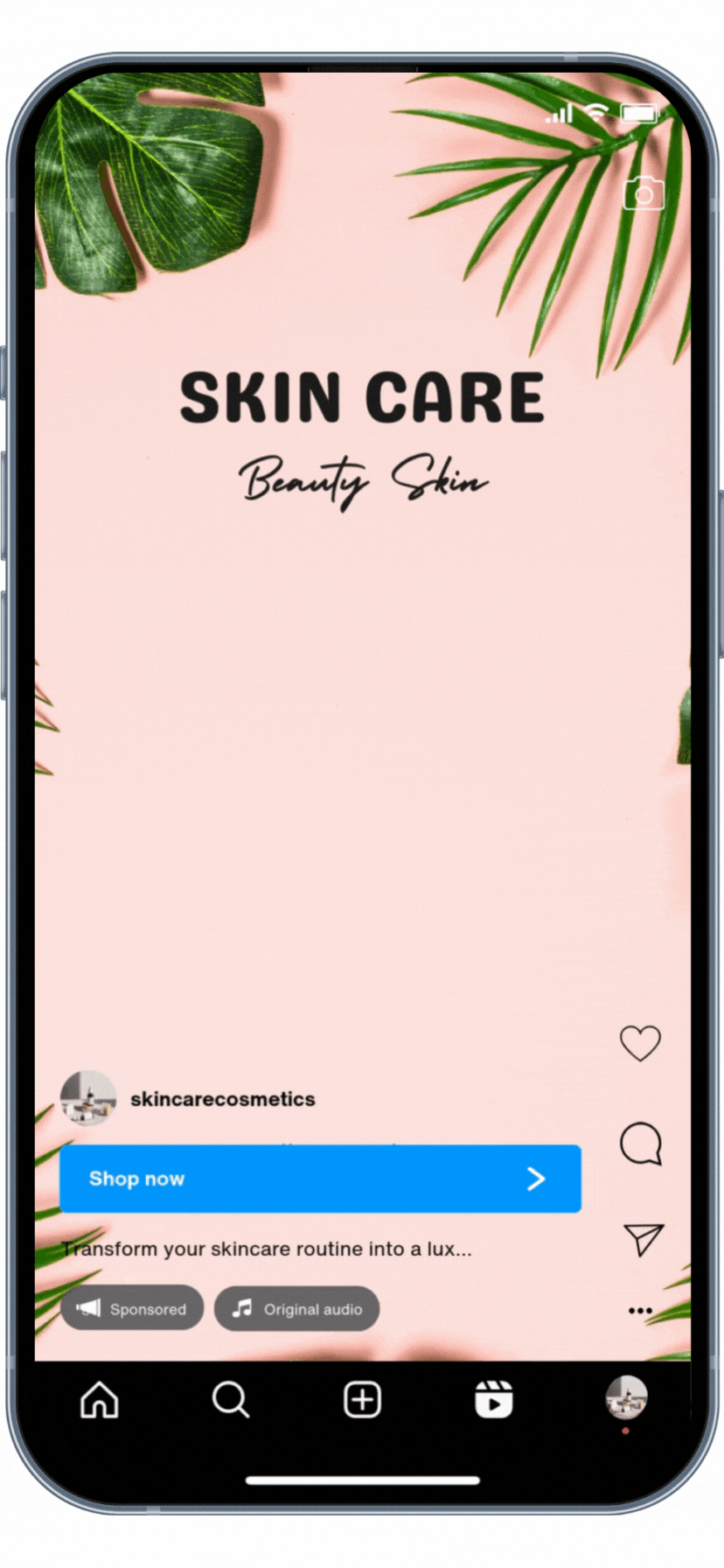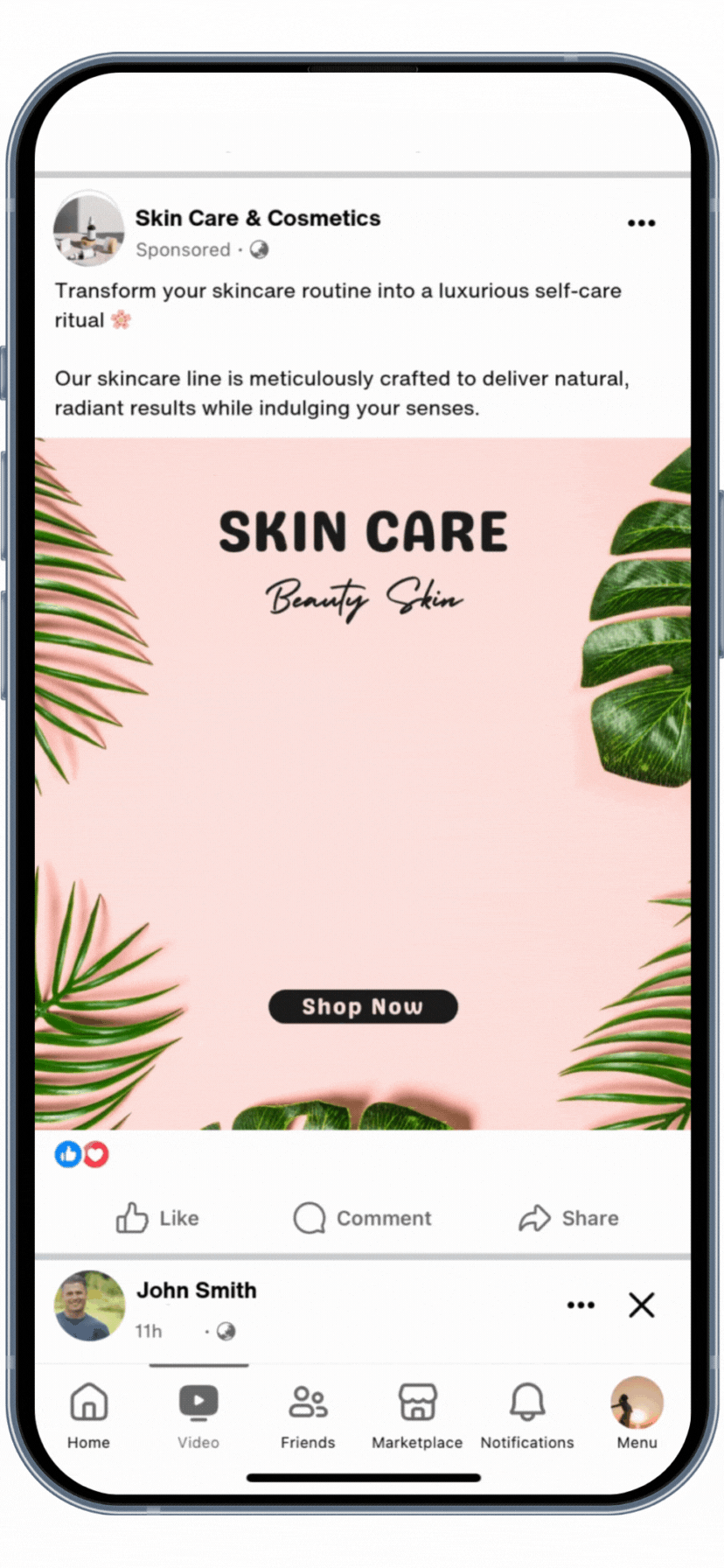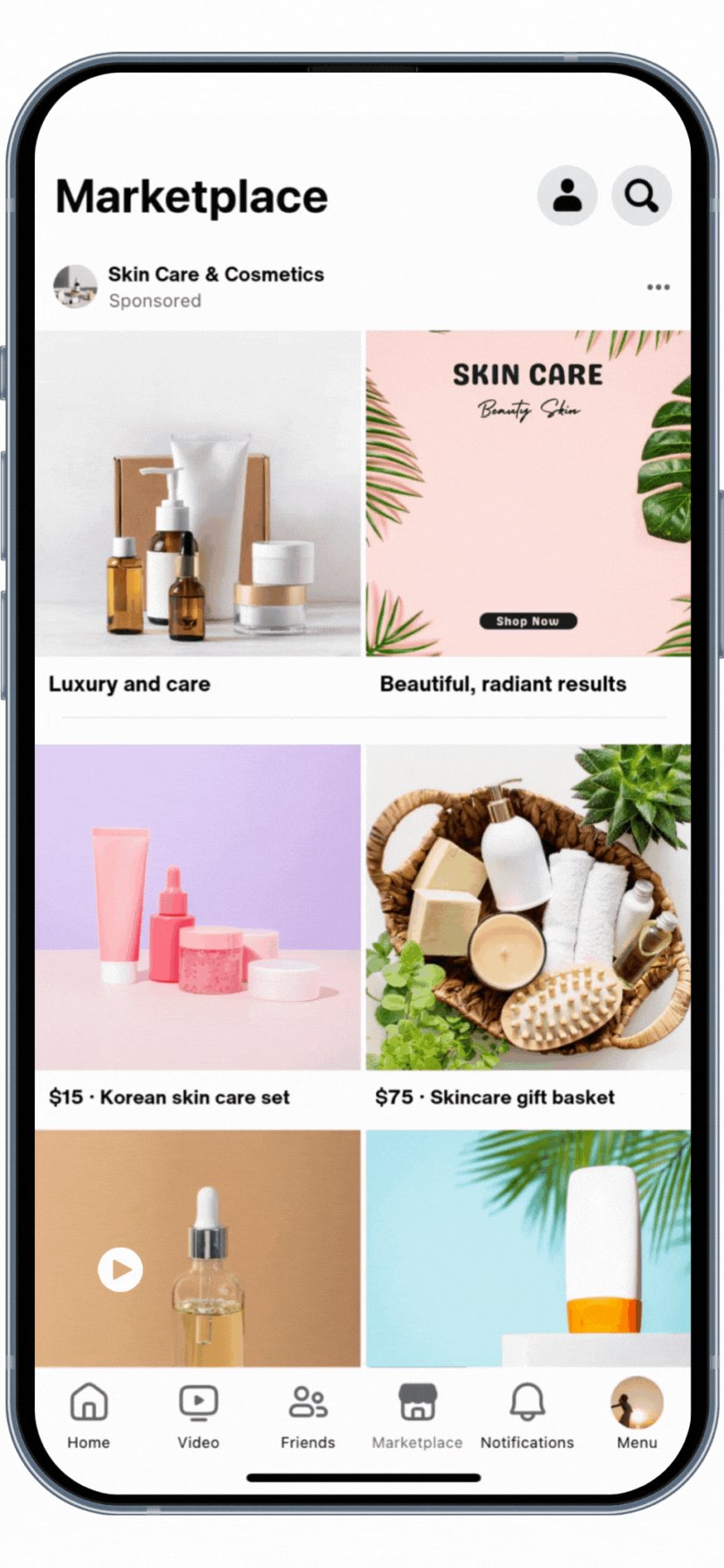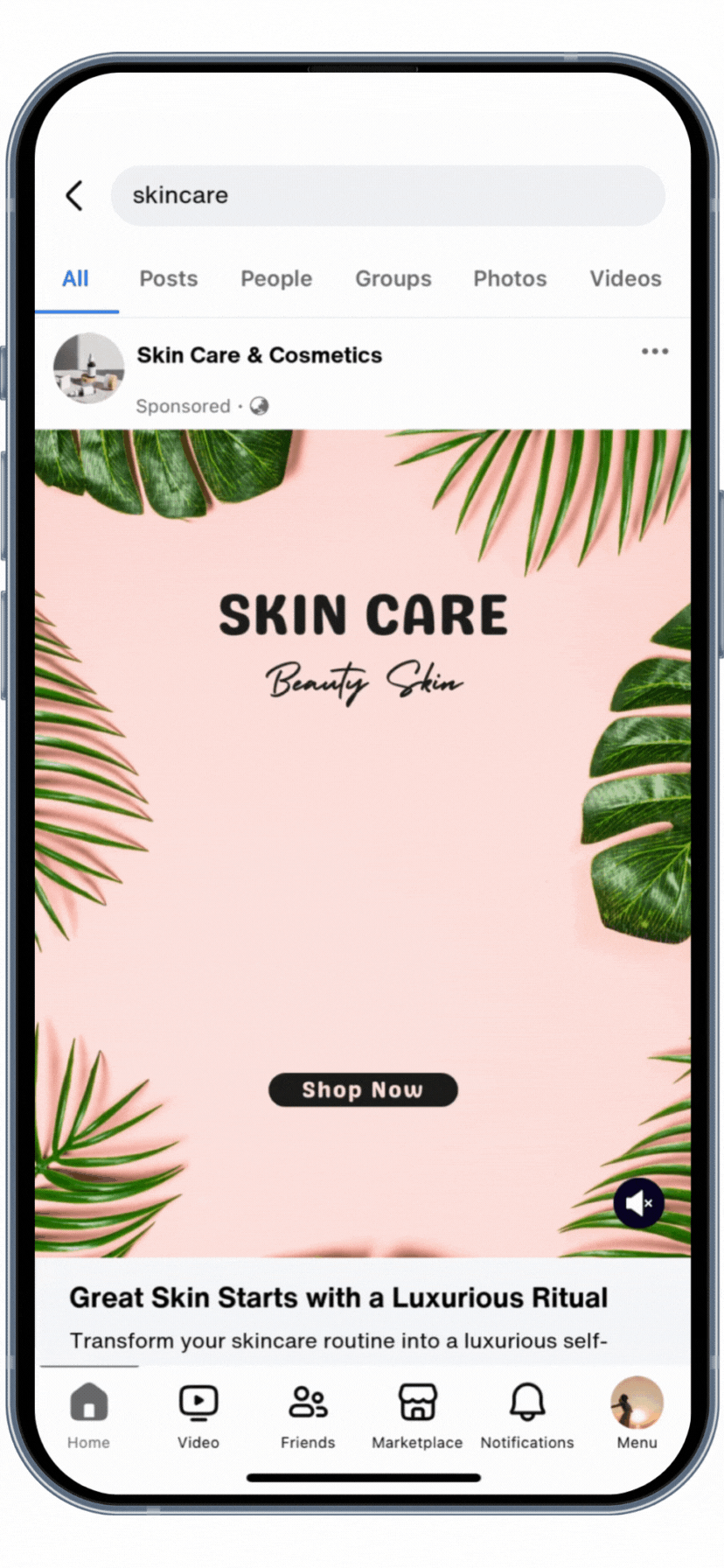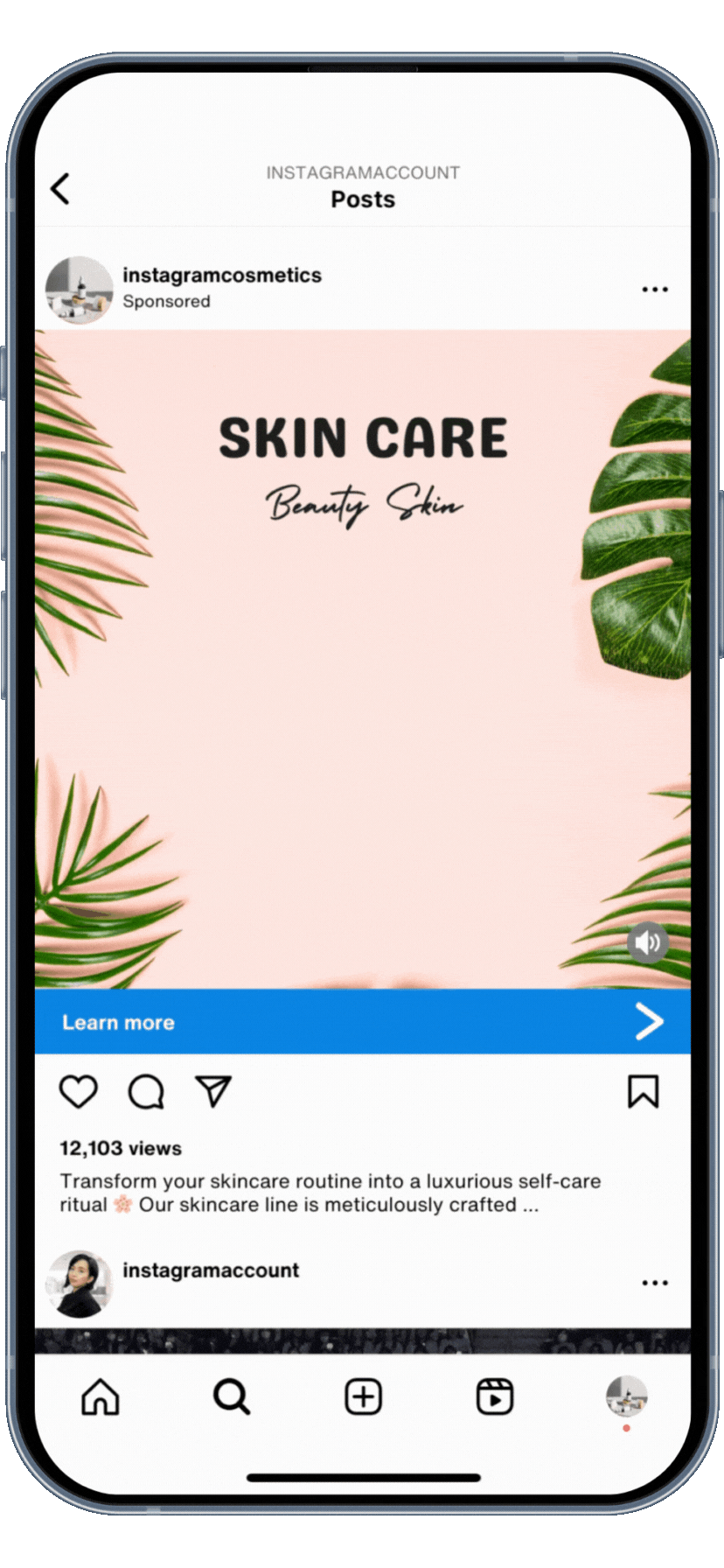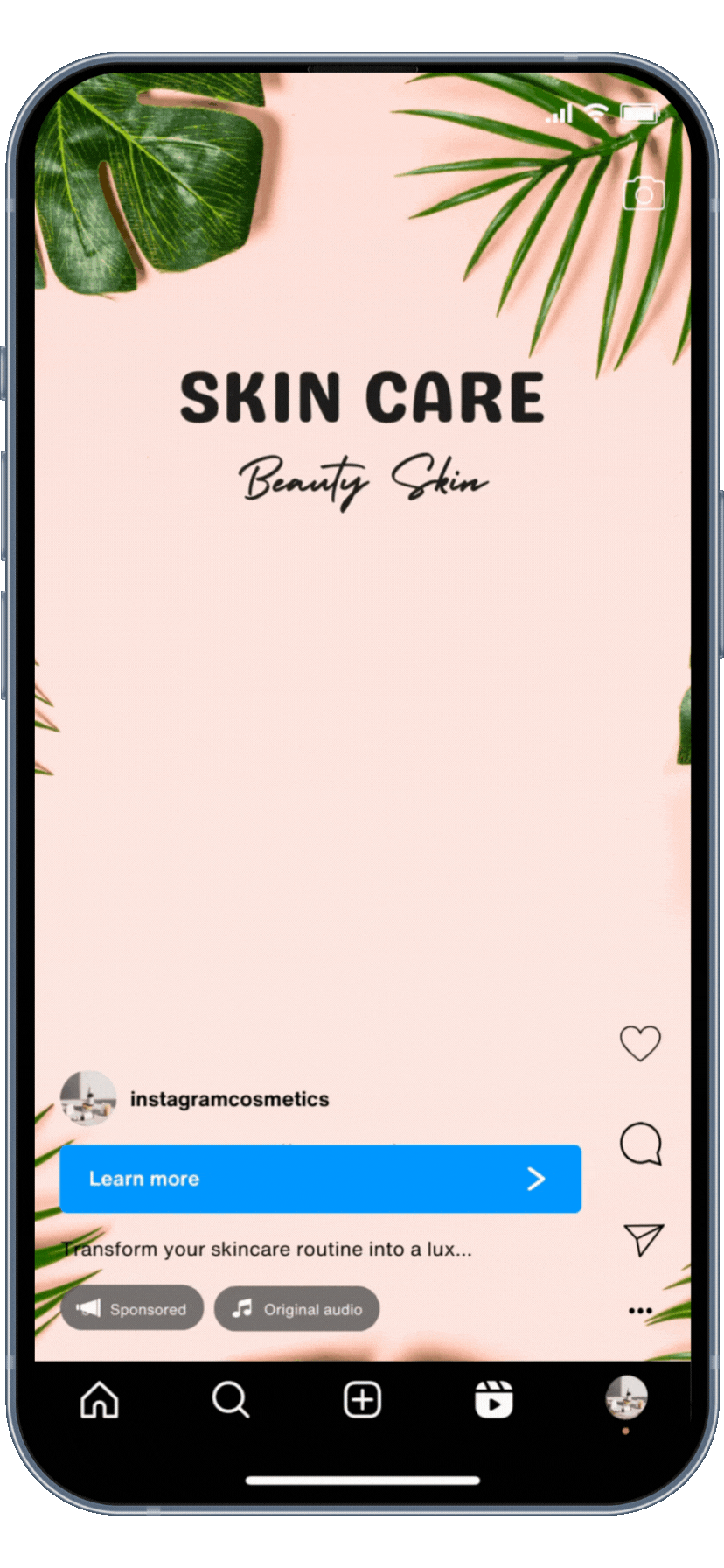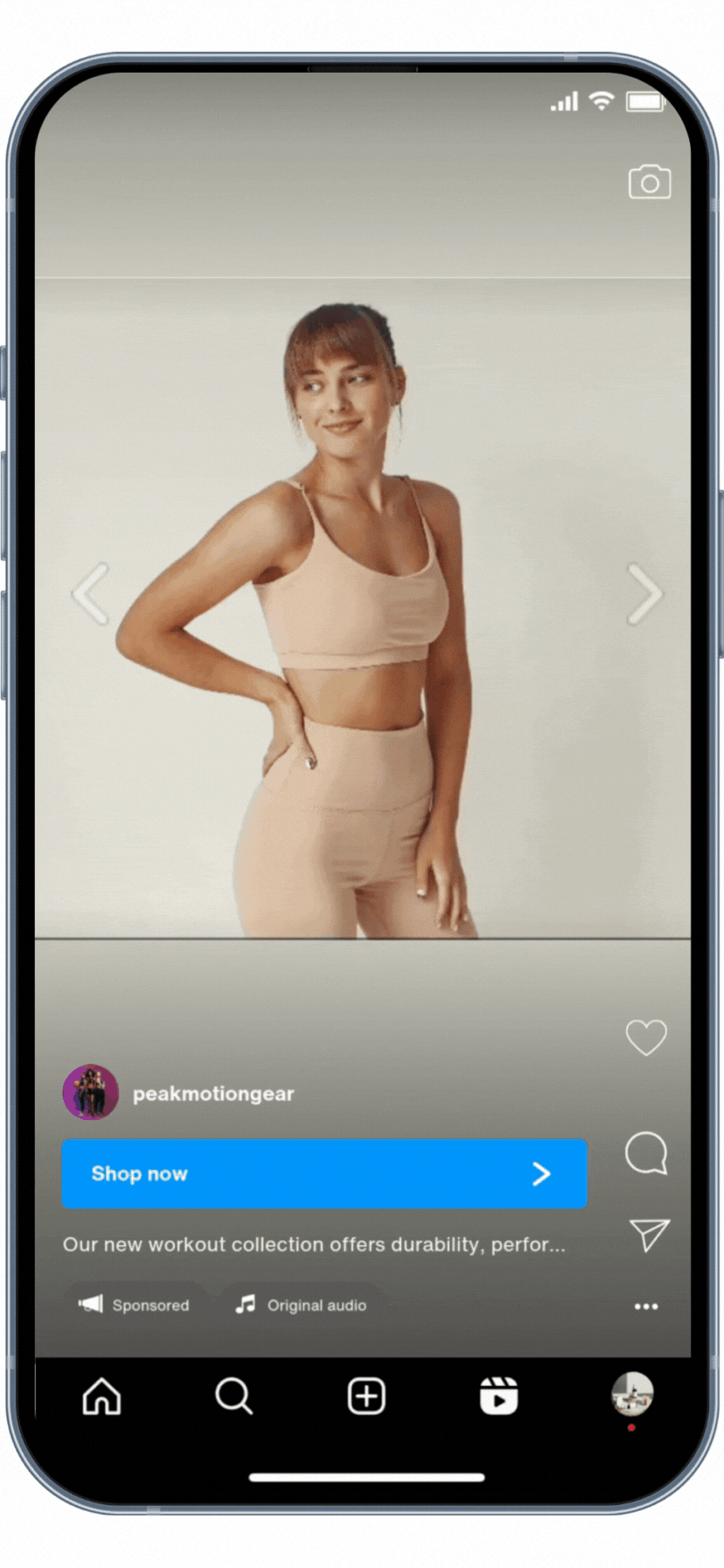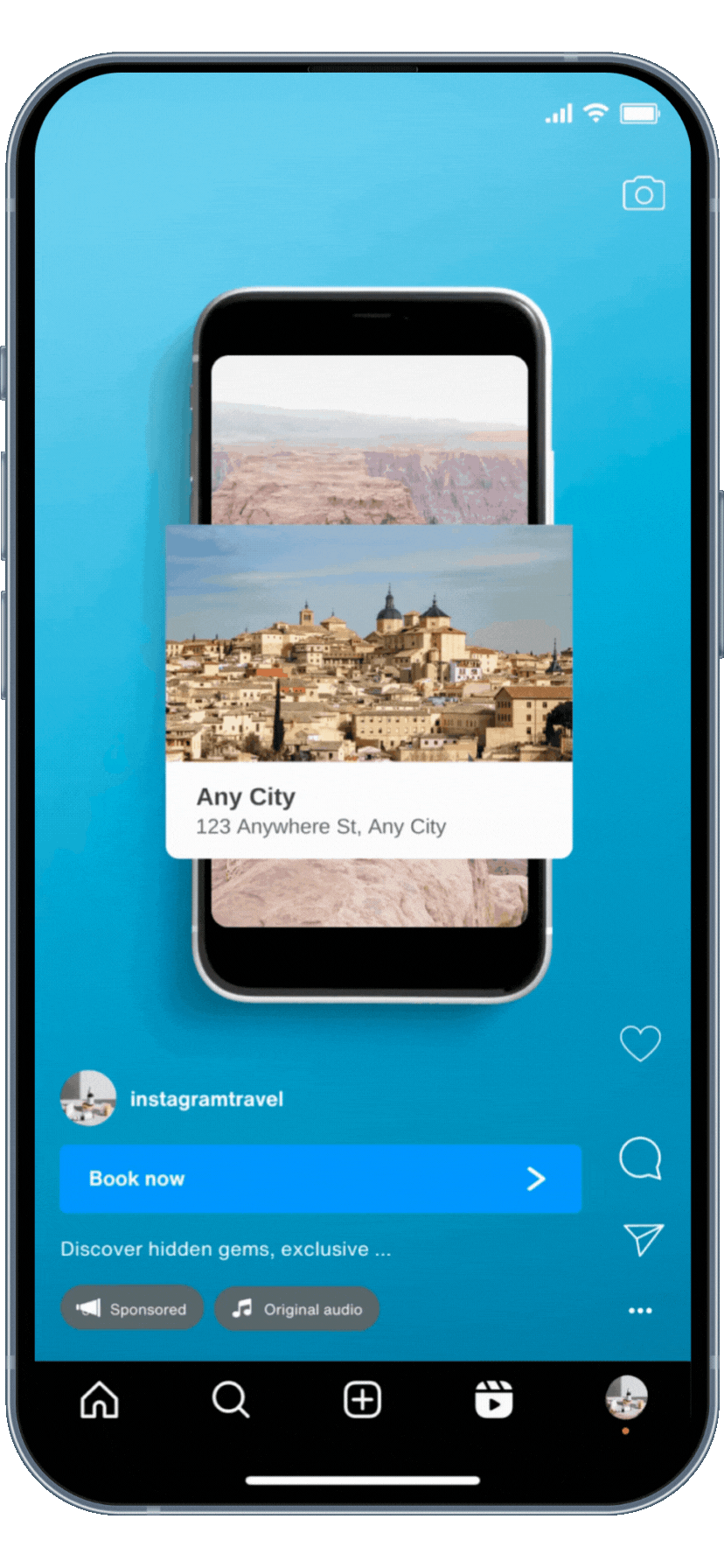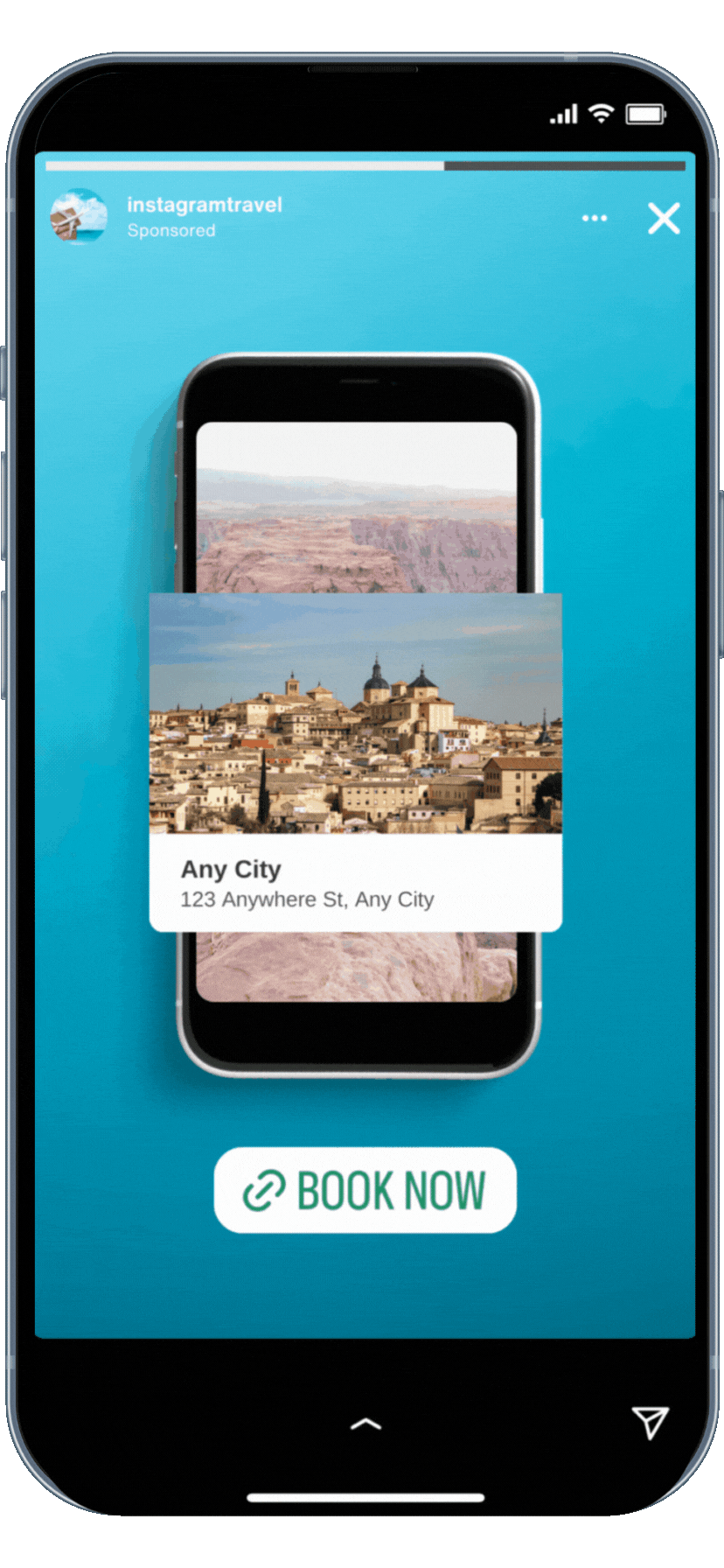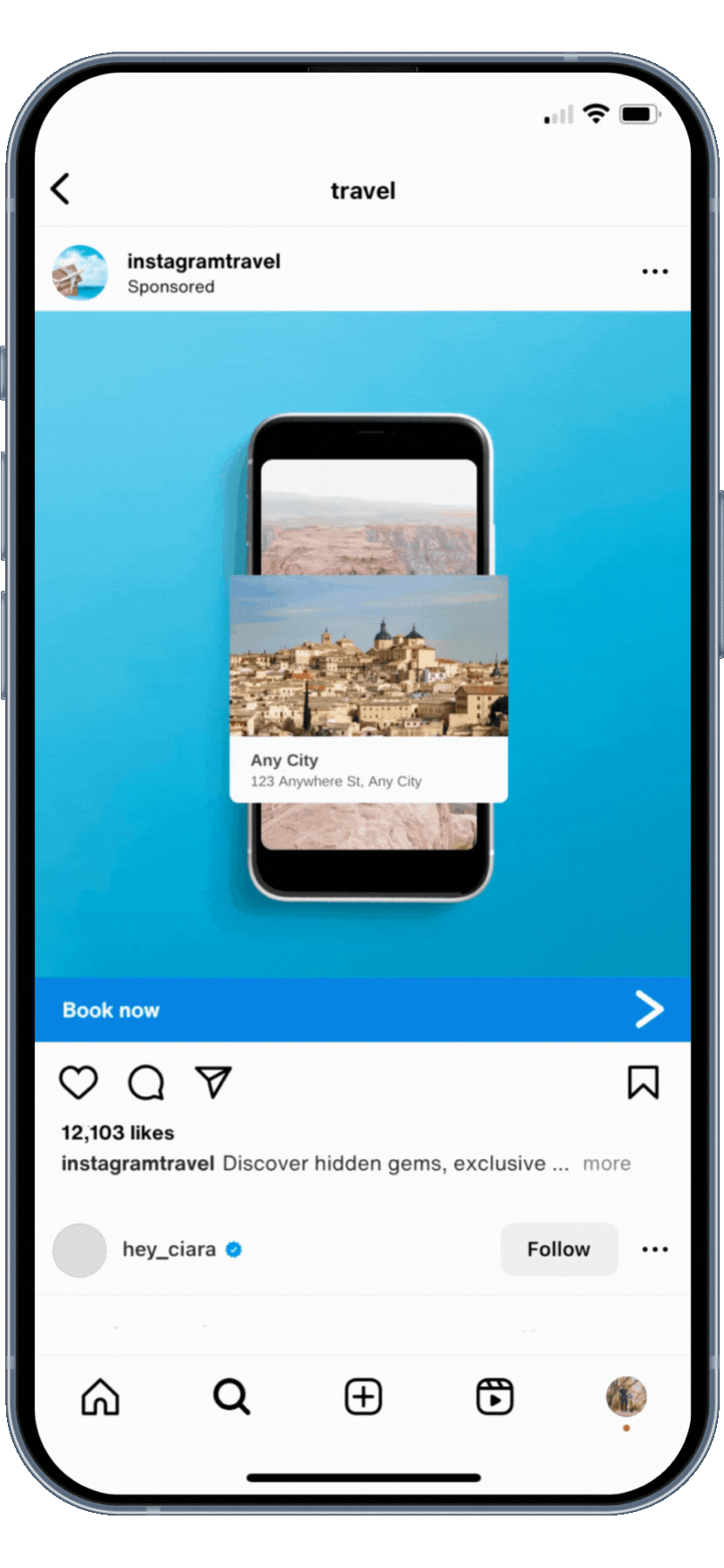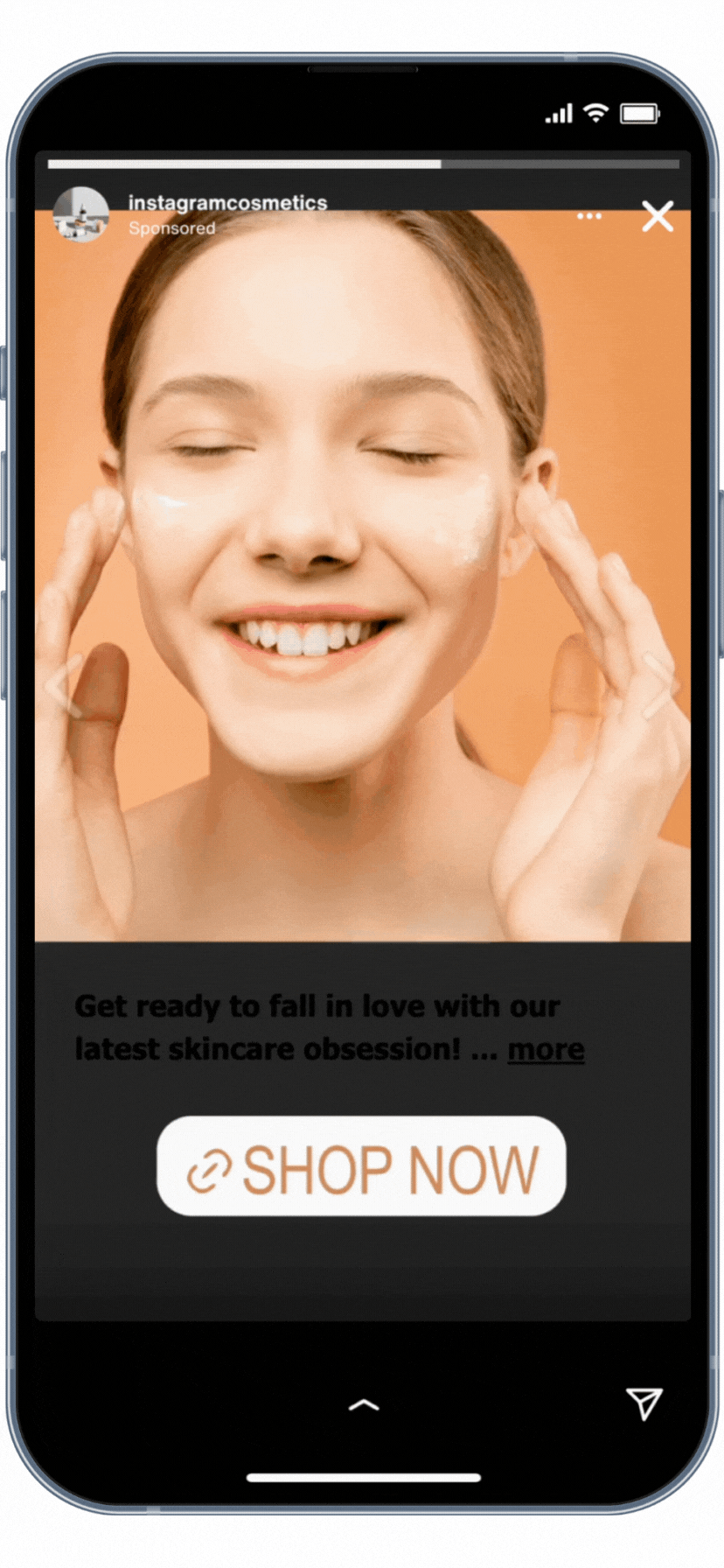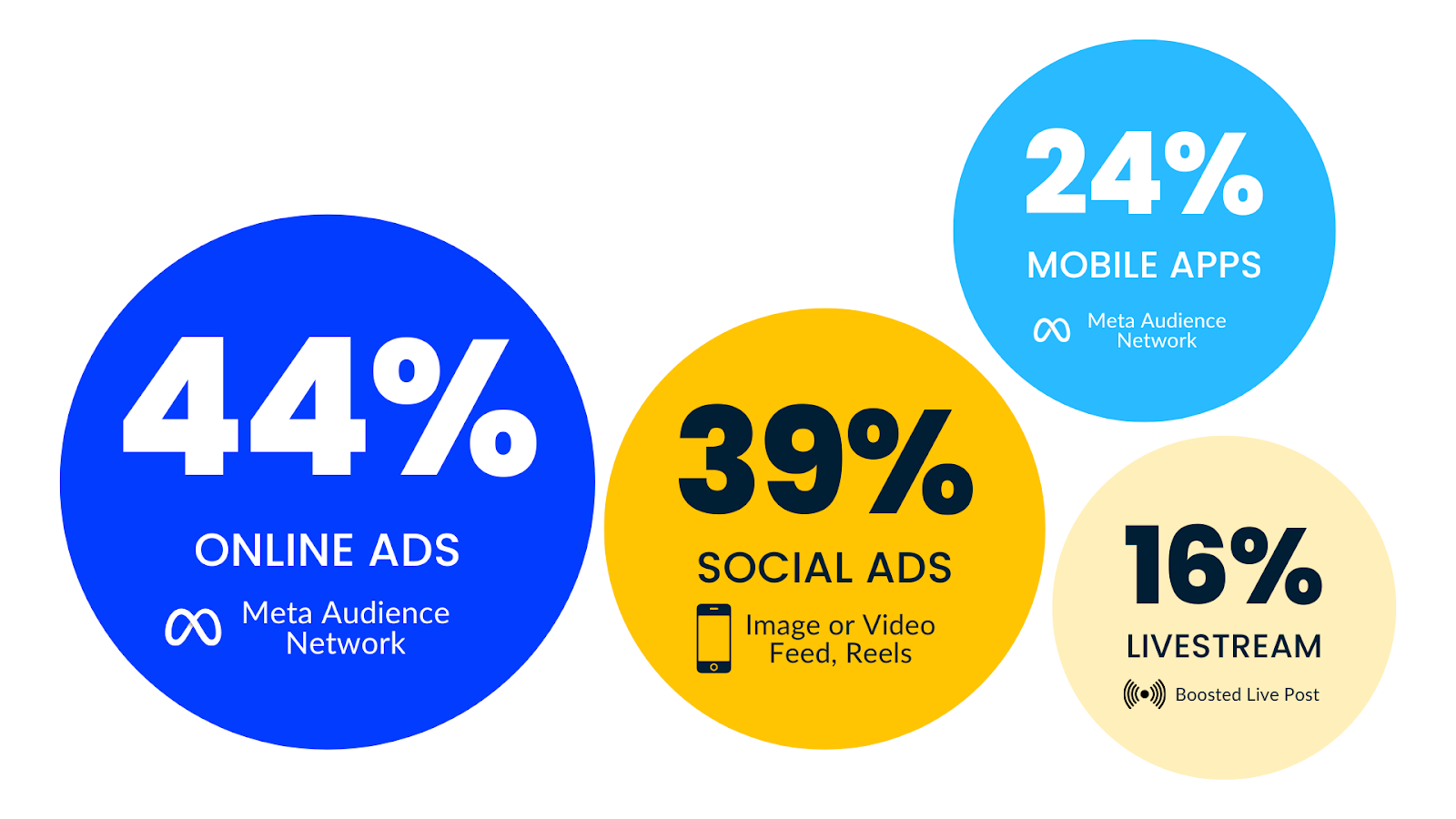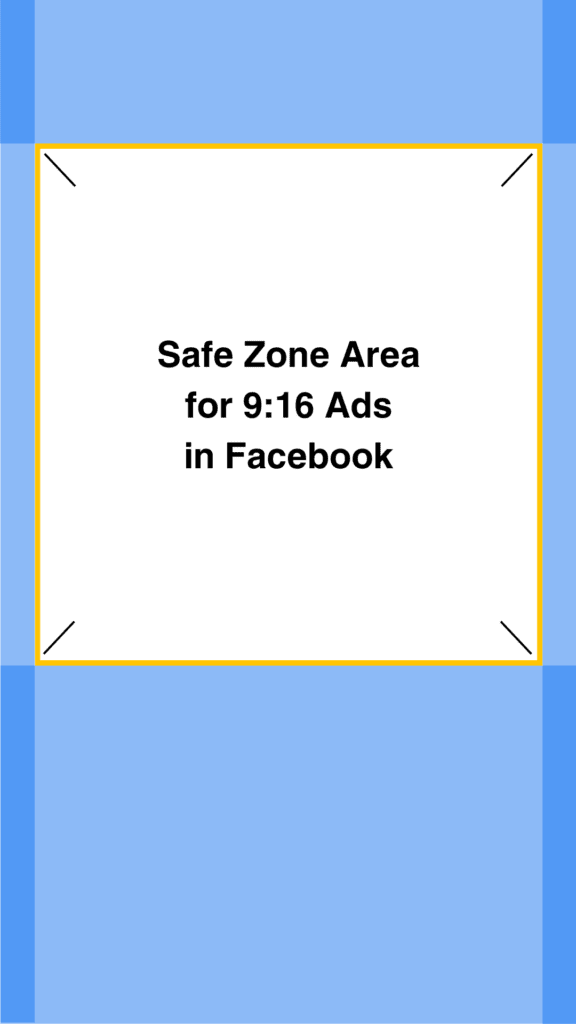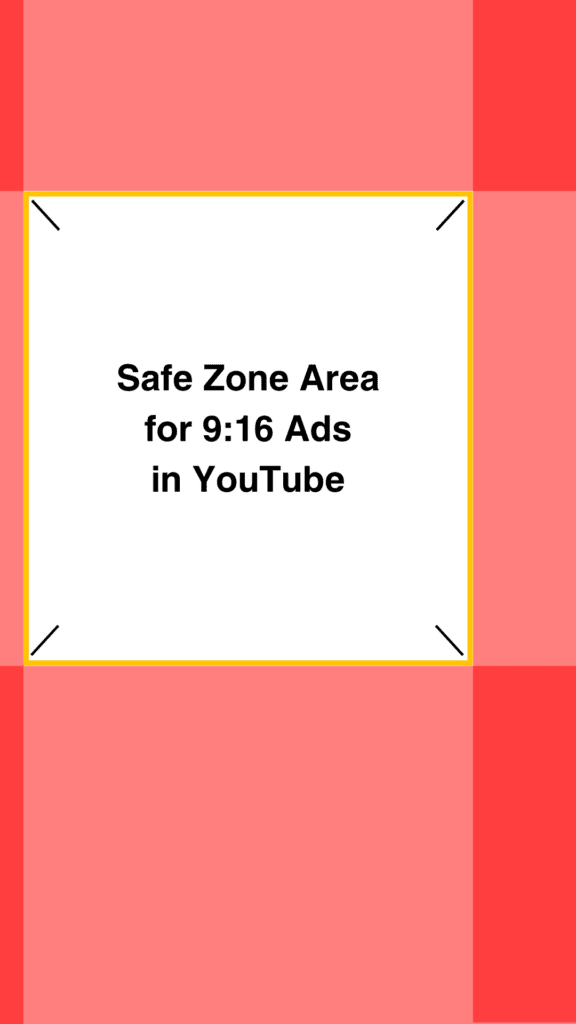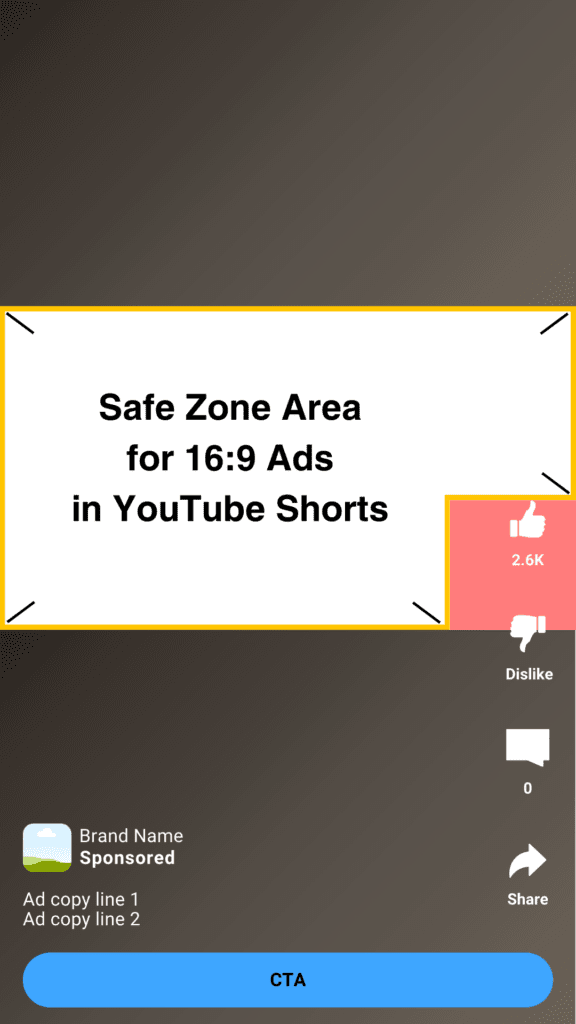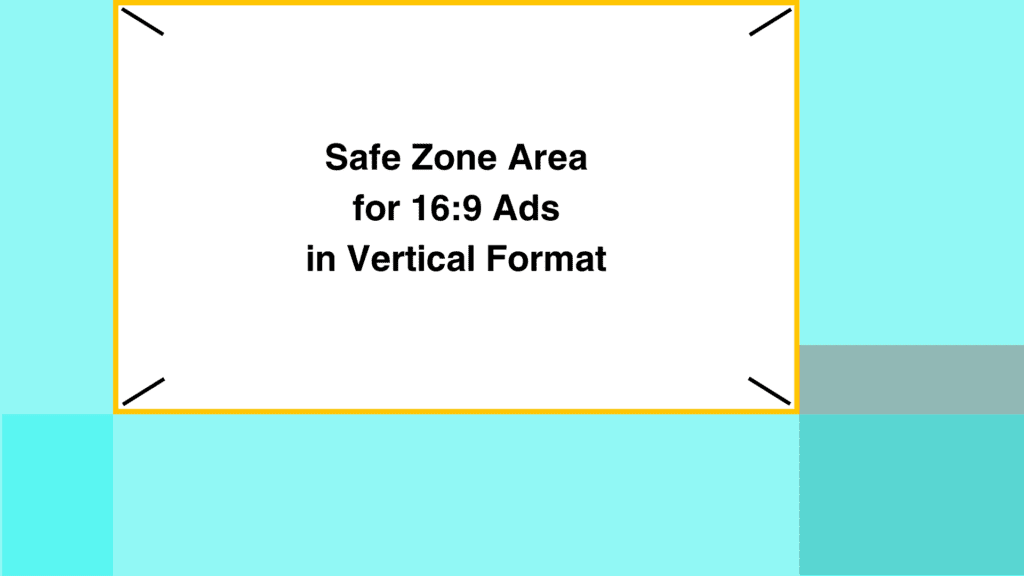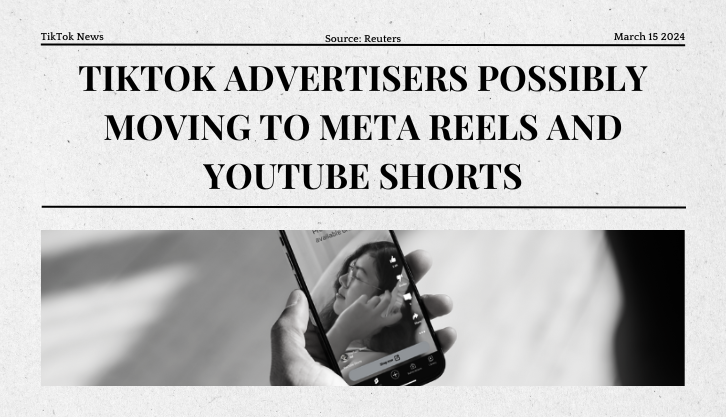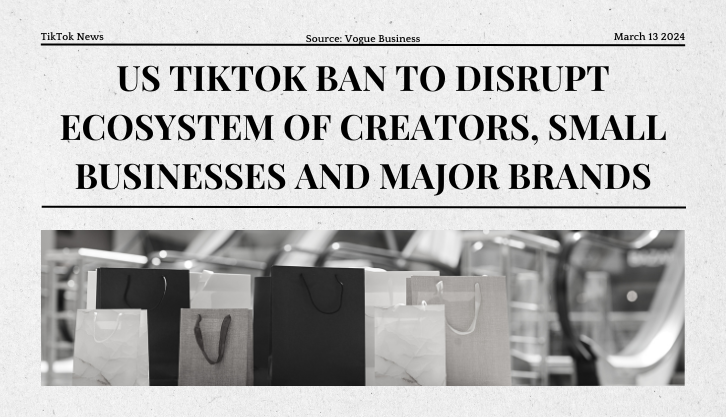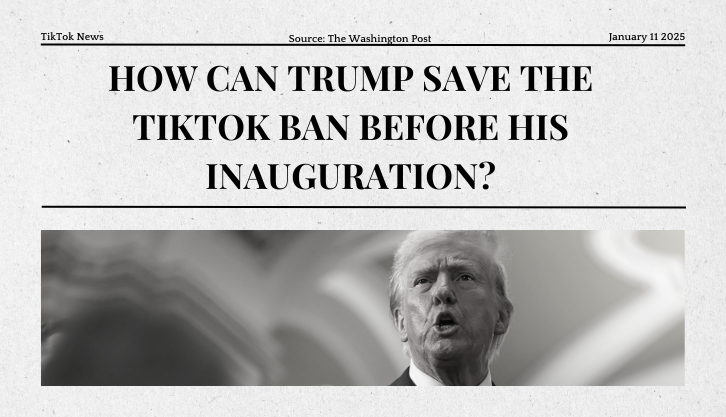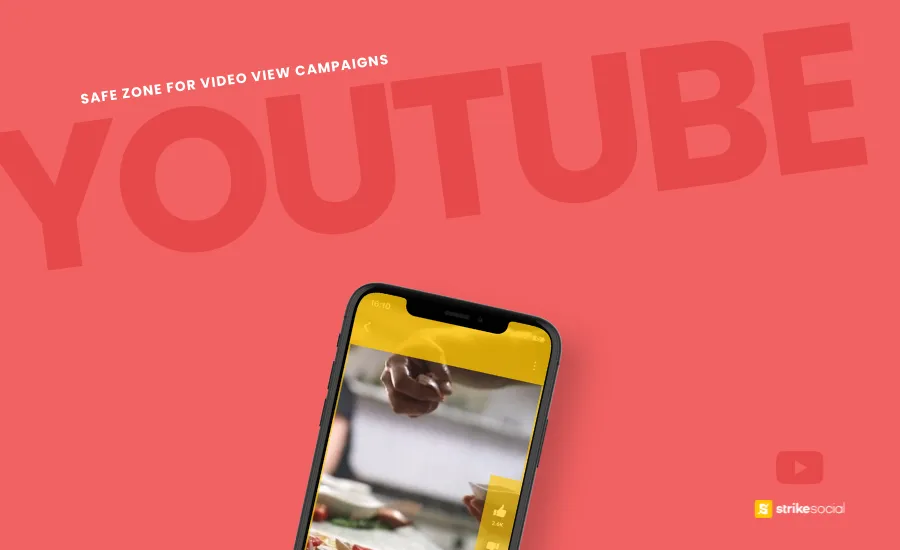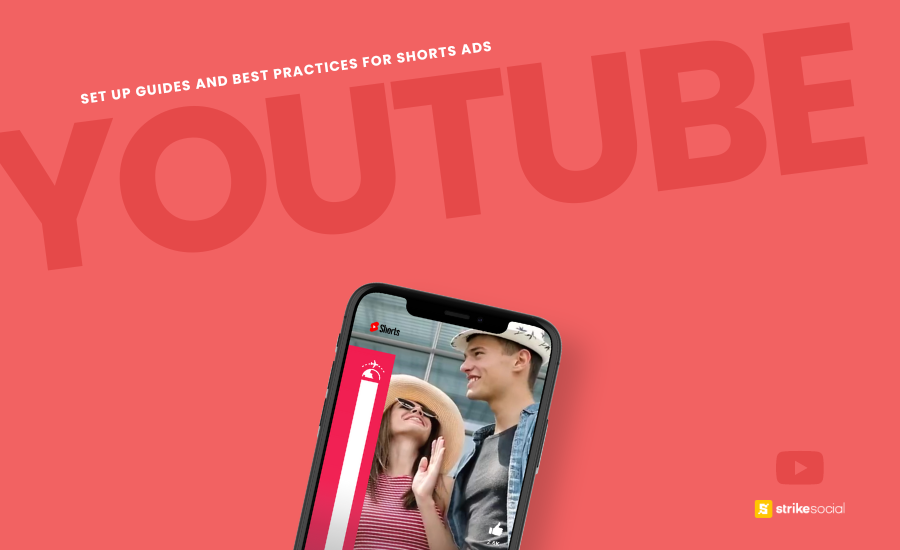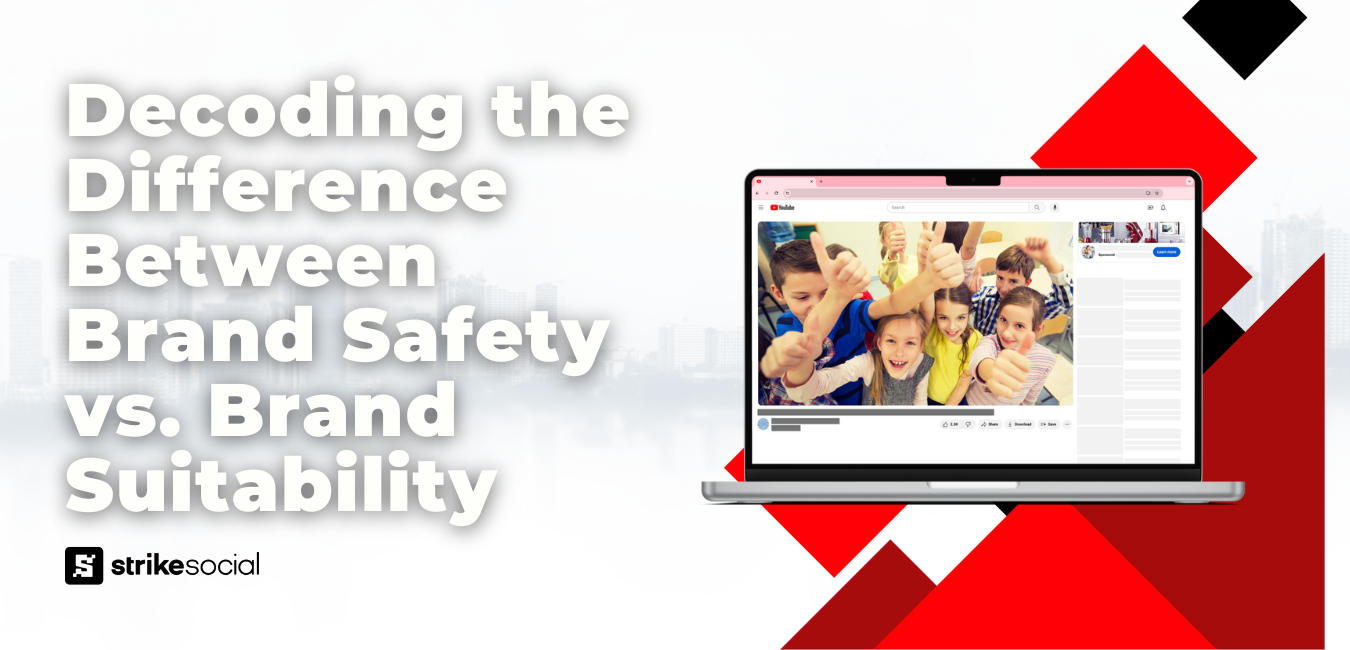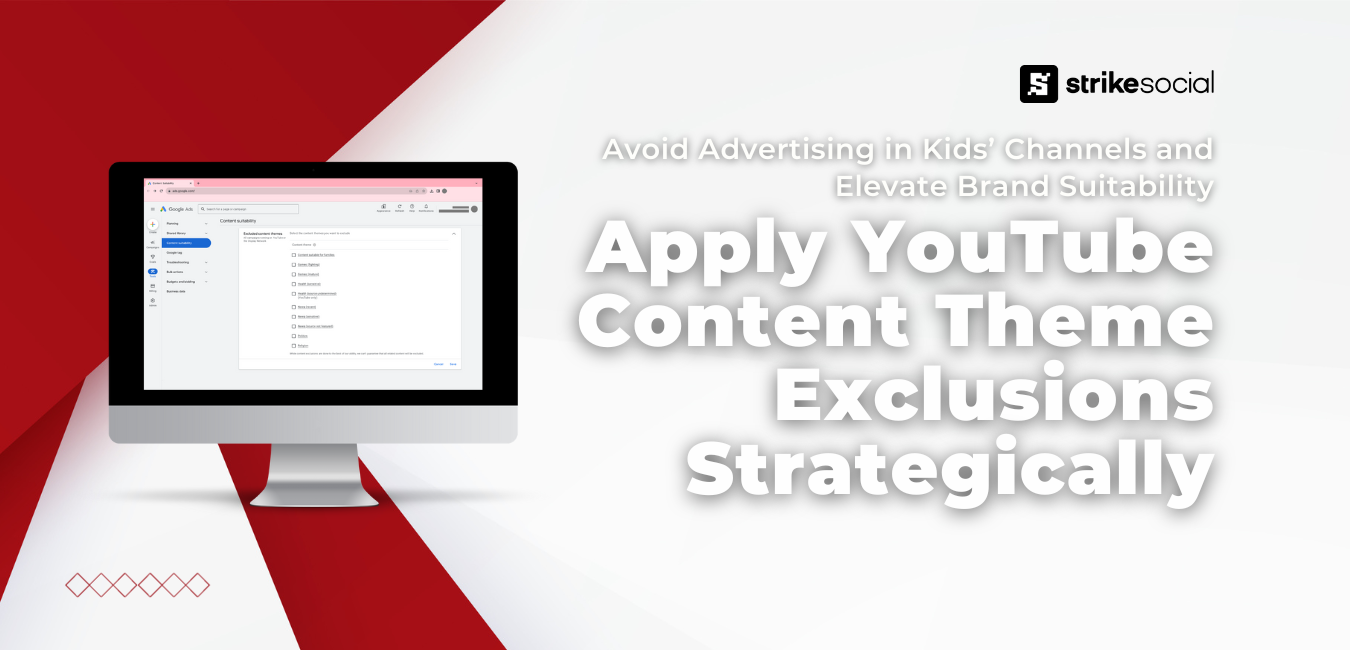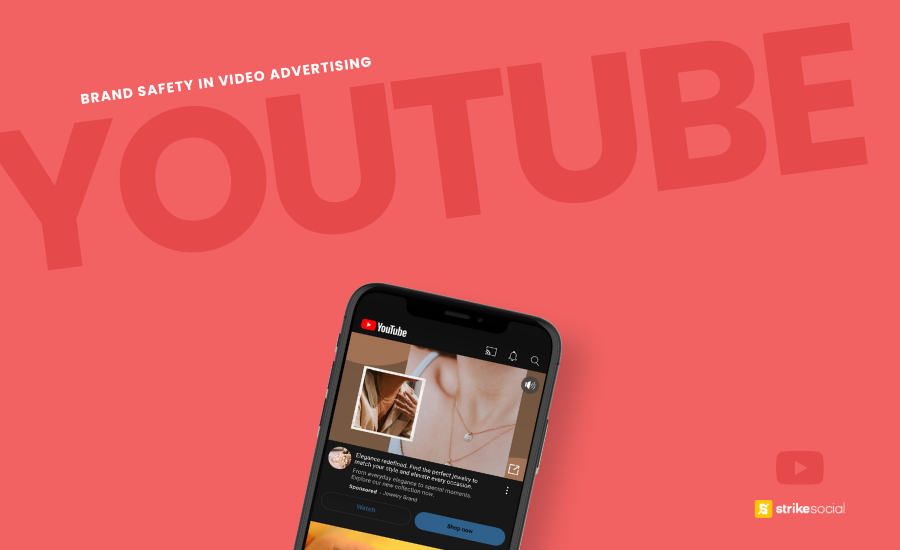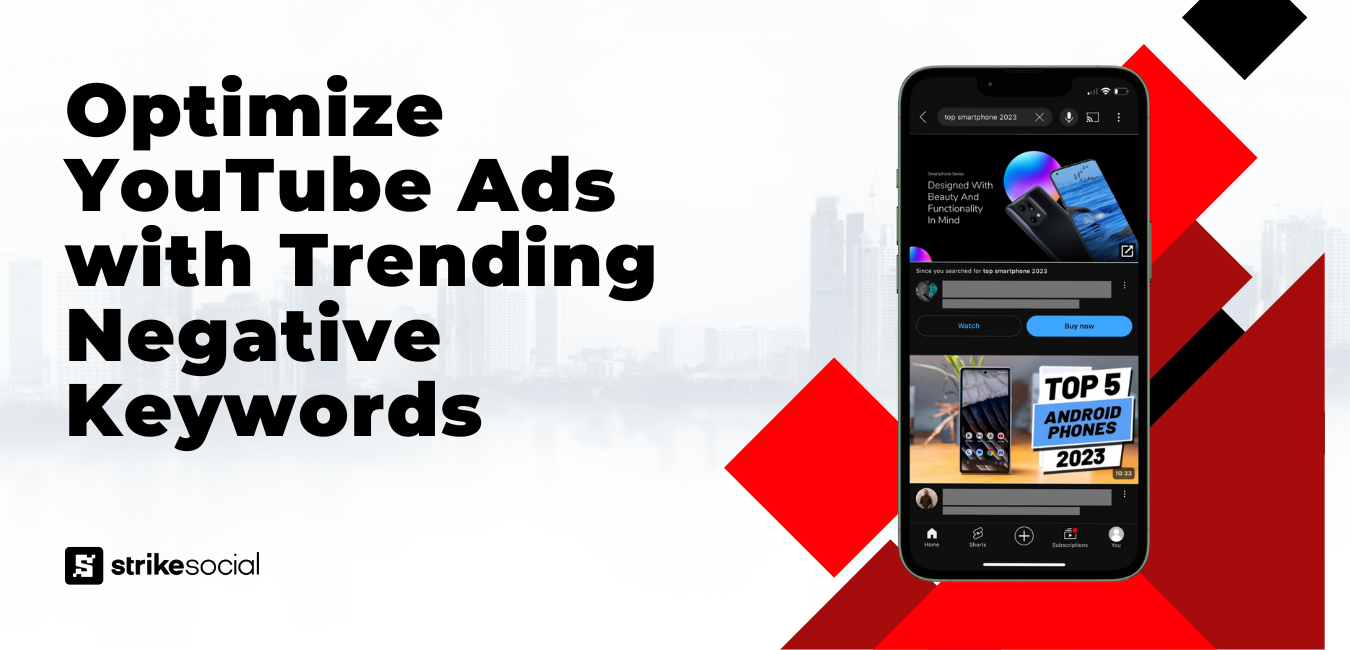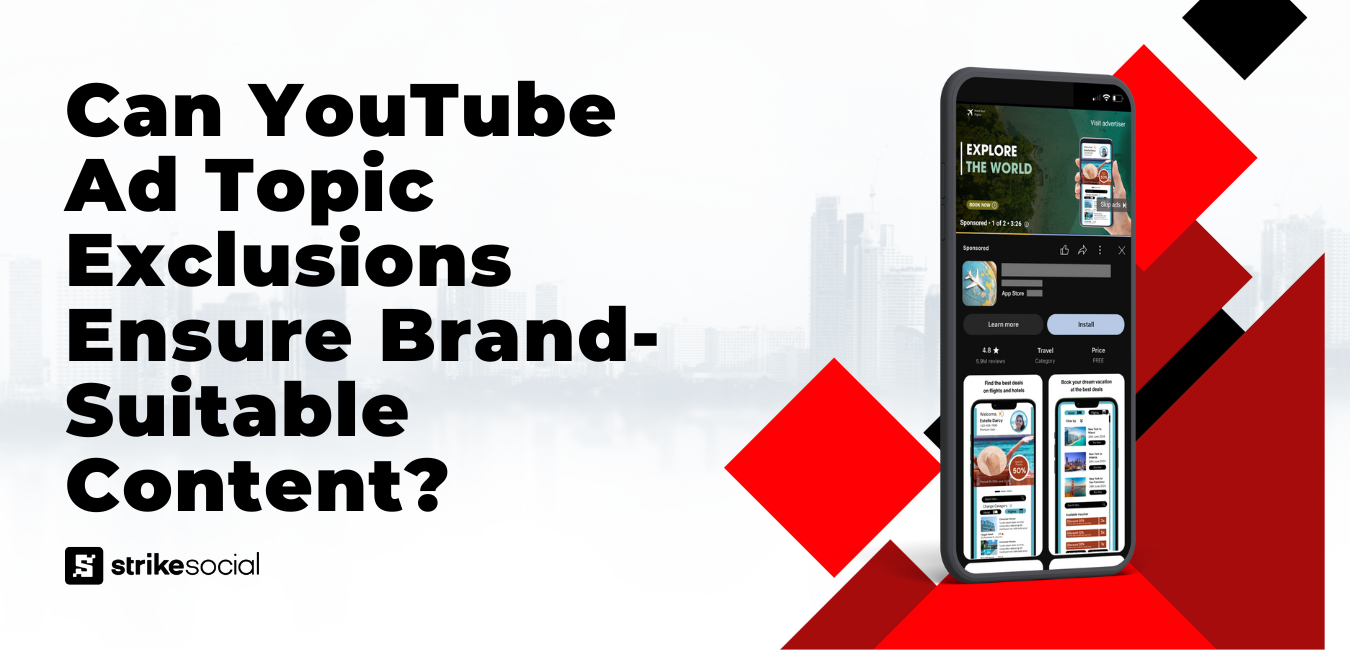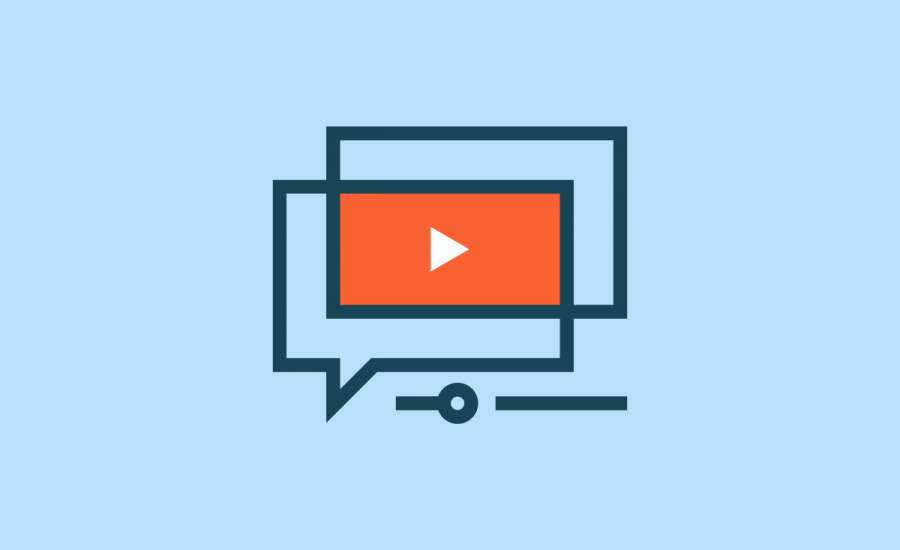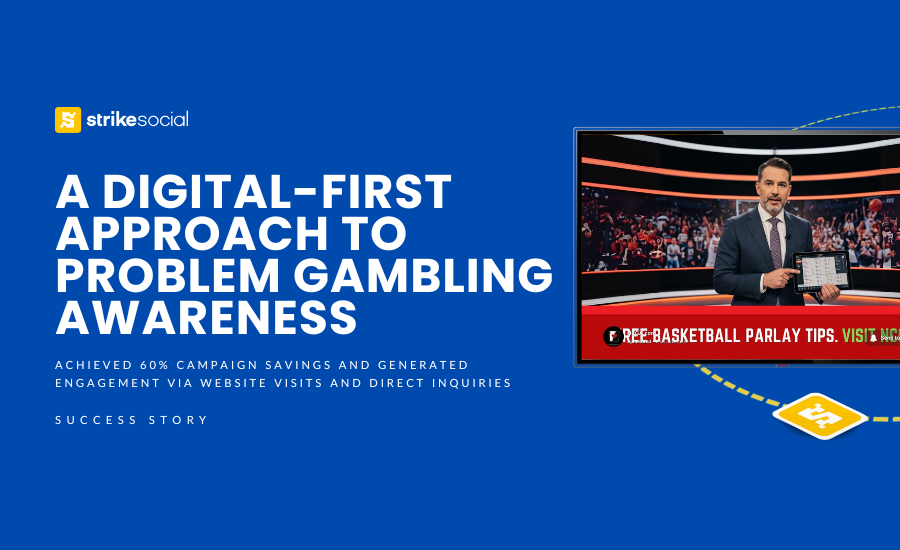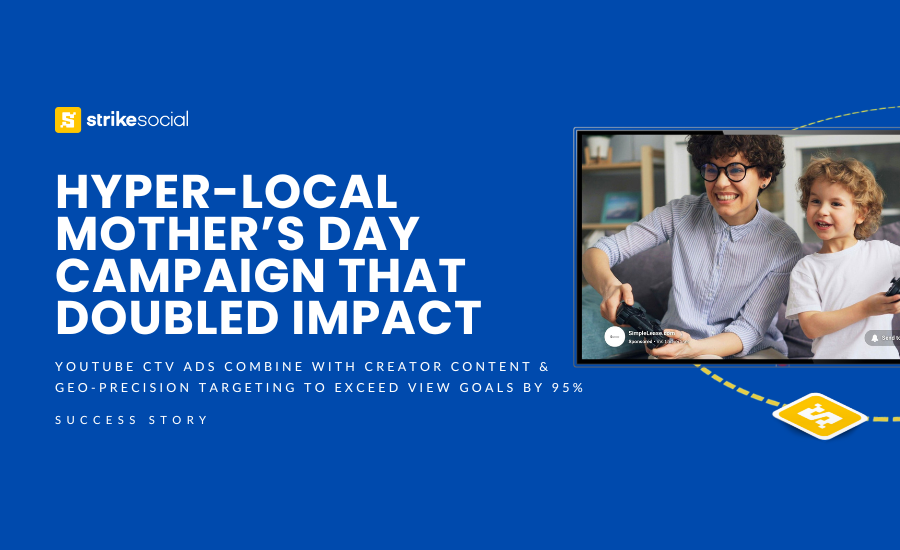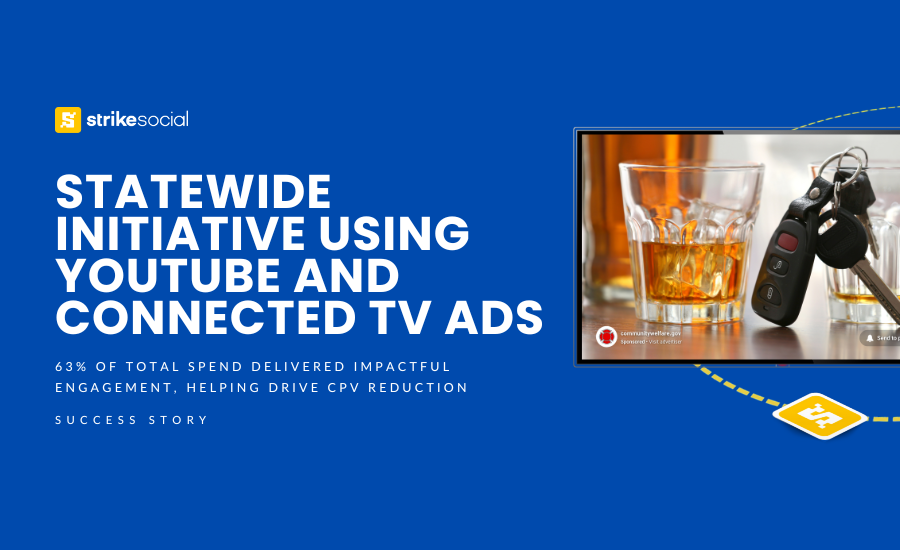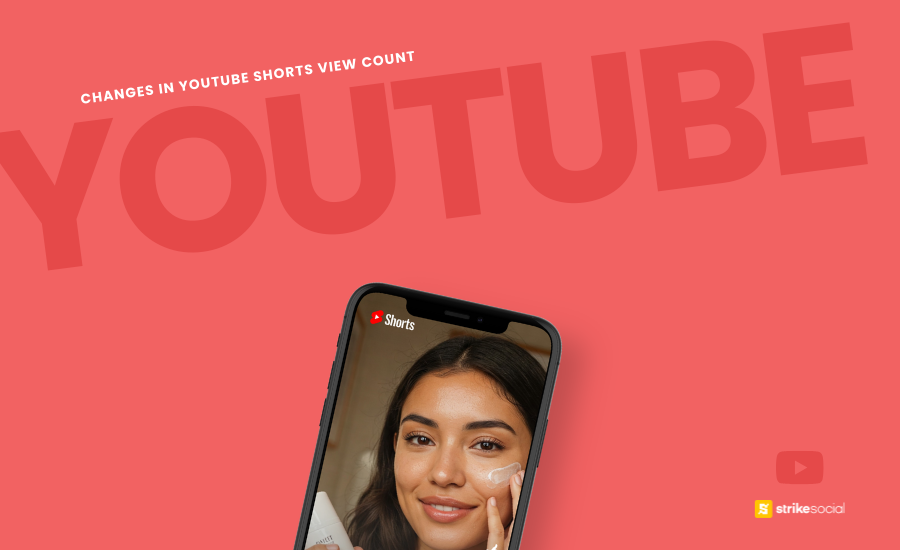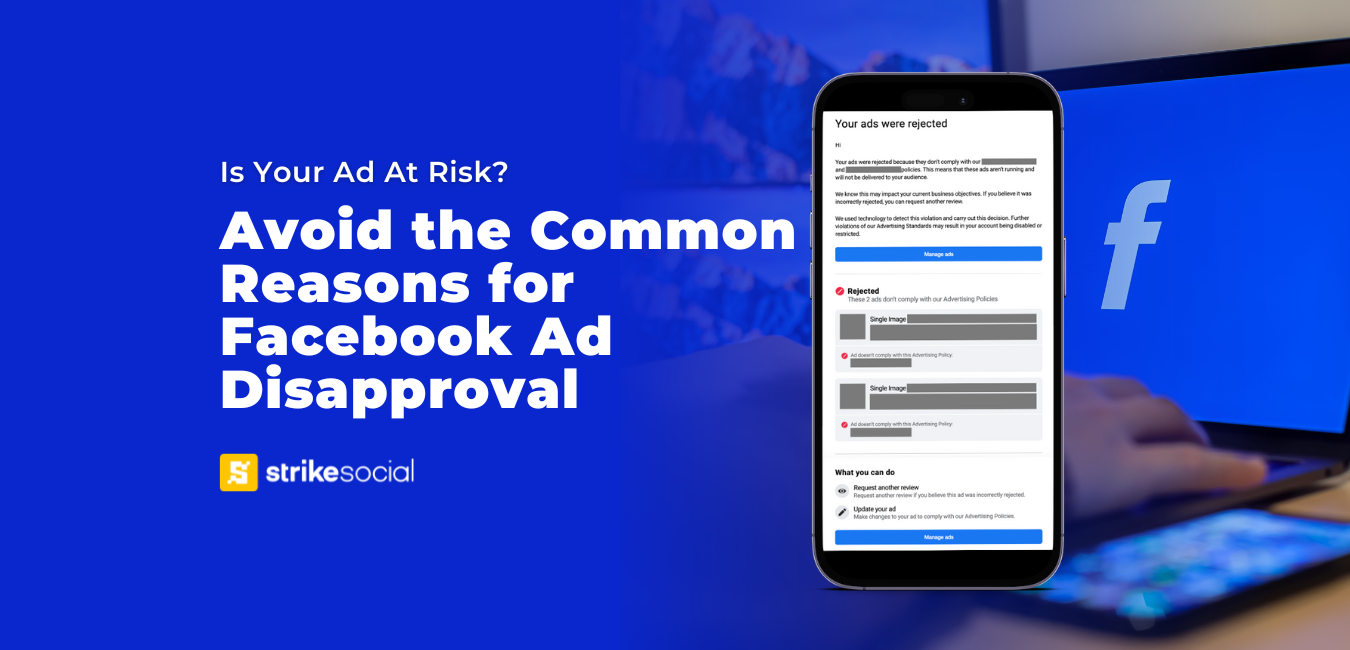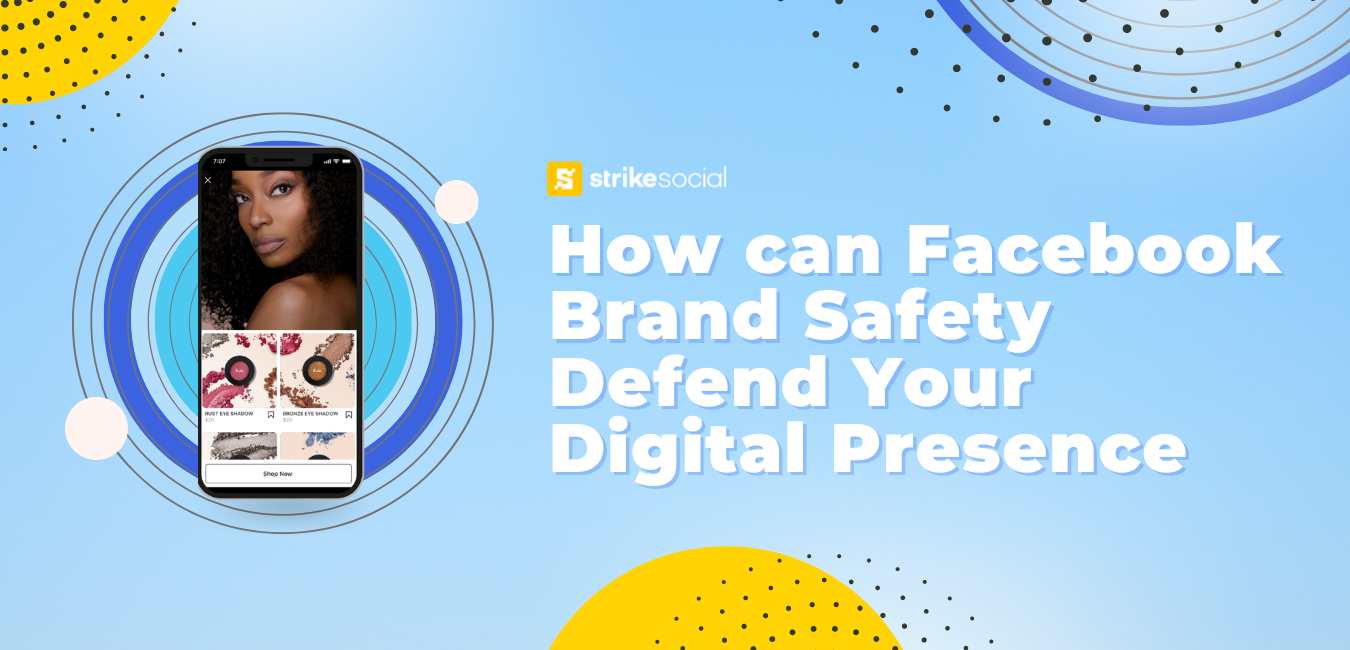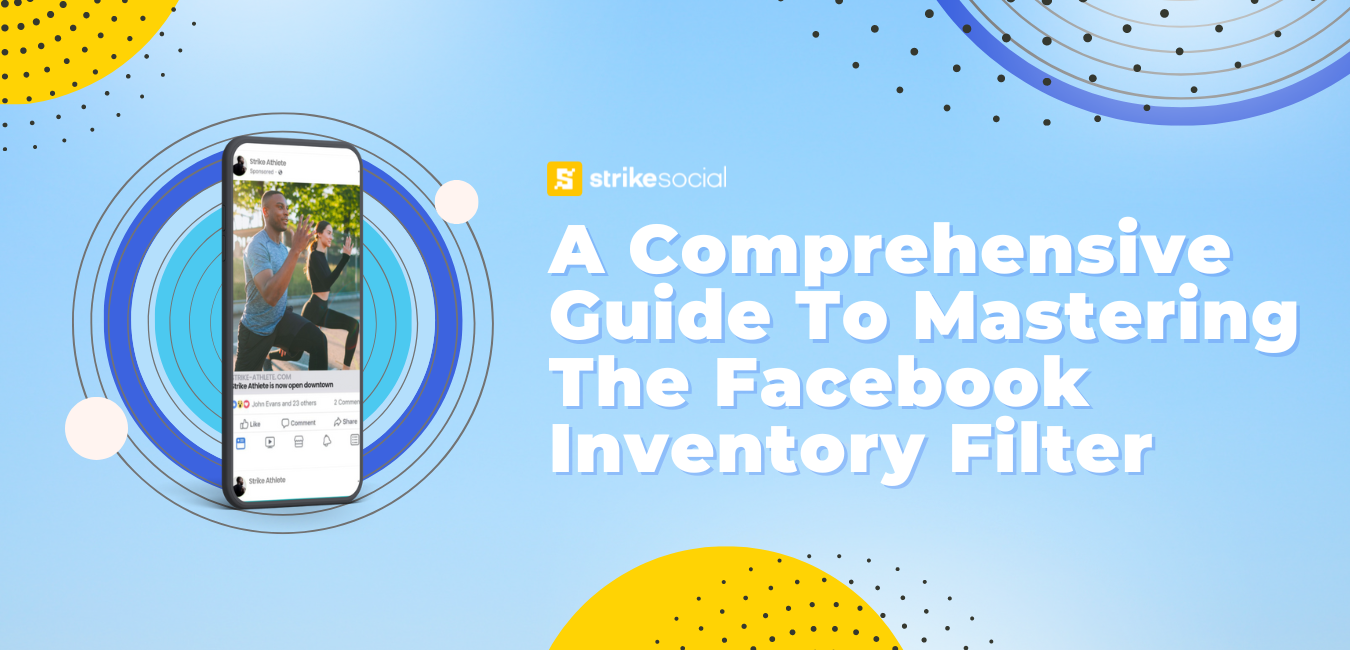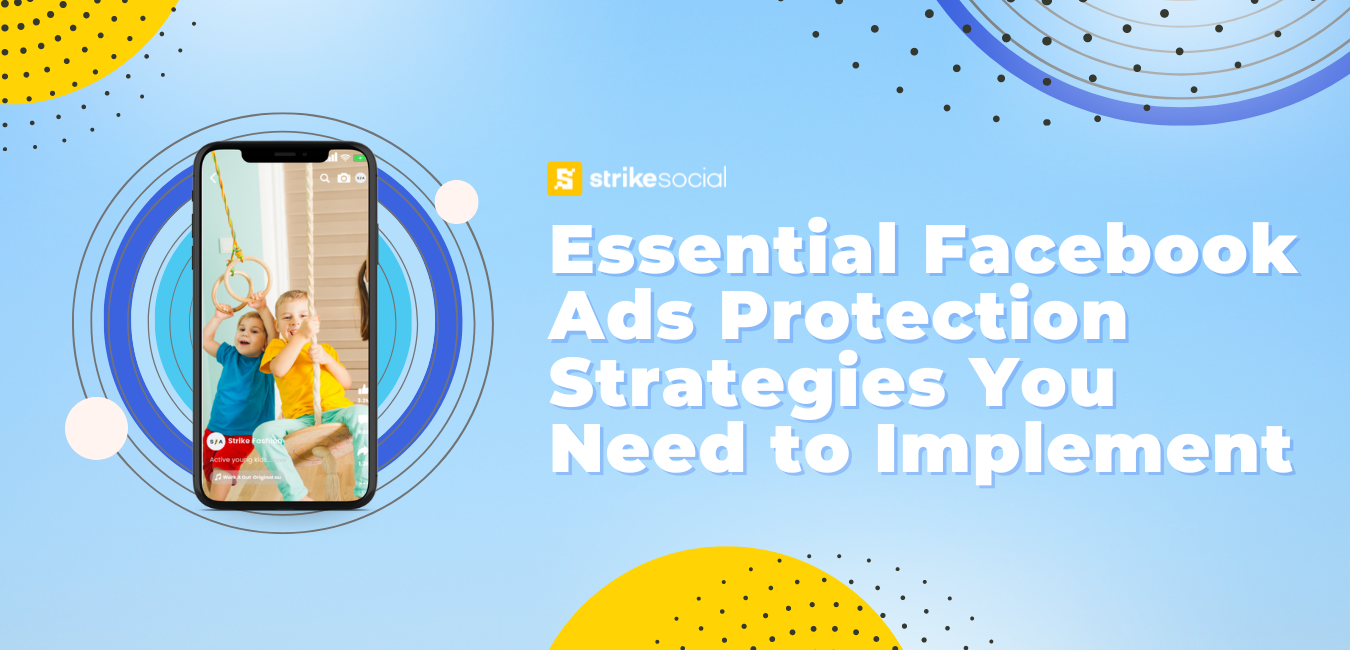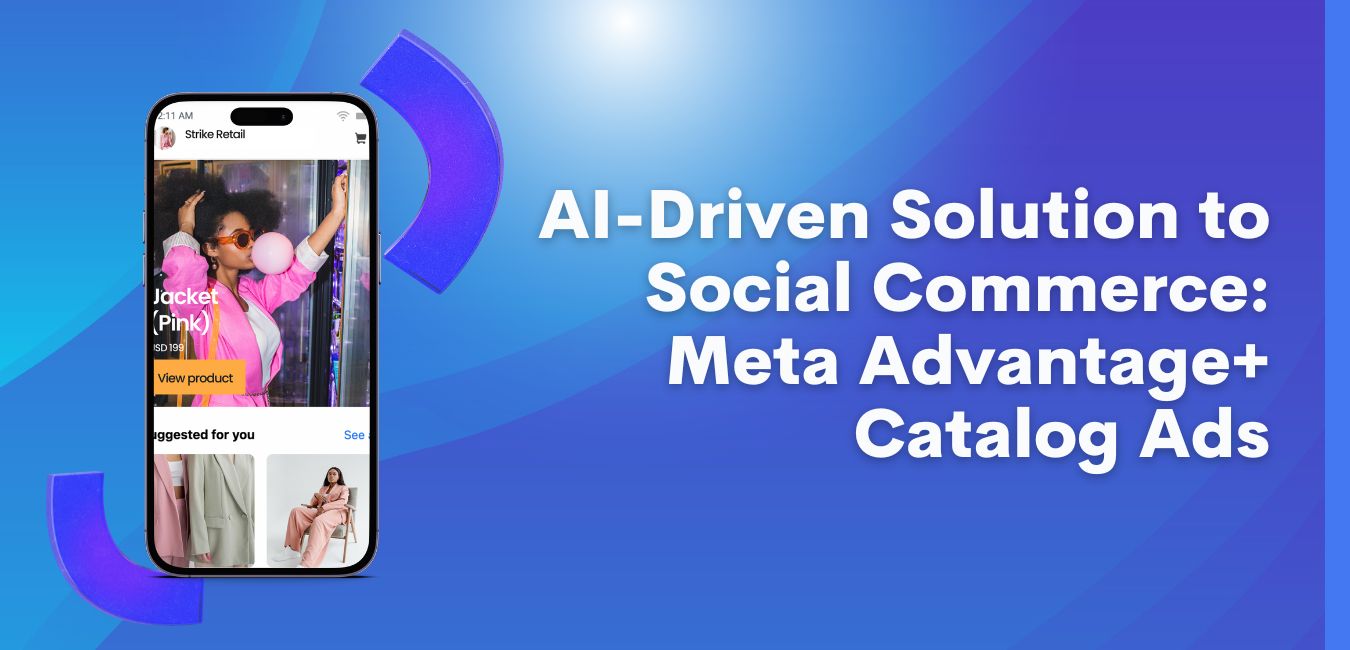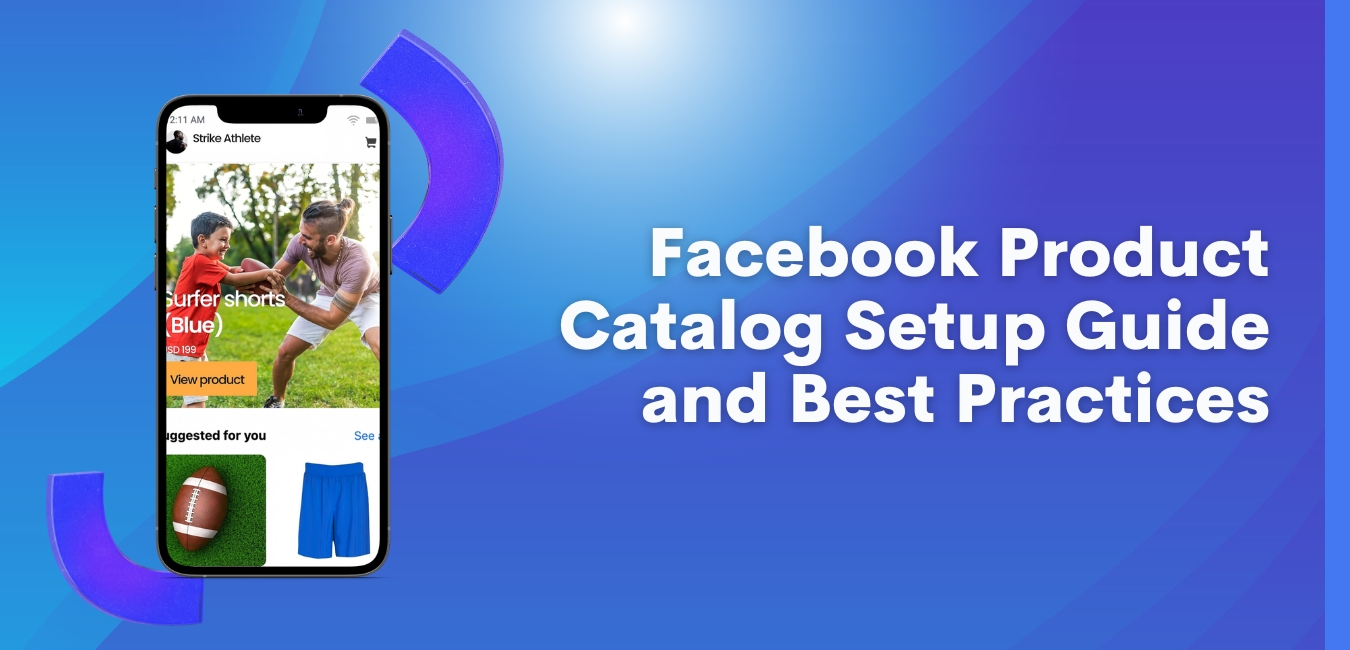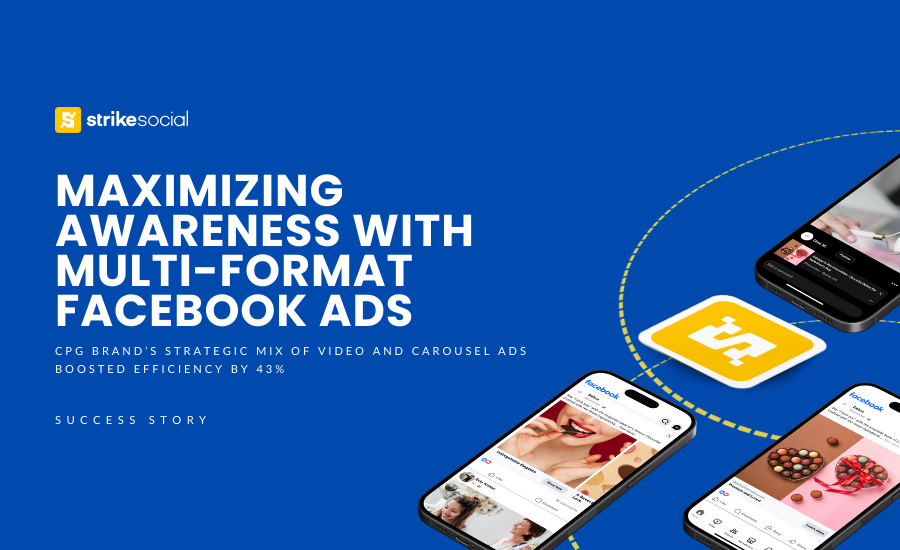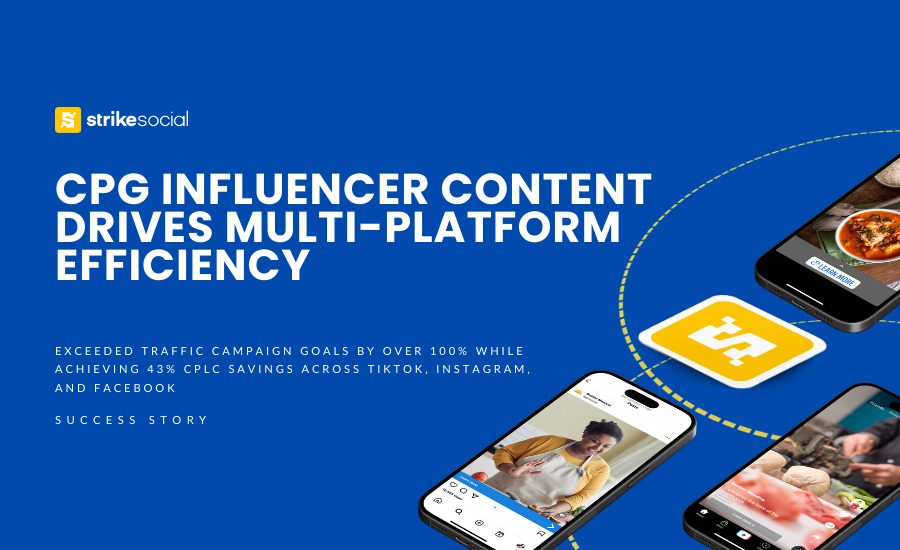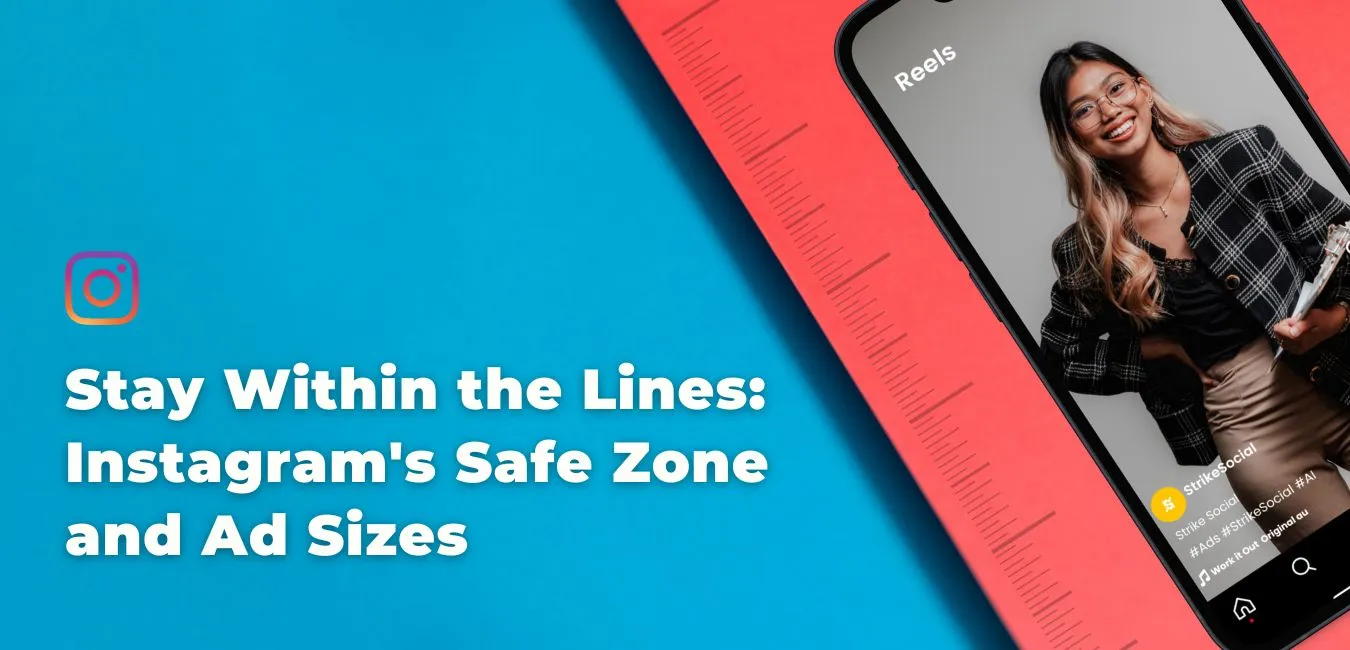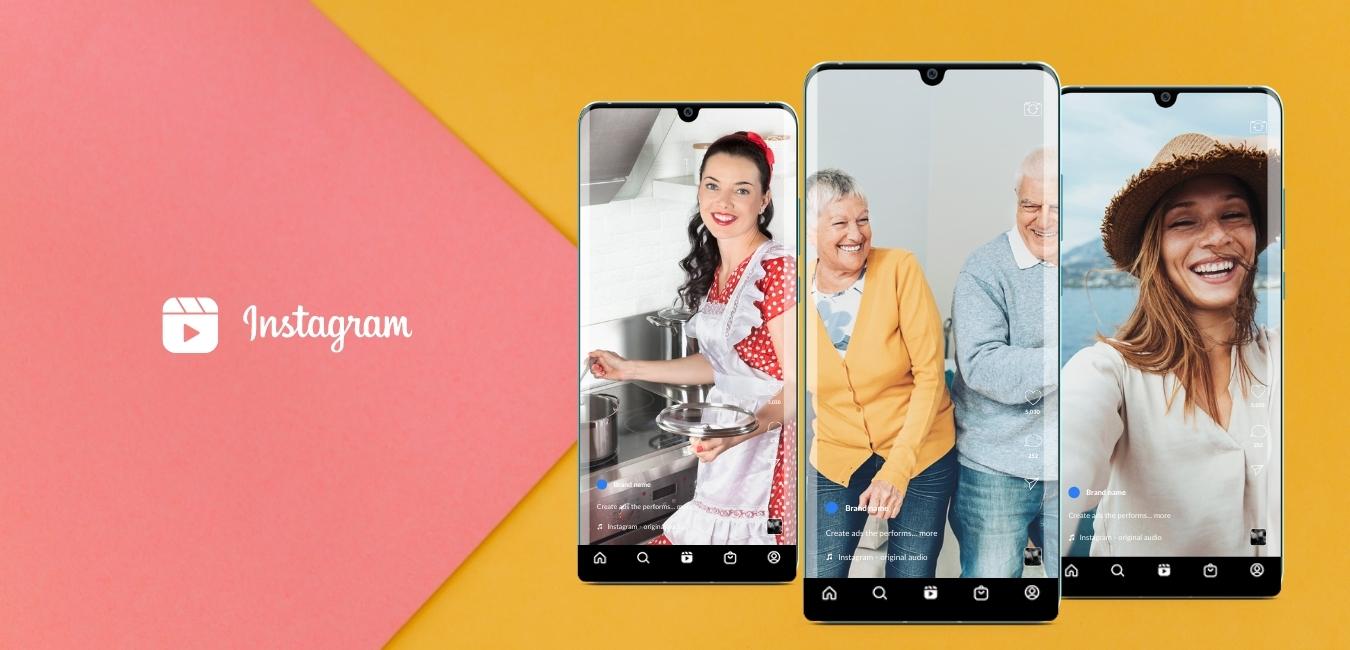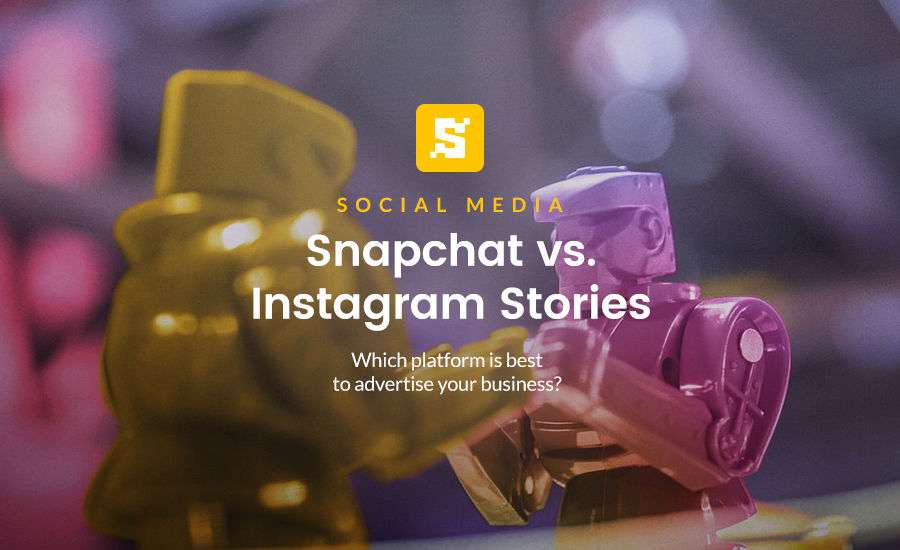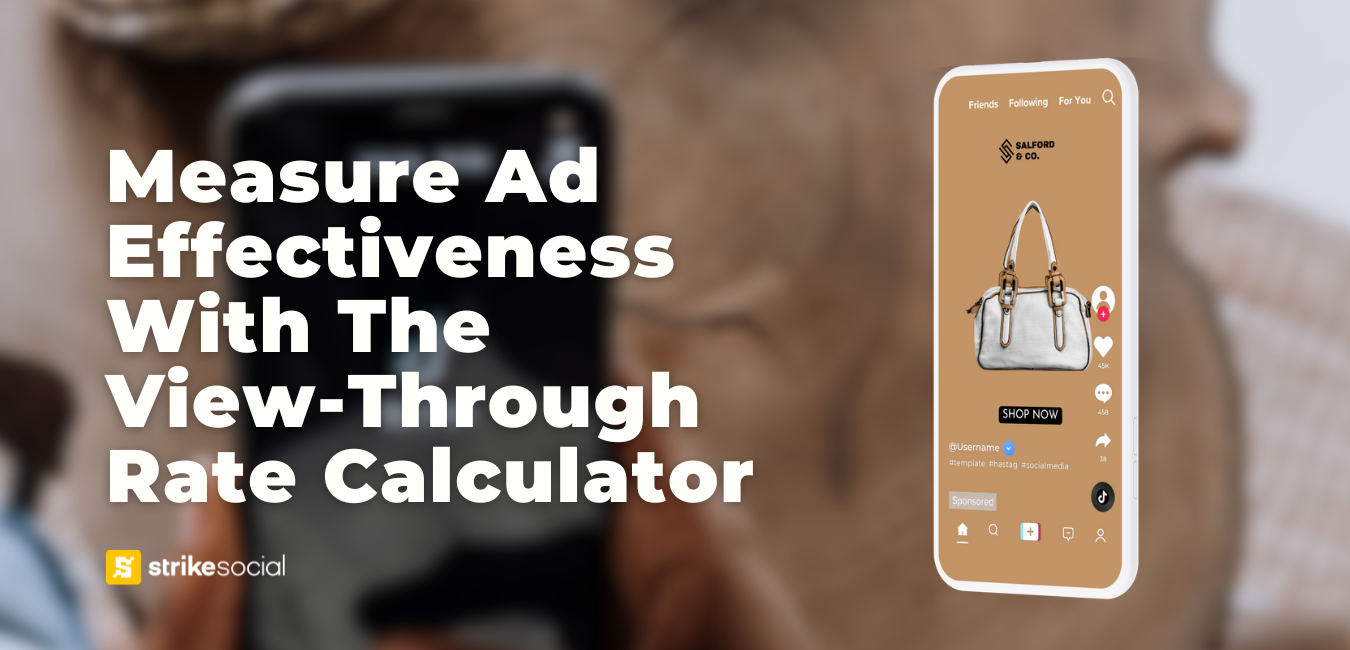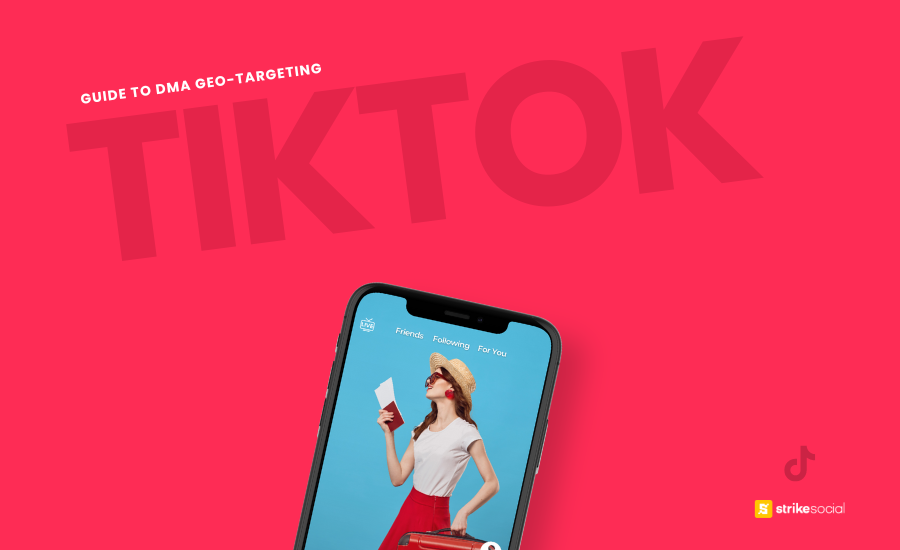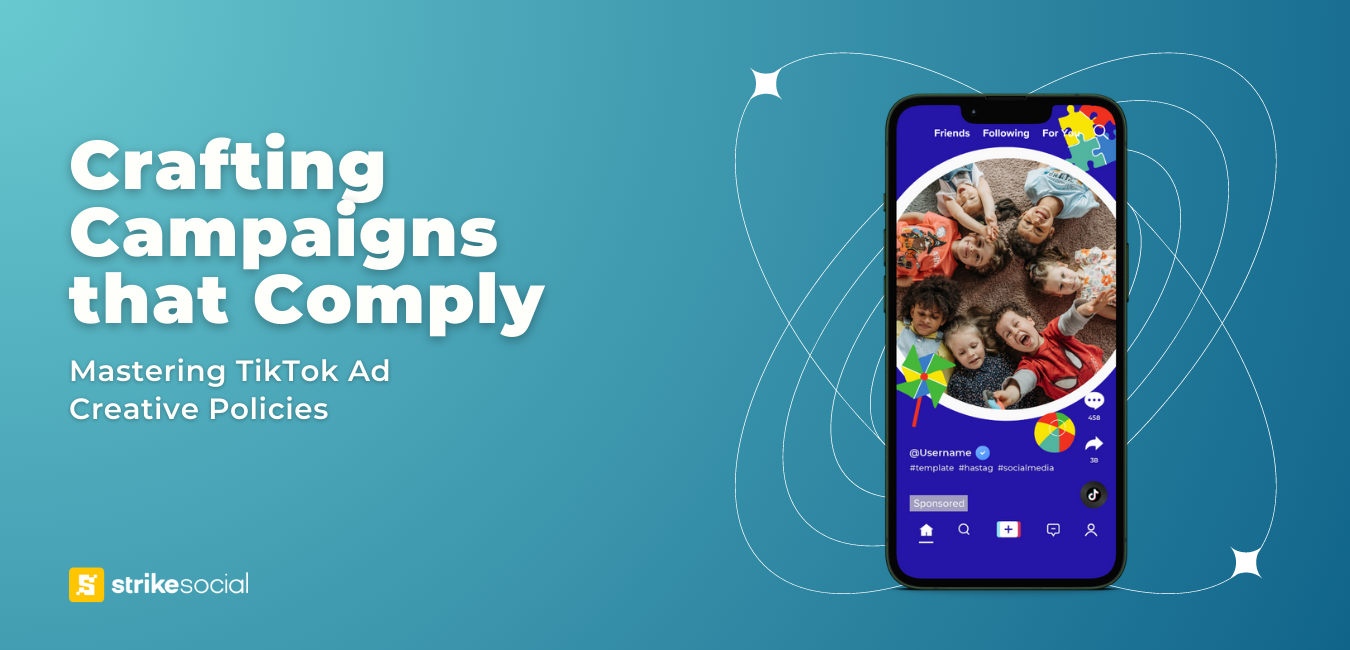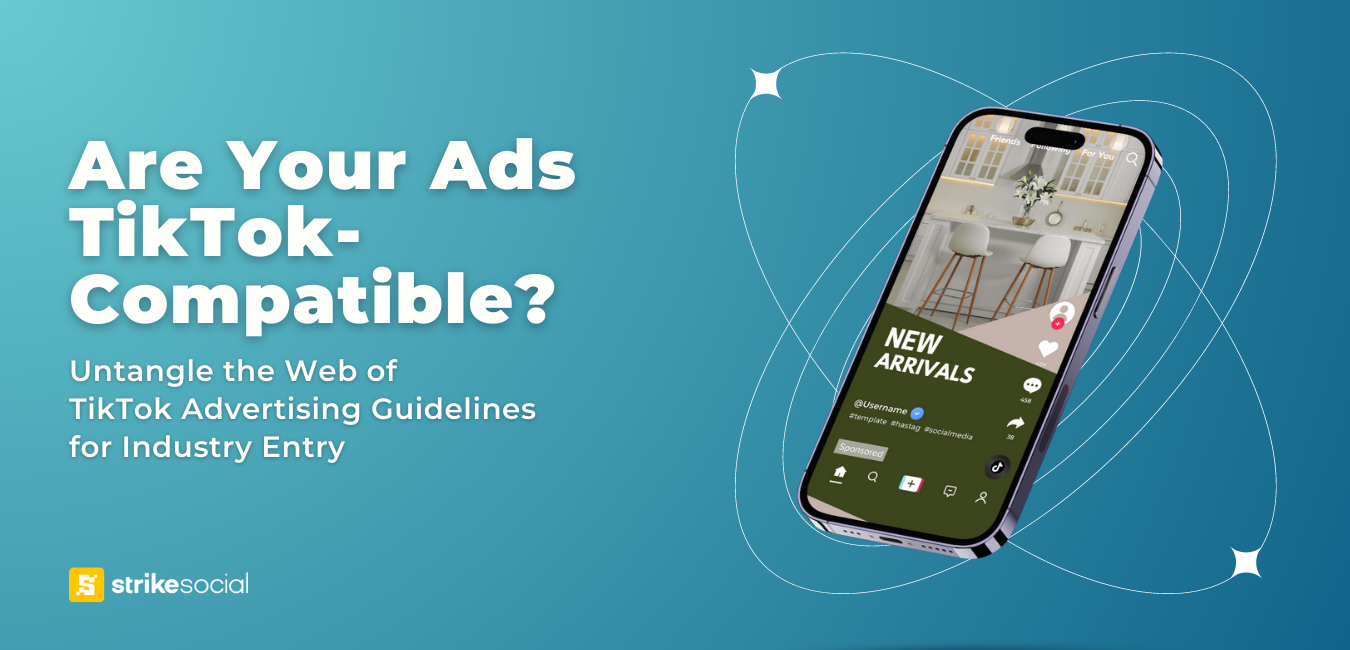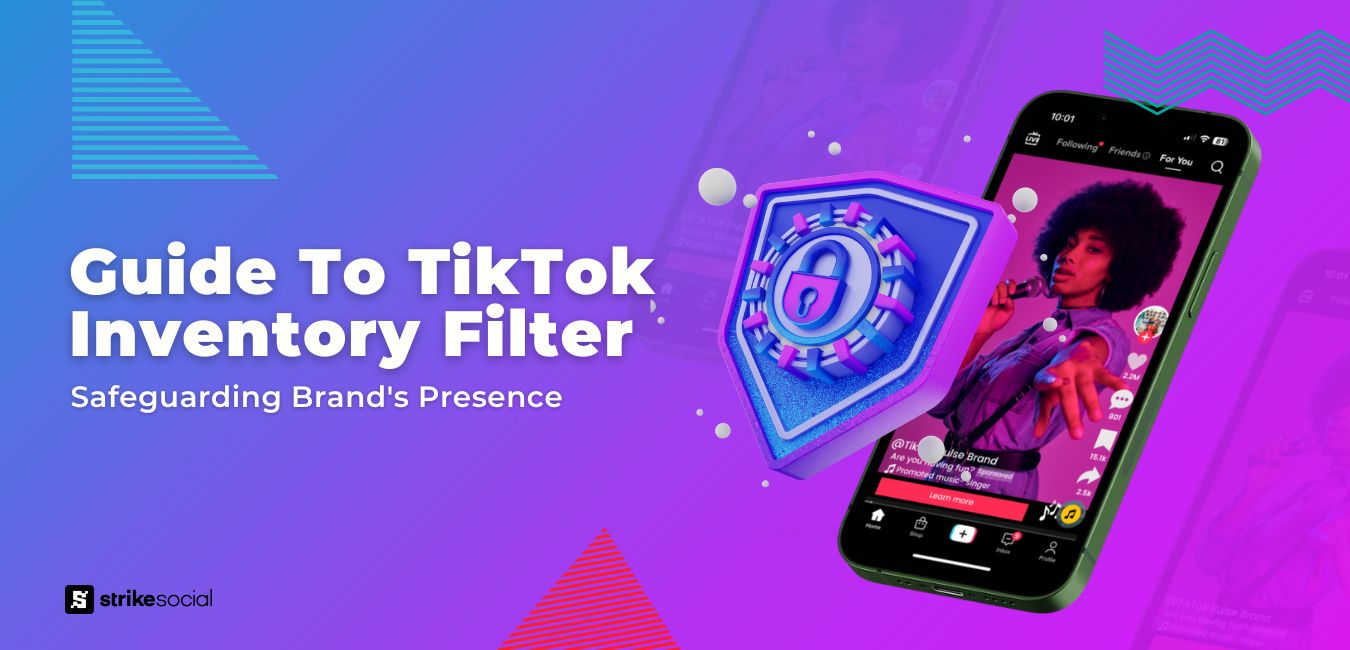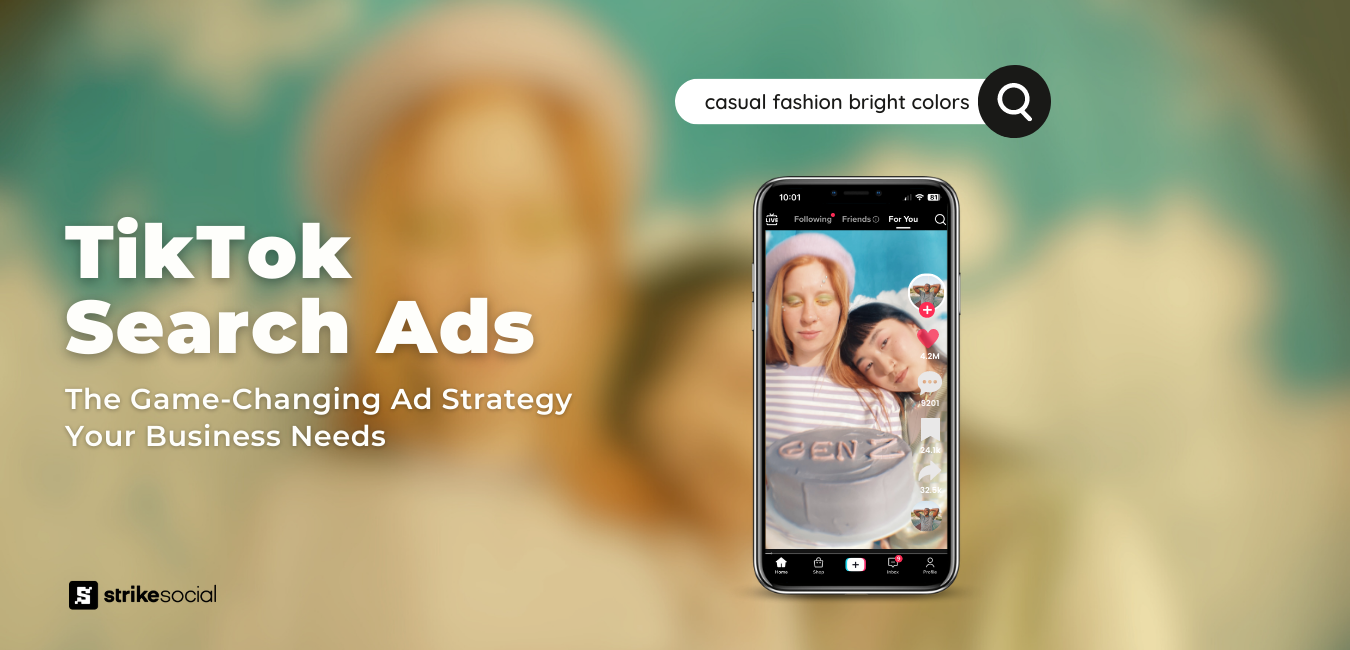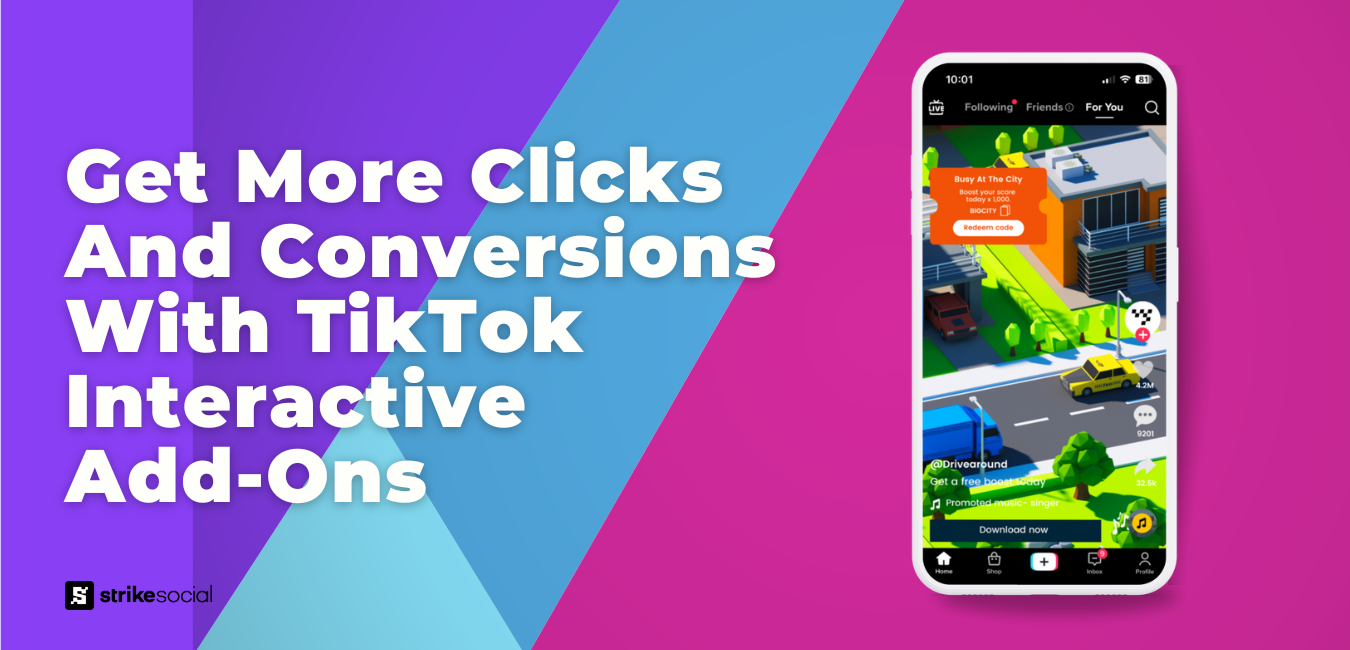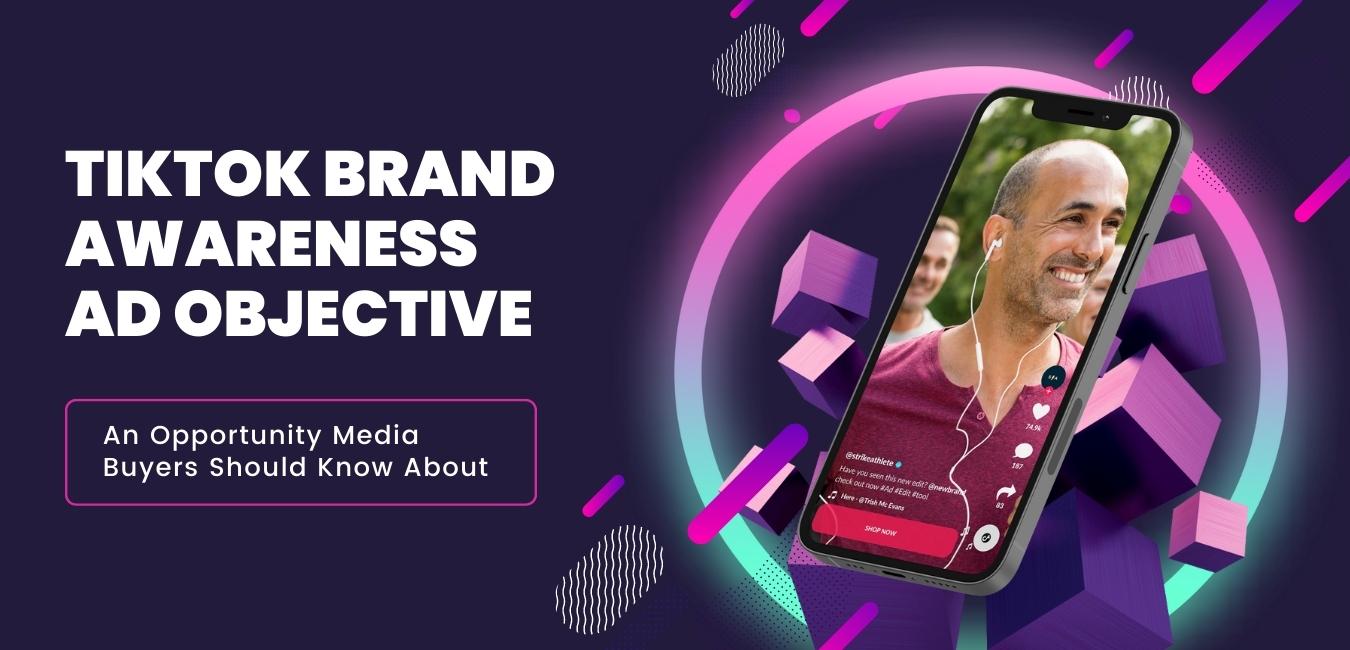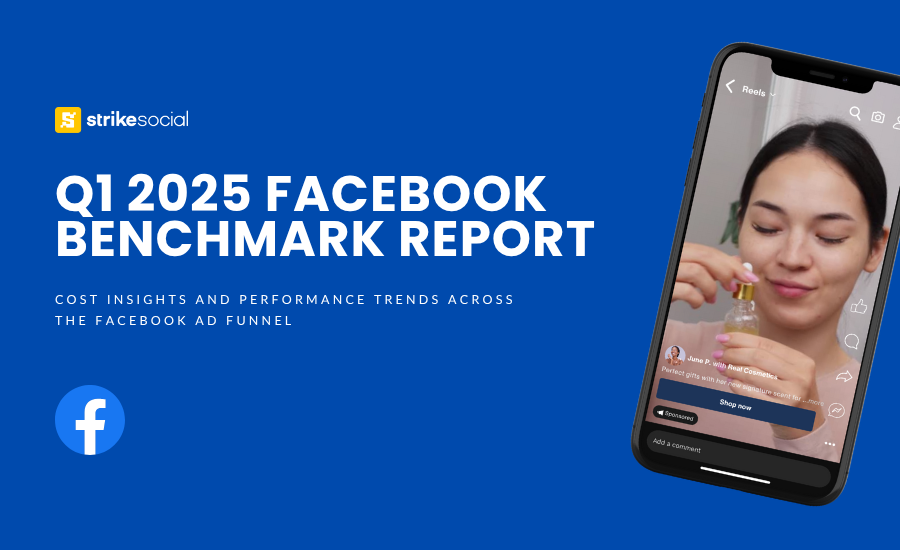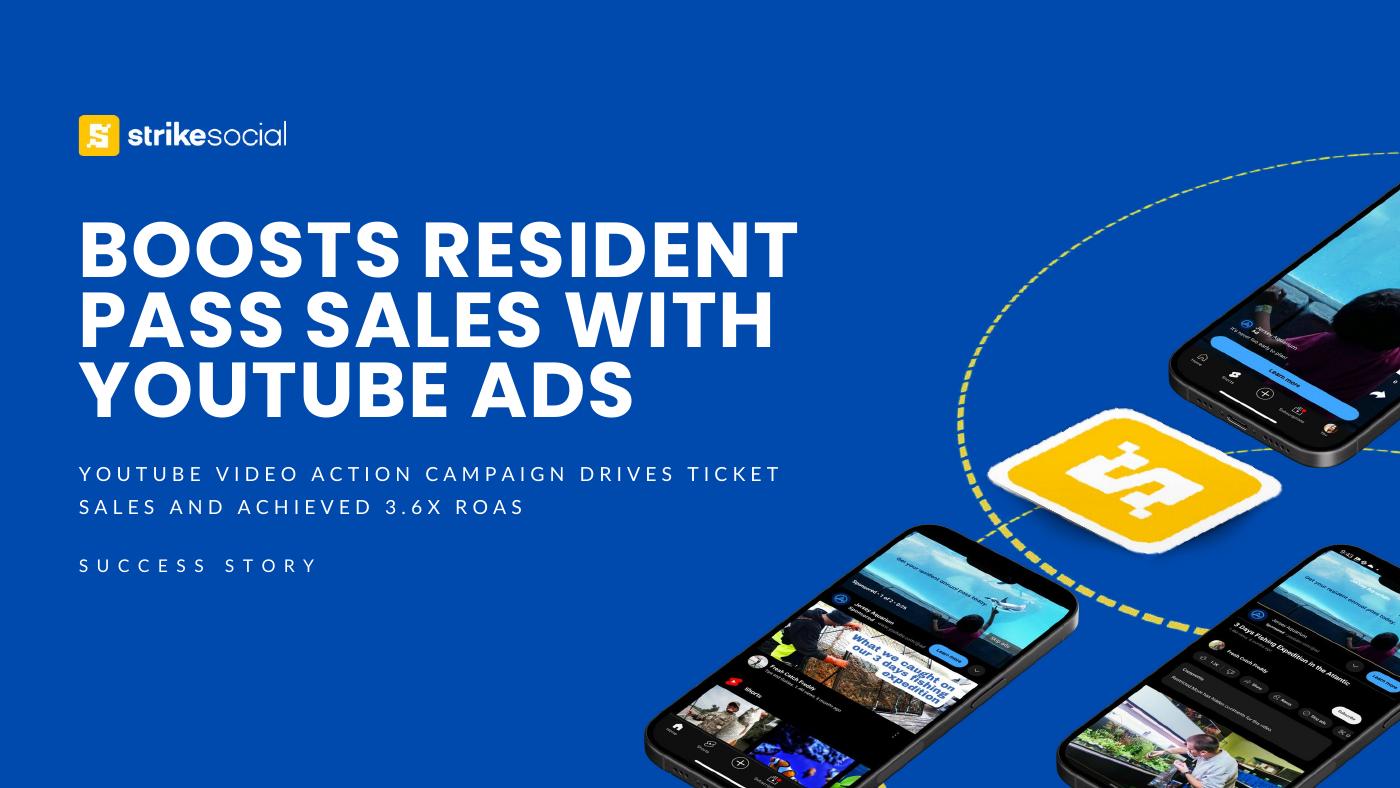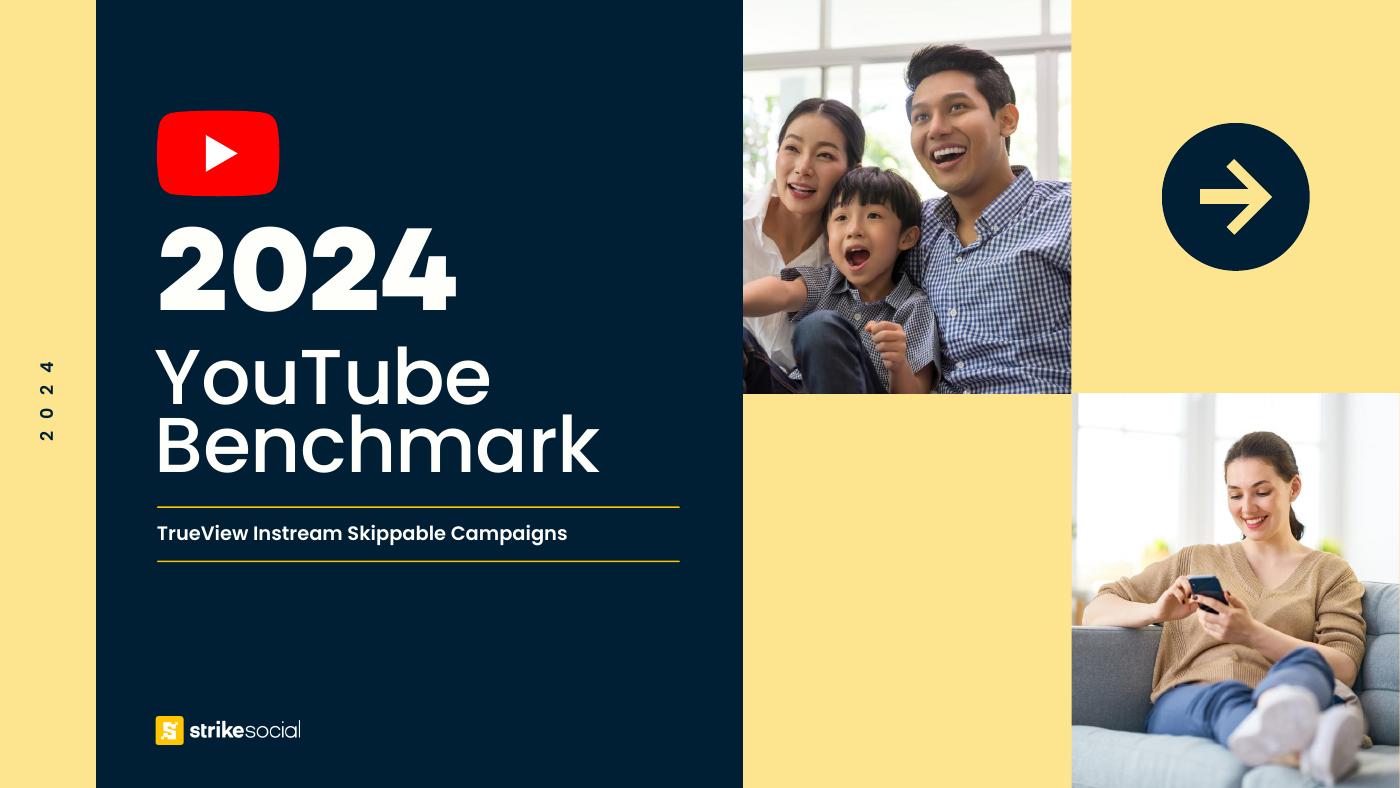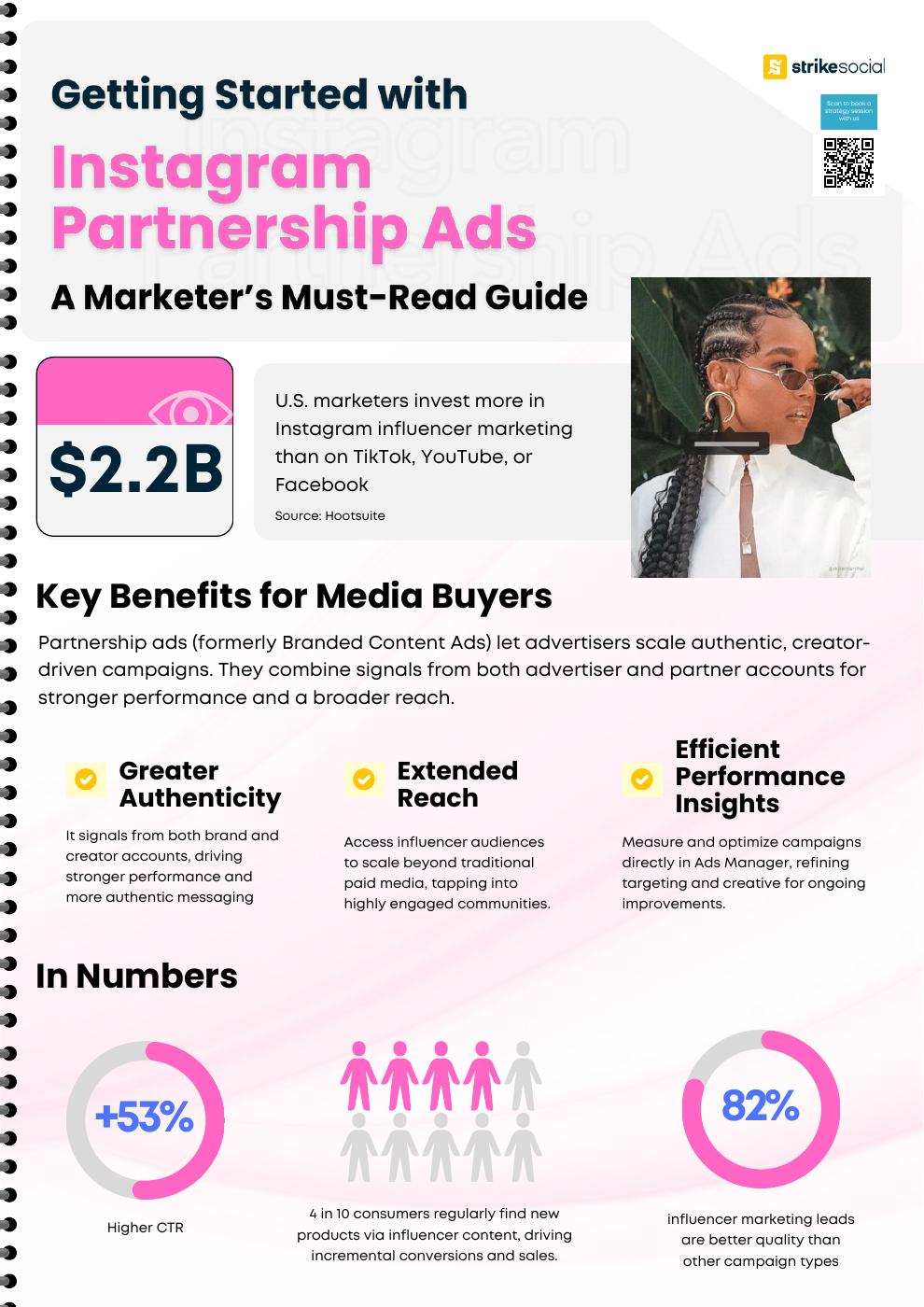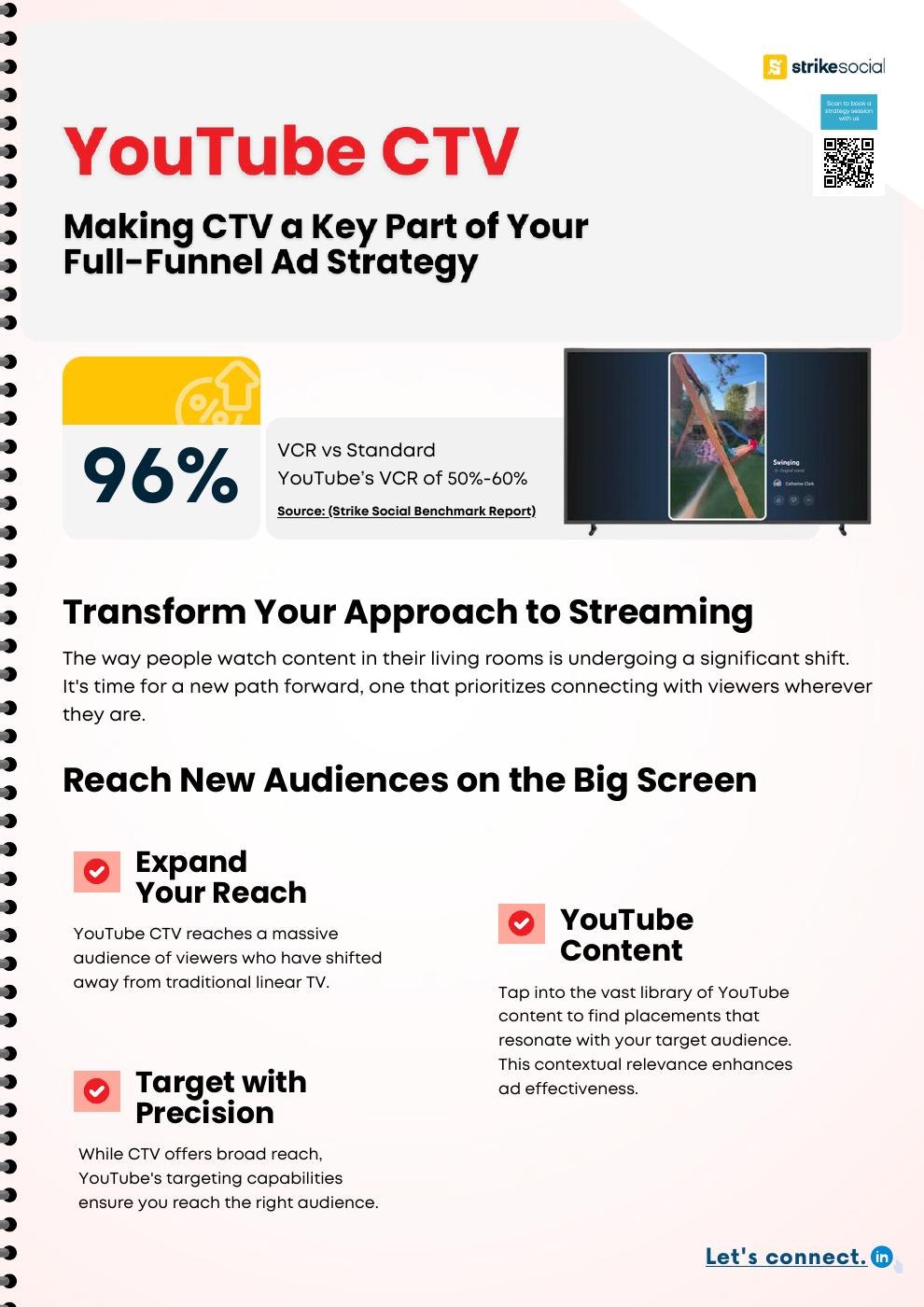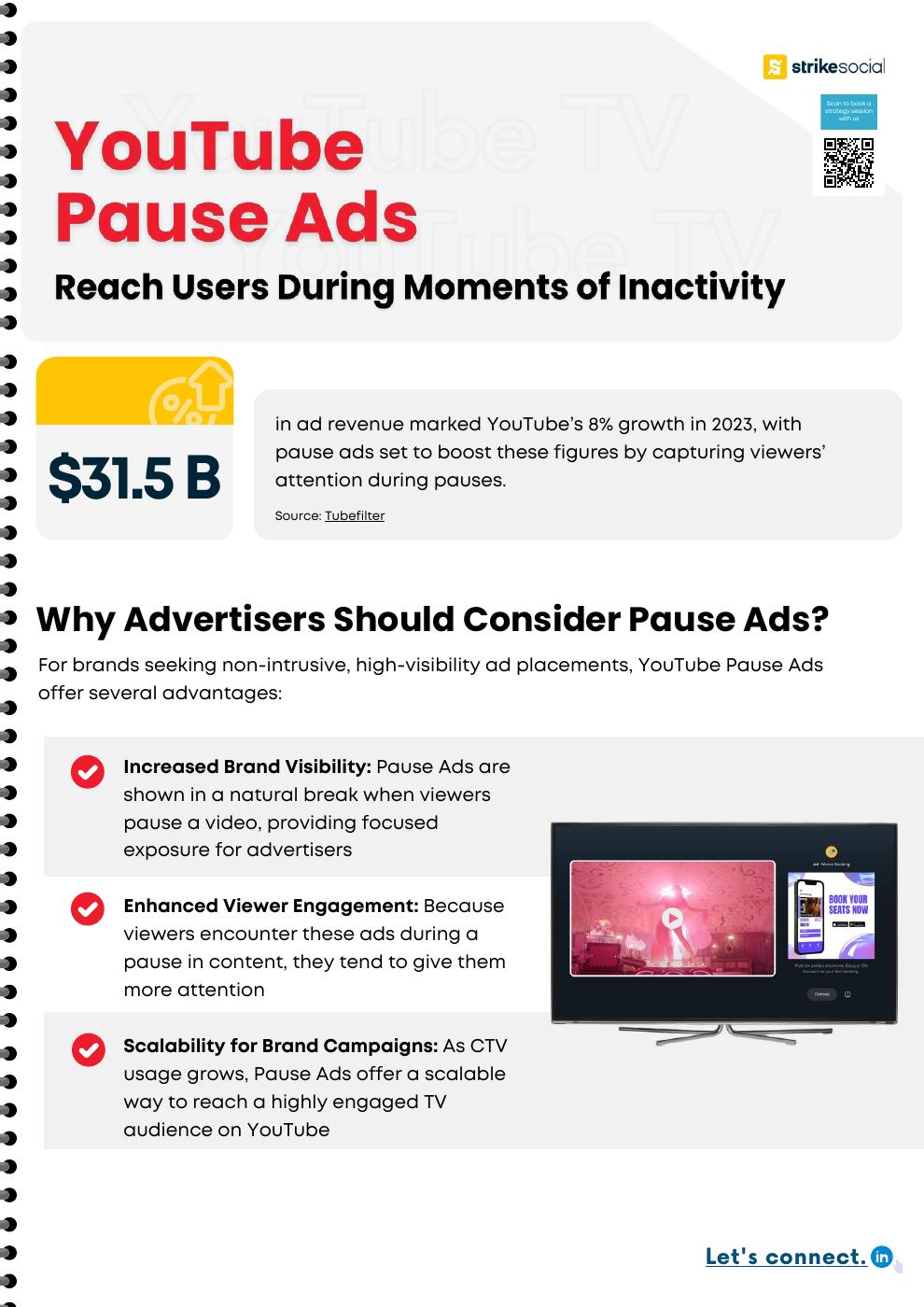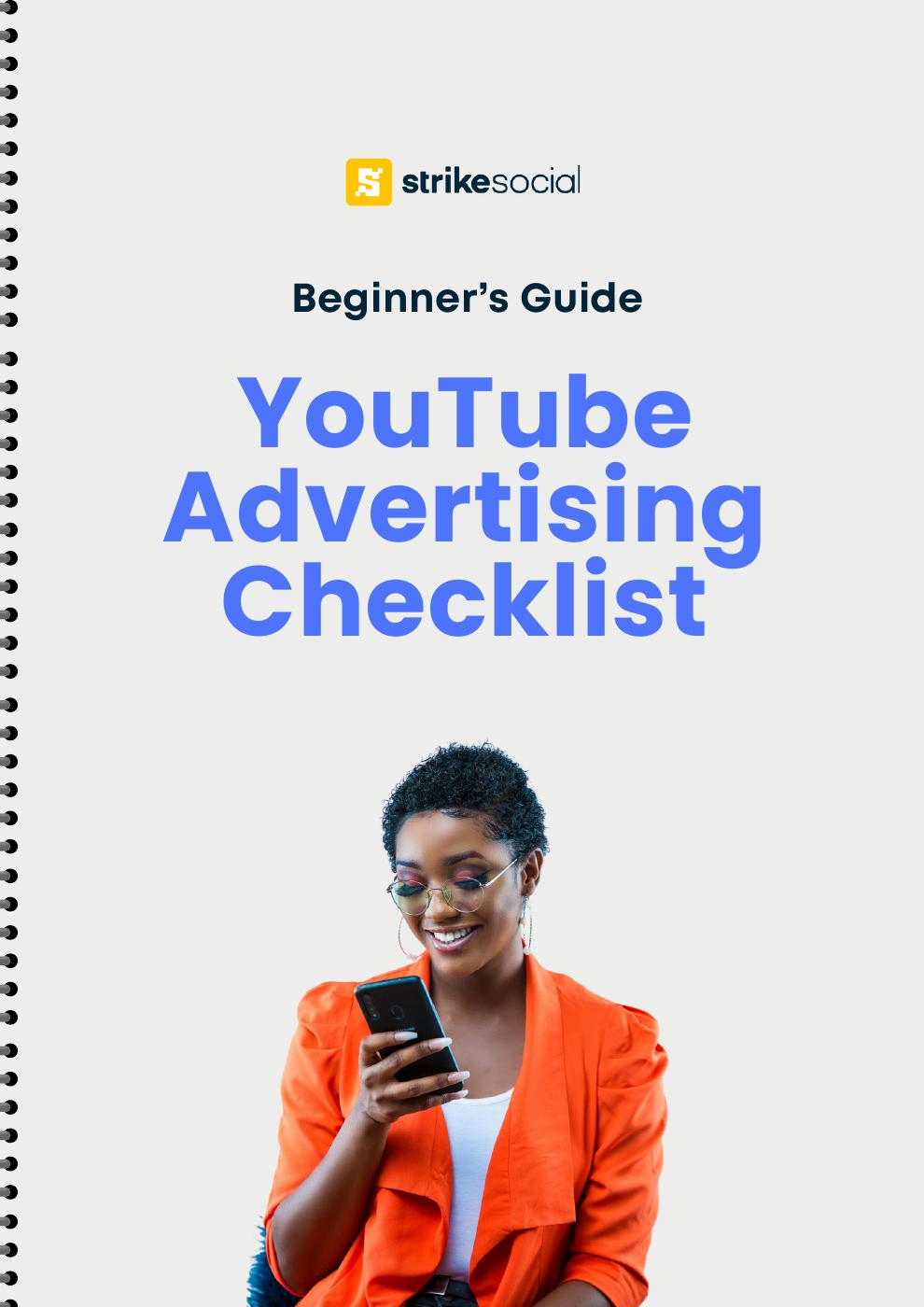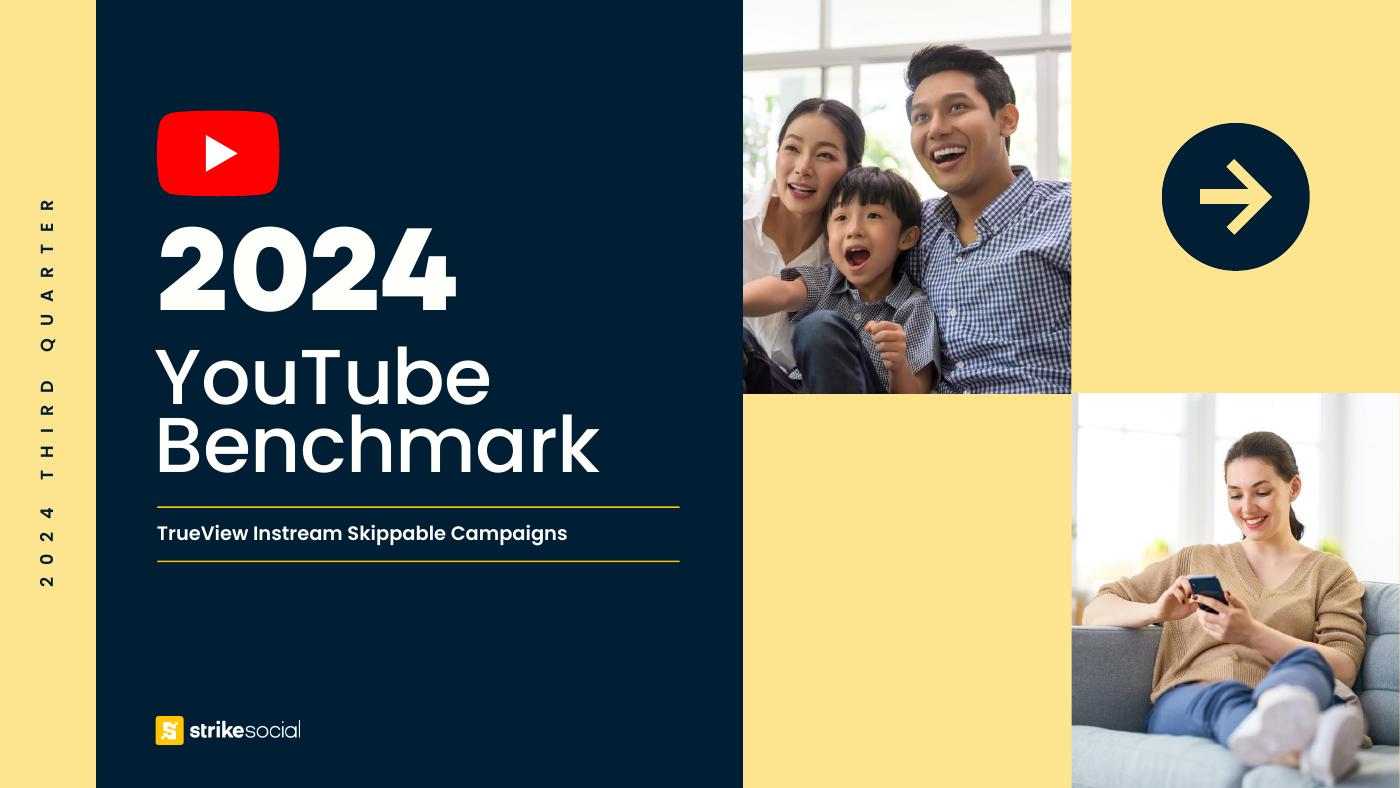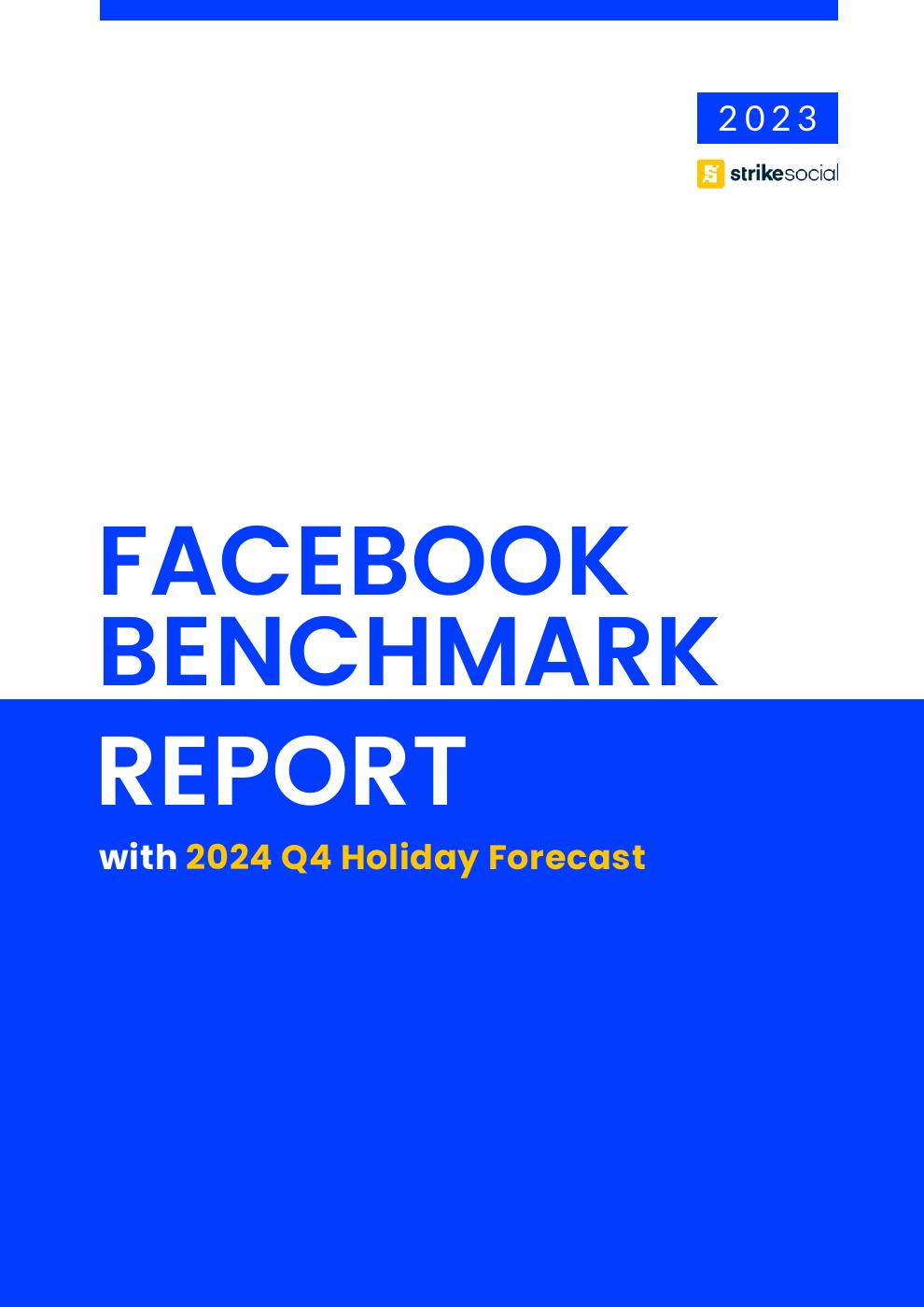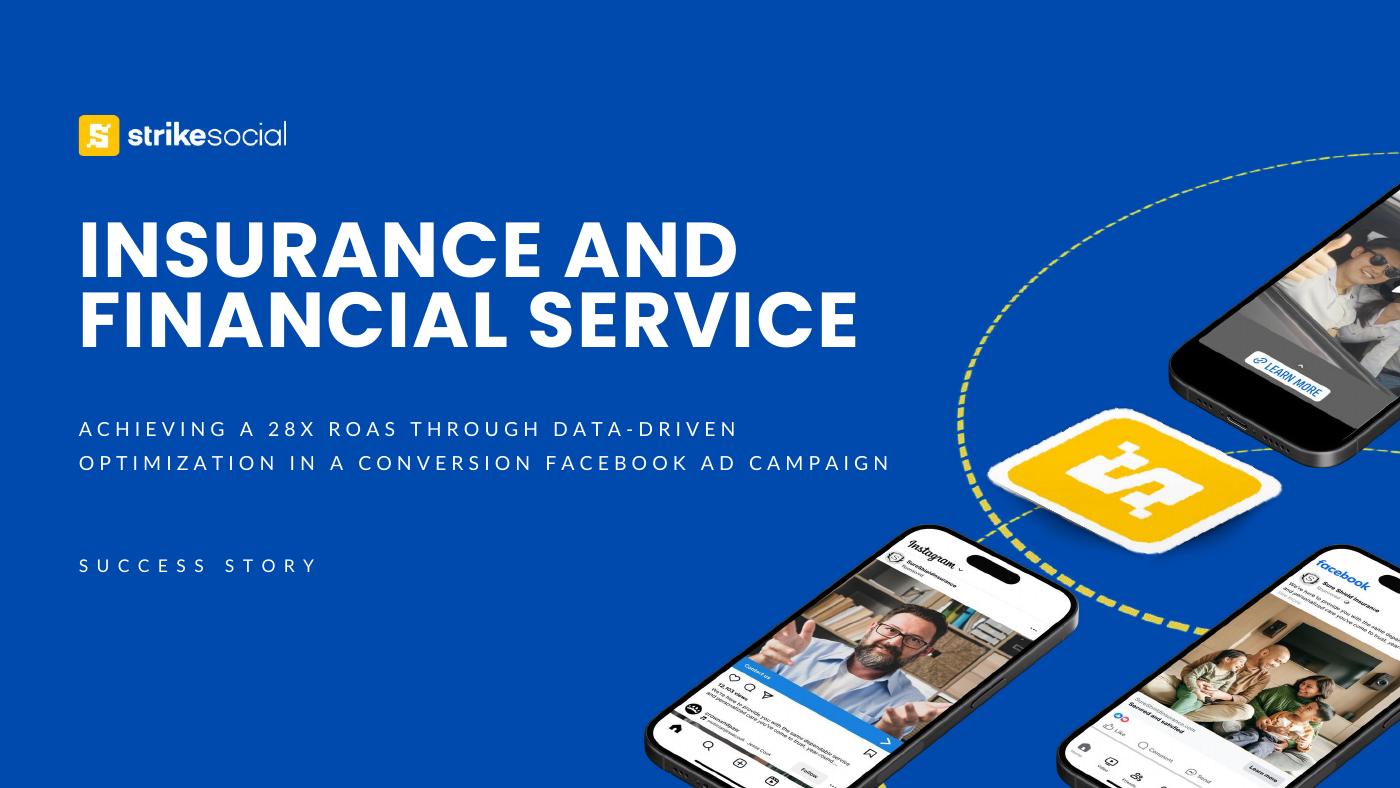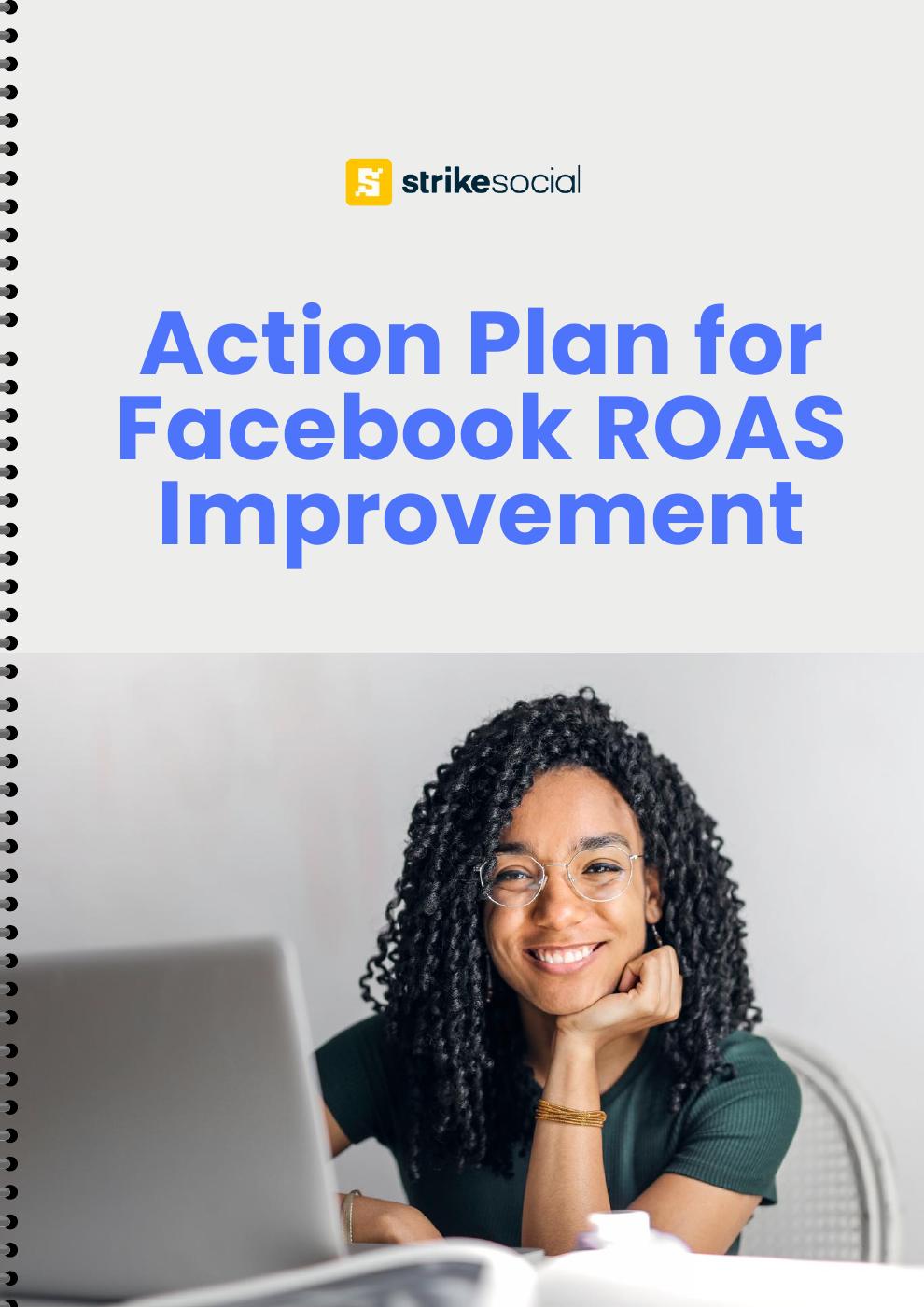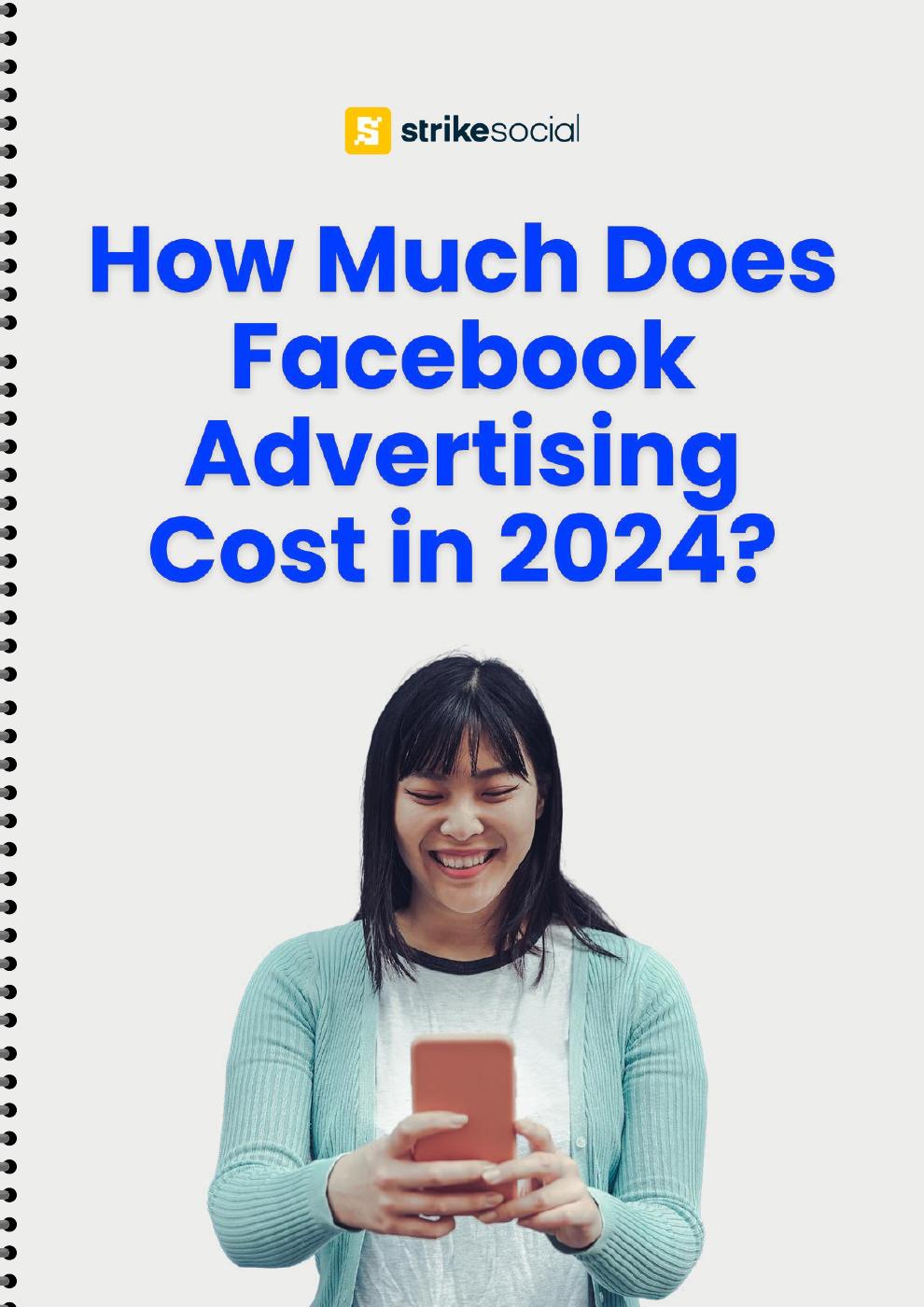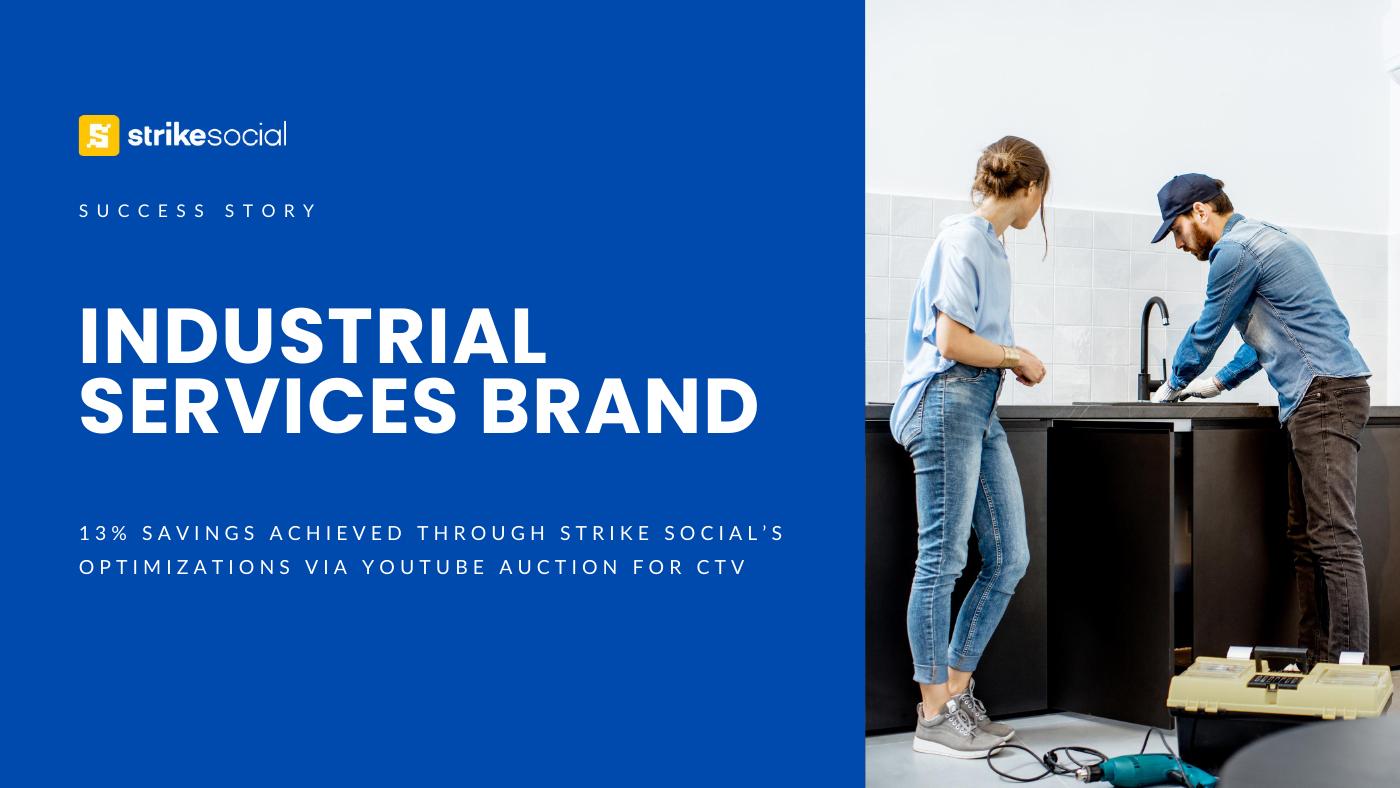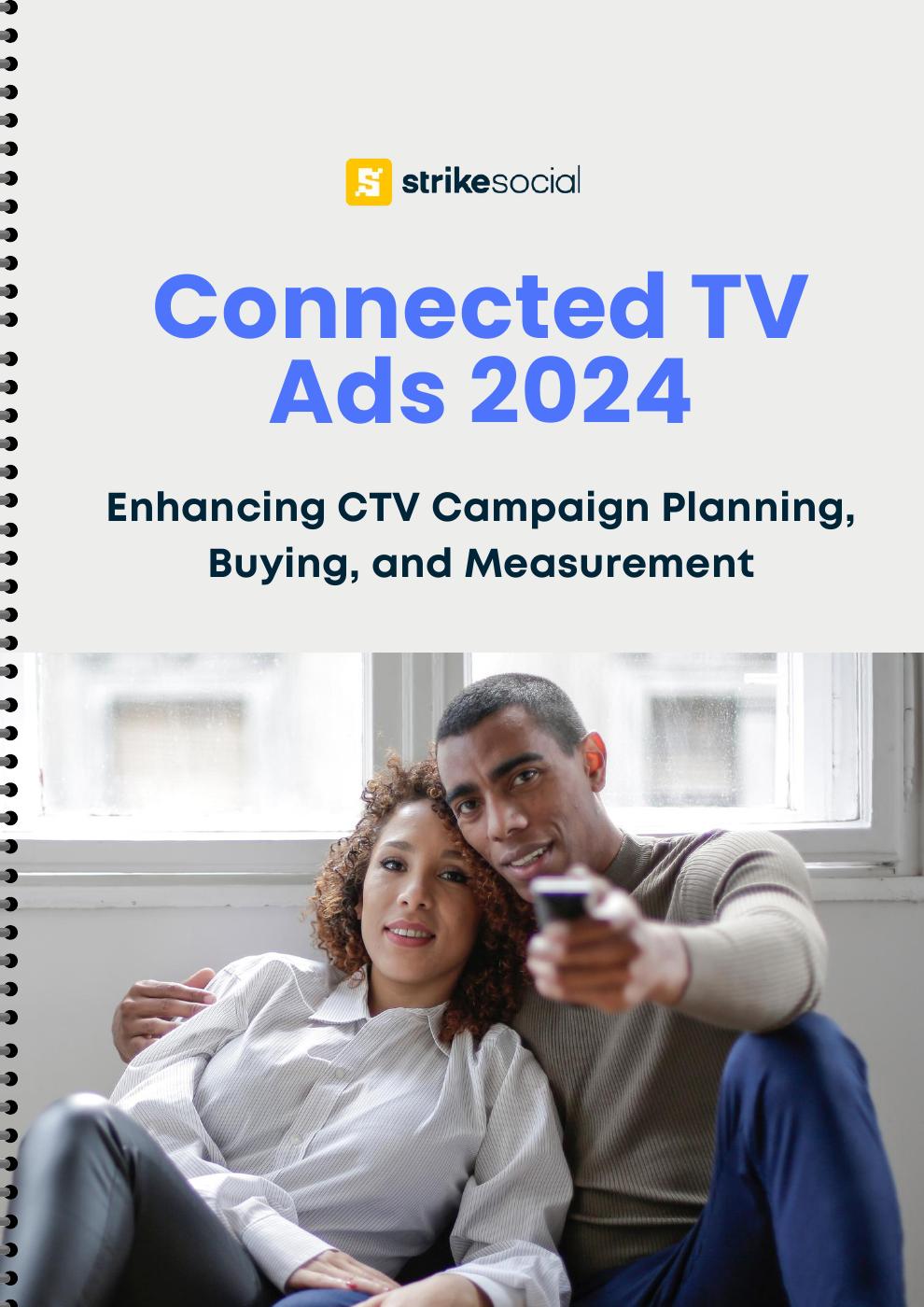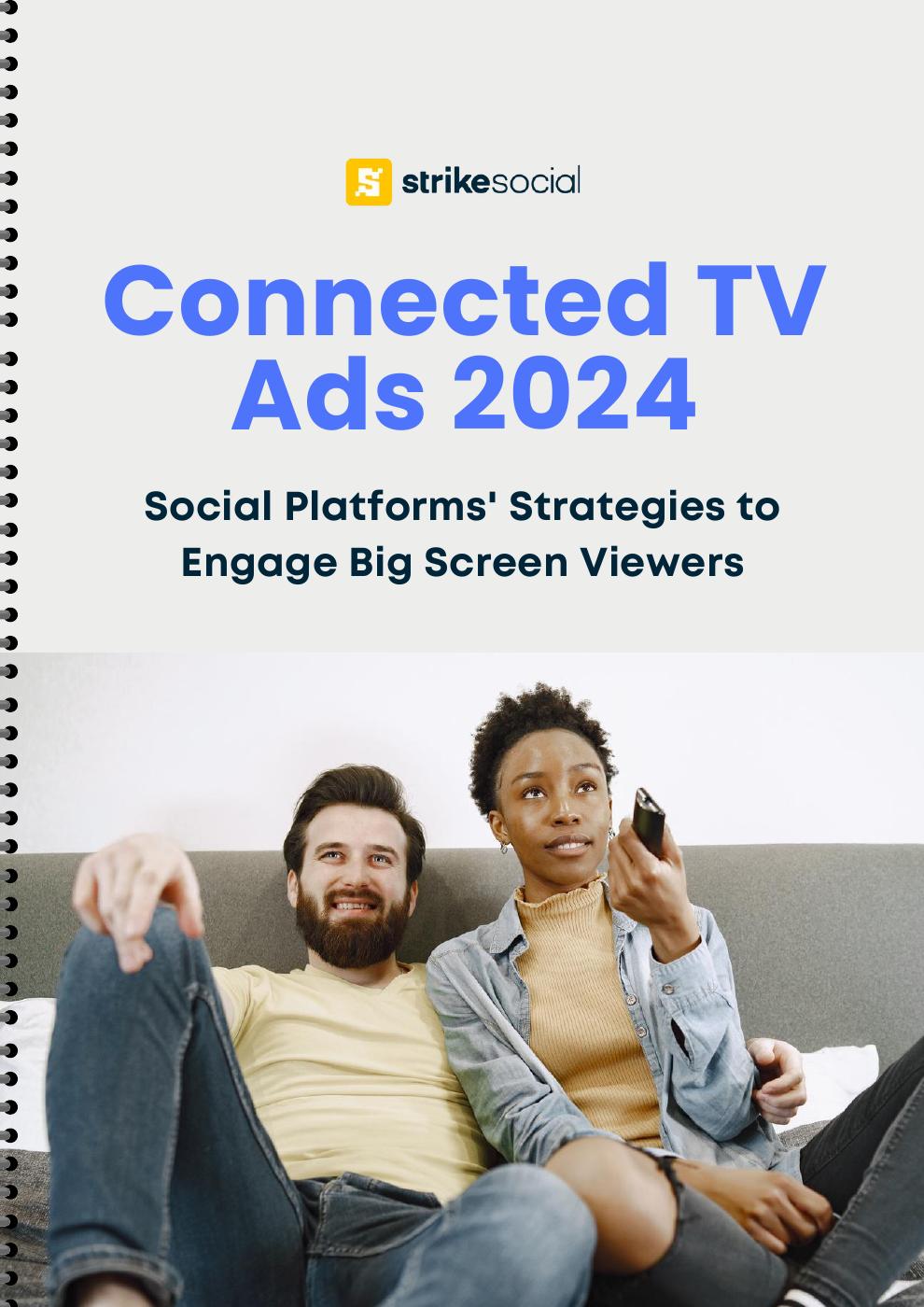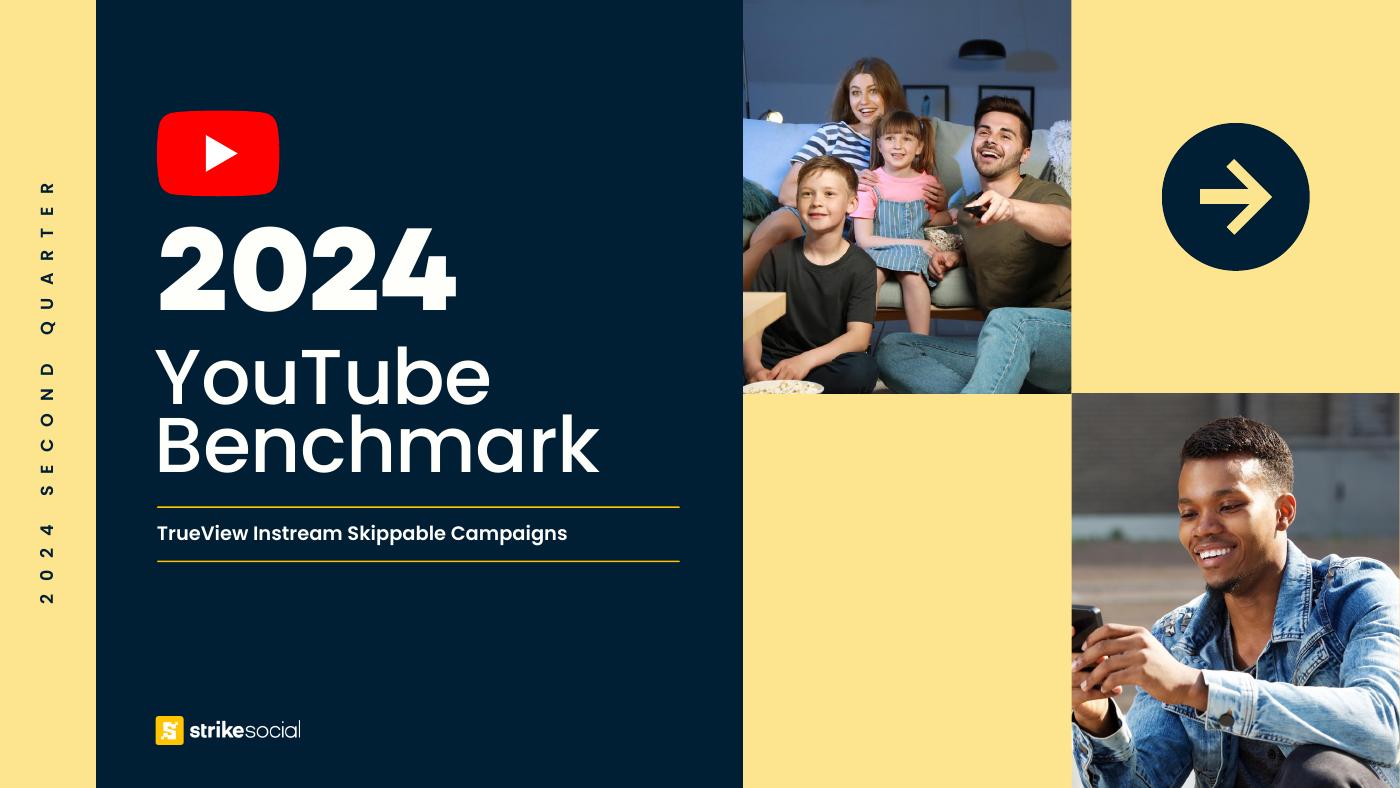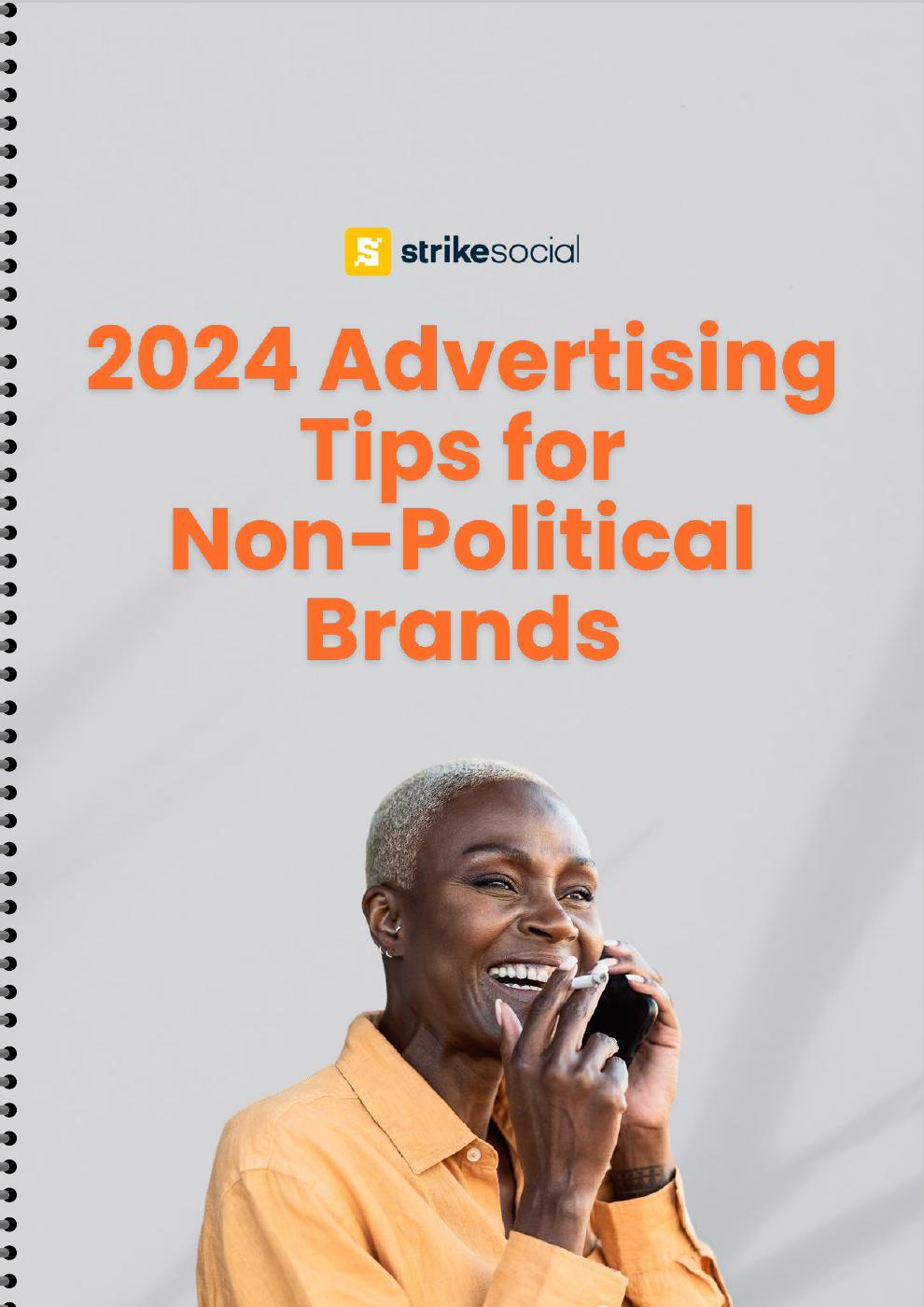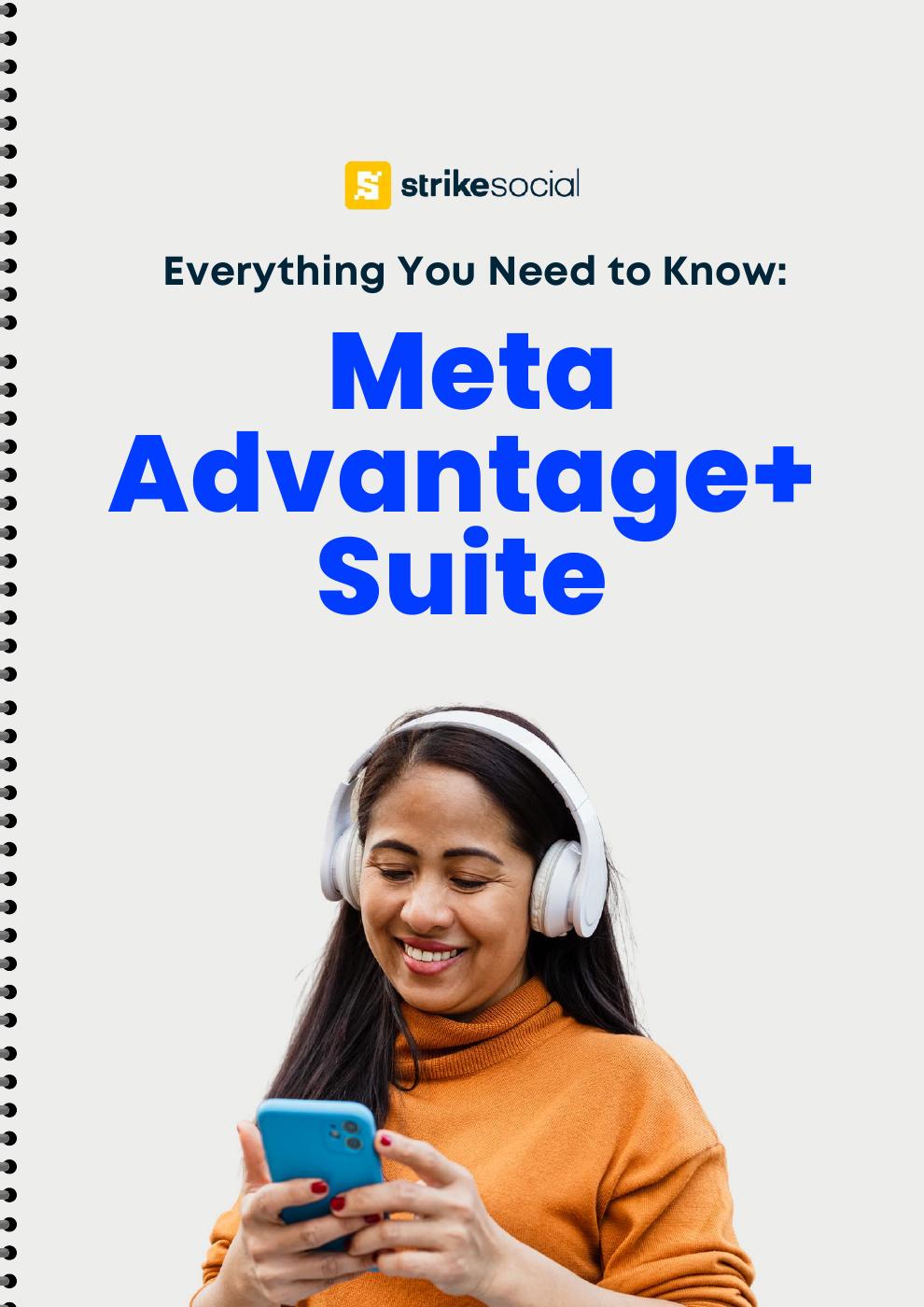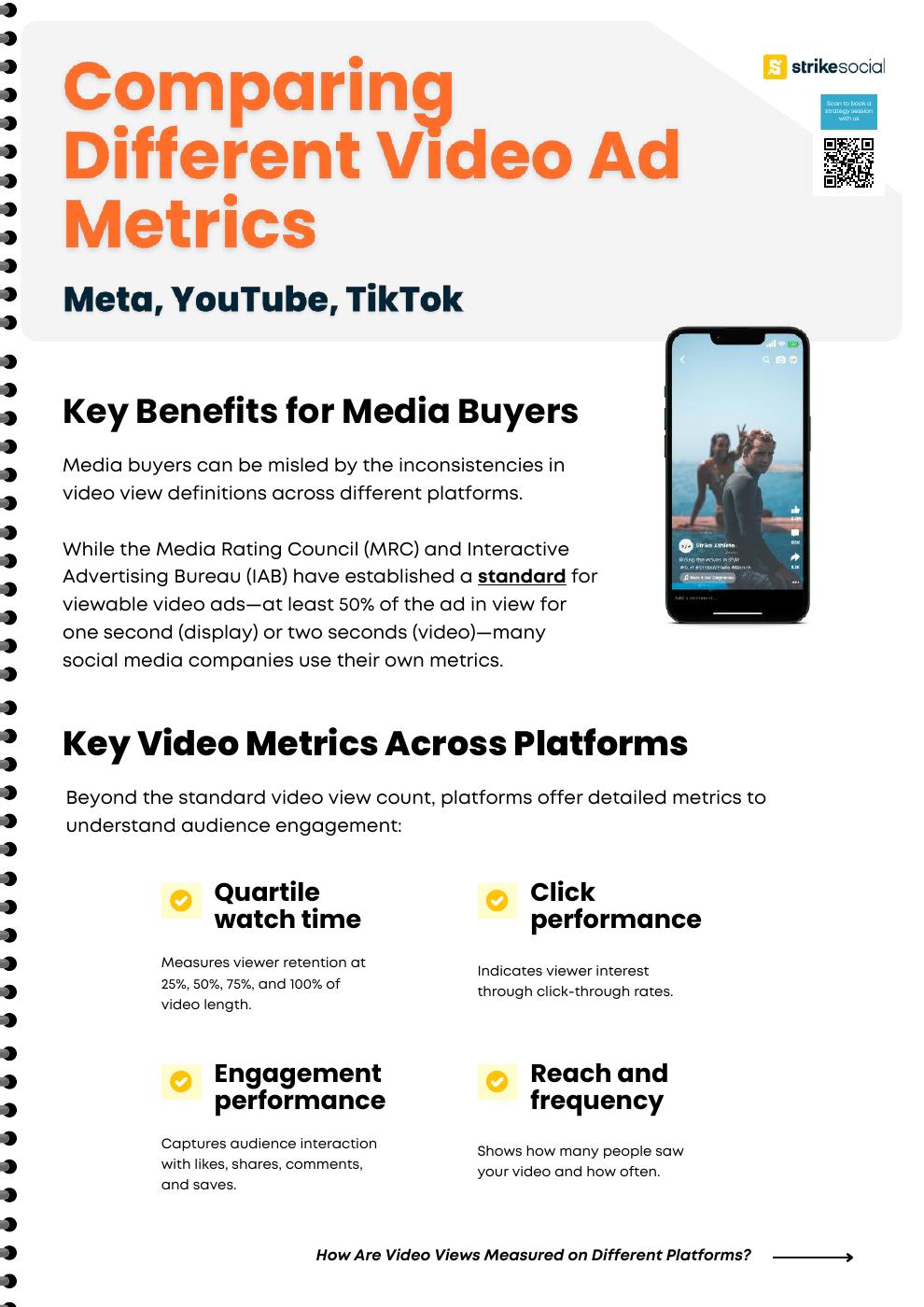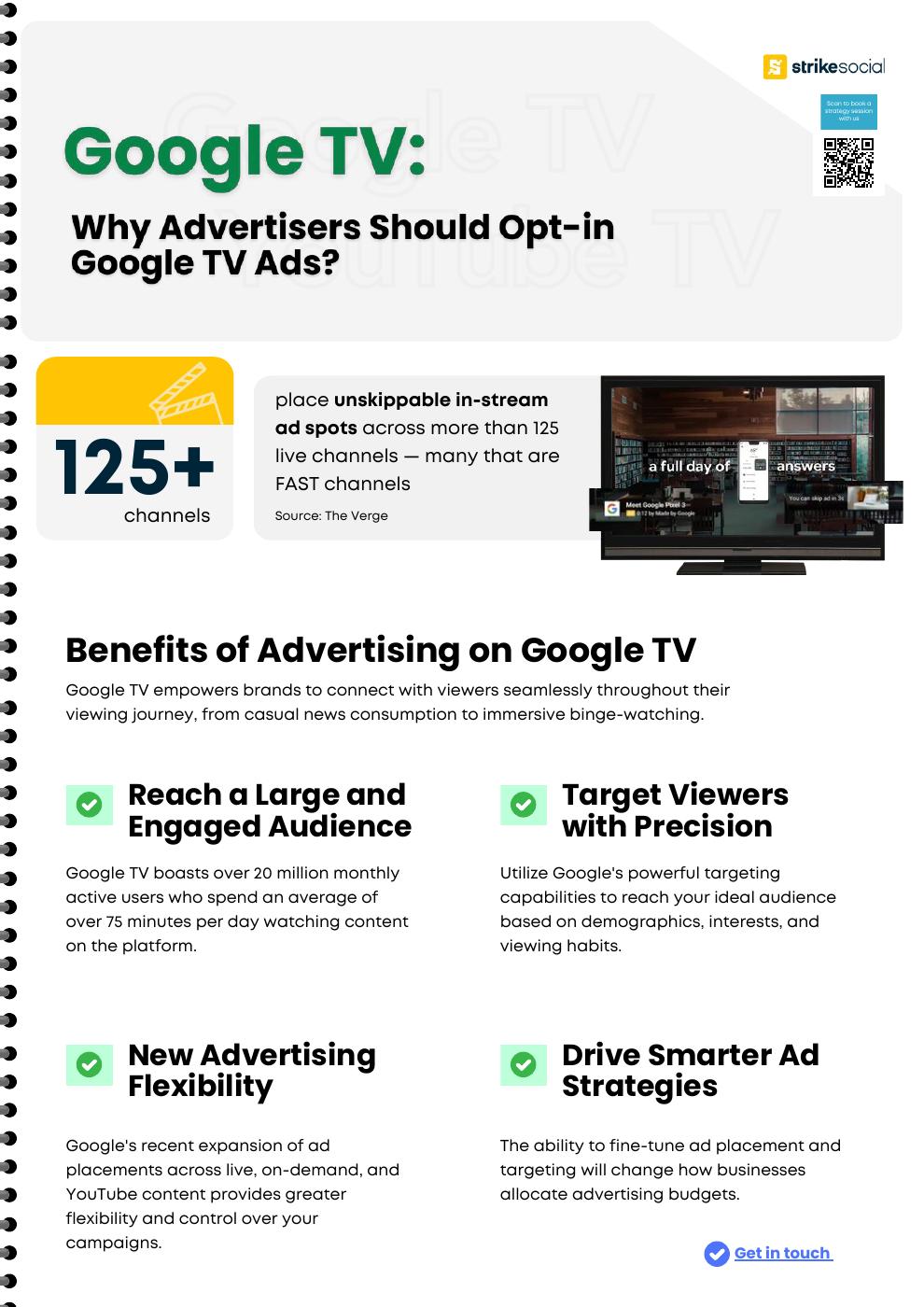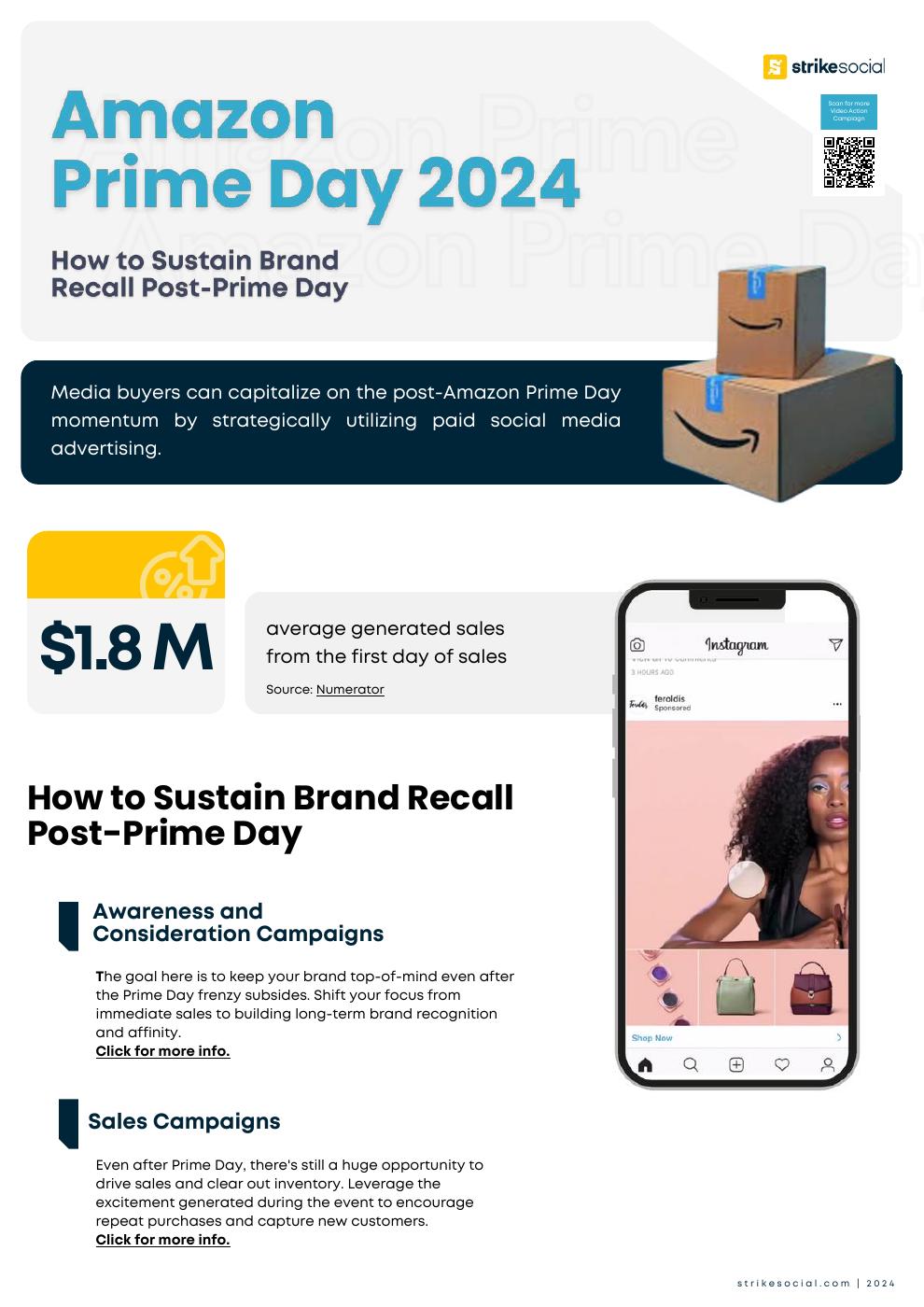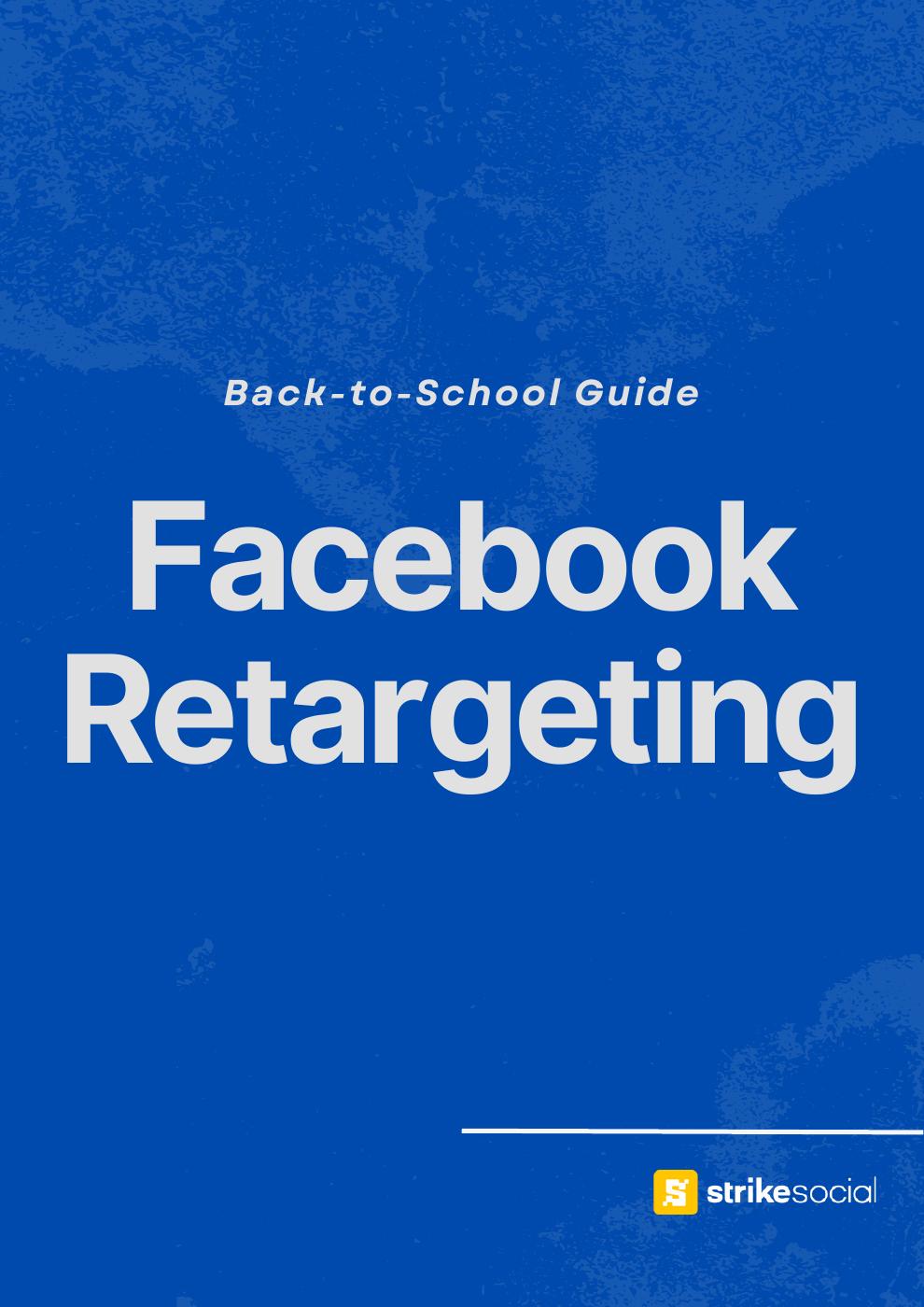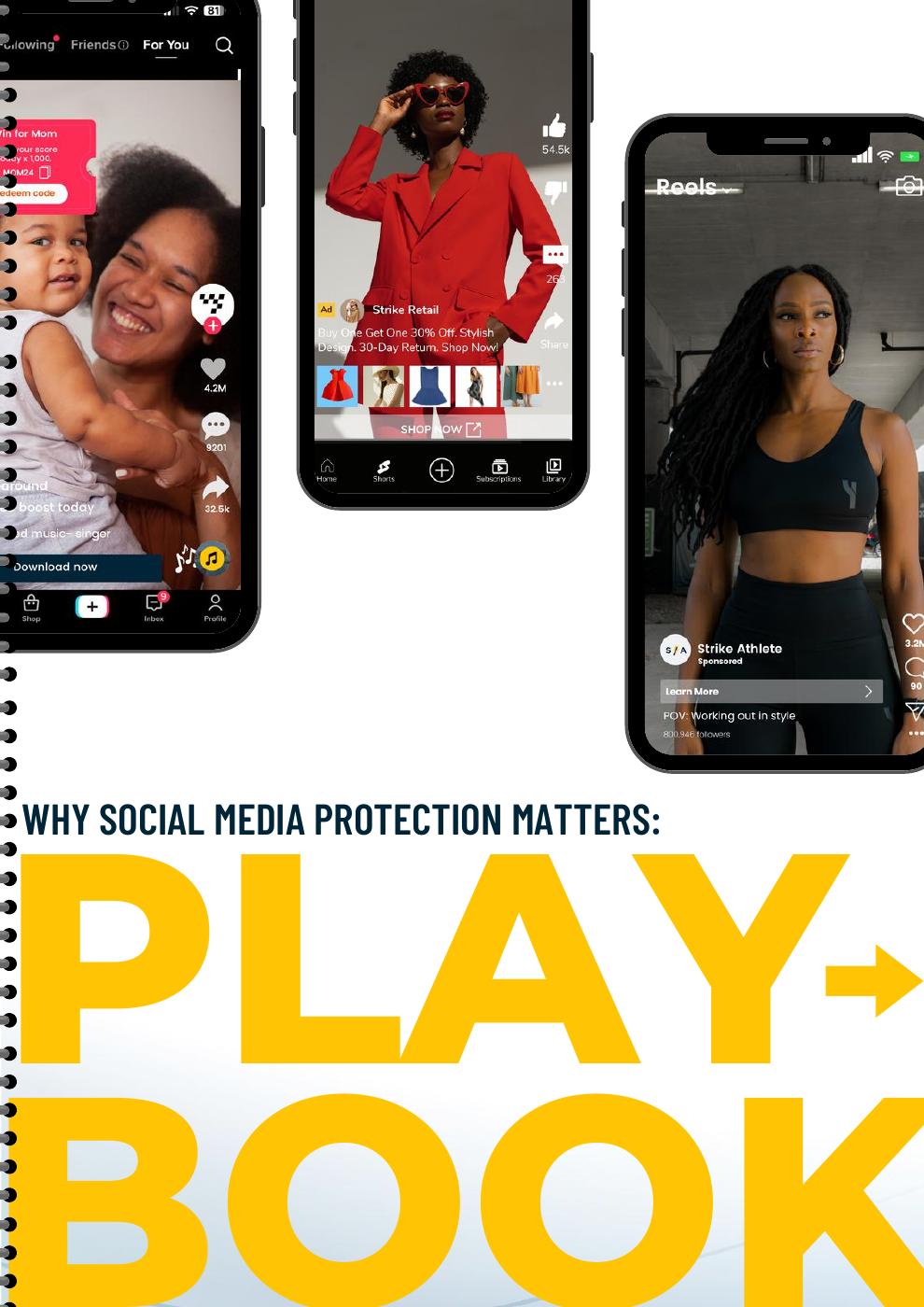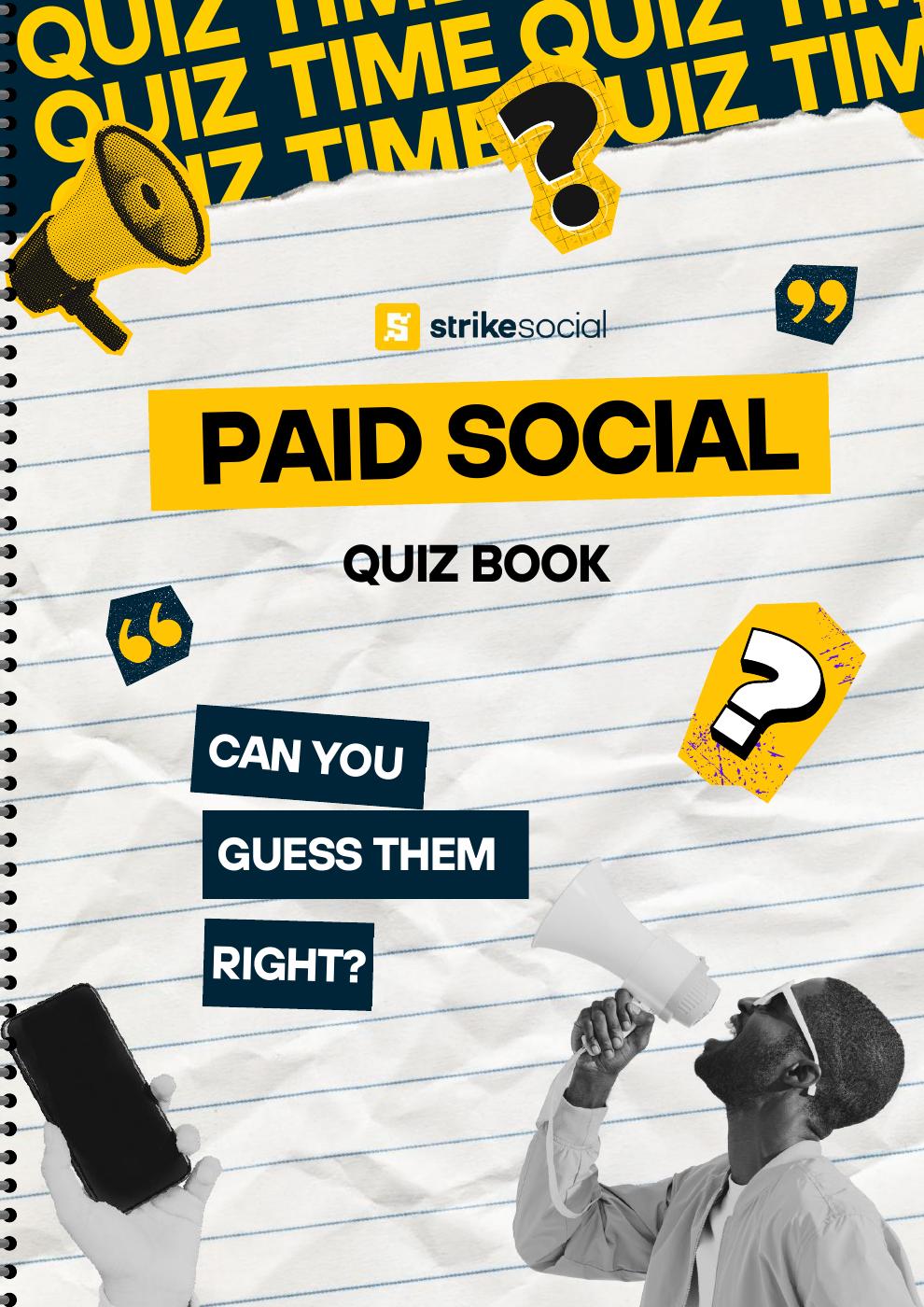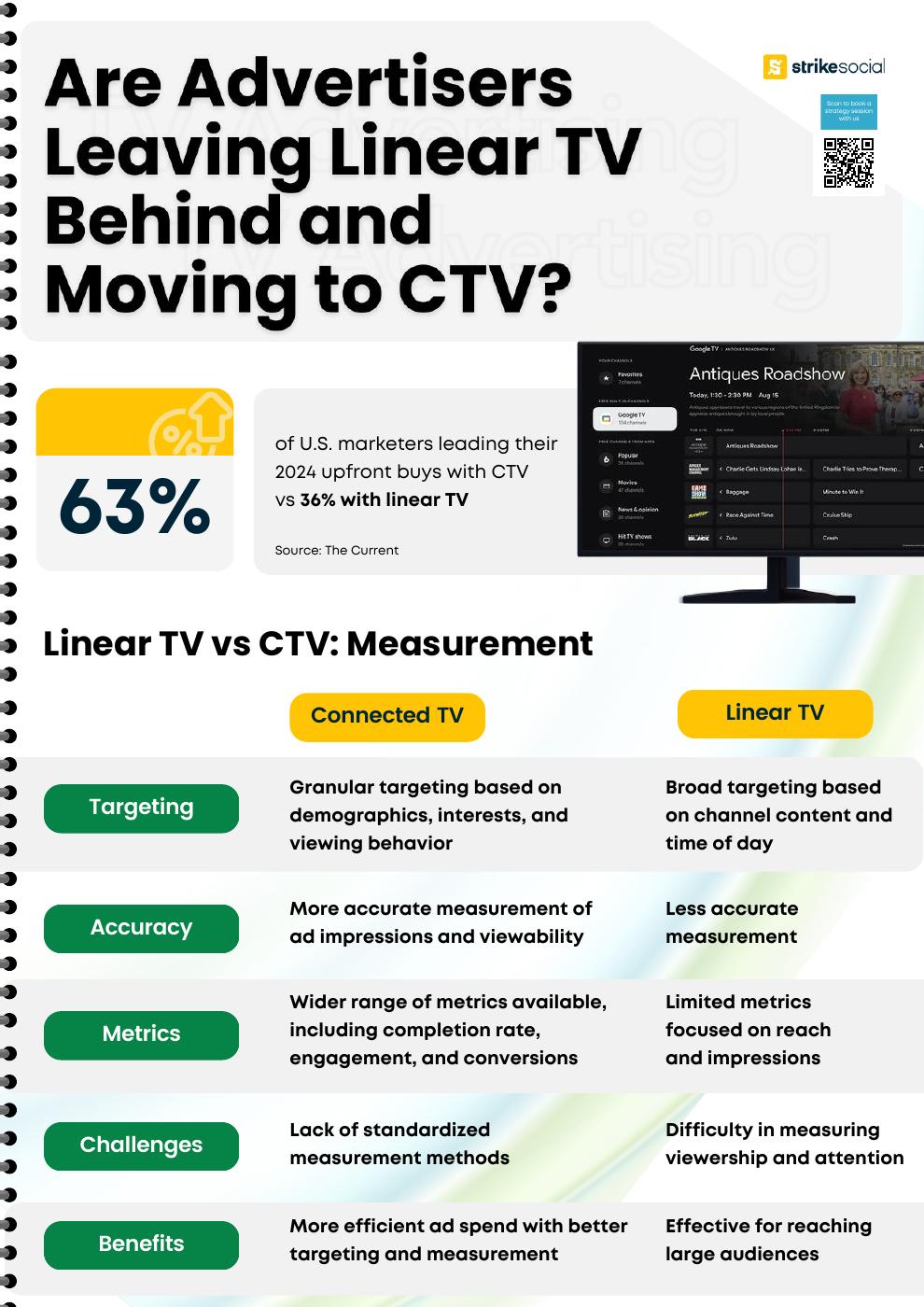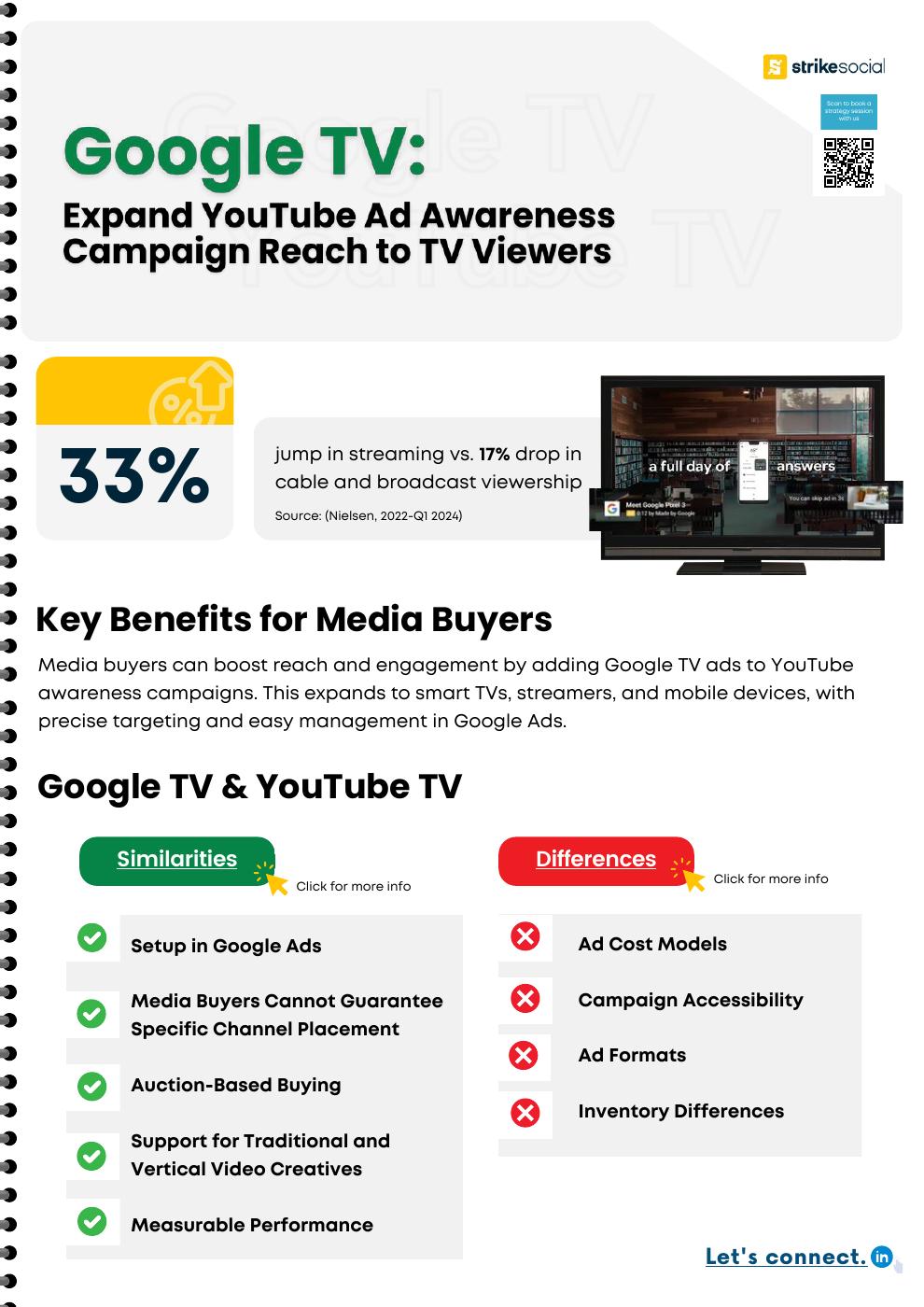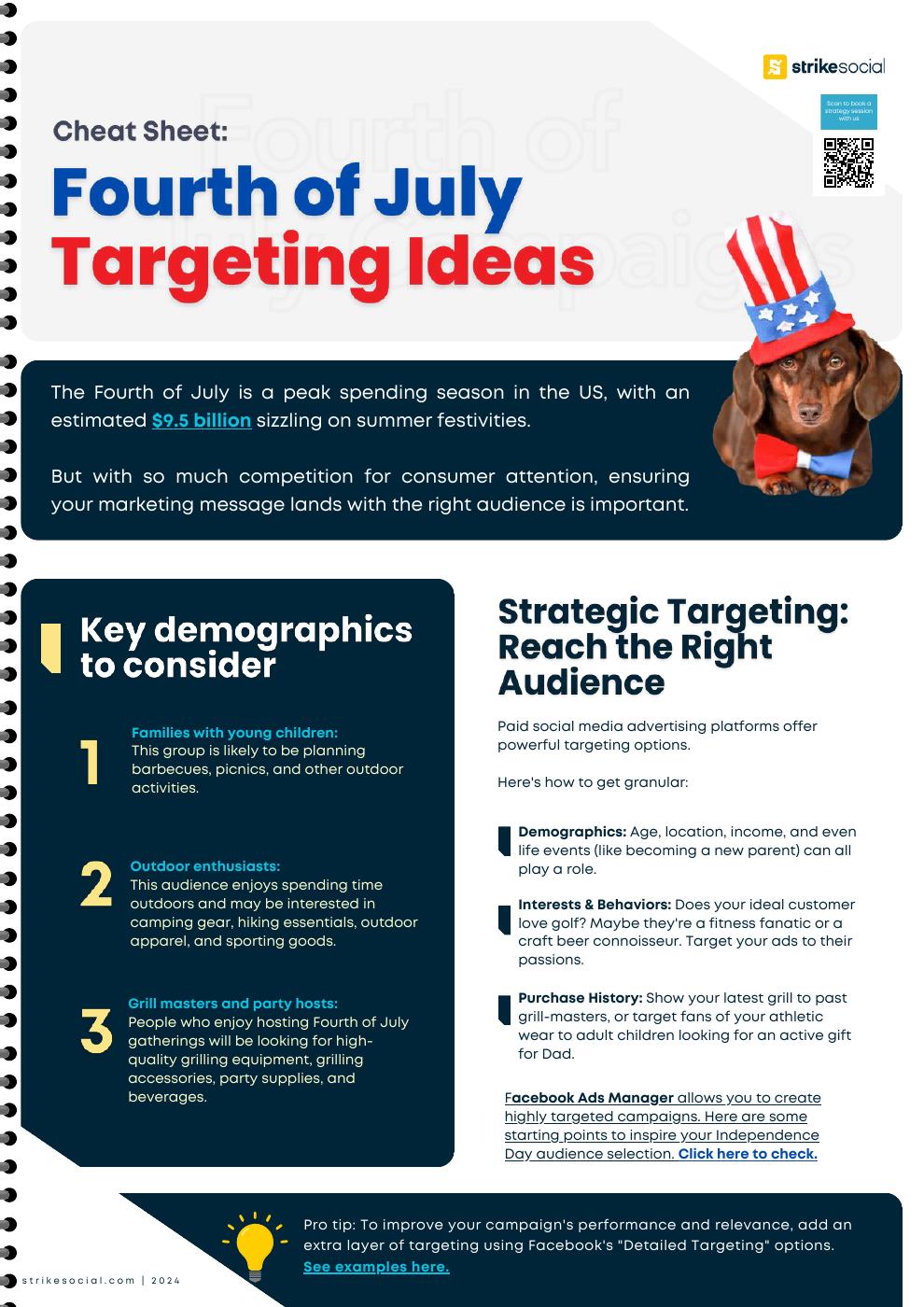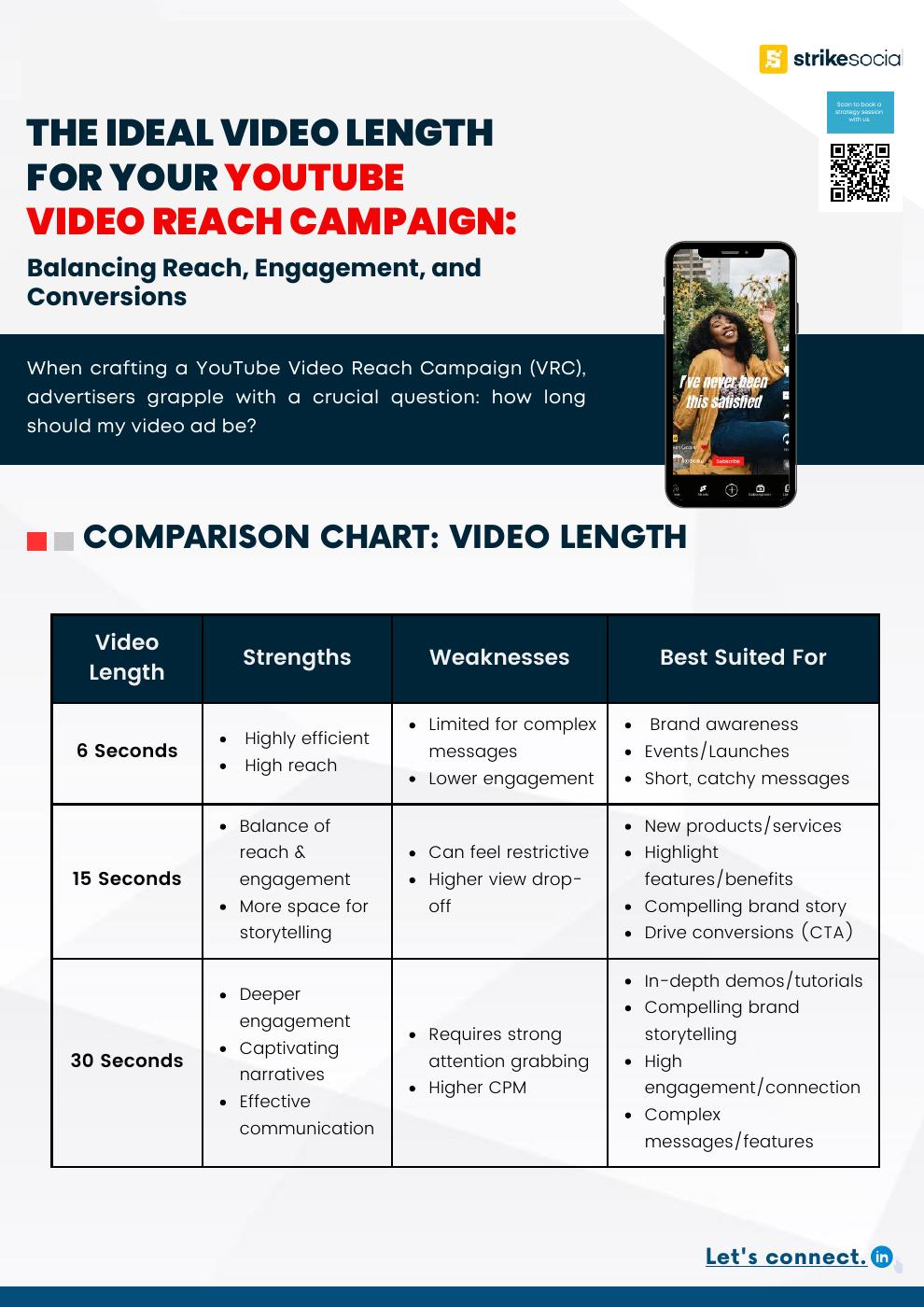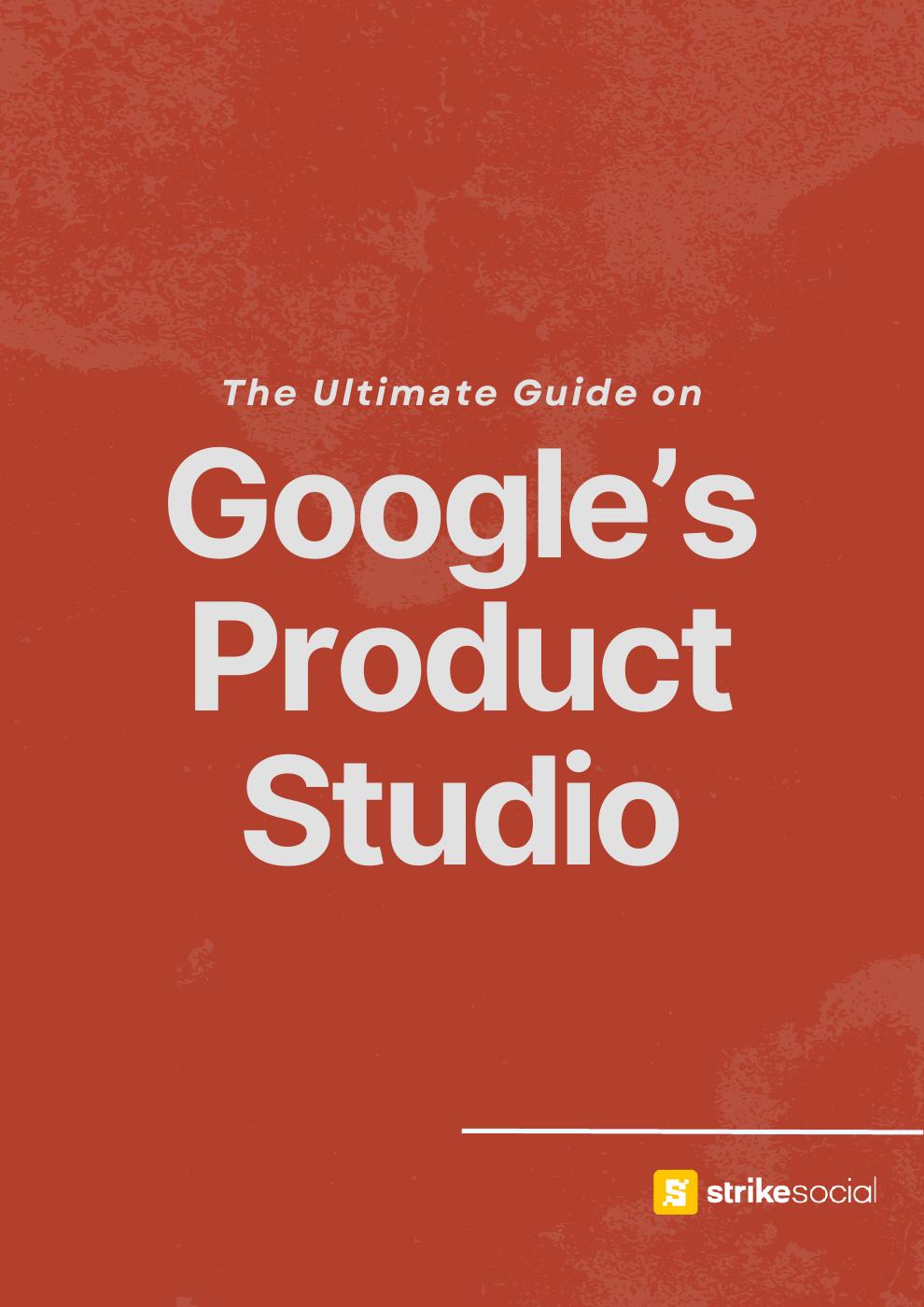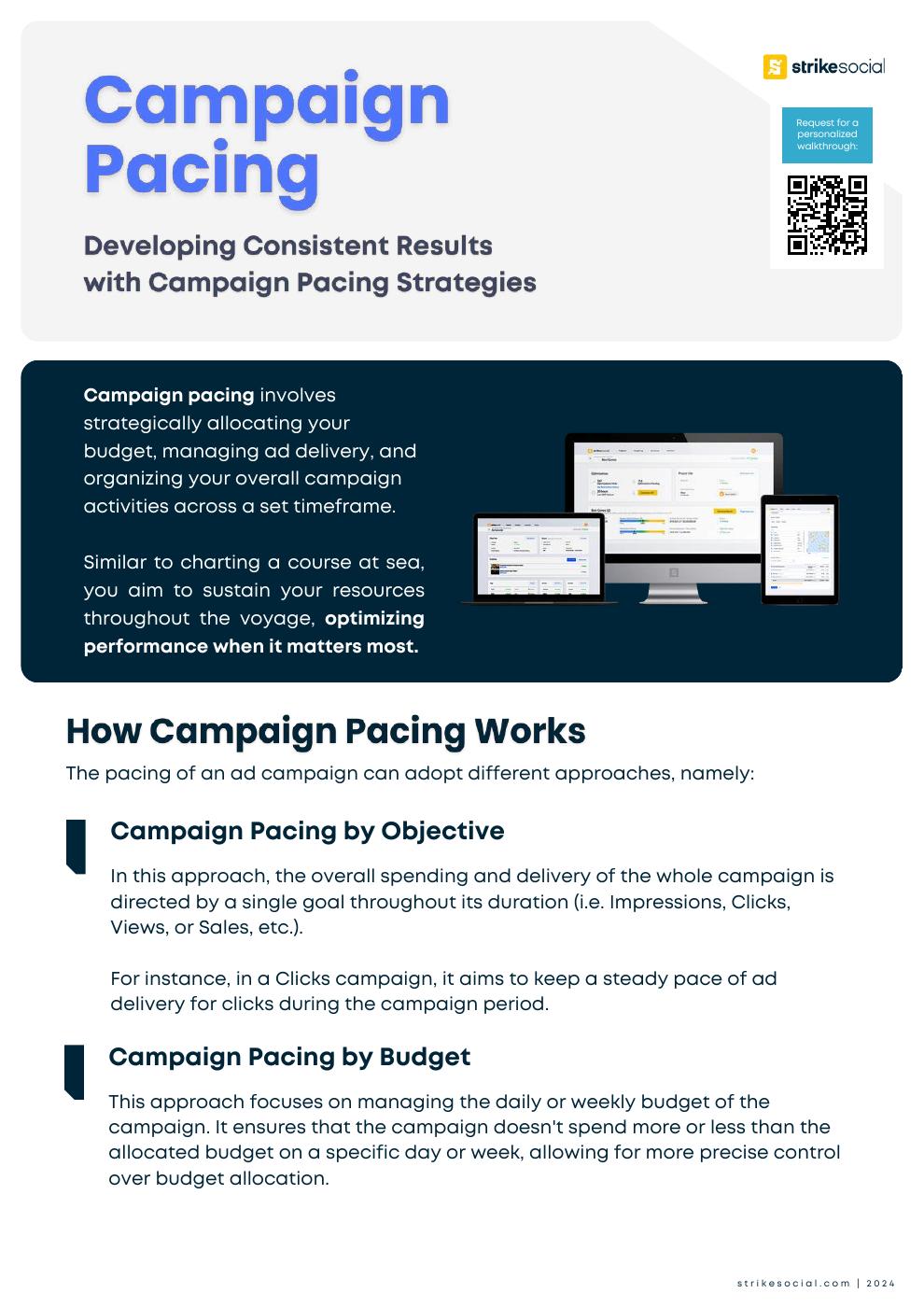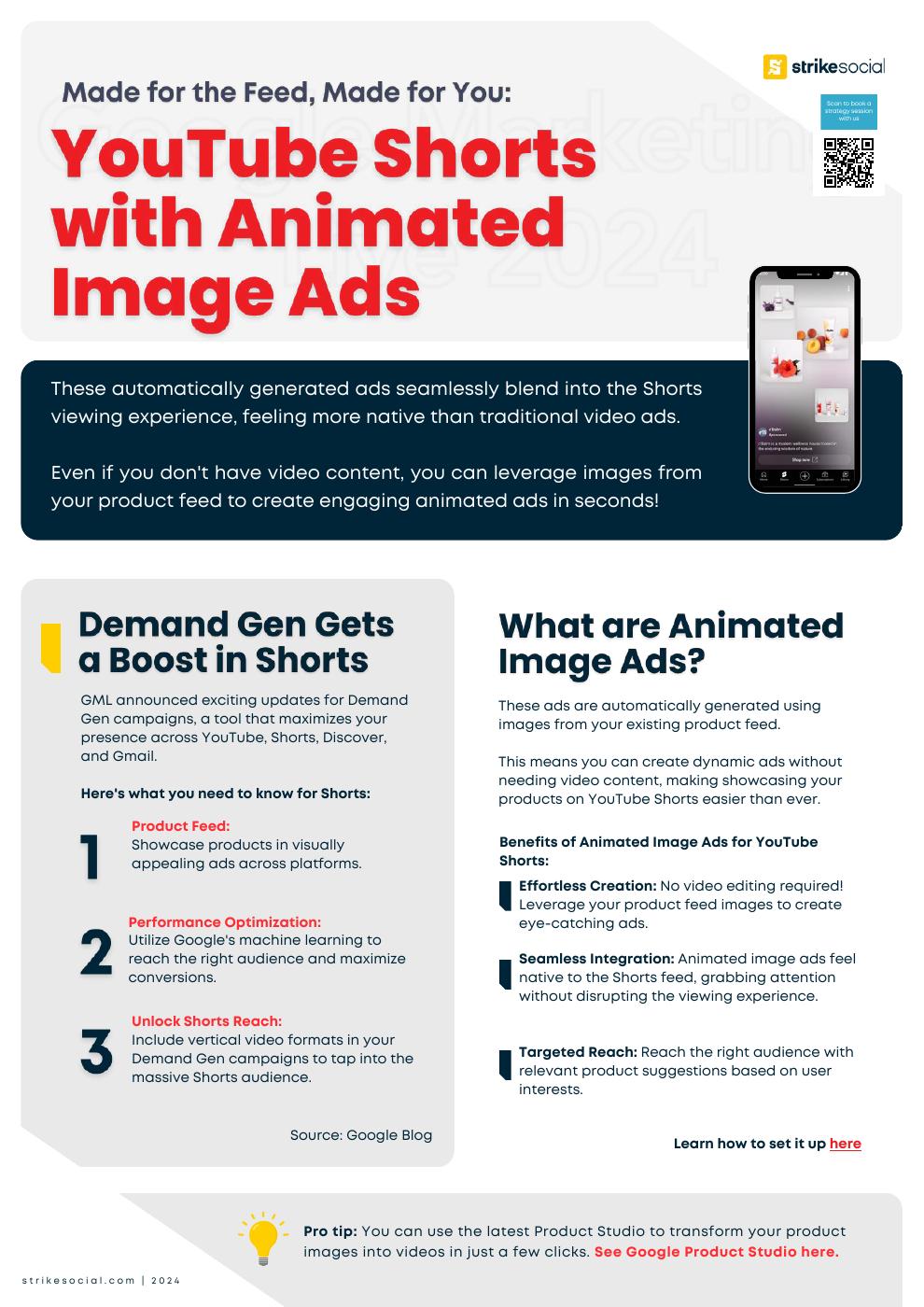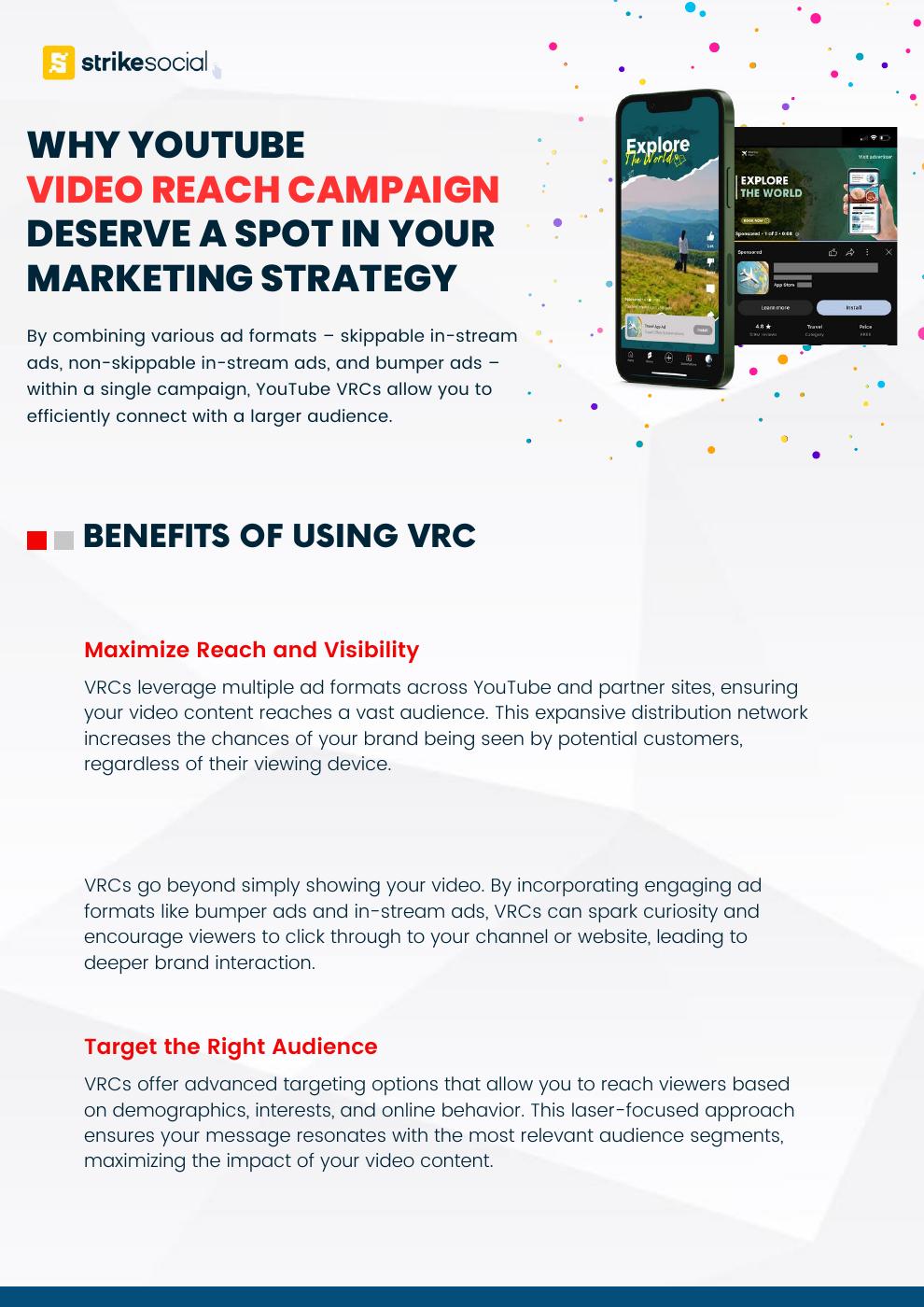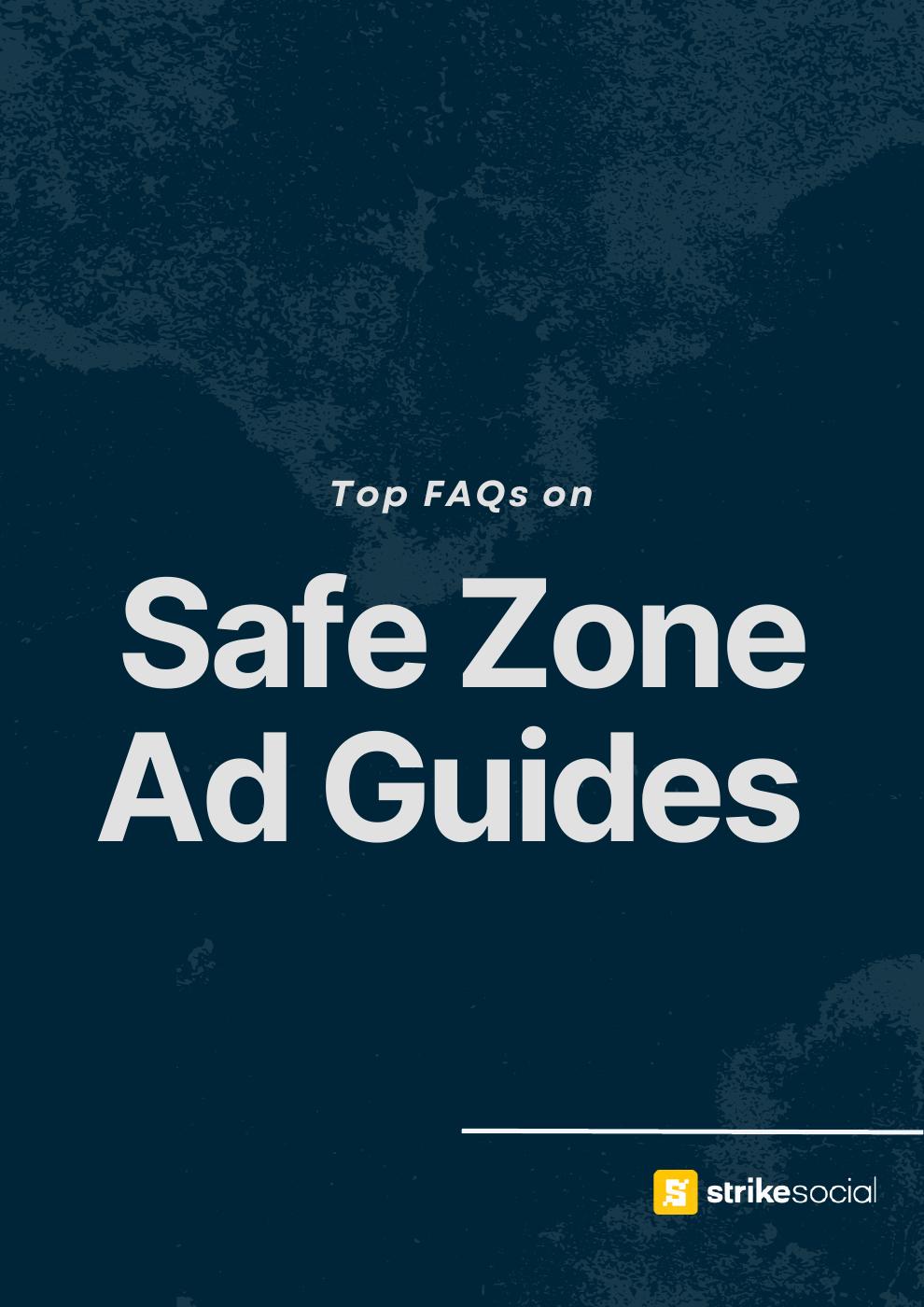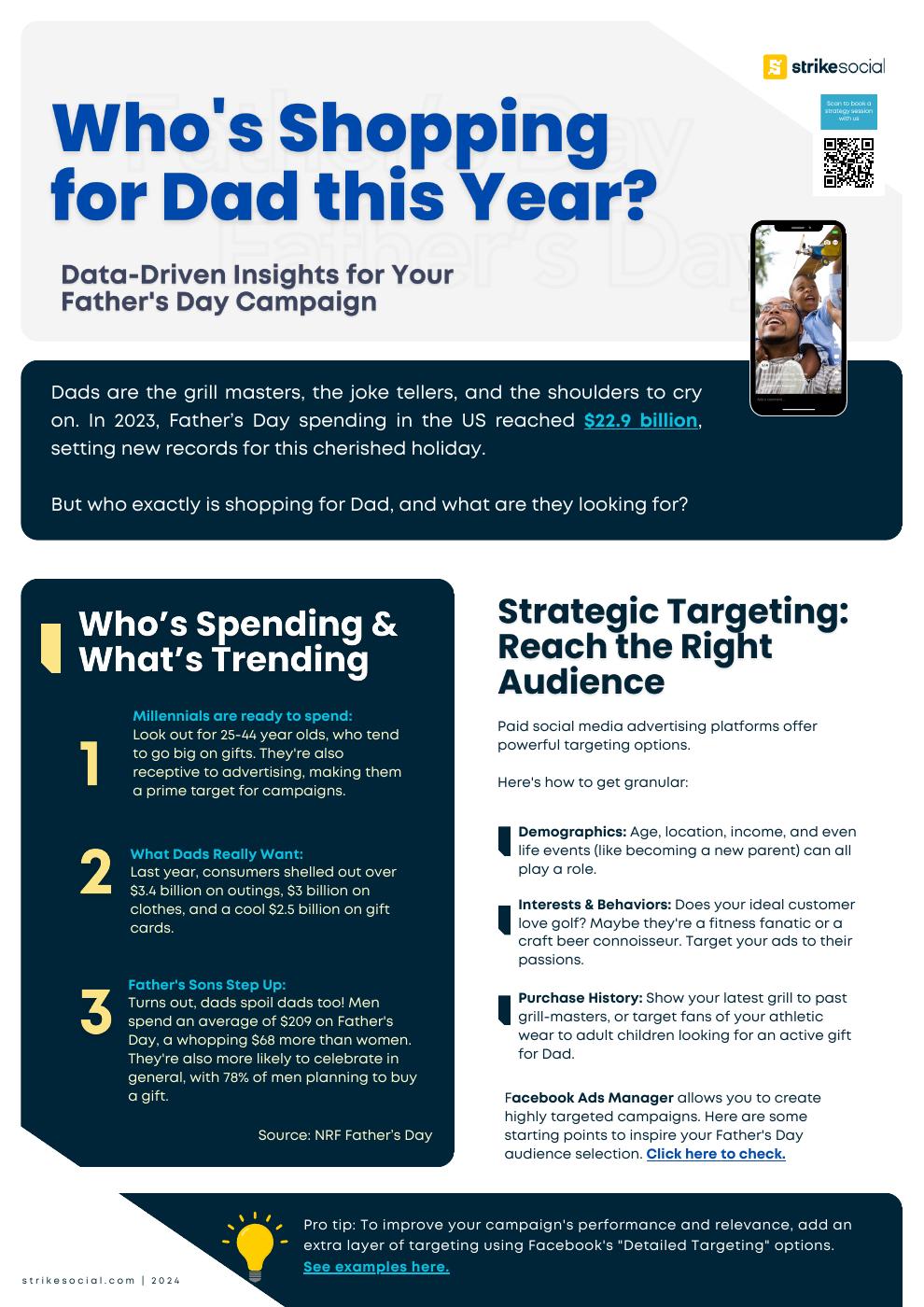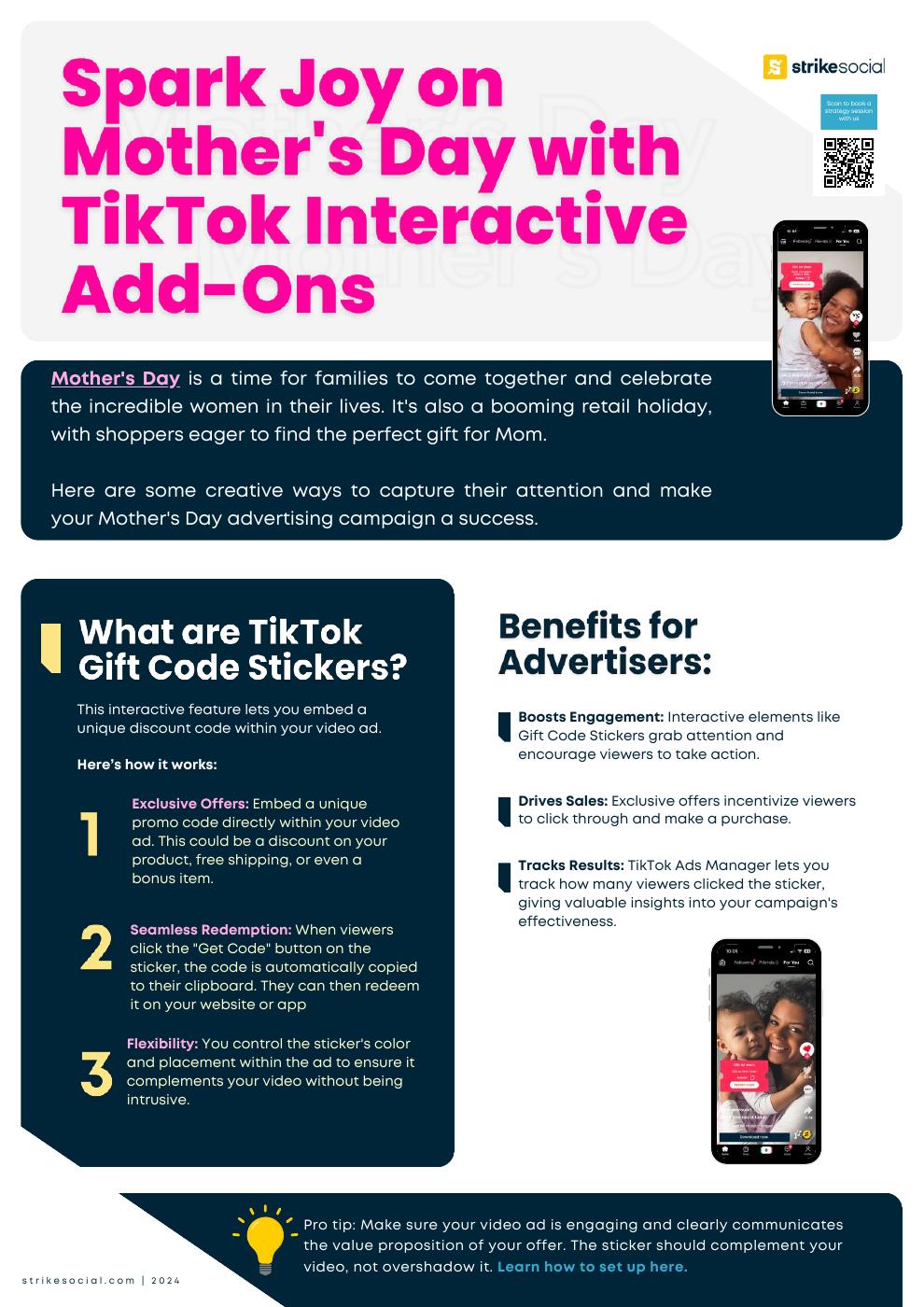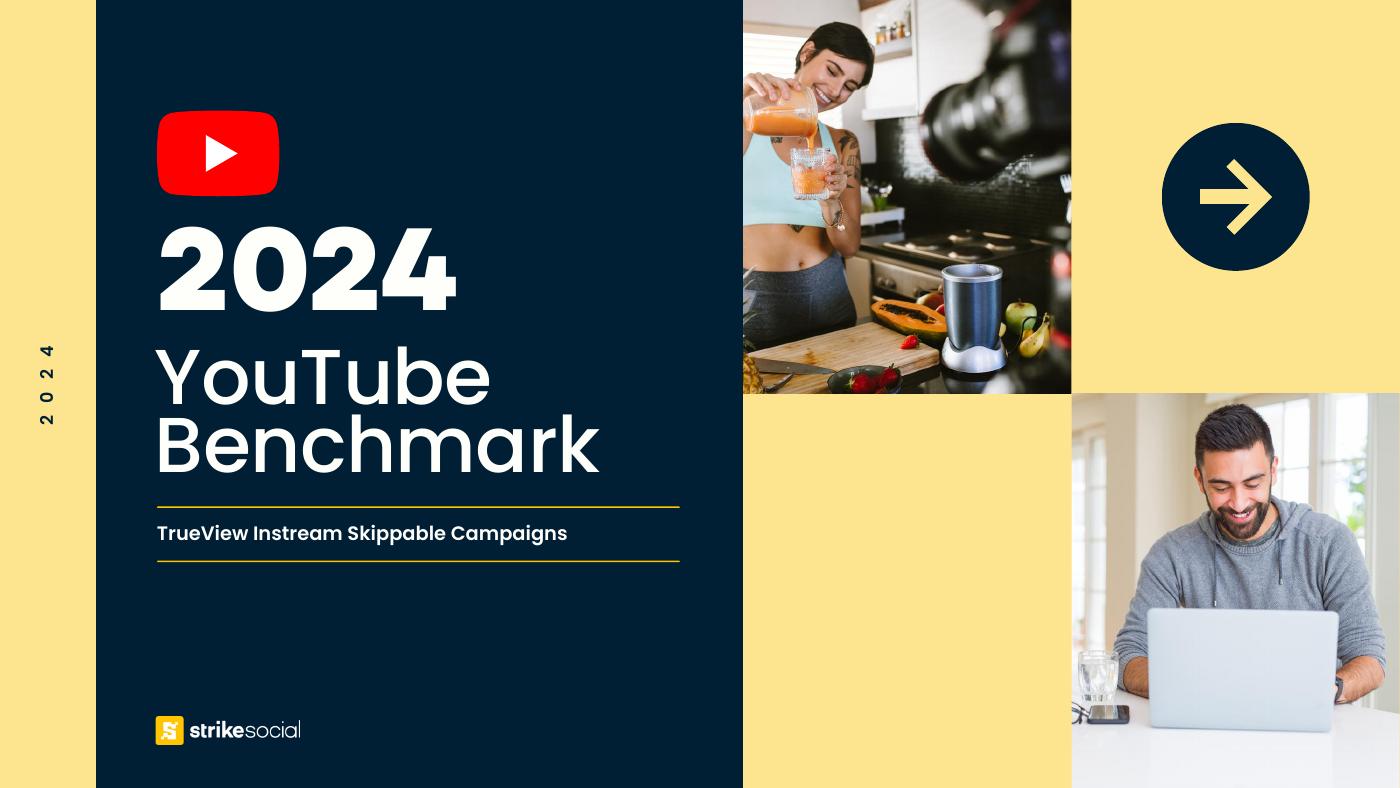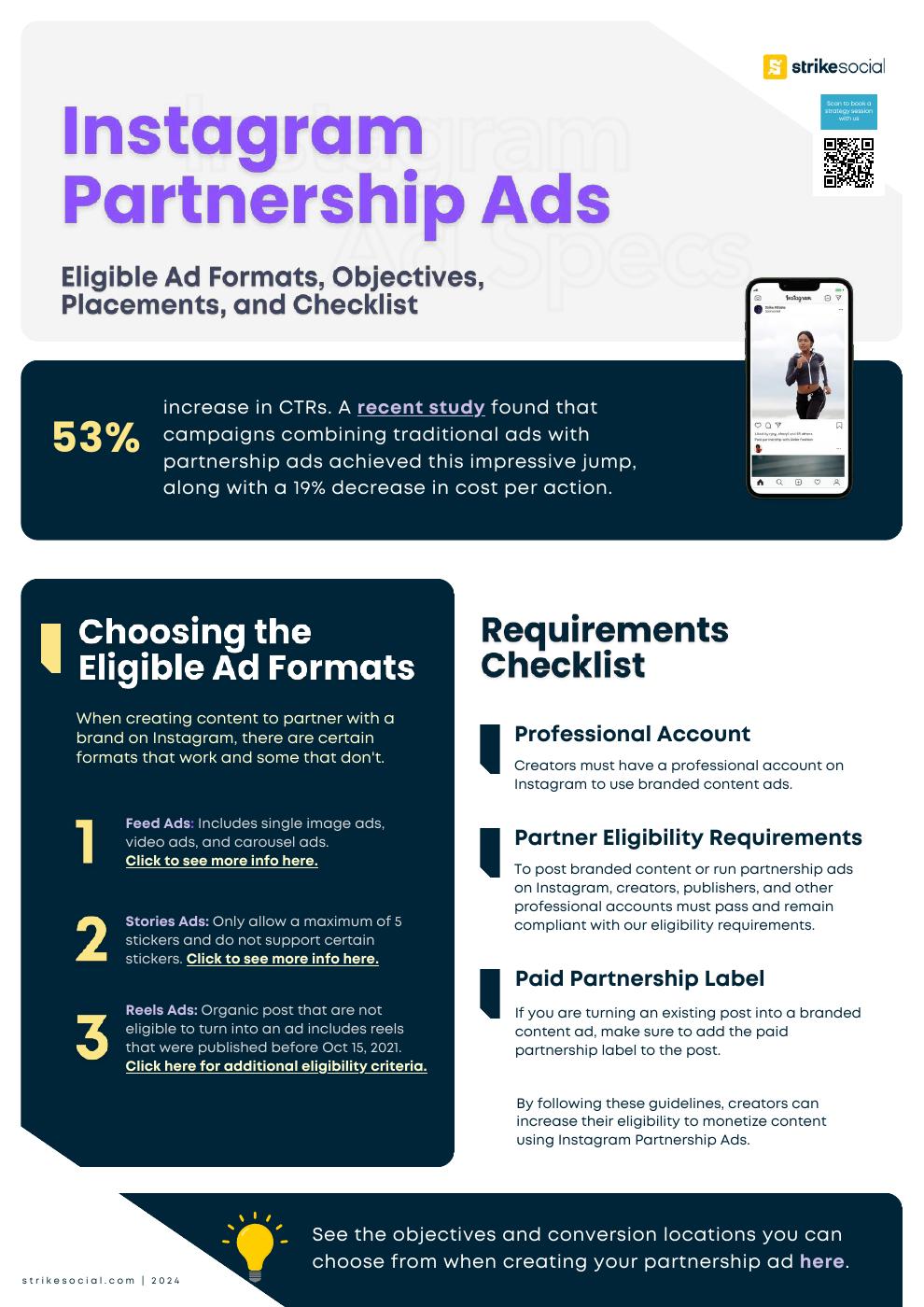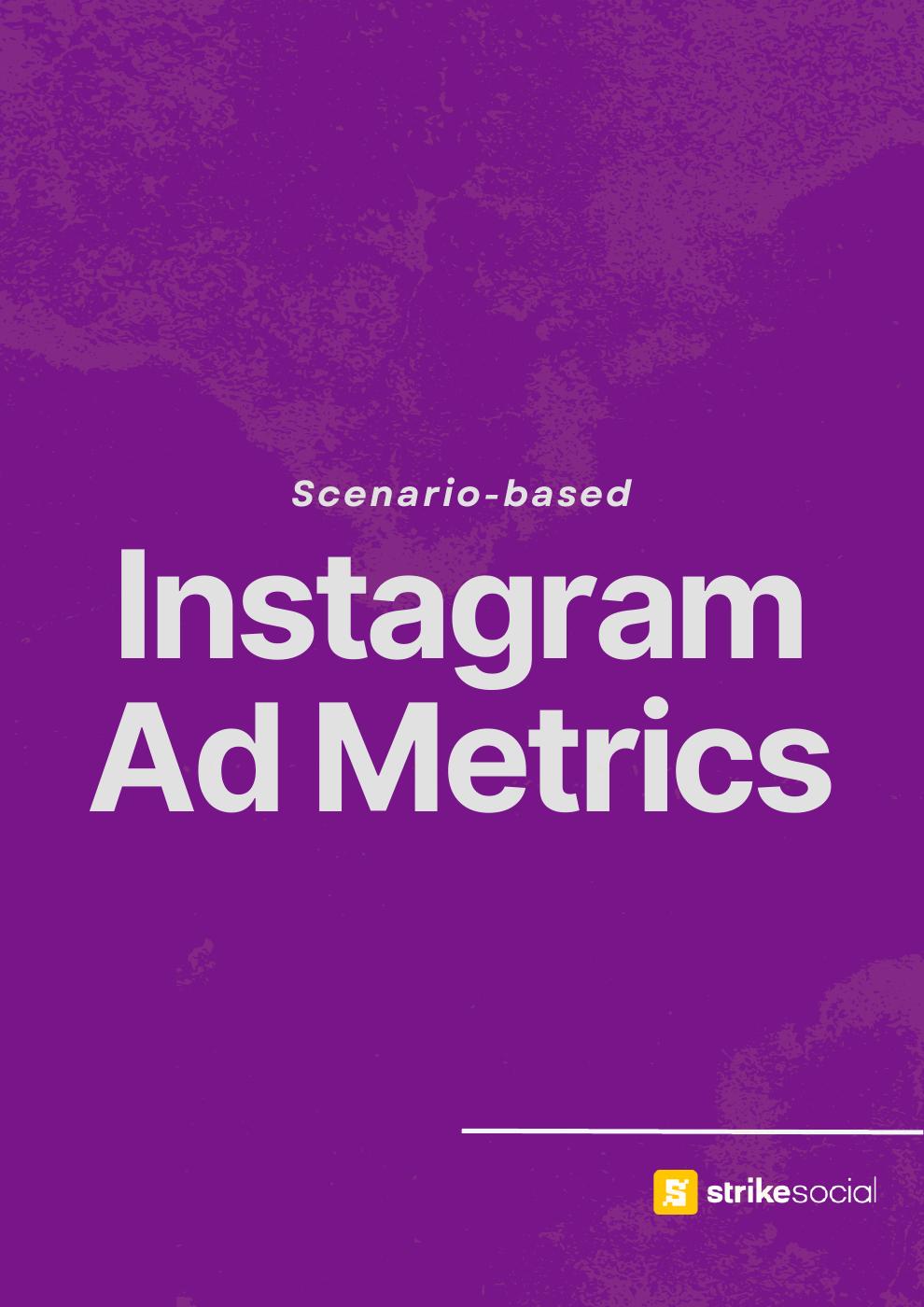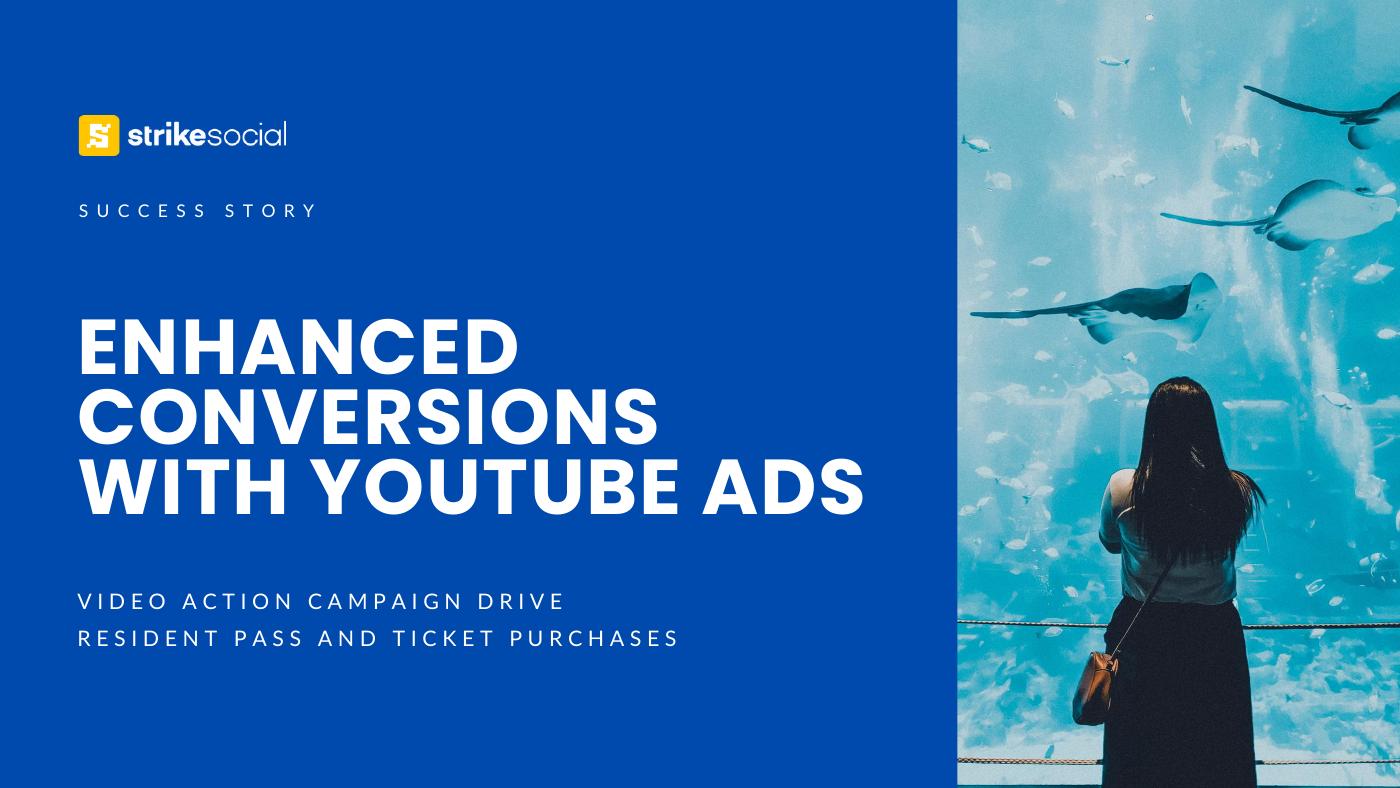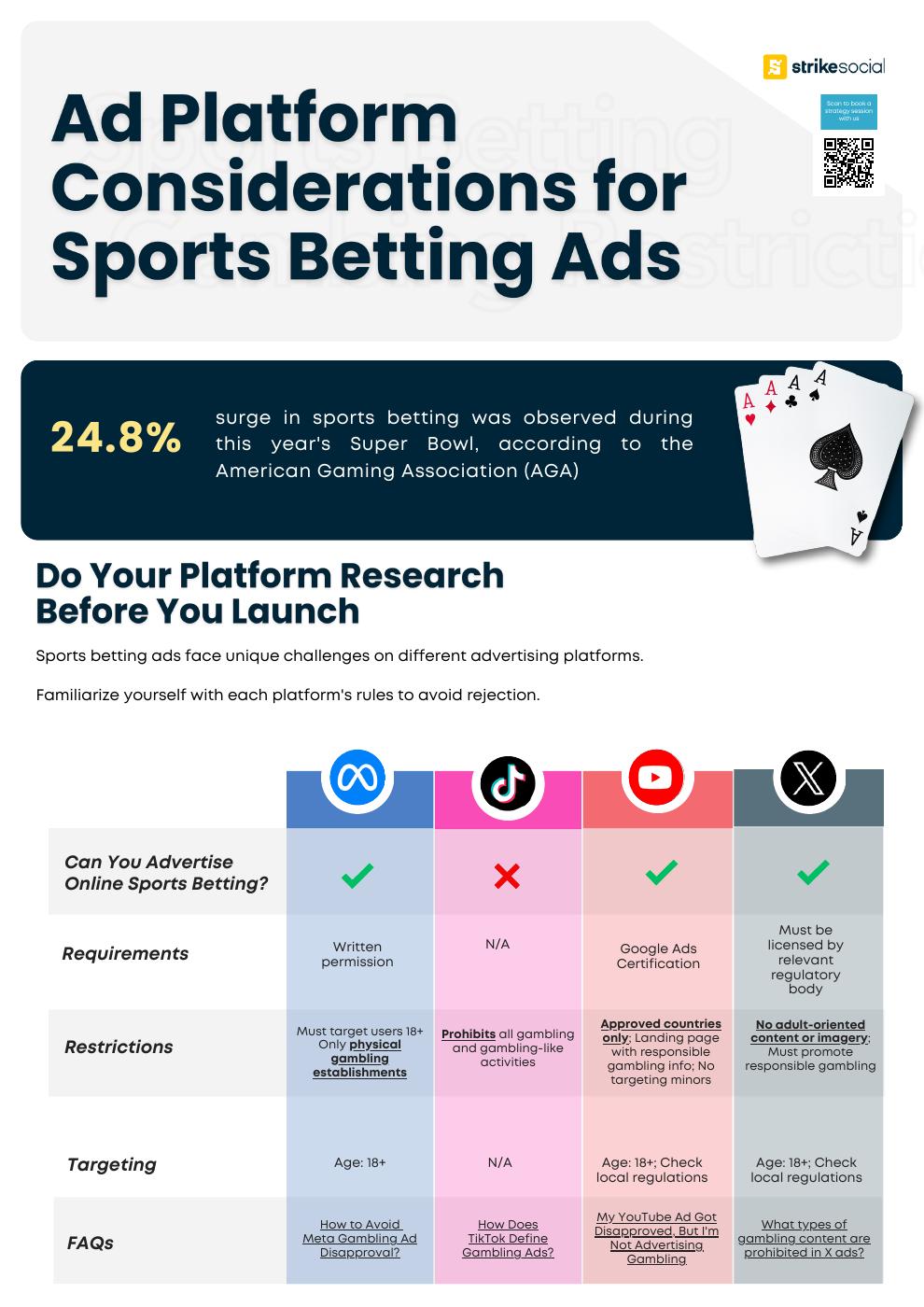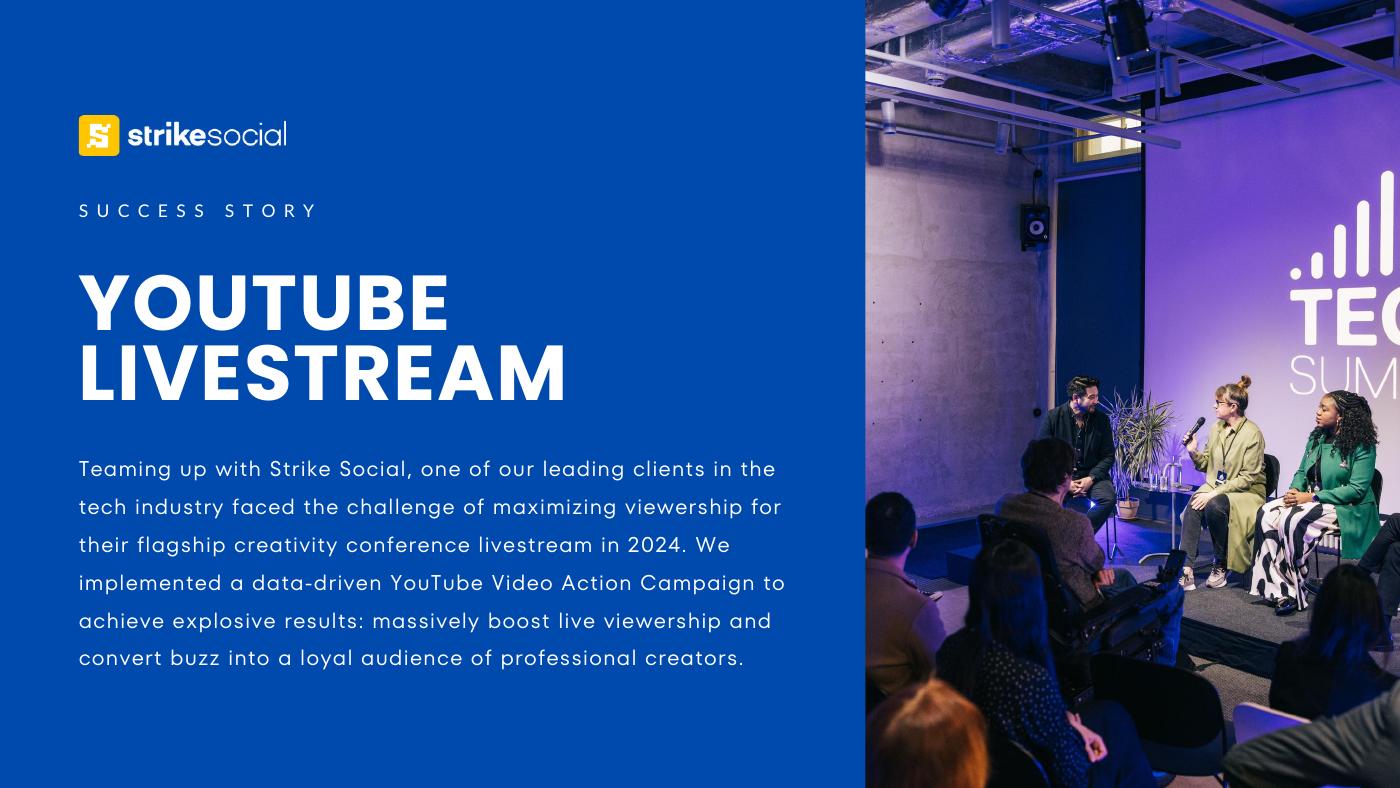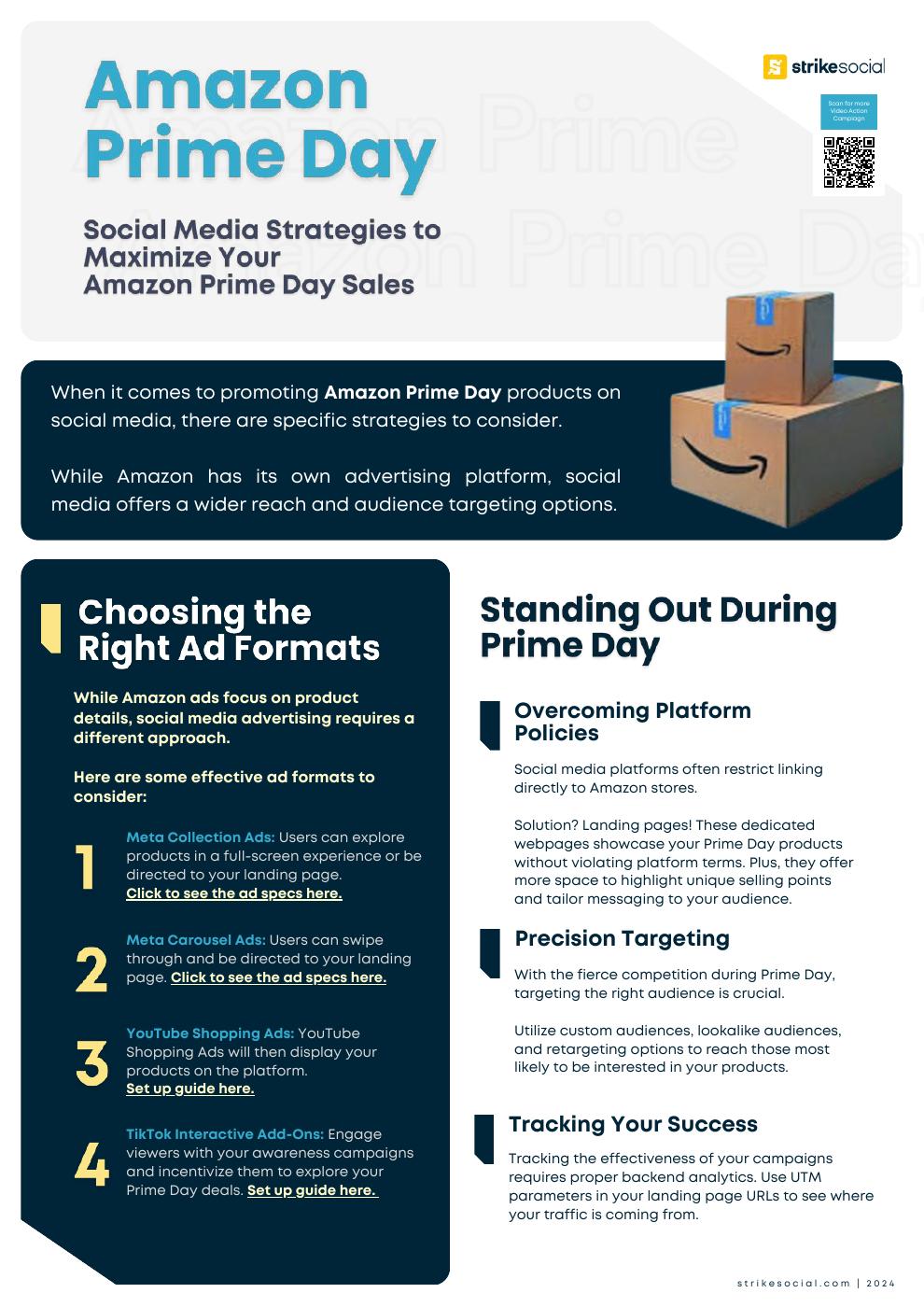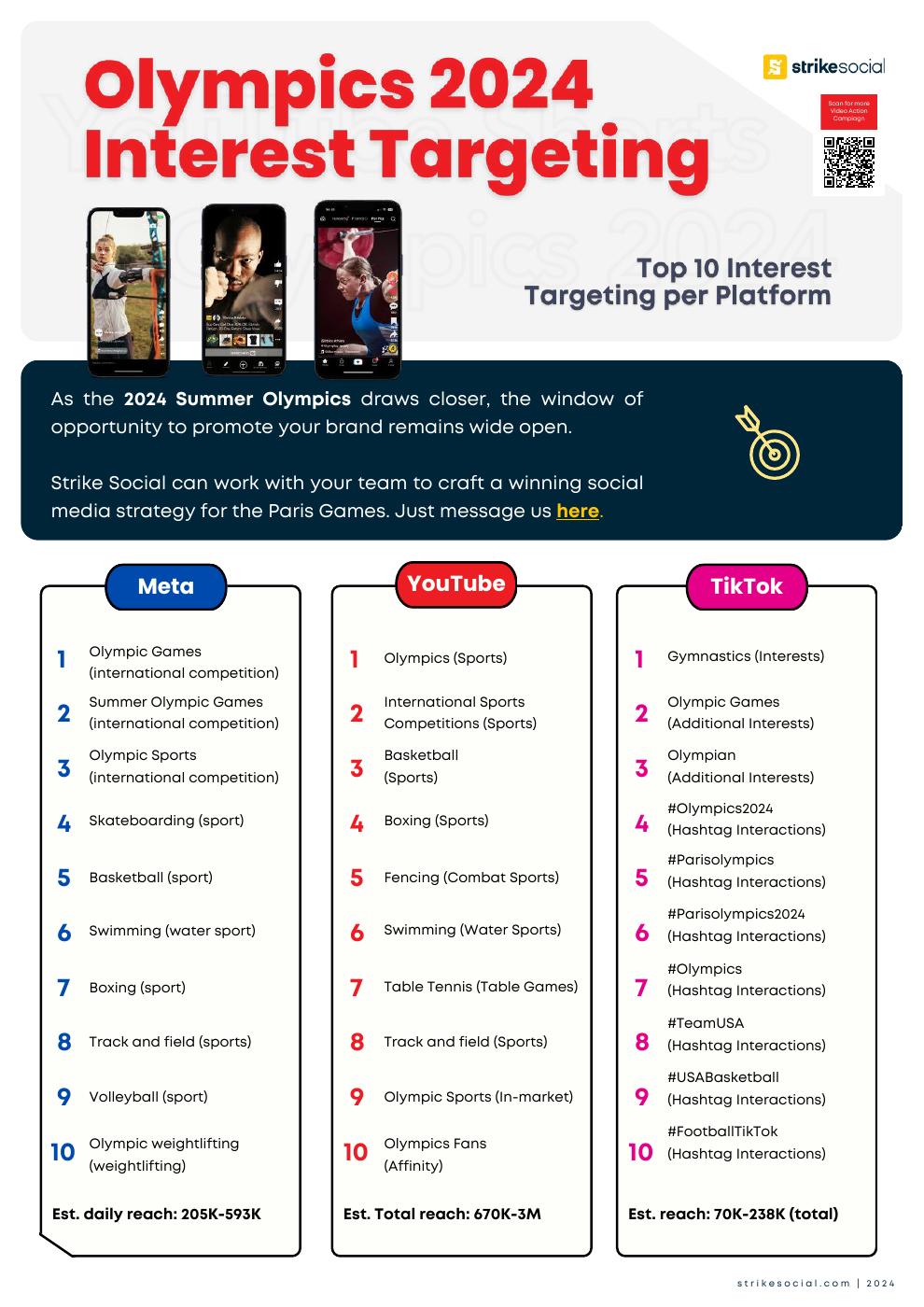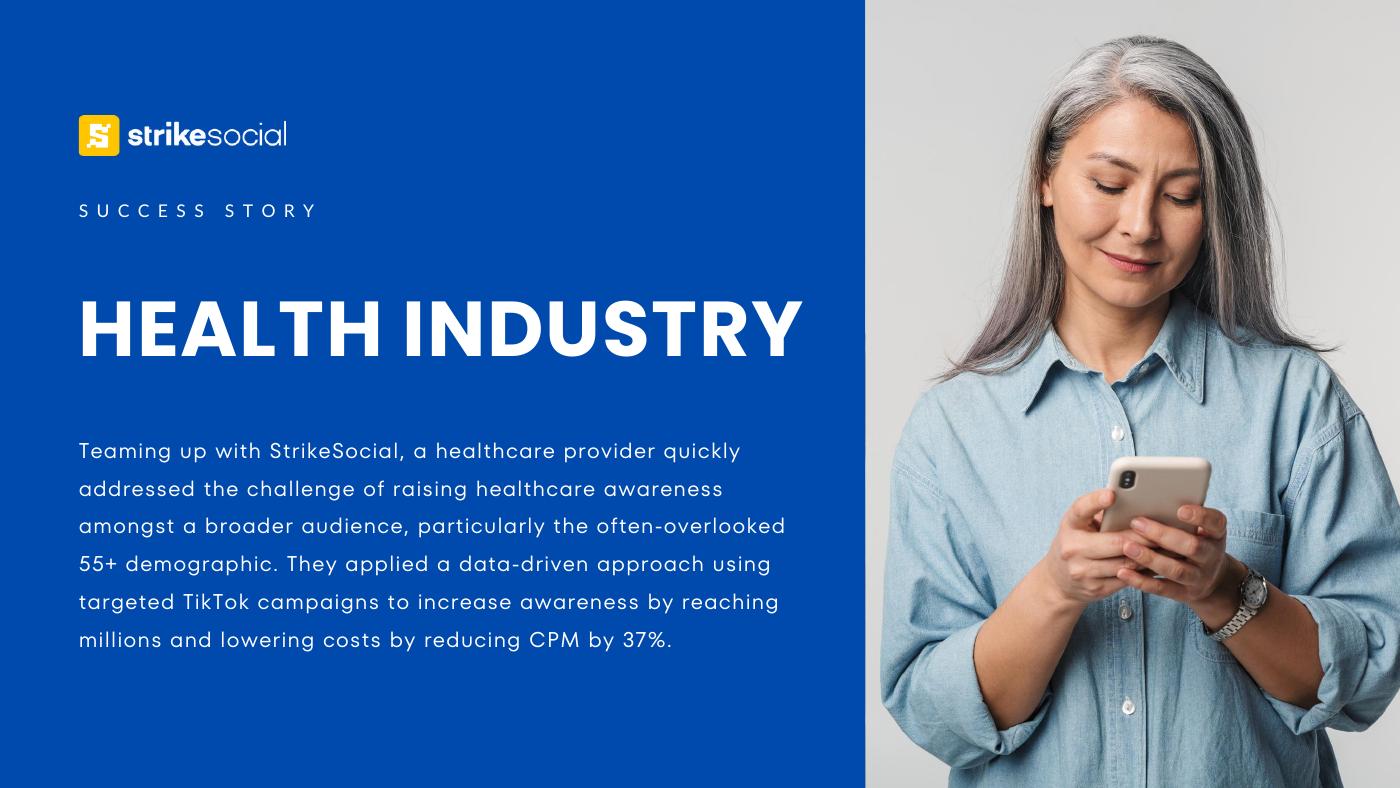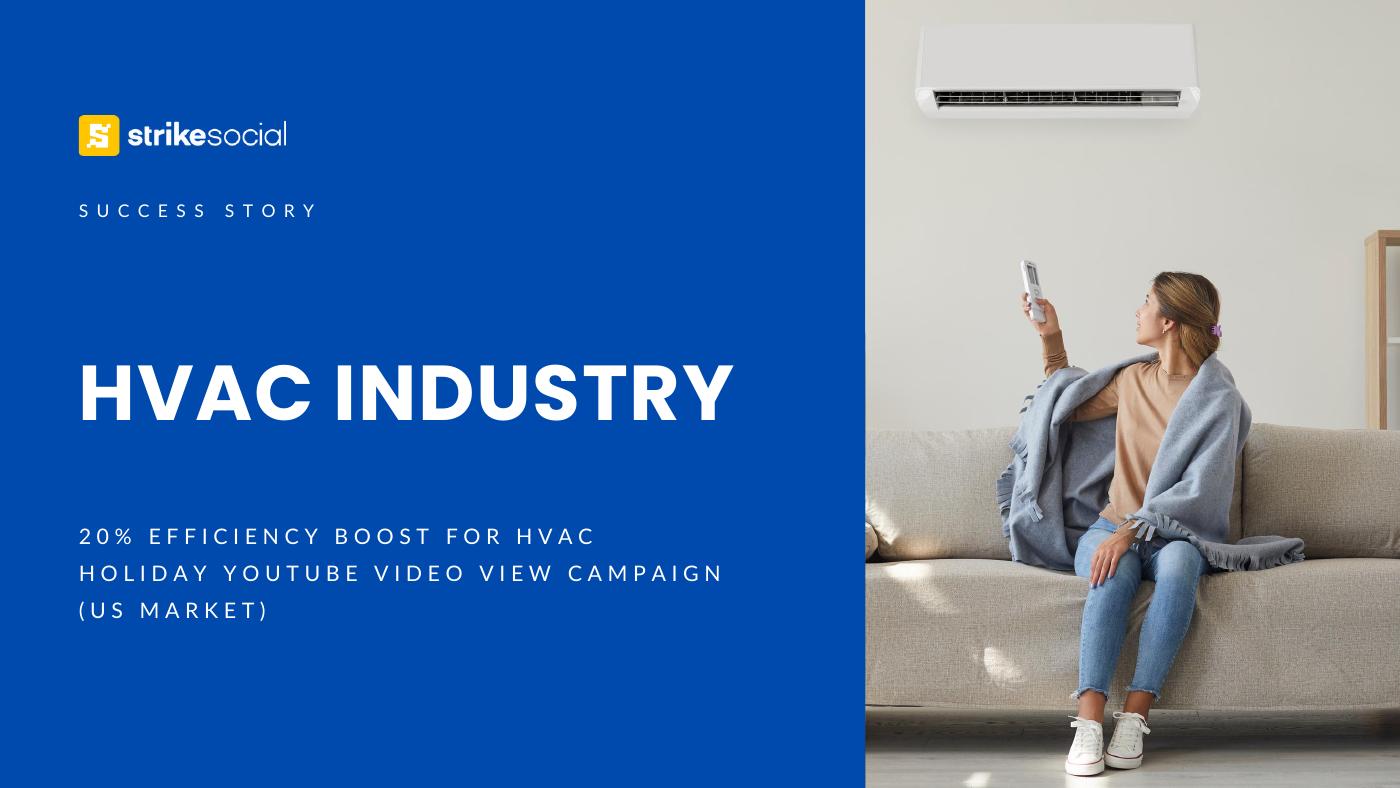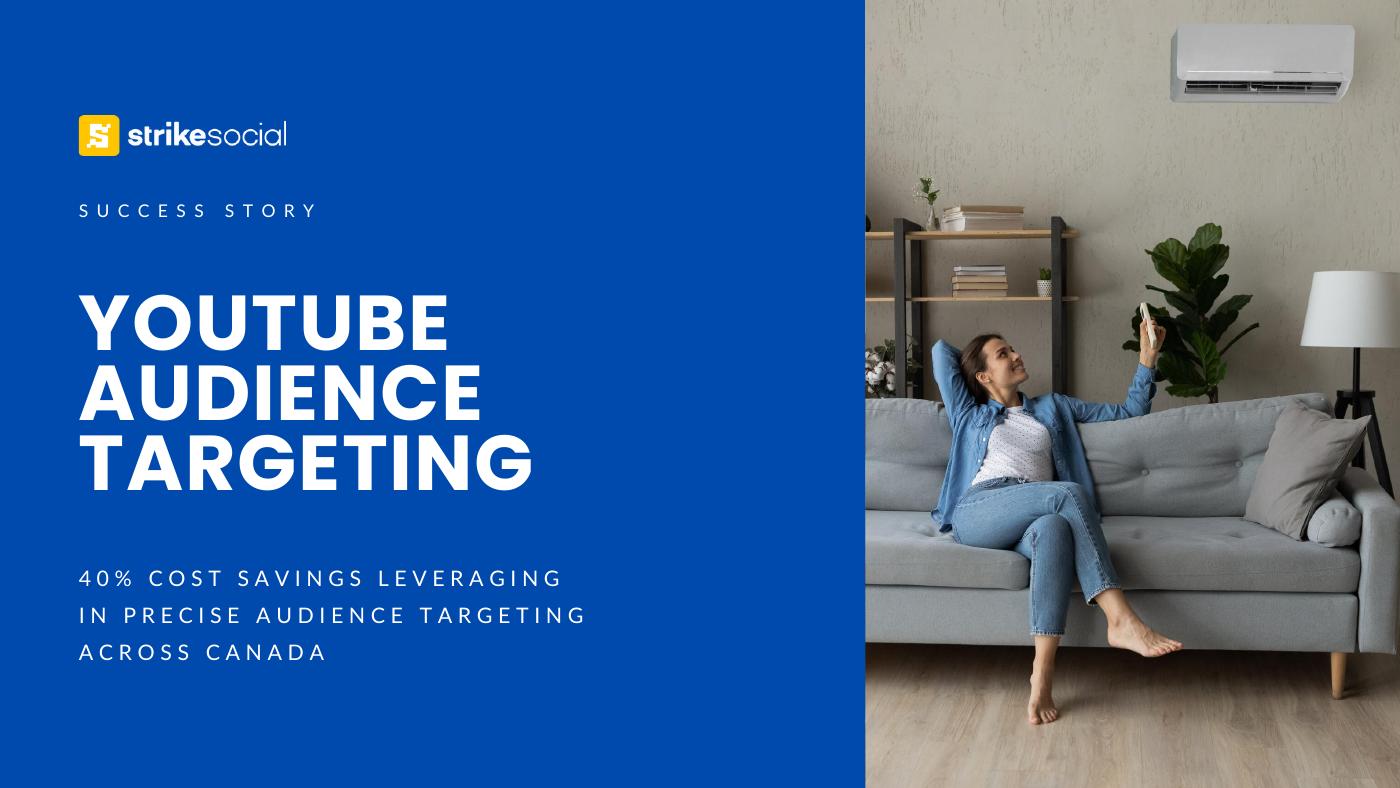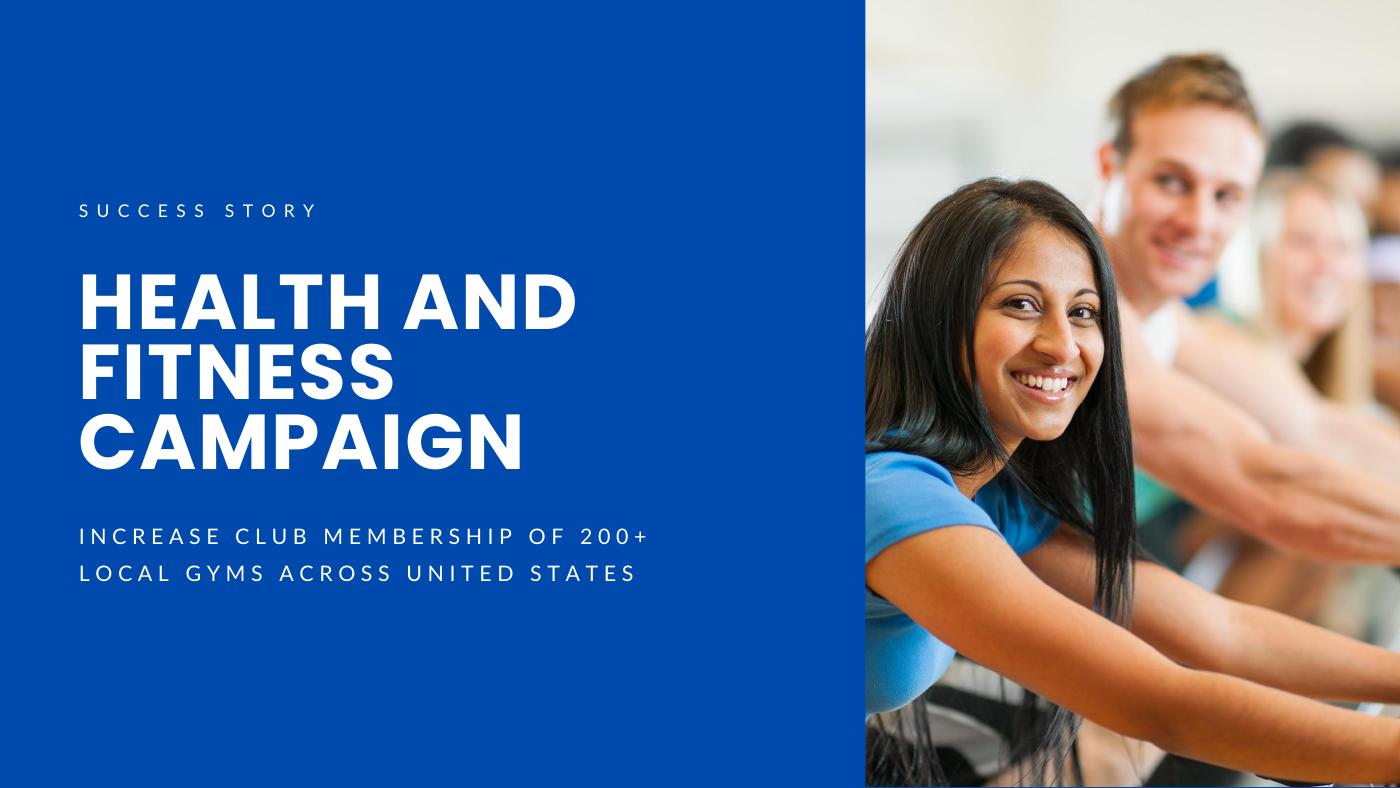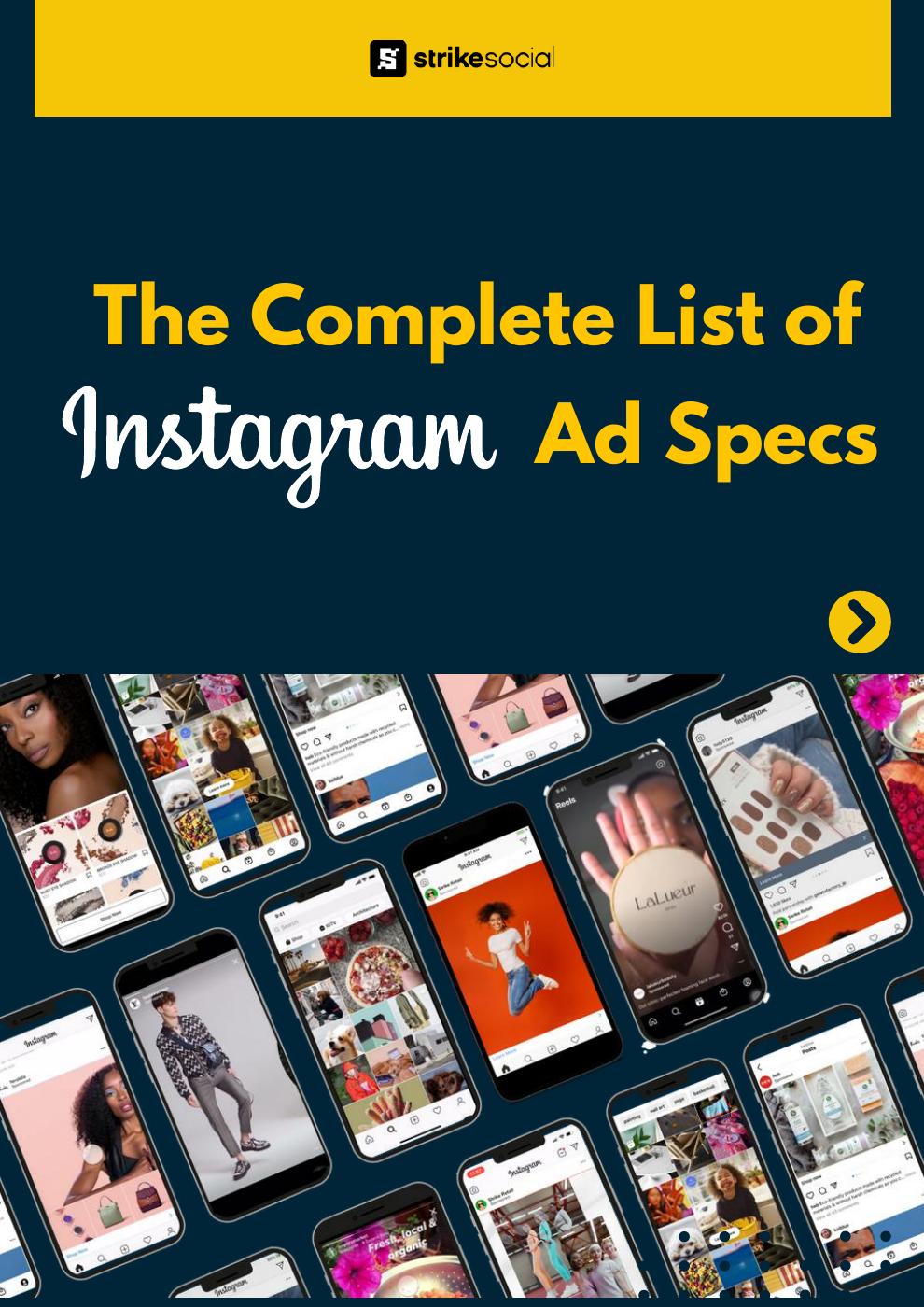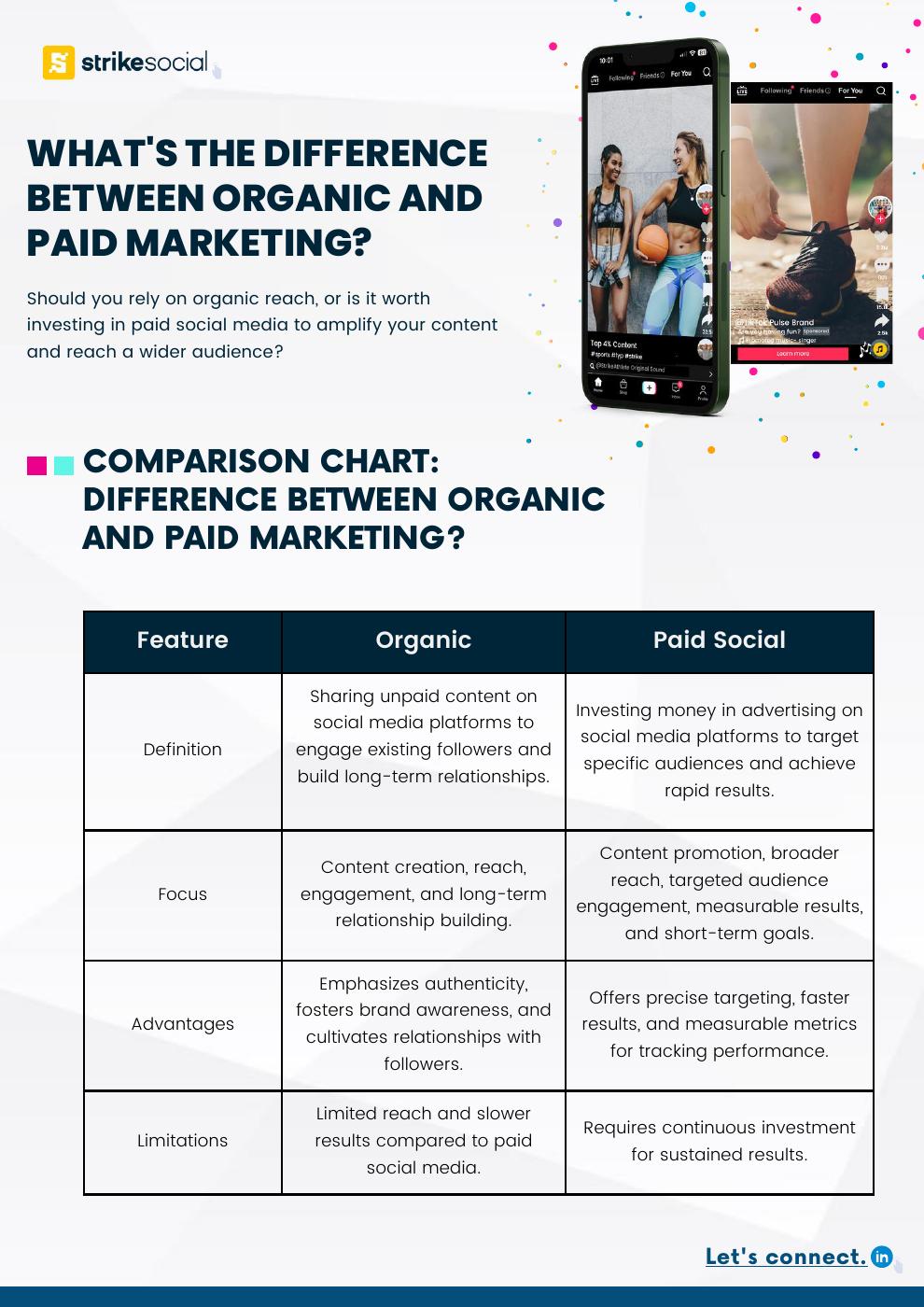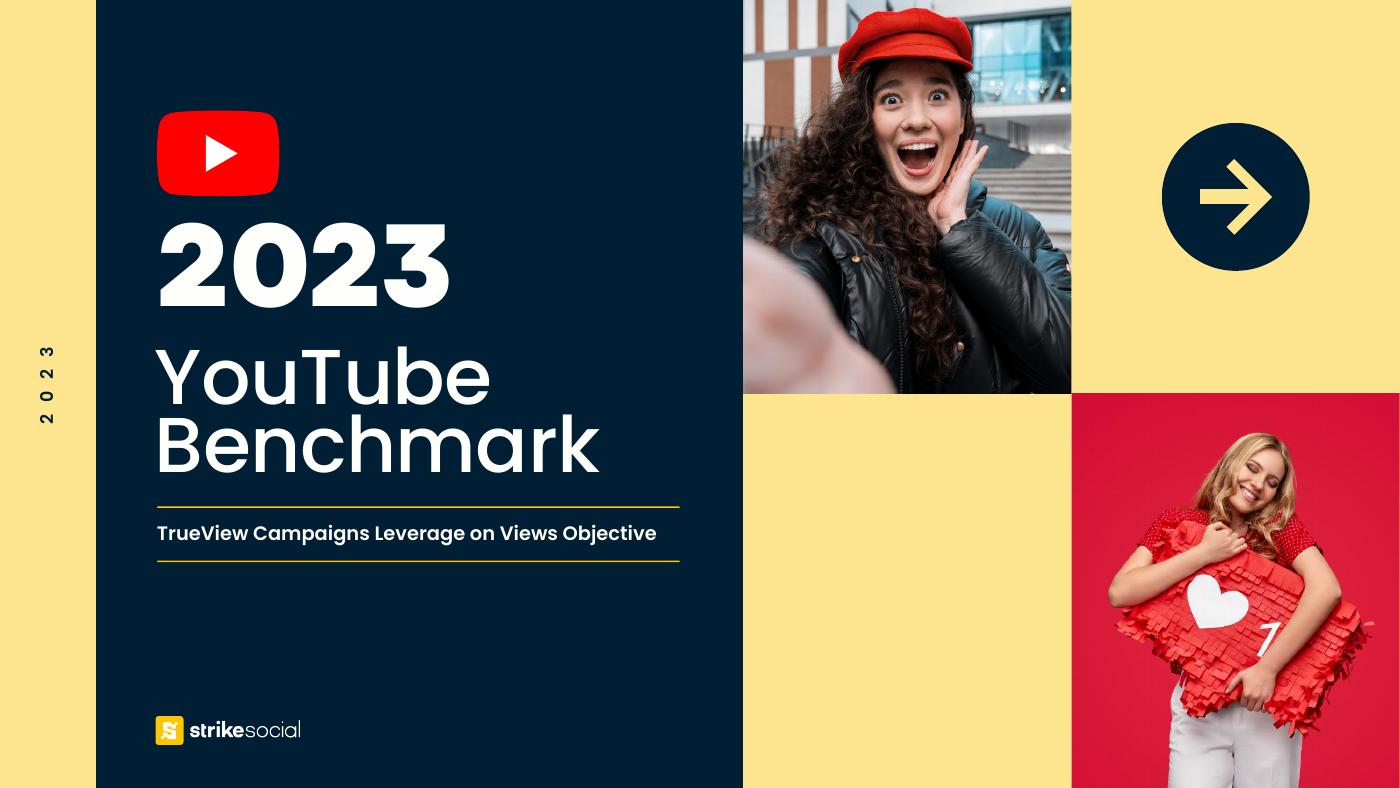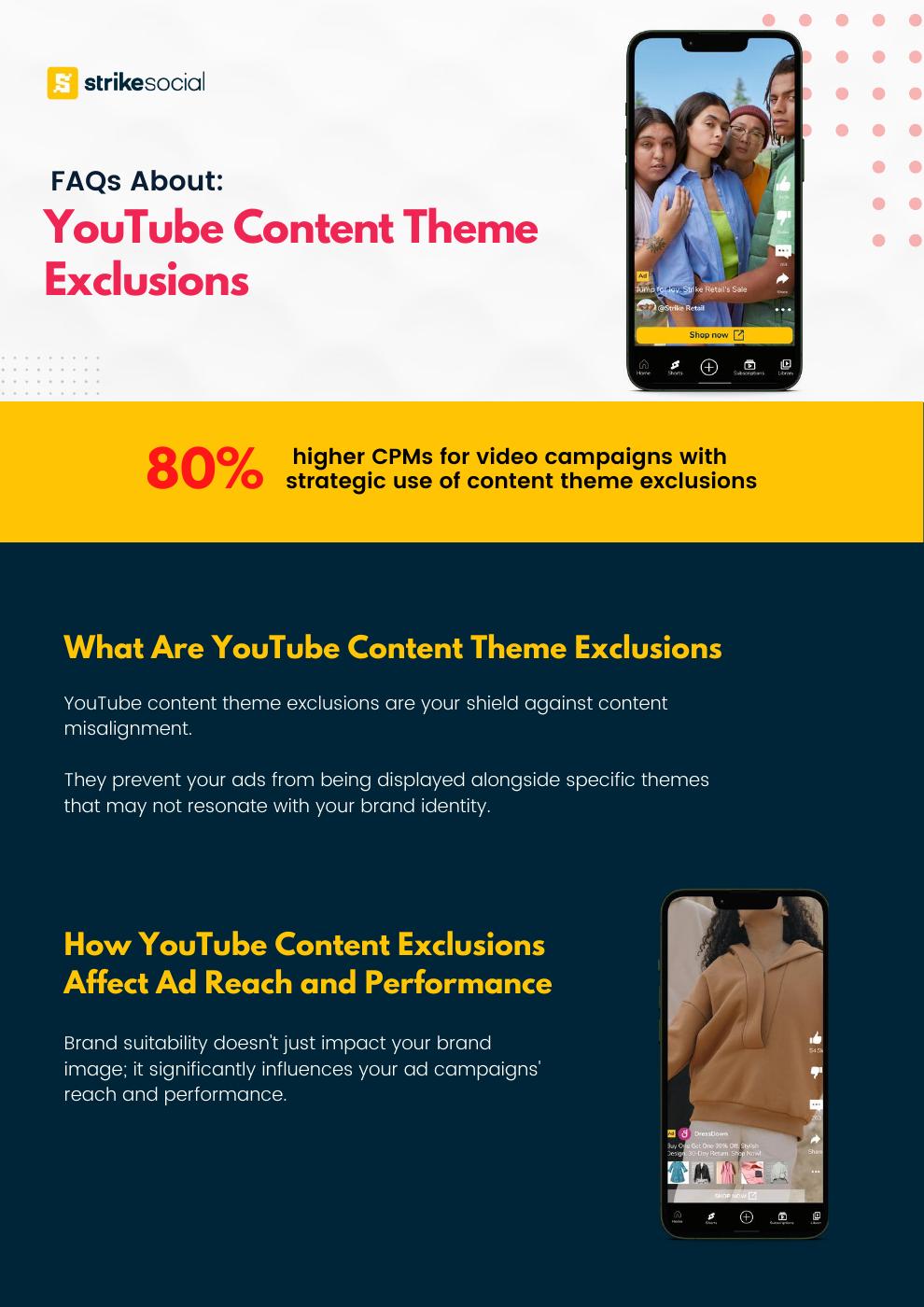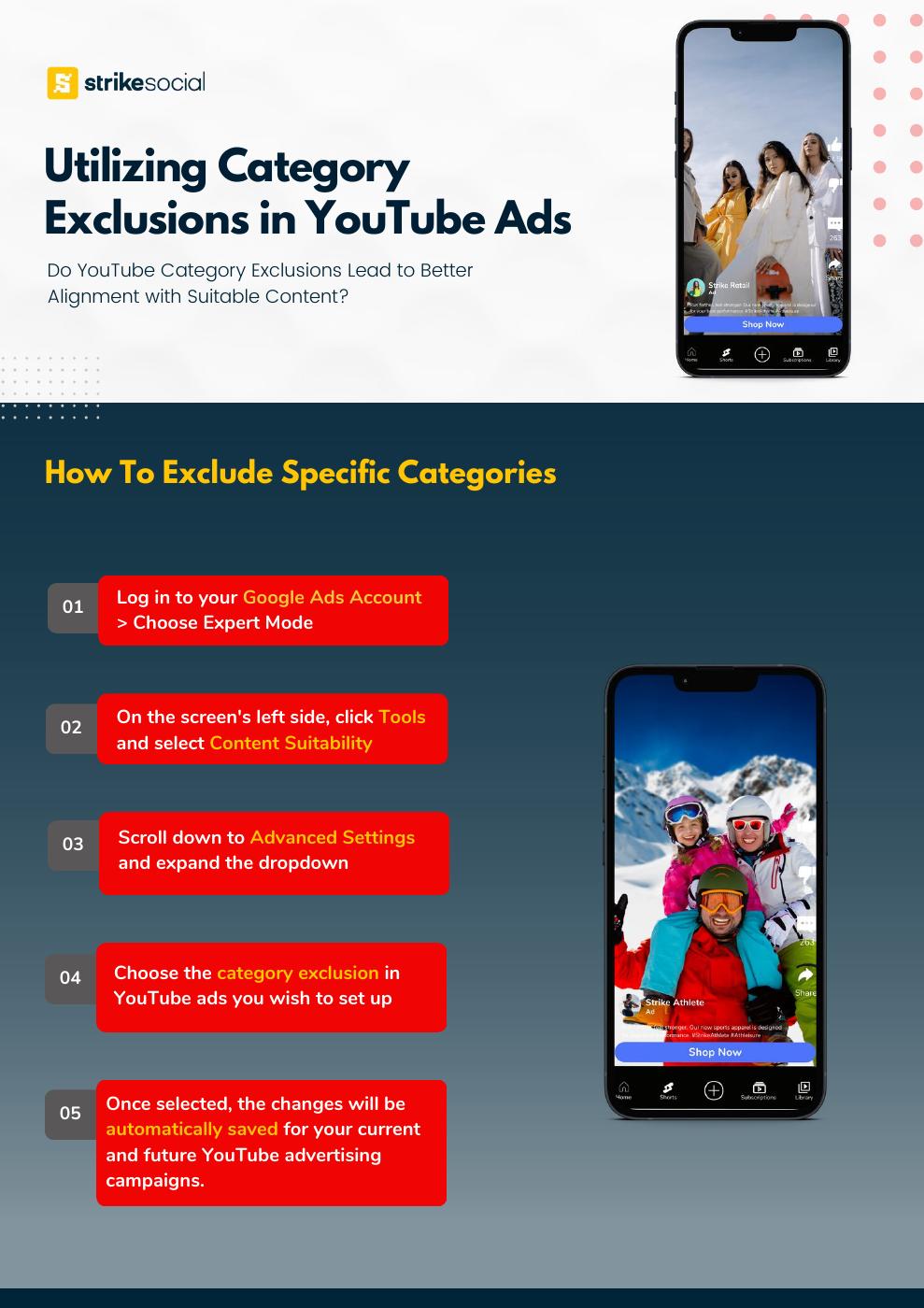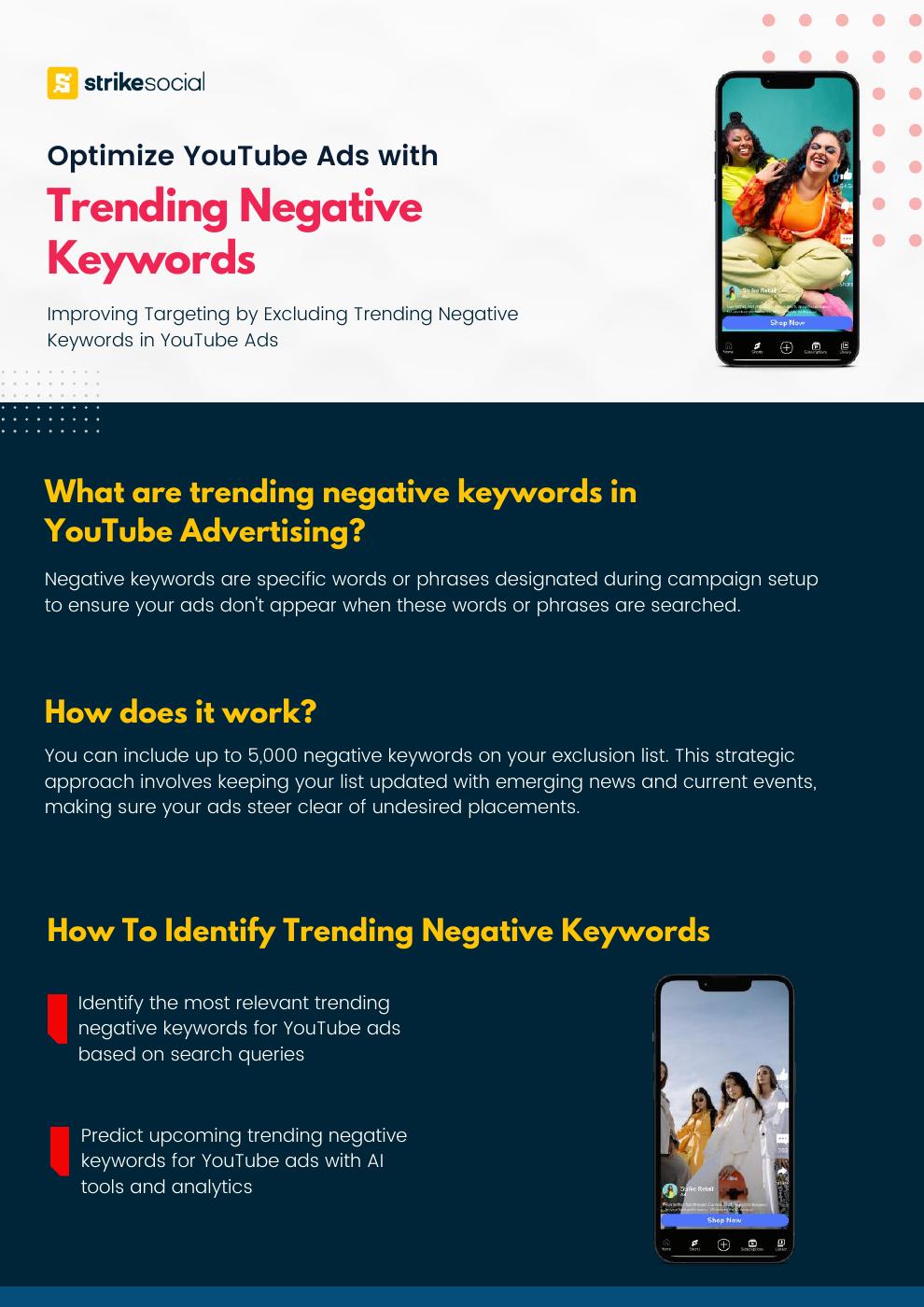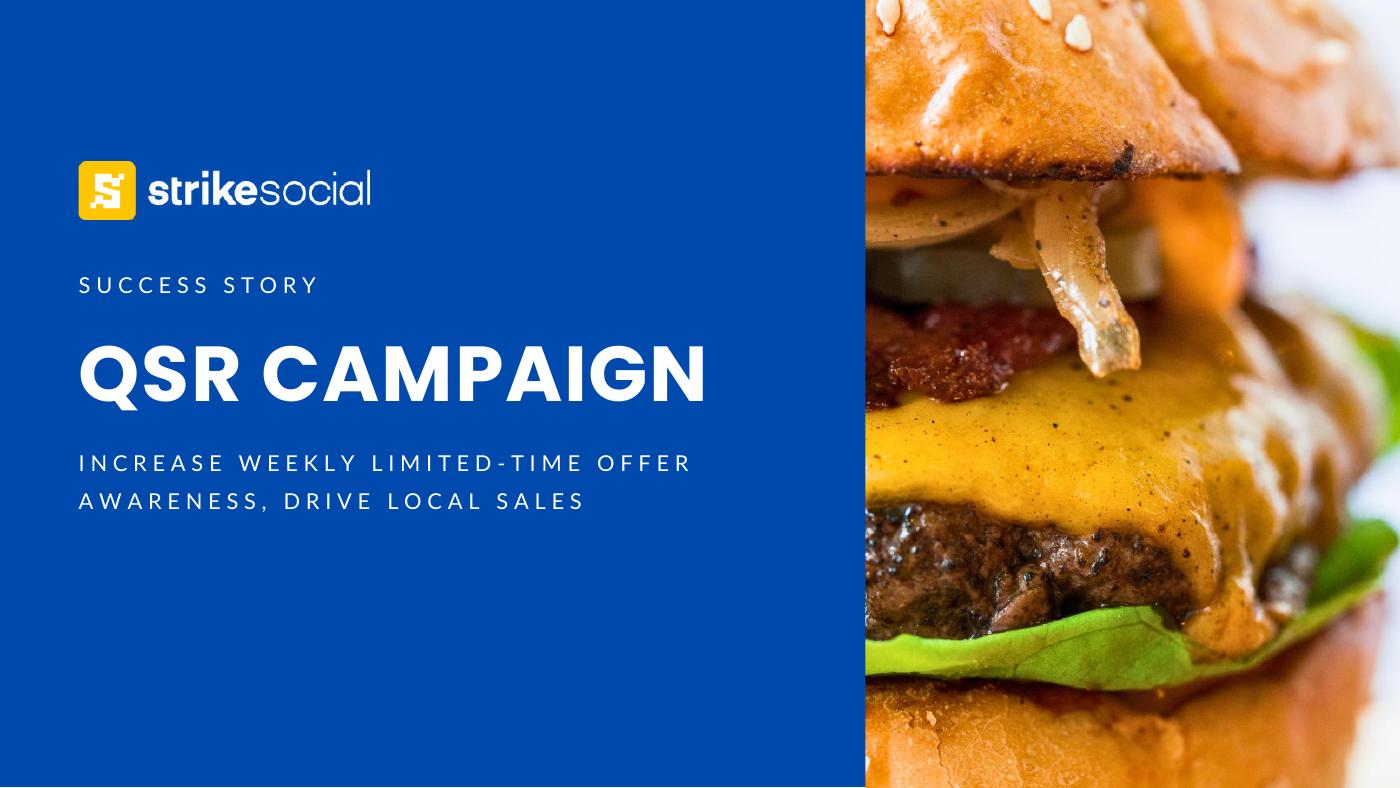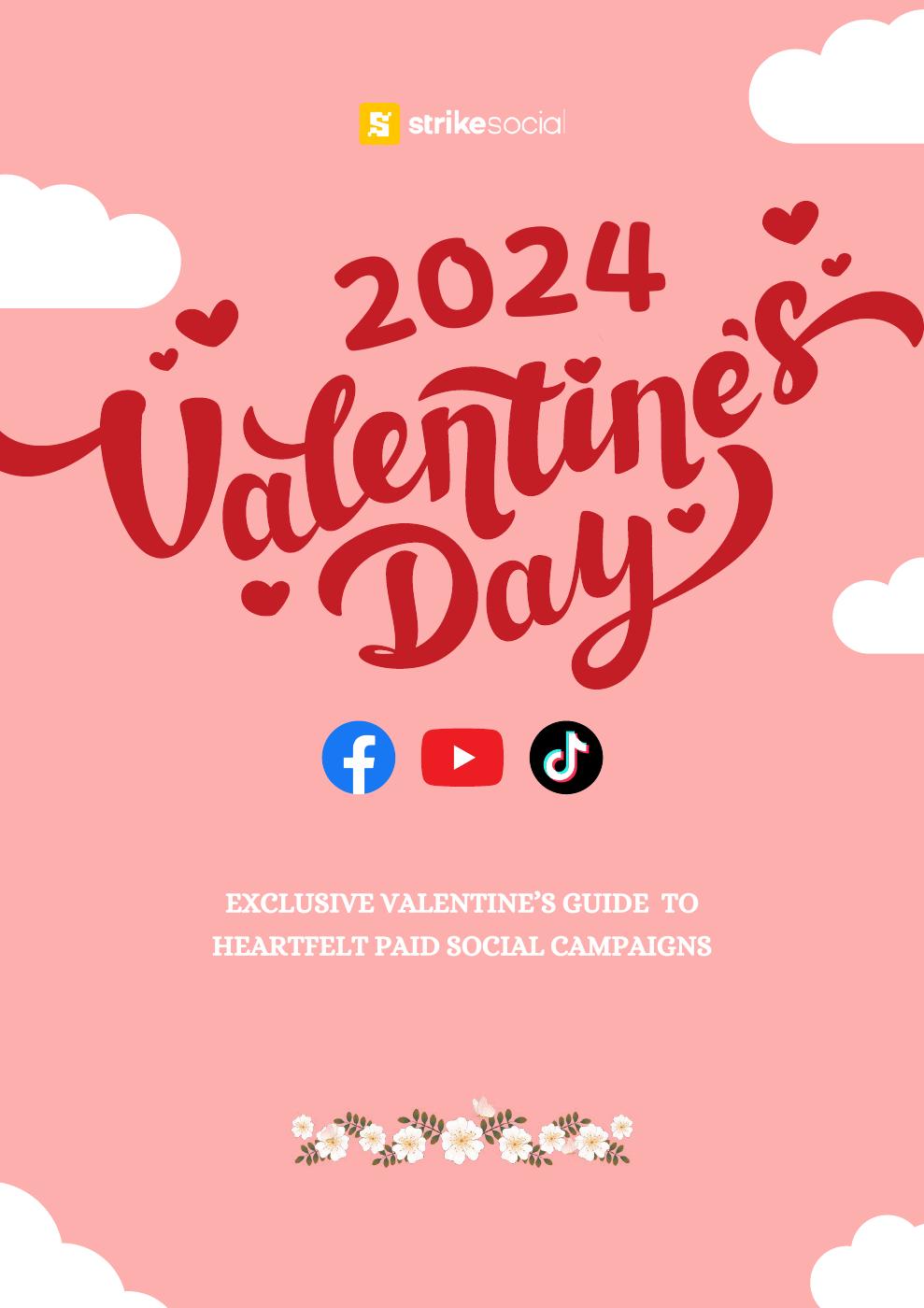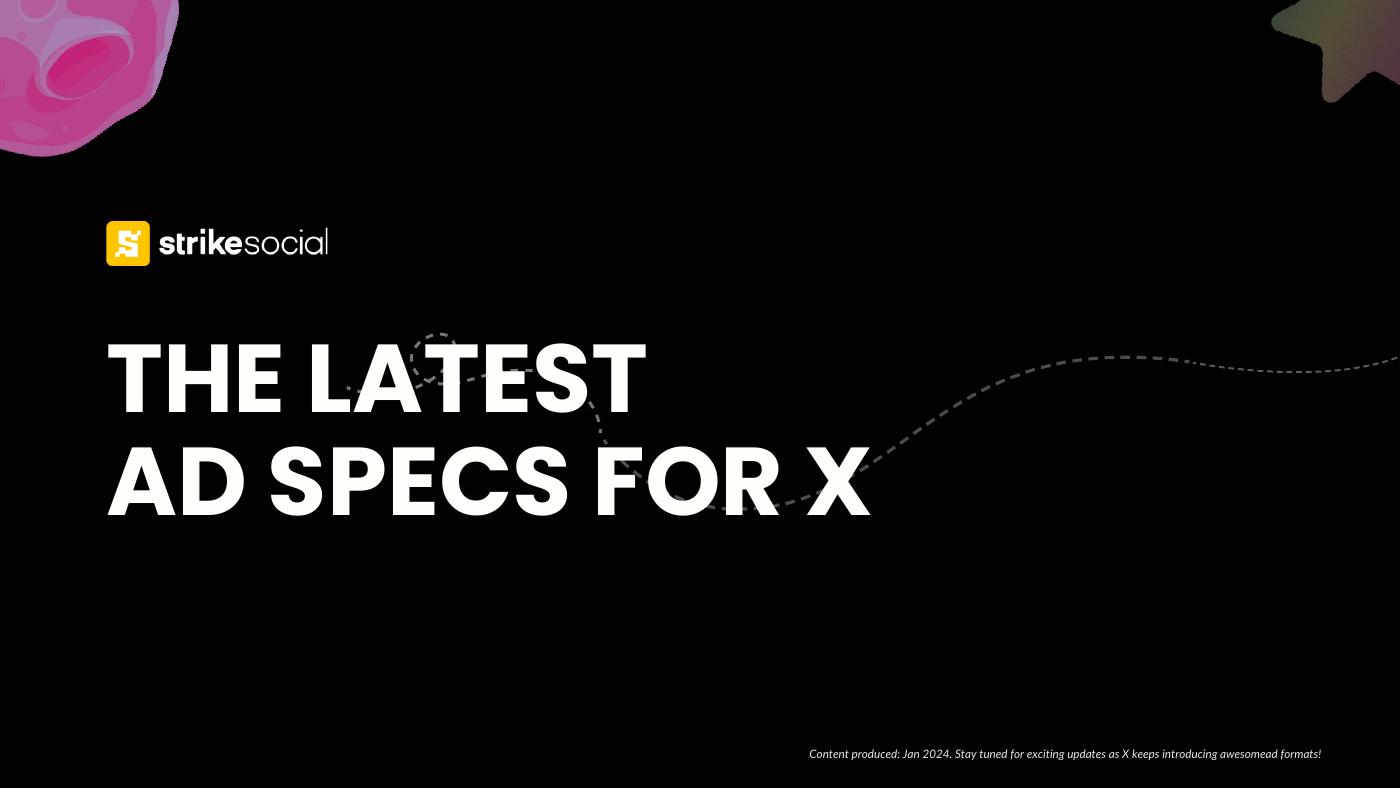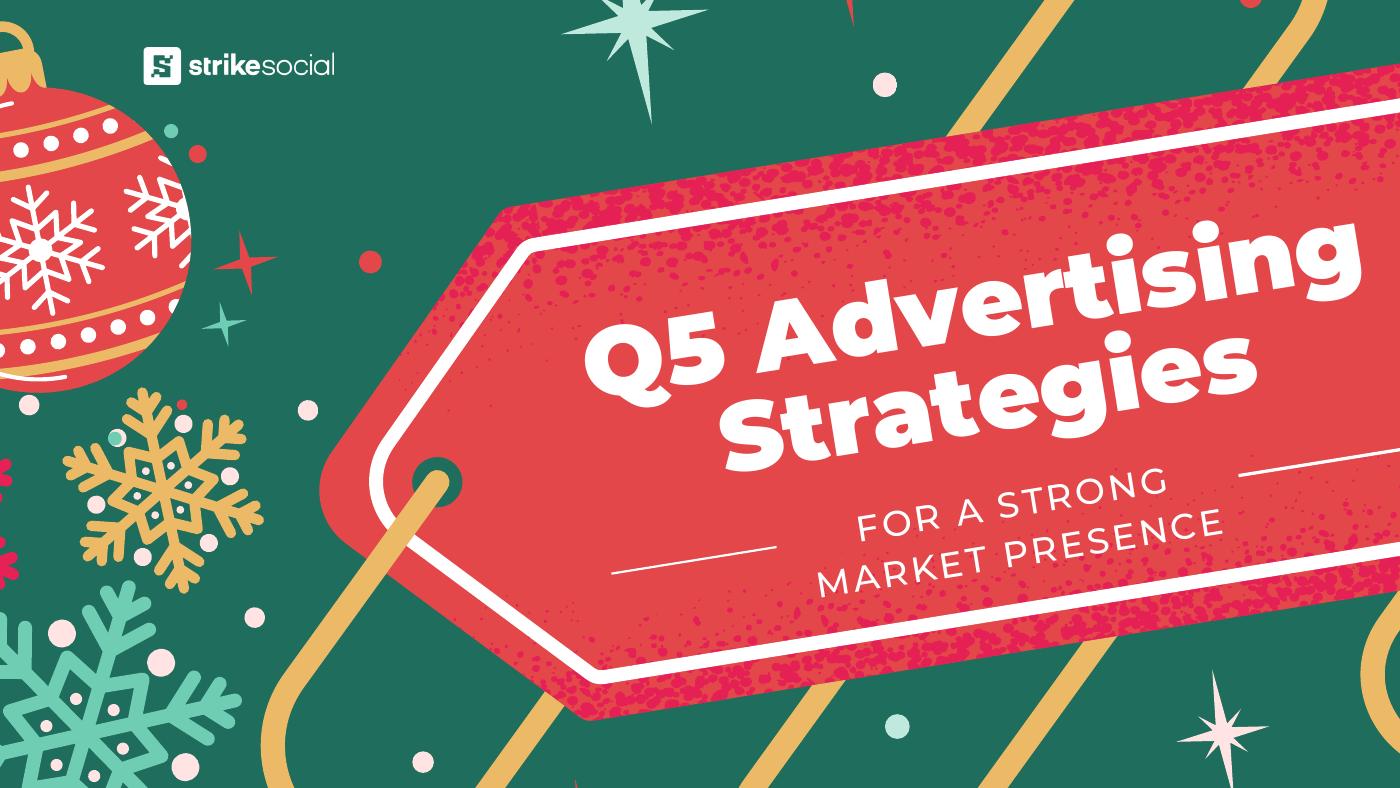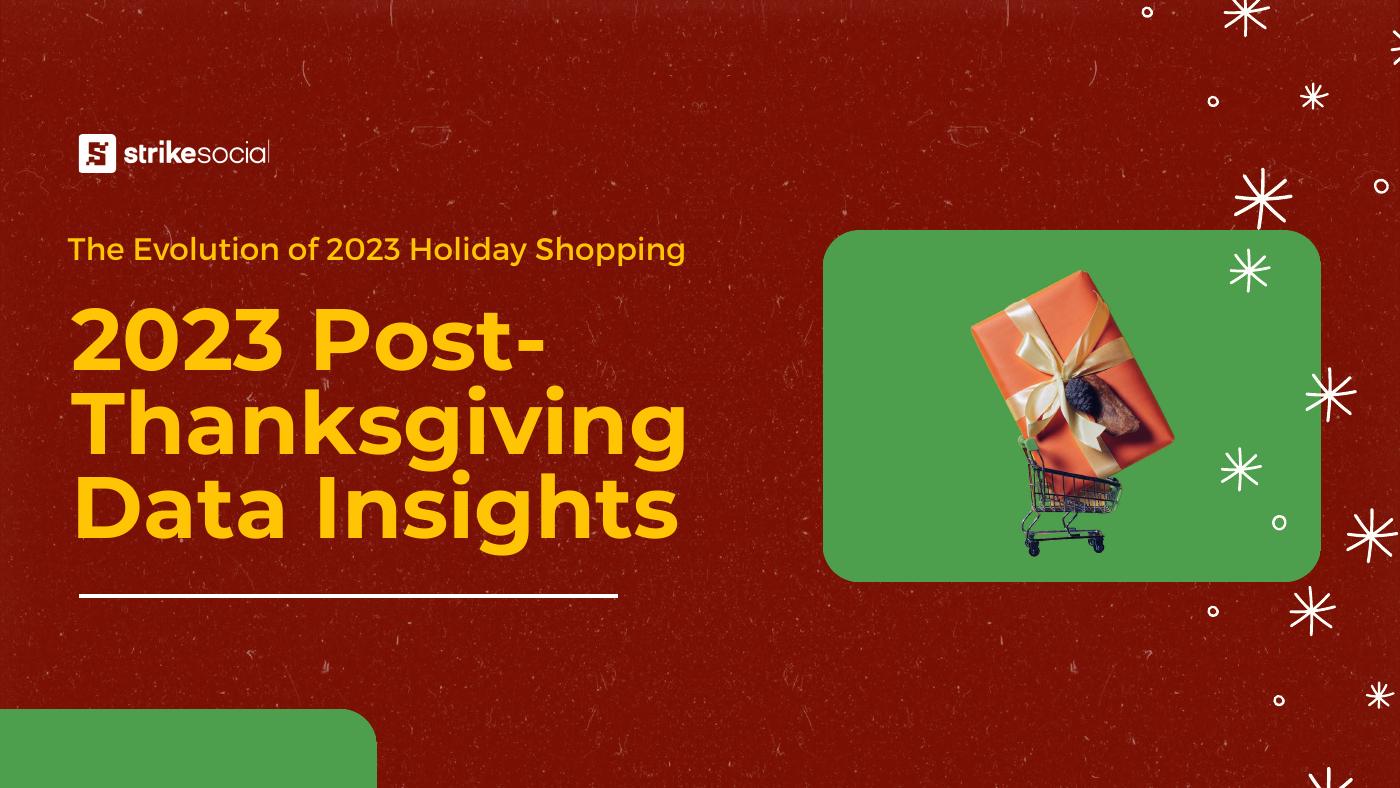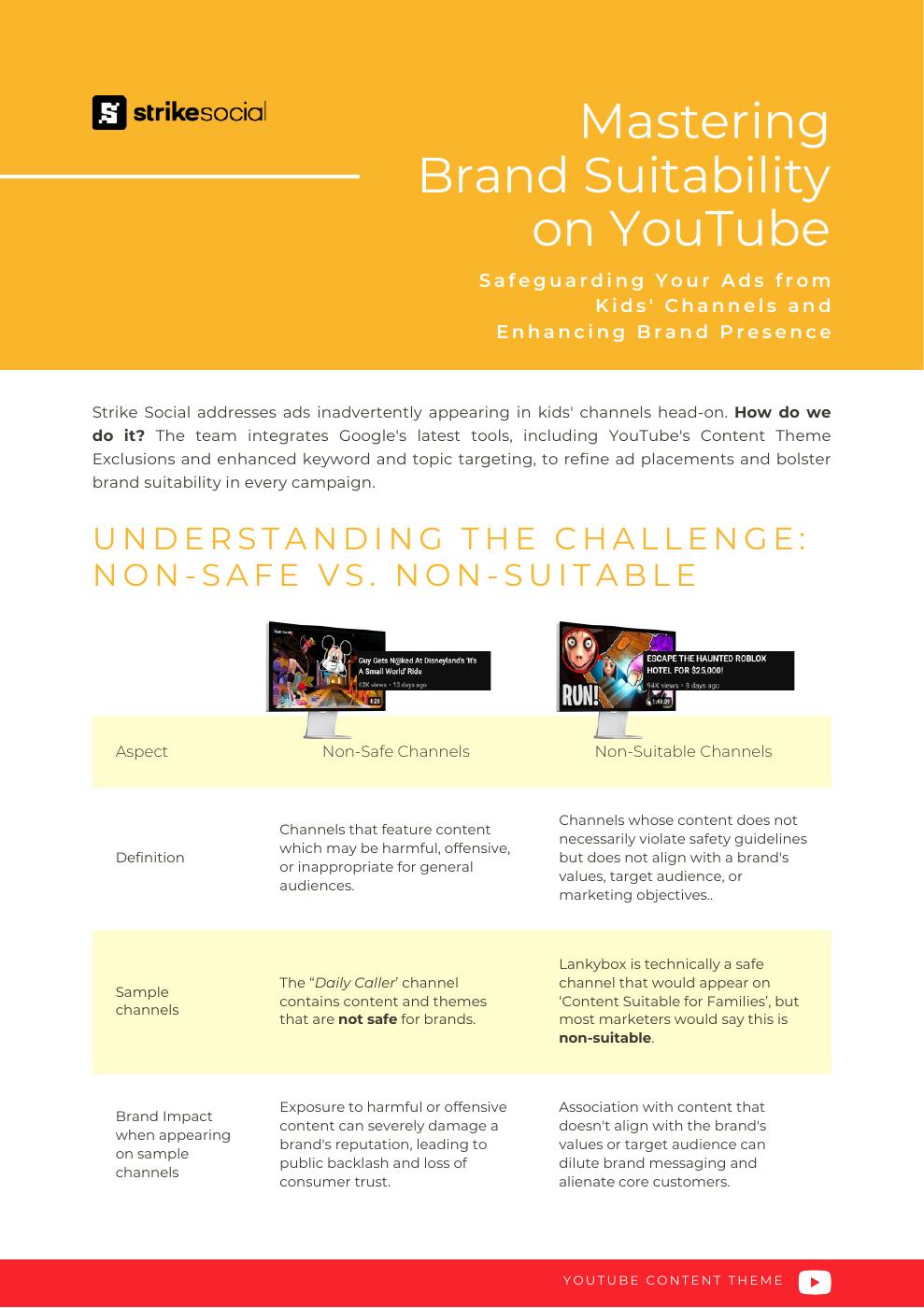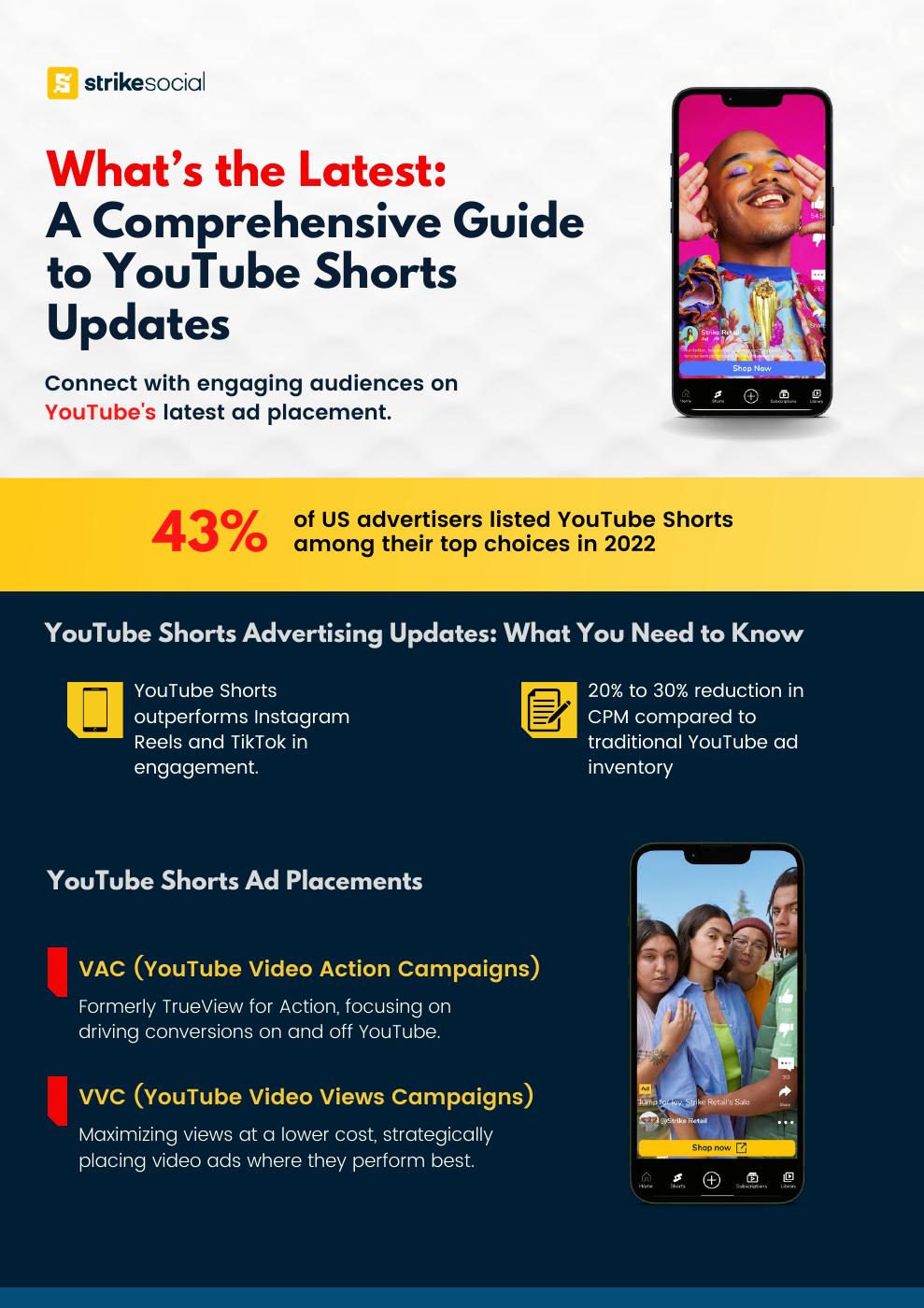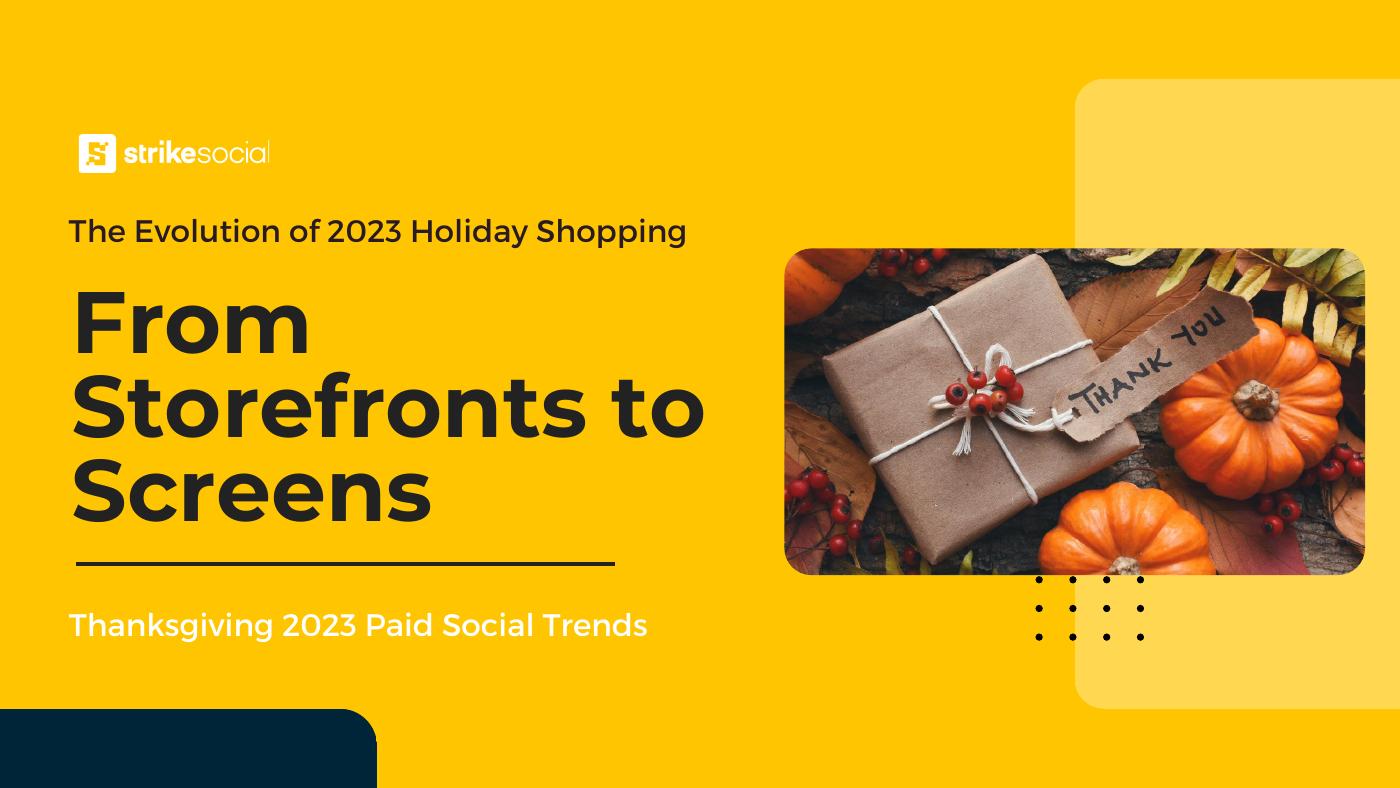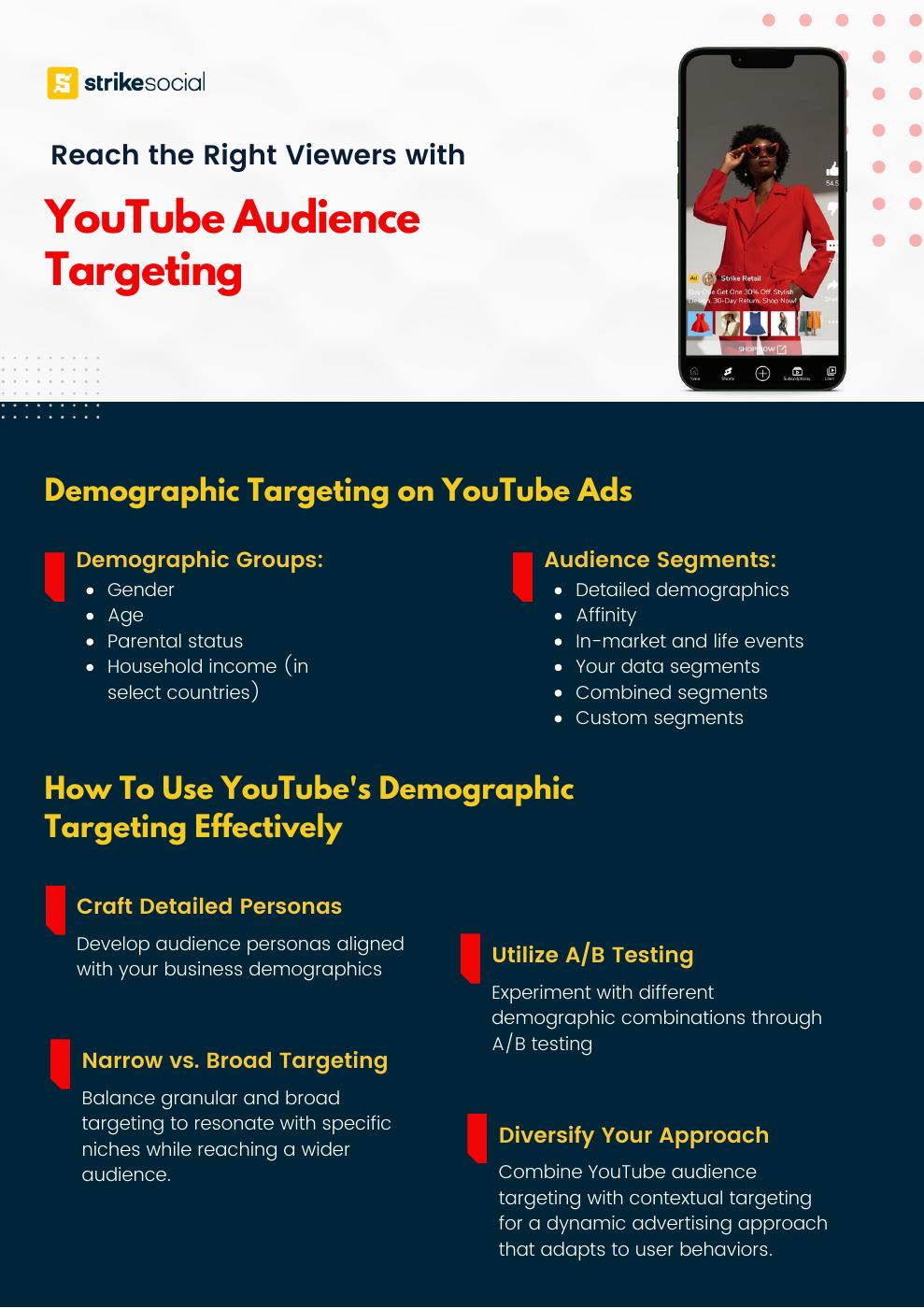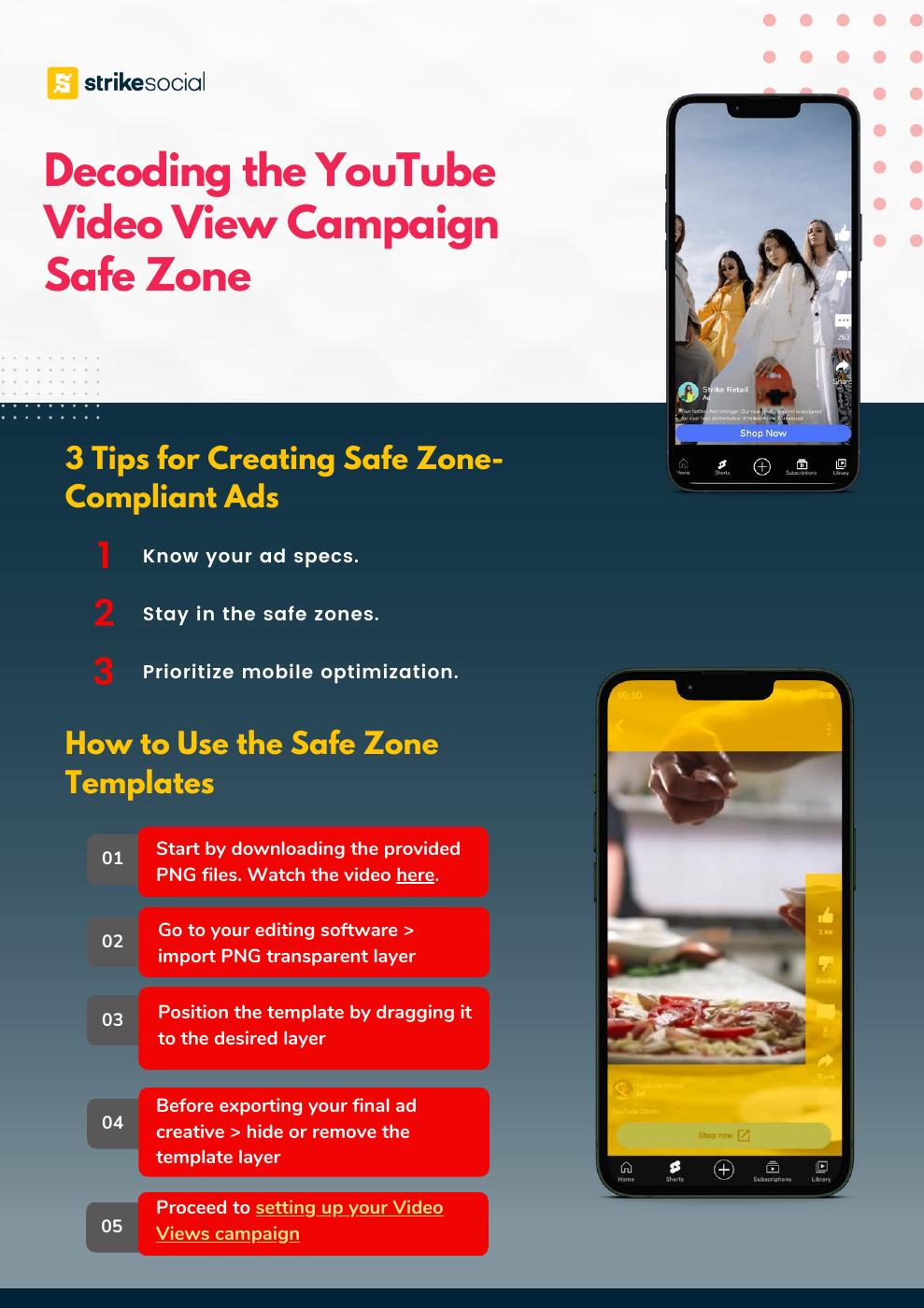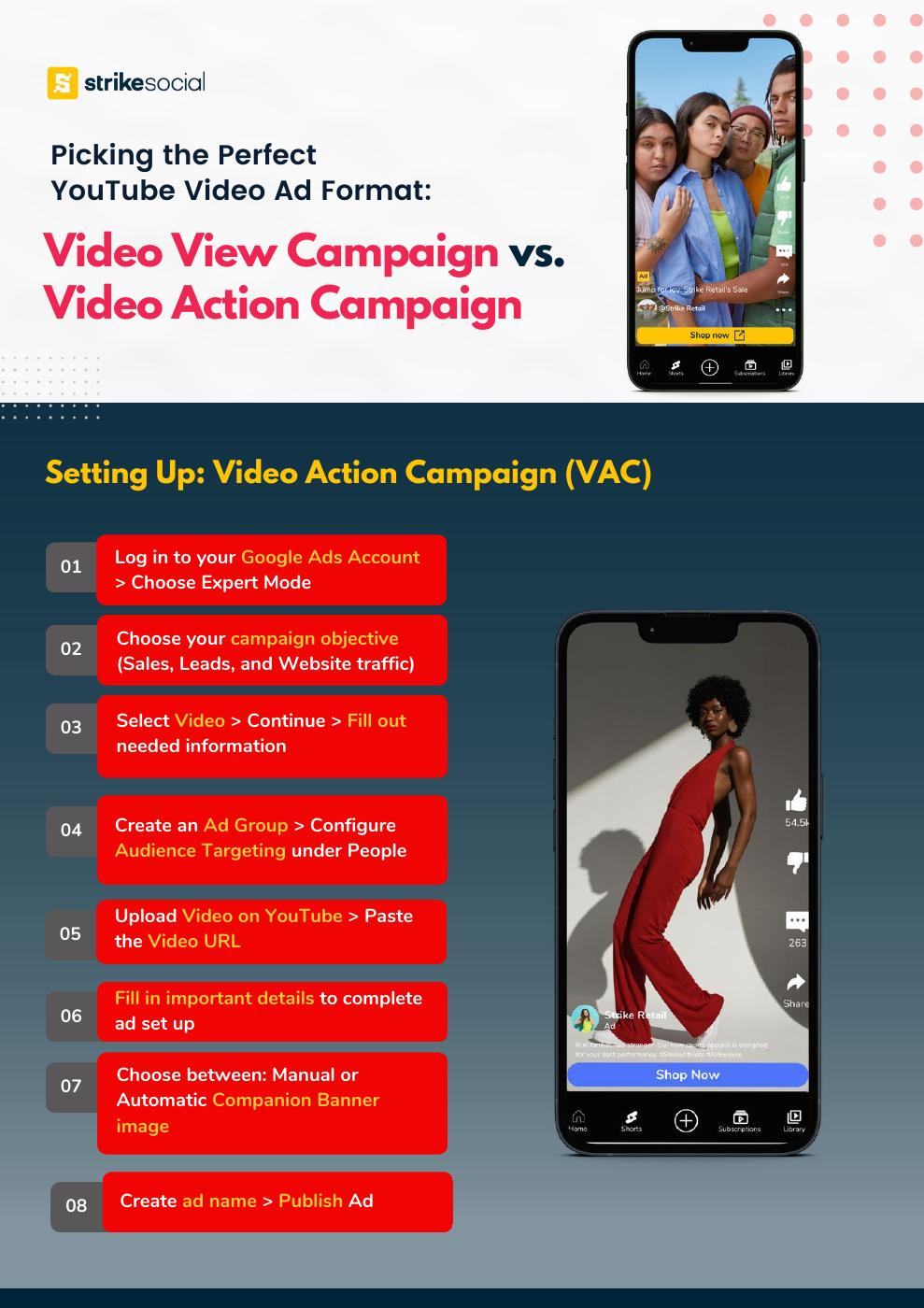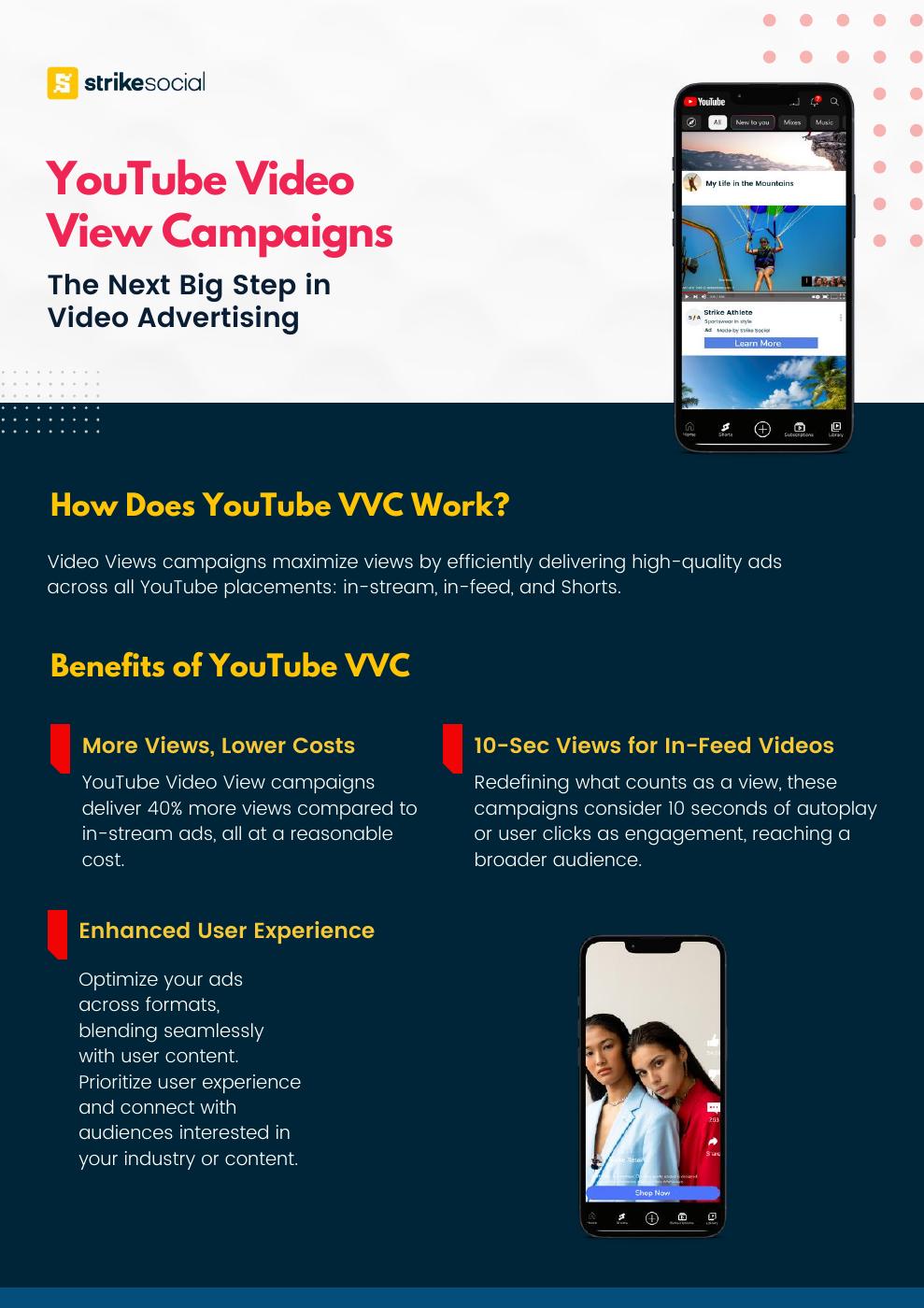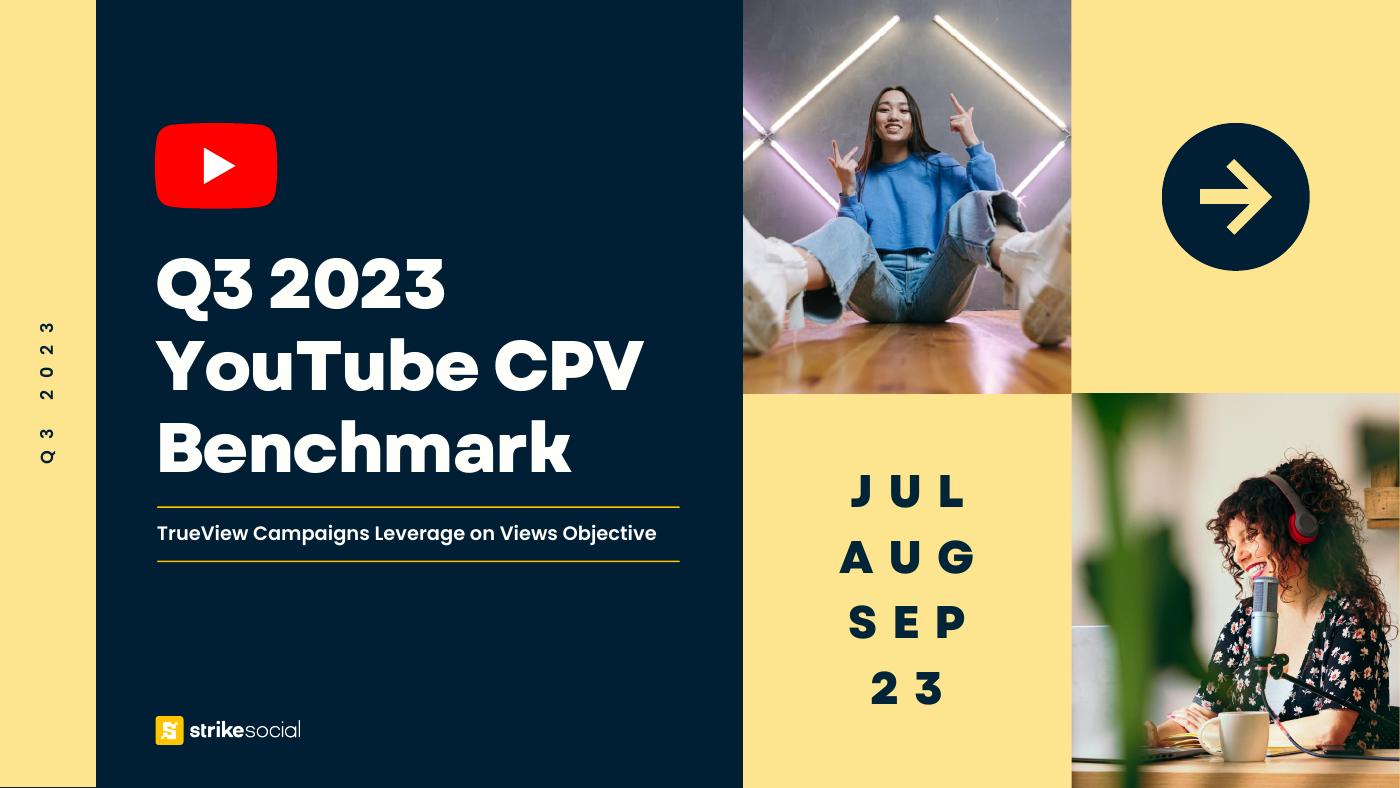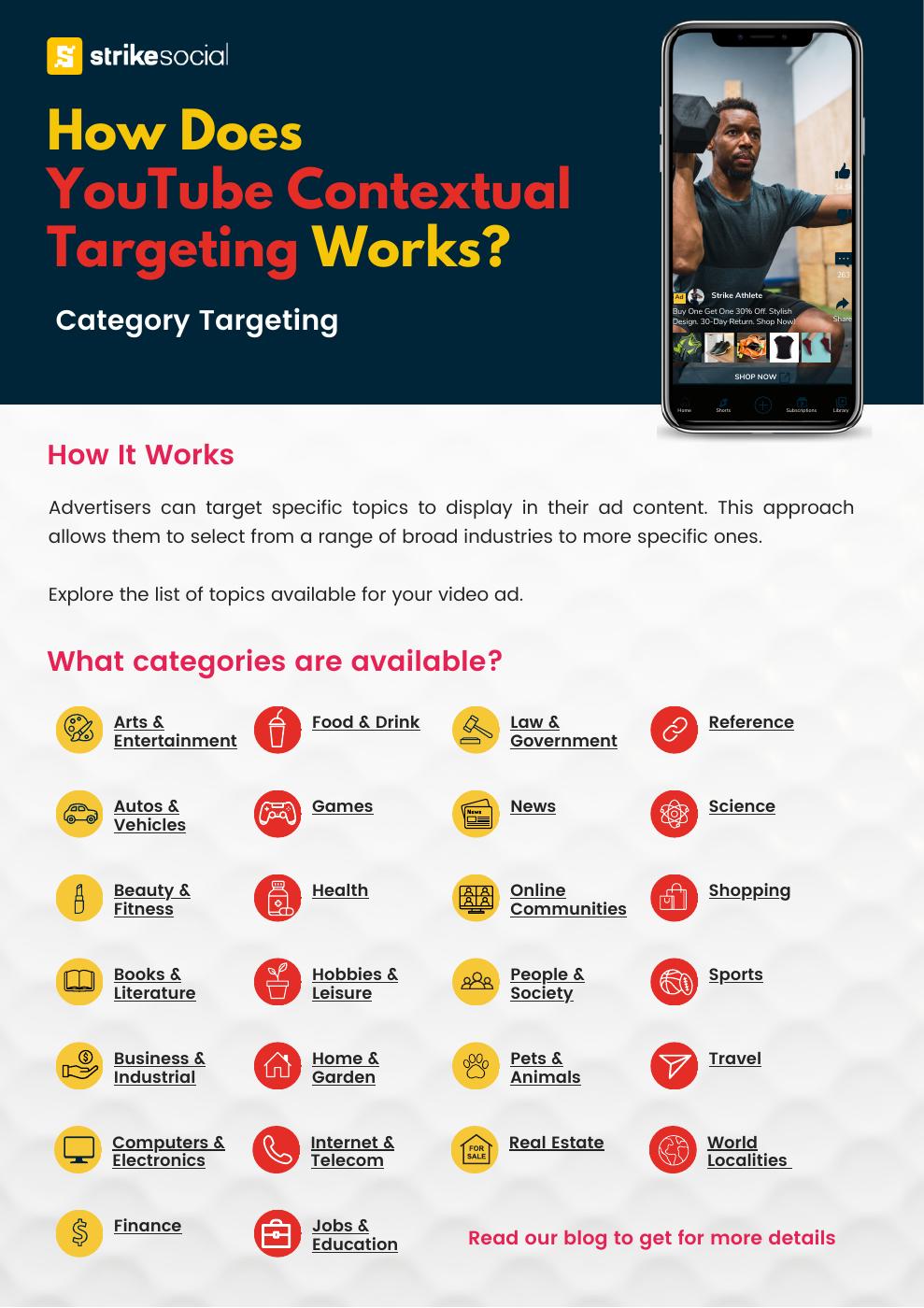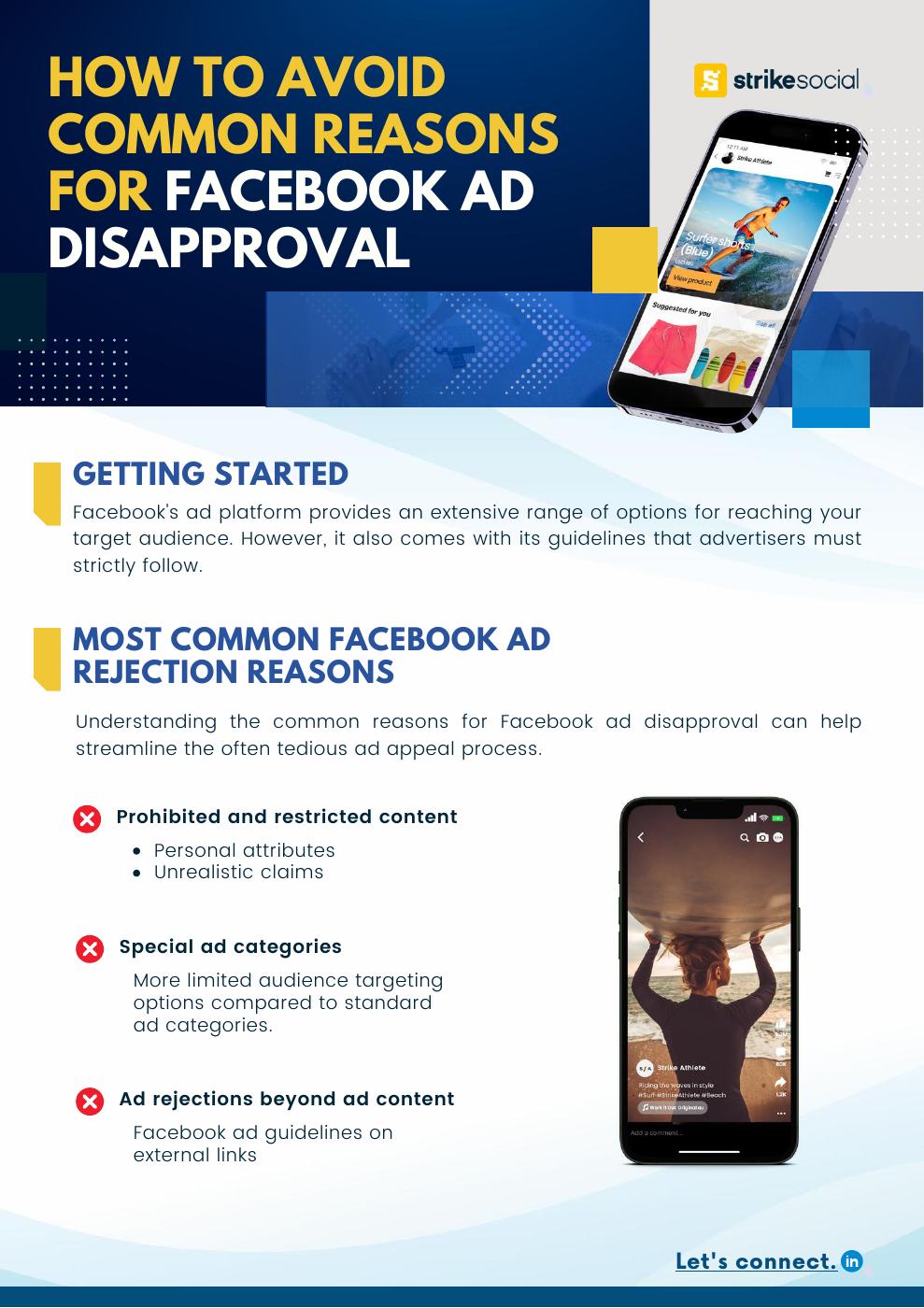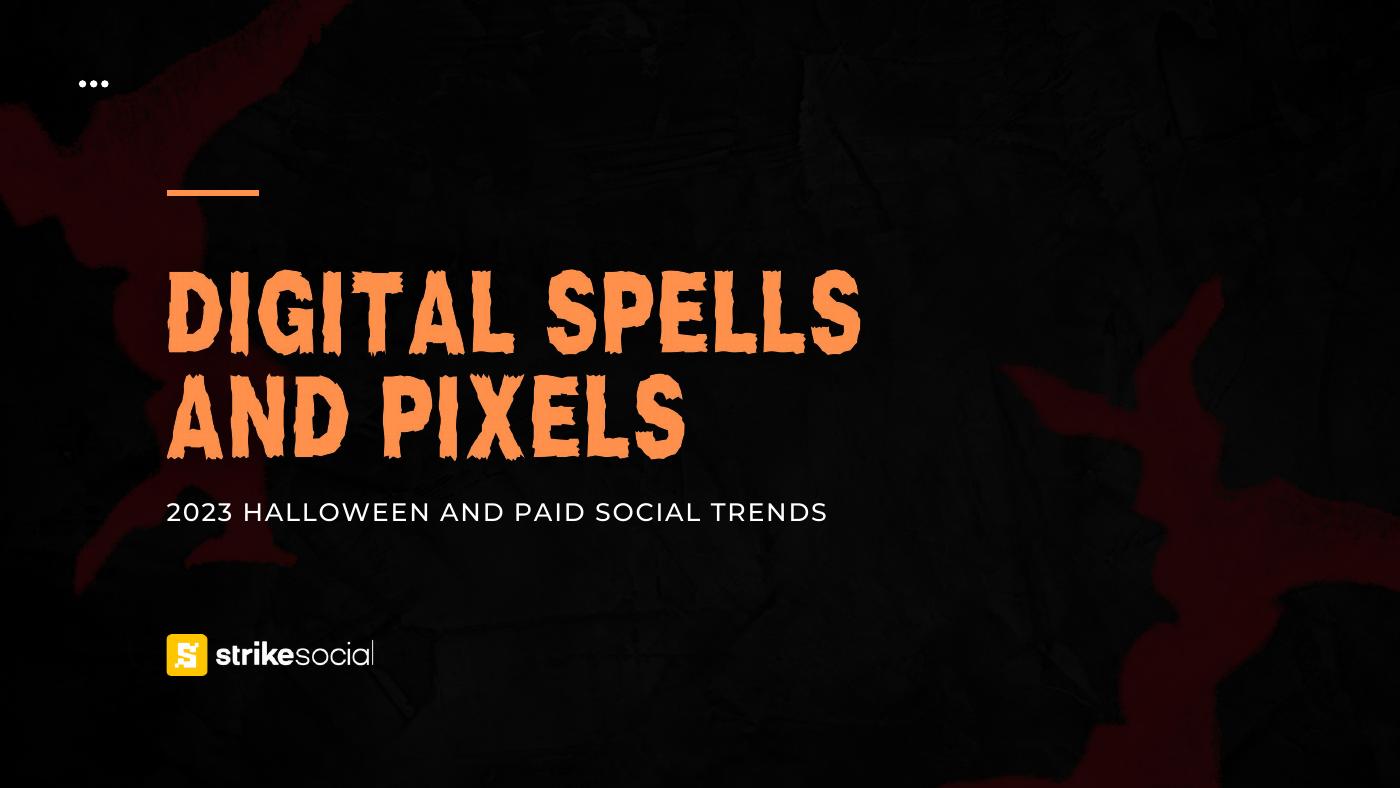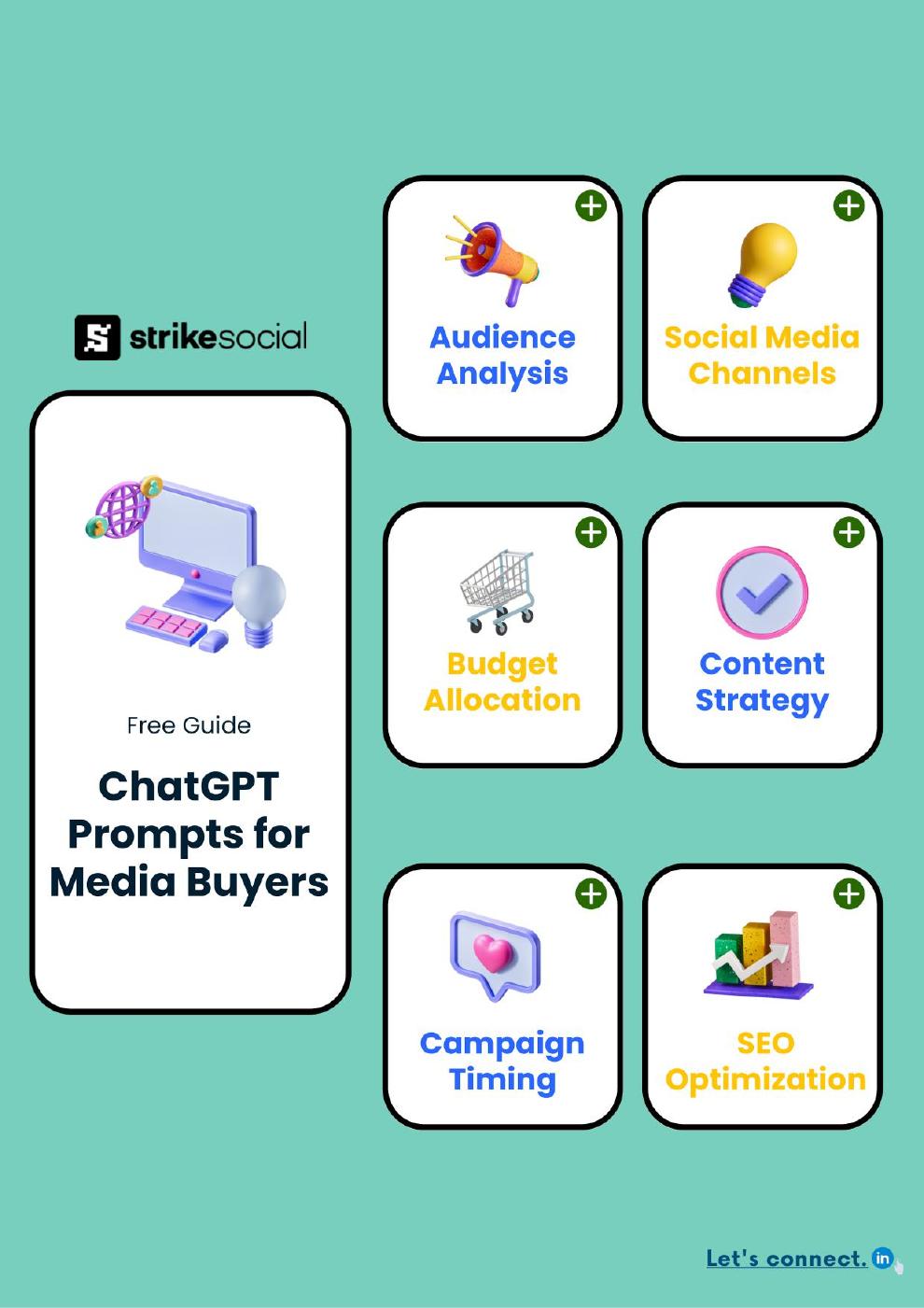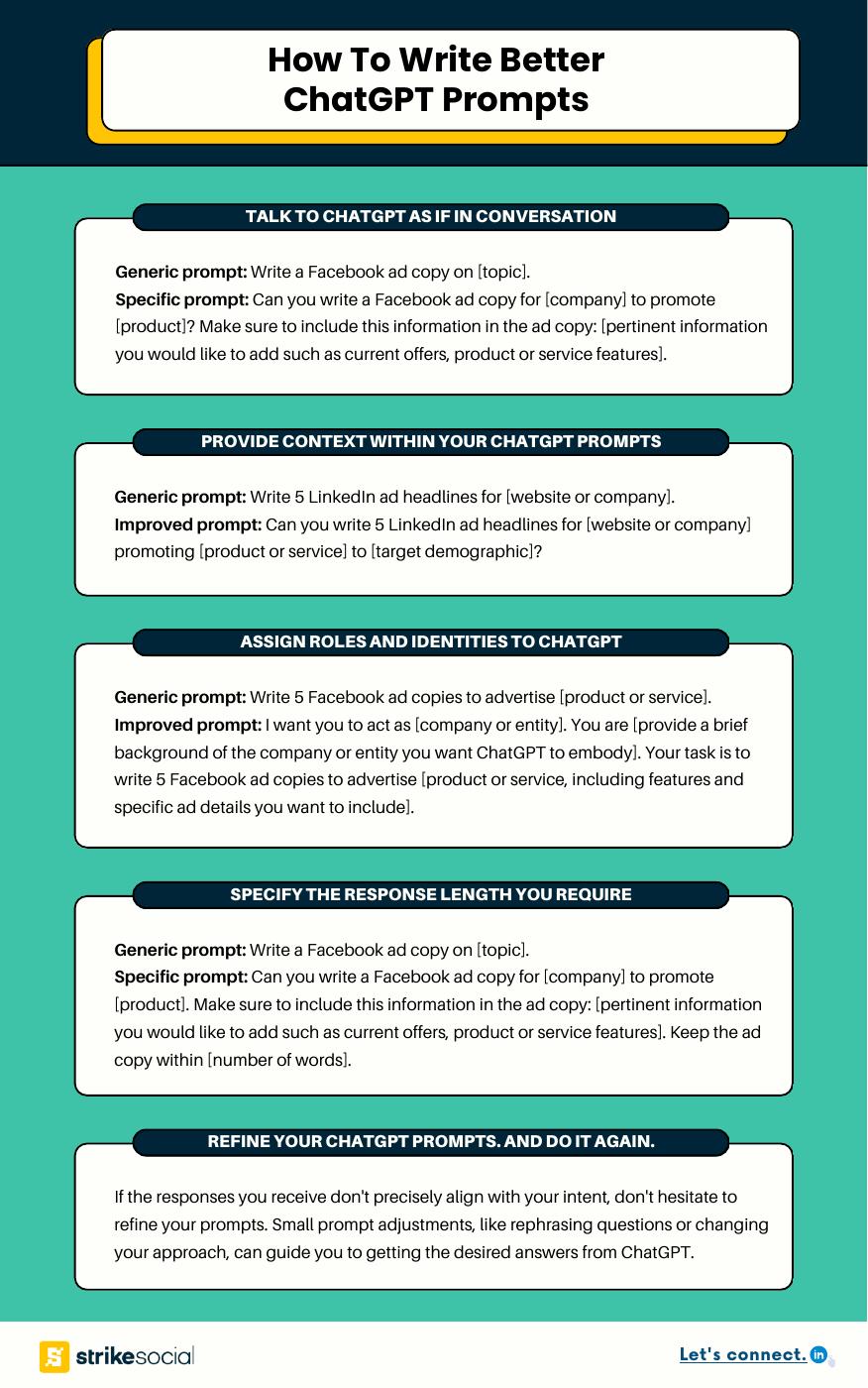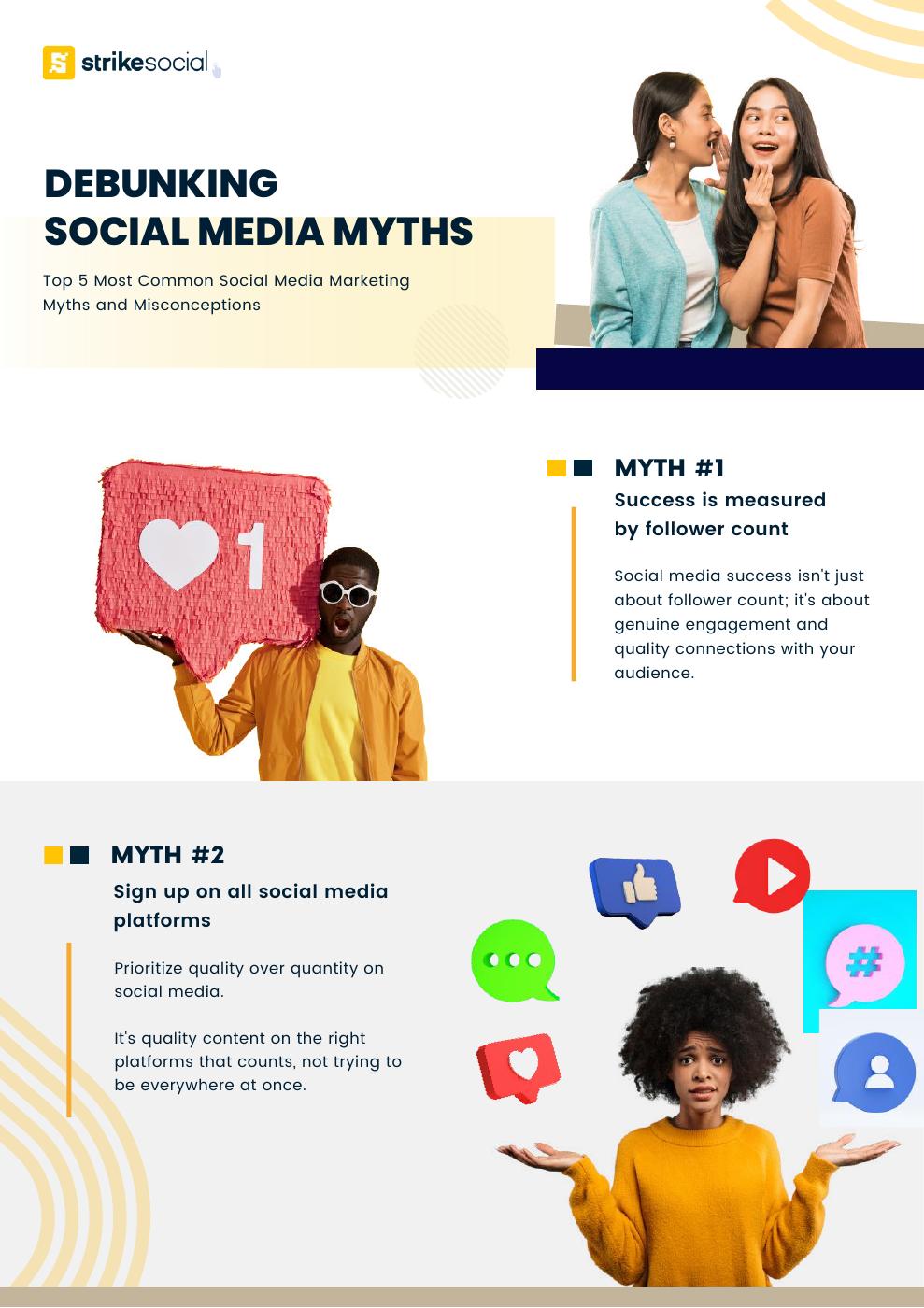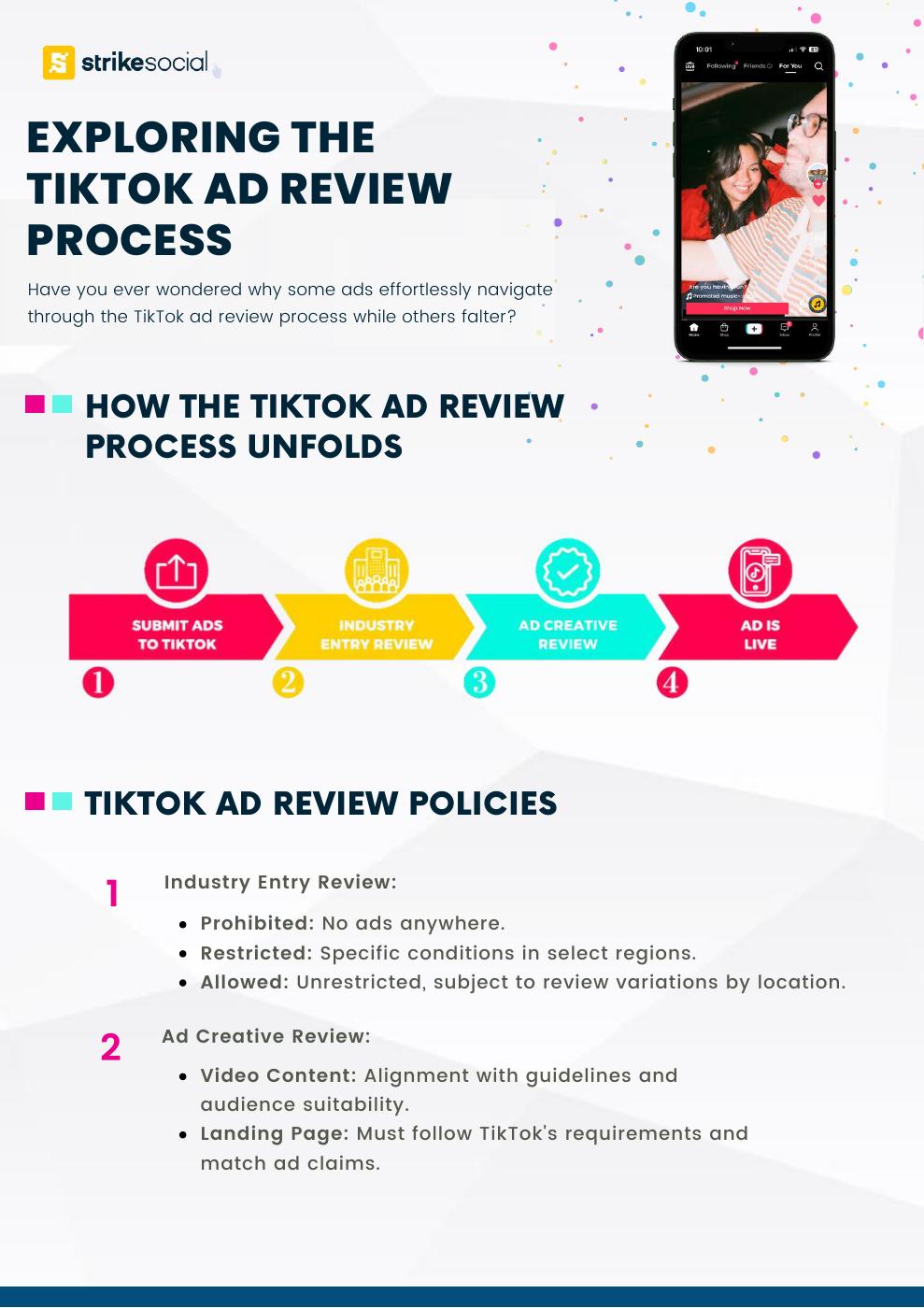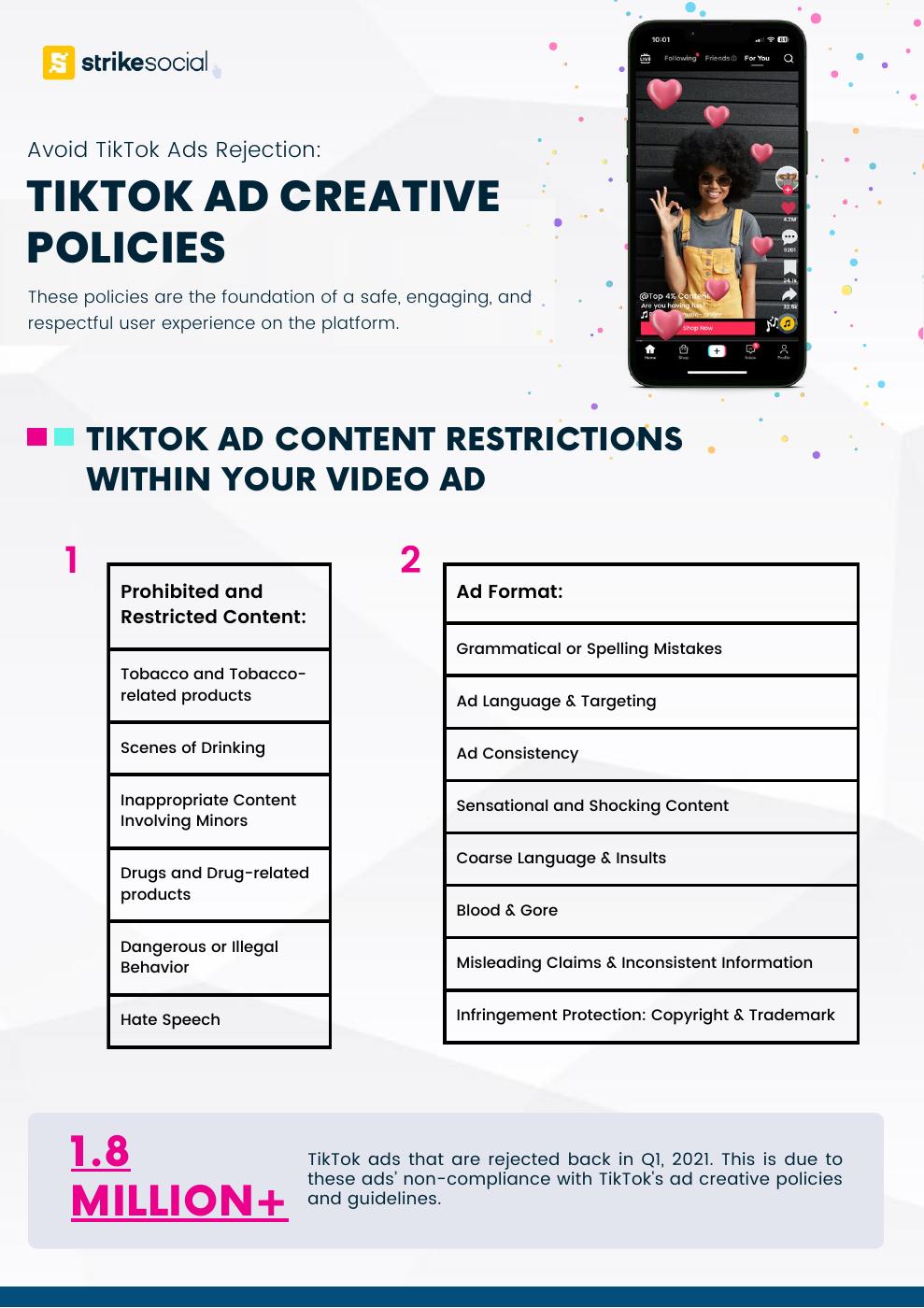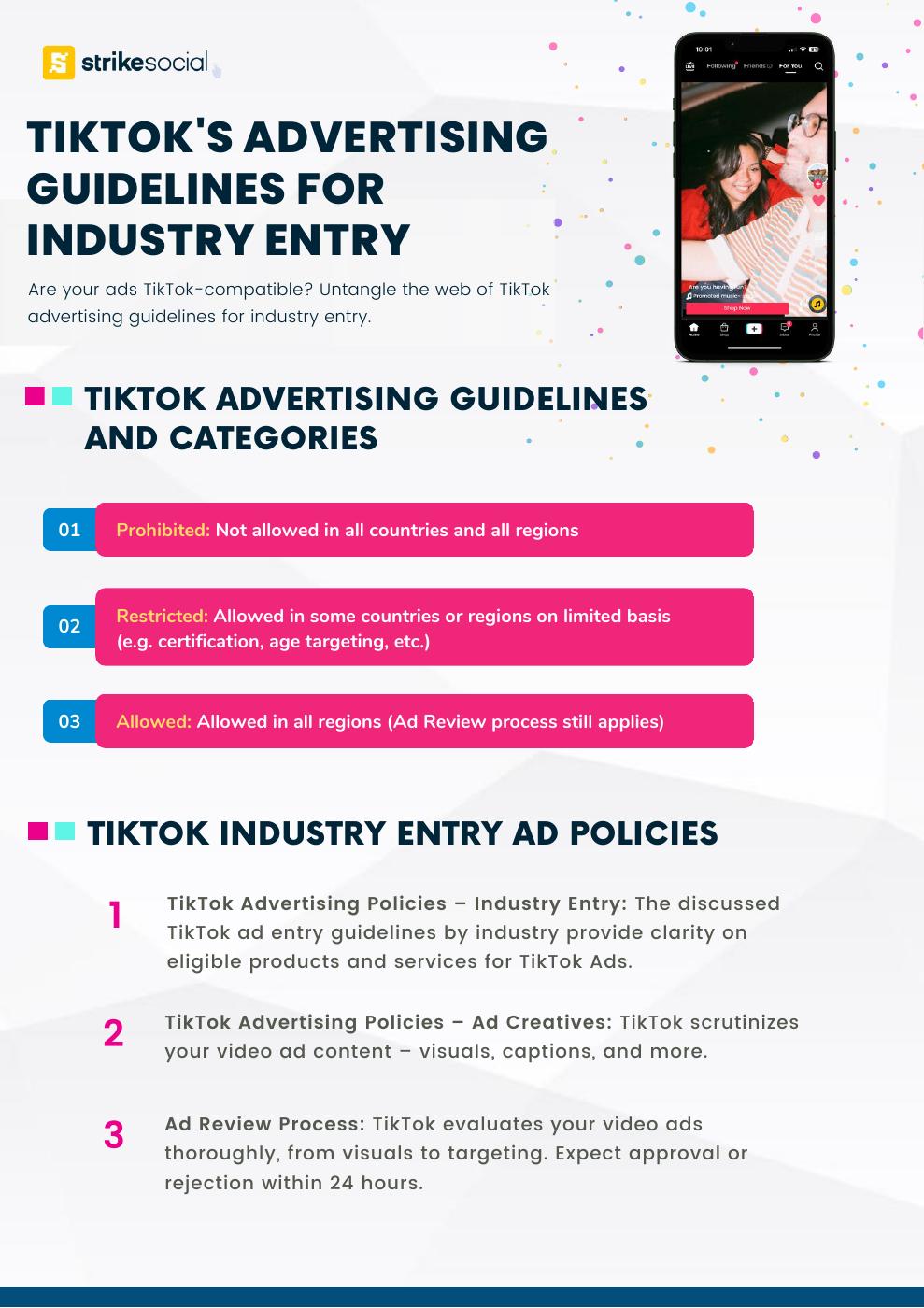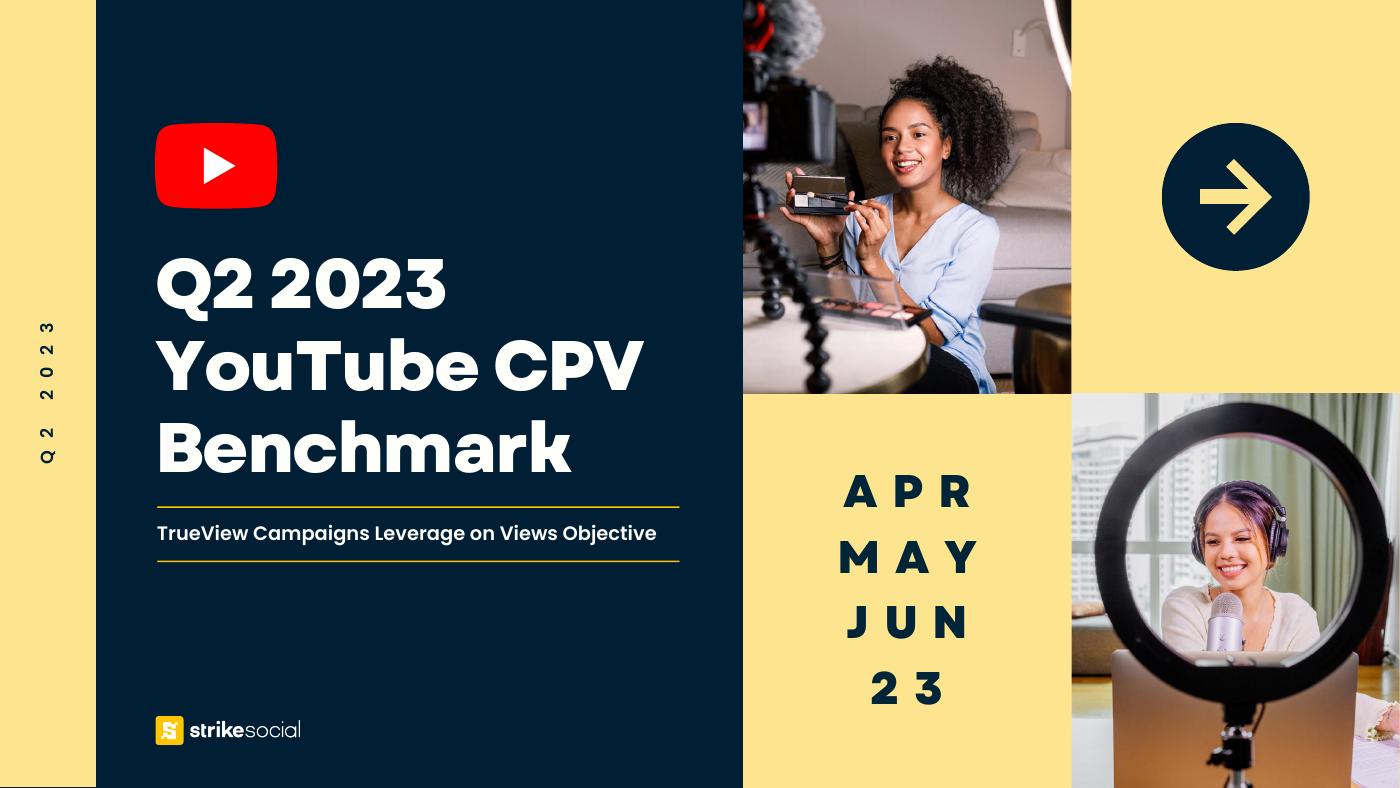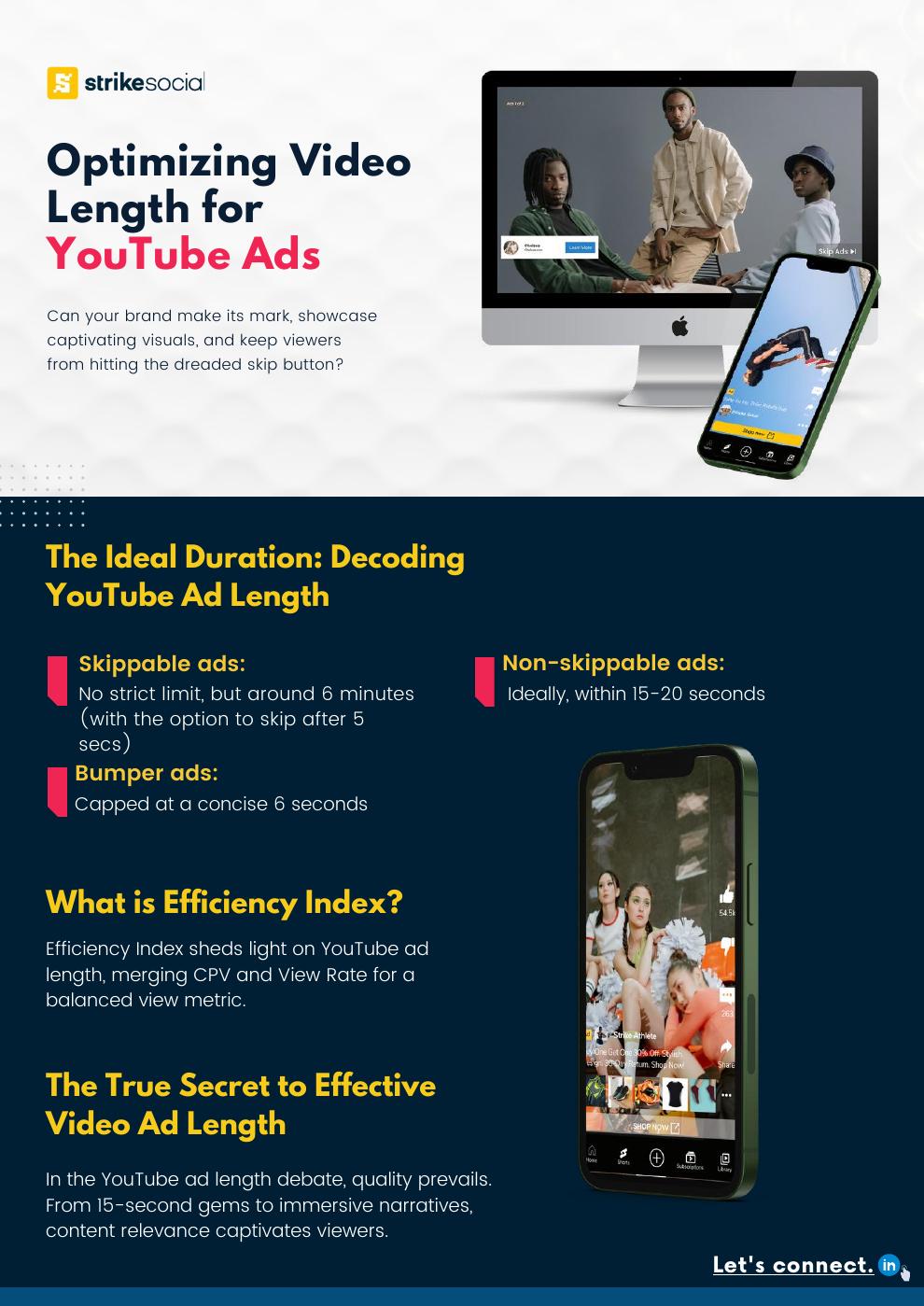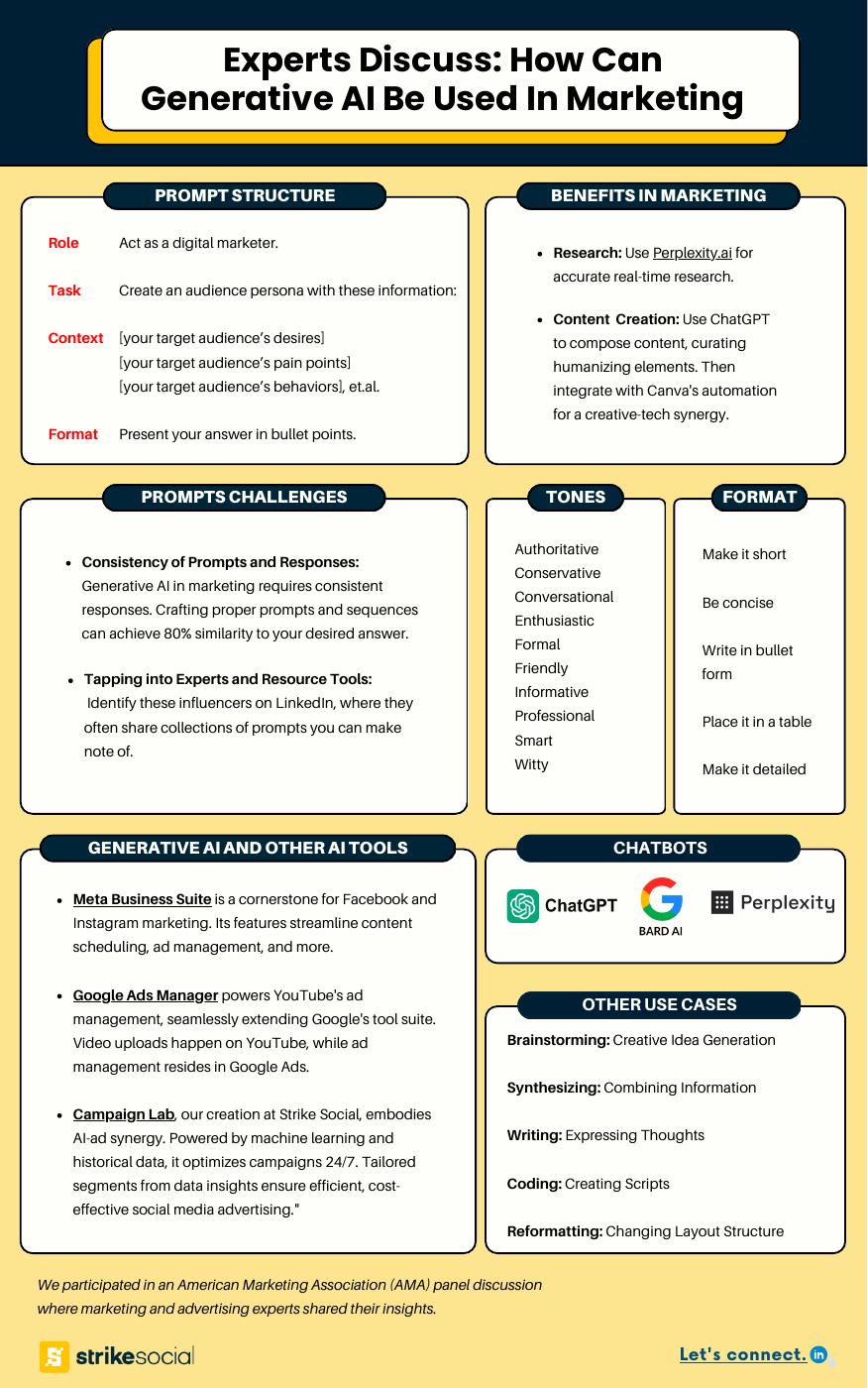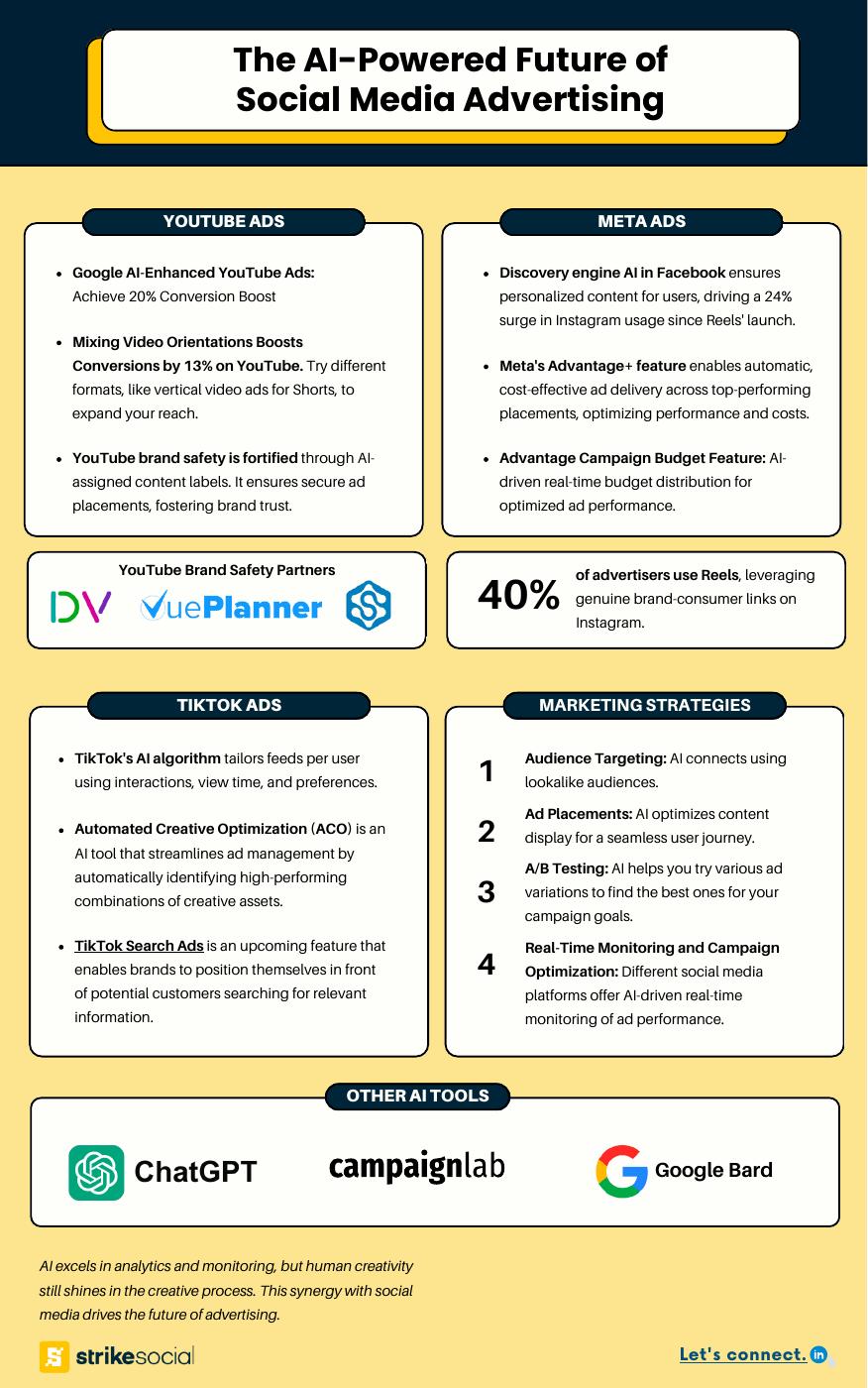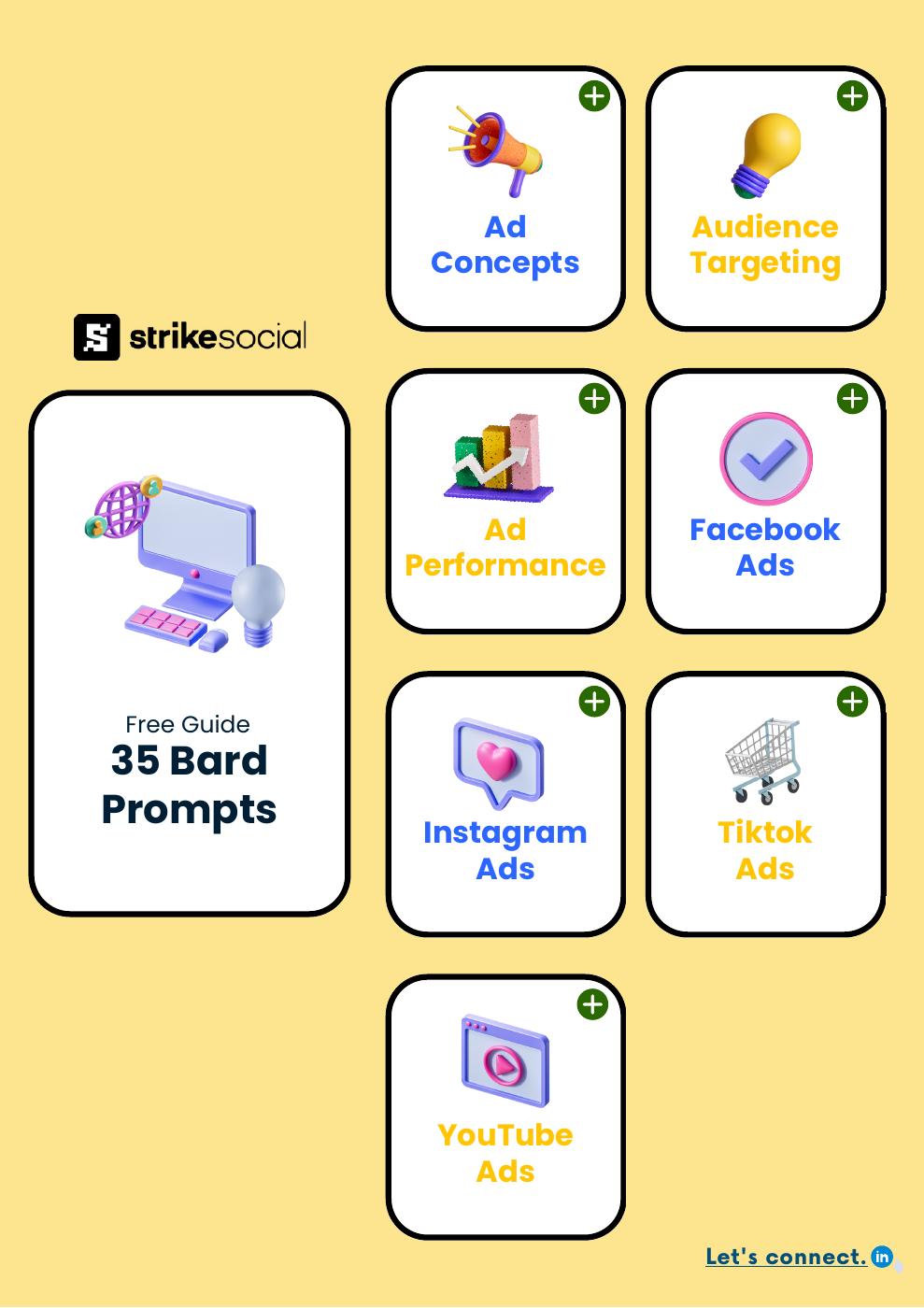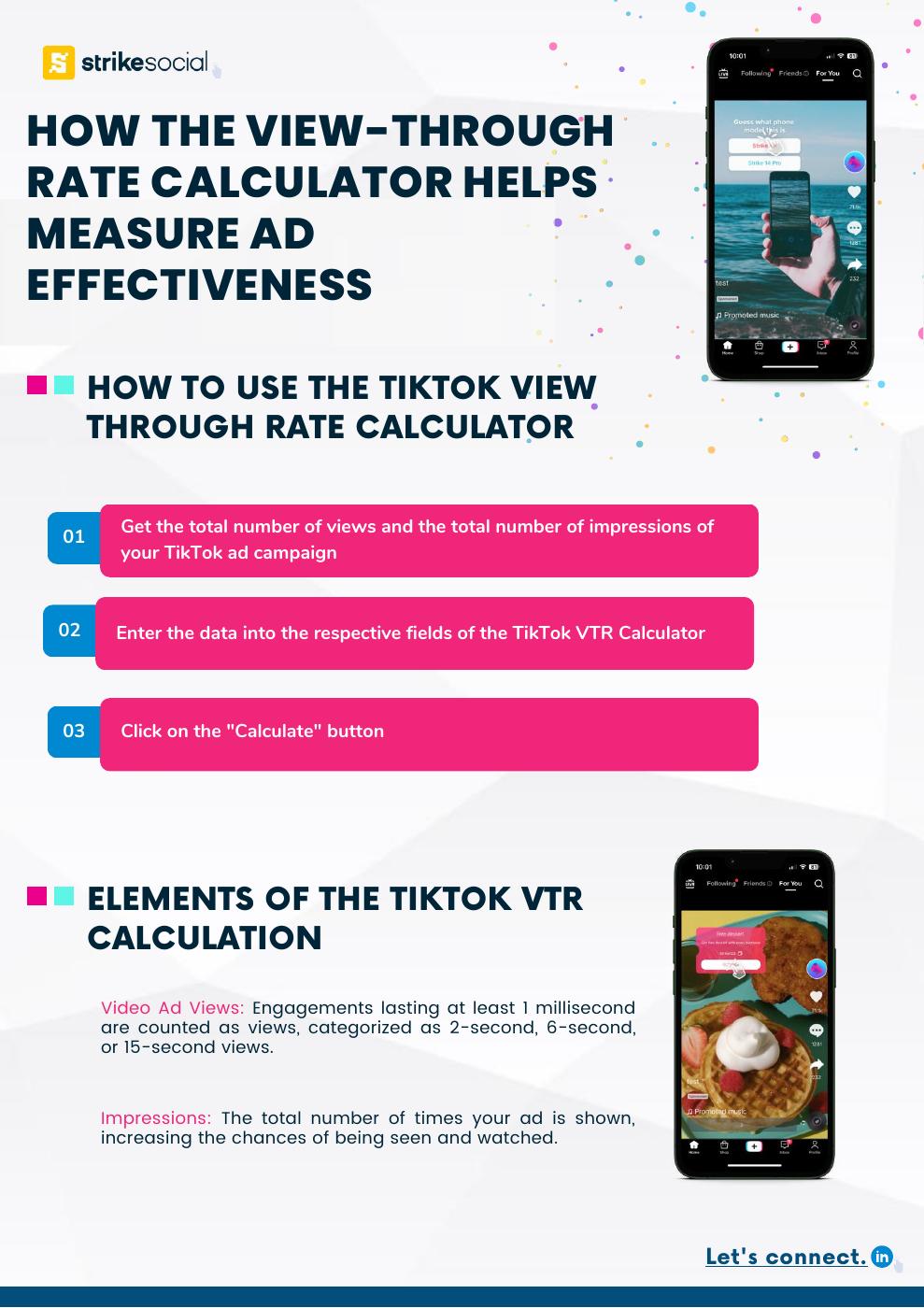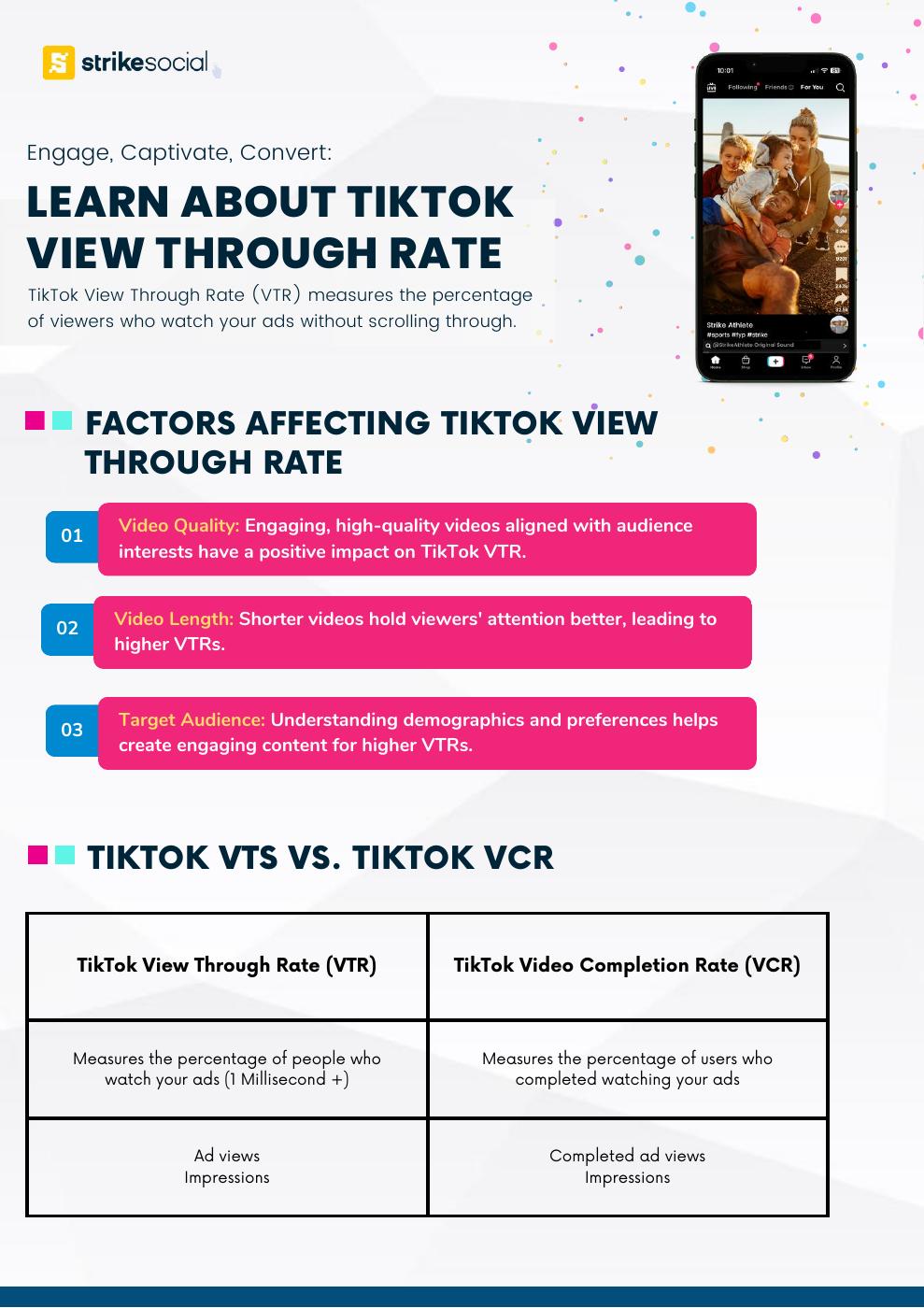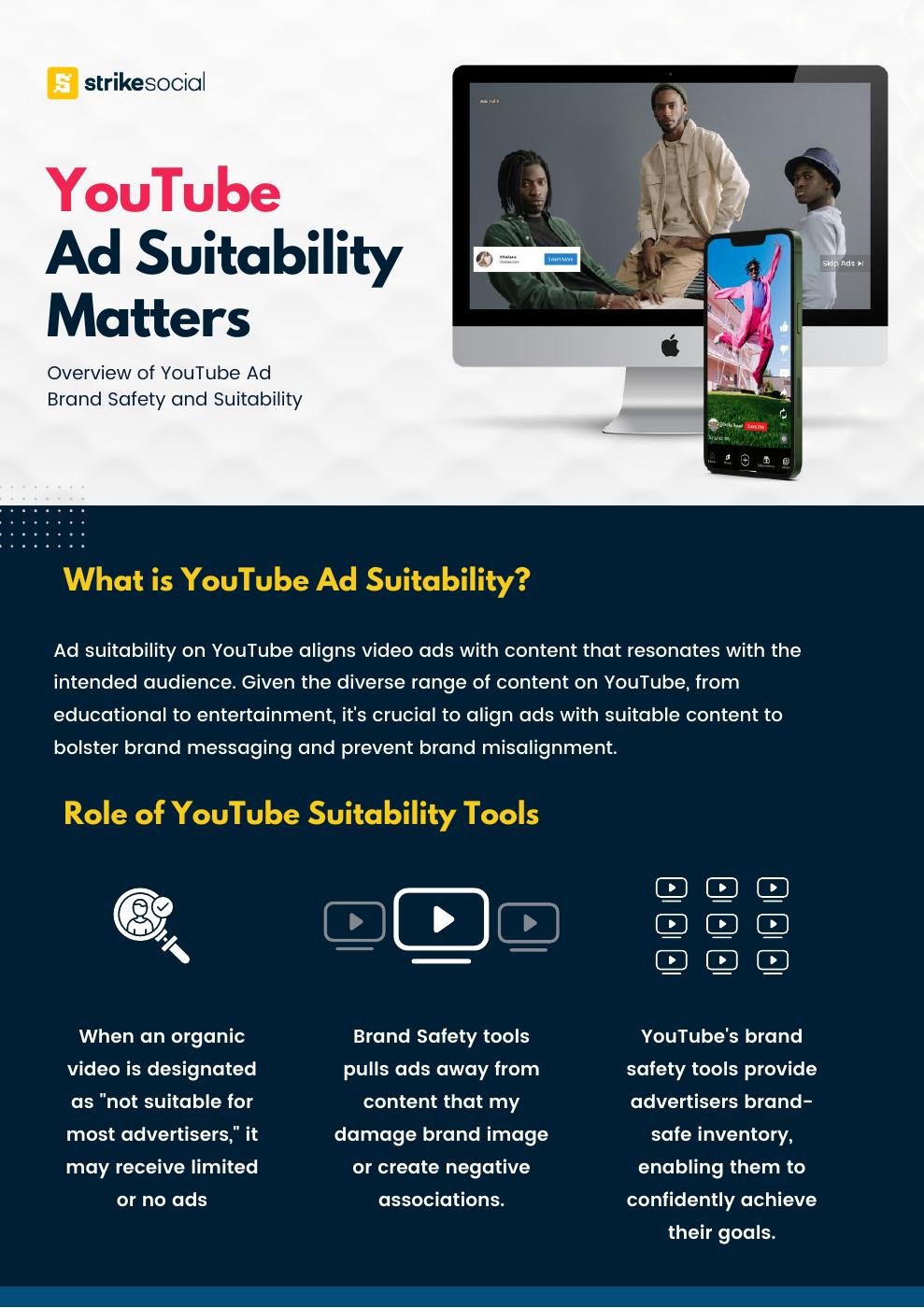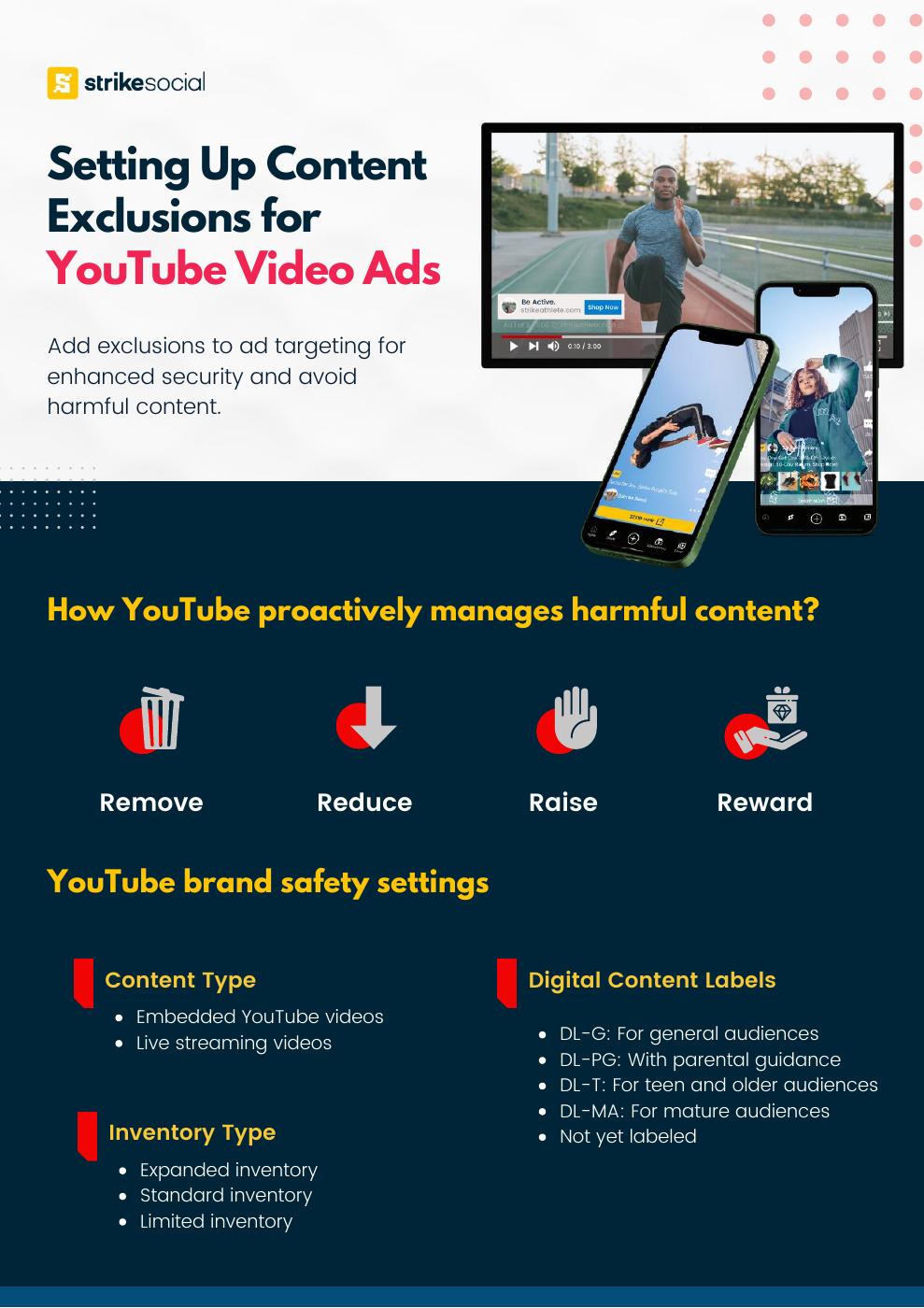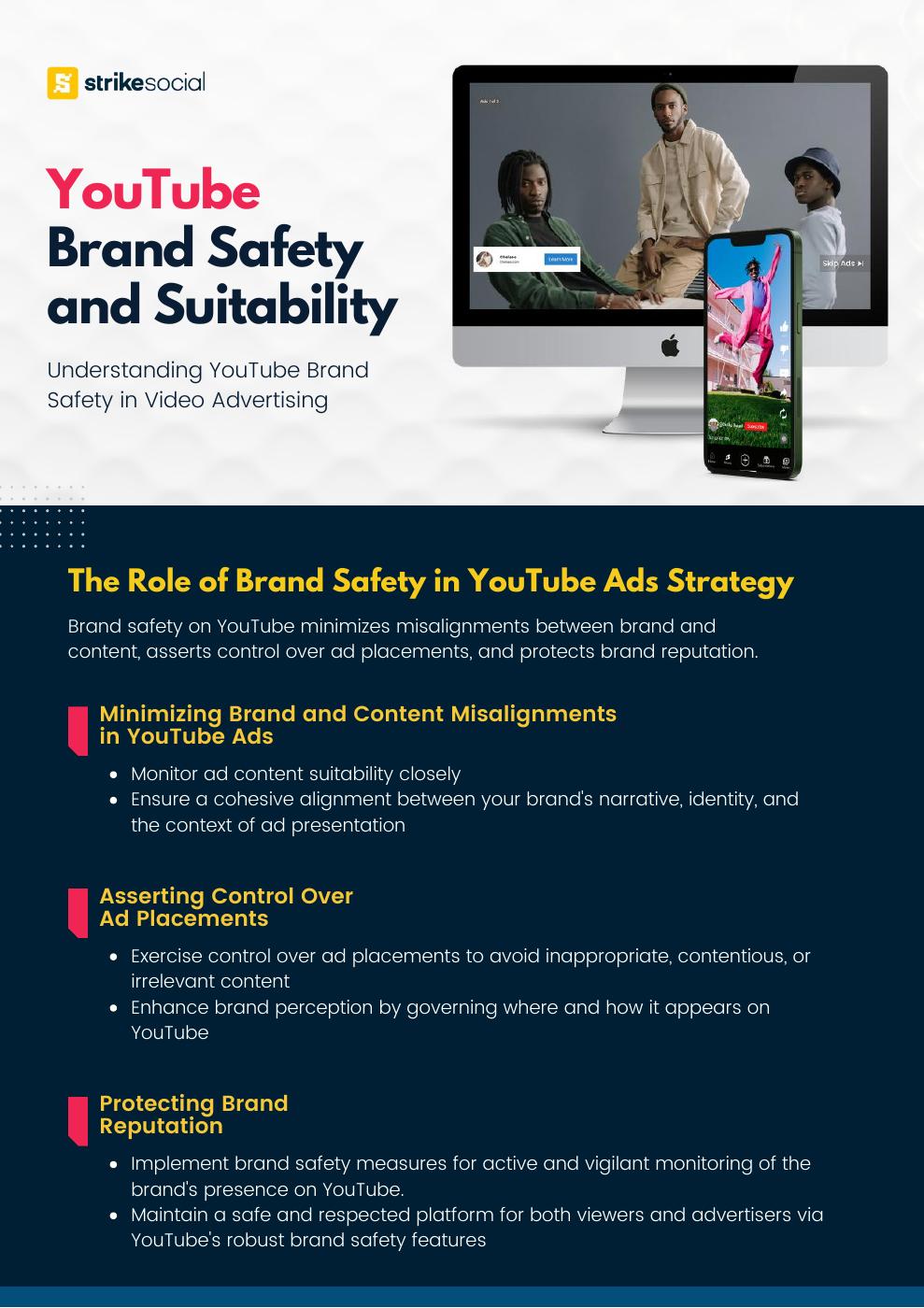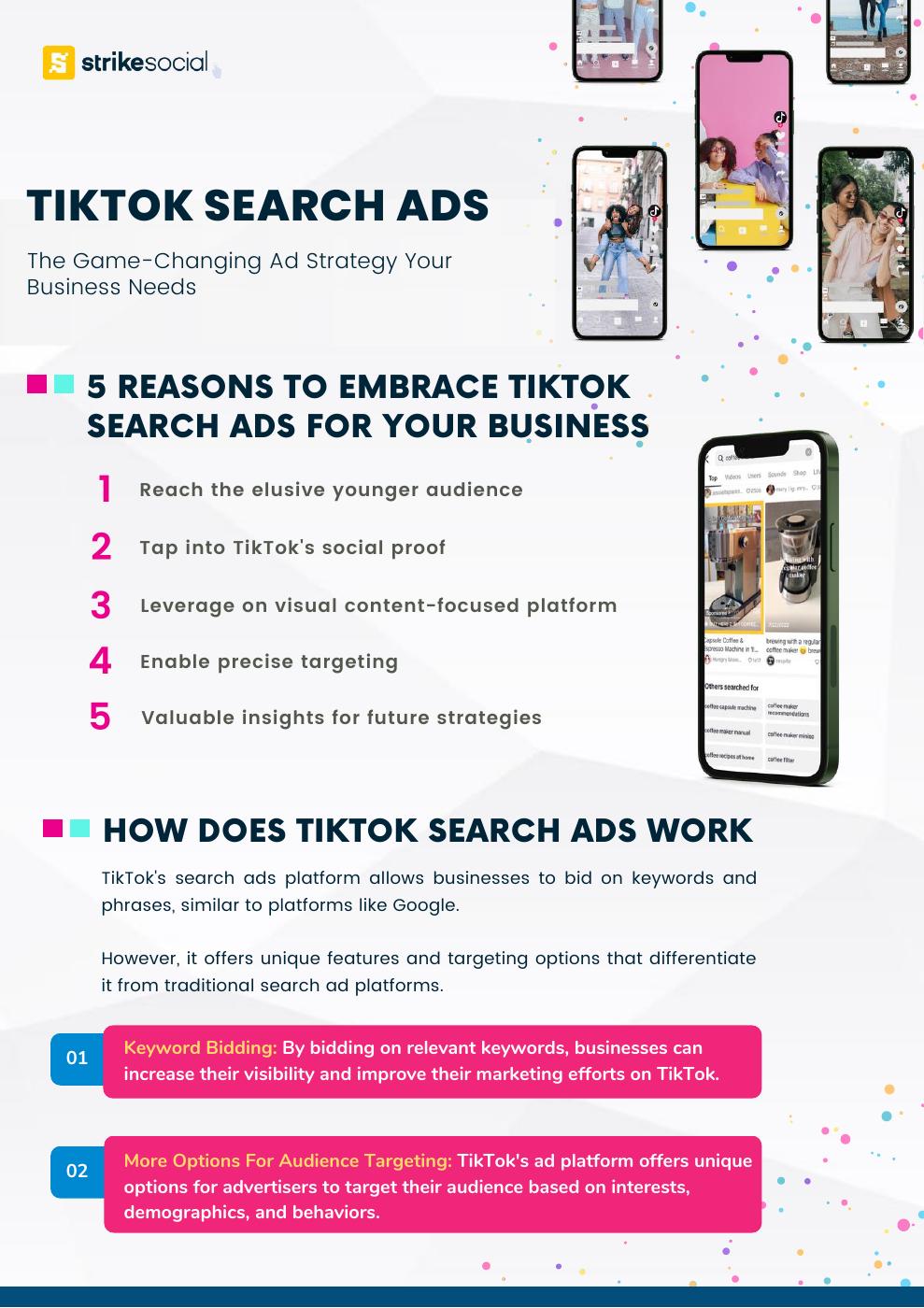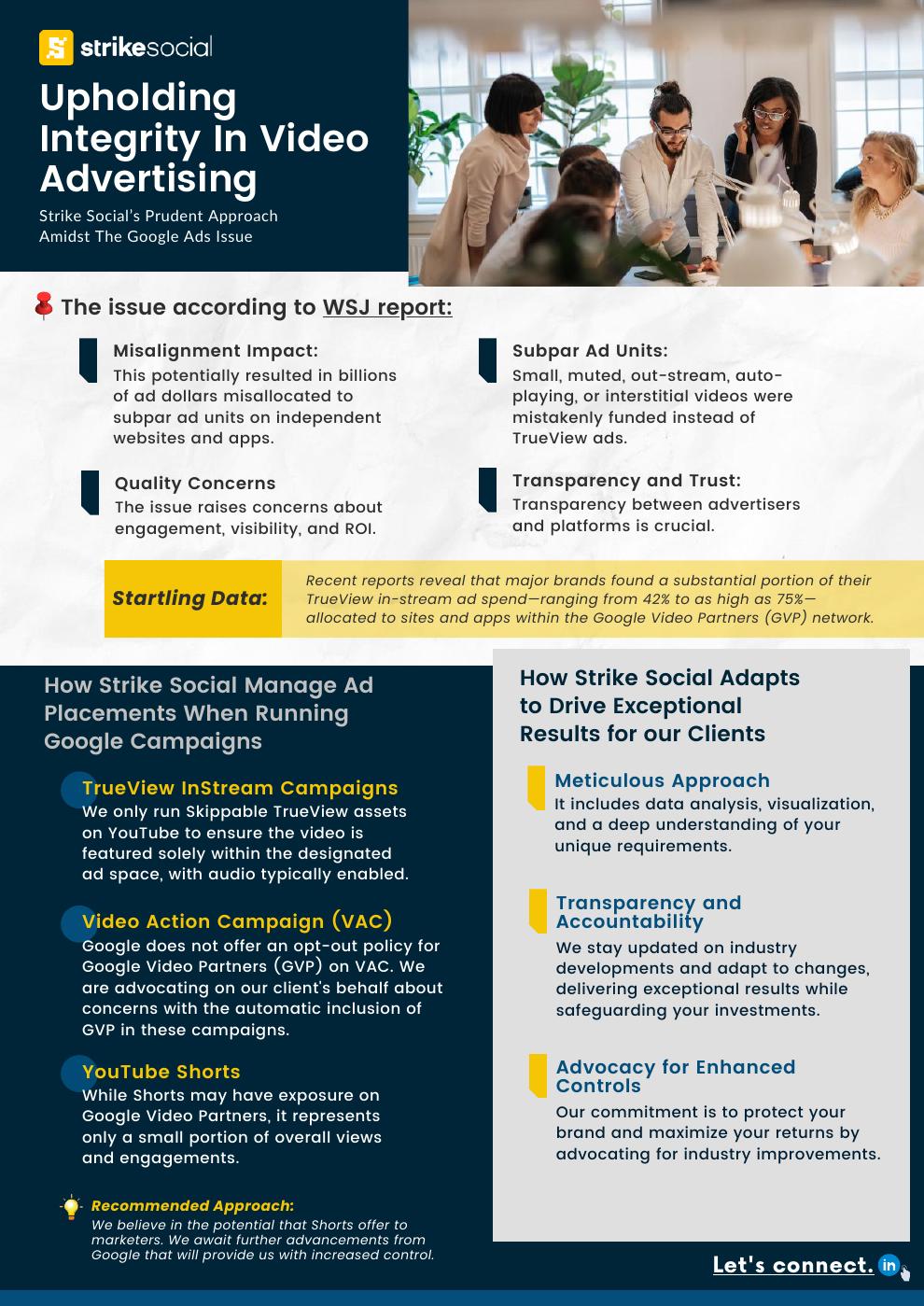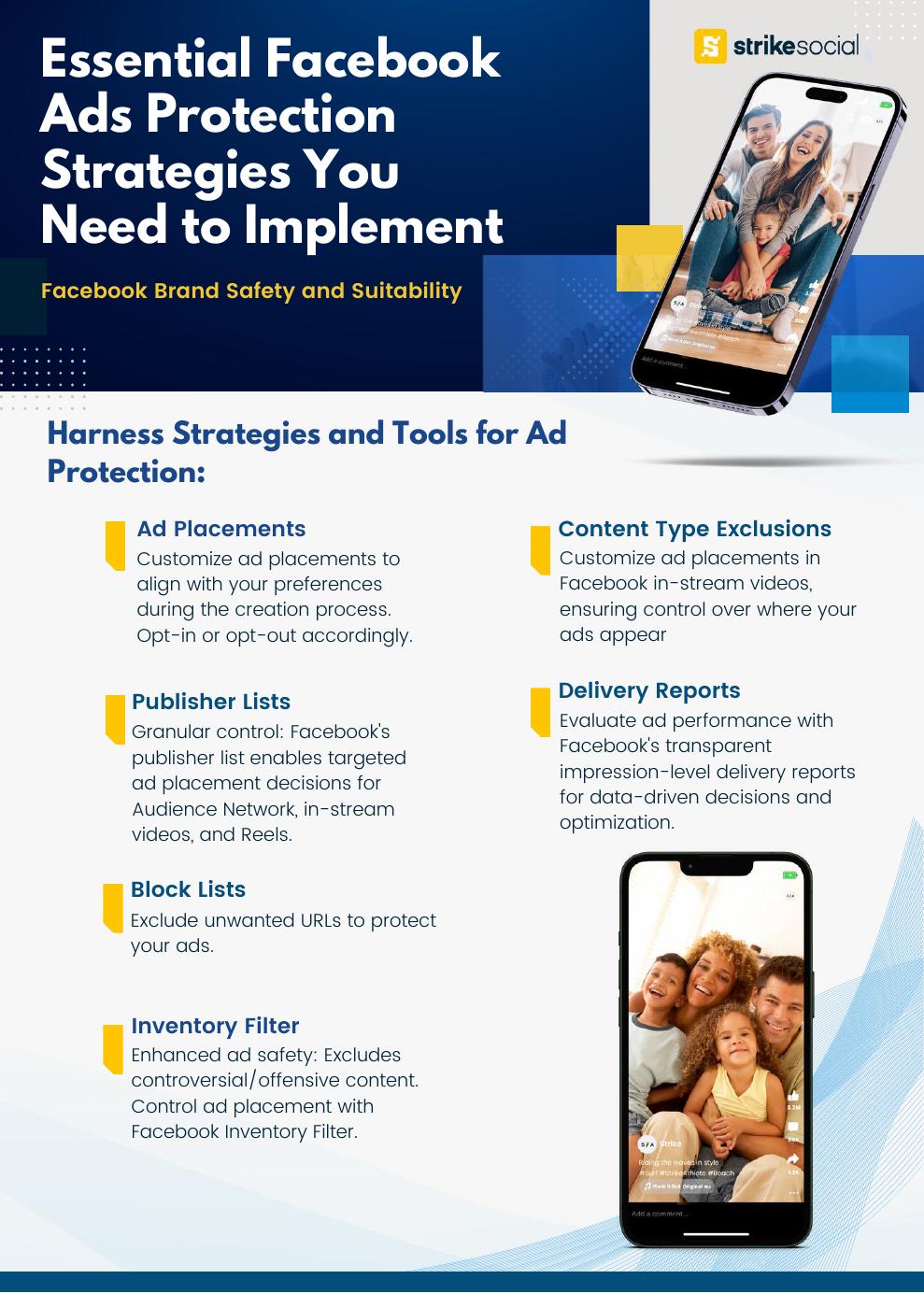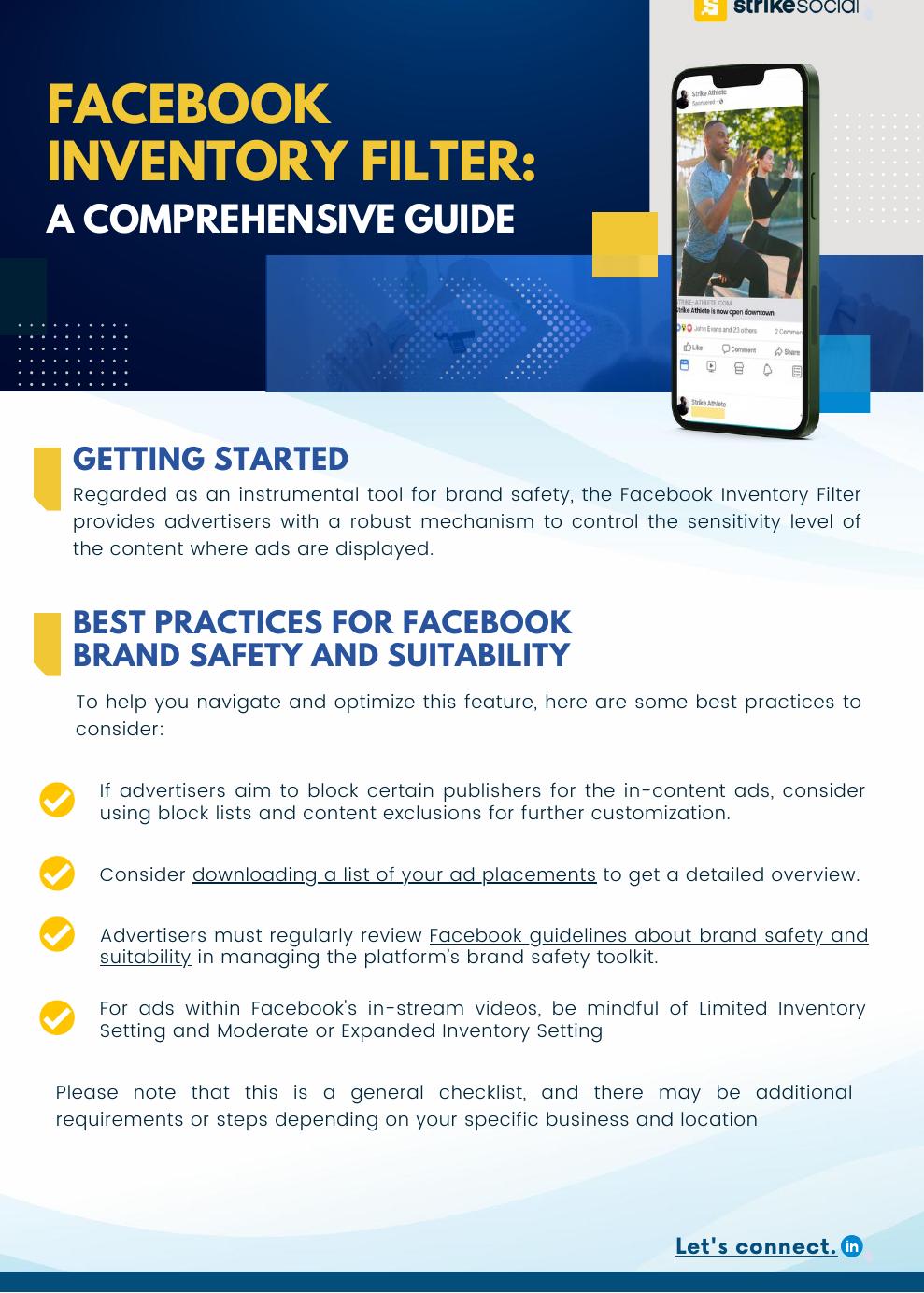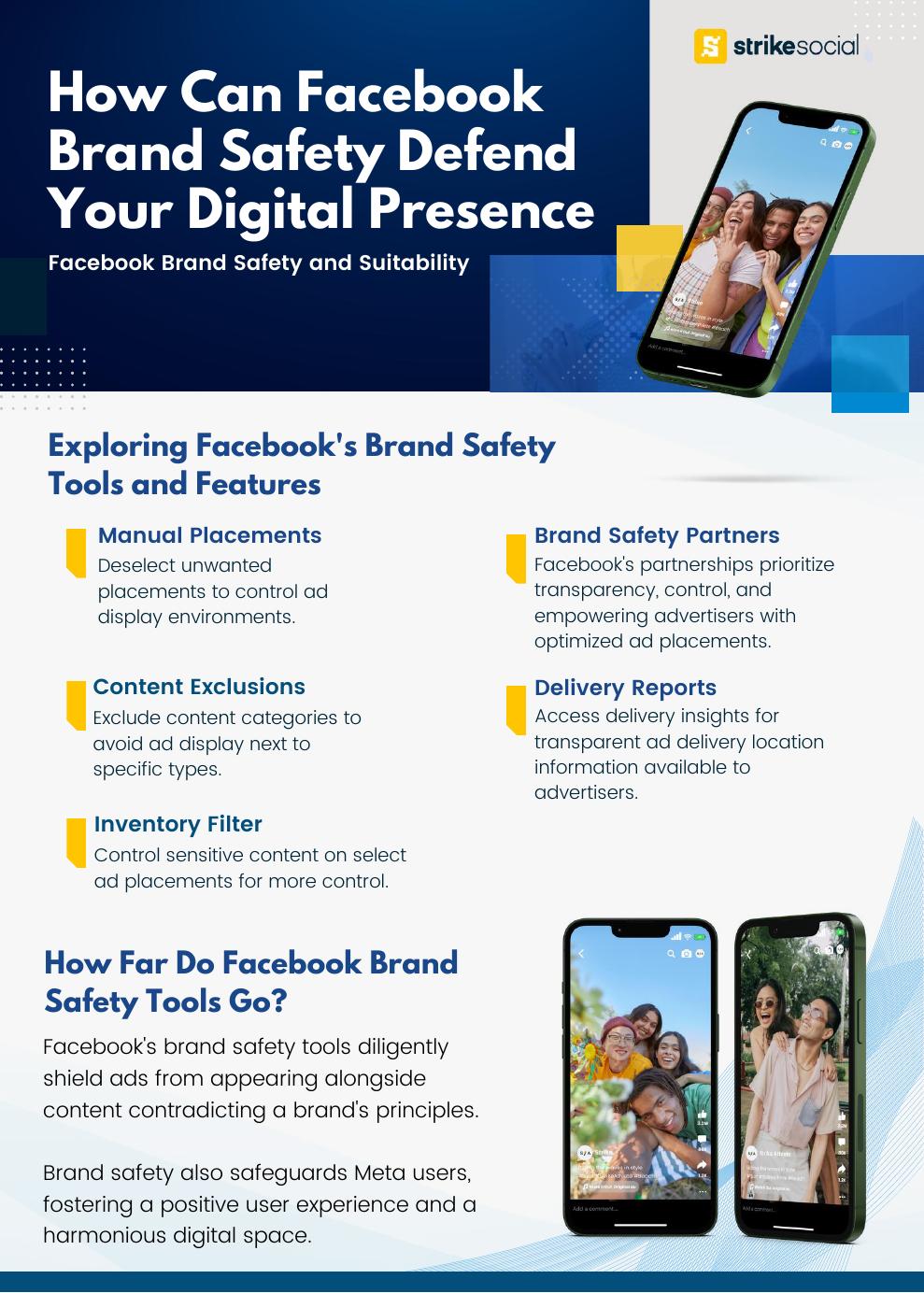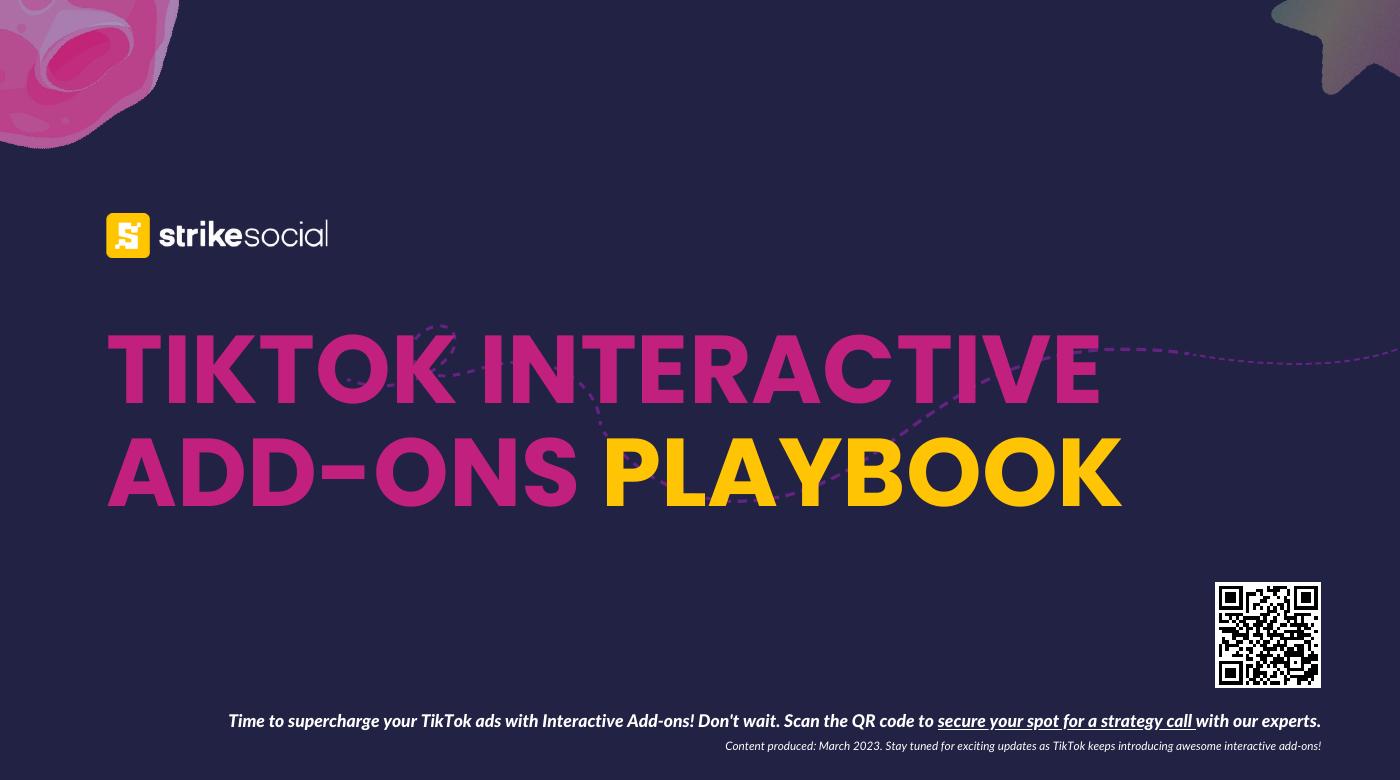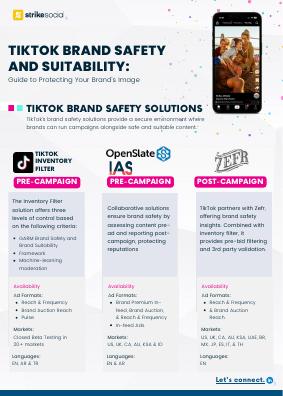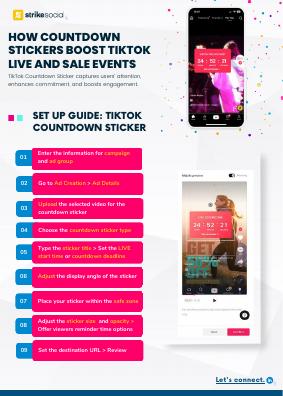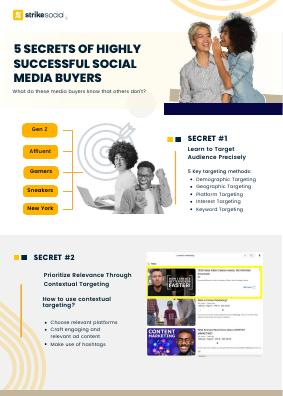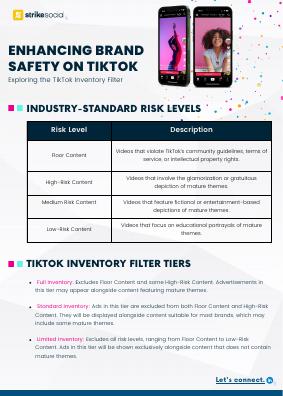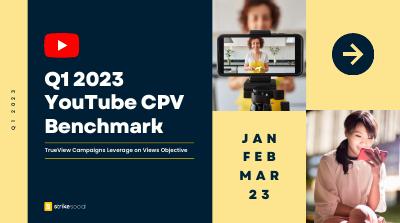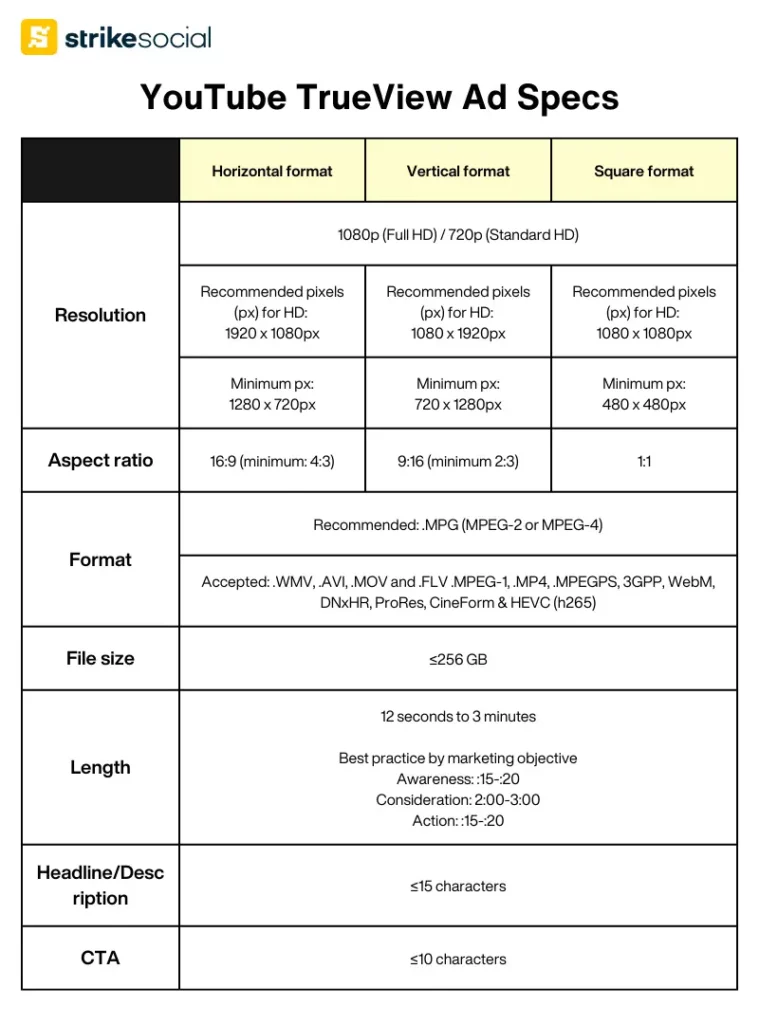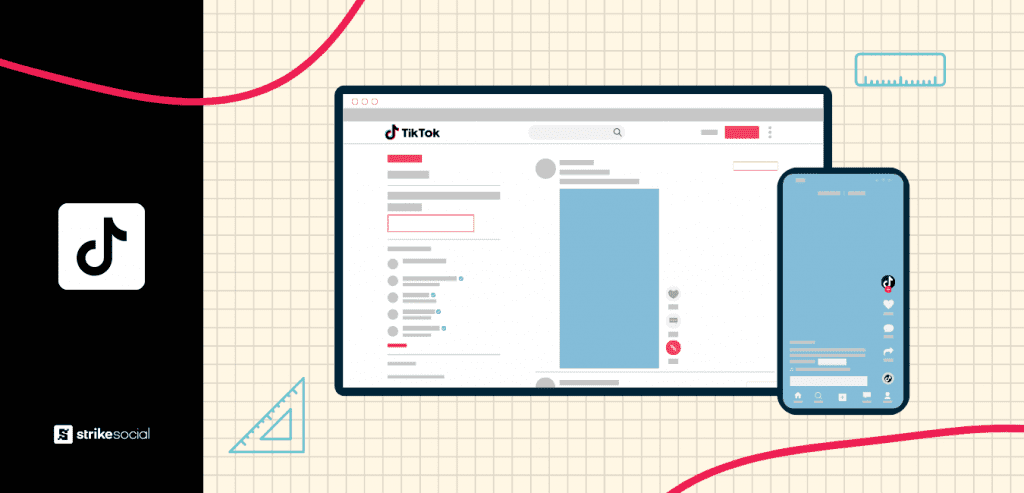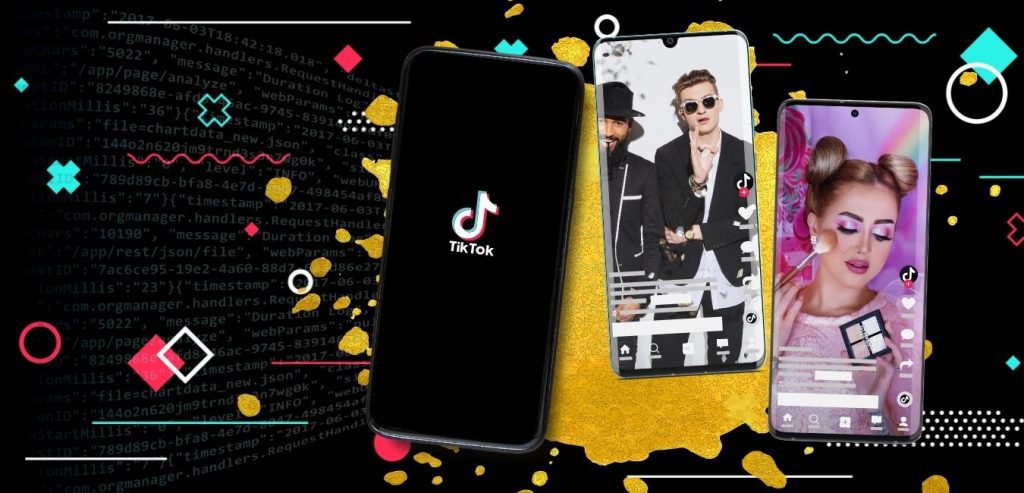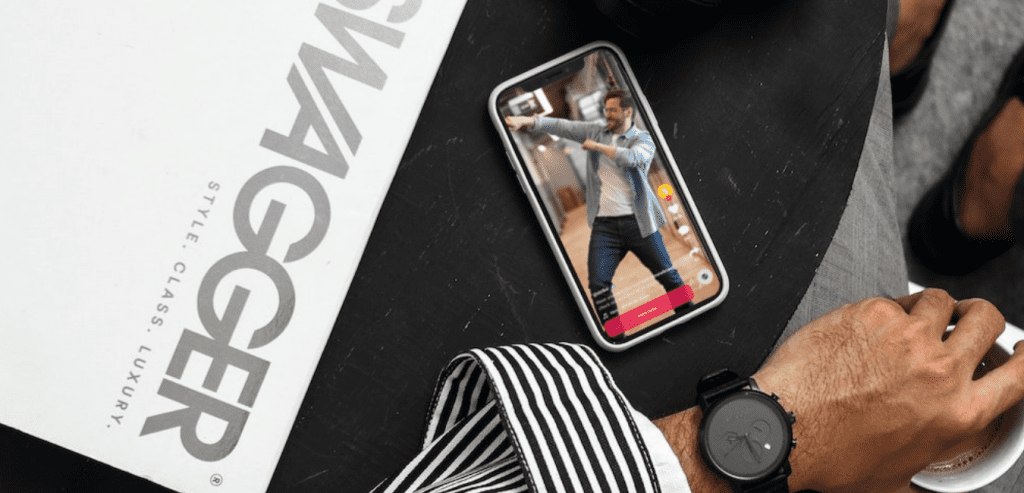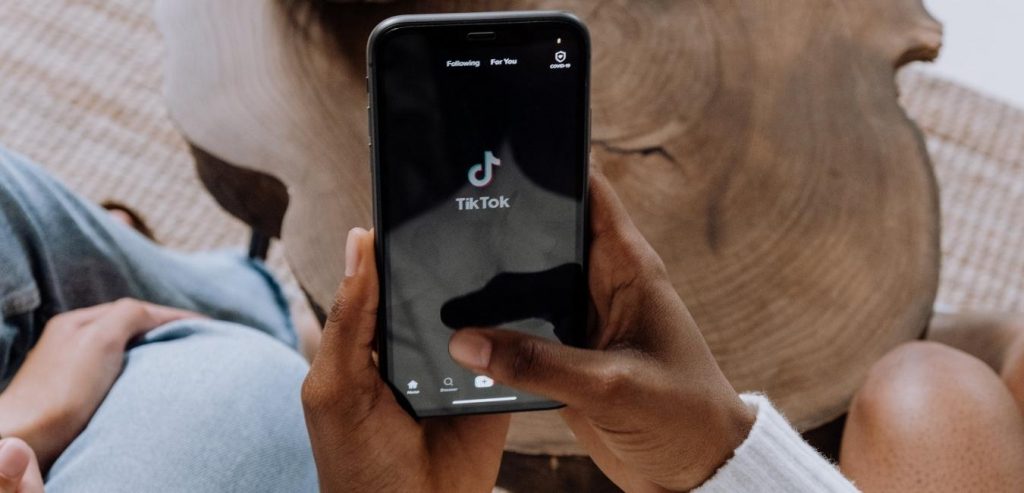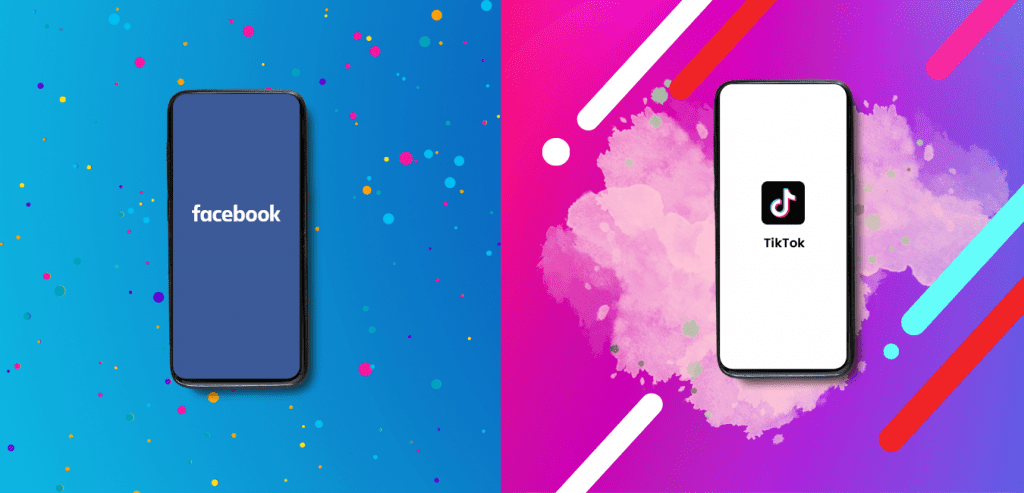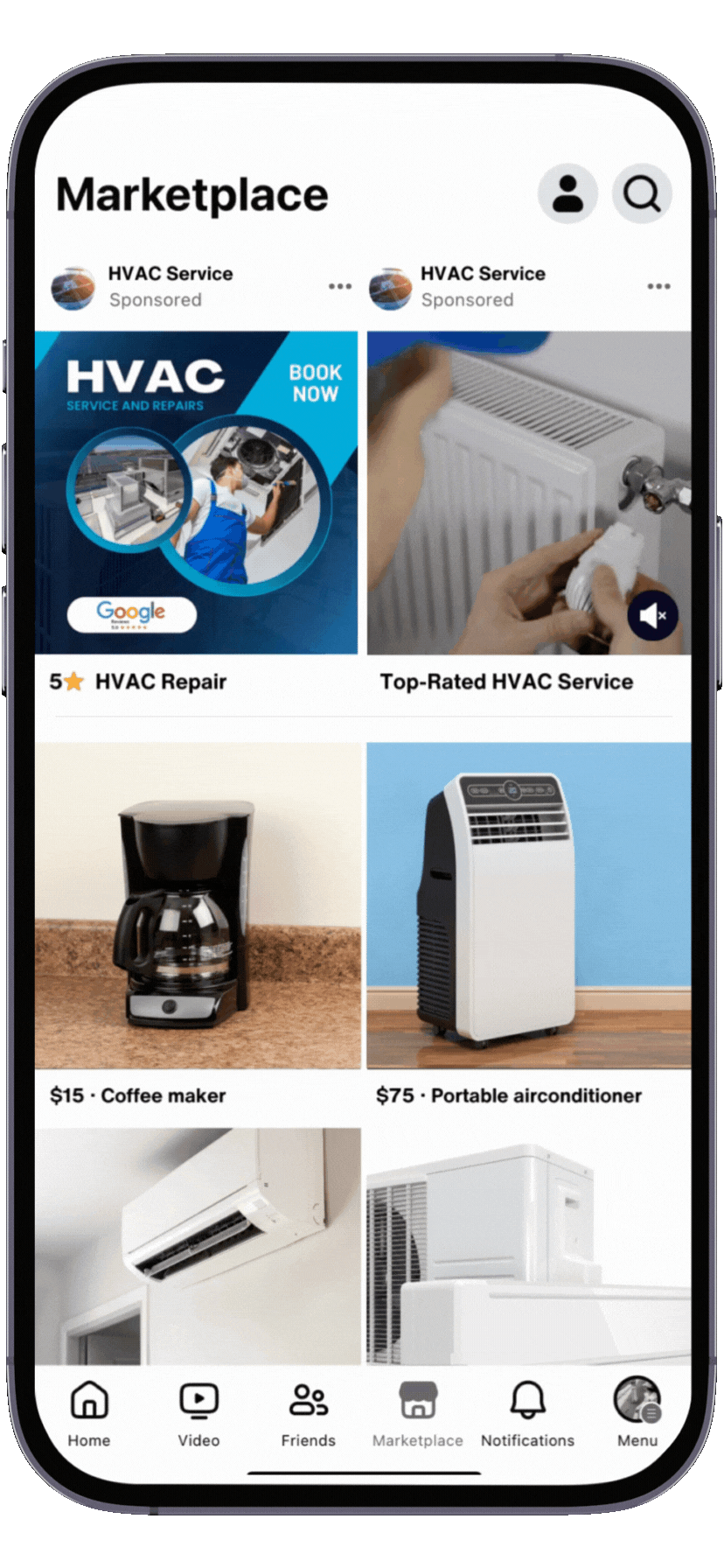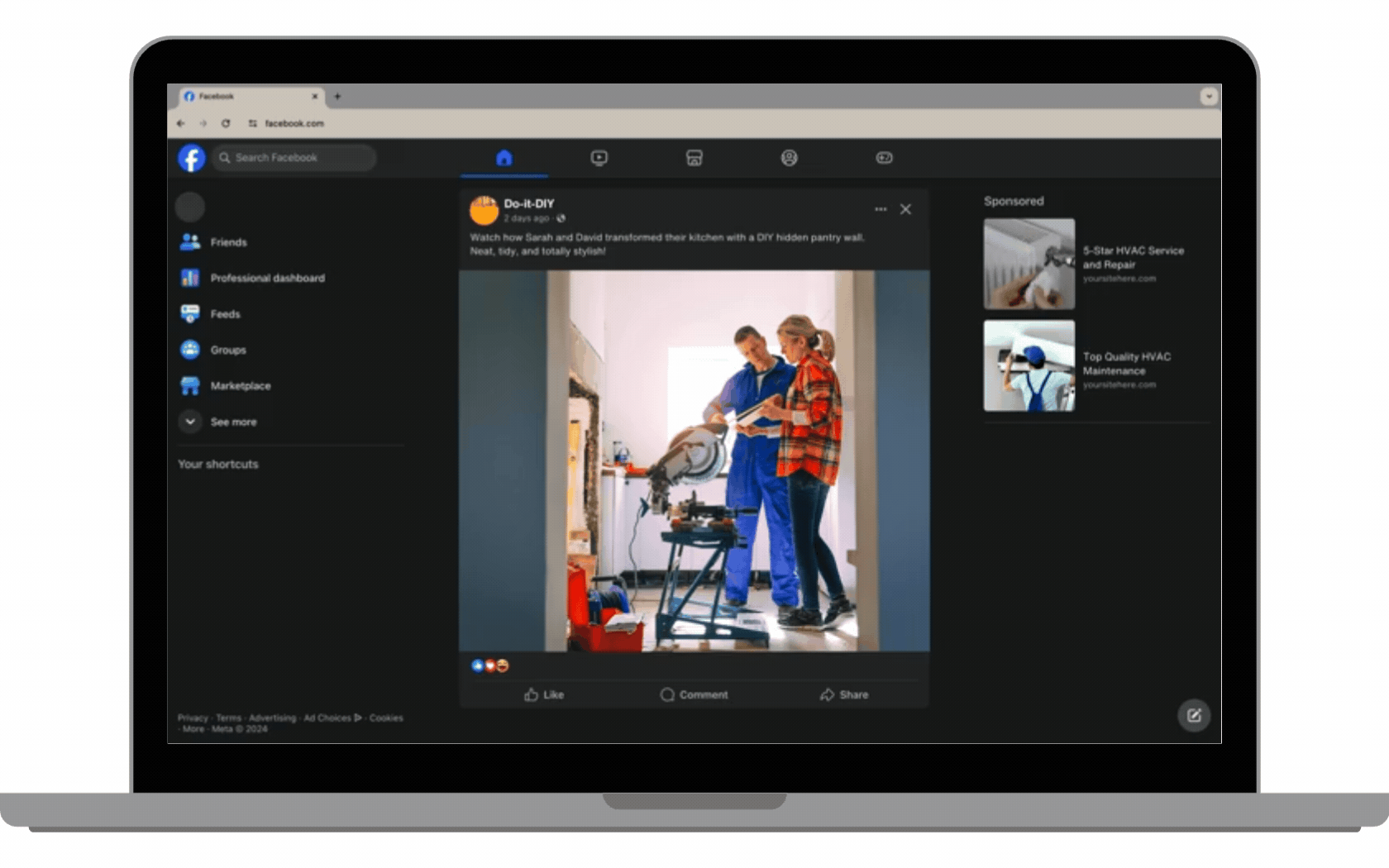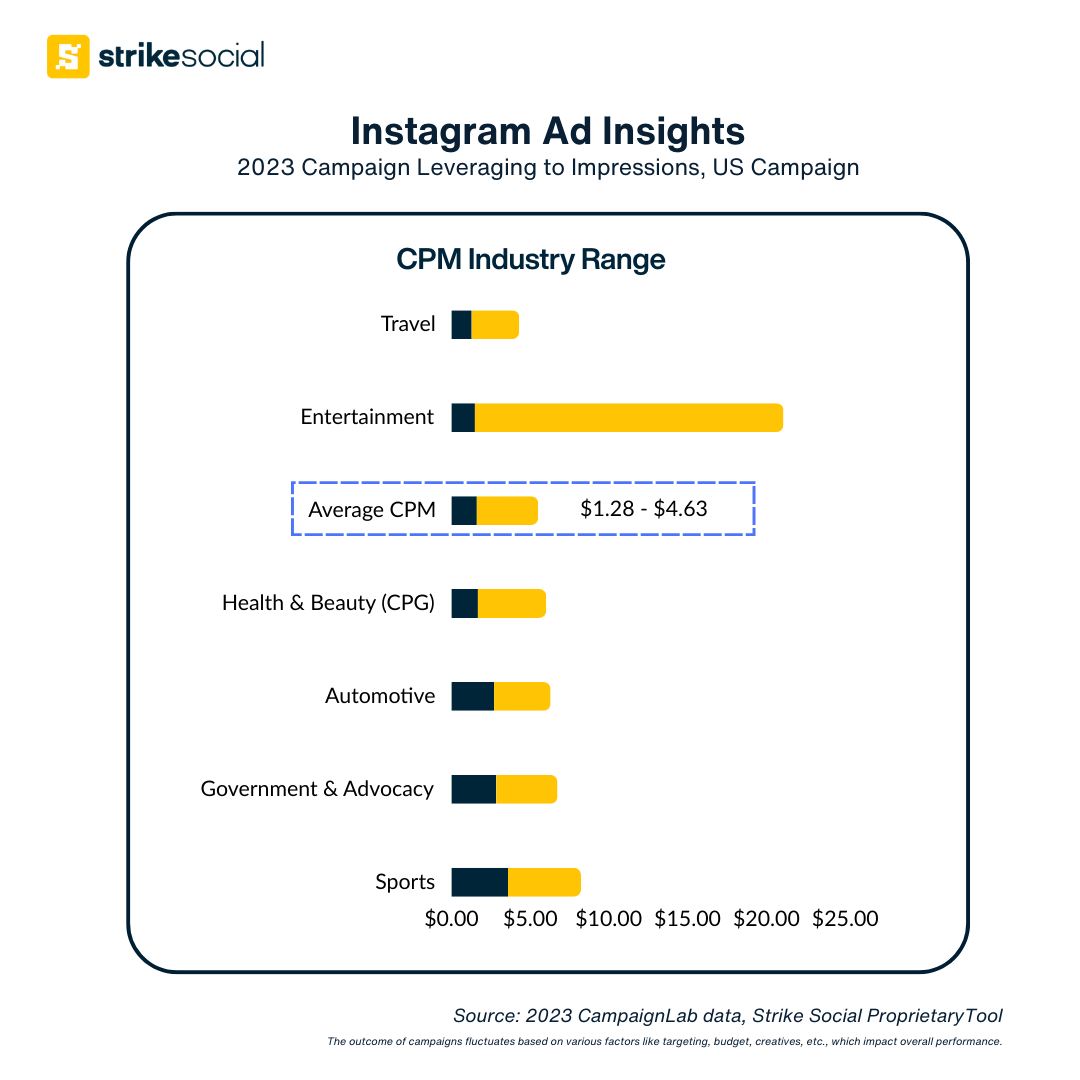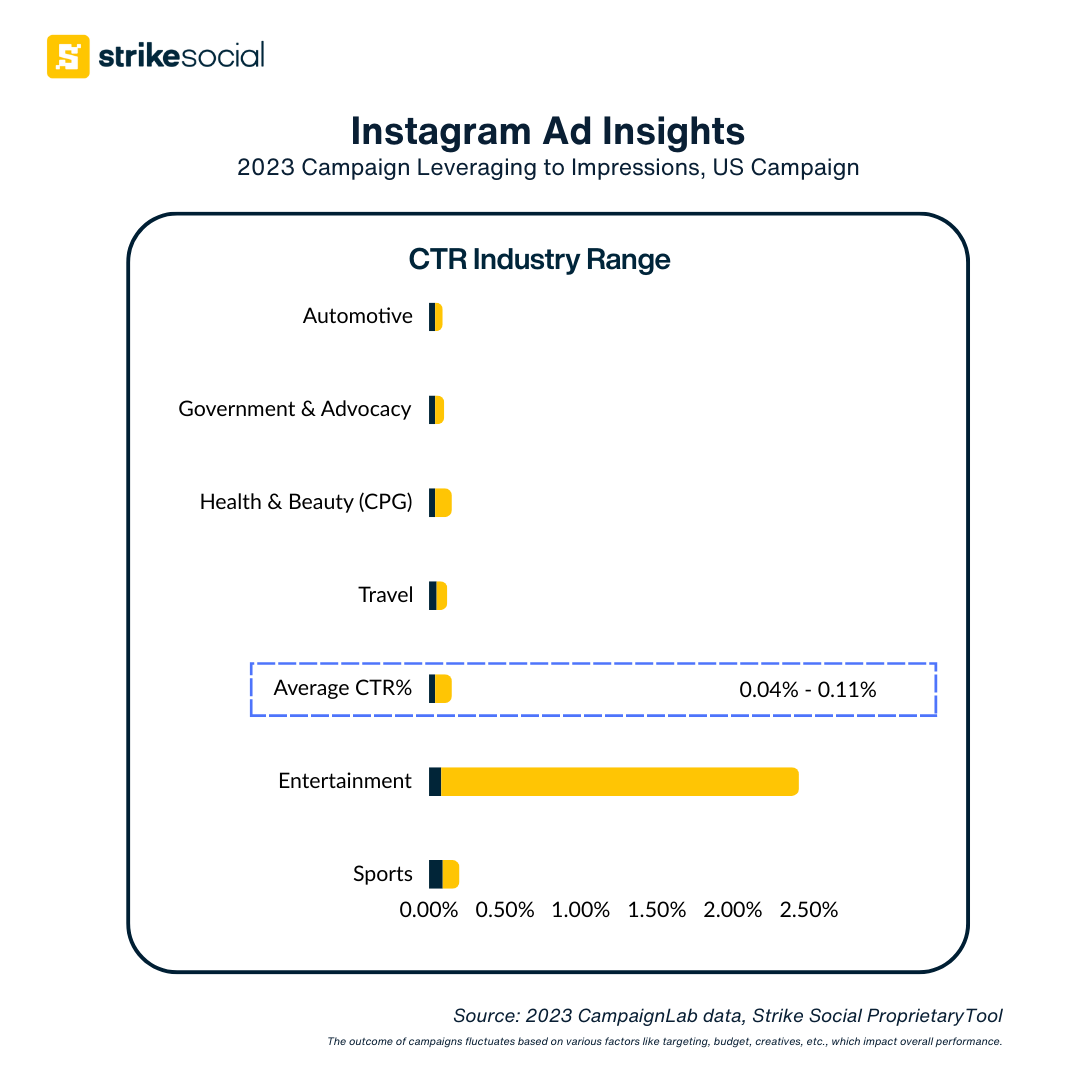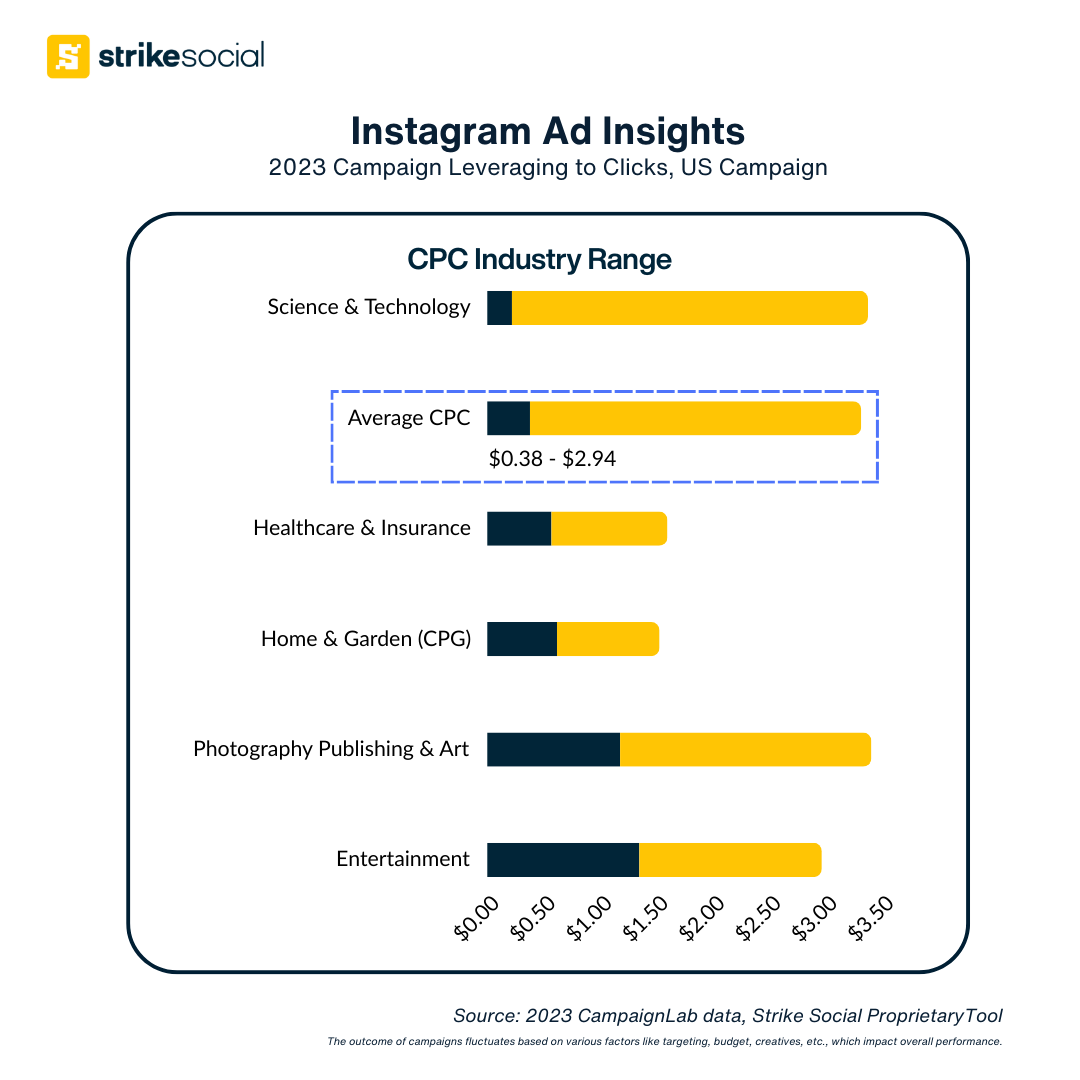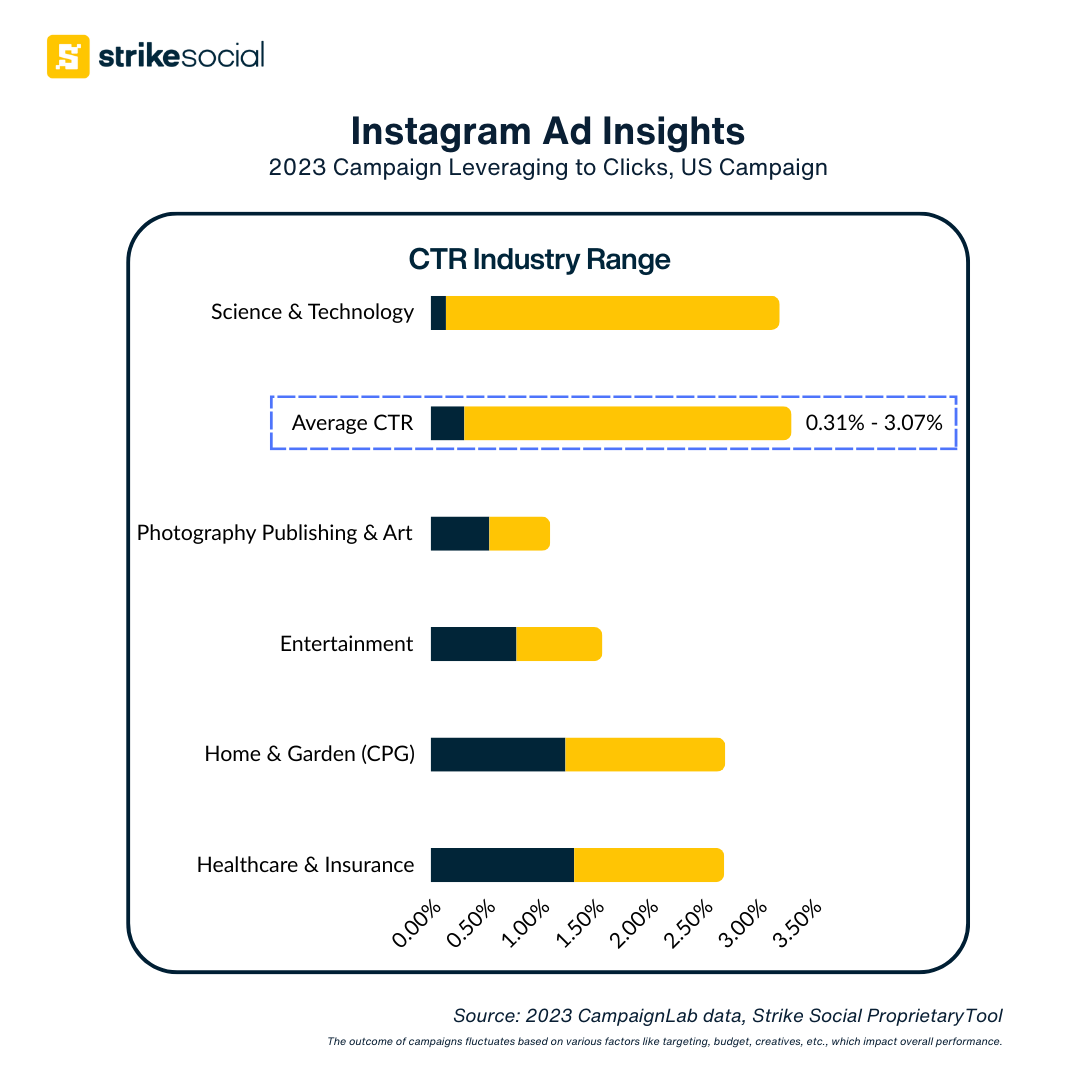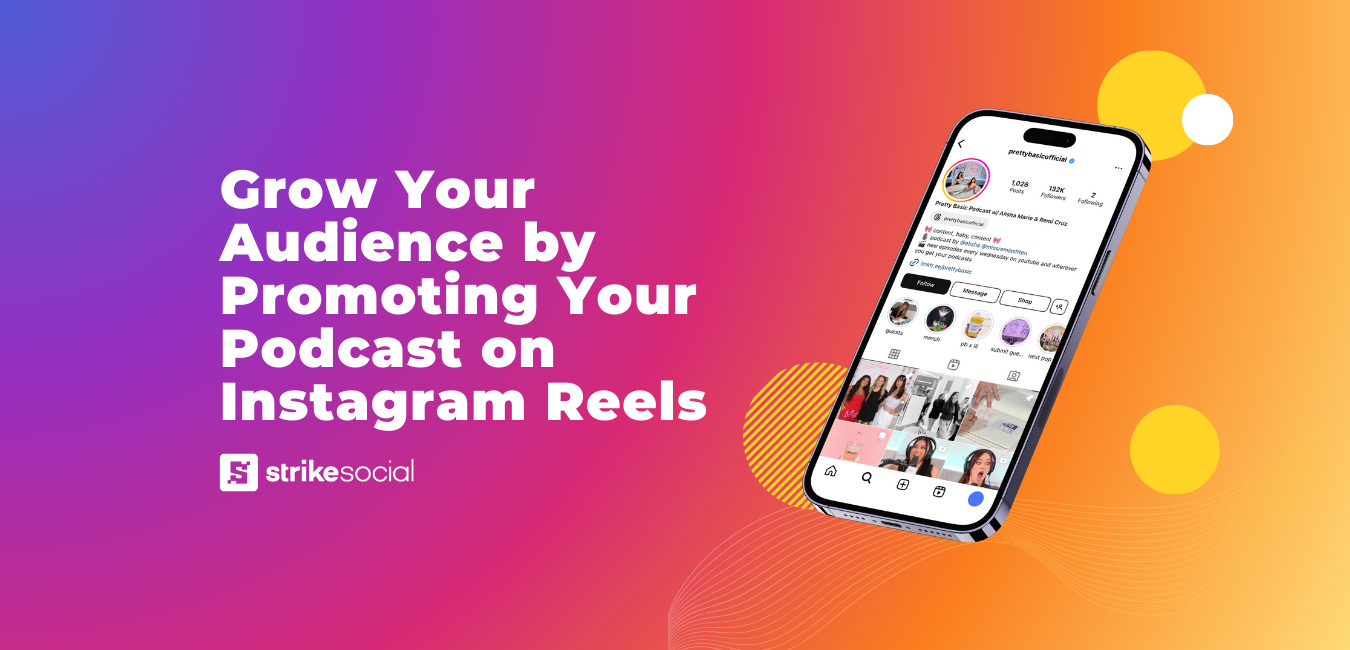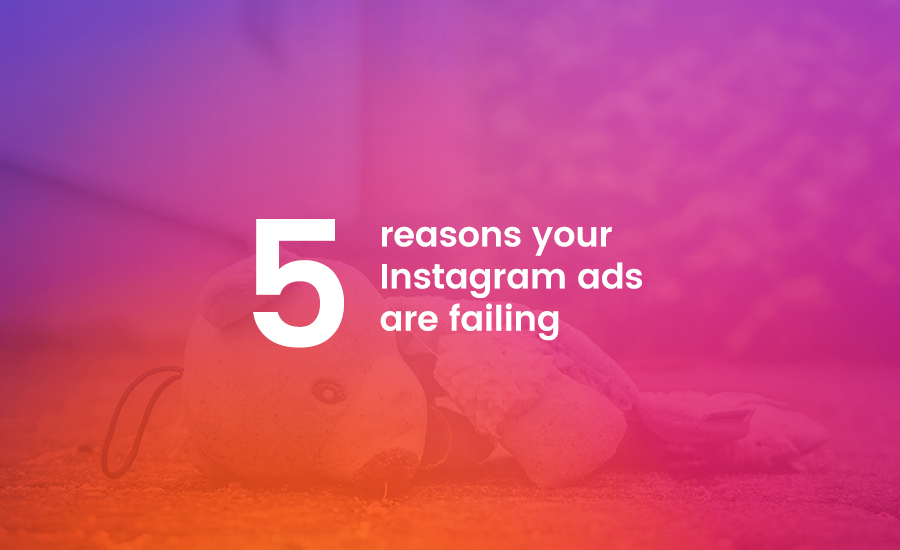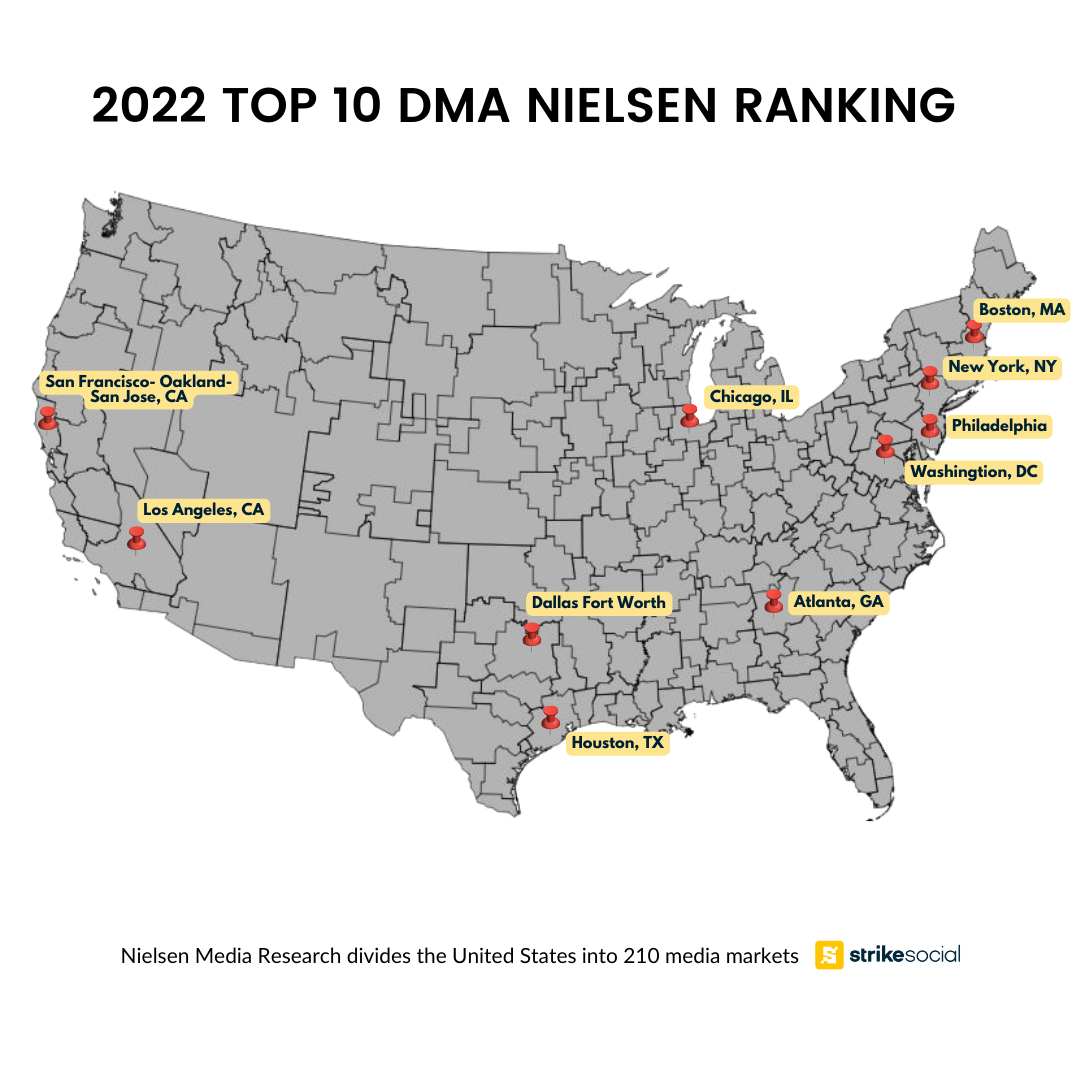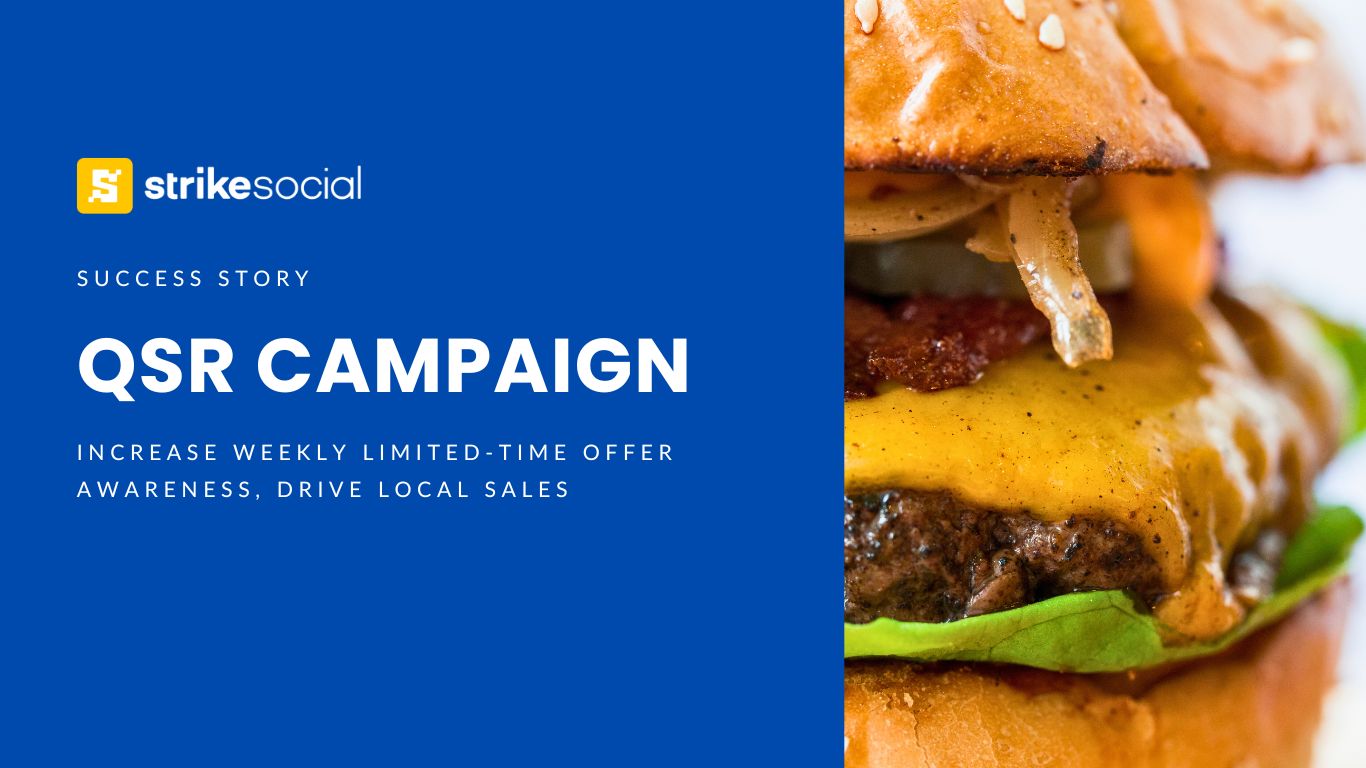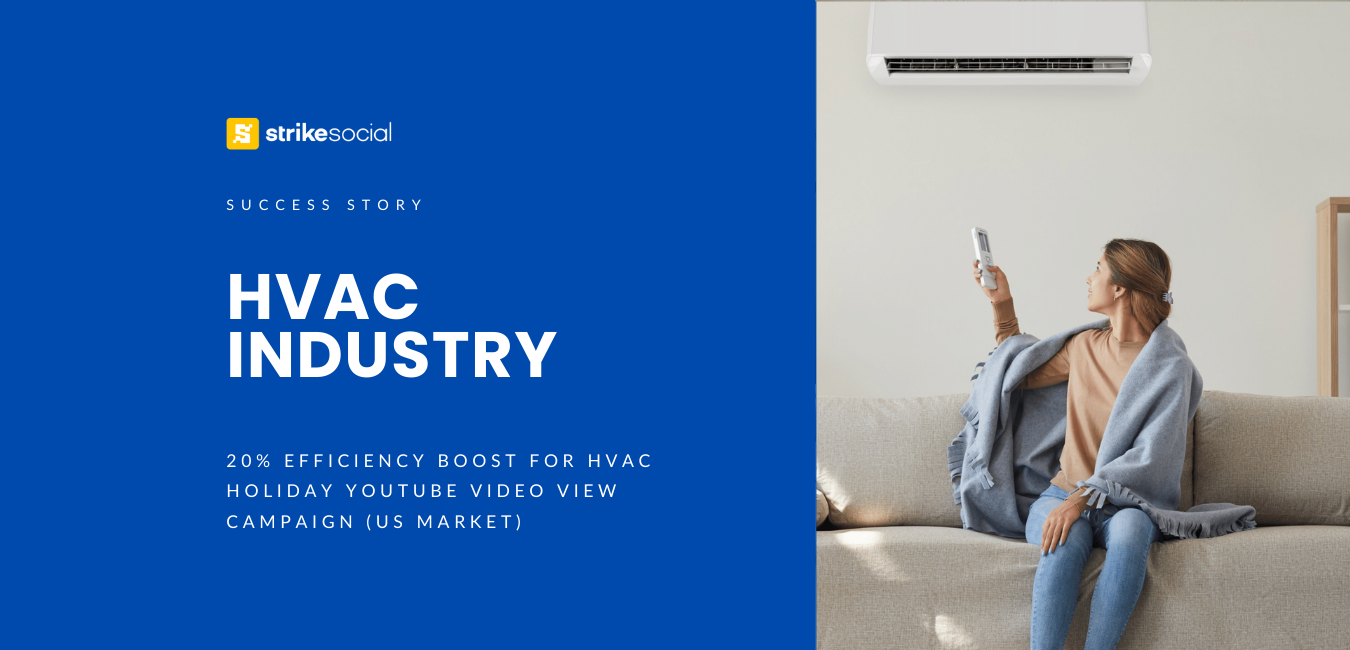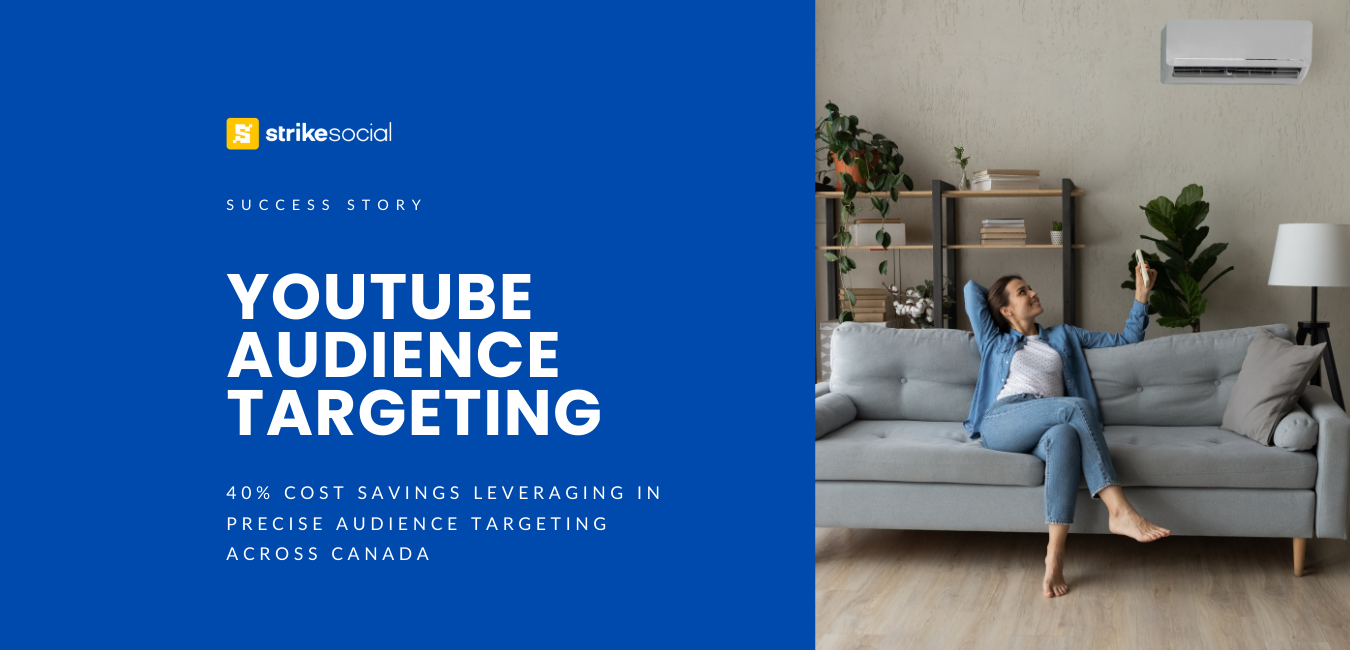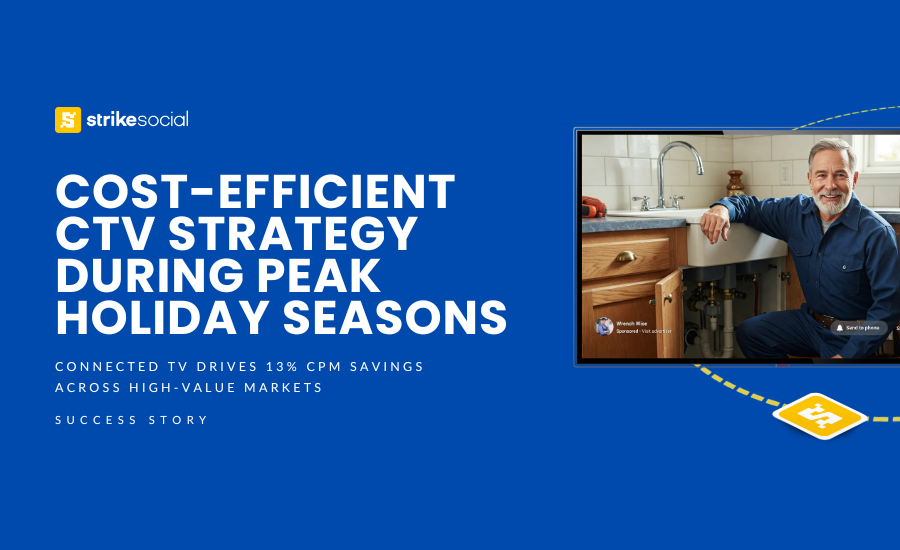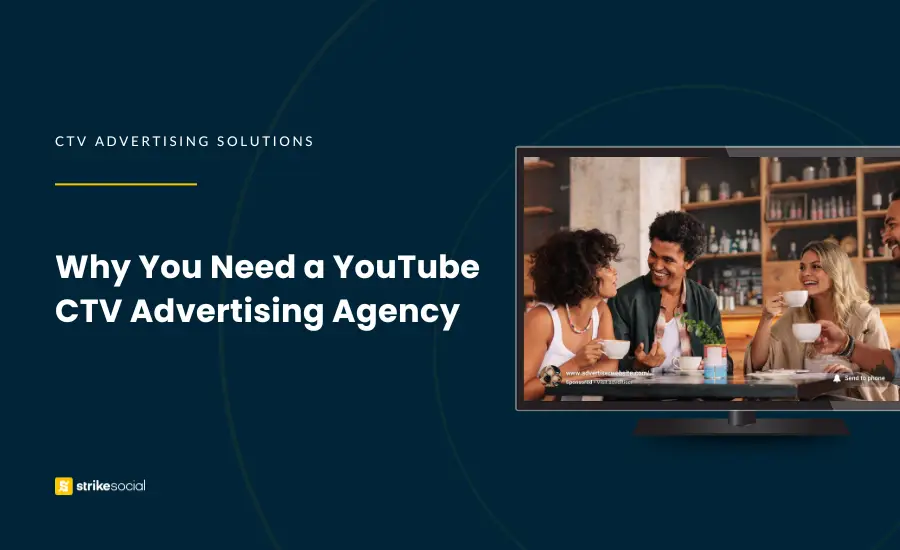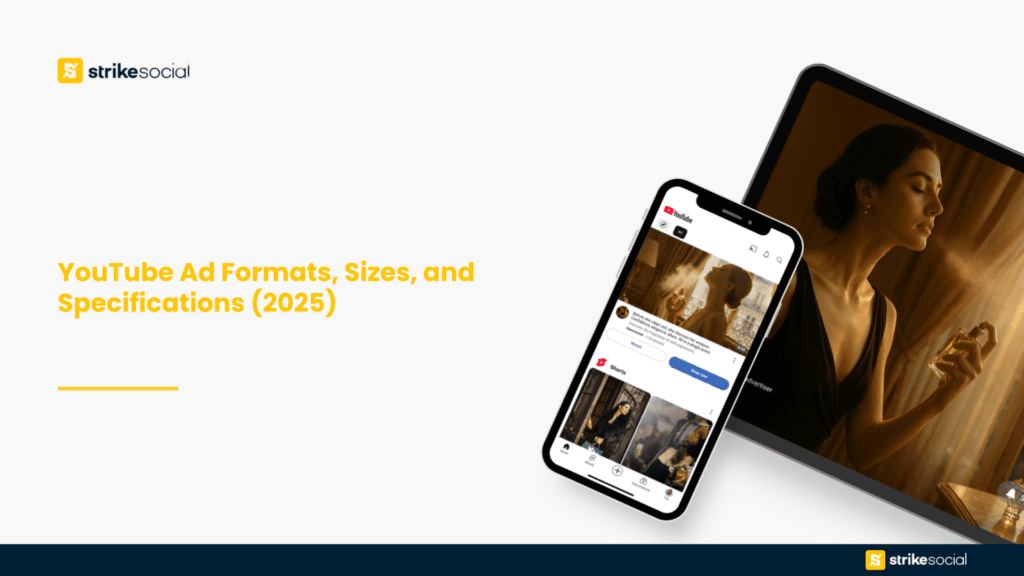
Thank you for downloading the 2025 YouTube Ad Specs Guide
Your download should start in a moment. If it doesn’t, click here.
For adept media buyers, mastering X ad specs remains a distinct advantage as X (formerly known as Twitter) stands out as an essential hub for breaking news. Despite notable brand pullouts, X has transformed into a ‘better value’ proposition, enticing brands with more affordable CPMs.
X now emerges as a promising opportunity for marketers who possess the expertise to navigate the platform strategically and take advantage of its potential for extensive reach.
Are Your Ads Aligned with the X Ad Specs?
The platform’s commitment to innovation is evident as it seeks to enhance its ad offerings with new X ad formats designed to integrate seamlessly into a user’s feed. As X opens up diverse placements within the app, advertisers can strategically take advantage of this opportunity to broaden their reach significantly.
The significance of understanding X ad specs becomes more pronounced than ever. Being knowledgeable about Twitter X ads specifications is essential to stay ahead as X continues to evolve and adapt alongside other giants in social media advertising.
- Keeping Up-to-Date: The Latest in X Advertising Guidelines
- The Insider’s Guide to X Ad Specs for the Latest Ad Formats
- X Advertising Today: Why You Should Stay Up-to-date With X Ad Specs
- Influencing Effectiveness By Adhering to the Latest X Ad Specs
Keeping Up-to-Date: The Latest in X Advertising Guidelines
The latest updates to X advertising guidelines significantly enhance advertisers’ control over their campaigns on X.
Adjacency Controls
- Advertisers can now create negative keyword and account handle lists for Twitter X ads displayed in the Home Timeline. These lists prevent ads from appearing in close proximity to content containing specified keywords or originating from designated accounts. Advertisers can now curate lists with up to 4,000 keywords and 4,000 accounts to universally apply controls across all campaigns associated with a particular handle.
Sensitivity Settings
- Sensitivity Settings allow X advertisers to set a default sensitivity preference at the account level, as it applies to the general suitability of ad placements within the Home Timeline. Brands can seamlessly combine Sensitivity Settings with the granular lists established through Adjacency Controls.
Surface Opt-Out
- Advertisers can now opt out of ad surfaces and placements that do not support Adjacency Controls and Sensitivity Settings, such as search or replies. Notably, both the “For You” and “Following” versions of the Home Timeline fully support Adjacency Controls and Sensitivity Settings, providing comprehensive control over the visibility of Twitter X ads.
Keyword Ads
- Advertisers on X can leverage desired keywords for targeting, so ads are placed near the most relevant topics on X. Keyword ads empower advertisers to seamlessly integrate campaigns with ongoing conversations and real-time search results, catering specifically to user interests.
The recent updates on the X advertising guidelines provide media buyers with refined control over their advertising strategies on X. Prioritize brand safety and relevance in every campaign by staying informed and adapting your approach to capitalize on these powerful features.
The Insider’s Guide to X Ad Specs for the Latest Ad Formats
Your roadmap to effective X advertising begins with ensuring your creative endeavors resonate flawlessly with the dynamic X ad specifications. Look at the array of Twitter X ad placements and how you can align your campaigns with the X ad size requirements.
Promoted Ads
Promoted Ads, like regular Posts, seamlessly integrate into users’ feeds, allowing reposting, replies, likes, and more.
Text Ads
Image Ads
Video Ads
Carousel Ads
Moment Ads
- Tweet copy: 280 characters. (Note: each link used reduces character count by 23 characters, electing 257 characters for Twitter copy.)
- Tweet copy: 280 characters. (Note: each link used reduces character count by 23 characters, electing 257 characters for Twitter copy.)
- File types: PNG and JPEG are recommended. We do not accept BMP or TIFF files.
- Note: GIFs uploaded will render as a static images
- File size: Max 5 MB
Click the buttons below to see X ad specs for each image ad type:
- Image size: 800 x 418 pixels is recommended for 1.91:1 aspect ratio. 800 x 800 pixels is recommended for 1:1 aspect ratio.
- Aspect ratio: 1.91:1 or 1:1
- App title: Truncated at 200 characters. Included from app store; not customizable.
- Call to Action: Install, Open, Play, Shop, Book, Connect, and Order
- Image size: 800 x 418 pixels is recommended for 1.91:1 aspect ratio.
- Aspect ratio: 1.91:1
- Conversation Card
- (original Tweet in timeline)
- Tweet copy: 280 characters (same as above)
- Hashtag: 21 characters, including the hashtag character
- Pre-populated user Tweet
- (once user clicks on the CTA)
- Tweet copy: 256 characters
- Headline: 23 characters
- Thank You Tweet
- (after user has Tweeted out the Tweet)
- Thank you text: 23 characters
- Thank you URL (optional): 23 characters
- Image size: 800 x 418 pixels is recommended for 1.91:1 aspect ratio. 800 x 800 pixels is recommended for 1:1 aspect ratio.
- Aspect ratio: 1.91:1 or 1:1. However, 1:1 will crop to 1.91:1 in mobile timeline.
- GIFs are not supported at this time.
- Tweet copy: Polls can include up to 280 characters of Tweet copy that appear above the image.
- Poll options: 2-4 custom poll options
- Once you’ve written your copy and added your image, you can add two to four custom poll responses to create your poll.
- Poll copy: 25 characters each
- Each poll option can include up to a maximum of 25 characters of text (which do not count against the 280 you can include in Tweet copy).
- Poll duration
- Select a time between a minimum of 5 minutes and a maximum of 7 days. Poll duration starts when the Tweet is created, not when promoted.
- Image size: 800 x 418 pixels is recommended for 1.91:1 aspect ratio. 800 x 800 pixels is recommended for 1:1 aspect ratio.
- Aspect ratio: 1.91:1 or 1:1
- Website title length: 70 characters. Please note — depending on device and app settings this description may truncate. Up to two lines of text are rendered on the card title; any text beyond that is truncated with an ellipsis. Although not guaranteed, limiting the description to 50 characters should ensure that truncation won’t occur across most devices.
- URL: must begin with http:// or https://
- Image size: 1200 x 1200 pixels is recommended for 1:1 aspect ratio. 1200 x 628 pixels is recommended for 1.91:1 aspect ratio. Larger images will be better optimized for when users click to expand images.
- Aspect ratio: 1.91:1 or 1:1. Please note that the legacy composer supports any aspect ratio between 2:1 and 1:1.
- Tweet copy: 280 characters. (Note: each link used reduces character count by 23 characters, electing 257 characters for Twitter copy.)
- File types: MP4 or MOV
- File size: 1 GB max. For optimal performance we strongly recommend to keep files under 30 MB.
- Video length: 15 seconds or less is recommended. Up to 2:20 is supported. (Select advertisers are eligible to request an increase up to 10 minutes; however, we advise videos to be 9:55 to account for a range of video files. Please contact your Twitter Account Manager for more information.)
- Branding: Highly recommended throughout; if using a logo, it should be persistent in the upper left hand corner. Prominent product placement is highly recommended for driving product consideration.
- Captions: Closed captioning or text overlays are strongly recommended.
- Video bitrate: 6,000 – 10,000k (recommended 6,000k) for 1080p. 5,000k – 8,000k (recommended 5,000k) for 720p.
- Frame rate: 29.97FPS or 30FPS. Higher is acceptable (support up to 60FPS). If the available video has a lower frame rate don’t try to “upsample” it.
- Audio codec: AAC LC (low complexity)
- Video codec recommendation: H264, Baseline, Main, or High Profile with a 4:2:0 color space.
- Thumbnail
- Supported files: PNG or JPEG
- Aspect ratio: recommend matching sizing of the video
- Max size: 5MB
- Looping: Videos will loop if the video length is under 60 seconds.
Click the buttons below to see X ad specs for each video ad type:
- Video size: 1200 x 1200 pixels is recommended for 1:1 aspect ratio. 1920 x 1080 pixels is recommended for 16:9 aspect ratio. Larger videos will be better optimized for when users click to expand videos.
- Aspect ratio: 16:9 or 1:1. Please note that the legacy composer supports any aspect ratio between 2:1 and 1:1.
- Video size: 800 x 450 pixels is recommended for 16:9 aspect ratio. 800 x 800 pixels is recommended for 1:1 aspect ratio.
- Aspect ratio: 16:9 or 1:1
- Website title length: 70 characters. Please note — depending on device and app settings this description may truncate. Up to two lines of text are rendered on the card title; any text beyond that is truncated with an ellipsis. Although not guaranteed, limiting the description to 50 characters should ensure that truncation won’t occur across most devices.
- URL: must begin with http:// or https://
- Video size: 800 x 450 pixels is recommended for 16:9 aspect ratio. 800 x 800 pixels is recommended for 1:1 aspect ratio.
- Aspect ratio: 16:9 or 1:1
- App title: Truncated at 200 characters. Included from app store; not customizable.
- Call to Action: Install, Open, Play, Shop, Book, Connect, and Order
- Video size: 800 x 450 pixels is recommended for 16:9 aspect ratio.
- Aspect ratio: 16:9
- Conversation Card
- (original Tweet in timeline)
- Tweet copy: 280 characters (same as above)
- Hashtag: 21 characters, including the hashtag character
- Pre-populated user Tweet
- (once user clicks on the CTA)
- Tweet copy: 256 characters
- Headline: 23 characters
- Thank You Tweet
- (after user has Tweeted out the Tweet)
- Thank you text: 23 characters
- Thank you URL (optional): 23 characters
- Video size: 800 x 450 pixels is recommended for 16:9 aspect ratio. 800 x 800 pixels is recommended for 1:1 aspect ratio.
- Aspect ratio: 16:9 or 1:1. However, 1:1 will crop to 16:9 in mobile timeline.
- GIFs are not supported at this time.
- Tweet copy: Polls can include up to 280 characters of Tweet copy that appear above the video.
- Poll options: 2-4 custom poll options
- Once you’ve written your copy and added your video, you can add two to four custom poll responses to create your poll.
- Poll copy: 25 characters each
- Each poll option can include up to a maximum of 25 characters of text (which do not count against the 280 you can include in Tweet copy).
- Poll duration
- Select a time between a minimum of 5 minutes and a maximum of 7 days.
- Number of slides: 2-6 (Images or Videos)
- Media size
- Image Carousels: 800 x 418 pixels is recommended for 1.91:1 aspect ratio. 800 x 800 pixels is recommended for 1:1 aspect ratio.
- Video Carousels: 800 x 450 pixels is recommended for 16:9 aspect ratio. 800 x 800 pixels is recommended for 1:1 aspect ratio.
- Aspect ratio
- Image Carousels: 1.91:1 or 1:1 image assets using a single aspect ratio within one carousel.
- Video Carousels: 16:9 or 1:1 video assets using a single aspect ratio within one carousel.
- For Carousels using mixed media, aspect ratios should remain consistent (1:1 image asset with 1:1 video asset).
- Link: One web or app destination for single-destination Carousels. Up to six unique web destinations for multi-destination Carousels.
Click the buttons below to see X ad specs for each carousel ad type:
- Website title length: 70 characters. Please note — depending on device and app settings this description may truncate. Up to two lines of text are rendered on the card title; any text beyond that is truncated with an ellipsis. Although not guaranteed, limiting the description to 50 characters should ensure that truncation won’t occur across most devices. This is customizable per card.
- URL: must begin with http:// or https://
- App title: Truncated at 200 characters. Included from app store; not customizable.
- Call to Action: Install, Open, Play, Shop, Book, Connect, and Order.
- The unique storytelling capabilities of Moment Ads allows you to create, curate, and promote Tweet collections beyond the 280-character limit.
Twitter X Amplify Ad
Twitter Amplify, a product suite tailored for Pre-roll Views campaigns, offers diverse avenues to showcase your brand: Amplify Pre-roll, and Amplify Sponsorship.
Amplify
Pre-rollAmplify
Sponsorships
Select your preferred video content categories from a pool of 15+, including exclusive Curated Categories in specific markets (subject to availability).
- File size: Maximum file size is 1GB.
- Video length: Recommended 15 seconds or less. Max: 2 minutes and 20 seconds.
- File types: MP4 or MOV
- Video aspect ratio: 1:1 is recommended as it will always render as square on desktop and mobile, timeline and profile. This and 9:16 (vertical) will take up the same amount of real estate, which is more than 16:9.
- Your ad will automatically be matched with publisher content that has a similar aspect ratio when available, but we recommend taking a look at the kind of publisher content you’d like to run on and planning to mirror trends in aspect ratio
- Recommended video size: 1200 x 1200 (minimum for 1:1 is 600 x 600)
- If not a 1:1 aspect ratio: 640×360 minimum
- URL (optional): must begin with http:// or https://
- Branding: Highly recommended throughout (keeping in mind that Amplify Sponsorships have product overlays in the top left and bottom right and left corners for publisher video previews, ad countdowns, etc.)
- Captions: Closed captioning or text overlays are strongly recommended.
- Video bitrate recommendation: 6,000 – 10,000k (recommended 6,000k) for 1080p. 5,000k – 8,000k (recommended 5,000k) for 720p.
- Frame rate recommendation: 29.97FPS or 30FPS. Higher is acceptable. If the available video has a lower frame rate don’t try to “upsample” it.
- Audio codec recommendation: AAC LC (low complexity)
- Video codec recommendation: h264, baseline, main or high profile with a 4:2:0 color space
Experience a unique 1:1 partnership with a single publisher, providing you with post-level control over your campaign.
- File size: Max 1 GB.
- Video length: 6 seconds or less recommended. Max: 2 minutes and 20 seconds.
- File type: MP4 or MOV
- Aspect ratio: 16×9 or 1×1 recommended, dependent on publisher content
- Recommended video size: 1200 x 1200 (minimum for 1:1 is 600 x 600)
- Any height is acceptable, but if the height exceeds the width, the video will be cropped to 1:1 in the feed.
- If not a 1:1 aspect ratio: 640×360 minimum
- URL (optional): must begin with http:// or https://
- Branding: Highly recommended throughout (keeping in mind that Amplify Pre-roll has product overlays in the top left and bottom right and left corners for publisher video previews, ad countdowns, etc.)
- Captions: Closed captioning or text overlays are strongly recommended.
X Takeover Ads
Position your brand at the forefront with X Takeover Ads, securing prime placement at the top of users’ timelines. Explore Trend Takeover and Brand Takeover formats, aligning your brand with the hottest trends of the day.
Timeline
TakeoverTrend
TakeoverTrend
Takeover+
- Tweet copy: specs for a Timeline Takeover placement will depend on the format used. Reference individual specs pages for the format you want to run.
- Supported formats:
- Image Ads
- Video Ads
- Carousel Ads
- Twitter Live
- Promoted Ads with Conversation Buttons and Polls
- Branded Hashtags
- Branded Notifications
- Appears on the homepage of Twitter.com for all users within a Trend’s region and within the Explore tab on mobile. 20 characters max.
- Trend description (optional but highly recommended):
- Appears directly below the Trend Hashtag on the homepage of Twitter.com for all users within a Trend’s region and within the Explore tab on mobile. 70 characters max.
- Companion Promoted Ad (required):
- Craft 3-6 Promoted Ads (can be image, video, gif, etc) to support the trend. These are eligible to show in the home timeline for users on both web and mobile, making the trend more discoverable.
Note: The Trend Takeover+ placement is not age-gated. Please ensure the GIF or image asset provided is appropriate for all ages (i.e. no weapons, guns, nudity, violence, etc.).
- File types: 6-second looping GIF, MP4, or static image
- Aspect ratio: 16:9 (for both GIF and images)
- File size: 5MB for image, 15MB for GIF
- Trend hashtag: Max 16 characters
- Trend description: Max 30 characters
- Creative must be delivered to Twitter via a darkTweet, with media (either GIF, MP4, or image) only. Media in card formats cannot be accepted.
- Trend name & description:
- Don’t duplicate hashtag in both Trend Name and Description.
- Trend Takeover+ will be attributed to @brandhandle, so no need to overtly brand the Description field.
- Use the Description to provide further context to your trend, make it declarative & intriguing.
- Avoid click-bait phrases such as “50% off”, “Buy One Get One Free”, “Limited Time Only”, etc.
X Live
Twitter Live allows brands to maximize engagement by placing Live ads on recommended stream specifications, and ensuring top-notch video quality during live events.
Recommended
stream
specificationsEvent page
specifications
- Please follow the stream specifications recommendation below for the best Producer experience. Please note: The list of supported encoders and services is not exhaustive and is subject to change.
- RTMP
Video codec: H.264/AVC
Video bitrate: 9Mbps (recommended), 12Mbps (maximum)
Audio codec: AA-LC
Audio bitrate: 128bps (maximum) - Resolution
1280×720 (recommended)
1920×1080 (maximum) - Frame rate
30 fps (recommended)
60 fps (maximum) - Keyframe interval
OBS: Every 3 seconds
Wirecast:
24 fbs = Keyframe interval of 72 frames
30 fbs = Keyframe interval of 90 frames
50 fbs = Keyframe interval of 150 frames
60 fbs = Keyframe interval of 180 frames - Supported encoders and services:
- Restream
- Golightstream
- Socialive
- OBS
- Wirecast
- Teradek
- Elemental
- Vmix
- StreamYard
- Streamlabs
- Event page description: 280 characters max.
NEW: Can contain external links! (pre-orders, ticket sales, other O&O site) - Carousel: Max 5 videos. Can be multiple live, VOD, GIFS, Photos. Requires additional investment – see pricing sheet.
- Hashtag: Autopopulating hashtag when Tweets are composed in Tweet bar.
- Timeline Tweet: Pulls in Tweets specific terms. Max 5 terms. For example: hashtags, keywords & phrases, executive names.
Dynamic Product Ads (DPA)
Dynamic Product Ads (DPA) allow advertisers to deliver precisely what customers need, precisely when they need it, by using the latest Web Conversions products on X.
Explore two distinct strategies under DPA:
- DPA Retargeting: Engage targeted consumers by showcasing products they’ve interacted with on your website, such as items added to their shopping cart.
- DPA Prospecting: Expand your customer base by reaching out to individuals who haven’t visited your website.
Prerequisites
Tips for
configuring
your campaign
- Implement the latest Twitter Pixel or Conversion API to track essential events and parameters.
- Enable tracking across key events such as Page View, Content View, Add to Cart, and Purchase.
- Incorporate content parameters to track specific products users view, add to their shopping cart, and purchase.
- Set up your product catalog on Twitter Shopping Manager, capable of supporting up to 1 million products or an 8GB feed file.
- Utilize Scheduled Feeds to seamlessly upload and sync your catalog data daily or multiple times per day.
- Make use of filters to create product sets that align with your ad campaign objectives.
- DPA accommodates both prospecting and retargeting campaigns. For retargeting, create Catalog Activity Audiences—individuals who have interacted with products in your catalog—and select them when setting up DPA campaigns.
- Enhance audience sizes by including relevant List Custom Audiences.
- On ads.twitter.com, create a DPA campaign under the Conversions or Website Traffic objectives.
- Stay informed about recent updates to Twitter’s Terms and Conditions for ads and measurement products. If prompted during campaign configuration, review and accept the terms outlined in Twitter’s master service agreement found here.
Follower Ads
Grow your follower base with Follower Ads, as they seamlessly blend into users’ timelines and “Who to Follow” boxes, enhancing visibility and attracting new followers.
X Ad Specs
for
Follower Ads
- Tweet copy: 280 characters. (Note: each link used reduces character count by 23 characters, electing 257 characters for Twitter copy.) Ensure there is actionable copy for this ad product.
Note: Creatives aren’t supported for this objective, only Tweet copy. The follower card will auto-render on your ads.
Branded Features
Add a creative touch to your brand presence on X with Branded Hashtags and Branded Notifications, enhancing your brand’s visibility and engagement.
Branded
HashtagsBranded Notifications
- Associate up to 5 #Hashtags with emojis, but keep in mind that a hashtag exceeding 250 mentions in the last 30 days may need a strong brand connection.
- Craft emojis at 72×72 pixels, ensuring clarity at 16×16 on light or dark backgrounds. Avoid overly light colors for optimal visibility.
- Opt for minimal details to amplify your message and prevent it from getting lost when minimized.
- Steer clear of multiple faces or logos—maintain visibility at 16×16.
Click the buttons below to see X ad specs for each type of branded notifications ad:
- Start with a compelling CTA Tweet, clearly outlining the user’s opt-in expectations.
- Commence the Instant Opt-In Notification Tweet with the user’s @handle.
- Schedule Notification Tweets to deliver promised content within a 30-day window.
- Include opt-out instructions for user flexibility.
- Craft a descriptive CTA Tweet, elucidating the multiple Tweets users will receive upon opting in.
- Begin Instant Opt-In Notification Tweets with the user’s @handle.
- Schedule multiple Notification Tweets with promised content.
- Run for a maximum of 30 days per scheduled notification Tweet, allowing up to 90 days for comprehensive campaigns.
- Launch with a CTA Tweet clearly communicating what users will receive.
- Start the Instant Notification Tweet with the user’s @handle.
- Allow for a 30-day campaign duration after the initial CTA Tweet.
X Advertising Today: Why You Should Stay Up-to-date With X Ad Specs
As we explore why Twitter X ads are thriving, let’s examine the core factors contributing to its enduring allure.
Advertisers’ Power Play During Q5
As the holiday fervor engulfs us, the temptation to ease up on advertising endeavors might seem compelling. However, Q5 trends for Twitter X ads tell a different story. Brimming with tent-pole moments spanning holidays, sports, entertainment, and more, this period becomes a strategic arena for advertisers. Far from slowing down, this is the opportune time to dominate.
Short-Form Video Ads on X
Recognizing the surge in short-form video popularity—embraced by up to 90% of global marketers—X (Twitter) steps into the arena. Currently, in beta testing, a distinct opportunity unfolds for select US advertisers. This beta phase allows bids on pre-screened, brand-safe Vertical Video feed inventory, establishing a partnership with Integral Ad Science (IAS).
The collaboration, integral to the GARM brand safety and suitability framework, ensures content alignment before the ad integration. Notably, this pre-bid product is tailored exclusively to the Vertical Video format, distinguishing it from the broader X Timeline.
Influencing Effectiveness By Adhering to the Latest X Ad Specs
As digital ads brim with noise from various platforms, the resilience of X Ads shines through. The commitment to innovation echoes loudly as X introduces new ad formats, seamlessly integrating into users’ feeds and opening up diverse placements within the app. It’s clear that X isn’t just holding its ground; it’s flourishing as a promising opportunity for marketers who possess the expertise to exploit its potential for extensive reach.
Staying informed about the evolving advertising trends in X ad specs allows marketers to keep pace alongside giants in the field. The platform’s real-time marketing capabilities and extensive user community make it an appealing choice for businesses seeking to engage with their audience and showcase their products.
To learn more about the ad specs for other social media platforms, click on the menu below.
Strike Overview
- Meta ad specs encompass the latest guidelines across Facebook, Instagram, Threads, WhatsApp, and more—essential for creating visually appealing, high-performing ads on these platforms.
- This 2025, Meta is expected to account for 50.3% of total U.S. ad revenue. With TikTok’s future uncertain, Instagram alone is projected to generate up to $32.03 billion in U.S. ad spend, solidifying Meta’s dominance in social media and digital advertising.
- With Meta’s platforms continuously evolving, it’s our goal to keep brands informed on the latest Meta ad sizes and specs to maximize engagement and relevance with audiences.
Jump to Section
This post was updated in February 2025 to provide you with the latest information.
2025 Guide to Meta Ad Specs and Formats for Effective Facebook and Instagram Campaigns
As the leading social media platform in the U.S., Facebook boasts a 77% share of network usage, with Instagram closely following in third place. Together, these platforms provide an expansive reach of up to 3 billion users globally, reflecting a year-over-year increase of 3.44%.
With such a vast audience available for your ads, it’s important to adhere to the most updated Meta ad specs. By doing so, you ensure that your essential calls-to-action remain visible and effective, whether your ad appears in a Reels format, as an overlay image, or anywhere else within the Meta platform feeds.
The Complete List of Meta Ad Sizes
When setting up Facebook or Instagram campaigns in Meta Ads Manager, switching back and forth to check how your ad creatives will display can be quite challenging. To make this easier, here’s our 2025 Meta ads specs guide.
Begin by selecting your desired Facebook or Instagram ad format, then refer to the corresponding sizes and specifications for the placements you want your ads to appear in:
Meta Ad Specs for Image Ads
Static image ads are a powerful way to capture attention as users scroll through Facebook and Instagram feeds. They’re quick to create, easy to launch, and ideal for fast campaigns aimed at boosting brand recall. Explore the available placements for image ads and their Meta ad specs here:
Facebook Feed
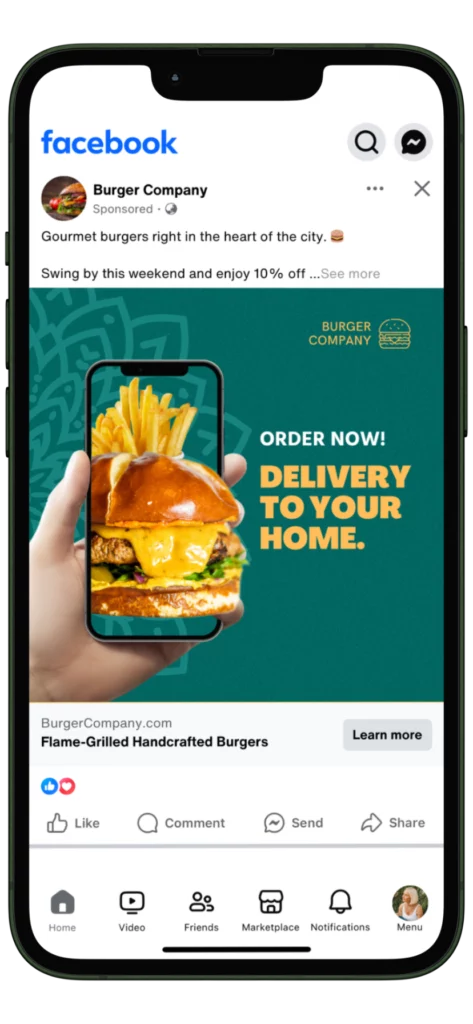

Design Specs:
- File Type: JPG or PNG
- Ratio: 1.91:1 to 1:1
- Resolution: At least 1080 x 1080 pixels
Text Limitations:
- Primary Text: 80 characters
- Headline: 27 characters
Technical Specs:
- Maximum File Size: 30MB
- Minimum Width: 600 pixels
- Minimum Height: 600 pixels
- Aspect Ratio Tolerance: 3%
Instagram Feed
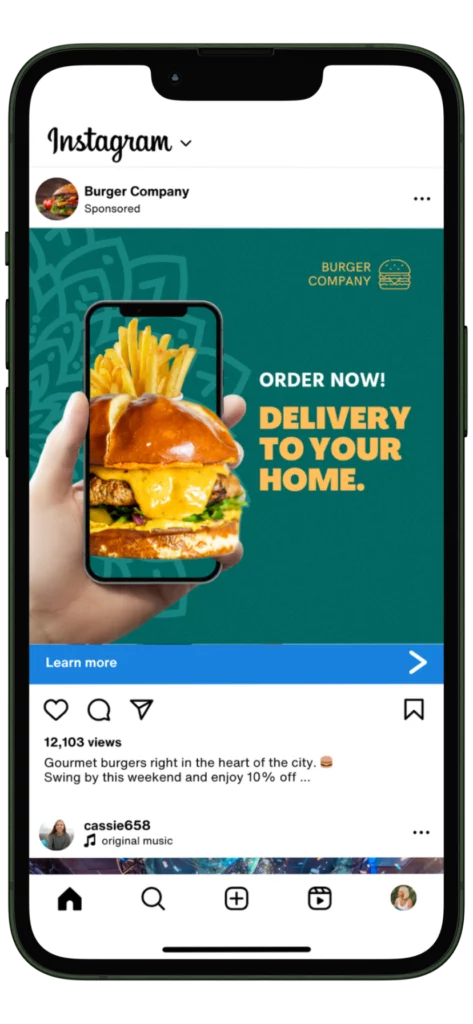

Design Specs:
- Image File Type: JPG or PNG
- Ratio: 1:1
- Resolution: At least 1080 x 1080 pixels
Text Limitations:
- Primary Text: 125 characters
- Headline: 40 characters
- Maximum Number of Hashtags: 30
Technical Specs:
- Maximum File Size: 30MB
- Minimum Width: 500 pixels
- Minimum Aspect Ratio: 400 x 500
- Maximum Aspect Ratio: 191 x 100
- Aspect Ratio Tolerance: 1%
Facebook Reels
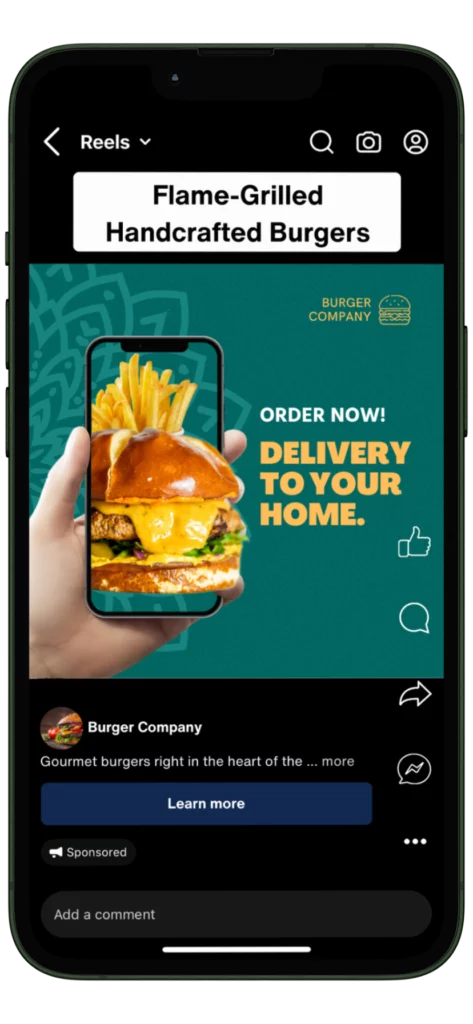

Design Specs:
- File Type: JPG or PNG
- Ratio: 9:16
- Resolution: At least 1080 x 1080 pixels
Text Limitations:
- Primary Text: 40 characters
- Headline: 55 characters
Technical Specs:
- Maximum File Size: 30MB
- Minimum Width: 600 pixels
- Minimum Height: 600 pixels
- Aspect Ratio Tolerance: 3%
Instagram Reels
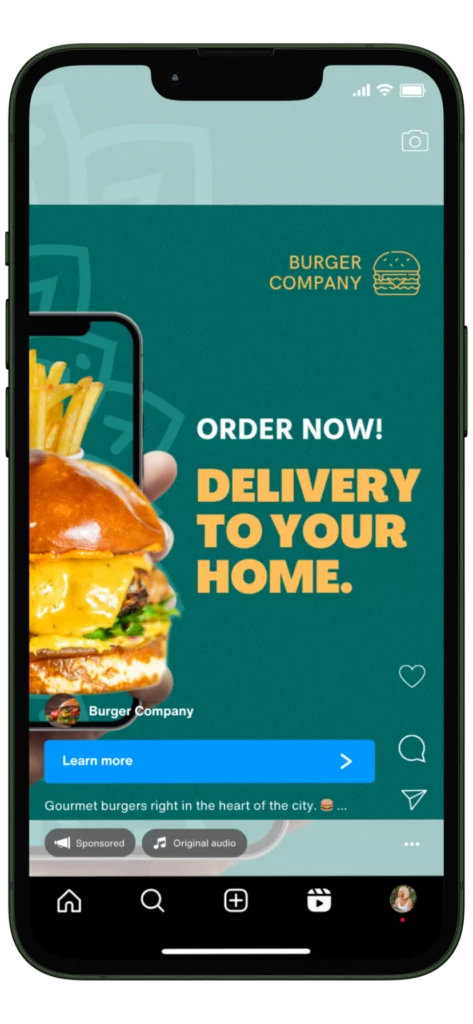

Design Specs:
- File Type: JPG or PNG
- Ratio: 9:16
- Resolution: At least 1080 x 1080 pixels
- Safe zone: Keep the top 14%, bottom 35%, and 6% on each side of your image free from text, logos, or any important design elements.
Text Limitations:
- Primary Text: 72 characters
Technical Specs:
- Maximum File Size: 30MB
- Minimum Width: 500 pixels
- Aspect Ratio Tolerance: 1%
Facebook Stories
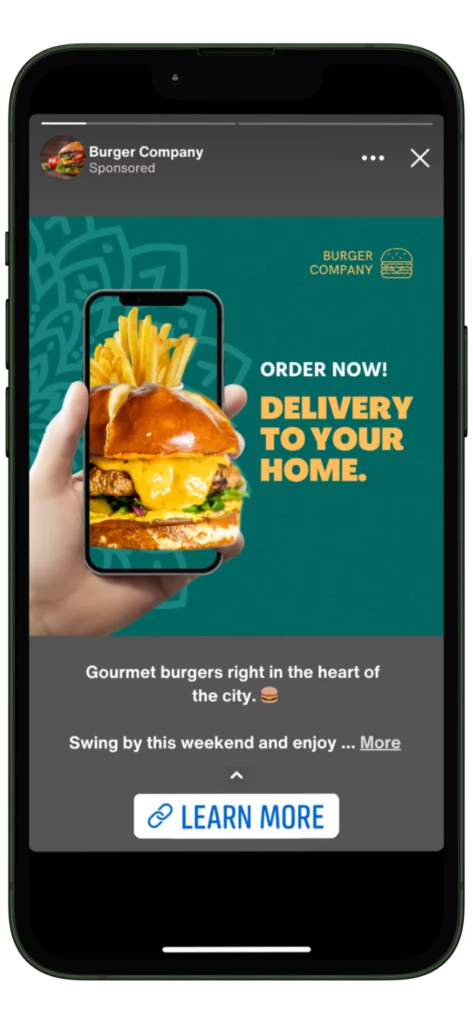

Design Specs:
- File Type: JPG or PNG
- Ratio: 9:16
- Resolution: At least 1080 x 1080 pixels
- Safe zone tip: Reserve about 14% of the top and 20% of the bottom of your image free of text, logos, or key visuals to allow room for UI elements like the CTA.
Text Limitations:
- Primary Text: 125 characters
- Headline: 40 characters
Technical Specs:
- Maximum File Size: 30MB
- Minimum Width: 500 pixels
- Aspect Ratio Tolerance: 1%
Instagram Stories
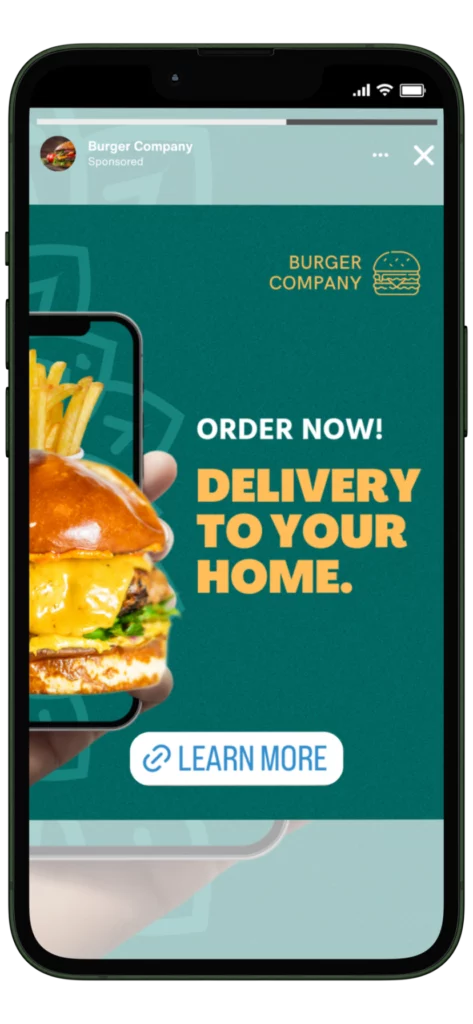

Design Specs:
- Image File Type: JPG or PNG
- Ratio: 9:16
- Resolution: At least 1080 x 1080 pixels
Text Limitations:
- Primary Text: 125 characters
Technical Specs:
- Maximum File Size: 30MB
- Minimum Width: 500 pixels
- Aspect Ratio Tolerance: 1%
Messenger Stories
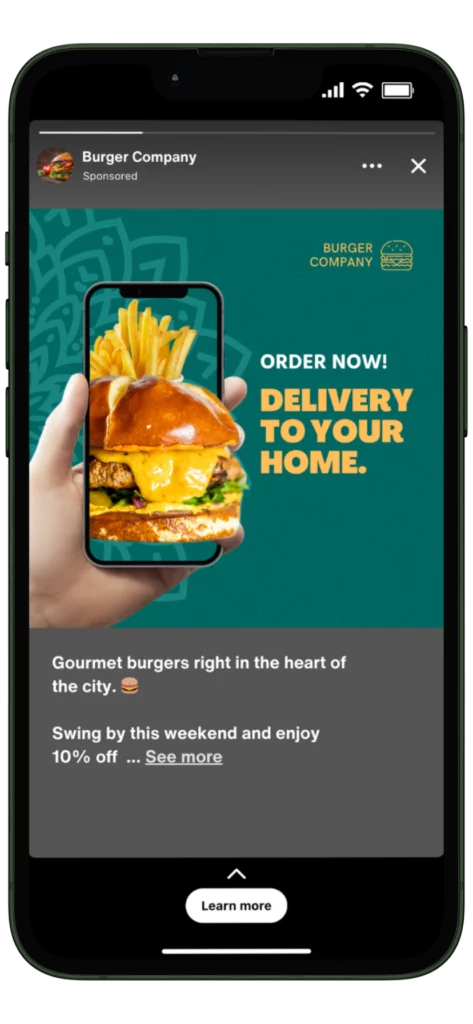

Design Specs:
- File Type: JPG or PNG
- Ratio: 9:16
- Resolution: At least 1080 x 1080
- Safe zone tip: Keep approximately 14% clear at the top and bottom of your image, free from text or logos, to ensure the CTA (like “Learn More” or “Book Now”) remains unobstructed.
Text Limitations:
- Primary Text: 125 characters
- Headline: 40 characters
Technical Specs:
- Maximum File Size: 30MB
- Minimum Width: 500 pixels
- Aspect Ratio Tolerance: 1%
Facebook Business Explore
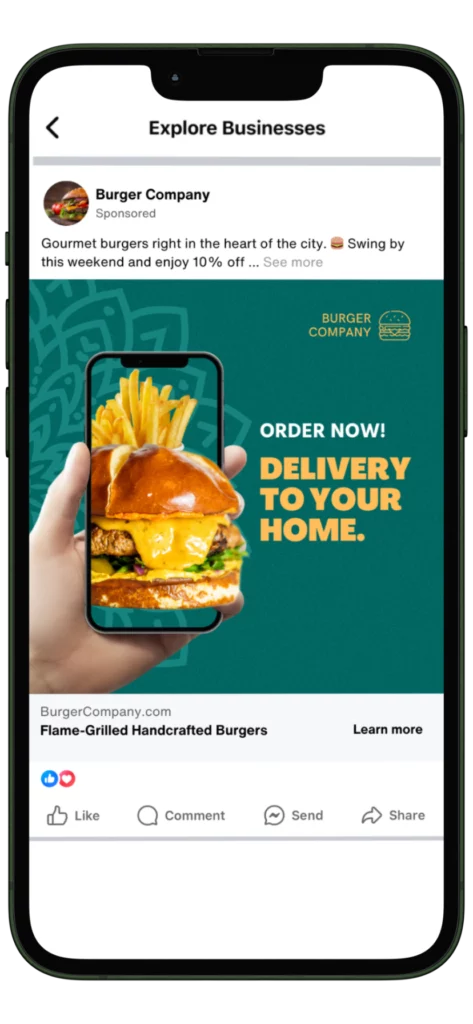

Design Specs:
- File Type: JPG or PNG
- Ratio: 1.91:1 to 1:1
- Resolution: At least 1080 x 1080 pixels
Text Limitations:
- Primary Text: 125 characters
- Headline: 27 characters
- Description: 27 characters
Technical Specs:
- Maximum File Size: 30MB
- Minimum Width: 600 pixels
- Minimum Height: 600 pixels
- Aspect Ratio Tolerance: 3%
Instagram Explore
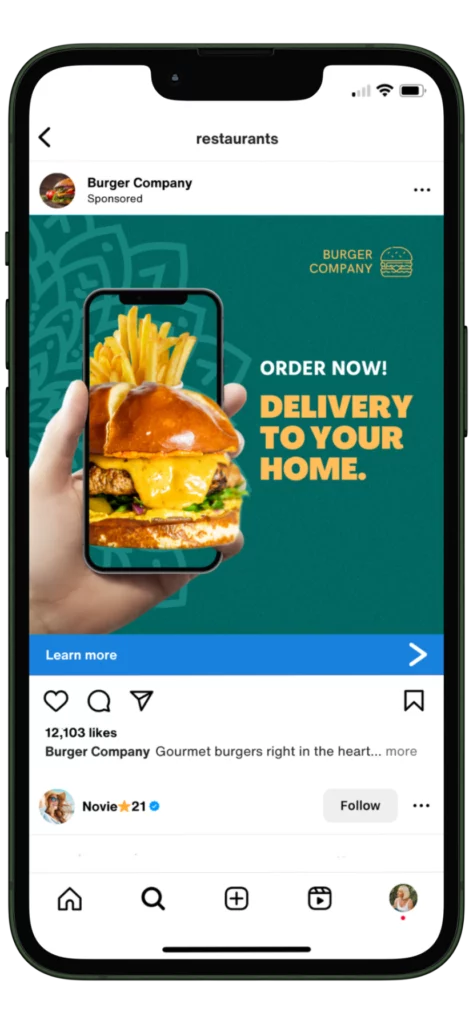

Design Specs:
- Image File Type: JPG or PNG
- Ratio: 9:16
- Resolution: At least 1080 x 1080 pixels
Text Limitations:
- Primary Text: 125 characters
Technical Specs:
- Maximum File Size: 30MB
- Minimum Width: 500 pixels
- Aspect Ratio Tolerance: 1%
Facebook In-Stream Video
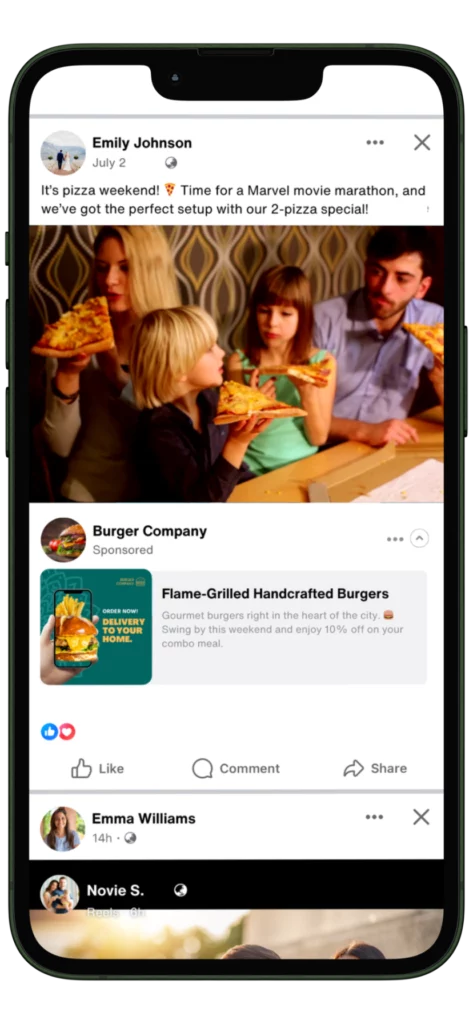

Design Specs:
- File Type: JPG or PNG
- Ratio: 1.91:1 to 1:1
- Resolution: At least 1080 x 1080 pixels
- Note: To make the most of this ad’s compact image format, avoid text on the visuals.
Text Limitations:
- Primary Text: 125 characters
- Headline: 40 characters
- Description: 30 characters
Technical Specs:
- Maximum File Size: 30MB
- Minimum Width: 600 pixels
- Minimum Height: 600 pixels
- Aspect Ratio Tolerance: 3%
Instagram Profile Feed
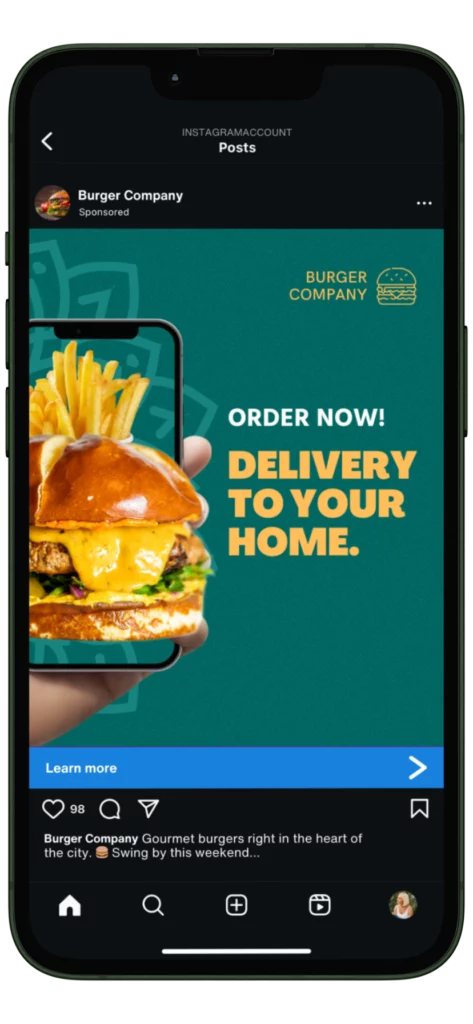

Design Specs:
- Image File Type: JPG or PNG
- Recommended Ratio: 1:1
- All Supported Ratios: 1.91:1 to 4:5
- Resolution: At least 1080 x 1080 pixels
Text Limitations:
- Primary Text: 125 characters
- Headline: 40 characters
- Maximum Number of Hashtags: 30
Technical Specs:
- Maximum File Size: 30MB
- Minimum Width: 500 pixels
- Minimum Height: 400 pixels
- Minimum Aspect Ratio: 400 x 500
- Maximum Aspect Ratio: 191 x 100
- Aspect Ratio Tolerance: 1%
Facebook Video Feed Ads
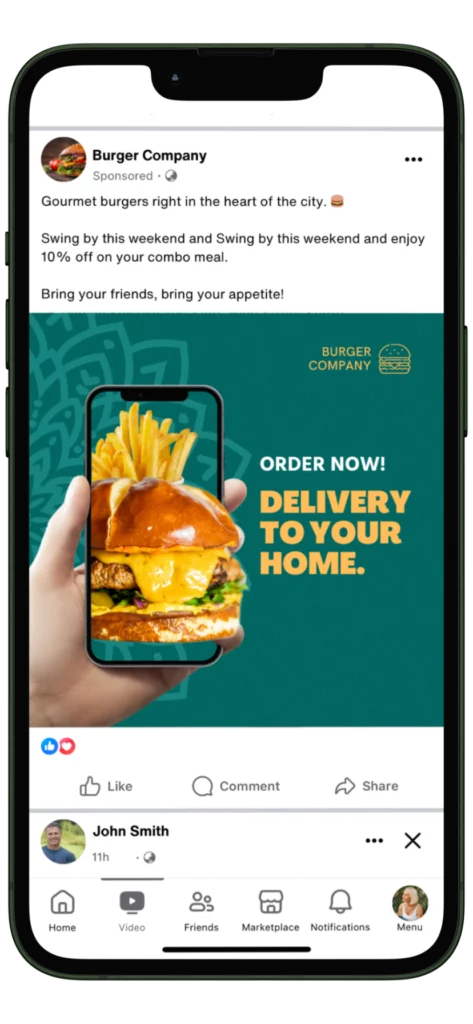

Design Specs:
- File Type: JPG or PNG
- Ratio: 1.91:1 to 1:1
- Resolution: At least 1080 x 1080 pixels
Text Limitations:
- Primary Text: 80 characters
- Headline: 27 characters
Technical Specs:
- Maximum File Size: 30MB
- Minimum Width: 600 pixels
- Minimum Height: 600 pixels
- Aspect Ratio Tolerance: 3%
Ads on Facebook Reels (Overlay)
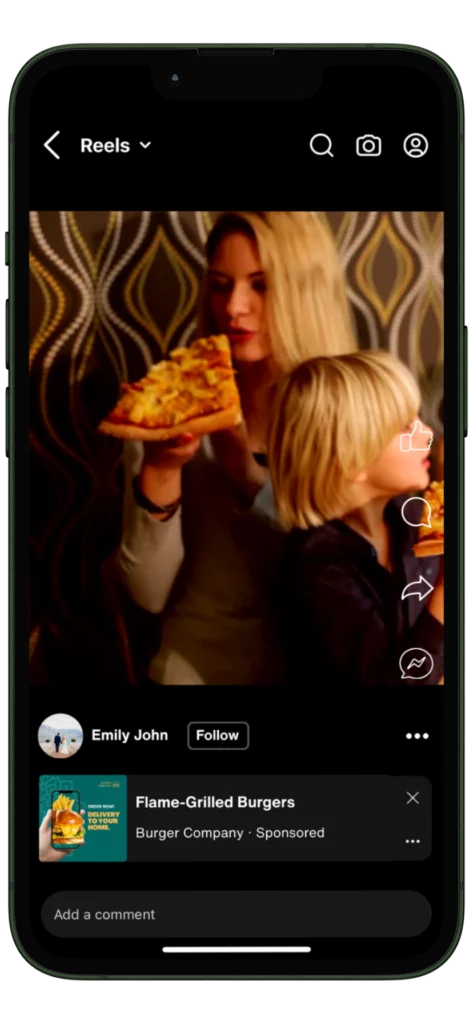

Design Specs:
- File Type: JPG or PNG
- Ratio: 1.91:1 to 1:1
- Resolution: At least 1080 x 1080 pixels
- Note: With limited space for visuals in this ad type, it’s ideal to keep images text-free.
Text Limitations:
- Primary Text: 72 characters
- Headline: 10 characters
Technical Specs:
- Maximum File Size: 30MB
- Minimum Width: 600 pixels
- Minimum Height: 600 pixels
- Aspect Ratio Tolerance: 3%
Facebook Marketplace
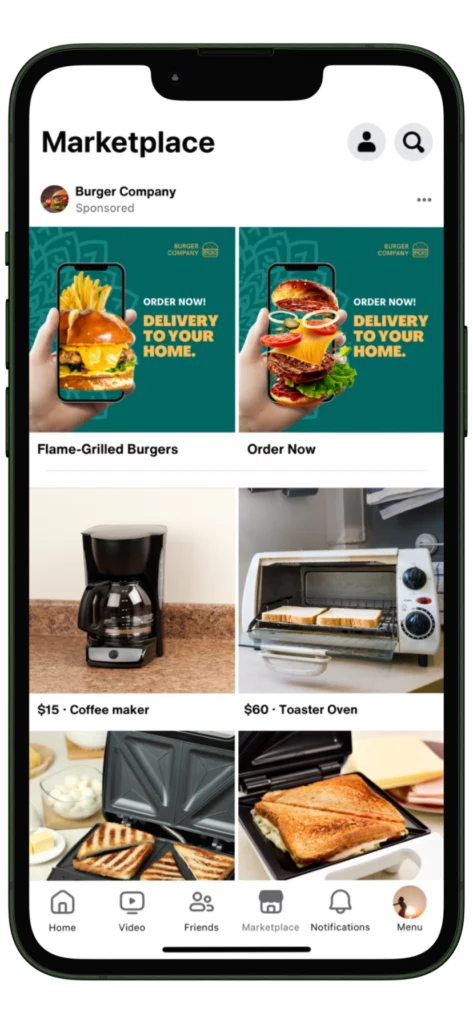

Design Specs:
- File Type: JPG or PNG
- Ratio: 1:1
- Resolution: At least 1080 x 1080 pixels
Text Limitations:
- Primary Text: 125 characters
- Headline: 40 characters
- Description: 30 characters
Technical Specs:
- Maximum File Size: 30MB
Facebook Search Results
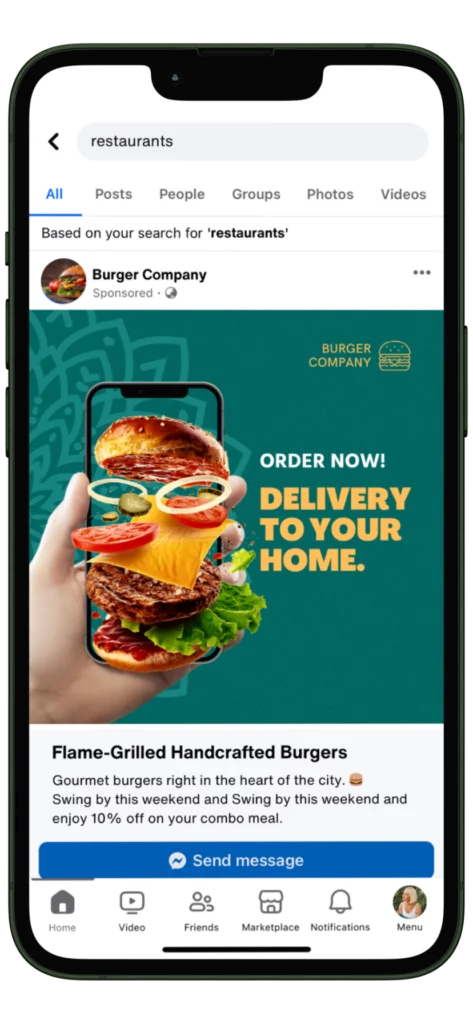

Design Specs:
- File Type: JPG or PNG
- Ratio: 1.91:1 to 1:1
- Resolution: At least 1080 x 1080 pixels
Text Limitations:
- Primary Text: 125 characters
- Headline: 40 characters
- Description: 30 characters
Technical Specs:
- Maximum File Size: 30MB
- Minimum Width: 600 pixels
- Minimum Height: 600 pixels
- Aspect Ratio Tolerance: 3%
Audience Network
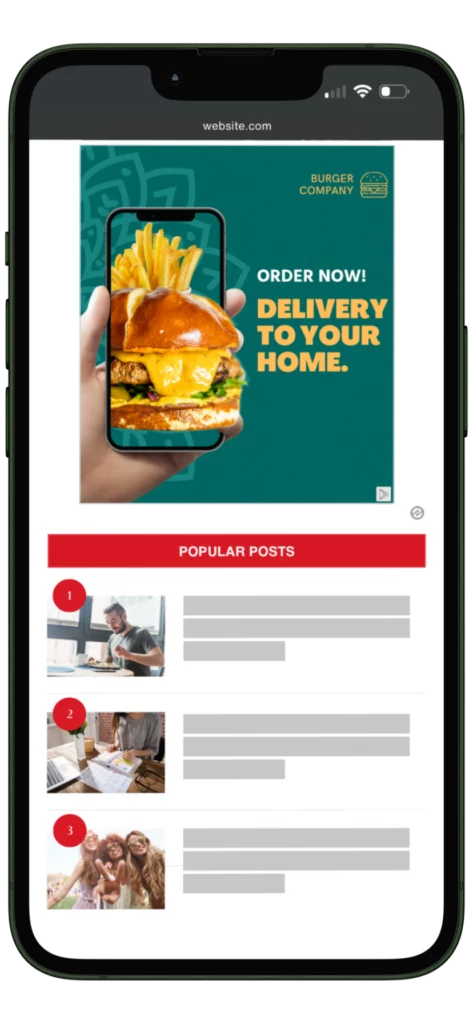

Native Ads


Banner Ads
Design Specs:
- File Type: JPG or PNG
- Ratio: 9:16
- Resolution: At least 398 x 208 pixels
Text Limitations:
- Primary Text: 125 characters
- Headline: 40 characters
- Description: 30 characters
Technical Specs:
- Maximum File Size: 30MB
- Minimum Width: 398 pixels
- Minimum Height: 208 pixels
Further Reading





Instagram Ad Specs and Sizes for 2025
Instagram’s visual appeal and active user base make it a prime platform for brands looking to connect with socially engaged audiences through paid ads. Our detailed guide covers all you need to know about Instagram ad specifications, organized by each ad format.
Meta Video Ad Specs
Capture your audience’s attention with engaging video ads, whether you’re targeting viewers with quick, short-form content or sharing in-depth stories through longer videos. Each placement comes with specific recommended sizes and technical requirements to ensure your ads look their best.
Check out the Meta ad specs to make sure your video ad creatives fit seamlessly within the Facebook and Instagram apps:
Facebook Feed
Design Specs:
- File Type: MP4, MOV or GIF
- Ratio: 1:1 (for desktop or mobile) or 4:5 (for mobile only)
- Video Settings: H.264 compression, square pixels, fixed frame rate, progressive scan, and stereo AAC audio compression at 128kbps+
- Resolution: At least 1080 x 1080 pixels
- Video Captions: Optional, but recommended
- Video Sound: Optional, but recommended
- Note: Keep video file containers free of edit lists or added boxes.
Text Limitations:
- Primary Text: 125 characters
- Headline: 27 characters
- Description: 27 characters
Technical Specs:
- Video Duration: 1 second to 241 minutes
- Maximum File Size: 4GB
- Minimum Width: 120 pixels
- Minimum Height: 120 pixels
- With 360 videos, users can swipe to explore the video interactively—this feature is available exclusively on Facebook Feed and Video Feed.
Instagram Feed
Design Specs:
- File Type: MP4, MOV or GIF
- Ratio: 4:5
- Resolution: At least 1080 x 1080 pixels
- Video Captions: Optional, but recommended
- Video Sound: Optional, but recommended
Text Limitations:
- Primary Text: 125 characters
- Maximum Number of Hashtags: 30
Technical Specs:
- Video Duration: 1 second to 60 minutes
- Maximum File Size: 4GB
- Minimum Width: 500 pixels
- Aspect Ratio Tolerance: 1%
Facebook Reels
Design Specs:
- File Type: MP4, MOV or GIF
- Recommended ratio: 9:16
- Video Settings: H.264 compression, square pixels, fixed frame rate, progressive scan, and stereo AAC audio compression at 128kbps+
- Resolution: At least 1080 x 1080 pixels
- Video Captions: Optional, but recommended
- Video Sound: Optional, but recommended
- Refrain from using special boxes or edit lists within video file containers.
Text Limitations:
- Primary Text: 40 characters
- Headline: 55 characters
Technical Specs:
- Video Duration: No maximum limit
- Maximum File Size: 4GB
Instagram Reels
Design Specs:
- File Type: MP4, MOV
- Ratio: 9:16
- Video Settings: H.264 compression, square pixels, fixed frame rate, progressive scan and stereo AAC audio compression at 128kbps+
- Resolution: At least 500 x 888 pixels
- Video Captions: Optional, but recommended
- Video Sound: Optional, but strongly recommended
- Reels ads should not contain:
- Reels published before October 15, 2021.
- Licensed music; use original audio or royalty-free music from the Meta Sound Collection instead.
- Media featuring face or camera effects.
- Media containing GIFs.
- Media with product tags.
- Videos with edit lists or special boxes in file containers.
- To avoid overlap, leave 14% free at the top, 35% at the bottom, and 6% on each side of the image, keeping text and logos clear.
Text Limitations:
- Primary Text: 72 characters
Technical Specs:
- Video Duration: 0 seconds to 15 minutes
- Maximum File Size: 4GB
Facebook Stories
Design Specs:
- File Type: MP4, MOV or GIF
- Ratio: 9:16
- Video Settings: H.264 compression, square pixels, fixed frame rate, progressive scan, and stereo AAC audio compression at 128kbps+
- Resolution: At least 1080 x 1080 pixels
- Video Captions: Optional, but recommended
- Video Sound: Optional, but recommended
- Avoid embedding edit lists or special boxes directly in video containers.
- Safe zone tip: For best results, ensure that 250 pixels at the top and 340 pixels at the bottom of your video is free from essential elements like text or logos.
Text Limitations:
- Primary Text: 125 characters
- Headline: 40 characters
Technical Specs:
- Video Duration: 1 second to 2 minutes
- Maximum File Size: 4GB
- Minimum Width: 500 pixels
- Aspect Ratio Tolerance: 1%
Instagram Stories
Design Specs:
- File Type: MP4, MOV or GIF
- Ratio: 9:16
- Video Settings: H.264 compression, square pixels, fixed frame rate, progressive scan and stereo AAC audio compression at 128kbps+
- Resolution: At least 1080 x 1080 pixels
- Video Captions: Optional, but recommended
- Video Sound: Optional, but recommended
- Leave space by clearing 14% (250 pixels) at the top, and 20% (340 pixels) at the bottom, of text, logos, or other main elements.
Text Limitations:
- Primary Text: 125 characters
Technical Specs:
- Video Duration: 1 second to 60 minutes
- Maximum File Size: 4GB
- Minimum Width: 500 pixels
- Aspect Ratio Tolerance: 1%
Messenger Stories
Design Specs:
- File Type: MP4, MOV or GIF
- Ratio: 9:16
- Video Settings: H.264 compression, square pixels, fixed frame rate, progressive scan and stereo AAC audio compression at 128kbps+
- Resolution: At least 1080 x 1080 pixels
- Video Captions: Optional, but recommended
- Video Sound: Optional, but recommended
Text Limitations:
- Primary Text: 125 characters
- Headline: 40 characters
Technical Specs:
- Video Duration: 1 second to 2 minutes
- Maximum File Size: 4GB
- Minimum Width: 500 pixels
- Aspect Ratio Tolerance: 1%
Facebook In-Stream Video
Design Specs:
- File Type: MP4, MOV or GIF
- Ratio: 1:1 (for desktop or mobile) or 4:5 (for mobile only)
- Video Settings: H.264 compression, square pixels, fixed frame rate, progressive scan, and stereo AAC audio compression at 128kbps+
- Resolution: At least 1080 x 1080 pixels
- Video Captions: Optional, but recommended
- Video Sound: Optional, but recommended
- Refrain from using special boxes or edit lists within video file containers.
Text Limitations:
- Primary Text: 125 characters
- Headline: 27 characters
- Description: 27 characters
Technical Specs:
- Video Duration: 1 second to 241 minutes
- Maximum File Size: 4GB
- Minimum Width: 120 pixels
- Minimum Height: 120 pixels
- Facebook Feed and Video Feed support 360 videos, giving users the ability to swipe and explore the video content.
Facebook Groups Feed
Design Specs:
- File Type: MP4, MOV or GIF
- Ratio: 1:1 (for desktop or mobile) or 4:5 (for mobile only)
- Video Settings: H.264 compression, square pixels, fixed frame rate, progressive scan and stereo AAC audio compression at 128kbps+
- Resolution: At least 1080 x 1080 pixels
- Video Captions: Optional, but recommended
- Video Sound: Optional, but recommended
- Keep crucial design elements like text and logos away from the edges: aim for 14% clear at the top, 35% at the bottom, and 6% on each side.
Text Limitations:
- Primary Text: 50-150 characters
- Headline: 27 characters
Technical Specs:
- Video Duration: 1 second to 241 minutes
- Maximum File Size: 4GB
- Minimum Width: 120 pixels
- Minimum Height: 120 pixels
Facebook Video Feed Ads
Design Specs:
- File Type: MP4, MOV or GIF
- Ratio: 4:5
- Video Settings: H.264 compression, square pixels, fixed frame rate, progressive scan, and stereo AAC audio compression at 128kbps+
- Resolution: At least 1080 x 1080 pixels
- Video Captions: Optional, but recommended
Text Limitations:
- Primary Text: 80 characters
- Headline: 25 characters
- Description: 25 characters
Technical Specs:
- Video Duration: 1 second to 241 minutes
- Maximum File Size: 4GB
- Minimum Width: 120 pixels
- Minimum Height: 120 pixels
Ads on Facebook Reels (Video Overlay)
Design Specs:
- File Type: MP4, MOV or GIF
- Recommended ratio: 9:16
- Video Settings: H.264 compression, square pixels, fixed frame rate, progressive scan, and stereo AAC audio compression at 128kbps+
- Resolution: At least 1080 x 1080 pixels
- Video Captions: Optional, but recommended
- Video Sound: Optional, but recommended
Text Limitations:
- Primary Text: 40 characters
Technical Specs:
- Maximum File Size: 4GB
- Min Video Duration: 4 seconds
- Max Video Duration: 15 seconds
Facebook Marketplace
Design Specs:
- File Type: MP4, MOV or GIF
- Ratio: 1:1
- Video Settings: H.264 compression, square pixels, fixed frame rate, progressive scan, and stereo AAC audio compression at 128kbps+
- Resolution: At least 1080 x 1080 pixels
Text Limitations:
- Headline: 25 characters
Technical Specs:
- Video Duration: 1 second to 241 minutes
- Maximum File Size: 4GB
- Minimum Width: 120 pixels
- Minimum Height: 120 pixels
Facebook Search Results
Design Specs:
- File Type: MP4, MOV or GIF
- Ratio: 1:1
- Video Settings: H.264 compression, square pixels, fixed frame rate, progressive scan, and stereo AAC audio compression at 128kbps+
- Resolution: At least 1080 x 1080 pixels
- Video Captions: Optional, but recommended
Text Limitations:
- Primary Text: 125 characters
- Headline: 40 characters
- Description: 30 characters
Technical Specs:
- Video Duration: 1 second to 241 minutes
- Maximum File Size: 4GB
- Minimum Width: 120 pixels
- Minimum Height: 120 pixels
Facebook Business Explore
Design Specs:
- File Type: MP4, MOV or GIF
- Ratio: 1:1 (for desktop or mobile) or 4:5 (for mobile only)
- Video Settings: H.264 compression, square pixels, fixed frame rate, progressive scan, and stereo AAC audio compression at 128kbps+
- Resolution: At least 1080 x 1080 pixels
- Video Captions: Optional, but recommended
- Video Sound: Optional, but recommended
Text Limitations:
- Primary Text: 125 characters
- Headline: 27 characters
- Description: 27 characters
Technical Specs:
- Video Duration: 1 second to 241 minutes
- Maximum File Size: 4GB
- Minimum Width: 120 pixels
- Minimum Height: 120 pixels
Instagram Explore
Design Specs:
- File Type: MP4, MOV or GIF
- Ratio: 4:5
- Video Settings: H.264 compression, square pixels, fixed frame rate, progressive scan and stereo AAC audio compression at 128kbps+
- Resolution: At least 1080 x 1080 pixels
- Video Captions: Optional, but recommended
- Video Sound: Optional, but recommended
Text Limitations:
- Primary Text: 125 characters
Technical Specs:
- Video Duration: 1 second to 60 minutes
- Maximum File Size: 4GB
- Minimum Width: 500 pixels
- Aspect Ratio Tolerance: 1%
Instagram Profile Feed
Design Specs:
- File Type: MP4, MOV or GIF
- Recommended Ratio: 4:5
- All Supported Ratios: 1.91:1 to 9:16
- Resolution: At least 1080 x 1080 pixels
- Video Captions: Optional, but recommended
- Video Sound: Optional, but recommended
Text Limitations:
- Primary Text: 125 characters
- Headline: 40 characters
- Maximum Number of Hashtags: 30
Technical Specs:
- Video Duration: 1 second to 60 minutes
- Maximum File Size: 4GB
- Minimum Width: 500 pixels
- Minimum Height: 500 pixels
- Minimum Aspect Ratio: 4:5
- Maximum Aspect Ratio: 1.91:1
- Aspect Ratio Tolerance: 1%
Instagram Profile Reels
Design Specs:
- File type: MP4, MOV
- Recommended ratio: 9:16
- Video settings: H.264 compression, square pixels, fixed frame rate, progressive scan and stereo AAC audio compression at 128 kbps and over
- Resolution: At least 500 x 888 pixels
- Video Captions: Optional, but recommended
- Video Sound: Optional, but recommended
Text Limitations:
- Primary text: 72 characters
Technical Specs:
- Video duration: 0 seconds to 15 minutes
- Maximum File Size: 4GB
Further Reading
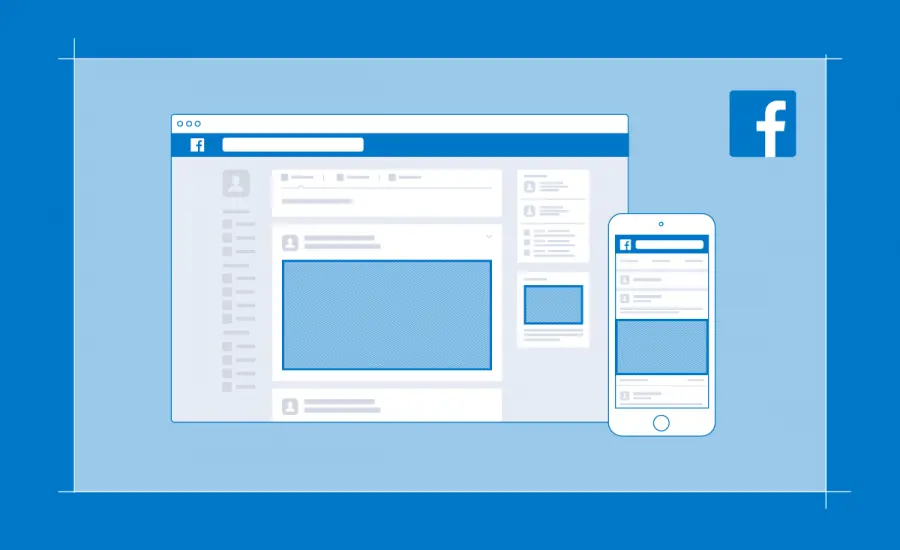


Facebook Advertising Sizes and Specifications (2025 Update)
Prior to submitting your creative for a Meta campaign, it’s important to familiarize yourself with the various Facebook ad sizes and formats. This ensures that your Meta ads are visually appealing and function effectively across all devices.
Ad Specs for Carousel Ads in Meta
For brands aiming to boost post engagement and drive conversions, the carousel ad format is an excellent choice. This ad format allows viewers to explore your latest releases or special discounts all on a single screen, enhancing their shopping experience.
Discover the Meta ad specs for the carousel format in different placements, whether you’re using manual or Advantage+ settings, to optimize your campaign effectively.
Facebook Feed
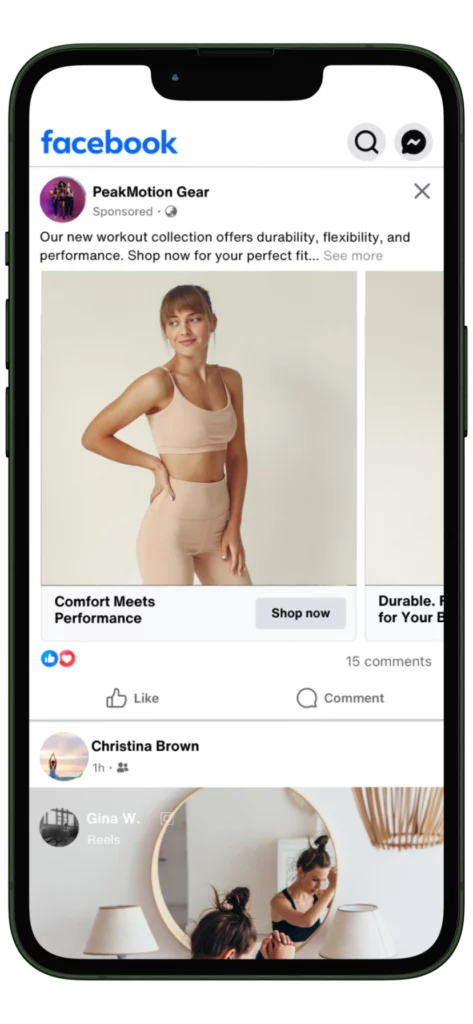

Design Specs:
- Image File Type: JPG or PNG
- Video File Type: MP4, MOV or GIF
- Ratio: 1:1 or 4:5
- Resolution: At least 1080 x 1080 pixels
Text Limitations:
- Primary Text: 80 characters
- Headline: 45 characters
- Description: 18 characters
- Landing Page URL: Required
Technical Specs:
- Number of Carousel Cards: 2 to 10
- Image Maximum File Size: 30MB
- Video Maximum File Size: 4GB
- Video Duration: 1 second to 240 minutes
- Aspect Ratio Tolerance: 3%
Instagram Feed
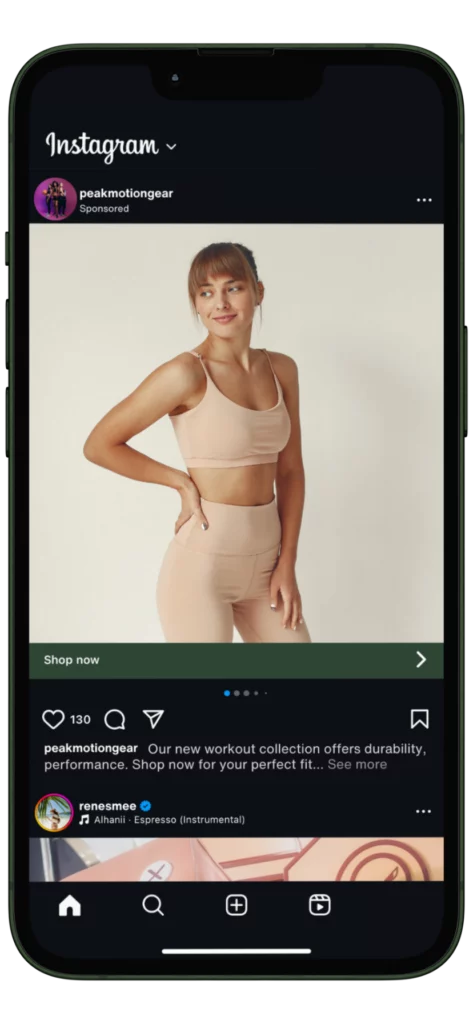

Design Specs:
- Image File Type: JPG or PNG
- Video File Type: MP4, MOV or GIF
- Ratio: 1:1
- Resolution: At least 1080 x 1080 pixels
Text Limitations:
- Image File Type: JPG or PNG
- Video File Type: MP4, MOV or GIF
- Ratio: 1:1
- Resolution: At least 1080 x 1080 pixels
Technical Specs:
- Number of Carousel Cards: 2 to 10
- Image Maximum File Size: 30MB
- Video Maximum File Size: 4GB
- Video Duration: 1 second to 2 minutes
- Aspect Ratio Tolerance: 1%
Facebook Reels
Design Specs:
- Image file type: JPG or PNG
- Recommended ratio: 9:16
- Resolution: At least 1080 x 1080 pixels
- Safe zone guide: Leave a buffer of 14% at the top, 35% at the bottom, and 6% on each side of your image or video to ensure text and logos stay visible and aren’t obstructed by UI elements like profile pictures, ad text, or the CTA button.
Text Limitations:
- Primary text: 40 characters
Technical Specs:
- Number of carousel cards: 2 to 10
- Maximum file size: 30MB
- Minimum width: 600 pixels
- Minimum height: 600 pixels
- Aspect ratio tolerance: 1%
Instagram Reels
Design Specs:
- Image file type: JPG or PNG
- Resolution: At least 1080 x 1080 pixels
- Aspect ratio: 9:16
Text Limitations:
- Primary Text: 125 characters
- Headline: 40 characters
- Landing Page URL: Required
Technical Specs:
- Maximum number of carousel cards: 10
- Minimum number of carousel cards: 2
- Image maximum file size: 30MB
- Aspect Ratio Tolerance: 1%
Facebook Stories
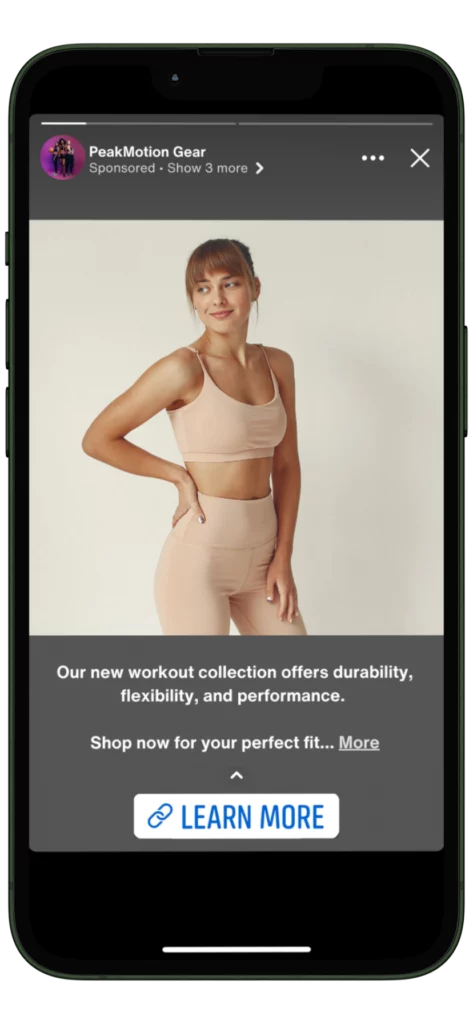

Design Specs:
- Image File Type: JPG or PNG
- Ratio: 1:1
- Resolution: At least 1080 x 1920 pixels (there is no maximum resolution)
- Note: Video format is not available for carousel ads in Facebook Stories placement.
- Safe Zone Reminder: Keep the top 14% and bottom 20% of your Facebook ad creatives clear of text and logos to avoid them being obscured by UI elements.
Text Limitations:
- Primary text: 125 characters
- Headline: 40 characters
- Landing Page URL: Required
Technical Specs:
- Number of carousel cards: 3 to 10
- Image minimum width: 500 pixels
- Image maximum file size: 30 MB
Instagram Stories
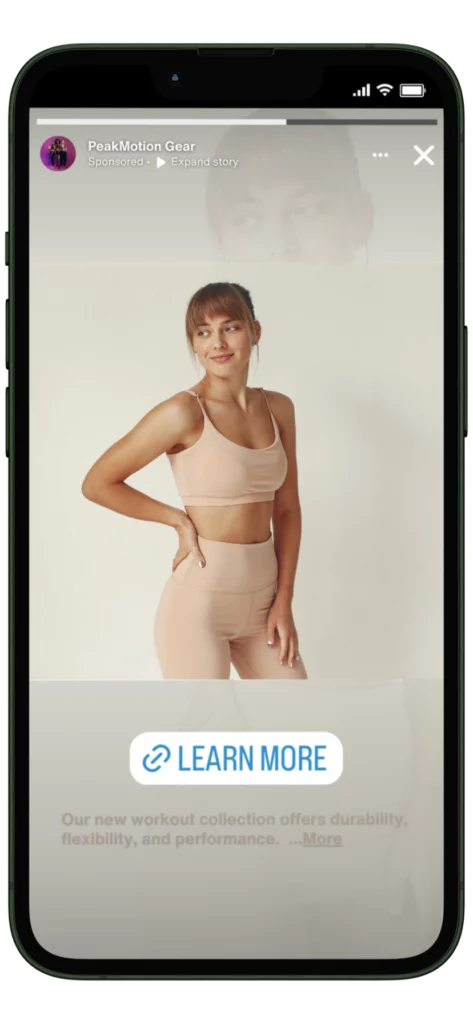

Design Specs:
- Image File Type: JPG or PNG
- Video File Type: MP4, MOV or GIF
- Ratio: 1:1
- Resolution: At least 1080 x 1920 pixels
- Safe zone tip: Keep roughly 14% (250 pixels) at the top and 20% (340 pixels) at the bottom of your image free of text, logos, or other essential elements.
Text Limitations:
- Primary Text: 125 characters
- Headline: 40 characters
- Landing Page URL: Required
Technical Specs:
- Number of Carousel Cards: 2 to 10
- Image Maximum File Size: 30MB
- Video Maximum File Size: 4GB
- Video Duration: 1 second to 15 seconds
- Aspect Ratio Tolerance: 1%
Facebook In-Stream Video
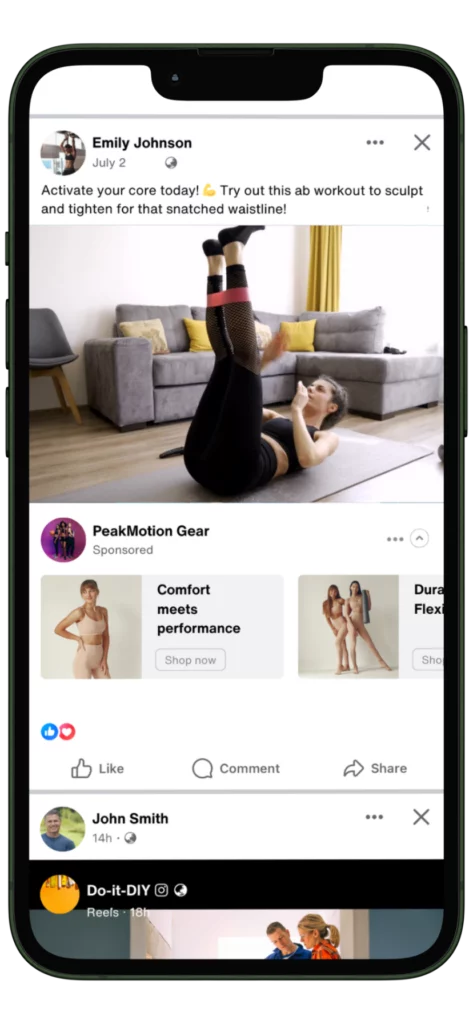

Design Specs:
- Image File Type: JPG or PNG
- Ratio: 1:1
- Resolution: At least 1080 x 1080 pixels
Text Limitations:
- Primary Text: 125 characters
- Headline: 40 characters
- Description: 30 characters
Technical Specs:
- Number of Carousel Cards: 10
- Image Maximum File Size: 4GB
- Image Minimum Width: 600 pixels
- Image Minimum Height: 600 pixels
- Video Maximum File Size: 4 GB
- Video Duration: Up to 15 seconds
- Aspect Ratio Tolerance: 3%
Facebook Business Explore
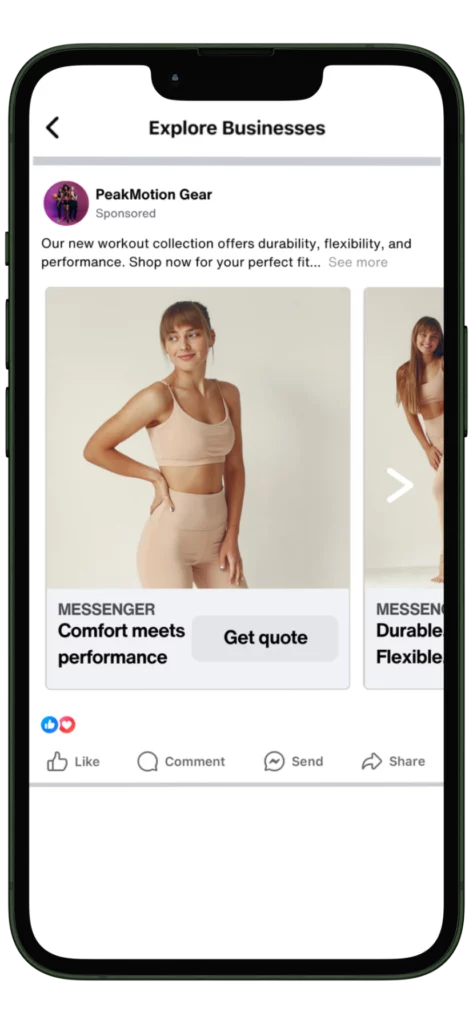

Design Specs:
- Image File Type: JPG or PNG
- Video File Type: MP4, MOV or GIF
- Ratio: 1:1
- Resolution: At least 1080 x 1080 pixels
Text Limitations:
- Primary Text: 125 characters
- Headline: 32 characters
- Description: 18 characters
- Landing Page URL: Required
Technical Specs:
- Number of Carousel Cards: 2 to 10
- Image Maximum File Size: 30MB
- Video Maximum File Size: 4GB
- Video Duration: 1 second to 240 minutes
- Aspect Ratio Tolerance: 3%
Facebook Video Feed Ads
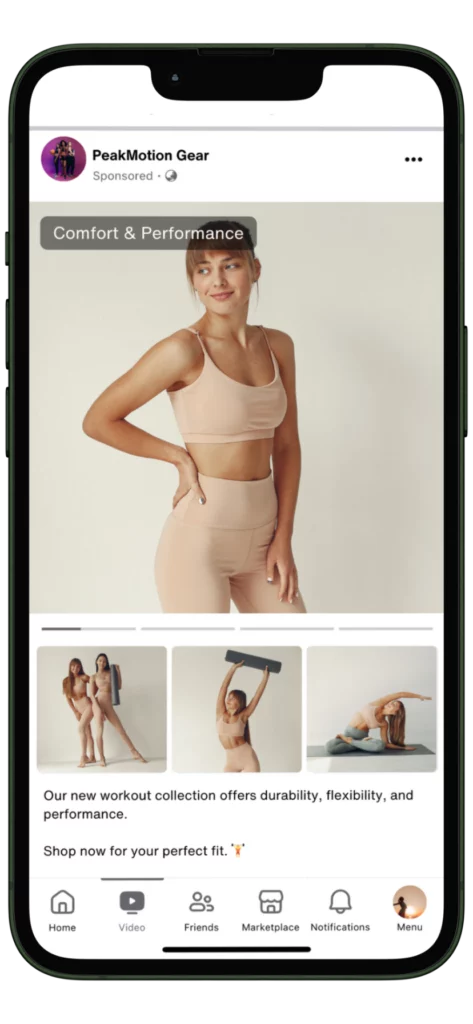

Design Specs:
- Image File Type: JPG or PNG
- Video File Type: MP4, MOV or GIF
- Ratio: 1:1 or 4:5
- Resolution: At least 1080 x 1080 pixels
Text Limitations:
- Primary Text: 80 characters
- Headline: 45 characters
- Description: 18 characters
- Landing Page URL: Required
Technical Specs:
- Number of Carousel Cards: 2 to 10
- Image Maximum File Size: 30MB
- Video Maximum File Size: 4GB
- Video Duration: 1 second to 240 minutes
- Aspect Ratio Tolerance: 3%
Overlay Ads on Facebook Reels
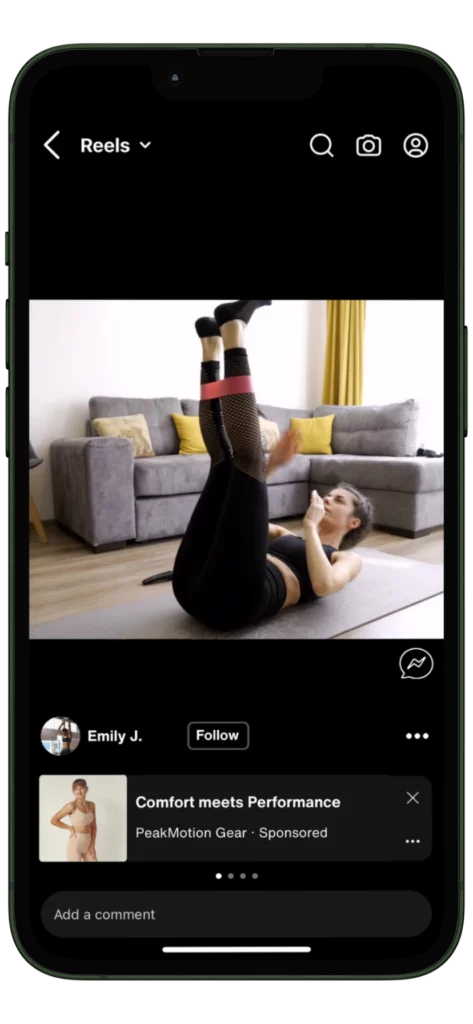

Design Specs:
- Image File Type: JPG or PNG
- Ratio: 1:1
- Resolution: At least 1080 x 1080 pixels
- We recommend avoiding text on your images, as this Facebook ad placement displays images at a smaller size.
Text Limitations:
- Primary Text: 50 characters
- Headline: 10 characters
Technical Specs:
- Number of Carousel Cards: maximum of 10
- Maximum File Size: 30MB
- Minimum Width: 600 pixels
- Minimum Height: 600 pixels
- Aspect Ratio Tolerance: 3%
Facebook Marketplace
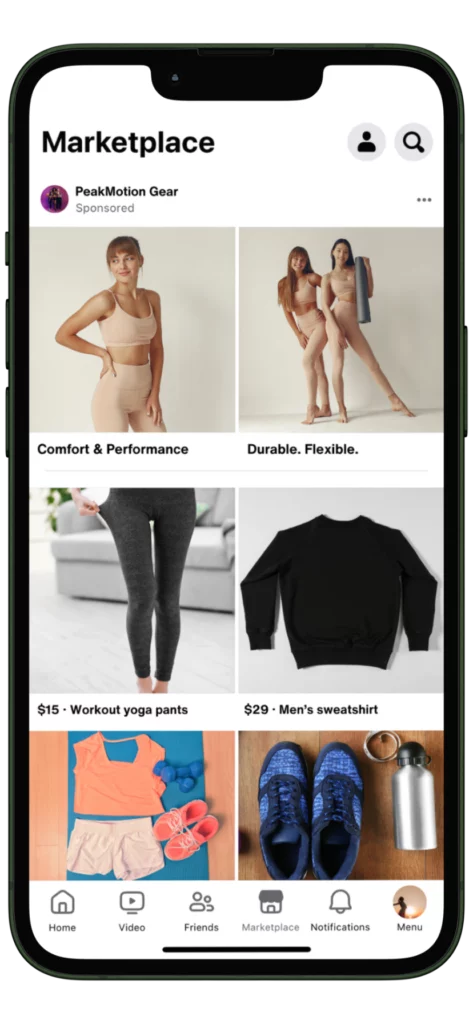

Design Specs:
- Image File Type: JPG or PNG
- Video File Type: MP4, MOV or GIF
- Ratio: 1:1
- Resolution: At least 1080 x 1080 pixels
Text Limitations:
- Primary Text: 125 characters
- Headline: 40 characters
- Description: 20 characters
- Landing Page URL: Required
Technical Specs:
- Number of Carousel Cards: 2 to 10
- Image Maximum File Size: 30MB
- Video Maximum File Size: 4GB
- Video Duration: 1 second to 240 minutes
- Aspect Ratio Tolerance: 3%
Facebook Search Results
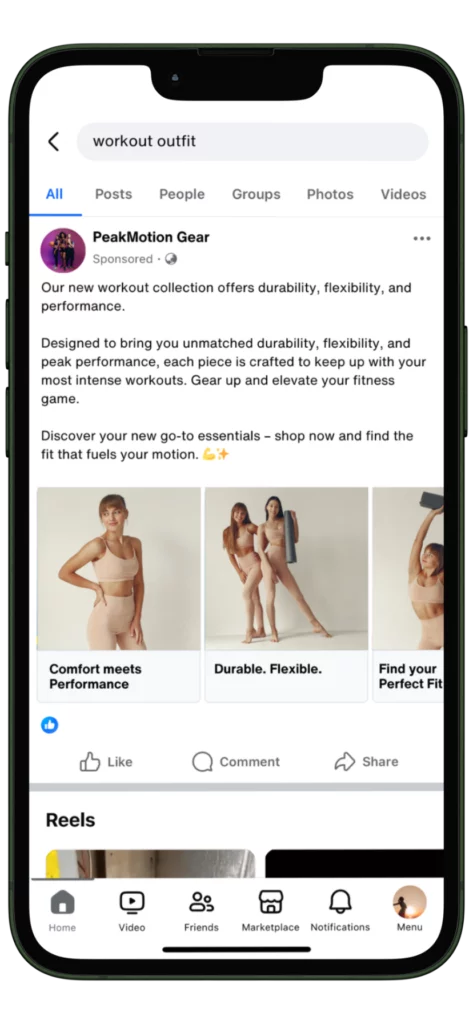

Design Specs:
- Image File Type: JPG or PNG
- Video File Type: MP4, MOV or GIF
- Ratio: 1:1
- Resolution: At least 1080 x 1080 pixels
Text Limitations:
- Primary text: 125 characters
- Headline: 40 characters
- Description: 20 characters
- Landing Page URL: Required
Technical Specs:
- Number of Carousel Cards: 2 to 10
- Image Maximum File Size: 30MB
- Video Maximum File Size: 4GB
- Video Duration: 1 second to 240 minutes
- Aspect Ratio Tolerance: 3%
Instagram Profile Feed
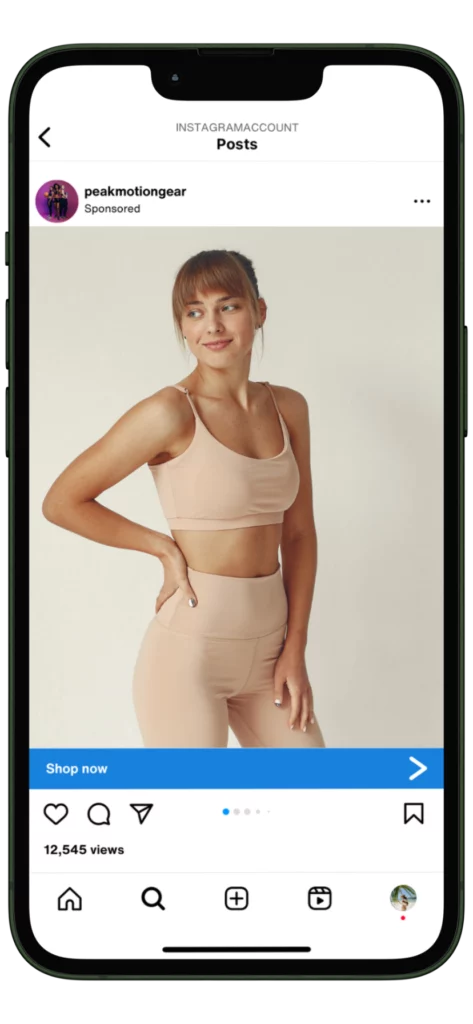

Design Specs:
- Image File Type: JPG or PNG
- Video File Type: MP4, MOV or GIF
- Recommended Ratio: 1:1
- All Supported Ratios: 1.91:1 to 4:5
- Resolution: At least 1080 x 1080 pixels
Text Limitations:
- Primary Text: 125 characters
- Headline: 40 characters
- Maximum Number of Hashtags: 30
- Landing Page URL: Required
Technical Specs:
- Number of Carousel Cards: 2 to 10
- Image Maximum File Size: 30MB
- Video Maximum File Size: 4GB
- Video Duration: 1 second to 2 minutes
- Aspect Ratio Tolerance: 1%
Instagram Explore
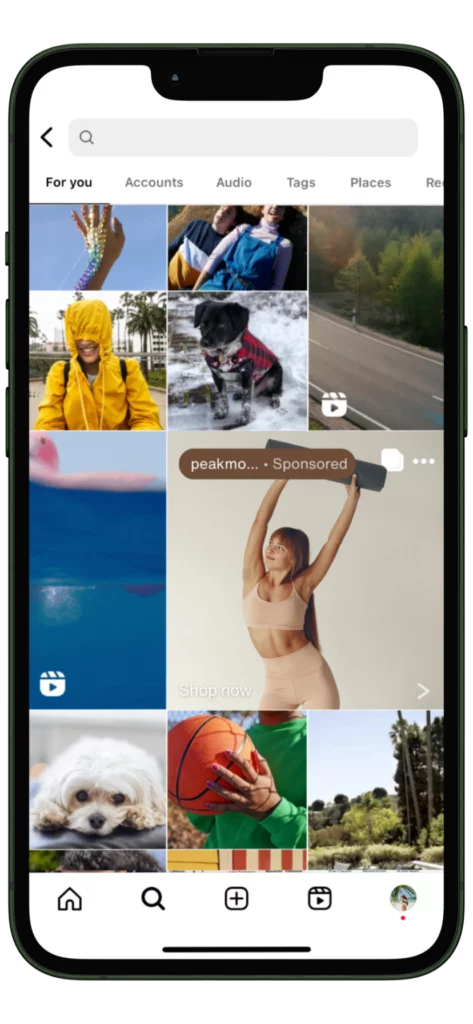

Design Specs:
- Image file type: JPG or PNG
- Ratio: 1:1
- Resolution: 1080 x 1080 pixels
Text Limitations:
- Primary text: 125 characters
- Headline: 40 characters
- Landing Page URL: Required
Technical Specs:
- Number of carousel cards: 2-10
- Maximum file size: 30MB
- Minimum width: 500 pixels
- Minimum Aspect Ratio: 400 x 500
- Maximum Aspect Ratio: 191 x 100
- Aspect ratio tolerance: 1%
Meta Ad Sizes for Collection Ads
As you move towards the lower funnel stages, the collection ad format becomes an invaluable tool for showcasing your top products or services. This format not only highlights your best offerings but also encourages audiences to explore further through the Instant Experience feature.
While the available Meta placements may be limited, partnering with an experienced Meta ad agency can effectively guide engaged audiences through the funnel, ultimately driving improved conversions.
Facebook Feed
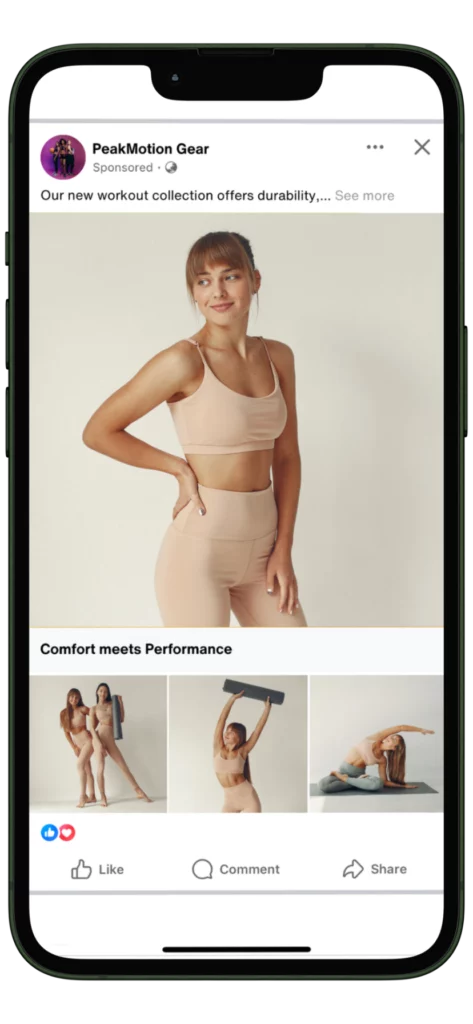

Design Specs:
- Image Type: JPG or PNG
- Video File Type: MP4, MOV or GIF
- Ratio: 1:1
- Resolution: At least 1080 x 1080 pixels
Text Limitations:
- Primary Text: 125 characters
- Headline: 40 characters
- Landing Page URL: Required
Technical Specs:
- Instant Experience: Required
- Image Maximum File Size: 30MB
- Video Maximum File Size: 4GB
Instagram Feed
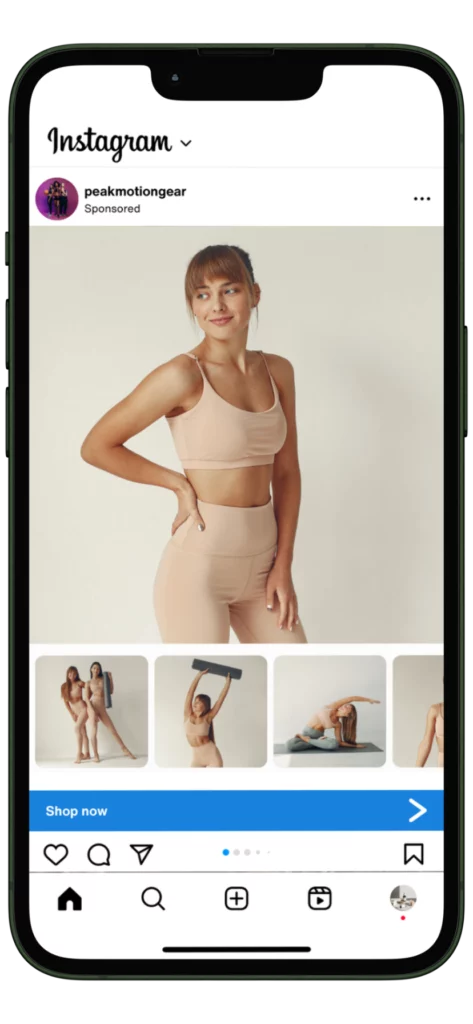

Design Specs:
- Image File Type: JPG or PNG
- Video File Type: MP4, MOV or GIF
- Ratio: 1.91:1 to 1:1
- Resolution: At least 1080 x 1080 pixels
Text Limitations:
- Primary Text: 125 characters
- Headline: 40 characters
- Landing Page URL: Required
Technical Specs:
- Instant Experience: Required
- Image Maximum File Size: 30MB
- Video Maximum File Size: 4GB
- Minimum Image/Video Width: 500 pixels
- Minimum Image/Video Height: 500 pixels
Facebook Reels
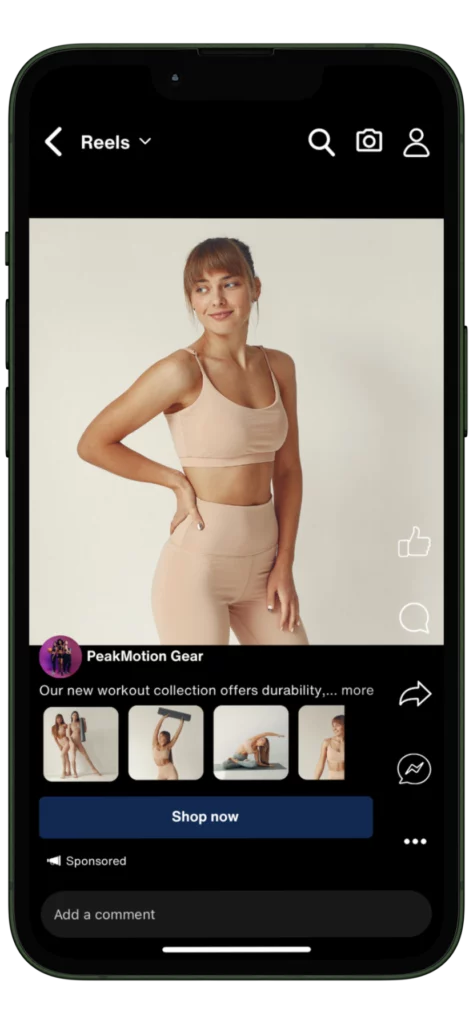

Design Specs:
- Image Type: JPG or PNG
- Video File Type: MP4, MOV or GIF
- Ratio: 9:16 to 1:1
- Resolution: At least 1080 x 1080 pixels
Text Limitations:
- Primary Text: 72 characters
- Headline: 10 characters
- Landing Page URL: Required
Technical Specs:
- Instant Experience: Required
- Image Maximum File Size: 30MB
- Video Maximum File Size: 4GB
Instagram Reels
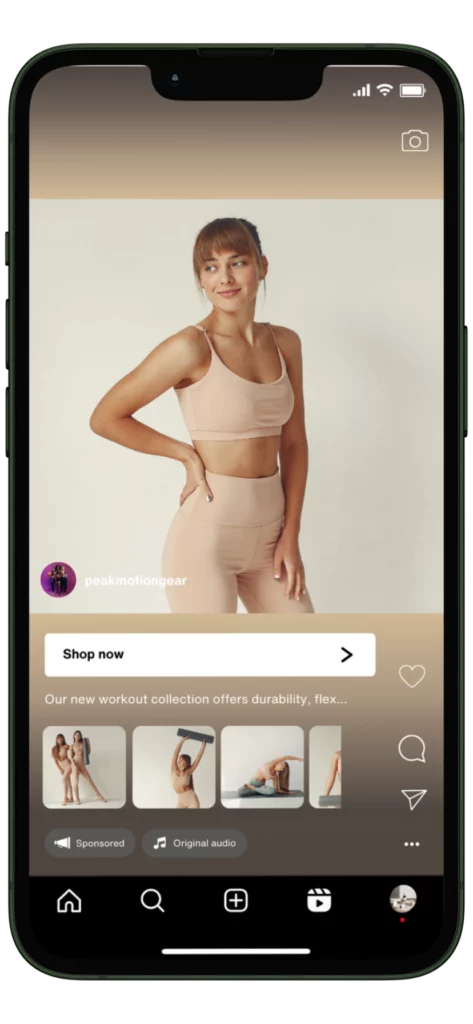

Design Specs:
- Image file type: JPG or PNG
- Video file type: MP4 or MOV
- Cover ratio: 9:16
- Product image ratio: 1:1
- Resolution: At least 500 x 888 pixels
Text Limitations:
- Primary Text: 125 characters
- Headline: 40 characters
- Landing Page URL: Required
Technical Specs:
- Instant Experience: Required
- Image maximum file size: 30MB
- Video maximum file size: 4GB
Facebook Marketplace
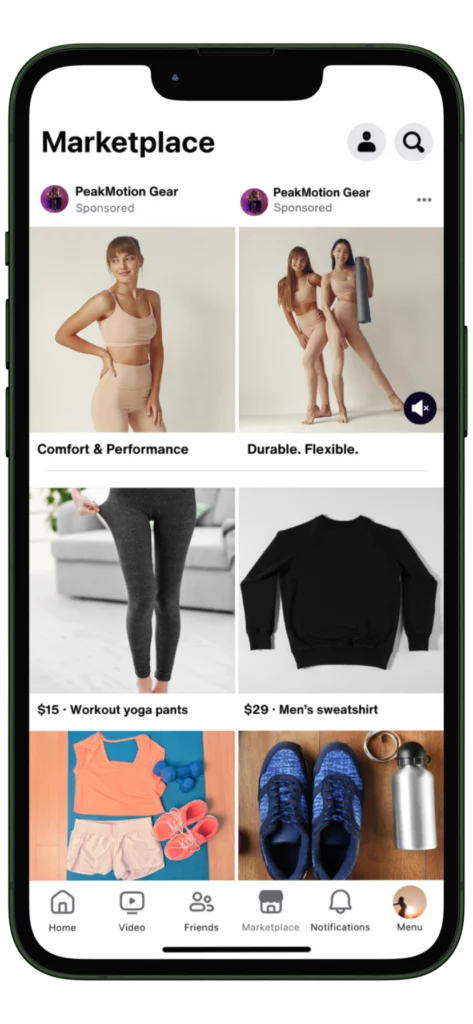

Design Specs:
- File Type: JPG or PNG
- Ratio: 1:1
- Resolution: At least 1080 x 1080 pixels
Text Limitations:
- Headline: 25 characters
Technical Specs:
- Instant Experience: Required
- Image Maximum File Size: 30MB
Facebook Video Feed Ads
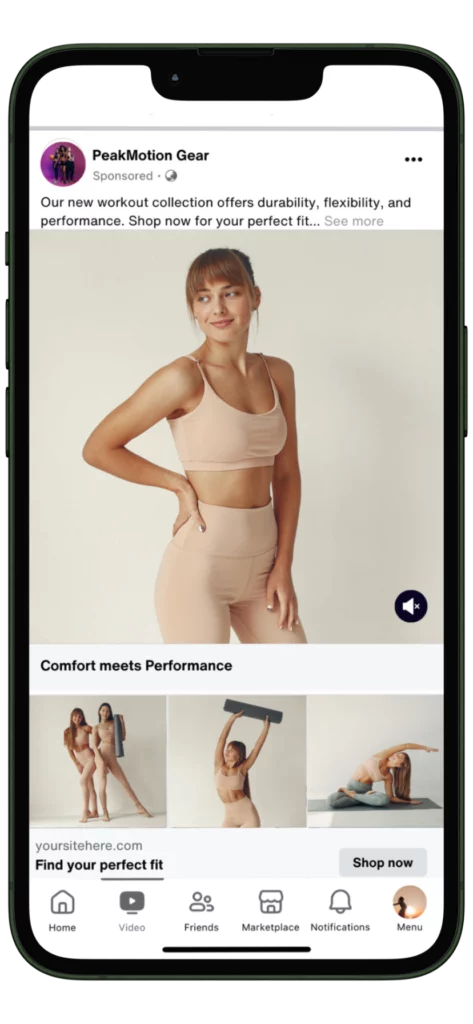

Design Specs:
- Image Type: JPG or PNG
- Video File Type: MP4, MOV or GIF
- Ratio: 1:1
- Resolution: At least 1080 x 1080 pixels
Text Limitations:
- Primary Text: 125 characters
- Headline: 40 characters
- Landing Page URL: Required
Technical Specs:
- Instant Experience: Required
- Image maximum file size: 30MB
- Video maximum file size: 4GB
Instagram Stories


Design Specs:
- Image Type: JPG or PNG
- Video File Type: MP4, MOV or GIF
- Ratio: 1.91:1 to 1:1
- Resolution: At least 1080 x 1080 pixels
Text Limitations:
- Primary Text: 125 characters
- Landing Page URL: Required
Technical Specs:
- Instant Experience: Required
- Image Maximum File Size: 30MB
- Video Maximum File Size: 4GB
- Minimum Image/Video Width: 500 pixels
- Minimum Image/Video Height: 500 pixels
Instagram Explore


Design Specs:
- Image Type: JPG or PNG
- Video File Type: MP4, MOV or GIF
- Ratio: 1.91:1 to 1:1
- Resolution: At least 1080 x 1080 pixels
Text Limitations:
- Primary Text: 125 characters
- Landing Page URL: Required
Technical Specs:
- Instant Experience: Required
- Image Maximum File Size: 30MB
- Video Maximum File Size: 4GB
- Minimum Image/Video Width: 500 pixels
- Minimum Image/Video Height: 500 pixels
Conquer Meta Placements by Understanding Ad Specs
The Meta advertising network provides extensive opportunities for brands, but competition for views and reach can be intense while managing ad costs. Short-form video content is gaining traction on Meta, making it essential to prioritize safe zones and ad specifications combined. Together, these elements contribute to creating impactful ad creatives that achieve your desired metrics.
Are your ad creatives ready to take their rightful placements in Meta? Reach out to us, and we’ll assist you in activating and managing your campaign with our SWAS AdTech solutions for Facebook and Instagram advertising.
TikTok is among the fastest-growing social platforms. With millions of short, high-quality videos, TikTok draws thousands of content creators and app users. TikTok for Business opens the doors for advertisers and marketers to elevate the brand value to a more engaged audience. Here are the ad formats and specs available on the TikTok ad platform.
Choose your TikTok ad format
- TopView ads
- Infeed ads
- Hashtag challenge ads
- Branded effects ads
- News feed app ads
- Spark ads
- Carousel ads
Advertisers should know the essentials and details of how TikTok advertising works will help you get the most out of your advertising campaigns.
To kick-start your marketing journey on one of the most dynamic social platforms, we’ve mapped the lines for you. Below are the various advertising formats, specifications, and dimensions you should know before planning your next advertising campaign.
Related: 10 tools of Advertisers
Ad Position and Format
Image credit: TikTok For Business
In-feed ads are being placed in the “For You” feed on TikTok and Tiktok Lite. TikTok enables advertisers to display in-feed ads on full screen to present a more meaningful user engagement. After the nine-second mark of the video ad, a download card will appear that allows app users to engage with the ads.
1. TikTok TopView ad
Image credit: TikTok For Business
TopView ads have been advertisers’ top choice for TikTok ad formats. A video-based ad structure that initially appears once users launch the app. Marketers can customize these ads as they are fully clickable and capable of internal and external landing page conversions.
TopView ad specs
- Video upload supported types: MP4, MOV, MPEG, 3GP or AVI
- Recommended video ratios: higher or equal to 540 pixels by 960 pixels, 640 pixels by 640 pixels, or 960 pixels by 540 pixels
- Image upload maximum weight: equal or not greater than 500 MB
- Bitrate should be higher or equal to 516 KBPS
2. TikTok Infeed ads
Image credit: TikTok For Business
In-feed ads are ad formats inserted between user-generated ‘For You’ content. By utilizing the right creative and ad specs, this ad format can help generate good engagement as TikTok seamlessly delivers this ad to platform users. For advertisers who are cautious of the cost of media, In-feed ads are considered to be the inexpensive option.
In-feed ad specs
- Video upload supported types: MP4, MOV, MPEG, 3GP or AVI
- Recommended aspect ratios: 9:16, 1:1, or 16:9
- Recommended video dimensions should be higher or equal to 540 pixels by 960 pixels, 640 pixels by 640 pixels, or 960 pixels by 540 pixels
- Image upload maximum weight: equal or not greater than 500 MB
- Minimum of 5 seconds but should not exceed by 60 seconds. Short videos of 9 to 15 seconds perform best.
3. TikTok hashtag challenge ads
Image credit: TikTok For Business
Branded hashtag ads make TikTok stand out from the rest of the video-based advertising platforms. Advertisers can create a trend for the community, allowing users to respond to the challenge. Branded hashtag ads enable marketers to invite users and to integrate their music. In addition, this ad format is more dynamic and creates a more extended ad recall.
Hashtag challenge ad specs
- Video upload supported types: MP4, MOV, MPEG, 3GP or AVI
- Recommended aspect ratios: 9:16
- Recommended video dimensions should be higher or equal to 720 pixels by 1280 pixels
- Image upload maximum weight: equal or not greater than 100 MB
- Minimum of 5 seconds but should not exceed by 60 seconds. Short videos of 9 to 15 seconds perform best.
- Hashtag challenge related in-feeds are strongly suggested to be a native ad
- Bitrate should be above 2,500 KBPS
- For video caption, 150 character maximum (including spaces and punctuation), and emojis are subject to approval
4. Branded effects ads
Image credit: TikTok For Business
Branded effects ads bring advertising to life. TikTok’s creative team designs a unique visual experience through different filters and stickers. Users will gain access to these assets allowing them to express their creativity using branded special effects.
Branded effect ad specs
- For 2D & Gamified:
- Asset upload should not exceed 3 MB
- File upload support types: PNG
- Recommended image dimension, 540 pixels by 960 pixels
- 3D&Branded Scan
- File upload size should not exceed 3 MB
- File upload support types are 3D project files: MAX, MA, C4D, FBX or OBJ
- For icons, file upload should not exceed 60 KB
- File upload support type: PNG
- Design area size is 144 pixels by 144 pixels, 18 pixels round angle and exported size are 162 pixels by 162 pixels.
5. News feed app ads
Image credit: TikTok For Business
Ad Position
Here are the different ad placements for TikTok news feed apps:
Ads may display in the following positions within our news feed apps:
- BuzzVideo allows in-feed, details page, and post-video ad placement
- TopBuzz allows in-feed, details page, and post-video ad placement
- News Republic allows in-feed, details page, and post-video ad placement
- Babe allows in-feed, and details page ad placement
News Feed App Series Image Ad
Image credit: TikTok For Business
- Image upload supported types: JPEG, PNG
- Recommended image ratios: higher or equal to 1200 pixels by 628 pixels
- Image upload maximum weight: equal or not greater than 500 KB
- Display names: 40 half-width characters maximum (including spaces and punctuation)
- Emojis will not appear in the app name or brand name
- A longer display name will have a higher possibility of concatenation
- Ad description: 100 character maximum (including spaces and punctuation) including Latin, while 50 character maximum (including spaces and punctuation) for Asian characters
- Emojis,”{}” and ”#” will not appear in the description section
Video ads specifications
- Video ad placement:
- TikTok in-feed ad
- BuzzVideo placements:
- BuzzVideo in-feed ad
- BuzzVideo details page ad
- BuzzVideo story ad
- TopBuzz placements:
- TopBuzz in-feed ad
- TopBuzz details page ad
- Babe:
- Babe in-feed ad
- Babe details page ad
- Video upload supported types:
- For TikTok in-feed ads: MP4, MOV, MPEG, 3GP, or AVI
- For news feed app series video ads: MP4, MOV, MPEG, 3GP, or GIF
- Recommended video ratios:
- For TikTok in-feed ads, higher or equal to:
- 540 by 960 pixels, 640 by 640 pixels, or 960 by 540 pixels.
- For news feed app series:
- 720 by 1280 pixels, 640 by 640 pixels, or 1280 by 720 pixels.
- For TikTok in-feed ads, higher or equal to:
- Video upload maximum weight: equal or not greater than 500 MB
- Suggested video duration:
- For TikTok on-feed ads:
- Minimum of 5 seconds but should not exceed by 60 seconds. Short videos of 9 to 15 seconds perform best.
- For news feed app series:
- There are no limitations but short videos of 9 to 15 seconds perform best.
- For TikTok on-feed ads:
- Image upload supported types for profile image: JPG, JPEG, and PNG
- Aspect image ratio for a profile image is 1:1 and image weight upload is not greater than 50 KB
- Display names: 40 half-width characters maximum (including spaces and punctuation)
- Emojis will not appear in the app name or brand name
- A longer display name will have a higher possibility of concatenation
- Ad description: 100 character maximum (including spaces and punctuation) including Latin, while 50 character maximum (including spaces and punctuation) for Asian characters
- Emojis,”{}” and ”#” will not appear in the description section
6. TikTok Spark Ads
Image credit: TikTok For Busines
Related: Elevate Organic Growth with TikTok Spark Ad
TikTok Spark Ads is an ad format where brands can reach out to creators and boost an existing post. However, the content of this native ad format must initially be published on the platform before activating it. Like Facebook and Instagram sponsored ads, Sparks Ads format can leverage product awareness through auction ads — Reach, Video View, Engagement(Beta), Traffic, Conversion and App Install objectives.
- Ad creative should be native content
- For reach, video view, reach and frequency (beta) objectives, ad caption can be blank. While campaign objective for engagement (beta), traffic, and app install should include ad caption.
- Spark ads caption may include account mention and emojis.
- TikTok ads manager doesn’t allow modification on existing ad display name and text.
7. TikTok Carousel ad
TikTok carousel ad allows advertisers to upload ten images and craft unique captions in every single ad. Ad placement for this ad format will appear on the News Feed app series.
Image credit: TikTok For Busines
- Image upload supported types: JPEG, PNG
- Recommended image ratios: for the square format, higher or equal to 640 pixels by 640 pixels. For the horizontal format 1200 pixels by 628 pixels
- Image upload maximum weight: equal or not greater than 500 KB
- Ad text should be more than 12 characters and not greater than 40 characters (including spaces and punctuation)
- Emojis will not appear in the app name or brand name
- A longer display name will have a higher possibility of concatenation
- Advertisers can upload a minimum of 2 images but not more than 20 images
- Each ad image may have a unique ad caption and URL page
Tap on the creative side of TikTok advertising
TikTok offers a more dynamic approach when it comes to advertising on its platform. Advertisers have an option to produce their own creative or leverage on organic content. Regardless of the preferred ad format, following the specified ad specification will lead to a more desirable output. Planning to advertise on different platforms? Check out more of our guides below.
Facebook | Twitter | LinkedIn | Pinterest | Snapchat | YouTube | Instagram | TikTok
If you want to bring more value to your advertising costs check our proprietary tool, Campaign Lab.
Strike Overview
- For your video ads to stand out in a feed full of curated content on Instagram, understanding the Instagram ad specifications is critical for your ad to deliver its possible maximum output.
- According to Hubspot, 62.4% of social media users turn to Instagram to follow or research brands and products they’re interested in. Instagram’s visually engaging content has made it a prime platform for advertisers to connect with their target audience.
- With millions of users, advertisers have an enormous opportunity to leverage Instagram’s inventory to create effective campaigns.
- For a comprehensive overview of the specified sizes, ad aspect ratios, and recommendations for your Instagram campaigns, we have organized the information by creative type and ad format.
Jump to Section
This post was updated in February 2025 to provide you with the latest information.
With its popularity and visually-driven nature, Instagram provides brands an excellent opportunity to reach socially engaged audiences through advertising. However, keeping track of what’s required can be challenging with a wide range of ad types available, each with different recommended sizes and specifications.
Brands that effectively utilize Instagram’s advertising capabilities have the potential to generate significant sales and revenue from their campaigns. To avoid ad rejection due to a mismatch of design requirements, we’ve created a comprehensive guide to Instagram Ad Specs that breaks down the specifications by ad type. Don’t let ad specifications prevent you from creating visually appealing and effective Instagram ads. Whether new to Instagram advertising or a seasoned pro, this guide provides the best practices and tips for optimizing your Instagram ad campaigns.
Instagram ad types and specs
Image Ads
Image ads are a versatile and powerful tool for advertisers. They showcase products, services, or brands with a single photo and optional footer. Image ads can increase interest, raise awareness, and deliver a clear message that prompts users to take action. They appear on multiple platforms and support various aspect ratios.
Advertisers can use the same image with multiple placements and ratios using Facebook’s recommended image ratios and asset customization feature. In summary, image ads are an excellent way for advertisers to drive engagement and conversions.
Instagram Feed
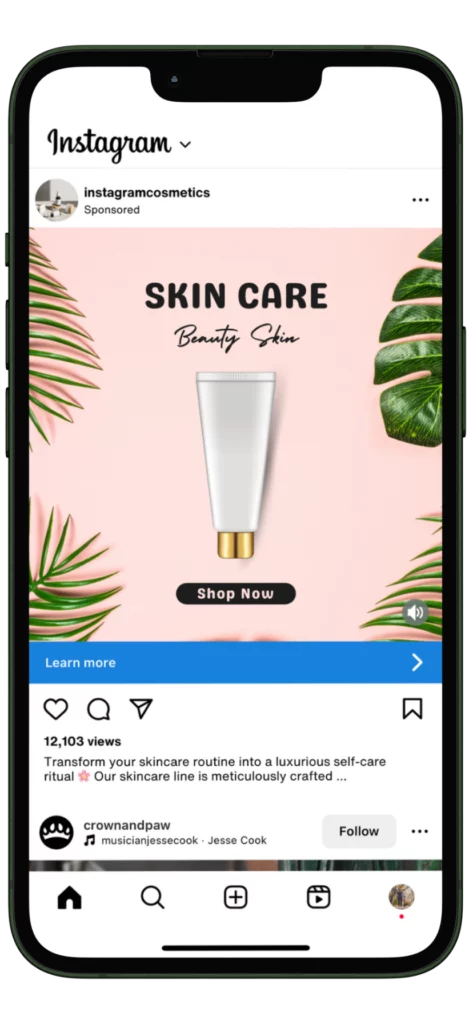

- Design Specs:
- Image File Type: JPG or PNG
- Ratio: 1:1
- Resolution: At least 1080 x 1080 pixels
- Text Limitations:
- Primary Text: 125 characters
- Headline: 40 characters
- Maximum Number of Hashtags: 30
- Technical Specs:
- Maximum File Size: 30MB
- Minimum Width: 500 pixels
- Minimum Aspect Ratio: 400 x 500
- Maximum Aspect Ratio: 191 x 100
- Aspect Ratio Tolerance: 1%
Instagram Profile Feed
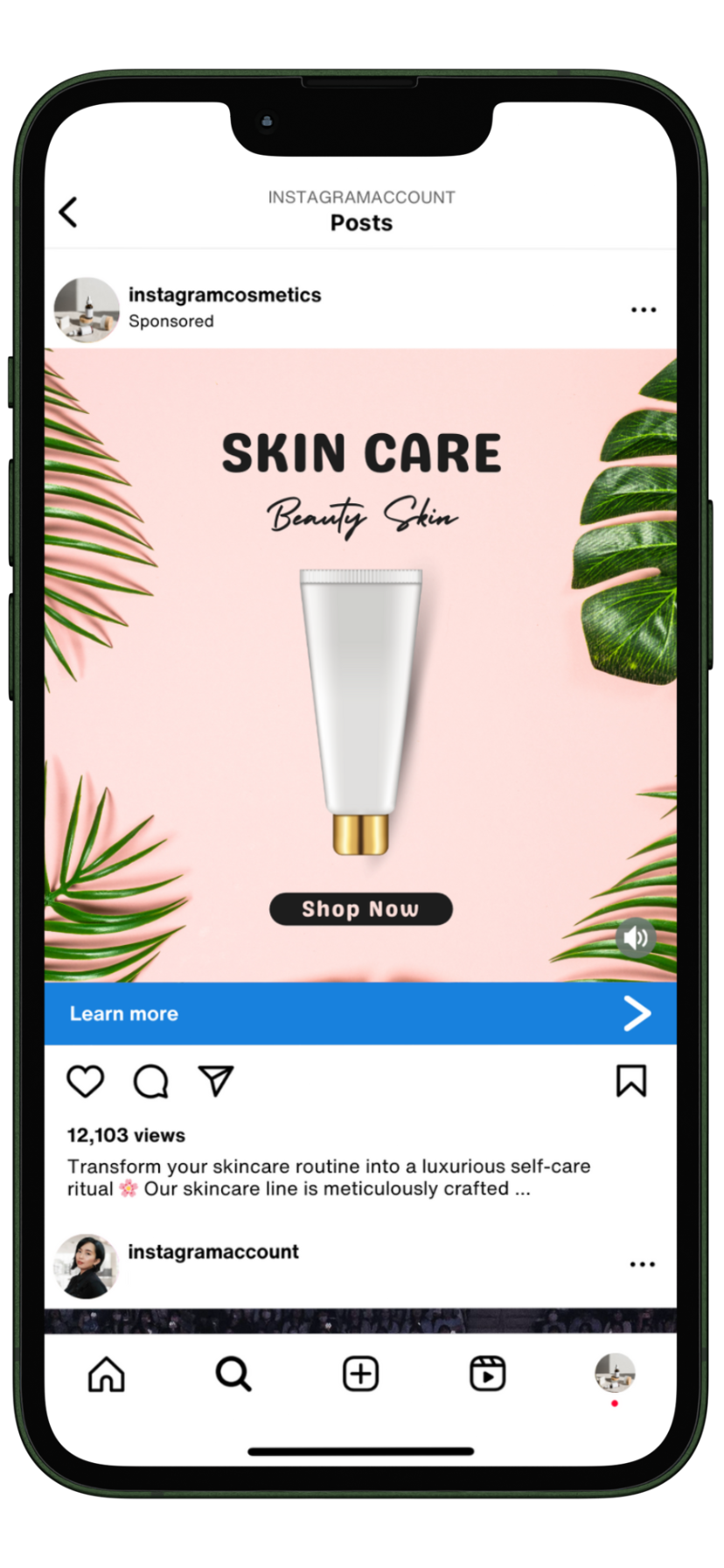

- Design Specs:
- Image File Type: JPG or PNG
- Recommended Ratio: 1:1
- All Supported Ratios: 1.91:1 to 4:5
- Resolution: At least 1080 x 1080 pixels
- Text Limitations:
- Primary Text: 125 characters
- Headline: 40 characters
- Maximum Number of Hashtags: 30
- Technical Specs:
- Maximum File Size: 30MB
- Minimum Width: 500 pixels
- Minimum Height: 400 pixels
- Minimum Aspect Ratio: 400 x 500
- Maximum Aspect Ratio: 191 x 100
- Aspect Ratio Tolerance: 1%
Instagram Reels
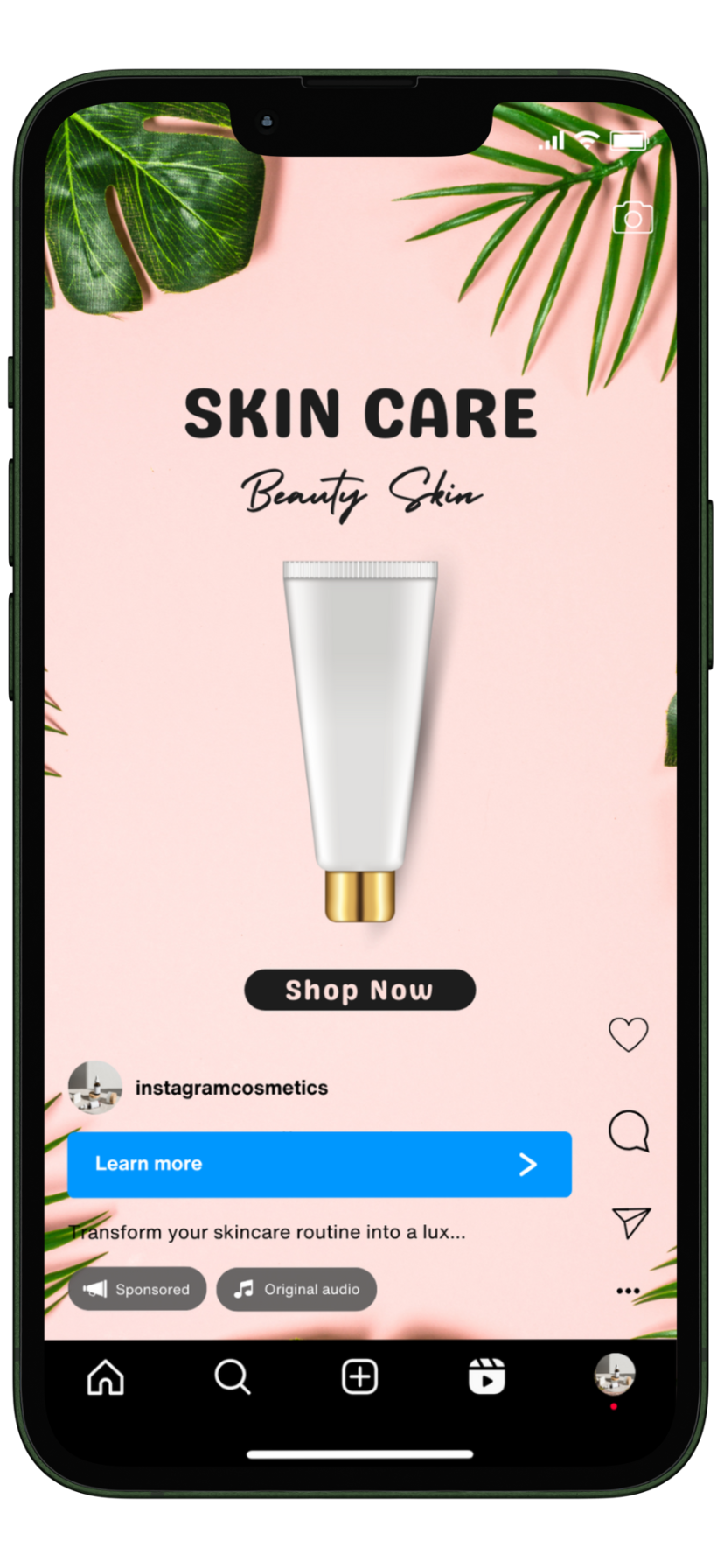

- Design Specs:
- File Type: JPG or PNG
- Ratio: 9:16
- Resolution: At least 1080 x 1080 pixels
- Safe zone tip: Leave about 14% at the top, 35% at the bottom, and 6% on each side of your image clear of text, logos, or other essential creative elements.
- Text Limitations:
- Primary Text: 72 characters
- Technical Specs:
- Maximum File Size: 30MB
- Minimum Width: 500 pixels
- Aspect Ratio Tolerance: 1%
Instagram Stories
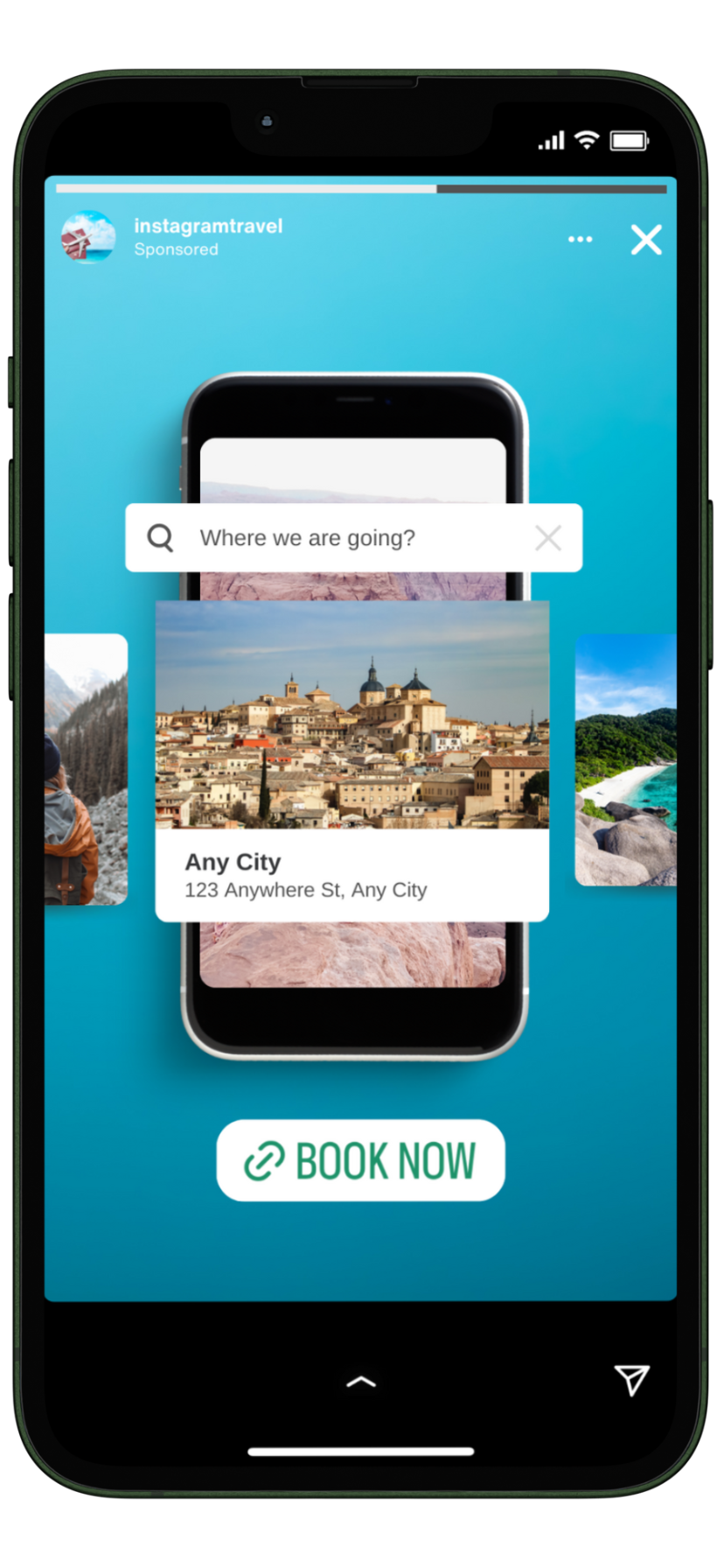

- Design Specs:
- Image File Type: JPG or PNG
- Ratio: 9:16
- Resolution: At least 1080 x 1080 pixels
- Text Limitations:
- Primary Text: 125 characters
- Technical Specs:
- Maximum File Size: 30MB
- Minimum Width: 500 pixels
- Aspect Ratio Tolerance: 1%
Instagram Explore home
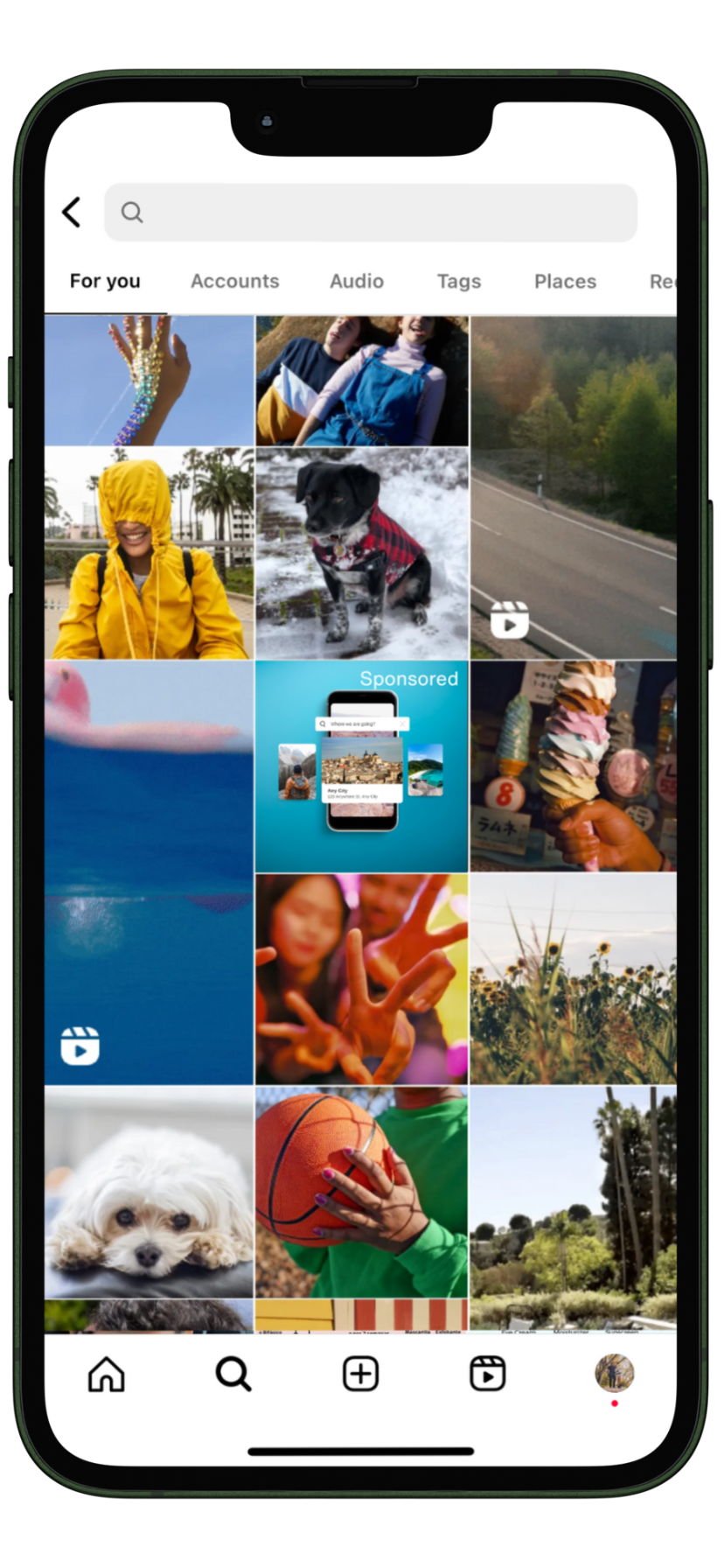

- Design Specs:
- Image File Type: JPG or PNG
- Ratio: 1:1
- Resolution: 1080 x 1080 pixels
- Text Limitations:
- Primary Text: 125 characters
- Headline: 40 characters
- Maximum number of hashtags: 30
- Technical Specs:
- Maximum File Size: 30MB
- Minimum Width: 500 pixels
- Minimum Aspect Ratio: 400 x 500
- Maximum Aspect Ratio: 191 x 100
- Aspect Ratio Tolerance: 1%
Instagram Explore
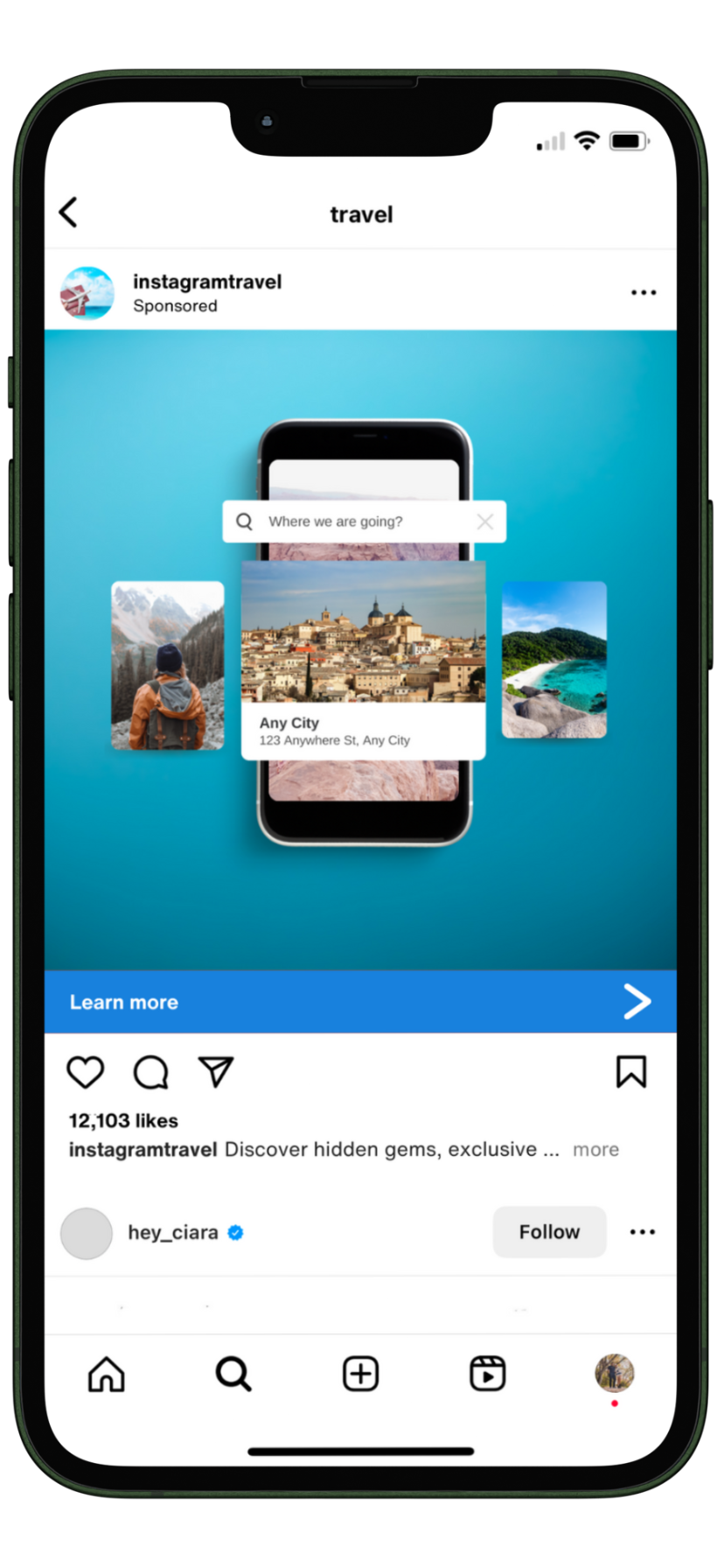

- Design Specs:
- Image File Type: JPG or PNG
- Ratio: 9:16
- Resolution: At least 1080 x 1080 pixels
- Text Limitations:
- Primary Text: 125 characters
- Technical Specs:
- Maximum File Size: 30MB
- Minimum Width: 500 pixels
- Aspect Ratio Tolerance: 1%
Video Ads
Video ads effectively showcase a product, service, or brand through a captivating video. Advertisers can create video ads using various tools, including the Ads Manager, or boost a post with a video on their Facebook Page.
The ability to include dynamic visuals and engaging audio makes video ads an ideal choice for brands looking to capture the attention of their target audience. With the right messaging and creative approach, video advertising can effectively drive brand awareness and conversions.
Instagram Feed
- Design Specs:
- File Type: MP4, MOV or GIF
- Ratio: 4:5
- Resolution: At least 1080 x 1080 pixels
- Video Captions: Optional, but recommended
- Video Sound: Optional, but recommended
- Text Limitations:
- Primary Text: 125 characters
- Maximum Number of Hashtags: 30
- Technical Specs:
- Video Duration: 1 second to 60 minutes
- Maximum File Size: 4GB
- Minimum Width: 500 pixels
- Aspect Ratio Tolerance: 1%
Instagram Profile Feed
- Design Specs:
- File Type: MP4, MOV or GIF
- Recommended Ratio: 4:5
- All Supported Ratios: 1.91:1 to 9:16
- Resolution: At least 1080 x 1080 pixels
- Video Captions: Optional, but recommended
- Video Sound: Optional, but recommended
- Text Limitations:
- Primary Text: 125 characters
- Headline: 40 characters
- Maximum Number of Hashtags: 30
- Technical Specs:
- Video Duration: 1 second to 60 minutes
- Maximum File Size: 4GB
- Minimum Width: 500 pixels
- Minimum Height: 500 pixels
- Minimum Aspect Ratio: 4:5
- Maximum Aspect Ratio: 1.91:1
- Aspect Ratio Tolerance: 1%
Instagram Profile Reels
- Design Specs:
- File type: MP4, MOV
- Recommended ratio: 9:16
- Video settings: H.264 compression, square pixels, fixed frame rate, progressive scan and stereo AAC audio compression at 128 kbps and over
- Resolution: At least 500 x 888 pixels
- Video Captions: Optional, but recommended
- Video Sound: Optional, but recommended
- Text Limitations:
- Primary text: 72 characters
- Technical Specs:
- Video duration: 0 seconds to 15 minutes
- Maximum File Size: 4GB
Instagram Reels
- Design Specs:
- File Type: MP4, MOV
- Ratio: 9:16
- Video Settings: H.264 compression, square pixels, fixed frame rate, progressive scan and stereo AAC audio compression at 128kbps+
- Resolution: At least 500 x 888 pixels
- Video Captions: Optional, but recommended
- Video Sound: Optional, but strongly recommended
- Reels ads should not contain:
- Reels published before October 15, 2021.
- Licensed music; use original audio or royalty-free music from the Meta Sound Collection instead.
- Media featuring face or camera effects.
- Media containing GIFs.
- Media with product tags.
- Videos with edit lists or special boxes in file containers.
- Safe zone tip: Leave about 14% at the top, 35% at the bottom, and 6% on each side of your image clear of text, logos, or other essential creative elements.
- Text Limitations:
- Primary Text: 72 characters
- Technical Specs:
- Video Duration: 0 seconds to 15 minutes
- Maximum File Size: 4GB
Instagram Stories
- Design Specs:
- File Type: MP4, MOV or GIF
- Ratio: 9:16
- Video Settings: H.264 compression, square pixels, fixed frame rate, progressive scan and stereo AAC audio compression at 128kbps+
- Resolution: At least 1080 x 1080 pixels
- Video Captions: Optional, but recommended
- Video Sound: Optional, but recommended
- Safe zone tip: Leave approximately 14% (250 pixels) at the top and 20% (340 pixels) at the bottom of the image clear of text, logos, or other creative elements.
- Text Limitations:
- Primary Text: 125 characters
- Technical Specs:
- Video Duration: 1 second to 60 minutes
- Maximum File Size: 4GB
- Minimum Width: 500 pixels
- Aspect Ratio Tolerance: 1%
Further Reading
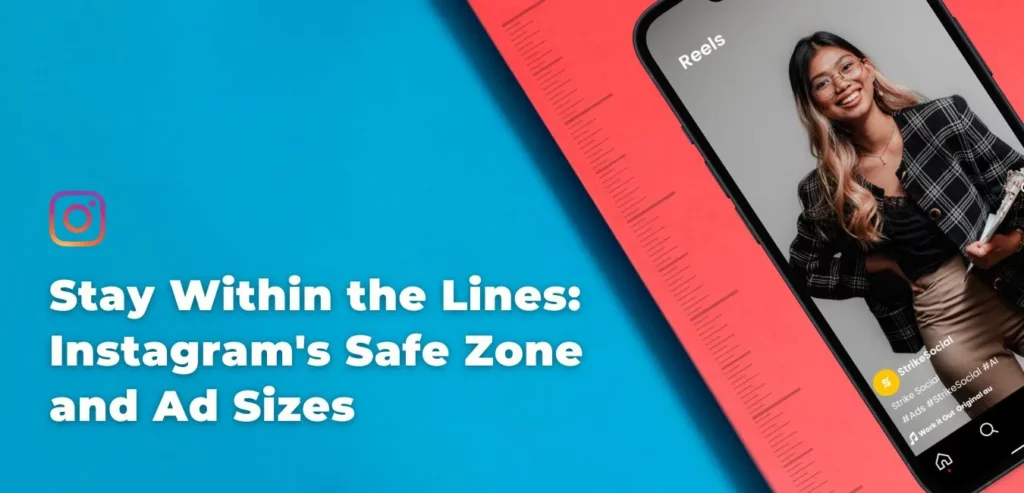


Learn More About the Safe Zones for Instagram Ads
Understanding safe zones in Instagram ads is essential, as key visual elements placed outside these areas may be obscured by the profile icon or call-to-action button, potentially impacting your ad’s effectiveness.
Instagram Explore
- Design Specs:
- File Type: MP4, MOV or GIF
- Ratio: 4:5
- Video Settings: H.264 compression, square pixels, fixed frame rate, progressive scan and stereo AAC audio compression at 128kbps+
- Resolution: At least 1080 x 1080 pixels
- Video Captions: Optional, but recommended
- Video Sound: Optional, but recommended
- Text Limitations:
- Primary Text: 125 characters
- Technical Specs:
- Video Duration: 1 second to 60 minutes
- Maximum File Size: 4GB
- Minimum Width: 500 pixels
- Aspect Ratio Tolerance: 1%
Carousel Ads
The carousel ad format displays multiple images and videos with headlines, descriptions, and call-to-action. It’s perfect for showcasing products or services, and users can swipe through on mobile or click arrows on a desktop. Ideal for increasing reach and engagement.
Instagram Feed
- Design Specs:
- Image File Type: JPG or PNG
- Video File Type: MP4, MOV or GIF
- Ratio: 1:1
- Resolution: At least 1080 x 1080 pixels
- Text Limitations:
- Image File Type: JPG or PNG
- Video File Type: MP4, MOV or GIF
- Ratio: 1:1
- Resolution: At least 1080 x 1080 pixels
- Technical Specs:
- Number of Carousel Cards: 2 to 10
- Image Maximum File Size: 30MB
- Video Maximum File Size: 4GB
- Video Duration: 1 second to 2 minutes
- Aspect Ratio Tolerance: 1%
Instagram Profile Feed
- Design Specs:
- Image File Type: JPG or PNG
- Video File Type: MP4, MOV or GIF
- Recommended Ratio: 1:1
- All Supported Ratios: 1.91:1 to 4:5
- Resolution: At least 1080 x 1080 pixels
- Additional tip: Upload the highest resolution image or video that meets the required aspect ratio. There is no maximum resolution limit.
- Text Limitations:
- Primary Text: 125 characters
- Headline: 40 characters
- Maximum Number of Hashtags: 30
- Landing Page URL: Required
- Technical Specs:
- Number of Carousel Cards: 2 to 10
- Image Maximum File Size: 30MB
- Video Maximum File Size: 4GB
- Video Duration: 1 second to 2 minutes
- Aspect Ratio Tolerance: 1%
Instagram Stories
- Design Specs:
- Image File Type: JPG or PNG
- Video File Type: MP4, MOV or GIF
- Ratio: 1:1
- Resolution: At least 1080 x 1920 pixels
- Safe zone tip: Leave approximately 14% (250 pixels) at the top and 20% (340 pixels) at the bottom of the image clear of text, logos, or other creative elements.
- Text Limitations:
- Primary Text: 125 characters
- Headline: 40 characters
- Landing Page URL: Required
- Technical Specs:
- Number of Carousel Cards: 2 to 10
- Image Maximum File Size: 30MB
- Video Maximum File Size: 4GB
- Video Duration: 1 second to 15 seconds
- Aspect Ratio Tolerance: 1%
Instagram Reels
- Design Specs:
- Image file type: JPG or PNG
- Resolution: At least 1080 x 1080 pixels
- Aspect ratio: 9:16
- Text Limitations:
- Primary Text: 125 characters
- Headline: 40 characters
- Landing Page URL: Required
- Technical Specs:
- Maximum number of carousel cards: 10
- Minimum number of carousel cards: 2
- Image maximum file size: 30MB
- Aspect Ratio Tolerance: 1%
Instagram Explore home and Instagram Explore
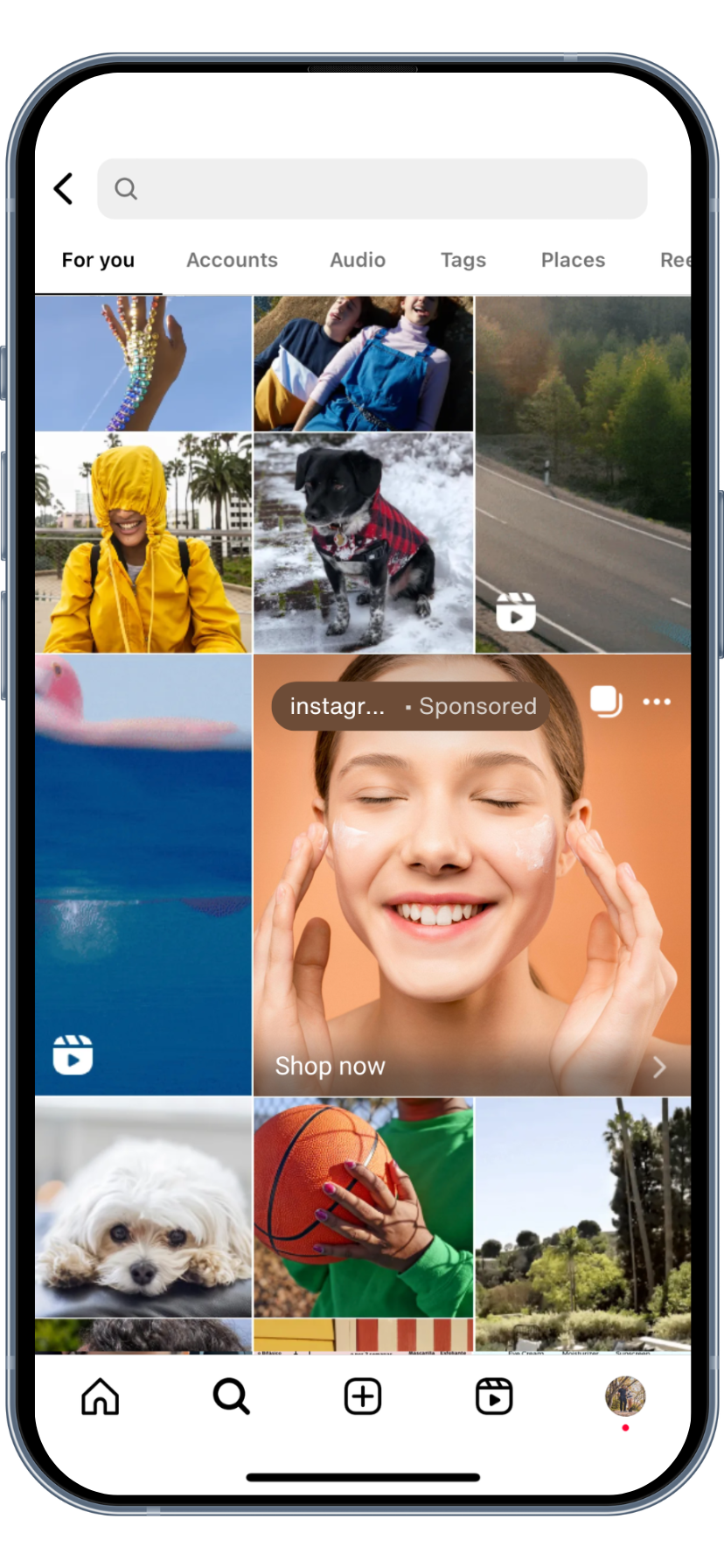

- Design Specs:
- Image file type: JPG or PNG
- Ratio: 1:1
- Resolution: 1080 x 1080 pixels
- Text Limitations:
- Primary text: 125 characters
- Headline: 40 characters
- Landing Page URL: Required
- Technical Specs:
- Number of carousel cards: 2-10
- Maximum file size: 30MB
- Minimum width: 500 pixels
- Minimum Aspect Ratio: 400 x 500
- Maximum Aspect Ratio: 191 x 100
- Aspect ratio tolerance: 1%
Further Reading



The Complete List of Facebook Ad Sizes (2025)
Get acquainted with the full range of Facebook ad formats, along with their specific dimensions and requirements, to ensure your ads comply with platform standards and perform at their best.
Collection Ads
The collection format creates an immersive shopping experience with a cover image or video and multiple products. It drives product discovery, provides seamless browsing on mobile, converts demand into sales, and showcases product catalogs. It can be delivered on various platforms and adjusts the number of products displayed based on placement.
Instagram Feed
- Design Specs:
- Image File Type: JPG or PNG
- Video File Type: MP4, MOV or GIF
- Ratio: 1.91:1 to 1:1
- Resolution: At least 1080 x 1080 pixels
- Text Limitations:
- Primary Text: 125 characters
- Headline: 40 characters
- Landing Page URL: Required
- Technical Specs:
- Instant Experience: Required
- Image Maximum File Size: 30MB
- Video Maximum File Size: 4GB
- Minimum Image/Video Width: 500 pixels
- Minimum Image/Video Height: 500 pixels
Instagram Reels
- Design Specs:
- Image file type: JPG or PNG
- Video file type: MP4 or MOV
- Cover ratio: 9:16
- Product image ratio: 1:1
- Resolution: At least 500 x 888 pixels
- Text Limitations:
- Primary Text: 125 characters
- Headline: 40 characters
- Landing Page URL: Required
- Technical Specs:
- Instant Experience: Required
- Image maximum file size: 30MB
- Video maximum file size: 4GB
Instagram Stories
- Design Specs:
- Image Type: JPG or PNG
- Video File Type: MP4, MOV or GIF
- Ratio: 1.91:1 to 1:1
- Resolution: At least 1080 x 1080 pixels
- Safe zone tip: Leave approximately 14% (250 pixels) at the top and 20% (340 pixels) at the bottom of the image clear of text, logos, or other creative elements.
- Text Limitations:
- Primary Text: 125 characters
- Landing Page URL: Required
- Technical Specs:
- Instant Experience: Required
- Image Maximum File Size: 30MB
- Video Maximum File Size: 4GB
- Minimum Image/Video Width: 500 pixels
- Minimum Image/Video Height: 500 pixels
Instagram ads made easy
Advertisers must know the Instagram ad specs to optimize their advertising efforts for the platform. Testing different ad sizes, formats, and specifications can help determine which ones produce the best results and are preferred by the target audience.
By doing so, advertisers can create a well-informed advertising strategy that resonates with their audience. Utilizing tools such as Meta Ads Manager simplified the process of creating Instagram ads.
You’re equipped with the technical knowledge provided here; try incorporating it into your Instagram advertising efforts and see what it can do for you.
Learn more about the ad specs for other social media platforms:
Strike Overview
- To tap into LinkedIn’s projected $6.79 billion ad growth in 2024, you must make sure your ads integrate into the user experience by staying updated on the latest LinkedIn ad specs.
- While LinkedIn is widely recognized as a platform for professional networking, it has evolved into a key B2B advertising hub on par with other major social networks.
- Use LinkedIn’s 2024 ad specs and dimensions to create ads that not only get approved but also engage users across all devices with perfectly tailored visuals.
Jump to Section
This post was updated in April 2025 to provide you with the latest information.
Marketer’s Guide to LinkedIn Ad Specs (2025)
LinkedIn continuously innovates to catch up with major social media advertising platforms, making it essential to stay updated on the latest LinkedIn ad specs to ensure your ads meet current standards. LinkedIn ads offer a unique channel for brands to connect with business professionals. Because of this, the most effective LinkedIn advertising is that which builds and promotes your brand’s image.
Choose Your LinkedIn Ad Campaign Objective
Before you start analyzing the specific LinkedIn ad specs, make sure that your desired ad type is available for your chosen campaign objective. For example, one of the newest ad formats on LinkedIn, Connected TV (CTV), is only available for awareness campaigns.
Refer to the list below to see if your selected ad format is available for your desired LinkedIn campaign objective.
LinkedIn ad formats available for Awareness campaigns
Brand Awareness objective
- Single image
- Text
- Document
- Carousel image
- Spotlight
- Conversation
- Video
- Follower
- Event
- Connected TV (CTV)
Further Reading
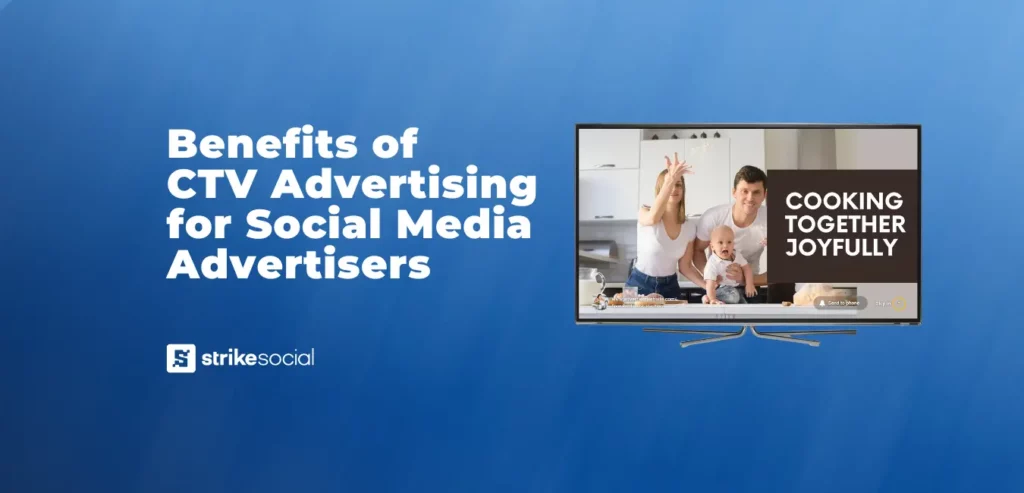

The Advantages of Incorporating CTV into Your Social Media Ad Plan
With the rise of video advertising, you might consider whether Connected TV (CTV) is a valuable addition to your brand or client’s strategy. Before deciding, it’s crucial to evaluate the advantages of including CTV ads in your overall advertising plan.
LinkedIn advertising types for Consideration objective
Website Visits objective
- Single image
- Text
- Document
- Carousel image
- Spotlight
- Conversation
- Video
- Follower
- Event
Engagement Objective
- Single image
- Follower
- Event
- Carousel image
Messaging
- Single image
Video Views
- Video
- Document
- Video
- Conversation
LinkedIn ad types for Conversion campaigns
Lead Generation Objective
- Single image
- Message
- Conversation
- Carousel image
- Document
- Video
Website Conversion Objective
- Single image
- Text
- Document
- Carousel image
- Spotlight
- Conversation
- Video
- Event
Job Applicant Objective
- Single job
- Spotlight
- Jobs
- Single image
LinkedIn Ad Specs (2025 Update)
To convey your message properly, it is important to understand how advertising on LinkedIn works in detail. A key aspect of this is understanding LinkedIn ad sizes and how they appear in the user’s view.
Below, we’ve outlined the different LinkedIn ad specs for each advertising format to help you prepare before launching your campaign.
1. Single Image Ads
Single Image Ads offer a prime opportunity to connect with your target audience in a visually appealing manner. Use compelling visuals to capture your audience’s attention and convey your brand’s story effectively.
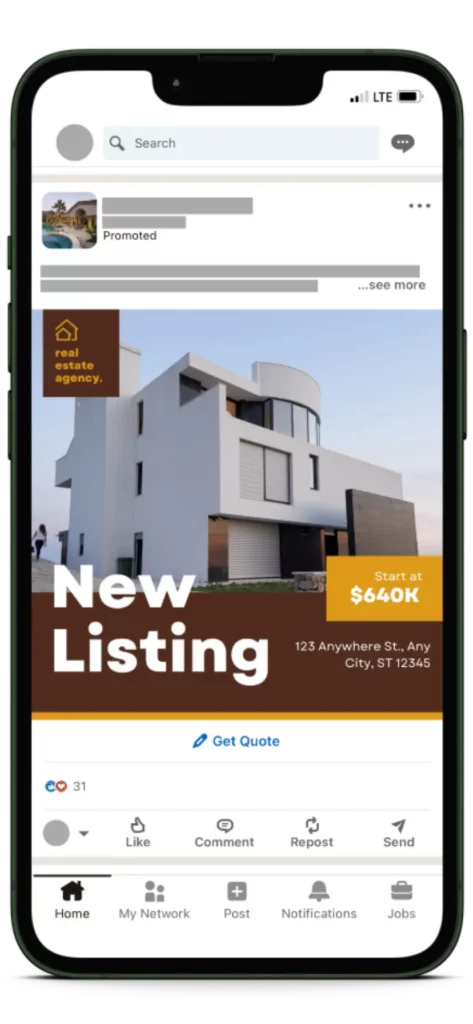

Text specifications:
- Ad name (optional): 255 characters
- Headline: 70 characters
- Introductory text: 150 characters
- Description (LAN only): 70 characters. Only required if using LinkedIn Audience Network (LAN).
LinkedIn single image ad specs:
- File Type: jpg, png, or gif
- File Size: up to 5 MB
- Image Ratio:
- Horizontal/Landscape
- 1.91:1 (desktop and mobile)
- Minimum: 640 x 360 pixels
- Maximum: 7680 x 4320 pixels
- Recommended: 1.91:1 – 1200 x 628 pixels
- Square – recommended aspect ratio for delivery across both desktop and mobile
- 1:1 (desktop and mobile)
- Minimum: 360 x 360 pixels
- Maximum: 4320 x 4320 pixels
- Recommended: 1:1 – 1200 x 1200 pixels
- Vertical – recommended for best CTR performance on mobile devices
- 1:1.91 (mobile only)
- Minimum: 360 x 640 pixels
- Maximum: 2430 x 4320 pixels
- Recommended:
- 1:1.91 – 628 x 1200 pixels
- 2:3 – 600 x 900 pixels
- 4:5 – 720 x 900 pixels
- Horizontal/Landscape
CTA options:
- Apply
- Download
- View Quote
- Learn More
- Sign Up
- Subscribe
- Register
- Join
- Attend
- Request Demo
URL specifications:
- Landing page URL: Required
- URL prefix: http:// or https://
- URL characters: 2000 characters for destination field URL
2. Carousel Image Ads
Through a series of two or more swipeable image cards seamlessly integrated into the LinkedIn feed, you can deliver a narrative that leaves a lasting impression. Carousel Image Ads offer a unique opportunity to engage professionals and drive them to take action.
Note: Carousel Image Ads currently support only static images and do not include video content at this time.
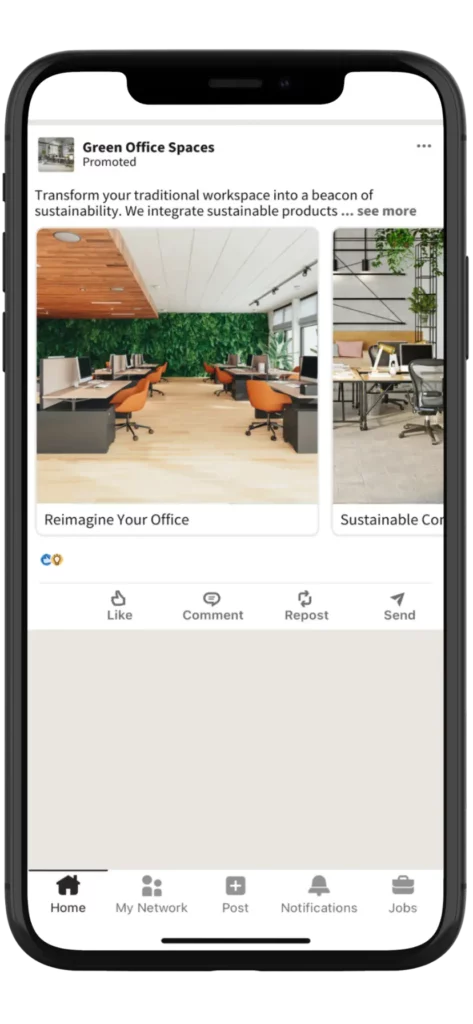

Text specifications:
- Ad name (optional): 255 characters
- Card headline: 45 characters
- Introductory text: 255 characters
LinkedIn carousel ad specs:
- File Type: JPG or PNG
- Ratio: 1:1
- Recommended Resolution: at least 1080 x 1080 pixels
- Number of carousel cards: 2-10
- Maximum File Size: 10 MB
URL specifications:
- Landing page URL: Required
- URL prefix: http:// or https://
- URL characters: 2000 characters for destination field URL
3. Video Ads
Whether they showcase your product’s features, share success stories, or convey your brand’s values, Video Ads can grab attention directly from the LinkedIn feed.
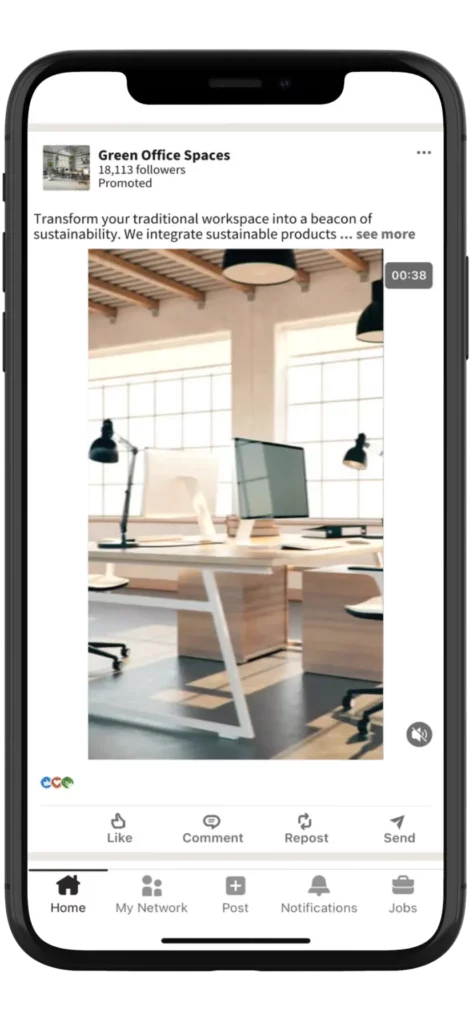

Text specifications:
- Ad name (optional): 255 characters
- Headline: 70 characters. Maximum of 200 characters
- Introductory text: 150 characters. Maximum of 600 characters
LinkedIn video ad specs:
- Video File Type: MP4
- Video Sound Format: AAC or MPEG4
- Video File Size: 75 KB (min) – 200 MB (max)
- Video Duration: 3 seconds – 30 minutes
- Video Captions: Optional
- Video Sound Rate: Less than 64 KHz
- Recommended frame rate: 30 frames per second
- Custom Thumbnail: Optional but recommended
- Width: minimum 360 pixels; maximum 1920 pixels
- Height: minimum 360 pixels; maximum 1920 pixels
- Aspect ratio: minimum 9:16 (0.563); maximum 16:9 (1.778)
- Vertical (4:5, 0.8):
- Min 360 x 450 pixels
- Max 1536 x 1920 pixels
- Vertical (9:16, 0.57):
- Min 360 x 640 pixels
- Max 1080 x 1920 pixels
- Landscape (16:9, 1.78):
- Min 640 x 360 pixels
- Max 1920 x 1080 pixels
- Square (1:1, 1.0):
- Min 360 x 360 pixels
- Max 1920 x 1920 pixels
- Aspect ratio tolerance: 5%
- Video Thumbnail File Format: JPG or PNG
- Video Thumbnail Max File Size: 2 MB Video
- Thumbnail Aspect Ratio & Resolution: Match video
CTA options:
- Apply
- Download
- View Quote
- Learn More
- Sign Up
- Subscribe
- Register
- Join
- Attend
- Request Demo
URL specifications:
- Landing page URL: Required
- URL prefix: http:// or https://
- URL characters: 2000 characters for destination field URL
Further Reading
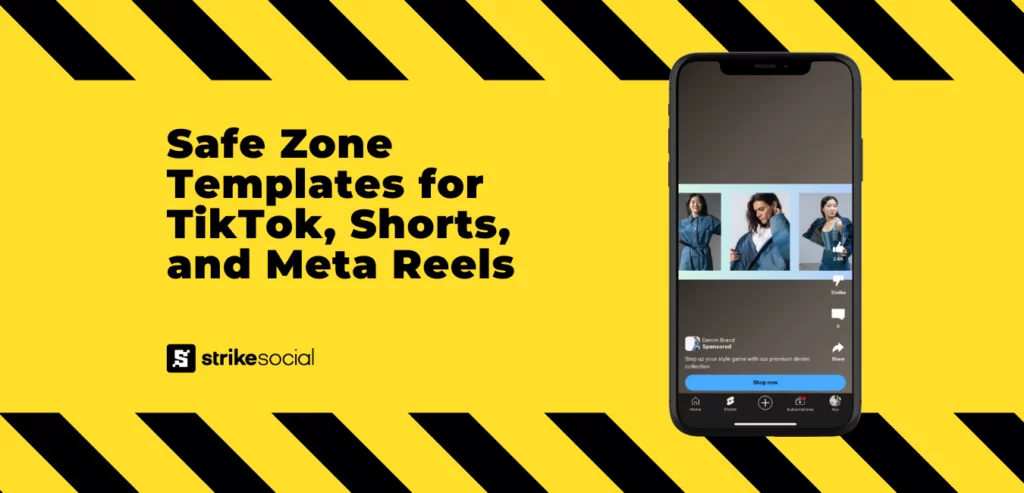



Safe Zone Guides for Short-form Video Ads
Each social media platform has unique guidelines for ad safe zones to ensure your ads perform at their best. This guide serves as a reference to help you design impactful short-form video ads that are compatible across various ad platforms.
4. Text Ads
Text Ads offer you the perfect solution to drive new customers to your business while maintaining a budget that suits your needs. With the ability to add a compelling headline, a brief description, and even an optional image, Text Ads provides you with a versatile LinkedIn advertising tool.
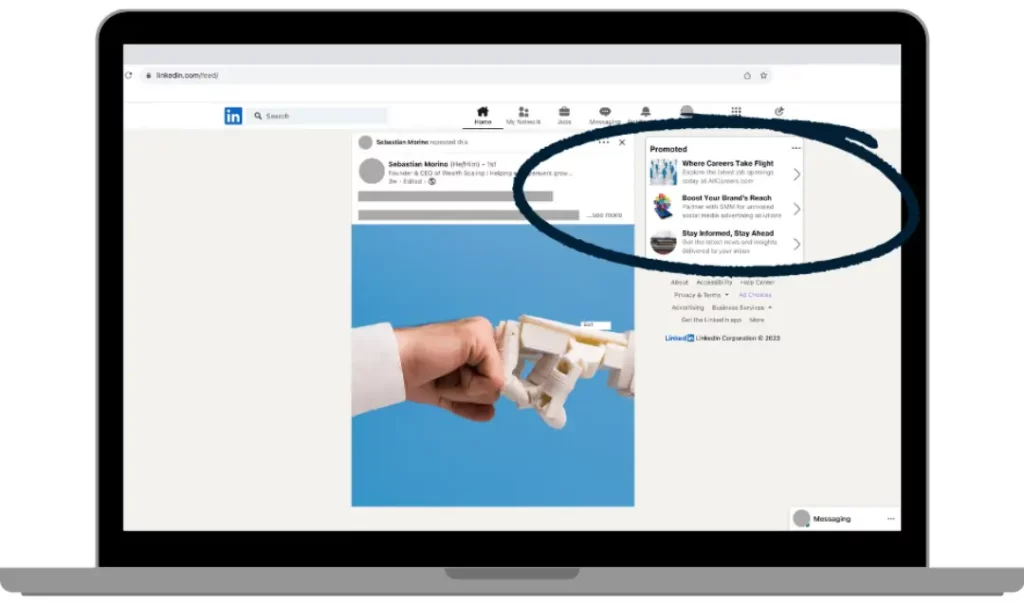

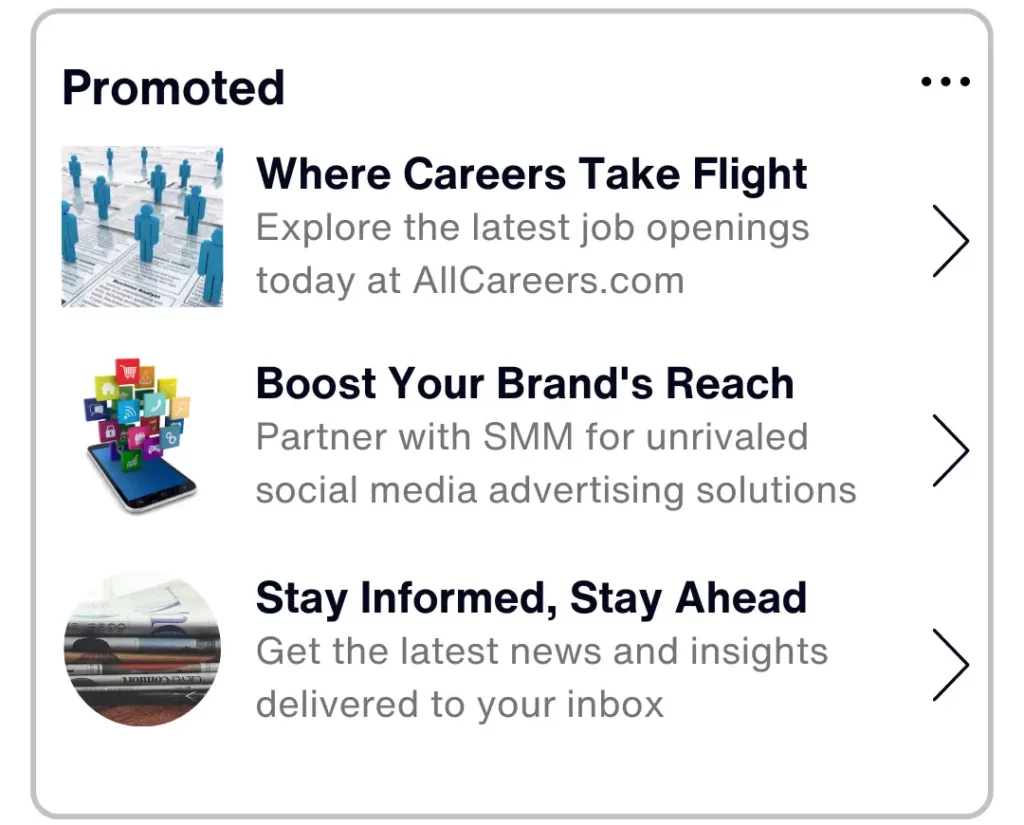

Text and character limits:
- Headline: 25 characters
- Description: 75 characters
Design specifications:
- Logo File Type : JPG or PNG
- Logo File Size: 2MB
- Logo image dimensions: 100×100 pixels
CTA options:
- Apply
- Download
- View Quote
- Learn More
- Sign Up
- Subscribe
- Register
- Join
- Attend
- Request Demo
URL specifications:
- Landing page URL: Required
- URL prefix: http:// or https://
- URL characters: 2000 characters for destination field URL
5. Spotlight Ads
By its name, this LinkedIn ad format is designed to spotlight your offerings and ensure that your target audience discovers what you have to offer. In addition to aligning with the LinkedIn ad specs, include a snappy call-to-action (CTA) that directs viewers to your desired destination, such as your website or a dedicated landing page.
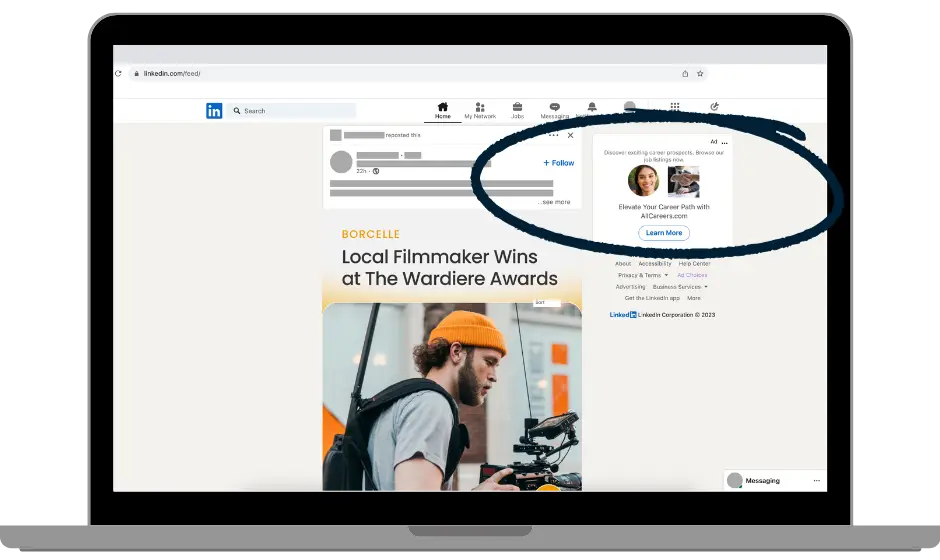

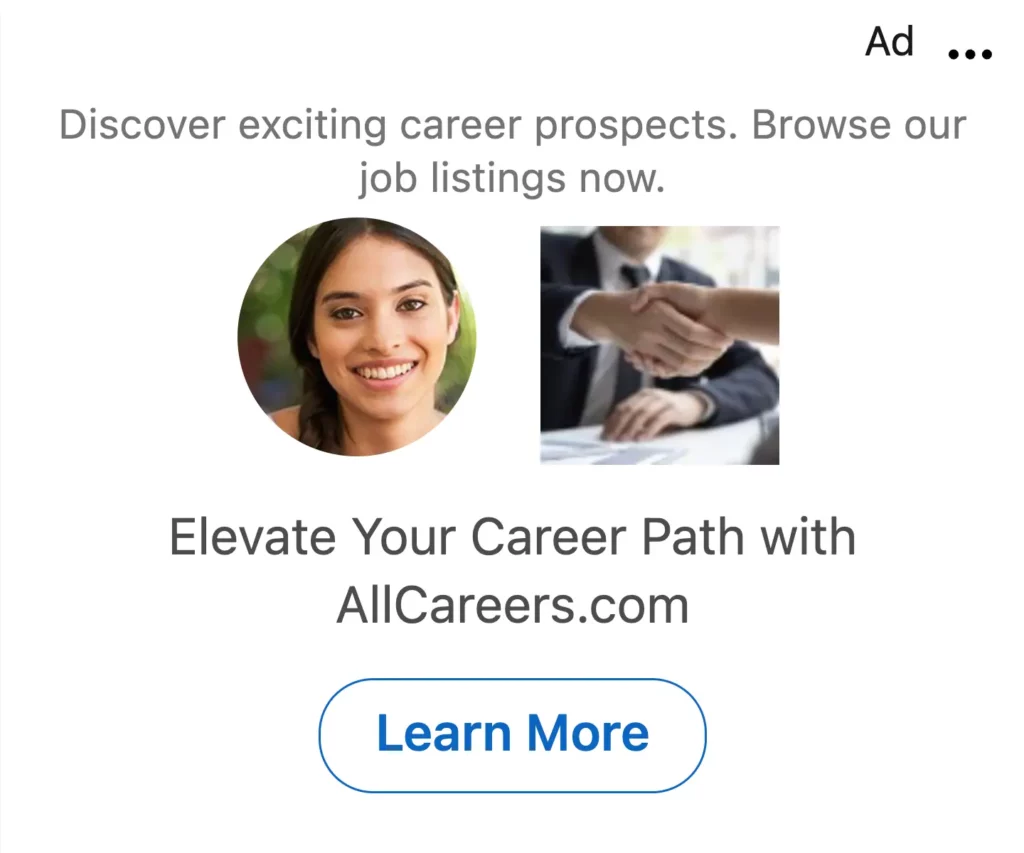

Text specifications:
- Headline: 50 characters
- Description: 70 characters
- Company Name: 25 characters
- Call-to-Action: 18 characters
Design specs for LinkedIn spotlight ads:
- Company Logo Size: 100 x 100 pixels
- Company Logo File Type: JPG or PNG
- Company Logo File Size: 2 MB
- Background Image File Type (optional): JPG or PNG
- Background Image Dimensions (optional): 300 x 250 pixels
- Background Image File Size (optional): 2 MB
CTA options:
- Apply
- Download
- View Quote
- Learn More
- Sign Up
- Subscribe
- Register
- Join
- Attend
- Request Demo
URL specifications:
- Landing page URL: Required
- URL prefix: http:// or https://
- URL characters: 2000 characters for destination field URL
6. Follower Ads
Follower ads are designed to enhance your online presence and extend your reach within the LinkedIn community. With Follower Ads, you can effortlessly promote your LinkedIn page and acquire a growing base of followers.
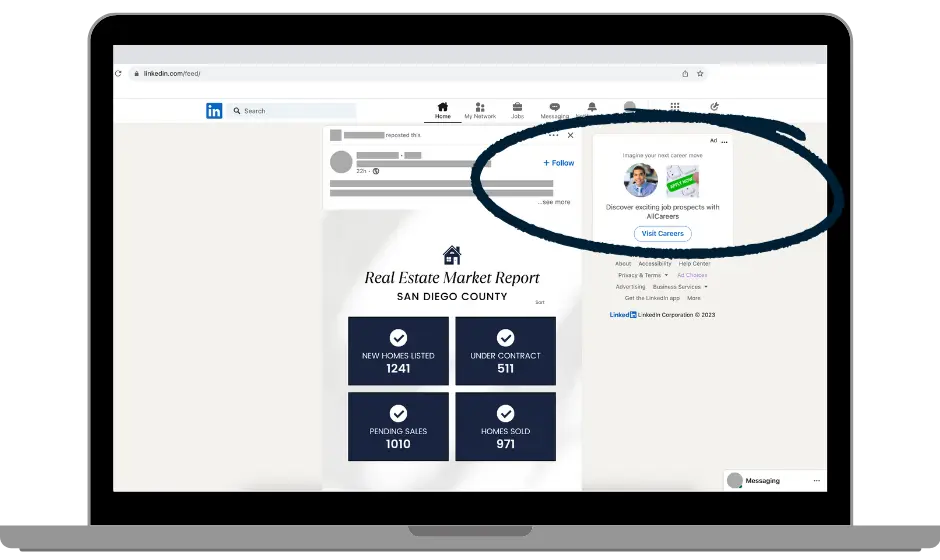

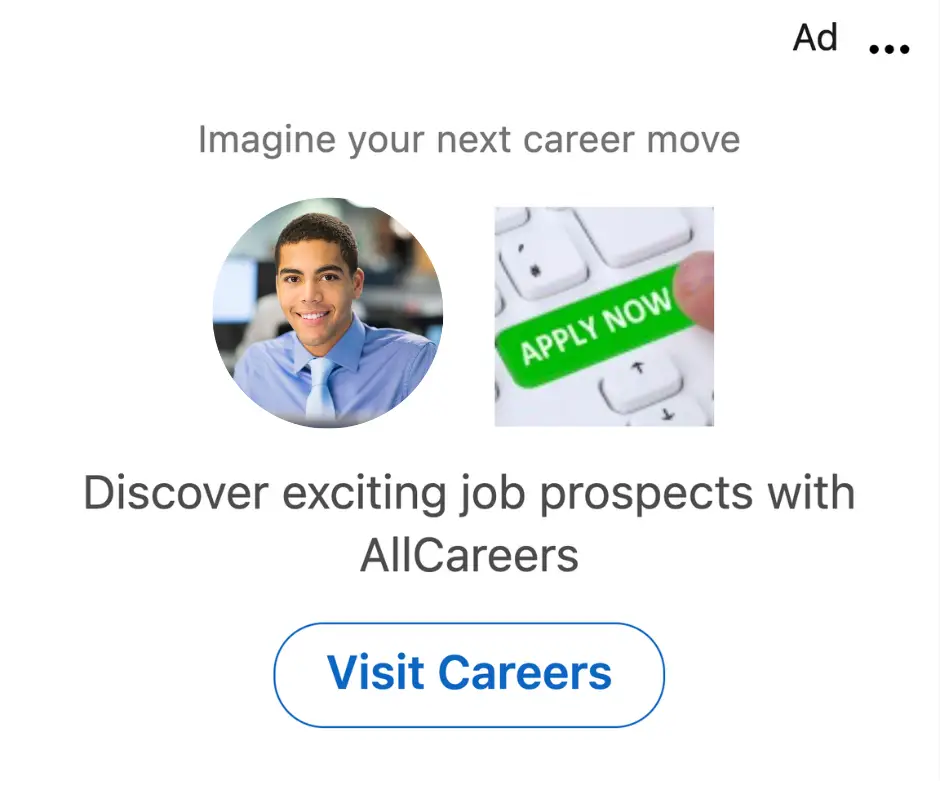

Text specifications:
- Headline: 50 characters
- Description: 70 characters
- Company Name: 25 characters
LinkedIn ad specs for Follower ads:
- Company Logo Size: 100x100px
- Company Logo File Type: JPG or PNG
- Company Logo File Size: 2MB
CTA options:
- Visit careers
- Visit company
- Visit jobs
- Visit life
- Note: The CTA options mentioned above are visible to LinkedIn users who already follow your page. For non-followers, the default CTA button will be “Follow.”
7. Document Ads
Document Ads promote content directly in members’ feeds, allowing them to access and download materials such as slides, documents, or guides, without leaving the LinkedIn platform.
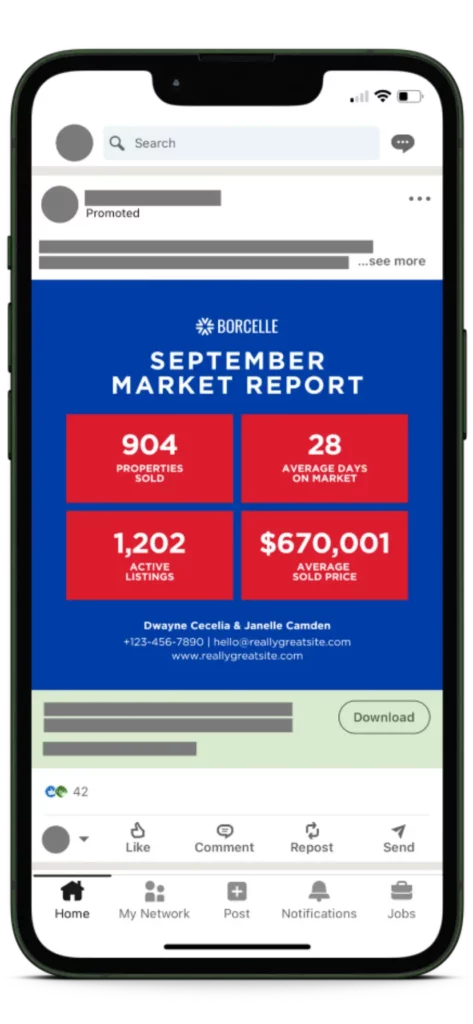

Text specifications:
- Ad name (optional): 255 characters
- Headline: 70 characters
- Introductory text: 150 characters
Document specs for LinkedIn ad campaign:
- File type: PDF, DOC, DOCX, PPT, PPTX
- File size: 100 MB
- Aspect Ratio: Vertical, Horizontal, Square
- Number of pages: under 10 pages (300 pages maximum or 1 MM words)
- Use any of the standard PDF layouts:
- Letter: 8.5 by 11 inches
- Tabloid: 11 by 17 inches
- Legal: 8.5 by 14 inches
- Statement: 5.5 by 8.5 inches
- Executive: 7.25 by 10.5 inches
- Folio: 8.5 by 13 inches
- A3: 11.69 by 16.54 inches
- A4: 8.27 by 11.69 inches
- B4: 9.84 by 13.90 inches
- B5: 6.93 by 9.84 inches
- If your PDF document contains multiple layers, it’s essential to flatten or merge them.
- In case your PDF consists of pages with various sizes, it’s advisable to resize them to a uniform page size. You can achieve this using a PDF converter or an app designed for creating PDFs on an iPhone.
- To guarantee that your document complies with LinkedIn’s Copyright Policy, take the time to review their guidelines thoroughly.
- Make sure that your document includes secure hyperlinks.
URL specifications:
- LinkedIn ad specs for document URL: No URL requirements
8. Conversation Ads
Using Conversation Ads in your LinkedIn campaigns places your brand right where professionals engage in conversations. They appear in the messaging inbox, making it easy for prospects to discover your profile and interact with you.
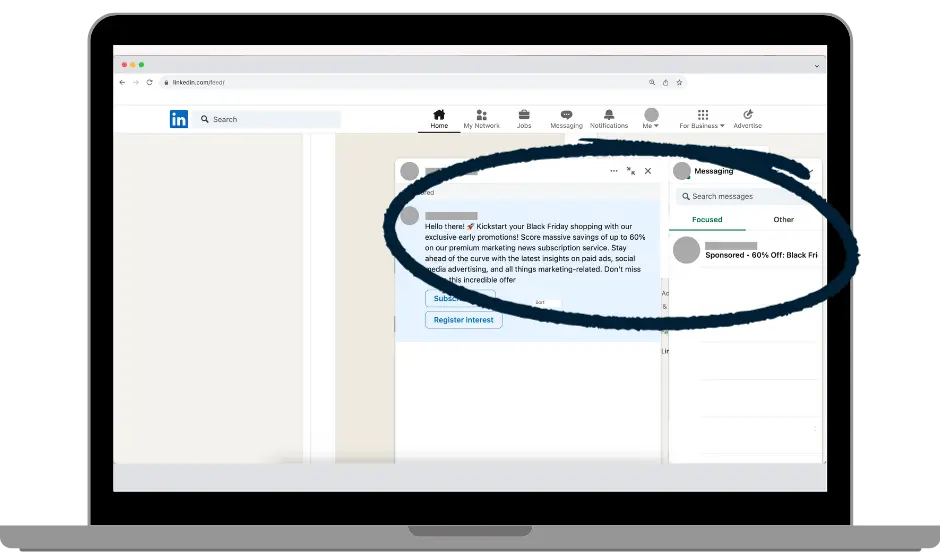

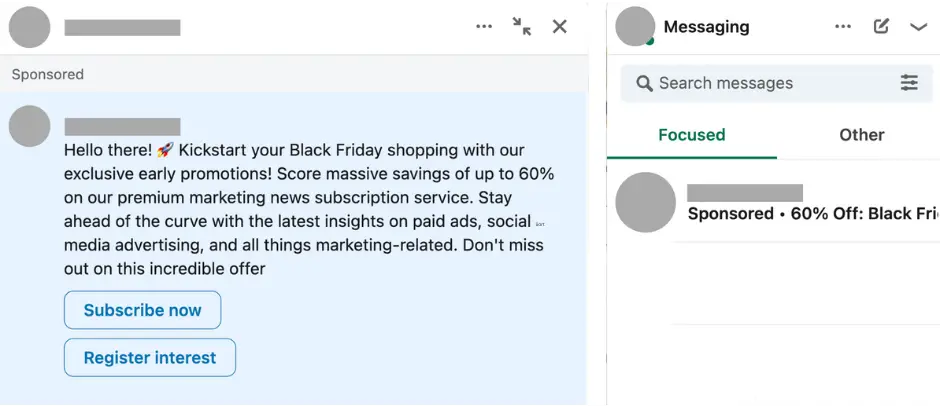

Text specifications:
- Ad Name (optional): 255 characters maximum
- Message Text: 8,000 characters maximum
- Custom Footer: 20,000 characters maximum
- Call-to-Action: 25 characters maximum
LinkedIn specs for Conversation ads:
- Banner File Type (optional): JPG or PNG
- Banner Image Size (optional): 300 x 250 pixels maximum
- Banner Image File Size (optional): 2MB maximum
- Sender Image: LinkedIn profile image of the sender
- Banner viewability: Only available on desktop
URL specifications:
- Landing page URL: Required
- URL prefix: http:// or https://
- URL characters: 2,000 characters maximum for destination field URL
9. Event Ads
LinkedIn Event Ads are your key to increasing attendance for your professional events. To get started with event advertising, you’ll first need to create a LinkedIn event.
If your event is hosted on another platform, like Demio or Zoom, you can integrate it by linking it to your LinkedIn event URL.


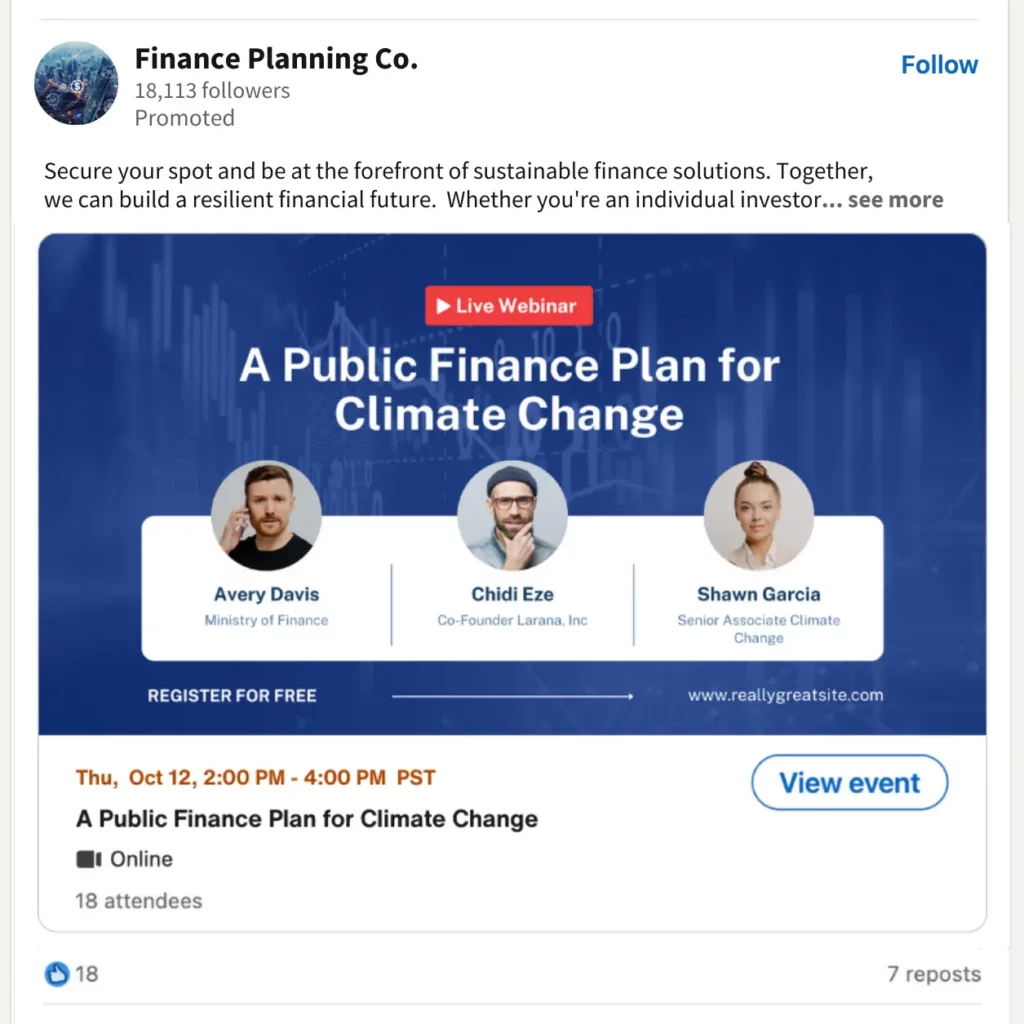

Text specifications:
- Event name (optional): 255 characters
- Introductory text: 600 characters
LinkedIn advertising specs for Event ad design:
- Image Ratio: 4:1 (image will be pulled from the Event page)
URL specifications:
- Event URL: Required, LinkedIn Event page URLs only
- URL prefix: http:// or https://
- URL characters: 2000 characters for destination field URL
Further Reading
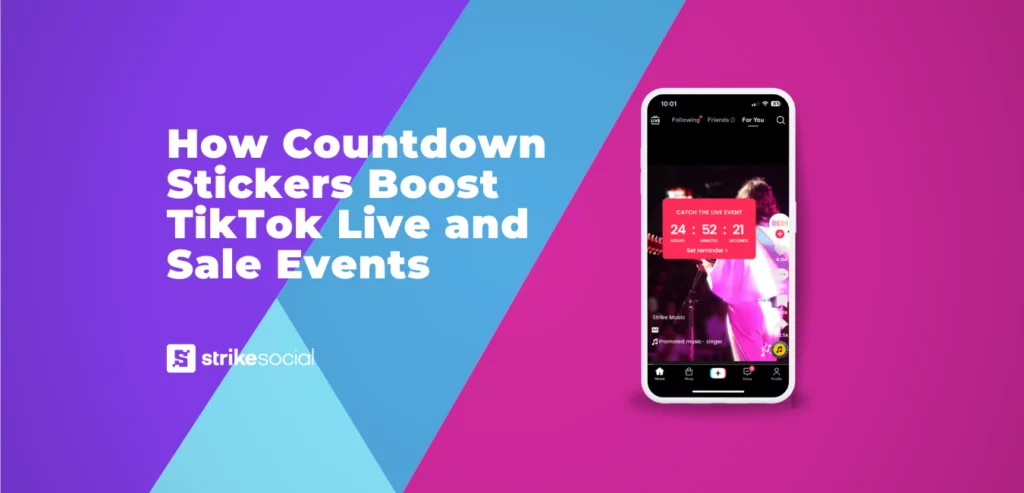

Promoting Events with TikTok Countdown Stickers
TikTok offers a variety of interactive features for bidding and Reach & Frequency campaigns, allowing advertisers to build urgency and craft engaging stories for their audience. The TikTok Countdown Sticker is an effective tool for grabbing attention, encouraging viewer commitment, and driving higher engagement.
10. Connected TV (CTV) Ads
While CTV advertising has long been a staple on platforms like YouTube and Google, LinkedIn introduced it in April 2024. This move is part of LinkedIn’s strategy to reach audiences beyond office hours and outside the LinkedIn app, allowing you to promote your LinkedIn company page and build brand awareness.
Check out the LinkedIn ad specs for CTV ads here:


Specs for LinkedIn ads on Connected TV (CTV):
- Recommended dimensions: 1920 x 1080 pixels
- Aspect ratio: 16:9
- Format: MP4
- Max file size: 500MB
- Video duration:
- Min/Max: 6 seconds – 60 seconds
- Recommended: 6, 15, 30, 45, or 60 seconds
- Audio duration: Must match video
Technical specifications:
- Bit Rate:
- General: 12 Mbps or higher
- Recommended: 15 – 40 Mbps
- Audio:
- 2- channel, -23 integrated LUFS
- PCM (16 or 24 bit only, preferred) or AAC codec
- 192 Kbps minimum
- 48 kHz sample rate
- Frame rate:
- Frame rate (must be constant)
- General: 23.98, 24, 25, or 29.97, 30 fps based on native rate
- Recommended: 29.97 fps based on native rate
- Codec ID: H.264
- Chroma Subsampling:
- General: 4:2:0
- Recommended: 4:2:2
Explore LinkedIn advertising
Whatever your preferred LinkedIn ad type is, make sure to follow the correct ad dimensions for more effective results.
Visit our blog to learn more about the ad specs for other social media platforms.
Advertising has transitioned to having a large focus on social platforms — Facebook’s advertising revenue alone exceeded $40 billion, a 47% increase compared to the previous year. This shouldn’t be surprising as there are 3.03 billion social media users worldwide.
If you’re not using a good sum of your budget on social media advertising, you’re already behind. Social media and advertising often go hand in hand these days. But to create an effective ad you need to know the social media ad specs for the platform you chose.
Make sure you understand ad image sizes, the importance of visuals for your ads and how these images are used on each platform.
To help you in this mission, we’ve developed comprehensive guides with ad specs for each platform. Choose your favorite and dig in.
Social media ad specs by platform
- LinkedIn ad specs
- Facebook ad specs
- Twitter ad specs
- Snapchat ad specs
- Instagram ad specs
- Pinterest ad specs
- YouTube ad specs
Related: Check out how to create a plan for your social media advertising.
Why using images in social advertisements is important
People retain 65% of the information they see in a photo or video, versus only 10% of the information with no relevant image. Three days from now your viewers will better recall your social advertising message with the help of a photo.
Not only that, but ads with images drive more engagement. This doesn’t mean, however, you should add any photo or video to what you’re trying to promote just to drive clicks or engagements with your post.
Ad images and videos should have a great level of both relevancy and quality. They should also be cut and edited to fit each platform. They’re meant to represent your brand or product, so why would you want anything less?
Related: How much does social media advertising cost?
Ways to improve the quality of your social advertising images
Low-quality images have the ability to turn away even the most loyal of customers. Think about how you’d consider eating at a restaurant based on the images of food on their menu or website.
Are you going to eat at the place with grainy and blurry photos? Or the place with bright, clear pictures of burgers that tower over a plate of fresh, steaming fries? Probably the latter.
The same goes for photos and videos. If you fail to adjust it to each social media platform, it will fail to accurately portray the message you want to send to customers.
Some elements of an effective ad image have to do with lighting, spacing and cropping.
- Lighting is key to any good social media photo or video. The best photographers prefer to use a lot of natural light to brighten up their shots. Be sure you’re not taking photos or recordings that are too dark, as they will look less professional.
- When considering the spacing within your shot, remember the rule of thirds, the art of symmetry and the importance of having a focal point. Your image should encompass one or more of these aspects. The same can be applied to video. Use different image styles for a more dynamic video.
- Lastly, be sure to avoid any awkward cropping. This is the main reason for learning about social media ad sizes. You want to be sure you’re not accidentally chopping anyone’s head off or leaving the focal point out of this vital part of your social advertisement. More than that, you want to make sure the image will be cropped appropriately to convey the message you desire.
Related: How social media ads can boost brand loyalty
Know the ad specs for each social media platform
Each platform has different strengths. Your ad images should match your copy for better results.
- Facebook advertising images tend to be bright and eye-catching. They also have a simpler look and don’t have lots of small details highlighted. Photos with happy women, children and pets or images that are funny and odd tend to perform best on Facebook.
- Twitter recommends uniformity and simplicity for advertisers. Try using a template when promoting your content or products so viewers can easily associate the image they see with your brand.
- LinkedIn has a very professional focus, so make sure that your social images are relevant to your brand or product to gain the attention of potential prospects.
- Instagram is all about perspective. Your shot or layout should be interesting, organized and artistic. The image you use should help the viewer envision whatever they see as a part of their life or lifestyle.
- Snapchat has a very fun personality associated with it. Whatever you choose to advertise with, whether it’s a video or a single image with text, should promote that playful attitude.
- Pinterest images should not be horizontal. To keep with the flow of the well-known grid layout, be sure to keep your photos vertical. Pinterest is another platform where clean, simple and bright images perform best.
- YouTube image or video quality depends on the type of ad you’re using. Important information should be at the beginning of a skippable ad, while ads displayed in the search results perform better when they’re related to any TV ads you’re also running.
Related: The best social media ad units to drive sales
To conquering the social media ad world
Take a deeper look into the platform you plan on using for your social ads and follow our insights to get the most out of your advertising efforts. By knowing the ad specs for each social media platform you can create better ads for social.
With over 541 million monthly active users, Twitter is a lucrative platform for advertisers big and small. It offers numerous ad formats and you can certainly find one that fits your business needs.
To make it easy to get started, we’ve laid out the Twitter ad specs for each of the different Twitter Cards below.
Choose a Twitter Card type
- Summary Card
- Summary Card with large photo
- Website Card
- App Card
- Video App Card
- Player Card
- Conversational Ad Card
- Direct Message Card
Related: Everything you need to know about Twitter Cards
Summary Card
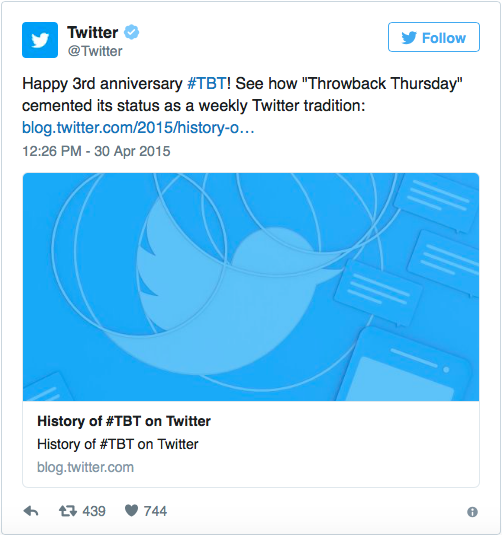

The Summary Card has many different purposes. It can be used to promote blog posts, news articles, products and even restaurants. It gives viewers a sneak peak into your content before clicking to your website. It can be used with an icon, a single image, multiple images or a GIF.
- Title: 70 characters
- Tweet copy: 280 characters
- Description: 200 characters
- Image size: at least 120 pixels by 120 pixels; 1MB maximum
- Formats accepted: PNG, JPEG, GIF
- Aspect ratio: 2:1
Related: The best social media ad units to drive sales
Summary Card with Large Photo
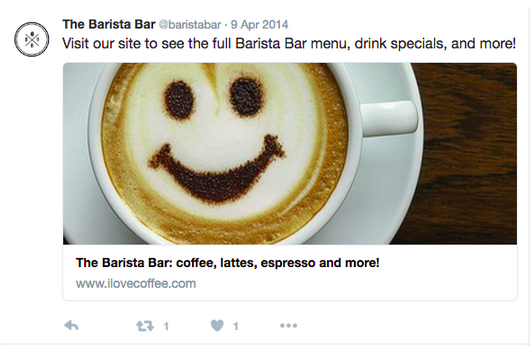

Summary Cards with a Large Image are designed to give the reader a rich photo experience. This Twitter Card features a large, full-width image alongside a tweet. Clicking on the image takes the user to your website.
- Title: 70 characters
- Tweet copy: 280 characters
- Description: 200 characters
- Image size: 280 pixels by 150 pixels (minimum); 1MB maximum
- Formats accepted: PNG, JPEG, GIF
- Aspect ratio: 2:1
Related: How much does social media advertising cost?
Website Card
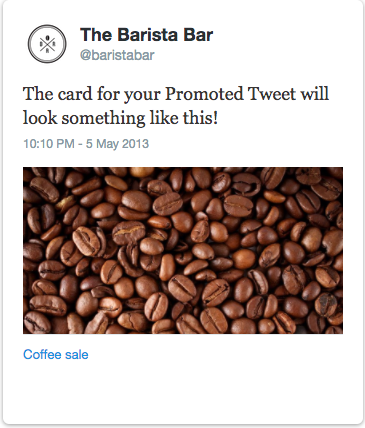

Website Cards are best used for website conversion campaigns. They are designed to drive users to a specific, off-site URL.
- Tweet copy: 280 characters
- Website Title Length: 70 characters
- Media: image
- Size: 800 pixels by 418 pixels for 1:91:1 aspect ratio and 800 pixels by 800 pixels for 1:1 (3MB maximum)
- Formats accepted: JPEG, PNG
- Aspect ratio: 1.91:1, 1:1 (1:1 not available for self-serve advertisers)
Related: How to use social media for brand loyalty
App Card
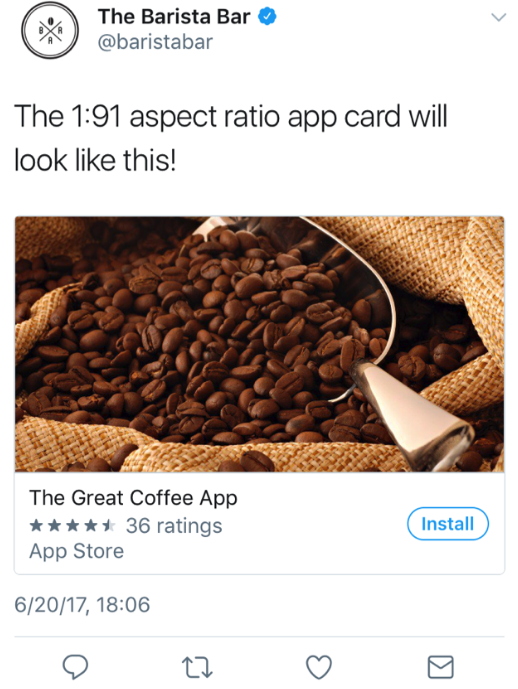

The App Card is ideal for promoting mobile apps on Twitter. They display your app’s name, description and logo.
- Tweet copy: 280 characters
- Size: 800 pixels by 418 pixels for 1:91:1 aspect ratio and 800 pixels by 800 pixels for 1:1 (3MB maximum)
- Title/price: pulled from link to the app store
- Formats accepted: JPG, JPEG, PNG, GIF
- CTA options: install (default if app is not installed), open (default if app is installed), play, shop, book, connect and order
Related: How AI can improve your paid social by 25%
Video App Card
Video App Cards allow users to preview your app, which allows more educated and qualified downloads. The video plays automatically in timelines, giving you the chance to engage with your audience throughout their day.
- Title (under video): 70 characters
- Tweet copy: 280 characters
- Formats accepted: MP4 or .MOV
- File size: under 1GB for optimal performance
- Video: 2 minutes and 20 seconds maximum (select advertisers up to 10 minutes)
Related: How to manage global advertising campaigns
Player Card
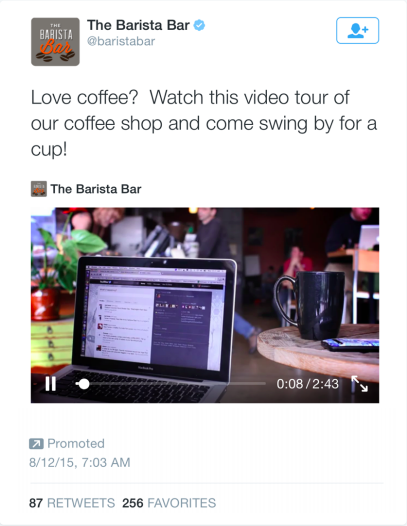

Native to the Twitter platform, the Player Card offer users a one-click experience for a Promoted Video. It displays high-quality video content and is designed to be shown on a cost-per-view basis, meaning you pay only when someone clicks your video ad.
Think of the Player Card as you would a commercial. They essentially serve the same function on Twitter streams. You might use a video ad over an image ad if you have a product or service that might benefit from a demonstration — or if you are simply adapting a commercial for online consumption.
- Tweet copy: 280 characters
- Title (under video): 70 characters
- Description (under video): 200 characters
- Media: video
- Formats accepted: MP4 or .MOV
- File size: under 1GB for optimal performance
- Video: 2 minutes and 20 seconds maximum
- Aspect ratio: 16:9
Related: How to choose the social media advertising agency that’s right for you
Conversational Ad Card
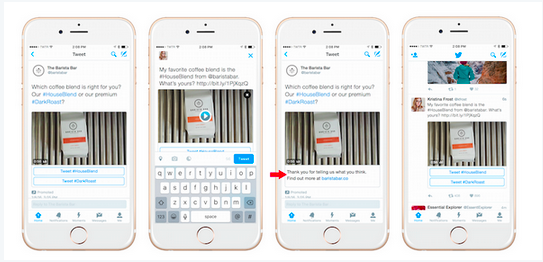

Conversational Cards allow the user to interact with your tweet. They can respond to your tweet by hitting one of the call-to-action buttons which have a hashtag on them. By choosing one option, the user unlocks hidden content that then shares your message with their followers.
- Tweet copy: 280 characters
- Hashtag: 21 characters
- Pre-populated user tweet: 256 characters
- Headline: 23 characters
- Thank you text: 23 characters
- Thank you URL (optional): 23 characters
- Video (if used): same specifications mentioned in “Video App Card” or “Player Card” sections
- Image (if used): 800 pixels by 320 pixels
- File size: 3MB
- File formats: JPEG, PNG, non-animated GIFs
Related: Five ways machine learning can improve advertising
Direct Message Card
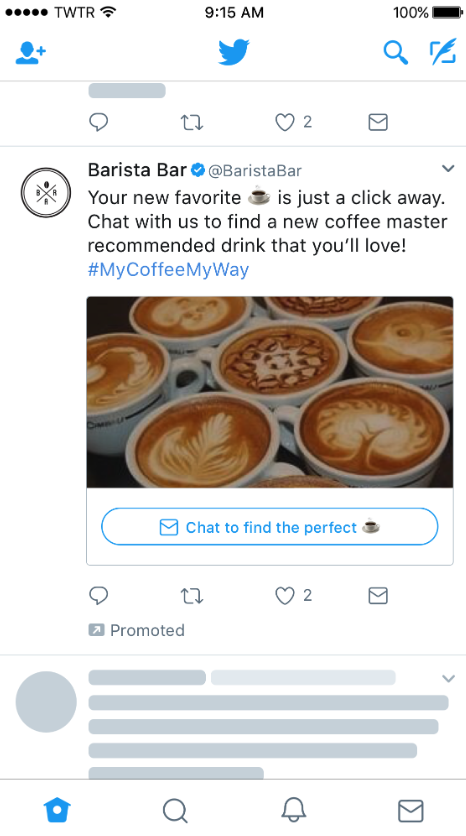

An engaging video or image prompts the user to click an automated reply — one of four fully-customizable call to action buttons — which allows a bot to directly interact with the user through their direct message inbox.
- Tweet copy: 256 characters (24 characters used for the card)
- Size: Minimum width 800 pixels
- Video specs (if used): same as Player Card, 16:9 aspect ratio required
- File size: 3 MB, apsect ratio 5:2 or 1:91:1
- Call to action text: 24 characters (emojis supported)
Related: How to create a mobile-first ad strategy
Tweeting with a purpose
Now that you’ve gained the knowledge of the best sizes and file types to build Twitter Cards with, it’s time to tweet your message to the world. Remember to keep in mind the Twitter ad specs that work best for your brand.
Social media ad dimensions |
| Facebook | Twitter | LinkedIn | Pinterest | Snapchat | YouTube | Instagram |
Twitter is now X! See the updated ad specs here:
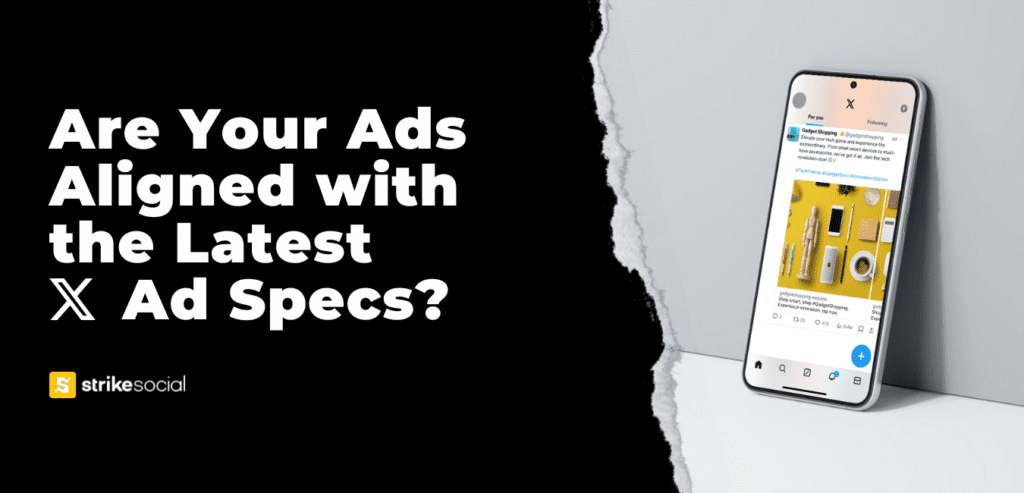

Strike Overview
- Facebook Reels Ads are gaining momentum, reaching an advertising audience of 697.1 million users. While this might seem modest, Reels accounted for 3.3% of all ad impressions on the platform.
- To make sure your Reels ad on Facebook resonates with viewers, you must start by optimizing your creative to fit seamlessly within the app, avoiding any overlap with on-screen elements.
- Before launching your ad, get acquainted with the technical specifications of Facebook Reels. Understanding these key details will help maximize your brand’s visibility and drive higher engagement from your target audience.
Jump to Section
Imagine connecting with your target audience in a way that feels intimate, authentic, and engaging. Imagine turning the power of video to your advantage and placing your brand in front of consumers already spending their time-consuming organic and paid content. Stop fantasizing and make it real with Facebook Reels Ads!
Getting Started With Facebook Reels Ads
When advertising on Facebook Reels, it’s essential to follow technical specifications to ensure that your ads meet the platform’s requirements and are delivered effectively to the target audience. These specs include the duration of your video length, format, video resolution, audio, file size, and aspect ratio.
Understanding and adhering to Facebook Reels Ad Specs will increase the chances of your ads being approved and help deliver visually appealing, engaging, and effective Reels content.
Facebook Reels Ads Specs
- Duration: Your video can be up to 60 seconds long. It should be in a fullscreen, vertical format.
- Format: It should be in .mp4 or MOV format
- Video Resolution: Uploaded Reels will be capped at 720p after upload, but it is recommended that you upload at least 1080P or 4k if available
- Sounds: We recommend that your video ad creative uses music or sound to fit the Reels placement better. Use royalty-free music from Facebook Sound Collection or original audio/ voiceovers instead.
- File size: max of 4GB
- Dimension size: 9:16 aspect ratio
It’s also important to note that these specifications are subject to change over time. Maximize your ad’s performance by understanding and adhering to Facebook Reels Ad Specs. Increase approval chances and deliver visually appealing, engaging, and effective Reels content.
Step-by-step Guide To Setup Facebook Reels Ads
Boosting Facebook Reels content is a great way to increase awareness and engagement with your target audience. However, creating and scaling success in Reels Ads can be complex, especially if you are unfamiliar with the technical specifications and Ads Manager navigation.
Here’s a step-by-step guide to provide knowledge and guidance on utilizing Facebook Reels ads.
Running Ads On Facebook Reels
While it’s currently not possible to boost Reels directly, here’s the setup process to supercharge your organic Facebook Reels ads and watch the magic happens.
1. Go to Facebook Ads Manager and select Create.
2. Choose one of the following campaign ad objectives:
- Awareness
- Traffic
- Engagement
- Leads
- App promotion
- Sales
3. Create your ad. Fill in the details for your campaign, budget, schedule, target audience, optimization, and delivery.
4. The default setting for placements is Advantage+. To customize your ads to appear solely in Reels or other vertical video formats, switch to Manual Placements.
5. Under Placements, select the dropdown next to Stories and check the box next to Facebook Reels.
6. Choose your Call to Action and Publish your Ad.
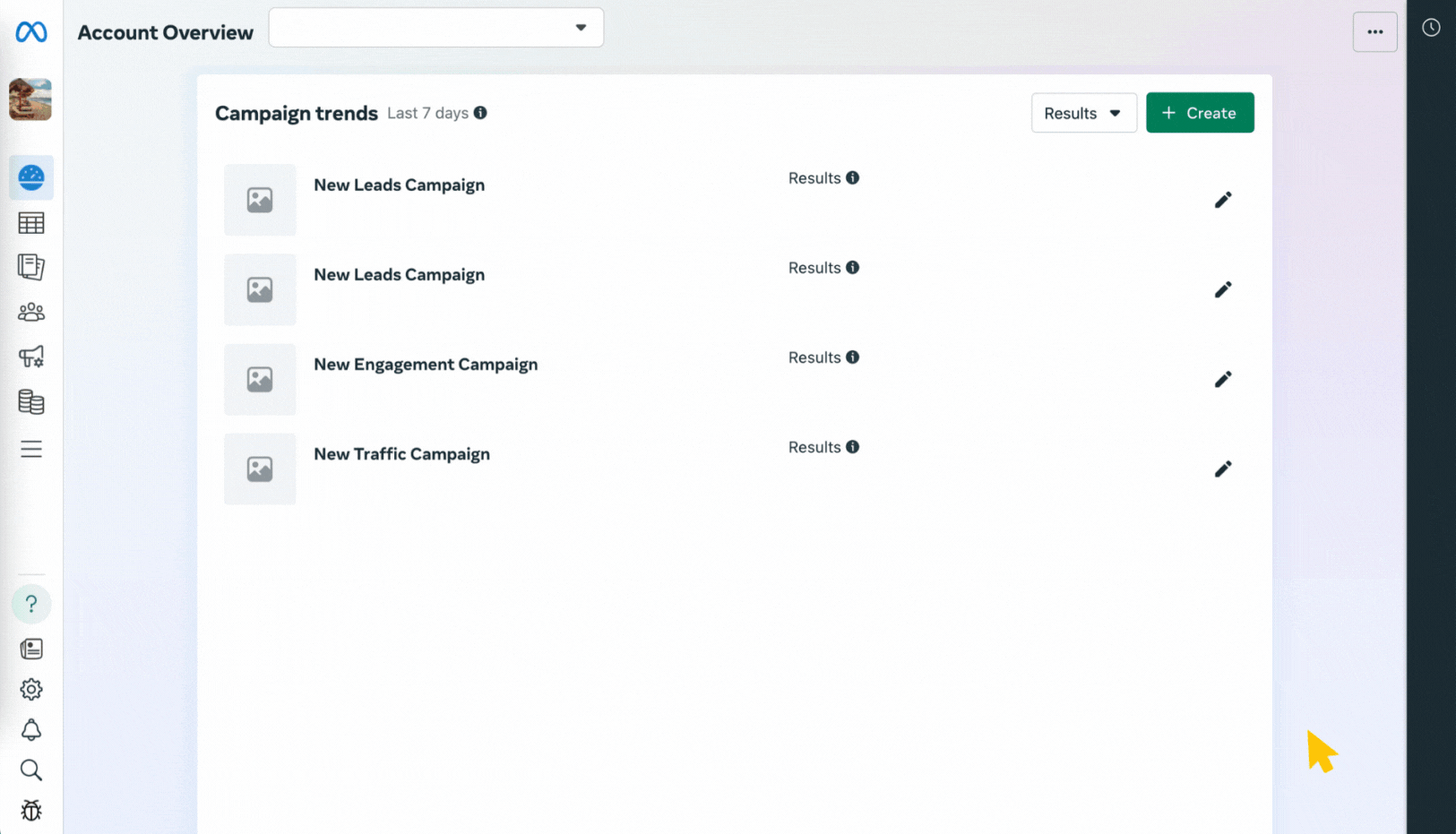

Note: Your ads will be reviewed. Once approved, they’ll appear in viewers’ Instagram Reels. Aside from boosting, advertisers can leverage two ad types: overlay ads and post-loop ads.
Further Reading
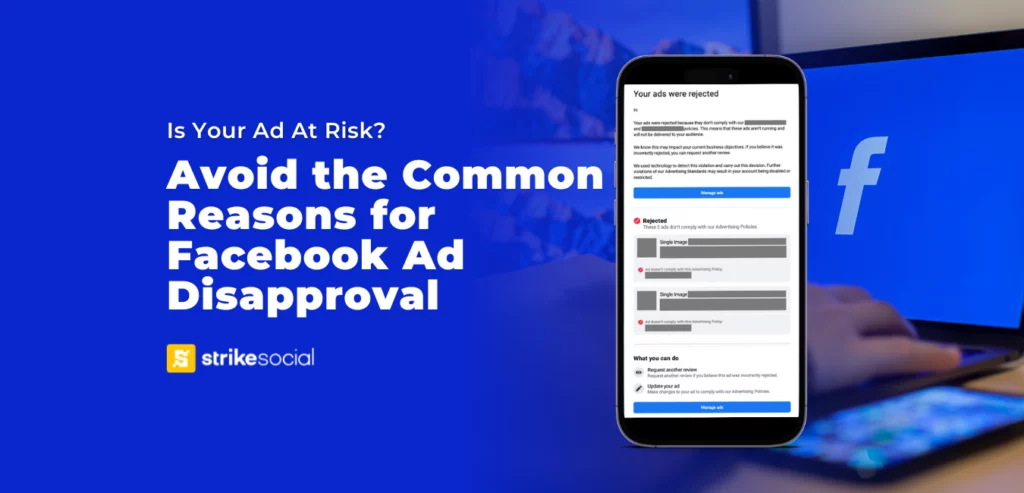

Avoid These Common Reasons for Facebook Ad Disapproval
Facebook offers diverse tools to connect with your target audience, but it’s essential to adhere to its advertising rules. Knowing the frequent causes of ad rejections can help you avoid setbacks and simplify the appeal process when needed.
Facebook Reels Vs. Stories: A Closer Look
Regarding video content on Facebook, brands have multiple placement options, including Reels and Stories. Both options have unique features and benefits. Understanding their differences is essential to make an informed decision on which best suits your campaign needs.
Reels and Stories allow brands to create short-form video content, but there are a few key differences to consider. Reels are a full-screen, vertical video format designed to mimic the look and feel of TikTok. On the other hand, Stories are a full-screen, vertical video format designed to mimic the look and feel of Snapchat.
Here are some other unique features of the two short-form content placements:
| Features | Facebook Reels | Facebook Stories |
|---|---|---|
| Format | Video only | It can be a mix of photos, videos, or post from your feed |
| Length | Max. length of 90 seconds | The video should be no more than 15 secondsPhotos no more than 7 seconds |
| Placement | Has more Facebook space, increasing views | Limited space; rarely get featured on explore page |
| Lifespan | Until you delete | Will disappear after 24 hours |
| Reach | Even people outside your network can see your reels | Followers of the account |
| Sharing | It can be shared by anyone and does not disappear | It can be shared via messenger and/or as a story, disappears in 24 hrs |
| Engagement | Through comments | Through Direct Messages (DMs) |
| Caption & Hashtag | Full captions, hashtag limit up to 30 | No captions, hashtag limit up to 10 |
| Audio Options | Soundtracks recorded audio, and other sounds from creators | Soundtracks |
| Editing | Audio edit, align clips, AR effects, countdown, and timer | Edit filters, layouts, and camera effects |
| Saves | Can be saved by users | Cannot be saved by users |
| Drafts | Can save a draft | Doesn’t allow saving as draft |
Further Reading
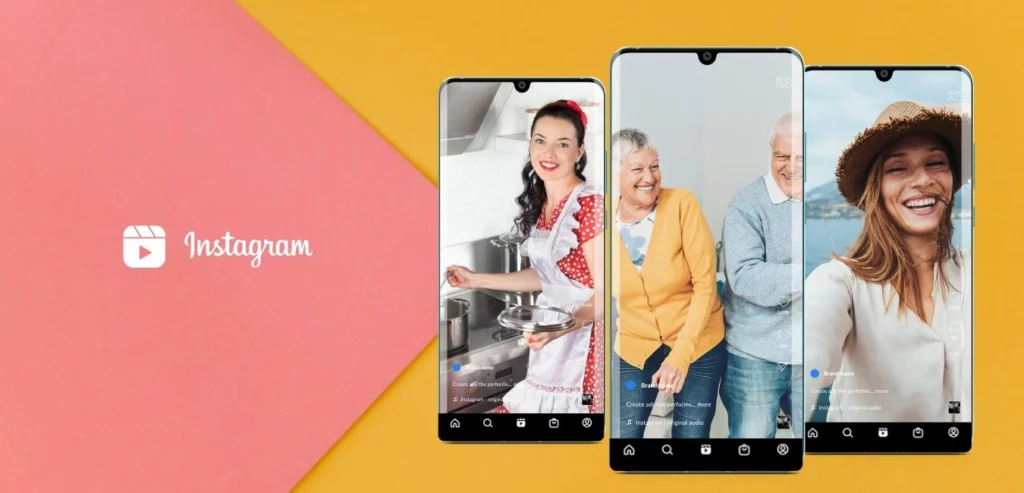


Setting Up Instagram Campaigns with Reels Ads
This is a prime moment to explore how Instagram Reels can boost your campaign’s success through a more cost-effective strategy. With lower CPMs and high video completion rates, Instagram efficiently identifies users’ engagement and interest in vertical video ads.
Key Takeaways
Understanding the technical specifications of Facebook Reel Ads will help brands realize the full potential of their short-form video ads. While Stories ad placement has shown efficacies in expanding reach, Reels will offer new dynamics with its longer-form creative. In addition, Facebook Reels ads can capture a wider group of audiences as non-page followers can discover brands’ video promotions on their feeds.
Adopting new features like Facebook Reels Ads can diversify and enhance an advertising strategy. By following the guidelines outlined in this article, advertisers can expect to see an improvement in the performance of their Facebook Reels Ads campaigns.
Interested To Know More About Facebook Reels Ads?
Meta Reels has seen a 50% rise in daily video plays from six months ago, with 140 billion across Facebook. With such a large audience and the daily time spent by its users, it’s the perfect place to advertise your brand.
Strike Social will deliver you results! We’ll drive traffic and boost your brand awareness with short-form video advertising on Facebook- helping you reach your target audience at the right time. Our experts can optimize your ad campaign to get the most ROI for every advertising dollar spent.
If you are willing to explore Pinterest ads and hope to reach some success, you should know upfront everything about the updated 2024 specs for Pinterest ad formats to craft the perfect Pinterest ad.
While not the most popular social media platform among users, Pinterest advertising has occupied a unique spot in the industry. With over 450 million monthly active users, Pinterest is the go-to place for people who want to discover new products and ideas.
The Ultimate Guide to Pinterest Ad Specs (Updated for 2024)
Given that Pinterest ranks as the second most popular social media platform in the United States, it’s unsurprising that the majority of Pinterest users are located in the U.S. Research indicates that 85% of Pinners have purchased encountering a pin from a brand on Pinterest. Interestingly, even if your brand isn’t widely recognized, 97% of searches on Pinterest don’t include a specific brand name in the query.
Pinterest anticipates a surge in searches across various sectors, including travel, home, hobbies, and interests, in 2024. This underscores the opportune moment for ads to capitalize on this seemingly understated platform and be up-to-date with the 2024 specs for Pinterest ad formats.
Choose from the different Pinterest ad types listed below to find out their corresponding ad size and specs for 2024:
What Are the New Pinterest Ad Specs for 2024?
Standard image ads
Pinterest’s standard image ads focus on the strength of a single compelling image.
See the 2024 Pinterest ad specs for standard image ads below:
Creation
Images
Character Counts
| Account Eligibility | Reserved for business accounts only. |
| Platform for Creation | Crafted on desktop using PinBuilder for Ads or bulk editor. Another option is generating a new standard image ad while setting up a campaign in Ads Manager. |
| Application Scenarios | Applicable for both paid ad campaigns and organic impressions. |
| File Formats | Supported file types include .PNG or .JPEG. |
| Size Limitations | Limited to 20 MB on desktop and 32 MB in-app. |
| Ideal Aspect Ratio | Recommended aspect ratio is 2:3 or 1000 x 1500 pixels. Pins exceeding 2:3 may face cropping in users’ feeds. |
| Title Specifications | Input up to 100 characters. The initial 40 characters may display in users’ feeds, and titles appear in the home or search feed. Missing titles and rich Pin titles leave a void in the home feed. Note: For languages like Chinese, Japanese, Korean, Arabic, and other double-byte languages, only the initial 30 characters will be visible in users’ feeds. |
| Description Guidelines | Allows up to 500 characters. Descriptions are unseen in home and search feeds. Additionally, they don’t appear when ads are viewed up close. Descriptions aid algorithmic relevance for delivery. Including a description to enhance Pin or ad visibility to the right audience is advised. |
Standard width video ads
The Pinterest video specs for standard width ads maintain the same size as a regular Pin.
Explore the Pinterest video ad specs and make them an engaging format for your advertising needs.
Creation
Video Specifications
Character Limits
| Account Type | Exclusively for business accounts. |
| Creation Method | Desktop creation through PinBuilder for Ads or bulk editor. Alternatively, create a new video ad when setting up a campaign in Ads Manager. |
| Application Scenarios | Suitable for both paid ad campaigns and generating organic impressions. |
| File Formats | Supports .MP4, .MOV, or .M4V formats. |
| Video Encoding | Utilizes H.264 or H.265 encoding. |
| Maximum File Size | Allows files up to 2GB in size. |
| Video Length | Ranges from a minimum of 4 seconds to a maximum of 15 minutes. Recommended length for video ads is between 6 to 15 seconds. |
| Aspect Ratio | Optimal aspect ratios are shorter than 1:2 (width:height) and taller than 1.91:1. Preferred video formats include square (1:1) or vertical (2:3, 4:5, or 9:16). |
| Title | Up to 100 characters. Initial 40 characters may be displayed in feeds depending on the device. Titles appear in the home feed or search feed. If no title is provided and no rich Pin title exists, nothing will be displayed in its place. For languages like Chinese, Japanese, Korean, Arabic, and other double-byte languages, only the first 30 characters are shown in feeds. |
| Description | Up to 500 characters. Descriptions don’t appear in the home feed or search feed. Additionally, descriptions are not visible for ads when viewed up close. Used by the algorithm to assess relevance for delivery, entering a description is recommended to target the right audience. |
Max. width video ads
This particular Pinterest ad format offers expansive content that spans the entirety of users’ mobile feeds.
Refer to the following Pinterest ad specs tailored for max. width video ads:
Content Creation
Video Specifications
Character Limits
| Account Eligibility | Business accounts only |
| Creation Tools/Devices | Desktop users can utilize PinBuilder for Ads or the bulk editor. Additionally, creating a new video ad is facilitated during campaign setup in Ads Manager. |
| Creation Options | Reserved for paid advertising campaigns |
| Accepted File Types | .MP4, .MOV, or .M4V |
| Encoding Standards | H.264 or H.265 |
| Maximum File Size | Up to 2GB |
| Video Duration | Minimum 4 seconds, maximum 15 minutes. Recommended duration for optimal engagement: 6 to 15 seconds. |
| Aspect Ratio | Max. width videos should maintain an aspect ratio that does not exceed the height of a 1:1 aspect ratio. |
| Title | Allows up to 100 characters for your title. Depending on the device, the initial 40 characters may be displayed in users’ feeds. Titles will appear in the home feed or search feed when entered. In the absence of a title or rich Pin title, nothing will replace it. |
| Description | Up to 500 characters for your description. Descriptions remain hidden during home feed, search feed, or close-up views. Despite this, descriptions influence our algorithm’s relevance assessment for delivery. We advise adding a description to enhance your ad’s visibility to the right audience. |
Carousel ads
Carousel ads on Pinterest advertising showcase multiple images that users can swipe through. Below are the specific Pinterest ad size and specifications for carousel ads:
Creation
Images
Character Counts
| Account Type | Only available for business accounts. |
| Creation Tool/ Device | Desktop users can employ PinBuilder for Ads or the bulk editor. A new carousel ad can be generated when setting up a campaign in Ads Manager. |
| Creation Options | Applicable for both paid ad campaigns and organic impressions. |
| File Type | Accepted file formats include .PNG or .JPEG. |
| Max File Size | Each image should not exceed 20 MB. |
| Creative Quantity | A carousel can consist of 2 to 5 images. |
| Aspect Ratio | Optimal aspect ratios are 1:1 or 2:3. |
| Title | A maximum of 100 characters is allowed. The initial 40 characters may be displayed in users’ feeds. Titles appear in the home feed or search feed. In languages like Chinese, Japanese, Korean, Arabic, and other double-byte languages, only the first 30 characters will be visible in people’s feeds. |
| Description | Up to 500 characters can be entered. Descriptions do not show when viewing the Pin in the home or search feeds. Furthermore, they remain invisible for ads when viewed up close. Descriptions play a role in our algorithm’s determination of relevance for delivery. Entering a description is recommended to enhance the visibility of your Pin or ad to the target audience. |
Collection ads
Collections ads on Pinterest are designed to showcase one main image positioned above three smaller images, creating an attractive visual experience for users in mobile feeds.
Effectively organize your Pinterest campaign and guarantee the correct ad specifications for collection ads by taking note of the details below:
Creation
Static Image – Hero Creative
Video Hero Creative
Character Counts
| Account Type | Business accounts only |
| Where To Create | Desktop – PinBuilder for Ads or bulk editor; Ads Manager |
| Options for Reach | Can be used in paid ad campaigns or for organic impressions |
| File Type | .PNG or .JPEG |
| Max File Size | 10MB |
| Number of Creatives Allowed | 1 hero creative minimum of 3 recommended secondary creatives maximum of 24 secondary creatives |
| Aspect Ratio | Hero creative: 1:1 or 2:3 Secondary creatives: 1:1 or 2:3 (consistent aspect ratio for all secondary creatives) |
| File Type | .MP4, .MOV, or .M4V |
| Encoding | H.264 or H.265 |
| Max. File Size | Up to 2GB |
| Video Length | Minimum 4 seconds, maximum 15 minutes |
| Aspect Ratio | Shorter than 1:2 (width:height), taller than 1.91:1; Recommended: 1:1 or 2:3 |
| Title | Up to 100 characters; First 40 characters may show in feeds If no title is entered and no rich Pin title is indicated, nothing will be shown in its place. (Chinese, Japanese, Korean, Arabic, and other double-byte languages show only the first 30 characters) |
| Description | Up to 500 characters; Appears for organic Pins up close; Not visible for promoted collections ads unless viewed up close It is highly recommended to enter a description for better audience targeting. |
Shopping ads
Shopping ads on Pinterest showcase one image individually, allowing users to purchase the featured products conveniently. These ads adhere to the same 2024 specs for Pinterest ad formats for images.
Idea ads
Idea ads on Pinterest present a collection of various videos, images, lists, and custom text within a single Pin. Elevating an organic Pin into an Idea ad in countries where this Pinterest ad type is supported is possible.
Find out more details below to ensure compliance with the best aspect ratio for Pinterest Idea this 2024:
Creating Content
Images and Videos
Character Length
| Account Type | Solely for Business accounts. |
| Creation Tool/ Device | Accessible on desktop and mobile devices through the Pin creation tool. Also available during campaign setup in Ads Manager. |
| Creation Options | Suitable for both paid ad campaigns and organic impressions generation. |
| File Type | Image: Compatible formats include .BMP, .JPEG, .PNG, .TIFF, .WEBP. Video: Supported formats on iOS and Android are .MP4, .M4V, and .MOV. |
| File Size | It is recommended to keep the file size under 1 GB. |
| Maximum File Size | Android and iOS: Limited to 2GB. Web: Restricted to 100MB. |
| Video Encoding | H.264 or H.265 |
| Video Length | The maximum allowable duration is 5 minutes. |
| Resolution | For images and videos covering the entire screen, the suggested pixel size is 1080×1920 with a 9:16 aspect ratio. |
| Aspect Ratio | No specific restrictions for images or videos. Recommended to maintain a 9:16 aspect ratio. |
| Title | Limited to a maximum of 100 characters. |
| On Page | Keep within 250 characters for on-page content. |
| Safe Zones | Place text and essential elements within specified dimensions for optimum visibility on various devices: • Top: 270 px • Left: 65 px • Right: 195 px • Bottom: 790 px |
Showcase ads
Showcase ads on Pinterest constitute a multi-layered ad format incorporating multiple cards. Each swipeable card allows advertisers to include up to three features, each with outbound links leading to additional content, products, and more.
To adhere to the specifications for this specific ad format, consider the Pinterest dimensions and guidelines outlined below:
Content Creation
Images and Videos
Character Length
| Account Type | For Business accounts only |
| Where to Create | Accessible on both desktop and mobile devices through the Pin creation tool. Can also be accessed during campaign setup in Ads Manager. |
| Creation Options | Specifically designed for use in paid ad campaigns only. |
| File Type | Image: Supported formats include .BMP, .JPEG, .PNG, .TIFF, .WEBP. Video: Available formats on iOS and Android are .MP4, .MOV, or .M4V. |
| File Size | Up to 32MB |
| Video Length | Videos should range between 3-60 seconds. |
| Resolution | For full-bleed images and videos, or those extending to occupy the entire screen, the recommended pixel size is 1000 x 1500. |
| Aspect Ratio | Title Pin: 2:3 ratio Card: 2:3 ratio Feature: 1:1 static |
| Creative Limits | Card: Allows up to four cards in addition to the primary title Pin. Feature: Requires a minimum of 1 and a maximum of 3 per card. |
| Safe Zones | Place text and essential elements within the specified dimensions (342 x 430 pixels) to ensure optimal visibility on various devices. All creatives should avoid obstructing copy or logos with UI elements. For Showcase cards, avoid placing text or crucial information in the bottom 80px, as it will be covered. Safe zones are not applicable to features. |
| Text Overlay | Limited to a maximum of 10 words. The font must be legible. |
| Features | Restricted to 30 characters, including spaces. Titles exceeding 50 characters will be hidden. |
Quiz ads
Quiz Ads on Pinterest feature multiple-choice questions and answers, where advertisers can incorporate outbound links within each quiz result to lead users to products or more content.
Discover the 2024 Pinterest ad sizes for quiz ads below:
Creation
Images and Videos
Safe Zones
Character Length
| Account Type | Business accounts only. |
| Creation Tool/ Device | Desktop or mobile devices through Pin creation tool. Also available when setting up a campaign in Ads Manager. |
| Creation Options | Exclusive use in paid ad campaigns. |
| File Type | Image – .BMP, .JPEG, .PNG, .TIFF, .WEBP Video – .MP4, .MOV, or .M4V (available on iOS and Android only) |
| Max File Size | Up to 32MB |
| Video Length | Optimal duration between 3 to 60 seconds |
| Resolution | Recommended size of 1000 x 1500 pixels for full-bleed images and videos |
| Aspect Ratio | Title Pin: 2:3 ratio Results Pin: 2:3 ratio |
| Number of Ad Creatives | Up to three Results Pins along with one Title Pin. Emphasis on bold, lifestyle photography and a preference for inclusive and DEI representation. |
| Ad Dimensions | .MP4, .MOV, or .M4V |
| Guidelines | Creatives should avoid obscuring text or logos with UI elements. The bottom sheet overlaps with the Title Pin upon expansion. Consider placing important disclosures for restricted verticals at the top for continuous visibility. |
| Title | Maximum of 100 characters |
| Text Overlay | Limited to no more than 10 words, emphasizing legible font. Consider a layout with the brand logo, quiz title, and CTA stacked at the top of the Pin. |
| Questions and Answers | Questions up to 96 characters, including spaces. Answers up to 48 characters, including spaces. |
| Results | Title – Up to 100 characters. Description – Up to 500 characters. The “Visit Site” button cannot be edited, but the destination URL is customizable. |
Specified Pinterest Format for Video and Audio
Video and audio codecs
The platform also lays out the Pinterest ad specs for video and audio accompanying your ad creatives.
Here are the details for video and audio codecs that meet the 2024 specs for Pinterest ad formats:
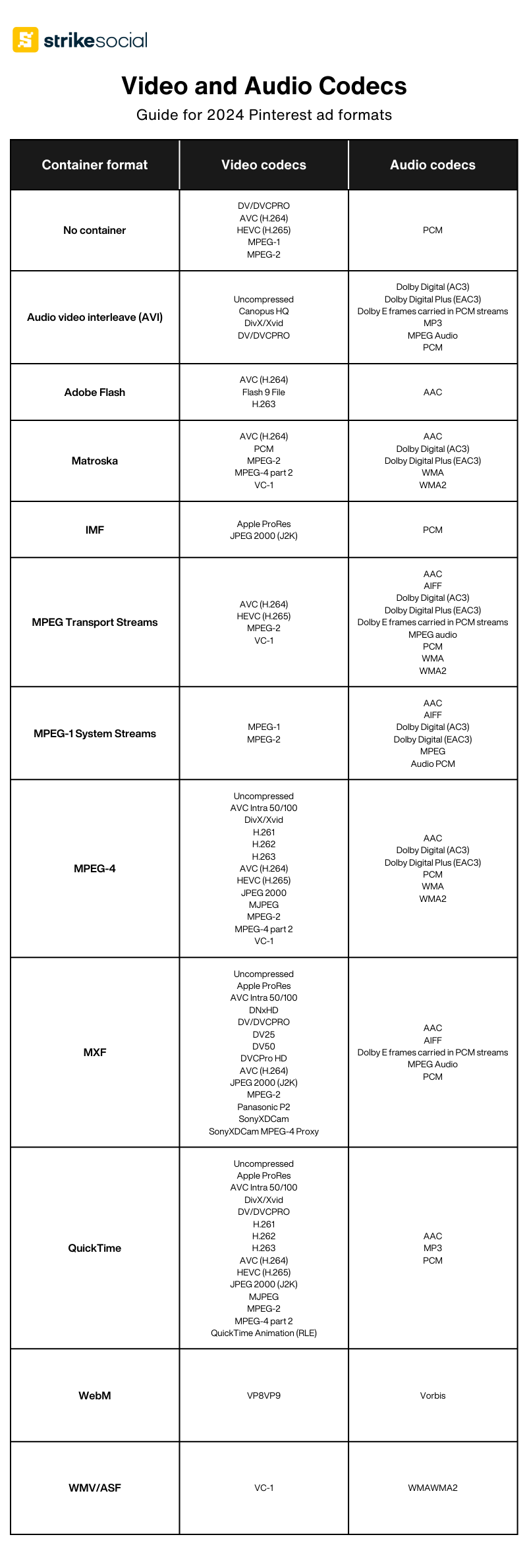

Understanding How Ad Specifications Impact Your Pinterest Ad Campaigns
Now that you know the 2024 specs for Pinterest ad formats, you now possess an updated toolkit to ensure your ads are presented optimally to your audience.
Apart from compliance, being informed about Pinterest ad sizes for various ad types is essential for the following reasons:
Become an Expert in Social Media Ad Specs This 2024
Our goal is to keep media buyers updated on the latest developments, not just on Pinterest but across various paid social media advertising platforms. Explore our ad specs guides for Facebook, YouTube, and other platforms through the links below:
Strike Overview
- Facebook Feed ads remain a top-performing placement in 2025, combining unmatched reach with strong cost efficiency and a 152% lift in link click-through rate compared to other placements.
- We unpack why ad placements on Facebook Feed drive consistent performance, from evolving ad density and inventory structure to how user behavior impacts delivery, spend, and creative success.
- Backed by internal tests and nearly 60M impressions’ worth of campaign data, this report gives you practical fixes, safe-zone creative guidelines, and strategic insights to help turn Feed scrolls into high-value clicks.
Jump to Section
- Anatomy of a Facebook Feed Ad
- What to Do When Facebook Feed Ads Won’t Deliver
- Feed: Still the Centerpiece of Facebook Ads? Is it Still Effective?
- Winning Strategies for Feed Ads
- What Facebook Feed Items Tell Us About Ad Density, Brand Saturation, and Spend
- Why the Facebook Feed Remains a Crucial Ad Placement
Inside the Efficiency of Facebook Feed Ads in Meta’s Auction
The modern battle cry of any Facebook user, “Our Facebook Feeds are all ads!” Therefore, our team took on the challenge, reviewed our personal Facebook feeds, and checked how many ads we encountered. If you are curious about the results, then you should stick around.
Ad density on feeds has been a long-standing issue for Facebook users. An online article shows that the ad load on our Facebook feed was 20%. For advertisers, this means Meta offers more ad spaces for quality inventory that will help reach more eyes or improve ad cost efficiency. Based on our Q1 2025 Facebook benchmark reports, Facebook Feed ads remain the platform’s most scalable placement. However, heightened placement competition penalizes weak assets, poor audience targeting, or oversight on campaign management.
Understanding the current content structure in the Feed section, ad specifications, 2025 overview on Facebook costs, and Feed ads performance for Traffic campaigns will help advertisers address a decline in campaign performance or overcome a plateau.Whether you implement manual bidding for maximum control or enhance campaign performance through AI automation, Advantage+ products, and a comprehensive understanding of Feed ads, your campaign outcome can be influenced by these factors.
Anatomy of a Facebook Feed Ad (2025 Edition)
What exactly is a Facebook feed ad?
A Facebook Feed Ad (sometimes called an “in-feed” or “newsfeed” ad) is any sponsored post that appears natively between organic content in the main scrolling area on mobile or desktop. Delivery is auction-based, measured by CPM for costs, impressions, and reach metrics. When a user refreshes the feed, Meta’s algorithm evaluates each eligible ad’s bid, predicted action rate, and estimated ad quality to determine which creative secures the slot.
Creative formats available for Facebook Feeds
Choosing the proper creative format is just as important as setting the campaign goal. The selected assets impact how your message is delivered, audience engagement, and retention. By thoughtfully selecting a creative approach, you enhance the chances of the target audience resonating with the ads, ultimately driving better results.
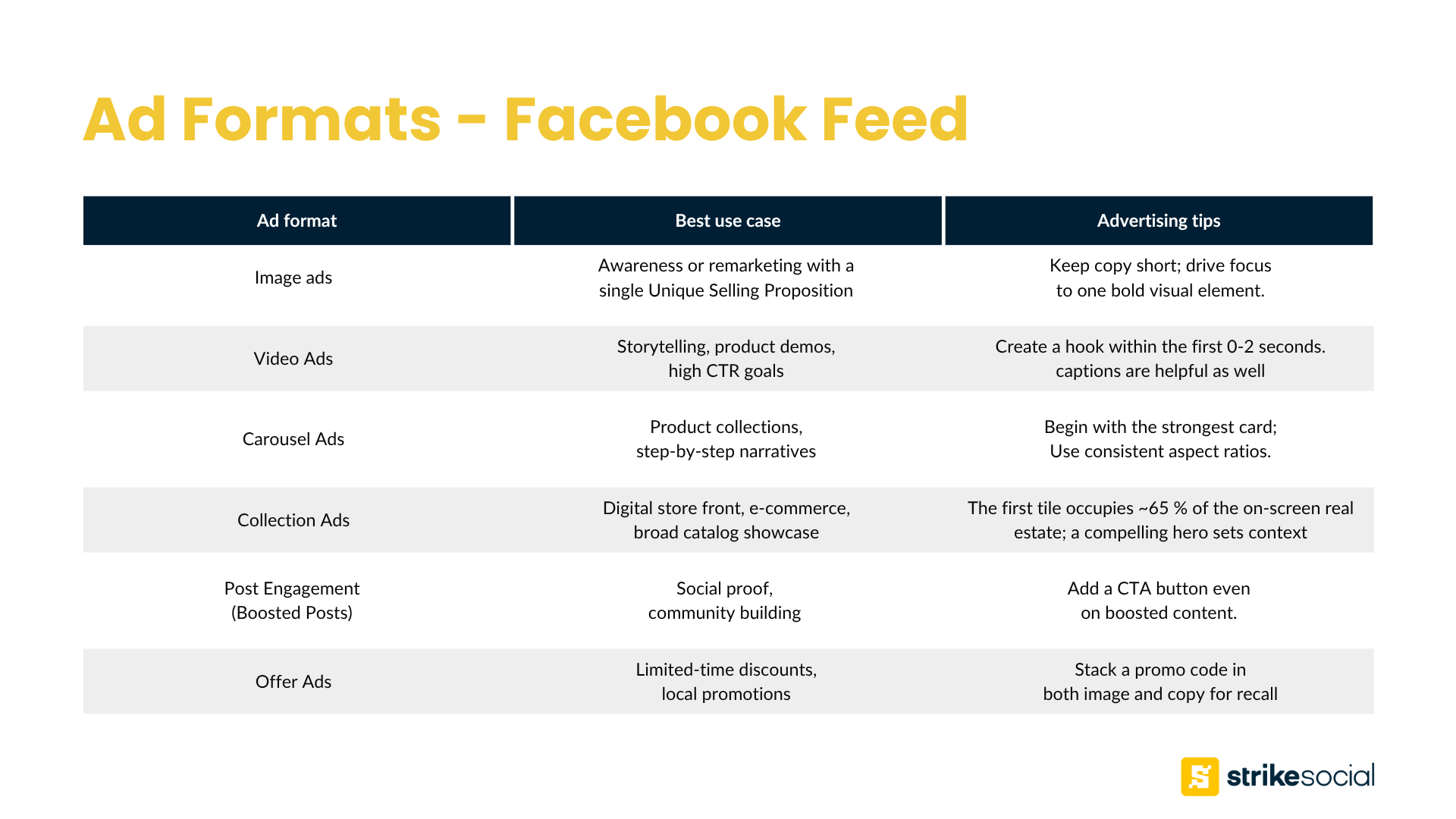

These formats are optimized for the Facebook Feed and are the most common ad types users encounter while scrolling through their main Facebook timeline. For specific ad specs, refer to our 2025 Facebook guide.
My Facebook Feed Ads Won’t Deliver
The creative setup initiates the process, while the effectiveness of the delivery determines whether the strategy is viable. The following outlines critical factors that distinguish whether a campaign struggles to spend or is on the right track to achieve the target goal.
- Ad Load Caps
- Pre-campaign launch: Meta applies soft frequency governors that vary according to predicted creative fatigue that may occur in the first week of the campaign.
- During campaign flight: Meta detects frequency, and if your target audience has hit the limit, the media buyer will see a Creative limited or Creative fatigue status. This includes, if the cost per result exceeds that of your previous ads but is not more than double, a Creative limited status will be displayed.
- Action points for media buyers: Create an additional ad with new visuals while keeping the original running. Consider expanding your audience targeting for fresh perspectives on the creative. To streamline the process, enable Advantage+ Creative, allowing Meta to generate variations for different target audiences automatically.
- Facebook Inventory Filter Impact
- Opting for a limited inventory strategy can reduce impression volume by as much as 30% in sensitive industries, such as food and beverage (F&B) and pharmaceuticals. However, this approach also decreases the risk of brand safety issues, making it a strategic choice for businesses operating in sensitive industries.
- Action points for media buyers: Run two identical ad sets for 3 days: one Standard and one Limited. Keep the Limited set only if the increased brand safety justifies the 10-20% higher CPM than set benchmarks.
Feed: Still the Centerpiece of Facebook Ads? Is it Still Effective?
The most “tenured” placement may have been the Feed, but even amidst the excitement surrounding video-centric placements like Reels and Stories, the humble Feed remains Meta’s engine room.
Based on our Facebook US campaign data, which leverages link clicks from January to May 2025 (nearly 60M impressions and over 18 different placements), it shows that the Feed accounts for almost 20% of total ad spending and receives the second highest allocation, next to Facebook Overlay Reels ads.
Here’s why that hasn’t changed and what it means for your media plan.
Unmatched Unique Reach and Diverse Content Inventory on Feed
According to Strike Social’s internal Facebook report from 2025, the top five ad placements with the highest spending are Facebook Reels Overlay, Instagram Stories, Instream Video, Instagram Feed, and Facebook Feed. Among these, the Feed ad placement has the greatest unique reach and reach/impressions, standing at 92.5%.
Amongst all the different ad placements within Facebook, Feed also offers the most dynamic content and access to different sections, namely:
- Group post: Organic content published inside a Facebook Group.
- Friend post (organic): Post from a user you’re connected to.
- Creator post (public profile or Digital Creator page): Organic or branded-content post from a Creator profile.
- Your post (self-authored): The content you publish.
- Page post (organic): Update from a business, brand, or public Page that you follow.
- Reels carousel in Feed: Horizontal scroll unit that previews short-form Reels.
- Stories tray: Bubbles at the top of Feed; includes Your Story, Friends’ Stories, and Memories Story re-shares.
- Threads cross-link unit: A prompt that encourages users to check out conversations on Threads.
- Meta AI prompt card: An inline card inviting users to ask Meta AI a question.
- PYMK suggestions (People You May Know): Algorithmic friend suggestions.
- Share to Instagram prompt: Inline nudge urging cross-posting from Facebook to Instagram.
- Memories unit: Throw-back content from the same date in previous years.
- Event story / Event post: Feed card announcing that a friend is Interested or going to an Event.
Why It Matters for Media Planning
The Feed is the only placement that can reach nearly every daily active user. Moving the budget here guarantees extensive prospecting without quickly hitting frequency caps. In addition to being the first surface to load when opening Facebook, Group posts, and Reels carousels, the Feed combines social proof, interest-based content, and short-form video. This variety increases the action rate for both content and ad assets.
Facebook Feed, Efficiency Meets Intent
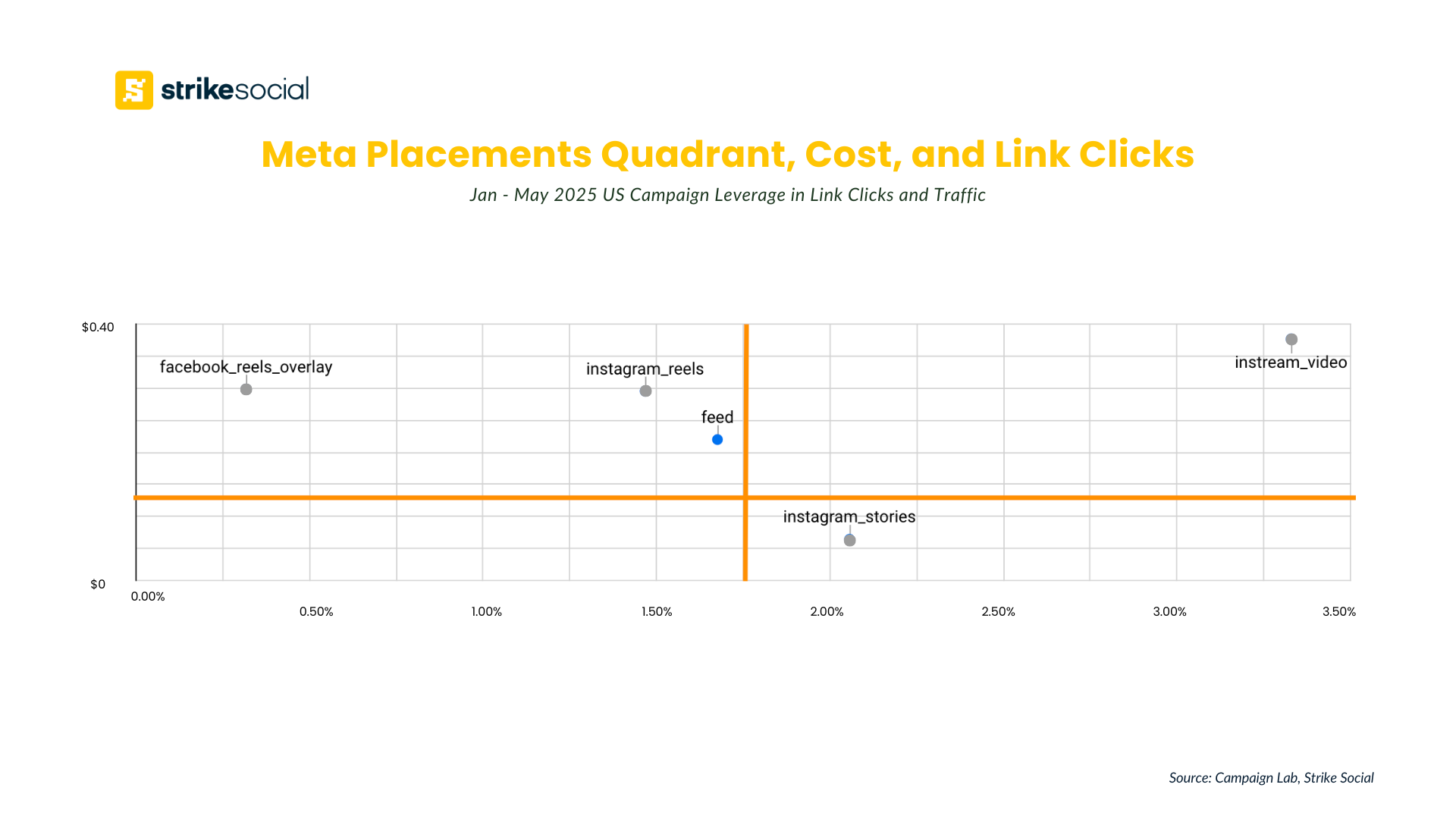

Feed economics are hard to ignore, showcasing a 20% cost-efficient CPLC and a 152% lift in Link Click-Through Rate compared to all other placements combined. The Facebook feed efficiency indicates that advertisers are not only saving money but also successfully directing higher-intent audiences to the next stage of their journey.
User behavior across the different content and sections on Facebook Feed indicates that users are already in “tap-and-read” mode, unlike the passive swipers in Reels or Stories. This contrasts sharply with the passive scrolling habits observed in Reels or Stories. Each piece of content curated by Facebook is strategically designed to maximize user engagement and retention.
The Feed serves as a high-quality inventory, drawing from users’ existing interests and acting as a gateway to other Facebook surfaces. Ultimately, the increased click-through and link click rates on the Feed enhance overall efficiency, generating favorable ad actions at lower bids.
Why It Matters for Media Planning
Whether running a bottom-funnel campaign or aiming to reach a wider audience, Feed ads offer advertisers advantages by delivering five qualified clicks for the price of four due to its 20% efficiency over other ad placements. This efficiency translates to a higher Link Click-Through Rate, withstanding seasonal spikes in ad costs without compromising campaign performance.
Thus, designing a media plan that positions Feed as part of the campaign’s foundational element maximizes qualified traffic at a lower cost. This strategy accelerates the learning process and enhances all subsequent targeting strategies. Leading to a more balanced cost with sustained performance effectiveness.
Ads on Feed Blends Organically, Super-Charging Performance
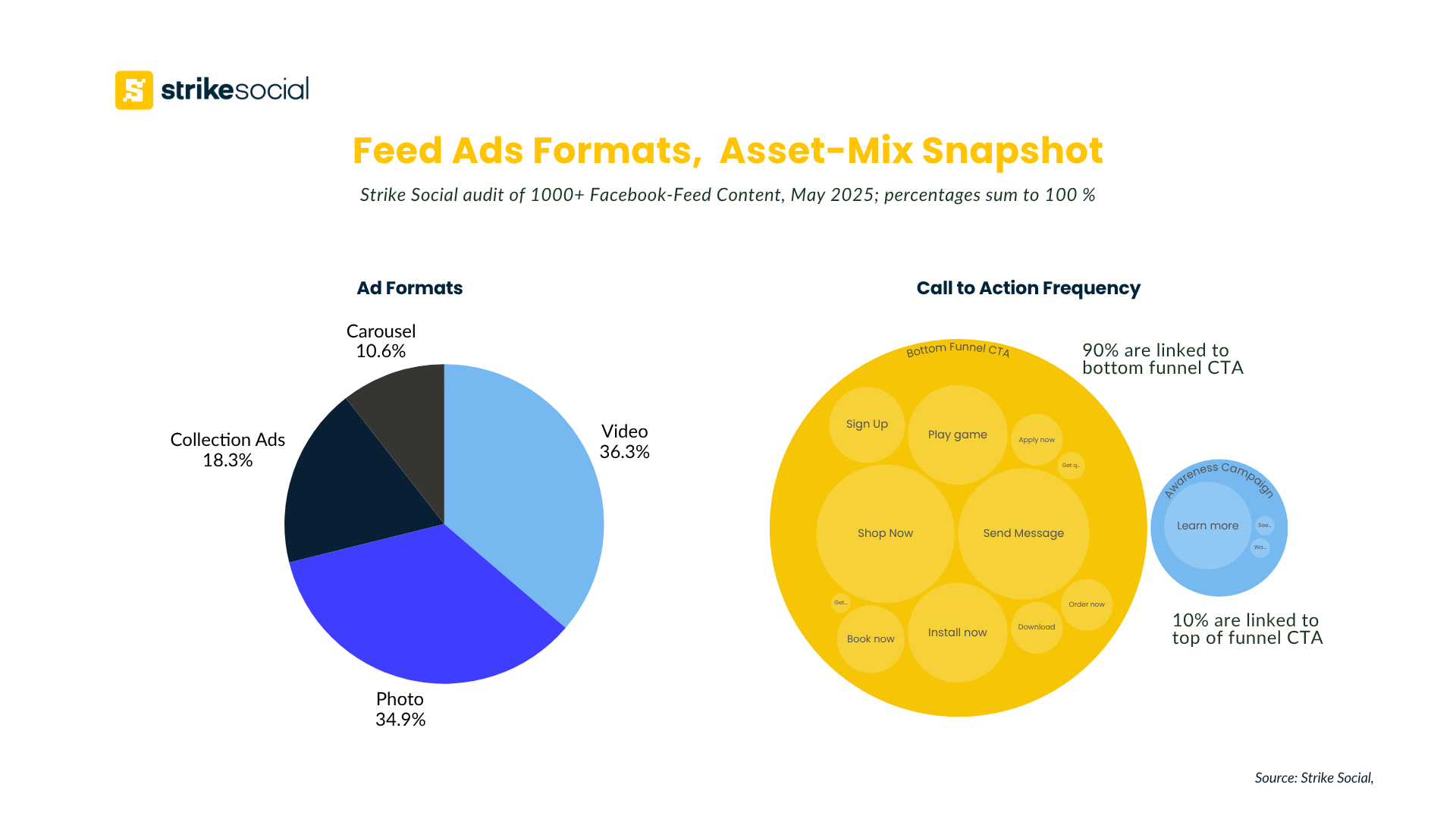

Unlike Reels or Stories, where static photos or product cards can feel disconnected from full-screen videos, the Feed allows ads to blend seamlessly with the surrounding content. This familiarity encourages users to keep their thumbs moving toward your call-to-action (CTA) instead of swiping past.
Strike Social’s internal study on different Feed content reveals that 70% of ad formats mimic native content norms, such as image and video ads, while non-native assets like Carousel and Collection ads make up roughly 30%. Although these formats differ slightly, the swipe interaction offers a natural and seamless way for users to scan multiple unique selling propositions (USPs) at once. Additionally, Carousel and Collection ads help reduce ad fatigue by enabling users to swipe through multiple products rather than increasing the frequency of individual ads.
Why It Matters for Media Planning
If most campaign assets are static or non-9×16 video, feed ad placement offers a more native, organic-feel spot for these types of ads, as blending seamlessly with the surrounding content can trigger more valuable ad engagement. Meta auctions reward ads that gather high ad engagement and longer ad stickiness.
For mid-funnel efforts, carousel ads and collection ads with swipeable elements work well in environments where stop-and-scroll behavior is more dominant than swiping away. Lastly, having boosted ads or UGC ads on feed increases ad authenticity.
Winning Strategies for Feed Ads in 2025
Even a highly crafted ad campaign can fall flat if its execution appears off-brand within the Feed. Since Feed ad placement is the most commonly used, it often receives less attention, with focus primarily on the more eye-catching formats like Reels and Video ads. Perhaps advertisers are neglecting desktop users, concentrating solely on mobile audiences.
Here are some common challenges faced by media buyers and strategies to overcome them and stay on track.
| Common Symptom | Likely Root Cause | Quick-Fix Checklist |
|---|---|---|
| Side edges clipped on mobile | Creative uploaded in 16 : 9 or any format wider than 4 : 5 | • Re-export at 1 : 1 (1080 × 1080 px).• Place all text/logo elements inside the central 80 % safe zone. |
| Top or bottom trimmed on desktop | Only a 4 : 5 asset provided | • Add a 1 : 1 backup (1080 × 1080 px)in the same ad.• Meta automatically serves the best ratio per device. |
| Image looks soft or pixelated | Source file < 1080 px on its shortest side or final file > 4 MB (Meta over-compresses) | • Re-export at 72 dpi, ≥ 1080 px, under 1.5 MB.• Save as high-quality JPG or PNG—not “web-optimised”. |
The Universal Safe-Zone Rule:
Keep logos, prices, and CTAs at least 54 px away from every edge of a 1080 × 1080 canvas.
This boundary prevents UI (profile pics, timestamps, action buttons) from covering important elements on any device. Download our free PSD/FIG safe-zone overlay in the Safe-Zone Guide and place it on top of every export.
When repurposing a Reel-Centric asset, it’s important to remember that captions and control icons typically cover the top and bottom 250 pixels of the screen. Making your message visible and impactful, place the main text within the central area of the video, specifically inside the middle 1080 by 1420 pixels zone.
Additionally, lock down aspect ratios and respect safe zones during the design process. By following these guidelines, your ads will appear sharp and professional, making a strong first impression whether users are scrolling quickly past or engaging with your content.
Let’s see those stats: What 1,000 Facebook Feed Items Tell Us About Ad Density, Brand Saturation, and Spend
To shed light on the outcry, “My Facebook Feed is filled with ads!” we decided to run an internal test. Over three days, we recorded the first 30 posts shown to six different Facebook users, capturing more than 1,000 pieces of content, including every ad, friend update, page post, and group post that appeared.
Here’s what the team has uncovered:
How many ads are there in someone’s Facebook Feed?
The straightforward answer depends on how users interact with ads and on the Meta ecosystem. Our sample shows ads occupied between 10% and 38% of the first thirty slots. To break this down: for someone who rarely engages with ads, an ad appears in their feed about 10% of the time. Conversely, the figure rises to as high as 38% for an active engager. Overall, our data shows that 24% of the content in feeds reflects ads, averaging between 2 and 3 ads for every 10 pieces of content.
In practical terms, Facebook’s auction favors brands that attract click-happy users by giving them more inventory. However, that comes with a catch: you’ll need fresher creative and tighter frequency controls to prevent high-engagement audiences from burning out and to ensure that the extra impressions you gain don’t turn into wasted spend.
Further Reading
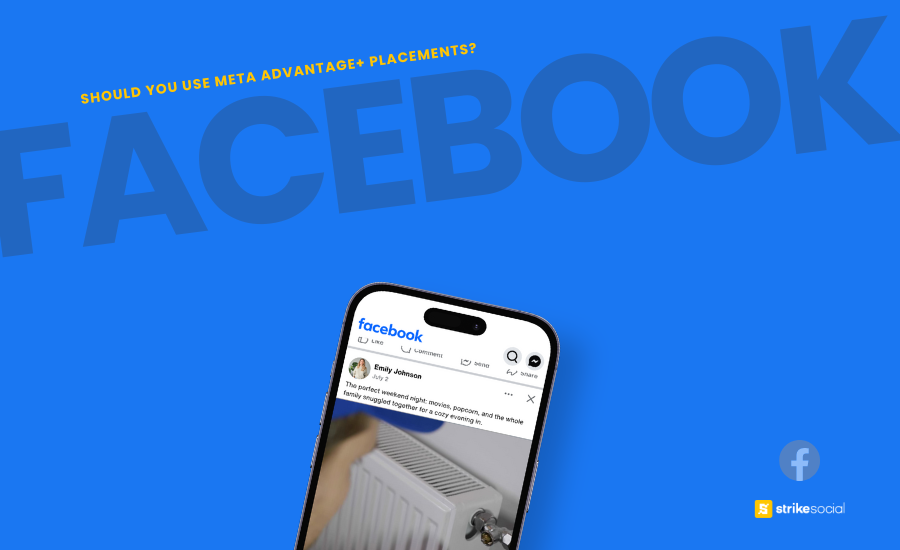

Meta Advantage+ Placements: Expand Your Reach or Stay Selective?
Meta Advantage+ Placements open the door to wider reach across its ecosystem. But should you hand over the reins, or guide your placements manually? We break down what each path offers.
Dissecting Content Feed Mix
This isn’t the Facebook we all knew 15 years ago. No longer is it the cozy timeline of friends’ updates that many remember. Today, each content scroll is typically interrupted by an ad 24% of the time. In our sample of over 1,000 items, only 18% of the feed consists of posts from friends, which is 10 points lower than the 28% from brand pages or digital creators. Meanwhile, 14% are from Facebook Groups, with the remaining content coming from surfaces like PYMK, AI cards, sections leading to Threads, Reels, or Stories.
This shift indicates that Facebook’s feed is now more structured around infotainment and less focused on social circles. A challenge presented to media buyers: competing for attention against highly polished ads and organic posts. The takeaway suggested that traditional banner ads won’t make it to the cut. To stand out, you need thumb-stopping visuals, concise copy, and a native scroll format that seamlessly blends in yet captures attention enough to click. In essence, design your content for this mixed economy of the feed, rather than the idealized “friends and family” environment many marketers still envision.
Perfect Balance of Eyes and Actions on Ads
When a new ad placement is released, the algorithm loosens up on it. Reels Overlay had gotten 31% of the share of spend. This is a mix of manual setup and Advantage+-led campaigns. Facebook Feed, commanding only 19.1 % of spend, quietly produced a nearly identical share of clicks and link-clicks, despite accounting for less than one-tenth of all impressions served.
| Placement | Share of Spend | Share of Impressions | Share of All Clicks | Share of Link Clicks |
|---|---|---|---|---|
| Reels Overlay | 30.51 % | 64.59 % | 23.90 % | 27.35 % |
| Facebook Feed | 19.08 % | 9.43 % | 21.29 % | 23.73 % |
A quick analysis reveals a significant efficiency gap. Although Reels Overlay ads dominate the placement, accounting for two out of every three ads, they have not generated substantial engagement. In contrast, the Facebook Feed received only one-fifth of the budget but delivered less than 10% of the impressions. However, despite these limited impressions, the Feed produced almost the same volume of clicks and link clicks as the higher-budget placement. This contrast highlights the Feed’s remarkable ability to convert limited reach into measurable engagement.
Why the Facebook Feed Remains a Crucial Ad Placement in Your 2025 Strategy
The Facebook Feed offers a scroll-native experience that is conversion-efficient and rich in first-party intent signals. It stands out as a placement that can seamlessly scale from upper-funnel reach to bottom-funnel action without requiring a format change.
Facebook feed ad density adapts to user behavior. For heavy clickers, the Feed may display up to four ads for every ten posts, while non-clickers encounter minimal interruptions from organic content. The ads served in users’ feeds are highly qualified, making them more likely to result in clicks.
The intent signal on Feed is clear, with a mix of high-quality inventory. Friends’ posts occupy only 18% of the timeline, whereas organic brand posts and digital creator content comprise nearly twice that amount, resulting in a more engaging user experience.
Lastly, efficiency favors ads on feed. With only 19% of your budget allocated, the Feed generates 21% of link clicks, almost matching the click volume of Reels Overlay. This impressive conversion rate transforms limited inventory into action at a higher density.
By mastering these fundamentals, your campaigns leveraging Feed ad placements will continue to yield strong returns, converting scrolls into clicks and clicks into revenue.
Leveraging Data and Global Workforce to Enhance Your Facebook Ads Strategy
The data snapshots in this post only scratch the surface. For a complete picture of Facebook cost and metric performance, grab the Strike Social 2025 Facebook Benchmark Report.
If you’re ready to turn those efficiencies into predictable outcomes, lean on a partner that lives in Meta’s auction every day. Strike Social, Meta’s certified partner, layers Advantage+ automations, proactive creative testing, and real-time bid management to squeeze every qualified click out of the Feed.Let’s work together to make your next campaign the case study everyone cites.



Article by
Franchette Brucelas, Strike Social’s Head of Operations
Franchette is the operational force behind Strike Social’s cross-regional performance success, overseeing campaigns across APAC, EMEA, and North America. Her leadership ensures delivery precision, platform strategy, and continuous improvement through close collaboration with sales, tech, and client teams.
Strike Overview
- Father’s Day 2025 lands between Mother’s Day and July 4th, yet U.S. consumer spending is projected to exceed $24 billion, making it a high-value event that deserves strategic attention.
- Meta’s Advantage+ Audience targeting uses real-time data and automation to expand your reach to Father’s Day gift shoppers more efficiently than static manual targeting.
- This blog offers a step-by-step framework to build a Father’s Day campaign on Meta that balances automation with performance oversight, helping ensure your budget delivers measurable impact.
Jump to Section
Drive More Conversions This Father’s Day with Meta Advantage+ Audience Targeting
Father’s Day follows closely on the heels of Mother’s Day, giving brands another high-impact opportunity to connect with shoppers honoring the dads and father figures in their lives. For marketers, Father’s Day advertising on platforms like Facebook and Instagram comes with both potential and pressure, as holiday periods often bring increased competition and fluctuating ad costs.
In this guide, we’ll show you how to unlock better performance and cost efficiency using Meta’s Advantage+ audience targeting. Learn how your Father’s Day campaign can reach high-intent target audiences across Facebook and Instagram ads when it matters most.
Why Father’s Day Is a Key Moment for Meta Advertisers
Advertising for Father’s Day presents a valuable opportunity for brands, with 63% of U.S. consumers planning to celebrate. While that’s relatively steady compared to other holidays, 36% of those shoppers will be searching for Father’s Day gifts online, making it a critical moment for Meta advertisers to capture demand.
And while 40–42% of shoppers still plan to visit physical stores, Meta’s extensive platform reach allows your Father’s Day ad to shape purchase decisions long before shoppers step into a store or complete their online checkout.
| Father’s Day shopping window | % of U.S. shoppers |
|---|---|
| >3 months in advance | 10% |
| 1-2 months in advance | 29% |
| 1-2 weeks in advance | 47% |
| 1-2 days in advance | 14% |
Meta Ad Cost and Performance Trends Around Father’s Day Advertising Periods
As seen above, the bulk of the purchases occur just before or within June. Do you need to launch early or just in time for shoppers’ searches for Father’s Day gifts? Our Meta ads data tells us the trends for different funnel stages when planning your Father’s Day campaigns.
Planning Your Awareness Campaigns
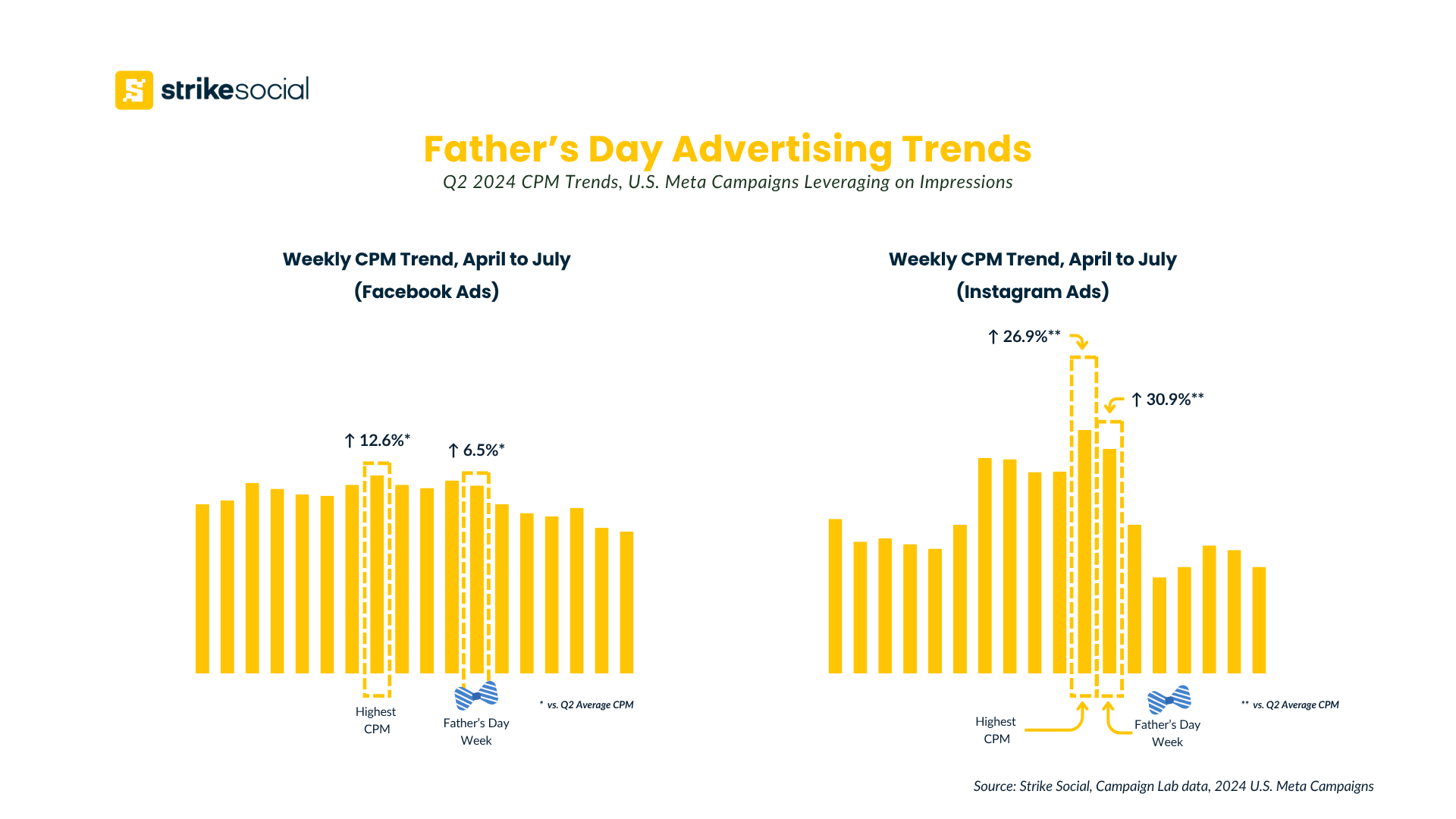

Running awareness-focused Meta campaigns in April through early May helps build momentum while CPMs remain relatively stable. Facebook typically sees rising awareness costs about a month out from the holiday, while Instagram maintains stronger traction even closer to the date.
Expect the highest CPM spikes in the week leading up to Father’s Day, especially as more brands compete for the same target audiences. After the holiday, CPMs drop, opening up cost-efficient opportunities for re-engagement and early back-to-school promotions.
Immersive Engagement Campaigns
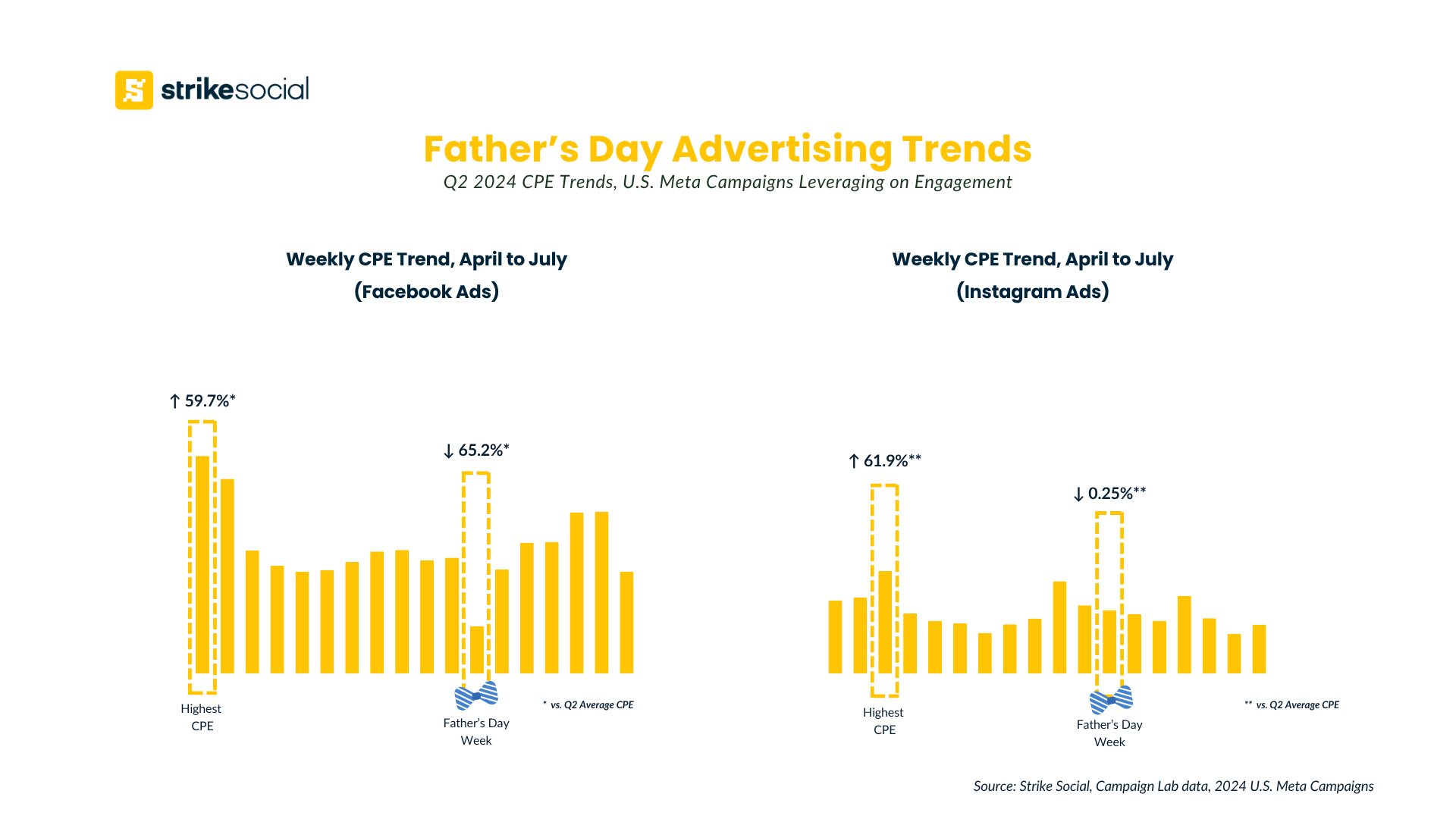

Consideration campaigns also see an early ramp-up, with CPE (cost per engagement) peaking in April and gradually normalizing by Father’s Day week. On Facebook, engagement becomes much more cost-effective during the holiday itself, showing a 65.2% decrease in CPE, suggesting it’s the best time to run interaction-based Father’s Day ad campaigns.
While slightly more volatile in April and May, Instagram maintains consistent engagement costs throughout the shopping window, making it a strong choice for Father’s Day engagement campaigns.
Lead to Conversion with Clicks Campaigns
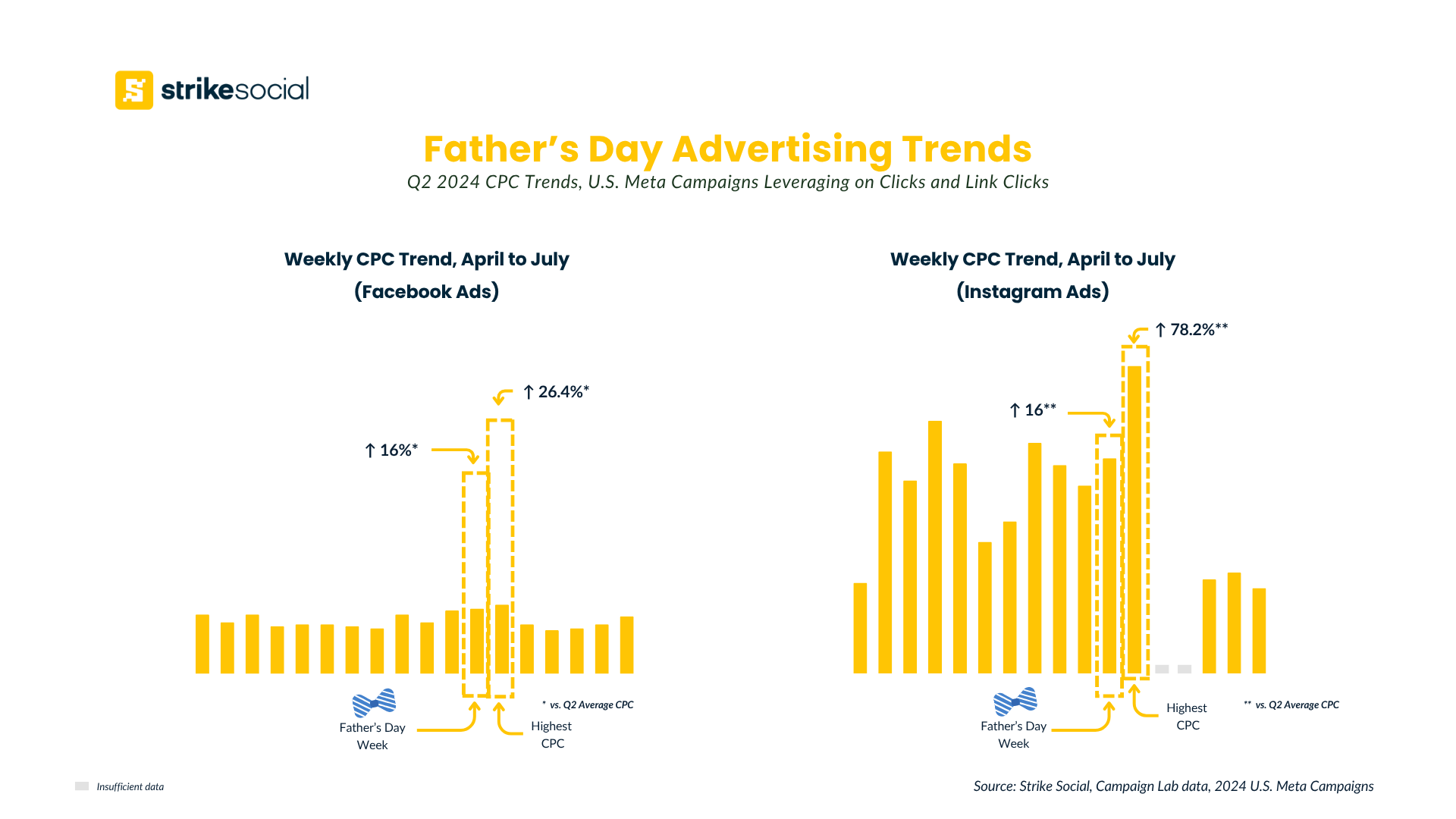

For click-based objectives, Facebook and Instagram ads tend to become more competitive immediately after Father’s Day. This surge often reflects a mix of advertisers aiming to re-engage audiences, offload leftover inventory, or kickstart early summer promotions. Those who activated summer and 4th of July campaigns earlier tend to benefit from more efficient clicks before the spike hits.
CPCs (cost per click) remain predictable but are higher during this window. If you’re planning your Father’s Day promotion ideas, it’s best to launch conversion-focused ads earlier to beat the spike. Facebook ad costs are more stable here, while Instagram may need tighter pacing and creative testing to maintain efficiency.
Download the 2024 Facebook Benchmark Report
Looking to improve your Facebook ad results? This report uncovers key trends and patterns that shaped the most successful campaigns. Use these insights to guide your planning and optimize your strategy moving forward.
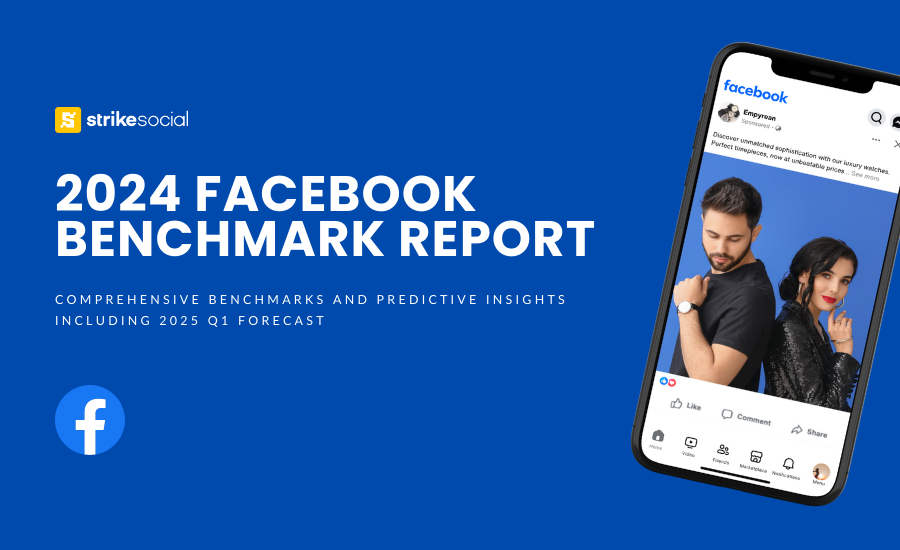

Recommended Strategy for Father’s Day Meta Ads
What’s the suggested strategy, considering these Meta ad performance trends during the months before and well within the Father’s Day weekend?
| Father’s Day advertising window | Awareness Campaigns | Engagement Campaigns | Clicks Campaigns |
|---|---|---|---|
| 2-3 weeks before Father’s Day | Launch now: CPMs are still moderate. Instagram CPMs begin to rise but remain below peak. Facebook CPMs remain stable. | Focus on awareness: Facebook and Instagram both show spikes in CPE around this time. Engagement is more expensive. | Optimal time: CPC trends show higher costs around this period; launch now to optimize budget before CPC spikes. |
| Father’s Day week | Shift to mid-lower funnel: Instagram CPM up 30.9%, Facebook CPM up 6.5%. Avoid heavy awareness spend. | Best time: Engagement costs dip, suggesting better return for interaction-based campaigns. | Moderate: CPC typically follows engagement trends but may still show inefficiency due to increased competition. |
| Post-Father’s Day | Resume: CPMs decrease across both platforms. Good time to re-engage users at lower costs. | Sustained: Engagement costs normalize or remain low after the spike. | Cost-efficient: Post-event CPC typically declines. Ideal for retargeting campaigns. |
How Advantage+ Audience Supports Your Father’s Day Advertising Strategy
Now that your Father’s Day advertising funnel is in place, how does Meta Advantage+ Audience fit in the equation?
Built with advanced machine learning, Advantage+ Audience analyzes patterns in user behavior across Facebook and Instagram, identifying people most likely to engage, click, or convert, even if they fall outside your original target audiences. This allows your Father’s Day ad campaign to go beyond your set parameters and reach high-value prospects you may have overlooked.
Further Reading
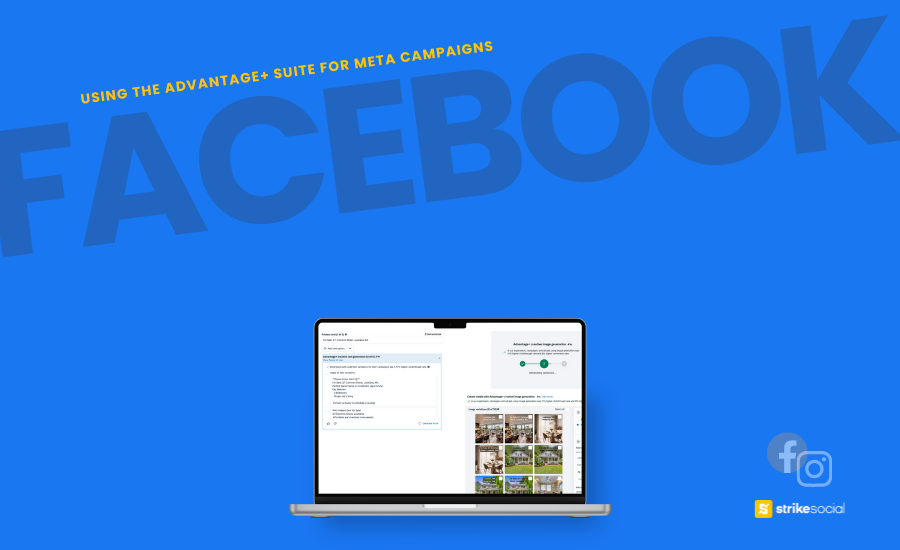

Breaking Down the Meta Advantage+ Suite
Meta’s Advantage+ suite represents a full-scale leap into AI-powered advertising, designed to simplify campaign setup and boost performance. From automation to optimization, learn how each component works and how you can strategically combine them to boost your Meta ads strategy.
Setting your audience targeting helps ensure that your Father’s Day ads are delivered to people who match your intended demographics and interests. While this can create precision, it can also unintentionally limit your reach by excluding audience segments that may still be strong prospects or potential buyers. What you initially believe isn’t your ideal audience could end up driving valuable results.
That’s where Meta Advantage+ Audience becomes a powerful tool in your Father’s Day advertising toolkit. It analyzes behavioral signals across Meta platforms, such as who’s clicking, engaging, or converting, and uses those patterns to expand your reach beyond the audience you originally set. Your defined targeting will still be prioritized, but Advantage+ dynamically extends delivery to users who mirror high-performing behaviors.
Here’s how this enhances your Father’s Day 2025 campaigns:
- The system automatically shifts budget and impressions toward audiences that perform better, ensuring your ads are always optimized for the highest likelihood of clicks and conversions.
- Advantage+ can adapt rapidly: if a particular creative or audience segment underperforms, the AI reallocates resources to what’s working best, often in real time.
- Meta’s data proves the Advantage+ Audience system can drive measurable efficiencies at every stage of the funnel, especially for time-sensitive, event-based strategies such as holiday campaigns:
- Awareness campaigns: Achieve up to 14.8% lower cost per result
- Traffic, engagement, and lead campaigns: Up to 9.7% lower cost per result
- Sales and app promotion campaigns: Up to 7.2% lower cost per result
Still, Advantage+ should be implemented with strategic oversight to maintain cost control and targeting accuracy. Here are two approaches to ensure balance between automation and granular targeting:
- Start with Advantage+ turned off. This gives you greater control over your audience targeting, especially when using proven segments from past campaigns. If you see signs of ad fatigue or diminishing efficiency, that’s your signal to activate Advantage+.
This allows Meta’s AI to widen distribution and reach lookalike audiences based on real-time engagement signals. - Split your budget between an Advantage+ campaign and one with manual targeting. If you’re working within a tight timeline, set up one campaign with Advantage+ Audience targeting and another with manual audience targeting. Running both simultaneously allows you to compare real-time performance and quickly identify which approach is driving stronger results.
Monitor both campaigns closely: audience overlap can lead to ad fatigue or inflated frequency if the same users are targeted across ad sets.
Meta Advantage+ Audience targeting proves to be a powerful ally for Father’s Day advertising campaigns looking to drive more awareness, clicks, and conversions under a tight timeline. Its AI-driven approach is perfectly suited for high-velocity, event-based campaigns that demand both speed and precision in reaching the best possible audience.
How to Set Up Meta Advantage+ Audience Targeting for Father’s Day Campaigns
You’ve defined your strategy—now it’s time to put it into action. Setting up your Father’s Day campaign using Meta Advantage+ Audience requires a balance: giving Meta’s AI the freedom to optimize while still keeping the right level of control over your brand’s audience and objectives.
Follow this step-by-step guide to set up a Meta campaign that blends automation with smart targeting:
- Go to adsmanager.facebook.com and click +Create to begin your campaign setup.
- Select the most relevant campaign objective for your Father’s Day campaign.
* For Sales, Leads, or App Promotion, Meta will automatically enable all Advantage+ features. - Continue with your campaign level set up. At this stage, you can turn on Advantage+ campaign budget or turn it off for manual budget control.
- Configure the ad set level.
- Proceed with the usual setup (Ad set name, Budget & schedule, etc.).
- For the audience targeting, take a closer look at the following steps:
- Audience controls: Define your target Location, Age range, and add any Custom Audiences you want to exclude.
- Advantage+ audience: This feature is automatically enabled. To maintain some level of targeting control:
- Click on Audience Suggestion.
- Add additional parameters (age, interests, behaviors, demographics) to help guide Meta’s expansion.
- This allows Meta to prioritize your preferred segments while still finding high-converting lookalike audiences.
- Tip: Watch the “Estimated Daily Results” on the right side of your screen as you build your audience. This helps ensure you’re not over-narrowing or over-broadening the reach.
- If you want specific Meta ad placements, click Edit under Advantage+ Placements and choose Manual Placements. Otherwise, leave the default setting to allow Meta to optimize across all available placements automatically.
- At the ad level, complete your setup. Name your ad, link your Facebook Page, and upload your ad creative and format.
- Double-check the full setup of your Father’s Day advertising campaign, then hit Publish.
Ready to Build a Smarter Meta Campaign?
Learn how to achieve high-performing campaigns that blend automation with expert strategy. With real-time optimizations and 24/7 monitoring, your campaign can stay on track for both performance and efficiency, especially during peak shopping windows.





Simplify Your Father’s Day Campaign Strategy With Advantage+
Every peak season demands a fresh approach, and Father’s Day is no exception. With Meta’s evolving AI capabilities, setting up a campaign has become more streamlined, but success still depends on maintaining the right level of control over performance and costs.
While Advantage+ automation can drive efficient results, it’s crucial to stay proactive. Monitoring changes, making timely adjustments, and applying human insight remain key to maximizing ad costs and performance. To see how Strike Social can help you find the right balance between automation and control, contact us for a personalized walkthrough.
Article by
Cameron Wallin, Strike Social’s VP of Sales
Cameron combines over six years of startup sales expertise with a deep understanding of video advertising on YouTube, TikTok, and social platforms. He leads Strike Social’s COOP and government partnerships, driving value through compliant, high-performance strategies built for public sector campaigns.
Strike Overview
- An important step for success in YouTube advertising is to craft an ad with the correct YouTube ad specifications.
- Among the social media titans on the market today, YouTube is the vanguard platform. It’s been around since 2005, long before Facebook gained serious momentum, and it is still an essential part of any social media advertising mix.
- By using the correct YouTube ad specs this 2025, you will deliver a much clearer message to your audience. A well-composed video could go viral and launch your brand’s recognition into the stratosphere.
Jump to Section
This post was updated in May 2025 to provide you with the latest information.
Optimizing your YouTube ads means tailoring content to align with viewer preferences—whether they’re watching on desktop or mobile. Understanding the right YouTube ad specs, sizes, and dimensions ensures your creatives are displayed correctly and viewed exactly as intended.
Successful YouTube advertising isn’t just about performance metrics; it’s about how your audience perceives and interacts with your video ads on the platform.
We’ve outlined the YouTube ad specifications below to help you with your 2025 YouTube advertising.
Types of YouTube Ads, Sizes, and Specifications
Overlay ads
As of April 6, 2023, Overlay ads have been discontinued in YouTube. Active overlay ads will only appear on desktop view as YouTube Creators shift to newer ad formats for YouTube advertising.
Overlay image: required
- Unit: 480 pixels by 70 pixels
- File type: static GIF, PNG, JPG
- File size: 150KB
Companion banner: optional
- Unit: 300 pixels by 250 pixels
- File type: GIF, PNG, JPG
- File size: 150KB
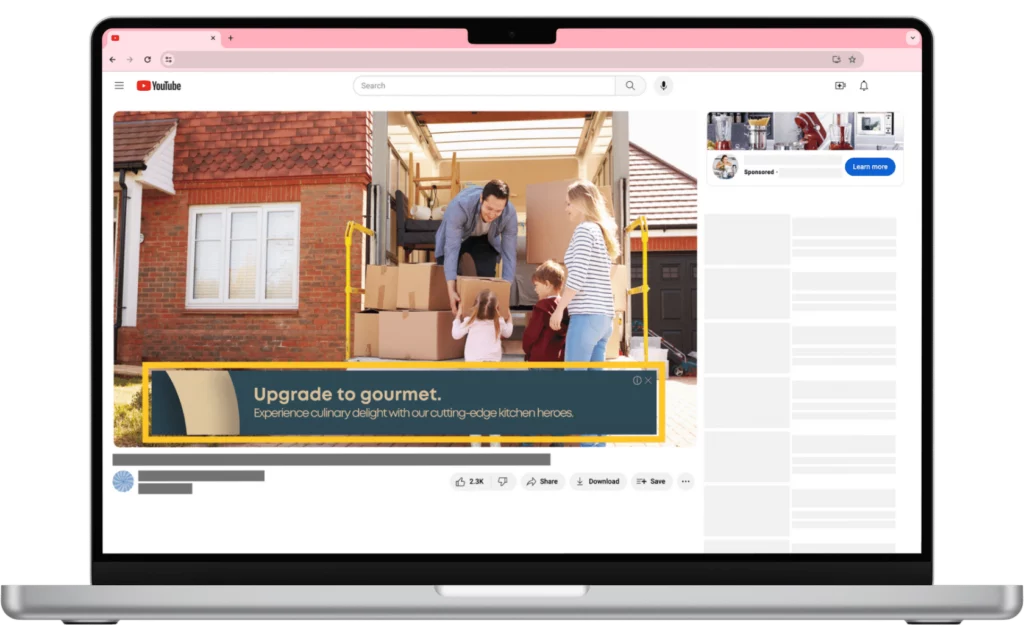

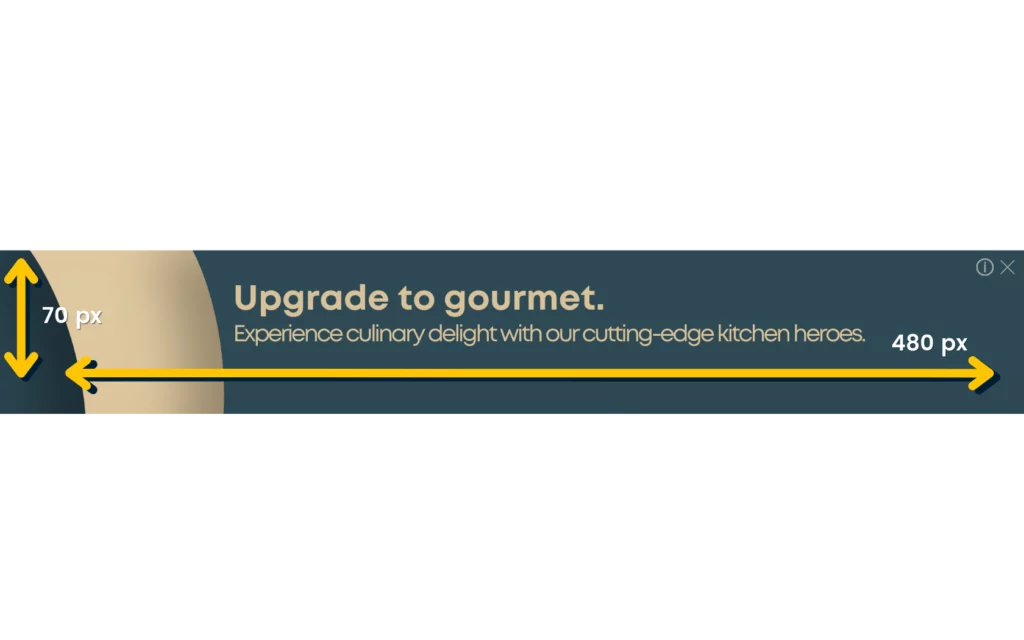

Think of discovery ads as an online billboards of sorts. These are generally static images or have very minimal movement and animation to them. According to the YouTube ad specifications, they appear either to the side of the video or as an overlay on the bottom of the video. They’re good to include in your YouTube advertising mix because they’re less expensive than other ad forms like those that appear before or during videos.
Since they don’t directly interfere with user activity on the site, users might also respond better to their presence. A potential drawback could be that some users have a tendency to tune out these kinds of ads, but a truly great ad can break through the clutter. Whatever size or format you choose is up to you, just make sure that the content is optimized for the ad format and that there is a clear call-to-action for your YouTube audiences to respond to.
Further Reading
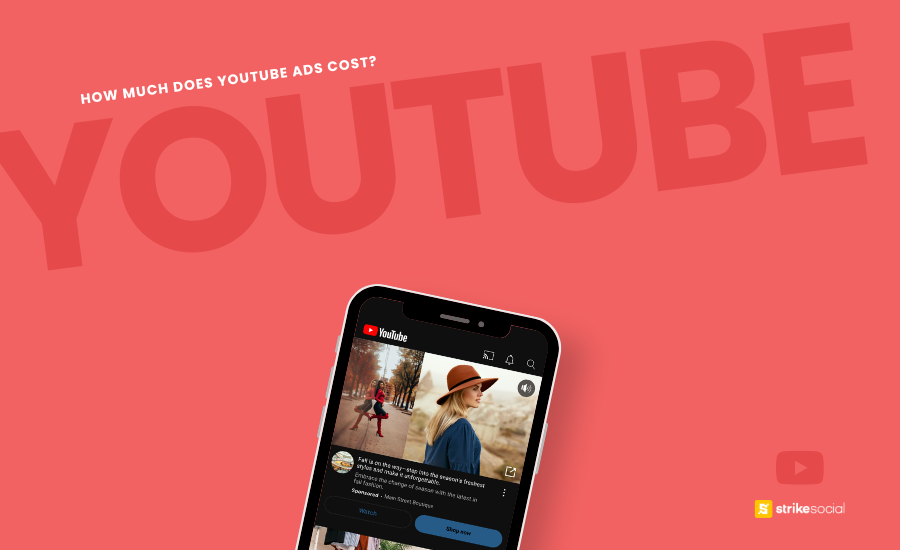

Understanding YouTube Advertising Costs for Maximum Efficiency
For YouTube advertisers, balancing cost management with expanding reach is critical to success. As video consumption trends evolve, media buyers face challenges in identifying the most efficient ways to maximize ad visibility without exceeding budgets.
Sponsored cards
YouTube Sponsored cards have also been discontinued, as part of an ongoing effort to streamline the viewing experience and shift towards different video advertising formats.
Sponsored card worked as a brief “teaser”, which will be replaced by a card icon after a few seconds. Appearing in the upper right-hand corner of the video they are currently watching, the icon gives users the choice of clicking through to access further information about the sponsored content.
- Platform: Desktop and mobile devices
- Media: image
- Format: JPG, PNG, GIF
- Aspect Ratio: 1:1
- Length: 15 or 20 seconds
- File Size: 2MB max
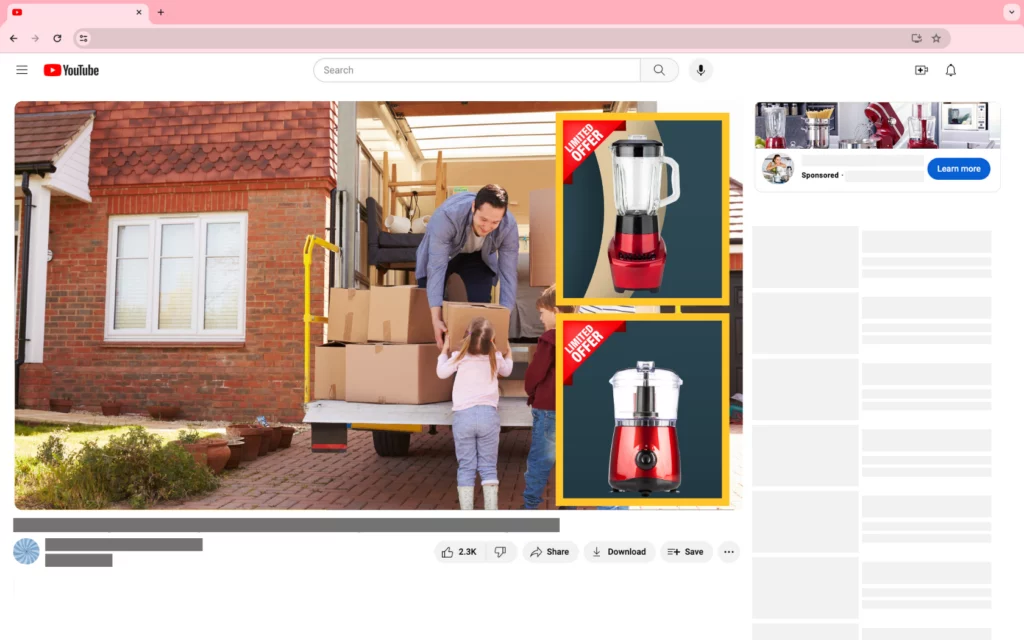

In that sense, a sponsored card ad is similar to display ads except where it’s located and how it functions differs slightly. The commonality among them is the ever critical call-to-action.
Bumper ads
Ad placements
- YouTube videos, video partner sites, and apps within the Google Display Network
Assets overview
- Video URL: Must be uploaded and hosted on YouTube
- Final URL: Destination landing page users reach after clicking the ad
- Note: Must directly reflect the product or offer promoted
- Display URL: Up to 2 customizable paths (15 characters each)
- Helps users understand what to expect (e.g., if your final URL is www.yourwebsite.com/autumnbreeze/add-to-cart, your display URL can be www.yourwebsite.com/newcollection)
- Long headline: ≤90 characters
- Description: ≤90 characters; can add up to 5
- Companion: 300 pixels by 60 pixels .jpg, static .gif or .png; 300 pixels by 250 pixels video wall will show on YouTube if no companion ad is provided
- Maximum file size: 150KB
Video ad settings
- File format: AVI, ASF, Quicktime, Windows Media, MP4 or MPEG
- Preferred video codec: H.264, MPEG-2 or MPEG-4
- Preferred audio codec: MP3 or AAC
- Resolution: 640 pixels by 360 pixels or 480 pixels by 360 pixels recommended
- Frame rate: 30 FPS
- Aspect ratio: native aspect ratio without letter-boxing (examples: 4:3, 16:9)
- Maximum file size: 1GB
- Length: ≤6 seconds
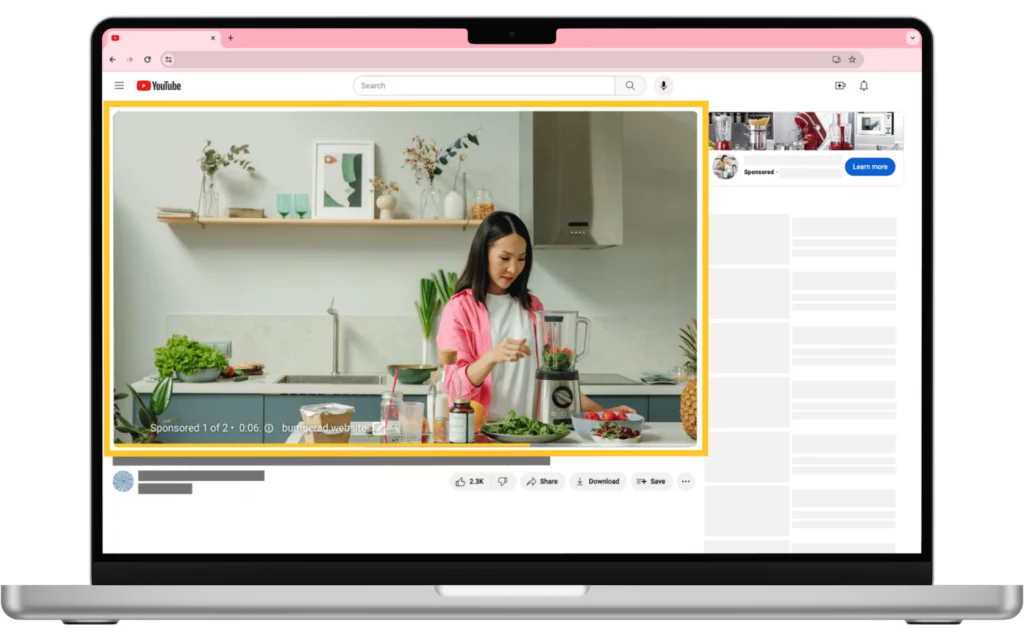

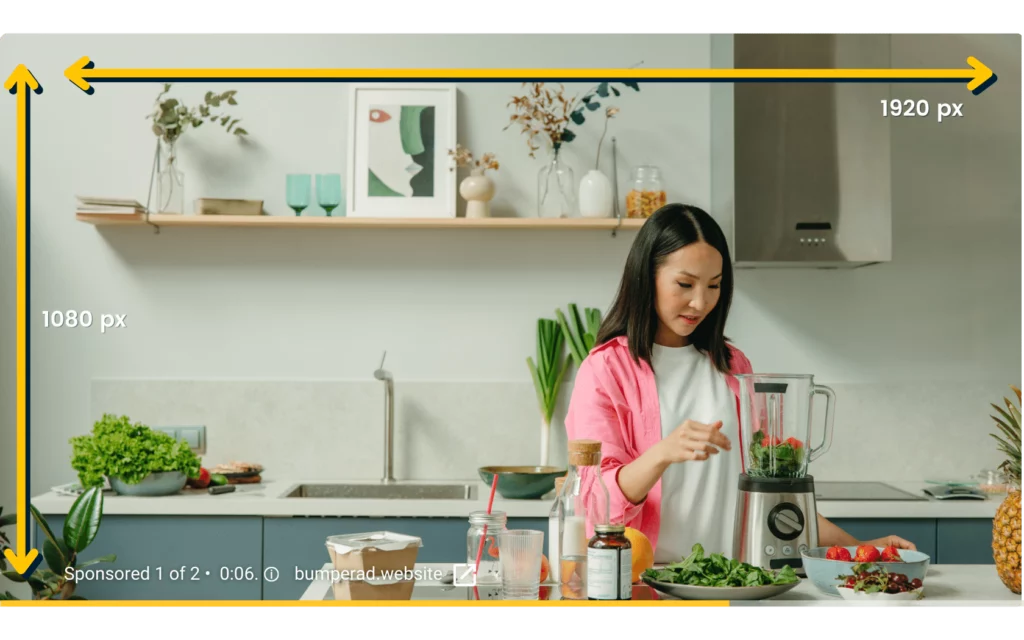

A bumper ad is a non-skippable video ad format created to extend the reach of a campaign. It appears before the video the user has chosen to view. Sold on a CPM basis, Bumper ads perform well on both Connected TV and mobile devices. In alignment with the 2025 YouTube ad specs, the maximum video length for bumper ads is 6 seconds.
Further Reading
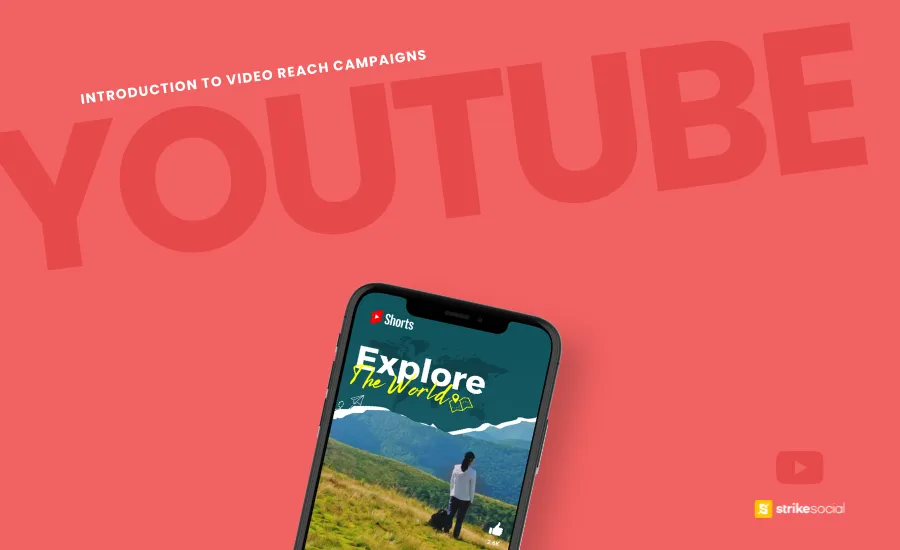

Expand Your Audience with YouTube Video Reach Campaigns
By leveraging multiple advertising formats, YouTube advertisers can effectively broaden their reach, engage a wider audience, and maximize the impact of their campaigns beyond the YouTube app and YouTube TV.
Standard display ads
Ad placements
- Google Display Networks, Gmail, YouTube Home Feed and YouTube In-Feed
Assets overview
- Images: Up to 15 images
- Logos: Up to 5 variations
- Videos: Up to 5 videos
- Final URL: Landing page users reach after clicking the ad
- Business name: ≤25 characters
- Headlines: ≤30 characters; can add up to 5
- Long headline: ≤90 characters
- Description: ≤90 characters; can add up to 5
Technical YouTube ad specifications
- Dimensions:
- 300 pixels by 250 pixels
- 300 pixels by 60 pixels (YouTube Reserve companions)
- 300 pixels by 600 pixels (Zagat only)
- Formats: GIF, JPG, PNG
- Maximum file size: 150KB
- Maximum animation time: 30 seconds (all animations, including loops, must stop at 30 seconds)
- Audio: no sound
- Border: creatives with partially black or white backgrounds must have a visible border of a contrasting color
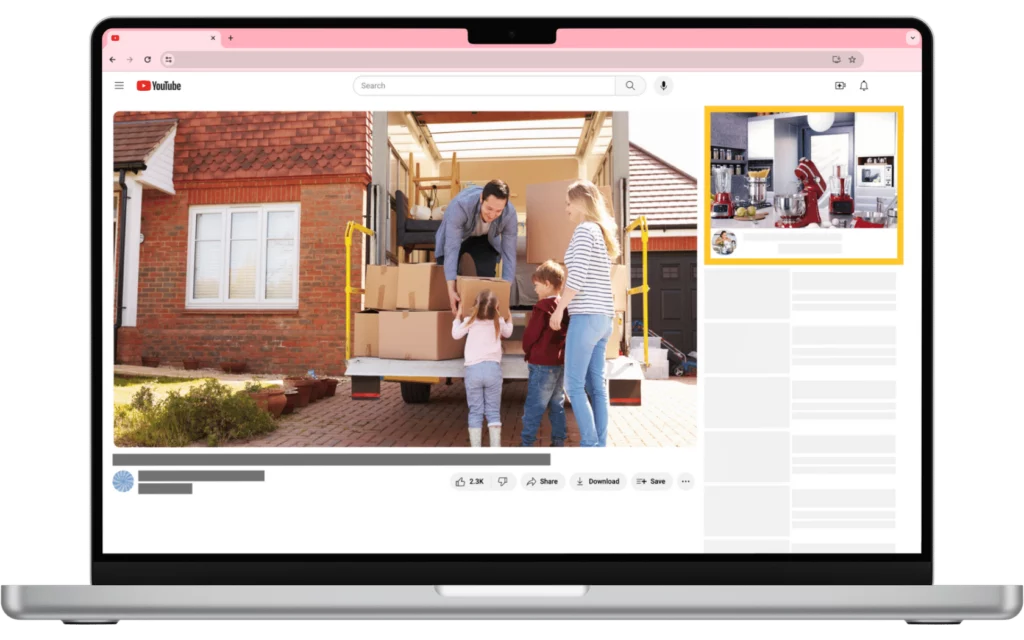

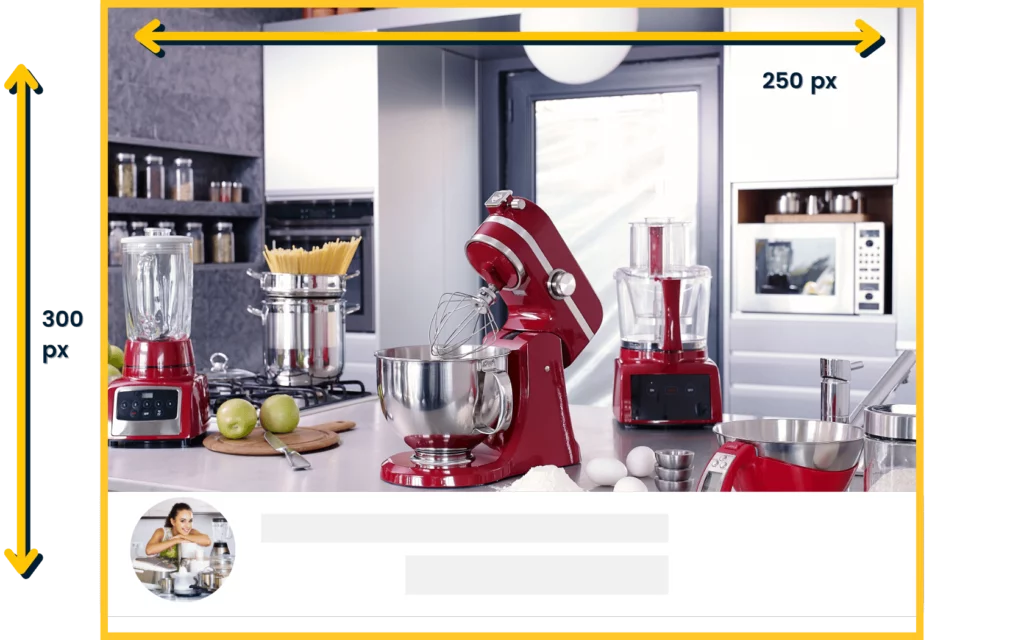

Demand Gen (formerly Video Action Campaigns)
YouTube advertising goes beyond awareness, helping brands move audiences down the funnel to drive engagement and conversions through video ads and product shopping ads. Video Action Campaigns (VAC) have been pivotal in achieving these goals.
VAC has now transitioned to Demand Gen, enhancing its capabilities to expand its reach while maintaining the performance and results that brands rely on. This evolution offers advertisers an opportunity to tap into broader audience segments without compromising on the effectiveness of their campaigns.
Ad placements
- YouTube, Discover, Gmail, and the Google Display Network (GDN)
Assets overview
- Final URL: Destination landing page
- Logos: Up to 5 variations
- Video URL: Must be uploaded and hosted on YouTube
- Image: Choose from 4 autogenerated thumbnails
- Headline: (1) ≤30 characters – in-stream inventory; (1) ≤90 characters – in-feed inventory
- Description: ≤90 characters
- CTA: ≤10 characters
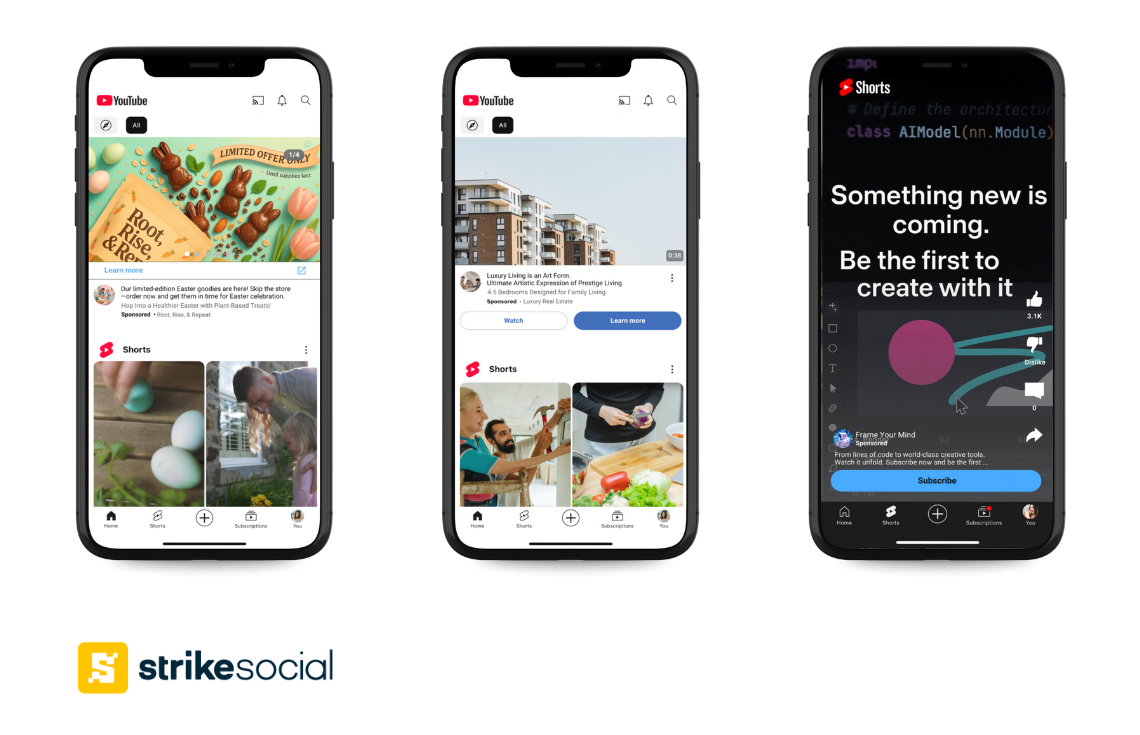

Image ad settings
- Images: Up to 15 images
- File format: JPG, PNG, or static GIF
- Business name: ≤25 characters
- Headlines: ≤40 characters; can add up to 5
- Description: ≤90 characters; can add up to 5
- Resolution: 1920 x 1080px (horizontal); 1080 x 1920px (vertical); 1080 x 1080px (square)
- Minimum px for Standard HD: 1280 x 720px (horizontal); 720 x 1280px (vertical); 480 x 480px (square)
- Maximum file size: ≤ 5MB
Video ad settings
- Videos: Up to 5 videos
- Business name: ≤25 characters
- Headlines: ≤40 characters; can add up to 5
- Long headline: ≤90 characters; can add up to 5
- Description: ≤90 characters; can add up to 5
- File format: .MPG (MPEG-2 or MPEG-4)
- .WMV, .AVI, .MOV and .FLV .MPEG-1, .MP4, .MPEGPS, 3GPP, WebM, DNxHR, ProRes, CineForm & HEVC (h265)
- Resolution: 1920 x 1080px (horizontal); 1080 x 1920px (vertical); 1080 x 1080px (square)
- Minimum px for Standard HD: 1280 x 720px (horizontal); 720 x 1280px (vertical); 480 x 480px (square)
- Frame rate: 30 FPS
- Aspect ratio: 16:9 for horizontal; 9:16 for vertical; 1:1 for square
- Maximum file size: ≤ 256GB
Carousel ad settings
- Images: Up to 10 image cards
- Business name: ≤25 characters
- Headlines: ≤40 characters; 1 per card; 1 headline for the full carousel
- Description: ≤90 characters
In-stream non-skippable ads
These YouTube ad formats play while viewing the video content and last up to 15 seconds or shorter. Non-skippable video ads appear before the selected video and much be watched in its entirety before the video can be viewed.
Ad placements
- Where they appear: Appear before, during, or after YouTube videos
- Also served across video partner sites and apps within the Google Display Network (GDN) (unless excluded in campaign settings)
Assets overview
- Video URL: Must be uploaded and hosted on YouTube
- Final URL: Landing page users are directed to after clicking the ad
- Display URL: Up to 255 characters
- Headline: ≤15 characters
- Companion: 300 pixels by 60 pixels .jpg, static .gif or .png; 300 pixels by 250 pixels video wall will show on YouTube if no companion ad is provided
- Maximum file size: 150KB
Video ad settings
- File format: .MPG (MPEG-2 or MPEG-4)
- .WMV, .AVI, .MOV and .FLV .MPEG-1, .MP4, .MPEGPS, 3GPP, WebM, DNxHR, ProRes, CineForm and HEVC (h265)
- Resolution: 1920 x 1080px (horizontal); 1080 x 1920px (vertical); 1080 x 1080px (square)
- Minimum px for Standard HD: 1280 x 720px (horizontal); 720 x 1280px (vertical); 480 x 480px (square)
- Frame rate: 30 FPS
- Aspect ratio: 16:9 for horizontal; 9:16 for vertical; 1:1 for square
- Maximum file size: ≤ 256GB
- Length: 15 or 20 seconds for non-skippable; ≤ 20 seconds for long non-skippable
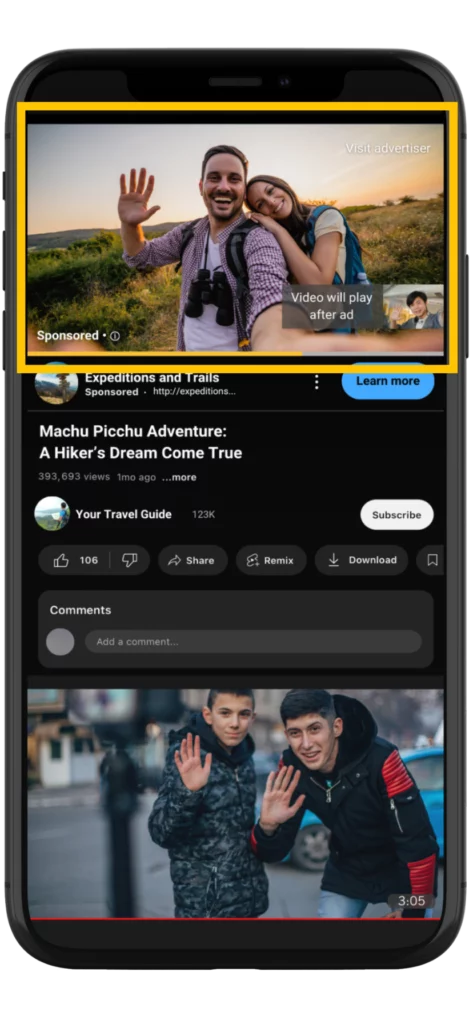

In-stream skippable ads
Skippable video ads allow viewers to skip ads after 5 seconds and move on to their viewing selection.
Ad placements
- Where they appear: Ads are served before, during, or after YouTube videos
- Across video partner sites and apps within the Google Display Network (GDN) (unless excluded in campaign settings)
Assets overview
- Video URL: Must be uploaded to YouTube
- Final URL: Landing page users are directed to after clicking the ad
- Display URL: Up to 2 customizable paths (15 characters each)
- Long headline: ≤90 characters
- Description: ≤90 characters
- Companion (desktop only): 300 pixels by 60 pixels .jpg, static .gif or .png; 300 pixels by 250 pixels video wall will show on YouTube if no companion ad is provided
- Maximum file size: 150KB
Video ad settings
- File format: .MPG (MPEG-2 or MPEG-4)
- .WMV, .AVI, .MOV and .FLV .MPEG-1, .MP4, .MPEGPS, 3GPP, WebM, DNxHR, ProRes, CineForm & HEVC (h265)
- Resolution: 1920 x 1080px (horizontal); 1080 x 1920px (vertical); 1080 x 1080px (square)
- Minimum px for Standard HD: 1280 x 720px (horizontal); 720 x 1280px (vertical); 480 x 480px (square)
- Frame rate: 30 FPS
- Aspect ratio: 16:9 for horizontal; 9:16 for vertical; 1:1 for square
- Maximum file size: ≤256 GB
- Best practices for Awareness and Action campaigns: 15 to 20 seconds; for Consideration campaigns: 60 seconds to 3 minutes
- Length: 15 seconds to 3 minutes
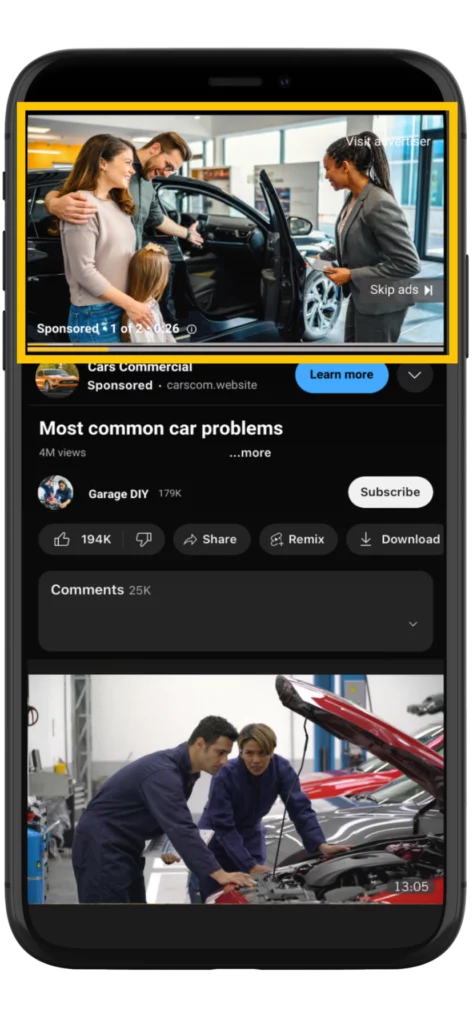

Video View Campaign Skippable in-stream
Assets overview
- Video URL: Must be uploaded to YouTube
- Final URL: Landing page users are directed to after clicking the ad
- Display URL: Up to 2 customizable paths (15 characters each)
- Long headline: ≤90 characters
- Description: ≤90 characters
Video ad settings
- Resolution:
- 1080p (Full HD): Recommended pixels (px) for HD: 1920 x 1080px (horizontal)
- 720p (Standard HD): Minimum px: 1280 x 720px (horizontal)
- SD: 640 x 480px (horizontal)
- For optimal quality, we don’t recommend using SD.
- Aspect Ratio: HD: 16:9 for horizontal; SD: 4:3 (SD) for horizontal
- For optimal quality, we don’t recommend using SD.
- Format: .MPG (MPEG-2 or MPEG-4), .WMV, .AVI, .MOV and .FLV .MPEG-1, .MP4, .MPEGPS, 3GPP, WebM, DNxHR, ProRes, CineForm & HEVC (h265)
- File Size: ≤256 GB
- Format composition for In-stream placement: ≥:05 seconds horizontal
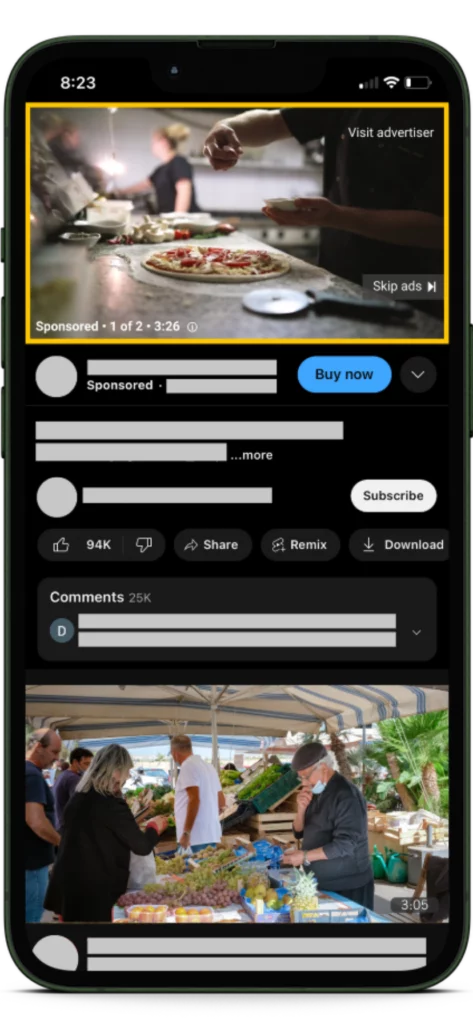

Further Reading
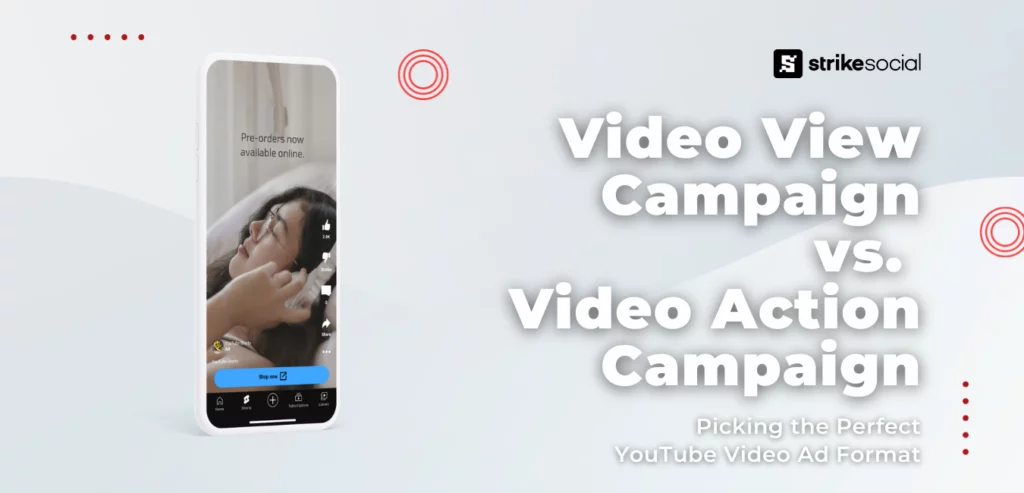


YouTube Video View Campaign vs. Video Action Campaign
With the variety of YouTube advertising options, choosing the right one for your brand can be challenging. To guide your decision, we break down the differences between YouTube Video View Campaigns and Video Action Campaigns. Discover their unique objectives, benefits, and the ideal scenarios for leveraging each campaign type.
Video View Campaign In-feed
Assets overview
- Video URL: Must be uploaded to YouTube
- Final URL: Landing page users are directed to after clicking the ad
- Display URL: Up to 2 customizable paths (15 characters each)
- Long headline: ≤90 characters
- Description: ≤90 characters
Video ad settings
- Resolution:
- 1080p (Full HD): Recommended pixels (px) for HD: 1920 x 1080px (horizontal)
- 720p (Standard HD): Minimum px: 1280 x 720px (horizontal)
- SD: 640 x 480px (horizontal)
- For optimal quality, we don’t recommend using SD.
- Aspect Ratio: HD: 16:9 for horizontal; SD: 4:3 (SD) for horizontal
- For optimal quality, we don’t recommend using SD.
- Format: .MPG (MPEG-2 or MPEG-4), .WMV, .AVI, .MOV and .FLV .MPEG-1, .MP4, .MPEGPS, 3GPP, WebM, DNxHR, ProRes, CineForm & HEVC (h265)
- File Size: ≤256 GB
- Format composition for YouTube in-feed placement: ≥:05 seconds horizontal
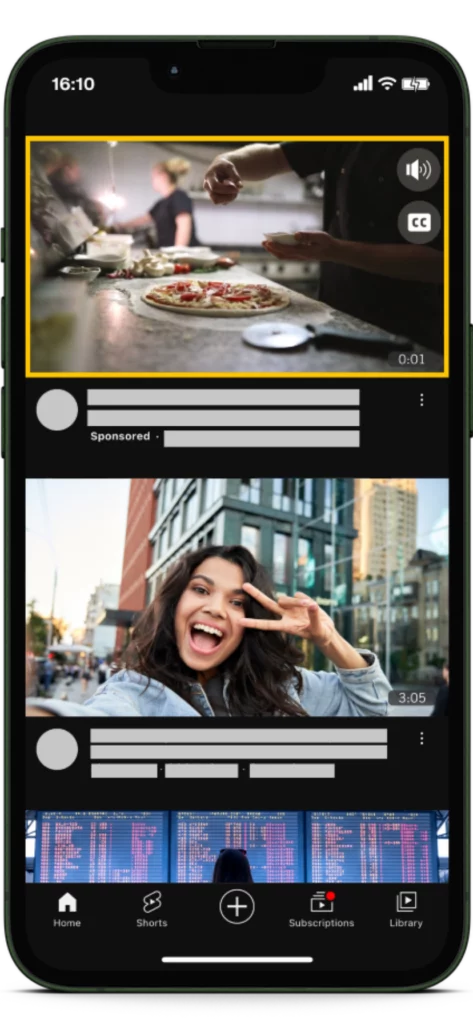

Video View Campaign in YouTube Shorts placement
As YouTube Shorts emerges as a standalone vertical video feed, Video View Campaigns capitalize on this placement to drive more engaged views. At Strike Social, YouTube Shorts has proven highly effective, with one of our standout campaigns attributing 43% of its total ad views to Shorts placements alone.
Assets overview
- Video URL: Must be uploaded to YouTube
- Final URL: Landing page users are directed to after clicking the ad
- Display URL: Up to 2 path segments (15 characters each)
- Long headline: ≤90 characters
- Description: ≤90 characters
Video ad specifications
- Resolution:
- 1080p (Full HD): Recommended pixels (px) for HD: 1080 x 1920px (vertical)
- 720p (Standard HD): Minimum px: 720 x 1280px (vertical)
- SD: 480 x 640px (vertical)
- For optimal quality, we don’t recommend using SD.
- Aspect Ratio: HD: 9:16 for vertical; SD: 2:3 (SD) for horizontal
- For optimal quality, we don’t recommend using SD.
- Format: .MPG (MPEG-2 or MPEG-4), .WMV, .AVI, .MOV and .FLV .MPEG-1, .MP4, .MPEGPS, 3GPP, WebM, DNxHR, ProRes, CineForm & HEVC (h265)
- File Size: ≤256 GB
- Format composition for YouTube Shorts placement: ≥:05 seconds vertical
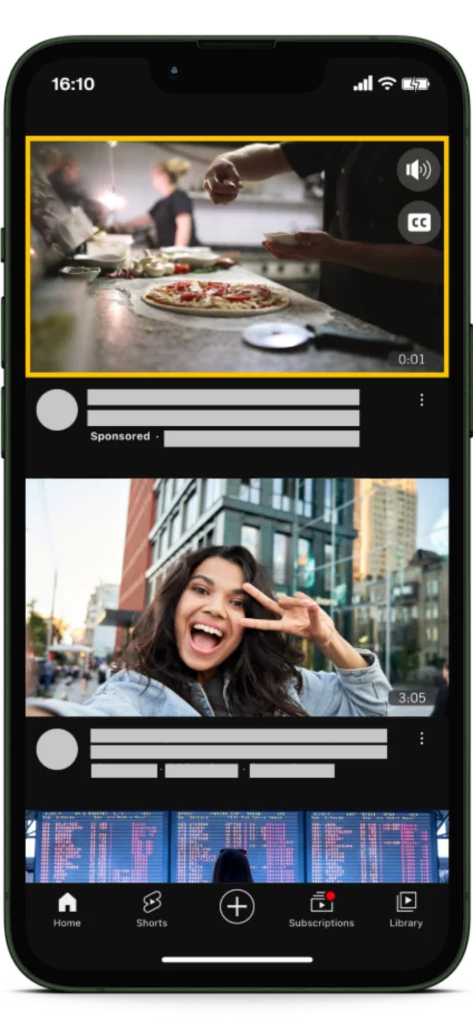

Video Reach Campaign
To expand your reach across both YouTube and YouTube TV platforms, Video Reach Campaign (VRC) allows your video ads to appear on both small and large screens. Below are the recommended YouTube ad specifications for VRC:
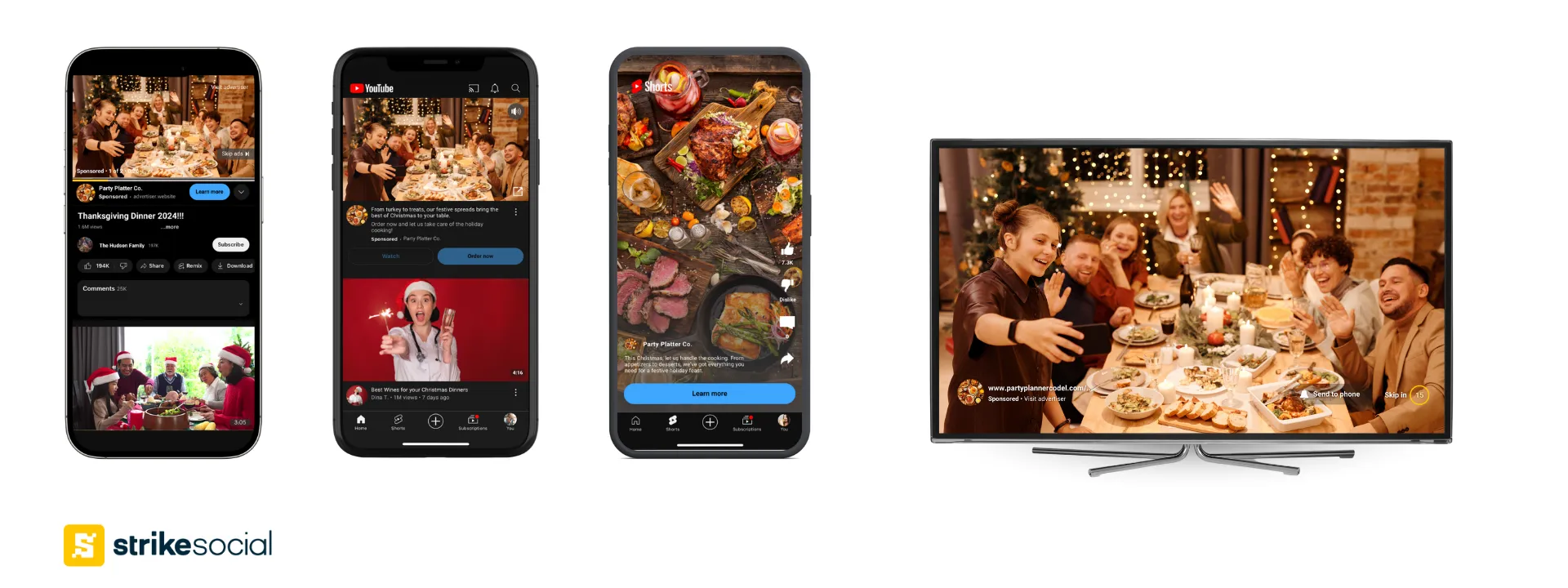

Ad placements
- Where they appear: Appear before, during, or after YouTube videos (desktop, mobile, tablet, and Connected TV)
- Also served across video partner sites and apps within the Google Display Network (GDN) (unless excluded in campaign settings)
Assets overview
- Video URL: Must be uploaded to YouTube
- Final URL: Destination landing page users reach after clicking the ad
- Display URL: Up to 2 path segments (15 characters each)
- Long headline: ≤90 characters
- Description: ≤90 characters
YouTube VRC specifications
- Resolution:
- 1080p (Full HD): Recommended pixels (px) for HD: 1080 x 1920px (vertical)
- 720p (Standard HD): Minimum px: 720 x 1280px (vertical)
- SD: 480 x 640px (vertical)
- For optimal quality, we don’t recommend using SD.
- Aspect Ratio: HD: 16:9 for horizontal; 9:16 for vertical; 1:1 for square
- Format: .MPG (MPEG-2 or MPEG-4), .WMV, .AVI, .MOV and .FLV .MPEG-1, .MP4, .MPEGPS, 3GPP, WebM, DNxHR, ProRes, CineForm & HEVC (h265)
- File Size: ≤256 GB
- Format composition: Any length; Recommended:
- (1) horizontal :15 and (1) horizontal :06
- (1) vertical :06-:60
Set Your YouTube Ad Creatives for Success
Your YouTube ad is the first point of contact with your audience, making it essential to ensure it’s both visually appealing and conveys your message effectively. To ensure your ad is displayed as intended and captures your audience’s attention, it’s crucial to follow the right specifications.
This YouTube ad specs guide will prepare you for success in 2025. Looking for more tailored insights? Sign up for our newsletter to receive regular updates on YouTube paid advertising and more.
Strike Overview
- Demand Gen campaigns simplify the process of managing separate strategies for YouTube and Google Display ads by combining them into one streamlined solution.
- For a leading global clothing and retail brand, Demand Gen delivered outstanding results, achieving a 1.86x ROAS and reducing CPA by 66%—a testament to the potential of this campaign format.
- If you’re aiming for similar success, you’re in the right place. This guide will cover everything you need to know, from the basics like Demand Gen campaign specs and ad formats to expert tips on creating Demand Gen campaigns that deliver results for your brand.
Jump to Section
How to Set Up Demand Gen Campaigns for YouTube & Google Ads
For advertisers looking to simplify cross-platform advertising on YouTube and Google networks, Demand Gen campaigns are becoming the go-to solution. It’s a full transition from YouTube TrueView for Action to Video Action Campaigns (VAC) — and now, Demand Gen campaigns.
By combining the reach of Google’s ecosystem with the creative impact of YouTube video ads and image ads, Demand Gen campaigns provide a powerful way to drive action and conversions by targeting users in key moments of intent.
What Are Demand Gen Campaigns?
Powered by Google AI, Demand Gen campaigns allow advertisers to engage users across multiple touchpoints within YouTube, YouTube Shorts, Discover, and Gmail.
With the introduction of multi-format ads that can be created within a single Demand Gen campaign, advertisers can now reach and engage the 63% of customers who use Google feeds to discover or research new brands and products.
Benefits of using Google’s Demand Gen campaigns
Apart from reaching a vast audience network that you can previously reach using separate YouTube and Google ad campaigns, here are other key benefits that make Demand Gen an attractive choice for advertisers:
1. Customizable Ad Experiences:
- Demand Gen supports multiple ad formats, including single image, video, and carousel image ads, allowing you to engage audiences with diverse creative options.
- Google Demand Gen campaigns use audience-first creatives so that the most riveting ad creatives that capture audiences are served the most to customers likely to click and convert.
2. Improved Performance Metrics:
- The early adoption of Google Demand Gen ads has brought impressive results, which has led Google to be confident in making this a more prominent campaign type:
- 7.64% CTR with 43% better CPC efficiency on ads served in YouTube placements (Strike Social Campaign Lab data, U.S. Demand Gen campaign for entertainment brand)
- 58% higher ROAS than Video Action Campaigns (Nielsen MMM meta-analysis on Demand Gen vs. 2024 Google AI-powered YouTube ads)
- 3x higher CTR and 61% lower CPA (Demand Gen beta test by Search Engine Land)
3. Enhanced AI Capabilities:
- Demand Gen makes use of Google’s AI for its bidding strategy, helping advertisers secure more clicks and conversions with automated optimizations.
- AI-powered image editing allows advertisers to enhance creatives by automatically selecting and refining images from the Google Merchant Center for better ad performance.
Demand Gen Campaign Specs and Requirements
Ready to set up your Demand Gen campaigns? Here’s a detailed guide on the available ad formats and their specifications to help you create high-performing ads with this campaign type.
Available Ad Formats
Image Ads
Image ads are ideal for quick, visually appealing ads that contain all your information in a single image. If you’re looking to capture audiences who want your product or service information in one look, image ads are the way to go.
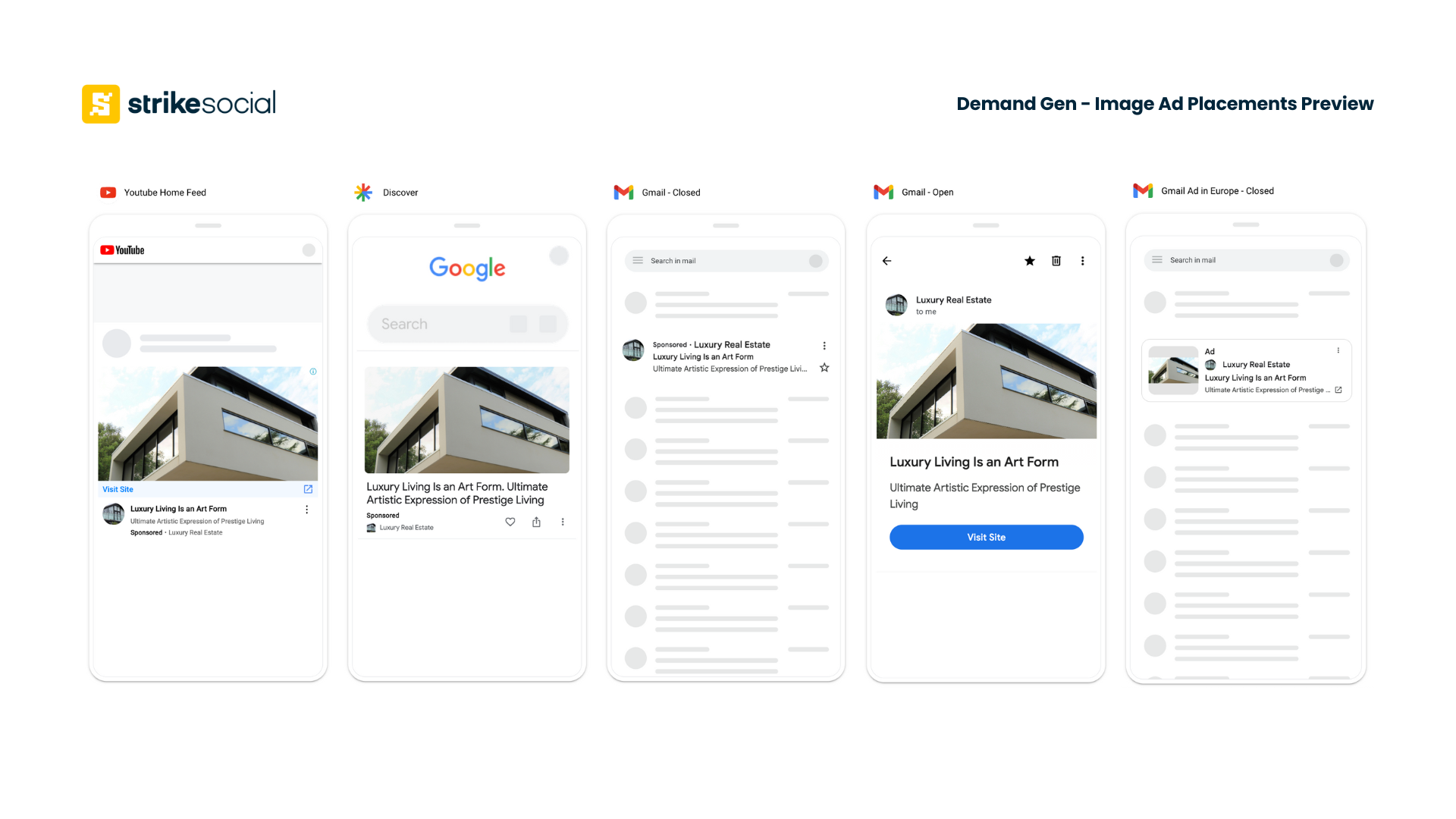

Ad specs for Demand Gen image ads
- Resolution and Aspect Ratio:
- 1.91:1 (Landscape) – Recommended: 1200 × 628
- 1:1 (Square) – Recommended: 1200 × 1200
- 4:5 (Portrait) – Recommended: 960 × 1200
- 9:16 (Vertical) – Recommended: 1080 × 1920 (Only available on YouTube Shorts)
- File Size: Max 5MB
- Headline: Up to 5 headlines (Max 40 characters each)
- Description: Up to 5 descriptions (Max 90 characters each)
- Business Name: Max 25 characters
- URL: Required; supports different URLs for mobile placements
- Logo: Up to 5 (1:1 ratio; Recommended: 1200 × 1200)
- Logos are displayed as circular images; 5.36% of each corner may be cropped
- CTA: Automated or manual selection (choose from the following):
** Note: If uploading a GIF file for an image ad, the ad displayed will be a static version only.
Carousel Ads
Showcase multiple images in a single ad, giving your audience a more engaging experience with your Demand Gen placements. This format encourages viewers to explore and interact with your offers by swiping through the carousel.
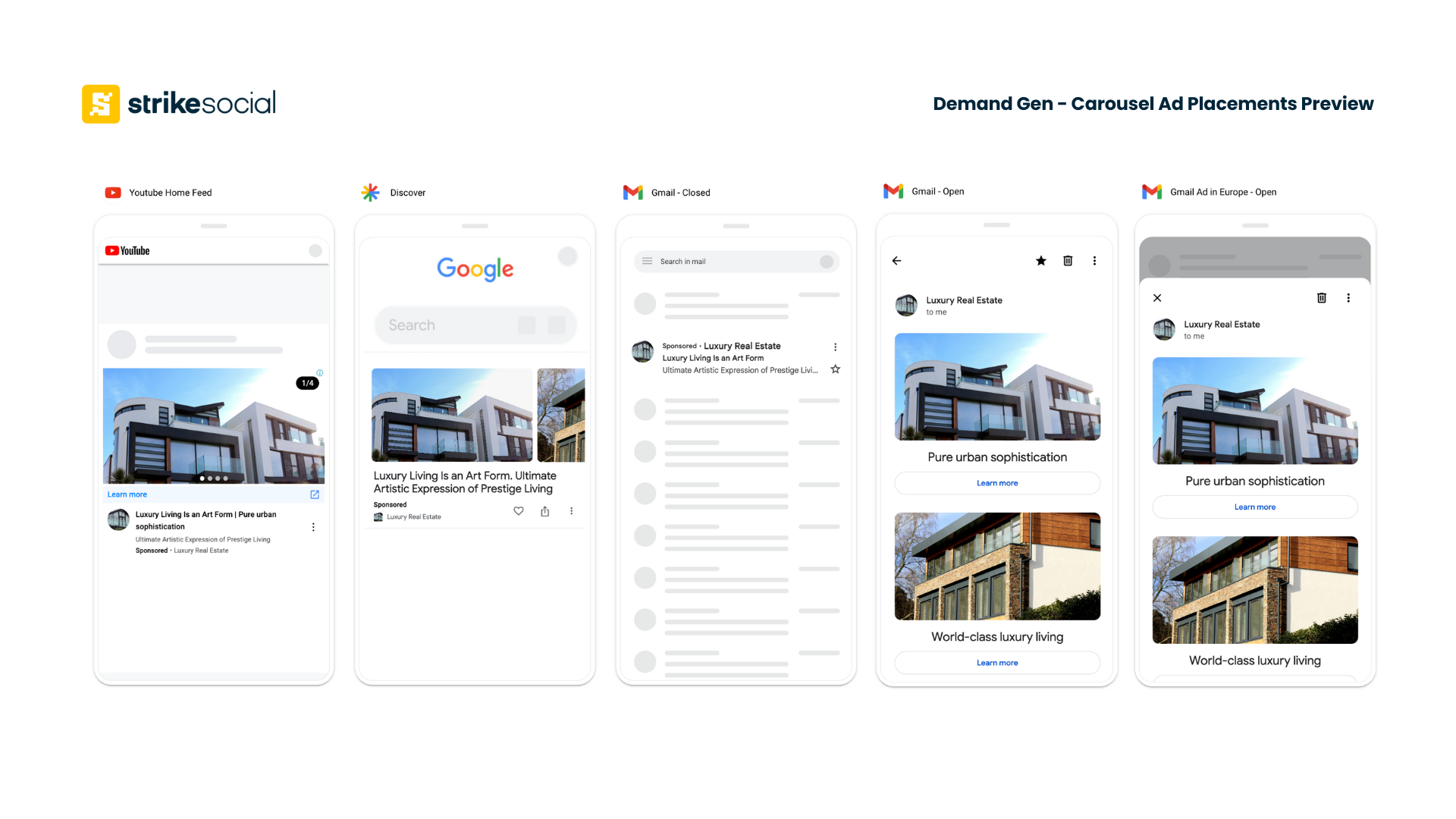

Ad specs for Demand Gen carousel ads
- Carousel cards: Up to 10
- Resolution and Aspect Ratio:
- 1.91:1 (Landscape) – Recommended: 1200 × 628
- 1:1 (Square) – Recommended: 1200 × 1200 (Square images not supported in Discover placements)
- 4:5 (Portrait) – Recommended: 960 × 1200 (Optional)
- All carousel cards must be the same dimension. For example, if you’re choosing square resolutions for one carousel image card, then all must be square.
- It’s recommended to have both landscape and square carousel images for better compatibility with different Demand Gen placements.
- File Size: Max 5MB
- Headline: Up to 5 headlines (Max 40 characters each)
- Description: Up to 5 descriptions (Max 90 characters each)
- Business Name: Max 25 characters
- URL: Required; different URLs can be set for each carousel card
- Logo: Up to 5 (1:1 ratio; Recommended: 1200 × 1200)
- Logos are displayed as circular images; 5.36% of each corner may be cropped
- CTA: Automated or manual selection; can set different CTAs for each carousel card:
Video Ads
An effective way to engage users, especially on YouTube and YouTube Shorts. Reach over 250 million users in the U.S. with video ads placed across various Demand Gen placements, making it a format you can’t afford to overlook.
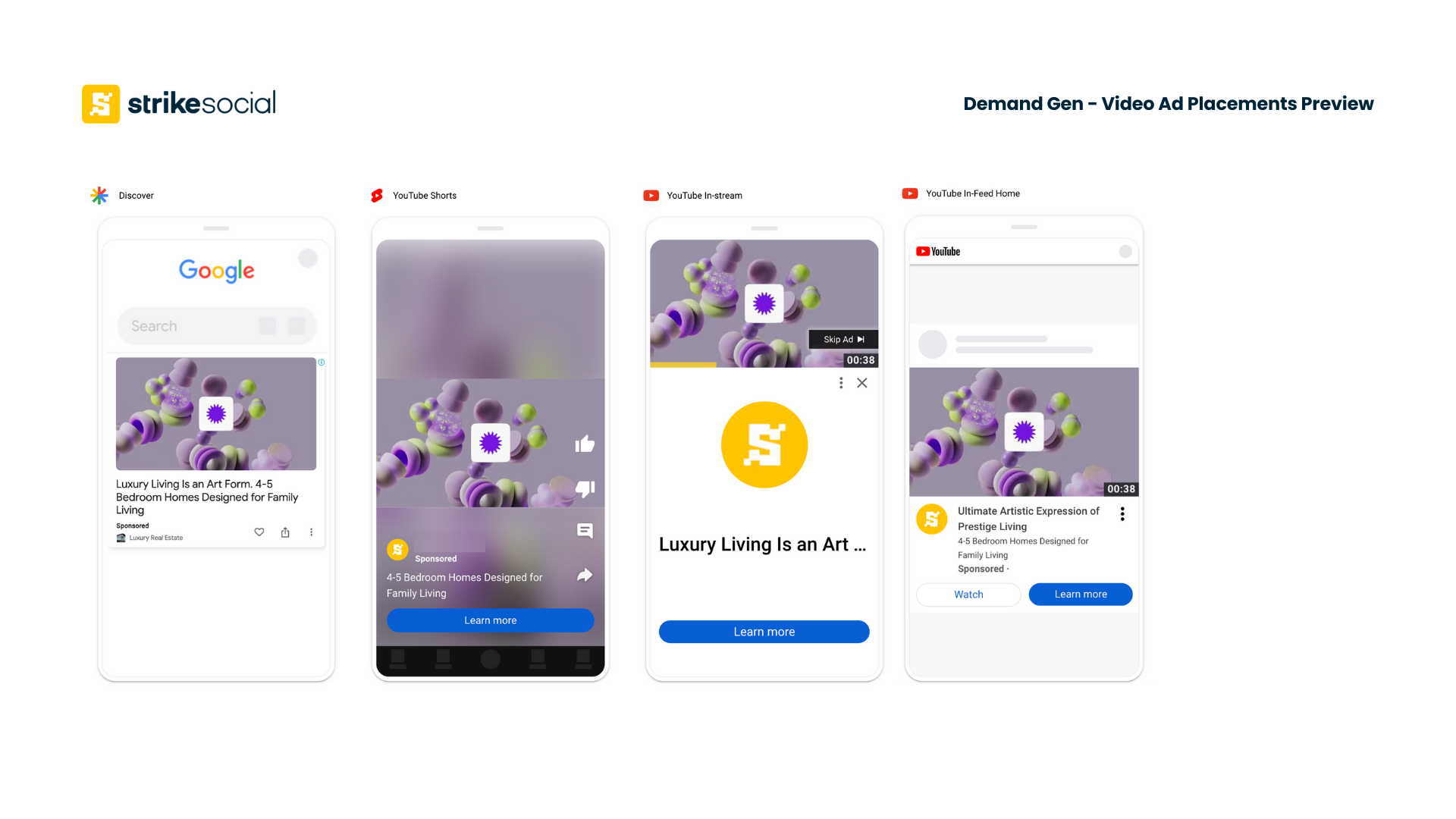

Ad specs for Video ads on Demand Gen campaigns
- Video Uploads: Up to 5 videos
- Length:
- Minimum: 5 seconds
- Maximum for YouTube Shorts ad placements: 60 seconds
- No prescribed max length for landscape and square ads;
Recommended: Up to 3 minutes or based on industry best practices.
- Resolution and Aspect Ratio:
- 16:9 (Landscape) – Recommended: 1920 × 1080 (HD)
- 1:1 (Square) – Recommended: 1080 × 1080 (HD)
- 9:16 (Vertical) – Recommended: 1080 × 1920 (HD)
- File Size: Max 256GB
- Headline: Up to 5 (Max 40 characters each)
- Long Headline: Up to 5 (Max 90 characters each)
- Description: Up to 5 (Max 90 characters each)
- Business Name: Max 25 characters
- Logo: Up to 5 (1:1 ratio; Recommended: 1200 × 1200)
- Logos are displayed as circular images; 5.36% of each corner may be cropped
- Sitelinks: Up to 4 (shown in skippable in-stream ads on mobile placements only)
- CTA Options:
** Note: Your video must be uploaded to YouTube as either public or unlisted. You can also create a generative video ad directly in Campaign Manager.
** Demand Gen video ads on Gmail will only be served on mobile.
Further Reading
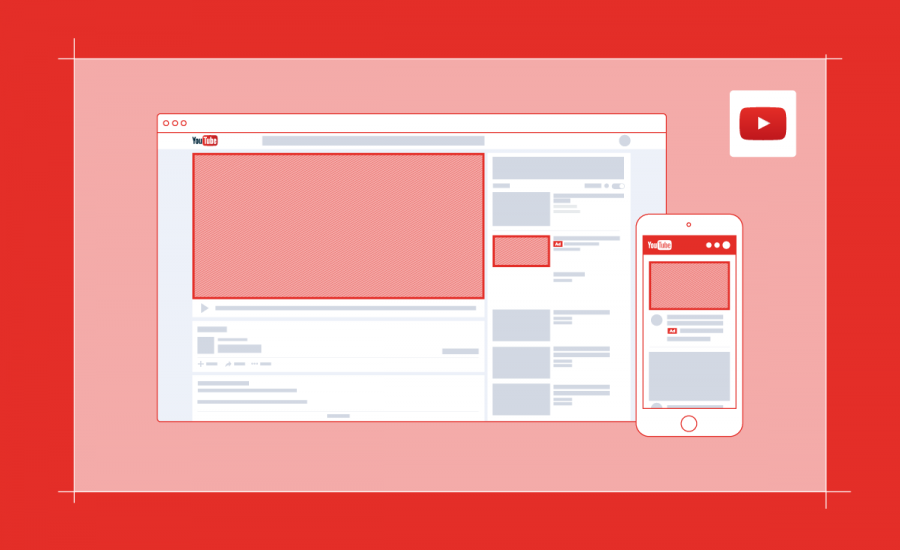

YouTube Advertising Ad Specs and Set Up Guide
Setting up a successful YouTube ad starts with understanding the right specifications. Knowing the correct ad sizes, formats, and technical details ensures your video creative is displayed properly, helping you deliver a clear message to your audience.
Targeting Capabilities and Limitations
Google Demand Gen campaigns offer advanced audience targeting options designed to maximize reach and relevance. Consider the following capabilities you can maximize when planning your campaigns.
1. Lookalike segment
Demand Gen campaigns allow you to create lookalike audiences based on first-party data, such as customer lists or newsletter sign-ups. This helps expand reach by targeting users who share similar traits with your existing customers.
For example, using lookalike audiences can help you target similar profiles of those who made past purchases from your website, increasing the likelihood of conversions.
Lookalike audiences are particularly effective for mid-funnel strategies, which Demand Gen focuses on. They help you find new, high-intent users by relying on your existing customer data. You can choose between Narrow (2%), Balanced (5%), or Broad (10%) to target people with similar profiles.


2. Custom segments
Custom segments help you target potential customers based on their search behavior, interests, and online activity. To improve targeting accuracy, you can create segments using specific search terms, competitor websites, or app activity.
For instance, if you want a headstart on your Mother’s Day promotions for your flower arrangement business, you can use a custom segment for search terms such as “ideas for Mother’s Day gifts,” “top 10 Mother’s Day gift ideas,” etc. to get audiences intently looking for Mother’s Day gifts and likely to make a purchase.
3. Optimized targeting
Google’s AI-driven optimized targeting expands reach beyond your specified audience signals to users likely to convert. While the priority remains on your defined audience, optimized targeting helps increase clicks and conversions by identifying new high-performing prospects.


If optimized targeting improves performance, you may notice a shift in your initial targeting selections. However, this is expected and indicates that the campaign is effectively driving the desired results.
Understanding how audience targeting works in Demand Gen campaigns allows you to align your strategy with your campaign goals better.
Step-by-Step Guide to Setting Up Demand Gen Campaigns in Google Ads
Now that you have the basics of Demand Gen campaign specs and audience targeting, it’s time to set up the campaign.
1. Choose a campaign objective that aligns with your business goals. Demand Gen supports the following objectives:
- Sales
- Leads
- Website traffic
- Awareness and consideration
- Create a campaign without guidance
2. Choose Demand Gen as the campaign type, then click Continue.
3. Set Up Campaign-Level Details:
Define the core settings for your campaign such as the campaign name, target cost-per-action (CPA), campaign budget, and campaign dates. You can also set up your location and language targeting if they will be the same for all your ad groups within this campaign.
In addition, you can select whether to distribute your ads to Google video partners (this feature is currently still in Beta testing).


4. Set Up Ad Group-Level Targeting:
Refine your targeting by setting up audience specifications at the ad group level within your Google Demand Gen campaign. Here, you can define audience segments, lookalikes, and custom audiences to ensure your ads reach the right people.
You can also decide whether to target only YouTube or expand your reach to Discover, Gmail, and the Google Display Network (currently in beta and available to a limited group of advertisers).
5. Create Your Ads:
Select from three main ad formats in Demand Gen campaigns: image, video, and carousel.
Upload your ad creatives, and Google’s AI will automatically test and optimize different combinations, prioritizing the highest-performing variations.
Set a clear ad name for easy identification within the campaign, then configure the ad URL, headlines, descriptions, and sitelinks (for video ads only).


6. In the Review campaign section, review your campaign settings and targeting, and confirm that ad creatives are correctly configured. Once you’re ready, click Publish campaign.
The campaign will typically have a 2-week to 6-week learning period during which Google can collect data and optimize bids effectively. From here, monitoring your Demand Gen campaign is essential and requires a constant eye to ensure it is running on pace.
Must-Knows for Your Demand Gen Campaigns
Launching a Demand Gen campaign is only the beginning — the real work starts after going live. Complexities may arise, so understanding what to expect and how to maintain control over your campaigns is essential.
Here’s what you need to know to run effective Demand Gen ads on YouTube and Google:
Brand Safety and Suitability
Demand Gen ads serve across YouTube, Gmail, and Discover feeds, which can expose your brand to unsuitable content. Protect your brand with these strategies:
- Use Exclusions: Exclude low-quality websites, apps, and sensitive content categories (e.g., violence, mature themes). Adjust these settings under Tools > Content Suitability in Google Ad Manager.
- Add Negative Keywords: Unlike keyword targeting, adding negative keywords prevents your ads from appearing in specific searches. For example, if you want to avoid your brand showing up alongside political content, especially during election season, using negative keywords ensures your brand stays clear of any political association.
Further Reading
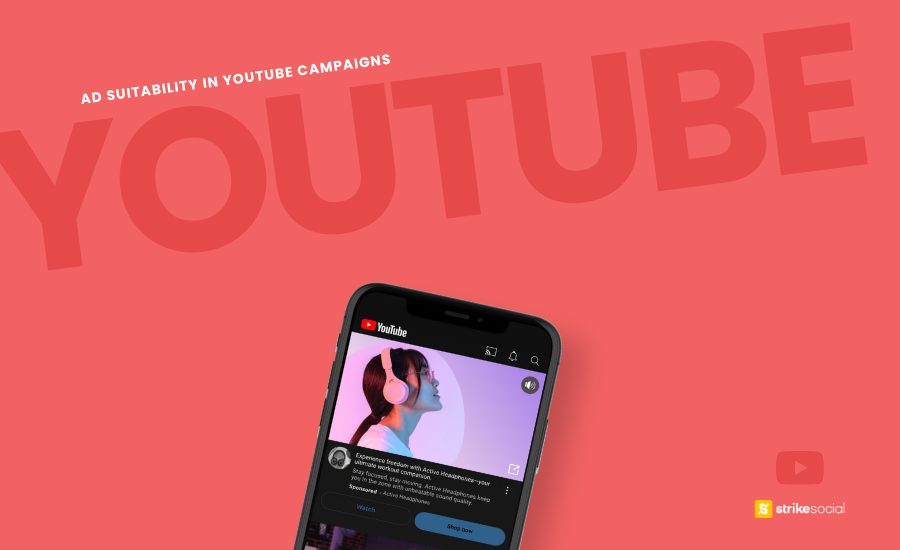

The Importance of Ad Suitability on YouTube
Ensuring your ads reach the right audience is important—but so is pairing them with the right content. Understanding ad suitability helps you protect your brand’s image, strengthen messaging, and avoid misalignment with inappropriate or off-brand content.
Goal Clarity
Is Demand Gen suitable for all stages of your paid social ad campaign — from awareness to traffic and conversions? While Demand Gen supports multiple campaign objectives, you must clearly define your target outcome to ensure it aligns with your campaign goals.
- Mid-to-Lower Funnel Focus: Demand Gen campaigns are designed to drive clicks and actions, such as website visits, leads, and sales.
While Demand Generation can be chosen from the awareness objective, a great choice for the top of the funnel (ToFu) is Video Reach Campaigns. By utilizing different YouTube ad formats such as in-stream (bumper, skippable), in-feed, and Shorts ads, you can better increase brand awareness through video engagement within related content.
What Sets Demand Gen Apart
Demand Gen campaigns combine creative flexibility and automated targeting in ways other Google Ads formats cannot:
- Flexibility over Audience Targeting: Unlike PMax, which automates most targeting, Demand Gen gives you more granular control over audience segmentation.
- Hybrid Ad Formats: With support for images, videos, and carousel ad formats, you have more flexibility in testing creative variations and adjusting placements based on performance.
Know the Best YouTube Ads Agency to Partner With
While Demand Gen automates many processes, working with a specialized YouTube Ads agency can take your performance to the next level. Here’s what to look for when choosing the right agency to manage your Demand Gen campaigns:
- YouTube Ads Expertise: Since Demand Gen is rooted in YouTube Video Action Campaigns, your agency should have deep experience in managing YouTube campaigns. A strong portfolio of YouTube case studies will give you insight into their track record and effectiveness.
- Google-Recognized: Being a Google Partner signals an agency’s expertise in running and optimizing YouTube and Google campaigns. Further, a Google Premier Partner status reflects consistent excellence and proven performance in managing high-spend campaigns.
Strike Social has proudly held Google Premier Partner status for six years — a testament to our expertise and success in running high-performing campaigns. With the trust of many top-tier clients, we continue to deliver results and maintain this prestigious recognition.
Join Strike Social’s growing network of successful clients.
Get a personalized walkthrough of our ad activation and management tools from our expert team.





It’s More Than Just YouTube Advertising Now
The shift from Video Action Campaigns to Demand Gen signals Google’s push toward a more integrated and expansive advertising ecosystem. Demand Gen’s expansion beyond YouTube to Google’s broader network gives you more opportunities to increase ad performance across multiple channels and placements.
However, even with increased automation, you can still maintain control through strategic campaign monitoring and pacing. As your campaigns evolve, you can position your brand ahead of innovation by learning how Demand Gen fully works and how you can improve your performance.
Article by
Lee Baler, Strike Social’s VP of Sales & Strategy
Lee leads global strategy, helping clients and agencies maximize YouTube and paid social performance. Constantly tracking industry trends, he translates insights into strategies that help brands stay competitive and achieve sustained profitability.
Strike Overview
- Are you considering shifting from TikTok to YouTube Shorts for your advertising strategy? With growing uncertainties surrounding TikTok’s future in the U.S., YouTube Shorts has emerged as a top alternative.
- YouTube Shorts now supports videos up to 3 minutes long, providing brands and creators with more time to connect with audiences—three times the duration of TikTok’s 60-second cap.
- Understanding the key differences in ad performance between TikTok and YouTube Shorts is essential for determining which platform is the best fit for your short-form video campaigns.
- If the U.S. eventually bans TikTok, YouTube Shorts ads could become the leading platform for advertisers seeking continuity in their campaigns. Is this the right move for you?
Jump to Section
Complete Guide to Moving TikTok Ads to YouTube Shorts Ads
If it’s a short-form domination battle between TikTok vs. YouTube Shorts, the former is the clear winner. According to Sensor Tower’s State of Mobile report, TikTok captures 55% of short-form video watch time in the U.S., while Instagram Reels holds 36% and YouTube Shorts at 26%.
However, TikTok’s future in the U.S. remains highly uncertain. After the app’s brief ban in January, concerns continue to grow among both creators and advertisers.
While U.S. content creators have started shifting to Instagram Reels and YouTube Shorts, advertisers see YouTube as the strongest TikTok alternative—offering a stable platform and a massive audience base.
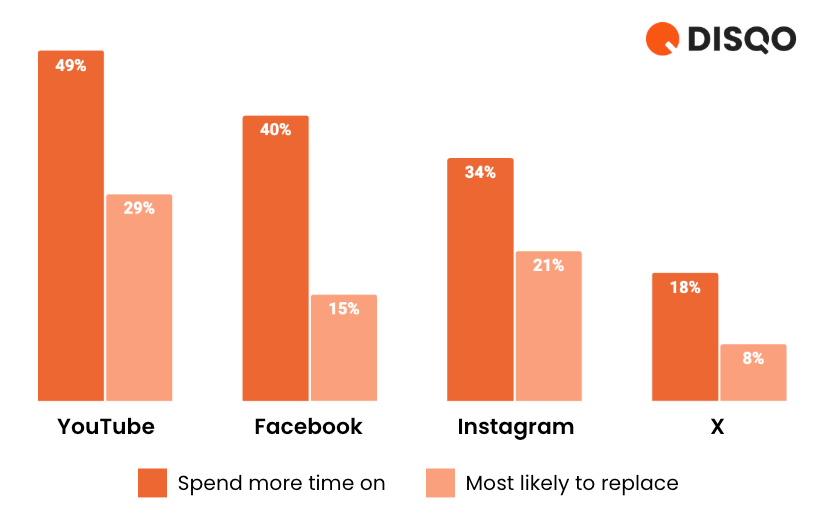

If you’re considering moving from TikTok to YouTube Shorts ads, you’re in the right place. This guide will walk you through the transition, helping you navigate the platform differences, optimize your YouTube Shorts ads, and effectively tap into YouTube’s 200-million+ user base.
Why YouTube Shorts Is the Smart TikTok Alternative for Advertising
While YouTube Shorts may be YouTube’s response to the short-form vertical video trend, the platform as a whole offers far greater opportunities for advertisers. Backed by Google’s ad ecosystem, YouTube had just become the world’s second-largest search engine where audiences look for new products or research new brands.
If you’re only thinking about YouTube Shorts as a TikTok alternative, you might be overlooking the full potential of advertising on YouTube and its broad network. Here’s what you’re missing:
TikTok’s Uncertain Future
TikTok may be back in the app stores for new users to download, but for advertisers, there’s still some turmoil.
As concerns about a potential TikTok ban continue to rise, many brands have considered cross-platform strategies to safeguard their advertising investments. In fact, ad spend forecasts show a significant shift, with 10.7% moving to YouTube and 12.9% shifting to Connected TV (CTV) channels in the near future.
Realistically speaking, YouTube offers a more stable and secure option for U.S. advertisers, both technically and operationally:
- YouTube is owned by Google (Alphabet Inc.) and operates under U.S. jurisdiction, which mitigates concerns about foreign adversary risks—something TikTok can’t fully avoid.
- Unlike TikTok, YouTube faces no immediate legislative threats, making it a much more reliable long-term platform for ad spend.
- In response to TikTok’s uncertainties, YouTube has been proactively courting creators, encouraging them to shift to YouTube Shorts and “find your community” on the platform. This is part of YouTube’s strategy to acquire as many creators and advertisers as possible before the looming April 2025 deadline that could impact TikTok’s availability in the U.S.
- As some U.S. advertisers have explored, VPNs were briefly considered as a workaround to access TikTok during the ban. However, this approach is risky, as VPN usage can expose devices to malware, thus is not advisable.
- YouTube, in turn, has only since expanded its reach, from the original website YouTube.com to the mobile app. Now, it has Connected TV reach as well, with Google TV and YouTube TV placements that advertisers can utilize to increase brand awareness.
Further Reading
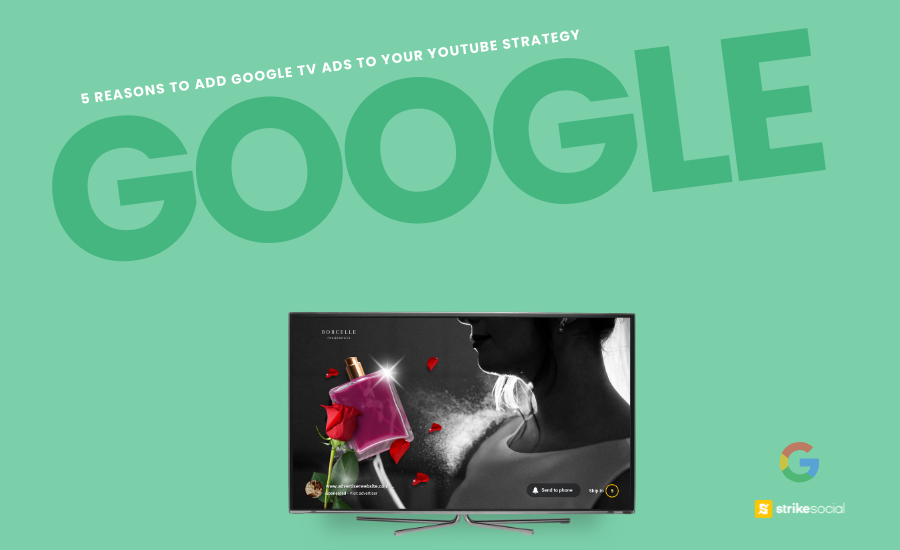


Here’s Why Google TV Ads Expand Your Reach Even Further
Many advertisers wonder, “Should I opt into Google TV?” If you’re running reach-focused campaigns, the answer is yes. Adding Google TV as a placement in your YouTube strategy enhances audience reach, giving your ads greater visibility across connected TV screens.
YouTube Shorts’ Growth By the Numbers
YouTube Shorts has seen massive growth in the U.S., with monthly active users (MAUs) rising from 118.1 million in 2020 to 164.5 million in 2024. With YouTube’s expansion into Connected TV (CTV), this reach has extended further, adding 8 million users from YouTube TV screens.
As an official ad placement, YouTube Shorts has positioned itself as a strong competitor to TikTok in the short-form video advertising space.
Still mulling over whether YouTube Shorts ads are the way to go? Here’s what the numbers say:
- 5.91% Engagement rate – the highest among short-form platforms (TikTok 5.75%; Instagram Reels 5.53%
- 106.28% More likes than regular video content on YouTube
- 3x Increased ad RPM (revenue for creators)
- 43% U.S. advertisers already leveraging YouTube Shorts ads for promotions
Advantages of Advertising on YouTube Shorts
Transitioning your TikTok ads to YouTube Shorts unlocks a range of benefits, thanks to YouTube’s established presence in video advertising. With years of dominance in the space, YouTube provides a more stable and scalable platform—especially if TikTok is no longer a viable option for your brand.
Strong Creator Ecosystem
If influencer marketing is central to your TikTok ad campaigns, YouTube Shorts offers a powerful alternative. YouTube has its own thriving creator community, and studies show that 59% of content is shared across multiple social platforms—primarily TikTok, Instagram Reels, and YouTube Shorts. Before making the switch, check if your TikTok influencers have a YouTube presence—you may already have an existing audience to tap into.
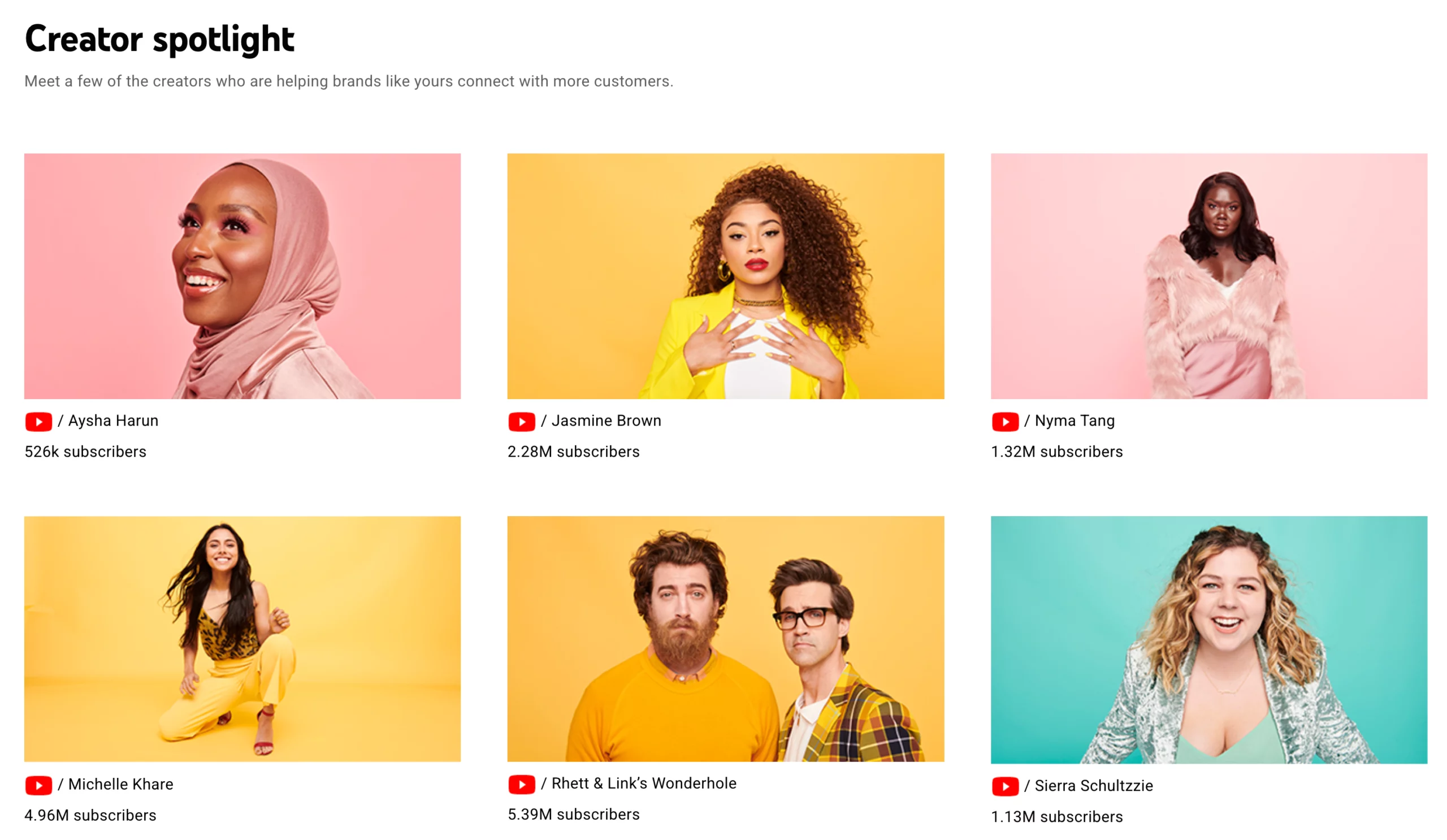

To make partnerships easier, YouTube offers BrandConnect, a platform designed to connect brands and creators seamlessly. Announced during the Google Marketing Live Update, BrandConnect allows advertisers to:
- Find creators who have already tagged or reviewed your brand
- Propose collaborations for sponsored content
- Promote creator content directly in YouTube Shorts ads
Broader Audience Reach
TikTok’s user base skews younger, with 25% of its audience aged 18-24 and over 30% aged 25-34. While this is great for brands targeting Gen Z and Millennials, YouTube offers a more diverse audience, including older age groups with higher purchasing power.
Here’s a breakdown of YouTube’s U.S. demographic reach:
- Gen Z (25.1%) and Millennials (25.5%) make up the majority of users
- Gen X (19.9%) and Baby Boomers (15%) represent a significant portion of viewers
- YouTube Shorts’ audience mirrors this diversity, with:
- 18-24 (15.7%)
- 45-54 (12.9%)
This means that YouTube Shorts ads can reach not only younger audiences but also consumers with greater purchasing intent and spending capacity—a crucial factor for high-value brands and premium products.
By shifting your TikTok ad campaigns to YouTube Shorts, you’re expanding your reach to a wider audience with stronger conversion potential.
Expanding Reach with YouTube (and Google’s) Ecosystem
As part of Google’s extensive ecosystem, YouTube can be integrated with other Google platforms to maximize your campaign reach.
This allows advertisers to expand to multiple touchpoints within a single network, significantly expanding audience reach.
Thus, for advertisers transitioning from TikTok to YouTube Shorts ads, this can be challenging and overwhelming. Google offers a wide variety of campaign types, ad formats, and placements, making it easy to feel lost in the options.
While you might be tempted to explore display ads or Performance Max campaigns, YouTube is your best option if your focus is on video advertising.
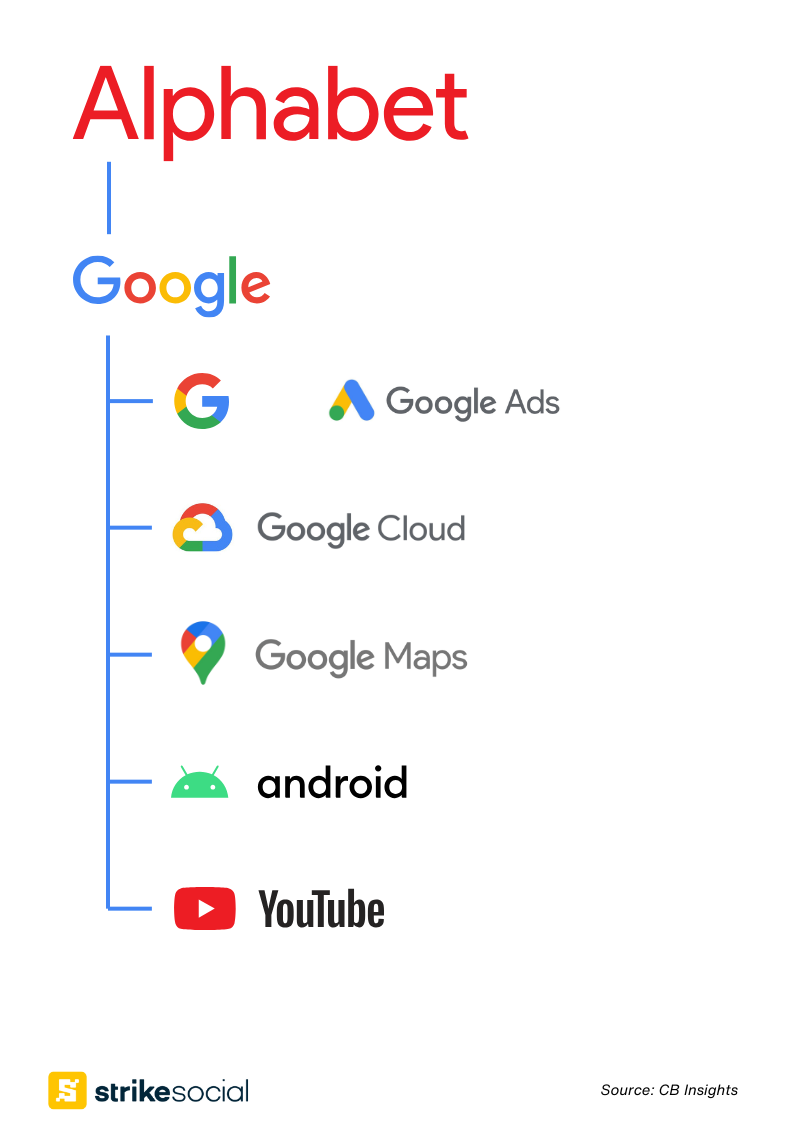

Let’s break down how your TikTok ad campaign focused on reach can be expanded when shifting to YouTube Shorts or YouTube ads overall:
| TikTok | YouTube Shorts (YouTube) | |
|---|---|---|
| Campaign objective | Reach | Reach (Awareness) |
| Possible ad placements | For You Feed Following Feed Profile Feed | Shorts In-stream (bumper, skippable*, non-skippable**) Connected TV networks (Google TV, YouTube TV) Can also appear in home feed, search results; Google Display Network |
* For Efficient reach & Target frequency campaign sub-objective (includes bumper)
* For Non-skippable reach & Target frequency campaign sub-objective
TikTok ads are primarily limited to the app, appearing in the For You Feed, Following Feed, and Profile Feed. However, if you’re looking to expand your reach, you can also advertise through Pangle, TikTok’s ad network, which allows you to connect with audiences across 100,000+ global apps.
With YouTube Shorts, you can expand your audience reach and strengthen lower-funnel campaigns, allowing for precise targeting at different stages of the customer journey. Additionally, brand safety remains a top priority on YouTube, to make sure your ads appear alongside safe and suitable content.
To avoid last-minute scrambling as TikTok’s future remains in flux, future-proofing your ads by transitioning to YouTube Shorts makes sense. While the shift from TikTok ads to YouTube Shorts ads may involve several steps, it will undoubtedly offer greater stability and benefits in the long term.
YouTube Shorts vs. TikTok Ads: What You Need to Know
Before making the shift from TikTok ads to YouTube Shorts video ads, you must consider key elements such as ad creatives, cost structures, and campaign setup. While both platforms focus on short-form video content, YouTube offers a wider range of placements compared to TikTok.
This means that your video advertising strategy will need to be adjusted to ensure optimal performance on YouTube Shorts.
Format Considerations
Short-form video content is best viewed in the 9:16 vertical format, but both TikTok and YouTube Shorts offer flexibility in aspect ratios, allowing for a variety of creative approaches. For instance, if you want your audience to focus on a smaller creative, you can easily adjust. However, maximizing screen space with vertical videos remains the optimal choice for capturing attention.
Here’s a quick guide on ad creative specs, safe zones, and how TikTok vs. YouTube Shorts compare:
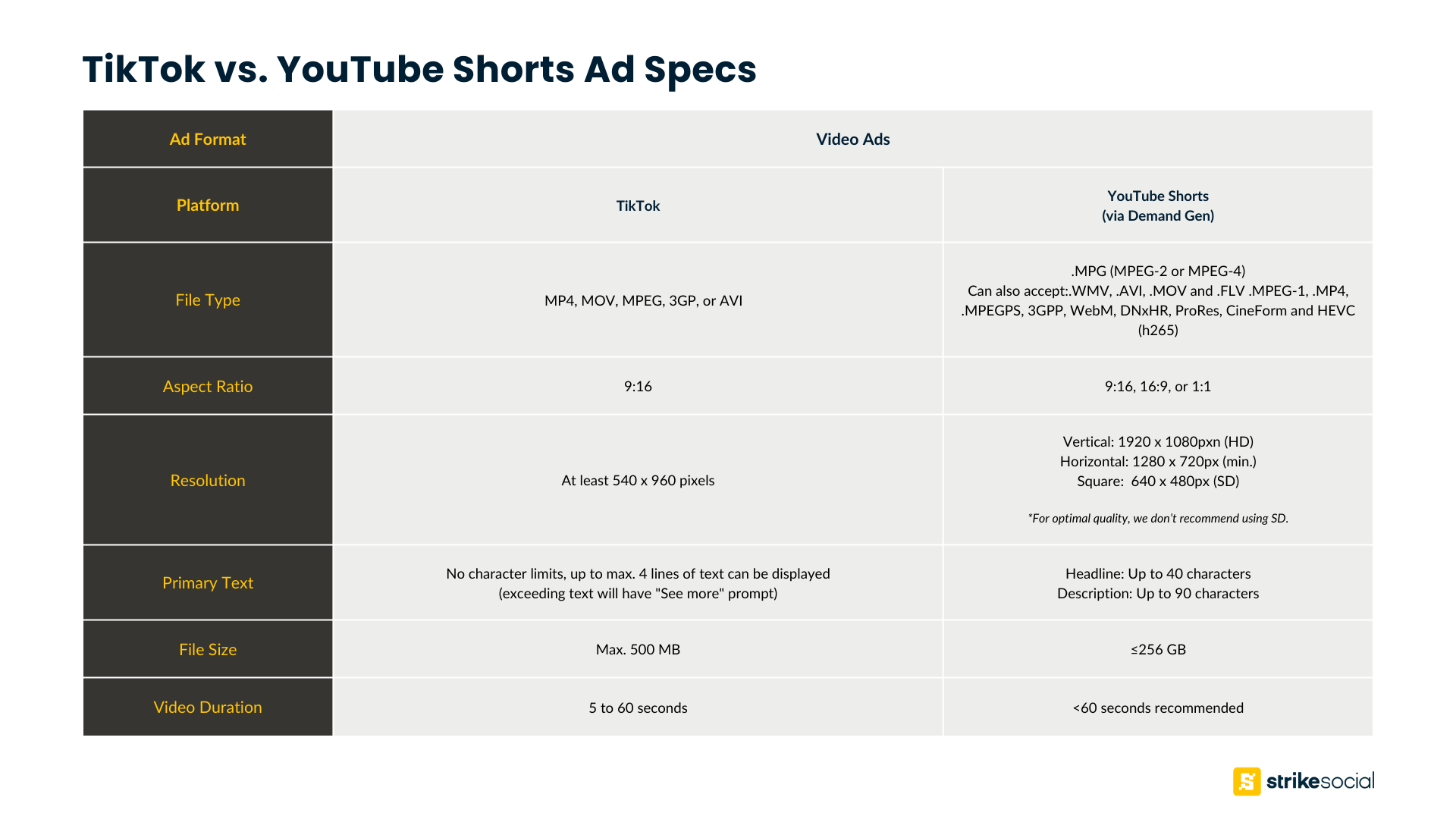

As shown above, YouTube Shorts supports a broader range of file types. This allows brands and influencer partners to repurpose existing video content more easily and tailor ads to different viewing experiences. Moreover, YouTube Shorts’ structure for headlines and text enables clearer messaging and calls to action (CTA), regardless of where your ad appears.
Ultimately, scaling your advertising from TikTok to YouTube Shorts can enhance your creative flexibility, allowing you to produce more engaging content for your audience.
Cost Comparison
Budget considerations will naturally be a key factor when shifting your advertising strategy from TikTok to YouTube Shorts. While YouTube claims a 6% higher share in ad spend compared to TikTok, you might assume this means higher advertising costs—but that’s not always the case.
We analyzed Strike Social’s U.S. YouTube and TikTok campaigns, focusing on clicks and actions to determine how campaigns would perform if transferred. The reason behind this is simple: YouTube’s diverse campaign formats and objective options allow for greater precision in targeting your goals.
Instead of being limited to just one video view format, such as YouTube Shorts, you can also take advantage of other placements where your ads could perform even better.
Here’s a quick breakdown of the costs for TikTok ads vs. YouTube ads, helping you make a more informed decision:
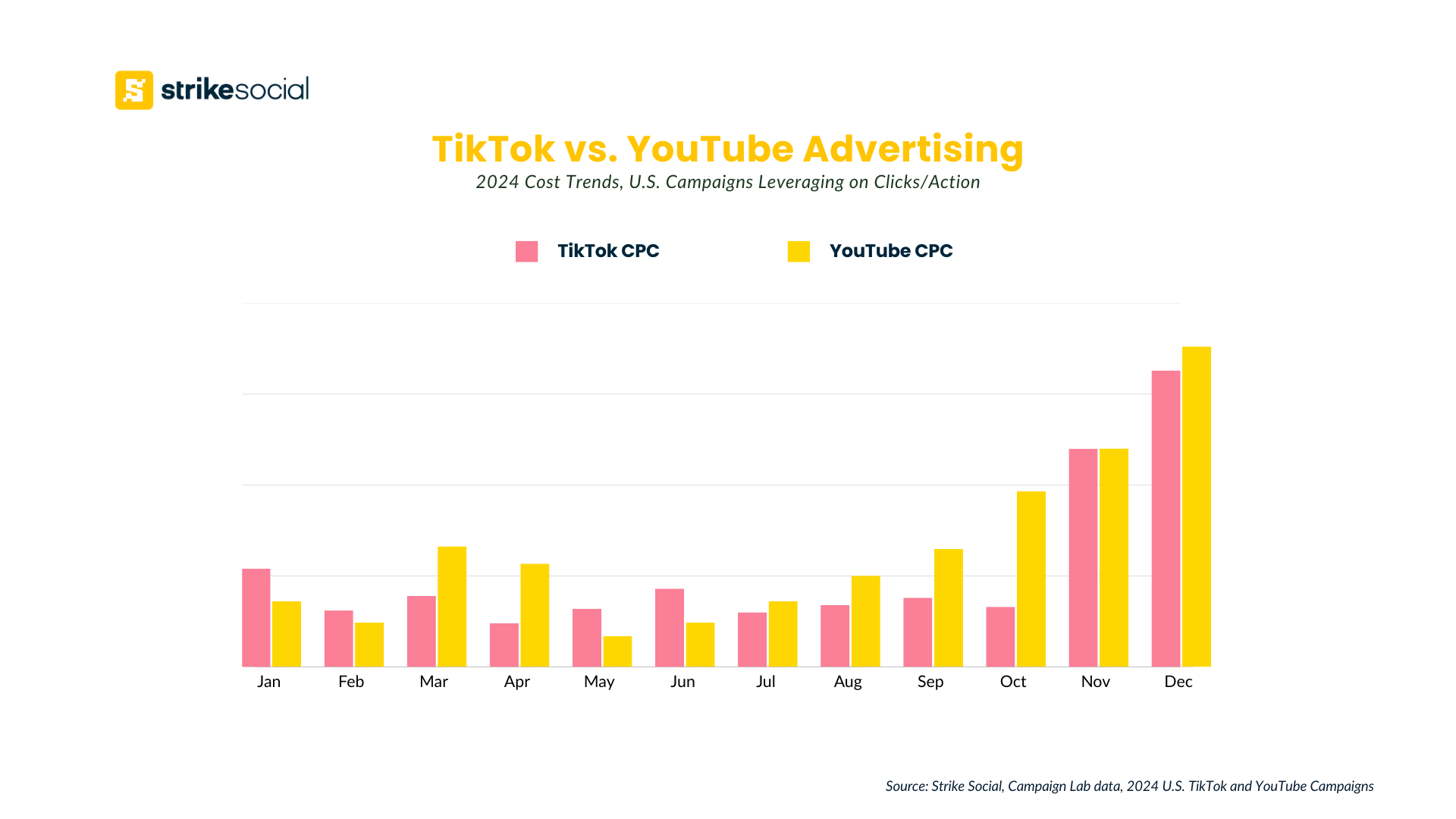

YouTube’s CPC and CTR, while fluctuating, tend to be more stable and predictable than TikTok’s. This makes budgeting and campaign planning easier, giving advertisers more confidence in their decisions.
While YouTube CPC levels are not immune to the holiday seasons, TikTok also shows a rise, especially during Q4. As seen above, even with YouTube ad costs rising, driving clicks is managed well, as long as brands are partnered with the right YouTube advertising agency.
Differences in Campaign Setup and Management
If you’ve worked with other ad management platforms like Facebook or Snapchat Ads Manager, you’ll notice some similarities in system navigation.
However, if your experience is primarily with TikTok ads, transitioning to Google Ad Manager for YouTube Shorts may require additional guidance. Here are the key differences to keep in mind:
Campaign Goals
In TikTok Ads Manager, campaign objectives are straightforward and tied to specific goals, with a simple setup process and consistent feed placements.
As for Google Ad Manager, you’ll need to select the appropriate campaign objective and format tailored specifically for YouTube Shorts ads. Here are some of the relevant formats for YouTube Shorts:
- Awareness & Consideration
- Demand Gen
- Video (Video views, Efficient reach)
- Conversion Goals
- Demand Gen
- Video (selecting Video as a sub-objective would also direct to Demand Gen due to the transition from Video Action Campaigns)
Targeting Options
Apart from the usual audience targeting features such as location, age, and interests, you can create Custom Audiences or Audience Segments. While this feature is also available in TikTok through Saved Audience, you’d have to prepare your audience list in the TikTok Business Center as there’s currently no option to do it within the campaign setup page.
- For YouTube, you can use a previously saved audience list or create a new one immediately without leaving the setup page.
- YouTube advertising now allows users to target Nielsen DMA regions. TikTok launched this feature in 2021, and Google followed suit in 2023.
Ad Placements
Did you know that with CTV views growing 130%, YouTube has been thriving on both short-form and now bigger screens? Thus, there’s no harm in being flexible with where your ads can appear.
Although there isn’t a specific option to exclusively place ads on YouTube Shorts, with proper optimization, you can focus your efforts on this placement. Achieving this is made easier with the right software and a skilled team to help maximize your performance while staying within budget.
For example, during the Q4 season, we helped an HVAC brand leverage the power of YouTube Shorts ads, achieving 59% cost efficiency and generating up to 5.3 million total video views during the campaign flight.
Shifting Gears From TikTok Ads to YouTube Shorts
Transitioning from TikTok ads to YouTube Shorts is a significant shift, especially if TikTok has been a primary source of leads or sales, delivering strong results for your brand. However, the uncertainty surrounding TikTok’s future in the U.S. raises questions about its long-term viability. Marketers and brands must adapt quickly, rather than waiting until it’s too late.
The good news is that your current TikTok ad campaigns can be successfully transitioned to YouTube Shorts, opening up copious opportunities. Ready to take the leap and thrive on a new platform? Send us a message below, and let us help you elevate your ad performance as you move from TikTok to YouTube Shorts ads.
Contact Us To Receive A Personalized Strategy
Connect with us to receive a personalized information pack from one of our sales representatives.
Strike Overview
- It’s a huge decision to switch from TikTok to Instagram Reels, but it’s an avenue that should be considered. With the uncertainty surrounding the hugely popular app, now is the time to explore alternative platforms.
- As of mid-January, TikTok faced a ban and reinstatement within 24 hours, with U.S. President Donald Trump signing an executive order granting TikTok an additional 75 days to find a U.S. buyer.
- Even with ongoing discussions about the potential TikTok ban, advertisers are left weighing their options. Should you begin to transition and shift advertising on TikTok to Instagram Reels?
Jump to Section
Guide to Transitioning Your TikTok Ads to Instagram Reels
If the TikTok ban proceeds without a resolution, advertisers will need a new platform to reallocate their ad spend. With 170 million U.S. TikTok users, now “TikTok refugees”, seeking a new home for short-form content, Instagram Reels is emerging as the top alternative.
Instagram Reels offers an experience that closely mirrors TikTok’s feed, making it a natural transition for audiences and advertisers. Plus, with Instagram’s foundation in photo and video content, brands gain expanded opportunities beyond short-form video.
For advertisers looking to move TikTok ads to Instagram Reels, the transition may seem straightforward. And with the right tools and strategy, it can be. This guide will walk you through everything you need to run ads on Instagram Reels and successfully make the switch.
Why Choose Instagram Reels
Did you know that Reels now make up 38.5% of the content on users’ Instagram feeds? That’s nearly on par with the platform’s original focus—photos, which account for 39.8% of shared content. Despite launching later in August 2020, the growth of this content format is surely not going unnoticed.
Rising Popularity and Engagement
In the plight of the news of TikTok restrictions from 2024, Reels was already the first choice of U.S. users. Based on MGH, Inc.’s survey, about 60% say they will jump to this platform if it totally closes down.
Instagram Reels can easily be seen as TikTok’s competitor, with its significant share of the short-form video audience. While TikTok leads with a 5.53% engagement rate, Instagram Reels is closely behind at 4.36%. The platform is also seeing consistent growth, with a 3.7% YoY increase in user count, further boosting its appeal.
For brands leveraging influencer marketing, Instagram has introduced new updates. One of which is Trial Reels, which allow content creators to A/B test their videos before releasing them to the public.
Additionally, Instagram Reels now allows videos up to 3 minutes long, providing more time for creators and advertisers alike to connect with audiences.
Further Reading
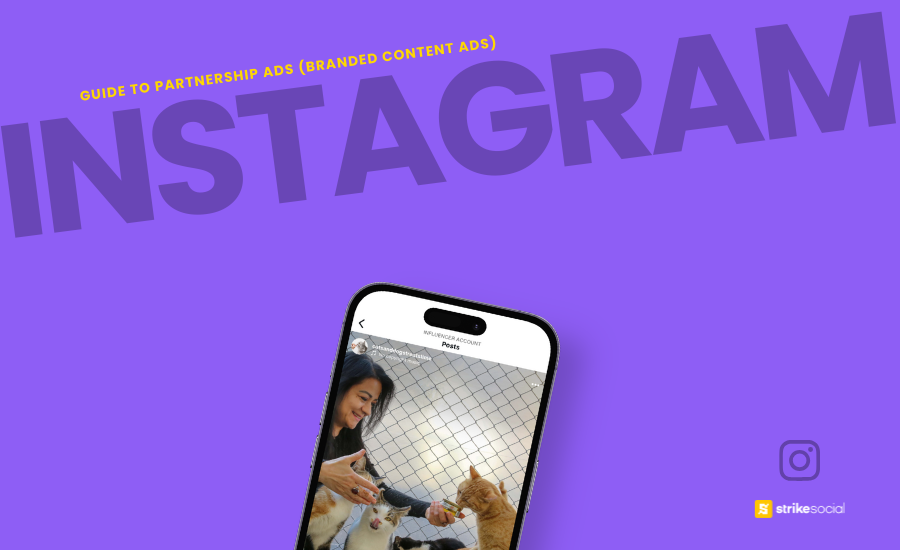




Partner Up with Brilliant Instagram Creators with Partnership Ads
As you continue to utilize influencer content for your brand’s marketing, Instagram continues to innovate to ease up the process. Know how you can connect with more communities and audiences on Instagram using Partnership Ads.
Meta’s Robust Ad Ecosystem
While TikTok captures about a third of the U.S. population, Meta’s dominance in social media advertising is unmatched. With Facebook and Instagram holding 77% and 56% of the U.S. social media market, respectively, TikTok trails behind in fourth place at 45%.
Meta also leads in digital ad spending with a 21.3% share in the U.S. and commands an even larger 74.5% of social media ad spend. This makes advertising on Instagram Reels a strategic move, allowing brands to tap into Meta’s extensive ecosystem.
Beyond Instagram Reels, advertisers gain access to Facebook video placements, Feeds, and Meta Audience Network, which extends its reach across over 10 million publishers.
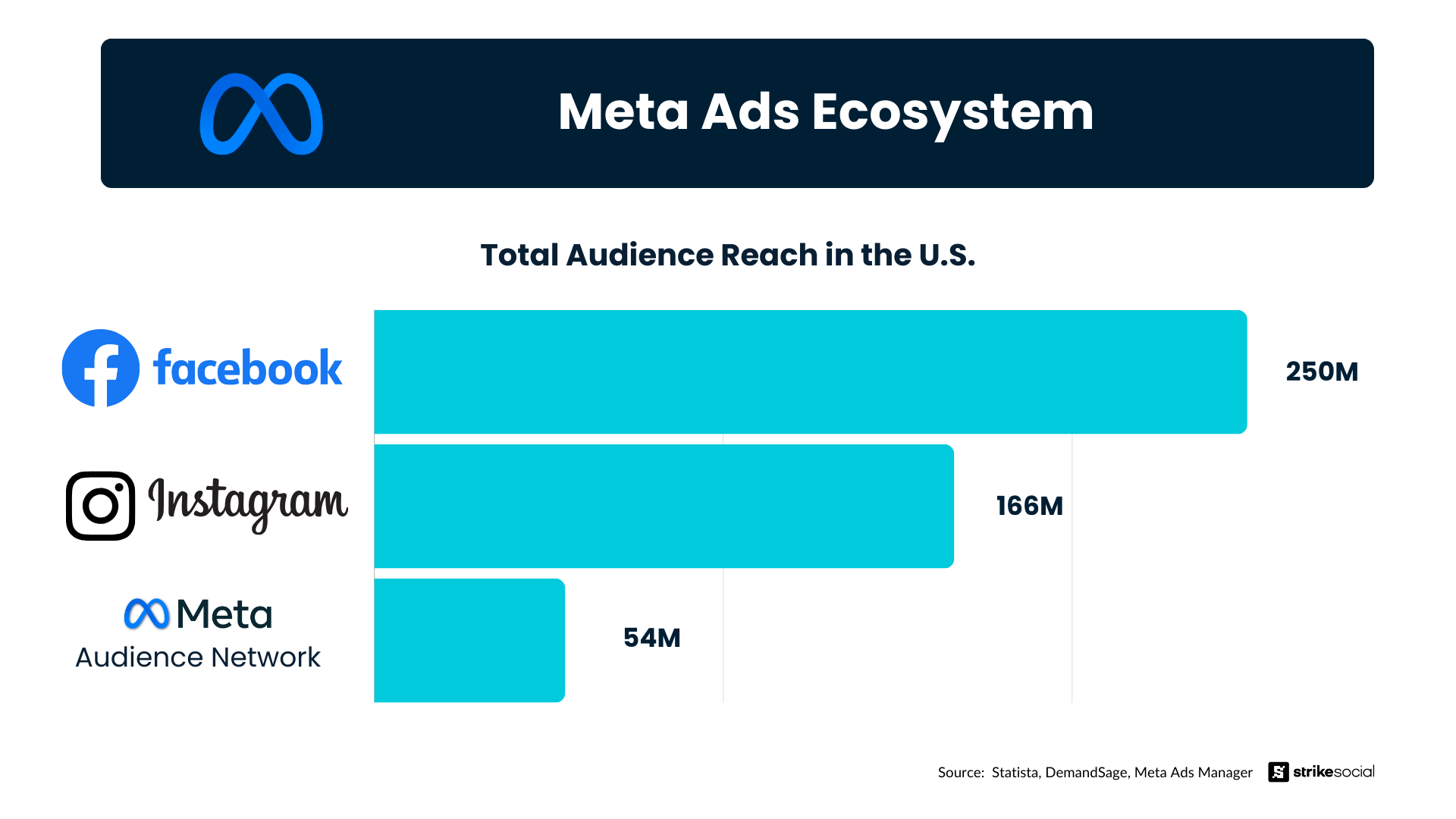

* Estimated audience size for placements exclusively within the Meta Audience Network in the U.S.
Stability Amid Regulatory Challenges
With TikTok facing ongoing scrutiny in the U.S., advertisers need a reliable and stable platform to continue reaching their audiences. As part of Meta, Instagram offers a more secure advertising environment, backed by an established U.S. presence and strong financial performance—Meta stocks saw a nearly two-thirds increase by the end of Q4 2024.
Even before the January 19 TikTok ban, creators were already directing their audiences to Instagram as their new content hub. This shift underscores Instagram’s role as the primary beneficiary of ad spend reallocation and the trust and long-term stability the platform provides for brands and advertisers.
Is Instagram Reels the Right Choice?
TikTok has built a unique space in short-form video, but does Instagram Reels truly compare? If you’re considering shifting from TikTok ads to Instagram Reels advertising, it’s important to understand the similarities and differences.
Let’s break down how these platforms align for advertisers and what you need to consider when making the switch.
Audience Demographics
Instagram Reels ads reach users starting at age 18, and Instagram’s audience closely mirrors TikTok’s, especially among younger demographics. In fact, 78% of U.S. adults aged 18-29 use Instagram, compared to 62% on TikTok. Here’s how the two platforms stack up across different age groups:
| Age Group | TikTok | |
|---|---|---|
| 18-29 | 78% | 62% |
| 30-49 | 60% | 38% |
| 50-64 | 35% | 25% |
| 65+ | 15% | 10% |
While younger users are active on both platforms, Instagram has a notable advantage in reaching older demographics—particularly users 30 and above, such as parents, families, and professionals. This makes Instagram Reels a strong alternative for targeting a wider age range beyond Gen Z.
Diversifying Ad Spend
According to eMarketer data, Instagram is set to capture up to 22% of ad spend reallocation. This puts Instagram ahead of its partner app, Facebook (17%), and YouTube (10%), making it the top alternative for advertisers shifting budgets from TikTok.
But what about ad costs? Does transitioning from TikTok ads to Instagram Reels mean a higher cost with the incoming competition? Jump to our costs and budget discussion for an in-depth look at Strike Social’s ad cost data for TikTok and Instagram.
Instagram Reels vs. TikTok Ads: Key Differences to Consider Before the Move
You’ve noticed the similarities—where TikTok and Instagram overlap, the shared features, and the advantages you can leverage. Now, let’s examine how the actual campaign preparation and setup differ. We’ll explore the creative process, ad campaign setup, and optimization as you transition from TikTok to Instagram Reels advertising.
Creative Adjustments
While both TikTok ads and Instagram Reels use a 9:16 vertical format, their safe zones, ad specs, and text placements differ. Optimize your video ad creatives for Instagram Reels’ layout to ensure a smooth transition. For a clearer view, let’s visualize this:
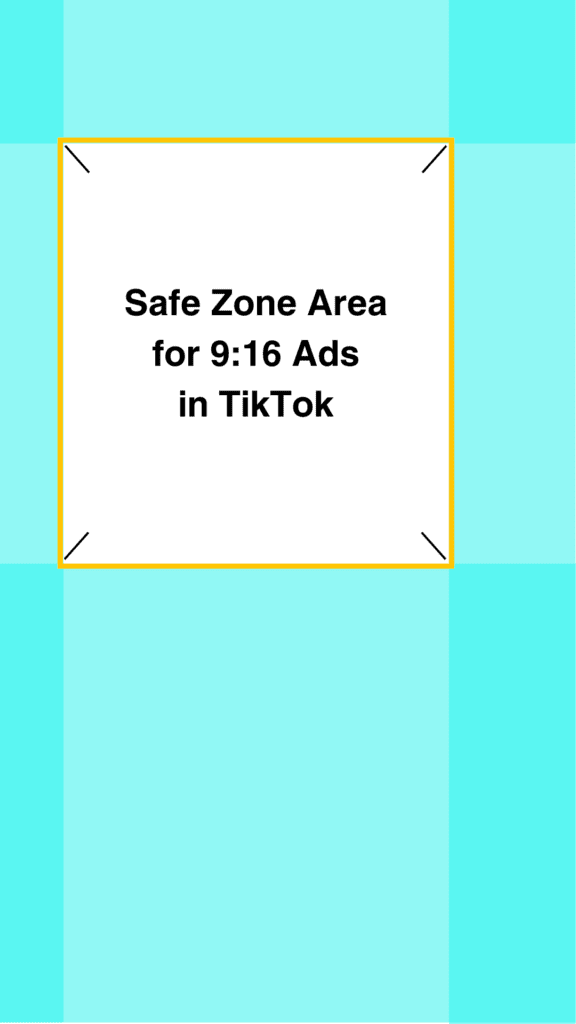




A side-by-side comparison reveals that moving your ad from TikTok to Instagram Reels offers a larger safe zone. TikTok’s ad layout accommodates up to four lines of text, requiring additional space at the bottom—an area that should be kept free of calls to action (CTAs).
Additionally, primary text on Instagram Reels appears in a smaller font size compared to TikTok, providing more space when transferring your video ad.
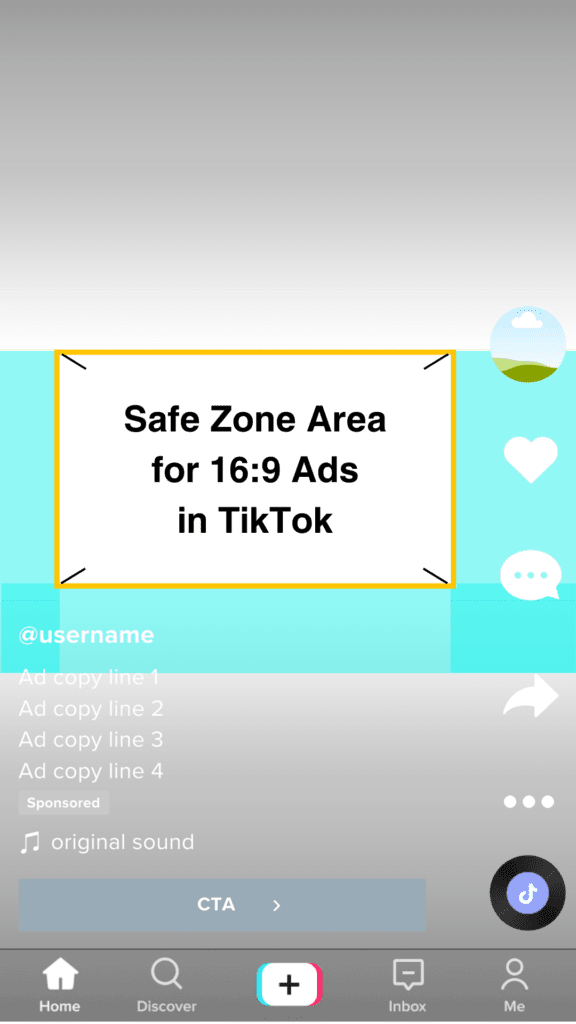


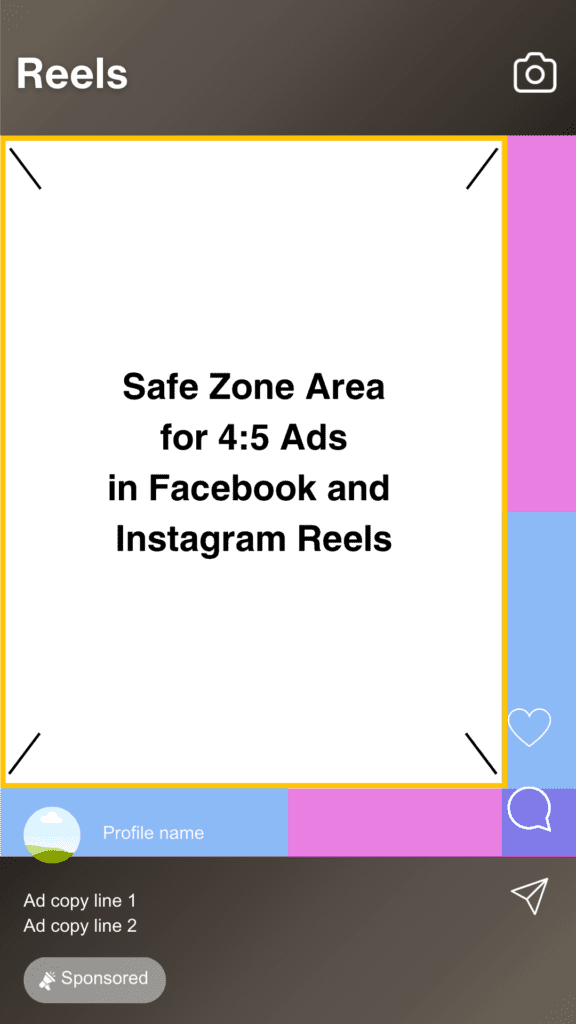

Refer to the table below to make sure your TikTok ads are compatible with Instagram Reels’ specifications. It outlines the minimum requirements to guarantee that when you switch from TikTok to Instagram Reels advertising, you’ll maintain (or even improve) the visual resolution for your audience’s view.
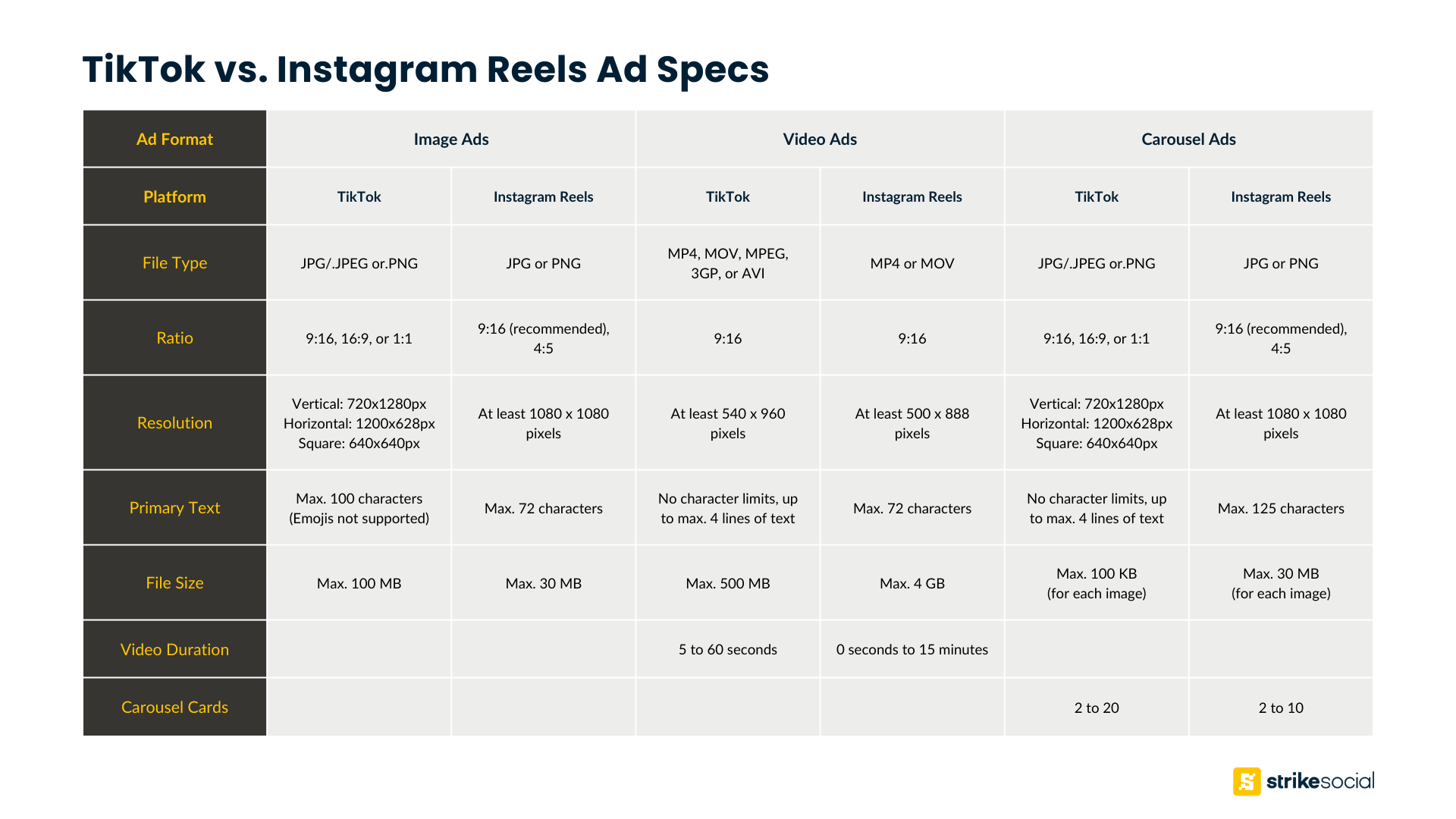

With the data above in mind, you can now tweak your image or video ad creatives to be more compatible before you launch your paid ads on Instagram. Keep in mind that you are entering a more aesthetically coordinated type of content platform, and it’s important to make the right impression with your Instagram Reels ads.
Costs and Budget
As you finalize your transition from TikTok to Instagram Reels ads, ad spend and campaign budget will definitely be important factors to consider. Without understanding how competitive Instagram advertising can be, you might be concerned about the potential increase in costs when making the switch.
To help you make an informed decision, let’s take a look at Strike Social’s campaign data:
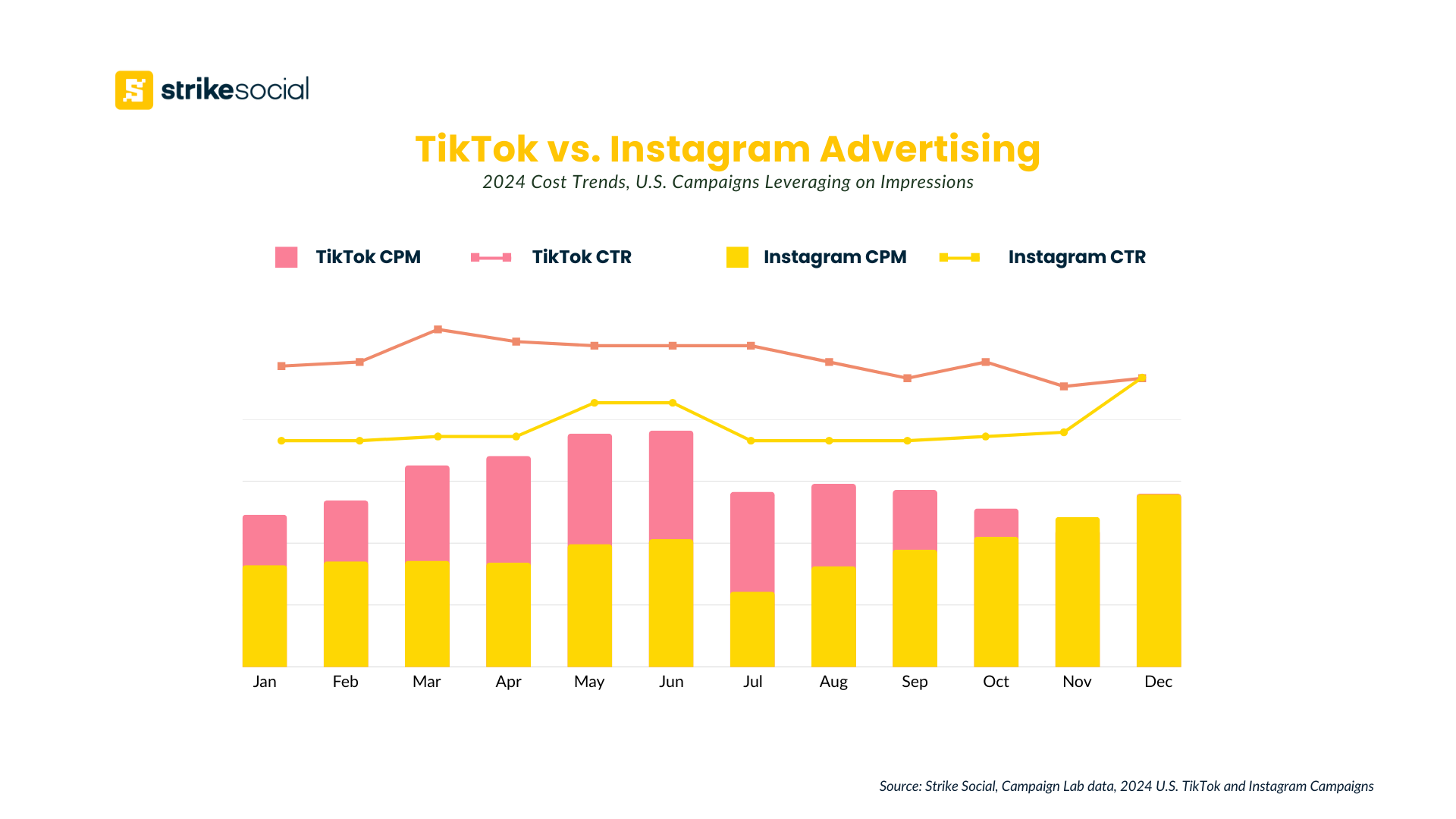

CPM and CTR Trends
Many brands are vying for brand awareness on TikTok, leading to historically higher CPMs on the platform. Although TikTok’s CPM for Q1 2025 is projected to drop to $4.20 due to the impending ban, you can also expect lower engagement, especially if your primary audience targeting is largely or exclusively U.S.-based.
This trend has already been observed at the end of Q4, when TikTok’s CPM began to narrow the gap with Instagram CPM. Strike Social’s data further shows that while TikTok’s click-through rates (CTR) have been higher, there is a noticeable drop as the January ban approaches. During the same period, Instagram’s CTR continued to rise, highlighting the growing effectiveness of Instagram Reels advertising and demonstrating that it can now compete on equal footing with TikTok.
As indicated in the data, if impressions and brand awareness are your primary goals, based on our data (and with the steady user growth on IG), Instagram offers lower CPM trends compared to TikTok. While Q4 does show an uptick in rates—likely due to the holiday season—these higher CPMs are still relatively close to the previous month’s levels, rather than a drastic peak.
TikTok vs. Instagram Cost Benchmarks
To give you a better sense of the cost differences, here’s a quick comparison of cost benchmarks for various campaign types on TikTok and Instagram:
| Cost Metrics | Instagram Benchmarks | TikTok Benchmarks |
|---|---|---|
| CPM | $1.28 to $4.63 | $8.62 to $12.00 |
| CPC | $0.38 to $2.94 | $0.89 to $2.00 |
| CPV | $0.0060 to $0.0208 | $0.10 to $0.30 |
It’s clear that Instagram can now match TikTok’s cost levels, particularly in terms of CPM and CPV. While you’ll need to adjust your campaign budget for Instagram advertising, the data suggests it will ultimately be a more efficient investment.
However, competition is likely to increase as more brands consider making the switch, which could raise these costs over time. With the right agency partner, you can optimize your costs while ensuring campaign performance stays strong. Learn more about how we can help you make the switch by scheduling a personalized walkthrough of our AdTech services.
Ad Setup, Targeting, and Campaign Management
While ad management software is generally easy to understand once you’re familiar with how it works, there will be some unfamiliar terms and tools that differ from what you’re used to.
One basic thing, though, is that both TikTok and Meta Ads Manager funnel down starting from Campaign to Ad Groups or Ad Sets and Ads level. However, for instance, TikTok classifies views as 2-second views, 6-second views, and video view-through. For Instagram (Meta), the classification for video views goes from 2-second video plays to 3-second video plays and ThruPlay.
To help simplify your process, we’re going to give you some of the things you can adapt to while shifting your ads over from TikTok to Instagram Reels:
Ad Placements
- TikTok: Available ad placements include TopView (the first ad shown upon opening the app) and In-Feed (For You, Search, Profile). In TikTok Ads Manager, you cannot specifically choose which placement you want your ad to appear in. However, you can deselect the tick box if you do not want your ads to appear in the Search Feed or search results.
- Instagram: Available ad placements include Reels, Explore, and In-Stream (post-loop). In Meta Ads Manager, you can choose to promote exclusively on Instagram Reels or expand to other placements. If you select Advantage+, Meta will automatically determine the placements where your video ad will perform best within the Meta Audience Network.
Audience Targeting
- TikTok and Instagram Reels offer similar audience targeting options. Meta recently added DMA targeting (introduced in 2023), which was already available on TikTok since 2021.
- A key distinction lies in Custom Audiences:
- TikTok requires a minimum of 1,000 users in a Custom Audience to begin targeting matched users.
- Meta only requires a minimum of 100 users, making it easier to refine your ad audience with smaller lists.
Ad Monitoring and Management
- Both TikTok Ads Manager and Meta Ads Manager provide comprehensive ad monitoring tools designed for their respective platforms. For a quick comparison, here’s a side-by-side view of TikTok Ads Manager and Meta Ads Manager:
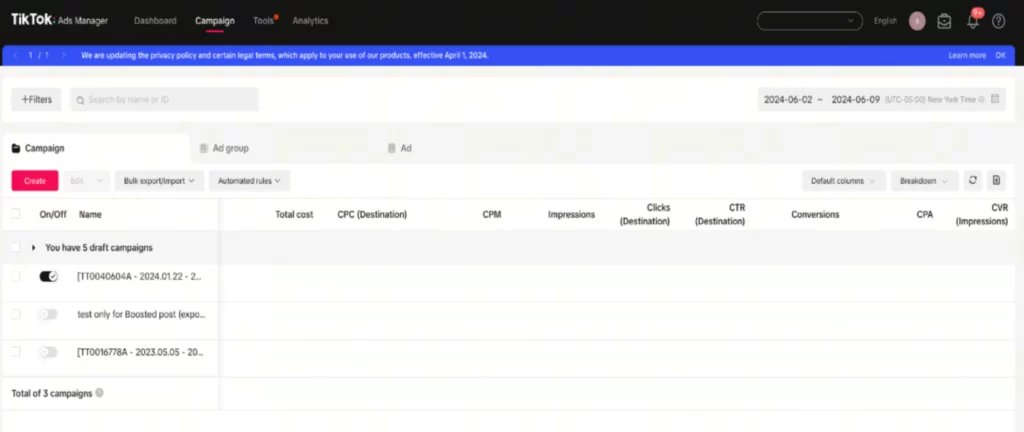

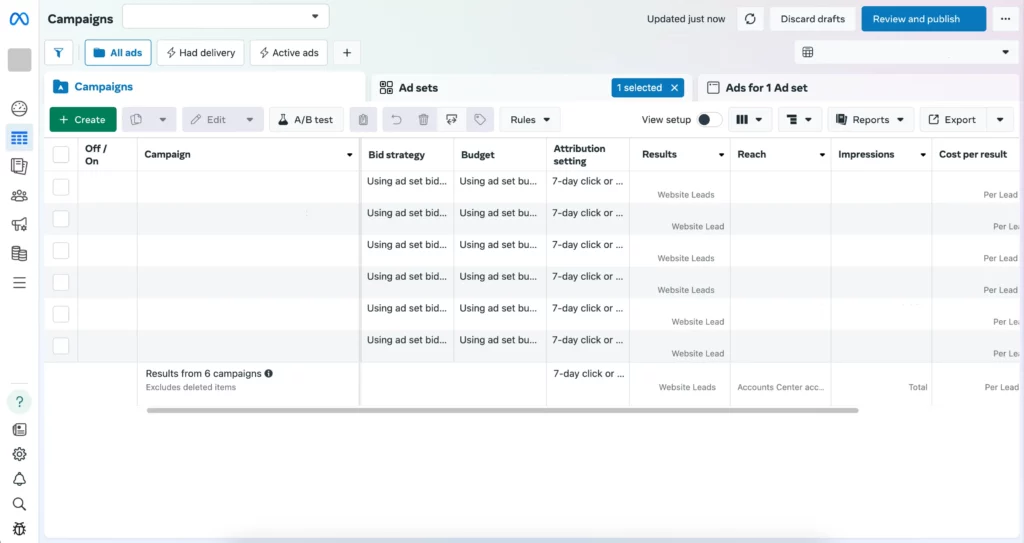

- Getting familiar with a completely new platform may take some time and require adjustment. Browse through our Meta Ads Manager guide to begin your learning.
Make the Switch to Instagram Ads Without Sacrificing Performance
TikTok is still very much active to this point, that much is true. But for U.S. advertisers, your local audiences can still be reached through other mediums that don’t compromise your costs and keep traffic and sales coming through. Your priority now is to never let your ad campaigns go dark, and moving TikTok ads to Instagram Reels may just be the best decision you make.
Simplify this transition by partnering with the right experts and using the right tools. Strike Social specializes in ad activation and management, easing the burden on your in-house advertising team and taking care of the heavy lifting for you.
Ready to make the move to Instagram Reels? Contact Strike Social today to get your Instagram ads up and running.
Contact Us To Receive A Personalized Strategy
Connect with us to receive a personalized information pack from one of our sales representatives.
Strike Overview
- Is your 2025 Super Bowl ads strategy ready to hit the ground running as soon as the championship game kicks off?
- According to Fox, inventory for Super Bowl TV ads sold out as early as November 2024. Each 30-second TV ad spot sold for around $7 million—an ad budget that’s definitely over the charts.
- This December, Netflix’s airing of the NFL Christmas Gameday became the most-streamed game to date. The game featured Super Bowl LVIII winner and now 2025 odds favorite Kansas City Chiefs vs. the Pittsburgh Steelers and Baltimore Ravens vs. Houston Texans.
- With sports events getting 24% more engagement than any other programming, advertisers must be well ahead of the game for a good headstart in the ad auction seats.
Jump to Section
Your Ultimate 2025 Super Bowl Ads Strategy From Kickoff to Touchdown
The 2025 Super Bowl is just around the corner, with the Detroit Lions and Kansas City Chiefs emerging as fan favorites for this season’s championship showdown. But while the NFL playoffs heat up, the real competition for advertisers happens off the field—fighting for coveted Super Bowl commercials and top social media ad placements.
With over two-thirds of Americans tuning in as NFL fans, the Super Bowl’s cultural impact is undeniable. From Taylor Swift’s appearances at Chiefs games to Jason Kelce’s post-retirement ESPN broadcasts, and Kendrick Lamar’s highly anticipated halftime performance at Super Bowl LIX in the Caesars Superdome, the event is as much a pop culture phenomenon as it is a sports event.
For brands, this presents an extraordinary opportunity to connect with sports audiences and more. However, with intense competition in TV and social media ad spaces, creating a winning campaign requires a strong 2025 Super Bowl ads strategy.
How Are Social Media and the Super Bowl Connected?
Short-form video content has transformed the way sports fans engage with events like the NFL playoffs and the Super Bowl. Platforms like YouTube, TikTok, and Instagram have become go-to destinations for fans to consume bite-sized highlights, real-time updates, and behind-the-scenes moments.
While NFL games are traditionally TV-driven spectacles, social media amplifies the experience, keeping fans engaged between games and hyping up major events like the Super Bowl. The buzz intensifies online as the big game approaches, connecting brands with highly engaged audiences eager to interact with Super Bowl-related content.
Early Super Bowl Buzz Since Q4
The Super Bowl conversation starts long before game day. Brand24 data reveals that by December 2024, mentions of the Super Bowl had already reached a social media reach of 94 million. Additionally, spending on 2025 Super Bowl ads reached an estimated $31.55 million, highlighting how brands have embraced the hype to secure their place in the conversation.
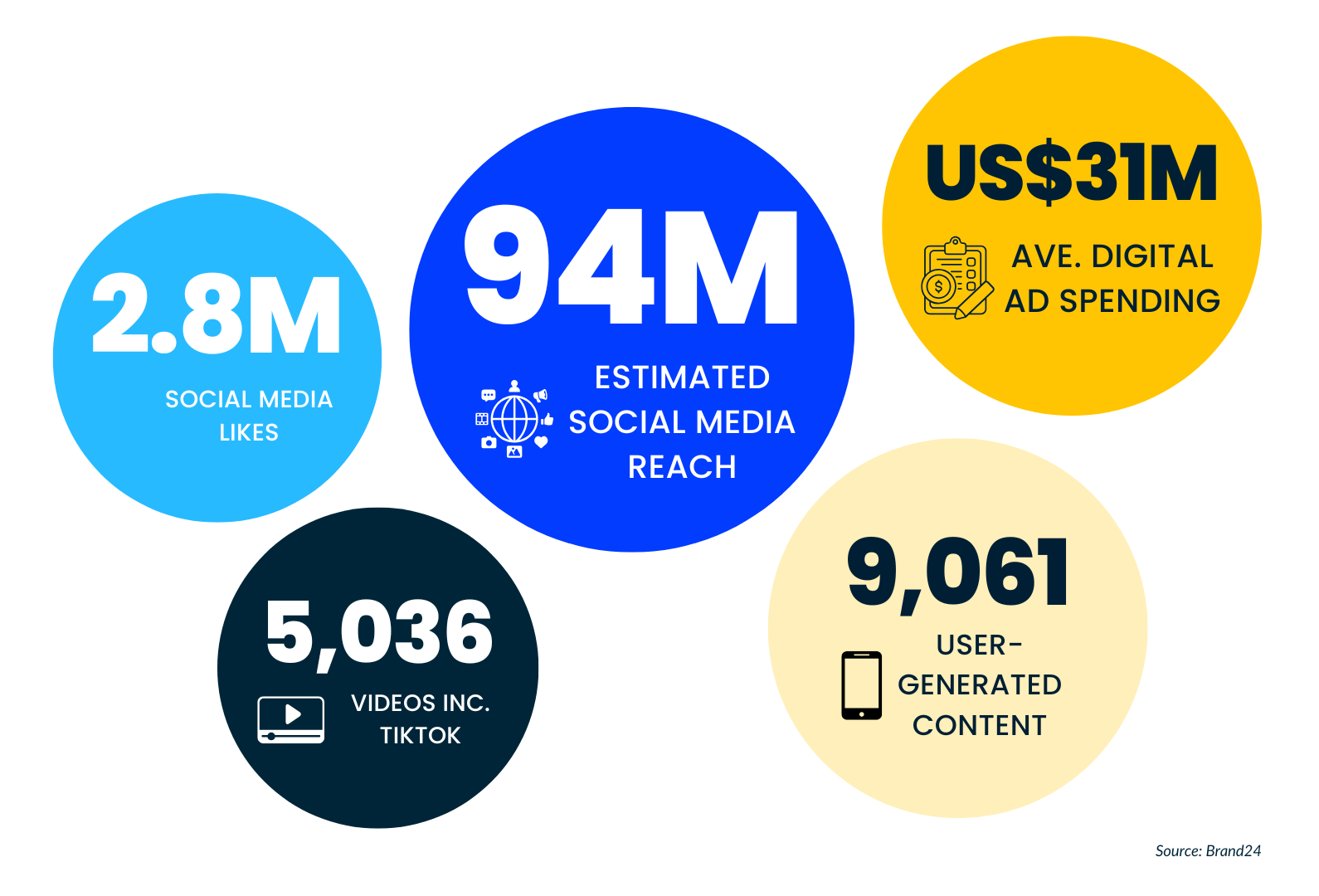

Super Bowl Social Media Reach by Platform
Each social media platform has its moment to shine during the Super Bowl. Here’s a breakdown of the engagement stats from the 2024 Super Bowl, showcasing how each network plays a unique role in connecting with audiences:
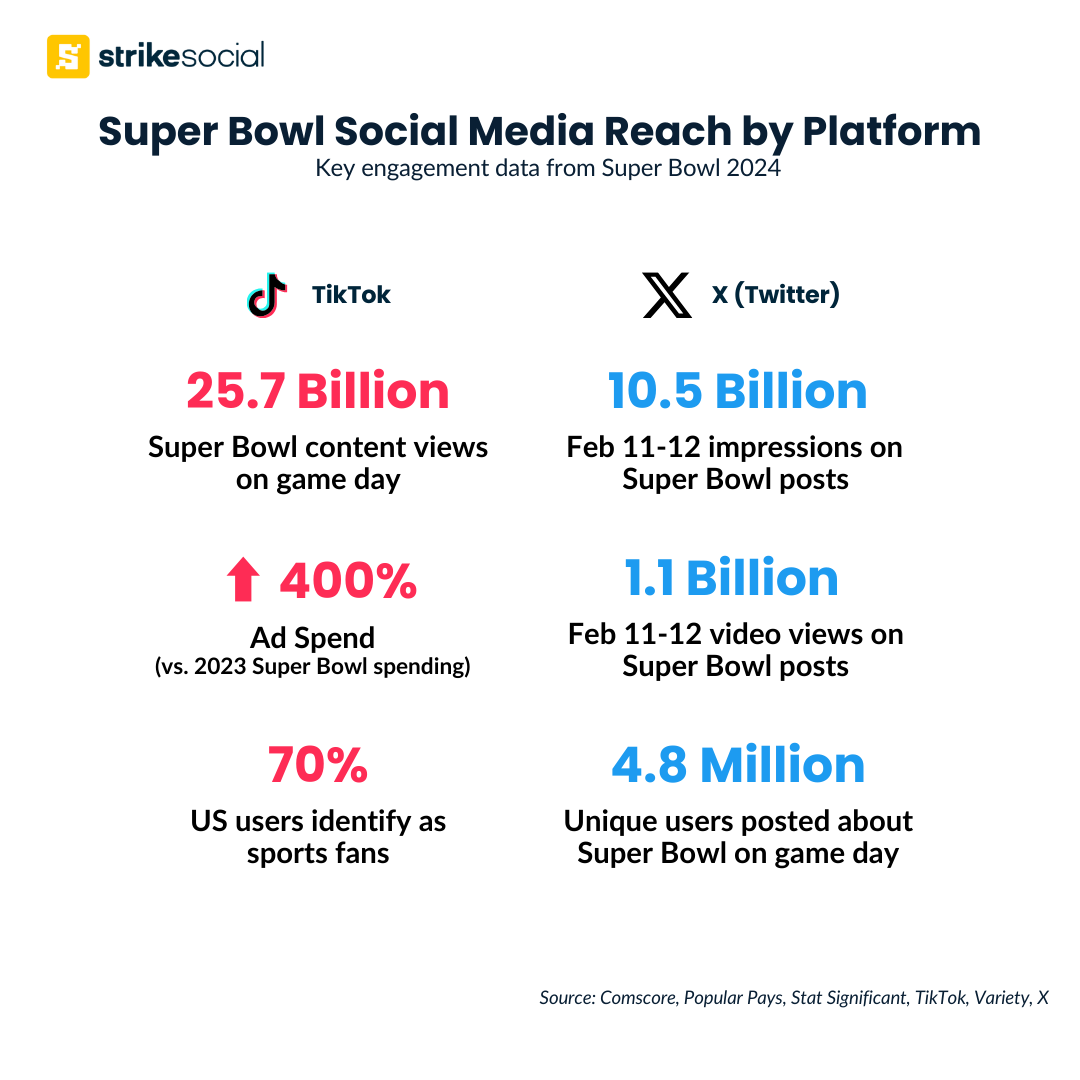

How Will Brands Use Social Media in Super Bowl Advertising This Year?
Social media advertising’s versatility is vast now—from the usual video ads to AR filters, interactive add-ons and stickers, and more. Brands can take advantage of many features in social media advertising platforms when preparing for their 2025 Super Bowl ads strategy.
Here are just a few of the ways that brands can engage NFL fans in Super Bowl advertising campaigns:
Break into Cross-Device Experiences
Mobile devices dominate YouTube viewership, with an estimated 47.9% share for 2024. However, Connected TV (CTV) is proving to be a formidable contender. According to Strike Social’s Q3 2024 report, CTV campaigns boasted a 76% view rate, edging out mobile’s 73%.
The takeaway? A successful Super Bowl ads strategy for 2025 should target both mobile devices and CTV screens to maximize reach across large and small-screen audiences.
Further, Brian Wieser of Madison and Wall projects a compound annual growth rate (CAGR) of 7% for sports programming spending through 2026, encompassing major events like the NBA, Olympics, NASCAR, and the NFL. This surge in spending signals the rising demand for sports content across all platforms.
Advertisers should also consider YouTube TV’s growing share of game-day viewership. During the 2024 Super Bowl, YouTube TV accounted for 14% of viewership, translating to over 17.3 million viewers out of the total 123.7 million audience. These figures highlight the value of targeting mobile users and CTV viewers to capture diverse audiences on game day.
Tapping Into the eSports and Gaming Community
Super Bowl ad audiences extend far beyond stadium-goers and social media followers—they also include eSports enthusiasts and the gaming community. These groups share a natural connection to competitive sports and team dynamics, making them an untapped audience for Super Bowl ads.
The U.S. eSports market is thriving, valued at approximately $1.07 billion in 2024. Moreover, the video game industry in the U.S. includes around 190.6 million players, 76% of whom are aged 18 and above—making them prime targets for Super Bowl advertising.
Another layer to consider is the sports betting community, which adds even more opportunities for brands to connect. NFL fans placing bets on Super Bowl odds represent a highly engaged audience subset. Localized campaigns can be particularly impactful in states where sports betting is legal, aligning your ads with state-specific opportunities outlined by the American Gaming Association.
The “Taylor Swift Effect” Still Going Strong
Taylor Swift has proven to be an ultimate force capable of boosting brands to unprecedented recognition—a phenomenon famously dubbed the “Taylor Swift effect.” Her influence spans diverse industries, from small businesses to established brands. Her recent appearances for boyfriend, Travis Kelce’s, NFL games have expanded football’s reach to the dedicated “Swiftie” demographic, bridging the gap between sports and pop culture.
Swift’s endorsements are often subtle yet highly effective, showcasing products regularly found across platforms like Amazon and TikTok Shop. Here are a few examples of her influential picks over the past year:
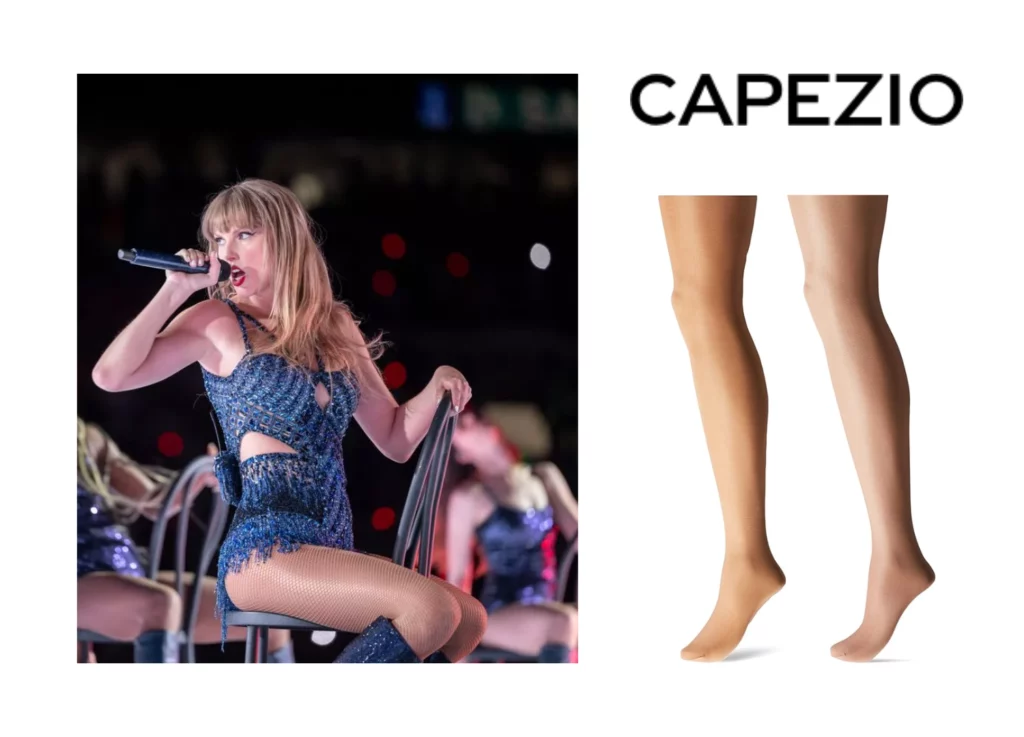

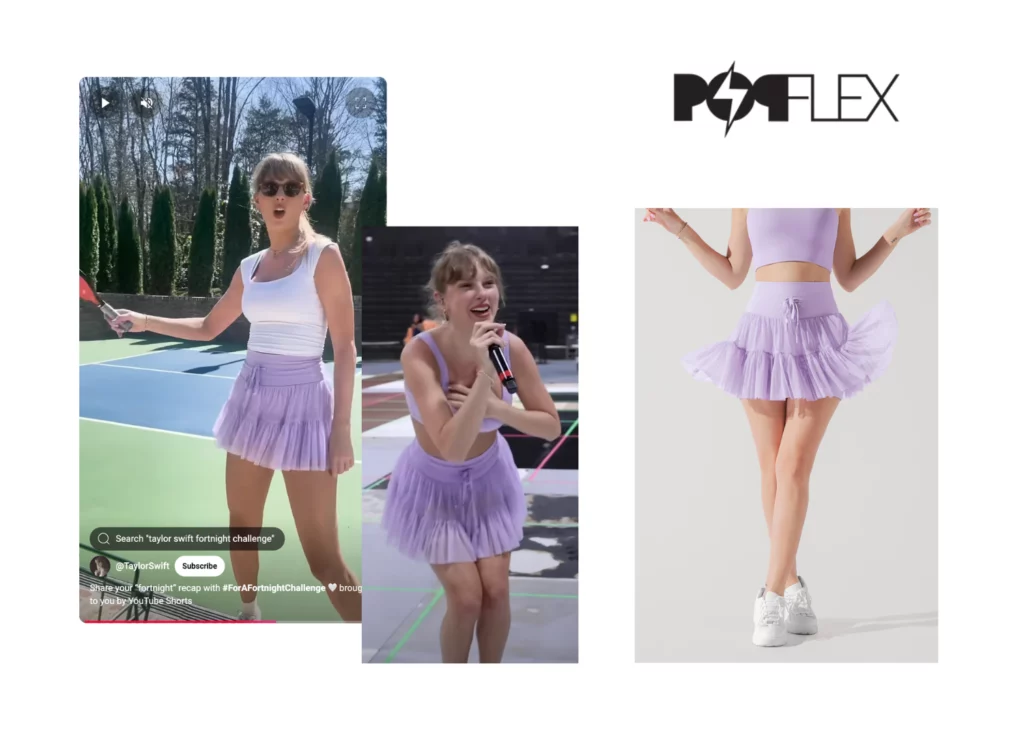

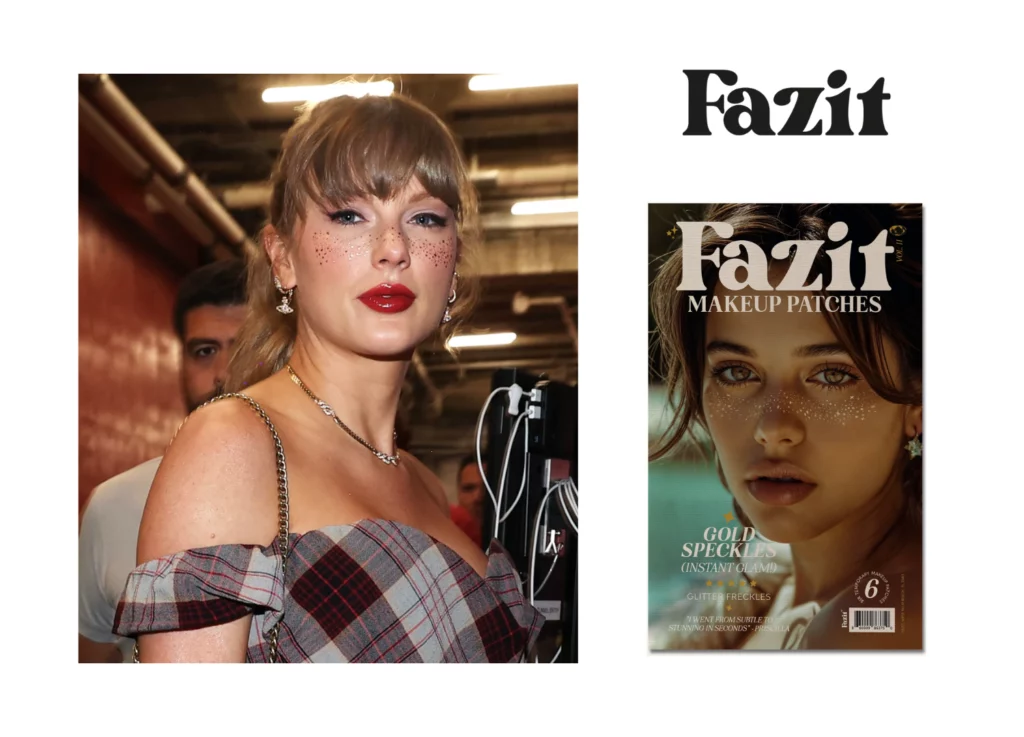

Even during the 2024 Super Bowl, brands have seen success by tapping into narratives that resonate with Swift’s audience. For instance, Cetaphil’s 30-second TV ad spot featured a father and daughter reconnecting, which received acclaim partly due to its emotional relevance to NFL fans and Swifties alike.
Similarly, by capitalizing on influencer collaborations, you can use the same playbook for your 2025 Super Bowl ads strategy. Partnering with influencers can help expand your reach and engage audiences more effectively. Start by identifying accounts with strong followings and high engagement in sports and lifestyle spaces.
Here’s a short list of top influencers to consider for your campaigns during Super Bowl 59:
Further Reading





Connect with Sports Audiences using Instagram Partnership Ads
Previously known as Branded Content Ads, Partnership Ads allow seamless integration of sponsored content when collaborating with Instagram influencers. Learn how to generate ad codes and connect them with your 2025 Super Bowl advertising campaigns.
Short-Form for the Long Run
While the 30-second NFL commercials during the Super Bowl undoubtedly capture millions of viewers, social media platforms allow brands to extend their reach with even shorter ads. Just 5 to 6 seconds can spark interest and engage your audience from the kickoff.
Short-form video not only builds initial awareness but also serves as a gateway to deeper engagement. By following up with longer ads, you can drive your viewers toward conversion and ultimately turn them into loyal consumers.
To illustrate the effectiveness of short-form content, here’s a snapshot from our Q1 2024 YouTube report. Shorter YouTube ads (15 seconds or less) had a strong 60% view rate, while slightly longer ads (16-30 seconds) held a 55% view rate. This data confirms that while shorter videos capture attention quickly, longer ads also provide a valuable opportunity to tell your brand’s story and drive conversions.
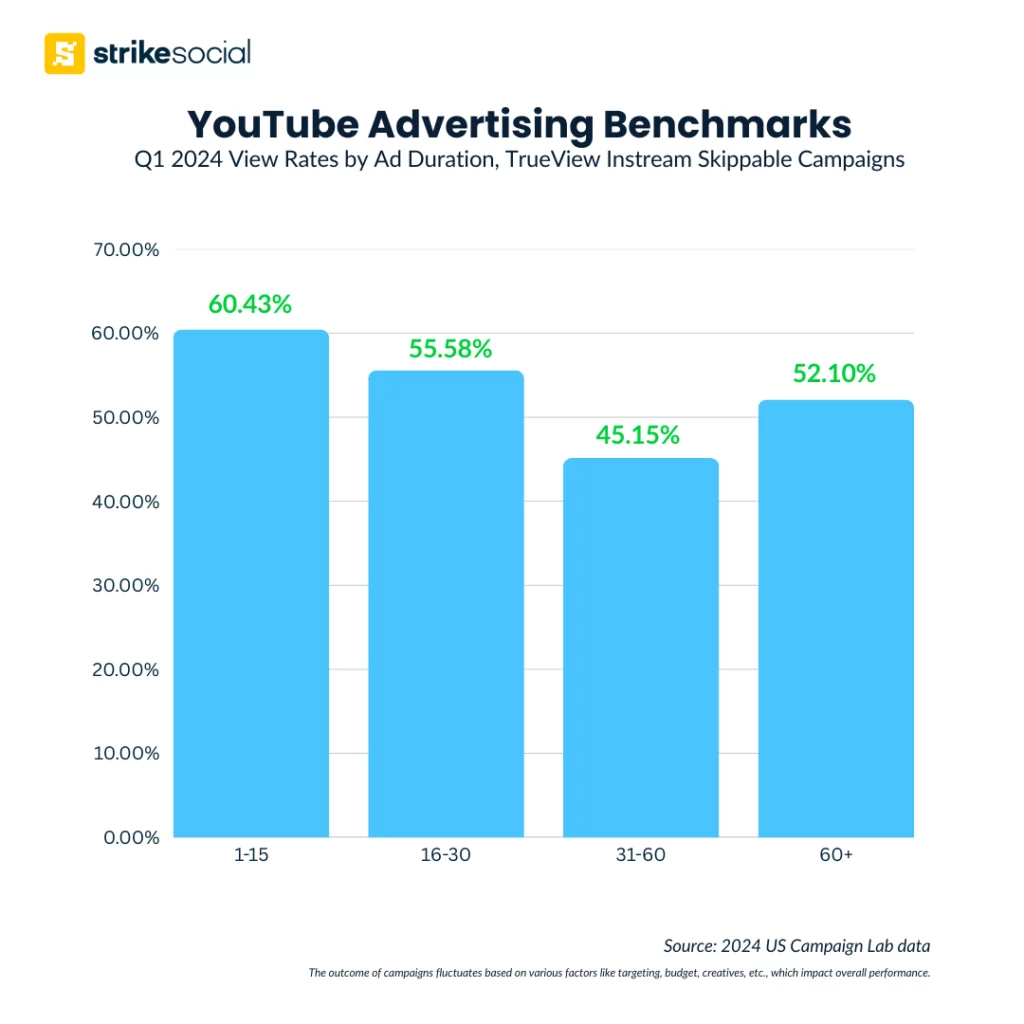

Super Bowl Marketing Strategies for Paid Social Ads
Now that you know how paid social can help you reach NFL fans, here are 2025 Super Bowl ads strategies to help you connect with engaged audiences this season:
Promoted Super Bowl Ads on X (Twitter)
Align Promoted Ads with the Game Moments
- Stay ahead of the game by sharing relevant Promoted Tweets that engage your audience in real-time. There’s no need to wait for the Super Bowl champion—capitalize on the excitement as the NFL playoffs kick off on January 12. With predictions circulating about which teams will make it to the big game, this is the perfect moment to join the conversation.
- With X Promoted Ads, you can position your brand at the top of search results when users look up “Super Bowl” or related content. Your ads can also appear within sports-centered feeds, reaching users whose interactions are focused on NFL-related tweets.
Super Bowl Advertising on Instagram
Partner Up with Nano Influencers
- Instagram is the top platform for influencer collaborations, with 72% of marketers choosing it for their campaigns. To add, influencer partnerships on Instagram yield the highest ROI at 30%, surpassing Facebook’s 20%.
- Focus on influencers whose content revolves around the NFL playoffs, Super Bowl ad predictions, or sports content in general. This allows you to tap into their engaged audience through Partnership Ads, extending your reach.
- On average, influencer partnership campaigns on Instagram see a 2.2% engagement rate. Partnering with nano influencers can increase this to 5%. With 65% of influencer accounts being nano influencers, there’s a large pool of potential collaborators for your Super Bowl ads.
Hook Audiences with Views-Focused Campaigns
- Just as Super Bowl commercials capture attention through 30-second TV ads, focusing on viewership in Instagram campaigns can lead to strong results. Strike Social’s Campaign Lab data reveals that optimizing for pre- and post-game hype during Q1 is key to driving higher view rates with your 2025 Super Bowl advertising campaigns.
- Instagram view rate trends reveal a surge starting two weeks before the Super Bowl. During game week, view rates may dip as audiences focus on game highlights and related content. However, ad viewership bounces back the following week and remains strong through March.
- Capitalize on this momentum by extending your campaigns to target sports audiences beyond the Super Bowl, sustaining the view rates as March Madness approaches.
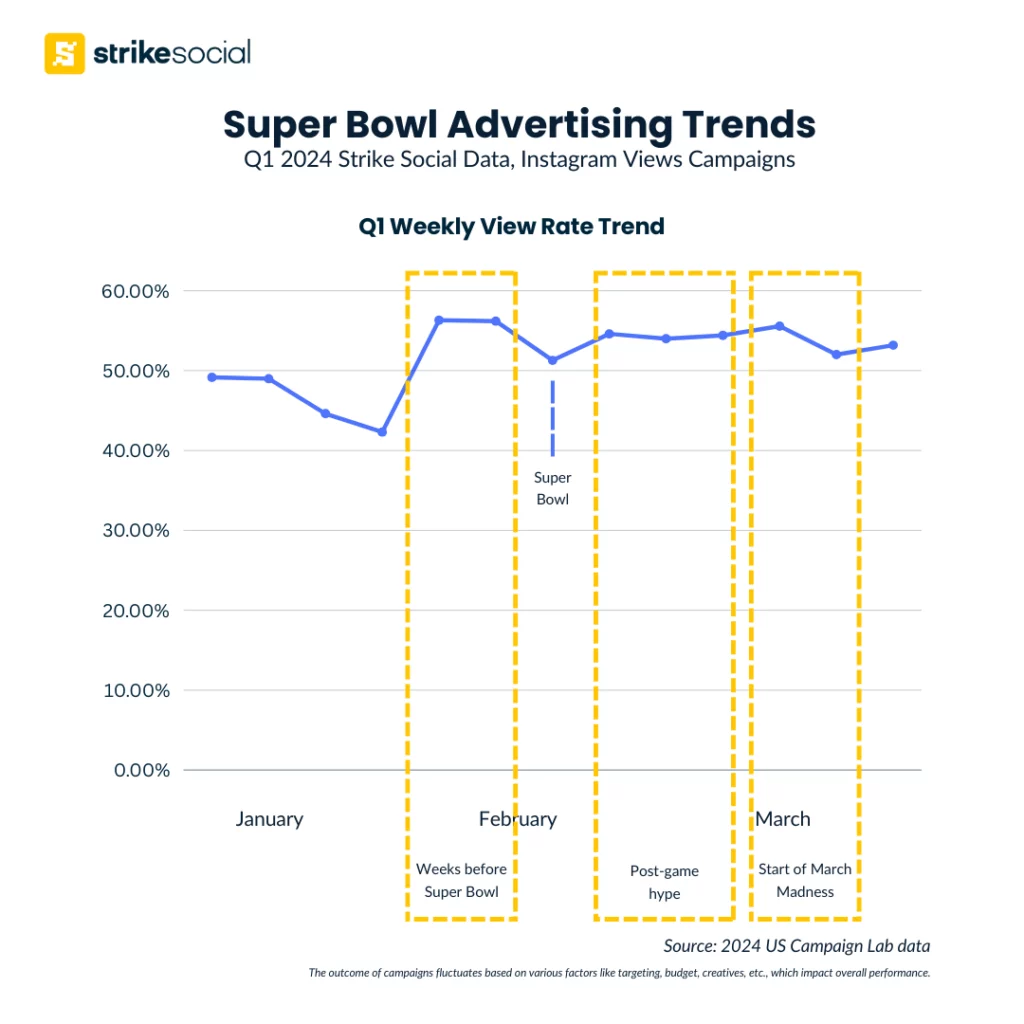

Using Super Bowl in TikTok Advertising
Drive UGC with Branded Hashtag Challenges
- For their 2023 NFL Super Bowl marketing, Doritos launched the #DoritosTriangleTryout challenge. To join, users must create a “triangle-inspired dance” for a chance to be featured during the big game. TikTok influencers like Josh Killacky and Lizzie Lu quickly joined the trend, resulting in the branded hashtag amassing over 12 billion views.
- Get creative with your own branded hashtag to promote your 2025 Super Bowl ads. For example, Quick Service Restaurants (QSRs) are popular on game day, with 1 in 7 Americans ordering takeout during the game.
- Encourage customers to share their favorite game-day snacks with a hashtag like #[YourRestaurantName]SnackChallenge. UGC will help spark buzz and expand your reach, as your patrons’ communities share their videos, spreading your brand’s presence.
Super Bowl Ads on YouTube and its Networks
Big Screens for the Big Game
- YouTube is now a major player in Connected TV, alongside platforms like Roku, Amazon, Hulu, and Netflix. By 2026, YouTube’s revenue from CTV is projected to quadruple. When compared to other U.S. streaming services, YouTube holds the top share in both ad time (4.6%) and time spent (9.9%).
- Advertising on YouTube allows brands to tap into ad inventory across various networks, including YouTube TV and Google TV. With YouTube TV’s 8 million users and Google TV’s 20 million, brands can make a significant impact without the high cost of advertising during the Super Bowl.
Further Reading



Utilize Google TV’s Growing Network for Your YouTube Ads
Increase brand awareness by telling a compelling story that captures viewers’ attention. Begin with the big screens and discover how to tap into Google TV’s growing network for your YouTube ad campaigns.
YouTube Shorts for Fast, Shareable Content
- Let’s not forget that YouTube is a mobile app first, and thus, mobile users should never be ignored. Our data from Q1 encompassing the 2024 Super Bowl, showing the share of impressions and views, highlights how mobile and CTV placements level the playing field:
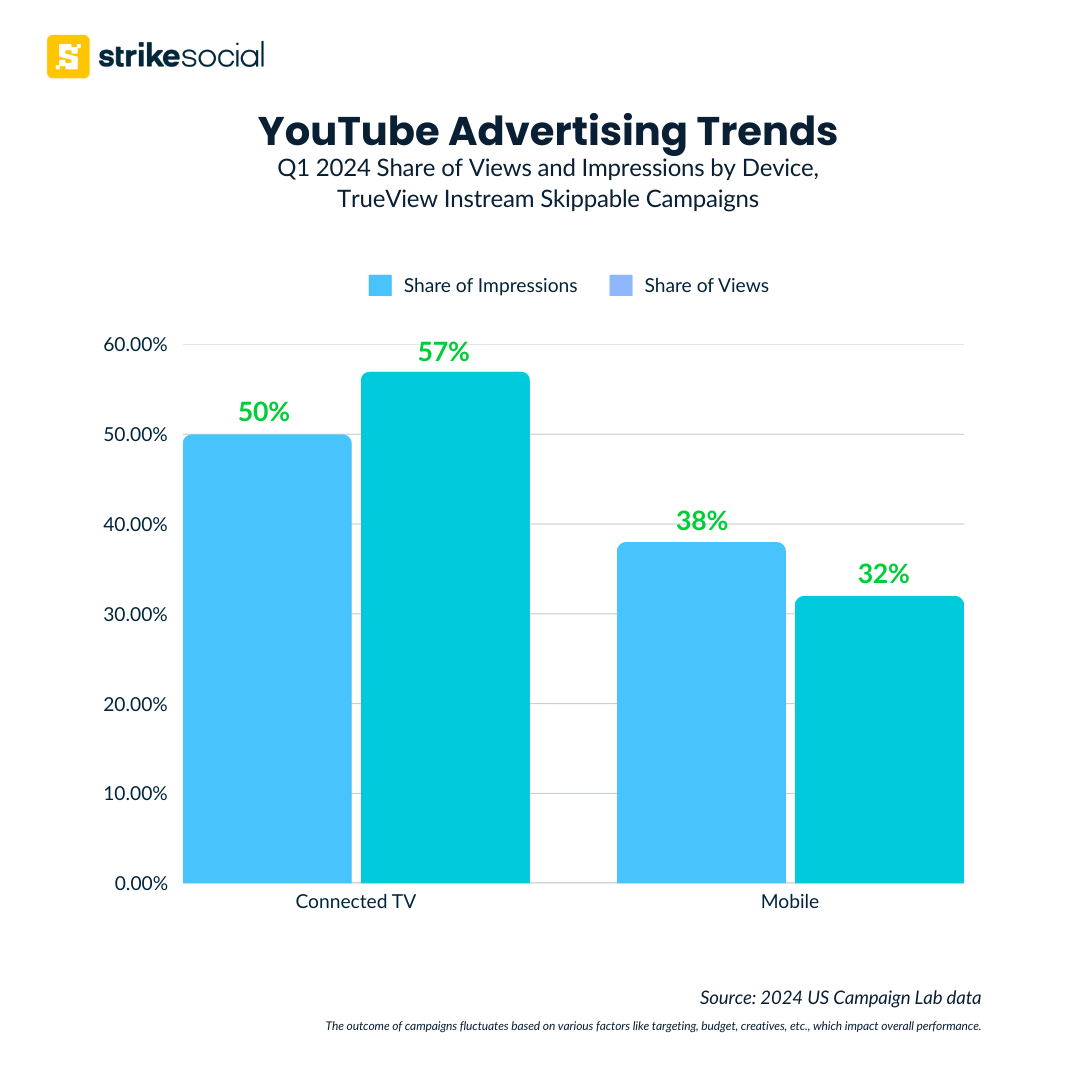

- Along with CTV placements, focusing on short-form content on YouTube Shorts can help you reach more sports-engaged audiences, boosting your Super Bowl ads’ performance even further. If you’re focusing on a Views-centric approach, a good 2025 Super Bowl ads strategy would include a YouTube Video Views Campaign, where you can take advantage of YouTube Shorts, skippable in-stream, and in-feed placements.
- Based on our 2024 Campaign Lab data, here’s a snapshot of view rates for different industries during January to March:
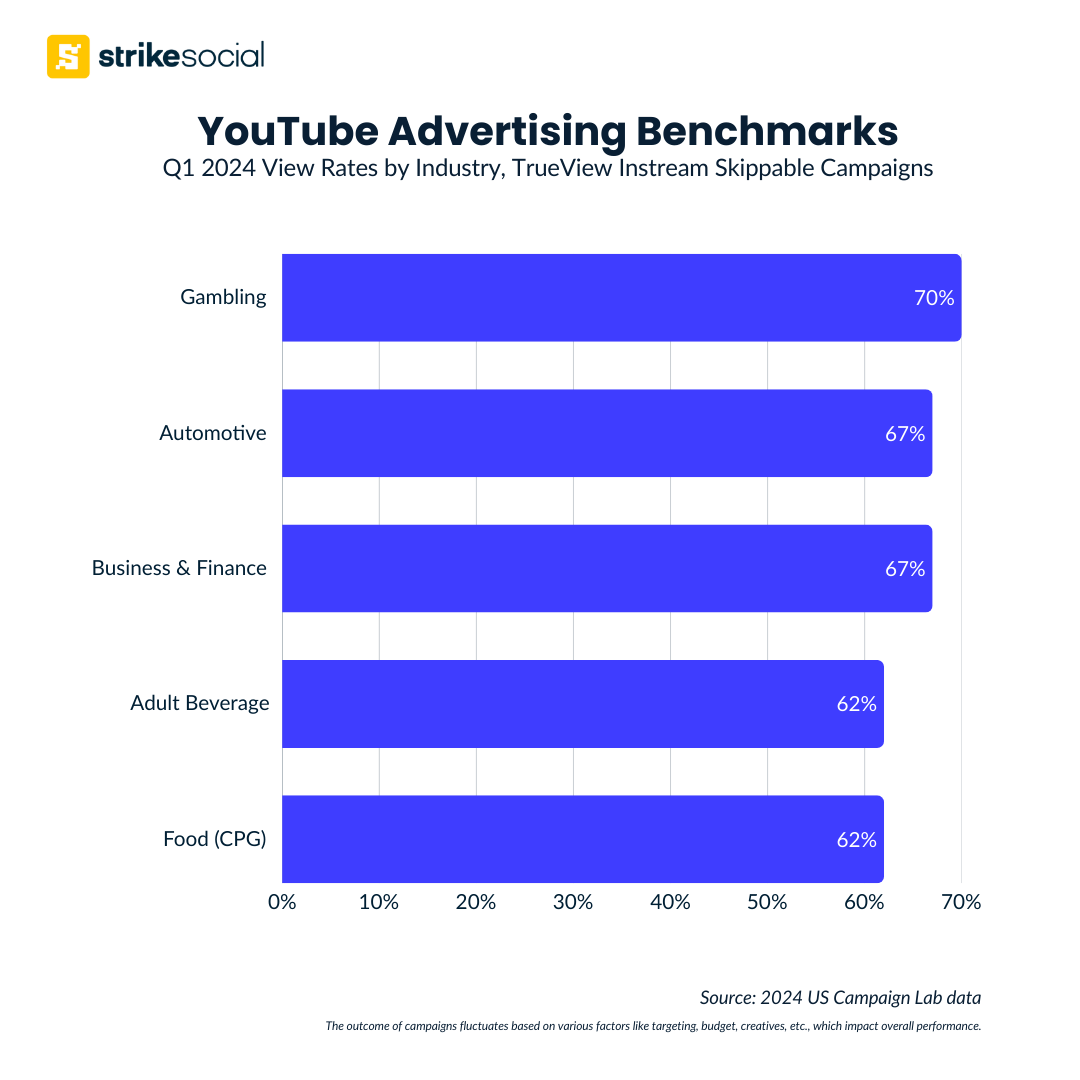

- As we can see, industries like gambling (which ties into sports betting), adult beverages, and food are big draws for NFL fans watching the Super Bowl. However, even if you’re a non-sports brand like automotive or finance, our YouTube data shows you can still effectively reach Super Bowl fans and sports audiences.
- By utilizing precise audience targeting and segmentation, paired with continuous optimization, you can ensure your 2025 Super Bowl ads strategy succeeds.
Is Your Paid Social Ads Strategy Now Super Bowl-Ready?
The 2025 Super Bowl will be a highly competitive arena, with both sports and non-sports brands vying for ad space. Let’s be honest—while the $7 million price tag for a Super Bowl ad is out of reach for many, paid social media advertising offers a more cost-effective way to reach the same audience, at a fraction of the price.
Working with an experienced ad agency can significantly enhance the performance of your Super Bowl campaign. Share your 2025 goals with us, and let’s discuss how our SwaS (software with a service) solutions can help optimize your Super Bowl campaigns.
Strike Overview
- A social media giant—brands, and businesses starting in Meta are in dire need of a Facebook ads guide because advertising on Facebook is no longer as easy as it would seem.
- By 2025, U.S. social media ad spending is projected to reach US$82 billion, with Facebook leading the pack with more than 80% share, followed by LinkedIn and Pinterest. As more ad spend is being poured onto Facebook advertising, more brands are joining in on the auction.
- Success in Facebook advertising isn’t as simple as just clicking “submit” and letting Meta Ads Manager do the rest. There are key steps to take before launching your campaigns, as well as ongoing management to ensure continued success. Read our comprehensive Facebook Ads guide to set yourself up for big wins on Meta in 2025.
Jump to Section
Facebook Ads Made Simple: A Beginner’s Guide for Businesses
By 2025, Facebook’s advertising reach in the U.S. is projected to surpass 250 million users, climbing to over 260 million by 2028. Far from being just a social networking site for sharing updates and connecting with loved ones, Facebook has become a vital platform for businesses, with 52.8% of its users actively following or researching brands and products on the platform.
Whether you’re a business just starting with Facebook ads or looking for a clear refresher to sharpen your strategy, this guide by Strike Social will walk you through everything you need to know to create, launch, and manage effective campaigns.
What Are Facebook Ads?
Facebook ads are a powerful tool for businesses to engage with their target audience directly on Facebook and across the Meta ecosystem. These ads allow advertisers to connect with users through various platforms, including Instagram, Messenger, and WhatsApp, all under the Meta advertising network.
Ad Specs, Formats, and Safe Zones for Facebook Ads
Because there are plenty of ways to get audience reach and engagement through Facebook ads, we’ll give a quick rundown of the different advertising formats available:
- Single image ads: Eye-catching static visuals designed to highlight promotions, brand offers, or deals in a simple and impactful way.
- Video ads: Dynamic content that captures attention through high-quality videos, suitable for feed, Stories, or Reels placements.
- Carousel ads: A swipeable series of images or videos displayed as individual ‘carousel’ cards. Each card within a Facebook carousel ad is linked to a specific product or service page.
- Collection ads: Interactive ads powered by Meta’s Instant Experience, allowing users to explore multiple products directly within the ad.
Facebook Ad Creative Guidelines
To ensure your ad creatives display perfectly across placements, it’s essential to follow Facebook’s ad size requirements. Ad formats are available in 1:1 (square), 9:16 (vertical), and 16:9 (horizontal) ratios, each designed to optimize visibility and engagement.
Pay attention to the Facebook ad specifications so your ads fit seamlessly on your audience’s devices without being obscured by UI elements.
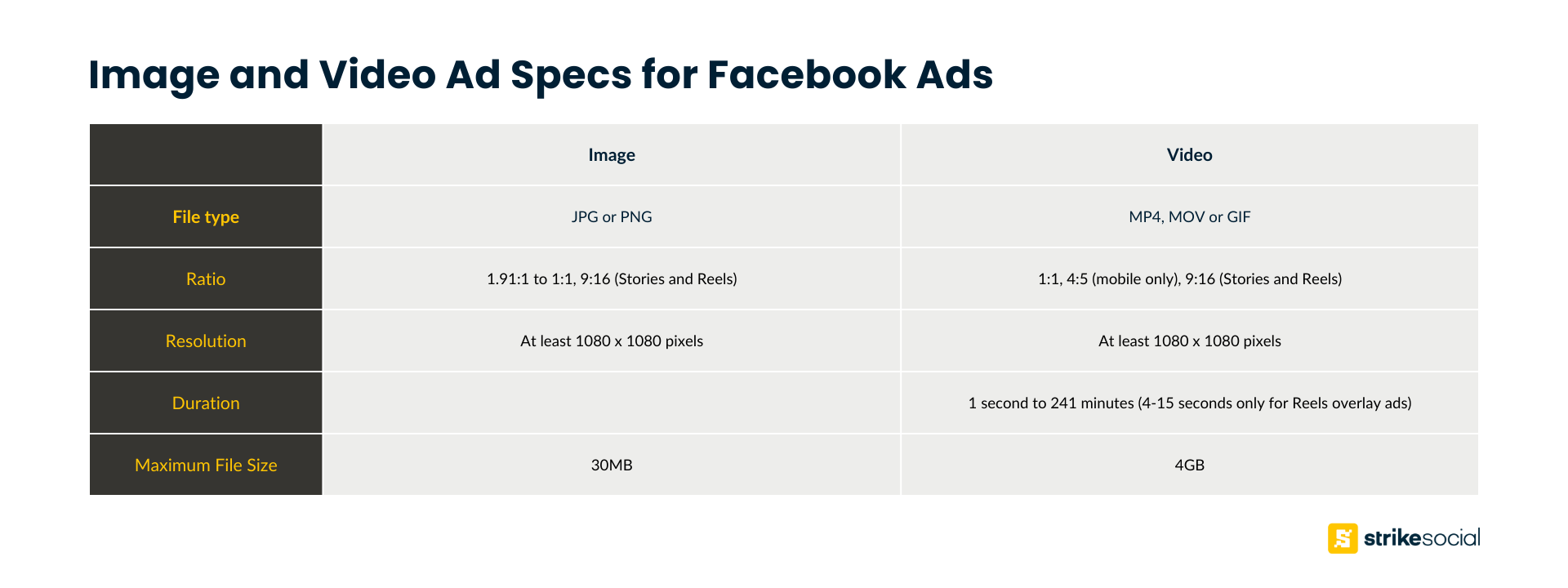

Another key consideration when designing your Facebook ad is the “safe zone.” Keeping essential elements like calls-to-action (CTAs) and key messages within this area ensures they remain fully visible to your audience.
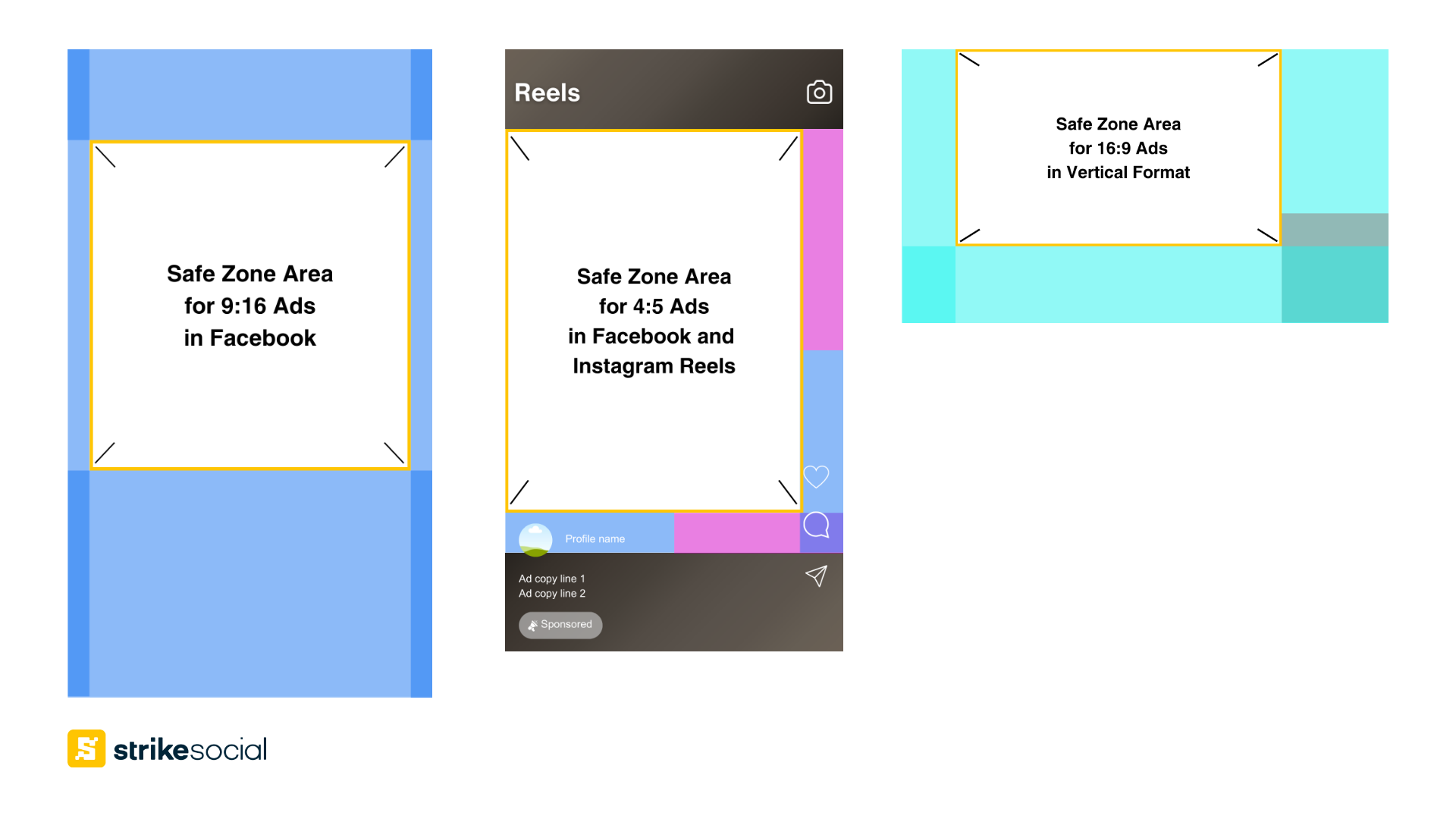

Further Reading
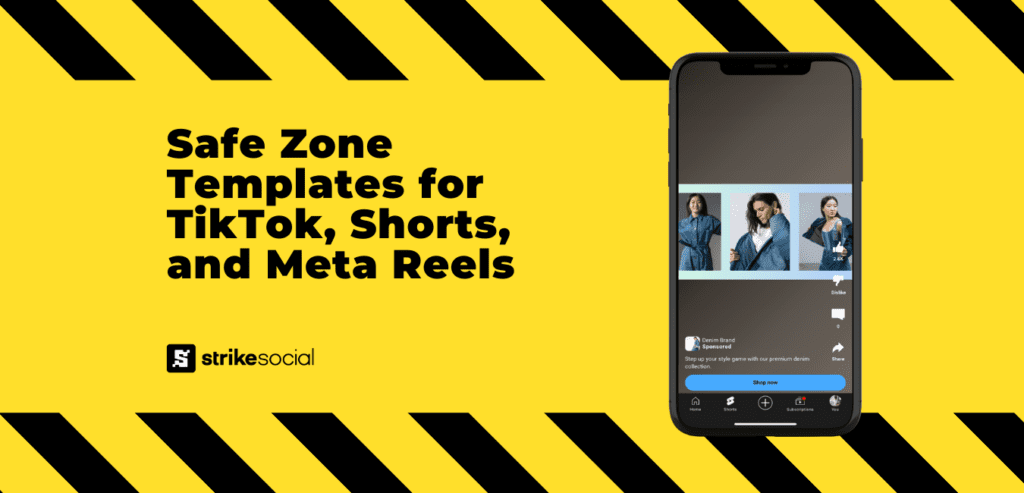

Facebook Reels Safe Zone Guide
With short-form video content basically taking over social media advertising, you must always make sure your critical messaging is within the safe zone. See the Meta Reels, YouTube Shorts, and TikTok safe zone guide to help you post your ads without worrying about your profile picture, ad copy, or even the like and share buttons covering it up.
Additionally, text limitations for Facebook ads vary depending on the format and placement. Make sure your ad copy aligns with these requirements:
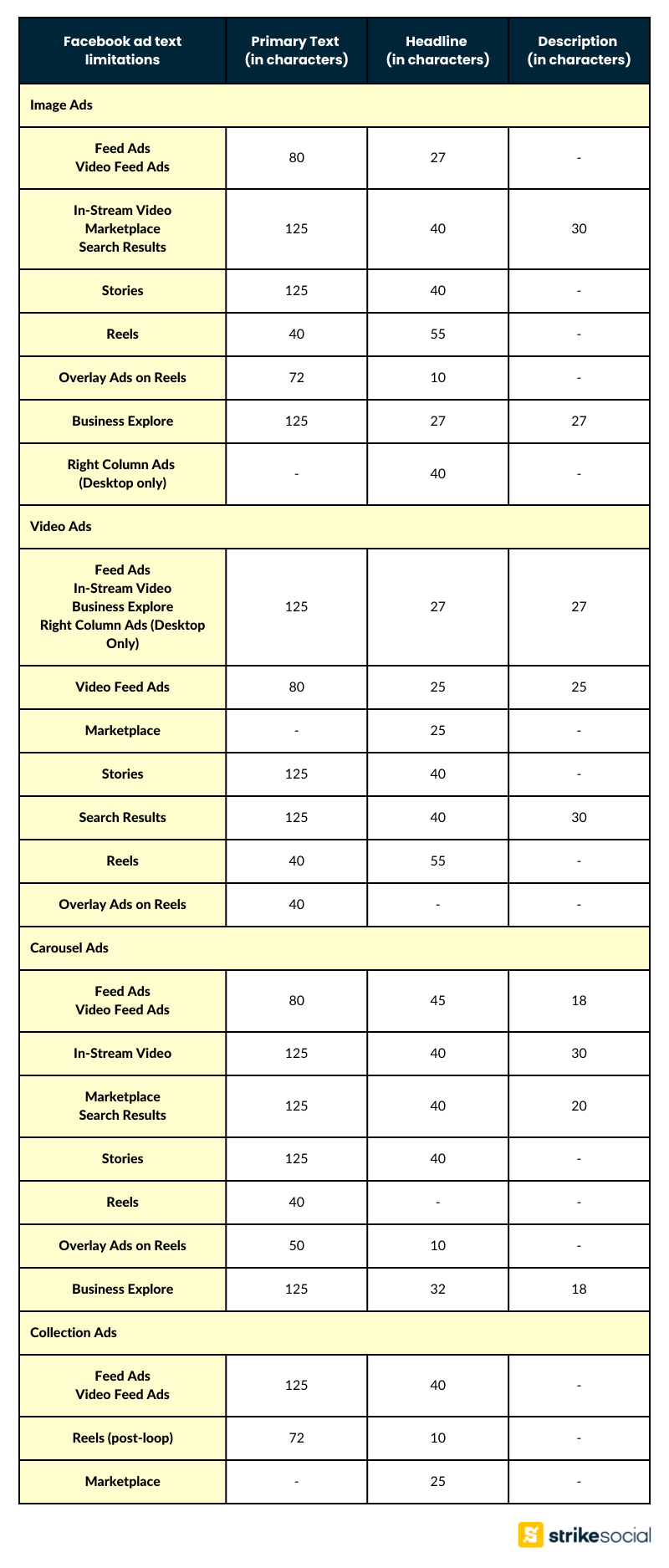

Available Campaign Objectives for Facebook Advertising
Facebook ads offer advertisers flexibility, allowing businesses to target audiences at every stage of the customer journey—from awareness to conversions. This makes them a powerful tool, especially during peak advertising seasons like Mother’s Day, the 4th of July, or Q4 holidays.
For example, Q4 holiday ad trends suggest launching awareness campaigns as early as September, followed by post-engagement campaigns through October to December, to maximize results during the busiest shopping season.
To make the most of your Facebook ad strategy, here are the key campaign objectives available:
Awareness: Introduce your brand to new audiences and expand visibility with:
- Reach
- Brand awareness
- Video views
- Store location awareness
Traffic: Drive users to your desired destination, such as your landing page, website, or app:
- Link clicks
- Landing page views
- Profile or page visits
Engagement: Encourage interaction with your Facebook ads and spark conversations through:
- Post engagement
- Video views
- Contact you via Messenger, WhatsApp, or Instagram
Leads: Gather potential customers or prospects for newsletters, sales funnels, or direct outreach.
- Instant forms
- Contact you via Messenger, WhatsApp, or Instagram
- Calls
App promotion: Promote your iOS or Android app to increase installs or engagement with updates:
- App installs
- App events
Sales: Target highly refined audience segments likely to convert or purchase with:
- Conversions
- Catalog sales (through Instant Experience format)
- Calls
Advantage+ Features from Meta Ads Manager
Meta’s Advantage+ suite was introduced as part of Facebook’s effort to leverage AI technology and enhance the advertiser experience. Initially launched for Shopping campaigns to improve the discovery of e-commerce ads and boost sales, it has since expanded to offer more solutions for Facebook advertisers:
Advantage+ Audience: This feature extends your audience targeting beyond the parameters you initially set, using Meta’s AI to discover and engage with new, highly relevant users.
Advantage+ Placements: For targeted campaigns, manual placements allow precise control over where your ads appear. As for broader reach, Meta Advantage+ Placements automatically optimizes your ads to appear in the most engaging placements across the Facebook app and the Meta Audience Network.
When you run Facebook ads, your Facebook video ads and image ads can appear selectively or across all of the following placements, depending on which placements work best:
- Facebook Feed
- Facebook Marketplace
- Facebook Video Feeds
- Facebook Right Column (desktop)
- Business Explore
- Messenger Inbox
- Facebook Stories
- Facebook Reels
- Messenger Stories
- Facebook In-Stream Videos
- Overlay Ads on Reels
- Facebook Search Results
- Meta Audience Network (native, banner, and interstitial)
- Meta Audience Network Rewarded Videos
Advantage+ Creative: At the ad level, Advantage+ offers tools to enhance creative assets, ensuring they resonate with audiences. These include:
- Image templates
- Image brightness and contrast
- Music
- 3D animation
- Image expansion
- Image animation
Advantage+ App Campaigns: Designed for app install campaigns, this feature streamlines ad delivery by minimizing inputs for Facebook targeting, campaign creation, and management.
Advantage+ Shopping Campaigns: The pioneering feature of the Advantage+ suite, this tool is tailored for Facebook Shops and e-commerce businesses. Advertisers have reported a 17% decrease in CPA (cost per action) and a 32% increase in ROAS (return on ad spend), proving its effectiveness as an AI solution for advertisers.
Preparing for Your Facebook Ad Campaign
Now that you’re familiar with the fundamentals of Facebook advertising, it’s time to focus on the essential preparations for a successful campaign. While the Meta Business Suite and Facebook’s AI tools simplify the process, understanding the finer details is key to maximizing ad performance.
Proper preparation ensures that your campaigns are effective and aligned with your business goals. Let’s examine the key steps before launching your Facebook advertising campaigns.
Audience Insights and Targeting
As of early 2024, Facebook has over 190 million users in the U.S., and this number is expected to grow by 9% year-over-year through 2025. But with such a large audience, it’s crucial not to target everyone.
Wasted Facebook ad budget is a real risk if you don’t properly define and target your audience. Know the tools within Facebook Ads Manager to help you identify and target the right people.
Know your current audience with Audience Insights
Rather than relying on guesswork, start by using Facebook Audience Insights to gather data on your current audience. Here are the three key sections to explore on the Audience Insights page:
- Demographics: This section reveals key details such as age, gender, and location of your current audience. For example, if your content resonates with users primarily in Chicago, and you’re a local retail brand, you’ll want to focus on targeting Chicago and surrounding areas for better ad relevance.
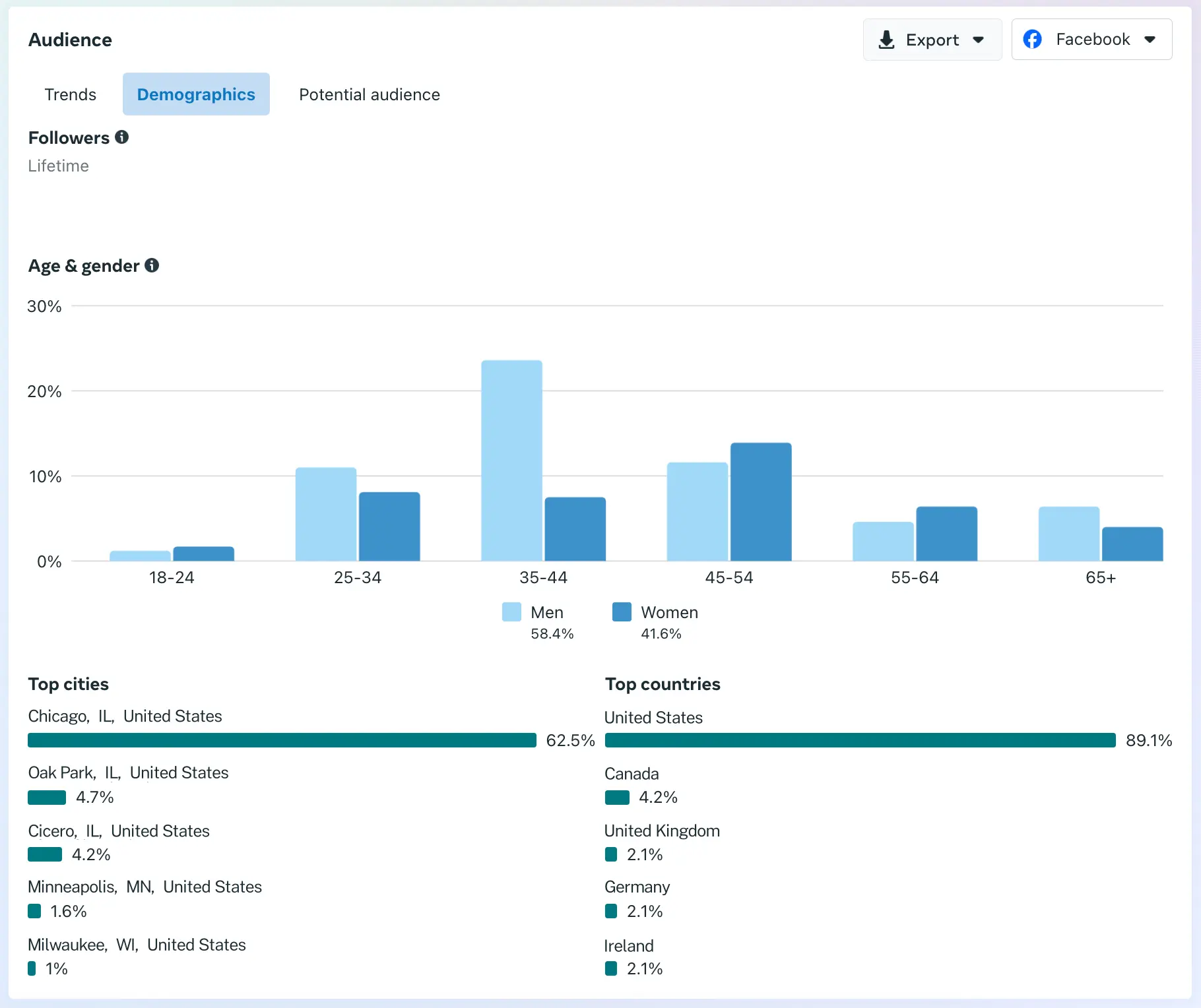

- Trends: This tab helps identify organic engagement patterns. You can see when engagement spikes, such as during a specific promotional period, such as the Super Bowl. If you notice a seasonal uptick in Q1, for example, you might adjust your strategy by ramping up your budget from Q2 to Q4 for more impactful campaigns.
- Potential audience: This section shows broader audience segments who have not yet engaged with your brand but could be a good fit for your ads. If you’re currently reaching the 35-44 age group but want to expand to younger audiences like 18-24-year-olds, the potential audience data will help you determine whether this demographic is worth targeting. While not an exact prediction of success, it provides valuable insights to help guide your targeting decisions.
Reach previously engaged audiences with Retargeting tools
One of the strengths of social media advertising is the ability to retarget audiences who have already interacted with your brand. With the Facebook retargeting feature, you can reach these users based on specific actions they’ve taken across various platforms:
- Visitors to your website or specific landing pages
- Users who added items to their cart but didn’t complete the purchase
- Engagement with your Facebook page content
- Existing customer database (uploaded as a file)
- Lookalike audiences: New users who share similar characteristics to your existing customer base
Facebook Cost and Bidding Optimization
Facebook advertising costs can escalate quickly if not carefully managed. While Advantage+ provides a convenient, automated solution, relying exclusively on Meta’s technology for auction bids may not always yield the most effective outcomes.
Here’s how to better optimize your bidding strategy:
Campaign budget optimization (CBO) vs. manual bid adjustments
With Campaign Budget Optimization (CBO), Meta’s AI automatically allocates your campaign budget across different ad sets based on real-time performance.
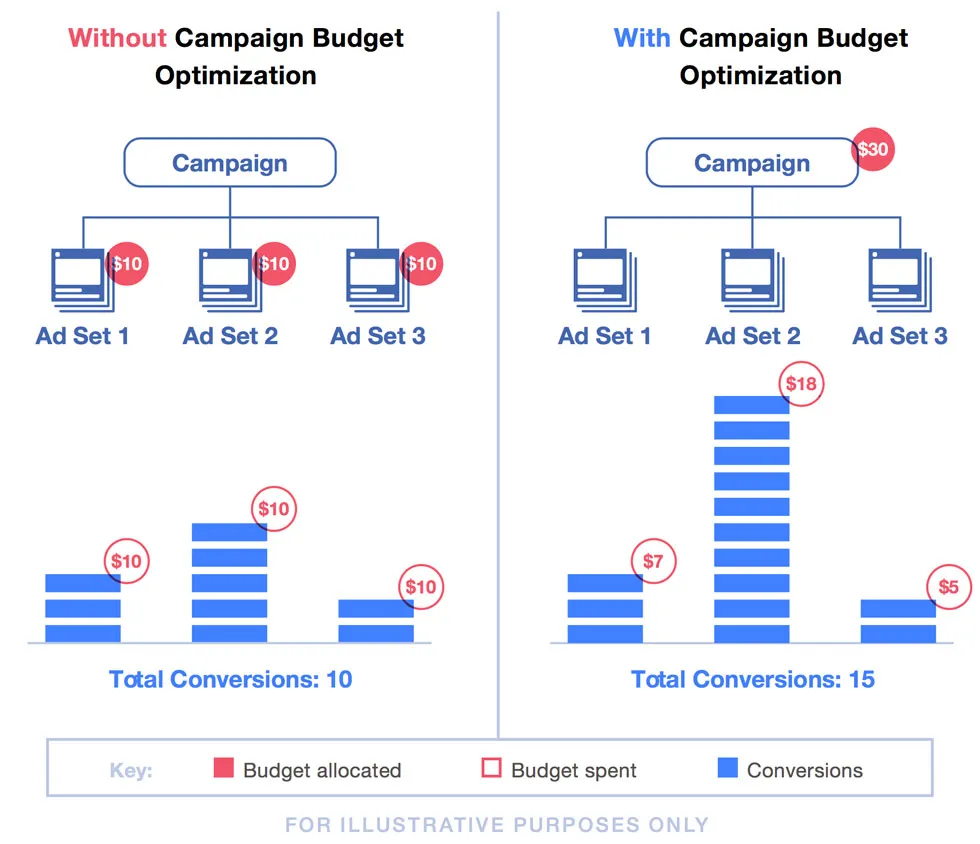

Rather than using a fixed bid auction, the CBO system adjusts the budget to favor the best-performing ad sets, ensuring that even lower-performing ones still get a chance to improve and potentially drive conversions. This helps your Facebook campaign achieve more leads or conversions in line with the campaign objective.
However, one potential downside of CBO is that it places full reliance on Meta’s AI. AdTech software integrated with Meta’s API can offer more precision for greater control over bid adjustments and to avoid overspending. Campaign Lab, Strike Social’s proprietary tool, is designed to monitor bid optimization 24/7, ensuring that your campaigns achieve the best possible cost-efficiency.
Contact Us
Partner with a SWAS (Software with a Service) AdTech agency that boosts campaign performance by 10-20%.
Find out how Strike Social works with your team to create cost-efficient, high-performing campaigns.
How to calculate the cost of Facebook ads?
Facebook ads cost can vary based on your campaign goals, and understanding how to measure these costs is essential for optimizing efficiency. Here are some of the core Facebook cost metrics and how to compute them:
| Campaign objective | Core Facebook cost metric | Explained | Formula |
|---|---|---|---|
| Awareness – Reach | CPM (Cost-Per-Mille) | Measures the cost for every 1,000 impressions your ad receives. | CPM = (Facebook Ad Spend / Impressions) x 1000 |
| Engagement – Video Views | CPV (Cost-Per-View) | The cost incurred for each view of your video ad. | CPV = (Ad Spend / Views) |
| Traffic – Link Clicks | CPLC (Cost-Per-Link Click) | Indicates the cost for each click on your ad’s link. | CPLC = (Total Facebook Spend / Link Clicks) |
| Leads – Instant forms | CPL (Cost-Per-Lead) | The cost associated with acquiring a lead through a form submission. | CPL = (Leads campaign spend / Leads collected) |
| Sales – Conversions | Purchase ROAS (Return on Ad Spend) | Evaluates the revenue generated for every dollar spent on ads. | ROAS = (Revenue generated / Amount spent on sales campaign) |
Further Reading
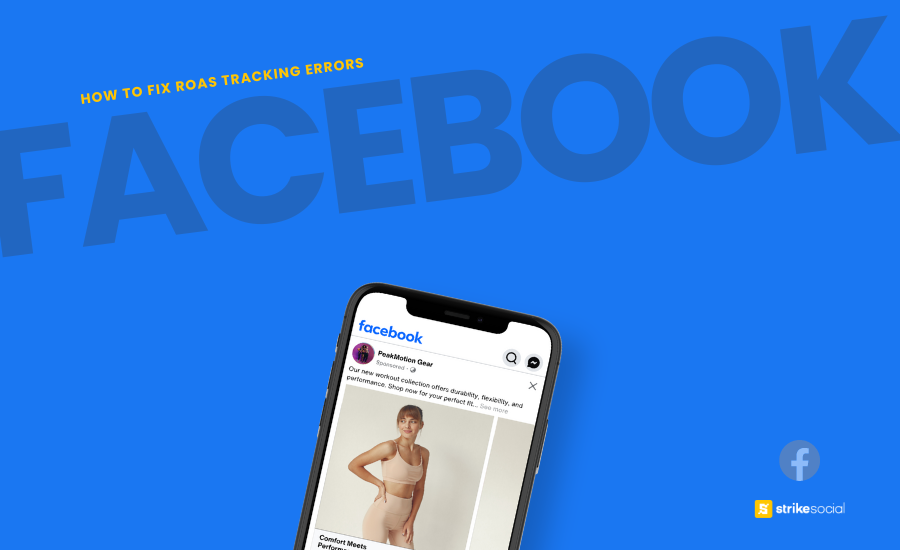


Inaccurate Facebook ROAS? Here’s What You Should Look For
To fix discrepancies in your Facebook ad ROAS, start by uncovering the underlying issue. Understanding the cause will help you apply the right solutions and regain dependable ROAS tracking.
Cost and Performance Benchmarks for Facebook Ads
It’s important that before you fully curate your media plan for your 2025 Facebook campaign, you have a set of benchmarks against which to measure your performance. Understanding industry standards and comparing them to what your ad agency can deliver ensures you maximize your ad spend efficiently.
We analyzed our US campaigns using Strike Social’s in-house proprietary tool, Campaign Lab, to give you the latest cost and performance benchmarks for Facebook ads. See the varying trends based on each campaign objective from our Facebook campaigns:
| Campaign goals | Cost benchmarks (range) | Performance benchmarks (range) |
|---|---|---|
| Impressions | CPM: $2.78 – $9.60 | Engagement rate: 2.90% to 14.40% |
| Video views | CPV: $.0045- $.01536 | View rate: 44.81% to 88.92% |
| Clicks | CPC: $0.14 – $0.72 | Click-through rate: 1.07% to 3.29% |
| Link clicks | CPLC: $0.28 and $1.03 | Link click rate: 0.75% to 1.85% |
| Event response/participation | CPER: $0.35 to $1.53 | Event response rate: 0.64% to 0.83% |
While these benchmarks represent typical Facebook performance year-round, be mindful of seasonal spikes—particularly during Q4 holidays or U.S. election years, when political ad spending can drive up auction prices. To avoid these price surges, we recommend launching awareness campaigns earlier, especially during peak advertising periods.
Download the Strike Social Facebook Benchmark Report
Gain valuable takeaways from last year’s Facebook advertising trends, highlighting the key takeaways that shaped industry benchmarks. Download the Strike Social data and trends report to enhance your Facebook ad campaigns, helping you achieve your desired results.
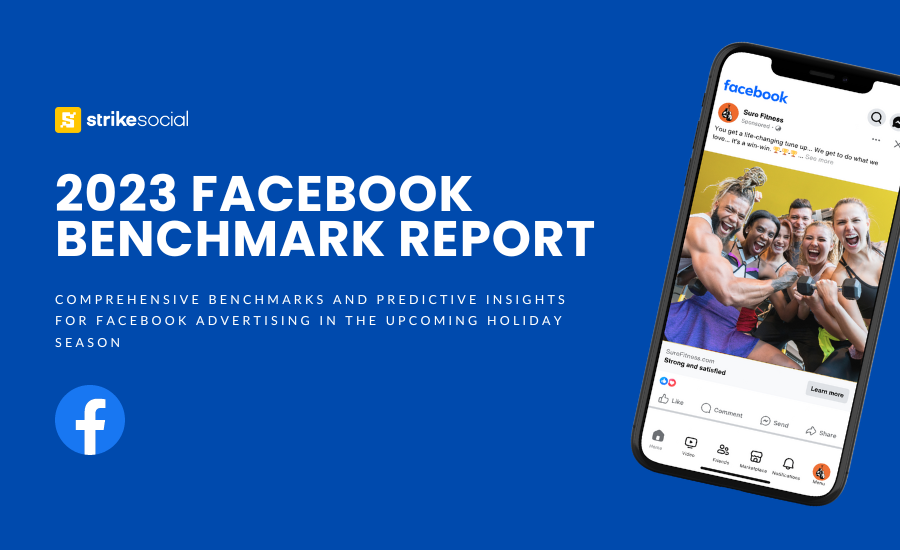

Maintaining Brand Safety in Facebook Ad Campaigns
One of the biggest risks in Facebook advertising is having your brand associated with harmful or explicit content. This can damage your brand’s reputation and undermine the effectiveness of your ads.
In addition to optimizing ad performance and costs, advertisers must ensure their ads aren’t displayed alongside inappropriate or exploitative content. This is where brand safety on Facebook plays a vital role.
Brand safety and suitability controls
Inventory filter: Facebook’s inventory filter is the first layer of brand safety. Similar to YouTube’s inventory types, it offers three options: Expanded, Moderate, and Limited inventory.
The recommended and default setting is Moderate inventory, which ensures ads only appear in safe content. Expanded inventory, while still filtered to comply with Facebook’s Content Monetization Policies, allows for a broader reach.
Publisher block lists: You can create a block list to exclude specific Facebook and Instagram pages, profiles, and apps from showing your ads. These lists can be uploaded as .csv or .txt files, with a maximum of 10,000 publishers per upload. However, do not overly narrow your list, as excluding too many publishers could limit your ad reach.
Content type exclusions: You can exclude your ads from appearing on non-partnered pages or profiles that have not signed up for Facebook’s monetization program. Your ads will only be shown on content produced by registered, vetted Facebook partners, subject to more stringent oversight. Content type exclusions can apply to live videos, in-stream ads, and Facebook Reels ads.
In addition to these advertiser controls, Facebook also enforces brand safety through its Community Standards and Guidelines, Content Review Teams, and quarterly Community Standards Enforcement reports, another measure the platform takes to maintain a safe advertising environment.
Facebook Campaign Guide from Setup to Publish
All set with the Facebook ads preparation! Here are the steps from start to finish to successfully launch and publish your Facebook campaign:
1. Register your Facebook page as a business account. Then, set up your Business Manager account and Ad Account to proceed.
2. Visit Facebook Ads Manager and login to your account.
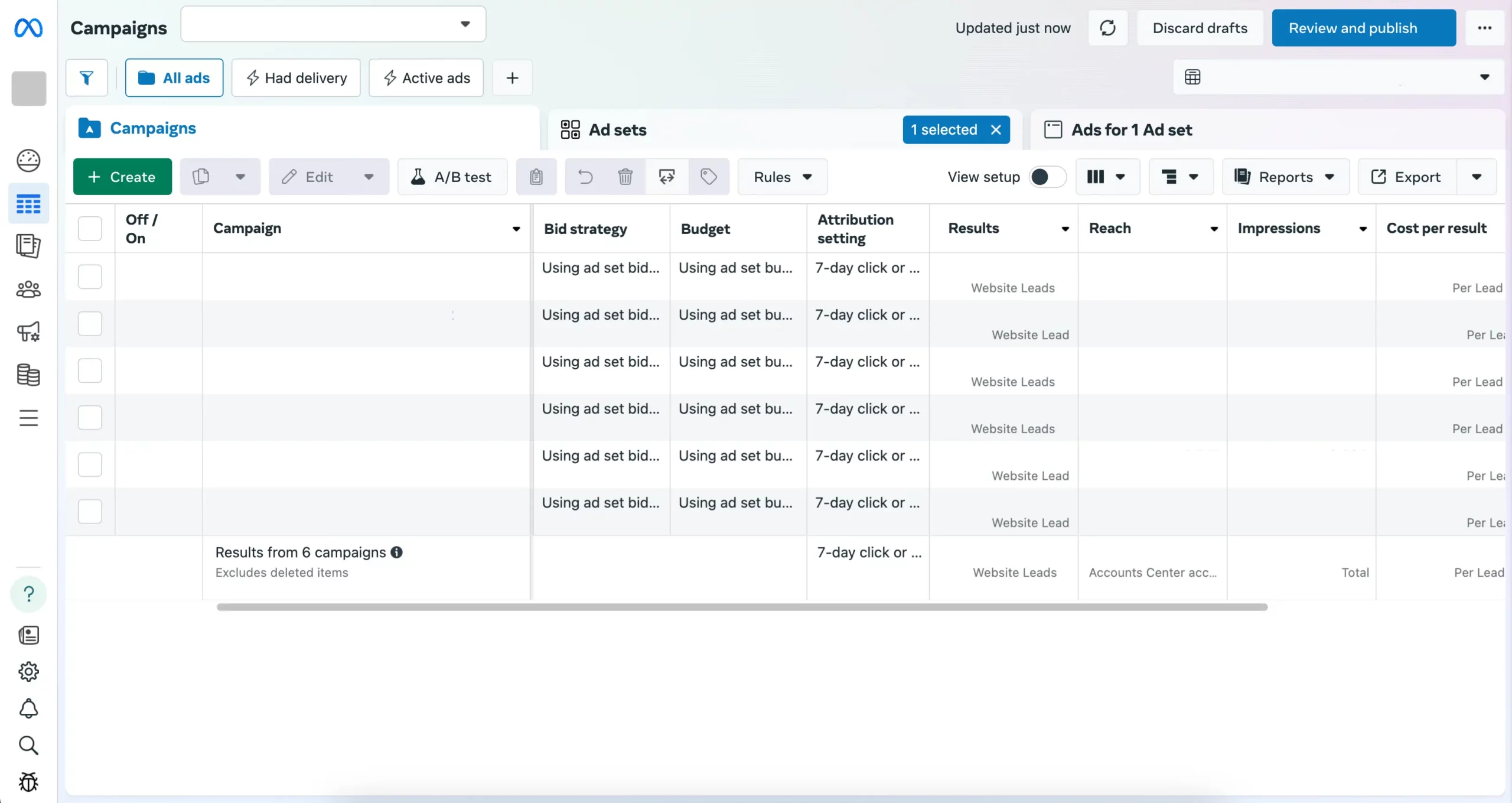

3. Click the +Create button to start a new campaign.
4. Choose the appropriate campaign objective that aligns with your goals (e.g., Awareness, Traffic, Conversions), then click Continue.
5. Under the Campaign level setup, configure the following:
- Campaign Name: Use an organized naming convention for easy identification (e.g., [Campaign Duration – Objective – Product], such as “Jan-Dec 2025 – Impressions – Sleepwear”).
- Special Ad Categories (Optional; As applicable)
- Advantage+ Campaign Budget: Toggle this for automated budget management or leave it off for more manual control.
- A/B Test (Optional; As applicable)
6. On the Ad Set level, you can create multiple ad sets under one campaign. Here are the details you need to set up:
- Ad Set Name: Make it easy to identify (e.g., “2-Piece Pajama Sets – Images” if your ad set uses image creatives).
- Performance Goal: Set your desired campaign objective (e.g., clicks, impressions, conversions).
- Facebook Page and/or Instagram Account: Choose the page or profile that will display your ads.
- Cost Per Result: Set your auction bid if you have a target CPM or cost benchmark.
- Frequency Cap (for Awareness campaigns): Control how often your ad is shown to each unique user.
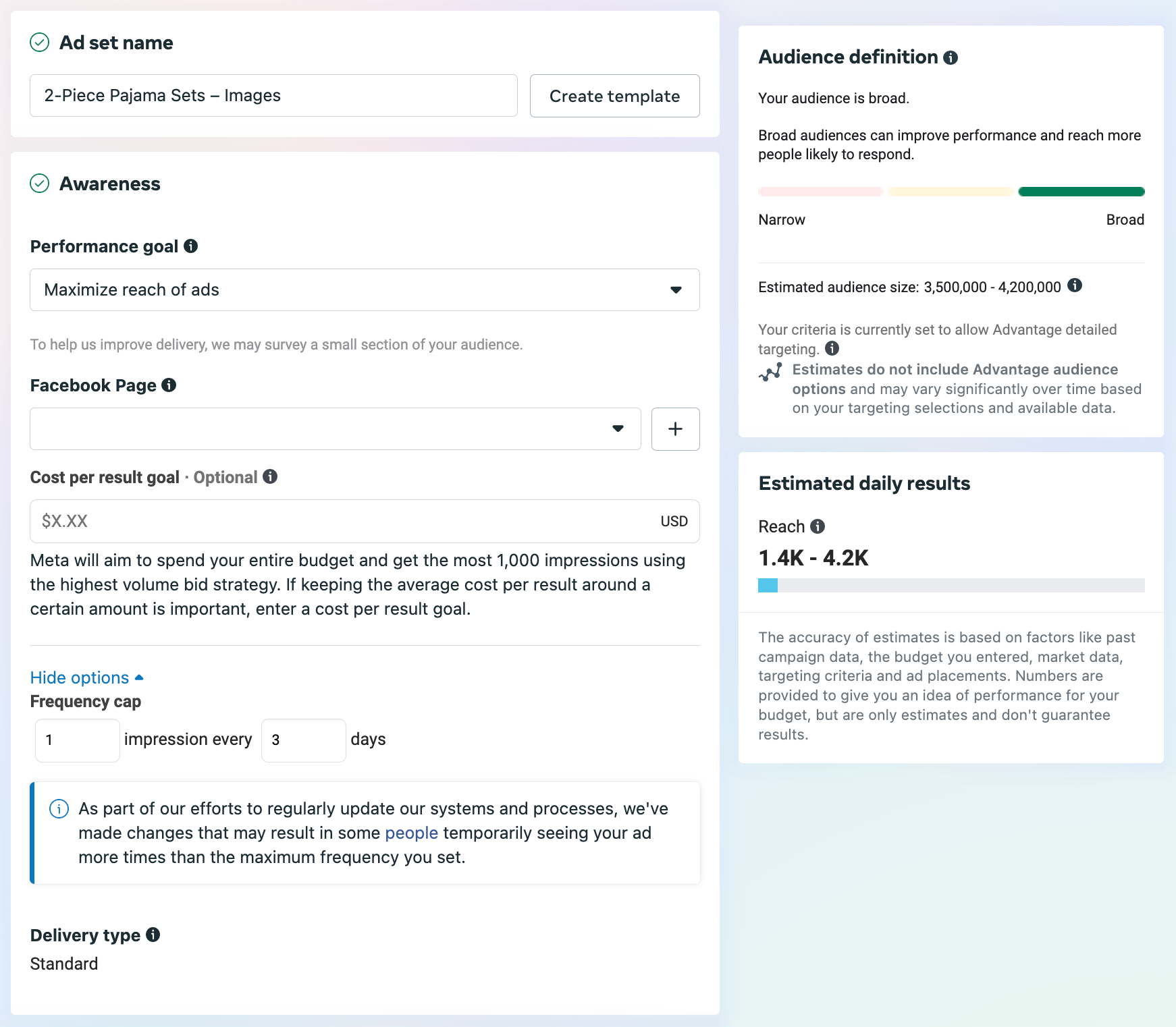

- Dynamic Creative (Optional; As applicable)
- Budget & Schedule:
- Budget: Select either a daily or lifetime budget for your campaign.
- Schedule: Set a campaign start and end date.
- Budget Scheduling: If applicable, adjust budget settings for specific times or dates to boost performance.
- Audience Controls:
- Locations
- Age
- Audience list exclusions
- Advantage+ Audience: Use Meta’s AI to add audience segments based on interests, behaviors, and demographics. Click on Save audience to reuse the same audience segment for other campaigns.
- Placements:
- Advantage+ Placements: Let Meta decide where to show your ads across Facebook, Instagram, and Messenger.
- Manual Placements: If you prefer control, select specific placements like Facebook feed or Messenger.
7. Lastly, under the Ad level, you can now set up the ad creatives. Here are the items to set up:
- Ad Name
- Partnership Ad: Toggle this on if you are partnering with influencers or content creators to use a branded content ad.
- Identity: Verify the Facebook page under which your ad will appear.
- Create Ad: Choose your ad creative. Upload existing content or create a new one, ensuring it meets the recommended Facebook ad sizes.
- Languages (Optional; As applicable)
- Tracking: For ads with landing page redirects, implement UTM tracking via Facebook Events Manager.
8. On the right side of the screen, view a preview of your ad to check that it appears correctly across your selected placements on Facebook and Instagram.
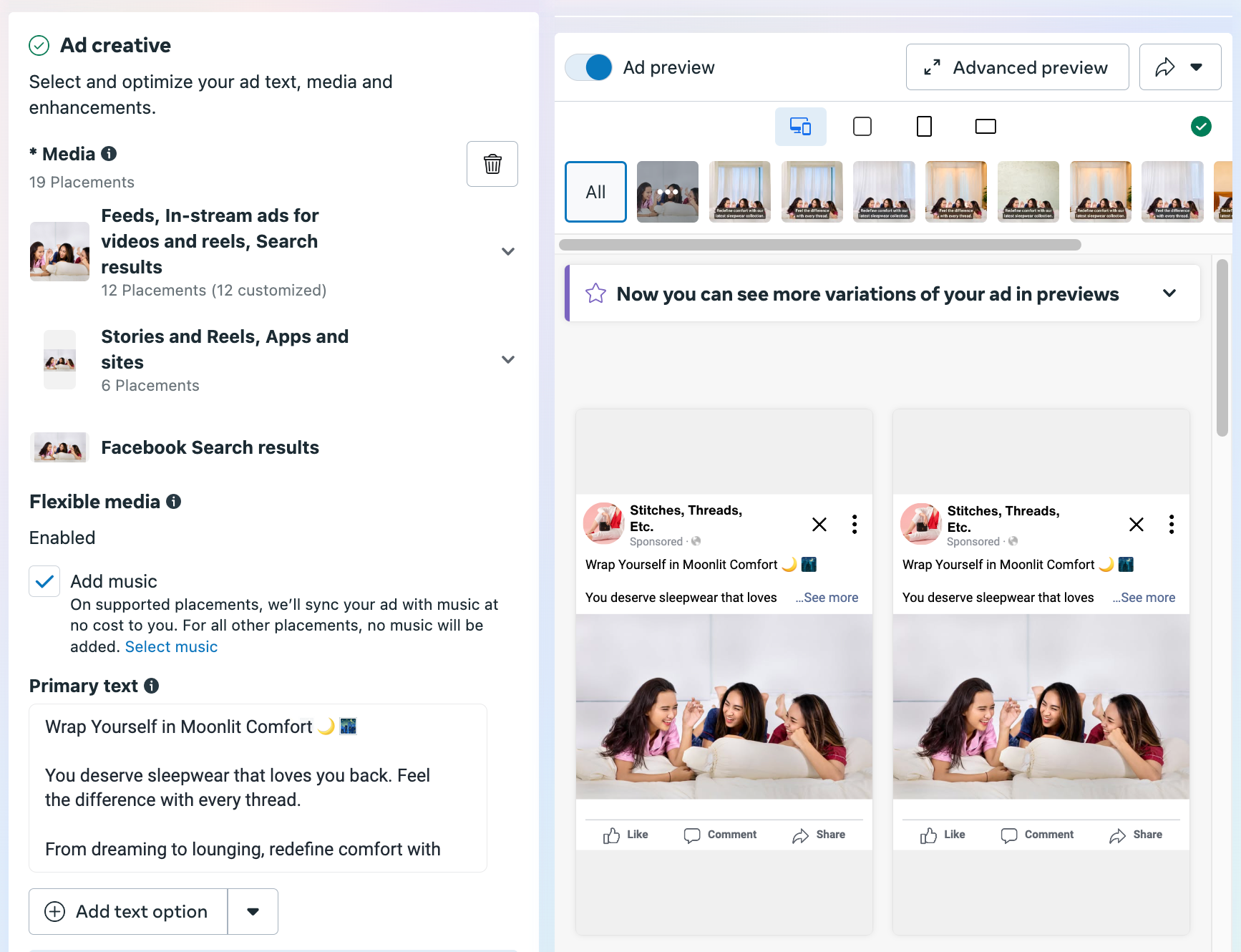

9. Once everything looks good, click Publish to launch your campaign.
The ad review process typically takes up to 24 hours but can be faster. Review common reasons for ad rejection to avoid delays and make sure your campaign goes live without issues.
How a Facebook Ads Agency Can Help Manage and Optimize Your Campaigns
Trust us, setting up and launching the campaign is the easy part. What can be excruciating and require tireless work is monitoring and optimizing your Facebook campaigns as they run.
Ad spending can inflate, performance can slow down, and audience targeting may need to be refined. These tasks require watchful eyes 24/7, and a Facebook ad agency is just what you might need.
Working with a Meta Certified Company
Strike Social is a Meta Certified Company, a prestigious recognition highlighting our expertise as an AdTech Software with a Service (SWaS) business partner. This certification reflects Meta’s trust in our ability to manage and optimize Facebook ad campaigns effectively. With over a decade of experience, we offer in-depth knowledge of Facebook advertising’s nuances, ensuring we can tackle any challenge that arises.
Our Meta-certified media buyers and planners are trained to execute campaigns with precision, leveraging their expertise to deliver outstanding results for our clients.
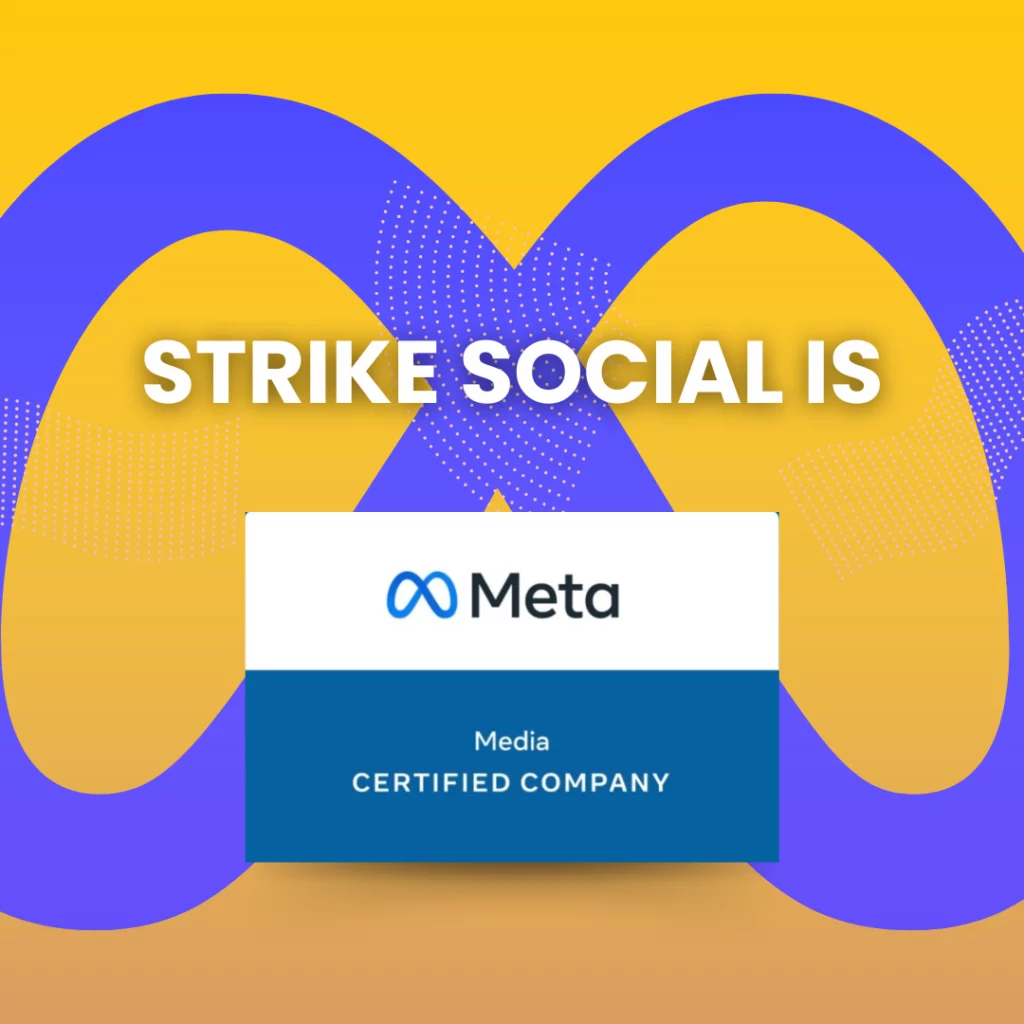

Integration with Meta API via Campaign Lab
Campaign Lab is a powerful tool that supports our team’s optimization efforts. Powered by AI, it provides real-time performance insights and optimization alerts, but the expertise of our media buying team remains essential to make the best use of this data.
With Campaign Lab’s alerts, we quickly identify areas for improvement, whether it’s adjusting bids or refining performance. Thanks to 24/7 optimization by the Strike Social team, we can immediately implement these changes so your campaigns achieve the best results at the most cost-effective rates.
Success in Facebook Ad Campaigns
To demonstrate how a Facebook ads agency can drive effective campaign management and optimization, nothing illustrates this better than tangible results. Here’s how our team applied tailored strategies to lower costs and boost engagement:
34%
Lower CPLC with targeted Facebook and Meta ad placements
28x
ROAS with thorough Facebook pixel monitoring and conversion tracking
300K+
Sign-ups through timely and strategic Facebook ad creative swaps
Your 2025 Facebook Ads Strategies in One Place
Looking for all the essential insights for your 2025 Facebook ad campaign in one place? Strike Social’s blog covers everything from Facebook ads to strategies for other social media platforms. Stay up-to-date with the latest trends, data, and guides on Facebook advertising by subscribing to our newsletter.
Ready to start your 2025 Facebook campaign? Download our Facebook Ad Sizes Guide here to get a head start.
Strike Overview
- As the most popular social media platform in the U.S., with 83% of users nationwide, if you haven’t started YouTube advertising yet, you should already have your campaigns ready before 2024 closes off.
- Both advertisers and consumers increasingly love YouTube ads more than other traditional TV ad formats, as confirmed by 59% of TV viewers and 43% of brands leaning toward YouTube Shorts advertising.
- With Strike Social’s YouTube ads guide, know how you can prepare for advertising on YouTube and its different ad placements to fully maximize its reach and engagement capabilities.
Jump to Section
The Beginner’s Guide to YouTube Ads
Aside from the usual video content, one thing that’s probably more common is the amount of YouTube ads you see. While they may seem interruptive to some viewers, these ads actually introduce audiences to your brand and can even encourage them to visit your website or watch your ads in full. With an average of 48 minutes spent daily by users on the YouTube app, there are multiple ways to reach them across various formats and ad types.
Learn the basics of YouTube advertising, from targeting strategies to optimization techniques, to see how this platform can help you get your brand out there.
YouTube Ads Explained
As part of the Google ecosystem, YouTube has more reach than ever, with ads appearing not only on the YouTube app but also on YouTube TV and across the Google Display Network (GDN).
If you’re familiar with YouTube ads at a surface level, we’ll guide you through every aspect of utilizing YouTube as an advertising platform for your business.
What Are YouTube Ads?
YouTube ads are video or animated ads that promote a brand through engaging content on YouTube and across Google’s Display Network. They can introduce audiences to your products, highlight services, or feature current promotions in a way that captures attention and drives action.
When done right, a well-crafted YouTube ad strategy can reach up to 11 million views, achieve 2,000 conversions, and deliver as much as 7x ROAS.
YouTube Advertising Formats, Specs, and Safe Zones
YouTube offers a variety of ad formats that help you reach audiences across different screens and contexts. Whether you want to make a quick impact or engage viewers with a longer story, here’s a breakdown of the main YouTube ad formats:
- In-stream ads
- YouTube in-stream ads play before, during, or after a YouTube video, often aligning with the viewer’s current video content or viewing habits.
- Types of in-stream ads on YouTube:
- Skippable In-Stream Ads
- Non-Skippable In-Stream Ads
- Bumper Ads
- In-feed ads
- When browsing through the app or related videos of the current video you are watching, YouTube in-feed ads are inserted as you scroll through. These may auto-play without sound as viewers scroll, encouraging them to stop and engage.
- Types of YouTube in-feed ads:
- YouTube app in-feed
- YouTube watch feed
- Masthead ads (by reservation only)
- YouTube Shorts ads
- Ads on YouTube Shorts appear in between videos as you scroll through the Shorts feed. For example, while enjoying a quick video on a new dance trend, an ad might pop up as you swipe to the next clip, offering a brief interlude before you continue browsing more Shorts content.
- Outstream ads
- Your ads can reach audiences beyond YouTube through “outstream” placements on Google Video Partners (GVP) and the Google Display Network (GDN). These ads are shown on both mobile devices and desktops, allowing you to engage viewers who may not be actively browsing the YouTube app.
- Other formats
- Mid-roll ads: Shown within videos longer than 8 minutes.
- Back-to-back ads/ad pods: Two consecutive ads shown before or during a video.
The YouTube ad specs vary based on your campaign objectives and chosen formats. Whether targeting placements within the YouTube app or looking to advertise on YouTube TV and Google TV, ads can appear in either 16:9 or 9:16 formats.
Here’s a quick overview of the essential YouTube ad video specs and technical requirements:
- File format: .MPG (MPEG-2 or MPEG-4), .WMV, .AVI, .MOV and .FLV .MPEG-1, .MP4, .MPEGPS, 3GPP, WebM, DNxHR, ProRes, CineForm & HEVC (h265)
- Preferred video codec: H.264, MPEG-2 or MPEG-4
- Preferred audio codec: MP3 or AAC
- Resolution:
- 1080p (Full HD)
- Recommended pixels (px) for HD: 1920 x 1080px (horizontal), 1080 x 1920px (vertical)
- 720p (Standard HD)
- Minimum px: 1280 x 720px (horizontal), 720 x 1280px (vertical)
- SD
- 640 x 480px (horizontal), 480 x 640px (vertical)
- 1080p (Full HD)
- Frame rate: 30 FPS
- Aspect ratio:
- Horizontal — 16:9 (HD), 4:3 (SD)
- Vertical — 9:16 (HD), 2:3 (SD)
- Maximum file size: 1GB to ≤256 GB
- Length: Best video length for YouTube ads is between 12 seconds to 3 minutes
- 6 seconds (YouTube bumper ads)
- <60 seconds (YouTube Shorts)
- 15-20 seconds (up to 30 seconds for YouTube TV ads) (non-skippable in-stream)
- No max length for in-feed and skippable YouTube ads


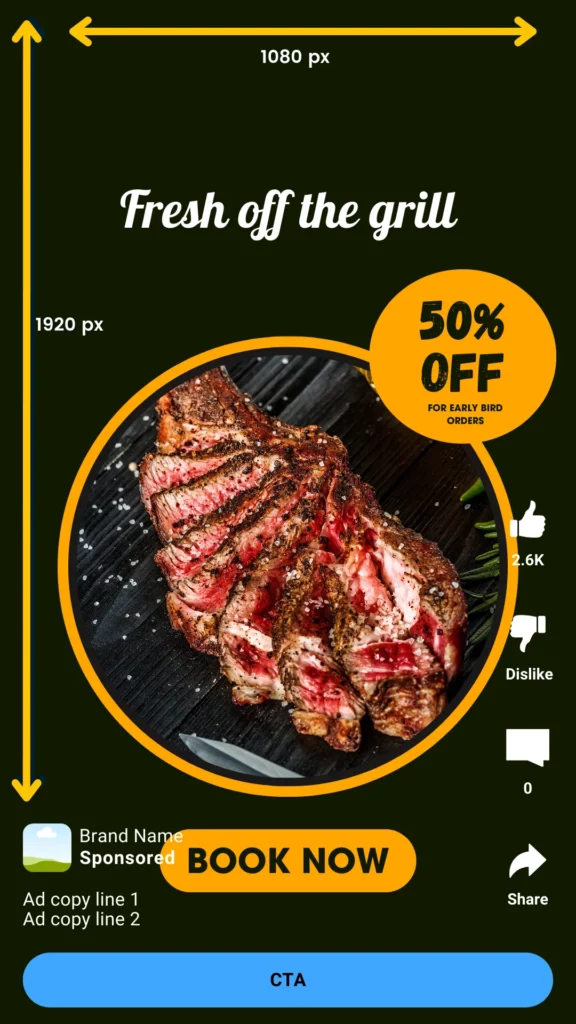

* For optimal quality, we recommend using HD resolutions whenever possible (vs. SD).
Further Reading
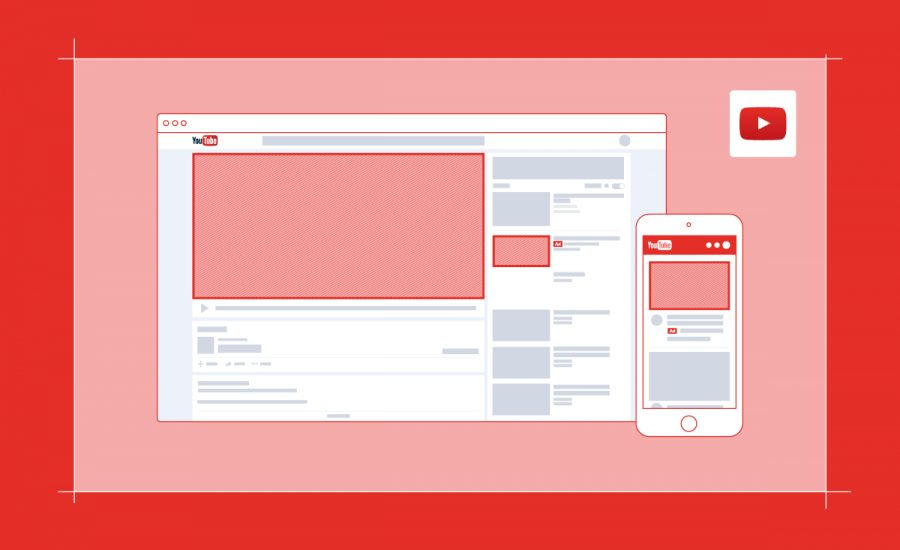

The Complete List of YouTube Ad Specs
If you’re looking for non-skippable YouTube ads specs, in-stream, or YouTube Shorts video requirements, you can find them all in this comprehensive blog. See the detailed requirements on video length, resolution, file format, and aspect ratios to ensure your ads meet YouTube’s guidelines.
When complying with the YouTube ad sizes, take note that your entire ad might not be fully visible. Both the YouTube app and YouTube TV interface feature elements like the Skip Ad button and engagement options (like, share), which can obscure portions of your video.
To help with this, we’ve created YouTube ad safe zone guides to show you where to avoid placing text or CTAs, ensuring your ad remains fully visible within the safe zone.
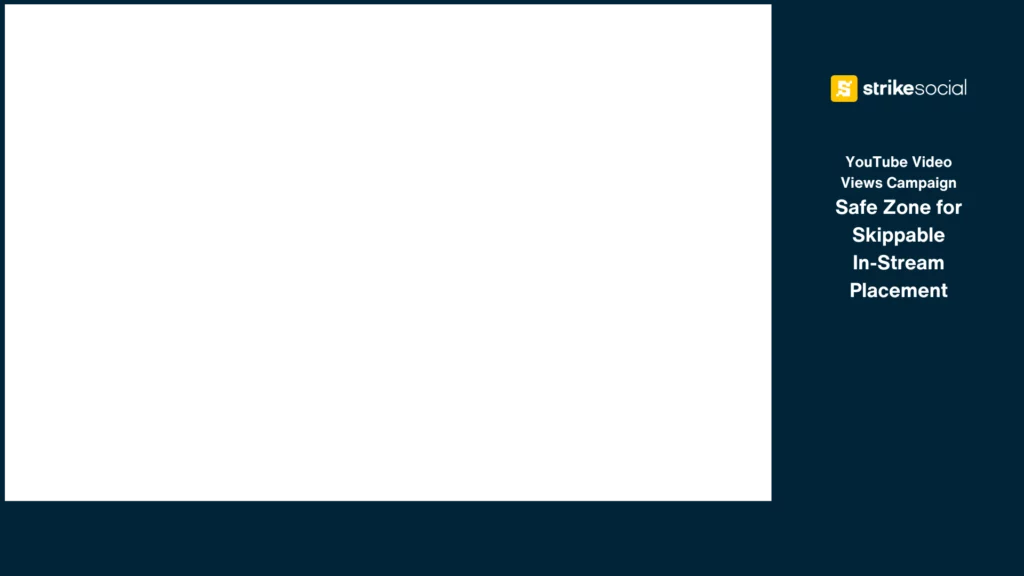

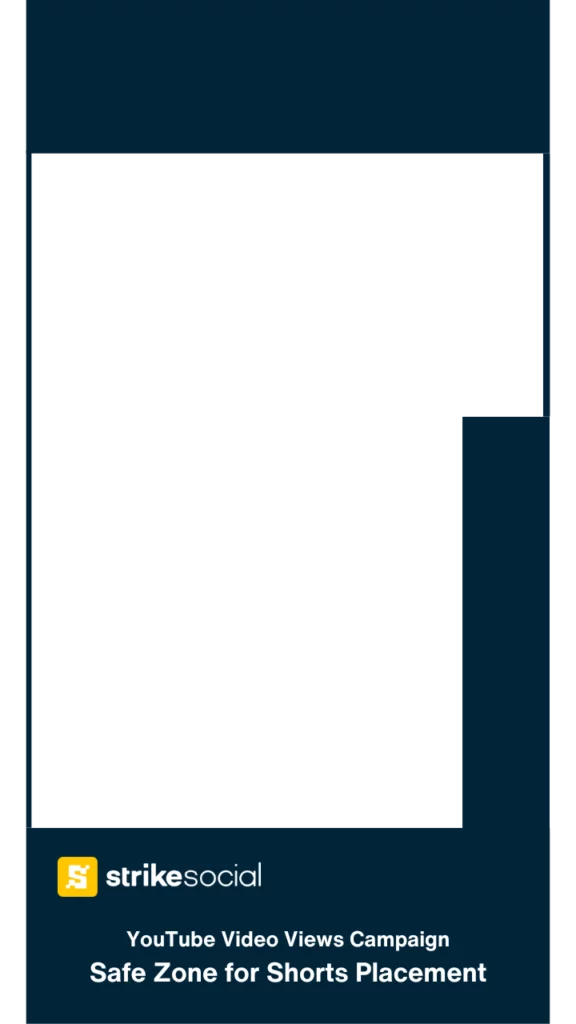



Further Reading


Safe Zone Guide for Vertical Video Ads
As a YouTube advertiser, the Shorts placement must already be on your radar. Don’t limit your vertical video ads to just one platform—find the optimal safe zones to promote across other short-form video platforms like TikTok and Instagram Reels.
Types of YouTube Advertising Campaigns
With a wide range of options for both organic and paid marketing on YouTube, it’s essential to choose the right type of paid ad campaign that aligns with your specific goals.
No matter your video advertising objective, there’s a YouTube ad campaign type designed to help you succeed—here’s a breakdown of your options:
Video Reach Campaigns (VRC)
- By its name, VRC is perfect for Awareness and Reach objectives. In addition to broad visibility across the YouTube app, VRC now also allows advertisers to extend their reach to Google TV and YouTube TV channels. Available YouTube ad formats for VRC include in-stream (bumper and skippable), in-feed, and Shorts.
- VRC campaign types:
- Efficient reach
- Non-skippable reach
- Target frequency
- With on-point creatives, precise targeting, and the right social media advertising agency, Strike Social’s 2024 data shows a 41% lower CPM for VRC than YouTube Trueview.
Video View Campaigns (VVC)
- Designed to maximize views, Video View Campaigns uses Google’s AI to strategically place YouTube ads where they are most likely to be watched and engaged. Placements include in-stream (skippable ads), in-feed, and YouTube Shorts feed.
- Since its launch in Q3 2023, VVC has shown significant cost efficiency, with our campaigns demonstrating up to 56% savings.
- For brands looking to tell their story through YouTube video advertising, our data on Video View Campaigns show great view-through rates (VTR), particularly on Connected TV and mobile devices, where audience engagement and viewer retention are highest.
Video Action Campaigns (VAC)
- Video advertising on the YouTube platform prompts viewers to take action by purchasing, visiting the website, or subscribing to a service. Video Action Campaigns (VAC) can be used to promote YouTube shopping ads through your Google Product Feed or generate leads and sign-ups from engaged viewers.
- VAC will be upgraded to Demand Gen by Q2 2025, and we recommend that advertisers begin transitioning early to take full advantage of the enhanced capabilities it will offer.
Further Reading


Video View Campaigns vs. Video Action Campaigns
Is VVC or VAC the right choice for your brand? Each campaign type offers unique advantages, and choosing the right one depends on your brand’s specific goals. Explore the benefits of each to determine which YouTube ad campaign best suits your objectives.
Performance Max
- Another way to promote through YouTube ads and expand across the Google Search Network, Gmail, Display Network, and Discover channels is to use Performance Max campaigns (commonly known as PMax).
- Previously, Google PMax ads have caused some turmoil with brand safety and ad suitability due to appearing on unauthorized websites and YouTube Kids videos. It takes scrutiny and making sure ad placements are visible to make sure you are fully aware of when and where your PMax campaigns show up.
- Since then, significant improvements have been made to enhance transparency for YouTube advertisers. During the Google Marketing Live 2024 announcements, it was announced that YouTube placements and exclusions will now be visible to brands running Performance Max campaigns.
- Moreover, YouTube’s parent company, Alphabet, has been enhancing the AI capabilities of PMax ads. This includes innovations such as a text-to-image model for creative assets and ‘page-specific assets’ that help better align ads with placement websites and improve engagement with audiences.
YouTube Ad Placements
When advertising on YouTube, you can be seen on more than just the mobile app or the website itself. Your YouTube video ads can conquer everything from small smartphones to bigger Connected TV screens.
Here in our YouTube ads guide, we show you the platforms and placements available for your YouTube campaigns:
- YouTube app: Users can download the YouTube app from their smartphones, tablets, or desktop devices. The same ad placements when users visit the YouTube website across their devices.
- Connected TV: Yes, your YouTube paid ads can also appear on TV! Through Connected TV advertising, you can tap into an audience of over 300 million monthly users. CTV ads have proven highly effective, with some campaigns achieving up to 65% video ad completion, even with skippable ads.
- YouTube TV: YouTube TV is a subscription-based service that provides live television channels and content such as shows, sports, and events. It currently boasts over 8 million subscribers and continues to grow. Yet another way to reach audiences on YouTube TV is through Pause Ads, which allows your ads to appear on viewers’ screens while they pause content.
- Google TV: Similar to YouTube TV, Google TV is also a streaming platform accessible through devices like Chromecast, smart TVs, mobile devices, or the new Google TV Streamer. As of September 2024, Google TV’s network already offers 150 channels, with more to come.
- Google video partners (GVP): Google video partners are trusted, high-quality websites and apps where your YouTube ads can be displayed outside of the YouTube platform. Partnering with Google has advantages, as YouTube can use Google’s inventory to get more video views and impressions even when the intended audience is not using YouTube itself.
What You Need to Know Before Launching Your YouTube Ad Campaigns
As we move forward in this YouTube advertising guide, it may seem that running ads on YouTube sounds easy. But before anything else, you must iron out your YouTube ad strategy before going to Ads Manager to start running your campaigns.
Audience Targeting
YouTube ad targeting can take many forms: device, location, gender, age, interests, etc. There are two primary audience segments within Google Ads where you can define your target audience for YouTube campaigns:
- Audience: Targeting the who, when, where, and what—gender, age, parental status, household income*, interests, locations
- In simpler terms, YouTube audience targeting is simply targeting your target market. With a potential audience base of 238 million unique users in the US, the key here is being specific about who you want your YouTube ads to be viewed by.
- For instance, an HVAC brand trying to take advantage of the demographic’s interest in sports using YouTube Custom Intent audiences can effectively acquire 11 million views through its campaign despite being a non-sports-related brand.
*Targeting by household income (HHI) is only available in Australia, Brazil, Hong Kong, India, Indonesia, Japan, Mexico, New Zealand, Singapore, South Korea, Thailand, United States.
- Content: Targeting the YouTube content your audiences are engaged with—keywords and topics they are searching for, devices and platforms they are browsing or seeing content on
- YouTube contextual targeting allows your video ads to appear on your chosen relevant content so it blends better with the user’s viewing experience.
- For example, during a holiday advertising campaign, retail brands can target shoppers looking for product reviews. YouTube is the top social media platform for researching holiday purchases, and 76% of shoppers say product review videos help them make better purchases. Contextual ad targeting is the way to go to make sure you get into audiences’ YouTube screens.
- In this example, a gaming brand can select these options under Topics so their YouTube ads can appear within these contexts and related videos:
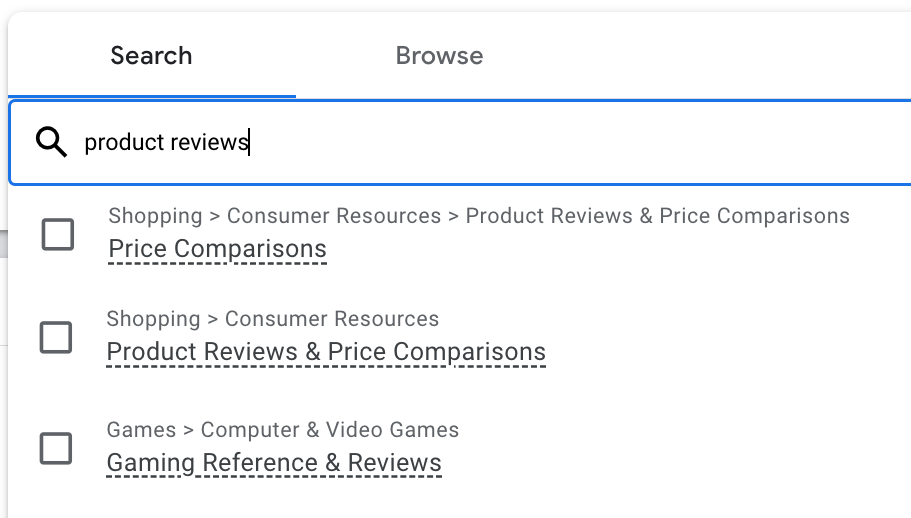

The key is refining the scope of your audience to ensure you are paying for impressions and views from engaged audiences only, but not so narrowly that you inflate costs or harm campaign performance.
To find out how you can analyze and take advantage of each YouTube ad targeting method, here’s a quick guide:
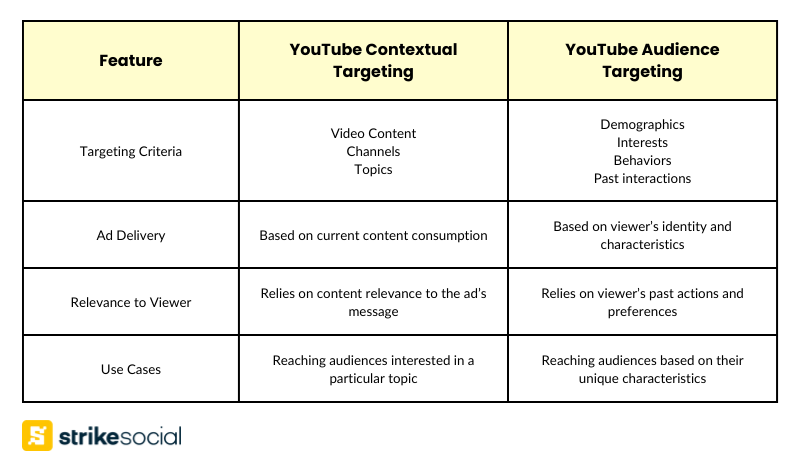

Optimizing YouTube Ads Cost
YouTube advertising costs will vary based on numerous factors, but the hard part is ensuring you’re only paying for engaged views while keeping your budget under control.
How to optimize the cost of ads on YouTube?
- Know the prevailing YouTube ad costs by industry
- According to our Q3 YouTube Ad Benchmarks Report, costs in industries such as finance and travel have been 13% and 9% lower than in Q3 2023, despite the busy holiday season and the U.S. elections.
- Continuous monitoring and optimizations
- Launching your YouTube video ads is not a one-and-done process. It needs to be checked constantly to ensure that your ads are delivering and that costs are not going over.
- For video reach or awareness campaigns, keep CPM costs in check. For campaigns with Views objectives, watch CPV and YouTube ad view rates closely.
- Utilize optimal creatives and YouTube ad placements
- As YouTube evolved with its advertising enhancements, advertisers must adapt as well. Skippable YouTube ads leveraging on reach are doing really well on Connected TV placements, outperforming mobile and other devices by 10-20% based on our 2024 Q1 report.
- Depending on the cost and performance of your YouTube ads during your campaign flight, study the data for the best insights to make an informed decision on how you can lean on better costs by utilizing your outperforming creatives and placements.
Performance and Cost Benchmarks
Along with setting your goals for what you want to achieve with your YouTube ads, such as views or conversions, you should set a criterion for the range to which you want your campaign results to match or even exceed.
Using our successful campaigns on YouTube advertising, here are the key YouTube ad metrics to set your sights on:
- YouTube ad cost benchmarks
- Cost Per Mille (CPM): $5.70 to $12.36 ¹; $2.87 to $8.02 ⁴
- CPM for CTV Skippable Ads: $7.39 to $10.01 ⁵
- CPM for CTV Non-Skippable Ads: $4.74 to $7.09 ⁵
- Cost Per View (CPV): $0.01 to $0.03 ²
- CPM for CTV Skippable Ads: $0.0128 to $0.0220 ⁵
- Cost Per Click (CPC): $0.34 and $1.42 ³
- Cost Per Mille (CPM): $5.70 to $12.36 ¹; $2.87 to $8.02 ⁴
- YouTube ad views and performance benchmarks
- Click-through Rate (CTR): 0.07% to 0.17% ¹; 0.11% to 1.22% ³; 0.01% to 0.11% ⁴
- View Rate (VR): 43% to 57% ²
¹ Based on 2023 US YouTube TrueView InStream Non-skippable Campaigns
² Based on 2023 US YouTube TrueView InStream Skippable Campaigns
³ Based on 2023 US Video Action Campaigns
⁴ Based on 2023 US YouTube Bumper Ads
⁵ Based on Connected TV ad rates, 2024 US YouTube TrueView Ads Campaigns
Brand Safety and Suitability in YouTube Advertising
Even major brands with YouTube video ads can be criticized if they are displayed with inappropriate, unsuitable content that gives the brand a negative perspective. Thus, ad suitability and brand safety on YouTube are key to making sure your ads are shown with related content and away from the explicit content that may be lurking within the platform.
What brand safety features does YouTube have?
- YouTube inventory types: Choose from expanded, standard, or limited inventory. The recommended setting is “Standard”. “Expanded” extends your reach across more inventory, while “Limited” ensures your ads avoid more suggestive or explicit content.
- Third-party brand safety technology: With the help of carefully vetted third-party providers, YouTube continues to develop brand safety measures to maintain integrity in impressions and views generated through YouTube ads. These providers include Integral Ad Science, DoubleVerify, VuePlanner, and more.
How to ensure YouTube ad suitability with my campaigns?
- The difference between brand safety and brand suitability is that the latter focuses more on aligning your brand values with your target audience to strengthen the connection. Brand safety starts the process, and ad suitability fortifies it.
- YouTube has developed many tools for content suitability, which include the following:
- One key concern is appearing on YouTube Kids videos, as these are primarily viewed by children who do not have purchasing power. This means that clicks or views from these videos do not contribute to YouTube ads’ ROI. Ad suitability is achieved by excluding Kids channel placements and reallocating these views to more relevant audiences who can make a purchase or remember your ad for future decisions.
Step-by-step Guide to Publishing Your YouTube Campaign
Feel like you have everything you need and are ready to start video advertising on YouTube? Here are the basic steps to follow:
1. Set up your Google Ads account. You can use your existing Gmail account or use your business account. If you need to add access for your social media advertising manager or media buyer, you can do so by adding and editing Google Ads users to allow your team to help you manage your ads.
2. If you do not have one yet, create a YouTube channel for your brand and upload the video ad you will be using for your campaign. You’ll need the YouTube link to your video to add it to your campaign later.
3. Link your YouTube channel to your Google Ads account. Aside from performance tracking, this also allows Google Ads to acquire data for remarketing on YouTube for future video ad campaigns.
4. Once your Google Ads account is set up, go to the overview dashboard and click ‘+ New campaign.’
5. Choose your campaign objective, type, and subtype. For some scenarios, there will be another subtype before proceeding to the next screen. For example:
- Objective: Awareness and consideration
- Campaign type: Video
- Campaign subtype: Video views (click Continue); Video reach (select VRC subtype – e.g. Target frequency, then click Continue)
6. Fill in the rest of the campaign information, such as the name, budget, and start and end dates. Arrange your audience targeting settings as desired. As you update your campaign settings, ad formats, exclusions, and other elements, you can find an audience estimate on the right side of your screen.
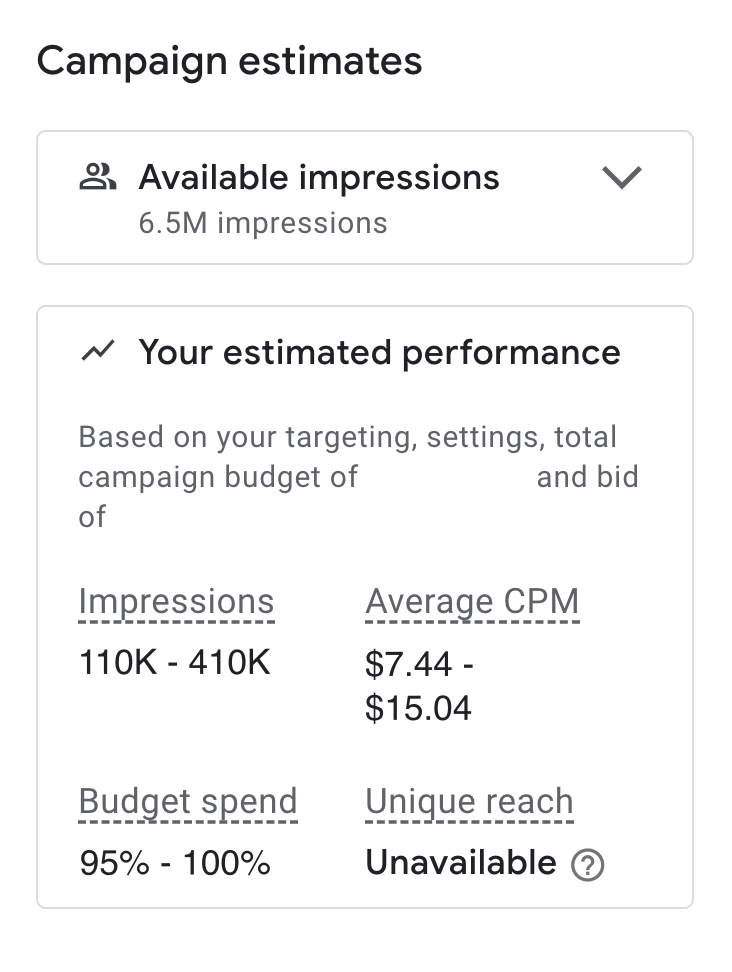

7. Set up your video ads. Paste the YouTube URL so it retrieves the video from the platform. Add your target URL, CTA, ad headline, and description. You can add more creatives as desired and set them up using the same process, abiding by the YouTube ad copy specs.
8. Finally, set up your bid strategy. For an awareness campaign, the target CPM bid is the amount you are willing to pay for each 1000 impressions, which will be your entry in the ad auction.
9. Review your campaign setup. Once done, click on Create campaign.
Most YouTube ad campaigns are reviewed within 1 business day. Once your ad is approved (or rejected), you should receive a notification via Google Ads or your Gmail account.
Do You Need a YouTube Advertising Agency for Better Results in 2025?
After publishing your YouTube video ads, the real work starts during the monitoring and adjustments phase. Your social media advertising team must monitor cost levels, bid adjustments, and ad performance to ensure the best possible results.
This is a full-time endeavor that requires a dedicated team. If you think your YouTube ads strategy may be too heavy for your in-house team, consider hiring a YouTube advertising agency.
Benefits of Partnering with a YouTube Ads Agency
- Reduced In-House Workload
- YouTube advertising, particularly YouTube TV, requires significant resources. An agency can help by managing large-scale campaigns, freeing up your in-house team to focus on other platforms that require less effort.
- YouTube TV advertising, in particular, may be new to teams accustomed to traditional social media ads, making agency expertise invaluable for optimizing Connected TV placements and providing round-the-clock monitoring.
- Knowledge of Prevailing Costs and Performance
- A YouTube marketing agency continuously analyzes campaign performance data and industry benchmarks, always aiming for better results.
- Access to Advanced AdTech Solutions
- Our proprietary AI tool, Campaign Lab, utilizes more than 13 years of machine learning to help us with YouTube advertising campaigns from start to finish. It also performs its own monitoring and checks, alerting our teams to optimization opportunities across running YouTube ad campaigns.
- Proven Experience with Client Success Stories
- Having worked with various brands across multiple industries gives a YouTube ads agency a broad perspective on what strategies work best for different audiences and objectives. From a portfolio of successful campaigns, here’s a handful of our successful YouTube campaigns with exceptional results:
Achieve Greater YouTube Ad Results This 2025
Video advertising is rapidly growing, and YouTube continues to outpace other streaming and TV services, becoming an even more powerful platform for reaching your target audience. It’s the perfect time to capitalize on this opportunity and make the most of YouTube’s inventory and reach.
Start planning your YouTube ads strategy for 2025. Contact us today for a personalized walkthrough and start driving better results with your YouTube campaigns.
Strike Overview
- The Q4 2024 holiday ad trends see an upward surge this year, reaching an estimated $271.58 billion—a 9.5% increase from 2023—highlighting a significant opportunity for advertisers.
- Meta’s platforms, especially Facebook and Instagram, are experiencing robust growth with a 20% year-over-year increase in advertising spend, positioning them to potentially surpass global linear TV ad spending by 2025.
- The transition from Q4 to Q5 promises to be an exciting period as advertisers traverse holiday ad trends, particularly with the U.S. presidential election influencing the market.
- Have no fear—your Strike Social Holiday Guide for 2024 is here to help you maintain a strong advertising presence while keeping ad costs under control.
Jump to Section
Planning Your Q4 2024 Facebook & Instagram Holiday Ads
As you prepare for the busiest shopping season of the year, Meta is gearing up to meet the surge in holiday ad campaigns across Facebook and Instagram. The Q4 holidays — Thanksgiving, Cyber Five, Christmas, and New Year’s — represent the most critical window for capturing audience attention and driving performance.
With ad spending peaking during this period, competition in the auction is becoming fierce, and the stakes are high. To maximize your campaign outcomes while managing costs, advertisers must stay ahead of the trends shaping consumer behavior, creative strategies, and targeting tactics. Here’s how to strategically plan your Facebook and Instagram holiday ad campaigns towards the end of the year.
Q4 2024 Holiday Ad Trends Advertisers Should Watch Out For
Before the celebration continues, let’s take a sneak peek at what to expect this year and how it’s different from previous years to fully prepare you for your holiday campaigns.
Key Peak Advertising Periods in Q4 2024
By anticipating shifts in ad spend and key peak periods, you can optimize your strategy and control costs while driving results for your Q4 2024 holiday ad campaigns:
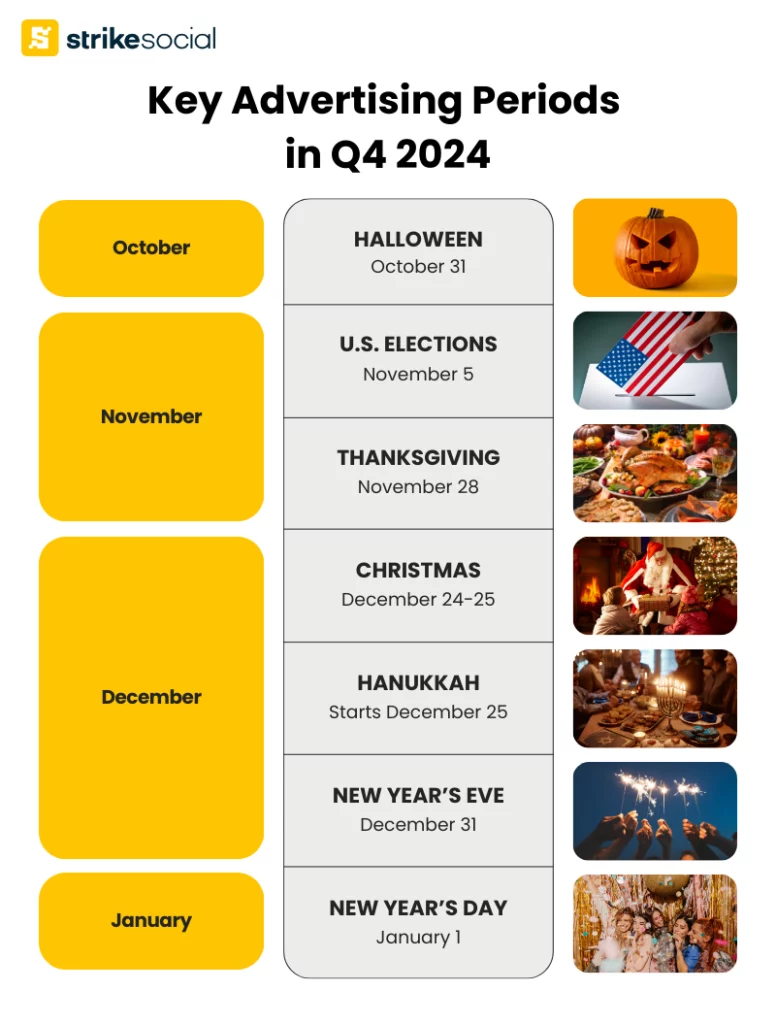

As more advertisers vie for auction space during the Q4 holidays, we can certainly see spikes in ad spending during this time. Historically, Q4 sees the highest ad spending, particularly on Facebook and Instagram (Meta), with Google following a similar trend. TikTok, on the other hand, tends to have a more unpredictable and sporadic pattern. This heightened competition across industries inevitably drives up Facebook and Instagram ad costs. We’ll explore this further as we go along.
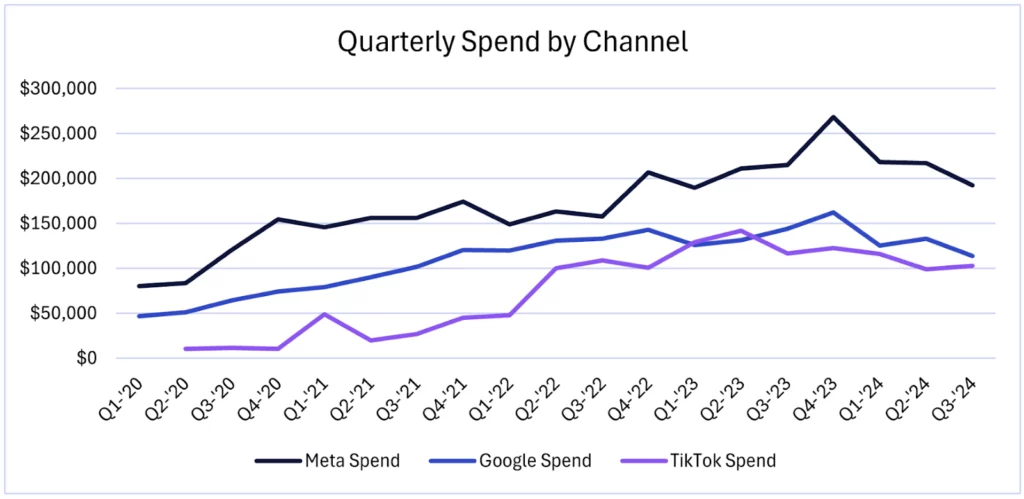

Online Shopping and Spending Trends
Adobe forecasts that U.S. online sales will reach $240.8 billion from November 1 to December 31, up from $221.8 billion last year. In addition, Mastercard’s Spending Pulse data indicates a projected 7.1% growth in retail sales during this holiday shopping season compared to 2023. The rise in consumer spending will likely kick off early, with shopping ramping up as early as Halloween and peaking through Christmas, driven by big-ticket purchases during the gift-giving season.
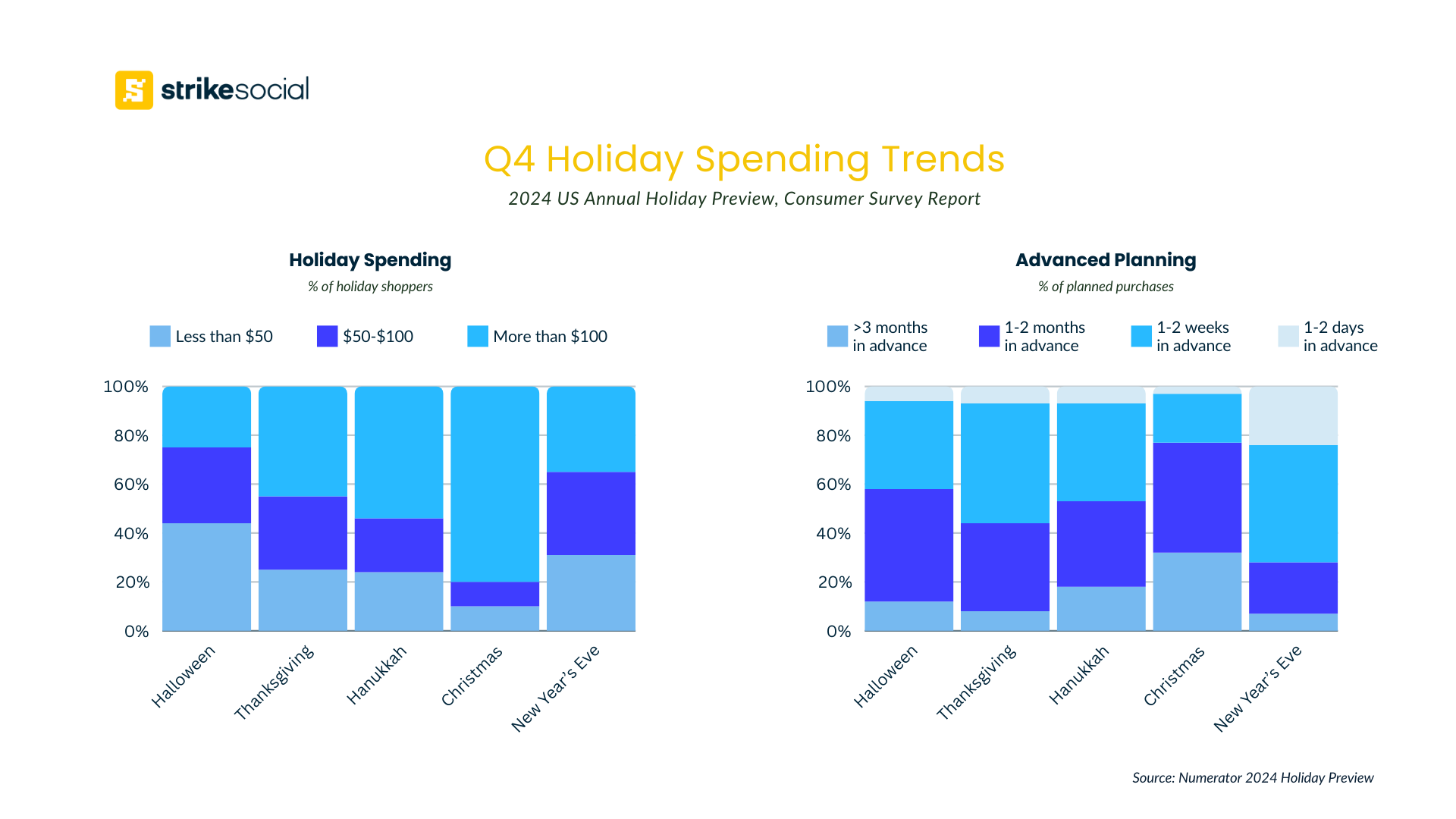

Further, Numerator’s research shows that many Christmas shoppers are starting as early as three months before the holidays. For advertisers, this means awareness campaigns need to launch well before November to capture early interest and effectively guide potential buyers down the funnel in time for peak holiday ad campaigns.
Meta’s Holiday Ad Trends for Q4 to Q5
Data from Meta’s campaigns affirm this, as 41% of consumers continue making purchases from holiday ads well beyond the peak shopping season. Last year, CPM-focused Facebook and Instagram ads peaked around Thanksgiving, while CPA-focused campaigns were more cost-efficient during the same period.
In Q4 2023, conversion campaigns saw a 20% year-over-year increase in performance and a 3.3x return on ad spend (ROAS) when using Meta Advantage+. Meta is heavily promoting Advantage+ to help advertisers streamline the process of diversifying ads and placements, ultimately improving campaign returns.
This approach pays off during the holiday season, as consumers actively search for gifts through Christmas campaigns on Meta, creating a sizable audience that helps drive more efficient ad costs.
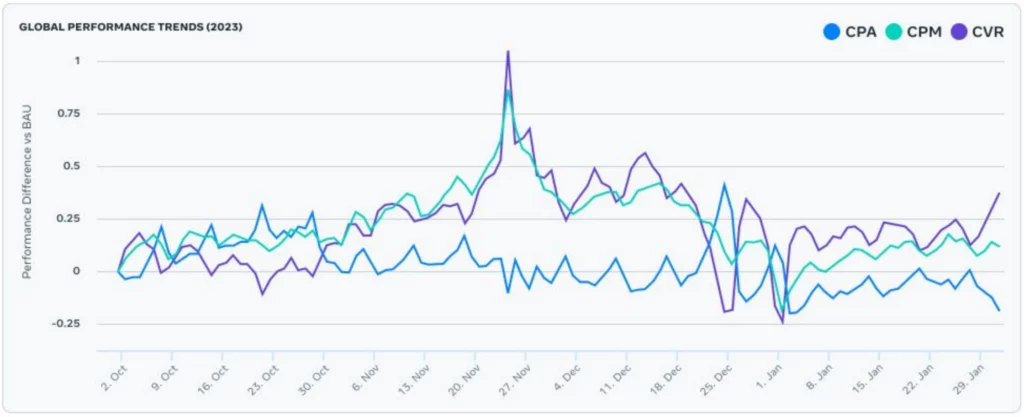

Download our Facebook ROAS Case Study
Discover how Strike Social achieved 66% more impressions than guaranteed and a 28x Facebook ROAS through precise execution and real-time campaign management for a financial services client.
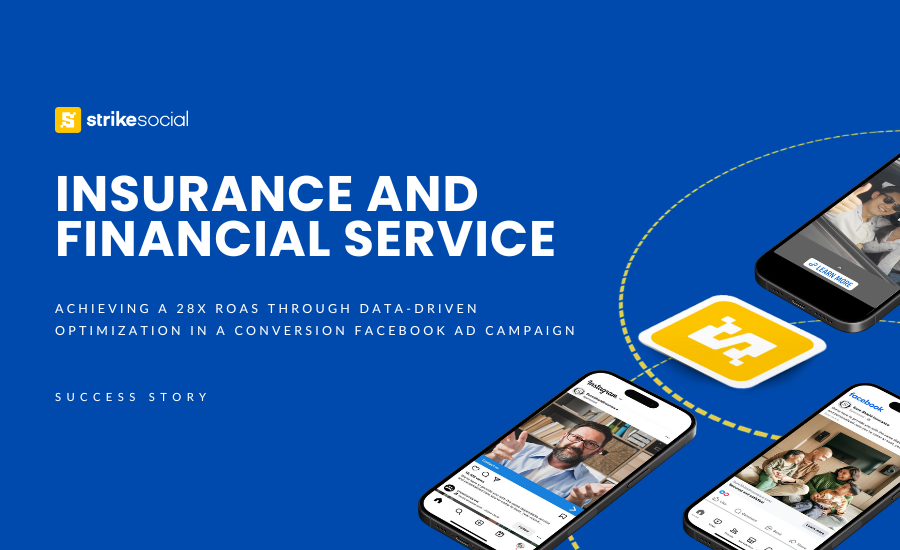

Insights for Effective Holiday Advertising Strategy on Facebook & Instagram
Now that you have a clear view of the holiday ad trends and consumer behavior for Q4 and Q5 2024, it’s time to review the actionable strategies that will drive results and deliver outstanding performance for your Facebook and Instagram holiday advertising campaigns.
Start Your Holiday Ad Campaigns Earlier
With fewer shopping days between Black Friday and Christmas in 2024, early campaign launches will allow for better positioning. October marks the start of the buildup, especially with the final weeks leading up to the U.S. presidential elections, where 79% of 2024 political ad spending is pouring on key battleground states. With political ads wanting to reach as many audiences as possible, this creates fierce competition for audience attention, making it harder for awareness campaigns to break through compared to previous holiday seasons.
Concurring with Meta’s holiday ad trends, our Facebook benchmark report confirms that CPMs will rise during peak Q4 periods, especially around Thanksgiving, Black Friday, and Christmas promotions, as advertisers optimize to reach more markets. Average CPM for Q4 2024 is expected to increase, but campaigns focusing on engagement may benefit from higher engagement rates, particularly with the growth of new ad formats like Reels, which saw a 61% increase in 2023 compared to 2022. Thus, if you want to get a headstart on the lower CPM levels, an early start to your full holiday advertising campaign is necessary.
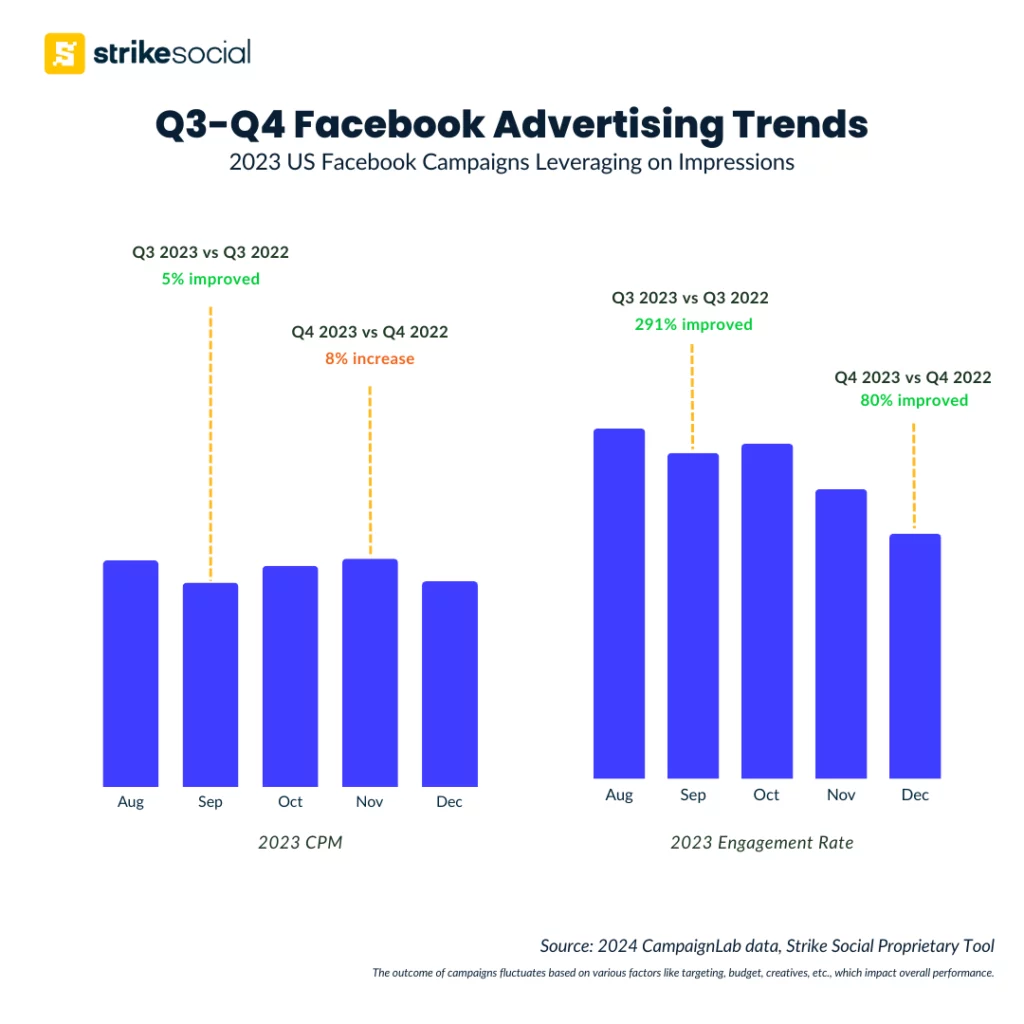

Further Reading
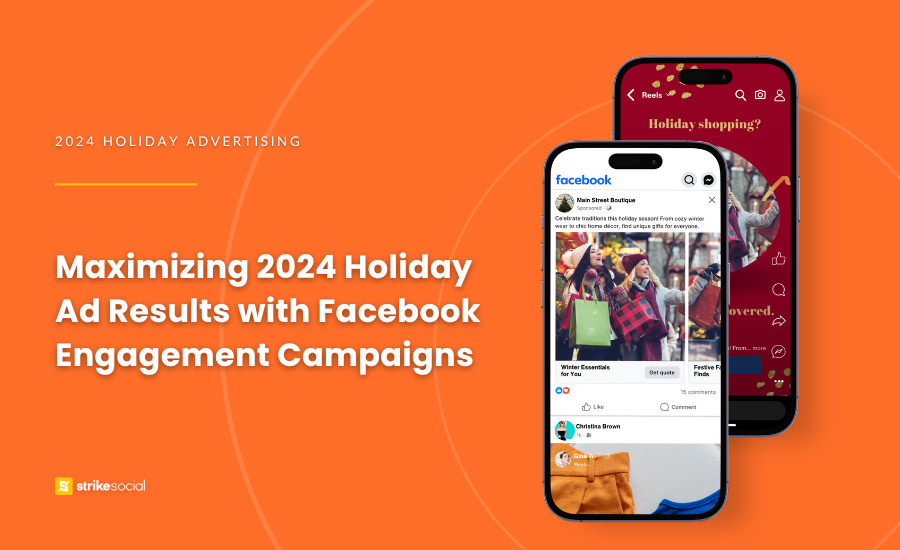

How Facebook Engagement Ad Formats Win Holiday Advertising
Engagement ads on Facebook and Instagram allow brands to build genuine connections that can later convert into sales. As competition rises and holiday shopping behaviors shift, focusing on engagement helps brands reach Meta’s vast audience while maximizing campaign efficiency for scalable results.
More Aggressive Holiday Advertising for Both B2B and B2C
The competition for ad space for Q4 2024 holiday ad campaigns is not limited to retail brands. Both B2B and B2C advertisers are aggressively vying for inventory, particularly on Meta platforms and Connected TV, as the holiday season ramps up with key events like Cyber Five and New Year’s advertising.
According to NRF’s 2023 Thanksgiving holiday weekend data, a record 200.4 million shoppers were active during the Cyber Five period, with 44% shopping online. Black Friday and Cyber Monday led online purchases, solidifying these events as significant revenue drivers for B2C brands while increasing competition with B2B brands vying for the same ad inventory.


For B2B companies, Q4 presents an ideal opportunity to reach decision-makers actively searching for advanced solutions for their businesses. It’s the perfect time to adopt a bold, action-oriented strategy, focusing on campaigns that drive clicks and conversions. With 76% of B2B buyers preferring to speak with someone before acquiring new services, Q4 is when many finalize their decisions on renewing or switching to new products or services.
Meta’s holiday playbook data supports this holiday advertising strategy, showing that CPA levels remain relatively stable throughout Q4 and Q5, compared to fluctuating CPM and CVR rates. Additionally, our data indicates that Facebook traffic campaigns targeting link clicks could see a 23% increase toward Q4, based on 2023 trends. Encouragingly, link-click engagement rates have been on the rise in 2023 compared to 2022, signaling a positive trend for engagement-driven campaigns.
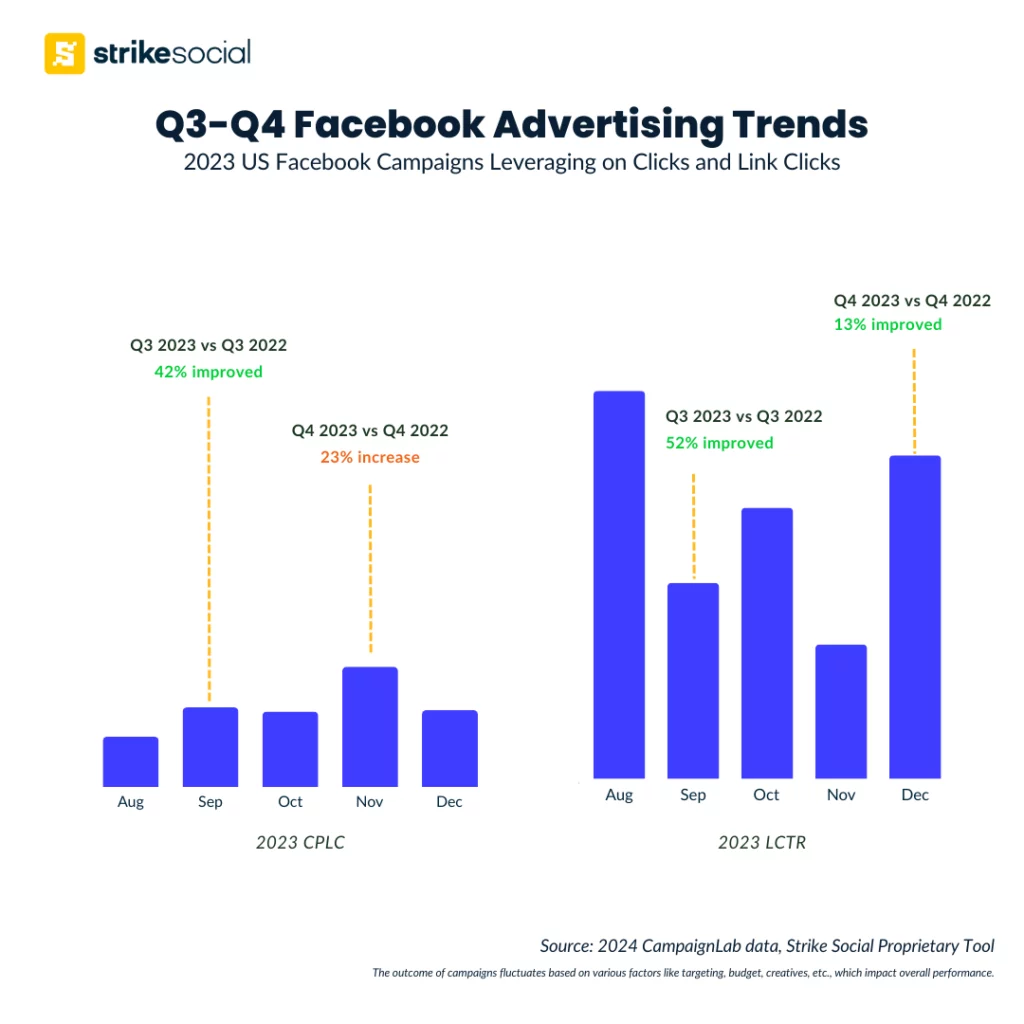

Lead Customers from Top-to-Bottom Funnel Holiday Campaigns
By Q4, your awareness holiday ad campaigns from earlier in the year—starting as early as Halloween—should have built enough momentum to drive audiences into your lower-funnel holiday campaigns. While awareness ads are crucial, by this point in the holiday season, your focus should shift toward consideration and conversion campaigns to capitalize on the peak of the 2024 holiday shopping season.
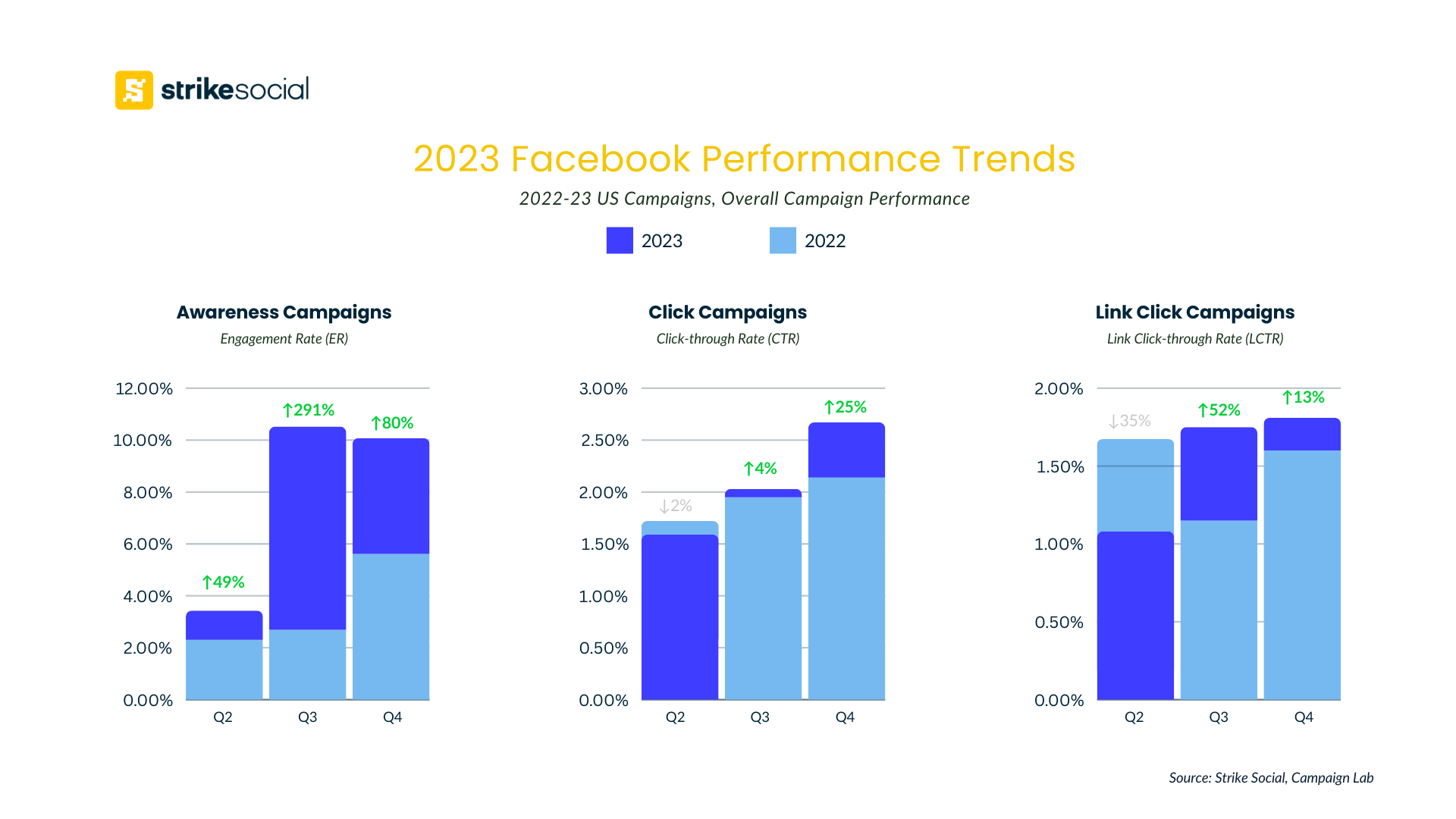

Not only are lower funnel campaigns more cost-effective, but we’re also seeing high engagement rates, especially in Facebook advertising campaigns focusing on post engagement, clicks, and link clicks, aligned with Q4 holiday trends. Reels are particularly powerful, with short-form video content on Instagram reaching up to 30% of users, reflecting its growing dominance across Meta’s advertising network.
According to Adobe Analytics, mobile devices are expected to drive 53% of online sales during the 2024 holiday season. Therefore, it is crucial to focus on mobile-first conversion strategies to achieve your campaign goals.
Further Reading
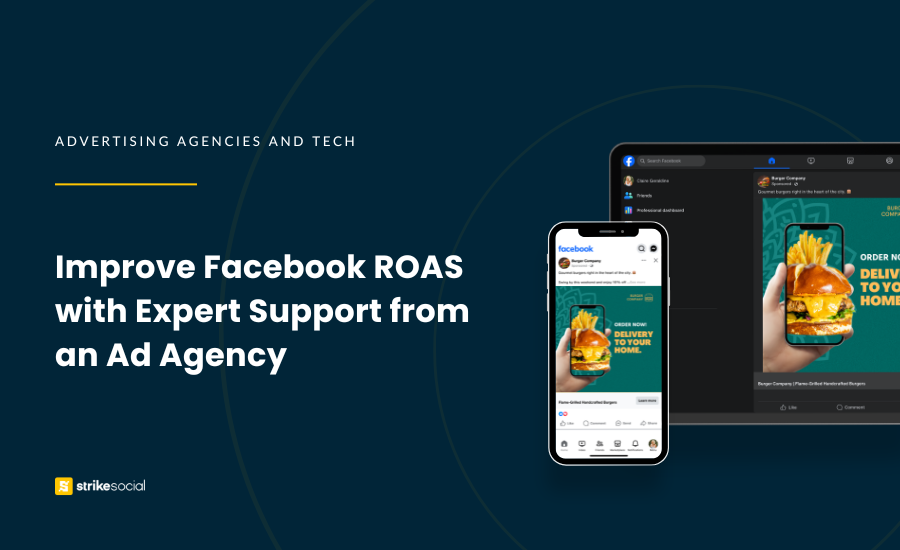

Improving Facebook ROAS with Real-time Optimizations
Various factors can contribute to Facebook ROAS underperformance, from basic problems like inaccurate Meta Pixel tracking to more intricate issues tied to campaign management. Partnering with an advertising agency can provide the specialized knowledge and strategies to boost your Facebook ad ROAS. See the critical areas where an expert agency can make a difference in optimizing your campaigns and driving better results.
Diverse Creative Formats to Keep Holiday Ads Fresh
As competition heats up during the holiday season, brands often find their ads competing for the same audience’s attention. When users encounter the same ad multiple times, their engagement tends to wane, leading to missed opportunities.
When running top-to-bottom funnel holiday ad campaigns, Facebook and Instagram users can quickly become fatigued by seeing the same creative, sometimes after just two impressions. This leads to users scrolling past or swiping away from your holiday ads.
Incorporate a variety of creative formats in your strategy to avoid ad fatigue and ensure your Black Friday and Christmas advertising campaigns remain effective. Facebook and Instagram offer dynamic options such as Reels, carousels, and videos that can significantly boost engagement and keep your brand fresh in consumers’ minds.
• Pro tip: Adhere to the Facebook and Instagram ad specs so your ads fit seamlessly within users’ screens.
Explore how to optimize your placements using manual selection in Meta Ads Manager to find the formats that best align with your brand messaging:
Shine Bright on Shoppers’ Lists with Twinkling Facebook and Instagram Holiday Campaigns
“It’s the most wonderful time of the year” – as it should be for both consumers and Meta advertisers alike. Indeed, the Q4 to Q5 periods can be a balancing act, where the need to scale budgets must align with the goal of achieving an impressive return on ad spend.
With Strike Social’s SWAS (software with a service) AdTech expertise, our aim is to deliver better results for you at lower costs for savings. Our proprietary tool, Campaign Lab, is designed to keep a close eye on your ads, ensuring that the full process from setup to campaign management is streamlined and optimized before your holiday campaigns even launch.
Learning the holiday ad trends and suggested strategies is just the beginning. Let us become an extension of your in-house team, helping you finish the year on a high note. Contact us today to request a personalized walkthrough of our AdTech service and see how we can enhance your holiday advertising performance.
Strike Overview
- If you believe YouTube has exhausted its options for advertisers to reach audiences, pause screen ads have now entered the scene.
- Initially tested in 2023, Google has begun rolling out pause ads on YouTube and has already introduced them on connected TV platforms when video content is paused. As of September 2024, advertisers can access these ads by reaching out to a Google sales representative.
- With YouTube pause ads fitting naturally into the viewing experience, both viewers and advertisers are slowly saying ‘yes’ to this new ad placement.
Jump to Section
Getting Started with YouTube Pause Ads – What You Need to Know
Social media advertising networks aim to introduce innovative ad formats that allow brands to reach audiences without overwhelming them. YouTube Pause Ads are a prime example of this–offering a new, innovative way for brands to connect with audiences without disrupting their viewing experience.
Unlike traditional ad formats, Pause Ads appear only when viewers intentionally pause a video, creating a subtle yet effective opportunity to capture attention. This non-intrusive approach makes them an ideal solution for advertisers looking to engage users without overwhelming them, offering a fresh alternative to YouTube’s growing ad ecosystem.
What is a YouTube Pause Screen Ad?
YouTube Pause Screen Ads are static, visual ads that appear 10 seconds after a viewer pauses their video. Rather than interrupting the content, these ads subtly pop up only when the viewer chooses to pause.
This format is YouTube’s response to other major Connected TV (CTV) platforms like Roku, Netflix, and Amazon Prime, which have recently introduced similar pause ads. Long-established platforms like Paramount, Max, Peacock, and Hulu have been using this ad format for years to engage viewers during natural breaks in content.
Currently, YouTube Pause Ads are exclusive to YouTube CTV viewers and are not yet rolled out on YouTube TV or Google TV. Advertisers have reported positive results from this format, particularly in driving brand recall, making it a promising addition to YouTube’s ad offerings.
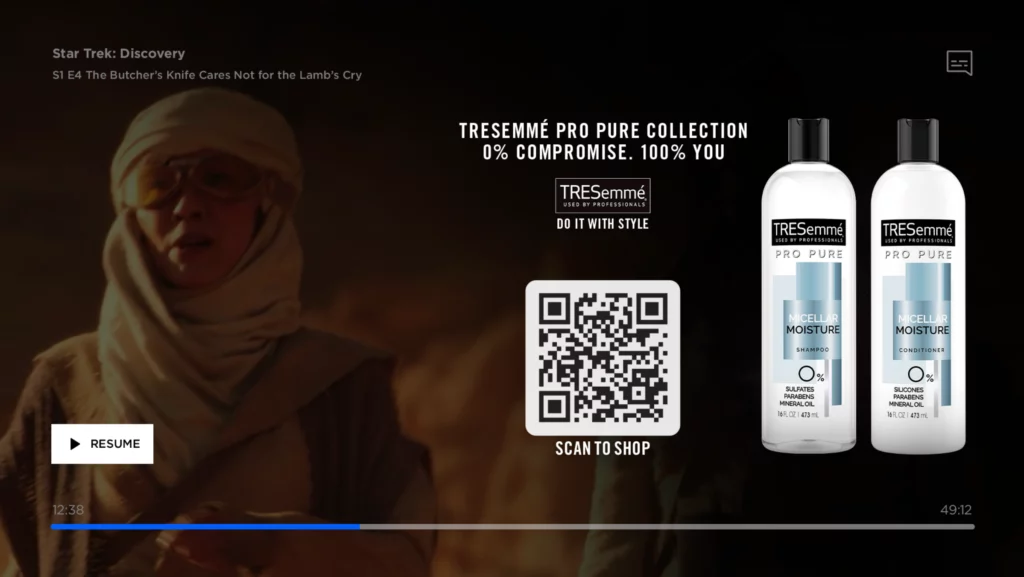

Further Reading
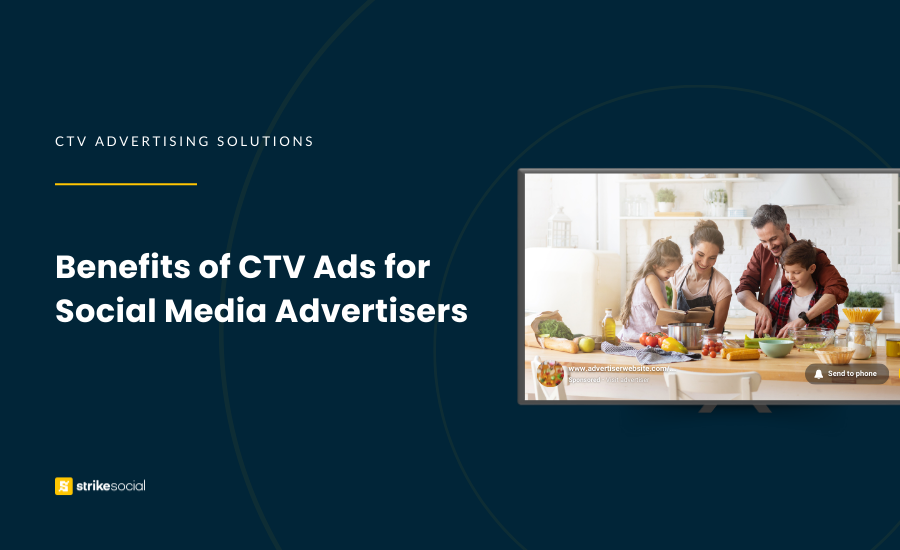

How CTV Advertising Enhances Your Video Strategy
Connected TV (CTV) advertising has emerged as a powerful way for brands to capture more audience attention. Discover the key benefits of CTV advertising and how integrating it with your current social media campaigns can boost your overall video strategy for stronger results.
How Do Pause Ads on YouTube Work?
In addition to traditional formats like bumper and non-skippable ads, YouTube Pause Ads offer another effective way to engage YouTube CTV users on larger screens. Rather than displaying a grayed-out screen when a video is paused, YouTube delivers a static image ad that aligns with the viewer’s behavior and interests.
Here are the YouTube ad specs for creatives designed for pause screen ads:
- Pixel width: Minimum 1080, maximum 1350
- Pixel height: Minimum 1080, maximum 1350
- Image format: PNG, JPG
- Maximum file size: 2MB
- Aspect ratio: 4:5, 5:4 (avoid extreme ratios)
- Image quality: High-resolution, as large as possible for optimal display
To visualize this, take a look at this sample ad shown when pausing a movie trailer for the 2024 film Wicked on their YouTube Connected TV app. Instead of a blank screen, a YouTube pause ad from a movie ticket booking app will appear, perfectly timed to capture attention during the pause.
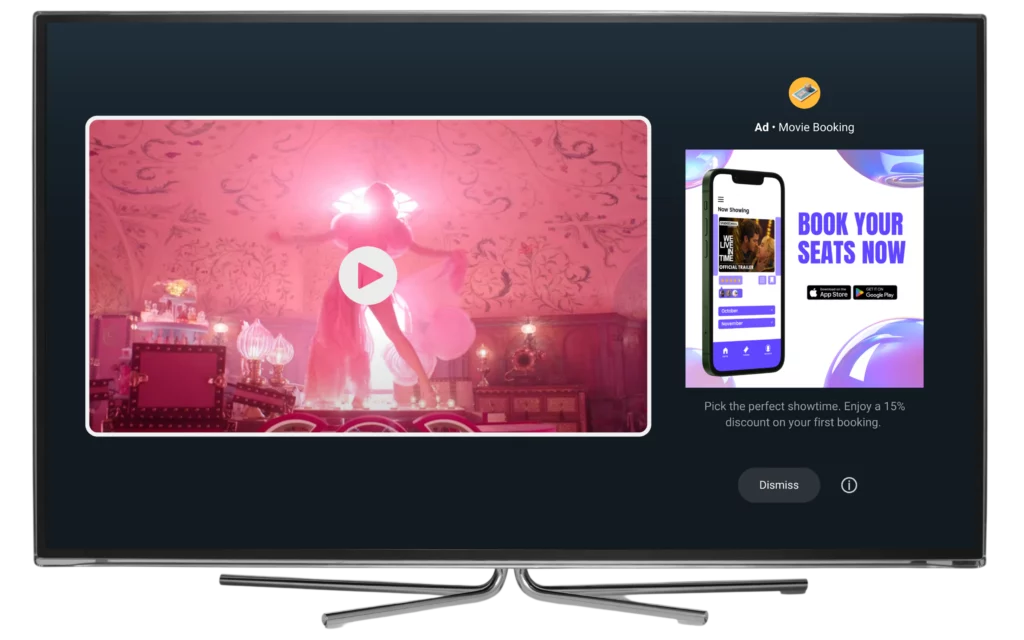

YouTube Pause Ads vs. Other YouTube Ad Formats
YouTube continues to innovate with ad formats that enhance user experience while offering new opportunities for advertisers. Pause screen ads are part of this evolution, allowing brands to engage with audiences in a more organic manner during natural viewing breaks. Let’s compare YouTube Pause Ads to other popular ad formats on YouTube:
| Ad Format | Description | User Experience Impact | Benefits for YouTube Advertisers | Focus Cost Metric | Focus Engagement Metric | Buying type |
|---|---|---|---|---|---|---|
| Pause Ads | Displayed on the side of the screen when a video is paused, appearing 10 seconds after pausing. | Utilizes idle time without interrupting playback. | Reaches viewers when they are engaged with content and may be more receptive to messages. | CPM | Impressions | Reservation |
| In-Stream Non-Skippable Ads | Ads that must be watched in full before the video plays, typically lasting 15-20 seconds. | Ensures guaranteed exposure for the advertiser’s message. | Delivers a strong brand message to a captive audience. | CPM | Impressions | Auction |
| In-Stream Skippable Ads | Skippable ads that appear before, during, or after a video. | Allows users to skip the ad after 5 seconds. | Pays only for ads that are watched, making it more cost-effective. | CPV | Video Completion Rate (VCR) | Auction |
| Bumper Ads | Short, non-skippable ads (up to 6 seconds) that appear before a video. | Delivers a concise and memorable message in a short timeframe. | Efficiently delivers a brand message without disrupting the viewing experience for too long. | CPM | Impressions | Auction |
| Video Masthead Ads | Prominent video ads displayed at the top of the YouTube homepage. | Offers prominent placement and maximum exposure to YouTube users. | Drives significant brand awareness due to prime placement. | CPM or Cost per Hour (depending on the campaign objective) | Impressions | Reservation |
| YouTube Shorts Ads | Ads integrated into YouTube Shorts, the platform’s feed for short-form video content. | Fits the fast-paced, vertical video format. | Reaches a highly engaged audience that is accustomed to short-form content. | CPM or CPV (depending on the campaign objective) | Views or CTR (depending on the campaign objective) | Auction |
How to Start Advertising with YouTube Pause Ads
YouTube Pause Ads are now accessible to advertisers, but can only be availed through reservation buys by contacting a Google sales representative. If you are partnered with a YouTube advertising agency, your account representative can guide you through the booking process and assist with the allowlisting necessary for Connect Reserve.
Launching a YouTube ad campaign involves more than just uploading creative assets; it requires meticulous planning and ongoing monitoring to achieve your desired results. If you’re looking to explore this new ad placement, Strike Social offers the expertise you need to successfully implement and manage YouTube campaigns featuring Pause Ads.
Moreover, we can help you expand into the Connected TV (CTV) advertising market, ensuring you fully leverage your brand’s reach through placements on YouTube TV and Google TV.
Contact Us
Discover how working with a SWAS AdTech agency can boost your campaign results by 10-20%.
Strike Social is here to work alongside your team for exceptional results.
No Rest for Scaling Campaigns with YouTube Pause Ads
As YouTube expands its avenues with additional advertising formats, brands and agencies must stay up-to-date with new ways to promote through video advertising. YouTube Pause Ads present a unique opportunity to engage your audience without interrupting their viewing experience, creating a more positive interaction that enhances awareness and brand recognition.
Transitioning to a new YouTube campaign could add pressure to your team, but it doesn’t have to be overwhelming. Partnering with the right advertising expert can simplify the process significantly. With Strike Social’s SWAS AdTech service, you can effectively integrate pause screen ads into your media strategy and enhance your brand’s visibility on YouTube.
Strike Overview
- The benefits of CTV advertising are evident with U.S. ad spending on Connected TV projected to reach nearly $30 billion in 2024, indicating its significant market impact and expanding reach potential.
- Integrating CTV with existing social media strategies can lead to more cost savings and budget efficiency, with data showing a 4.72% reduction in CPM for campaigns that include platforms like Google TV and YouTube TV.
- Connected TV advertising provides greater flexibility than linear TV, allowing mobile and desktop advertisers to extend their reach beyond users’ personal devices. By incorporating CTV with your social media strategy, you can ensure consistent messaging across channels, improving the overall effectiveness of your marketing efforts without the excess additional costs.
Jump to Section
f you’re still deciding whether to incorporate CTV into your media plan, this article outlines the key benefits and considerations to help you make an informed choice for your next quarter or next year’s media strategy.
How Major Social Media Platforms Have Adapted to CTV Advertising
Advertising on CTV provides extensive capabilities to raise brand awareness and build recognition, prompting these social media platforms to swiftly expand their ad formats to cater to CTV audiences swiftly. But first, let’s take a step back and gather more information on Connected TV and how it has become a new method for advertisers to attract more attention to their ads.
What is CTV Advertising and How Does It Work?
Connected TV (CTV) advertising involves promoting your brand using video ads that are distributed when users stream content on smart TVs or internet-connected TV devices (hence the term “connected TV”). It functions similarly to ads delivered on desktop devices, but since Connected TVs are dedicated to TV distribution, the ads are tailored accordingly.
CTV ads vary across different platforms. For instance, how Connected TV ads appear on Roku may differ from those on Chromecast-connected TVs. Consequently, some CTV advertising formats are specifically tailored for TV distribution and streaming platforms.
For social media advertisers, the question is whether CTV advertising is suitable, especially if an existing social media advertising strategy is already in place. To assess if CTV advertising is right for you, see how major social media advertising platforms have incorporated CTV ads without disrupting their existing offerings:
YouTube
YouTube was primarily a video platform, initially for uploading video content, and now it is also a major platform for video advertising. With the growing popularity of CTV ads, YouTube has expanded to offer advertisers a new channel beyond the standard YouTube app and onto larger screens. By February 2024, YouTube TV had amassed 8 million paid subscribers, making it one of the largest CTV subscription providers in the U.S.
Utilizing the advanced technology behind Video View Campaigns and Video Reach Campaigns, targeted YouTube TV ads seamlessly integrate with related content, ensuring an uninterrupted viewing experience. In addition, this technology aligns the ads with relevant audiences and content, guaranteeing high-quality views and eligibility.
As YouTube’s parent company, Google quickly expanded into CTV advertising, offering new opportunities through Google TV. As of June 2024, over 125 channels have been added to the Google TV network, offering advertisers new opportunities for reach and awareness in video campaigns. Available through auction buys via Google Ads and DV360, brands can now access up to 20 million monthly active users of Google TV and other Android TV OS devices.
Currently, advertising formats on Google TV are limited compared to YouTube TV, with options available only for “Efficient reach” or “Non-skippable” campaign objectives. This includes 15-second non-skippable in-stream ads or 6-second bumper ads. Despite its limited formats, early campaigns incorporating Google TV ads alongside YouTube and video ad campaigns have demonstrated strong results, with a 4.72% increase in impressions in Q3 2024, following a promising start in Q2 2024.
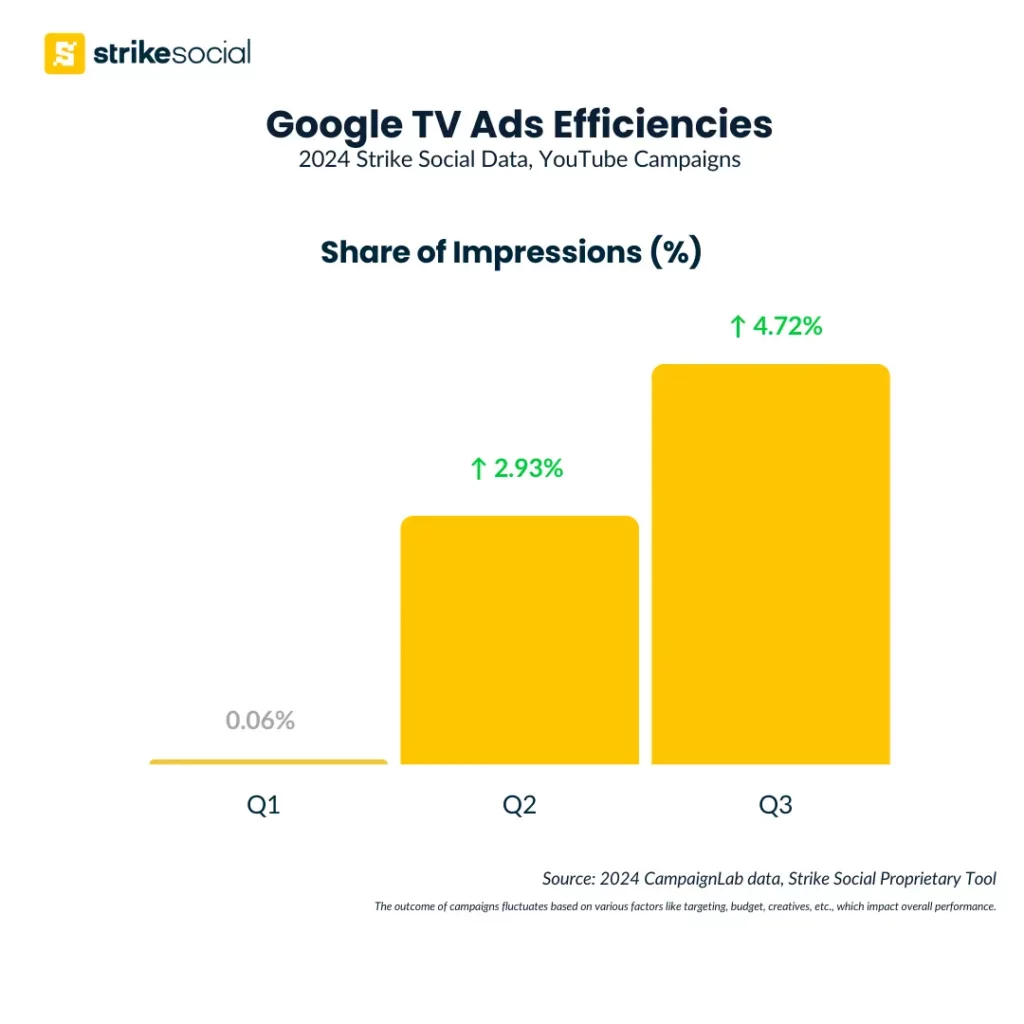

Further Reading
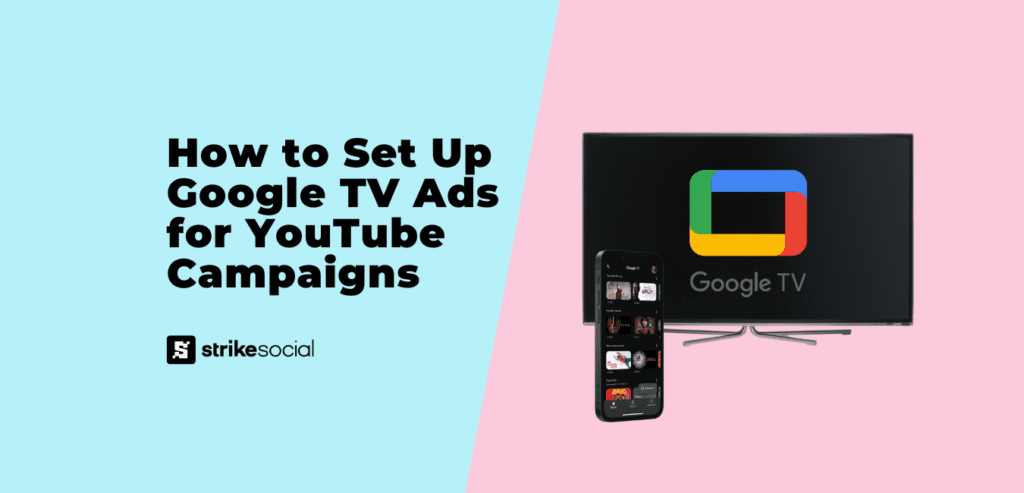

YouTube TV vs. Google TV Ads: Differences and Similarities
Google TV offers a wide range of channels through its platform, including live sports, full-length shows, and movies. YouTube TV provides live programming from over 100 channels and an extensive selection of on-demand content. Which placement strategy aligns better with your goals?
LinkedIn is another newcomer to adding Connected TV advertising to its ad placement list, launching this April 2024. This move positions LinkedIn as a significant player in social media advertising for B2B marketers, demonstrating that CTV ads can effectively reach consumers, businesses, and brands.
Like Google TV, LinkedIn’s CTV ads have distinct ad specs and are currently available only for brand awareness campaigns. These ads will be distributed through LinkedIn’s partner networks, including NBCUniversal, Paramount, Roku, and Samsung.
A key advantage of CTV advertising on LinkedIn is its focus on B2B marketing. If your brand operates in the B2B sector, this is an opportunity to expand your market and be among the first to utilize CTV ad buys on this platform. Starting the customer journey with CTV ads on LinkedIn can help brands generate more qualified leads and views as potential customers progress.
What Are the Benefits of CTV Advertising When Integrated with Social Media Campaigns?
Connected TV ads may be relatively new to advertisers, leading to doubts and challenges when updating a long-standing social media strategy. To help you make a more informed decision, we’ve outlined the benefits of CTV advertising and how it can enhance your existing social media advertising strategy for better results:
1. Expansive Audience Reach
93% of U.S. households have Connected TVs, including smart TVs, Chromecast, streaming services, and more. With such widespread adoption, the question is not whether your brand is ready to advertise on CTV but when. With the height of the 2024 political ad spending season approaching, leveraging CTV allows brands to explore additional channels, optimize budget allocation, and identify the most effective avenues for reaching target audiences.
Here’s a snapshot of the reach offered by major social media platforms adapting CTV advertising:
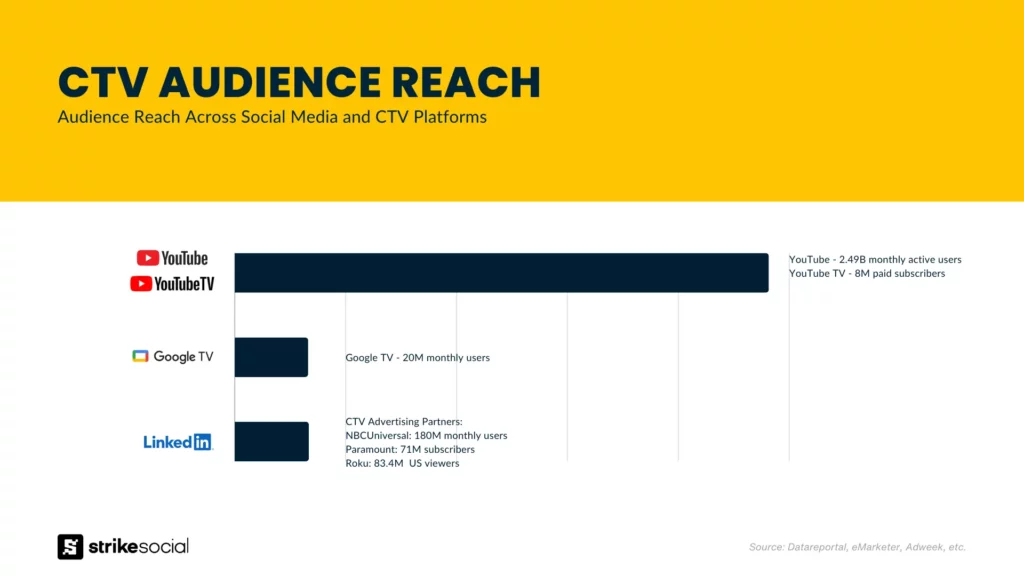

2. High Engagement Rates
CTV ads are generally non-skippable, shown on larger screens, and viewed in a lean-back environment, leading to higher engagement rates than traditional digital ads. This increased viewer attention can enhance brand recall and improve conversion rates.
Yet, even in skippable campaigns, Connected TV ads show impressive engagement and viewer retention. For example, a major US insurance company that recently added Google TV ads to its strategy saw impressive results in Q1 and Q2 of 2024.
As shown in the data, viewer retention from 25% video view to ad completion is notably higher on Connected TV placements despite the skippable format, while other devices saw a higher drop-off in viewers by the end of the ad.
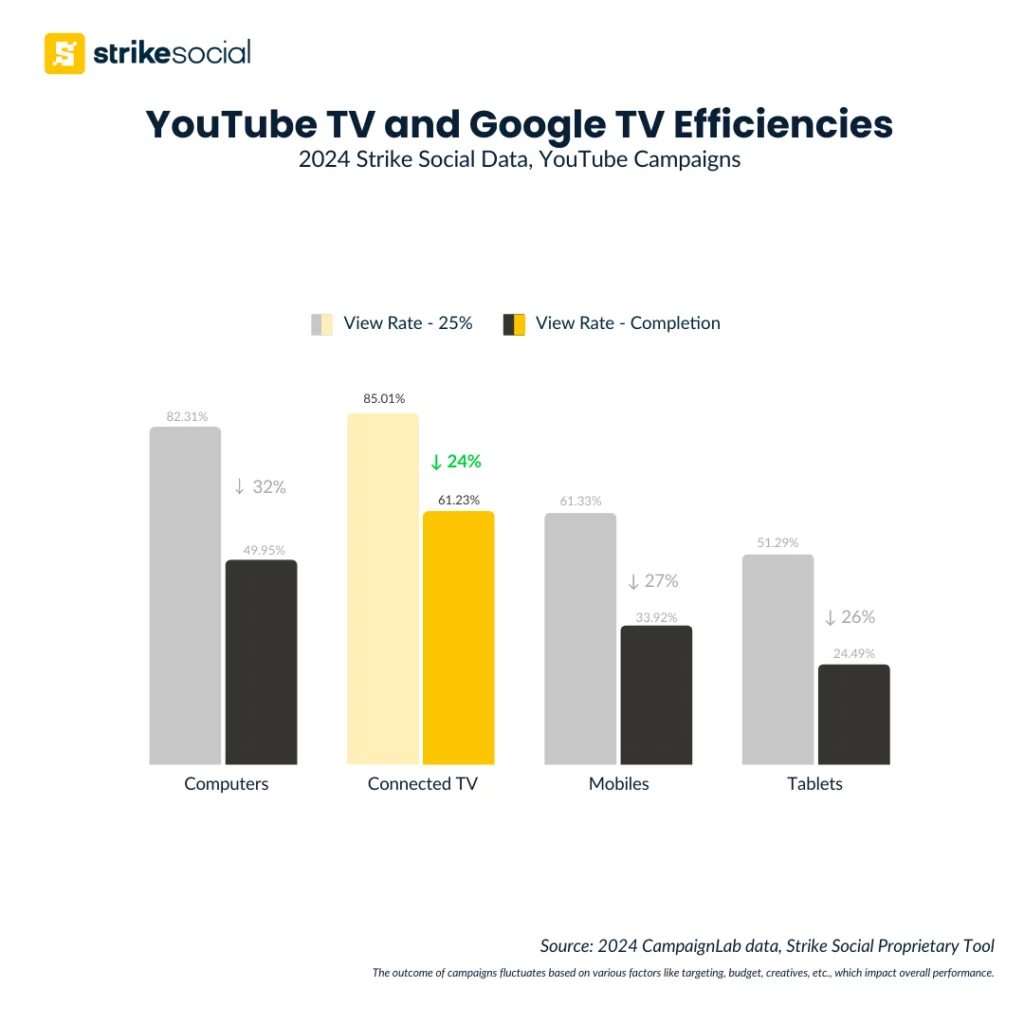

Depending on the length of your video ad, you can evaluate how effective CTV ad placement is for acquiring completed views from audiences:
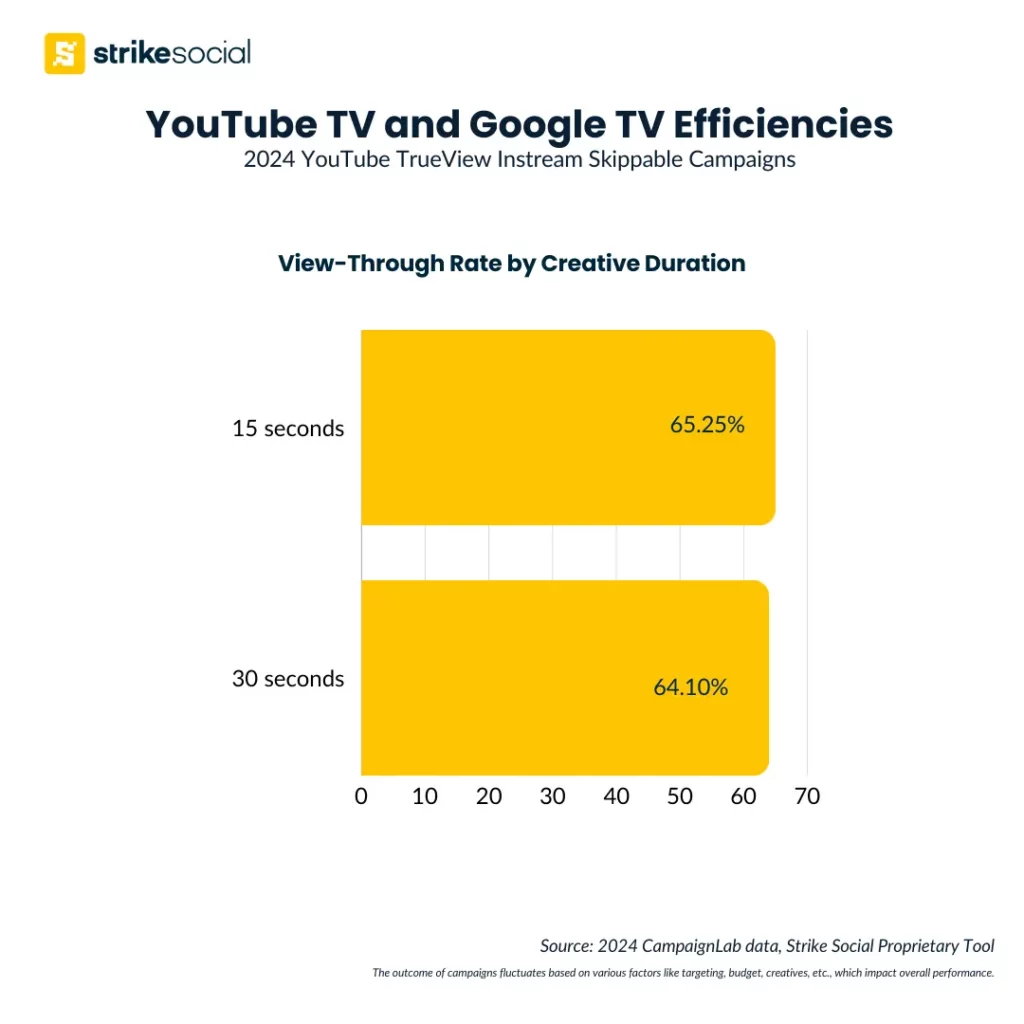

3. Cost-Efficiency in Larger Screens
While social media provides detailed targeting and flexibility, competition for ad space can increase costs, especially during high-demand retail seasons like back-to-school, particularly for sought-after demographics or platforms. Ad costs can vary rapidly due to bidding wars and auction dynamics. Targeting specific audiences or locations can also drive up costs more than anticipated as you refine your desired viewers.
One of the benefits of CTV advertising is that it allows you to stretch your budget further when combined with existing social media strategies. Pacing your campaigns effectively and using precise audience targeting strategies results in lower ad costs.
Not only can this achieve lower cost benchmarks, but it can also help reduce overall expenses, as demonstrated by a campaign for a prominent fast-food restaurant chain that incorporated Google TV and YouTube Connected TV ads into their previously YouTube-only strategy.
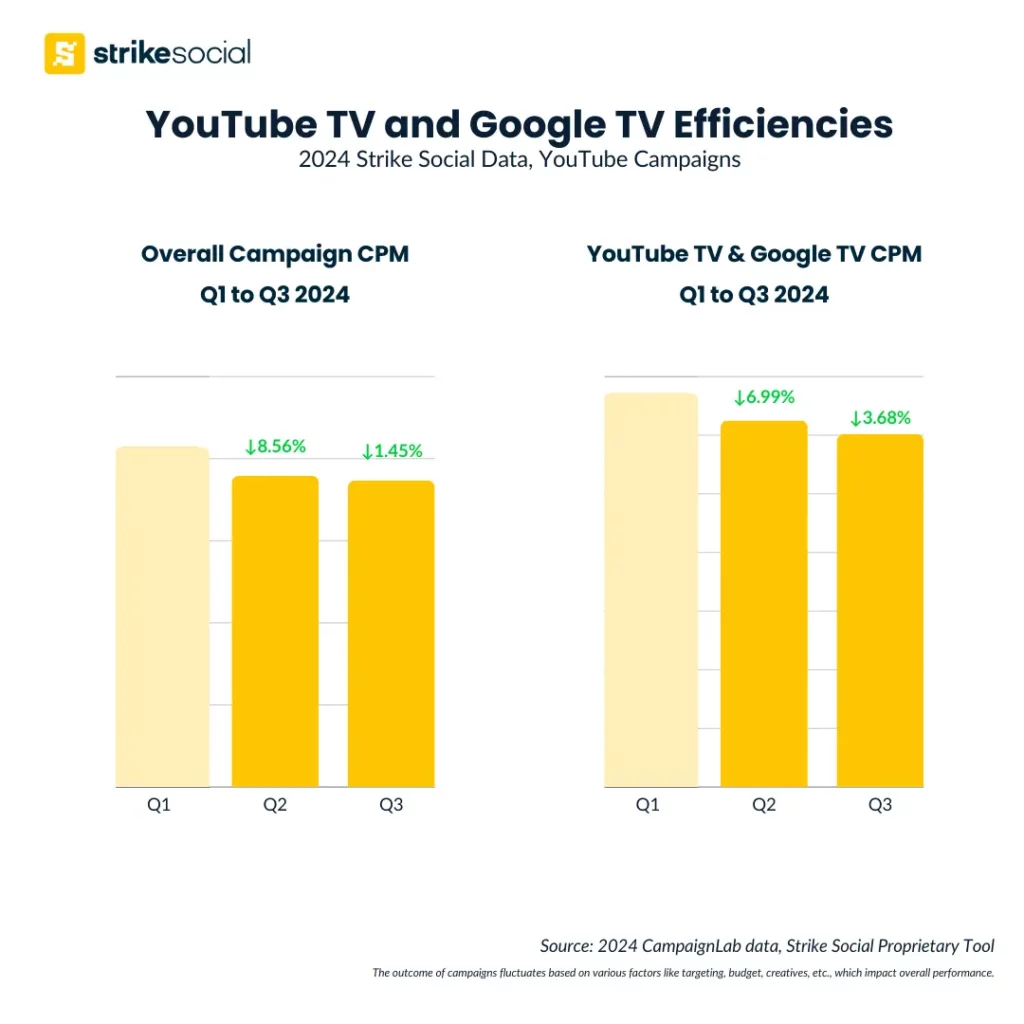

Further Reading
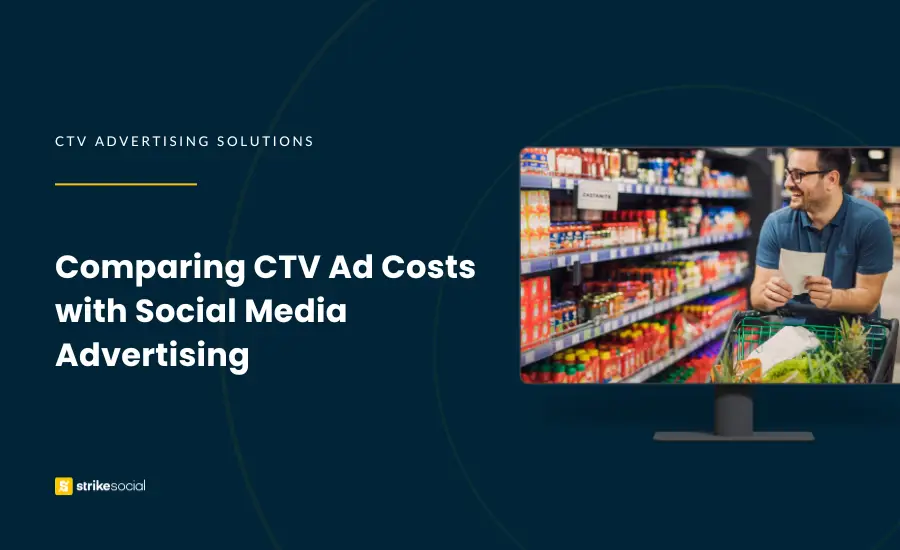

What are the Cost Benchmarks for CTV advertising?
We’ve gathered insights from our campaigns that integrated YouTube TV and Google TV ads, offering key benchmarks for CTV advertising costs to help guide your media planning and optimize future campaigns.
4. Integration with Multichannel Strategies
With the advancements in CTV advertising, adding this medium to your social media strategy has become simpler for brands. This integration allows for broader reach without requiring a new platform’s separate budget or media plan.
CTV ads play a crucial role in the customer funnel, specifically during the brand awareness stage, particularly because CTV viewers are more receptive to ads on larger screens. 36% of viewers report that interactive ads enhance their big-screen viewing experience.


As new CTV ad formats continue to emerge and develop, the viewing experience on Connected TV is evolving, offering a distinct experience compared to personal devices.
Here are additional benefits of CTV advertising that can help you reach more potential customers and further optimize your overall marketing strategy:
- Consistent Messaging and Branding
- Since your ads will run on the same platform and use the same creative direction, such as in your awareness campaigns, there will be no deviation from your ad’s messaging and how your audiences perceive it.
- For example, as a makeup and cosmetics brand, your CTV ad audiences will see your new collection launch in a 6-second ad. As these viewers move to your traffic campaign on their mobile devices, they can view a longer version of your ad showcasing the products in the new collection. This creates a smooth flow across all your campaigns within the same social media ad platform.
- Since your ads will run on the same platform and use the same creative direction, such as in your awareness campaigns, there will be no deviation from your ad’s messaging and how your audiences perceive it.
- Ability to Use Existing Audience Data
- With an existing audience list or setup on YouTube or Google Ads, you do not need to create a new setup for your Connected TV audience. You can use the same audience data or leverage successful audience data for your CTV ad campaigns.
- The same applies to retargeting customers for your lower funnel campaigns. The data from your CTV ads will serve as benchmarks to improve results throughout the customer journey.
- With an existing audience list or setup on YouTube or Google Ads, you do not need to create a new setup for your Connected TV audience. You can use the same audience data or leverage successful audience data for your CTV ad campaigns.
How Strike Social Simplifies CTV Ad Integration
If you’re facing challenges in scaling your advertising strategies while expanding into Connected TV advertising, having a team to help merge your efforts can be the solution. Strike Social provides a comprehensive solution for brands that integrate CTV marketing with existing social media strategies. Here’s how Strike Social makes this process easier:
Unified Dashboard
Strike Social’s unified dashboard is designed to simplify the management of multiple ad platforms and formats. Our media buyers can oversee CTV ad campaigns alongside social media and other digital efforts with a single interface. This centralization eliminates the need for multiple logins and platforms, making launching, monitoring, and optimizing your campaigns easier.


For instance, the dashboard displays different YouTube campaigns for the brand’s customer funnel journey. It eliminates the need to switch between windows, saving time and providing a clear view of which campaigns perform well and which require further optimization.
Our dashboard also aggregates performance metrics for Connected TV and social media campaigns in one place, facilitating better analysis and optimization of overall marketing efforts. This holistic approach helps identify the most effective channels and where adjustments may be needed. For example, our media buyers can see the budget allocation and share of views by device during the current campaign flight.


Campaign Optimization
With over a decade of experience running successful social media campaigns globally, Strike Social combines advanced technology with expert media buying. Our team monitors campaigns 24/7, making real-time adjustments to ensure continuous optimization and optimal results.
Our Pacing Dashboard lets us view how the campaign runs compared to the expected results. In this campaign, we can see that while we may be slightly overpacing, we are still on track to deliver the required CPV and the budget will be consistently distributed towards the end of the campaign.
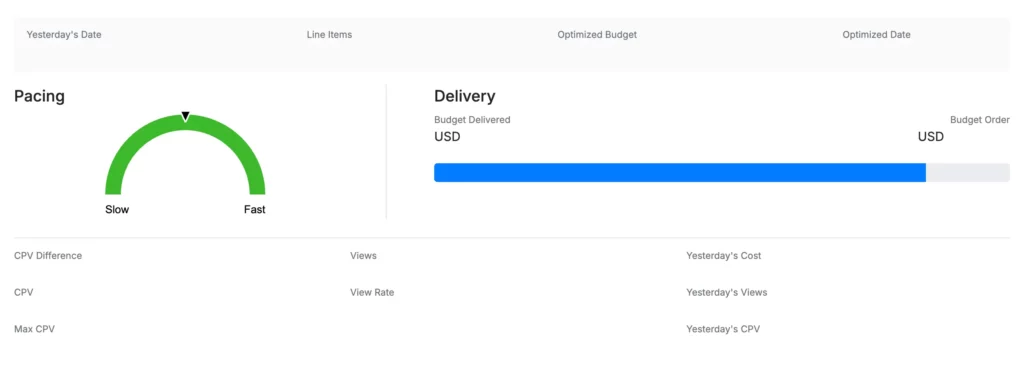

CTV Advertising Wins
Strike Social has a proven track record of facilitating successful CTV ad integrations with ongoing social media advertising campaigns, as demonstrated by our work with clients.
We recently released our benchmark report on YouTube TrueView Instream Skippable Campaigns for Q2 2024, highlighting trends in campaigns integrated with Connected TV ads and showing how these integrations have led to improved results and more efficient costs:
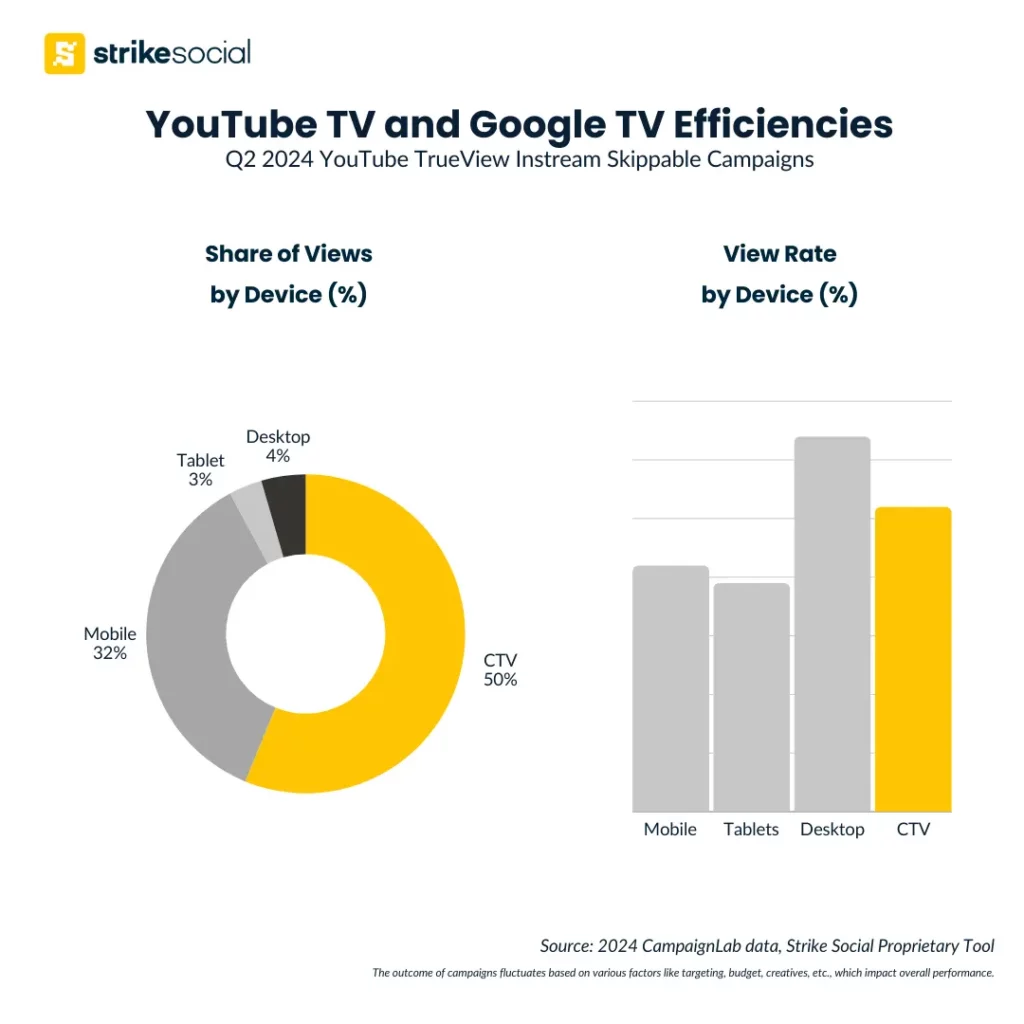

Download our Q2 2024 YouTube Benchmark Report
With Strike Social’s proprietary AI tool, we examined YouTube campaigns from April to June 2024, providing you with up-to-date insights on the latest trends in YouTube advertising. Explore the evolving patterns and key metrics from Q2 2024.
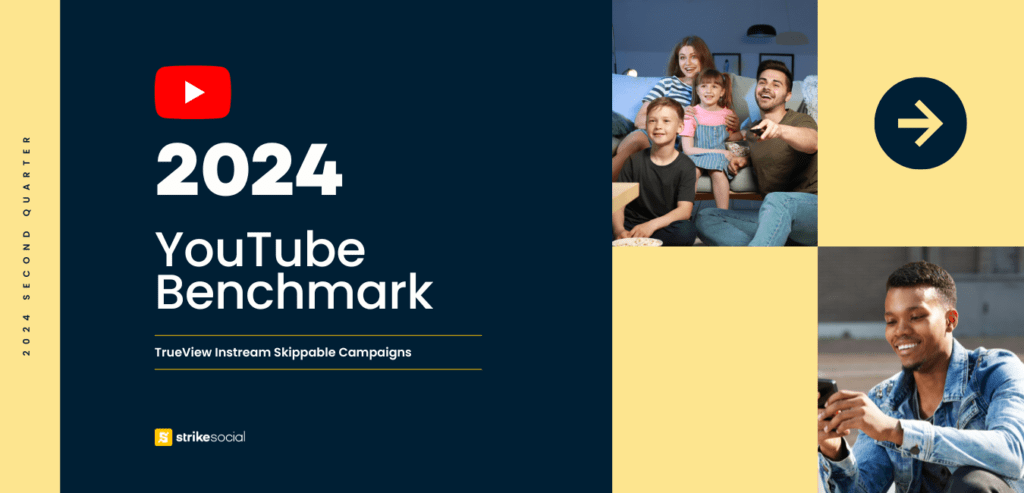

Making CTV Ads a Part of Your Social Media Strategy Is Easier Than You Think
While it’s not without its complexities, integrating CTV ads should enhance rather than complicate your existing strategy. As highlighted throughout this blog, CTV advertisers who have adopted this strategy have experienced increased reach, higher engagement rates, and cost efficiency.
Adding Connected TV to your ad placements offers greater brand visibility in an engaging environment, improving brand recall and reaching a broader audience without significantly increasing your budget. The key is to augment CTV advertising with your current social media strategy, amplifying your results while preserving the effectiveness of your current approach.
Connect with our team to discover how Strike Social can seamlessly integrate CTV ads into your current campaigns and drive even greater results for your brand.
Strike Overview
- Advertisers must diligently choose the Facebook ad formats that engage and attract the right audiences.
- Facebook is the largest advertising market in the US, with a projected $50.57 billion ad spend in 2024. It commands a 66% share of the total social media advertising spend forecasted for the year. Therefore, ensuring an ROI for your ad budget is imperative.
- Should you use image ads for awareness, or will Facebook Reels ads provide a less intrusive and more integrated user experience? Explore the different Facebook advertising formats and know which ones to use for various campaign objectives.
Jump to Section
This post was updated in May 2025 to provide you with the latest information.
Display Your Ads Suitably with the Right Facebook Advertising Formats
With so many different Facebook ad formats, deciding which is right for your brand can be tough. You might be tempted to try them all, but each Facebook ad campaign objective has specific formats best suited for it. With this guide, you won’t have to second-guess your choices. Below are the different types of Facebook ad formats you should know to help you explore and utilize them effectively for your campaign objectives:
Selecting the Optimal Facebook Ad Format for Your Campaigns
If you’re familiar with the Instagram advertising formats, you might assume Facebook’s are similar. However, Facebook offers a much wider range of ad formats you may not have noticed while browsing your news feed or Messenger. Let’s take a closer look:
Facebook Feed Ads
- These ads are prominently displayed within the user’s news feed, blending with organic content. They can be presented in various ad formats, including images, videos, carousels, or collection.
- Feed ads are one of the most common ad placements utilized on Facebook.
Facebook In-Stream Video Ads
- Like YouTube in-stream ads, these are 5-15-second video ads that can be played before, during, or after a video is played within the user’s feed.
- These ads can also be showcased during live streams of selected Facebook partner creators.
Facebook Video Feed Ads
- The Video Feed is a distinct section within the Facebook app on mobile that allows users to explore an array of video content (separate from the Reels feed). Akin to the Facebook home feed, ads featured within the Video Feed are integrated alongside organic video posts presented to users.
Facebook Marketplace Ads
- To distinguish them from promoted Marketplace listings, Facebook Marketplace ads are an alternative placement for ads displayed in the Feed when the Marketplace search is pertinent to the product, and the user is a target audience.
- When a user searches for a product in the Facebook Marketplace, a paid ad placement in the Marketplace will resemble a listing but will include a “Sponsored” tag.
Facebook Stories Ads
- While navigating through the Stories of your friends or followed pages, Facebook Stories advertisements will appear in between. These are specifically designed for all Facebook campaign objectives and are intended to direct engaged users to a designated landing page or shopping link provided by the advertiser.
Facebook Search Results Ads
- Similarly to Facebook Marketplace ads, these are displayed within Facebook Search Results and will appear when relevant to the search terms entered by the user.
- These ads are designed to integrate with the specific search results, assuming a similar tile format as other search results but featuring a distinct “Sponsored” label to differentiate them from other results.
Facebook Reels Ads
- While browsing the Facebook Reels feed, Reels ads will appear alongside Reels posted by your Facebook friends and other content creators. These ads can appear post-loop or immediately after an organic Reel is done playing.
- As with any Reels content on Facebook, audiences can comment on, like, view, share, and/or skip them.
Further Reading
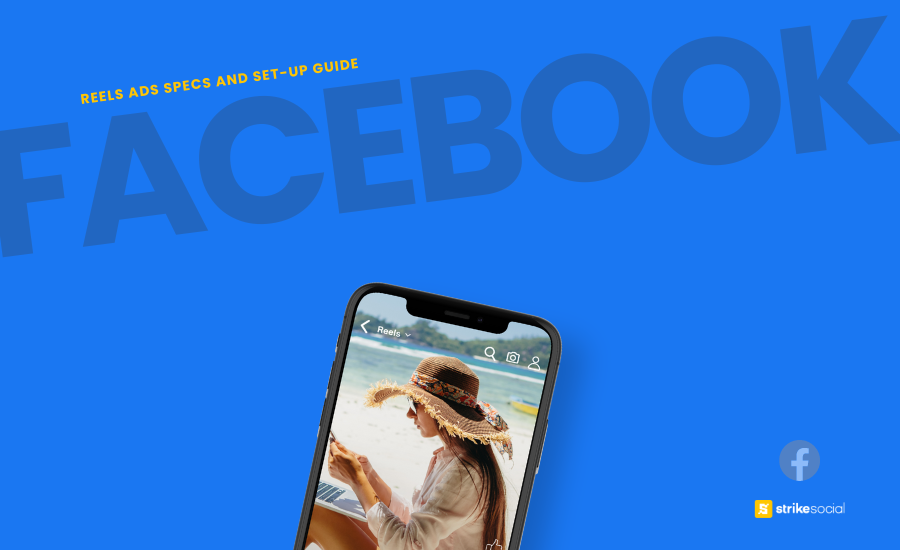

How to Set Up Facebook Reels Ads
When advertising on Facebook Reels, it is important to adhere to the technical specifications to ensure that your ads comply with the platform’s requirements and are delivered efficiently to your target audience. Increase the chances of your Reels ads being approved and can deliver content that is visually appealing, engaging, and effective.
Facebook Reels Overlay Ads
- Ads can also appear in Facebook Reels as Overlay Ads. These ads show up during the playback of an organic Reel on a user’s device, presenting as clickable banners that, upon interaction, redirect users to a predetermined landing page or link associated with the advertiser.
Facebook Business Explore Ads
- Facebook Business Explore ads are displayed whenever a user engages with an organic post from a business entity and subsequently scrolls to view additional posts from businesses operating within the same category or industry.
- In this view, users are presented with various unsponsored posts and sponsored Facebook ads from businesses similar to the post initially clicked upon.
Facebook Right Column Ads (Desktop Only)
- When your audience scrolls through your Facebook feed on the desktop website, they will see an image ad on the right side of the screen, along with their contacts and, if applicable, any Facebook Pages they manage.
Facebook Groups Feed Ads
- Furthermore, ads can also be displayed within the news feed for Facebook Groups.
- This feature is compatible with video and carousel ads, allowing your Facebook ad campaigns to be presented to groups with relevant demographics, interests, and behaviors following the targeting specifications you selected for your advertising campaigns.
Messenger Stories Ads
- Apart from the Facebook platform itself, another ad placement opportunity exists for brands within Messenger. At present, Messenger Stories advertisements are exclusively accessible for the following campaign objectives:
- Conversions
- App installations
- Traffic
- Awareness
How Do These Ad Formats Appear on Facebook
To get a better idea of what these different Facebook ad types look like within the Meta advertising network, here are some visual examples:
Image Ads
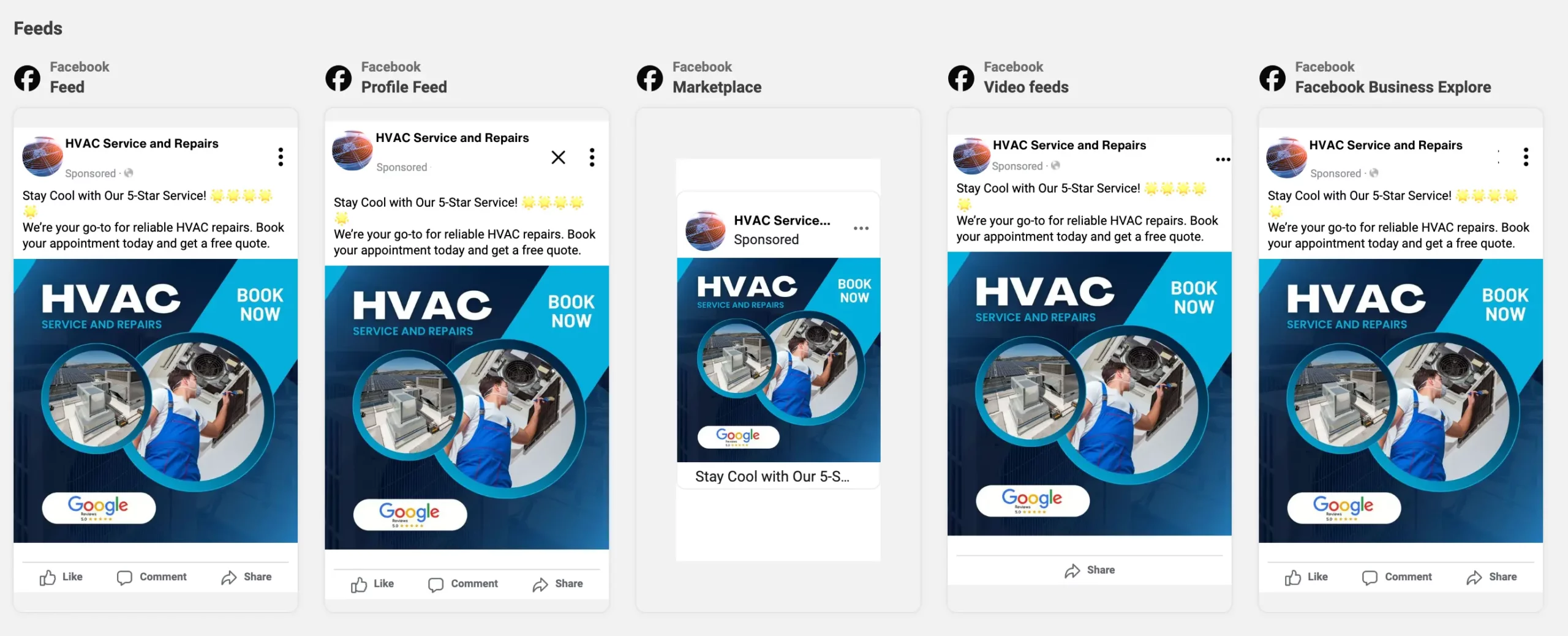

Video Ads
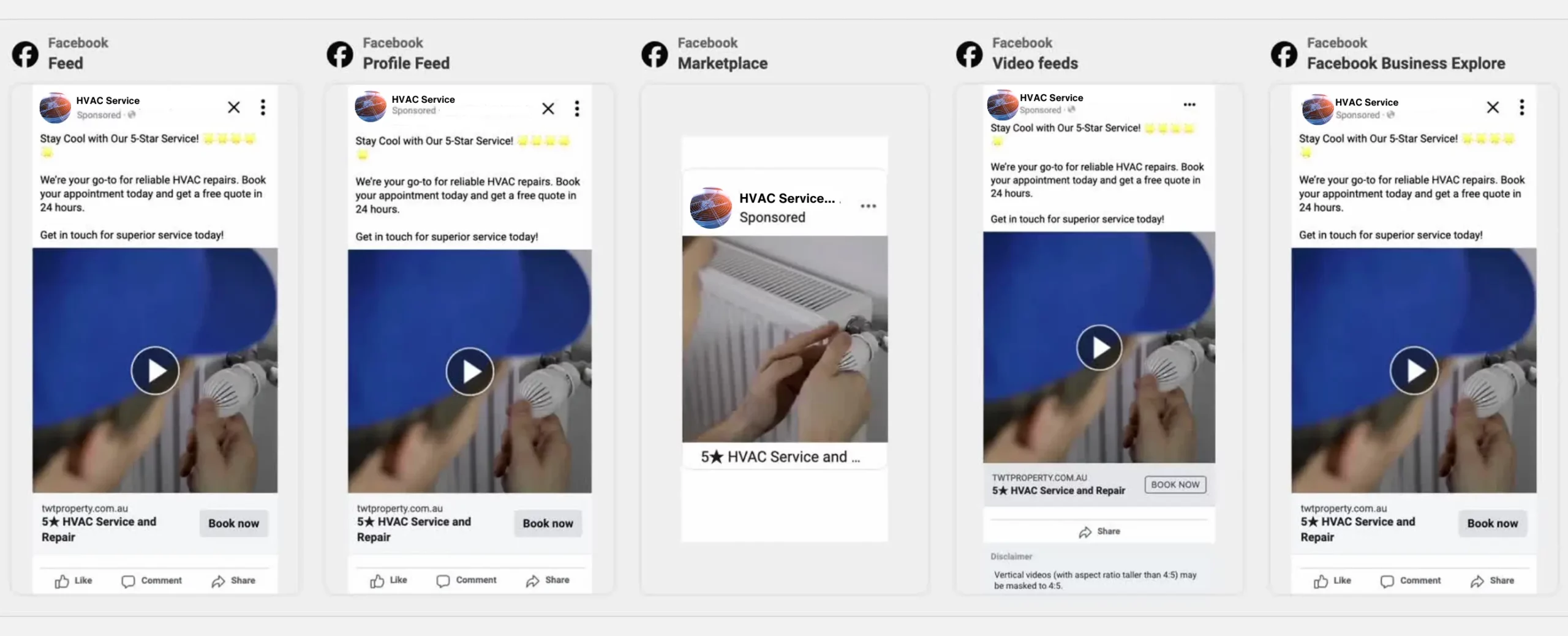

Carousel Ads
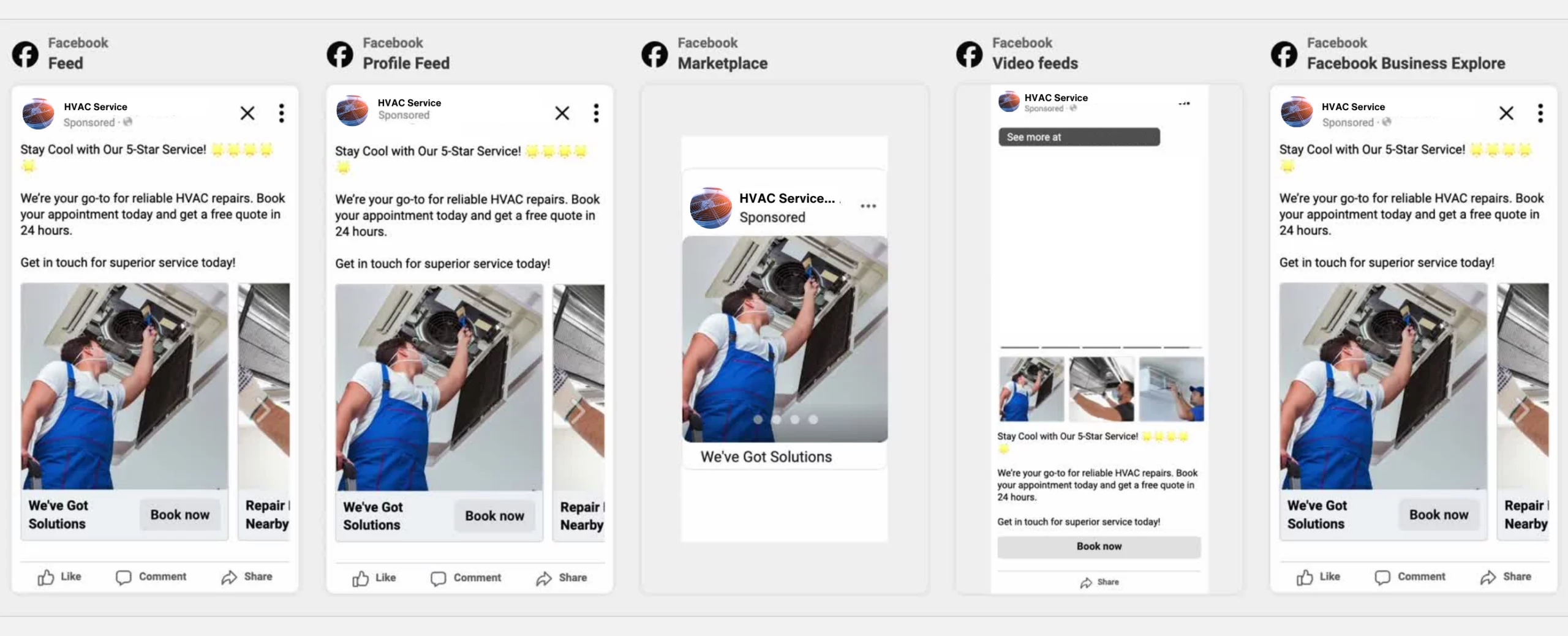

Collection Ads
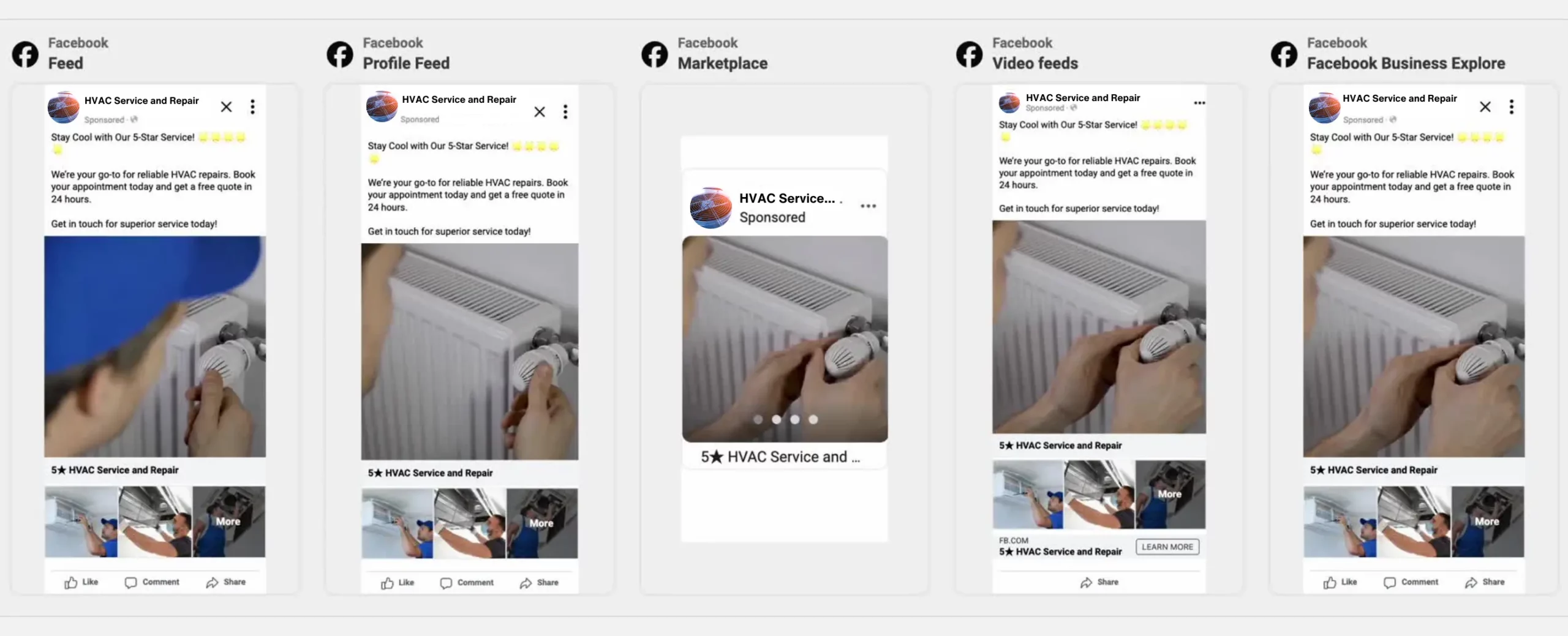

Choosing the Best Facebook Ad Format for Your Campaign Objectives
Not all Facebook ad formats may be compatible with and align with your target audience’s preferences when they seek your product or service on the platform. Consequently, we have demonstrated how these formats appear on Facebook’s desktop or mobile application.
Now that you are aware of the distinctions, the following are the ideal Facebook advertising formats based on the campaign objective and the intended outcome of your Facebook advertising campaigns:
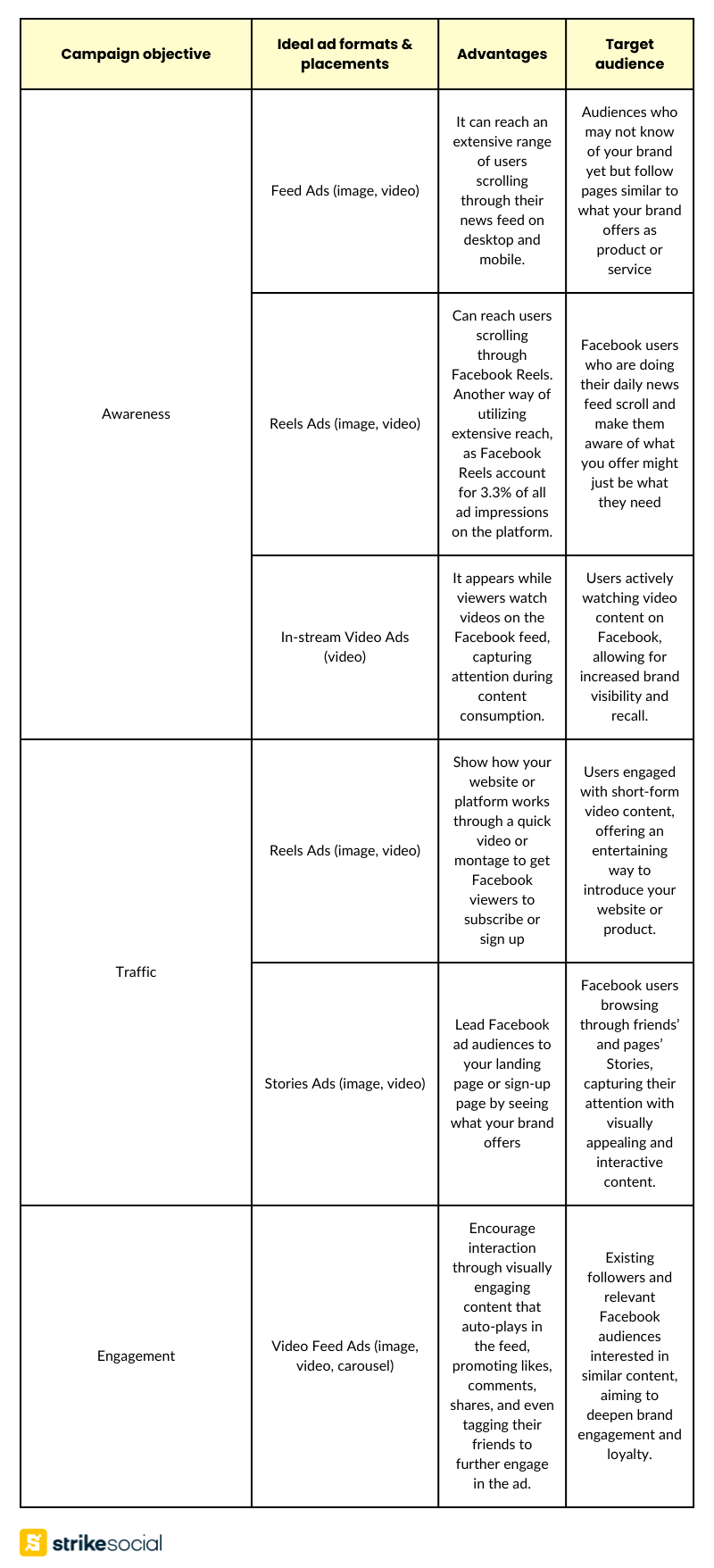

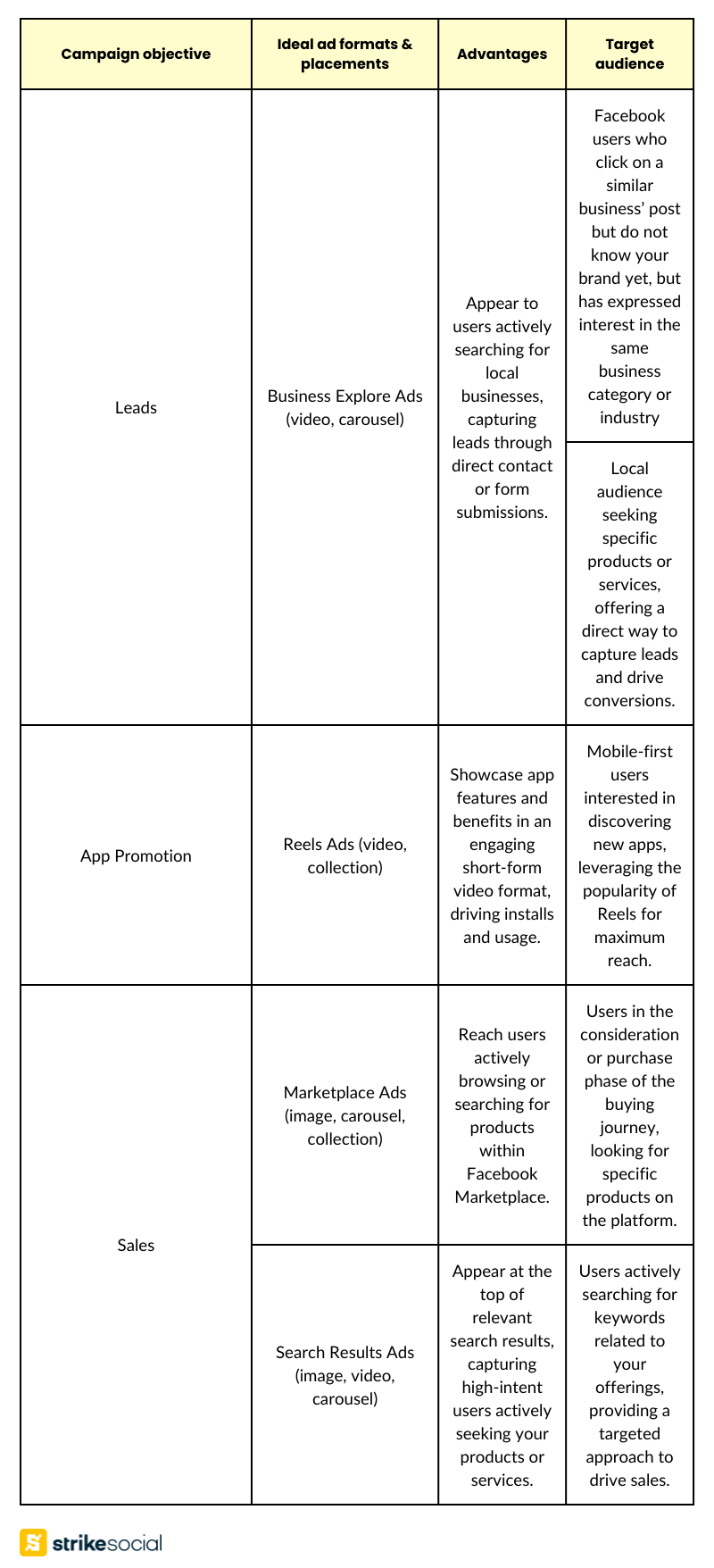

Facebook Media Buyer FAQs
Should I create separate campaigns in Facebook Ads Manager when using different ad formats?
If you’re using a variety of ad formats for your Facebook ad campaign, the decision to create separate campaigns in Facebook Ads Manager depends on several factors:
When Separate Campaigns are Recommended:
- If you’re using different advertising formats for your Facebook advertising campaigns, it’s recommended that you have different campaigns to monitor the delivery of each advertising format better and know which one is performing better than the other.
- Moreover, if you are running a new campaign or campaign for a new brand and have no idea yet how many impressions you can receive daily or how much you should bid for each action, it’s also recommended that you have different campaigns to gauge the effectiveness better.
- Having separate campaigns for different formats gives the Facebook algorithm more clarity on your goals for each format, potentially leading to better ad delivery and optimization.
When It Might Not Be Necessary:
- Combining different Facebook ad formats into one campaign could be more efficient if you anticipate similar performance across different formats and prefer streamlined campaign management. This would mitigate the risk of campaigns cannibalizing one another and competing within the auction.
- Additionally, maintaining multiple campaigns with a limited budget can make it harder to gain clear insights into the performance of individual formats. In such cases, focusing on a selected range of Facebook ad formats allows for thorough testing, even with a smaller investment.
Do I choose Advantage+ placements to select all ad placements on Facebook?
- While Advantage+ integrates well with Strike Social’s AI and machine-learning capabilities, it’s not always necessary to utilize all available placements under Advantage+. As we’ve discussed in our guide to optimal Facebook ad formats and placements, certain ad formats and campaign objectives may align better with specific placements that directly support your brand’s goals.
- For example, image ads can be effective across various placements, making Advantage+ placements suitable for Awareness campaigns aimed at maximizing impressions.
- However, when aiming for lead generation or conversions, the focus shifts to engaging audiences likely to take specific actions, such as signing up or making purchases. In these cases, maximizing ad visibility may not be as effective as targeting placements where engagement and conversion rates align highly with your campaign’s objectives.
- Thus, careful selection of placements rather than blanket use of Advantage+ placements may be more beneficial for achieving desired outcomes in such Facebook ad campaigns.
Getting Acquainted with Facebook Advertising Formats
Now that you’ve gained insight into how various Facebook ad formats align with campaign objectives and platform placements, you can appreciate the diversity of advertising options on Facebook. Each placement caters well to selected ad types on Facebook, which can provide a better user experience to audiences, leading to better ad performances for your campaigns.
It’s time to move to the next part of our Facebook advertising guide: understanding the correct Facebook ad sizes and specs. This will ensure that your ads look their best when they appear on people’s screens.
Strike Overview
- Did you know that using Meta Advantage+ placements can help your brand decrease CPM by up to 22% and reach 6% more people with the same spend?
- Since introducing the Advantage+ suite for Meta advertising in 2022, it has been developed for various campaign types to help advertisers optimize their campaigns more efficiently. One advancement is Meta Advantage+ placements, which distribute ads across all placements available in the Meta network.
- But is it always the best choice? When should you opt for Meta Advantage+ placements, and when should you choose manual placements?
Jump to Section
What Are Meta Advantage+ Placements?
We must understand its meaning to determine whether Meta Advantage+ placements are right for you. Advantage+ placements are part of Meta’s complete campaign solutions, using AI to maximize each ad impression and exposure on the Meta platforms.
What Are the AI Solutions Within the Meta Advantage+ Suite?
Here are the various Meta Advantage+ functions advertisers can utilize in ad campaigns across Facebook, Instagram, Messenger, and the Meta Audience Network.
| Meta Advantage Solutions | Purpose | Function |
|---|---|---|
| Advantage campaign budget | Budget Automation | Distributes your budget across ad sets based on performance. |
| Advantage+ audience | Audience Targeting | Utilizes Meta’s AI to find your audience matching your selected audience profile automatically. |
| Advantage custom audience | Audience Targeting | Builds custom audiences from website visitors, customer lists, app activity, etc. |
| Advantage lookalike | Audience Targeting | Builds custom audiences from website visitors, customer lists, app activity, etc. |
| Advantage detailed targeting | Audience Targeting | Provides advanced targeting options to expand where Meta’s AI sees better performance beyond basic demographics such as location, age, and gender targeting. |
| Advantage+ placements | Audience Targeting | Automatically selects the best ad placements within the Meta ads network to maximize performance. |
Further Reading
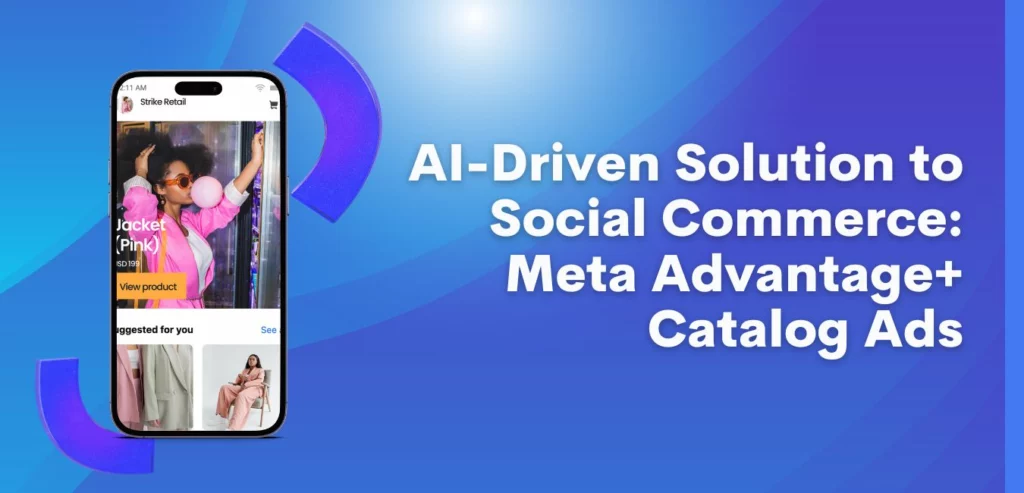

Explore the Benefits of Using Meta Advantage+ Catalog Ads
Meta Advantage+ catalog ads automatically adjust elements like creative and placements for products that capture customer interest. When a customer engages with a product from your catalog, Meta creates a targeted ad designed to increase appeal. This feature enhances your advertising strategy by driving more effective engagement and sales.
Where Will Your Ads Appear with Meta Advantage+ Placements?
Depending on your campaign objective, your ads can appear in various placements and formats across Facebook, Instagram, and other Meta ads platforms.
When Should You Use Meta Advantage+ Placements?
Now that you know which platforms and placements your ads can appear on, as well as which objectives and ad formats are compatible with Advantage+ placements, it’s time to determine if it’s the right fit for your brand and advertising goals.
If you meet one or more of the following criteria, we recommend turning on Meta Advantage+ placements to maximize your advertising efforts on Meta platforms fully.
New to Facebook and Instagram Advertising
- For advertisers new to the platform who lack sufficient data to determine effective placements, Advantage+ placements utilize Meta’s extensive data and algorithms to identify the best ad placements automatically.
- This way, you can rely on Meta’s AI to distribute your campaigns across all available placements based on your ad format and objective. Meta will gather data to help you determine which placements work best.
- For instance, if you’ve been advertising more on YouTube and TikTok with video ads, Advantage+ placements can help identify the most effective ad placements within Meta’s advertising ecosystem.
Testing New Placements
- If you want to experiment with new placements or ad formats within the Meta Business Suite, Advantage+ can automatically include them in your campaign and measure their effectiveness.
- For example, if you have been primarily advertising on Instagram and are considering expanding to Facebook ads to acquire a new audience, such as promoting a new line of mocktails for a younger demographic, Advantage+ placements can help determine if Facebook placements are worth adding to your media plan or if maximizing Instagram ad placements would be more effective.
Download our 2024 Facebook CPLC Case Study
See how Strike Social used Facebook Reels and Carousel ads to highlight the brand’s reputation for stylish, durable automatic watches at competitive prices. By strategically allocating budget and selecting optimal ad formats, the campaign achieved a CPLC 34.69% below the guaranteed rate, proving the power of smart ad placements.
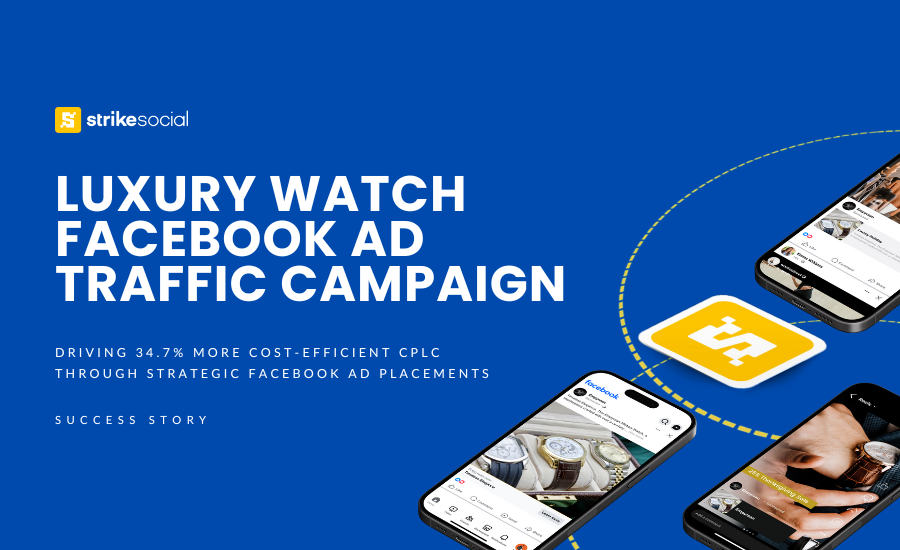

Expand Ad Reach for Awareness and Traffic Campaigns
- Advantage+ placements can significantly boost your ad’s exposure when you aim to generate traffic or reach new audiences. By distributing ads across multiple platforms, Advantage+ placements help enhance both reach and engagement.
- The main purpose of Advantage+ placements is to broaden the visibility of your ads by displaying them across more locations within the Meta Audience Network. This means your ads will reach a larger audience, including users of mobile apps and websites beyond Facebook and Instagram.
- Though there isn’t a specific list of apps and websites within the Meta Audience Network, applying Advantage+ placements ensures your ads are seen in diverse digital environments, expanding your reach far beyond Meta’s own platforms.


When Should You Choose Manual Ad Placements Over Advantage+?
Manual ad placements can be advantageous when your advertising goals on Meta require a more tailored approach. If your objectives or concerns align with the following points, consider using manual placements:
Specific Placement Goals
- When you have specific goals for particular placements, choosing manual placements provides better control and precision, allowing for more targeted optimization.
- For instance, if your brand’s strategy revolves around video ads and you’ve seen positive results from this format, manual ad placement allows you to focus exclusively on high-performing Meta ad placements like Reels ads and other video-centric options.
Low-Quality Actions
- If you notice that certain placements are resulting in low-quality actions or conversions, such as accidental clicks or clicks from bots, it may be wise to exclude those placements manually. The algorithm does not inherently recognize low-quality clicks, so manual adjustments are necessary.
- For example, a study by a major B2B company found that while Meta Advantage+ helped them acquire more leads, their quality was lower than those leads acquired through traditional targeting and placement controls. In such cases, manually managing placements can help you focus on channels that yield higher-quality results.
| Leads | Qualified leads | % of Qualified leads | |
|---|---|---|---|
| Advantage+ | 211 | 12 | 5.68% |
| Manual targeting 1 | 141 | 20 | 14.18% |
| Manual targeting 2 | 105 | 39 | 37.14% |
Controlling Cost Efficiency
- Manual placement offers more control over budget allocation. Since Advantage+ placements aim to maximize ad exposure, they can also lead to increased spending.
- Like Meta’s Campaign Budget Optimization technology, your budget is managed by Meta’s AI, which may limit your ability to control how your budget is distributed across different placements. If maintaining tight control over your budget is crucial, manual placements can help you allocate funds more precisely and avoid potential overspending.
Advanced Meta Advertisers
- Manual placement offers more flexibility and control for experienced media buyers with a deep understanding of their target audience and Meta’s platforms.
- Having granular control and the ability to make adjustments as needed is advantageous when working with an expert social media advertising agency. With specialized media buying teams optimizing your campaigns around the clock, you can achieve greater results while managing costs effectively. This ensures your Meta advertising is set up for success, even without relying on Meta Advantage+ placements.
Contact Us
Discover how a SWAS AdTech partner like Strike Social can help your campaigns achieve up to 20% better results.
Further Reading
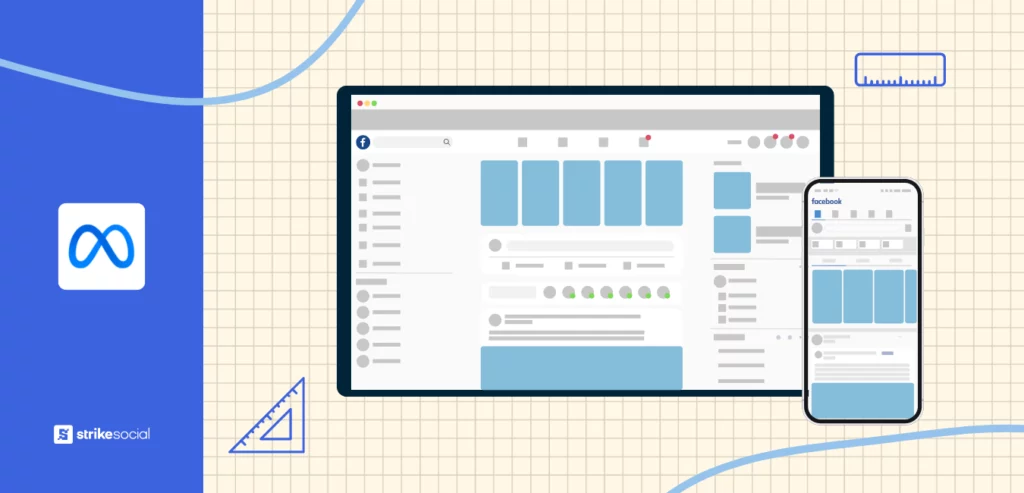


Guide to Meta Ad Sizes: Ensure Your Creatives Fit Every Placement
Meta ad sizes and specifications differ by ad type and placement. Advertising on Meta opens up multiple placements across Facebook, Instagram, and other apps within the Meta network. Make sure your creatives are sized right to capture audience attention across all placements.
Opting In and Out of Meta Advantage+ Placements
You can set up your campaigns once you determine whether to use Meta Advantage+ or manual placements. Here’s a step-by-step guide to help you configure your Meta ad placements before the campaign launch:
How to Turn On Meta Advantage+ Placements
- Log in to Meta Ads Manager. Ensure you are logged into your Facebook account and have access to the Ads Account on which you will be setting up the campaign.
- Click Create at the Campaign level, then choose your campaign objective.
- For the campaign setup, choose Manual campaign.
- Proceed with the usual campaign setup. At the campaign level, you can decide whether to turn on the Advantage campaign budget (formerly campaign budget optimization) before moving to the Ad set level.
- You can toggle between Advantage+ and manual placements on the Ad set level. The default setting is Advantage+ placements. To keep Advantage+ placements active, do not make any changes.
- Continue with the rest of your campaign and ad setup.
How to Turn Off Advantage+ Placements and Switch to Manual Ad Placement
- Follow steps 1-4 as outlined above.
- Once on the Ad set level, scroll to the Placements section and click Edit to switch to manual ad placement.
- Toggle the button to turn off Advantage+ placements and click on Manual placements.
- You can choose the specific ad placements you want within Facebook, Instagram, Messenger, and the rest of the Meta Audience Network.
- Once you have selected your desired placements, proceed with the rest of your campaign and ad setup.
It’s best to decide upfront which option is best for your campaigns, as changing your ad placement setup mid-campaign can disrupt the learning phase and lead to inconsistent ad performance. By determining the best ad placement strategy before the campaign flight, you can steer your campaigns more effectively and develop a clearer plan for optimizing results.
Is Advantage+ Really Beneficial for Your Meta Campaigns?
Are you ready to leverage the power of Advantage+? You’ve seen various perspectives, and by now, you should be able to evaluate whether Meta Advantage+ placements can truly enhance your brand’s results. The next step is to test it and determine how much control you need over your campaigns versus letting Meta’s AI optimize your ad placements. The real answer lies in taking action.
If you have questions about using Meta Advantage+ for your campaigns and how Strike Social can combine our expertise with AI to drive better results for your brand, reach out to our team for a personalized walkthrough of our tools and technology.
Strike Overview
- If your brand always includes a disclaimer at the bottom of your video ads, there’s a good chance no one’s seeing it – likely due to not adhering to the platform’s safe zone guides.
- Having a safe zone template can help you post your ads on any social media platform without worrying about your profile picture, ad copy, or even the like and share buttons covering it up.
- Check out the safe zone guides for popular short-form video ad platforms like TikTok, Reels, and Shorts to ensure that the important parts of your ad are visible to your audience, no matter which platform you choose.
Jump to Section
What are Safe Zone Guides, and Why Do They Matter?
In video advertising, the “safe zone” is the area within your video ad that is guaranteed to be fully visible to viewers across different devices and platforms. These safe zones vary across platforms due to different user interfaces and functionalities.
This area is typically centered within the frame and avoids the edges where elements like platform icons, captions, or user interface elements might overlap and obscure your content.
- Placing essential elements like your logo, key messages, and call-to-action buttons within the safe zone guarantees visibility and prevents them from being cut off or hidden.
- 87% of audiences associate trust in a brand with high-quality video ads, which means ensuring your CTAs are free from any obstructions. A clear message not only captures attention but also encourages viewers to engage—whether that’s watching the full video, clicking on links, or taking the desired action.
- Adhering to safe zone guidelines makes your video ads look more polished and professional.
Safe Zone Templates for TikTok, YouTube Shorts, and Instagram and Facebook Reels
Social media platforms have specific safe zone guidelines to ensure the optimal performance of ads. Failure to adhere to these guidelines may result in ad rejection or underperformance.
Video ads on platforms like TikTok and Instagram Reels commonly encounter issues such as icons on the right side, text at the bottom, dead space at the top, and cropped content on the sides. Safe zone guides are crucial to prevent these elements from negatively impacting captions and screen shares.
Further Reading



Instagram Safe Zone Guidelines for Ad Creatives
Discover best practices, precise specifications, and safe zone recommendations for various Instagram ad formats, including images, videos, carousels, Stories, and Reels. Tailor your creatives to fit each placement and deliver the most optimized version to your target audience.
To simplify the process, we will explore the recommended safe zone guidelines for various short-form video ad platforms and develop a comprehensive safe zone preset that you can easily apply to your short-form video ads. This central guide will provide a clear and concise reference for creating effective short-form video ads that can be seamlessly uploaded to any ad platform you choose.
9:16 Safe Zone Guide for Vertical Video Ads
| Facebook Reels | Instagram Reels | YouTube Shorts | TikTok | |
|---|---|---|---|---|
| Aspect Ratio | 9:16 | |||
| Safe Zone Guide (Keep These Areas Clear) | 14% top, 35% bottom, 6% sides | 14% top, 35% bottom, 6% sides | 15% top, 35% bottom, 4% left, 18% right | 14% top, 11% left, 22% right, 45% bottom (up to 4 lines of text) |
Download the safe zone guides for 9:16 ads here:
Let’s combine these concepts and establish a universal safe zone template for all vertical video ads across various social media platforms.
Safe Zone Guide for 16:9 Ad Formats
| Facebook Reels | Instagram Reels | YouTube Shorts | TikTok | |
|---|---|---|---|---|
| Aspect Ratio | Not recommended | 16:9 | ||
| Safe Zone Recommendations (Avoid Placing Elements Here) | 22% right, 40% bottom | 11% left, 22% right, 28% bottom(up to 4 lines of text) | ||
If you’re launching a landscape video ad campaign on YouTube Shorts and TikTok, use this safe zone guide on what areas you should avoid when adding your messages and important branding elements:
Click to download the 16:9 vertical format safe zone templates:
Safe Zones for 1:1 Ad Size And Other Considerations
| Facebook Reels | Instagram Reels | |
|---|---|---|
| Aspect Ratio | 4:5 | |
| Design Safe Zones (Leave These Areas Clear) | 13% right, 10% bottom | 13% right, 10% bottom |
While the 4:5 aspect ratio is not among the commonly recommended dimensions for Facebook and Instagram ads, it remains a supported option on the Meta platform. To ensure your 4:5 video ad displays optimally, we have compiled a safe zone preset that you can utilize during the ad creation process:
| YouTube Shorts | TikTok | |
|---|---|---|
| Aspect Ratio | 1:1 | |
| Design Safe Zones (Leave These Areas Clear) | 17% right | 10% left, 22% right, 41% bottom |
Another ad size supported by both YouTube Shorts and TikTok is the square format, or 1:1. We’ve converged these safe zone specifications to create a single template for video ads with this ad size.
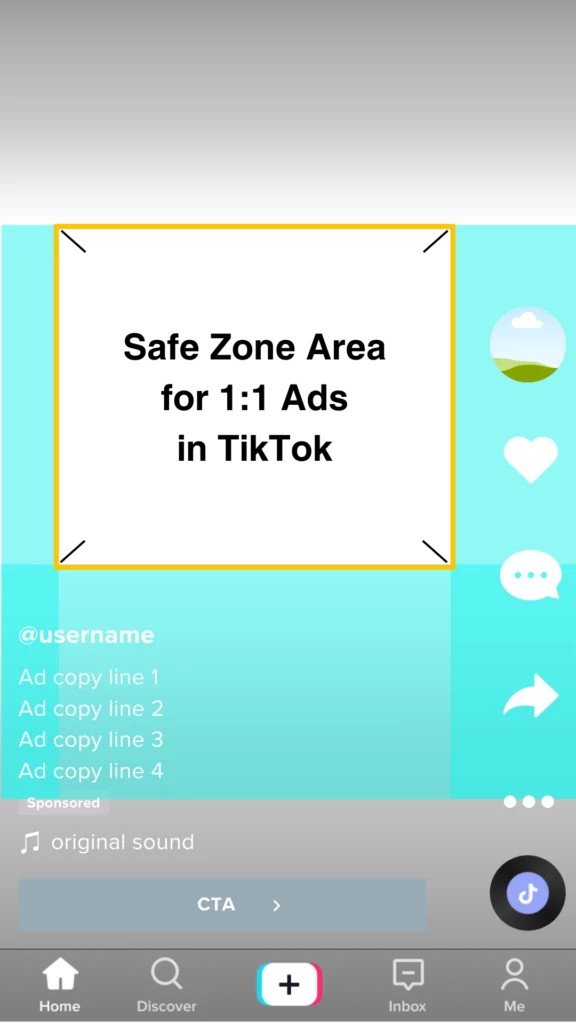

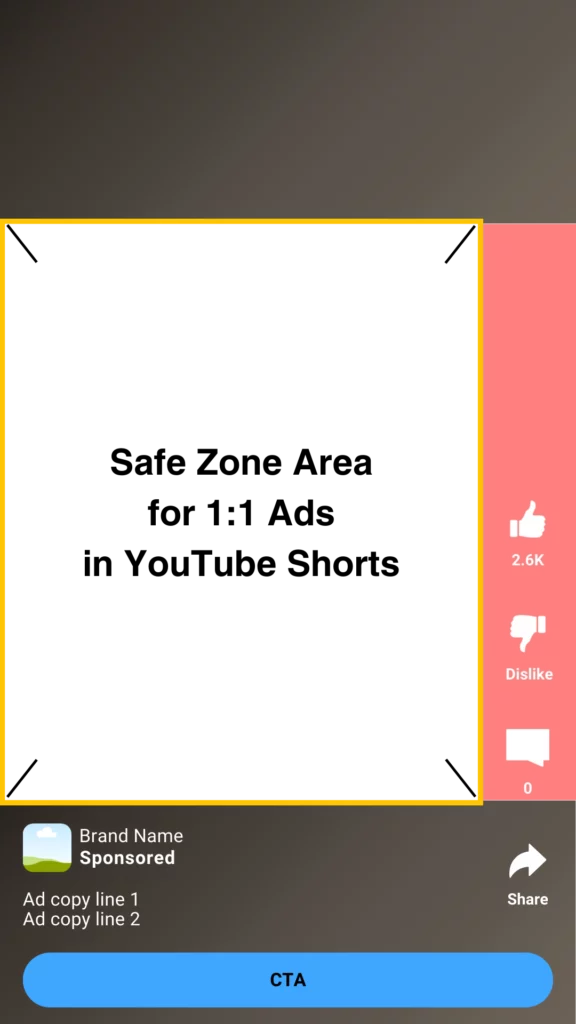

Commonly Asked Questions On Video Ad Safe Zones
What tools can I use to visualize the safe zone in my video editor?
- The safe zone templates provided in this blog can be easily copied and pasted into your video editor.
- In Adobe Express, for example, upload the safe zone preset and layer it over your video ad creative. This lets you see if any essential elements, such as your logo or disclaimer, are covered. Adjust to ensure your ad is safe from typically covered areas before uploading and launching your campaigns.


Is there a universal safe zone for all platforms?
- Each platform has a unique user interface (UI), so you must consider their specific safe zones to create a universal safe zone template.
- Refer to the universal safe zone guides for the different ad sizes here.
Where should I place text and logos on Reels to avoid being cut off?
- For a 9:16 video ad size, position your text and logos around the top left portion. This placement ensures they won’t be covered by the profile picture, ad copy, or like and share buttons.
- Use this merged safe zone template for Facebook and Instagram Reels in the 9:16 video ad format:


Dominate TikTok, Reels, and Shorts with Strike Social.
Get a personalized walkthrough and see how we activate and optimize short-form ads across today’s most engaging platforms.





The Role of Safe Zones in Optimizing Ad Campaigns
As media buyers, you may assume that safe zones are solely the creative team’s responsibility. However, since video ads are a crucial part of the advertising campaign process, they also fall under your jurisdiction. Any obstruction in the important elements of the video ad creative can significantly impact your ads’ success or failure. Therefore, you must know and adhere to safe zone guidelines and templates before uploading to the ad platforms.
But what’s next once you’ve ensured your ad creatives perform optimally? Enhance your knowledge by exploring the Strike Social blog. Subscribe to our newsletter and follow our LinkedIn page to stay up-to-date with paid social media advertising trends and insights.
Strike Overview
- Have you ever pondered the secrets behind Instagram advertising formats that seamlessly engage audiences without feeling intrusive?
- With Click-focused campaigns having an average click-through rate (CTR) of 0.31% to 3.01%, standing out on Instagram has become increasingly challenging.
- Crafting impactful Instagram ads extends beyond compelling visuals; it involves selecting the optimal format that aligns with your marketing objectives.
- In the next step of our Instagram guides, we’ll explore the available Instagram advertising formats, offering advertisers the expertise crucial for achieving campaign excellence.
Jump to Section
This post was updated in January 2025 to provide you with the latest information.
2025 Instagram Advertising Formats To Integrate Into Your Strategy
Formulating an effective Instagram ad hinges on its ability to engage audiences and align with your brand’s narrative. Should you opt for Reels, static images, or perhaps Collection or Shopping ads? Many businesses grapple with this decision, unaware of the diverse Instagram ad formats you can choose from.
The reality is, each ad format brings its own set of strengths to the table. While a static image ad may excel in launching a new product, a compelling video ad can better convey your brand’s story. By understanding the full spectrum of Instagram ad formats, you can tailor your message to resonate with the right audience and achieve the desired results.
How Many Types Of Ad Formats Does Instagram Offer
Instagram sets itself apart from platforms like Facebook and Twitter with its emphasis on captivating visuals that immediately grab users’ attention. From striking photos to engaging videos, visual content plays a pivotal role in connecting with audiences and conveying brand messages on Instagram.
Given the platform’s visual-centric nature, understanding how to leverage creative visuals effectively is essential for successful advertising on Instagram. Let’s explore the various ad formats available:
Instagram Explore Ads
- Ads that appear on the Explore page of Instagram, where users go to browse content that is tailored to their interests based on their past behavior and interactions on the platform.
- Positioned within the “similar posts” section, Explore Ads engage users who are actively exploring relevant content.
Instagram Feed Ads
- This ad format appears seamlessly within users’ main feed, alongside organic posts from accounts they follow.
- This type of Instagram ad is designed to blend in with the organic content and can take various forms, such as image posts, carousel ads, and video ads.
Profile Feed Ads
- Allows ads to be displayed within a user’s profile feed as they scroll through the content. These ad formats are specifically shown in the vertical scrolling experience activated when someone taps on a thumbnail on a user’s profile, rather than in the profile grid itself.
- The ads are designed to blend in with the organic content in a user’s profile feed and offer a new way for advertisers to reach audiences in a more personalized and engaging manner.
Reels Ads on Instagram
- These ads appear between organic Reels on Instagram, presenting full-screen vertical videos.
- With a maximum length of 15 minutes, Reels ads mimic the format of Instagram Stories ads, offering businesses an opportunity to showcase their brand in short-form videos.
Further Reading
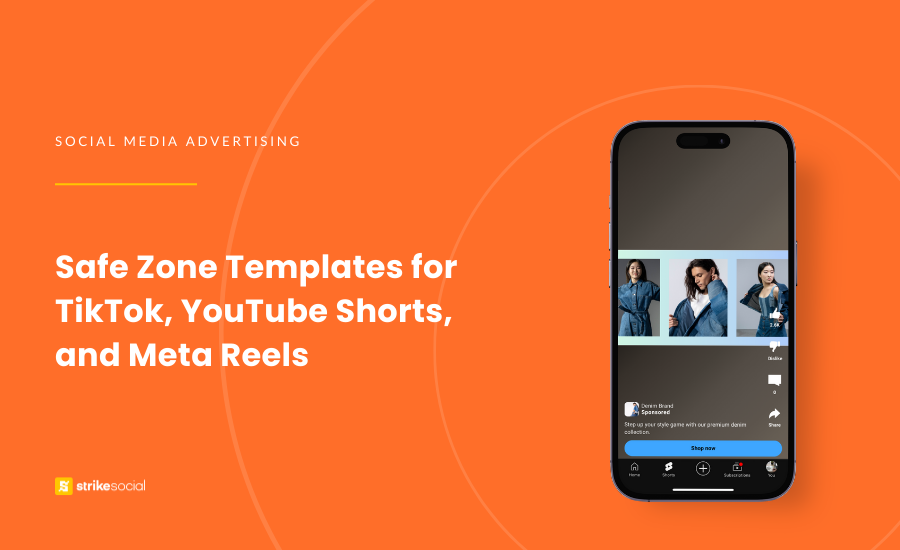


Creative Safe Zone Guides for Reels, Shorts, and TikTok
As short-form video continues to dominate, brands need to quickly adapt their content. Since videos are displayed in varying layouts, you must ensure your CTAs remain visible and unobstructed by platform interface elements.
Shopping Ads
- Note: As of February 6, 2023, the Instagram Shop tab is no longer available on the app shortcuts.
- Instagram Shopping Ads allow eCommerce brands to showcase their products directly within the app.
- Tagged with product information such as price and description, these ads simplify the purchasing process for users without redirecting them to external websites.
Instagram Stories Ads
- Vertical, full-screen ads that appear between users’ Stories on the Instagram app.
- Unlike organic Instagram Stories, which disappear after 24 hours, Instagram Story ads can be displayed throughout the campaign duration, reaching audiences at the frequency selected via Meta Ads Manager.
How Do These Different Ad Formats Appear On The Instagram App
Let’s embark on a visual journey to better understand how these Instagram advertising formats are integrated into the user experience. To do so, we need to look at each ad format and how it appears within the user interface, providing insights into its placements.
Image Ads
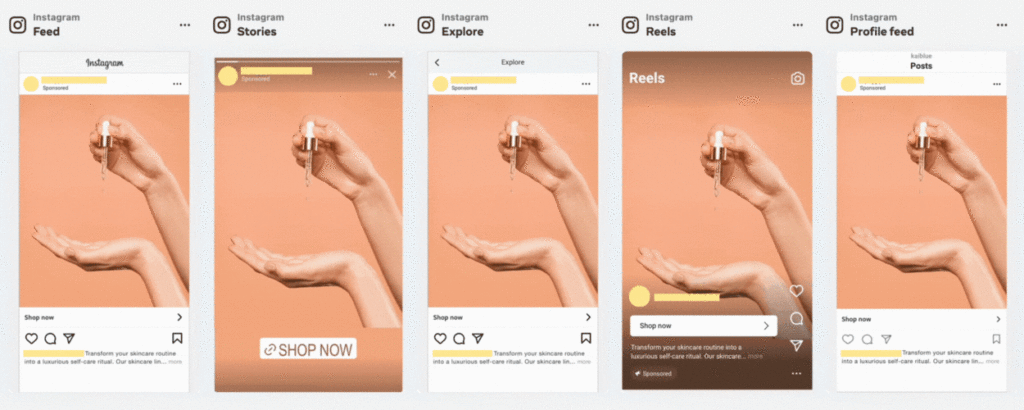

Video Ads


Carousel Ads


Collection Ads


Which Types of Instagram Ads Suit Your Brand’s Objectives
Now that you’ve explored the range of Instagram advertising formats available for your advertising campaigns, it’s essential to align your choices with your brand’s specific objectives. Selecting the right ad formats depends on your advertising goals and the message you want to convey to your audience.
Let’s see how each ad format can complement your brand’s objectives:
| Campaign Objective | Ideal Ad Formats & Placements | Advantages | Target Audience |
|---|---|---|---|
| Awareness | Feed Ads (image, video) Profile Feed Ads (image, video) | Captures attention with visuals. Introduces brand identity and values. Reaches a broad audience actively discovering new content. | Audiences interested in topics relevant to your brand. |
| Traffic | Explore Ads (image, video) Stories Ads (image, video) Reels Ads (video) | Drives website visits or app downloads with clear CTAs. Briefly showcases website/app value proposition. Highlights different features or benefits in a swipe-through format. | Instagram users interested in the problem your website/app solves; users actively browsing for relevant solutions. |
| Engagement | Feed Ads (carousel) Reels Ads (video) | Encourages reactions with interactive or entertaining video content. Tells a compelling story or asks a question to spark discussion. | Users actively scrolling through feeds and stories; people interested in topics related to your brand or niche. |
| Leads | Explore Ads (carousel, collection) Stories Ads (image, video) Reels Ads (video) | Briefly explains an offer and uses CTAs for contact details. Highlights offer details with a lead gen form included or through a landing page link. | Viewers actively seeking solutions or resources; people interested in your offer and willing to share contact information. |
| App Promotion | Feed Ads (video) Stories Ads (video) Reels Ads (video) | Drives app installs with clear CTAs. Utilize sponsored content and partnership ads with content creators and UGC to promote app features. Highlights diverse app functionalities. | Instagram audiences actively browsing for apps that address their needs. |
| Sales | Explore Ads (carousel, collection) Reels Ads (video, collection) | Showcases high-quality product images and clear purchase CTAs. Demonstrates product features and benefits in action. Creates a buying journey narrative or showcases product variations. | Users actively considering product purchases; those interested in the category or niche your product falls under. |
Questions from Instagram Media Buyers
When running campaigns with multiple ad formats across various placements, how can I analyze which formats are more effective?
- Consider tracking key metrics such as click-through rate, conversion rate, impressions, engagement rates, and conversion rates aligned with your campaign objectives.
- Utilize Meta Ads Manager to closely monitor these metrics and gain insights into audience resonance and desired actions.
- Depending on your campaign objectives, focus on cost metrics like cost-per-mille (CPM) for reach-focused campaigns and cost-per-click (CPC) or cost-per-acquisition (CPA) for lead generation campaigns.
- Compare and analyze these metrics to identify the top-performing Instagram advertising formats and allocate your budget accordingly. For instance, if your Reels and Stories ads are driving higher leads for your campaign, consider manually removing other placements to allow your ad set to concentrate on these formats.
- Alternatively, leveraging Advantage+ placements enables Meta’s AI to allocate your ad set’s budget across multiple placements, prioritizing those likely to yield the best results.
Are there any general trends in terms of which ad formats tend to be more expensive on Instagram?
- Here are the average cost benchmarks for Instagram ads based on 2023 Strike Social data:
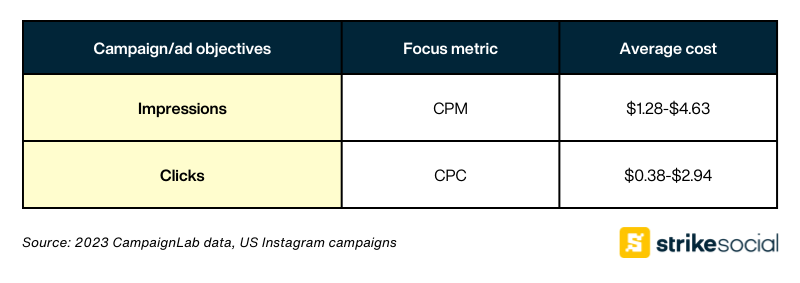

- As for the specific ad formats, here are the 2023 end-of-year benchmarks:


- Generally, Stories and Reels ad placements, known for their immersive and engaging nature, can be more costly than Feed Ads. However, actual costs may vary depending on factors such as audience targeting and location.
Navigating Your Choices Across the Different Instagram Ad Formats
After exploring this blog, you’ve likely gained a foundational understanding of Instagram advertising, but there’s still much more to uncover. This guide serves as a crucial resource for media buyers seeking to enhance their expertise before launching campaigns.
Remember, mastering Instagram advertising formats requires ongoing learning and refinement. Keep this guide accessible and stay updated by subscribing to our newsletter for additional insights and resources to support your media buying journey.
Next, explore our guide on Instagram ad specs for optimizing your campaigns.
Strike Overview
- Amazon dominates 37% of the estimated $100 billion market for retail media ads, making it a prime opportunity for media buyers to capitalize on Amazon Prime Day 2024.
- This two-day event, slated for July 16th and 17th, sees an uptick in ad click-throughs by 226%, alongside a 409% increase in ad spend compared to the preceding 30 days.
- For retail media buyers, seizing the moment to enhance your Prime Day strategy is essential for staying ahead of the competition.
Jump to Section
This post was updated in January 2025 to provide you with the latest information.
Winning Ad Campaigns for Amazon Prime Day 2024
Exclusive sale events hold a unique allure for shoppers, and the numbers from the 2023 Amazon Prime Day speak volumes: U.S. sales surged nearly 6% year-over-year to $6.4 billion on the event’s first day alone.
As we approach the 2024 Amazon Prime Day, set to rival even the busiest retail holidays like Christmas and Thanksgiving, anticipation is high for what could be one of the largest e-commerce moments of the year. With retailers gearing up to offer substantial discounts, consumer spending is expected to soar. But where do media buyers fit into this equation?
Amazon Prime Day Trends Across Seasons
Amazon Prime Day debuted on July 15, 2015, commemorating the company’s 20th anniversary. Initially accessible in only 9 countries, including the United States, United Kingdom, Canada, and France, the event has since expanded to over 20 countries and now spans a duration of 48 hours.
Shopping by Household
In 2023, over a third (37%) of US households participated in Prime Day, marking a notable increase from previous years. This surge was accompanied by a slight uptick in spending per household, fueled by increased orders.
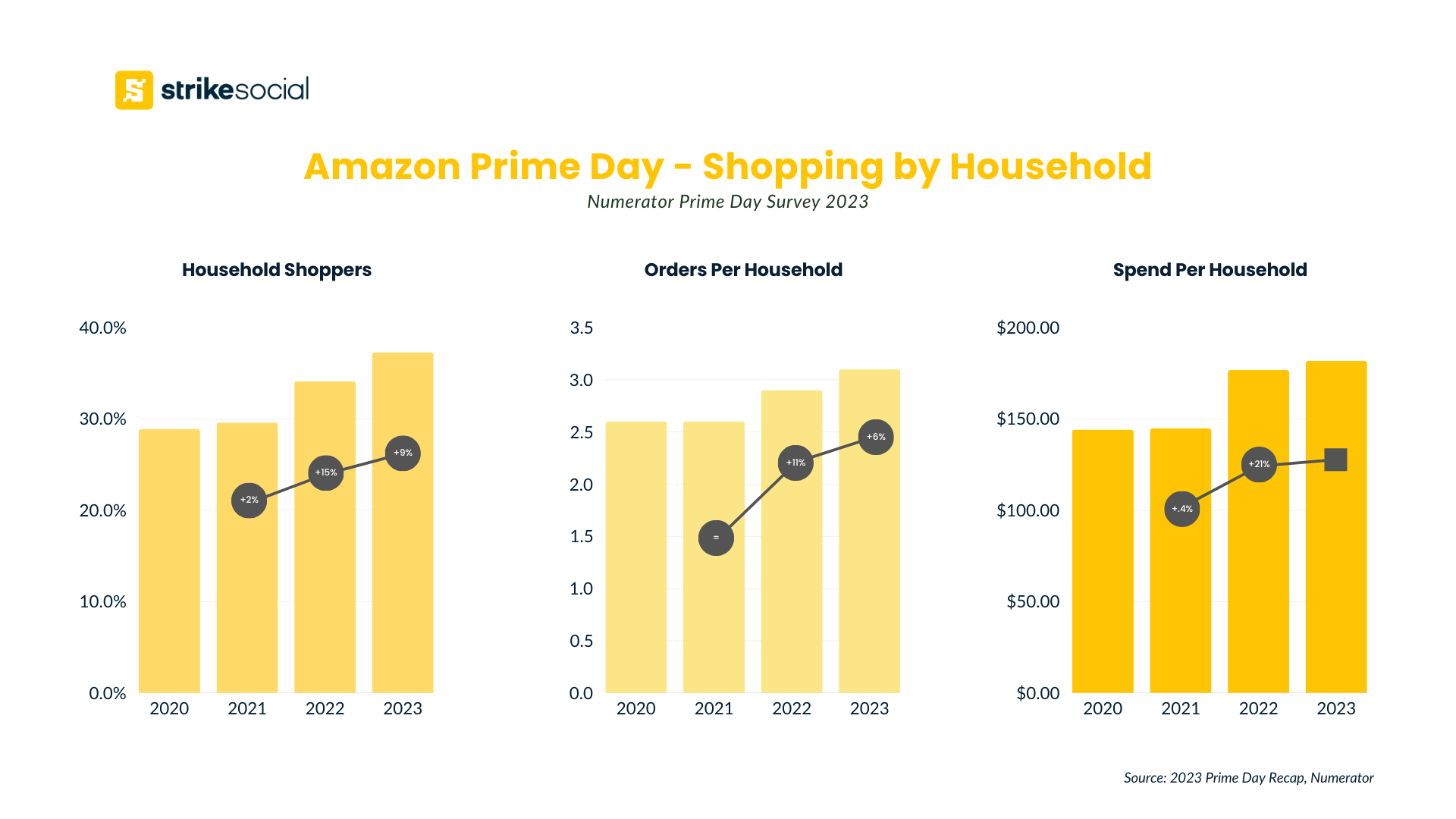

Shopping by Preference
82% of Amazon Prime Day shoppers in 2023 knew what they wanted to purchase, with 53% specifically holding out for discounted prices during the event. Additionally, 34% of shoppers availed themselves of Lightning Deals, emphasizing the event’s appeal to bargain hunters.
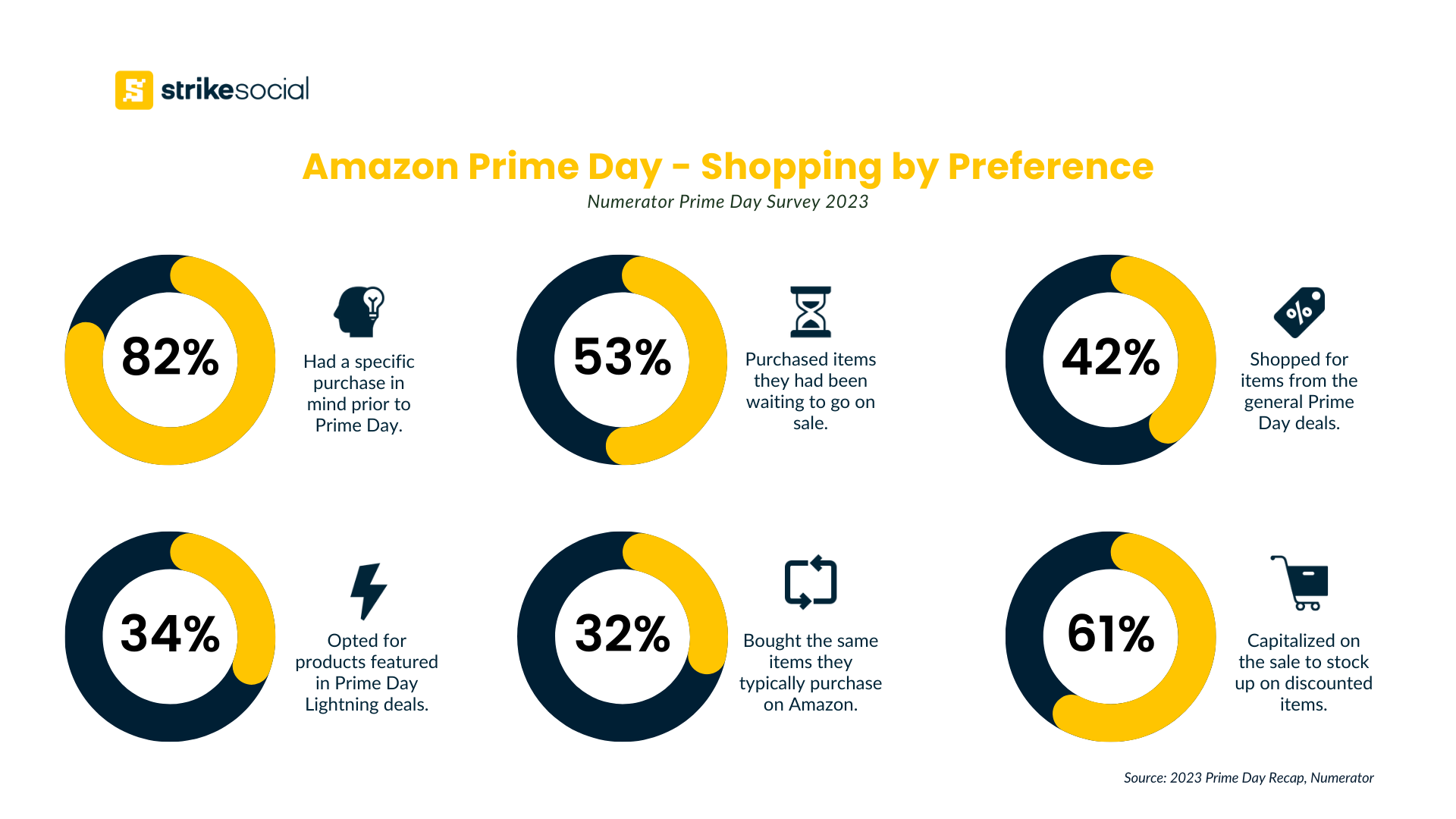

Shopping by Deals
The satisfaction levels among Prime Day shoppers were high in 2023, with two-thirds expressing extreme or high satisfaction with the deals offered. Notably, data reveals that most deals featured percentage-based discounts, with a significant proportion offering discounts of 60% or more.
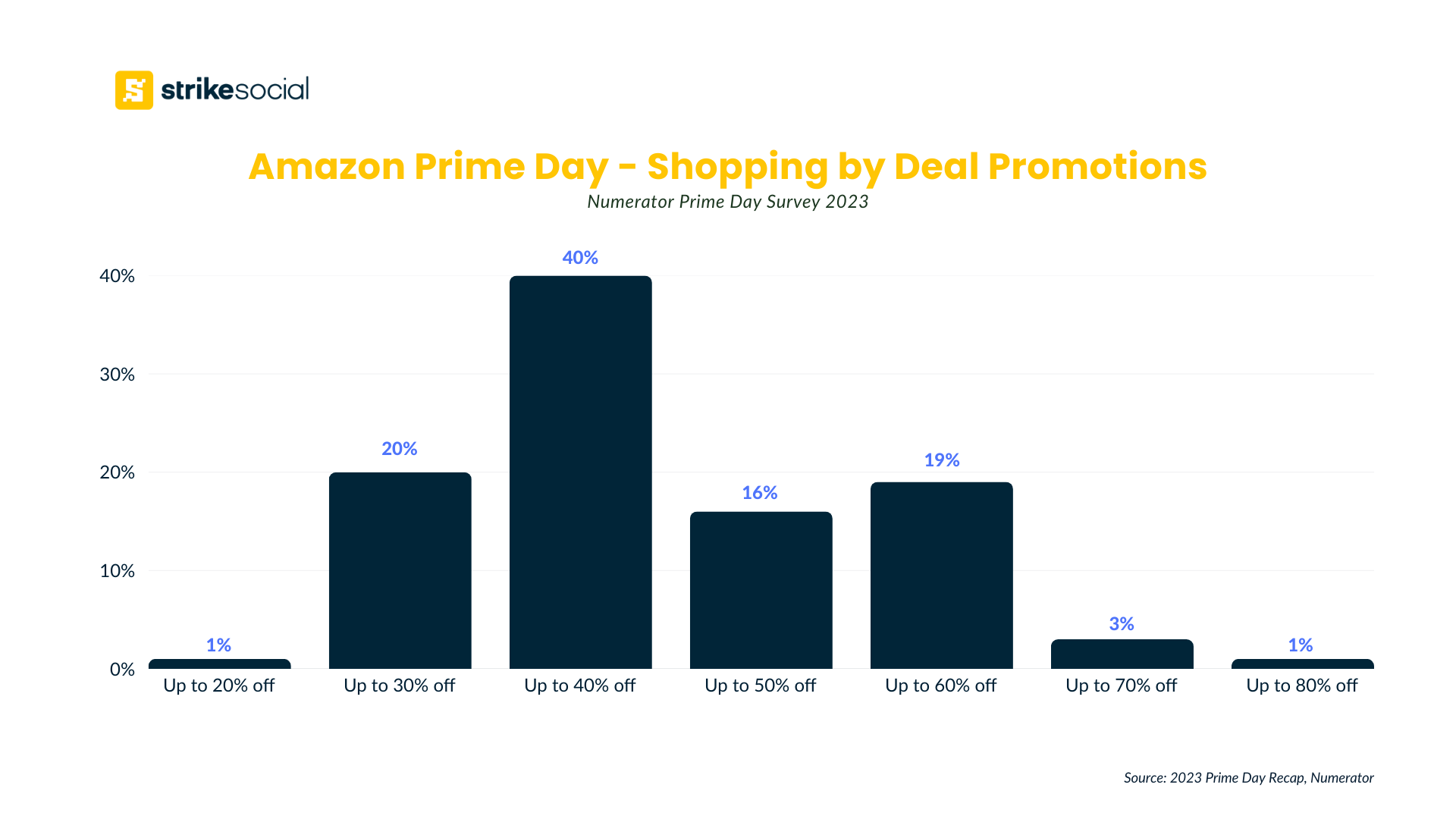

How To Promote Amazon Prime Day Products On Social Media
When promoting Amazon Prime Day 2024 products on paid social media, there are a few considerations to remember. While Amazon has its advertising platform, Amazon Ads, which offers opportunities both on and off the platform through the Amazon Demand Side Platform (DSP), leveraging social media advertising can enhance your promotional efforts. However, there are some potential hurdles to navigate.
Platform Policies
One significant obstacle advertisers face is the inability to track events, particularly conversions and purchases, when using Amazon shop links on social media advertising platforms. You cannot install the Meta pixel on Amazon shop links, and thus tracking purchases becomes challenging. Facebook’s Terms of Service categorize Amazon as a third-party advertising website, imposing limitations on advertising within Meta.
What you can do:
Instead of using direct Amazon links, which violate Facebook’s terms, consider using a dedicated landing page for your featured Amazon Prime Day products. Directing traffic to a landing page allows you to bypass the restriction and provide more flexibility in presenting your products.
A dedicated website and landing page enable you to showcase additional product benefits and features that may not be included in your Amazon product descriptions. This presents an opportunity to tailor your messaging to your audience and highlight unique selling points not openly stated in your Amazon product link.
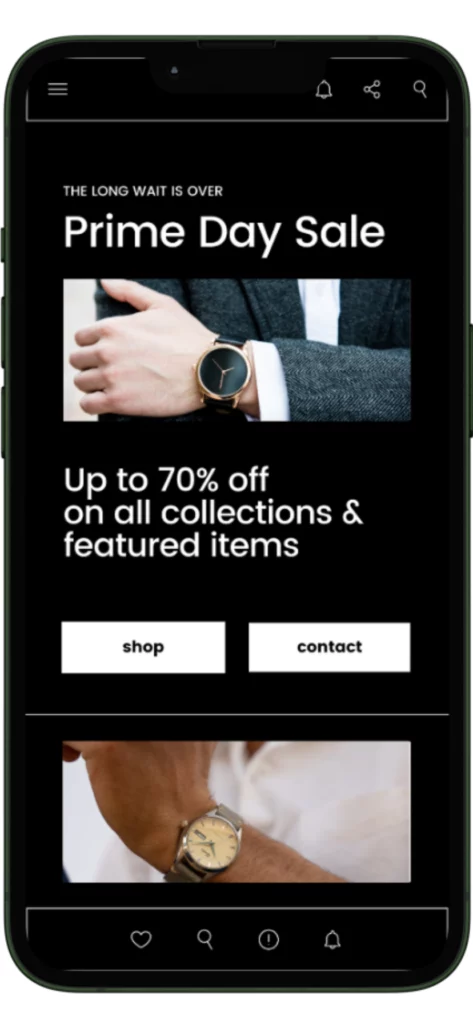

Further Reading



Accurate Facebook ROAS Tracking for Amazon Prime Day
Learn the mechanics of calculating Return on Ad Spend (ROAS) to better identify your ideal Facebook ROAS benchmarks. Explore the typical issues and discover practical solutions to ensure accurate ROAS reporting.
Approaching Audiences
As Amazon Prime Day 2024 approaches, competition intensifies, with fierce competition for ad space and user attention. With an estimated 2.5 million reach as early as two months before the event, precision in targeting is crucial to focus your advertising efforts within your brand’s niche.
What you can do:
While targeting specific audiences may incur higher costs, social media platforms offer the advantage of precise audience targeting. Utilizing custom audiences, lookalike audiences, and retargeting options enhances your ability to reach those interested in your products.
For example, platforms like TikTok allow the creation of custom audiences based on landing page visits or engagement with your profile.
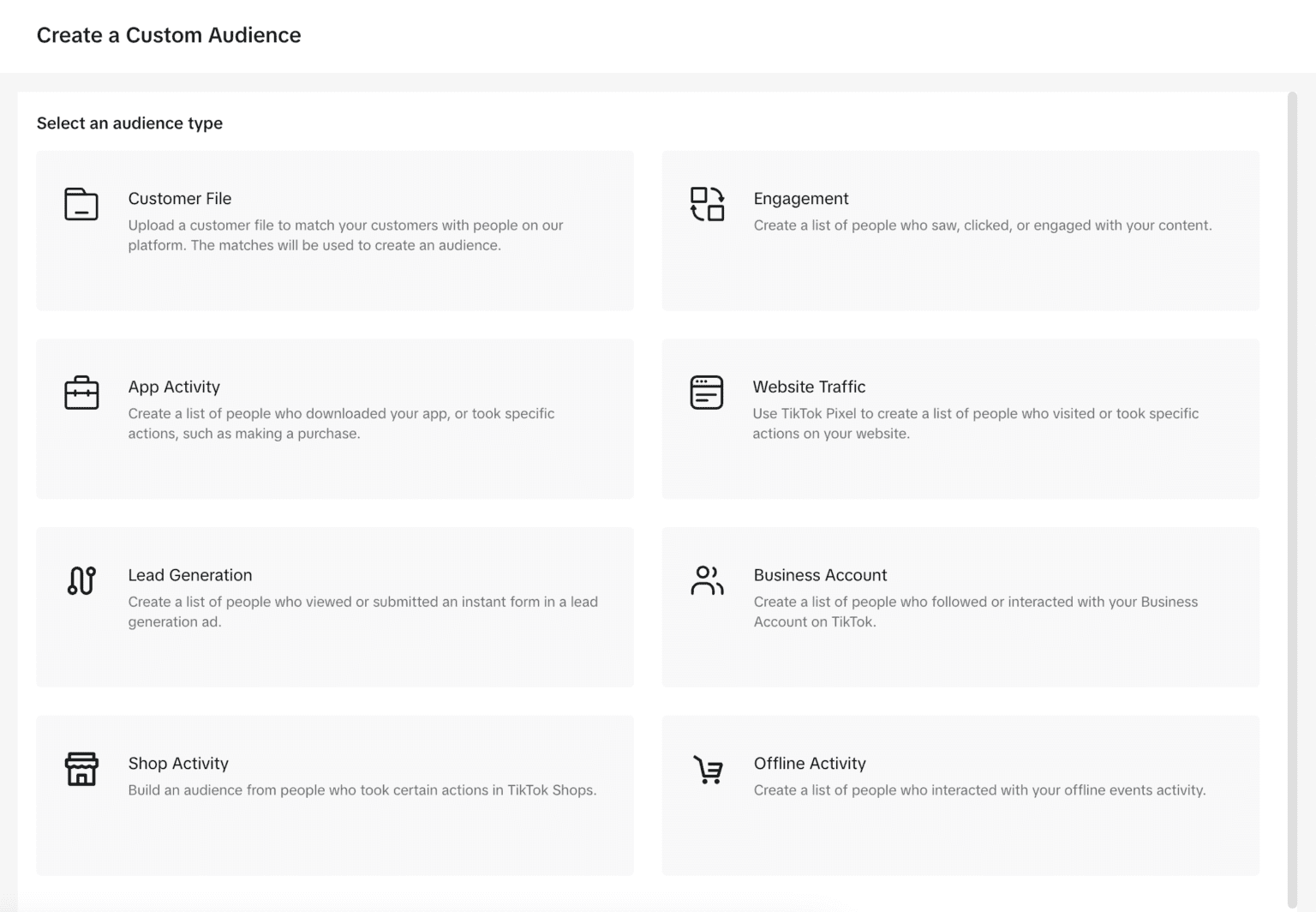

Since Amazon Prime Day 2024 is expected to occur from July 10th to 11th, consider uploading your custom audience list from previous retail seasons, such as Mother’s Day and the 4th of July.
Furthermore, if your landing page remains active year-round, ensure you embed the TikTok pixel to target a lookalike audience of your landing page visits from the last 30 days.
Technicalities and Backend
Tracking the effectiveness of your social media ad campaigns requires the proper setup of backend analytics to determine whether sales originate from your campaigns. Establishing connections between your ads and landing pages is essential for accurately measuring campaign performance.
What you can do:
Utilize UTM parameters in your landing page URLs to track traffic sources. For instance, if YouTube video ads drive traffic to your Amazon Prime Day 2024 landing page, create URLs with UTM parameters indicating the traffic source.
By tracking these links through Google Analytics, you can assess the impact of your social media advertising efforts and optimize accordingly.
Here’s an example:
https://yourbrand-amazonprimeday.com?utm_source=bumperads&utm_medium=videoads&utm_campaign=amazonprimeday2024&utm_id=youtube
You can obtain this using an online UTM builder. Tracking the link through GA4 lets you determine if you’re gaining landing page traffic from your YouTube ads.
Effective Ad Formats For Your Amazon Prime Day Strategy
When advertising your products on social media for Amazon Prime Day 2024, you must choose ad formats that effectively showcase your offerings. While Amazon ads are straightforward, featuring product images, prices, and details, transitioning these ads to social media can be tricky.
Fortunately, several ad formats are available on social media platforms that can help boost your Prime Day marketing efforts.
Meta Collection Ads
The Collection ad format lets you showcase large cover images or videos and smaller product images from your catalog. Users who tap on the cover image or video are directed to a full-screen Instant Experience to explore your products.
Tapping on the smaller product images leads users to your nominated landing page for your Amazon Prime Day featured products.
Meta Carousel Ads
Like Collection ads, Carousel ads enable you to display multiple images or videos within a single ad. Users can scroll through the carousel and select items that interest them, eventually directing them to your dedicated landing page.
The fun thing about Carousel ads is you can take them through a journey. Create a continuous creative (see a sample below) or simply list down the Prime Day products you want to feature.
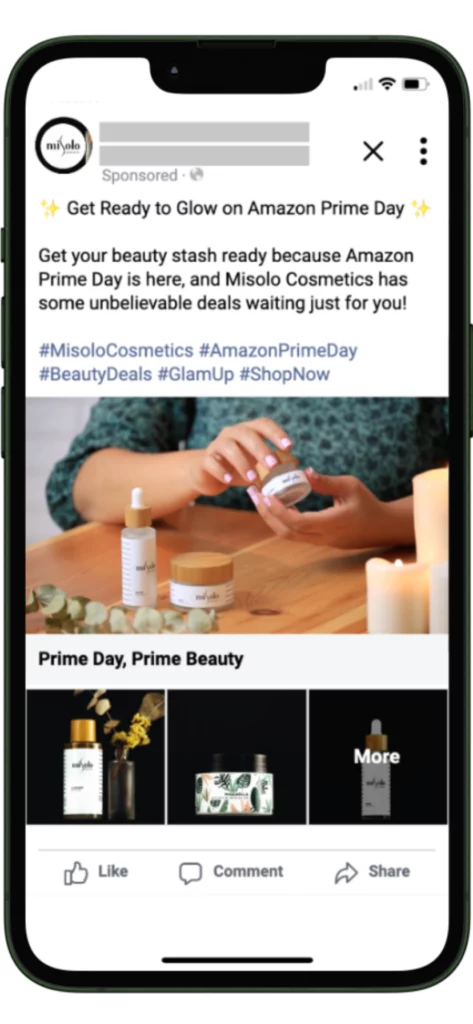



Further Reading



Optimizing Your Meta Ads for Prime Day Promotion
The Meta platform feeds offer many opportunities to promote for Amazon Prime Day. It’s important to stay updated on the latest Meta ad sizes and specs to maximize engagement and relevance with audiences.
YouTube Shopping Ads
Despite Amazon and Google Merchant Center being separate platforms, you can link them to make the most of Google and YouTube’s reach. You can export your Amazon shop catalog to the Google Merchant Center using various external tools.
From there, YouTube Shopping Ads will feature your products on the platform through search partners and suggested products.
TikTok Interactive Add-Ons
To enhance your Prime Day marketing strategy, utilize TikTok’s interactive add-ons to showcase your exclusive 2024 offers effectively. These interactive ad campaigns take on a shorter flight, thus complementing seamlessly with your ongoing brand awareness TikTok campaign.
Engage with users who have previously interacted with your awareness campaigns through retargeting, gradually building anticipation towards Prime Day. These engaged audiences will be specifically targeted with the gift code sticker ad, enticing them to explore your Amazon Prime Day deals further through the interactive campaign.
During Amazon Prime Days 1 and 2, integrate the gift code sticker interactive add-ons into your video campaigns. As the gift code sticker appears in your ad, viewers can effortlessly click “Redeem Code” to copy it to their phone’s clipboard and redeem the code when purchasing from your Amazon shop.
Prime Your Ads for Amazon Prime Day Sales
E-commerce platforms hold immense power, often underutilized. With Amazon Prime Day 2024 approaching, there’s still time to optimize your listings and social media ads for the platforms we’ve discussed.
While participation in the Amazon Prime Day event promises gains for Amazon sellers, integrating strategic social media campaigns can significantly amplify your results. Curious about how to maximize this opportunity? Contact us today or schedule a meeting with our team. Let’s make it happen.
Strike Overview
- Running a successful paid social media campaign requires understanding the platform’s language—such as learning the Instagram glossary for advertising terms. From basic terms like Instagram usernames (handles) to key advertising metrics such as engagement and video views, knowing these fundamentals is essential before launching your Instagram campaign.
- Instagram’s user base in the U.S. has grown from 110.8 million in 2019 to a projected 148.3 million by 2026. With Meta continuously enhancing the platform, Instagram remains one of the most widely used social media channels both in the U.S. and globally. Paid advertising on Instagram could provide the boost your brand needs.
- A strong campaign starts with a solid foundation—explore the complete Instagram terminology and vocabulary before you begin creating content and strategizing your campaign.
Jump to Section
Instagram Advertising Terms: The Beginner’s Handbook
The initial step in effectively setting up your Instagram advertising efforts is to familiarize yourself with the essential glossary of Instagram terms. That’s where our comprehensive guide comes in. From understanding the essentials of content creation for your brand on Instagram to monitoring your metrics and analytics effectively, our marketer’s glossary for Instagram provides all the guidance you need.
The glossary is thoughtfully organized into categories for ease of use. You can either choose to explore terms by their category or simply scroll down to find the specific terms you need, arranged in alphabetical order:
Foundational Instagram Terminology
Grasp the fundamental elements through this detailed Instagram glossary, which covers the initial terms. If you’re new to advertising on Instagram, this is where to begin:
Instagram Paid Advertising Terms
If you’re gearing up for paid marketing on Instagram, check out this section for essential terminologies used in Instagram advertising:
Instagram Glossary for Ad Metrics & Analytics
Your Instagram Ads’ effectiveness depends on your ability to track and interpret their performance accurately. This section provides you with the crucial Instagram terms needed to understand the analytics of your campaigns:
Ad formats: These refer to the various ways your ad can appear on Instagram. Each format offers unique advantages for specific goals:
Carousel Ads: Feature multiple images or videos swipeable within a single ad.
Collection Ads: Showcase multiple products within a single ad unit.
Explore Ads: Ads displayed on the Instagram Explore page, a curated feed of content based on user interests.
Image Ads: Single, static images used for advertising on Instagram.
Reels Ads: Ads displayed within the Instagram Reels feed.
Shopping Ads: Product-focused ads that allow users to tap directly on the ad to view product details and initiate a purchase journey.
Story Ads: Ads displayed within the Instagram Stories feed. They come in various formats like photo, video, or even interactive elements like polls or quizzes.
Video Ads: Short video ads used for advertising that can grab attention and tell a compelling story.
Further Reading


Discover Instagram Ad Formats to Elevate Your Creatives
Captivating visuals are key to engaging audiences and delivering your brand message on Instagram. Whether through eye-catching photos or dynamic videos, understanding Instagram’s various ad formats will help you showcase your brand effectively.
Ad placements: Know where your ads appear on Instagram. Here’s a breakdown of the key ad placements:
Instagram Explore Ad: Ads displayed on the Instagram Explore page, reaching users actively seeking new and engaging content.
Instagram Feed Ad: Appears within the regular Instagram feed, seamlessly blending with organic posts.
Instagram Profile Feed Ad: These ads appear directly on a user’s profile feed, specifically below the bio section. They offer targeted exposure to users who have already visited a particular profile.
Instagram Reels Ad: Similar to Instagram Stories Ads, these ads appear within the Instagram Reels feed.
Instagram Stories Ad: These ads appear within the user’s Instagram Stories feed, blending with organic stories from followed accounts.
Algorithm: The system that determines the order in which users see content in their feed. It considers factors in a user’s engagement, relevance, and activity.
Archive: A section where you can hide posts from your profile without permanently deleting them.
Average View Time: The average duration for which users watch your video ad.
Bio: A short description about yourself or your brand.
Boosted post: Increasing the visibility of an existing organic post through paid advertising.
Campaign objectives: Here are some primary goals you can choose from when setting objectives for your Instagram ad campaigns:
App Promotion: Encourage users to download your mobile app directly from your ad.
Awareness: Reach new audiences who might not be familiar with your brand.
Engagement: Increase interactions with your ad content, such as likes, comments, shares, and saves.
Lead Generation: Collect leads from potential customers who are interested in your product or service.
Sales: Drive specific actions such as purchases on your website.
Traffic: Drive traffic to your website or a specific landing page.
Caption: The text accompanying your post, providing context or details.
Carousel Post: A post format allowing you to swipe through multiple images or videos within a single post.
Carousel Swipe Rate: The percentage of users who swipe through all the images/videos in your carousel ad after seeing the first frame.
Click-Through Rate (CTR): The percentage of users who clicked on your ad after seeing it.


Comment: A way to leave a message publicly on a post.
Cost-per-Acquisition (CPA): The average Instagram cost you pay for each action acquired driven by your ad.


Cost-per-Click (CPC): The average amount you pay for each click on your ad.


Cost-per-Thousand Impressions (CPM): The average cost you pay for every 1,000 times your ad is displayed.


Direct Message (DM): A private messaging feature for sending messages directly to other users.
Engagement Rate: A metric measuring how well your content resonates with your audience. It’s further broken down as:
Engagement Rate by Follower: Shows how well your content performs within your existing follower base. Computed as engagement divided by follower count.
Engagement Rate by Impression: Indicates how well your content performs with everyone who sees it, regardless of following status. Divide engagement count by total impressions received by the ad.
Engagement Rate by Reach: Shows how well your content engages the unique users who see it. Computed as total engagement divided by reach.
Explore Page: A curated page featuring content based on user interests and trending topics.
Followers: Users who have subscribed to see your posts in their feed.
Following: Accounts you’ve chosen to see content from in your feed.
Frequency: The average number of times a user sees your ad during a campaign.
Geotagging: Adding a location tag to your post, allowing users to discover location-based content.
Hashtag: A word or phrase preceded by “#” to categorize your content and help users discover it.
Handle (@username): Your unique identifier on Instagram.
Highlights: A collection of saved stories that appear permanently on your profile.
Impressions: The number of times your post appears on a user’s screen.
Influencer: A social media personality with a dedicated following and the ability to influence purchase decisions.
Further Reading





Enhance Audience Targeting with Instagram Partnership Ads
Traditional targeting strategies for Instagram ads can drive results, but Instagram Partnership Ads take it a step further. By collaborating with influencers, you can reach highly engaged niche audiences who are more likely to connect with your brand.
Insights: The built-in analytics tool on Instagram that provides data on your post performance and audience demographics.
Instagram Live: Streaming live video content where viewers can comment and interact in real-time.
Paid reach: The number of unique accounts who see your content through paid advertising efforts.
Posts: The content you share on your profile, including photos, videos, and stories.
Profile: Your public-facing page showcasing your posts, bio, and follower information.
Profile Picture: The main image representing your account.
Profile Visits: The number of times users visit your Instagram profile after seeing your ad.
Reach: The number of unique accounts who were shown your post.
Reels: Short, engaging video clips with creative editing tools and music options. They can be up to 3 minutes long and include either a single video or a combination of images and videos.
Further Reading
Enhance Audience Targeting with Instagram Partnership Ads
While short-form video ad platforms all use a 9:16 aspect ratio, their safe zones vary significantly. Explore the safe zone templates and guides here to ensure your logo, key messages, and call-to-action buttons remain visible and unobstructed.
Saved Posts: Content saved by users to revisit later, which can be public or private.
Sponsored Post: A post created by an influencer or media outlet in partnership with a brand, typically disclosed with #ad or #sponsored.
Stories: Short, disappearing photo or video clips viewable for 24 hours.
Story Completion Rate: The percentage of users who watch your entire story ad.
Swipe-Ups/Link Clicks: (For Stories Ads) The number of times users swipe up on your story ad to visit the linked website or landing page.
Tag: Mentioning another user (@username) in your post or comment, creating a link to their profile.
Verified Badge (Blue checkmark): A mark awarded by Instagram confirming the authenticity of a public figure or brand.
Video View: The number of times your video content is played, including replays.
Website Conversions: The number of specific actions users take on your website after clicking your ad (e.g., purchases, sign-ups).
The Essential Instagram Glossary Every Advertiser Needs
The importance of mastering the specific language of each platform cannot be overstated — especially on Instagram, where the visual and dynamic interplay of content creates unique opportunities for brands.
As you move forward, armed with the insights from our comprehensive glossary, remember that the language of Instagram is continually evolving. Staying abreast of new terms and trends is crucial for maintaining the relevance and effectiveness of your advertising campaigns.
Thus, whether you’re figuring out which hashtags to use, where your ads will show up, or how to read your campaign analytics, understanding Instagram’s terminology is the first step toward engaging your audience and boosting your brand.
Strike Overview
- The looming news of the US TikTok ban is sending ripples through its community. Although TikTok has only been around for less than a decade, it has captured the hearts of 150 million users in the US alone.
- The ease with which TikTok was adopted raises the question: will it be as easy to move on from it? While Meta Reels and YouTube Shorts emerge as the next top advertising platforms, are TikTok users truly ready to make the switch?
- With growing concerns, brands must peer into the horizon and consider the possibilities ahead in the wake of this recent development.
Jump to Section
Get exclusive content on paid social media.
Join our mailing list for the latest updates.





This post was updated in January 2025 to provide you with the latest information.
After News of the US TikTok Ban, How Can You Shift Your Social Media Ad Strategies?
The latest U.S. TikTok ban updates include a tentative shutdown date set for January 19, users migrating to another Chinese social app called RedNote, and incoming President-elect Trump planning to attempt saving the app after his inauguration.
Despite the challenges posed by the upcoming TikTok ban, it seems that the concerns primarily stem from lawmakers, attributed to their limited understanding of the technology, rather than from the US audience, which has shown remarkable composure. While significant and deserving of attention, the situation about the US TikTok ban presents an opportunity for us to prepare you for the inevitable and forthcoming shift.
The Uncertain Future Post-TikTok Ban
It all started in 2020 when then-US President Donald Trump viewed TikTok as a national security threat and announced that the government was considering banning the app. Fast forward to March 13, 2024, when the Senate passed the bill approving the legislation that forces TikTok to sell ownership from a Chinese-owned company to a United States-owned one.
While the TikTok app may not be a wholly foreign-owned enterprise (WFOE), ByteDance has a diverse ownership structure: 60% by global investors, including those from the U.S., 20% by its Chinese co-founders, and 20% by its employees, which includes thousands in the U.S.
Further Reading
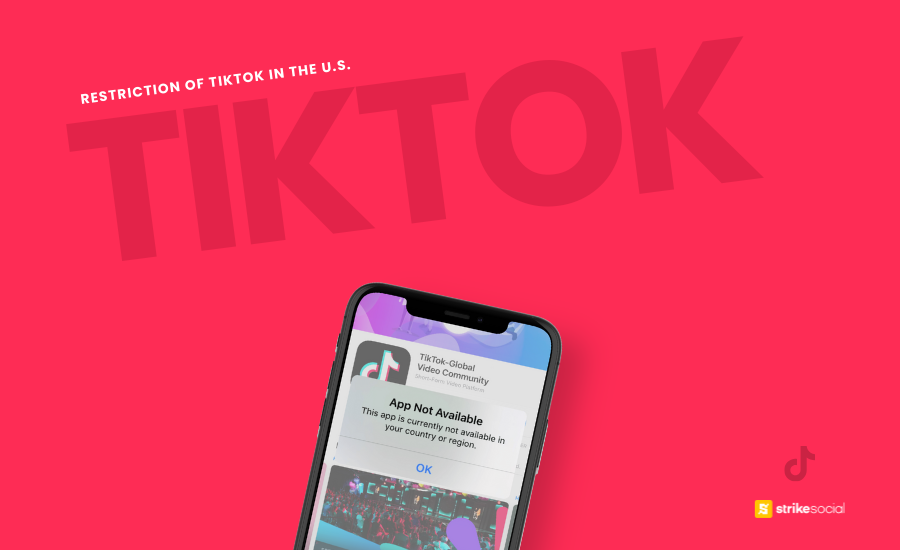

Map Out the U.S. TikTok Ban Timeline
Reflect on TikTok’s evolution in the US—from a platform for dance trends and viral skits to a centerpiece of national security debates. Explore the multifaceted story of the app’s rise and the controversies that have culminated in TikTok being banned from government access and potentially from US users entirely.
Despite ongoing discussions and legislative actions in the works for months, TikTok’s popularity remains strong. However, the threat of the U.S. TikTok ban is a real possibility. This raises important questions for advertisers about adapting and preparing for a future that might change TikTok’s operations drastically.
What Does the Bill to Ban TikTok Mean for Future Campaigns?
Should it retain its affiliation with ByteDance, its Chinese parent company, the potential ban of TikTok in the United States presents a complex scenario for advertisers utilizing the platform. Here, we examine what such a scenario could mean for brands and advertisers capitalizing on TikTok views and engagement:
Reach and Targeting Challenges
- With the TikTok app banned, a primary consequence would be the immediate loss of the US audience demographic. Advertisers who have been targeting American users might find themselves asking, “Why can’t I target USA on TikTok ads?”
- The answer lies in the unavailability of TikTok within the United States, compelling those who wish to reach American consumers to pivot towards TikTok local ads.
Accessibility of Digital Assets on TikTok
- Another significant hurdle would be accessing the digital assets you have uploaded on TikTok, including videos, music, and your TikTok shop.
- As TikTok and its users brace for the impending ban, the app will provide an option for users to download their data to retain their personal information. Once the U.S. TikTok ban goes into effect, the videos uploaded may become inaccessible, requiring creators and brands to download what they can while they still have the chance.
- Although TikTok has tried to store US user data within domestic data centers in Northern Virginia and Hillsboro, these measures may not suffice to ensure access to these assets once the TikTok ban is implemented.
Budget Allocation Concerns
- The legislative journey towards potentially banning TikTok, stretching over four years, has already sparked widespread concern among advertisers regarding their ad budget allocations on the platform.
- For advertisers who have already set their 2025 budgets and are concerned about the US TikTok ban, the risks are becoming increasingly tangible. It is crucial for advertisers to stay cautious and adaptable with their budget planning, especially for mid-Q1 2025 and beyond.
Contact Us
Step into 2025 with a SWAS (Software with a Service) AdTech agency partner who can optimize your ad costs while boosting performance.
How Can TikTok Advertisers Adapt to the Change?
The possibility of TikTok being banned in the U.S. is becoming increasingly likely. Even if a request for another 270-day extension is approved, delaying the ban until October, TikTok advertisers in the U.S. must take proactive steps to adjust their strategies.
Below are key approaches to consider in light of the uncertain future concerning TikTok getting banned in the U.S.:
Adjusting your Audience Targeting Strategy
If the United States is no longer available for targeting, you can adjust your location targeting settings within TikTok Ads Manager. This is particularly useful for international brands, ensuring that budgets are not wasted on an unavailable US audience.
Alternatively, you can identify countries with significant US/American tourist populations as alternative targets. This approach helps maintain engagement with American users indirectly, for example, through their top travel destinations. For instance, the top 5 American travel destinations in 2024 that can be targeted on TikTok are United Kingdom*, Canada, Japan, Indonesia, and Italy.
* Targeting the United Kingdom (GB) is only available for managed accounts in Australia (AU).
Safeguarding Digital Assets
In anticipation of TikTok assets potentially becoming inaccessible, consider migrating them to alternative platforms like Meta and YouTube. Expanding to these platforms secures your assets and opens up new avenues for short-form video advertising.
- Reels is dominating on Facebook and Instagram, with users spending approximately two-thirds of their time engaging with video content. Moreover, Instagram alone is projected to account for over 50% of U.S. ad spend in 2025.
- Advertisers transitioning to Shorts in 2025 should note that 43% of U.S. ad buyers are already active in this space. Optimizing YouTube ad costs is achievable with the support of the right AdTech agency. By leveraging the flexibility to optimize across Shorts, feed, and even CTV, you can achieve high performance at competitive costs.
Keep producing vertical, short-form content to align with your audience’s established viewing habits and preferences, ensuring a consistent user experience across platforms.
Budgetary Considerations and Planning
Anticipate potential changes by formulating a plan that includes TikTok but also consider a strategic reallocation of your budget towards alternative platforms.
For instance, in planning a Super Bowl 2025 campaign where TikTok is a primary channel, consider reducing its budget while increasing allocations for Meta and YouTube. Here’s an example:
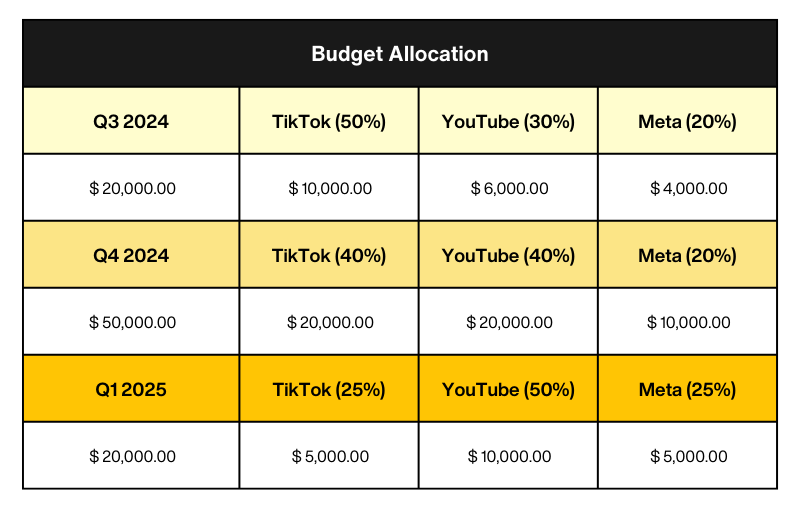

This strategy involves adjusting the advertising budget, initially allocating 50% to TikTok in Q3 2024, then reducing it to 40% by Q4 2024. To address anticipated changes proactively, the plan includes further decreasing the TikTok budget to 25% by Q1 2025. The funds saved from this reduction will be shifted towards YouTube advertising, capitalizing on its Shorts feature, which closely mirrors the short-form video format popularized by TikTok.
By proactively adjusting audience targeting settings, migrating digital assets, and reevaluating budget allocations, you can stay ahead and maintain your brand’s advertising strategies with minimal disruption.
What Opportunities Lie Ahead for TikTok Advertisers?
With the US TikTok ban on the horizon, it’s evident that adaptability is key. The risk of TikTok becoming inaccessible overnight highlights the need for proactive planning and strategic foresight. Being caught off-guard by TikTok’s potential exit from the US market could significantly impact your advertising efforts. Still, with the right tools, you can turn these challenges into opportunities for growth and innovation.
Collaborating with an advertising partner capable of navigating these uncertainties is crucial. Our experienced team offers essential insights for expanding your advertising to other platforms, preparing you for any outcome of the U.S. TikTok ban. Arrange a consultation with us to explore how your advertising strategies can continue to thrive.
Although LinkedIn might not be your initial choice for social media advertising, it’s reassuring to have access to a LinkedIn ads glossary for when you do decide to utilize it. Fear not, many of the key terms and concepts you’ll encounter here are familiar and easily translatable from other social media advertising platforms. Whether you’re just getting started or seeking a deeper understanding of LinkedIn’s advertising terms, this glossary is designed to equip you with the knowledge you need.
The Complete LinkedIn Ads Glossary: Essential Terms and Concepts
Despite its higher advertising costs, LinkedIn managed to accrue nearly $4 billion in ad revenue in 2023, and experts predict a growth rate of 14.1% by 2024. While it may not boast the same colossal figures as industry giants Google and Meta, LinkedIn’s appeal lies in its unique targeting capabilities. Businesses can leverage LinkedIn’s sophisticated targeting options to tailor their B2B sales efforts based on factors such as company, seniority, job title, or a combination thereof.
As Leesha Anderson, Vice President of Digital Marketing and Social Media at Outcast ad agency, succinctly puts it, “This is LinkedIn season.” With increasing interest from brands, there’s no better time than now to ensure you’re fully informed about advertising on this platform. Explore our LinkedIn ads glossary to master the ins and outs of advertising on LinkedIn.
Basic LinkedIn Terms
LinkedIn Marketing and Advertising Terms
LinkedIn Ad Management Terms
Decode the basics of LinkedIn advertising, where we break down fundamental terminology for beginners and provide insights to kickstart your marketing journey on the platform.
Discover key terms, strategies, and concepts essential for crafting successful LinkedIn marketing and advertising campaigns .
Master the intricacies of LinkedIn ad management with our specialized glossary, offering an in-depth understanding of essential terms and techniques to optimize your campaigns, drive engagement, and achieve your advertising goals effectively.
Easily navigate through the sections above to find the specific LinkedIn glossary ad term you’re seeking. Alternatively, you can browse through the LinkedIn advertising terms listed alphabetically below.
A/B Testing: A method used to compare two different versions of a marketing asset, such as an advertisement or webpage, to determine which performs better in achieving desired outcomes.
Ad copy: The written text within an advertisement intended to persuade viewers to take action.
Ad format: This represents how you would like your ads to appear on LinkedIn. Options include:
Ad headline: A concise text, usually 45-70 characters in length (depending on the LinkedIn ad specifications), designed to capture the audience’s attention before they view the entire advertisement.
Ad placement: The specific location on LinkedIn where an advertisement appears, such as in the newsfeed, on a company page, or within a LinkedIn article.
Ad rank: The position of an advertisement in the auction, determining its placement on LinkedIn. Higher ad ranks correspond to better positions on the search results page.
Ad targeting: Refining chosen audience for advertisements based on demographics, job titles, industries, interests, and other criteria.
Audience Expansion: A feature used to broaden the reach of a campaign by displaying ads to audiences with attributes similar to the target audience. This function applies to Matched Audiences and LinkedIn attribute targeting, allowing advertisers to target individuals based on factors such as skills or interests.
Awareness campaign: A campaign objective focused on increasing brand awareness and reaching a broader audience with promotional content.
Bid: The maximum price an advertiser is willing to pay for a desired action, such as a click or conversion.
Boosting: A process of increasing the visibility of a post on social media by paying to reach a wider audience beyond the post’s organic reach. Unlike traditional ads, boosted posts are selected directly from the brand’s social media account.
Brand awareness: A campaign objective aimed at increasing awareness of a brand, its products, or services among a target audience.
Business to Business (B2B): Involves businesses marketing their products or services to other businesses rather than individual consumers. This strategy typically involves targeting decision-makers within target companies to convey tailored messages that address their specific needs and interests.
Business to Consumer (B2C): Refers to businesses marketing directly to individual consumers, offering products and services tailored to meet their needs and preferences.
Campaign: A series of ad groups organized to achieve a specific marketing goal, such as increasing sales or generating leads for instance.
Campaign group: A subset of a LinkedIn advertising campaign containing a specific set of ads and targeting criteria.
Campaign Manager: A tool provided by LinkedIn to create and manage advertising campaigns, allowing advertisers to set objectives, target audiences, and monitor campaign performance within the platform.
Click-through rate (CTR): A metric that measures the percentage of users who click on an ad after viewing it, calculated by dividing the number of clicks by the number of impressions.
Click to Open Rate: The ratio of users who click within a Message or Conversation Ad to the number of times the ad is opened.
Connection: A LinkedIn user who has accepted a connection invitation, allowing for interaction and the sharing of updates between users.
Connection Limit: The maximum number of connections allowed for a LinkedIn user, capped at 30,000. Once this limit is reached, Follow becomes the default action for others viewing your profile.
Connection List: The roster of users with whom a LinkedIn user is connected, showcasing their professional network.
Connection Request: An invitation sent to another LinkedIn user to establish a connection and expand one’s professional network.
Consideration campaign: A campaign objective focused on encouraging interaction and engagement with a brand’s content or offerings.
Conversion: The desired action taken by a user in response to an advertisement or landing page, such as visiting a website, signing up for an email list, or making a purchase.
Conversion campaign: A campaign objective aimed at driving specific actions or conversions.
Cost cap bidding: A bidding strategy in which advertisers set a maximum cost per result, allowing LinkedIn’s Campaign Manager to adjust bids accordingly to meet the specified cost cap while maximizing campaign results.
Cost Per Click (CPC): The average cost incurred by advertisers for each click on their advertisements, calculated by dividing the total ad spend by the number of clicks received.
Cost Per View (CPV): The expense incurred by an advertiser for each instance in which their ad is viewed by a user. This metric is determined by dividing the total campaign spend by the number of views it garners.
Dynamic Ads: Personalized advertisements tailored to each LinkedIn member based on their profile data, including profile photo, company name, or job title.
Engagement: A campaign objective focused on increasing interactions with a brand’s content, such as likes, comments, shares, or clicks.
Engagement clicks: Interactions within an advertisement, including clicks on buttons, links, or interactive elements.
Followers: Users who subscribe to updates from another user without necessarily forming a mutual connection.
Geotargeting: The practice of customizing LinkedIn advertisements or content towards a specific geographic location.
Hashtag: A keyword or phrase preceded by the ‘#’ symbol, used to categorize and discover content related to specific topics or themes on LinkedIn.
Impressions: The total count of instances in which your content is displayed to LinkedIn users, regardless of whether it results in any interaction.
Invite to Connect: The action of sending a request to another LinkedIn user to establish a connection.
InMail: LinkedIn’s private messaging feature that allows users to communicate with other users outside their immediate network.
Job applicants: A campaign objective aimed at attracting qualified candidates and driving applications for job openings within a company.
Key Performance Indicator (KPI): A measurable value used to evaluate the performance of a specific business objective over time, with metrics such as CTR, CPC, and others commonly used as KPIs in advertising campaigns.
Landing Page: The webpage linked to an advertisement where users are directed upon clicking, often optimized for capturing leads or encouraging conversions.
Lead generation: A campaign objective focused on capturing contact information and generating leads using LinkedIn’s Lead Gen Form pre-filled with profile data.
LinkedIn Live: A feature that enables real-time video broadcasting on LinkedIn, allowing for live events, presentations, and discussions to engage with the audience in real-time.
LinkedIn Podcasts: A platform within LinkedIn for hosting and sharing podcast episodes directly on a user’s profile.
LinkedIn Polls: A feature allowing users to create and participate in polls on various topics.
Lookalike Audience: Allows advertisers to expand their audience by targeting users with similar characteristics to existing customers or contacts. (Note: This feature is no longer available as of 29 February 2024.)
Matched Audiences: An audience-building feature allowing advertisers to target LinkedIn members who have engaged with specific content or events, visited a website, or interacted with ads.
Maximum delivery bidding: An automated bid option where LinkedIn’s system sets bids to maximize the delivery of the campaign within the specified budget, aiming to achieve the most key results possible.
Messaging: A campaign objective focused on engaging with the audience through direct messaging or communication channels.
Network: The collective connections made by a user on LinkedIn.
Objective-Based Pricing: A pricing model where the campaign objective selected by the advertiser determines available ad formats, bidding strategies, and optimization goals for the campaign.
Predictive Audiences: An audience-building feature helping to expand campaign reach by creating an audience of individuals with similar characteristics to existing data sources likely to convert. This function applies to various data sources such as contact lists, conversion data, or Lead Gen Form data.
Premium: Subscription plans offered by LinkedIn that provide access to additional features and insights beyond the standard free version.
Premium Insights: Additional data and analytics accessible to LinkedIn premium subscribers.
Reach: The unique number of LinkedIn members exposed to an advertisement.
Retargeting: A marketing technique that involves advertising to users who have previously interacted with a brand or visited a website, aimed at encouraging them to return and complete a desired action.
Saved Audiences: Predefined audience segments saved within an advertising platform for future targeting.
Showcase Page: A dedicated subpage within a company’s profile on LinkedIn, highlighting specific brands, products, or initiatives to showcase their unique value propositions.
Sponsored post: A paid promotional post on social media, blogs, videos, or traditional media designed to reach a brand’s target audience.
Target cost bidding: A bidding strategy that allows advertisers to set a maximum cost for achieving specific outcomes, with LinkedIn optimizing campaign delivery to maximize conversions while adhering to the budget limit. (Note: This option is no longer available on LinkedIn).
Video views: A campaign objective aimed at increasing the number of views and engagement with video content shared on LinkedIn.
Website conversions: A campaign objective focused on driving specific actions or conversions on a website, such as form submissions or purchases.
Website visits: A campaign objective aimed at driving traffic to a website or marketing landing pages to increase user engagement and interactions.
Equip Yourself With the Right Tools Starting With This LinkedIn Ads Guide for Beginners
Keep this comprehensive glossary close at hand for when you’re ready to advertise on LinkedIn. Whether you’re just starting out or need a refresher, bookmark this post to revisit anytime.
We’re committed to keeping you informed in every aspect of paid digital advertising. Get your hands on the LinkedIn ad glossary one-pager to have essential information at your fingertips. Stay tuned for updates on LinkedIn advertising and valuable insights by subscribing to our newsletter.
Expand your expertise. Browse Strike Social’s latest blogs here:
- How Facebook Feed Ads Achieve Efficiency in Meta Placements




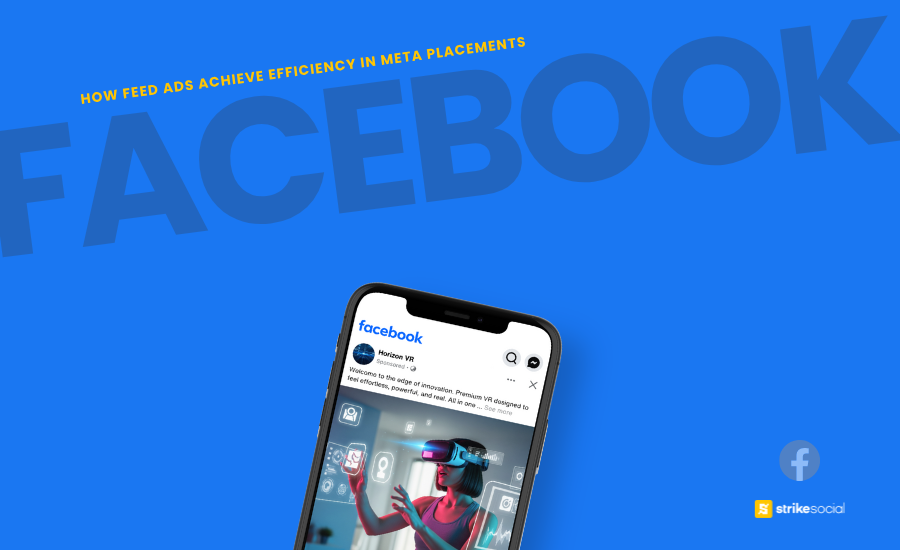
- Inside Strike Social’s Media Buyer Training 2025




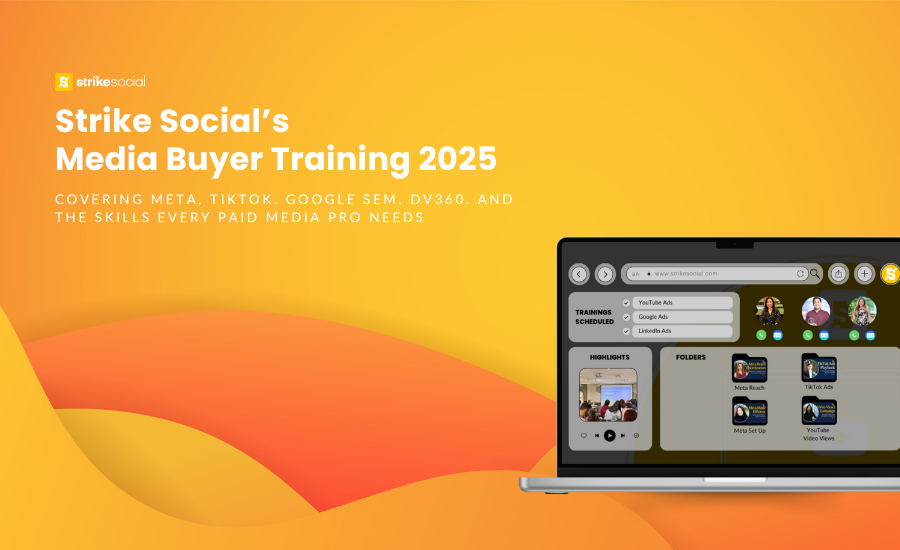
- Finding Cost Efficiency in Meta Ads: Advantage+ vs. Manual Campaigns




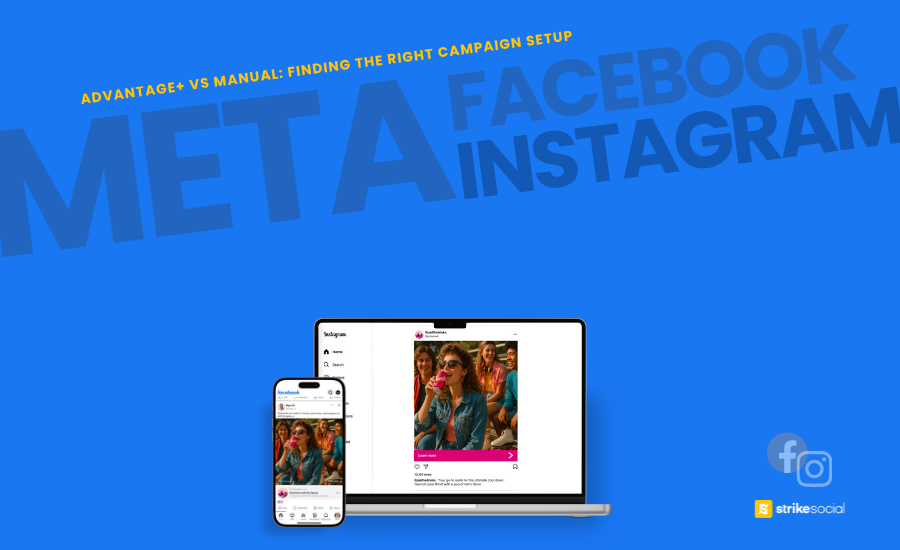
YouTube
Facebook
Instagram
TikTok
Ad Specifications & Best Practices
Brand Safety and Suitability
Ad Campaign Tips and Strategies
Read more
Ad Specifications & Best Practices
Brand Safety and Suitability
Ad Campaign Tips and Strategies
Read more
Ad Specifications & Best Practices
Ad Campaign Tips and Strategies
Ad Specifications & Best Practices
Brand Safety and Suitability
Ad Campaign Tips and Strategies
Read more
Strike Overview
- Keep your ads free from obstructions by designing within YouTube’s Video View Campaign Safe Zone, which prevents essential elements from being blocked by UI features like like or share buttons.
- While YouTube offers diverse ad sizes and placements, adhering to the safe zone ensures that your CTAs and visuals remain visible, balancing creative flexibility with effective messaging.
- Understanding and utilizing the YouTube Video View Campaign Safe Zone ensures your ad content is displayed clearly and effectively across all YouTube placements, delivering an uninterrupted experience for viewers.
Jump to Section
- What is the Best Format for YouTube Video View Campaigns?
- What is the Safe Zone for YouTube Video View Campaigns?
- Tips for Creating YouTube Video View Campaign Safe Zone-Compliant Ads
Decoding the YouTube Video View Campaign Safe Zone
Have you ever wondered what could go wrong if you placed a YouTube ad without considering how it fits into various ad placements and formats? The answer is simple: disaster can strike. Failure to align your ad with the right placements can lead to viewers promptly skipping. Worse, your ad may not appear, resulting in wasted views and ad spending.
Consider this: your 16:9 video ad is displayed as a YouTube Shorts ad, and the core message you wish to convey is obscured. If your CTA and key elements fall outside the designated YouTube Video View Campaign Safe Zone, the effectiveness of this campaign type becomes questionable. Understanding these safe zones guarantees that, regardless of where your ad appears, it will operate seamlessly and precisely as you intend.
What is the Best Format for YouTube Video View Campaigns?
Choosing the appropriate format ensures your YouTube Video Views campaign shines. To make an informed choice, let’s have a look at the recommended YT VVC ad specs:
YouTube Video View Campaigns Ad Specs Guide
| Recommended | Can also accept | Callouts | |
|---|---|---|---|
| Resolution | 1080p (Full HD) Recommended pixels (px) for HD: • 1920 x 1080px (horizontal) • 1080 x 1920px (vertical) • 1080 x 1080px (square) | 720p (Standard HD) Minimum px: • 1280 x 720px (horizontal) • 720 x 1280px (vertical) • 480 x 480px (square) Minimum px for SD: • 640 x 480px (horizontal) • 480 x 640px (vertical) • 480 x 480px (square) | For optimal quality, we don’t recommend using SD. |
| Aspect ratio | • 16:9 for horizontal • 9:16 for vertical • 1:1 for square | • 4:3 (SD) for horizontal • 2:3 (SD) for vertical | For optimal quality, we don’t recommend using SD. |
| Format | .MPG (MPEG-2 or MPEG-4) | .WMV, .AVI, .MOV and .FLV .MPEG-1, .MP4, .MPEGPS, 3GPP, WebM, DNxHR, ProRes, CineForm & HEVC (h265) | Audio files like MP3, WAV, or PCM files on YouTube aren’t accepted. |
| File size | ≤256 GB | ||
| Format composition • Skippable in-stream • In-feed video • Shorts | Recommended orientations and best practice ad lengths • At least one horizontal :60-3:00, one horizontal :15, and one vertical :10-:60 | • Skippable in-stream: ≥:05 horizontal • In-feed: ≥:05 | • Following recommended orientations and ad lengths will allow you to run across all eligible inventory. • Studies show that ads :60-3:00 drive more consideration lift than shorter versions and help tell your story. |
Further Reading



Which YouTube Campaign Type Aligns Best with Your Advertising Goals?
Choosing between a YouTube Video View Campaign and a Video Action Campaign requires a clear understanding of their distinct advantages. Knowing how each can drive specific outcomes will help you determine the ideal fit for your objectives.
What is the Safe Zone for YouTube Video View Campaigns?
With a firm grasp of ad specifications, it’s time to learn the YouTube Video View Campaign Safe Zone. This is the linchpin for advertisers: ensuring that CTAs, in-video text, and your video’s primary focus remain unobstructed.
When advertising on YouTube, various components, including CTA buttons, ad descriptions, comments, and share buttons, can obscure your video content. The safe zone is your shield against these obstructions. By comprehending the safe zones for your video views campaign, you can stride confidently into any YT VVC ad format.
YouTube Video View Campaign Safe Margins for In-feed Placement
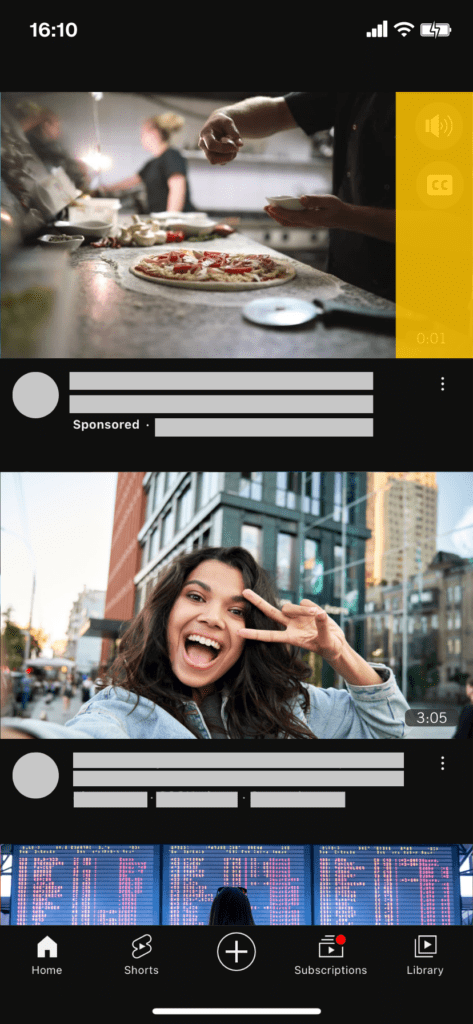

YouTube Video View Campaign Safe Zone for Skippable In-Stream
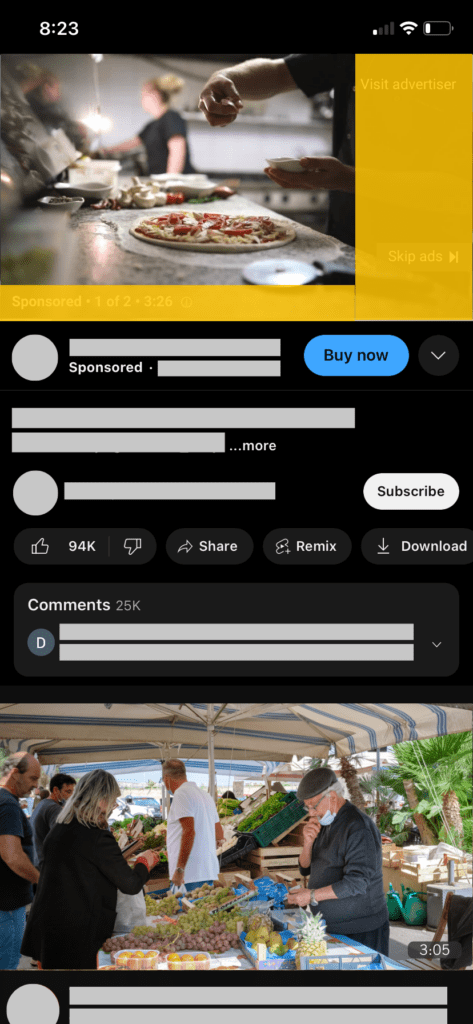

YouTube Video View Campaign Safe Dimensions for Shorts Ads
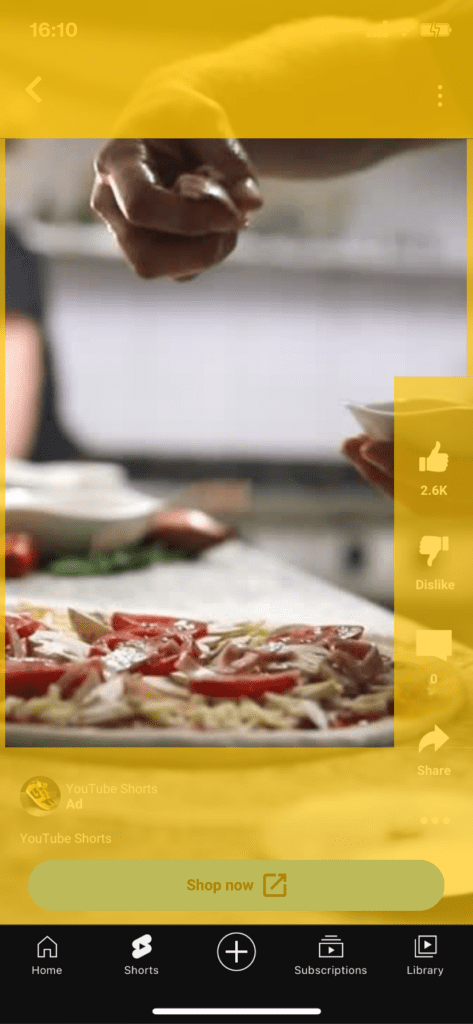

How to Use the YouTube Video View Campaign Safe Zone Templates
- Start by downloading the provided PNG files. You can find them here.
- Open your preferred editing software and import the transparent template as a layer.
- Position the template by dragging it to the desired layer. This allows you to align captions and other essential content within the safe zone.
- Before exporting your final ad creative, remember to hide or remove the template layer.
- You can now proceed to setting up your Video Views campaign.
For a visual guide on how to use the YouTube ads safe zone templates, check out this quick video:
Tips for Creating YouTube Video View Campaign Safe Zone-Compliant Ads
Create YT VVC ads that not only comply with the safe zones but also enhance your overall advertising strategy. Here are some tips to help you achieve this balance:
Know your ad specs.
- Get well-acquainted with the YouTube ad specs for various placements. These are essential for ensuring that your ad displays correctly across different formats.
Stay in the safe zones.
- When working with your chosen YT VVC ad format, be prepared for visual overlays during placement. The key is to operate within the safe zones.
- Now that you’re well-versed in the YouTube video view campaign safe zone utilize them effectively. You can employ video editing software such as Premiere Pro or Canva and align your content with the provided templates. This guarantees that your video and any accompanying text don’t interfere with elements like buttons, video titles, or account information once your ad is uploaded to YouTube.
Prioritize mobile optimization.
- Given that more than 70% of YouTube watch time takes place on mobile devices, it’s vital to optimize your ad content for mobile viewing. Providing a seamless experience for mobile users is crucial for maximizing the impact of your VVC ads.
- If you run a Collection ad format for a sales campaign, you will be asked to create an Instant Experience ad where you will list your products, the link to its Amazon shopping page, for example, and the price for each product. To ensure accurate Purchase ROAS calculation in Meta Ads Manager, assign the correct value to each product in your collection ads so that Meta can calculate this for you.
Prioritizing Visibility with the YouTube Ads Safe Zone for Video Views Campaign
YouTube Video View campaigns offer a remarkable advantage – the ability to stretch one ad creative across different placements. That is why when setting up your video ad, the safe zone is an important element to consider. Even the most captivating ad can lose effectiveness if it strays beyond the safe zone’s boundaries. That’s precisely why we’ve dedicated this guide to help you execute the YouTube video view campaign safe zone effectively.
With this knowledge, you can rest easy, knowing that wherever your ad is distributed, it will perform as well as in any other location. It’s all about guaranteeing that your creative endeavors not only captivate the eye but also leave a lasting impression. So, launch your YouTube Video View campaigns with the confidence that they will radiate brilliance, regardless of placement.
Have you ever wondered why some ads effortlessly navigate through the TikTok ad review process while others falter? Are you merely guessing, fervently wishing for your campaign to emerge untouched from TikTok’s stringent content auditing panel?
Rest assured, TikTok advertising doesn’t have to resemble a game of chance. By mastering the art of crafting TikTok ads that meet approval standards, you can embark on campaign journeys with confidence and ease, ensuring a smooth passage through the ad review process
Getting Your Ads Approved: Exploring the TikTok Ad Review Process
How long does it take for TikTok to review an ad? Generally, most ads are reviewed within 24 hours, swiftly determining whether your content will grace the users’ screens. This rapid feedback loop offers both promise and potential. However, securing approval is only part of the equation; comprehending the grounds for rejection is equally crucial. Familiarizing yourself with the frequent reasons for TikTok ad rejection can empower you to sidestep these common obstacles. This knowledge fosters a proactive approach, shielding your campaigns from potential setbacks.
Nevertheless, adhering to the guidelines doesn’t guarantee success; you might still encounter rejections. This guide provides insights into the TikTok ad review process, shedding light on potential rejection reasons and outlining effective appeal strategies. It transcends mere process comprehension, steering you towards adept strategic planning.
- How the TikTok Ad Review Process Unfolds
- Are Your Ads in Sync with the TikTok Ad Review Checklist?
- Steps on How to Get TikTok Ads Approved
- The Blueprint for Effective TikTok Advertising
How the TikTok Ad Review Process Unfolds
The journey of a successful TikTok ad campaign begins long before you hit the “Launch” button. Familiarizing yourself with the ad review process is a prerequisite to orchestrating a successful TikTok ad campaign. This mastery paves the way for seamless ad launches and elevates your proficiency in executing effective TikTok advertising strategies.
Let’s take a closer look at how this process works:


Submission to the TikTok ads manager
Once you have submitted your ads to the platform, you momentarily step back, allowing the TikTok machinery to take over. This stage marks the initiation of the meticulous TikTok ad review process. The submitted content undergoes a stringent evaluation to ensure it aligns with the platform’s policies and guidelines. During this phase, every element of your ad, from the visuals to the textual content, is scrutinized to foster a user-friendly and compliant advertising environment.
Industry Entry Review
This phase involves categorizing businesses to determine their eligibility for advertising on TikTok. Categories include “Prohibited,” “Restricted,” and “Allowed,” each with its own set of guidelines:
- Prohibited: Not allowed across all countries and regions
- Restricted: Granted permission in certain countries or regions, under specific conditions (e.g., certification, age targeting, etc.)
- Allowed: Unrestricted across all regions (Subject to Ad Review process)
Note: TikTok’s industry entry guidelines vary based on regions and locations.
Ad Creative Review
At this stage, your video ad undergoes further evaluation:
- Video content review
- This involves verifying your ad’s suitability for the audience and alignment with TikTok’s advertising guidelines.
- Landing page assessment:
- If your video ad clears the initial creative review, attention turns to the landing page linked to your ad. This landing page must also adhere to the TikTok ad requirements.
- Your landing page must not feature prohibited products or services, regardless of the promotions in your TikTok ad. The actual offers on the landing page must match any product discount claims made in the ad.
At this stage, your video ad undergoes further evaluation, including a video content review to verify your ad’s suitability for the audience and alignment with TikTok’s advertising guidelines. Shortly after successfully passing these evaluations, you can proceed to the next step, which is to add audio to video. Landing page assessment comes next, ensuring that your landing page adheres to TikTok’s ad requirements.
If your ads successfully pass through these evaluations, your campaigns should be ready for viewing shortly.
Are Your Ads in Sync with the TikTok Ad Review Checklist?
The moment of truth arrives: the ad verdict. If your ad gets the green light, keep reading for valuable insights. But should the unfortunate “rejected” notification come your way, you’ll be armed with the know-how to take appropriate action.
Now, let’s circle back to the TikTok Ad Review Checklist. Whether refining an existing ad or brainstorming new ad content, this checklist is your best guide. The following pointers should be on your radar to ensure a seamless TikTok ad review process:
- The language you use in your ad creative and copy must align with the approved language for your target location(s). For instance, your ad creative and copy must be in English (US) if your target audience is from the United States.
Acceptable Languages in North America (NA)
Canada (CA)
- English
- French
United States / US
- English
- Spanish (with SP targeting)
Acceptable Languages in Latin America (LATAM)
Argentina / AR
- Spanish
Brazil / BR
- Portuguese
Chile / CL
- Spanish
Colombia / CO
- Spanish
Mexico / MX
- Spanish
Peru / PE
- Spanish
Acceptable Languages in Asia Pacific (APAC)
NEA (North East Asia)
Japan / JP
- Japanese
Korean / KR
- Korean
- English
Taiwan / TW
- Traditional Chinese
- English
SEA (South East Asia)
Cambodia / KH
- Khmer
- English
Indonesia / ID
- Indonesian
Malaysia / MY
- Bahasa Melayu
- English
- Traditional & Simplified Chinese (Reservation Ads only)
Philippines / PH
- Filipino (Tagalog)
- English
Singapore / SG
- Bahasa Melayu
- Chinese
- English
- Tamil
Thailand / TH
- Thai
- English
Vietnam / VN
- Vietnamese
Oceania
Australia / AU
- English
New Zealand / NZ
- English
- Māori Language
Acceptable Languages in Europe, Middle East, Africa (EMEA)
EU, UK, IL (Europe, United Kingdom, Israel)
TikTok advertisers are required to consider using the language of their target market in their ads. They should also ensure that their ads comply with local laws and guarantee a positive user experience when people access their landing pages. Part of this positive experience involves having landing pages in a language that the users can understand.
Additionally, if you’re creating a multi-market targeting ad group, it’s essential to align it with the language of your ad creative and landing page. This means you should only target markets where the language of your ad creative and landing page matches the language of the targeted markets.
CEE (Central and Eastern Europe)
Belarus / BY
- Belarusian
- Russian
Kazakstan / KZ
- Kazakh
- Russian
Russia / RU
- Russian
Ukraine / UA
- Ukrainian
METAP (Middle East, North Africa, and Turkey)
Bahrain / BH
- Arabic
- English
Egypt / EG
- Arabic
- English
Jordan / JO
- Arabic
- English
Kuwait / KW
- Arabic
- English
Lebanon / LB
- Arabic
- English
Oman / OM
- Arabic
- English
Qatar / QA
- Arabic
- English
Saudi Arabia / SA
- Arabic
- English
United Arab Emirates / UAE
- Arabic
- English
Iraq / IQ
- Arabic
- Kurdish
- English
Morocco / MA
- Arabic
- French
- English
Pakistan / PK
- Urdu
- English
Turkey / TR
- Turkish
- English
South Africa / ZA
- English
- Afrikaans
- Zulu
- Check that your ad creative, ad copy, and display name are free of any spelling errors.
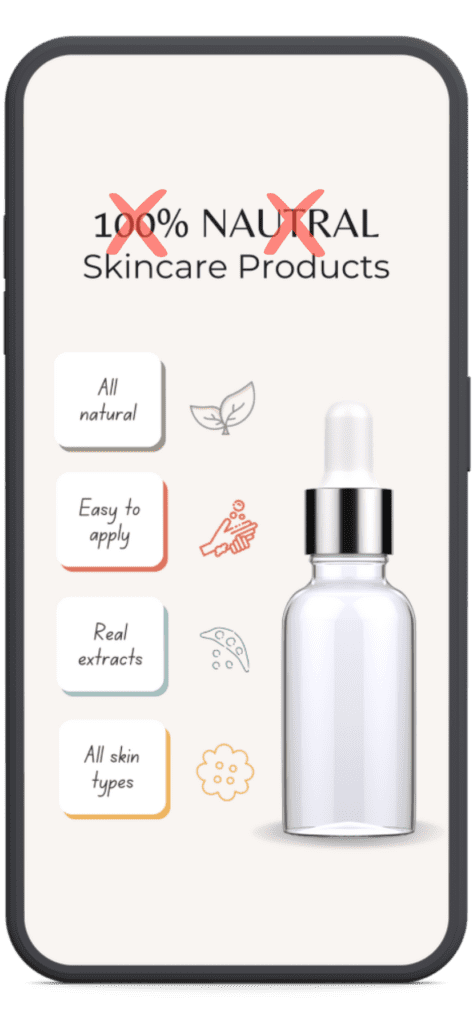

- Your ads must not have any exaggerated, overstated, or deceptive claims. For example, avoid statements like “100% natural materials” or “get brighter skin in 3 days.”
- Steer clear of political, religious, or culturally sensitive material in your ad content.
- Avoid using copy or creative that encourages actions incompatible with the app’s features, such as advising users to swipe up for downloads.
- Utilize high-quality images and/or videos. Familiarize yourself with TikTok’s specific requirements for image requirements and video specifications.
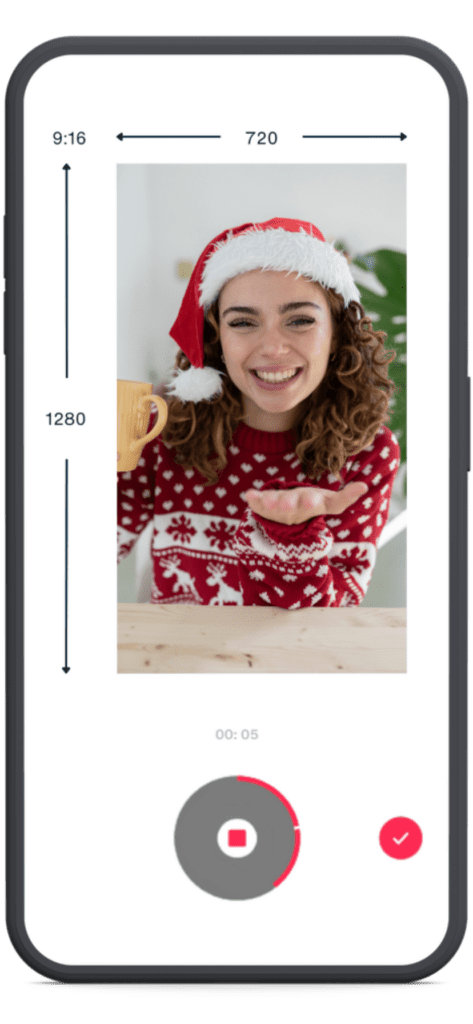

- Brands appearing within your ad creative and the display name on your profile must be consistent with the content on your landing page.
- Ensure that the products or promotions emphasized in the ad creative match the featured landing page offerings.
- According to the TikTok ad creative guidelines, advertisers must optimize their landing pages for mobile viewing. It should display horizontally and vertically, with text and buttons easily readable.
- Moreover, the landing page connected to your ad should use HTTPS to safeguard users’ data. A secured website prevents potential third-party interception and maintains user data integrity.
- Refrain from incorporating unauthorized elements, including brands, hashtags, copyrighted media, and replicas. If you can use elements from another brand, upload the authorization documentation in the Business Verification section within Account Settings.
- Pay close attention to your video ad’s background audio (music or sound). Clarity and coherence are crucial, as audio is mandatory for video ads.
Overcoming Ad Rejection: Steps on How to Get TikTok Ads Approved
Your ability to request a re-review or appeal depends on your ad submission’s current status. Start by checking the status in TikTok Ads Manager, and assess whether the option to submit a request is available:
| Status | What it means | What’s next |
| Account not approved | Ad account review failed | Review your product and submit appeal |
| Qualification needed | Relevant qualification required and needs to be submitted | Ensure relevant qualifications are submitted in ad account |
| Qualification expired | Relevant qualification has expired and needs to be renewed | Ensure relevant qualifications are renewed and submitted in ad account |
| Qualification disapproved | Relevant qualification disapproved | Ensure relevant qualifications are submitted in ad account |
| Not approved | Ad creative review failed | Review your ad creatives and make necessary edits |
| Edited for review | Ad creative review process triggered again due to ad creative edits | Wait for results |
Source: TikTok for Business – TikTok Rewind: Ad Policy Training
TikTok Ad Appeal Process For Ad Group Rejections (Ad Creative Review Failed):
- At the TikTok Ads Manager, go to Campaign.
- Click on the Ad group with the status: Not delivering | Not approved.
- Advertisers will notice the “suggestions for this ad group,” offering insights into the specific aspects of the Ad Creative Review guidelines not met. They should click ‘View more‘ for further details.
- The Ad Review Details screen will appear. If required, revise your campaigns based on the ad review checklist. Alternatively, if you believe your ad creative aligns with the guidelines, click on Appeal. State the reason and include supporting materials for consideration. Afterwards, click Submit.
TikTok Ad Appeal Process For Qualification Needed or Expired:
- From the TikTok Ads Manager, click on Tools, then Documents.
- Click on Account Documents.
- Select the appropriate Country/Region and Industry. A list of necessary documents appears based on their selection. Choose the relevant option and click Add. Upload the required documents and proceed to Verify.
However, there are instances when resubmission or appeal requests are not applicable, such as in these scenarios:
- Wrong Industry Entry
- A “Business error” ad status indicates non-compliance with industry entry review guidelines. This error often arises when advertisers market products unrelated to their industry. For instance, a bag retailer promoting a gambling simulation app would fail this review due to an industry mismatch.”
- Edited For Review
- There would be instances where the decision will trigger another run through the TikTok ad creative guidelines. The appeal process will remain inactive during this stage. At this point, you must wait for the status of your ad to be updated as it goes through another round of ad creative review.
The Blueprint for Effective TikTok Advertising
While facing ad rejections can be discouraging, it’s not a dead end. Various ad variants might better suit your branding, allowing you to explore alternative avenues. TikTok offers various ad formats to experiment with, potentially yielding more effective ways to promote your brand. You might discover that certain ad formats align more seamlessly with your ad specifications, leading to greater returns. Consider exploring these TikTok ad formats:
- TopView ads
- Infeed ads
- Hashtag challenge ads
- Branded effects ads
- News feed app ads
- Spark ads
- Carousel ads
Nevertheless, adhering to the TikTok ad policies remains a sound approach. Before submitting, cross-check your ads with the TikTok ad approval requirements. Following these guidelines leads you to a smoother journey through the TikTok ad review process. This sense of security can be reassuring as you launch your campaigns, knowing that your well-prepared strategy is well-aligned with TikTok’s criteria.
Expand your expertise. Browse Strike Social’s latest blogs here:
- How Facebook Feed Ads Achieve Efficiency in Meta Placements





- Inside Strike Social’s Media Buyer Training 2025





- Finding Cost Efficiency in Meta Ads: Advantage+ vs. Manual Campaigns





- Father’s Day Advertising with Meta Advantage+: Tips for Smart Audience Targeting



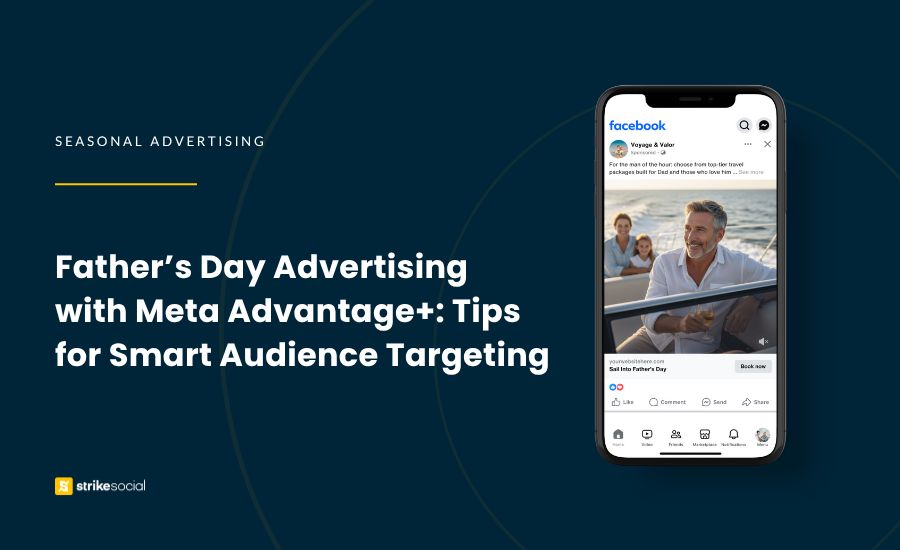
- Smarter Paid Search with Google’s AI Max for Search Campaigns



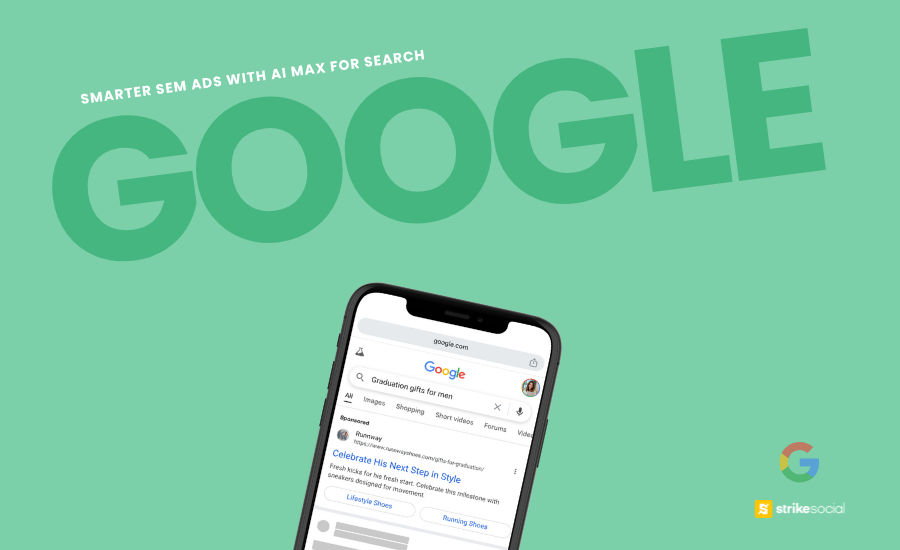
- Google Marketing Live 2025 Recap: Key YouTube and Google Ads Updates for Advertisers



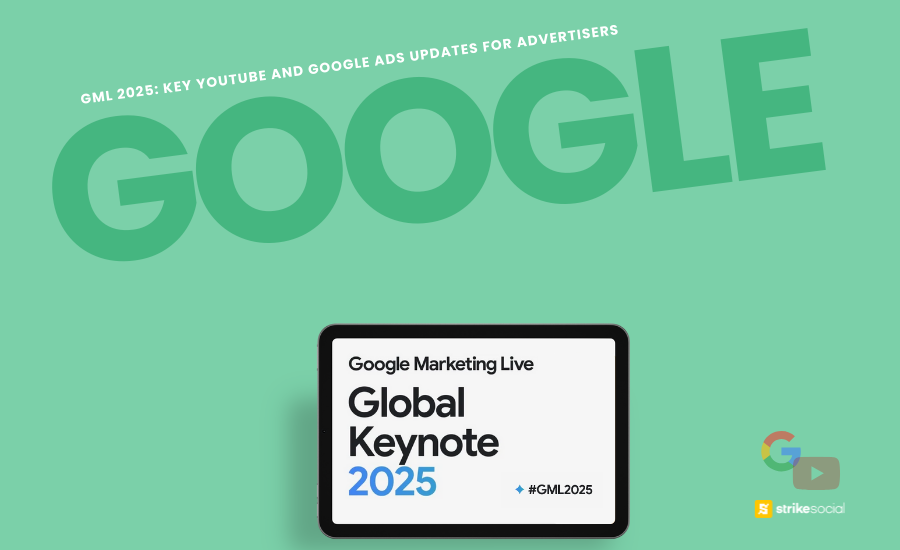
Strike Overview
- Capturing and maintaining audience attention these days is a prized achievement, and that’s why knowing the optimal video ad length for YouTube is essential. Imagine launching a YouTube ad, pouring resources and creativity into it, only to find viewers skipping it within the first few seconds.
- In 2023, brands will invest $55 billion in YouTube’s digital video advertisements. However, despite the colossal investment, half of the users might skip these ads. Consequently, even the most dominant force in video advertising, many YouTube ads still need to fight through the battle in the auction and viewer’s attention.
- With the average human attention span dwindling at only 8.25 seconds, the opening moments of your YouTube ad are a make-or-break point. Can your brand convey its message, showcase a compelling visual, and prevent users from hitting that skip button?
Jump to Section
Optimizing Video Length for YouTube Ads For High-Performing Campaigns
Let’s explore the significance of the video length of YouTube Ads. Specifically, we’ll discuss whether the duration of your video ads can influence the success of your YouTube campaigns. We will uncover patterns and insights to guide the creation of YouTube ads that truly resonate and engage.
What is The Recommended Video Length for YouTube Ads?
The suggested YouTube video ad length should be between 12 seconds to 3 minutes. However, adhering to these upper limits does guarantee success and efficiency. The platform permits you to tailor your video ads within these boundaries.
YouTube doesn’t offer a one-size-fits-all video length. Instead, the ideal YouTube ad lengths hinges on your video creative’s nature and message. Here’s a closer look:
- Skippable ads: up to 6 minutes, but ideally around 60 to 90 seconds (with viewers having the option to skip after 5 seconds)
- Non-skippable ads: ideally within 15-20 seconds
- Bumper ads: capped at 6 seconds
Remember, while these are the maximum timeframes allowed, they are not rigid constraints. The question remains: Which YouTube ads video length is truly effective?
Striking a balance: Short vs. Long YouTube Ads
Data from our 2023 YouTube campaigns reveals a correlation between ad duration and viewer stickiness—ads within the 15 and 30-second range account for a significant portion of total views. As most advertisers would desire lower costs on their campaigns, remember that It’s not just about getting eyes on the ad; it’s about maintaining that gaze. Striking the balance offer enough time to provide the value of brand messaging.
Zooming into our 2023 YouTube instream skippable ads reveals evolving preferences. While most of our partner brands lean heavily towards the “0 – 15 seconds” video ads, advertisers still see long-form content as valuable. Ads that span 60 seconds or longer might be fewer in number, accounting for 5% of our mix, but they signify a trend. Brands see value in storytelling, taking the time to weave narratives that resonate deeply with viewers.
Further Reading
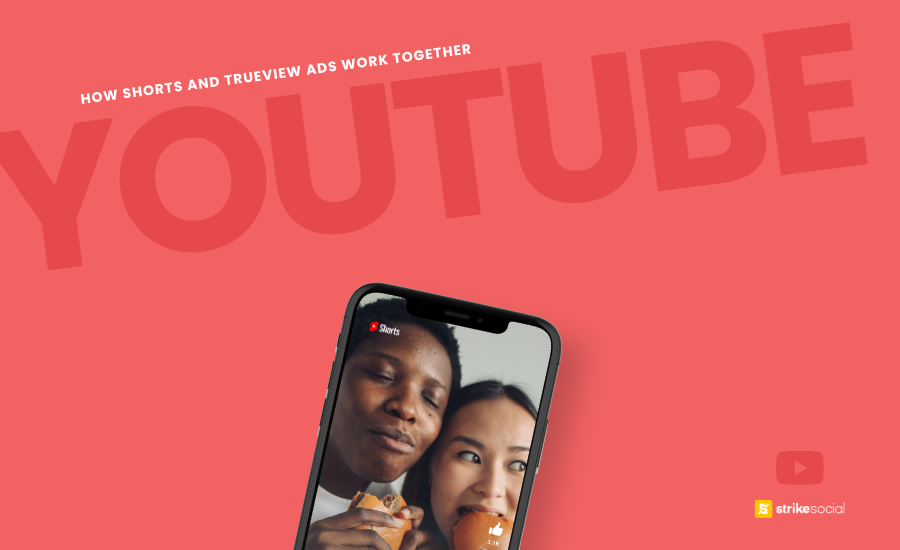

Enhance Your YouTube TrueView Campaigns with Shorts Ads
TrueView ads now blend effortlessly with YouTube Shorts, displaying between clips in the Shorts feed just like they do in longer videos. Leveraging Shorts alongside in-stream ads creates a powerful advertising strategy, showcasing your message before or during other creators’ content.
Looking further into CPV progression, our data reveals that all ad lengths witnessed a rise in CPV from Q1 to Q2. Leading the list, video length for YouTube ads with a 31-60 second duration experienced the steepest increase.
Meanwhile, shorter videos of 0-15 seconds still hold the crown as the most cost-effective. On the engagement side, despite a dip in View Rate across other video lengths, ads “61 seconds or longer” maintained the highest View Rate.
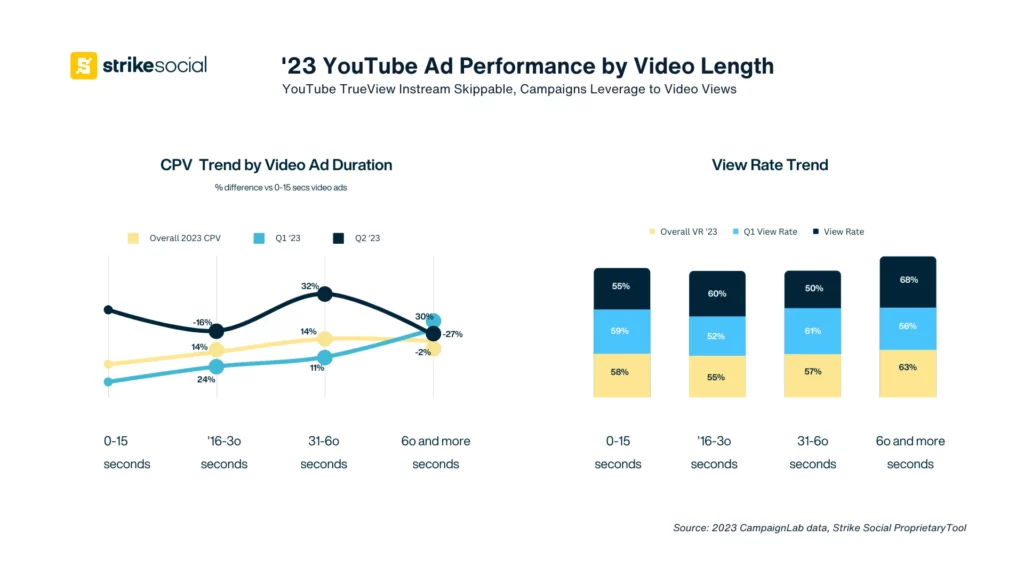

Using the Efficiency Index to Find the Optimal Video Ad Length for YouTube Ads
Imagine crafting a YouTube campaign without insights on whether the creative is too lengthy to hold attention or too brief to convey its message. Every advertiser grapples with this question: What is the optimal video ad length for YouTube ads?
This section will pinpoint that sweet spot by introducing a metric to gauge the most efficient video ad length for YouTube: the Efficiency Index. From our data, the Efficiency Index is derived from a blend of CPV and View Rate, represented as:
Efficiency Index = View Rate / CPV
This index illuminates the equilibrium between these two pivotal view metrics. An elevated Efficiency Index signifies a more optimal ad length. Our 2023 analysis indicates that ads of “0 – 15 seconds” consistently emerge as the most efficient, highlighting the importance of higher view rates and lower ad costs. Yet, a quarterly assessment reveals that ads “61 seconds or longer” took the lead in efficiency during Q2. This shift suggests that while shorter ads often dominate, there are instances where lengthier get the spotlight.
While advertisers can discern which video ad length yields a superior Efficiency Index, it’s vital to remain adaptable, adjusting video ad lengths based on the campaign intricacies.
YouTube Ads View Rate Benchmark by Industry and Video Length
Every industry is distinct, with viewers’ reception to ads varying across verticals. There isn’t a one-size-fits-all solution. Data scientists from Strike Social have compiled industry benchmarks for YouTube TrueView skippable campaigns to guide advertisers in determining the optimal video ad length.
While understanding the industry benchmark for View Rate or prevailing YouTube ad costs is crucial, other underlying factors can significantly influence a campaign’s performance. For example, a fast-paced tech ad might engage viewers in just 15 seconds, whereas a luxury travel brand might need a more extended narrative to convey its story effectively.
Is There A Magic Formula for Effective Video Ad Length?
Advertisers can choose to sprint or run a marathon when trying to capture and retain consumers’ attention. That initial effort to grab the audience’s attention has always been crucial to the creative process. However, investing resources in a YouTube Ad campaign can be disheartening, only to see viewers skip the content. Brands can mitigate this through meticulous campaign planning, which includes determining the right video ad length.
The real magic lies in deciding the ad’s duration based on historical data and continuously adapting to changing viewer preferences, industry trends, and YouTube campaign goals. While the debate over the “optimal video ad length for YouTube” persists, one fact stands firm: quality over quantity. Whether you’re designing a brief 15-second ad or crafting a lengthier narrative, the crux is the content’s relevance, quality, and value to viewers.
Case Study: 3.6x ROAS with YouTube Video Action Campaigns
An aquarium park aimed to increase sales by promoting its Resident Pass to YouTube audiences. By strategically leveraging YouTube Video Action Campaigns (now Demand Gen), the campaign drove high engagement and conversions—resulting in a 3.61x ROAS.
Download the full report here to see how it was done.
2024 YouTube CPV Benchmark Report
In 2024, YouTube advertising evolved rapidly with the expansion of Connected TV (CTV). Advertisers faced shifting costs, changing viewer behaviors, and the need for more strategic campaign planning. With expert insights from Strike Social’s Campaign Lab, this report analyzes the year’s most effective creative durations, top-performing campaign objectives, and cost patterns to help you refine your 2025 YouTube strategy.
Simplify Collaboration with Instagram Partnership Ads
Instagram influencers offer a direct line to highly engaged audiences, making them an invaluable asset for reaching potential customers. Partnership ads (Branded content ads) streamline the process, enabling brands to amplify influencer-created content and maximize its impact. Discover how this tool can elevate your ROI in influencer marketing on our blog.
Engage and Convert with YouTube Connected TV Ads
YouTube CTV ads have proven highly effective at capturing audience attention and boosting brand awareness—now’s the time to turn that potential into action for your business.
The key is guiding your audience seamlessly from the marketing funnel to the sales funnel, driving them to make purchases, book appointments, or take meaningful actions that align with your goals. Discover proven strategies to transform YouTube CTV ad viewers into engaged leads and loyal customers.
Get More Visibility With Pause Ads on YouTube CTV
YouTube Pause Ads introduce a fresh approach for brands to engage with viewers in a non-intrusive way. Instead of disrupting the content, these ads appear seamlessly when a viewer pauses their video.
Already a familiar feature on platforms like Paramount, Max, Peacock, and Hulu, this format is now available to advertisers on YouTube. Discover everything you need to know about YouTube CTV Pause Ads in this downloadable guide.
Plan Your 2025 YouTube Campaign with This Essential Checklist
Successful YouTube ad campaigns start with a clear vision and a well-structured setup. Before jumping into campaign management or tracking performance metrics, you must first define your objectives, map out your strategy, and ensure all elements align with your goals.
To help you get started with your 2025 YouTube advertising, we’ve created a free checklist designed to simplify your planning process. Whether you’re gearing up for the next quarter or the entire year, this comprehensive guide will ensure your campaigns are optimized for success from the start.
Q3 2024 YouTube CPV Benchmark Report
Strike Social’s Q3 2024 analysis dives deep into thousands of YouTube TrueView InStream Skippable campaigns, uncovering benchmarks and strategies for enhancing ad views. Powered by our AI-driven SWAS AdTech solutions, we reveal the top devices, optimal video lengths, and industry trends from July to September.
2023 Facebook Cost and Performance Benchmarks (with 2024 Holiday Insights)
Take a look at Strike Social’s 2024 Q4 holiday predictions, with a focus on projected costs and engagement trends. Drawing from last year’s data and anticipated changes, we assess how political ad spending may influence Facebook ad prices and affect your upcoming campaigns.
Based on previous year’s Facebook ad trends, pinpoint the factors that shaped industry benchmarks. This report explores how these insights will impact campaign strategies going forward, helping you achieve stronger results in 2024.
Case Study: Achieving a 28x ROAS with Our Facebook Ad Strategy
In this case study, Strike Social partnered with a top financial services provider to tackle multiple challenges. From optimizing campaign setups to pinpointing the best-performing audience segments, we closely monitored Facebook Meta Pixel tracking to guarantee precise data collection. Through careful management and maximized ad spend, we ultimately achieved an impressive 28x return on ad spend (ROAS). Explore how our data-driven approach powered the success of this campaign.
How Can You Achieve Better Facebook ROAS Results?
Although inaccuracies in Facebook ads ROAS may arise naturally, it’s essential to understand that some discrepancies are unavoidable. With the appropriate steps, you can reach 90% or better accuracy in conversion tracking and reporting. Additionally, this guide can help you enhance your Facebook ROAS.
Facebook Advertising Costs in 2024: What You Need to Know
To help you efficiently manage your ad spend this holiday season, we’ve created this guide to provide insights into Facebook advertising trends and costs, giving you a clearer picture of how your budgets will go. After outlining key benchmarks for Facebook ad costs, we now focus on strategies to optimize your bidding approach for auction-based ads on the platform.
Case Study: Connected TV Drives 13% Cost Efficiency for Industrial Service Brand
This case study highlights how a major national industrial services brand sought to improve cost efficiency in its brand awareness efforts. Strike Social utilized YouTube’s Connected TV inventory, delivering a 13% cost savings over guaranteed rates. Despite rising political ad spending in Q2 and Q3, Strike Social successfully kept CTV rates competitive, driving CPM efficiency across all ad placements.
Explore the full case study for more details.
How to Monitor and Control CTV Ad Costs for Better Results
84% of advertisers have transitioned from linear TV to CTV, and this shift is projected to accelerate as social media platforms continue to adopt CTV media buying. Leading platforms like YouTube, Google, and LinkedIn are already taking advantage of the Connected TV (CTV) advertising trend, with others expected to join in soon.
If you’re considering adding CTV ads to your social media strategy, we’ve gathered insights from our campaigns that effectively used YouTube TV and Google TV ads. These findings offer useful benchmarks on CTV ad costs, helping you better plan your upcoming campaigns
Why Your Social Media Campaigns Need CTV
Digital TV advertising provides greater flexibility than traditional linear TV ads, enabling advertisers to expand their reach beyond just mobile and desktop devices. Many major social media platforms and advertisers are already incorporating Connected TV (CTV) placements into their strategies, benefiting from increased impressions and views as they boost their ad spend.
While CTV ads are still a relatively new concept for many marketers, they can raise concerns and pose challenges when it comes to revising a well-established social media strategy. To assist you in making an informed choice, we’ve highlighted the key advantages of CTV advertising and how it can seamlessly integrate with your current social media efforts to deliver improved results.
Q2 2024 YouTube CPV Benchmark Report
Explore the evolving trends from Q2 2024, including essential metrics such as CPV and view rates, to prepare for the upcoming quarter. Gain insights into ad creative performance, device preferences, and cost patterns from our Q2 2024 campaigns, helping you refine your strategy for improved YouTube ads results. Download the report here.
How Can Brands Effectively Manage Strategies Amidst Rising Political Ad Spending?
Several factors have already impacted—and will continue to impact—political ad spending throughout the U.S. election cycle. As U.S. political ad spending is projected to increase through the fourth quarter of 2024, advertisers must be prepared to stay ahead of this trend. For more insights, check out this quick guide or read the full blog here.
Essential Insights into the Meta Advantage+ Suite for Advertisers
Since its introduction in 2022, the Meta Advantage+ Suite has evolved to enhance campaign optimization across various types. One notable advancement is Meta Advantage+ placements, which ensure ads are distributed across all available placements within the Meta network. Discover how Meta Advantage+ functions can be leveraged in your ad campaigns across Facebook, Instagram, Messenger, and the Meta Audience Network.
For detailed information on Meta Advantage+ placements, read our blog here.
Key Metrics to Measure Your Facebook Ads Performance
To gauge the effectiveness of your Facebook advertising, it’s crucial to understand the various metrics available on the platform. Knowing what each metric measures, its significance, and its category will help you determine which metrics best align with your campaign goals.
To help you get started, read through the guide to learn about the different advertising objectives on Facebook and the key metrics you should focus on. For more details, check out the full blog here.
How Can Google TV Ads Help You Boost Brand Awareness
Google TV ads are now part of Google’s extensive advertising network, which previously included pay-per-click (PPC) ads, Google Shopping, the Google Display Network (GDN), and YouTube ads. This new platform allows brands to connect with audiences on their TV screens, reaching viewers in their living rooms.
Since Google TV is a recent addition, you might wonder if it’s worth incorporating into your advertising strategy. Before making a decision, consider these significant benefits of adding Google TV to your advertising mix. For more details, read the full blog here.
How to Sustain Brand Recall Post-Amazon Prime Day
Once Amazon Prime Day wraps up, use the insights gained to fuel upcoming campaigns centered on awareness and consideration. If you’ve hit your sales targets during the event, focus on maintaining your brand’s visibility even when it’s not peak shopping season.
Are you wondering how to manage your awareness, consideration, and sales campaigns after Prime Day? Discover more in our full blog.
How to Use Facebook Retargeting for Back-to-School Ads
By designing a well-organized funnel-focused campaign, you can lead your Facebook audience from brand awareness to enhanced brand recall by targeting users who interact with your brand and similar ones. The following step involves showing them captivating back-to-school ads that build trust, ultimately turning them into leads or customers.
TextFor more strategies on back-to-school advertising for your sales campaigns, read the full blog here.
Social Media Safety: Protecting Your Brand’s Data Privacy and Security
Advertising privacy regulations on social media platforms are notably more stringent compared to personal use. Businesses face heightened risks due to stricter consent requirements, extensive data collection, and increased accountability for data breaches or misuse. Nonetheless, understanding the security measures and data protection policies of major platforms can help businesses mitigate these risks.
Stay informed about how leading platforms ensure social media protection and privacy for your business data. Click here to read the full blog.
Demonstrate Your Knowledge of the Top 4 Ad Platforms
We strive to keep our media buying teams updated with the latest digital marketing and advertising trends of 2024, and you should too. Our training sessions covered a range of updates and key features on DV360, Meta, YouTube, and TikTok advertising platforms. How proficient are you with these platforms? Test your skills by downloading our quiz book here!
Feeling behind? Read the full blog here to catch up.
What Makes CTV More Attractive Than Linear TV?
Although linear TV advertising is still common, media buying agencies need to acknowledge the increasing impact of digital advertising. Recent studies reveal a notable change in advertising trends: 63% of U.S. marketers prioritize CTV advertising for their 2024 upfront buys, while only 36% focus on linear TV. Furthermore, 95% of advertisers intend to maintain or boost their spending on programmatic media buying for CTV ads in 2024.
To achieve the best client results, media buying teams should combine traditional and digital advertising expertise. For more information, read the full blog here.
Unique Advantages Offered By YouTube TV and Google TV Ads
When targeting viewers of streaming content, YouTube TV and Google TV ads address different audience behaviors, each offering unique benefits. For marketers, these ads are essential tools for broadening the reach and increasing the awareness of their YouTube campaigns.
Discover the specific benefits advertisers can leverage with these TV advertising formats. Read the full blog here.
Spark Engagement with the Right Audiences this Fourth of July
With summer holiday spending expected to hit $9.5 billion, it’s essential to get your Fourth of July ad campaigns ready. As people begin organizing their festivities, brands need to engage them swiftly. This guide will help you craft an ad campaign that connects with your audience this holiday.
For an in-depth Fourth of July advertising strategy, visit our full blog here.
What Advertisers Should Know Before Launching a YouTube Video Reach Campaign
If you’re looking to analyze data on the performance of YouTube Video Reach Campaigns, you’re in the right place. We’ve gathered our Q1 2024 data to provide insights that will support your upcoming YouTube campaign.
Explore the metrics that set your Video Reach Campaign apart from other YouTube ad formats. For detailed insights, read the full blog here.
What’s on Your 2024 Back-to-School Campaigns Checklist?
As the back-to-school season approaches, 2024 is expected to be another high point for retail. It’s crucial for brands to begin planning their marketing strategies early. Starting your campaigns in advance will help keep your brand prominent, making you a preferred choice during the busy shopping period.
Review the latest trends and ensure your checklist is complete to kick off your 2024 back-to-school advertising efforts. Read the full blog here.
Developing Consistent Results with Campaign Pacing Strategies
Campaign pacing in social media advertising involves the careful allocation of your budget, ad delivery, and campaign activities over a designated time frame. It’s about ensuring that your resources are effectively utilized throughout the campaign, achieving optimal performance at the right moments.
The success of your digital advertising efforts heavily depends on proper pacing. Learn more about how campaign pacing works by checking out our blog.
What YouTube Advertisers Need to Know from the GML 2024
Google Marketing Live 2024 introduced a variety of thrilling advancements for YouTube advertising. The event showcased new tools aimed at strengthening your brand’s visibility, expanding creative potential, and increasing conversions on the platform. Dive into the YouTube advertising updates from GML 2024 and discover additional Google advertising innovations on our comprehensive blog.
Expanding Brand Visibility with YouTube Video Reach Campaigns
As YouTube cements its status as a dominant platform for video content on mobile and shareable screens, it becomes invaluable for advertisers to tap into its vast audience. YouTube Video Reach Campaigns offer media buyers a cutting-edge method to boost visibility and engagement while keeping ad expenses low. Marketers can harness YouTube’s extensive network and user base with these AI-powered advertising solutions. Discover more about setting up YouTube Video Reach Campaigns for your ad strategies in our blog.
Creating Effective Vertical Short-Form Ads with Safe Zone Templates
To guarantee that your brand’s important video ad elements are visible on any social media ad network, you must know the safe zone guidelines for each platform. These guidelines help to prevent your ad from being obscured by profile pictures, ad copy, or interaction buttons. Popular short-form video platforms, including TikTok, Reels, and Shorts, provide safe zone guides to ensure that your ad’s key message reaches your target audience. By adhering to these guidelines, you can optimize your video ad’s impact and effectiveness. Read the full blog here.
Targeting the Ideal Audiences for Father’s Day 2024
Father’s Day 2024 is a great chance for brands to stand out by connecting with the sentimentality and appreciation people have for their dads. Interest in Father’s Day gifts begins to rise in early June, offering a valuable window for advertisers. Whether you’re an experienced media buyer or new to the field, now is the time to prepare your ads before the Father’s Day rush hits its peak. Read more in our blog.
Making Mother’s Day Matter: Strategies for Successful Campaigns
We’re well aware that Mother’s Day ads typically focus on flowers, chocolates, and sentimental gestures—all in the name of our brand. But in 2024, how do we inject authenticity and relevance into our campaigns?
Explore consumer behavior, retail trends, and strategies for staying at the forefront of consumers’ minds during this exciting retail occasion. Get more insights from our blog.
Q1 2024 YouTube CPV Benchmark Report
Businesses looking to dominate YouTube advertising in 2024 can’t afford to miss our comprehensive report on InStream Skippable ad performance for Q1. It dives deep into key metrics, providing the essential insights needed to craft targeted campaigns that truly connect with audiences and drive business results. Download the report here.
Aligning Instagram Ad Formats with Your Brand Strategy
Deciding between Reels, static images, Collection ads, or Shopping ads can be challenging for many businesses due to the variety of options Instagram offers. Each ad format has unique advantages. For instance, static image ads are ideal for introducing new products, while video ads can effectively tell your brand’s story. By exploring all Instagram ad formats, you can customize your message to connect with your target audience and achieve your marketing goals. Read the full blog here.
Key Instagram Metrics to Track for Campaign Insights
When reporting campaign success to clients, multiple factors come into play, and a uniform approach doesn’t apply to all situations. To customize your reports effectively, ensure your tracking methods align with your advertising strategy. Wondering which standard Instagram metrics to include? Read the full blog here.
Case Study: Utilizing YouTube VAC For Enhanced Brand Awareness
Strike Social and our client focused on one specific goal: increasing Resident Pass sign-ups by reaching audiences interested in family leisure and travel. We successfully met this objective.
By utilizing YouTube VAC, we effectively drove engagement and purchases. Our team utilized Strike Social’s proprietary tool, Campaign Lab, to closely monitor and optimize the campaign for maximum efficiency. For a detailed overview, read the full case study here.
What Are the Dos and Don’ts of Sports Betting Ads on Social Media
Even if you have a preferred advertising platform where your campaigns usually excel, keep in mind that not all platforms allow sports betting ads and each has specific guidelines to follow. Learn how to prepare your sports betting ads for a smooth launch and continuous operation. Read the full blog here.
Case Study: Maximizing YouTube Advertising for Your Livestream Event
As our tech industry client geared up to livestream its flagship creativity conference in 2024, it recognized the immense potential of YouTube in driving viewership and engagement among its professional creator audience. However, with a limited time window surrounding the live event, effective pre-promotion teasers and in-moment watch-now ads were essential for success.
By strategically releasing teaser video snippets featuring expert speaker sessions, they generated significant excitement among creative professionals. Find out here how our client harnessed the power of YouTube advertising to successfully promote their livestream event.
Getting Ready for Amazon Prime Day 2024
As Amazon Prime Day 2024 approaches, the anticipation is palpable, especially considering the record-breaking sales of the previous year. With expectations high for another massive e-commerce event, advertisers are eager to maximize their impact. Find out how media buyers can navigate this prime opportunity in our latest blog.
Planning Your 2024 Olympics Advertising Campaign
From YouTube’s staggering 33 billion visits for Olympics-related content to the global audience it attracts, advertisers face the challenge of securing visibility amidst fierce competition.
As the countdown to the 2024 Summer Olympics continues, the window of opportunity for brand promotion widens. Even if your brand isn’t an official sponsor or partner of the Olympics, there’s ample time to kickstart your 2024 Olympics social media marketing efforts and refine your campaign for maximum impact.
Case Study: Health Industry Case Study in TikTok
By concentrating on an often-overlooked demographic, the 55+ age group, a US Healthcare brand successfully raised awareness about critical healthcare services. This targeted approach resulted in a 37% reduction in Cost-Per-Thousand Impressions (CPM), setting a new efficiency and engagement benchmark in health-focused advertising.
The strategy involved geo-targeting in-feed ads to individuals aged 25+ and incorporating relevant health and wellness hashtags. This tactic aimed to seamlessly integrate the campaign’s message into broader discussions about health and wellness on the platform. Thus, the campaign effectively inserted its message into wider conversations surrounding health and wellness.
Case Study: HVAC US Case Study in YouTube
Amidst the bustling Thanksgiving shopping week in the US, an HVAC company embarked on a mission to boost its brand visibility and engage consumers through a well-crafted media strategy. The challenge? Standing out amidst the seasonal marketing frenzy and doing so cost-effectively in a fiercely competitive landscape.
To tackle this, the campaign leveraged a combination of VVC and Non-Skippable ads, catering to diverse audience behaviors and preferences. VVC, powered by YouTube’s AI, provided flexibility across various formats like skippable in-stream, in-feed, and Shorts, ensuring wide-reaching impact. Explore how the campaign’s results serve as a testament to the effectiveness of the chosen strategies.
Case Study: HVAC Canada Case Study in YouTube
Harnessing the vast reach of YouTube, an HVAC brand in Canada sought to bolster its market presence and enhance customer engagement. Through strategic audience targeting methods, the brand aimed to optimize reach and engagement among Canadian audiences. By implementing a blend of precise audience targeting and a mix of YouTube Instream Non-Skippable and Video View Campaigns, the brand effectively reached its target audience while ensuring engaged views.
These efforts yielded a 13% improvement in CPM efficiency for Non-Skippable ads and a 40% decrease in CPV for Skippable ads, surpassing the guaranteed rates set by Strike Social. This campaign not only generated cost savings but also reinforced the brand’s visibility across Canada. Despite targeting a smaller sports-centric audience, which accounted for half of the campaign spending, it delivered equal views, highlighting its heightened engagement and value.
Case Study: Health and Fitness Campaign in Facebook
Strike Social’s Approach to Facebook Local Club Advertising
Strike Social has made remarkable strides in boosting brand awareness and driving membership growth, achieving a significant milestone with nearly 300k digital club joins, over 1.5 million link clicks, and almost 700 million total impressions. This accomplishment stems from our adept handling of tailoring advertising strategies for over 200+ local clubs.
Recognizing that client satisfaction goes beyond timely strategy execution, such as creative swaps and campaign optimization, our team understands the importance of a hands-on approach. In response, Strike Social assembled a dedicated team of 50 media buying experts, all working towards the common goal of enhancing efficiency across every local club campaign. Read more here.
Your Go-To Guide for Instagram Ad Specs
The Essential Ad Specs Handbook for Instagram Advertisers
Instagram’s visual charm has turned it into a hot spot for advertisers looking to engage their target audience. With its massive user base, the platform offers advertisers endless opportunities to tap into Instagram’s resources and create captivating campaigns.
When it comes to advertising on Instagram, understanding the platform’s ad specs is key to making your video ads stand out amidst a flood of curated content. With Instagram’s popularity and emphasis on visuals, brands have an amazing chance to connect with socially active audiences through advertising. However, keeping up with the various ad types and their unique specifications can be a bit daunting. Read through our full blog to learn more.
Comparing Organic vs Paid Social Media Advertising: What Sets Them Apart?
How Organic Marketing and Paid Social Media Advertising Differ in Impact
Organic social media initiatives prioritize building brand identity, fostering engagement with current followers, and providing value to existing customers. In contrast, paid social media campaigns aim to reach new audiences, extend brand reach, and produce prompt outcomes. By combining both methods, brands can develop a holistic social media marketing strategy that leverages the distinct advantages of each approach.
For a deeper insight into the performance disparity between your organic and paid advertising endeavors, it’s essential to discern the differences between them. Explore further in our blog post or access our comprehensive guide for detailed information.
2023 YouTube Advertising Benchmark Report
Breaking Down the Data: Insights from the 2023 YouTube Benchmark Report
In our most recent YouTube Insights report, we delve into the shifts in costs, viewing durations, and device effectiveness observed across various industries throughout 2023. Gain insights into the performance of each sector and identify the devices that contributed to operational efficiencies.
The report offers a detailed examination of engagement indicators such as CPV, completion rates, and video retention. Discover more effective budget allocation tactics to optimize your YouTube advertising returns for 2023.
Using YouTube Content Theme Exclusions to Avoid Placements on Kids’ Channels
YouTube content theme exclusions allow advertisers to control the context in which their ads appear. By excluding certain themes, you can prevent your ads from running on videos, sites, or apps that don’t match your brand’s message. This helps preserve brand consistency and integrity across YouTube’s vast platform. Read the full blog for more details.
How Category Exclusions Align Your Ads Better with YouTube Content
Maximizing Results with YouTube Category Exclusions
We’ve emphasized the significance of brand suitability on YouTube, acknowledging the delicate balance required. Now, we aim to provide you with an additional tool to exert control over your ad placements. With category exclusions in YouTube ads, you can confidently ensure the appropriateness and strategic positioning of your video advertisements within YouTube’s environment.
Excluding Trending Negative Keywords when Advertising in YouTube
Strategic Exclusions: Elevating YouTube Ads through Trending Negative Keywords
The significance of excluding trending negative keywords in YouTube ads for improved targeting is frequently underestimated in exclusion strategies. Although creating a negative keywords list lays a strong groundwork, YouTube advertising requires ongoing efforts to remain pertinent. Hence, incorporating the approach of optimizing YouTube ads with trending negative keywords ensures that your campaigns resonate with the current preferences of users.
Revealing the Power Play: Connected TV’s Influence on QSR Marketing
How a Leading QSR Chain Leveraged Connected TV in YouTube Advertising
A prominent QSR chain, aiming to enhance brand awareness across 50+ branches in the United States, strategically utilized YouTube’s Skippable TrueView In-Stream ads and Connected TV. Tailored to diverse audiences with different weekly budgets and Limited Time Offers (LTOs), this campaign highlights the effectiveness of reaching cost-effective and relevant targets, particularly focusing on Connected TV viewers. Discover the details of this precise YouTube ads strategy.
What to Expect in Valentine’s Day Ads for 2024
A Comprehensive Look at 2024 Valentine’s Day Social Media Trends
As the nature of the celebration evolves, brands are seizing the opportunity to establish connections through sincere paid social campaigns.
Demonstrating affection often involves the exchange of gifts or the creation of memorable experiences during this season. When seeking Valentine’s gift ideas, social media platforms become the go-to resource. Analyze the trends in ad spend and audience engagement from the previous year to enhance our readiness for the approaching celebration.
The Evolution of X Ad Specifications to Accommodate Dynamic Ad Formats
Are Your Ad Creatives Optimized for X Ad Specs?
Explore the exciting changes happening with Twitter’s rebranding to X, bringing crucial updates for advertisers. The platform’s commitment to innovation is clear as it introduces new ad formats seamlessly integrated into users’ feeds. With X now offering diverse placements within the app, advertisers can strategically expand their reach.
Discover a promising opportunity for marketers with X by strategically navigating the ad specifications for its updated ad formats. Set the stage for success as you familiarize yourself with X’s advertising guidelines and make sure your campaigns align with the X ad size requirements.
Top Brands’ Playbook: Utilizing Q5 Advertising Strategies for a Resilient Market Presence
Discovering Q5’s Role: Its Advantage in Post-Holiday Business Endeavors
In the wake of the post-holiday season, brands find themselves increasingly reliant on advertising strategies. Despite being often overlooked, the Q5 period presents a distinctive chance to connect with active consumers who are eager to make purchases.
For marketers, Q5 opens up a rich field of digital marketing prospects. This is a phase where consumer engagement remains robust, yet numerous brands are lagging behind in enhancing their marketing endeavors. Consequently, there is a reduced level of competition and an increased potential for making a significant impact. By leveraging this period, advertisers can not only drive sales but also fortify brand loyalty, setting a positive trajectory for the upcoming year.
2023 Post-Thanksgiving Data Insights
Are Your Marketing Strategies In Sync with the Social Media Shift this Holiday Season?
Our 2023 post-thanksgiving data reveals a substantial surge in online shopping, characterized by increased budgets and a condensed shopping window predominantly in late November. This shift is observable across diverse demographics, from Gen Z to Baby Boomers, all utilizing social media platforms for product discovery, research, and securing the best deals.
As Thanksgiving unfolds and ushers in the broader holiday season, businesses have the opportunity to harness social media’s influence to not only shape consumer behavior but also foster brand loyalty.
Harmony with Brand Suitability: How YouTube Content Theme Exclusions Make a Difference
Applying YouTube Content Theme Exclusions for Optimal Brand Suitability
Recognizing the fact that not every piece of content on YouTube is universally appropriate for all audiences, YouTube has introduced content theme exclusions to address this complexity. This policy acts as a refined tool, skillfully aligning content suitability with audience targeting.
The introduction of YouTube content theme exclusions represents a recent enhancement aimed at strengthening brand suitability in video advertising. Explore how YouTube content theme exclusions contribute to elevating brand suitability for both you and your brand.
What Awaits Advertisers in the YouTube Shorts Update?
Explore the Updates: A Detailed Guide to Recent Developments in YouTube Shorts
Undergoing a notable transformation, YouTube Shorts continually adapts to enhance experiences for advertisers and boost viewer engagement.
Stay aligned with the YouTube Shorts advertising updates to refine your strategies and effectively engage viewers on this video streaming platform. Don’t miss the chance to showcase your brand to a wider audience and capture attention as your audience scrolls through YouTube Shorts.
Thanksgiving 2023 Paid Social Trends
Align Your Strategy and Outpace Competitors in the Thanksgiving Shopping Season
Digital platforms are now the epicenter of holiday shopping, outpacing traditional methods of deal discovery. Despite mid-year sales events like Amazon’s Prime Day, the official start of the holiday shopping season sees a surge in online activity. The shopping period has condensed over the past six years, emphasizing the need for a strategic presence during Thanksgiving week.
Understand the significant shift in the holiday shopping calendar, with a focus on the increasing trend of consumers starting their shopping sprees earlier, and how your business can strategically engage with early-bird shoppers.
Maximize Your YouTube Ads to Reach the Most Relevant Viewers
YouTube Audience Targeting for Effective Viewer Impact
Did you know that in 1 out of 3 cases, advertisers present mismatched ad creatives to consumers? This significant outcome of inadequately planned video advertising can divert viewers from your intended message.
Effectively engaging the right audience requires a mastery of YouTube audience targeting. Familiarizing yourself with this targeting method helps circumvent negative impressions and takes into account the user experience of your potential audience. It’s a mutually beneficial strategy, enhancing both your brand and the viewing experience.
Maintain Ad Visibility with the YouTube Video View Campaign Safe Zone
YouTube Video View Campaign Safe Zone: Where Your Ad Creatives Thrive Uninterrupted
When it comes to YouTube advertising, you’re granted creative liberty to experiment with different ad sizes and placements. Yet, one critical element requires your focus: the YouTube Video View Campaign Safe Zone.
This designated safe zone ensures that the vital visual components and text you intend to emphasize remain clearly visible. YouTube’s Video View Campaign (VVC) provides you with the flexibility to present your ad content across various placements. Consequently, it’s essential to become acquainted with the YT VVC safe zones to ensure uninterrupted ad display.
YouTube Video Views Campaign or Video Action Campaign – What Works Best?
The Ultimate Guide to Selecting the Right YouTube Ad Format
Video View campaigns are all about amplifying video views, providing advertisers with a valuable chance to connect with their audience. The most appealing aspect is that it’s accessible to all media buyers, rendering it an inclusive option for those aiming to enhance their brand’s exposure.
However, what distinguishes Video View campaigns from other YouTube Video ad formats? How do these campaigns integrate into a marketer’s overall strategy?
YouTube Video View Campaigns: Redefining Video Advertising Strategies
A Closer Look at YouTube Video View Campaigns and How They Work
YouTube’s Video View campaigns have been making significant waves, capturing the spotlight as a noteworthy trend. Introduced in June 2023, this AI-powered ad campaign has swiftly garnered attention, piquing the interest of marketers eager to explore its possibilities. As it joins Google’s suite of marketing tools, the pressing question arises: Could this be the new primary choice for YouTube media buyers seeking video view ad objectives?
Nielsen’s Total TV and Streaming Report: Sports Viewing Grows Steadily in September 2023
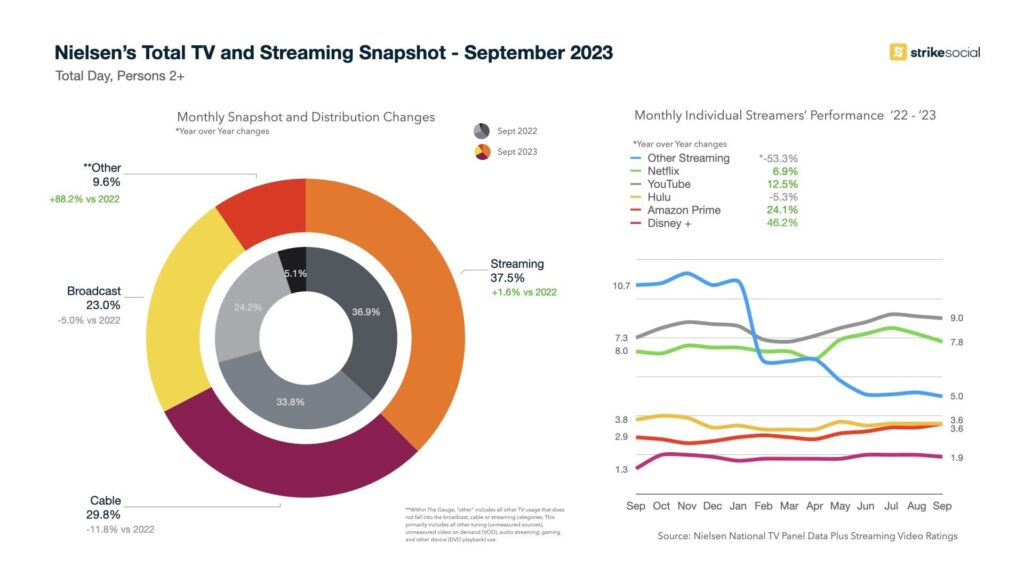

The kickoff of college football and the beginning of a new NFL season brought a substantial upswing in broadcast viewership for individuals aged 18-54. Conversely, streaming usage saw a notable double-digit drop among school-age viewers, coinciding with the return of all students to school.
For a detailed exploration of noteworthy changes in viewership at the channel level throughout September, explore more here. To get a concise summary of the statistics, feel free to download our quick chart.
Q3 2023 YouTube CPV Benchmark Report
Adapt Your Strategy to Q2 2023’s YouTube CPV Benchmarks
Our comprehensive report is your passport to understanding YouTube’s CPV benchmarks. To provide businesses with the knowledge and insights needed to excel in this vast platform, we conducted an in-depth analysis of thousands of YouTube InStream Skippable campaigns focused on the Views objective.
We utilized the power of Strike Social’s proprietary AI tool to optimize campaign performance and pinpoint key metrics, including CPV, view rates, and video trends. The analysis period extends from Q3 2022 to Q3 2023.
Understanding these crucial metrics empowers you to create persuasive campaigns, stimulate business growth, and catapult your brand’s visibility and engagement.
YouTube Contextual Targeting: From Theory to Practice
How Does YouTube Contextual Targeting Benefit Advertisers?
Explore YouTube contextual targeting, where ads are finely tuned to match viewer engagement and video content context. We’ll be shedding light on how machine learning algorithms from Google work their magic to ensure each ad is in perfect harmony with the context of the video. Discover more in our concise guide.
The Marketer’s Manual to LinkedIn Ad Specifications
What Are the Key LinkedIn Ad Specs Every Marketer Should Know?
LinkedIn ads provide an exclusive platform for brand interaction with business professionals. As a result, successful LinkedIn advertising revolves around the promotion and cultivation of your brand’s image.
This guide serves as your resource, presenting the varied ad sizes and formats on LinkedIn. This information equips you with the necessary knowledge to prepare for your campaign launch.
How to Avoid Common Reasons For Facebook Ad Disapproval
Keep Your Ads Running Smoothly: Uncover Common Reasons for Facebook Ad Rejection
Facebook may reject your ads for various reasons, some as innocuous as including the term “CBD” in your ad. Your ad might face issues even if you’re referring to “Central Business District” and not the drug. Facebook’s ad review process can sometimes lead to unforeseen rejections or account suspensions, even if you’re confident in your ads’ compliance.
In this guide, learn how to navigate the reasons behind Facebook ad rejections and how to handle these challenges with confidence.
Digital Spells and Pixels: 2023 Halloween and Paid Social Trends
What’s New in Paid Social for Halloween 2023?
2023 is anticipated to witness a significant surge in Halloween spending, with an estimated total expenditure of $12.2 billion. This surpasses the previous year’s record of $10.6 billion, despite the prevailing economic challenges.
In light of these spending patterns, advertisers have an opportunity to capitalize on them. As social media platforms continually adapt to retail media, it’s wise for advertisers to diversify their paid social approaches. For further insights and guidance on preparing your advertising campaigns for the Halloween season, explore our comprehensive Halloween guide.
Is ChatGPT the Key to Transforming Your Media Planning Strategies?
Redefine Your Media Planning Approach with AI and ChatGPT Prompts
Are you wondering about the potential impact of AI-powered media planning on your advertising strategies, or are you concerned that it might complicate your tasks? Using generative AI to shape your marketing ideas may appear ambitious, but it holds the promise of condensing a day’s worth of work into just an hour.
Does this sound too good to be true? Explore the answers in this quick guide.
What’s the Secret to Getting the Answers You Want With ChatGPT?
Improve Your Prompts and Enhance Responses in ChatGPT
It can be quite frustrating when ChatGPT is not delivering the responses you desire. It’s a common issue in AI-driven conversations. Despite your repeated attempts to obtain the right answers, there can often be a disconnect between what you ask and what you receive.
So, how can you bridge this gap and ensure that your ChatGPT prompts consistently yield the desired outcomes? The solution lies in the art of crafting effective ChatGPT prompts.
How Accurate Are Your Beliefs About Social Media Marketing?
Putting Your Social Media Marketing Beliefs Under the Microscope
Are you eager to uncover the lesser-known myths surrounding social media marketing? Each myth unraveled holds the potential to reveal actionable insights, allowing you to confidently execute marketing strategies, clearing out your path to achieving your campaign goals.
TikTok Ad Review Checklist: Get Your Ads Approved with Confidence
Curious If Your Ads Are Compliant? Tick Off the Boxes on TikTok Ad Review Checklist
With the majority of ads undergoing review within just 24 hours, the anticipation of approval or rejection is quick and can significantly impact your campaign timeline. While approval is the goal, understanding why ads might face rejection is equally important. This knowledge equips you to steer clear of common pitfalls and pass through the platform’s guidelines seamlessly.
How Well Do You Know TikTok’s Policies for Ad Creatives?
Inside TikTok’s Ad Policies: What You Need to Know
To ensure your ads aren’t flagged by the TikTok Compliance Team, it’s essential to thoroughly understand the platform’s advertising policies. Adhering to TikTok’s ad creative policies is vital for media buyers, as it helps maintain a consistent and professional presence on the platform.
Complying with TikTok’s Advertising Guidelines for Industry Entry
Is Your Brand Aligned with TikTok’s Industry Entry Guidelines?
You’ve invested time and effort into creating a captivating TikTok ad, only to receive a “rejected” notification. Instead of letting disappointment take over, take a moment to assess: do your offerings genuinely adhere to TikTok’s industry entry guidelines?
When faced with these setbacks, it’s crucial to identify the underlying issues. Is it the content, the visuals, or maybe a minor policy violation that went unnoticed? Are your ads truly in line with TikTok’s standards?
Q2 2023 YouTube CPV Benchmark Report
Discover 2023 Q2 CPV Trends for YouTube Advertising
Explore the prime influencers of YouTube CPV in Q2 2023 compared to prior periods. Examine the breakdown of YouTube InStream Skippable campaigns with a Views objective, highlighting crucial metrics such as CPV, view rates, and video rates.
Optimizing Video Length for YouTube Ads
The Ideal Duration: Decoding the Right YouTube Ad Length
Picture this: you launch a YouTube ad, put your resources and creativity into it, only to see viewers skipping it within the first few seconds. This is precisely why knowing the right video ad length for YouTube is crucial.
Our aim is to uncover valuable patterns and insights that can guide the creation of YouTube ads. These insights are instrumental in crafting YouTube ads that genuinely strike a chord with the audience, fostering resonance and sustained engagement.
How Can Generative AI Be Used in Digital Marketing
Exploring Innovations Brought by Generative AI in Marketing Strategies
It’s hard to ignore the sweeping influence of generative AI across various industry sectors. Chances are, you’ve encountered the remarkable capabilities of generative AI tools in your own experiences, whether you realize it or not.
Yet, the true enigma lies in the question of effective utilization. Have you wondered how seasoned experts strategically integrated generative AI models into their marketing initiatives? Download and learn more from this quick guide.
The AI-Powered Future of Social Media Advertising
Are You Ready for the AI-Driven Social Media Advertising Era?
Picture yourself reclaiming over 5 hours each week, equivalent to an entire month per year, by utilizing the power of generative AI. Its applications are boundless, from facilitating AI-driven ad creation for marketers to enabling comprehensive data analysis. Generative AI is driving efficiency and productivity for social media buyers.
35 Google Bard Prompts for Social Media Advertisers
Find Out How Google Bard Prompts Can Transform Your Social Media Ads
From crafting snappy ad copies to conceptualizing engaging video ads, these Google Bard prompts offer a unique approach to capturing audience interest across various platforms. The beauty of these prompts lies in their versatility, allowing you to experiment with different combinations to find what works best for your specific ad campaigns. The result? Effortless and impactful ad prompting, driving meaningful engagement and conversions.
How The View-Through Rate Calculator Helps Measure Ad Effectiveness
Using The TikTok View-Through Rate Calculator For Data-Driven Decisions
TikTok continues to dominate as the favored platform for both brands and social video consumers. To maximize its full potential, businesses must grasp the importance of view metrics, particularly View-Through Rates, in optimizing TikTok campaigns and achieving greater efficiency.
Know more about our TikTok VTR calculator – your specialized tool for calculating View Through Rates on TikTok. Whether you’re new to the platform or an experienced marketer, our VTR tool can serve as your trusted companion when analyzing your view rates and ad performance.
Learn About TikTok View-Through Rate (VTR)
What TikTok VTR Reveals About Your Ad Strategy
In the United States, TikTok boasts a remarkable ad reach of 134,482,000 potential users, making it an enticing market for advertisers. However, to make the most of this opportunity, you must focus on an essential metric: the TikTok View Through Rate (VTR).
VTR measures the percentage of viewers who watch ads without scrolling past them. With a high VTR, like 92.24%, your campaign demonstrates strong audience engagement. By analyzing VTR data, you gain insights into audience preferences and enhance your ad strategies for greater impact.
YouTube Ad Suitability Matters
Why Advertisers Can’t Ignore Ad Suitability In YouTube Campaigns
Last year, a study unveiled that 59% of participants acknowledged the superior relevance of YouTube ads compared to those on traditional TV or other streaming platforms. This emphasizes the tremendous opportunity for businesses to tap into a vast consumer base.
However, with this opportunity comes the vital requirement for YouTube ad suitability and brand safety strategies. As ad placements on YouTube continue to rise, ensuring a secure and appropriate environment for your brand becomes indispensable.
Setting Up Content Exclusions for YouTube Video Ads
Strategize Your Ad Reach Using YouTube Inventory Types
Unlock the secrets to strategic ad placement and audience reach with YouTube inventory types. Gain valuable insights on setting up content exclusions, selecting the optimal inventory types, and driving maximum results through targeted ad campaigns.
Understanding YouTube Brand Safety In Video Advertising
Implementing Effective Brand Safety Measures in YouTube Video Advertising
Integrating brand safety in your YouTube advertising strategy is not just an option but a strategic imperative.
Discover proven tactics to strengthen your brand’s identity, optimize ad performance, and forge trusted connections with your target audience. Download the guide today and revolutionize your YouTube advertising approach.
TikTok Search Ads: The Game-Changing Ad Strategy Your Business Needs
Reach New Heights And Enhance Brand Visibility With TikTok Search Ads
Are TikTok search ads worth the investment and anticipation? Here’s a comprehensive guide to help you understand how TikTok search ads work and whether they are worth waiting for when this feature becomes available.
Explore the exciting possibilities of TikTok’s search ads and their potential impact on your advertising strategy.
How Strike Social Handles Ad Placements On Google Display Networks
Strike Social’s Prudent Approach Amidst The Google Ads Issue
Recent reports on TrueView in-stream ad placements have revealed a disconcerting fact for major brands. They have discovered that a significant portion of their TrueView in-stream ad spend was allocated to sites and apps within the Google Video Partners (GVP) network that did not meet Google’s own standards.
Advertisers and industry stakeholders are now confronted with these pressing questions: What are the implications for advertisers? Can Google still be relied upon as a trustworthy and effective platform for advertising?
To gain deeper insights into how Strike Social ensures the seamless alignment of our campaigns with your business goals, we invite you to explore our comprehensive guide.
Essential Facebook Ads Protection Strategies You Need To Implement
Brand Safety Practices To Safeguard Your Ads On Facebook
Facebook goes above and beyond to prioritize the safety of brands, implementing a diverse range of measures to create a secure advertising ecosystem.
When it comes to protecting your ads and promoting your products and services confidently, Facebook offers a suite of brand safety tools that are designed to provide the utmost protection.
Facebook Inventory Filter: A Comprehensive Guide
Ensure Compliance and Reach the Right Audience Effectively with the Facebook Inventory Filter
The Facebook Inventory Filter empowers you to have even greater control over your ad placements, allowing you to align them with content that resonates with your brand’s values. This level of control enables you to create a brand-safe environment that upholds the integrity of your business and fosters trust among your customers.
In this comprehensive guide, explore the numerous benefits of the Facebook Inventory Filter to help you become a master of this essential brand safety tool.
How Can Facebook Brand Safety Defend Your Digital Presence
Take Control of Your Ad Placements with Facebook’s Brand Safety Tools
With 2.08 billion users, Facebook is a crucial platform for advertisers seeking growth. However, its vast user base presents both opportunities and risks.
Learn how to optimize your Facebook advertising strategy by prioritizing brand safety and avoiding unsuitable ad placements.
TikTok Interactive Add-Ons Playbook
Supercharge Your TikTok Ads with Interactive Add-Ons
With this resource in hand, you’ll have the tools and strategies to propel your TikTok ads to new levels of success.
Grab your copy of the TikTok Interactive Add-Ons Playbook now and start driving more clicks and conversions from your ads.
Get To Know TikTok’s Brand Safety and Suitability Solutions
Exploring TikTok’s Effectiveness in Prioritizing Brand Safety and Suitability for Advertisers
TikTok’s commitment to brand safety and suitability spans all advertiser categories. Their key focus is fostering a secure environment where video ads harmoniously run alongside safe and suitable content.
This comprehensive guide will highlight the different TikTok brand safety tools that will fortify your brand’s reputation on the platform.
How Countdown Stickers Boost TikTok Live and Sale Events
Setting Up A TikTok Countdown Sticker: A Quick Guide
TikTok Countdown Sticker captures users’ attention, enhances commitment, and boosts engagement. The impact of the ticking countdown actively encourages your viewers to take action.
For advertisers seeking to maximize the benefits of TikTok’s Interactive Add-ons, this article will provide insightful guidance on leveraging these sticker features effectively.
5 Secrets Of Highly Successful Social Media Buyers
Cracking The Code To Successful Social Media Buyer Strategies
Highly successful social media buyers have discovered secret techniques and approaches that helped them overcome challenges including managing limited budgets, combating ad fatigue, and measuring campaign effectiveness.
Equip yourself with these insights and unlock these five secrets by downloading this guide.
Boost Your Brand Safety Using TikTok’s Inventory Filter
Protect Your Ad Campaigns with TikTok’s Innovative In-App Feature
This specially-designed in-app tool protects against inappropriate content displayed alongside your advertisements, safeguarding your brand reputation.
Hover over the image above to download our comprehensive guide.
Q1 2023 YouTube CPV Benchmark Report
Discover 2023 Q1 CPV trends for YouTube advertising
Explore industry-specific view performance in YouTube TrueView Instream for Q1 2023.
Learn about the shift in CPV momentum over the last four quarters.
Strike Overview
- By using Instagram’s safe zone features and recommended ad sizes, advertisers ensure that key content stays visible on all devices, enhancing ad effectiveness and viewer interaction.
- Instagram has proven to be an incredibly effective advertising platform, with the projected Instagram ad revenue expected to reach $71 billion this 2024.
- As an advertiser, understanding the importance of aspect ratios is key to displaying your ads correctly on all devices, enhancing engagement, and driving conversions.
Jump to Section
This post was updated in August 2024 to provide you with the latest information.
Stay Within the Lines: Instagram’s Safe Zone and Ad Sizes
Maximize your Instagram ad spending with ease! Paying attention to Instagram’s safe zone and ad sizes is crucial for success.
Keep up-to-date with the latest guidelines and create standout content to increase the success of your campaigns. Whether using static images, videos, or a combination, selecting the appropriate size and format is essential for achieving your advertising goals.
Instagram’s Safe Zone and Aspect Ratios: Ensuring Your Ads Look Great on Every Device
To help you navigate the intricacies of Instagram advertising, we have compiled a comprehensive guide that includes best practices, actual specifications, and safe zones for various ad formats, including images, videos, carousels, Instagram Stories, and Reels ads.
With this valuable resource, you’ll have the knowledge and tools to create effective campaigns that resonate with your target audience and achieve your desired outcomes.
How to Find the Instagram Ad Sizes of Your Creative Assets
1.91:1
| Feeds | 1.91:1 |
|---|---|
| Facebook Feed | ✓ |
| Instagram Feed and Explore | ✓ |
| Facebook Marketplace | ✓ |
| Facebook video feeds | ✓ |
| Facebook right column | ✓ Recommended for images and videos |
| Instagram Shop | ✓ Ads may be masked 1:1 |
| Messenger inbox | ✓ |
| Messages | 1.91:1 |
|---|---|
| Messenger sponsored messages | ✓ Recommended for images and videos |
| Stories | 1.91:1 |
|---|---|
| Facebook Stories | ✓ |
| Instagram Stories | ✓ |
| Messenger Stories | ✓ |
| In-stream | 1.91:1 |
|---|---|
| Facebook in-stream video | ✓ |
| Search | 1.91:1 |
|---|---|
| Facebook search results | ✓ |
| Apps and sites | 1.91:1 |
|---|---|
| Audience Network native, banner and interstitial | ✓ |
| Audience Network rewarded video | ✓ |
16:9
| Feeds | 16:9 |
|---|---|
| Facebook Feed | ✓ Ads may be masked 1:1 |
| Instagram Feed and Explore | ✓ |
| Facebook Marketplace | ✓ Ads may be masked 1:1 |
| Facebook video feeds | ✓ |
| Facebook right column | ✓ |
| Instagram Shop | ✓ Ads may be masked 1:1 |
| Messenger inbox | ✓ |
| Messages | 16:9 |
|---|---|
| Messenger sponsored messages | ✓ Recommended for images and videos |
| Stories | 16:9 |
|---|---|
| Facebook Stories | ✓ |
| Instagram Stories | ✓ |
| Messenger Stories | ✓ |
| In-stream | 16:9 |
|---|---|
| Facebook in-stream video | ✓ Ads may be masked 1:1 |
| Search | 16:9 |
|---|---|
| Facebook search results | X |
| Apps and sites | 16:9 |
|---|---|
| Audience Network native, banner and interstitial | ✓ |
| Audience Network rewarded video | ✓ |
1:1
| Feeds | 1:1 |
|---|---|
| Facebook Feed | ✓ Recommended for images and videos |
| Instagram Feed and Explore | ✓ Recommended for images and videos |
| Facebook Marketplace | ✓ Recommended for images and videos |
| Facebook video feeds | ✓ Recommended for images and videos |
| Facebook right column | ✓ |
| Instagram Shop | ✓ Recommended for images and videos |
| Messenger inbox | ✓ Recommended for images and videos |
| Messages | 1:1 |
|---|---|
| Messenger sponsored messages | ✓ Recommended for images and videos |
| Stories | 1:1 |
|---|---|
| Facebook Stories | ✓ |
| Instagram Stories | ✓ |
| Messenger Stories | ✓ |
| In-stream | 1:1 |
|---|---|
| Facebook in-stream video | ✓ |
| Search | 1:1 |
|---|---|
| Facebook search results | ✓ Recommended for videos |
| Apps and sites | 1:1 |
|---|---|
| Audience Network native, banner and interstitial | ✓ |
| Audience Network rewarded video | ✓ |
4:5
| Feeds | 4:5 |
|---|---|
| Facebook Feed | ✓ Recommended for images and videos * Ads may be masked 1:1 |
| Instagram Feed and Explore | ✓ Recommended for images and videos |
| Facebook Marketplace | ✓ Recommended for images and videos * Ads may be masked 1:1 |
| Facebook video feeds | ✓ Recommended for images and videos |
| Facebook right column | ✓ |
| Instagram Shop | ✓ * Ads may be masked 1:1 |
| Messenger inbox | ✓ |
| Messages | 4:5 |
|---|---|
| Messenger sponsored messages | ✓ Recommended for images and videos |
| Stories | 4:5 |
|---|---|
| Facebook Stories | ✓ |
| Instagram Stories | ✓ |
| Messenger Stories | ✓ |
| In-stream | 4:5 |
|---|---|
| Facebook in-stream video | ✓ |
| Search | 4:5 |
|---|---|
| Facebook search results | X |
| Apps and sites | 4:5 |
|---|---|
| Audience Network native, banner and interstitial | ✓ |
| Audience Network rewarded video | ✓ |
2:3
| Feeds | 2:3 |
|---|---|
| Facebook Feed | X |
| Instagram Feed and Explore | ✓ Ads may be masked 1:1 |
| Facebook Marketplace | ✓ Ads may be masked 1:1 |
| Facebook video feeds | ✓ Recommended for images and videos |
| Facebook right column | ✓ |
| Instagram Shop | X |
| Messenger inbox | ✓ |
| Messages | 2:3 |
|---|---|
| Messenger sponsored messages | ✓ |
| Stories | 2:3 |
|---|---|
| Facebook Stories | ✓ |
| Instagram Stories | X |
| Messenger Stories | ✓ |
| In-stream | 2:3 |
|---|---|
| Facebook in-stream video | ✓ |
| Search | 2:3 |
|---|---|
| Facebook search results | X |
| Apps and sites | 2:3 |
|---|---|
| Audience Network native, banner and interstitial | ✓ |
| Audience Network rewarded video | ✓ |
9:16
| Feeds | 9:16 |
|---|---|
| Facebook Feed | X |
| Instagram Feed and Explore | ✓ Ads may be masked 1:1 |
| Facebook Marketplace | ✓ Ads may be masked 1:1 |
| Facebook video feeds | ✓ Recommended for images and videos |
| Facebook right column | ✓ |
| Instagram Shop | X |
| Messenger inbox | ✓ |
| Messages | 2:3 |
|---|---|
| Messenger sponsored messages | ✓ |
| Stories | 2:3 |
|---|---|
| Facebook Stories | ✓ Recommended for images and videos * Ads may be masked 1:1 |
| Instagram Stories | ✓ Recommended for images and videos * Ads may be masked 1:1 |
| Messenger Stories | ✓ Recommended for images and videos * Ads may be masked 1:1 |
| In-stream | 2:3 |
|---|---|
| Facebook in-stream video | ✓ Ads may be masked 1:1 |
| Search | 2:3 |
|---|---|
| Facebook search results | X |
| Apps and sites | 2:3 |
|---|---|
| Audience Network native, banner and interstitial | ✓ Recommended for images and videos |
| Audience Network rewarded video | ✓ Recommended for images and videos |
Designing Instagram ad creatives with mobile users in mind and using vertical video with taller aspect ratios can help create compelling content. Facebook, Instagram, and Audience Network support aspect ratios from 16:9 to 9:16. Selecting a taller aspect ratio enables the full use of the mobile device screen, capturing the viewer’s attention and creating an engaging experience.
To determine an image’s aspect ratio:
- Identify its dimensions in pixels. These can typically be found in the file information or through editing software.
- The relationship between the width (first number) and the height (second number) can be calculated once the dimensions are known. For instance:
- If an image has dimensions of 1600 pixels x 900 pixels or 3200 pixels x 1800 pixels, it falls into the 16:9 aspect ratio.
- On the other hand, if the image has dimensions of 1600 pixels x 1600 pixels or 3200 pixels x 3200 pixels, it falls into the 1:1 aspect ratio.
Advertisers can customize their ad creatives for different placements and select the best-optimized version for their target audience using Meta Ads Manager. They can create a new ad, use an existing post, or utilize the Creative Hub mockup. Additionally, they can adjust the image aspect ratio or focal point to maintain the desired composition.
Understanding an image’s aspect ratio and Instagram ad sizes allows advertisers and brands to optimize their visuals for different platforms, maintain the desired composition, and deliver the intended message to their audience.
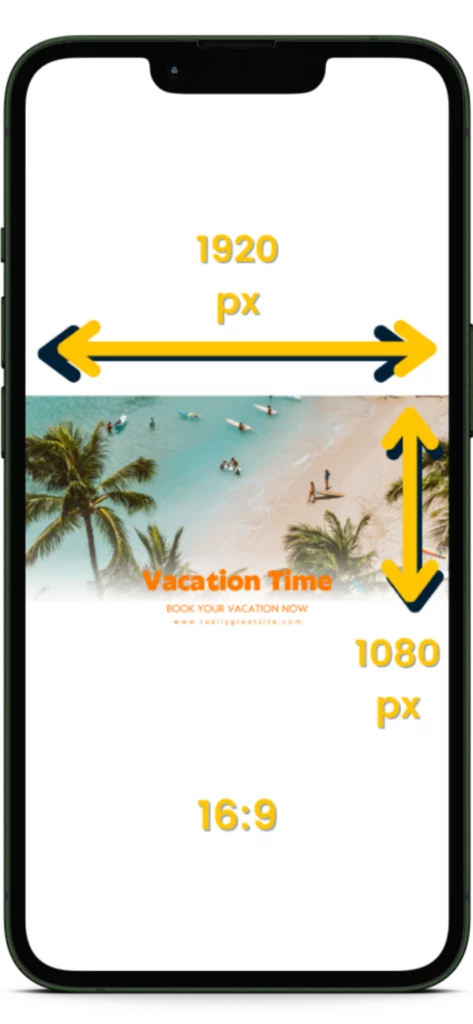

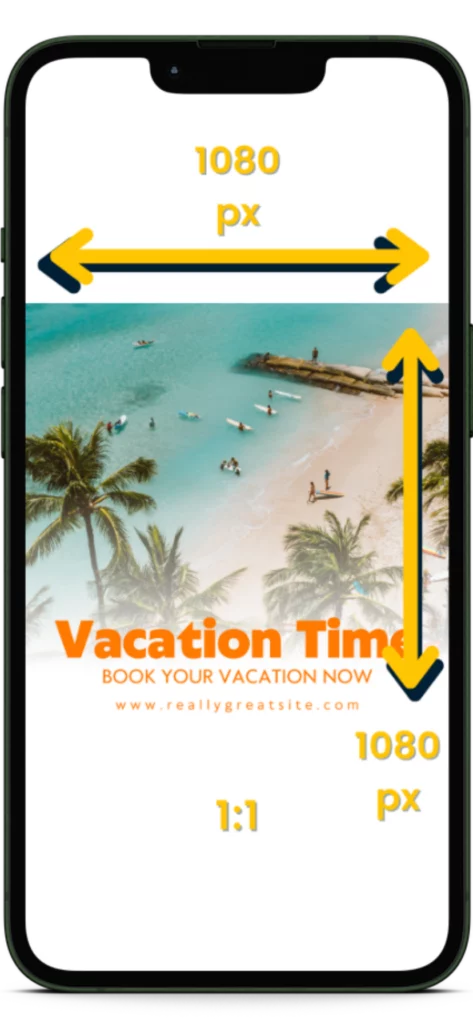

Further Reading
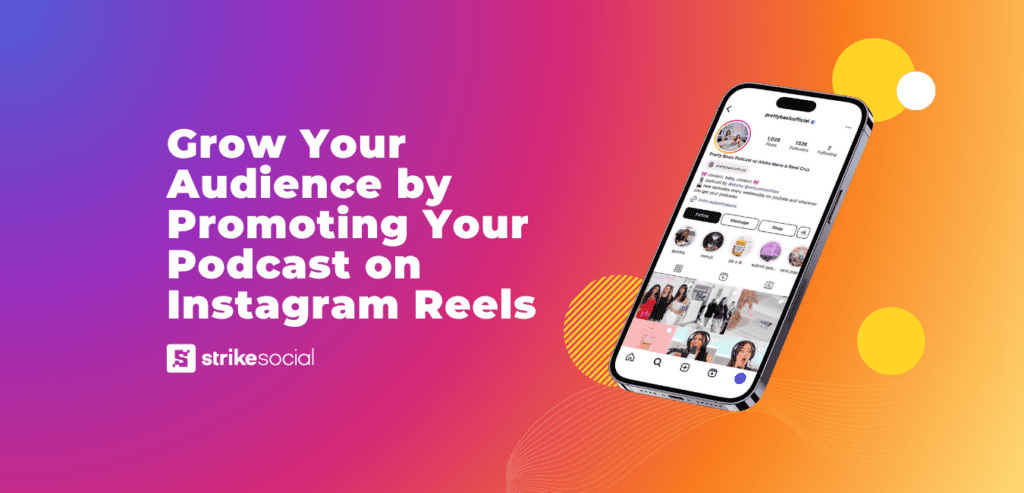

Grow Your Audience by Promoting with Instagram Reels
Growing a podcast audience requires dedicated efforts, including nurturing podcast content, cross-platform posting, and engaging with listeners. As part of an effective podcast marketing strategy, Instagram Reels can be a valuable tool to promote your podcast to Instagram users.
Avoid Ad Mistakes with Instagram’s Safe Zone
Different Instagram ad sizes and ad placements have specific image and video aspect ratio requirements. Safe zones are essential in Instagram Stories and Reels, as creative elements placed here are at risk of being covered by the profile icon or call to action, which could hurt your ad’s performance.
To help advertisers customize their video content for different placements, Meta Ads Manager provides tools to add logo and text overlays in different fonts and colors. Additionally, while editing your video, these tools can identify safe zones by highlighting them in yellow, preventing accidental coverage of critical, creative elements.
After uploading your media, Instagram checks for safe zones and provides feedback to assist you in making necessary modifications for optimal performance. By following these best practices and using safe zones, you can produce impactful Instagram ads that captivate viewers and boost the likelihood of conversions.
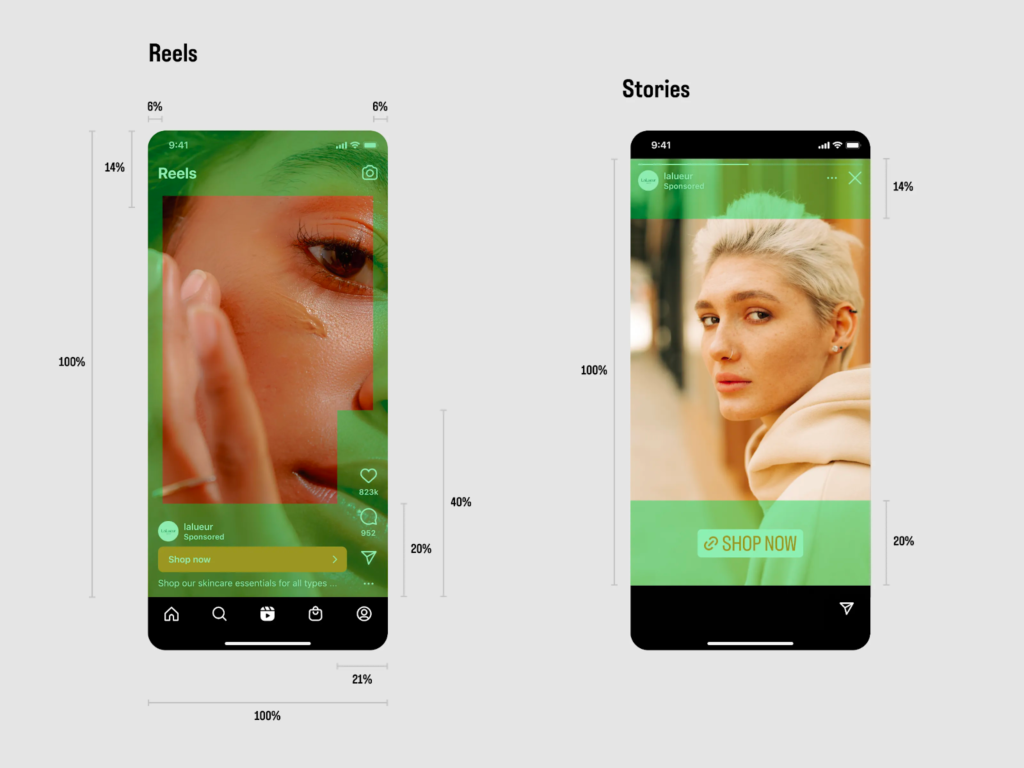

Best Practices in Matching Instagram Ads Sizes
Creating attention-grabbing mobile ads is essential for successful advertising. Images and videos should cover as much screen space as possible to achieve this. Choosing an appropriate aspect ratio that suits different placements and formats is essential.
Here are some recommended aspect ratios for various placements and formats advertisers can use to create more effective mobile ads:
| Ad Type | Recommended Aspect Ratio |
|---|---|
| Feed Images | 1:1 (Square) |
| Feed Videos | 4:5 (Vertical) |
| Video Carousels | 1:1 (Square) |
| Instagram Shop | 1:1 (Square) |
| Stories and Reels | 9:16 (Full Screen) |
| In-stream Video | 16:9 (Horizontal) |
| Meta Audience Networks | 9:16 (Vertical) |
Following these recommended aspect ratios and incorporating other best practices, such as a safe zone for Instagram ads, you can create mobile ads that stand out and drive results. Remember that the correct aspect ratio may vary depending on your ad creative, so test different options to find what works best for your campaign.
Step-by-Step Guide on How to Use the Instagram Reels Safe Zone Template
- Download this png file.
- You can add this transparent template as a layer to any editing software.
- By dragging it down to a layer, you can adjust the captions or other content to fit correctly within the safe zone.
- Before exporting, remember to hide or remove the layer to avoid unintended elements in the final ad creative.
Further Reading





The Complete List of Instagram Ad Specifications
Instagram’s visually rich platform offers brands a prime opportunity to connect with highly engaged users through targeted ads. To make sure your video ads stand out in Instagram’s content-rich feed, know more about the platform’s ad specifications to achieve the best results.
The Importance of Staying Within the Instagram Lines
Visually stunning mobile ads that effectively reach your target audience on Instagram require more than just an eye-catching design. Advertisers must consider multiple factors, including aspect ratios and placement options, to maximize screen coverage and capture users’ attention. One crucial element to remember when designing ads is Instagram Safe Zone- the area within the ad guaranteed to be visible on all devices, ensuring that no critical information is cut off.
Choose the appropriate aspect ratio for each placement and stay up-to-date with any changes in placement options to optimize Instagram ads for success. Designing videos with a mobile-first approach is recommended, and vertical videos (with aspect ratios of 4:5, 2:3, and 9:16) are particularly effective because people tend to hold their phones upright. Facebook, Instagram, and Audience Network support various aspect ratios, from 16:9 to 9:16, for different ad formats, such as photo and video ads, carousel ads, Instagram Stories, and Reels ads.
To make the most of your Instagram campaigns, continual testing and iteration of ad creatives are crucial. Advertisers should aim to create attention-grabbing visuals that fit the various formats and placements available. By following Instagram ads’ safe zone and best practices and keeping up-to-date with the platform’s specs and guidelines, advertisers can produce visually stunning ads that drive better business results.
Strike Overview
- The introduction of Shorts as a YouTube TrueView ad objective opens new opportunities for advertisers, tapping into the growing trend of short-form video content and broadening reach.
- YouTube Shorts has seen a surge in popularity, with 43% of major advertisers now using the format to promote their largest clients, highlighting its growing influence in digital brand promotion.
- By integrating YouTube TrueView and Shorts ads, you can reach a wider audience while maintaining cost-efficiency and driving meaningful engagement.
Jump to Section
This post was updated in September 2024 to provide you with the latest information.
Make the Most of YouTube TrueView with Shorts Ads
YouTube TrueView ads offers an effective way to reach your target audience and drive engagement. If you are looking for a powerful way to advertise your brand on YouTube, this has been a long-proven staple for YouTube advertising campaigns which makes sure that your ads appear to those truly interested and engaged with related content to your ads.
What Are TrueView Ads and How Can Advertisers Benefit?
With this advancement, both audiences and advertisers receive a better experience when viewing ads and promoting ads on the YouTube app. Designed to enhance the viewer experience, TrueView ads ensure you only pay when users actively choose to watch your video content.
Types of TrueView Ads
- TrueView in-stream ads: By its name, YouTube TrueView in-stream ads appear within YouTube video content.
- YouTube TrueView Skippable ads: These ads appear before, during, or after videos and can be skipped after 5 seconds. Advertisers pay only if viewers watch the ad for at least 30 seconds or interacts with it. This format is useful for quickly presenting your brand and generating recall, even if the viewer skips the ad.
- YouTube TrueView Non-skippable: With a duration of up to 15 seconds, these ads must be watched in full before the viewer can proceed. Advertisers are charged based on impressions using a CPM model. This format is effective for ensuring that viewers see your entire message, making them effective for conveying a complete message within the ad duration.
- TrueView discovery ads: These ads appear alongside other YouTube videos, on search results pages, or on websites within the Google Display Network. They attract viewers’ attention by appearing in contexts relevant to their interests, increasing the likelihood of engagement with your content.
How YouTube TrueView Ads Benefit Advertisers
With its vast reach and ability to cross-promote content, YouTube Shorts offers a range of benefits for brands looking to increase their brand visibility. By integrating vertical video ads into TrueView Ads campaigns, advertisers can effectively boost awareness while staying cost-effective.
One of the significant benefits of in-stream ads is that advertisers only pay when viewers watch their ad for at least 30 seconds or until the video’s end, whichever comes first. Advertisers also incur charges when viewers click on cards or other in-stream creative elements. This advertising format allows advertisers to target specific audiences and track their campaigns’ success through YouTube’s analytics tools.
How YouTube TrueView Ads Benefit Creators
YouTube allows Shorts creators to keep 45% of the revenue generated from views, providing a reliable and rewarding compensation model. This change makes YouTube Shorts a compelling option for both creators and brands interested in influencer marketing.
Additionally, Google Marketing Live 2024 introduced a new feature for advertisers looking to leverage influencer content and user-generated content (UGC). Brands can now identify which video creators have tagged their products and select these videos for sponsorship as paid ads, facilitating more targeted and effective collaborations.
Further Reading
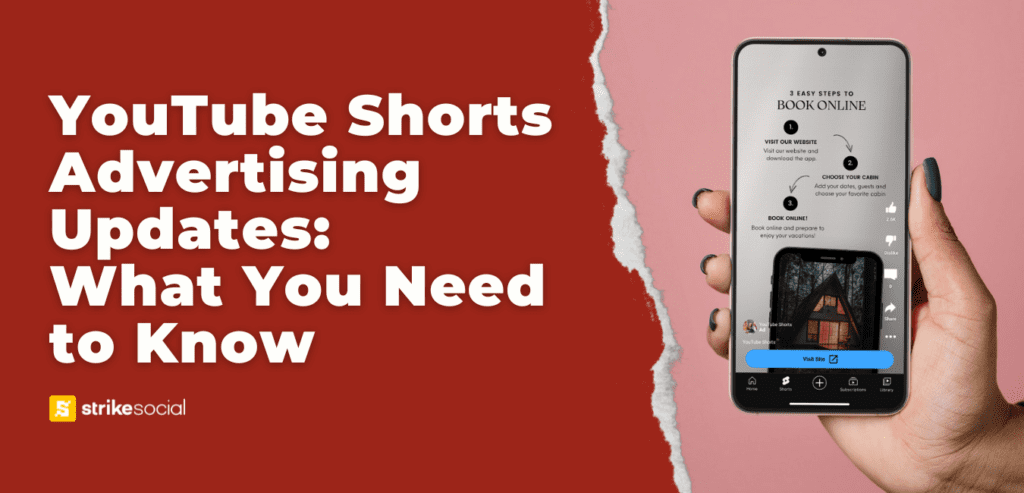

What’s the Latest in YouTube Shorts Advertising?
YouTube Shorts has evolved significantly, continuously improving to offer better experiences for advertisers and enhance viewer engagement. Learn more about the major developments in the evolution of YouTube Shorts ads.
Understanding YouTube TrueView Ad Formats on Mobile
As of Q2 2024, YouTube, with its $8 billion platform, has simplified both viewing and ad distribution on mobile devices. Besides traditional ad placements within standard YouTube videos, the platform has followed the short-form video trend with YouTube Shorts.
YouTube Shorts presents an excellent opportunity for advertisers to broaden their reach. YouTube Shorts Ads are swipeable videos or image ads between Shorts in the Shorts Feed. Combining YouTube Shorts with in-stream ads allows for a robust video advertising strategy where ads play before or during another video from a YouTube partner. Viewers can watch the advertisement for five seconds before choosing to continue or skip it.
How YouTube Shorts and TrueView Ads Work Together
YouTube TrueView ads seamlessly integrate with YouTube Shorts, appearing between Shorts in the feed just as they do in long-form videos. Viewers have the option to swipe past or engage with these ads.
Further Reading
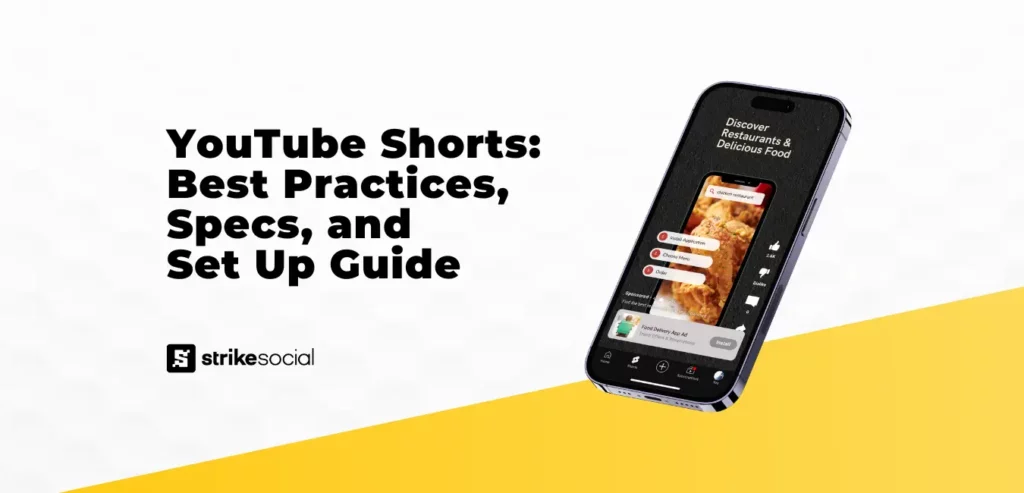

Best Practices for Advertising on YouTube Shorts
Before launching your YouTube Shorts campaign, ensure you’re well-prepared by reviewing the ad specifications, setup process, and best practices for maximizing this ad format.
For instance, if a user’s feed predominantly features cooking and food-related content, and you’re promoting a food ordering app, the algorithm will likely place your TrueView ads in their Shorts feed, targeting users who are already interested in related content. The algorithm tailors ad placement to match user interests, ensuring that your ad reaches viewers who are most likely to be interested in your product.
Best Practices for TrueView Ads Creative
For your YouTube TrueView ads to capture attention, they must be optimized for all viewing platforms, including the YouTube app, desktop and mobile views, and YouTube TV. To do so, make sure your ad creatives align with the latest YouTube ad specs.
Boost your TrueView ad success with these top 10 best practices. Want to make your TrueView ads stand out? Follow these guidelines to create video ads that grab users’ attention and drive engagement:
- Hook viewers in the first five seconds. Remember, users can skip your ad after this time. Use this crucial period to convince them to keep watching.
- Keep it short and sweet. Aim for 30 to 60 seconds to maximize user engagement.
- Include clear calls to action. Tell users what to do after watching your ad.
- Give viewers time to act. Reserve the last ten seconds (or more) for a static call-to-action, giving users time to click and explore.
- Use a compelling, descriptive title. Reinforce your call-to-action and branding.
- Choose an eye-catching thumbnail. Entice users to click and view your video.
- Make your ad interactive. Use annotations and cards to enhance user engagement.
- Tailor your ad for the platform. Create targeted advertisements that cater to specific YouTube content.
- Experiment with multiple ad variations. See what resonates best with your target audience.
- Create great content. Consider using emotionally compelling, entertaining, and informative.
Following these tips, you can create TrueView ads that captivate viewers, drive engagement, and help you achieve your advertising goals.
What is the True Value of YouTube TrueView Ads?
With TrueView, you pay only when someone completes the view, but there’s much more to gain from the actions users take beyond that initial view. Understanding the full value of TrueView is crucial to optimizing your campaign’s performance.
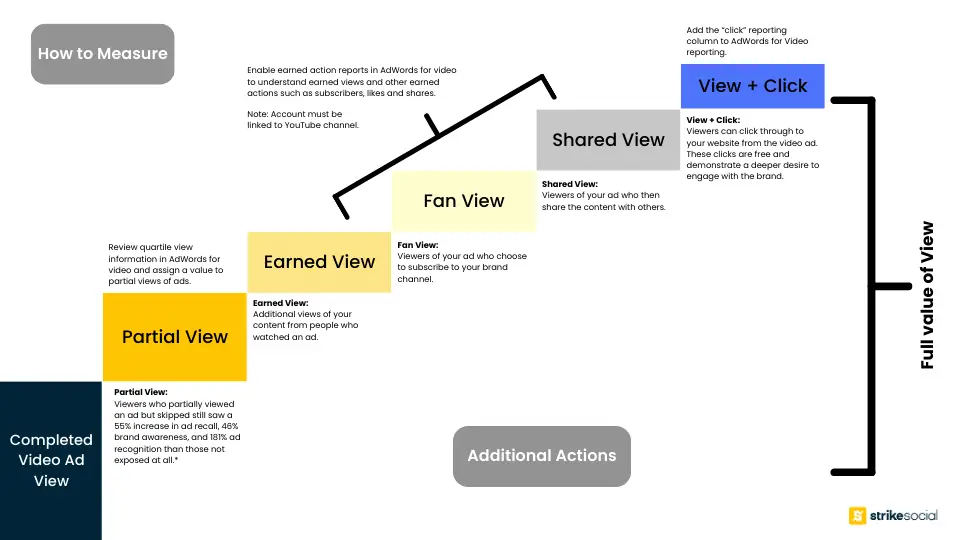

How to Set Up TrueView Ads for YouTube Shorts
To organize your campaign and make sure YouTube Shorts is included in your TrueView ads placements, follow these steps:
1. Create a new campaign under your selected Google Ads account.
2. Choose “Create a campaign without a goal’s guidance” as your objective, then click “Continue.”
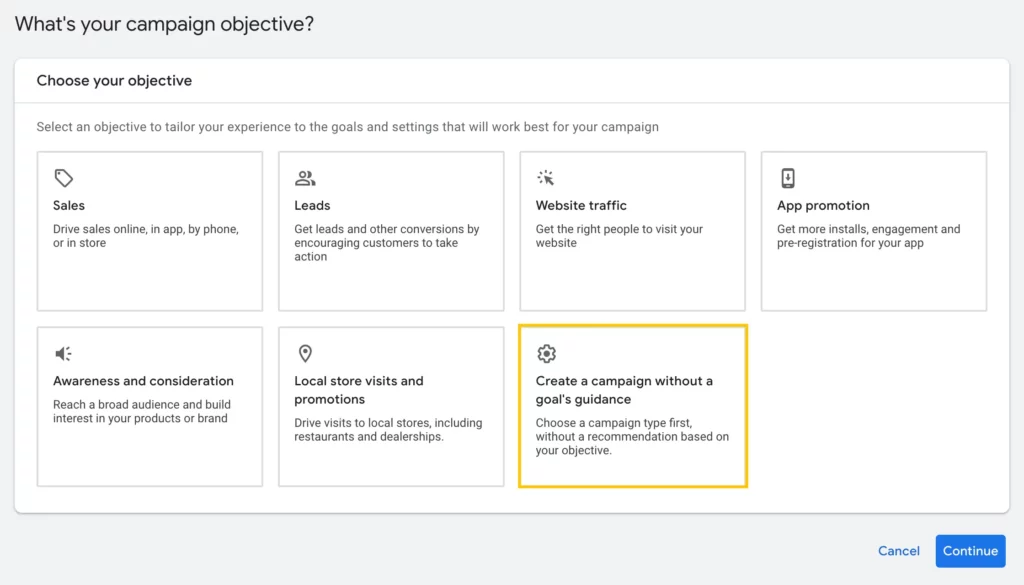

3. Select “Video” as your campaign type and click “Continue” again. Choose the appropriate campaign subtype based on your goals for your YouTube ads.
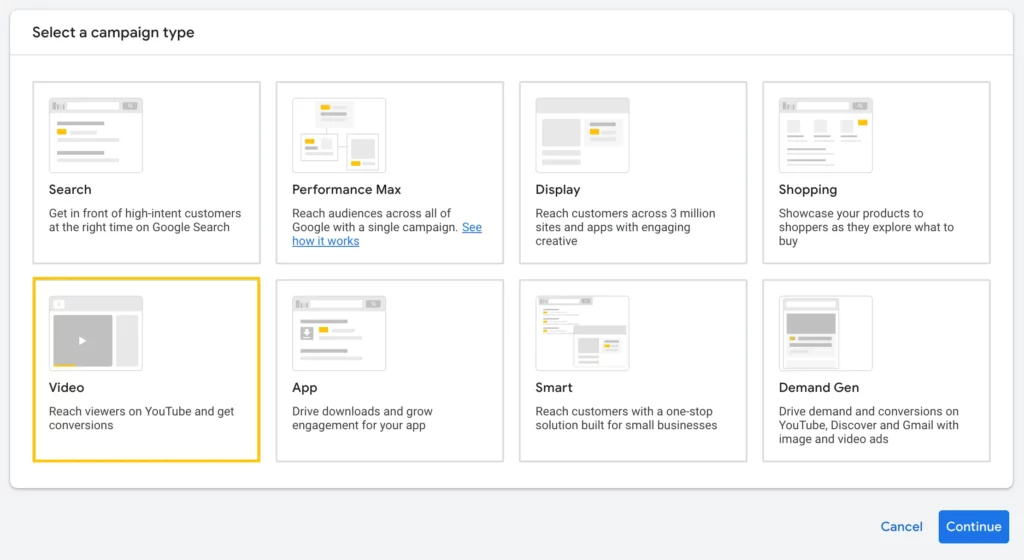

For this example, let’s use “Video Views”. Then hit “Continue”.
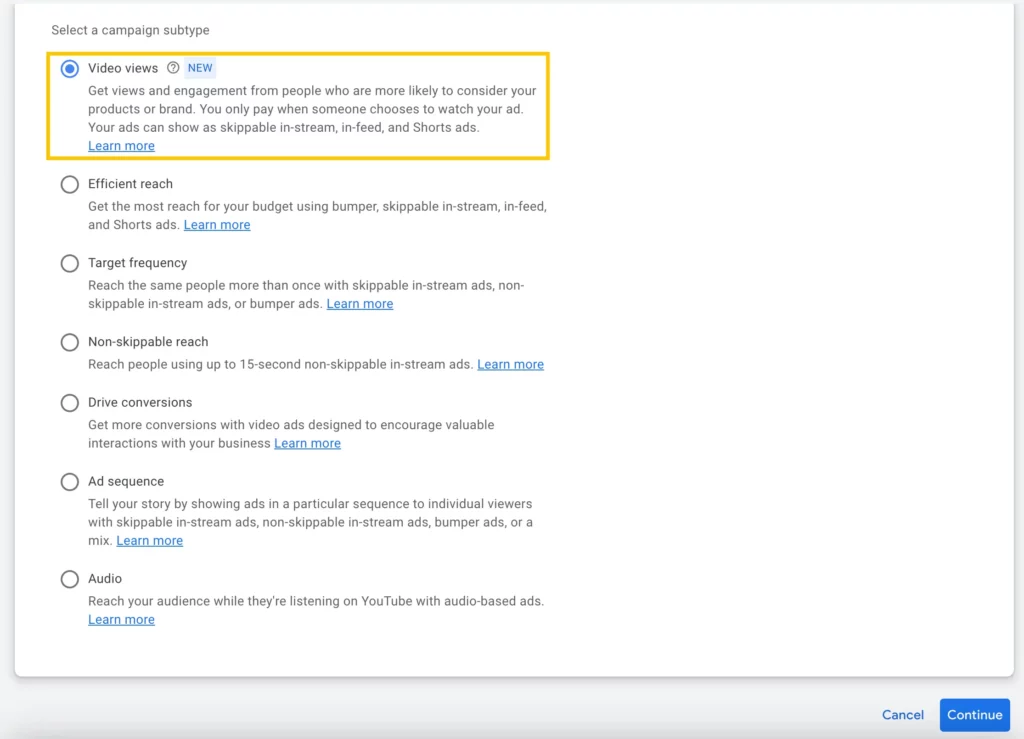

4. In the Campaign settings section, enter the required details as follows:
- Campaign name
- Bid strategy
- Budget and dates
- Networks
- Locations
- Languages
To make sure your ads appear in different formats suitable for your target audience’s algorithm, make sure the checkbox under “Multi-format ads” is ticked.


Proceed to fill out the details under the Ad group section.
5. In the Ads section, add your YouTube video ad by pasting the URL. Once you do so, you will see a preview of how your videos will appear as in-stream and Shorts ads.
You can upload up to 5 videos in both horizontal and vertical formats. Vertical video formats will only appear as YouTube Shorts ads, and horizontal formats can appear on both in-stream, and Shorts.
6. Finish setting up your campaign by completing the Bid section, then click “Create campaign”.
Curious to Explore the Untapped Potential of YouTube Shorts Ads?
Short-form video content will continue dominating digital screens, with YouTube Shorts leading the trend. Creators are increasingly focusing on Shorts, driving the demand for engaging video content and prompting YouTube to continually evolve to meet new viewing habits.
At Strike Social, we take your YouTube campaigns to new heights. Our team works tirelessly to optimize your campaigns 24/7. Our data-driven approach ensures we achieve your advertising goals at the lowest possible cost. Trust us to be your partner in success.
It’s essential to understand the importance of video content in the advertising industry, especially with YouTube’s dominance. Keeping up with trends and evolving your advertising strategies is crucial to meeting consumers’ demands. Contact our team and we’ll help you achieve your goals and stay ahead of the competition.
Strike Overview
- Instagram has rebranded “branded content ads” to “Partnership ads,” allowing brands to utilize user-generated content (UGC) and boost it as sponsored ads. This strategy helps brands tap into influencers’ networks, extending reach beyond what traditional paid ads can achieve.
- Instagram leads U.S. marketers’ influencer marketing efforts, attracting $2.2 billion, significantly outperforming TikTok at $1.2 billion, with YouTube and Facebook trailing at $1.07 billion and $1 billion, respectively.
- Instagram Partnership ads deliver up to 53% higher click-through rates, proving their effectiveness. Discover how this influencer marketing strategy can enhance your brand’s reach in this blog.
Jump to Section
This post was updated in December 2024 to provide you with the latest information.
Instagram Branded Content Ads: A Direct Link to Influencer Communities
The Instagram influencer community isn’t just made up of mega influencers like Charli and Dixie D’Amelio or Addison Rae, who boast tens of millions of followers.
In fact, micro-influencers (10,000–100,000 followers) and nano-influencers (1,000–10,000 followers) are the preferred choice for 70% of brands. Why? These smaller creators are often more cost-effective and drive higher engagement, making them a better fit for targeted campaigns compared to big-name influencer communities.
With Instagram Partnership Ads (formerly Branded Content Ads), advertisers now have a direct link to tap into these influencer networks, leverage authentic user-generated content (UGC), and reach highly engaged audiences. It’s a strategy no brand can afford to overlook.
The Appeal of Instagram Influencer Advertising for Modern Brands
Social media influencers offer unique advantages that goes beyond traditional paid ads on Instagram. By tapping into their distinct niche audiences, Instagram influencers connect with followers who are already engaged and highly likely to become loyal patrons of the products or services they promote.
It’s no surprise that 47% of brands are already leveraging Instagram Branded Content Ads to amplify their campaigns. Here’s why the Instagram app remains the go-to platform for paid influencer marketing:
1. Up to 230% more follower reach than the average Instagram user
Instagram’s visual-first platform makes it the ideal space for industries like fashion to thrive through influencer marketing. Even globally recognized brands, such as Zara, have found immense value in Partnership Ads.
By collaborating with micro-influencers like Teesh Rosa, Zara launched an Instagram Partnership Ads campaign that resulted in 4.6 million new followers. This success demonstrates how influencer marketing campaigns can tap into new audiences—far beyond what sponsored ads alone could achieve—delivering up to 230% more follower reach than the average Instagram user.
2. 41% of consumers discover products through influencer content weekly
Instagram Branded Content Ads have the power to make your products feel relatable and accessible. By showcasing your brand through influencers, your product is presented as something used and trusted by “everyday” individuals, not just celebrities or big names.
When users scroll through their feeds and see their favorite influencers featuring your product, it creates an instant sense of trust and authenticity. This organic connection often gains traction even before you launch it as sponsored content on Instagram. It’s no wonder that 41% of consumers discover new products through influencer content on a weekly basis.
3. 69% of consumers trust influencer reviews and recommendations
By featuring your product through Partnership Ads, Instagram influencers act as both brand advocates and trusted consumers.
This trust pays off—93% of influencers ensure their partnerships align with their personal values and audience expectations, reinforcing credibility and brand trust.
Beyond promotion, the authentic reactions and feedback from Instagram influencers can provide valuable insights to improve your product. Their close interactions with their community also give you a clearer understanding of how your brand is perceived, opening up opportunities for growth and optimization.
4. Influencers and content creators drive the growth of short-form video content
Short-form video has become a dominant force across social platforms, with Instagram, TikTok, and YouTube leading “the big three” for this content format.
Brands and influencers alike benefit from short-form videos, which generate 2.5x more engagement than longer video ads. Instagram Reels users spend an average of 53 minutes per session watching bite-sized content, offering brands a significant opportunity to reach audiences quickly and effectively.
Further Reading
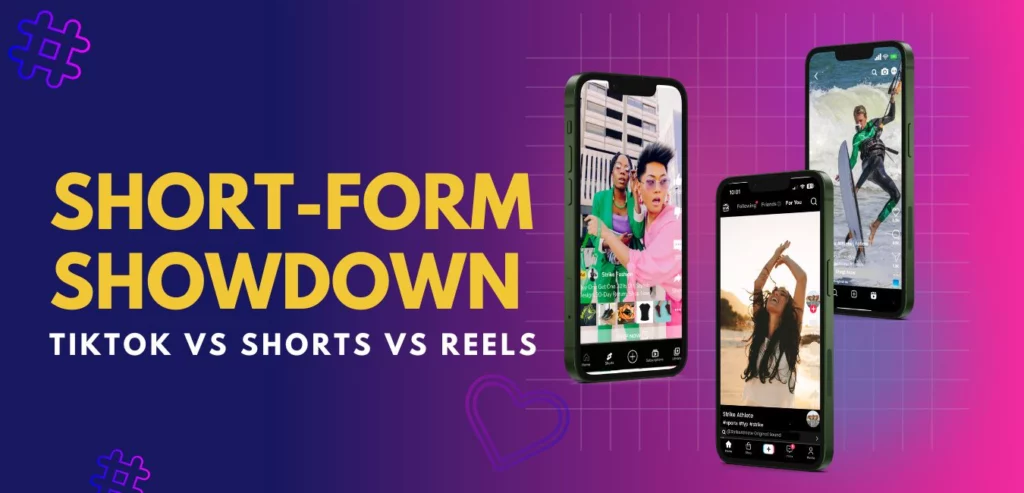




Which Platform is Best for Your Short-Form Video Advertising?
The competition for short-form video dominance is heating up among TikTok, YouTube Shorts, and Instagram Reels. Each platform brings something unique to the table, from extensive user engagement to expansive audience reach, offering distinct opportunities for advertisers to connect with their target markets.
5. 82% of leads from influencer marketing are better quality than other campaign types
Instagram Branded Content Ads are not just effective for boosting reach—they excel at driving results for lower-funnel campaigns like lead generation. Aside from better quality leads, influencer marketing also brings about 4.87x ROI—a great return on investing in quality content creation from top influencers on Instagram.
Eligible Formats for Instagram Branded Content Ads
While Instagram offers a range of advertising formats, only a select few are eligible for Partnership Ads (formerly Branded Content Ads). Here’s a list of the available formats and their requirements:
- Feed Ads
- Feed ads provide prime visibility within the Instagram app. These ads appear on the influencer’s profile feed, users’ home feeds, and even on the profile feeds of other related content creators. Your selected Instagram partnership ads can be in image, video, or carousel format (multiple images or videos).
- Reels Ads
- Reels is a highly engaging format for both Instagram and Facebook, allowing influencers to captivate their audience. Take note of the following eligibility requirements to make sure your ads proceed to delivering and don’t get rejected:
- Reels content must be published after October 15, 2021
- Video length must be 15 minutes or less
- Music must be from Instagram’s royalty-free music collection or original audio
- Not supported: GIFs, product tags, face/camera effects, tappable stickers
- Reels is a highly engaging format for both Instagram and Facebook, allowing influencers to captivate their audience. Take note of the following eligibility requirements to make sure your ads proceed to delivering and don’t get rejected:
| Creative elements allowed | Creative elements not supported |
|---|---|
| @mention for the creator or partner featured in the partnership ad | GIFs |
| Countdown sticker | Emojis |
| Location sticker | Reminders |
| Hashtag | Third party camera effects |
| Tappable text | Product tags |
| ** maximum of 5 supported stickers and tappable text can be used | Face/camera effect |
- Stories Ads
- Stories are another popular format for Instagram branded content ads. To ensure your ad meets all requirements, follow these guidelines:
- Video length must be 60 seconds or less
- Music must be from Instagram’s royalty-free music collection or original audio
- Stories are another popular format for Instagram branded content ads. To ensure your ad meets all requirements, follow these guidelines:
While considering the interactive elements, the content creator must also make sure that CTAs or texts are well within the safe zones, abiding by the ad specs on Instagram. By the aspect ratio, find the recommended safe zones for branded content ads on Reels here:
Are You Eligible to Launch Instagram Partnership Ads?
Launching Instagram Partnership Ads requires meeting specific eligibility requirements for advertisers. Unlike standard paid ads on Instagram, which can be easily started with a verified Meta business account and a fully set-up Meta Ads Manager, Partnership Ads come with additional criteria that must be met. Here’s what you need to know:
- Content must be shared from a professional Facebook page and/or Instagram professional account. Personal accounts are not eligible to run Partnership Ads.
- Content must comply with Meta’s Community Standards and should not contain hate speech, calls for violence, and sexualized content. Additionally, the content must avoid any misinformation or false news to prevent disapproval of the ad.
- Your Instagram profile must have a genuine follower base and an established presence to be eligible for Partnership Ads.
- Currently elected or appointed government officials, political candidates, political parties, political committees, and government agencies are not permitted to run Instagram branded content ads.
- Meta reserves the right to modify, suspend, or terminate access to its content monetization features, including Partnership Ads, at any time.
How to Generate Instagram Ad Codes for Partnership Ads
For a Meta advertiser to use a creator’s content for an Instagram Partnership Ad, you need an Instagram ad code. Each ad code is unique to a specific advertiser and can only be used once.
Proper content-level and account-level permissions must also be arranged to ensure the influencer’s content can be used effectively for Instagram Partnership Ads.
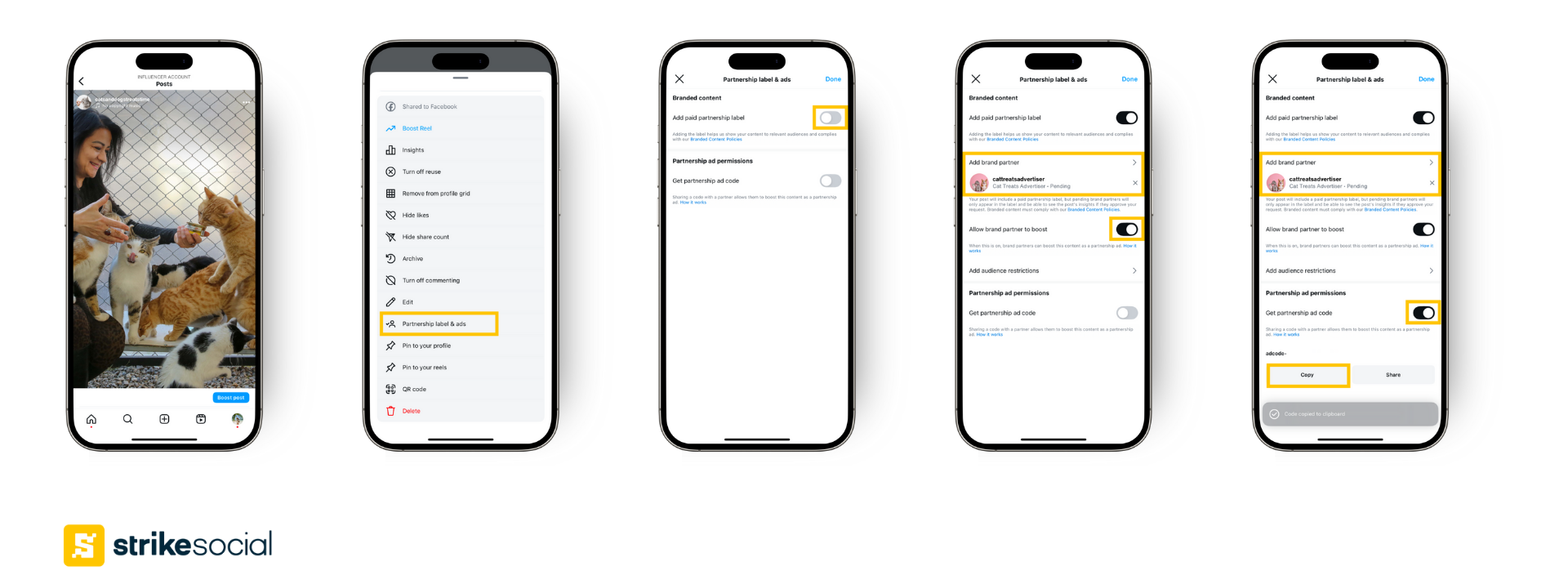

Steps to generate ad code for Instagram influencers:
1. The Instagram influencer must choose the post they want to use for your branded content ad.
2. The influencer clicks the three dots on the post to reveal options. From there, they select Partnership label & ads.
3. The influencer toggles the option for Add paid partnership label.
4. The influencer clicks Add brand partner and selects your Instagram username from the list of potential advertisers. They then toggle the option for Allow brand partner to boost to allow you to use the content for sponsored ads.
5. The influencer clicks on Get partnership ad code, then copies the code and shares it with you for use in your Instagram campaign.
6. The influencer clicks Done to save and confirm the updates.
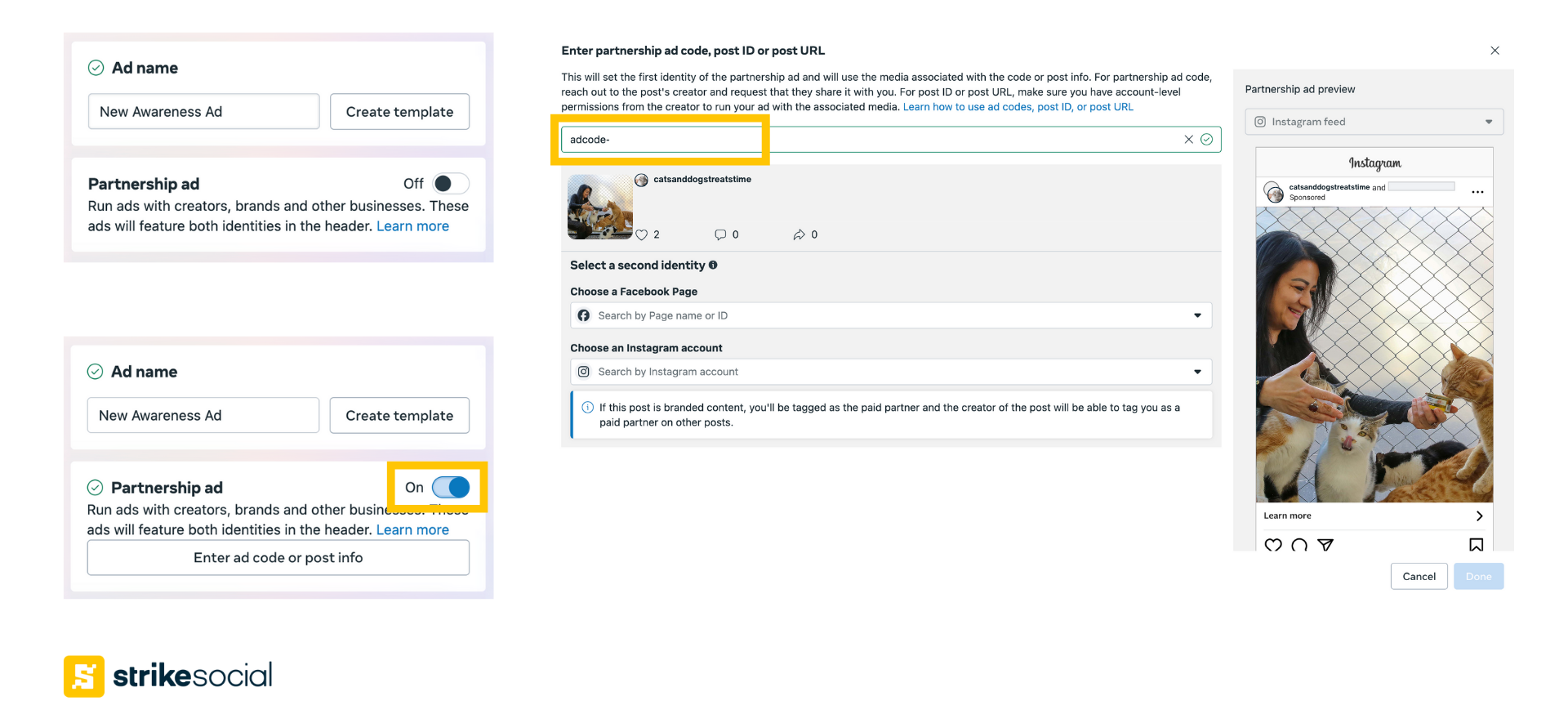

Steps to create Instagram branded content ads with ad code:
1. Go to Meta Ads Manager and click +Create.
2. Choose your campaign objective and click Continue.
3. Customize your campaign and ad set settings, including budget, audience targeting, and placement preferences. You can either use Advantage+ placements or manually select your placements.
4. In the Ad level, toggle the option for Partnership ad. Then click on Enter ad code or post info.
5. Paste the ad code you received from your influencer partner. A preview of the content will appear, allowing you to confirm that you’re boosting the correct post. Select the Instagram accounts you want to tag with the content as a sponsored ad. Once confirmed, click Done.
6. Finish setting up the rest of your Instagram Partnership Ad and click Publish to launch the campaign.
Instagram Influencer Marketing Made Easy
Revolutionary social media has transformed how brands connect with their audience. Influencers and content creators are the newest sought-after marketing strategy. Instagram is a top-tier influencer marketing platform, and with the addition of Instagram Reels, the dominion has expanded even more.
Digital creators and influencers are adding their best content to Instagram’s inventories. For advertisers looking to capitalize the whitelisting opportunities, Instagram Branded Content Ads offer an effective and cost-efficient solution to activate an elevated ad experience to target audiences seamlessly.
Strike Overview
- With its extensive audience, Facebook Reels ad placement is a prime spot for advertisers to run their video ad campaigns.
- The latest HubSpot report shows that 90% of marketers are increasing their investment in short-form videos this year.
- Let’s be Reel: Facebook’s short-form video format is the new black. According to Oberlo, it is expected to reach 242.86 million US Facebook users by 2023.
Jump to Section
This post was updated in September 2024 to provide you with the latest information.
Facebook Reels let you create short videos that people can watch with sound to capture viewers’ attention. They’re fun, engaging, and easy to scan—so they’re ideal for brands to show their authentic side and make it more receptive to consumers.
This article will show you how to create Facebook reels that attract viewers and tap new audiences.
Getting Started With Facebook Reels
Let us zoom in and look at the features of Facebook Reels and harness its power to supercharge your campaigns. Like TikTok, Reel’s powerful tools allow marketers to edit and enhance short-form videos to capture viewers’ attention. Based on ad results of numerous Facebook campaigns using vertical videos, bite-sized clips have performed well in connecting with viewers through their visually engaging and entertaining content.
To access Facebook Reels using your mobile phones, you may find the option via your Feed, Groups, and Menu bar.
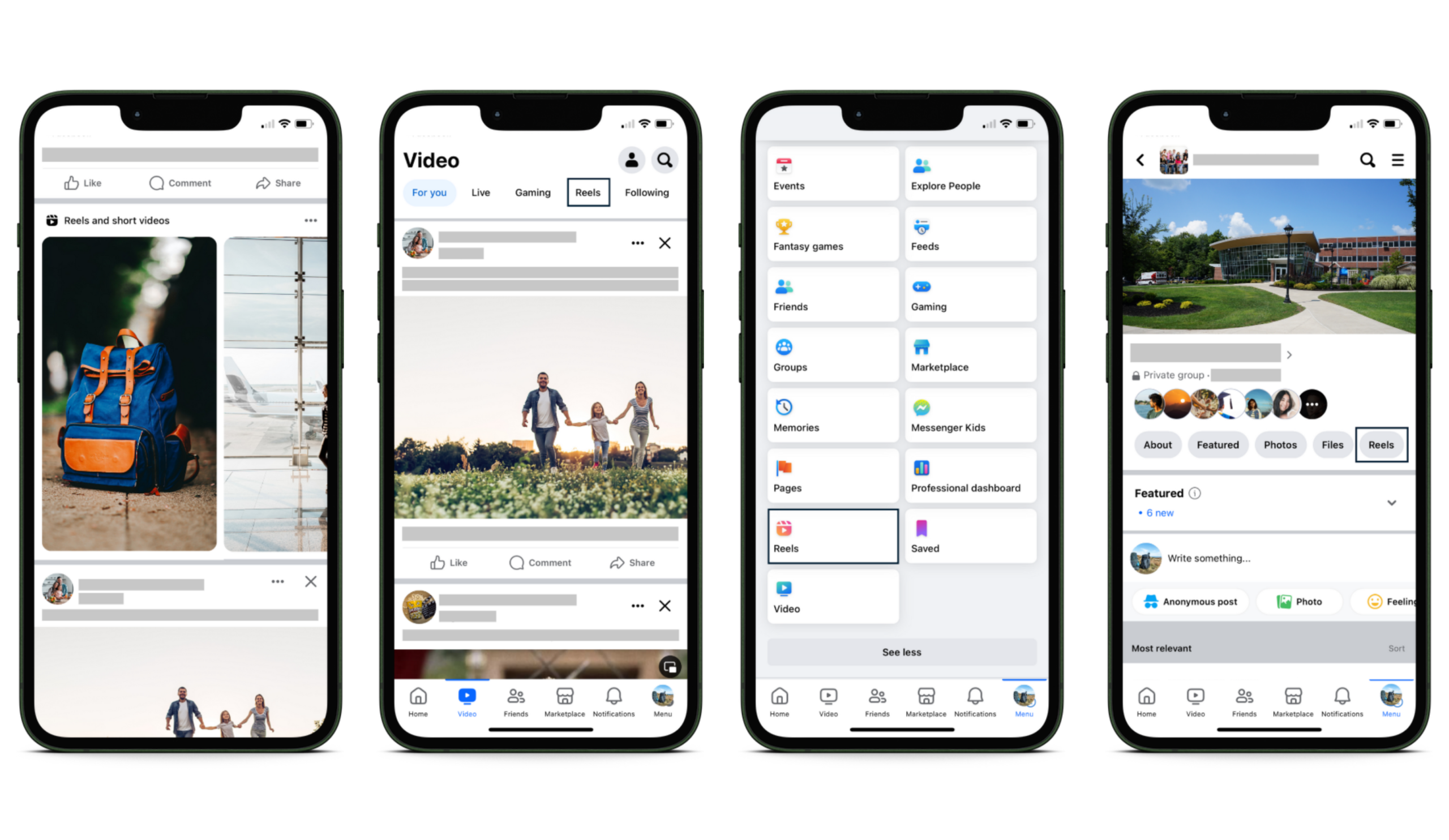

Further Reading



Setting Up Paid Campaigns with Instagram Reels
Instagram Reels Ads offer a great opportunity to boost brand visibility, extend your audience reach, and drive engagement when paired with well-crafted creative content and strategic campaign optimization.
How to Upload Facebook Reels
Add video to your Facebook posts and updates with one tap. Shoot new clips while you create a reel and show off pictures from your existing photo library. Creating a Facebook Reel can be easy:
- Log into your Facebook account and make sure you have the latest version. Then tap Create or click the Camera icon on the top right part when viewing reels.
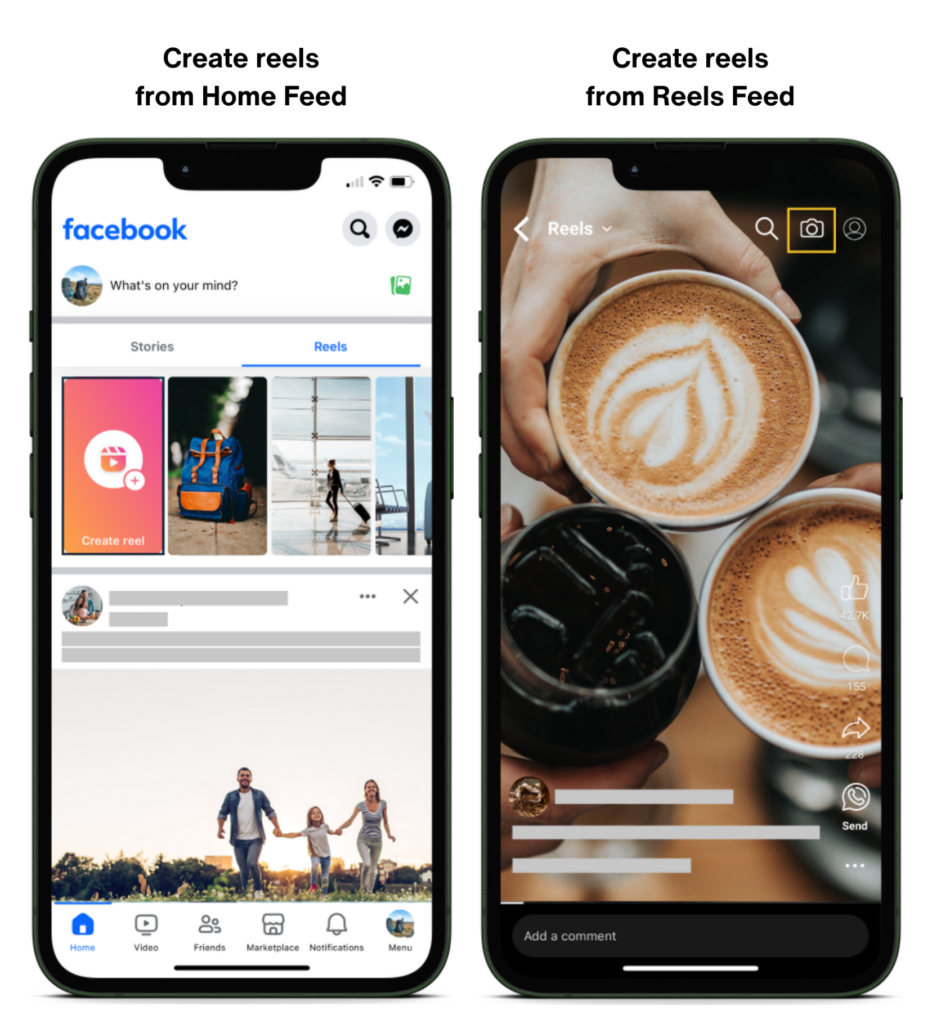

- Add video to your Reel: record a video on your phone or choose from the video clips from your phone gallery.
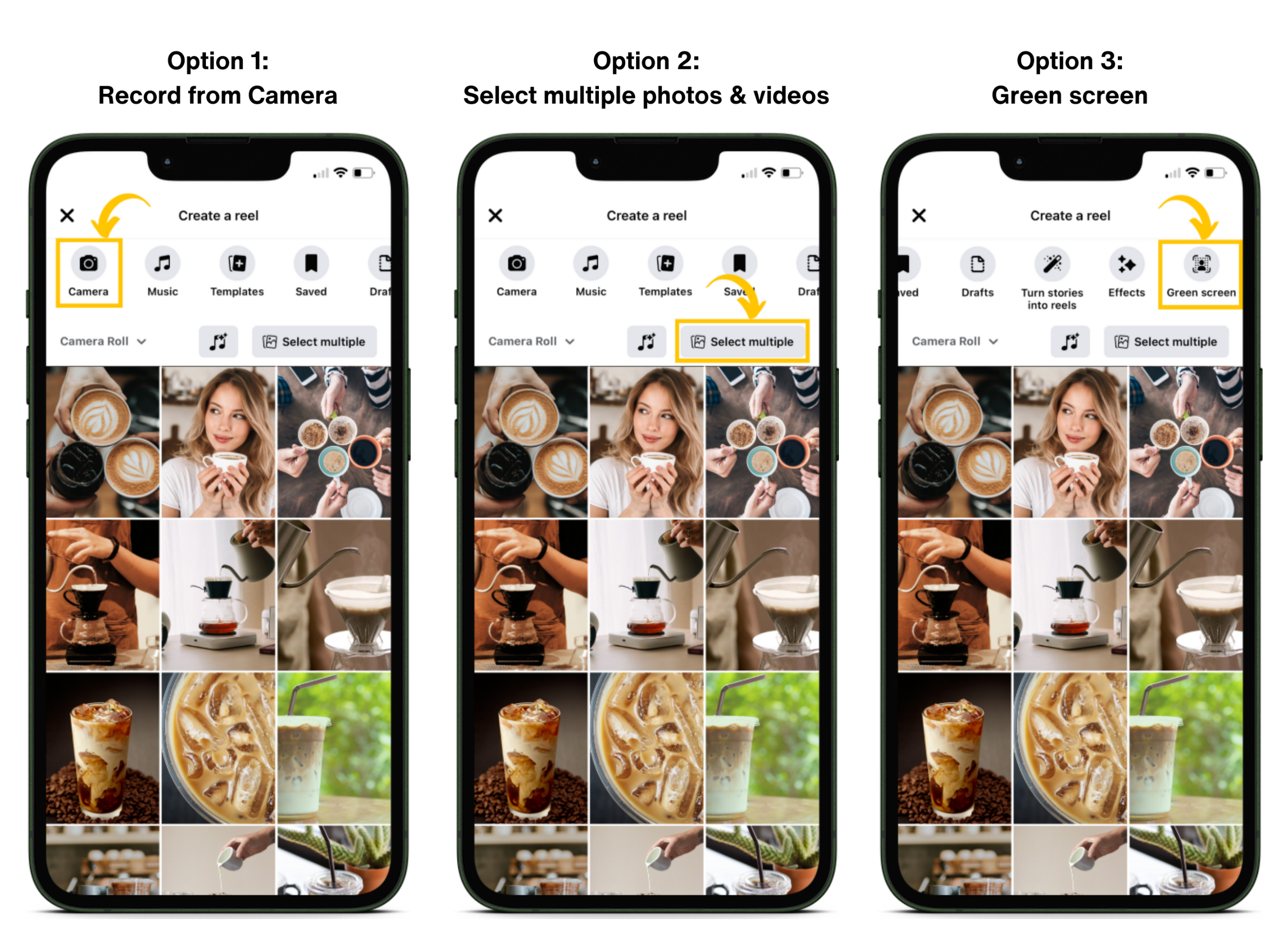

- Add the following to make your Reel stand out:
- Audio– add audio from the music library or record your own
- Text– add text overlays
- Effects– choose video effects or filters
- Stickers– you have the option to add stickers, GIFs, or emojis available
- Greenscreen– choose a video background if you want to record on the go. Note: you cannot use video effects and greenscreen at the same time
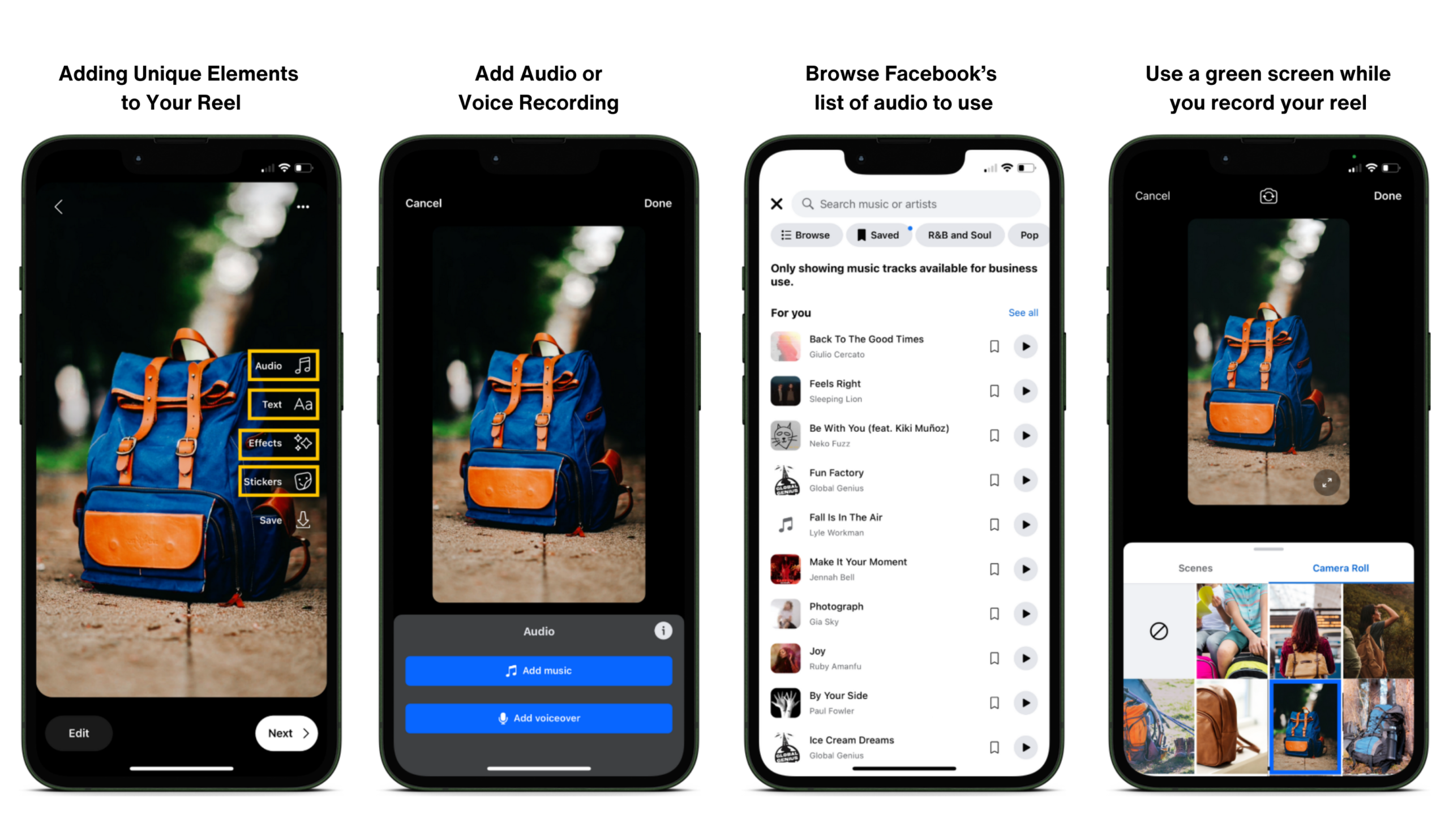

- Tap Next when you’re finished. Write a description that will catch people’s attention. Add relevant hashtags to expand your reach.
- Set the Facebook reels audience. Reels are public by default, but reels from business or creator pages can only post publicly. You have the option to Share your Facebook Reel on Instagram. To catch new viewers and increase engagement rates, toggle Enable Remix to let other viewers stitch with your Facebook video reels.
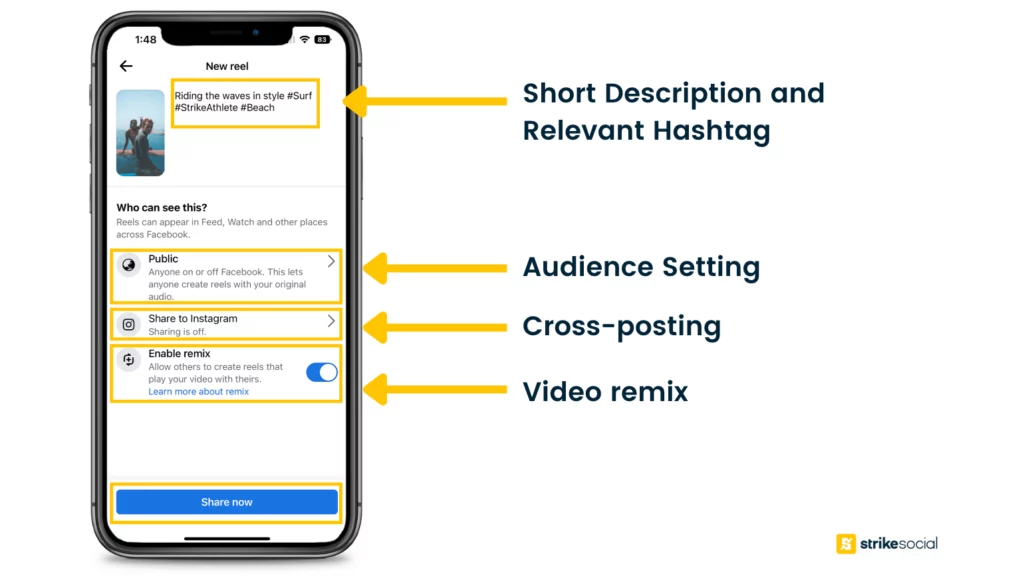

- To publish, tap Share now.
Clear the Confusion: Understanding the Differences between Facebook and Instagram Reels
Many marketers are also confused about the differences between Instagram and Facebook Reels. Both platforms operate under the same umbrella of Meta and share many similarities. However, there are also key differences, which we’ll answer with the basic Facebook Reels FAQ to find out.
Can you create a reel on one platform and cross-post it to another?
- Yes, it is possible to cross-post content — unless you don’t want to. By default, posting Facebook Reels doesn’t automatically cross-post on Instagram. And the user needs to toggle the option to share on the other platform.
- Similarly, when sharing reels on Instagram, you can automatically post them to Facebook. You can keep this feature on for seamless sharing or turn it off to keep your Instagram Reels exclusive to that platform.
Will the views count double if I post my Instagram reel on Facebook?
- Not quite. Sharing your Reels on both Facebook and Instagram can boost overall visibility, leading to more views than posting on just one platform.
- However, views on each platform are tracked separately, so while you’ll gain legitimate views on both, they won’t be counted as double for the same content.
Are there any differences between the comments viewers see on Facebook Reels and those on Instagram?
- Yes, each platform has its own separate comment section.
- For example, if an Instagram Reel is shared on Facebook, you’ll only be able to view the comments on Facebook, but to engage and leave your own, you’ll need to log in to the Instagram app. While you can see comments from both platforms, interaction is limited to where the Reel was originally posted.
Can the viewers identify which platforms the reels originated from?
- Yes, if a Facebook Reel features a small Instagram icon in the corner, it indicates the Reel was originally posted on Instagram.
- For Reels created on Facebook, viewers on the platform can fully interact and engage with the content directly.
Is it possible to add auto-generated closed captioning on Facebook Reels?
- Yes, both Instagram and Facebook Reels support auto-generated captions, but users must enable this feature to view them. Captions can also be adjusted for individual posts after publishing by selecting the Edit option.
Can I add a cover photo on my Facebook Reels?
- Yes, you can customize the cover image for your Facebook Reels. You can choose a frame from your video or upload a custom image directly from your device’s gallery.
Is it possible to tag a location on my Facebook Reels?
- Yes, you can tag a location on your Facebook Reels. You can either use your current location when posting in real-time or set the location to where the video was actually filmed if posting at a later time.
The two platforms are almost the same, except for one big difference that can benefit marketers. Content on Facebook Reels appears on users’ Feeds whether or not they follow you, extending the reach of your video ads to new eyeballs—and letting you reach potential customers who might not have come across your brand page otherwise.
Further Reading





Short-Form Showdown: TikTok vs. YouTube Shorts vs. Meta Reels
While TikTok pioneered the short-form video trend, both Meta and YouTube swiftly introduced their own offerings to compete. Each platform brings distinct features to the table, including diverse audiences and enhanced opportunities for broader reach.
Facebook Reels Tips and Best Practices
There is no magic recipe for making a video that gets noticed on Facebook. However, you can increase your chances of success by following simple tips and best practices.
- Make it engaging: Entertain your audience with captivating content that compels them to take action.
- Keep up or start a trend: Inspire a trend that others can quickly join. Keep an eye on current trends in your industry, then create similar content.
- Use Facebook creative tools: Add text, filters, and camera effects to make your reels stand out.
- Use video transitions: Start your video with a hook, and then use transitions to show viewers the before-and-after transformation of your product or service.
- Use vertical videos. Keep your phone upright when creating your Facebook Reel. Like TikTok, YouTube Shorts, and Instagram Reels which are vertical video platforms, Facebook Reels are set up for vertical video.
- Incorporate music: Use original or licensed music from Facebook’s library to make your Reel entertaining and easy to remember. You can even join in on trending sounds.
- Experiment with new ways of creating reels—it could lead you to discover an unexpected style that will help you connect with your audience.
- Show off your skills with good lighting and video techniques as this can make or break your social media videos. Without good lighting, your content can look dull and unappealing.
- Don’t forget to put captions and hashtags: Captions aren’t just subtitles. They can highlight a video’s key takeaways and make viewers more likely to remember the most important points.
- Lead with your brand: Get your brand identity in front of your audience immediately. If you use an existing video, edit it so that your product or brand features early within the first 15 seconds.
Key Takeaways
Awareness campaigns can reach new audiences with visually rich content. Short-form content works best in scrollable and vertical mobile presentation spaces, while long-form campaigns drive deeper insight and more complex concepts. Facebook Reels present an opportunity to showcase your brand in a fun, visual way. They make up more than 20% of video viewers, and it’s forecasted to grow this year.
Take Your Facebook Advertising Efforts To New Heights With Reels Ads
With 2.9 billion active users, Facebook is currently the world’s largest social media network, offering your brand a huge potential to reach new audiences. Boost your reach, engagement, and conversions by leveraging the power of Facebook Reels ads.
We, the team at StrikeSocial, are experts in Facebook advertising, and we’ll help you succeed. Optimizing your campaigns to maximize performance, helping you succeed in your advertising goals, and making the most of your advertising budget.
Don’t miss out on this opportunity to unlock the great potential of Facebook Reels. Contact us today to learn more about how this powerful advertising platform can help you achieve your campaign targets.
Strike Overview
- YouTube Shorts ads capture significant attention, with over 70 billion daily views on the Shorts feed alone, allowing brands to quickly reach and engage a large audience through captivating short-form video content.
- Brands incorporating YouTube Shorts into their strategies have seen a notable increase in audience interaction and follow-through, thanks to the platform’s engaging format.
- Incorporating YouTube Shorts ads into your video advertising strategy allows you to capitalize on the growing trend of short-form video content, significantly boost engagement, and optimize ad spending and reach.
Jump to Section
This post was updated in September 2024 to provide you with the latest information.
YouTube Shorts Ads: Best Practices, Specs, and Set Up Guide
YouTube Shorts ads are a surefire way to get audiences’ attention as platforms race to catch up with the short-form vertical video trend. YouTube Shorts has reached the milestone of attracting more than 70 billion views daily, and brands can quickly get in front of a large audience. With the subscriber button in full view, Shorts viewers can easily follow channels after watching bite-size entertaining content.
Now that YouTube Shorts is in full swing, advertisers can create short-form video ads ranging from 15 to 60 seconds, with sound-on, designed for vertical viewing. Viewers can discover a broader range of formats similar to the ones they enjoy on TikTok and Instagram Reels.
YouTube Shorts Becomes A New Way to Reach Consumers
As Gen Z viewers become more accustomed to short-form content, advertisers can tap into YouTube Shorts to deliver vertical snack-sized video ads, with up to 40% of ad views now coming from Shorts placements alone.
In addition to broader audience reach, YouTube Shorts advertising has become more accessible for brands and businesses. Initially, ads in Shorts were only available through YouTube Video Action Campaigns, but now Shorts inventory is integrated into nearly all YouTube campaign objectives, including Video Views and Video Reach. This shift has made YouTube Shorts a rapidly growing hotspot for advertisers, garnering the highest engagement rates among short-form video platforms.
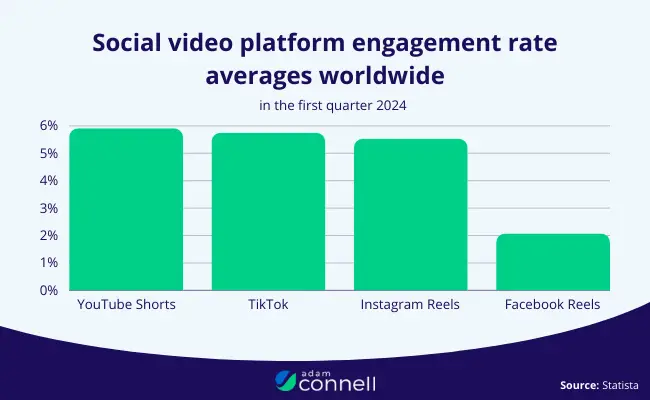

What You Need to Know Before Advertising on YouTube Shorts
Are you ready to scratch the surface and run ads on YouTube Shorts? Take note of these key statistics and must-knows before utilizing YouTube Shorts content to promote your brand:
- YouTube Shorts content receives almost nine times more engagement than regular videos on YouTube, which is attributable to the engagement buttons such as like, share, and comment, which are directly available on the same UI without stopping the video play.
- According to an Adobe Study on short-form content on YouTube, YouTube Shorts videos receive 27% more views than long-form videos.
- Purchase influence through YouTube Shorts is strongest among millennials (34%), followed by Gen X (29%) and Gen Z (23%), according to the same study.
- Moreover, one in three marketers reported a 15-25% boost in web traffic from YouTube Shorts ads, while 50% noted an increase in new subscribers.
- Among all major social media advertising platforms, YouTube has the lowest average rates of invalid traffic, due to its integration with Google’s robust security systems, which help prevent viewbot fraud and inflated web traffic.
Note: If you’re running both YouTube and Performance Max campaigns, be aware that PMax campaigns can see up to a 51% increase in invalid traffic. Extra caution is advised when managing these campaigns.
Further Reading
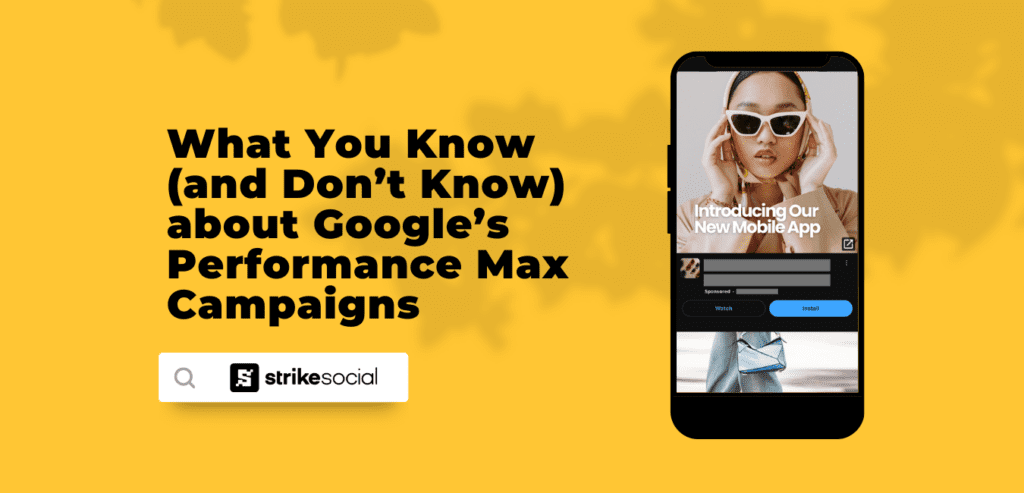

Discover What’s Behind Google’s Performance Max Campaigns
Though Google’s PMax campaigns offer extensive reach, advertisers must be aware of the potential drawbacks, especially concerning ad placement. The unpredictability of online advertising means that with Performance Max, managing where and how your ads are shown can become quite complex.
How To Set Up YouTube Campaigns with YouTube Shorts Ads
If you’re not yet convinced that promoting ads on YouTube Shorts is essential for 2024, consider this: 32% of brands on YouTube are already increasing their Shorts content to boost brand awareness and expand their reach. By integrating Shorts into your strategy, you can be part of this growing trend and effectively engage with a wider audience.
But to maximize the capability of this video format, brands must consider exploring paid media to reach even more targeted audiences and still get the right amount of engagement and impressions you’re looking for.
By tapping highly-qualified audiences, businesses can achieve up to 70% more conversions with YouTube advertising campaigns that include a product feed.
To make sure you’re fully prepared before launching your YouTube campaign with YouTube Shorts, follow the succeeding guide:
YouTube Shorts Ad Specs for Creatives
Like other video advertising formats, media buyers must ensure their creatives adhere to the corresponding YouTube ad specs. So your ad creatives appear appealing to audiences’ views on their YouTube app, here are the YouTube Shorts ads specs to follow:
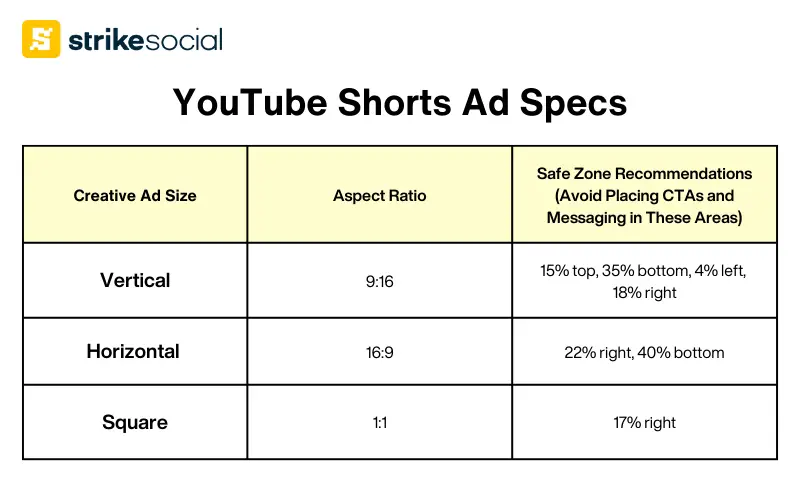

Further Reading




Safe Zone Guidelines for TikTok, YouTube Shorts, and Meta Reels
Discover our guidelines for safe zones across different short-form video ad platforms and access a versatile preset that ensures your ads fit perfectly on any platform you choose.
How to Set Up YouTube Ads with Shorts Placements
Setting up a campaign to advertise your content on the YouTube Shorts feed is easy. It helps promote your videos and drive views, likes, and shares. Here’s how to do it:
1. On your Google Ads dashboard, make sure you’re on the Overview screen. Then, click on New campaign.
2. Select the campaign objective that suits your goals. Most YouTube ad objectives already support Shorts placements. In this example, we will select Awareness and consideration.
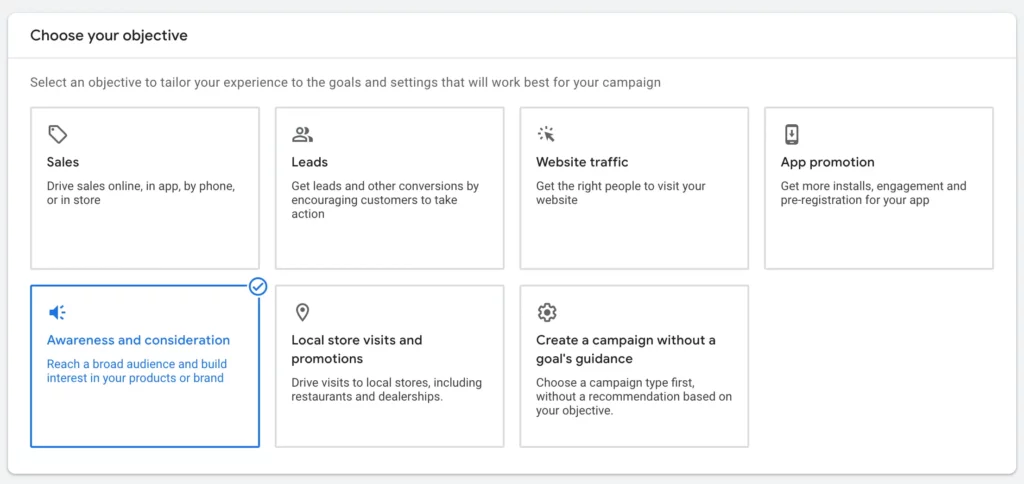

3. Choose Video as your campaign type.
4. For the campaign subtype, choose the one that best aligns with your Shorts and YouTube ads campaign goals. For this example, let’s choose Video reach.
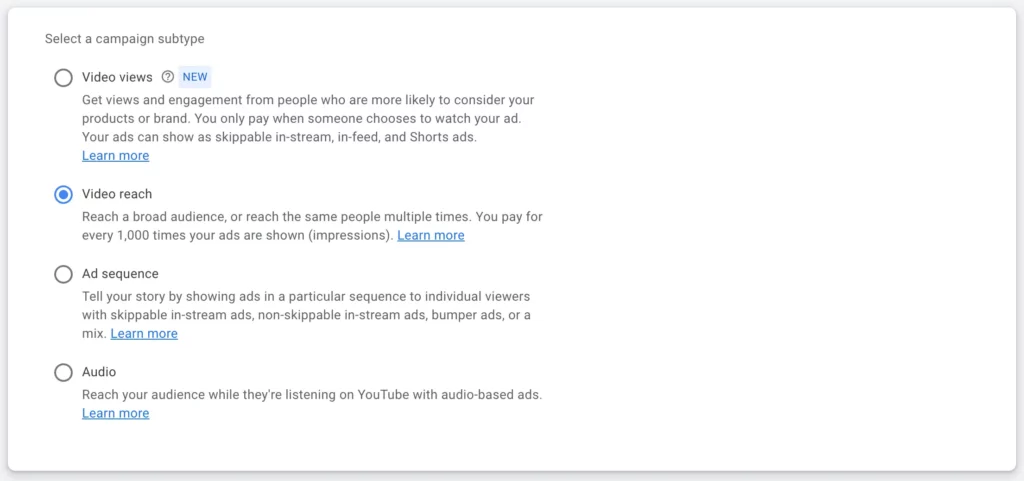

For VRC, Efficient reach should allow you to advertise through in-feed, in-stream, and Shorts placements.
5. In Campaign settings, enter the usual campaign details such as:
- Campaign name
- Bid strategy
- Budget and dates
- Locations
- Languages
6. To ensure your ads appear in the YouTube app as Shorts ads, make sure the checkbox for Shorts ads is ticked under Multi-format ads.


If you’re good with advertising on all placements, you can simply tick the checkbox for “Reach more unique users with multi-format video ads.”
7. Open the Networks dropdown. Here, you’ll see that aside from YouTube, your ads can appear on Google TV* and other video partners on the Google Display Network.
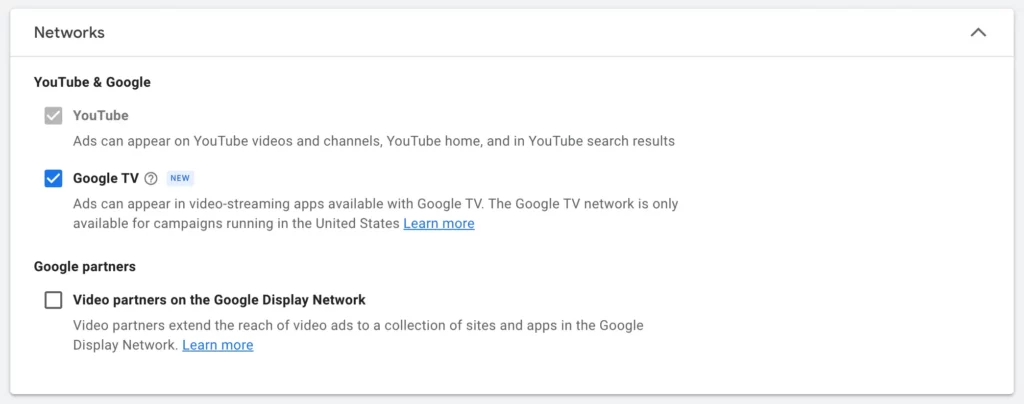

Know that YouTube also has Connected TV distributions on YouTube TV, so your reach can also be maximized to CTV audiences. (*Google TV is currently only available for reach campaigns running in the United States.)
Proceed with the rest of the setup within the Campaign settings section.
8. In the Ad group section, you can now add your YouTube Shorts ads and see a preview of how they look on Shorts placements. (*You must also include a horizontal video ad for in-stream and in-feed placements.)
9. Complete the remaining campaign setup steps. Once everything is in place, click Create campaign.
Best Practices for Running YouTube Shorts Ads
Here are marketers’ best practices when working with short-form content to increase the possibility for ads to be shown on YouTube Shorts.
- Always remember that vertical ads go with vertical viewing. Adjust your ad creative to fit the space perfectly.
- Use Google Ads templates in its video creation tool. If pressed for time, utilize available resources and finish your video in minutes.
- Quality over quantity approach works. Consider each content as an investment. The more effort you put into each video can eventually bring higher returns for your channel.
- Keep your videos short and to the point. 15 to 60 seconds is all the time you have to tell your story. Successful #shorts capture the audience’s attention with a clear and compelling message in a short amount of time. Start your video with an attention-grabbing opening, build your story and then wrap it up with a conclusion or an action.
- Some content niches perform better with Shorts than others. YouTubers are well-received by their audiences because they can break down comedy, travel, science, and information content into bite-sized individual videos.
- Emotion sells. Use emotions to your advantage- include them in your pitch.
- Hashtags matter. Based on our observation, the community is using #shorts, similar to how TikTok users put #FYP on their content.
Scaling Your YouTube Campaigns to Guide Viewers from Awareness to Purchase
With YouTube Shorts proving reliable and effective as an advertising tool for growth strategy, brands and advertisers should consider investing in vertical videos to reach more engaged audience groups. Google will continue to provide various advertising solutions to help marketers drive social commerce — combining YouTube Shorts with different advertising formats that advertisers can take advantage of.
Strike Social’s YouTube advertising strategy is always evolving, just like YouTube continuously creates improvements that help brands get their names and products out there. We have more than a decade of mastery of YouTube campaign management and optimization, which helps brands reach up to 96% completed video views with a 28% reduction in costs.
Interested in learning more about our YouTube advertising expertise? Reach out to our team and we’ll help you achieve your advertising goals at the lowest cost possible.
As the calendar approaches the busiest time of the year, developing discovery and brand awareness campaigns is critical in an increasingly competitive market. Standing out in a newsfeed filled with thousands of media ads creates new brand opportunities. In a fast-paced industry like advertising, where trend creation may happen overnight, it is difficult for media buyers to constantly test what works and what doesn’t. Ineffectiveness due to erroneous setup or inattention to campaign movement can sometimes deter campaign success, especially for multi-platform promotion.
Even for a newcomer in the paid social industry, TikTok has become one of the most potent marketing tools. TikTok ads have helped brands reach the next level through billions of entertaining content, app user engagement, and receptiveness to their native content. According to recent data, over 75% of TikTok users discover new trends and products on the app. FYP page has become a hotbed for future viral content, giving more reasons for users to spend more time watching vertical videos.
There are still client reservations around TikTok. Here are some of the more common hesitations:
TikTok’s Audience Skews Younger Than My Demographic
TikTok is an emerging platform for brands looking for audiences outside the Meta and Google ecosystems. A familiar advertiser’s reservation on TikTok ad conversation “TikTok is great, but my audience skews to an older age group.”
Data from TikTok shows that the platform has multigenerational audiences that are highly motivated to discover new brands and products. A large percentage of its user base is Gen Z and Millennials. Still, the time spent by older age groups is gradually increasing, with more time swiping short-form videos or creating content that’s taking TikTok by storm.
Looking at the chart, 72% of TT users are in the 18+ age range, while just under half are within the ages of 25-55 that have primary purchasing power. TikTok expands rapidly in the audience with greater earnings while maintaining brand loyalty build-ups for younger groups.
Moreover, it is also worth noting that on Facebook and TikTok’s data, their female users outnumber male users; 61% of TikTok’s users are women, while 59% are on Facebook. IRI’s report reflects how female GenZ TikTok users are more likely to be influenced to purchase a product after they discover it on TikTok videos.
Related article: Elevate Organic Growth with TikTok Spark Ad
Which has more ad loads TikTok or Instagram?
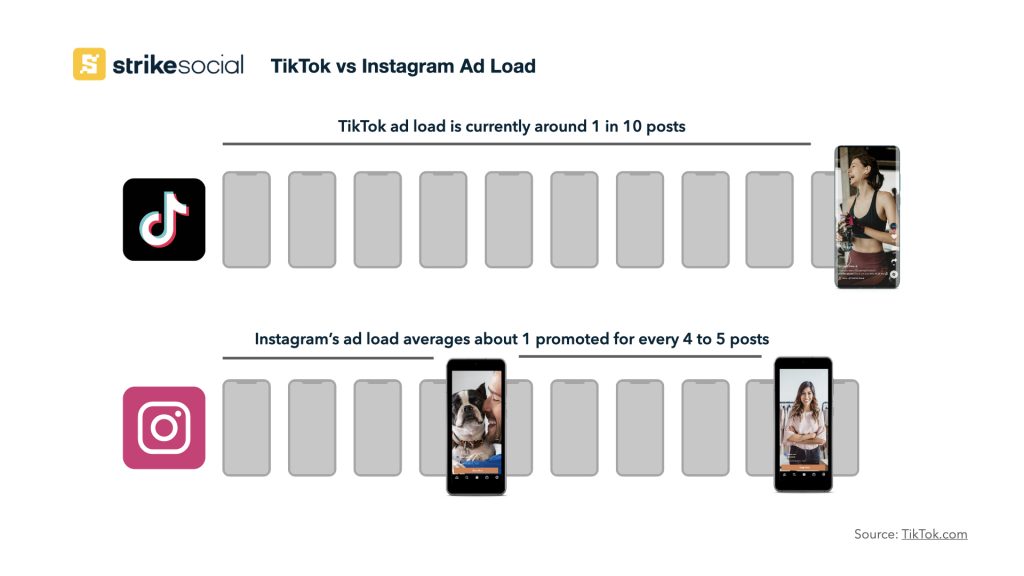

Make TikTok, not ads. TikTok aims to create more hyper-engaging ads through more authentic and relatable content. These fun and entertaining videos draw app users to their screens and introduce them to products used or shown by fellow TikTok community members. Media buyers can leverage high-performing content as it will blend into viewers’ FYP feed, creating more native-feeling videos than watching an ad.
TikTok’s ad load is lighter than competitors, and they plan to keep it that way. Based on a report, 74% of consumers value brands that are keeping their ad loads low. On average, TikTok loads an ad for every ten organic posts, while Instagram has two ads in the same span. As an advertiser, prioritize creating a more impactful ad that produces a lasting impression.
Related article: More ads are coming to Instagram, including your profile feed
Are TikTok Ads More Expensive Than Other Paid Social Platforms?
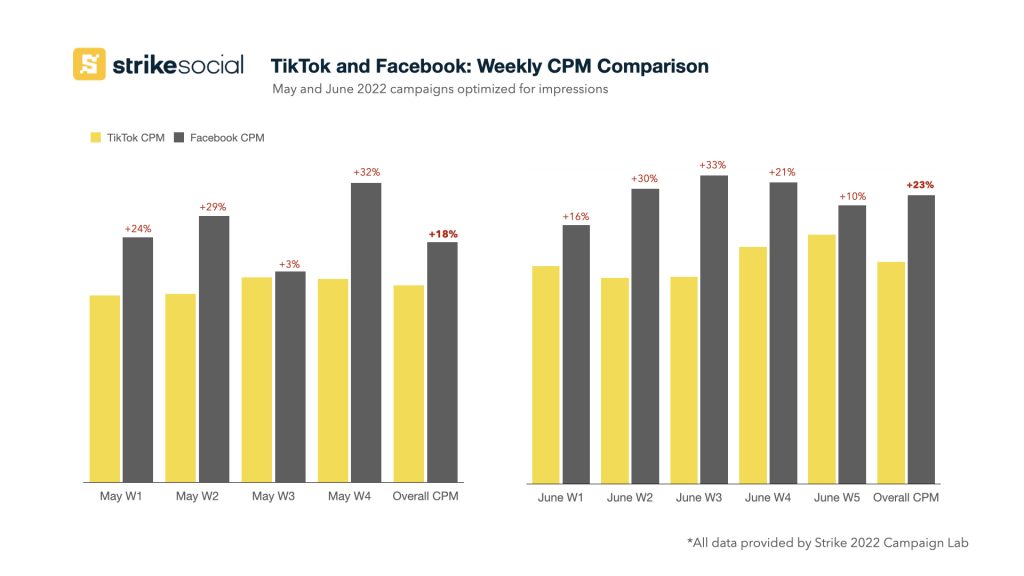

Strike’s media buyers know first-hand the importance of understanding advertising costs and budgets when creating a media plan. Looking at Strike’s aggregated data for campaigns focused on optimizing impressions, TikTok’s monthly CPMs were 18% and 23% more efficient than other platforms for similar campaigns last May and June 2022. The team has seen previous campaigns that have delivered good ROAS. The campaign output will fluctuate as different factors affect the ad auction for all paid social platforms.
Related article: New Social Shopping Ads for an Ever Earlier Holiday Shopping Season
How Can TikTok Brand Awareness Objective Increase Campaign Success
One of the key ingredients in creating a successful TikTok Brand Awareness campaign is building a valuable engagement with app users. With TikTok Spark Ads, brands can boost organic or affiliated creator content as a native ad format to drive more authentic audience interactions. Based on Stike’s data, various optimized TikTok Spark Ads campaigns successfully reached and drove action to the ad.
What Are The Available Ad Formats For Awareness Objectives?
Combining a highly-engaging organic content with suitable ad formats can drive awareness, all thanks to TikTok Spark Ads. On the other hand, here’s a list of different ad formats available for Brand Awareness and Interaction objective campaigns:
| Objective | Format | Optimization | Measurement |
| Awareness and Interaction | Brand Auction or Reach and Video (Auction) Hashtag Challenge (Reservation) Spark Ads (Auction) | Reach and Video Views | CPM Viewability (TBA) Post-Purchase Survey (TBA) Brand lift (TBA) Multi-Touch Attribution (TBA) Media Mix Model (TBA) |
Besides the above-mentioned, TikTok Interactive Add-ons are available for Auction but are dependent on the choice of buying type. In addition to providing consumers with a full-screen ad experience with sound-on, media buyers can generate more engagement by adding the following TikTok Interactive Add-ons:
- Display Card – Card type Interactive Add-ons. Highlight exclusive offer to the in-feed ads by adding cards.
- Voting Sticker – Sticker type Interactive Add-ons. Build a connection with your audience by asking about their preferences through the voting sticker.
- Countdown Sticker – Sticker type Interactive Add-ons. Give the feeling of urgency by adding a Countdown timer sticker to your in-feed ads.
- Gift Code Sticker – Sticker type Interactive Add-ons. Consumers are attracted to promos and discounts. Create an exclusive promotional code for your ad video with TikTok Gift Code Sticker.
Related article: Marketers’ guide to TikTok ad specs
TikTok Advertising Solution Offers Reach and Scalability
Media buyers continue to find the right tool in a competitive landscape where advertisers vie for consumers’ attention and keep viewers from swiping to the next video. TikTok Awareness ad objective provides a solution that will add value to every dollar spent on the platform. Brands can meaningfully connect with a broader demographic, from young and active to older and more established audiences.
As TikTok’s viewer base grows, younger audiences from other platforms are switching to TikTok, forcing advertisers to move ad money. As new users come in, TikTok’s Brand Awareness objective is becoming more efficient in increasing reach and engagement to more eyeballs.
If you’re interested in the latest social advertising news and insights, sign-up for our weekly newsletter.
Social marketers are working just as hard as Santa’s elves to keep up with this year’s advertising holiday shopping season trends. As marketers wanted to put a truckload of coziness and happiness this upcoming season, Q3 has been hampered by the economic downturn creating volatility in the market and unpredictability in the coming weeks. Looking into different factors that may affect the auction dynamics, inflation rate, early holiday shoppers, 2022 Fifa World Cup, and political campaigns, media buyers will continue to pursue every consumer, from those challenged to stretch their budget to affluent shoppers.
A behavior inherited from the pandemic is that consumers have learned to avoid the shopping rush for two reasons: delayed deliveries and big savings from early promotions. In last year’s NRF’s holiday shopping season trends research, 54% of US consumers have crossed out most on their shopping list early to get better deals.
Businesses are equally affected by inflation, disrupting their supply chain. In the March McKinsey survey, 74% of retailers identified increasing supply chain fragility (raw materials, transportation, and warehousing) as the key trend shaping the industry over the 12-18 months. As a result, retailers are increasing their effort to deliver promotional messages across all channels.
Of all the challenges marketers face, two scenarios will continue to create an impact from today until the calendar rolls over to 2023: higher inflation and a possible recession. As consumers slowly paddle back to their old habits, marketers still tread the social advertising waters.
Related article: YouTube Holiday Advertising: A Gift to Marketers
How Overstocking, Inflation, and Other Factors may Affect the Auction
According to GroupM, by 2025, US e-commerce sales are expected to grow by 27%, outpacing global retail sales. Similarly, charts from InsiderIntelligence show that the retail industry will lead the list in digital ad spend growth this year, followed by the revived travel industry.
With inflation at the forefront of the mind of consumers, retailers and advertisers are forced to adapt quickly by kicking off their holiday promotions earlier than usual. emarketer.com survey found that 77% of the respondents admit that their spending is affected by rising inflation. In addition, 41% of small business owners identify inflation as their primary concern.
Based on Strike Social’s consolidated data of the past Q4 YouTube TrueView Instream Skippable CPV data, media buyers may expect a significant increase in ad spending this November.
Over the last few years, advertisers’ holiday rush began a month before December. Data shows a MoM median percentage increase of 13% occurs when most consumers are at their peak of the holiday shopping season.
In November 2020, with the boom of eCommerce, the pandemic holidays pushed ad costs up, jumping by more than 20%, and continued to rally closing the year.
Media buyers may encounter another busy auction this Q4. Inflation impacts consumers’ buying behaviors while companies push all promotional buttons to try and normalize the supply chain entering 2023.
Advertisers’ Tools for the Holiday
Brands can reach new sets of eyeballs and boost sales by leveraging holiday campaigns through the latest ad units to create a more native shopping experience. Social media giants offer new advertising solutions that allow a few swipes or clicks, allowing couch shoppers to purchase without leaving the app.
Combining social commerce with relevant content creates a new form of shopping behavior that allows brands to create a seamless purchase journey. The recent advertising updates open opportunities for advertisers to promote their products or services.
Despite consumers flocking to stores’ doorsteps, social commerce has proven its value to shoppers as they continue to consider purchasing most on their shopping lists online.
But among the top paid social channels, which of these helps media buyers get more value out of the budget? Understand the latest advertising updates and holiday trends.
TikTok Shopping Ads
Although it is new in the social commerce industry, TikTok is catching up by reinventing the traditional marketing funnel with an “Infinite Loop” of social discovery and creativity. TikTok has made its shopping platform more robust by adding shopping ad units like live shopping, catalog ads, and video shopping ads.
There are three new types of Shopping Ads:
- Video Shopping Ads: Using shoppable videos, brands can provide dynamic experiences to drive shoppers to purchase.
- Catalog Listing Ads: It enables brands to increase product exposure with shoppable listings without video assets. They can showcase their product catalogs across the app, including “Recommended” or “Related Products.”
- LIVE Shopping Ads: Dynamic links to products or services are created and shared directly with a brand’s community in real time through live streaming
Through the three latest formats, it can help brands market and sell their products by promoting them on the profile page’s product showcase tabs. Aside from these three, other TikTok shopping ad units that are widely used, such as
- Spark Ads – Creating native content is designed to scale engagement and draw in quality users. Spark Ads lets brands reuse other content creators’ most successful videos to ensure more users see them.
- In-Feed Ads – 60 secs ads with CTAs of choice placed in potential buyers on For You page
Related article: TikTok Shopping Ads: Advertisers’ Solution to Creating Meaningful Digital Shopping Experience |A Guide on How to Set Up TikTok Product Catalog
YouTube Video Action Campaign
Video action campaigns offer a simple way to drive more conversions on and off YouTube. It uses different formats such as
- Skippable in-stream- The video plays before, during, or after other videos. After 5 seconds, the viewer has an option to skip the ad.
- In-feed video formats– It engagingly presents the video, inviting viewers to click, watch, and share through a thumbnail. In-feed video ads are delivered on YouTube search results, YouTube’s mobile homepage, and alongside related YouTube videos.
- Non-skippable in-stream ads- Unlike skippable, the ad is 15 secs (or longer) and plays before, during, or after other videos, and viewers can’t skip it.
- Bumper ads- Like Non-skippable, viewers can’t skip the ad that is 5 seconds (or shorter) and play before, during, or after another video.
YouTube is scaling its Video Action Campaigns and App campaigns to YouTube Shorts.Moreover, advertisers can utilize Google Shopping Ads that include Shopping Ads, Performance Max, and Shopping cards for YouTube.
Related article: YouTube Makes Ads on Connected TV More Shoppable |YouTube Product Feed On Video Action Campaign: A Step-by-step Guide
Meta Shopping Ads
Facebook Shops is a collection of online shopping features that the social platform has released over the years, including:
- Meta Advantage+ catalog- (previously known as Dynamic Ads) Automatically promote the entire product catalog to visitors without creating multiple individual ad sets.
- Collection Ads– The ad includes cover images or videos with multiple products shown underneath that can be browsed instantly once the ad is clicked.
- Collaborative Ads– It drives traffic or sales of the products on a partner’s website or app. Collaborative Ads connect brands that sell directly to consumers with retailers and merchants. The brand’s partner shares a portion of their catalog called a catalog segment.
Related article: Marketers’ guide to Meta ad specs | Sell More with Facebook Shops: Guide to Get Started
Table of Comparison: YouTube, Facebook, and TikTok Shopping Ads
While the holiday keeps everyone busy, it is an excellent opportunity for brands to keep consumers informed and engaged. Top social advertising networks, Meta, YouTube, and TikTok, have released a new set of advertising tools before the holiday shopping season to help advertisers better connect with consumers.
| FAQs | YouTube (VAC) | Facebook (Catalog Ads) | TikTok Spark Ads |
| What are the targeting options? | 1. Content Keywords 2. Topics 3. Placement Display expansion for search | 1. Core audiences 2. Custom Audiences 3. Lookalike audiences | 1. Audience targeting 2. Demographic targeting 3. Interests and behavior targeting 4. TikTok Smart Targeting |
| Does it need a Pixel? | Yes | Yes | Yes and No |
| Does it need a catalog? | Yes | Yes | Yes |
| Can I promote organic posts? | Yes | Yes | Yes |
| Can you preview ads before posting? | Yes | Yes | Yes |
| Is it possible to make it a dark post? | Yes | Yes | Yes through Spark Ads |
| What are the e-commerce partners? | 1. BigCommerce 2. Magento 3. PrestaShop | 1. BigCommerce 2. Channeladvisor 3. Datacacique 4. Quipt 5. Salsify 6. Shopify 7. Zentail 8. Auctiva | 1. BigCommerce 2. EcwidSquare 3. PrestaShop 4. WooCommerce |
| Can it use UGC to promote Shops? | Yes. Google Shopping | Yes. Commerce Manager | Yes through Spark Ads |
| Can I sync products that have multiple SKUs? | Yes supports multi-variant items | Yes supports multi-variant items | Yes supports multi-variant items |
| Can I drive ads towards Shopping Partner Integration? | Yes through Google Merchant Center | Yes through Collaborative Ads | Yes through TikTok Shopping |
| Can I change the audience I’m targeting after I publish my ad? | Yes | Yes, except for image, text, and video | No, you can’t change the targeting setting |
With inflation at the forefront of many people’s minds, retailers and advertisers should consider pushing their holiday sales with early promotions. An always-on campaign running throughout the holiday shopping season and a shopping ad solution can yield significant results. This allows brands to remain in front of many consumers, including early, traditional, and late buyers.
Top social networks have released new tools and updates ahead of the holiday season, just in time for media buyers to familiarize themselves and understand how they can help them create a more meaningful advertising experience for their customers.
If you’re interested in the latest social advertising news and insights, sign-up for our weekly newsletter.
Expand your expertise. Browse Strike Social’s latest blogs here:
- How Facebook Feed Ads Achieve Efficiency in Meta Placements





- Inside Strike Social’s Media Buyer Training 2025





- Finding Cost Efficiency in Meta Ads: Advantage+ vs. Manual Campaigns





- Father’s Day Advertising with Meta Advantage+: Tips for Smart Audience Targeting




- Smarter Paid Search with Google’s AI Max for Search Campaigns




- Google Marketing Live 2025 Recap: Key YouTube and Google Ads Updates for Advertisers




Can advertisers rely entirely on paid social media platforms’ performance to deliver maximum ad in every ad dollar spent? Media buyers should understand the factors affecting advertising effectiveness even when set on automatic pacing.
Allowing social ad managers to run and optimize campaigns seems to be the best route to achieving the best results. The Strike team found a better path to surpassing the platform’s outcomes.
When agencies and brands approach Strike Social, they typically ask these questions in one form or another:
- Can we have the flexibility in our social media strategy to get the best results for our campaign goals?
- What can we do to drive more advertising mileage with less cost?
A new report by Statista explores the current state of social media advertising spending of US companies. A three-year high is expected by 2022, just under $63 billion. With social media being a prominent tool, it is clear that marketers will pick up their spending.
For social networks to keep up with the pace of ad spend growth, they continuously develop ad units to make campaigns more efficient. Because of this, the social media advertising game is getting more challenging for buyers.
New tactical innovations are shaping plans: Google started showing ads on YouTube Shorts, and Instagram reels consume 20% of IG viewers’ time on the app. These new ad units and inventories trigger advertisers’ curiosity about their effectiveness. But can marketers trust the platform to optimize for the best ad results?
Related article: Google Offers Full Advertising Solution with YouTube Shorts Ads
Striking Factors: What The Team Believes Will Affect Advertising Effectiveness
To hit the ground running, media buyers want to ensure that social networks will spend the ad budget effectively throughout the campaign flight dates. When it comes to achieving ad objectives, there are quite a few factors to consider:
- Budget/Cost: The amount brands are willing to spend on a campaign based on their daily budget.
- Days of the Week: Scheduled days for ads to run. Ad results vary based on the target audience’s behavior, even with equal daily pacing.
- Ad set: Identifying the appropriate audiences with high intent to engage delivers excellent CPA.
- Ad: The creative format of brands’ ads determines ad placement availability. Campaign reach may also depend on the creatives.
- Device: Remember, screen size matters in scaling campaign objectives. Each device captures different eyeballs, behavior to ads, and time usage.
- Age: Different age groups have different income levels and reasons for consuming content. Advertisers should follow where consumers spend most of their time with substantial intention purchase.
- Ad Placements: These are ad spaces for advertisers to showcase their campaigns. Each ad placement has specs that marketers should consider to position media appropriately.
Related Article: The Effect of Co-Viewing: Marketers’ Convincing Power on Kids and Parents
Striking Figures: How CampaignLab Identifies The Right Factor
Strike’s proprietary tool predicts and understands the statistics surrounding the campaign. Categorizing the weight of each factor opens options for media buyers to further enhance ad performance.
Using the above charts, Campaign 1 highlights the cost or ad budget influencing the campaign’s success. After optimizing the daily budget, the team looks into a consolidated day-of-the-week performance followed by adsets. While Campaign 2 weighs more on setting the proper daily budget based on machine learning recommendations and considering the running ad balance.
Below are examples of optimizations based on various factors that affect advertising outcomes.
Day of the week – For campaigns that weigh more success on optimizing on days of the week, timing budget allocation daily based on campaign output generates more campaign efficiency. Ideally, moving more budget on days when ad costs are low, and actions are high.
This data shows lower CPM results on Tuesday and Friday based on four-week flight duration. In this project, re-allocate more budget allocation during these days to optimize accordingly.
Budget – Platforms will recommend daily budgets, but minimum spending on requirements does not guarantee results. Your ad costs will fluctuate depending on how competitive the auction is. In other words, recommended daily budget allocations do not guarantee optimal results.
Q4 is always more expensive than other periods, but the last few days of the quarter are also the busiest days for ad auctions. Major holidays like Thanksgiving Day and Cyber Five begin in November, following the most extensive consumer events–Black Friday and Cyber Monday. CPMs remain high through December Holiday and New Year run-up.
Related Article: The Effect of Co-Viewing: Marketers’ Convincing Power on Kids and Parents
Ad – Targeting a broad audience of potential customers without clearly defining the difference between adsets doesn’t give room for buyers to learn what’s working from not. With a fluid budget and fleshed audience segmentation, advertisers will better know which group to focus on when optimizing.
Strike Social’s optimization score can lead to a more cost-efficient campaign. Equipped with historical data, our proprietary tool computes outcomes based on daily inputs and ad results.
While factors defined during planning may or may not impact the campaign’s success, with the team optimizing based on relevant data, our buyers have the opportunity to steer the project to attain better CPA.
Strike Overview
- YouTube Shorts ads now allow advertisers to fully utilize YouTube’s mobile app content, supporting campaigns across the entire marketing funnel, from awareness to conversions.
- At Google Marketing Live 2024, a key update introduced in-app browsing within YouTube Shorts ads, marking significant progress since GML 2022 when Shorts ads were first introduced via Video Action Campaigns (now Demand Gen) and App Install Campaigns.
- YouTube Shorts has evolved into a versatile ad placement, attracting audience attention with brief, compelling videos that produce meaningful outcomes for advertisers and brands.
Jump to Section
Making YouTube Shorts a Core Part of Your Video Ad Strategy
Since the launch of YouTube Shorts, marketers have awaited how Google will utilize this new feature. Rion Austin, Director of Global Solutions, noticed the shift in consumer behavior when deciding to purchase a product. People spend more time discovering brands and evaluating products than buying abruptly after seeing an ad. This trend gave more reason for consumers to spend time browsing on their sofas.
In the U.S., users spend an average of 26.21 hours monthly on the YouTube mobile app, translating to roughly 6.5 hours weekly. Video platforms, especially YouTube, exert a significant influence on consumer buying decisions. Notably, nearly 60% of short-form videos retain viewers for 41% to 80% of their length, demonstrating strong engagement and retention rates.
Marketers utilize short-form videos to provide organic bite-sized information or inspiration content. In a short time, YouTube Shorts has captured 2.71 billion logged-in users each month, with an average of 90 billion views daily. Brands and creators have experienced growth in viewership and channel subscription. In the same effect, advertisers can leverage bottom-conversion campaigns by riding on the popularity of short-form content.
YouTube Shorts Ads Boosts Conversion Campaigns on Mobile Devices
Micro video ads have shown better performance on mobile devices based on Yume and IPG Media Lab research. The content surrounding short-form videos has brought knowledge or entertained app users. Younger generations, Gen Zs and Millenials, have browsed longer on their mobile phones than they intended when watching UGC — typically snackable videos.
Strike Social data echoes the same success in how smartphones drive more ad engagement. Various YouTube Video Action Campaigns results show that mobile has delivered more output than costs.
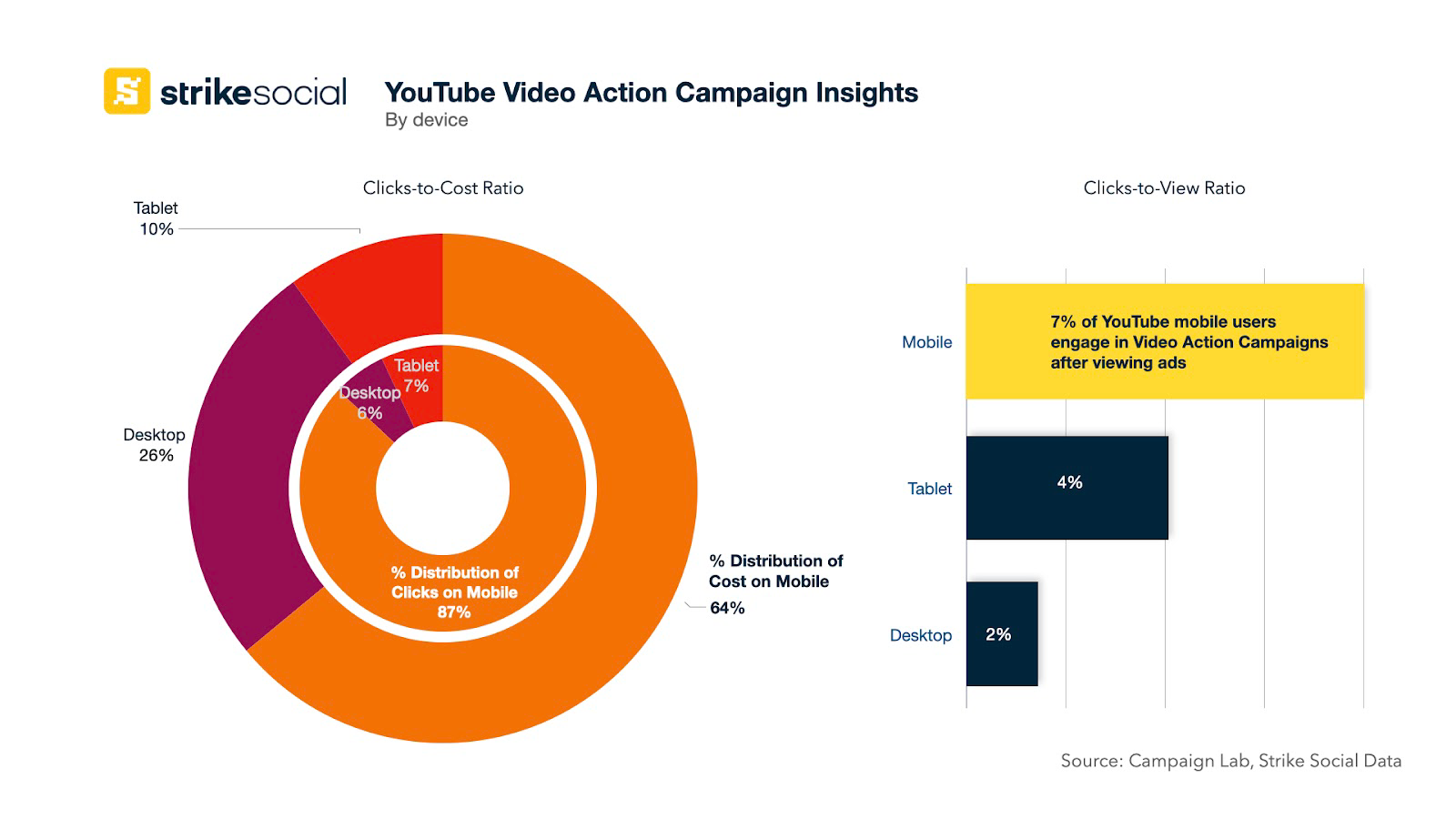

Based on the data gathered, 7% of video viewers engage entirely with the ad after watching it—three times more than desktop users. With the ease of mobile usage, handheld devices continue to impact every touchpoint in the purchase journey.
Further Reading
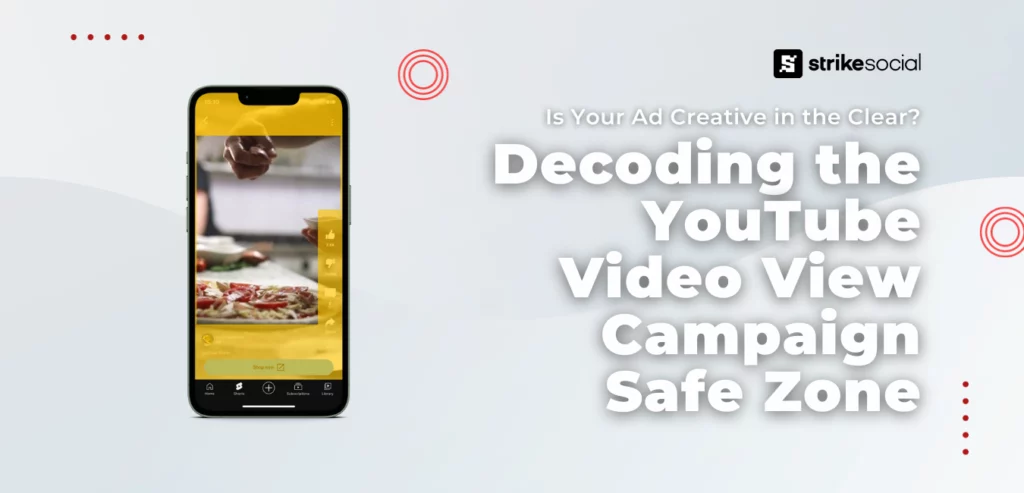

Keep Your YouTube Shorts Ads Within The VVC Safe Zone
When using YouTube Shorts for Video View Campaigns, it’s crucial to ensure that your 16:9 video ads and key messaging remain clear and unobstructed. Adhering to the safe zones ensures your content is displayed flawlessly, no matter where it appears, allowing your message to reach audiences just as you intended.
Video Action Campaign Guide: Create More Action in YouTube Short Ads
Advertisers cannot just rely on budget allocation and ad placements. Understanding the benefits and ad specifications is essential to achieving the desired results. Here are the advantages and guidelines for Video Action Campaigns in preparation for the rollout of YouTube Shorts Ads.
What are YouTube Video Action Campaigns?
Video Action Campaign (VAC) is one of the YouTube advertising solutions that make shopping more convenient through digital video ads. During Q1 of 2022, campaigns running in TrueView for Action transitioned to VAC. The change of name came with an upgrade in performance and efficiency. As of 2024, VAC has been further upgraded to Demand Gen, enabling advertisers to use YouTube Shorts ads more effectively to convert audiences into customers.
What are the benefits when running Video Action ad formats? Google scales campaigns across all devices and inventories. With the addition of YouTube Shorts ads placements, optimizing to drive conversions will be more efficient with consumers spending on short-form videos.
What are the benefits when running Video Action ad formats? Google scales campaigns across all devices and inventories. With the addition of YouTube Shorts ads placements, optimizing to drive conversions will be more efficient with consumers spending on short-form videos.
Video Action Campaign Ad Specs
Skippable In-Stream and In-Feed Video are placements that can display VAC ads, but the layout and functionality differ based on the device. Other ad placements are: YouTube Home Feed, YouTube Watch Page, YouTube Watch Next, YouTube Search Results, Google Video Partners, and the latest addition is YouTube Shorts.
With the possibility of video ads appearing on the YouTube Shorts feed, the ideal video length should be shorter than 60 seconds but at least 10 seconds long. Check the image below for other creative guidelines.
Ideal video length should be less than 60 seconds, but at least 10 seconds or more, as video ads can appear in YouTube Shorts feeds. Check the guide for comprehensive creative specifications and best practices.
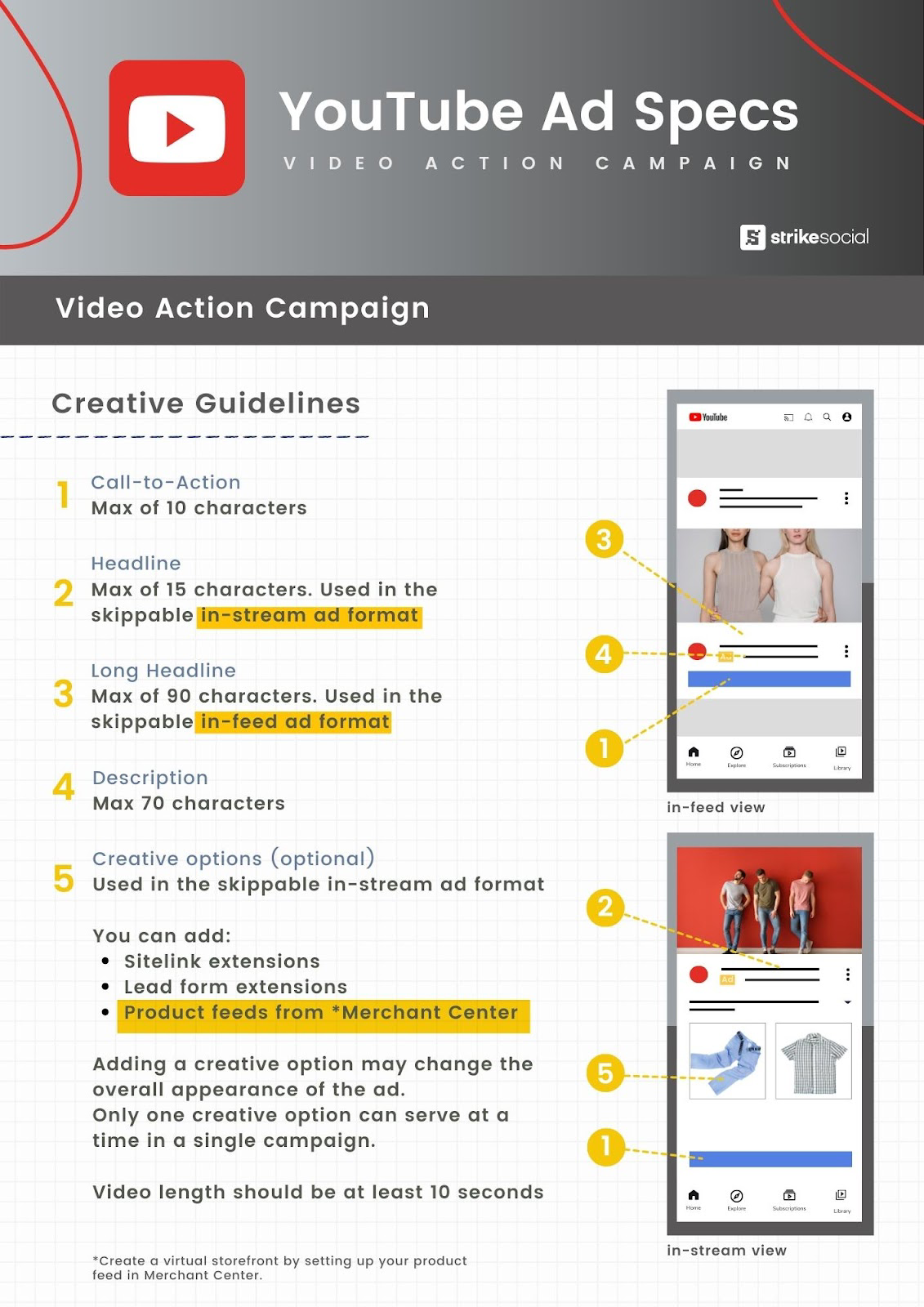

Best Practices for Video Action Campaigns
Budget Allocation
Winning in the auction requires the suitable distribution of the daily budget. Google recommends a 15x or more budget than your target CPA for 7 to 8 days of optimization time. The daily budget for a two-week learning curve will be 10x to 15x of the desired CPA.
Audience Targeting
Create an audience based on search keywords, Customer Match, Data, and Similar segments. Google recommends opt-in optimized targeting. For StrikeSocial clients, our team creates hyper granular targeting and optimizes to campaign with high output efficiency.
Developing Creatives
Hook viewers right from the start. Ideally, for YouTube Shorts viewers, capture their attention in the first 2-5 seconds of your video. Always echo call-to-action on video clips, compelling graphics, or voiceovers.
YouTube Shorts and Long Form Video Ads: Full-Funnel Advertising Solutions
Ads on Youtube are becoming more and more popular among advertisers. Marketers can develop full-funnel video advertising strategies with growing video inventory, offering long and short-form video content.
From scaling views or impressions via co-viewing on Connected TV to influencing purchasing decisions using a micro video ad, YouTube provides a one-stop solution across all devices and objectives in generating more advertising output.
Ready to build up your YouTube advertising strategy from brand awareness to conversions? We’re here to help. Our SWAS (software with a service) AdTech solutions can optimize your campaign outcomes while ensuring cost efficiency year-round. Reach out to our team, and let’s discuss your paid social needs.
Strike Overview
- Choosing between TikTok Spark ads and Non-Spark ads can be challenging since each format offers unique advantages, whether you’re using your own creative or utilizing influencer-generated content.
- With U.S. users spending an average of 58 minutes daily on TikTok, advertisers have ample opportunity to capture attention, regardless of the ad format.
- Understand the differences and benefits of each format to decide which will drive better results for your campaigns: TikTok Spark ads or Non-Spark ads.
Jump to Section
Get exclusive content on paid social media.
Join our mailing list for the latest updates.





This post was updated in August 2024 to provide you with the latest information.
TikTok Spark Ads vs. Non-Spark Ads: What Marketers Should know
In a snap of a finger, advertisers have turned their curiosity into a necessity when talking about TikTok ads. Research shows that more brands are opting to move their ad money as TikTok advertising revenue continues to grow 18% year-on-year, amounting to $23.1 billion, despite ongoing discussions about a potential TikTok ban.
Similarly, Strike Social saw a massive boost in TikTok ad spending. However, with TikTok’s rapid growth, marketers need to determine and understand the usability of the available ad formats, particularly the similarities and differences between TikTok Spark Ads vs. Non-Spark Ads.
TikTok Spark Ads vs. Non-Spark Ads: Which is Best?
As much as you want to know the answer, it should begin with understanding the definition of these TikTok ad formats, learning the availability of objectives per ad unit, and knowing ad specs limitations.
What is a TikTok Spark Ad?
Marketers use this ad format to scale UGC (User-Generated Content) and own organic content. TikTok Spark Ads help drive more eyes and engagement during brand discovery. For a quick reference, this is similar to boosting posts on Facebook and Instagram, but it also has the ability to use influencer feed posts.
On the other hand, TikTok Non-Spark ads are delivered in a standard format to the ‘For You’ page. Video ad placement is seamless, creating a more native content approach with a call-to-action for TikTok app users.
Campaign Setup Differences of Spark Ads vs. Non-Spark Ads
Each TikTok ad campaign is unique. Every detail in media buying directly affects ad outcomes. For example, when advertising your TikTok shop, using TikTok Shop ads can effectively drive sales. Additionally, promoting with TikTok Spark ads can enhance brand authenticity and product promotion, further supporting your overall campaign strategy.
Before switching to your TikTok Ad Manager account, you can run through the table below for a quick comparison when setting up TikTok Spark ads and non-Spark ads.
Ad Campaign Metrics Comparison
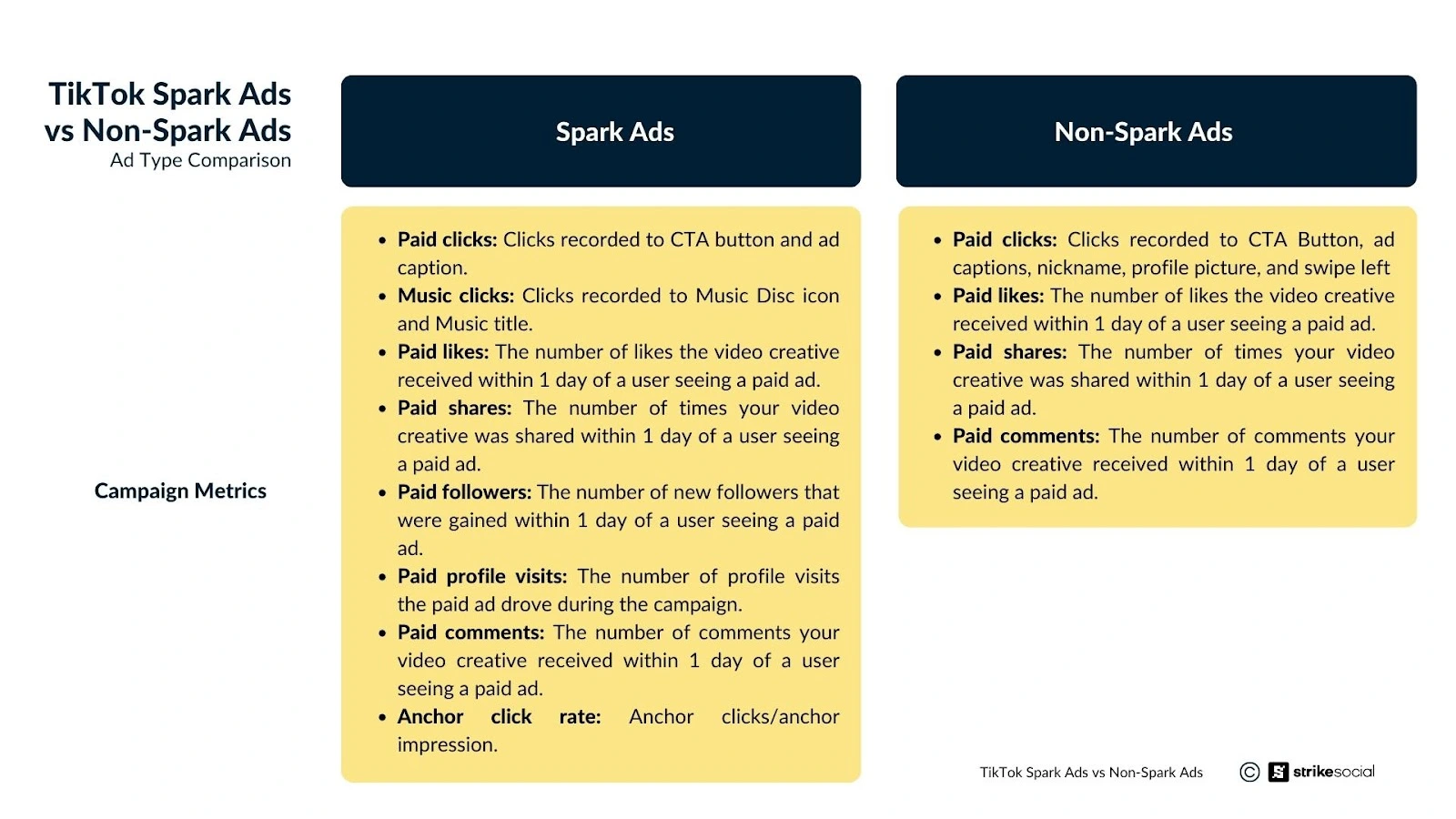

Further Reading



Keep Your Ads Visible with The TikTok Ad Specs Guide
Explore the different TikTok ad formats, along with their creative requirements and dimensions, to effectively plan your next advertising campaign.
Well-curated media plans are the primary tool for successful TikTok advertisements. By creating a more well-defined measure of success for TikTok ads, brands can efficiently take the next step in the sales funnel.
Spark Ads campaign metrics can measure a variety of TikTok ad interactions. TikTok views, profile visit KPIs, follower growth from paid ads, and music link engagement are some indicators that help marketers understand how their target audiences respond to their ads.
Post Type and User Ad Engagement Comparison
In the battle of paid social, platforms that can deliver more native and interactive ad units win consumers. TikTok app users can easily define an ad from native content, but TikTok Spark Ads can further leverage highly engaging organic posts increasing reach and brand discovery without changing the advertising experience.
For digital advertising, users are more receptive to brand messaging when using more instinctive content. Based on TikTok for Business findings, 84% have considered purchasing a product or service after seeing branded TikTok video content.
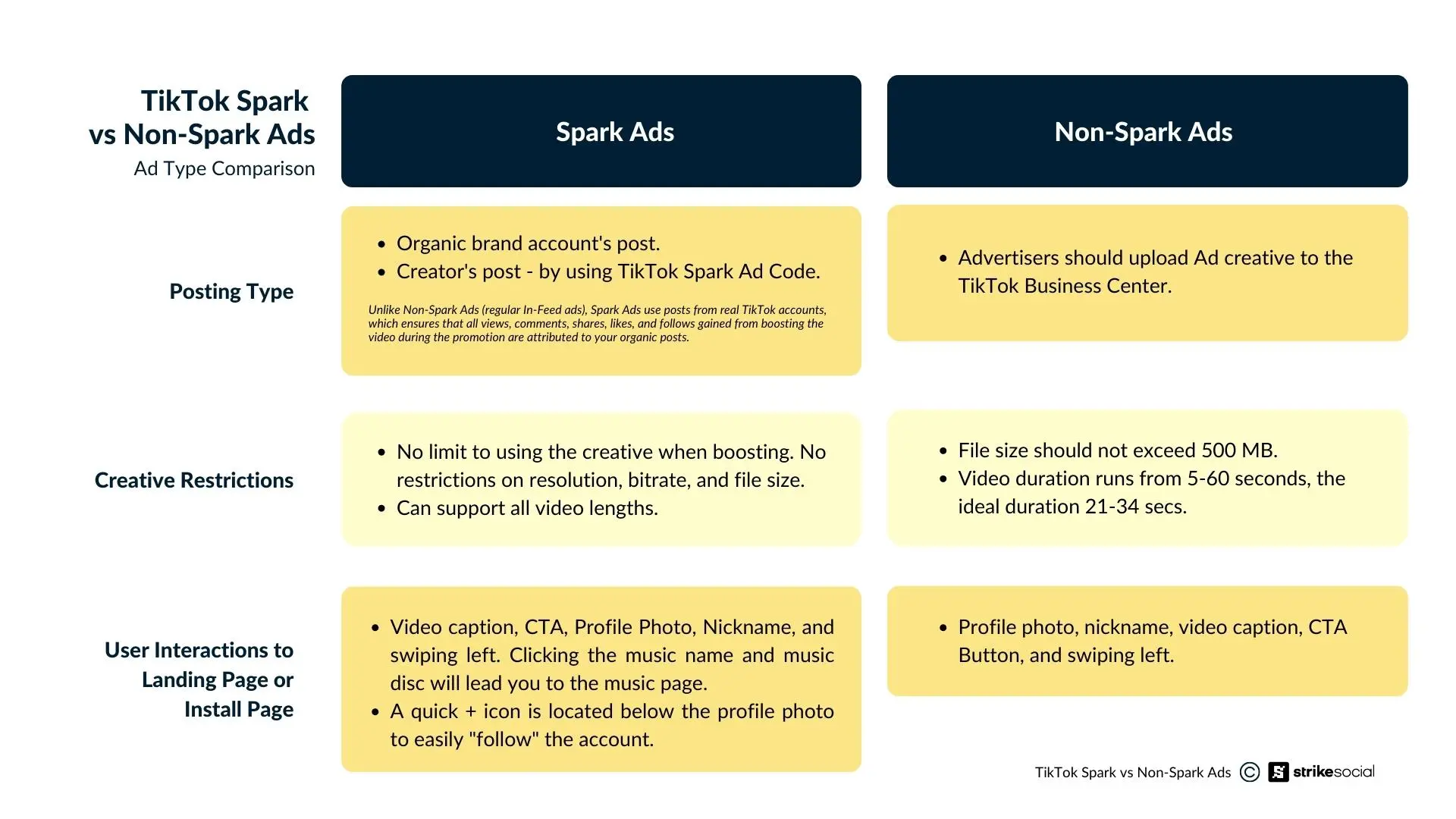

Further Reading
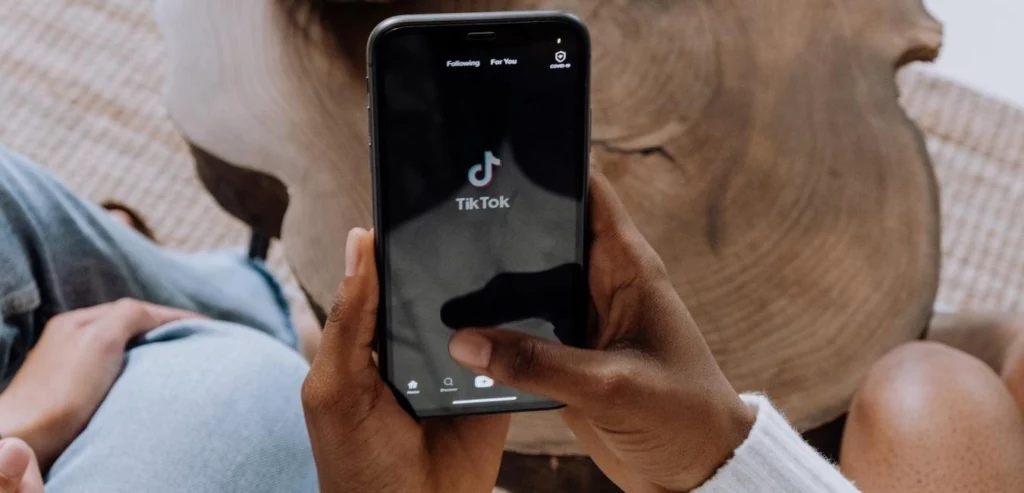

Elevate Your Brand’s Organic Growth with TikTok Spark Ads
Spark Ads allows you to amplify existing video posts or organic content from other creators. You can effectively increase followers, drive genuine engagement, and boost sales by leveraging authentic advertising.
Similar to the importance of understanding campaign metrics, focusing on ad details leads to high user ad engagement beyond simply increasing TikTok views. TikTok Ad Manager adds a few ad structures for different objectives: optimize to more landing pages, app installation, page visits, and boost followings. One recognizable detail is the Add icon, placed under the brand’s profile photo—allowing users to follow the account without leaving the ad.
While scrolling through your TikTok app, you might spot the follow button here:
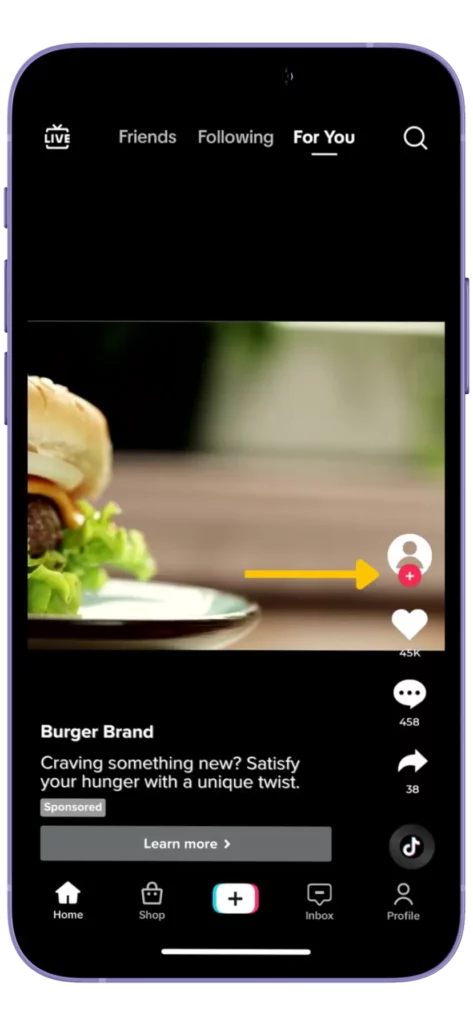

Tips for using TikTok Spark Ads
Unlike Spark Ads, video creatives for Non-Spark ad units are uploaded through the TikTok Business Center. TikTok app users will see the video first as soon as the ad is displayed. Because of that, it will take some time for the TikTok Business Manager to learn about potentially interested consumers.
The existing post presents a different scenario. These TikTok video clips would have gathered audience data through organic engagement or appeared on the For You page, giving them a head start.
Further Reading
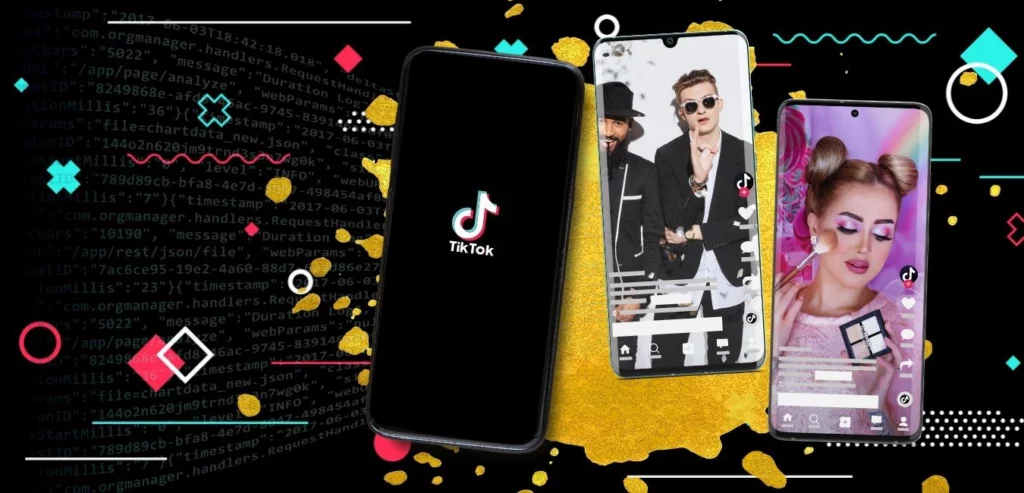

Marketers’ Guide to Understanding TikTok Ads Targeting
Spark Ads allows you to amplify existing video posts or organic content from other creators. You can effectively increase followers, drive genuine engagement, and boost sales by leveraging authentic advertising.
Take a look at this guide to know when TikTok advertisers should choose their organic posts versus creators’ content when setting up TikTok Spark Ads:
When choosing a brand’s organic posts as Spark ads:
- Grow social presence and build the following
- Build the bottom-funnel audience for retargeting
- Ideal to compliment with an Always-On Campaign
When using the creator’s organic posts as Spark ads:
- Boost your campaign with the help of the creators’ content influence
- To develop a more authentic and native feel to your ad.
Staying Above the TikTok Advertising Curve
TikTok has not only captured the attention of most marketers but also convinced them to dedicate a higher share of the budget to their advertising platform. The short-form video app is famous for its creative and authentic content, which provides the same experience as viewing ads.
Get in touch
Partner with a SWAS (Software with a Service) AdTech agency to achieve a 10-20% improvement in your campaign outcomes.
Learn how Strike Social can be an extension of your in-house team.
TikTok Sparks Ads is a new and unique advertising solution for marketers to drive brand awareness and engagement. Its native and relevant video content directly speaks to the community.
Start boosting and discover the advertising efficiency and adaptability of TikTok Spark Ads.
Interested to know more about Spark Ads and other TikTok advertising units? Contact us here.
Instagram Reels in Action
While platforms are battling for the crown of the best short-form video, advertisers benefit as more active and engaging users spend countless hours swiping. Instagram Reels, first launched in August of 2020, only became available in the ad auction in 2022. Marketers benefit because anytime there’s a new part of the Facebook and Instagram supply available in the auction, that’s where the pricing efficiencies are going to lie until the rest of the market catches up.
It’s not new news that Reels and TikTok have a lot of similarities. Many brands are successfully delivering the same TikTok experiences to their Instagram audience. Some brands like Gucci have seen more eyeballs on Instagram Reels videos than on their Feed.
At the time of this writing, comparing the last ten video content of Gucci’s Instagram account, Instagram Reels have an average of 750,000 views per post, while their Instagram Feed gathered 337,000 per post. With a lavishing 48 million Instagram followers, Gucci has doubled its organic reach of short-form content, with a 1.6% audience reach for Reels and .70% for videos on Feed. Top Instagram brands such as Warner Bros., Adobe, Gucci, Chanel, and BMW have similar success with Instagram Reels.
As more users consume short-form videos, Instagram Reels Ads placement is an excellent opportunity to reach more engaging audiences during the discovery stage.
Anatomy of Instagram Reels Ads
Before creating an attention-grabbing Instagram Reels ad, advertisers must first have an idea about the ad spec for Instagram Reels ad placement. Utilizing the same creative for Instagram across ad placements is a common practice. The ad manager will not just insert video creative between organic Reels content, but it will also be presented in different ad sections: Reels, Feed, and Profile. Marketers should be mindful of other Instagram ad specs as video resolution and ratio vary.
Instagram Reels Ad Spec
Like Instagram’s competitors, content on Reels includes unique, relatable, entertaining, and inspiring videos. Video ads on Instagram Reels won’t be different from organic content making it more engaging and less the feel of an ad. Before working on the next Instagram campaign, check the Ad specs for Instagram Ad Reels Placement.
Video Instagram Ad Reels Specifications:
- Resolution: at least 500 x 888 pixels
- Video settings: H.264 compression, square pixels, fixed frame rate, progressive scan, and stereo AAC audio compression at 128kbps+
- Video caption and sounds are optional but highly recommended.
- Suggested ratio: 9:16
- The suggested character length on the primary text should not exceed 72 characters to avoid text truncation.
- The file size should not exceed 4 GB.
- Video duration should not exceed 60 minutes and a minimum of 1-second
- Image upload supported file: MP4, or MOV.
Related: Marketers’ guide to Meta ad specs
Campaign Objectives for Instagram Reels Ad Placement
What is your advertising goal? Ads Manager has its unique way of leveraging campaigns in every ad placement. Aligning the business purpose to the available objective makes Instagram advertising more cost-efficient and effective.
Campaign Objectives options for Instagram Reels ad placement:
- Conversions
- Reach
- Traffic
- Video Views
- Brand
Related: A glimpse into Facebook Ads Manager
Cost and Performance of Instagram Reels Ad Placements
Related: Instagram Stories: everything advertisers need to know
Various factors affect ad costs but ad placements sometimes hold their efficiency based on audience interest and behavior. Instagram’s effort to put Reels in the spotlight created a positive ripple for advertisers to leverage their campaigns.
Using Strike Social recent Instagram campaign data focusing on ad placements, Instagram Reels consistently delivers cost-efficient results when leveraging Video Views across different objectives: Reach (CPM), Clicks (CPC), Engagement (CPE), and Link Clicks (CPLC). Campaigns set up to reach more audiences or explore new users during the discovery phase, Instagram Reels ad placements present almost half of the cost of Feed placements.
Another point to highlight is how it drives high post and page engagements. Reels ads are inserted seamlessly in-between highly compelling organic content. Ad insertions add a more native content approach to IG Reels viewers. It helps increase the opportunity to engage with the video content.
The low cost of Complete Views and Post Engagement can be attributed to the effectiveness of ad placement on Instagram Reels. Our data shows that ads displayed on Reels are fully visible to IG users and likely to trigger an engagement.
Start Embracing Instagram Reels Ad Placement for a Higher Campaign Success
The effectiveness of each ad placement changes based on trends and audience behavior. Back in Q1 2017, during the release of Instagram Stories ad placements, our team saw a similar trend with how Ads on Reels behave. Being a new tool for advertisers, it appears to have less auction competition with massive eyeballs on the new Instagram section.
Now is an excellent window of opportunity for marketers to experiment with how Instagram Reels can help increase the success of their campaign with a more cost-effective approach.
With low CPM and High Video Completion, Instagram can easily detect app users’ connection and interest in the video ads.
With the right creative and optimization based on campaign behavior, Instagram Reels Ads placement can help increase brand awareness, expand reach, and attract engagement to the desired audience.
What made brands decide to move ad money to TikTok advertising?
TikTok advertising has presented itself to marketers as a boat they cannot miss, and big brands have joined the expedition. From an ad revenue of 4 billion US Dollars last 2021, TikTok expects to triple its 2022 advertising revenue to 12 billion US Dollars.
More top brands have decided to boost their TikTok ad spending this 2022, including Abercrombie, Vera Bradley, and Pizza Hut. Krishna Subramanian, Founder of Captiv8 and spearheading employees focused on TikTok, witnessed a significant shift toward TikTok advertising. She added, ” “Brands have moved from just testing out TikTok to making it a budget line item or creating dedicated campaigns for TikTok specifically.”
So what made marketers move advertising money on TikTok? Because of its growing audience and the quality of campaign engagement eventually leads to purchase or conversion. Here’s a guide about the TikTok ads targeting option to understand the paid content algorithm further.
An Overview of TikTok Algorithm in Ad Targeting
TikTok doesn’t just focus on bringing the most relevant content to the For You Page. Still, it aids marketers in leveraging their TikTok Ad campaigns.
Why is TikTok’s Algorithm effective for both organic and paid content? Content curation anchors on the platform’s objective: authenticity, discoverability, and connection. As the number of app users and time spent on the TikTok increases, TikTok’s Algorithm gets innovative in recommending and distributing advertising campaigns.
But the success of any TikTok Ad campaign begins with the right set of audience targeting and keywords.
What are the targeting options for advertisers?
TikTok Ads Manager allows advertisers to serve their campaign to the exact audience with the help of various ad targeting options. It’s essential to understand how these targeting options affect the outcome of your campaign.
Below is a table of targeting dimensions provided by TikTok Ads Manager.
Related: Marketers’ guide to TikTok ad specs
TikTok Location Targeting
TikTok Ads allow marketers to deliver campaigns to audiences in specific areas such as cities, countries, regions, counties, departments, districts, DMA Regions, oblast, provinces, states, and urban communities.
Using location targeting might be tricky, as various signals affect the alignment of location targeting selections. Because of unpredictability, TikTok Ads Manager does not guarantee ad deliveries.
TikTok Ads location targeting examples
| Location Type | Example |
| City | Salt Lake City, Utah |
| Country / Region | United States |
| County | City and County of San Francisco |
| DMA Regions (Designated Market Areas) | Chicago DMA ®, United StatesNew York DMA ®, United States |
| Province | British Columbia, Canada |
| State | California, United States |
Related: Elevate Organic Growth with TikTok Spark Ad
Interest Targeting
TikTok Ads Manager aids brands in finding the right audience through Interesting Targeting. This type of TikTok Ads Targeting emphasizes users’ behavior when engaging and consuming different types of content.
TikTok ad algorithm understands users’ long-term interests and consistent platform activities. Interests and content interactions make TikTok Ads targeting more precise when reaching relevant audiences. Below is an image of the TikTok Interest targeting list.
TikTok ad targeting via relevant interests is like sharing with TikTok Business Manager the type of audience you want to display video ads to. Selecting Tier 1 interest category targets wider audiences while using multi-tier categories targets a more specific app user.
TikTok ad targeting algorithm expounds the interest targeting based on user profile. When checking campaign performance, TikTok will also show the associated interests of users who have engaged even outside of selected interests.
TikTok Behavioral Targeting
TikTok Behavior Targeting defines recent user interaction with organic and paid content, including recent engagement on creators’ following and profile visits. This type of TikTok ad targeting concentrates on how users consume and actions to the content.
Types of Behavior Targeting
- Video-related Behavior Targeting – Advertisers can reach audiences based on the most recent interaction with the video content category. Below is a list of video categories for TikTok Ads Video-Related Behavior targeting.
- Followers Behavior Targeting – Marketers can target users based on certain types of creators’ followship and profile actions. Below is a list of video categories for TikTok Ads Followers Behavior targeting.
Related: Advertisers Convert Facebook Ad Money to More TikTok Ad Spending
How to Optimize Your TikTok Advertising Campaigns for Maximum Performance
At Strike, we consistently believe manual bidding and adjustments on targeting give us more control over costs and placements—General and broader placements over rely on Lookalikes vs. efficiencies to be seen by a more hands-on approach. We may keep the budget at the campaign level to allow for fluidity between Ad Sets, but we advise testing more audiences and Ad Sets than fewer.
To begin with, marketers should have a well-balanced approach to audience creation. Targeting a specific group of users may sometimes lead to higher ad costs, while broader targeting can lead to underperforming campaigns. Setting a general but relevant audience targeting during the discovery stage allows the TikTok Ads Manager smart system to identify potential audiences.
Adjustments on TikTok Ad Behavior Targeting can help optimize plateauing campaigns. TikTok relearns and locates new sets of users through their most recent content or creator interaction.
Either manually adjusting targeting or allowing the TikTok Business Manager to optimize based on the detail given to the algorithm helps improve audience insights and sustainably reduce advertising costs.
Gen Z and Millennials can’t get enough in swiping millions of TikTok content, and advertisers are beginning to follow the trail. TikTok ads are becoming advertisers’ solutions in reaching new markets, considering Facebook ads getting deterred with third-party data.
Last Q3 of 2021, TikTok had 138 million Monthly Active Users in the United States, with 87% of the population being 18 years old and above. The short-form video sharing platform has 631+ Billion Monthly video views and an average of 88 minutes daily time spent on the app.
TikTok’s mission is “Inspire creative and bring joy,” this can be the secret formula in winning the mainstream audience. This new kid on the block is constantly evolving into a platform that attracts young viewers and marketers with diverse and relevant content. TikTok ad units are displayed similar to organic posts, allowing advertisers to provide the same experience but look less traditional video ad.
Tiktok may be the hottest topic on paid social platforms, but how does it compare to the social giant Facebook now known as Meta?
Here’s the real deal about TikTok ads vs. Facebook Ads
Switching some advertising budgets from Facebook ads to TikTok ads comes to mind at agency pitches, client meetings, and marketing strategy sessions. Before pushing the button, here are some things that advertisers should look into.
How much do TikTok ads cost?
TikTok ad costs depend on numerous factors: target audience, bidding method, campaign objective, advertising budget, etc. To understand further, our team gathered actual data of TikTok Ad Campaigns optimized for impression and compared them with Facebook Ads using the same advertising objective.
Based on Campaign Lab, Strike Social proprietary tool, TikTok performed well compared to Facebook. Over the last two quarters, CPM for TikTok ads edged Facebook ad campaigns by 17%.
Another notable observation, during Q4 2021, where bidding is hard-won, TikTok ad campaigns optimized for reach are 22% more cost-effective than Facebook. More than just a new, more expansive set of audiences for reach campaigns, TikToks ads have shown at least 70% higher CTR% than Facebook ads. Users on the platform aren’t hesitant to engage with ads.
Looking into TikTok ad cost, CPM, the platform, has a more manageable price swing than Facebook. TikTok has a gradual cost movement, a 157% increase, from the lowest to the most expensive CPM result. While Facebook might have the lowest CPM output, it has a steep ascend, 1,575% upsurge, to the most costly Facebook ad campaign.
A winning strategy begins with understanding the TikTok Ads Manager
TikTok Ads Manager bidding process looks similar to other paid social platforms. What makes it stand out from the competition is the native organic content that app users produce.
TikTok ads stand out for two things: TikTok offers unique and engaging ad units such as TikTok Hashtag Challenge and creator-focus TikTok Spark ad. At the same time, Tiktok native content sparks curiosity, inspiration and fun, thus creating a more receptive response when seeing an ad. Based on our team’s observation, optimized TikTok ad campaigns perform well on views and clicks.
Related: Marketers’ guide to TikTok ad specs
Take a look at the current bidding methods that advertisers’ can see on TikTok Ads Manager:
- CPM / Thousand Impressions (CPM) – Marketers bid for the most ad exposure and possible reach. Having the right target audience and sets of interests helps attain the most cost-effective ad results. TikTok’s recommended advertising objective for CPM campaigns is Reach.
- Optimized CPM / Thousand Impressions (oCPM) Marketers bid for a thousand impressions for audiences with a high possibility of completing a conversion, becoming a lead, or installing an app. TikTok’s recommended advertising objectives for oCPM campaigns are Conversions, App Install, Lead Generation. Currently, TikTok Ads Manager set oCPM as their default bidding method for campaigns setup for Conversions and App Installs.
- Cost per Thousand Views (CPV) Marketers are bidding for one thousand 2-second or 6-second video views. TikTok will deliver as many video ads to the target audience as possible within specified ad allocation. TikTok’s recommended advertising objective for CPV campaigns is Video Views.
- Cost per Click (CPC) Marketers are bidding for audiences with a high probability of clicking or engaging in an ad. TikTok Ads Manager will attempt to attain target bid cost. TikTok’s recommended advertising objectives for CPC campaigns are Traffic, App Installs, and Conversions.
Comparing the TikTok Ads bidding process with Facebook Ads, Facebook Ads Manager has multiple Key Performance indicators that marketers can align their advertising objectives. Find out all the Facebook Ads metrics here.
TikTok Advertising: Great growth opportunity
TikTok’s unique way to capture the interest is its bite-size, fun, inspirational, and relevant content. Native TikTok content creates a more ad-friendly environment for platform users. TikTok ad’s units are closely similar to the organic content, translating engagement into advertising objectives.
What’s unique with TikTok ads? The example above showed that reach-targeted campaigns had significantly higher CTR than similar campaigns on other paid social platforms. Another reason why TikTok has been capturing advertisers’ eyes and ad money is because of its competitive ad costs.
Contact our team to find out how brands can maximize the potential of TikTok ads.
TikTok is an extremely well-curated platform attracting younger generations to spend hours watching vertical videos. Since the lockdown, the popularity of the platform has been steadily rising. With trending videos and hashtag challenges started with the native platform and eventually went out to different socials, it fuels TikTok’s monthly active users’ growth to one billion.


TikTok’s success has been evident for American social app users. Based on Statista’s report, the popular short-short form social app has seen a 107% growth in U.S. users from 2019 – 2021. In comparison, Facebook saw a 4% increase during the same period. TikTok users may not be as massive as the more established socials, but the spurt of TikTok users can be translated to brands, creators, and communities actively engaging in the app.
With over 130 million active TikTok users in the United States, how can brands amplify their ad campaign to increase their TikTok influence and keep up with its ever-growing users? Marketers should turn into TikTok Advertising.
TikTok Spark Ads: Elevate Organic Growth
With more and more businesses seeing value in the TikTok community and creators, the growing video app produces unique advertising formats for brands to utilize.
One of the newest additions to the TikTok list of ad formats is Spark Ads. Like other social advertising platforms’ “Sponsored Ad,” advertisers can maximize an existing organic post through paid ads. However, one distinct feature of TikTok advertising is that it allows marketers to access influencers’ User-Generated Content. Through authentic advertising via creators’ assets, brands have succeeded in growing followers, increasing genuine engagement, and converting sales.
TikTok offers two ad formats, TikTok Promote and TikTok Spark Ads, that focus on increasing followers, website visits, and video views. So what’s the difference between the two campaigns?
Who should use TikTok Promote?
- Boost existing video assets. Users and creators who wanted to boost their existing public video. Music should be original or allowed to be used for commercial purposes.
- Accessibility to analytics. Users and creators can access TikTok Promote through mobile devices. They can also access different ad results such as:
- age and gender of engaged audiences
- video ad responses: video views, likes, comments, and shares
- Number of website visits
- Available objectives. Increase video views, grow followers, and more website visits.
- Perfect for creators. Account users must be 18 years old and above. It must also agree to different TikTok’s ad terms and policies.
Who should use TikTok Spark Ads?
- Boost existing video and related User-Generated (UGC) assets. Advertisers can boost their existing posts or organic content produced by other creators. Influencers can authorize brands to use their content via TikTok Ads Manager.
- Accessibility to analytics. TikTok Spark Ads has in-depth analytics with ads reporting compared to TikTok Promote.
- Available objectives. Campaigns with the objective for Reach, Video View, Engagement (beta), Traffic, Conversion, and App Install can be accessed through auction ads. While Frequency (beta) and Reach are accessible through TikTok Reservation Ads. TikTok Spark Ads offers a more extensive audience targeting and ad controls.
- Perfect for brands and businesses. Marketers can magnify the success of an organic post through paid ads. The ad campaign connects them with the existing engaged users and targeted audience.
Related post: Marketers’ guide to TikTok ad specs
Bring the “Spark” to your next ad campaign
Related: Marketers’ guide to TikTok ad specs
According to our data, most of our partnered advertisers use TikTok for impression campaigns to reach and deliver ad messages to younger age groups as these users spend more time on TikTok vs. other social platforms. With 47% of active TikTok U.S. users, a combined age group of 10-29 years old, advertisers can now engage with this young and dynamic group of audiences.
TikTok also reported that Spark Ads via Auction had produced a 30% increase in Video Play Over Rate and a 170% increase in engagement vs. Non-Spark ads.
Overall, the native content in the platforms creates a positive emotion to app users; dancing with a friend, family members participating in hashtag challenges, or recreating viral and entertaining events. The emotion that these User-Generated Contents create a positive impact on TikTok ads. 56% of users said they feel more optimistic about brands they have seen on the platform.
Businesses should capitalize on the different TikTok ad formats and allow the audiences to discover a more authentic part of their brand. In return, users will stay engaged and increase the digital footprint in the platform.
Strike Overview
- How can you tell if your YouTube advertising costs align with industry standards? Are you maximizing performance or missing out on potential cost efficiencies?
- With YouTube ad spending increasing by 13% year over year, advertisers need strategies to manage costs effectively while expanding their reach and appearing on more screens without overspending.
- To do this, it’s essential to understand key cost metrics like CPM, CPV, and others and assess how your campaigns perform against these benchmarks for optimal results.
Jump to Section
This post was updated in November 2024 to provide you with the latest information.
Coming out of an era of video consumption disruption, media buyers are burning their fingers simulating and finding the most cost-efficient YouTube advertising cost. According to CampaignLab data, US video ad spending rose 17% last year. Social video (Non-CTV) saw a 21% increase in ad spend, while CTV video ad spending increased by 13%.
Among all video platforms, YouTube stands out as the primary choice for advertisers, reaching both long-form video watchers and short-form video swipers in all device screen sizes.
The question arises: “How much does a YouTube ad cost?”
Understanding the investment required for every video view or ad click allows media buyers to maximize their advertising efforts without blowing the budget. Whether you are a seasoned marketer or new to YouTube advertising, familiarizing yourself with the diverse ad formats and effectively setting your campaign budget will be vital to leveraging the video platform to its fullest potential.
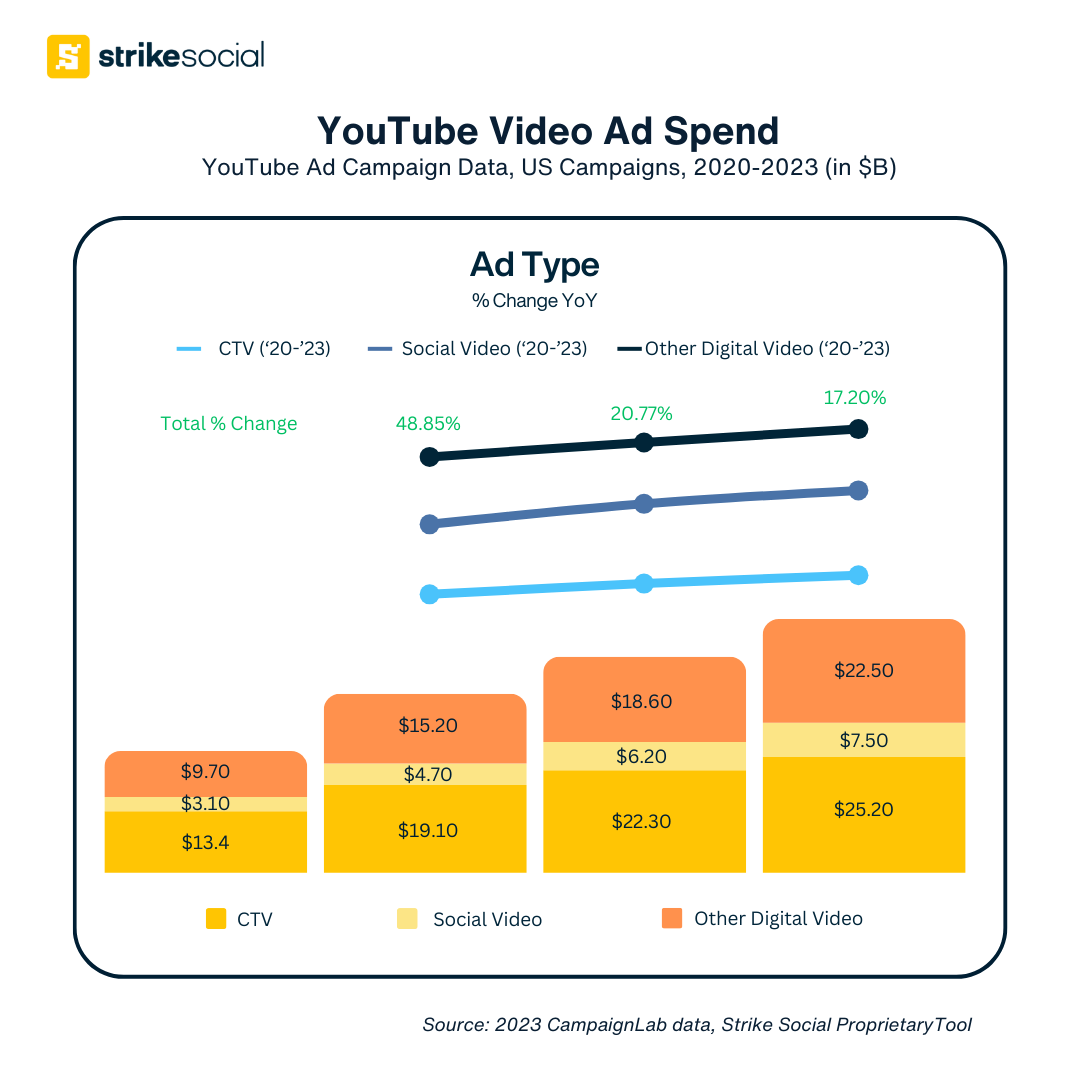

Overview of YouTube Ad Formats
Choosing a suitable YouTube ad format can be daunting for media buyers, especially with the platform’s constant updates and expanding inventory. The selection process is critical as it directly influences the ad’s effectiveness and cost.
Here’s a closer look at YouTube’s various ad formats and how they can align with different marketing goals:
TrueView In-Stream Skippable Ads
TrueView In-Stream Skippable Ads allow viewers to skip the ad after 5 seconds. Advertisers will be charged only when the advertisement is interacted with or engaged with for at least 30 seconds.
This model is particularly effective for those looking to cost-effectively balance reach with viewer engagement.
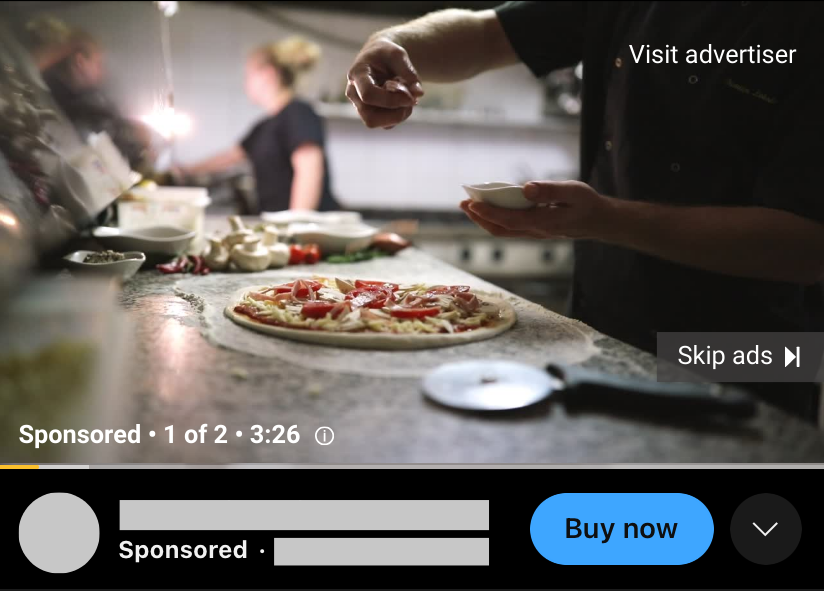

TrueView In-Stream Non-Skippable Ads
TrueView In-Stream Non-Skippable Ads capture viewer attention by ensuring your message is fully delivered without a skip option. These ads, lasting up to 15 seconds, are billed on a CPM basis.
Advertisers must carefully consider the advertising rates to manage their investment effectively, making it ideal for delivering concise and impactful narratives.
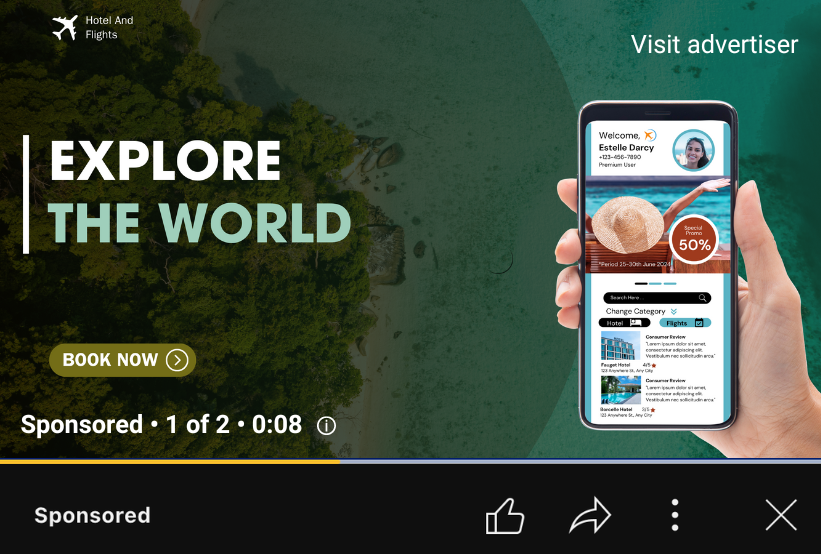

Video Action Campaigns (VAC)
Video Action Campaigns aim to drive user actions by combining the benefits of video advertising with distinct, actionable prompts.
This adaptable format appears across various YouTube placements, including home feeds and shorts, making it an excellent choice for advertisers seeking to enhance ROI through direct viewer actions such as clicks, sign-ups, or purchases.
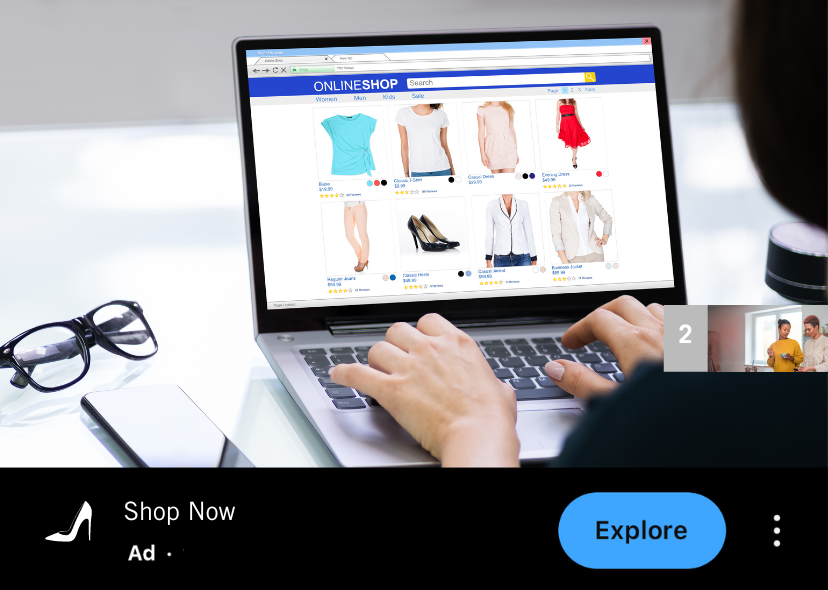

Bumper Ads
Bumper Ads are brief, 6-second, non-skippable ads designed to convey a quick message. Charged on a CPM basis, these ads are perfect for boosting the reach and frequency of a campaign, particularly beneficial for those juggling a YouTube marketing budget across multiple campaigns.
Understanding these ad formats and their respective cost structures is not just about managing YouTube Advertising Costs; it’s about effectively leveraging YouTube’s ad solutions to meet specific campaign objectives.
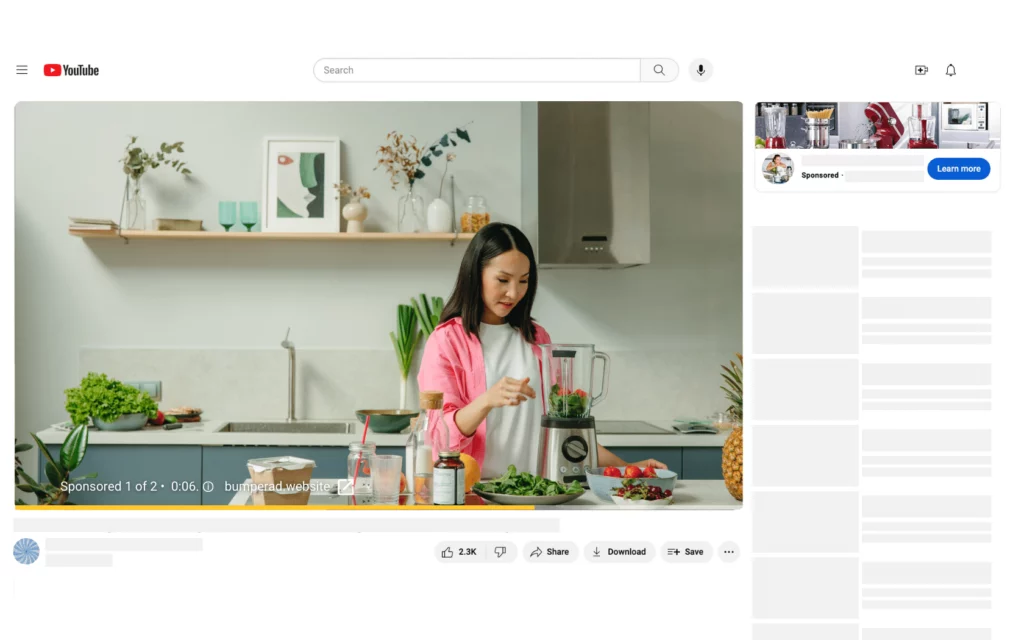

Further Reading
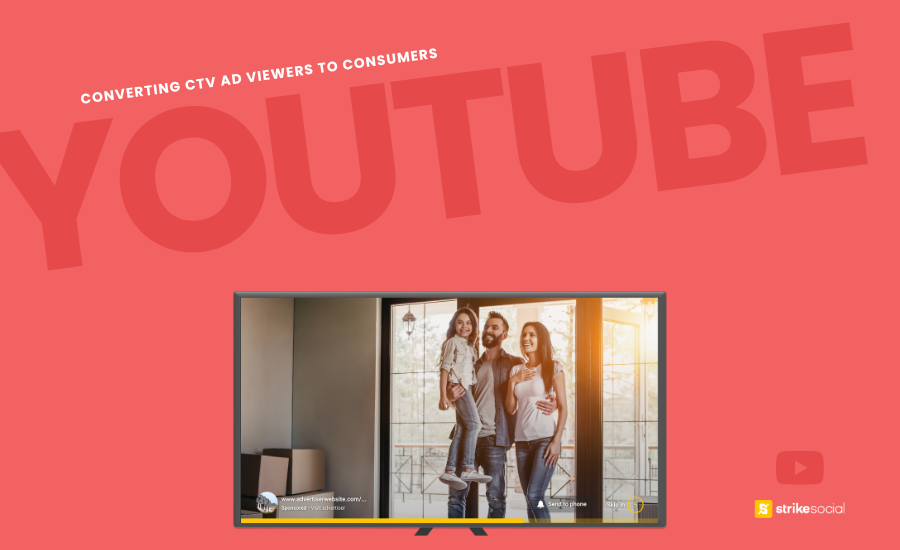

Using YouTube CTV Ads from Awareness to Conversions
Connected TV (CTV) ads are gaining traction as larger screens offer an impactful way to reach new audiences. But is CTV only effective for awareness, or can it also drive lower-funnel actions and support conversion-focused campaigns?
How is the Cost of YouTube Ads Calculated?
YouTube’s pricing model varies based on the ad format chosen, interaction with the ad, and several strategic bidding factors. Here’s how these elements play together to determine your advertising spend.
TrueView In-Stream Video Ads Skippable Ads CPV
YouTube’s viewer-first approach ad format is typically measured by a cost metric, Cost Per View (CPV). The formula to calculate CPV is (Total cost / Total Video Views).


Another metric to consider is the View Rate (VR). This metric indicates the percentage of viewers who watch your ad past the 5-second skippable point. A high VR signifies that your ad captures attention and effectively engages viewers, potentially leading to better campaign results and lower advertising costs.


By analyzing both CPV and VR, you can optimize your TrueView In-Stream Skippable Ads for efficient budget allocation and maximize the attention stickiness of your video ad.
TrueView In-Stream Video Ads Non-Skippable Ads CPM
Known as non-skip ads, this type of ad format is effective for video ads with concise and compelling narratives. The structure of TrueView In-Stream Non-Skippable Ads is to keep the viewers’ attention for 6 or 15 seconds, and advertisers are charged on a Cost Per Mille (CPM) basis. Here’s how CPM is calculated:


An additional metric for Non-Skippable Ads is the Click-Through Rate (CTR), which measures the effectiveness of the ad in encouraging viewers to take an action, such as clicking on a call-to-action link. CTR is calculated by = (Total Clicks / Total Impressions) × 100%. A higher CTR indicates that the non-skippable ad format maintained the viewer’s attention and motivated them to engage further with the content. This ad format aids in driving specific viewer actions beyond mere views.


By focusing on both CPM and CTR, advertisers can understand the cost-effectiveness of reaching a broad audience through CPM trends, While CTR provides feedback on the ad’s ability to engage viewers and drive conversions.
Video Action Campaign CPC
Unlike TrueView In-Stream Ads, which are focused solely on views or clicks, YouTube Video Action Campaigns prioritize conversions, incentivizing viewers to take specific actions, like visiting your website or purchasing. This format utilizes a Cost-per-Click (CPC) model, meaning you are charged only when a viewer clicks on your ad, regardless of whether they complete the desired action. CPC is calculated as = (Total Cost / Total Clicks).


While CPC reflects the cost of acquiring website traffic through ad clicks, it must capture the complete picture of campaign success. In this context, Click-Through Rate (CTR) takes a different angle. Instead of measuring the click rate, consider how many viewers who clicked on your ad converted (e.g., made a purchase, filled out a form). This more profound understanding of the conversion funnel, achieved by tracking both CPC and conversion rate, allows you to assess the effectiveness of your ad in driving meaningful actions beyond the initial click.
Bumper CPM
YouTube Bumper Ads are short, six-second video bursts ideal for delivering quick brand messages, product teasers, or catchy slogans. Due to their brevity, these micro ads pack a punch in brand awareness and reach. Unlike other TrueView formats, they are not charged on a cost-per-view (CPV) basis. Instead, advertisers utilize a Cost-per-Thousand Impressions (CPM) model, meaning you pay each time your ad is shown 1,000 times.
Bumper ads are vital in creating brand recall and memorability, which are essential for brand awareness campaigns. Media buyers can run a brand list study and viewer recall metrics in conjunction with analyzing YouTube Bumper Ad’s effectiveness.
Download our QSR YouTube Case Study
By leveraging YouTube’s Skippable TrueView In-Stream ads and Connected TV, Strike Social achieved a 28% reduction in CPM, maximizing budget efficiency. This targeted YouTube ad strategy ensured the campaign reached the most cost-effective and relevant audiences.
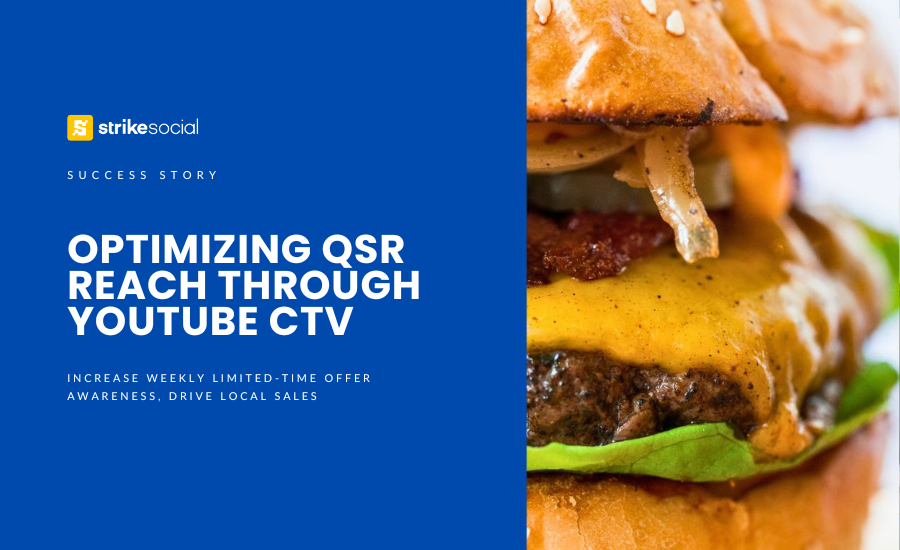

How Much Does Advertising on YouTube Cost in 2024?
Understanding the trajectory of YouTube advertising costs into 2024 requires looking back at historical prices, which serve as a critical prediction baseline. Advertisers can gauge potential cost fluctuations by examining previous year’s trends and preparing their YouTube marketing budgets accordingly.
Over the years, the average cost of advertising on YouTube has seen fluctuations influenced by market demand, platform changes, and the industry’s economic climate. By analyzing these trends, advertisers can anticipate shifts in pricing, preparing for 2024 key events, such as the 2024 Summer Olympics in Paris and the 2024 US Presidential elections.
Factors Affecting YouTube Ad Costs
Several key factors play a pivotal role in determining the cost of advertising on YouTube, each contributing to the dynamic pricing model of the platform:
Ad Format and Selection
- Different YouTube ad formats, including TrueView In-Stream Skippable Ads, Non-Skippable Ads, Bumper Ads, and Video Action Campaigns, come with varying cost structures. Choosing the suitable format to match campaign goals directly impacts overall ad spend.
Targeting Options
- The specificity of targeting parameters such as demographics, interests, and viewer behaviors can affect ad costs. Highly targeted ads may incur higher YouTube advertising costs but result in more effective audience engagement.
Competition and Bidding
- The competitive landscape within your niche or industry influences ad costs. Higher competition for ad space, especially in popular verticals, can drive up prices.
Seasonality and Timing
- YouTube advertising costs can fluctuate based on the time of year, with specific periods witnessing increased advertiser demand, leading to higher costs.
Focusing on YouTube Advertising Costs on Specific Verticals
To provide the most accurate predictions and insights, we focus our analysis on specific industry verticals that showcase significant and consistent data trends. This approach enables us to offer precise guidance on expected YouTube advertising costs and strategies to maximize budget efficiency.
Whether in retail, technology, or any sector, understanding the trends of your industry’s advertising costs on YouTube can spell a big difference in your marketing effort.
YouTube Cost Per View and View Rate for Trueview Instream Skippable
CPV Insights for Trueview Instream Skippable:
- TrueView Instream Skippable Ads typically range from $0.01 to $0.03 per view. This provides a starting point for budgeting.
- Industries like Healthcare & Insurance, Government & Advocacy, and Gambling often have higher CPVs due to intense competition for viewers’ attention.
- Industries like Science & Technology, Toys, and Entertainment generally have lower CPVs, suggesting a more saturated market with potentially lower competition.
- Categories like Food and Pets often fall within the lower to mid-range of the overall CPV spectrum.
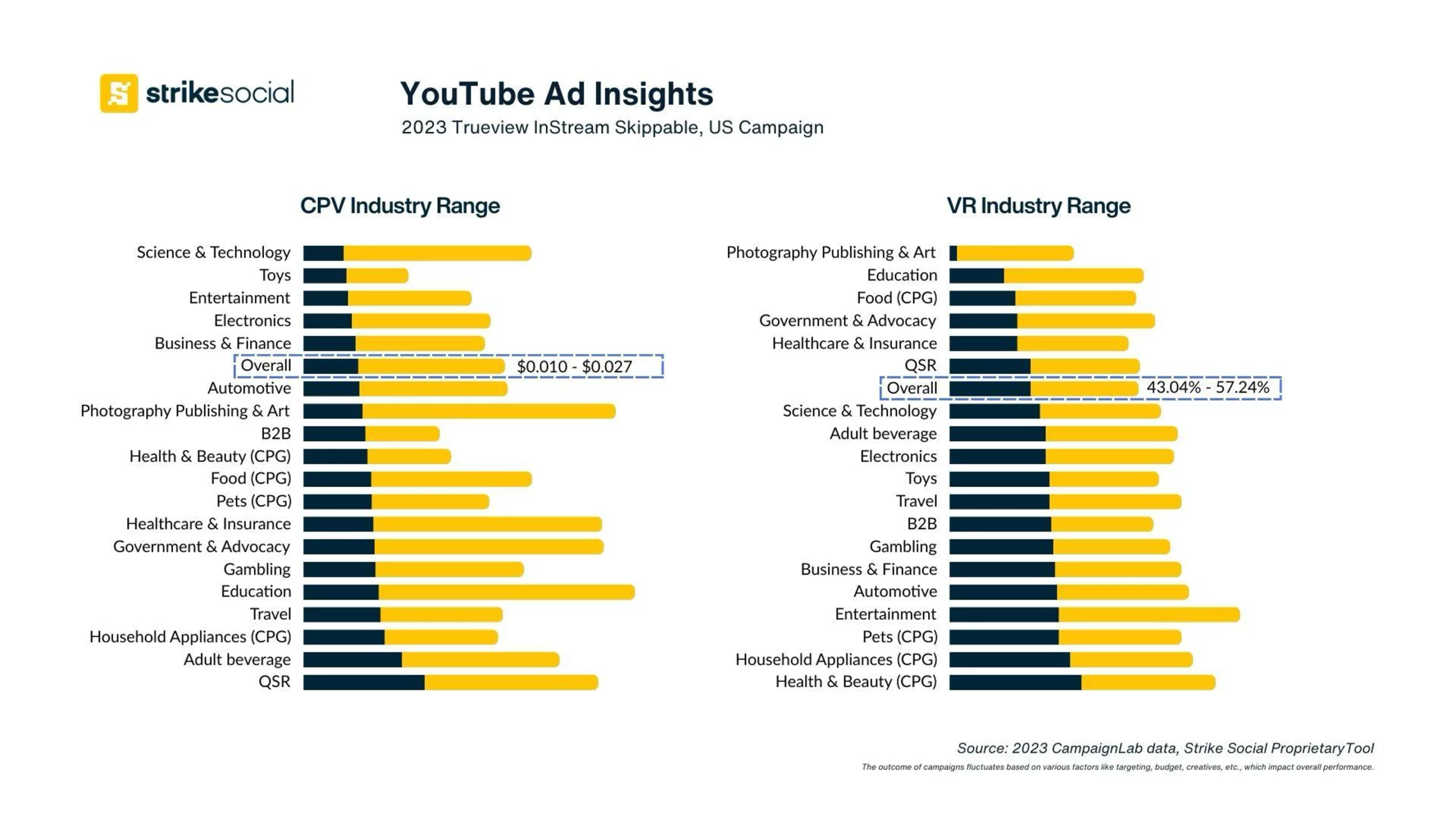

View Rate Insights for Trueview Instream Skippable:
- View Rates typically range from 43% to 57%, with Entertainment content achieving the highest rates (up to 96%). This highlights the importance of engaging storytelling and creative ad formats.
- Education, Food (CPG), Government & Advocacy, and Healthcare & Insurance consistently showcase higher View Rates, suggesting audiences in these areas might be more receptive to video advertising.
- Industries like B2B tend to have a narrower range for View Rates, potentially reflecting the specific targeting and content tailored to a niche audience.
YouTube Cost Per Impression and Click-Through Rate for Trueview Instream Non-Skippable
CPM Insights for Trueview Instream Non-Skippable:
- CPM typically ranges from $5.70 to $12.36, providing a starting point for budgeting.
- Healthcare & Insurance and Government & Advocacy typically have the highest CPMs, likely due to the high value of reaching these specific audiences.
- Industries like Automotive, QSR, and Adult Beverage also tend to have higher CPMs, potentially reflecting competition for viewers’ attention.
- Categories like B2B, Household Appliances, and Pets often fall within the lower to mid-range of the overall CPM spectrum.
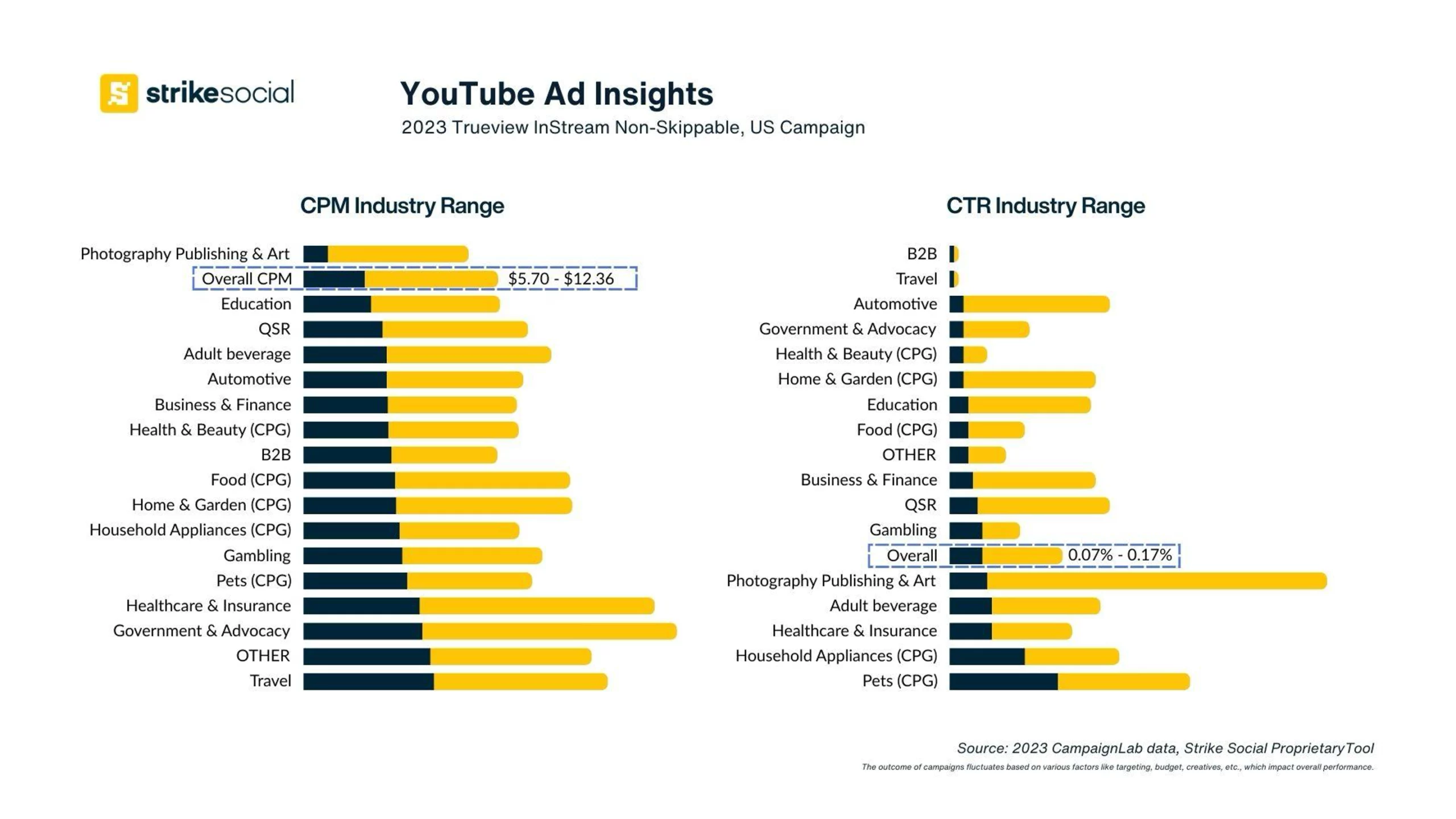

CTR Insights for Trueview Instream Non-Skippable:
- CTR typically ranges from 0.07% to 0.17%, indicating that a small percentage of viewers click on these non-skippable ads.
- Photography, Publishing, & Art content achieve the highest CTRs, suggesting that viewers in these areas are likelier to engage with non-skippable ads that align with their interests.
- B2B, Travel, and Government and advocacy content tend to have lower CTRs because it focuses on brand awareness and lead generation.
YouTube Cost Per Click and Click Through Rate for Video Action Campaign
CPC Insights for Video Action Campaign:
- CPC typically falls between $0.34 and $1.42, providing a starting point for budgeting action-driven campaigns.
- Healthcare & Insurance and Science & Technology generally see lower CPCs, potentially due to a higher volume of searches and engaged audiences.
- Fashion exhibits a narrower CPC range, suggesting a well-defined target audience and potentially targeting lower competition demographics but receptive to ads.
- Industries like Education and Household Appliances often have higher CPCs, which might reflect their focus on driving specific actions, like website visits or purchases, which can be more challenging than simple clicks.
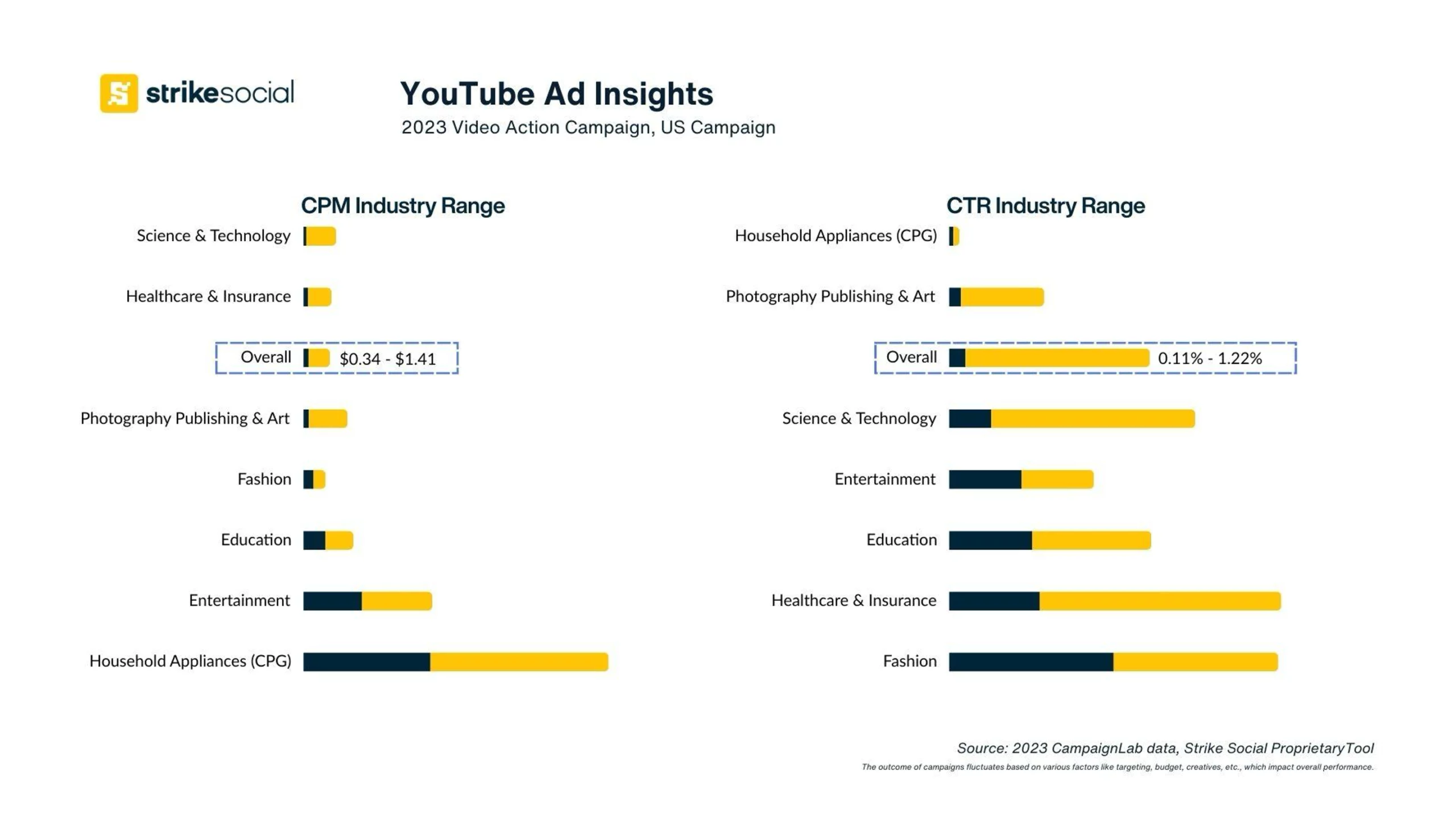

CTR Insights for Video Action Campaign:
- CTR ranges from 0.11% to 1.22%. Remember, these campaigns prioritize conversions, so a lower CTR doesn’t necessarily signify ineffectiveness.
- Photography & Publishing and Science & Technology achieve higher CTRs due to content that resonates with viewers and compels them to click.
- While Entertainment has a high CPC, counterintuitively, its CTR is relatively low. This trend might indicate that the content engages viewers but is not necessarily driven to take action.
- The low CTR for Household Appliances aligns with industry expectations, as online purchases might not be the primary action for this category. They might aim for brand awareness or store visits instead
YouTube Cost Per Impression and Click-Through Rate for Bumper Ads
CPM Insights for Bumper ads:
- CPM typically ranges from $2.87 to $8.02, providing a baseline for budgeting.
- Fashion exhibits the lowest CPM range, possibly due to a high volume of advertisers targeting this audience.
- Travel and Food (CPG) fall within a mid-range, potentially reflecting a balance between audience interest and competition.
- Government & Advocacy and Healthcare & Insurance generally have higher CPMs, suggesting a potentially more engaged audience willing to pay attention to short messages on these topics.
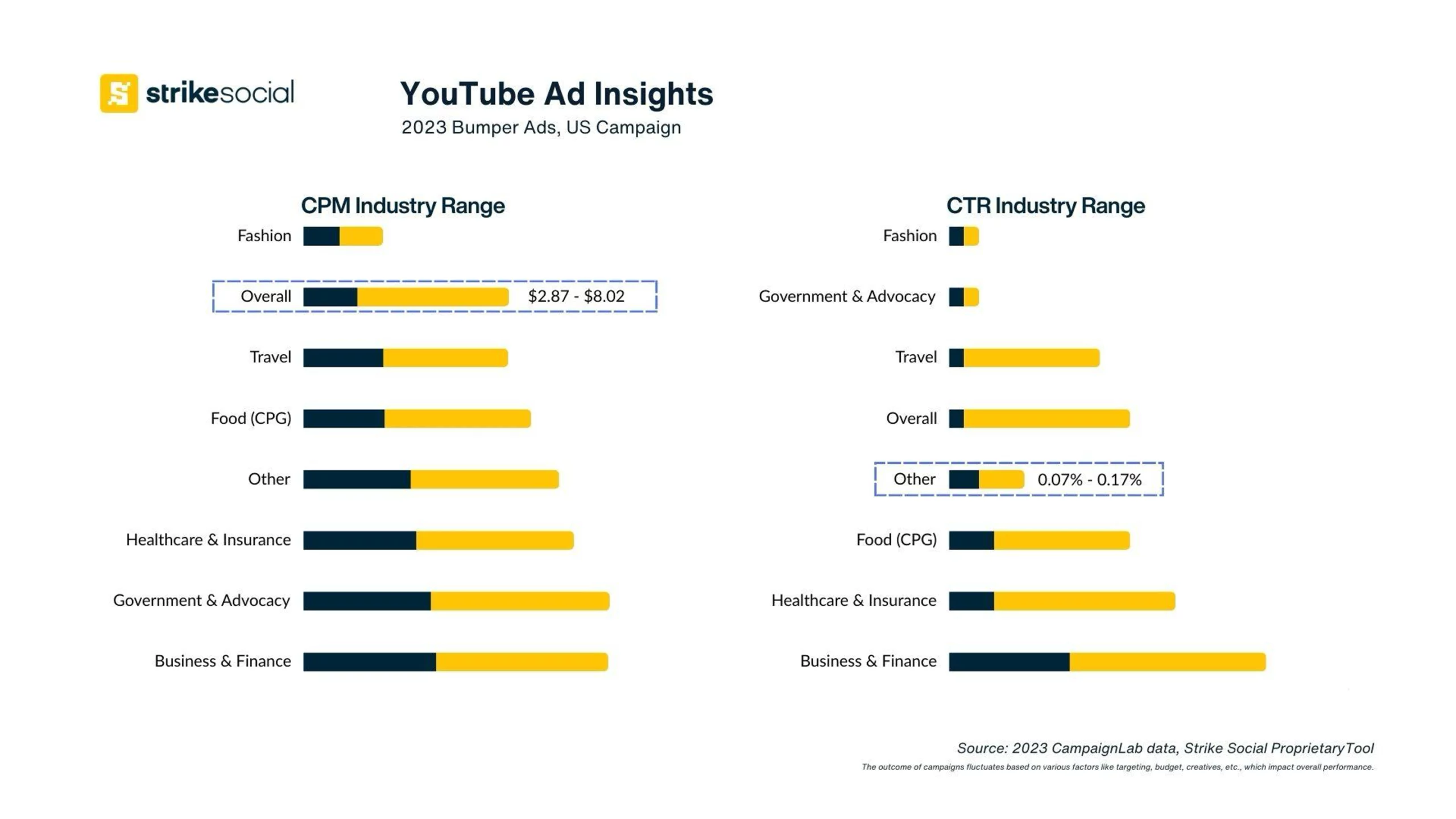

CTR Insights for Bumper ads:
- CTR falls within 0.01% to 0.11%. However, remember that Bumper Ads aim for memorability and brand awareness rather than immediate clicks.
- While Fashion has a low CTR, its consistent brand message across multiple short exposures can still leave a lasting impression.
- Travel achieves a slightly higher CTR than other categories, suggesting that their short, engaging visuals might spark viewers’ curiosity and prompt them to learn more.
- Industries like Food (CPG) and Healthcare & Insurance demonstrate a slightly higher CTR, indicating their ability to spark immediate action or curiosity within a short timeframe.
Striking Gold with YouTube Advertising
While there’s no standard cost when running an ad on YouTube, media buyers can always look back to the historical prices of their previous campaigns. This blog will be an excellent map for advertisers seeking to benchmark when developing budgeting for YouTube campaigns. More than just knowing the cost to run the ad but the knowledge of choosing the suitable ad formats—such as TrueView In-Stream Skippable, Non-Skippable, Bumper Ads, and Video Action Campaigns, increase the campaign ROI.
Our team of experts offers tailored guidance for brands and agencies looking to deepen their understanding of YouTube ad costs and going through the complexities of campaign setup. Drawing on comprehensive industry data and performance metrics, we’re prepared to help you refine your advertising approach to achieve optimal cost-efficiency and engagement.
Strike Overview
- Facebook carousel ads are one of the most engaging formats available to advertisers, driving impressive results across industries.
- In fact, carousel ads generate 30% more clicks than single video ads and 34% more clicks than single image ads. They also deliver 10-12% higher conversion rates than other creative formats, making them a powerful tool for boosting sales.
- With about 200 million daily US users lurking around Facebook pages and content—representing 71% of all U.S. internet users—actively engaging with Facebook content, the question becomes: How can advertisers maximize the potential of carousel ads in Facebook campaigns?
Jump to Section
Get exclusive content on paid social media.
Join our mailing list for the latest updates.





This post was updated in October 2024 to provide you with the latest information.
What are the benefits of carousel ads for Facebook advertisers?
Facebook carousel ads offer an interactive format where advertisers can include up to 10 swipeable cards, each featuring a unique image or video. Each card can have its own headline and link, allowing you to showcase multiple products or services in a single ad. This format not only introduces your brand to your audience but also provides an engaging way to highlight your offerings in a dynamic, visually appealing manner.
Facebook carousel ads can be effective for just about any business or industry. But some businesses and industries have qualities that make them especially well suited for using carousel ads.
Facebook carousel ads may be an especially good fit for you if:
- You want to showcase the visuals of your brand or products. Industries like fashion and travel can especially benefit from the visual storytelling capabilities of carousel ads.
- You have multiple products to highlight. E-commerce stores with diverse product lines can use carousel ads to display various categories in one cohesive ad.
- You’re new to Facebook advertising. Carousel ads are flexible and easy to set up, allowing you to experiment with images, videos, or a combination of both to see what resonates most with your target audience.
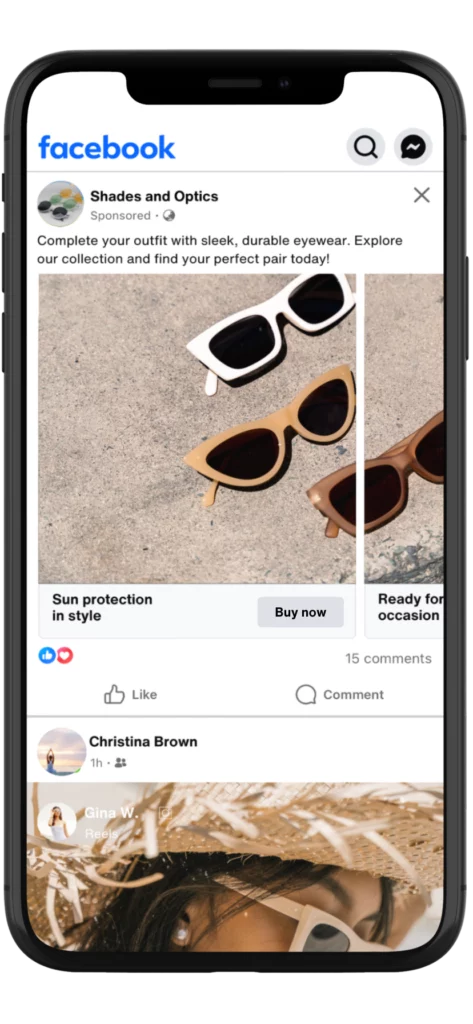

Facebook carousel ads best practices when setting up campaigns
Due to their dynamic and interactive format, Facebook has established specific ad sizes and limitations to ensure carousel ads are displayed well across devices, particularly on the Facebook app. Before launching a carousel ad campaign, familiarize yourself with Facebook’s ad specifications.
Facebook ad specs for carousel ads
The Facebook carousel ad specs can vary based on the placements you choose. If you’re using Meta Advantage+ placements, Facebook will automatically select the best placements for your ads, including Facebook, Instagram, and other sites or apps within the Meta advertising network.
If you prefer manual placement selection, you can choose from the following options:
- Facebook Feed
- Facebook In-stream Video
- Facebook Video Feed
- Facebook Marketplace
- Facebook Stories
- Facebook Search Results
- Facebook Reels
- Ads on Facebook Reels (Overlay)
- Facebook Business Explore
To ensure creative compliance, review the table below for the technical specifications and size requirements for Facebook carousel ads across each placement:
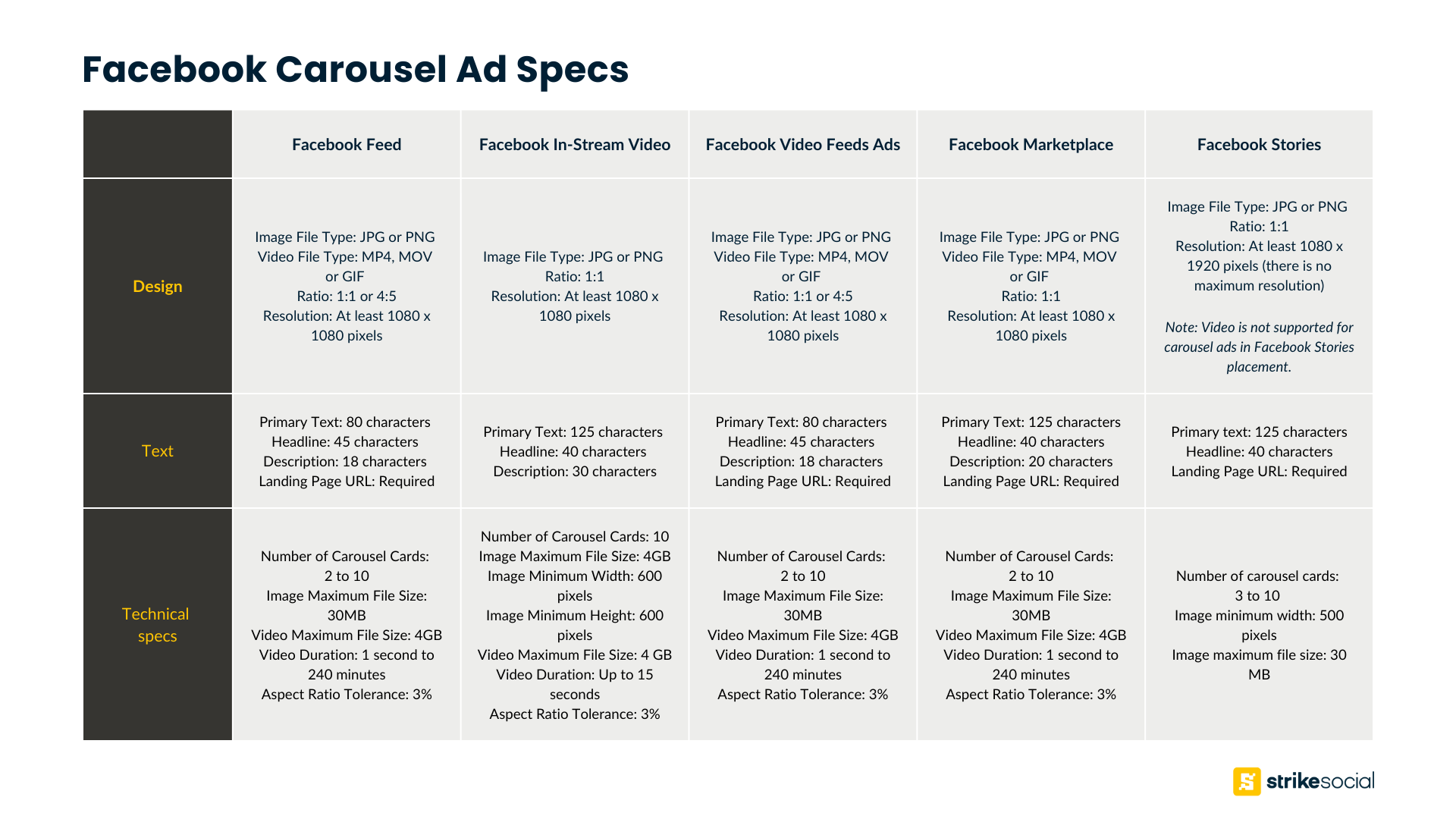

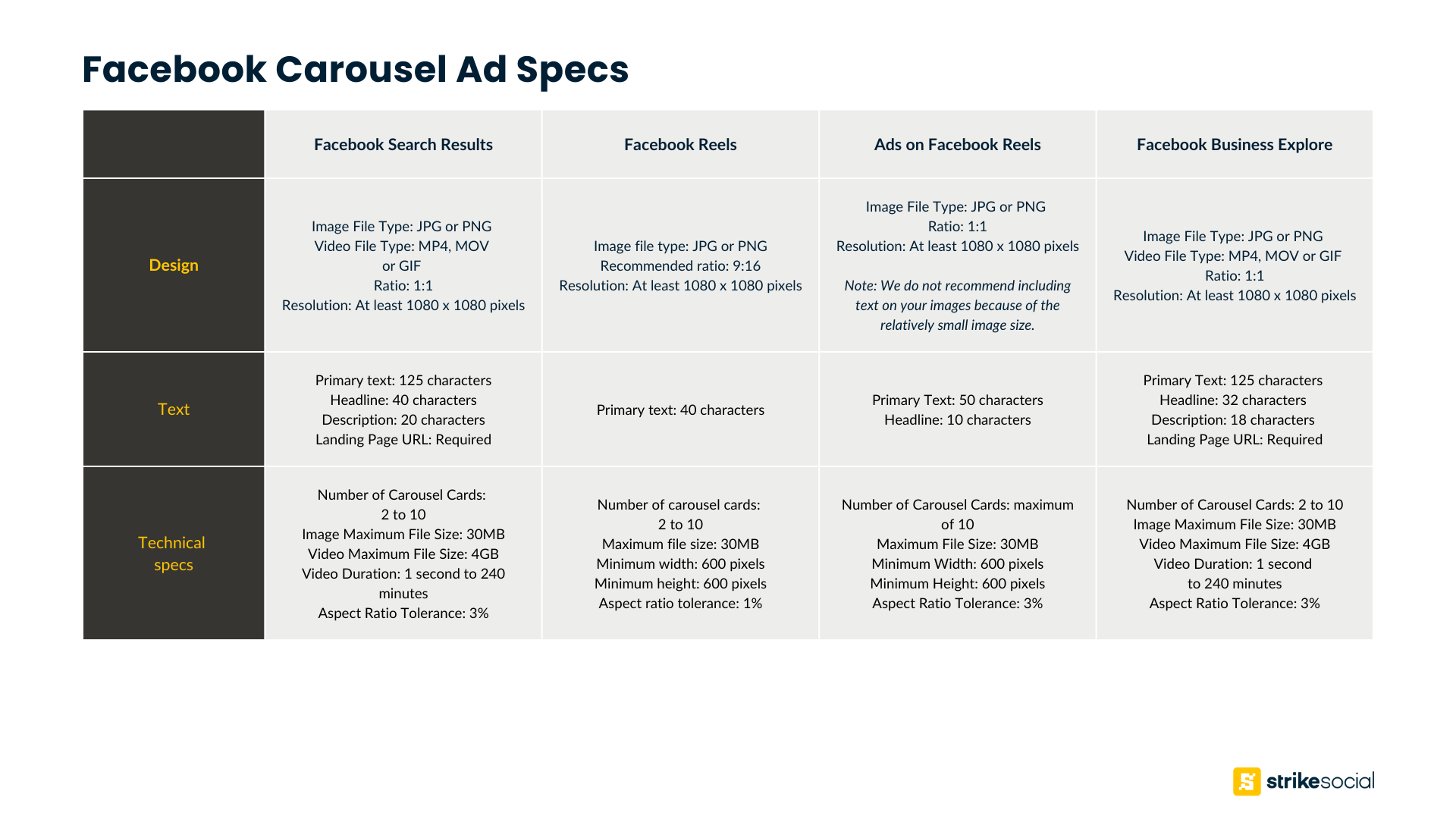

Further Reading
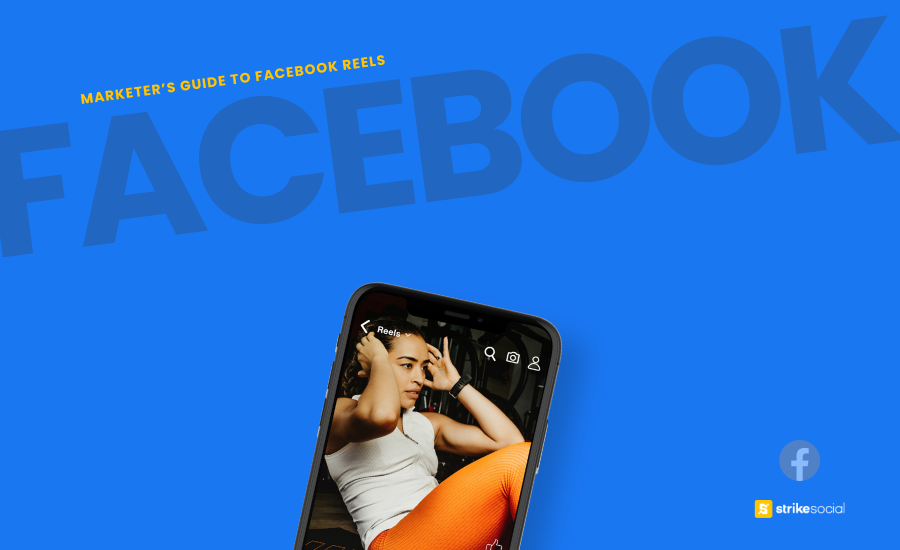

Exploring Facebook Reels Ads? Here’s Your Guide to Getting Started
Facebook Reels provide an interactive way for brands to express their authenticity and connect with audiences. With an easy-to-digest format, Reels are reminiscent of TikTok and YouTube Shorts, offering advertisers a versatile platform to create and refine short videos that effectively grab viewers’ attention.
How to create Facebook carousel ads
There are two distinct ways to start creating carousel ads on Facebook: from your Facebook page or from the Facebook Ads Manager (now Meta Ads Manager).
From your Facebook page
- Go to your Facebook page and click Create Ads in the left-side menu.
- In the following window, start by selecting your creatives. To ensure your ads display in carousel format, make sure to upload multiple images or videos.
- To capture the audience’s attention, include a headline for each carousel card.
- Choose a call-to-action (CTA) such as “Learn More” or “Book Now.” If you want users directed to your website upon clicking the button, select Website as the Button Destination and enter the specific URL.
- Depending on the chosen CTA, you can also include a contact form so users can easily submit their information without leaving the Facebook app.
- Proceed with the remaining ad campaign setup, including budget, duration, and audience targeting.
- Before clicking Publish, preview your Facebook carousel ad in the upper right corner of the screen to ensure everything appears as intended. Click See All Previews to view potential placements within the Meta advertising network.
- If everything looks good, click on Publish.
From Ads Manager
- Go to the Meta Ads Manager. You can add a carousel ad at the campaign, ad set, or ad level. For this example, we’ll add a carousel ad at the ad level for an existing awareness campaign.
- Click on your active campaign, then choose the ad set where you want to add the carousel ad. Click on Create.
- Under Ad Setup, select Carousel as the ad format.
- Scroll to Ad Creative and click on Add Cards. Similar to the previous method, you can combine images and videos.
- Enter a headline and description for each carousel card. For the website URL, input it on one card and click Apply on All Cards to automatically copy it to all other cards in the carousel.
- Finish the rest of your ad and campaign setup.
- You can see a real-time ad preview on the right side of the screen as you update your creatives. Before hitting Publish, check how your Facebook carousel ads appear in different Meta network placements.
Further Reading
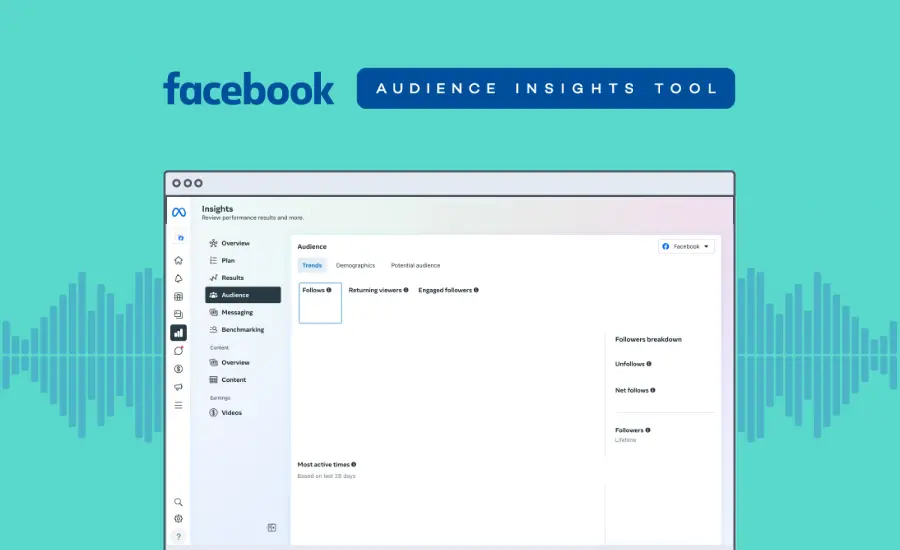

Reach the Right Audience Using Facebook Audience Insights
The Audience Insights tool is tailored to assist brands and advertisers in understanding their target audience better. It offers valuable information, including page likes, geographic locations, household demographics, and purchasing behaviors, allowing Facebook advertisers to connect more effectively with potential customers.
Additional best practices and tips for carousel ads in Facebook
While there are established strategies for using Facebook carousel ads effectively, there is ample room for innovation and creativity. Here are some key practices to consider:
- Put your strongest image first.
- The first image in your carousel ad is the one that your audience will always see, whether they swipe through the rest of the pictures or not. So it’s really important that this image stops the viewer’s thumb and encourages them to check out the rest of the ad.
- Use high-quality creatives and visuals.
- All images or videos must be of high quality and maintain a consistent theme throughout the carousel. Some advertisers opt for a continuous storytelling approach, prompting audiences to swipe to see the complete narrative, while others choose striking visuals to capture immediate clicks.
- Be entertaining and helpful.
- Even if the purpose of your Facebook carousel ad is to drive conversions, it’s best to avoid being a salesman in people’s Facebook feeds. Focus on entertaining, educating, and getting your viewer’s interest and your carousel ads will get a much better response.
Yet another engaging way to advertise on Facebook
As brands increasingly compete for ad space, particularly during peak advertising seasons, it’s essential to captivate audiences with diverse ad formats—especially the swipeable Facebook carousel ads. These ads offer a unique opportunity to keep your audience engaged.
Curious about how Facebook advertising can boost your engagement and conversions? Click here to explore our Facebook ROAS case study and discover how Strike Social can enhance the performance of your Facebook campaigns.
Strike Overview
- Before uploading your creative for a Meta campaign, it’s essential to review the different Facebook ad sizes and formats to make sure your ads are visually engaging and display correctly on all screens.
- Facebook advertising continues to dominate as a top choice for advertisers, with projected ad spend reaching $121.80 billion this year. Its global reach and user engagement make it the most popular social media platform, with 3 billion monthly active users worldwide, including 193 million from the United States alone.
- To achieve success in Facebook advertising, marketers and media buyers must thoroughly understand how the platform works. This includes following the specific Facebook ad sizes to ensure your ads appear appealing to the audience and avoid rejection.
Jump to Section
This post was updated in February 2025 to provide you with the latest information.
Familiarize yourself with the complete list of Facebook ad formats and their respective specifications and dimensions to ensure your ads adhere to the platform’s guidelines and optimize their effectiveness.
2025 Facebook Ad Types and Sizes
As we introduce the diverse array of Facebook advertising options, we will highlight the various Facebook ad sizes and how you can properly showcase your brand to achieve your campaign goals:
Image Size for Facebook Ads
The average attention span on social media is between 1.7 and 2.5 seconds per piece of content. Thus, top Facebook advertisers capitalize on image ads to capture immediate attention, ensuring audiences quickly grasp the brand’s message. Remarkably, a well-crafted image can be as impactful as a full-length video, delivering the desired results for brands.
To optimize the Facebook ad sizes for your campaigns, here are the recommended image sizes for Facebook ads based on the ad format and placement:
Facebook Feed
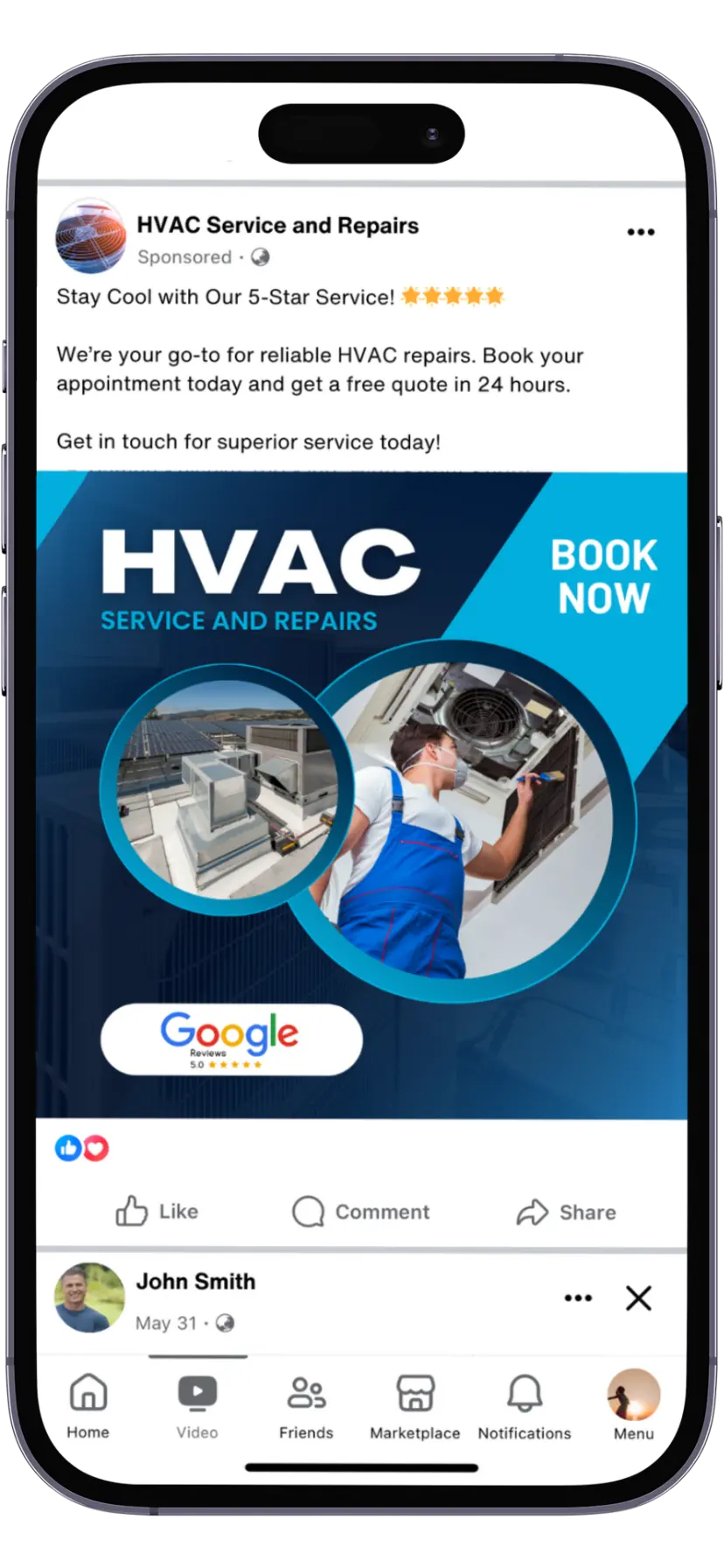

- Design Specs:
- File Type: JPG or PNG
- Ratio: 1.91:1 to 1:1
- Resolution: At least 1080 x 1080 pixels
- Text Limitations:
- Primary Text: 80 characters
- Headline: 27 characters
- Technical Specs:
- Maximum File Size: 30MB
- Minimum Width: 600 pixels
- Minimum Height: 600 pixels
- Aspect Ratio Tolerance: 3%
Facebook In-Stream Video
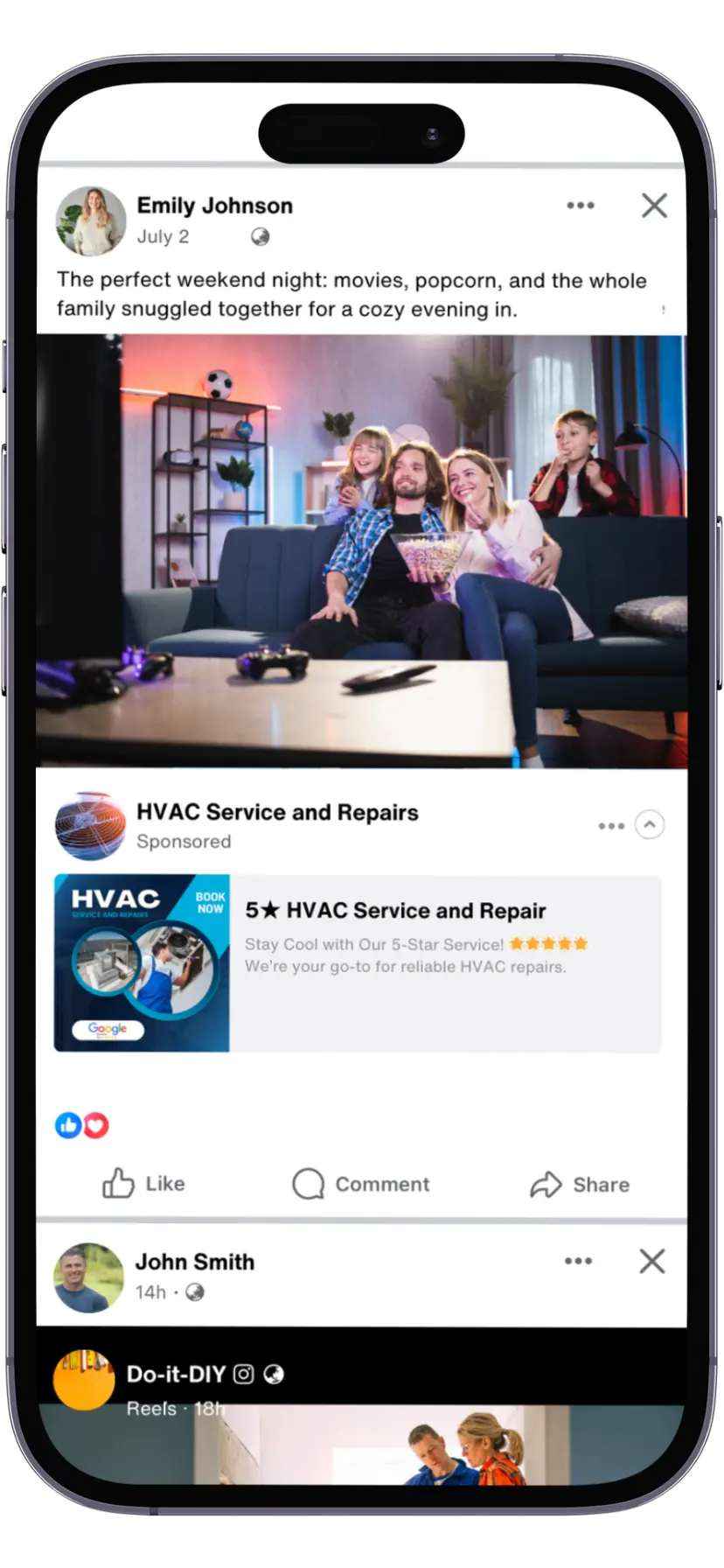

- Design Specs:
- File Type: JPG or PNG
- Ratio: 1.91:1 to 1:1
- Resolution: At least 1080 x 1080 pixels
- Note: Because this Facebook ad type has a limited image size, it’s best to avoid placing text on images.
- Text Limitations:
- Primary Text: 125 characters
- Headline: 40 characters
- Description: 30 characters
- Technical Specs:
- Maximum File Size: 30MB
- Minimum Width: 600 pixels
- Minimum Height: 600 pixels
- Aspect Ratio Tolerance: 3%
Facebook Video Feed Ads
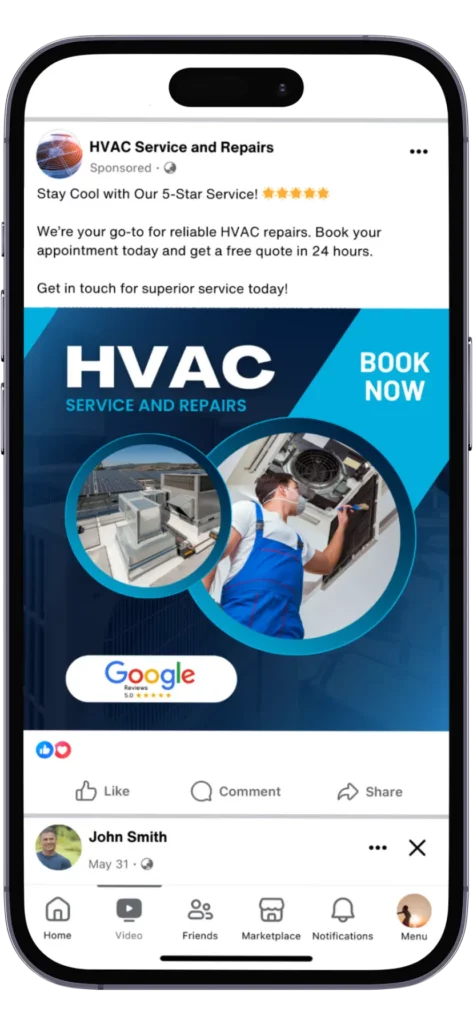

- Design Specs:
- File Type: JPG or PNG
- Ratio: 1.91:1 to 1:1
- Resolution: At least 1080 x 1080 pixels
- Text Limitations:
- Primary Text: 80 characters
- Headline: 27 characters
- Technical Specs:
- Maximum File Size: 30MB
- Minimum Width: 600 pixels
- Minimum Height: 600 pixels
- Aspect Ratio Tolerance: 3%
Facebook Marketplace
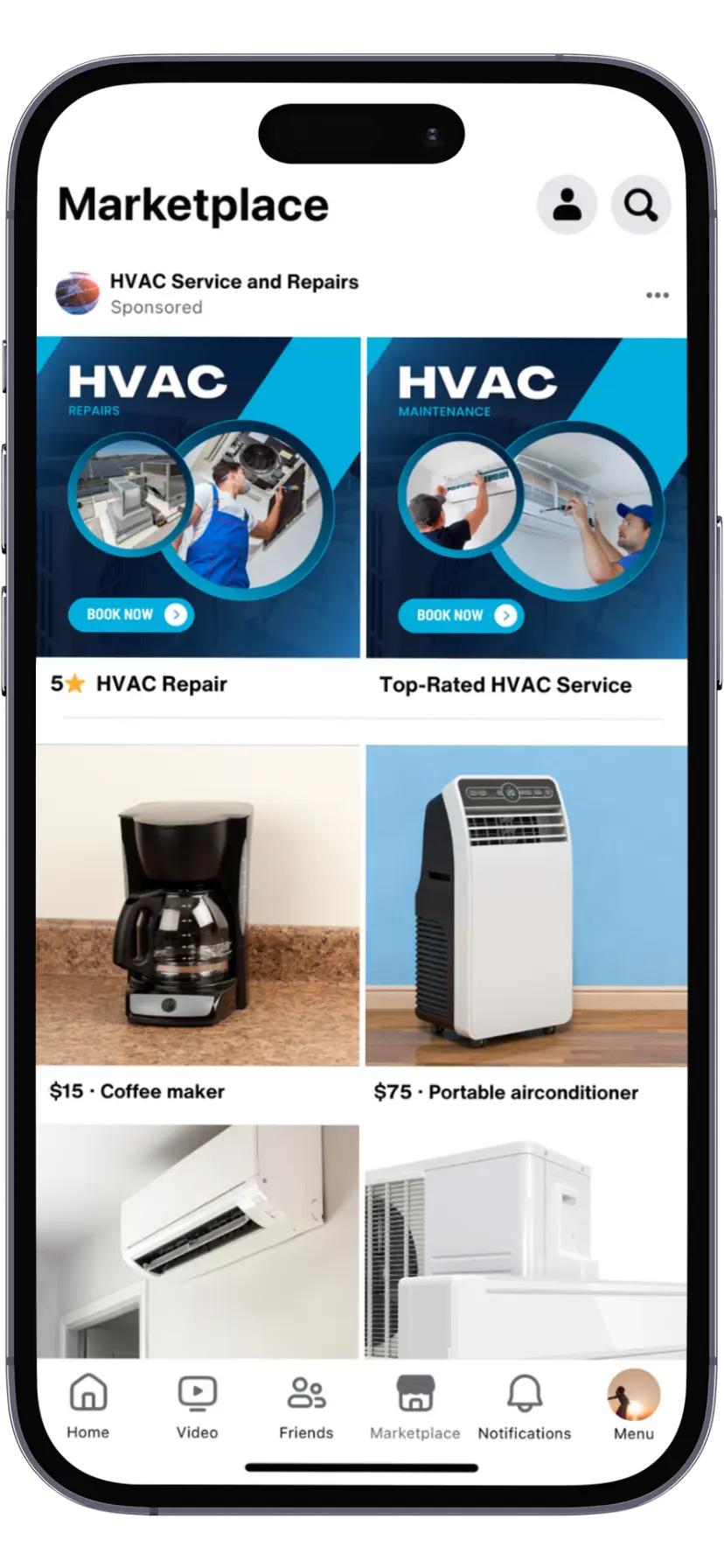

- Design Specs:
- File Type: JPG or PNG
- Ratio: 1:1
- Resolution: At least 1080 x 1080 pixels
- Text Limitations:
- Primary Text: 125 characters
- Headline: 40 characters
- Description: 30 characters
- Technical Specs:
- Maximum File Size: 30MB
Facebook Stories
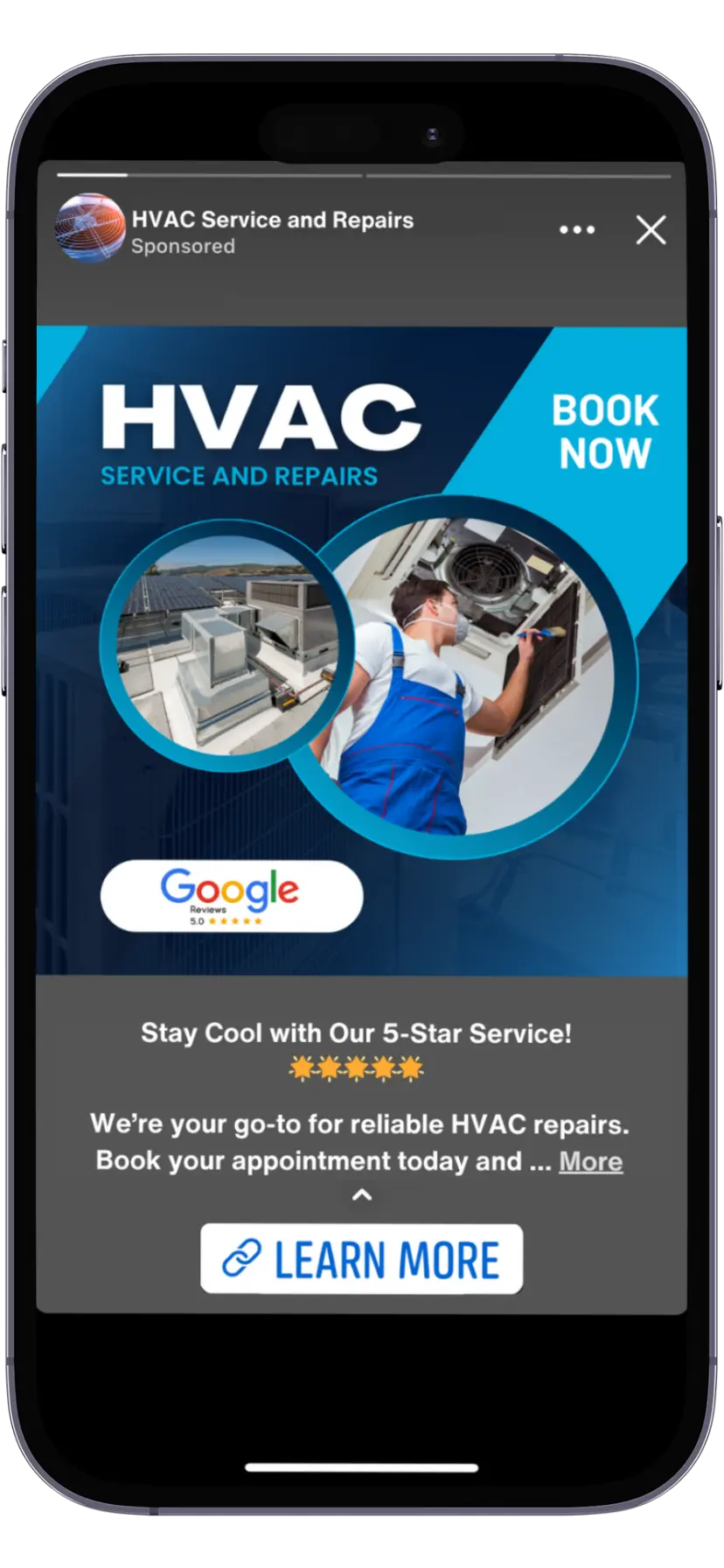

- Design Specs:
- File Type: JPG or PNG
- Ratio: 9:16
- Resolution: At least 1080 x 1080 pixels
- Safe zone tip: Clear roughly 14% of the top and 20% of the bottom of your image of text, logos, or other essential creative elements to make way for other UI elements, such as the CTA.
- Text Limitations:
- Primary Text: 125 characters
- Headline: 40 characters
- Technical Specs:
- Maximum File Size: 30MB
- Minimum Width: 500 pixels
- Aspect Ratio Tolerance: 1%
Facebook Search Results
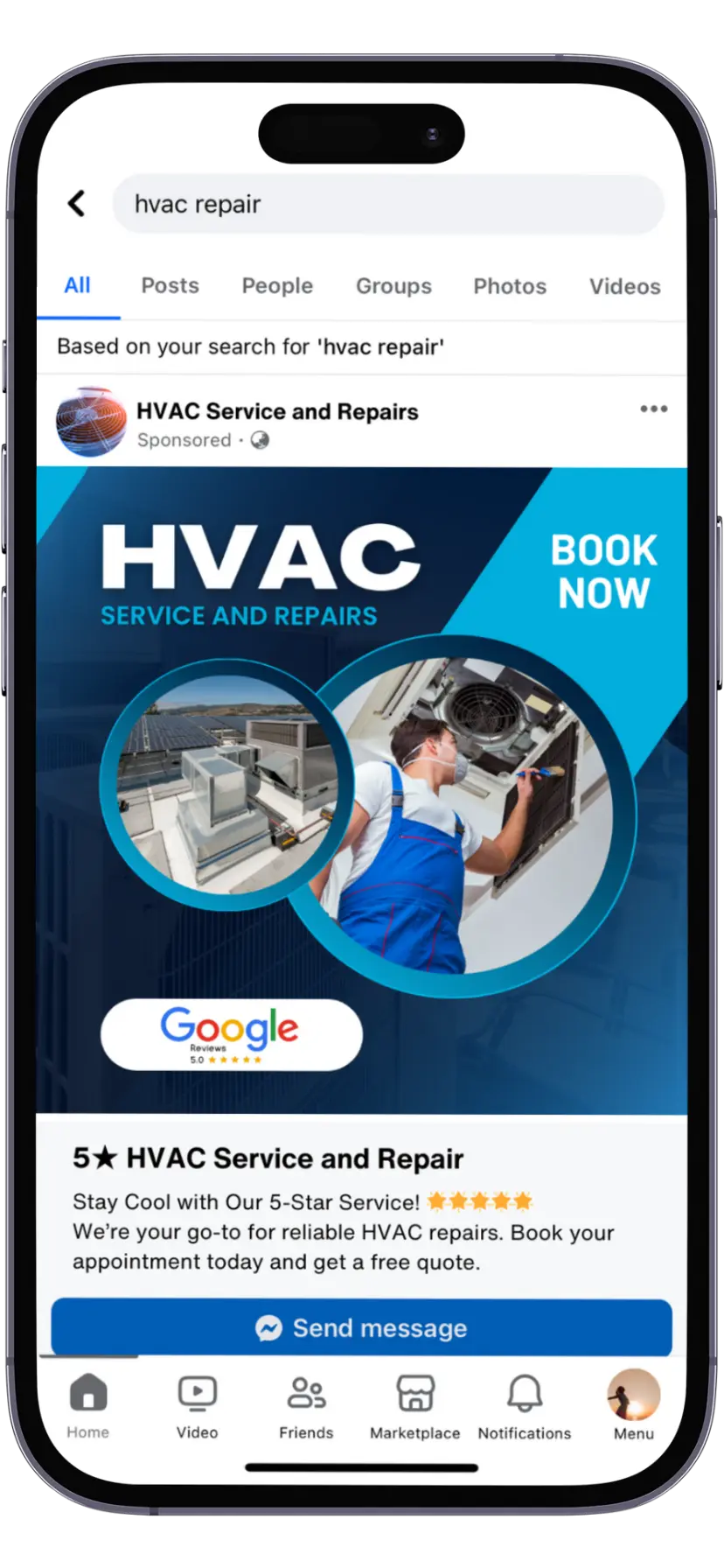

- Design Specs:
- File Type: JPG or PNG
- Ratio: 1.91:1 to 1:1
- Resolution: At least 1080 x 1080 pixels
- Text Limitations:
- Primary Text: 125 characters
- Headline: 40 characters
- Description: 30 characters
- Technical Specs:
- Maximum File Size: 30MB
- Minimum Width: 600 pixels
- Minimum Height: 600 pixels
- Aspect Ratio Tolerance: 3%
Facebook Reels Ads
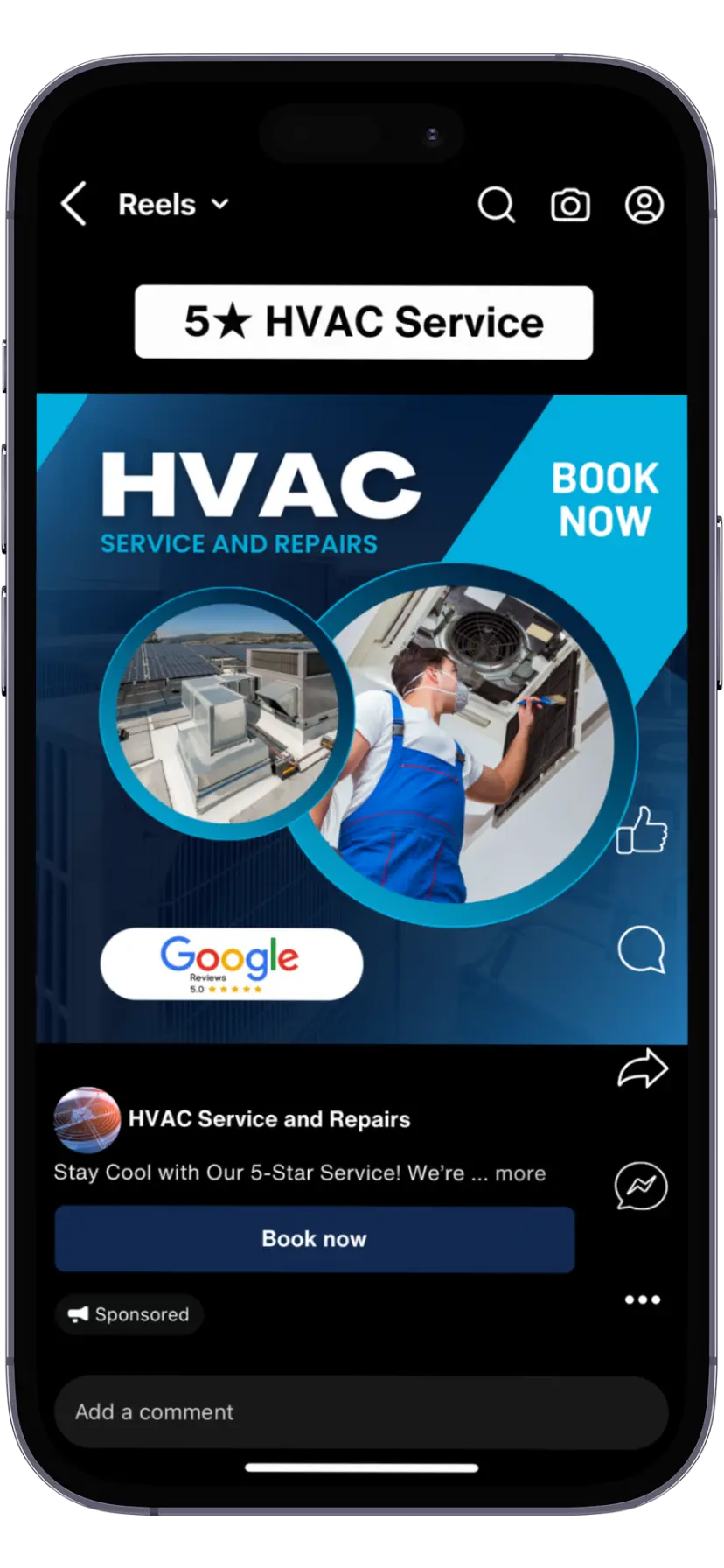

- Design Specs:
- File Type: JPG or PNG
- Ratio: 9:16
- Resolution: At least 1080 x 1080 pixels
- Text Limitations:
- Primary Text: 40 characters
- Headline: 55 characters
- Technical Specs:
- Maximum File Size: 30MB
- Minimum Width: 600 pixels
- Minimum Height: 600 pixels
- Aspect Ratio Tolerance: 3%
Further Reading




Safe Zone Guide for Facebook Reels and other Short-form Video Ads
A safe zone guide can help you post ads on any social media platform without worrying about your profile picture, ad copy, or even the like and share buttons covering it up. Explore the safe zone guides for popular short-form video ad platforms like TikTok, Reels, and Shorts.
Ads on Facebook Reels
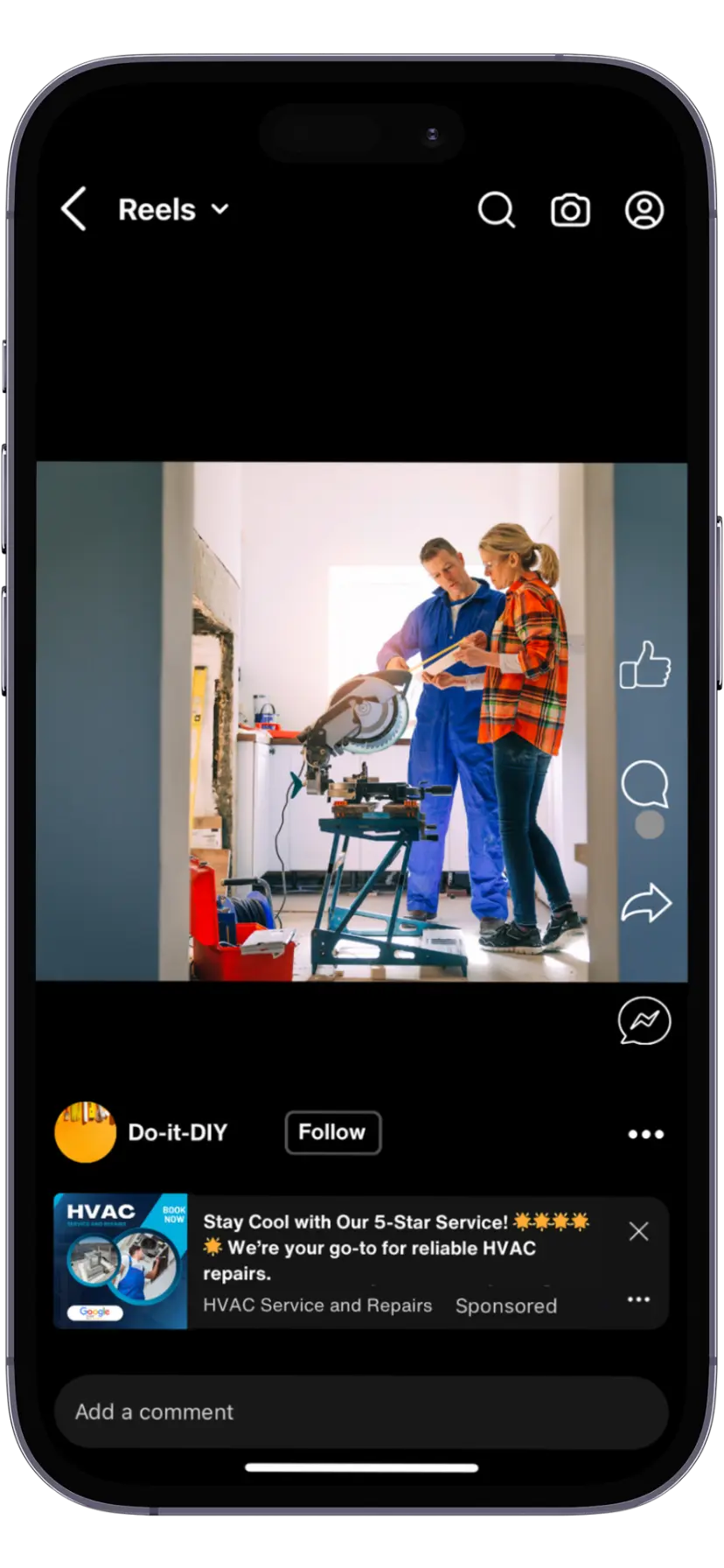

- Design Specs:
- File Type: JPG or PNG
- Ratio: 1.91:1 to 1:1
- Resolution: At least 1080 x 1080 pixels
- Note: Placing text on the images is not recommended due to the small image size.
- Text Limitations:
- Primary Text: 72 characters
- Headline: 10 characters
- Technical Specs:
- Maximum File Size: 30MB
- Minimum Width: 600 pixels
- Minimum Height: 600 pixels
- Aspect Ratio Tolerance: 3%
Facebook Business Explore
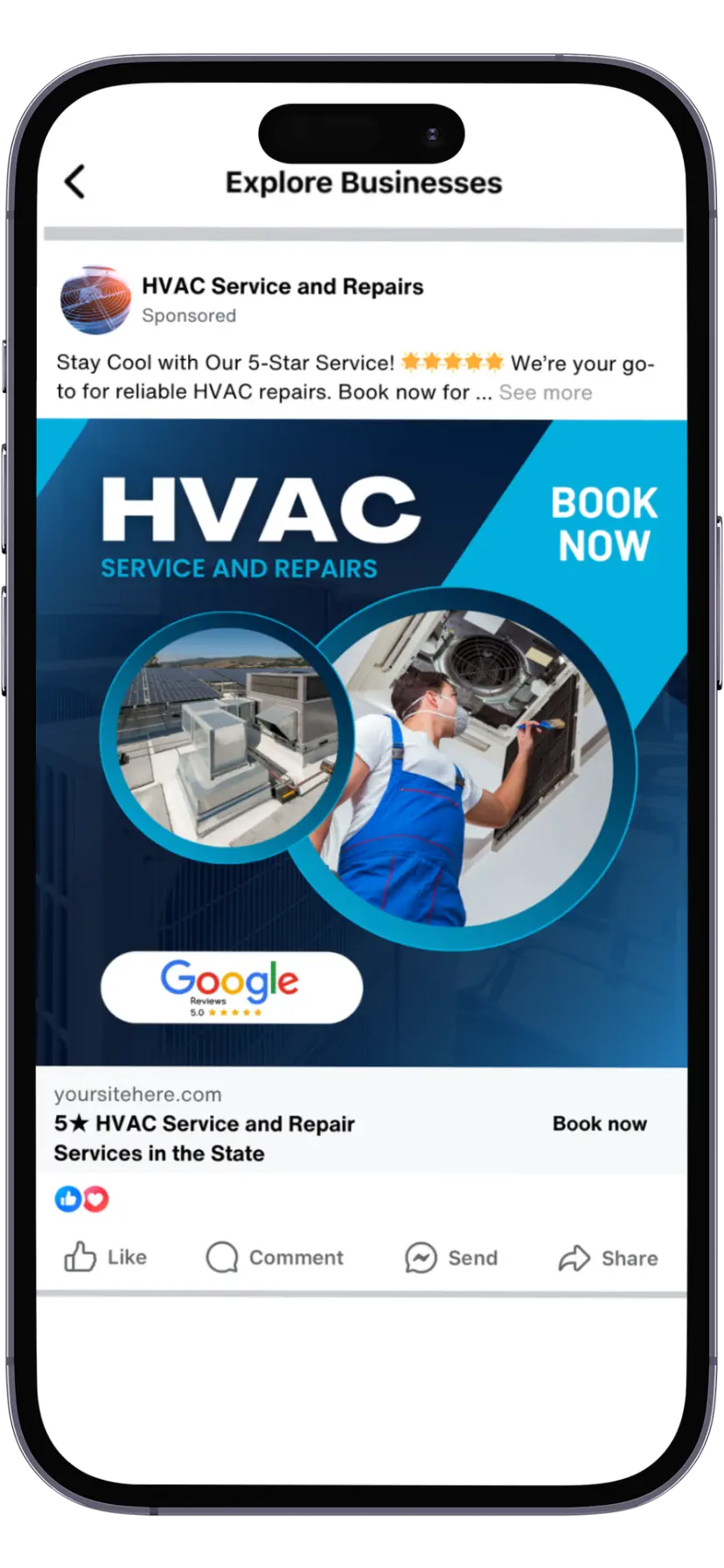

- Design Specs:
- File Type: JPG or PNG
- Ratio: 1.91:1 to 1:1
- Resolution: At least 1080 x 1080 pixels
- Text Limitations:
- Primary Text: 125 characters
- Headline: 27 characters
- Description: 27 characters
- Technical Specs:
- Maximum File Size: 30MB
- Minimum Width: 600 pixels
- Minimum Height: 600 pixels
- Aspect Ratio Tolerance: 3%
Facebook Right Column
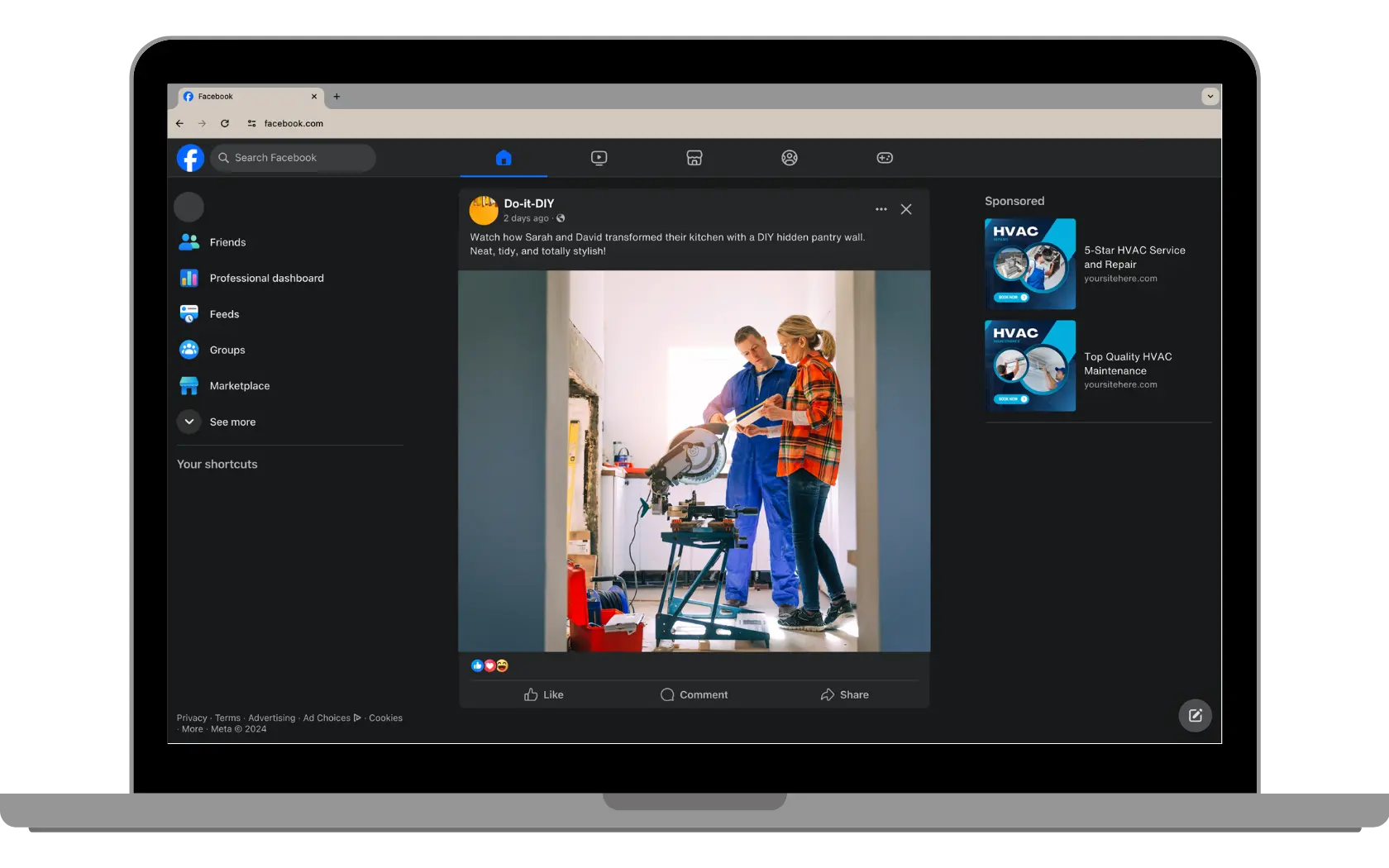

- Design Specs:
- File Type: JPG or PNG
- Ratio: 1.91:1 to 1:1
- Resolution: At least 1080 x 1080 pixels
- Text Limitations:
- Headline: 40 characters
- Technical Specs:
- Minimum Width: 254 pixels
- Minimum Height: 133 pixels
Specs for Facebook Video Ads
Whether long-form or short-form, video ads are an excellent way to connect with your target audience by telling a compelling story, as evidenced by Facebook video ad impressions growing by 31% year-on-year. Moreover, conforming to the correct Facebook video ad sizes can result in 78% greater engagement.
To help you achieve this elevated level of engagement, here are the Facebook video ad specs you should adhere to:
Facebook Feed
- Design Specs:
- File Type: MP4, MOV or GIF
- Ratio: 1:1 (for desktop or mobile) or 4:5 (for mobile only)
- Video Settings: H.264 compression, square pixels, fixed frame rate, progressive scan, and stereo AAC audio compression at 128kbps+
- Resolution: At least 1080 x 1080 pixels
- Video Captions: Optional, but recommended
- Video Sound: Optional, but recommended
- Note: Avoid including edit lists or special boxes in video file containers.
- Text Limitations:
- Primary Text: 125 characters
- Headline: 27 characters
- Description: 27 characters
- Technical Specs:
- Video Duration: 1 second to 241 minutes
- Maximum File Size: 4GB
- Minimum Width: 120 pixels
- Minimum Height: 120 pixels
- For those using 360 videos, this allows the user to interact with the video by swiping through it. It is only available for Facebook Feed and Video Feed placements.
Facebook In-Stream Video
- Design Specs:
- File Type: MP4, MOV or GIF
- Ratio: 1:1 (for desktop or mobile) or 4:5 (for mobile only)
- Video Settings: H.264 compression, square pixels, fixed frame rate, progressive scan, and stereo AAC audio compression at 128kbps+
- Resolution: At least 1080 x 1080 pixels
- Video Captions: Optional, but recommended
- Video Sound: Optional, but recommended
- Note: Avoid including edit lists or special boxes in video file containers.
- Text Limitations:
- Primary Text: 125 characters
- Headline: 27 characters
- Description: 27 characters
- Technical Specs:
- Video Duration: 1 second to 241 minutes
- Maximum File Size: 4GB
- Minimum Width: 120 pixels
- Minimum Height: 120 pixels
- For those using 360 videos, this allows the user to interact with the video by swiping through it. It is only available for Facebook Feed and Video Feed placements.
Facebook Video Feed Ads
- Design Specs:
- File Type: MP4, MOV or GIF
- Ratio: 4:5
- Video Settings: H.264 compression, square pixels, fixed frame rate, progressive scan, and stereo AAC audio compression at 128kbps+
- Resolution: At least 1080 x 1080 pixels
- Video Captions: Optional, but recommended
- Video Sound: Optional, but recommended
- Note: Videos must be free of edit lists and special boxes in their file containers.
- Text Limitations:
- Primary Text: 80 characters
- Headline: 25 characters
- Description: 25 characters
- Technical Specs:
- Video Duration: 1 second to 241 minutes
- Maximum File Size: 4GB
- Minimum Width: 120 pixels
- Minimum Height: 120 pixels
Facebook Marketplace
- Design Specs:
- File Type: MP4, MOV or GIF
- Ratio: 1:1
- Video Settings: H.264 compression, square pixels, fixed frame rate, progressive scan, and stereo AAC audio compression at 128kbps+
- Resolution: At least 1080 x 1080 pixels
- Text Limitations:
- Headline: 25 characters
- Technical Specs:
- Video Duration: 1 second to 241 minutes
- Maximum File Size: 4GB
- Minimum Width: 120 pixels
- Minimum Height: 120 pixels
Facebook Stories
- Design Specs:
- File Type: MP4, MOV or GIF
- Ratio: 9:16
- Video Settings: H.264 compression, square pixels, fixed frame rate, progressive scan, and stereo AAC audio compression at 128kbps+
- Resolution: At least 1080 x 1080 pixels
- Video Captions: Optional, but recommended
- Video Sound: Optional, but recommended
- Note: Ensure videos do not include edit lists or special boxes in their containers.
- Safe zone guide: Leave about 250 pixels at the top and 340 pixels at the bottom of your video free of text and logos to prevent them from being obscured by UI elements like the call-to-action text.
- Text Limitations:
- Primary Text: 125 characters
- Headline: 40 characters
- Technical Specs:
- Video Duration: 1 second to 2 minutes
- Maximum File Size: 4GB
- Minimum Width: 500 pixels
- Aspect Ratio Tolerance: 1%
Facebook Search Results
- Design Specs:
- File Type: MP4, MOV or GIF
- Ratio: 1:1
- Video Settings: H.264 compression, square pixels, fixed frame rate, progressive scan, and stereo AAC audio compression at 128kbps+
- Resolution: At least 1080 x 1080 pixels
- Video Captions: Optional, but recommended
- Video Sound: Optional, but recommended
- Note: Videos should be formatted without edit lists or special boxes in the file containers.
- Text Limitations:
- Primary Text: 125 characters
- Headline: 40 characters
- Description: 30 characters
- Technical Specs:
- Video Duration: 1 second to 241 minutes
- Maximum File Size: 4GB
- Minimum Width: 120 pixels
- Minimum Height: 120 pixels
Facebook Reels
- Design Specs:
- File Type: MP4, MOV or GIF
- Recommended ratio: 9:16
- Video Settings: H.264 compression, square pixels, fixed frame rate, progressive scan, and stereo AAC audio compression at 128kbps+
- Resolution: At least 1080 x 1080 pixels
- Video Captions: Optional, but recommended
- Video Sound: Optional, but recommended
- Note: Do not use edit lists or special boxes within video file containers.
- Text Limitations:
- Primary Text: 40 characters
- Headline: 55 characters
- Technical Specs:
- Video Duration: No maximum limit
- Maximum File Size: 4GB
Ads on Facebook Reels
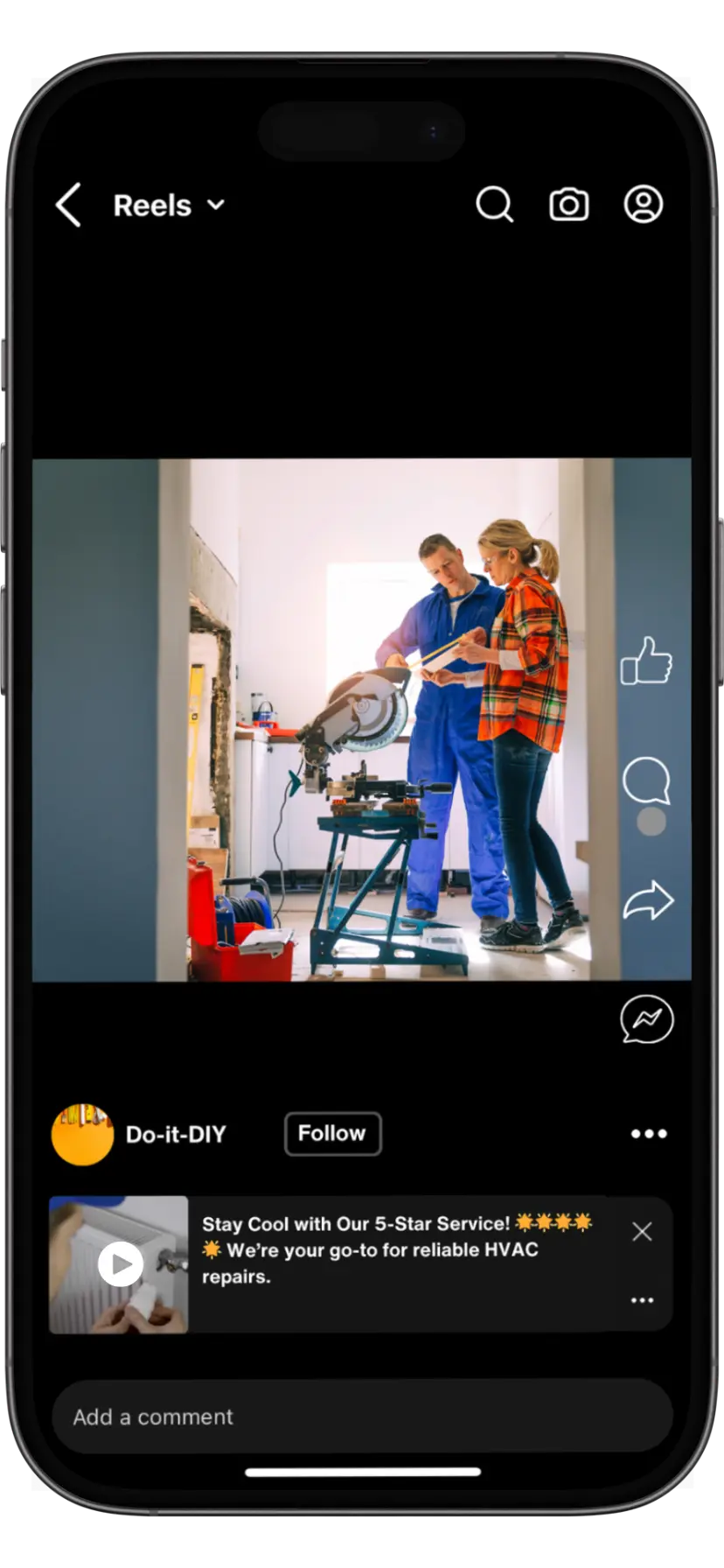

- Design Specs:
- File Type: MP4, MOV or GIF
- Recommended ratio: 9:16
- Video Settings: H.264 compression, square pixels, fixed frame rate, progressive scan, and stereo AAC audio compression at 128kbps+
- Resolution: At least 1080 x 1080 pixels
- Video Captions: Optional, but recommended
- Video Sound: Optional, but recommended
- Text Limitations:
- Primary Text: 40 characters
- Technical Specs:
- Maximum File Size: 4GB
- Min Video Duration: 4 seconds
- Max Video Duration: 15 seconds
Facebook Business Explore
- Design Specs:
- File Type: MP4, MOV or GIF
- Ratio: 1:1 (for desktop or mobile) or 4:5 (for mobile only)
- Video Settings: H.264 compression, square pixels, fixed frame rate, progressive scan, and stereo AAC audio compression at 128kbps+
- Resolution: At least 1080 x 1080 pixels
- Video Captions: Optional, but recommended
- Video Sound: Optional, but recommended
- Note: Exclude edit lists and special boxes from video file containers.
- Text Limitations:
- Primary Text: 125 characters
- Headline: 27 characters
- Description: 27 characters
- Technical Specs:
- Video Duration: 1 second to 241 minutes
- Maximum File Size: 4GB
- Minimum Width: 120 pixels
- Minimum Height: 120 pixels
Facebook Right Column (Desktop)
- Design Specs:
- File Type: MP4, MOV or GIF
- Ratio: 1:1 (for desktop or mobile) or 4:5 (for mobile only)
- Video Settings: H.264 compression, square pixels, fixed frame rate, progressive scan, and stereo AAC audio compression at 128kbps+
- Resolution: At least 1080 x 1080 pixels
- Video Captions: Optional, but recommended
- Video Sound: Optional, but recommended
- Note: Keep video file containers clear of edit lists and special boxes.
- Text Limitations:
- Primary Text: 125 characters
- Headline: 27 characters
- Description: 27 characters
- Technical Specs:
- Video Duration: 1 second to 241 minutes
- Maximum File Size: 4GB
- Minimum Width: 120 pixels
- Minimum Height: 120 pixels
Carousel Ad Specs on Facebook
Carousel ads are a type of Facebook advertising format that allows audiences to engage audiences with swipeable or movable creatives. This format enables businesses to showcase multiple products or services within a single ad space in their Facebook ad feed. Each carousel ad can include up to 10 cards, providing ample opportunity to highlight different product or service aspects.
For instance, a clothing line brand could create a carousel ad with one card for men’s wear, one for women’s, and one for children’s wear. Better yet, use a single carousel ad dedicated to the whole family’s summer wear!
Further Reading
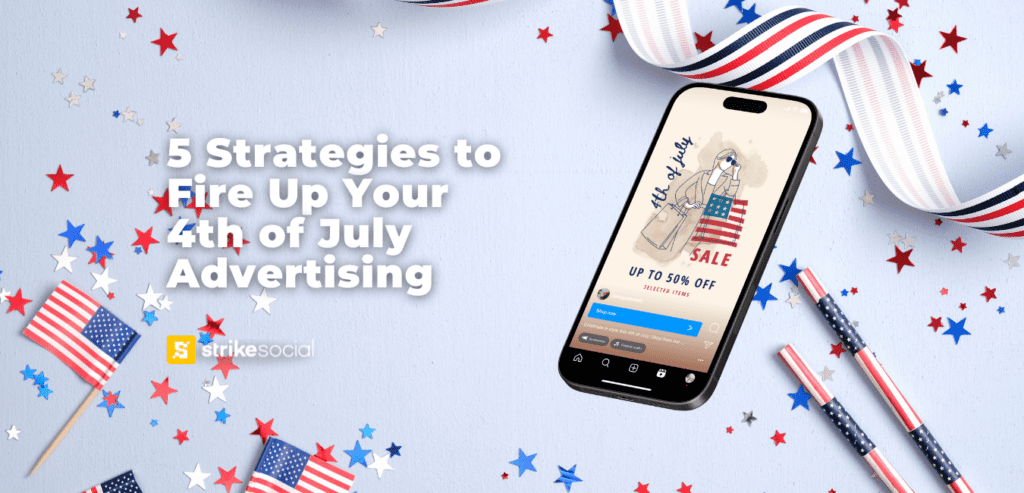

How to Prepare for A Sizzling Summer Campaign
Audiences have started planning their festivities and gatherings, so brands must act quickly to capture their attention. Select the best summer marketing strategies to connect with your audience and create a lasting impression.
Continue reading to learn more about the specific Facebook carousel ad specifications for each ad placement available on the platform:
Facebook Feed
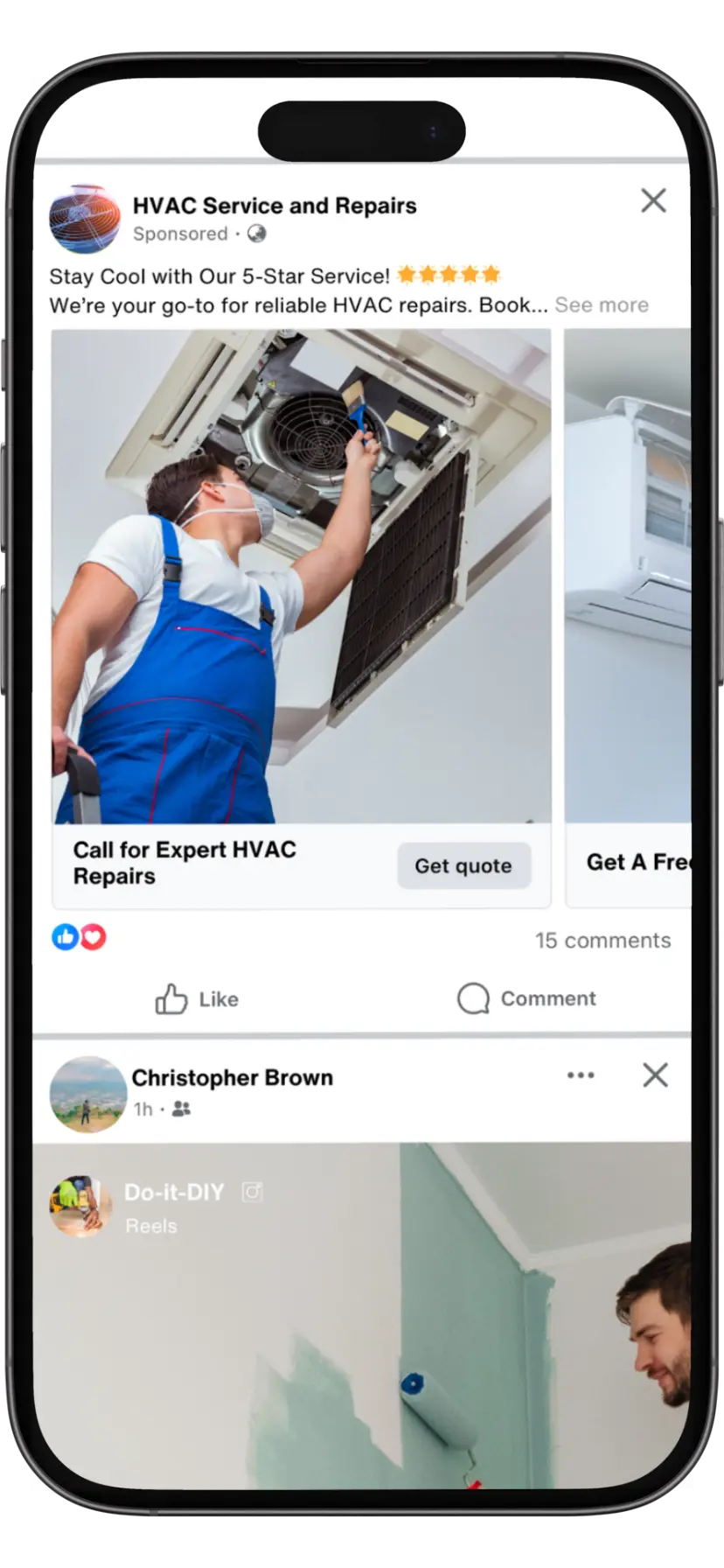

- Design Specs:
- Image File Type: JPG or PNG
- Video File Type: MP4, MOV or GIF
- Ratio: 1:1 or 4:5
- Resolution: At least 1080 x 1080 pixels
- Text Limitations:
- Primary Text: 80 characters
- Headline: 45 characters
- Description: 18 characters
- Landing Page URL: Required
- Technical Specs:
- Number of Carousel Cards: 2 to 10
- Image Maximum File Size: 30MB
- Video Maximum File Size: 4GB
- Video Duration: 1 second to 240 minutes
- Aspect Ratio Tolerance: 3%
Facebook In-Stream Video
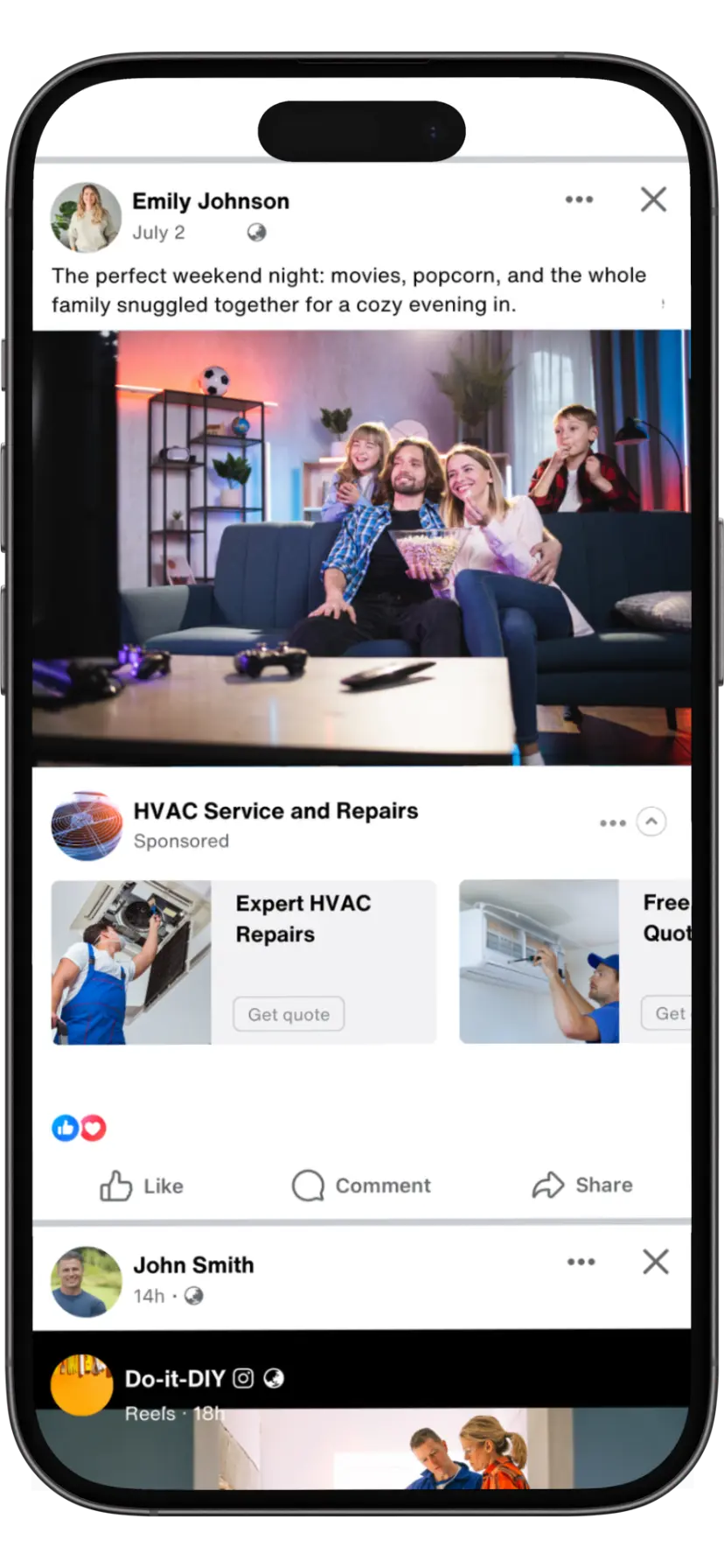

- Design Specs:
- Image File Type: JPG or PNG
- Ratio: 1:1
- Resolution: At least 1080 x 1080 pixels
- Text Limitations:
- Primary Text: 125 characters
- Headline: 40 characters
- Description: 30 characters
- Technical Specs:
- Number of Carousel Cards: 10
- Image Maximum File Size: 4GB
- Image Minimum Width: 600 pixels
- Image Minimum Height: 600 pixels
- Video Maximum File Size: 4 GB
- Video Duration: Up to 15 seconds
- Aspect Ratio Tolerance: 3%
Facebook Video Feeds Ads
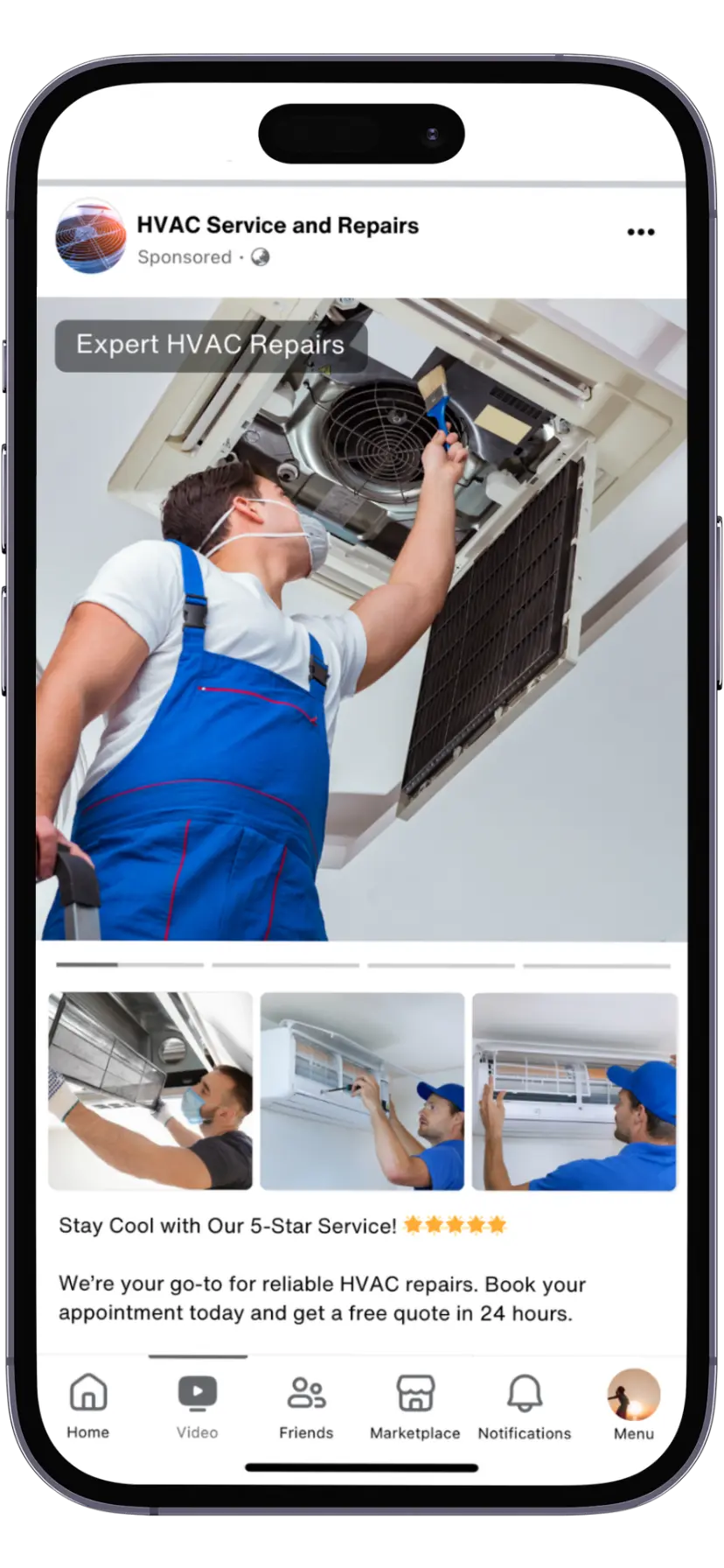

- Design Specs:
- Image File Type: JPG or PNG
- Video File Type: MP4, MOV or GIF
- Ratio: 1:1 or 4:5
- Resolution: At least 1080 x 1080 pixels
- Text Limitations:
- Primary Text: 80 characters
- Headline: 45 characters
- Description: 18 characters
- Landing Page URL: Required
- Technical Specs:
- Number of Carousel Cards: 2 to 10
- Image Maximum File Size: 30MB
- Video Maximum File Size: 4GB
- Video Duration: 1 second to 240 minutes
- Aspect Ratio Tolerance: 3%
Facebook Marketplace
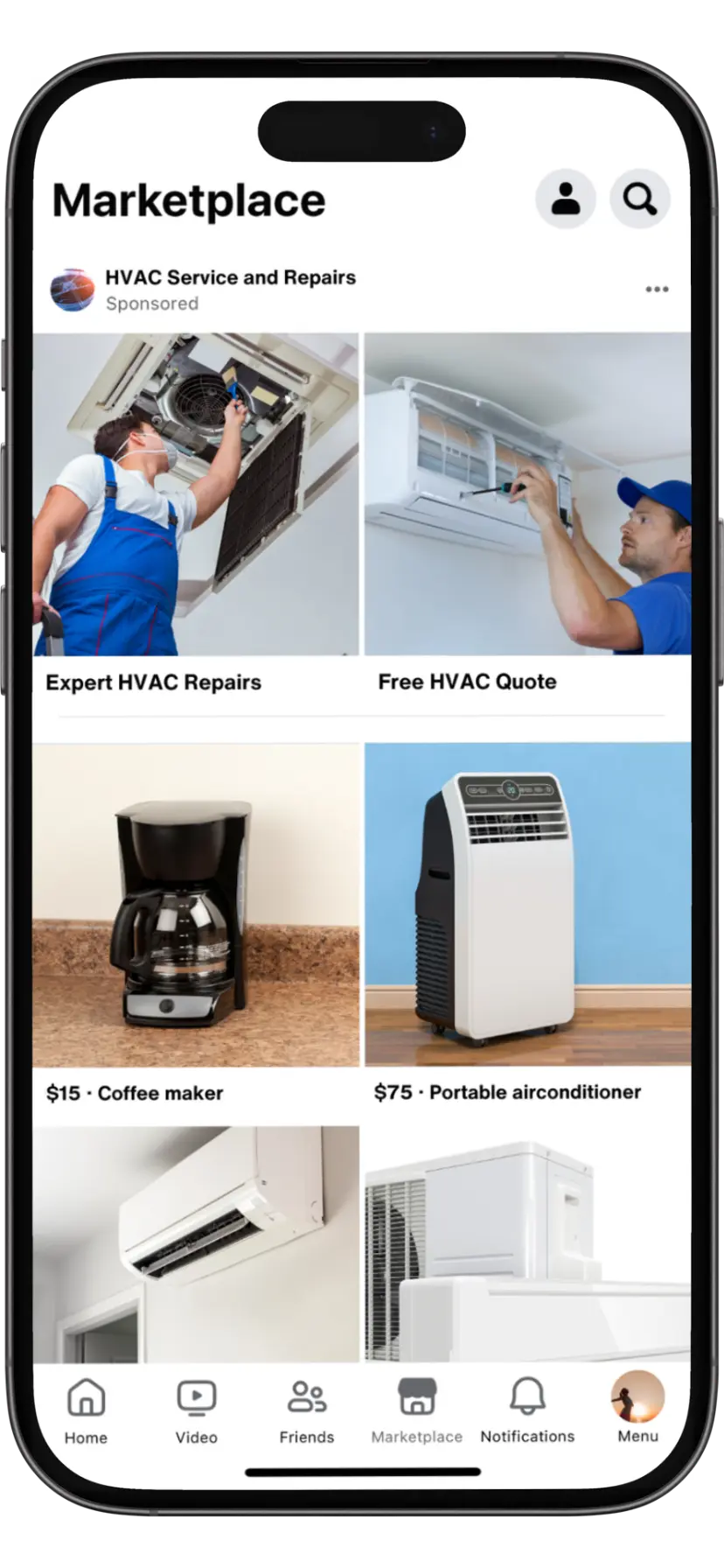

- Design Specs:
- Image File Type: JPG or PNG
- Video File Type: MP4, MOV or GIF
- Ratio: 1:1
- Resolution: At least 1080 x 1080 pixels
- Text Limitations:
- Primary Text: 125 characters
- Headline: 40 characters
- Description: 20 characters
- Landing Page URL: Required
- Technical Specs:
- Number of Carousel Cards: 2 to 10
- Image Maximum File Size: 30MB
- Video Maximum File Size: 4GB
- Video Duration: 1 second to 240 minutes
- Aspect Ratio Tolerance: 3%
Facebook Stories
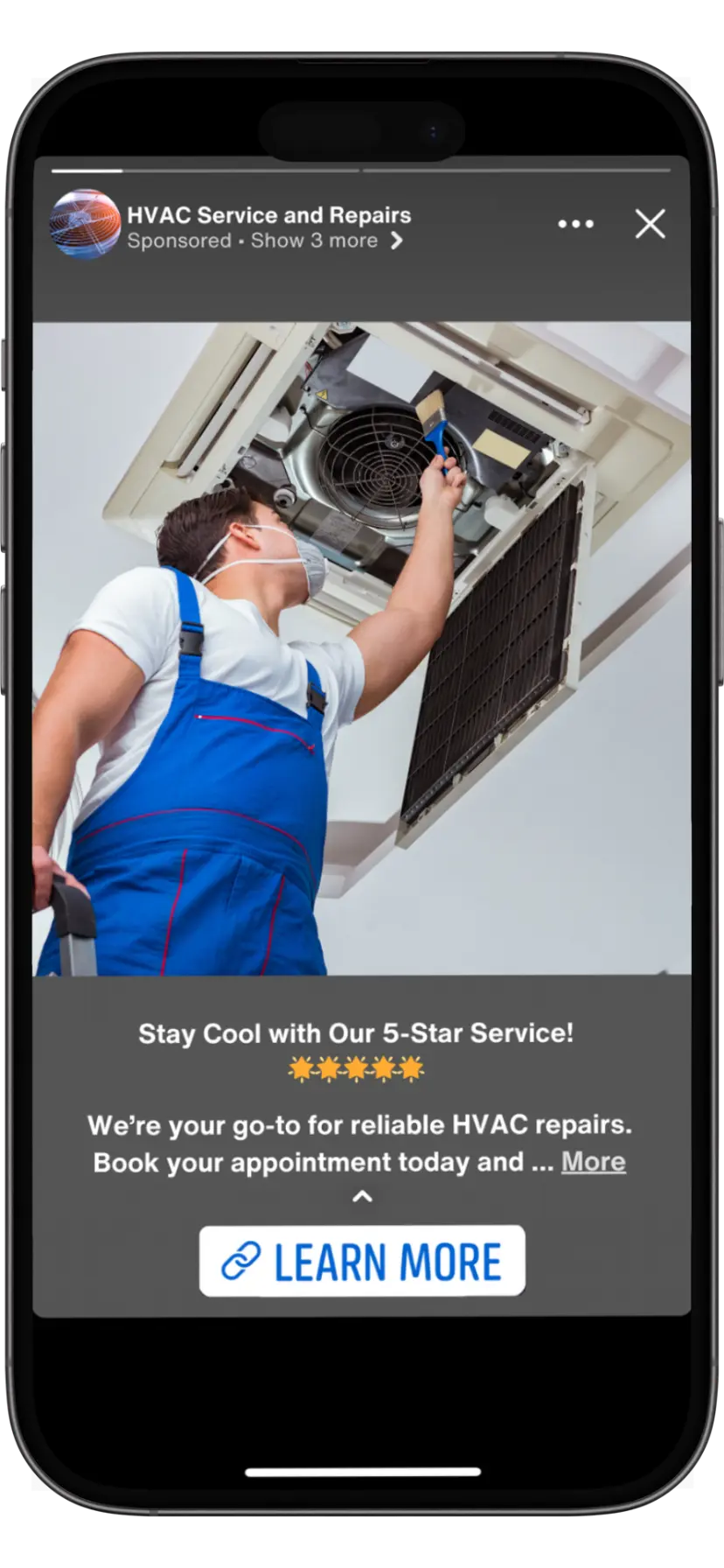

- Design Specs:
- Image File Type: JPG or PNG
- Ratio: 1:1
- Resolution: At least 1080 x 1920 pixels (there is no maximum resolution)
- Note: Video is not supported for carousel ads in Facebook Stories placement.
- Know the safe zones: Ensure the top 14% and bottom 20% of your Facebook ad creatives are free from text and logos to prevent UI elements from covering them.
- Text Limitations:
- Primary text: 125 characters
- Headline: 40 characters
- Landing Page URL: Required
- Technical Specs:
- Number of carousel cards: 3 to 10
- Image minimum width: 500 pixels
- Image maximum file size: 30 MB
Facebook Search Results
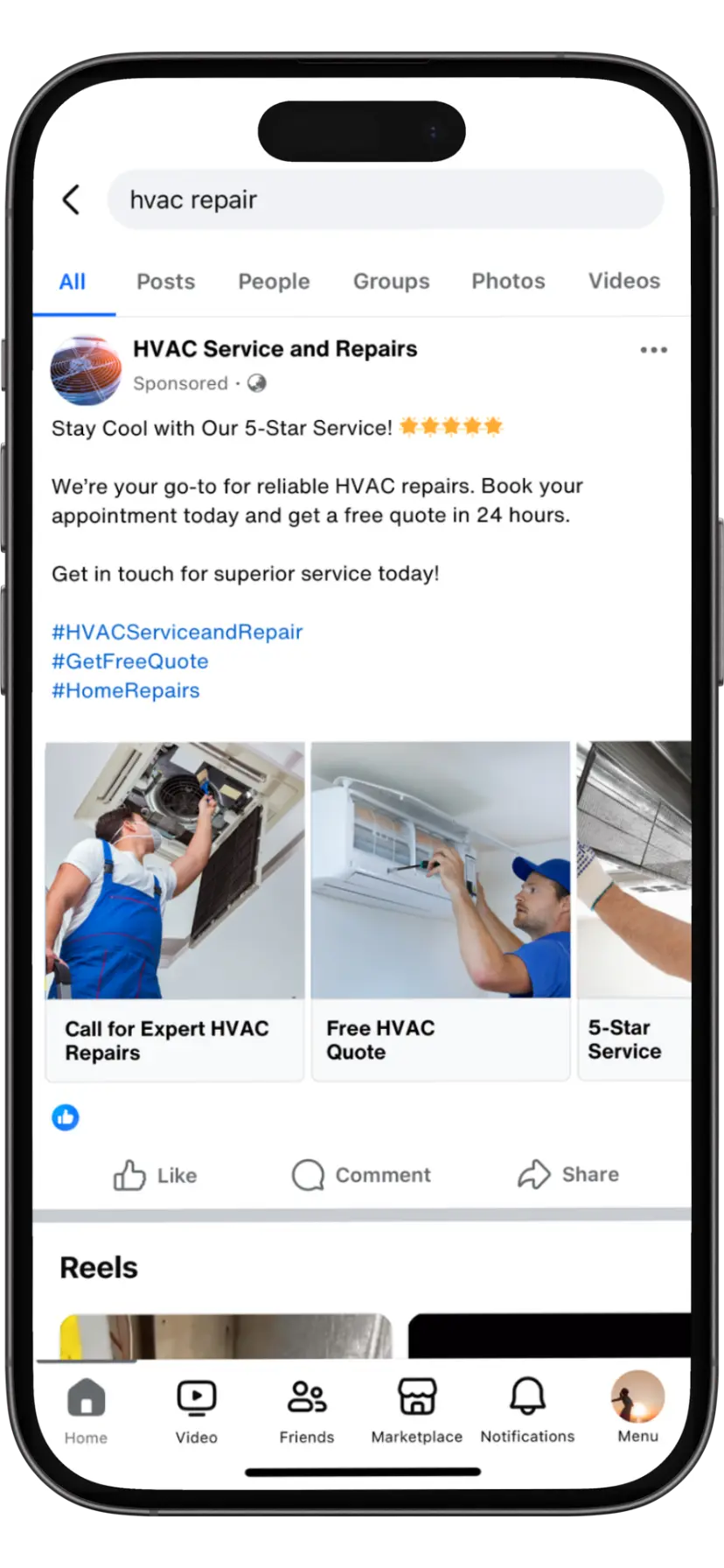

- Design Specs:
- Image File Type: JPG or PNG
- Video File Type: MP4, MOV or GIF
- Ratio: 1:1
- Resolution: At least 1080 x 1080 pixels
- Text Limitations:
- Primary text: 125 characters
- Headline: 40 characters
- Description: 20 characters
- Landing Page URL: Required
- Technical Specs:
- Number of Carousel Cards: 2 to 10
- Image Maximum File Size: 30MB
- Video Maximum File Size: 4GB
- Video Duration: 1 second to 240 minutes
- Aspect Ratio Tolerance: 3%
Facebook Reels
- Design Specs:
- Image file type: JPG or PNG
- Recommended ratio: 9:16
- Resolution: At least 1080 x 1080 pixels
- Know your safe zone: Leave a buffer of 14% at the top, 35% at the bottom, and 6% on each side of your image or video to keep text and logos visible and not covered by UI elements such as your profile picture, ad text, or your call-to-action button.
- Text Limitations:
- Primary text: 40 characters
- Technical Specs:
- Number of carousel cards: 2 to 10
- Maximum file size: 30MB
- Minimum width: 600 pixels
- Minimum height: 600 pixels
- Aspect ratio tolerance: 1%
Ads on Facebook Reels


- Design Specs:
- Image File Type: JPG or PNG
- Ratio: 1:1
- Resolution: At least 1080 x 1080 pixels
- Note: We do not recommend including text on your images because of the relatively small image size when shown on this Facebook advertising placement.
- Text Limitations:
- Primary Text: 50 characters
- Headline: 10 characters
- Technical Specs:
- Number of Carousel Cards: maximum of 10
- Maximum File Size: 30MB
- Minimum Width: 600 pixels
- Minimum Height: 600 pixels
- Aspect Ratio Tolerance: 3%
Facebook Business Explore
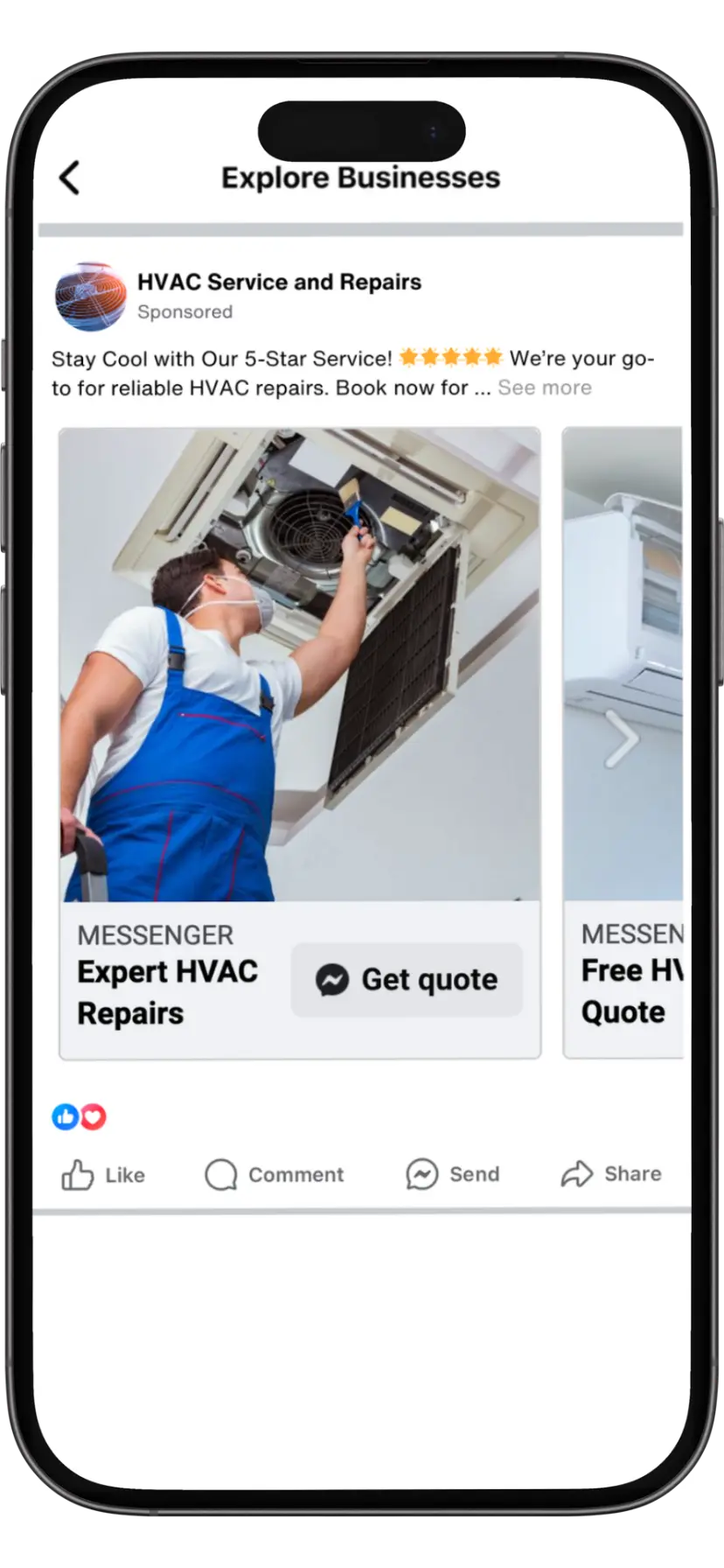

- Design Specs:
- Image File Type: JPG or PNG
- Video File Type: MP4, MOV or GIF
- Ratio: 1:1
- Resolution: At least 1080 x 1080 pixels
- Text Limitations:
- Primary Text: 125 characters
- Headline: 32 characters
- Description: 18 characters
- Landing Page URL: Required
- Technical Specs:
- Number of Carousel Cards: 2 to 10
- Image Maximum File Size: 30MB
- Video Maximum File Size: 4GB
- Video Duration: 1 second to 240 minutes
- Aspect Ratio Tolerance: 3%
Facebook Collection Ad Specs
The Collection ad format on Facebook allows you to highlight a cover image or video supported by 3 or more product images. Media buying teams are recommended to use the Instant Experience feature, where users can click on the ad and immediately enter a “shopping experience” without leaving Facebook. Further, collection ads on the Facebook advertising platform can be created using Storefront, Lookbook, or Customer Acquisition templates.
Here are the Facebook ad sizes and dimensions to prepare your ad creatives for this placement:
Facebook Feed
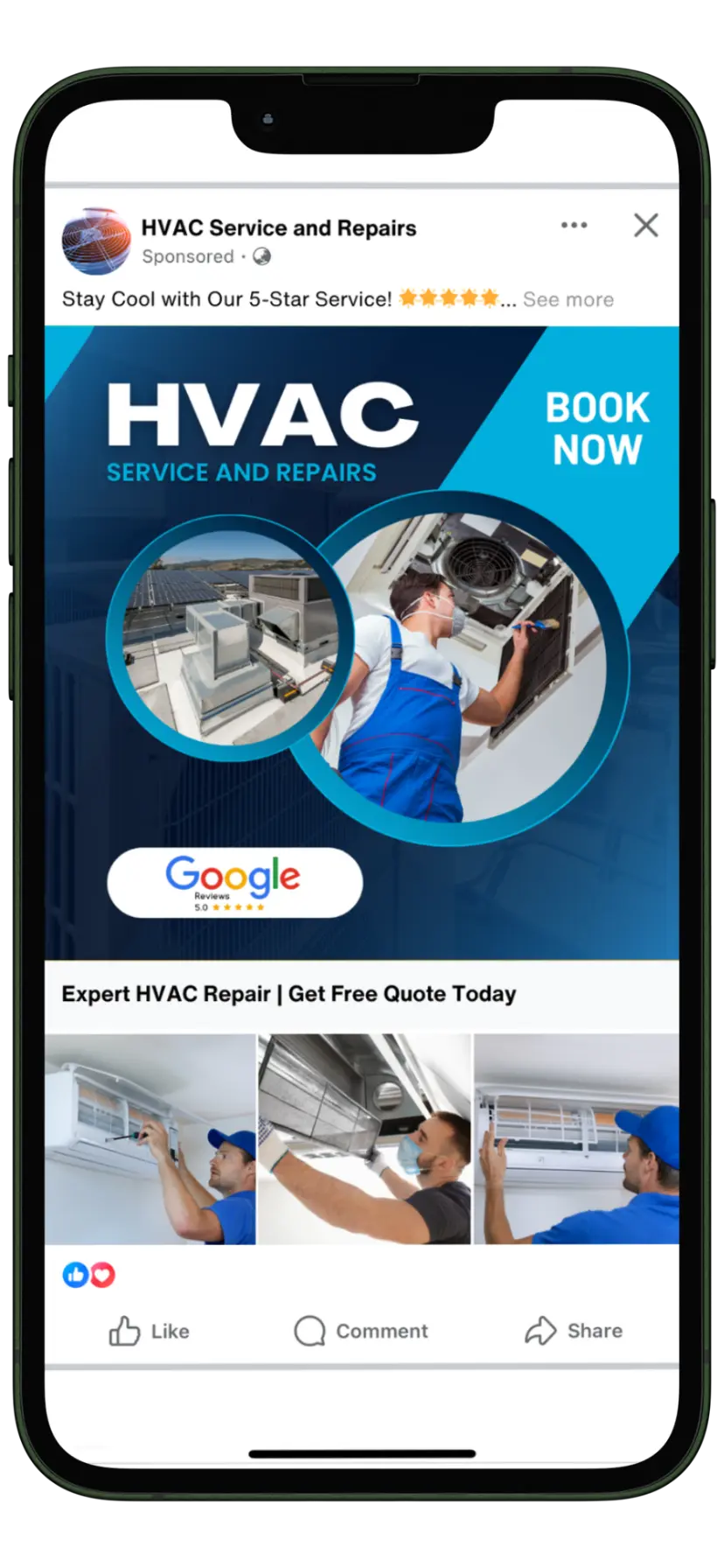

- Design Specs:
- Image Type: JPG or PNG
- Video File Type: MP4, MOV or GIF
- Ratio: 1:1
- Resolution: At least 1080 x 1080 pixels
- Text Limitations:
- Primary Text: 125 characters
- Headline: 40 characters
- Landing Page URL: Required
- Technical Specs:
- Instant Experience: Required
- Image Maximum File Size: 30MB
- Video Maximum File Size: 4GB
Facebook Video Feed Ads
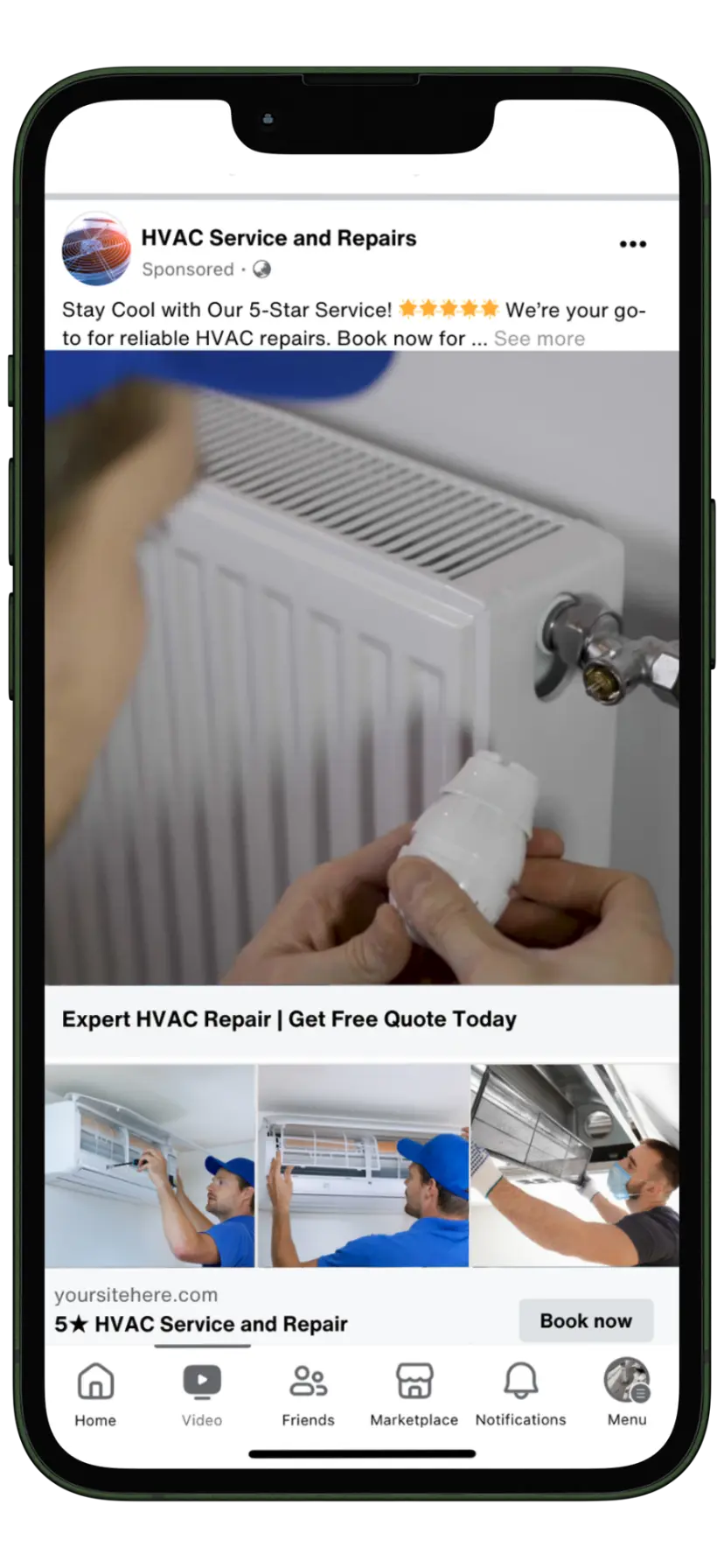

- Design Specs:
- Image Type: JPG or PNG
- Video File Type: MP4, MOV or GIF
- Ratio: 1:1
- Resolution: At least 1080 x 1080 pixels
- Text Limitations:
- Primary Text: 125 characters
- Headline: 40 characters
- Landing Page URL: Required
- Technical Specs:
- Instant Experience: Required
- Image maximum file size: 30MB
- Video maximum file size: 4GB
Facebook Reels (Post-loop)
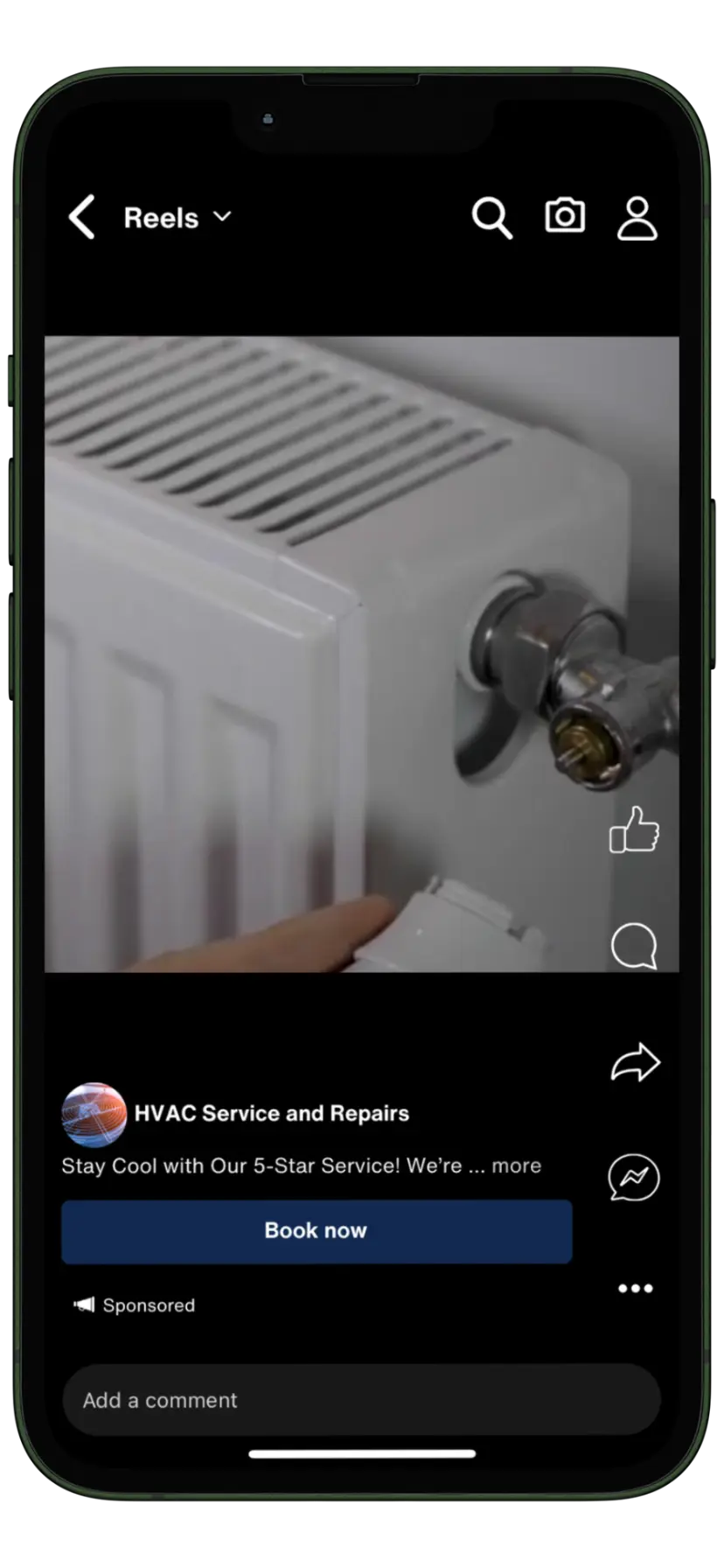

- Design Specs:
- Image Type: JPG or PNG
- Video File Type: MP4, MOV or GIF
- Ratio: 9:16 to 1:1
- Resolution: At least 1080 x 1080 pixels
- What is the safe zone template: To avoid having text and logos covered by UI, such as the call-to-action, keep the top 14%, bottom 35%, and 6% of each side of your image or video free of text or other elements.
- Text Limitations:
- Primary Text: 72 characters
- Headline: 10 characters
- Landing Page URL: Required
- Technical Specs:
- Instant Experience: Required
- Image Maximum File Size: 30MB
- Video Maximum File Size: 4GB
Facebook Marketplace
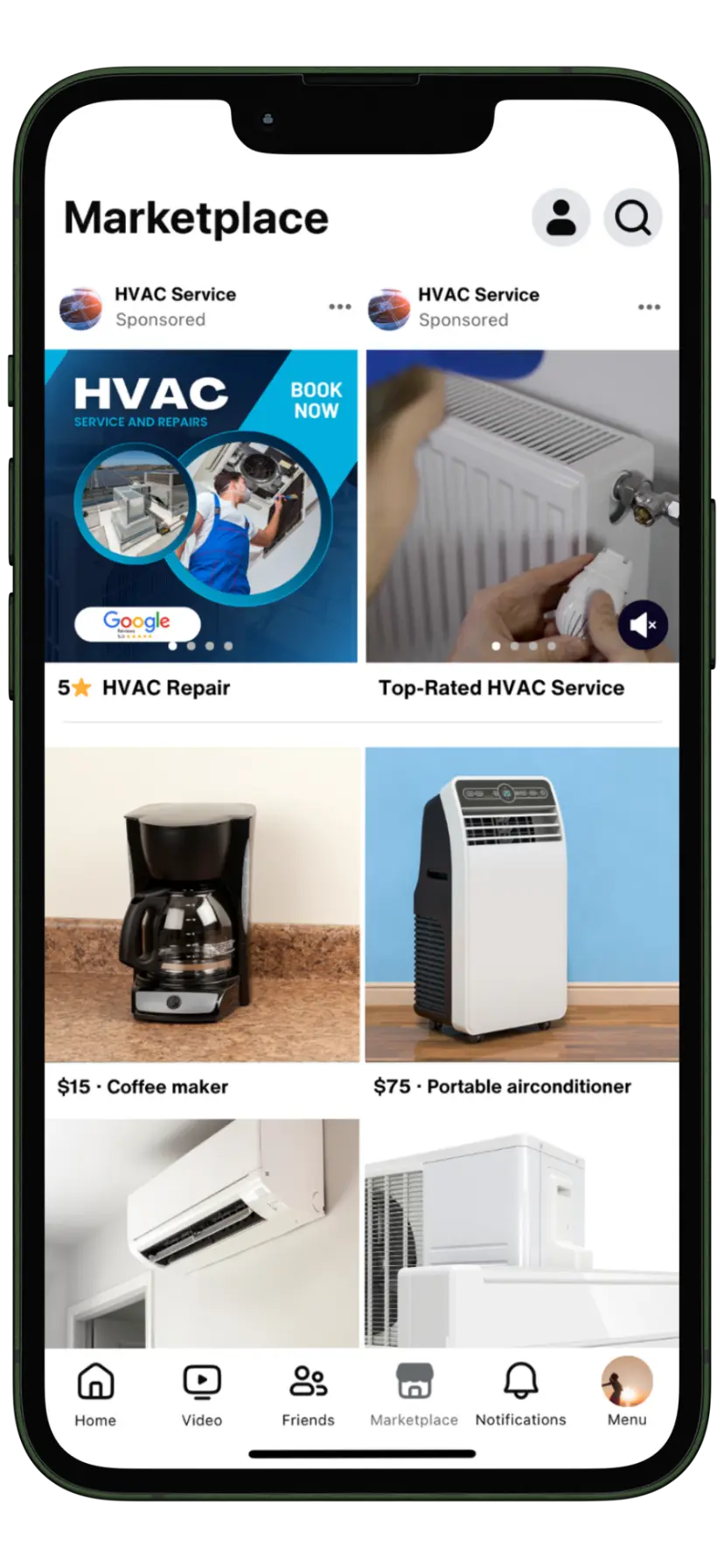

- Design Specs:
- File Type: JPG or PNG
- Ratio: 1:1
- Resolution: At least 1080 x 1080 pixels
- Text Limitations:
- Headline: 25 characters
- Technical Specs:
- Instant Experience: Required
- Image Maximum File Size: 30MB
Venture into Facebook Advertising with Ease by Mastering Facebook Ad Specifications
Before worrying about the Facebook metrics and advertising costs, your first order of business is to ensure your ads are visible to audiences. This means eliminating any blockages in your ad creatives and adhering to the prescribed Facebook ad sizes and dimensions.
With this guide at your fingertips, you’ll always have a reliable reference to craft effective Facebook ad creatives. By understanding Facebook’s safe zones and those of other social media platforms like Instagram, getting your ads approved and live should now be effortless.
Explore our Facebook blogs and case studies here for further guidance on Facebook advertising.
Strike Overview
- With 72% of the U.S. population actively using social networking sites, social media presents a valuable opportunity to reach new customers, boost brand awareness, and increase your sales on social media.
- 26% of internet users aged 16 to 64 discover brands and products through social media ads, highlighting the potential for increased sales when social media advertising strategies are effectively utilized.
- Success in social media advertising relies on a strategic approach, including understanding platform-specific metrics, optimizing ad placements, and employing a multichannel strategy to enhance engagement and cost-efficiency, ultimately boosting sales.
Jump to Section
Get exclusive content on paid social media.
Join our mailing list for the latest updates.





This post was updated in August 2024 to provide you with the latest information.
How to Use Social Media Ads to Generate Sales
There are many ways to use social media advertising according to your goals. You can promote a campaign to generate awareness or to capture leads to identify qualified customers. The end goal though, is to generate sales and increase your revenue either in the short or long term.
That is why a common question among advertisers is the potential to generate sales on social media platforms. The answer is you can definitely increase sales using social media if you know how to approach it the right way. As social media marketing campaigns become increasingly influential during major retail events like Amazon Prime Day and back-to-school shopping, brands must capitalize on the vast opportunities these platforms offer.
Are you ready to learn how to make sales on social media advertising campaigns? Follow our tips here:
8 Key Steps for Your Social Media Sales Strategy
Know your audience
First and foremost, it is essential to know your audience. In social media advertising, this means that you need to know what platforms your target audience are on, when they use social media and how they behave online. On a broader marketing scale, find out their buyer behavior. Also understand not just who you’d like to target, but who you already resonate with. It pays to expand your target, but don’t forget your core base.
Each platform attracts a unique user base, so understanding which one aligns best with your target demographics is key to generate sales on social media. Here’s a breakdown of user demographics across various platforms:
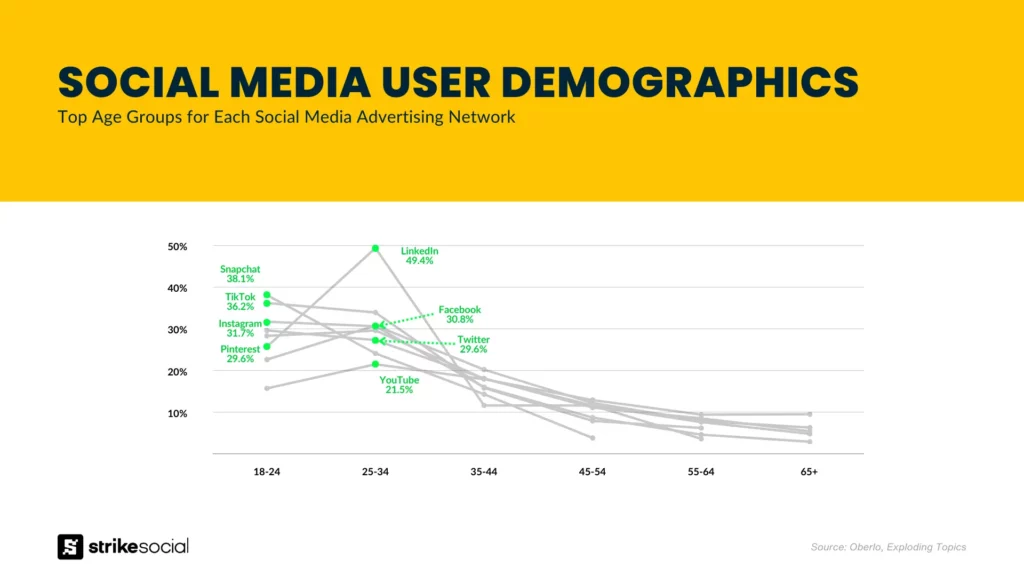

Different platforms require a different social media sales strategy. For example, when advertising on YouTube or YouTube TV, you can target specific audience segments, such as those experiencing significant life events like graduation or starting a family.
To ensure your ads generate the right clicks and drive sales from your target market, remember to exclude irrelevant segments, such as YouTube Kids channels, so you only pay for clicks and conversions that align with your objectives.
Define your goal
You will approach social media in different ways according to your campaign objectives. To increase online leads and sales through social media ads, you should be more straightforward in your approach and think about effective calls-to-action that will lead a customer to perform the action you desire.
Each social media marketing app has its unique metrics that may be similar but are calculated and interpreted differently. For example, TikTok, primarily a short-form video ad platform, measures video view metrics based on 2-second and 6-second views.
In contrast, YouTube advertisers, who may also utilize Shorts, typically consider 15 to 20-second views as more significant YouTube ad metrics for gauging video view completion rates. Adding video prospecting to your sales strategy helps humanize your brand, making outreach more engaging and memorable.
Meet people where they are
Choosing the right social media platform to advertise is a major step to reach success. You need to advertise where your audience is. It’s your job as a diligent strategist to study the characteristics of each social platform and how audiences engage with content in them to figure out where you should invest your money.
For instance, LinkedIn is mainly a B2B advertising platform. If your goal is to acquire social media sales from businesses who are looking to acquire your services, this is the social media platform you should be focusing on.
Further Reading
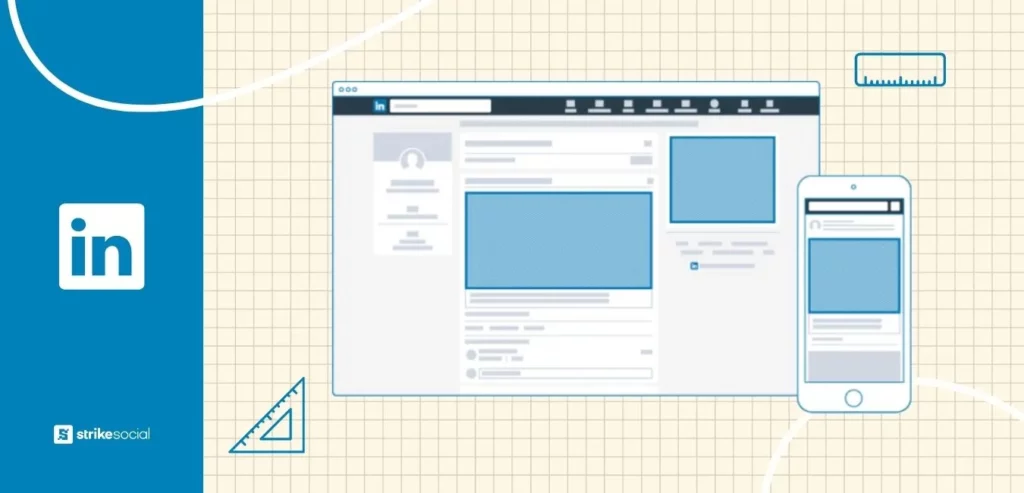

Marketer’s Guide to LinkedIn Ad Specs (2024)
Know the specific sizes and formats of LinkedIn ads and their placement on users’ screens. We’ve provided a guide to LinkedIn ad specifications for each format to ensure you’re well-prepared before your campaign goes live.
On Facebook, you can utilize the Audience Insights tool to verify whether your targeted audience is engaging with your ads and page. This tool can help you determine if you should adjust your target to a different age or lifestyle group that may be more likely to convert and get you sales on social media.
Give customers what they want
Your ultimate goal should be to create a memorable ad experience for the consumer. Why? Because experiences improve the relationship between the customer and the brand resulting in brand loyalty. In that context, ads are a brand’s means of communicating with the client and cultivating that relationship. Take time to create a good ad that will resonate with your customer base, and you’ll be happy you did.
Research shows that Connected TV (CTV) ads are more effective in reaching consumers. In fact, 57% of viewers say CTV ads are more relevant and better targeted than traditional linear TV ads. Recognizing the benefits of CTV advertising, YouTube and Google have integrated YouTube TV and Google TV into their advertising network, expanding their reach and offering advertisers more opportunities to connect with engaged audiences.
Further Reading
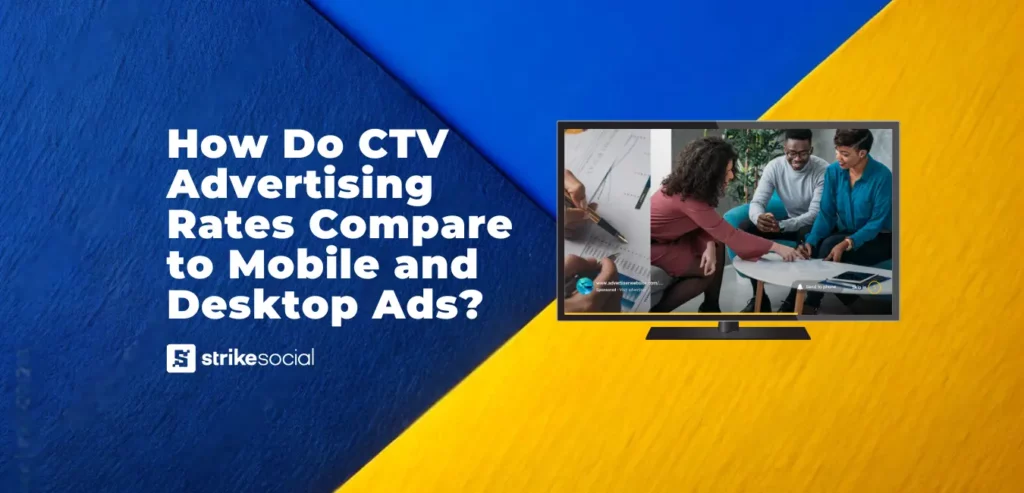

What Are the CTV Advertising Rates and Benchmarks?
Get ahead of your media planning by staying updated on current CTV advertising rates. This will help you efficiently manage your CTV advertising budget and keep your social media strategy on course.
Take people to the right place
Make sure that you redirect the people who click on your ad to a page with which you can convert them into your customers. Ideally, you should redirect your clients to a place where they can take the next action you want from them. Consumers are not likely to go out of their way to explore your website and find things by themselves. Make their journey as short as possible to catch their attention and generate potential sales.
A major factor that can deter a potential customer is if the landing page is slow to load or doesn’t align with the ad’s content, such as directing them to a different product than the one advertised. Not only does this reduce the chances to increase your sales on social media, but it can also lead to ad rejection and negatively impact the progress of your campaigns.
Focus on ad placements and optimization
Before launching anything, make sure your campaign is optimized for the particular platform that it will be displayed on. In Facebook advertising, for example, you’ll want to optimize according to Facebook’s advertising formats and use the right sizes and specifications for each ad within your social media campaign.
Proper optimization guarantees that your ads display correctly on users’ screens, making it more likely that your targeted audience will engage with them as intended. Poorly designed creatives can turn off consumers, leading to over 50% of ad spending being wasted. To maximize engagement and generate sales on social media, combine effective audience targeting with visually appealing and well-optimized ads.
Contact Us
Enhance your campaign results by 10-20% with a SWAS (Software with a Service) AdTech partner.
Use multiple channels
Don’t rely solely on one single channel to acquire sales on social media. If you want to invest some money in stocks, any financial advisor will tell you not to put all of your eggs in one basket. If that one basket fails, then you’re out of a lot more than if you had put your eggs in several baskets.
The same principle applies to social media advertising. You want to diversify your campaigns to be able to access a larger audience than you’d be able to access by using one channel exclusively. By utilizing a multichannel advertising strategy, you can reach a broader audience by utilizing various channels and mediums, increasing brand recall and keeping your brand top-of-mind across different platforms.
Collect data, improve, repeat
Perhaps the most important thing to do when advertising in social media is to constantly analyze the performance of your campaigns. You do this because you want to be able to make improvements before any shortcomings or misdirections become larger, more complex problems.
By collecting and analyzing data, you can see where improvements can be made in the campaign, whether that’s in ad content, targeting strategy, or placement. This ongoing process allows you to make real-time adjustments to optimize your current campaign for better results and cost efficiency. In addition, the insights gained can inform your future campaigns, helping you refine your approach to increase sales using social media advertising.
Strike Overview
- Instagram’s direct response ads drive more clicks and conversions by providing a clear call-to-action (CTA) that tells your audience exactly what to do after seeing and engaging with your ad.
- Sweaty Betty, a global activewear brand, saw a 90% increase in add-to-carts with Instagram Reels ads featuring a direct “Shop Now” link. By combining engaging fit videos with a strong call-to-action, they successfully turned interest into action.
- Discover how to use Instagram’s direct response ads to improve lower-funnel performance, optimize engagement, and maximize results from your campaigns.
Jump to Section
This post was updated in February 2025 to provide you with the latest information.
Instagram’s Direct Response Ads: What They Are and How to Use Them
Did you know that Instagram’s direct response ads can lower your cost-per-action (CPA) by up to 21%?
An international fitness company proved this by running a 1.5-month Instagram ad campaign, generating 3,500 new signups with a simple but effective approach. They launched a direct response ad featuring an interactive poll asking users if they wanted 30 days of unlimited yoga streaming for free.
Not only did this ad encourage engagement through the poll, but it also included a direct sign-up page link, making it easy for interested users to convert. Through Instagram’s direct response ads, they successfully turned engagement into real memberships.
Want to achieve similar results? Let’s discover how direct response ads on Instagram work and how you can use them to drive conversions effectively.
What Are Direct Response Ads?
Instagram’s direct response ads are designed to drive immediate action. The moment a user sees your ad in their feed, they can take action without hesitation—whether it’s making a purchase, signing up, or leaving their information.
For performance-focused advertisers, these ads are a go-to strategy for converting intent into action. With strong call-to-action (CTA) buttons like “Shop Now” or “Sign Up”, users can seamlessly interact with your ad and be directed straight to your website, landing page, or an online store—eliminating unnecessary steps that could cause drop-offs.
Here’s what a direct response ad would look like:


It’s important not to confuse Instagram’s direct response ads with Instagram Direct Ads.
While direct response ads encourage immediate conversions, Instagram Direct Ads use a “Send Message” CTA, directing users to Instagram Direct Messenger. This format is better suited for businesses that rely on direct inquiries and conversational marketing.
How Instagram’s Direct Response Ads Work
Running direct response ads on Instagram is straightforward, but the key here is choosing the right call-to-action (CTA) to drive engagement.
These ads function just like regular Instagram ads, but what sets them apart is their ability to prompt immediate action. By selecting a CTA that aligns with your campaign goal, you guide users toward conversions with minimal friction.
Key Components of a Direct Response Ad
Ad Formats
You must choose the right Instagram advertising format to make Instagram’s direct response ads as effective as possible:
- Carousel Ads:
- Ideal for product collections, step-by-step tutorials, or storytelling.
- They allow up to 10 image or video cards, keeping users engaged as they swipe through.
- Stories Ads:
- Perfect for time-sensitive promotions like 24-hour flash sales
- Full-screen, vertical format grabs attention quickly
- Interactive elements like polls or countdown stickers boost engagement and urgency.
- Reels Ads:
- Best for product demos, influencer testimonials, or engaging short-form content.
- 63% of consumers say they are more likely to purchase a product if it’s recommended by a trusted influencer.
- Instant Experience Ads (Paired with Collection Ads):
- Creates immersive, mobile-first storefronts with shoppable product grids.
- Users can browse without leaving the Instagram app, making conversions seamless.
Further Reading





The Complete Instagram Ad Specs Guide
Before creating your direct response ads, review our guide to ensure your videos and images meet Instagram’s platform specifications. In addition, pay attention to safe zones to keep your text and calls-to-action clear of UI elements for maximum visibility.
Clear Calls-to-Action (CTA)
A strong call-to-action (CTA) it tells your audience exactly what to do next. To drive engagement and conversions, your CTA must be clear and reinforced in both your ad creative and CTA button.
Here are the best CTA options based on your campaign objective:
| Instagram Campaign Objective | Recommended CTAs |
|---|---|
| Engagement | Send message Contact us Watch more |
| Leads | Get offer Get quote Sign up Subscribe |
| App promotion | Install now Use app Download Play game |
| Sales | Order now Shop now Book now Get quote See menu |
Optimized Targeting
It’s important that for lower-funnel campaigns aimed at sales or conversions, your targeting should be more precise, apart from your usual audience demographic.
Imagine a sunglasses brand running ads for the 4th of July and summer season. A broad audience might include users aged 18 to 35, but a more strategic approach would focus on:
- Recent college graduates planning vacations;
- Users actively searching for holiday deals and travel essentials.
To further optimize targeting, here are key strategies to maximize conversions from your direct response ads:
- Retargeting:
- Create Custom Audiences of users who visited your website in the last 90 days or engaged with your video ads.
- Re-engage users who added products to their cart but didn’t complete checkout.
- Lookalike audiences:
- Use Advantage+ Audience to expand your reach and find high-intent users similar to your existing customers.
- Target users who resemble the profile of those who have previously converted.
- Exclusion lists:
- Avoid wasting ad spending by excluding past buyers (if they don’t need repeat purchases).
- Filter out irrelevant audiences that don’t align with your campaign goals.
Best Practices for Direct Response Ads on Instagram
- Choose your hashtags wisely. Hashtags can help increase your ad’s reach, but quality matters more than quantity. Instead of overloading your ad with 10+ hashtags, focus on the five most relevant and effective for your brand. Bring the less is more approach.
- Consistency is key. If you want your business to be as effective as possible, you’ll need to keep up with posting. You can’t post or run an ad campaign once every couple of months. Plan a consistent ad schedule that keeps your brand top-of-mind.
- Create scroll-stopping creatives. Instagram is a highly visual platform, meaning your ad creatives need to immediately grab attention. Use high-quality images or videos, incorporate bold colors, and hook users within the first few seconds. The goal is to trigger an instinctive reaction that makes them stop scrolling and take action.
- Inspire action. Your call-to-action needs to be tailored to your customer’s behaviors and preferences to get them to connect with your brand. If your copy sounds overly sales-driven, customers may likely skip your ad instead.
- Test and optimize regularly. Run A/B tests on different creatives, CTAs, and audience segments. Monitor your target Instagram ad metrics and adjust bids, targeting, and creatives accordingly to optimize performance.
Drive Results with Direct Response Ads
Instagram direct response ads are a great way to innovate in your social media marketing. Since Instagram has been shown to be more likely to encourage purchases, placing your direct response ads is a great idea to boost traffic and sales.
Success comes from strategic experimentation—testing different ad formats, creatives, and audience segments to find what resonates best with your target market. Apply the strategies covered in this guide, track your campaign performance, and continuously optimize to maximize results.
In social advertising, mistakes can end up costing you a lot. Before you run your first social ad campaign, make sure that you have a focus on your social advertising efforts.
Below are the biggest social media advertising mistakes, and the ones that you certainly want to avoid.
1. Not having a social advertising strategy
So you’ve got a lot of followers and likes. There are people wandering around your social networks. They’re inquiring about services and clicking on your ads. What’s next?
If you don’t have a strategy in place, then your ads serve no purpose. You need to define your objectives, tactics, target audience and what resources you’ll invest.
2. Not defining your goals
Far too many social advertising mistakes revolve around not setting goals or not setting the right ones. Before creating a social ad, ask yourself: what is the purpose of this campaign? You can’t run social ads without knowing what you’re trying to achieve from them. Are you aiming to garner more leads? Is it brand awareness? Or is it simply to boost sales of a product?
If your goals aren’t something you can measure, then you’re already setting your campaigns up for failure.
3. Not defining buyer personas
Personas are ideas of potential customers. Identifying your potential customers helps you understand your target audience. Not every ad will pertain to the same group of people.
A persona-based advertising strategy focuses on catered content. Usually, you can’t pull these personas out of thin air. They’re based on market trends and research of buying processes.
A persona-based strategy helps you discover the full picture of who you’re targeting, and without it, you don’t know what content will resonate with the customer.
4. Targeting too narrow or too wide of an audience
An 18-year-old female who lives in California will have a different lifestyle and set of interests compared to a 55-year-old male who lives in Florida. Know your audience and use data to back it up. Making the mistake of targeting a broad audience or a narrow group could end up costing you.
RELATED ARTICLEHow to use effective targeting to reach your social media adverising audienceBy understanding your best customer’s behaviors, attitudes and demographics, you can set your social media advertising campaign up for success.READ MORE
5. Not tailoring your ads to each platform
A display ad that cuts off due to the wrong ad specs certainly hurts your chances for success. All social platforms have different requirements, and it’s important to get them right. Where will your ads be running and what types of ads will they be?
Luckily, at Strike Social, we have a complete guide of ad specs and requirements to set yourself up for success.
- Facebook ad specs
- Twitter ad specs
- LinkedIn ad specs
- Snapchat ad specs
- YouTube ad specs
- Pinterest ad specs
6. No creative diversity
While your brand should have an overarching style, having creative diversity means exploring more creative options such as video, carousel ads and utilizing multiple platforms that make sense.
Discover where your audience is more likely to view media. Is it on their phone? Or a desktop? Do they consume video more than photos? Mix in engaging content that will resonate with your audience, and don’t always use the same creative.
7. No call to action
Forgetting your call to action could mean missing out on converting customers. A call to action is a clear statement about the next step for your customers to take. What do you want them to do next? If you want them to sign up for a newsletter, “Subscribe Now” is a clear call to action.
Call to actions must be quick and easy to see, helping your audience along the buying journey.
8. Always sending people to the homepage
Let’s say you’re advertising for a clothing company and have a call to action to “Shop Now” for a product. Sending people to the homepage only creates an inconvenience for them to have to search for the product, which creates the risk of losing a potential customer.
As mentioned above, call to actions help boost your customer acquisition, but you have to guide users along that journey. Send people to a landing page to achieve a better conversion rate.
9. Not tracking conversions properly
The beauty of social advertising is that you have the ability to track results, and that includes conversion rate. You know the journey your customers take from start to finish — if set up properly that is.
For example, the Facebook pixel is a piece of a code you put on your website that helps you measure your ads, but if you don’t set it up properly, you may not be tracking the data you need to be successful.
10. Not monitoring campaigns
Don’t ignore one of the most important pieces in social advertising. If you run a campaign and don’t monitor throughout, how do you know if it’s performing? Monitoring campaigns while they are live allows you to understand performance from start to finish and make adjustments to current and future campaigns.
11. Forgetting organic performance
If we’re talking about paid social, then what does organic have to do with it? A lot actually. Your organic performance can indicate how to spend your budget wisely.
Before running an ad campaign, test the creative organically to see how it’s received. If an organic post is well-received, continue to promote it even further as an ad.
12. Neglecting the power of A/B testing
Lastly, but certainly one of the biggest mistakes, is neglecting to A/B test. Rather than guessing and checking what works, A/B testing will give you real data to backup your decision to use a certain ad creative, headline or copy. Run two ads against one another and test which ad your audience responds to more. From there, you can refine your audience.
By not utilizing A/B testing, you run the risk of promoting an underperforming ad with no outcome.
Nearly 70% of all U.S. adults use at least one social media site and each platform has a different purpose and offers advertisers different ways to engage with their audience.
Along with that, there are different user demographics for each platform. The same people aren’t on or as active across every social media network that’s available. Some age groups are more engaged in one platform while some levels of income are more active in another.
It’s important to know where to find each of these audiences to better optimize your ad campaigns. We’ve provided short blurbs for the social media usage statistics you should know below.
Related: How to pick an ad type for a paid social campaign
Facebook user demographics
Facebook is where users share with their friends what’s going on in their lives with status updates and photo albums. It also allows users to create and share videos and voice their opinions related to the media. Facebook offers various tools for advertisers making it easy to find your target audience and optimize your ads for them.
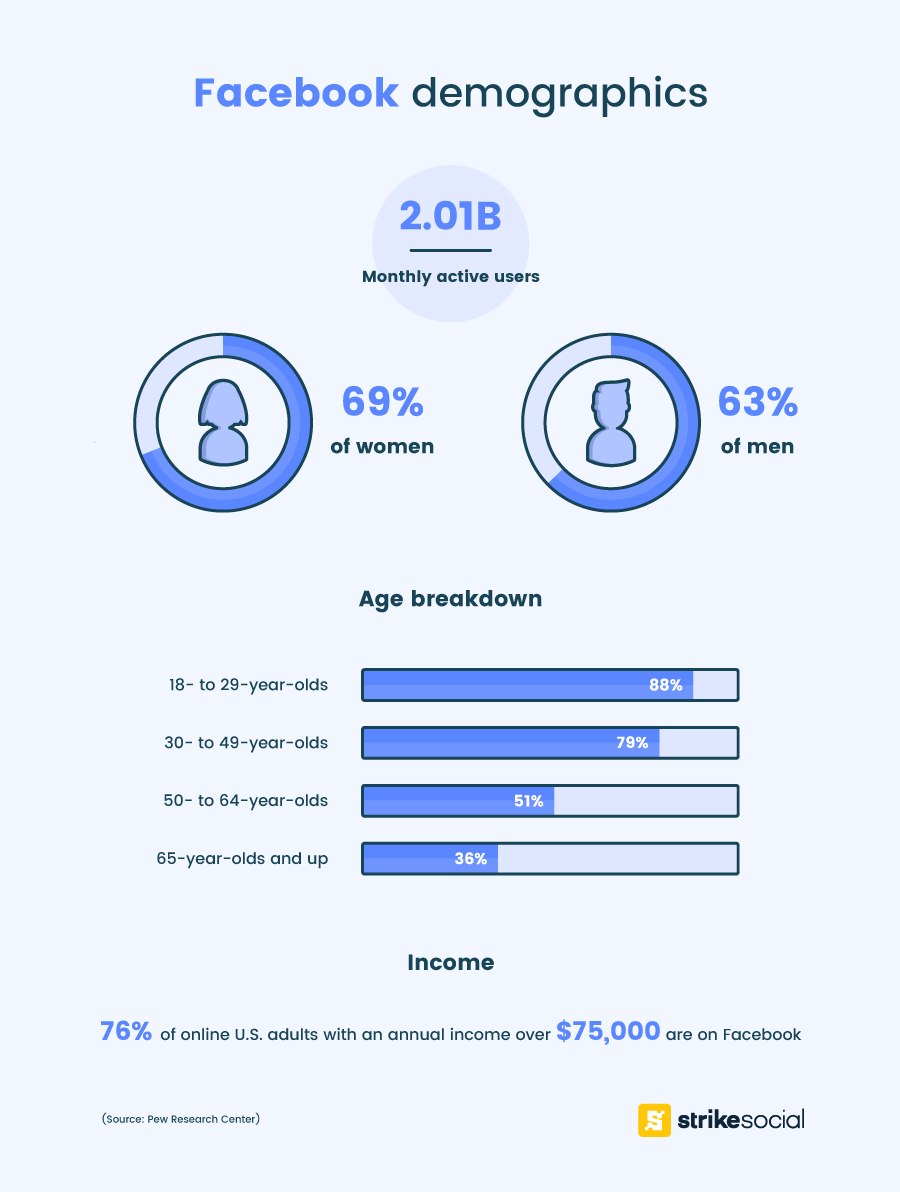

Instagram user demographics
Instagram is primarily used to share photos with friends and family. 53% of users also follow at least one brand on the platform to keep up with updates or trends. Instagram is part of Facebook’s ad network and offers a variety of ad units and audience tools to reach your target audience and cater to them as best as possible.
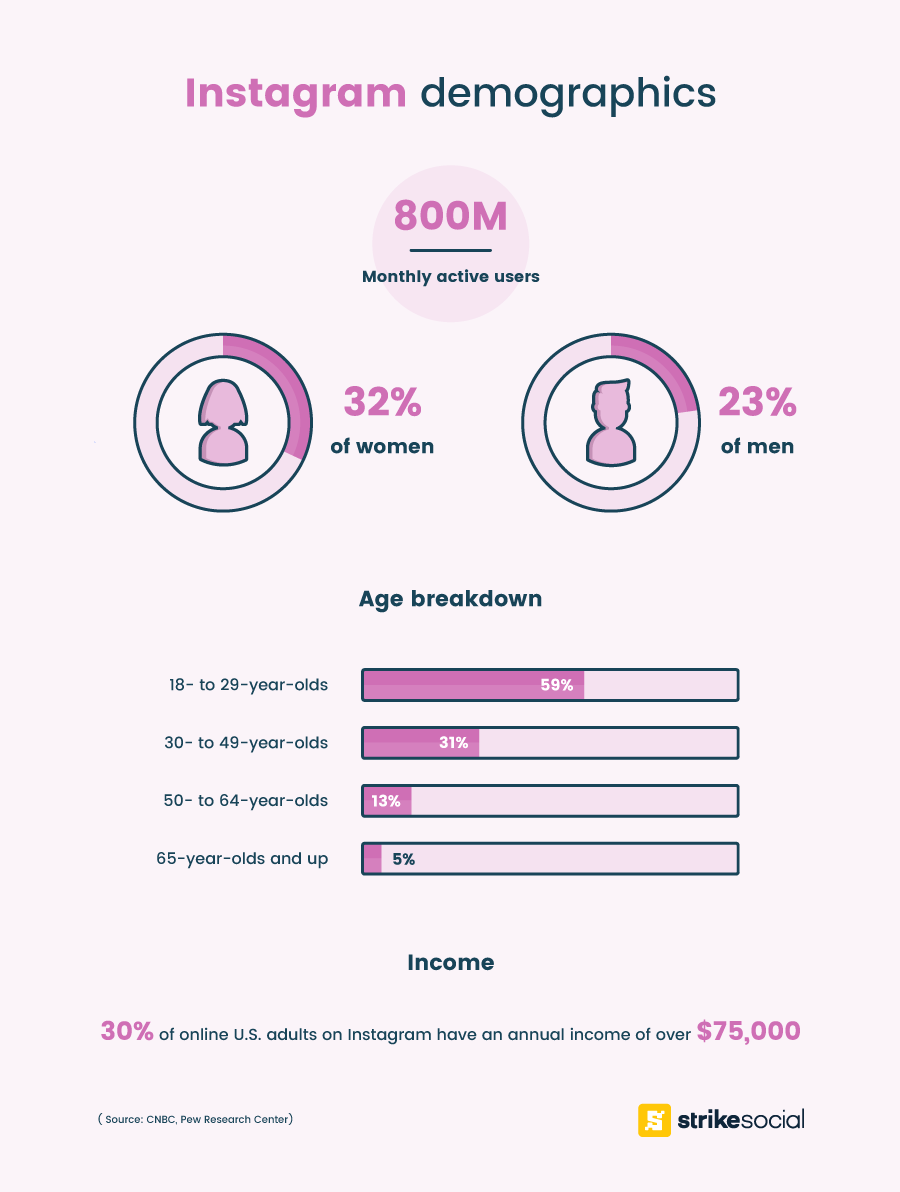

YouTube user demographics
YouTube has always been the leader for video advertising, seeing as their platform is entirely based around video. There are about 2 million video views on average per minute. That’s certainly a lot of video! What’s more, the platform has over 1 billion users and a variety of ad types to reach its audience.
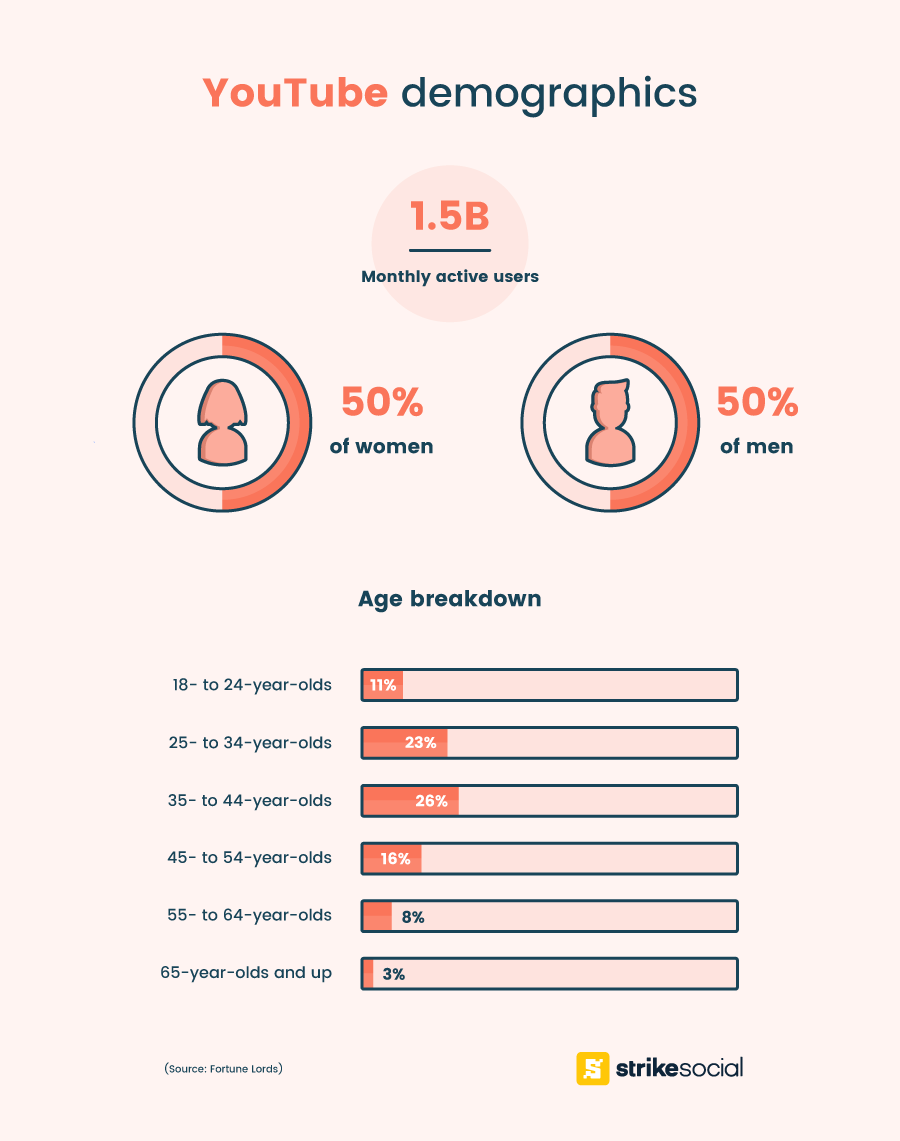

RELATED ARTICLEMultichannel advertising — How to mix social media with other ad typesKeep your message fresh in consumers’ minds by targeting them across different channels.READ MORE
Twitter user demographics
Twitter is a much more fast-paced platform with users’ feeds constantly being reloaded with 140 character updates from the people they follow. Users spend about 2.7 minutes on the mobile app every day which means you have to grab their attention fast.
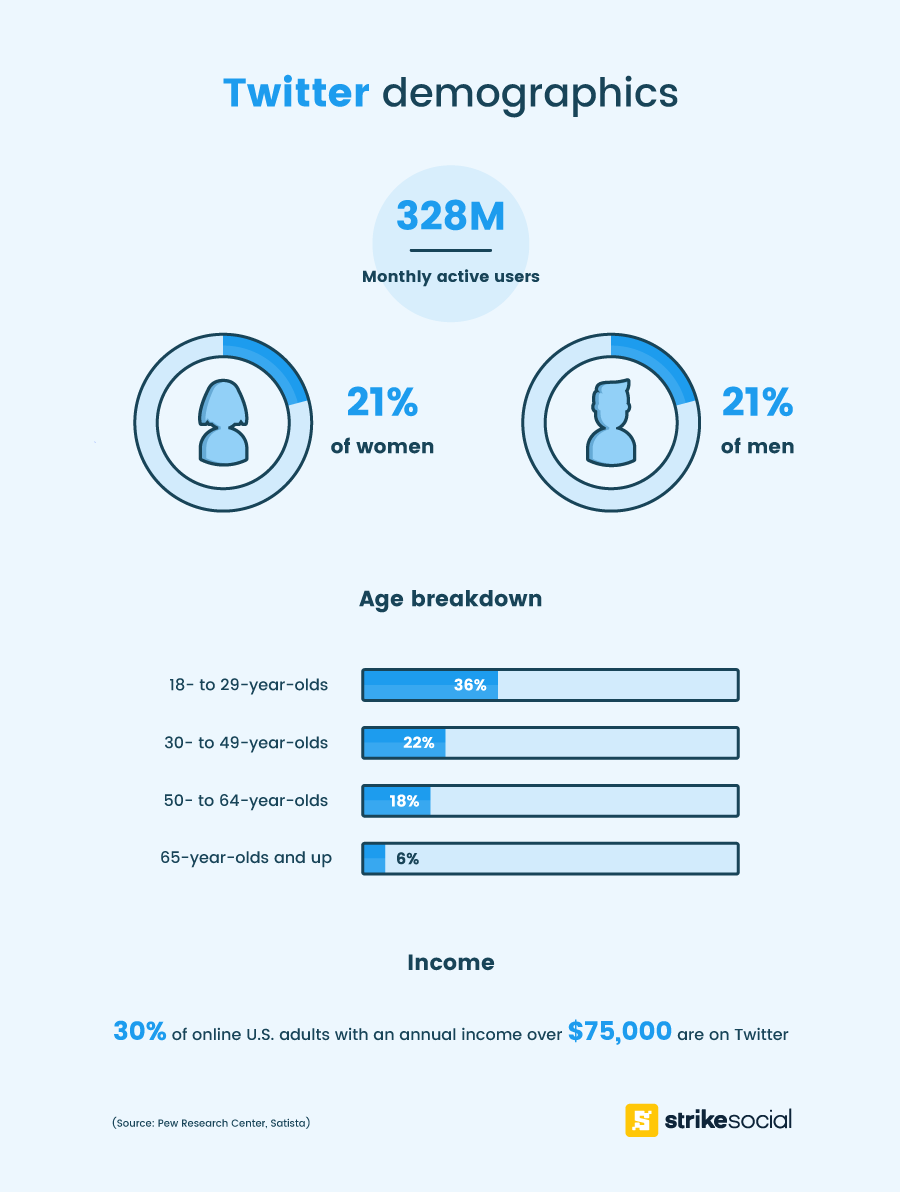

LinkedIn user demographics
LinkedIn isn’t just a platform for job listing or hunting. The platform generates 15 times more impressions on general content than job postings and is meant for professional use. This makes it seen by users as an escape from the personal content found frequently on Facebook.


Pinterest user demographics
Pinterest is one of the go-to platforms for users looking for inspiration and ready to get into action. People referred by Pinterest are 10% more likely to make a purchase on e-commerce than users of other networks.


Snapchat user demographics
Snapchat has seen changes in its demographics as the number of users over the age of 25 steadily increases. 60% of Snapchat’s daily users create images or videoswith the Snapchat camera in the 18 times users open the app each day.
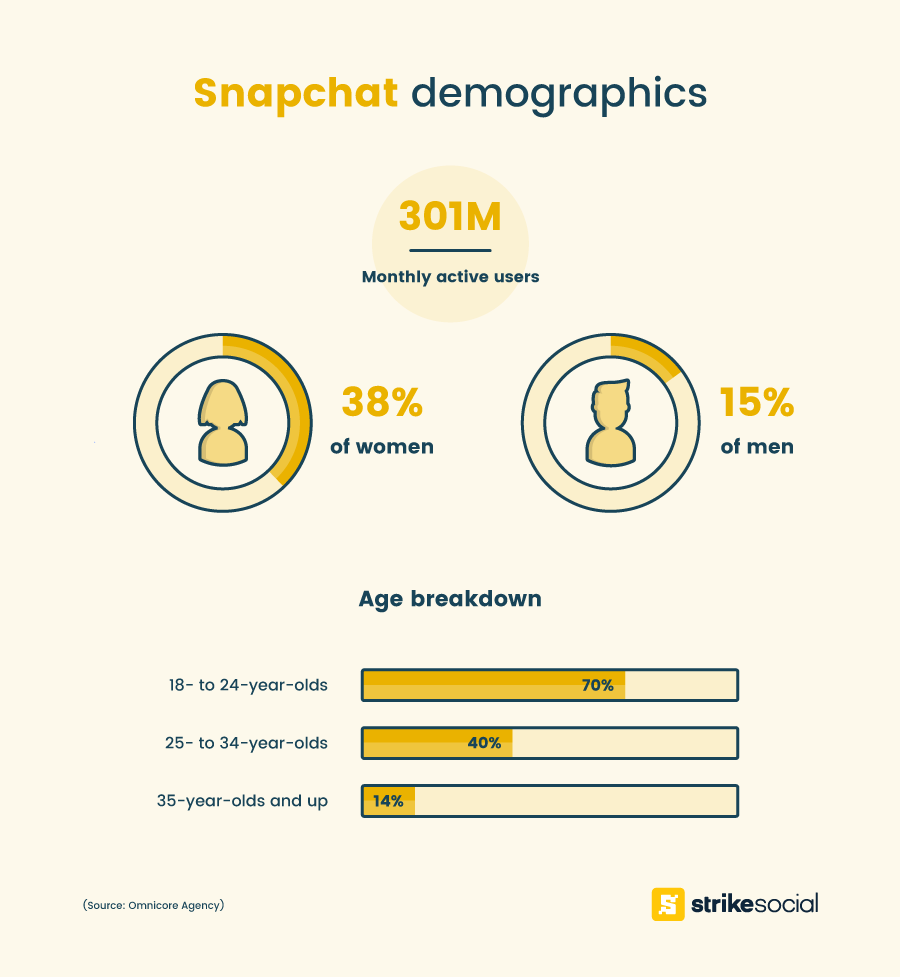

Related: How to calculate ROI and ROAS on YouTube
Don’t focus only on social media demographics
While we’ve stated above the age groups and genders that are more active on each platform, it’s important to keep in mind that this doesn’t necessarily mean those are the only people seeing your ads. Advertisers should keep an eye on other metrics such as view rate, CTR and CPC to understand what audiences are engaging the most with ads in each platform.
In our recent data report on the YouTube generational divide, we discovered that the generation most often watching video ads through to completion is the generation that most advertisers are ignoring. This represents the potential that could be said for all platforms. There’s more to look into than just who is represented in this space.
Obviously, it’s a vital aspect to find your audience within each platform, but sometimes the place you’ll make more money is with the crowd that’s more likely to watch and pay attention to your ads, rather than the larger demographic of each social media platform.
The bottom line: pay attention to all of the data available to you, rather than just the data you want to work for your campaign.
Download our free data report now to get more insights on YouTube demographics and the topics that attract every major generation on the platform, including millennials, Gen Xers and baby boomers.
Every social media platform brings something different to the table. This means that not only the structure of your campaigns will be different for each platform, but also the billing options and the advertising costs.
But how does it all come together? We’ve created several guides to help you navigate through the advertising costs of each social media platform. Choose your preferred platform below or keep reading to learn more about social media advertising costs.
Social media ad costs by platform
Understanding social media pricing
Each platform offers different billing options that vary according to your goals and the ad unit chosen for the campaign. The most common billing options are listed below:
Cost-per-click (CPC): A fairly common standard on social media platforms, CPC is a billing option in which you pay for an ad placement when the viewer clicks on the ad.
Cost-per-thousand impressions (CPM): You are billed for every 1,000 impressions of an ad.
Cost-per-view (CPV): You are charged every time someone views your ad (make sure to check how each social media platform counts views). Some platforms also consider interactions with an ad as a view (such as clicks on the call-to-action buttons, cards or banners).
Cost per action/conversion (CPA): You are charged when someone completes the action you specified when optimizing the ad. Actions can include downloading an app, signing up for an email newsletter or making a purchase directly from the ad.
Cost per like: Certain platforms also offer the option of paying for every follower gained through the ad campaign or like given to an ad, photo or page.
Social media bidding options
Another important element of social media advertising costs is the bidding option. There are two common options available on social:
Maximum bidding – Allows you to decide how much you’re willing to spend to achieve your campaign objectives.
Automatic bidding – Allows the platform to automatically set a bid for your campaign based on your objective and budget.
It is important to note that some platforms might offer specific billing options that fit their products. For example, Twitter has target bidding which is an option in which you can designate a target cost per link click. Snapchat has goal-based bidding, in which your bidding will be based on one of the three goals you want your ad to achieve — swipe ups, app installs and impressions.
Create a budget structure
The budget structure will vary across each platform, but advertisers generally have the option of a daily or lifetime (total) budget.
Daily budgets specify the limit you want to spend each day while a lifetime budget has you set the total amount you’re willing to pay for the duration of the ad campaign.
Setting a lifetime budget will automatically adjust your campaign to spend an average amount each day. Daily amounts and budgets are reset at midnight according to your time zone.
Some platforms require a daily minimum spend. So while you’re choosing the most you want to pay, it must meet the requirement (if specified) of the daily minimum for the specific platform you’re using.
How much will your social media ads cost?
So you’ve set up a budget and chosen a bidding option, but does that mean you’re actually spending all of that money? No, not necessarily and not if your campaign is optimized to save you money.
Your bid tells the platform of your choice how much you want to pay to reach the goal your ad is optimized for. The amount you actually pay is determined by the amount needed for you to beat a competitor and have your ad placed. Each platform will only charge you 1 cent higher than your competitor should you have the higher maximum bid. In general, the price you pay for social media ads is smaller than your maximum bid.
That being said, you don’t pay for the placement of your ad. You’re only actually charged when the user takes the action specified for your campaign (impression, click, like, etc.). The exception to this rule is Snapchat — the only billing event available is CPM regardless of your goal.
To put this all into perspective, let’s say you’re running a website traffic campaign on Facebook and your maximum CPC is $7.75. Your ad goes to auction with two other competitors whose bids are $5.00 and $6.50, respectively. Since you have the highest bid, your ad gets placed. You aren’t billed for the placement, however, you only get billed the winning $6.51 amount when someone actually clicks through to your website from your ad. Having an expert social media agency or partner can help you navigate this complex landscape, optimizing your campaigns to ensure you get the best results for your budget. With their expertise, you can achieve higher engagement rates and a better return on investment, making every dollar count.
Time to calculate the costs of your advertising campaign
Now that we’ve run through the basics, it’s time for you to discover the costs of your social campaign. Explore the guides we’ve created with the advertising costs for each platform and get into action.
Expand your expertise. Browse Strike Social’s blogs here:
LinkedIn is the ultimate place for advertisers targeting other businesses or potential employees. It offers great advertising formats that aren’t intrusive to the viewer and you only pay when your message is delivered.
Considering this is an all professional setting, does it mean LinkedIn advertising is going to cost you a considerable more amount of money? Not necessarily. It depends on how you bid and who you’re targeting. Read on to get a deeper look into how it all comes together to understand how much LinkedIn advertising costs.
Related: The complete list of LinkedIn ad specs
LinkedIn bidding options
For each of the different ad types offered through LinkedIn, you have different bidding options available. Sponsored Content and Text Ads fall together in their bidding strategies while Sponsored InMail follows different rules.
- Sponsored Content and Text Ads – You can choose between cost-per-click (CPC) and cost per 1,000 impressions (CPM). You set the maximum amount you’re willing to pay for the action you’ve specified — clicks or impressions. CPM is good if you’re only worried about the number of times your ad is viewed rather than the number of clicks it actually receives.
- Sponsored InMail – You will be charged based on the cost per send (CPS), which means you will pay for each message that is delivered. As with CPC and CPM, you select the maximum amount you are willing to pay for each message sent.
A perk of the LinkedIn Campaign Manager is that it offers a suggested bid amount. This amount is based off estimates of currently competing bids by advertisers who are targeting the same audience as you.
You are required to commit to a $2 minimum CPC or CPM bid on text campaigns, while the minimum bid requirement for Sponsored Content varies based on your target audience.
How to set up your budget
As with many of the other platforms, LinkedIn gives you the option of a total or daily budget. Daily budgets tell LinkedIn how much you want to spend each day and a total budget tells how much you want to spend over the duration of your campaign. Total budget is currently only available for Sponsored Content campaigns.
Once a daily budget is met, the ads will stop running for that day and pick up the next. This cycle will continue until the total budget is spent or the end date is met, whichever comes first. After the budget is spent, your campaign is switched from “On” to “Completed.”
LinkedIn requires a $10 minimum for both a daily and total budget, whichever you opt to use. To set a daily budget, multiply your bid by the number of impressions or clicks you’d like to receive each day.
Related: Discover if LinkedIn advertising is right for you and what options are available
Creating your LinkedIn advertising costs
Keep in mind the actual amount of your LinkedIn advertising costs is determined by the amount of activity your campaign receives and the second-highest bidder’s price. All in all, worth the investment when your business is B2B.
Looking for other platforms?
- Facebook ads cost
- Twitter ads cost
- Snapchat ads cost
- Instagram ads cost
- Pinterest ads cost
- YouTube ads cost
Pinterest is no longer just a place to find inspiration. Users now come to the platform ready to act on ideas already in mind. The company created a diverse set of tools to help users with that, empowering advertisers to engage with these customers in innovative ways.
These tools, such as the new Lens feature, allow users to find anything they’re looking for with a quick snap from their camera. They can immediately search for and add the product to a shopping cart inside Pinterest with just a few clicks.
You can take advantage of this and other features through ads on Pinterest. But how much does Pinterest advertising cost? Keep reading to get all the answers you need to start planning your Pinterest’s campaign budget.
Related: 7 tips for success on Pinterest advertising.
Pinterest advertising cost
Brands can advertise through Pinterest Promoted Pins. There are three different campaign types to choose from — building awareness, boosting engagement and driving website traffic. Each one is billed differently.
Awareness. Campaigns focused on building awareness are based on a standard cost-per-thousand impressions (CPM), which means the advertiser is charged for every 1,000 impressions of a pin.
Engagement. Pinterest charges the advertiser for every engagement (CPE) on a Promoted Pin, such as a repin or click.
Website traffic. When the goal is driving website traffic, Pinterest charges for clicks to a website (CPC). An important note on this campaign type is that advertisers are only charged when users click to acess your website directly from the promoted pin. There is no charge for clicks from a repinned pin. Those clicks are marked as downstream or promoted traffic and are highlighted in the campaign report.
Bidding and budgeting on Pinterest
For each of the campaigns listed above, Pinterest requires that you specify the maximum bid you want to pay for the action you’ve chosen — maximum CPC, maximum CPE and maximum CPM.
The minimum bids for Pinterest are fairly low, but vary according to your campaign type and currency of choice.
- USD: $0.10 (CPC)/ $0.10 (CPE)/ $5.00 (CPM)
- GBP: £0.08 (CPC)/ £0.08 (CPE)/ £4.00 (CPM)
- CAD: $0.15 (CPC)/ $0.15 (CPE)/ $7.50 (CPM)
- EUR: €0.11 (CPC)/ €0.11 (CPE)/ €5.50 (CPM)
- AUD: $0.15 (CPC)/ $0.15 (CPE)/ $7.50 (CPM)
- NZD: $0.16 (CPC)/ $0.16 (CPE)/ $8.00 (CPM)
Pinterest recommends starting your bids at a bit of a more aggressive rate to boost performance right out of the gate. These values can be changed and optimized later, according to your performance.
Your budget is set at a daily amount and is averaged throughout each day for the duration of your campaign. It can also be edited based on performance. Keep in mind that any time you change your maximum bid or budget, it will take 24 hours for these changes to be reflected in your performance reports.
Related: The complete list of Pinterest ad specs
Optimizing your Pinterest ads
With Pinterest, you select the terms you’d like to bid on and your traffic targeting. The platform then targets your pin across Pinterest based on those terms.
As with other social media platforms, the level of competitiveness for the terms you’ve selected will have an effect on your Pinterest advertising cost and campaigns.
One key point Pinterest makes is thinking in terms of the consumer. When promoting a pin about watches, you shouldn’t only choose terms such as “watches for men” or “watches for women.” Other useful terms to target could be “gifts for him/her,” “men’s/women’s fashion” or “fall fashion.”
Pinning straight to the top
All in all, having better creative, better targeting and better performance than competitors will make traffic more efficient for your campaign and drive your costs down. It’s time to take advantage of this mobile marketplace!
Looking for other platforms?
- LinkedIn ads cost
- Facebook ads cost
- Twitter ads cost
- Snapchat ads cost
- Instagram ads cost
- YouTube ads cost
Advertising through social can be tricky to figure out since none of the platforms offer a direct quote. It’s all about budgets, bidding and the goals you want to accomplish through each campaign. To calculate how much your social media ads will cost, you need to understand the gist of how it all comes together and how you can stretch your budget for the best results.
Calculating the cost of Twitter ads is no different. Your bids determine how much you’re willing to pay to have your ad placed and your budget tells Twitter how much you’re looking to spend in total. Your choices will determine how far your ad dollars will go.
Related: The list of Twitter Card image sizes and specs.
How to calculate Twitter ads costs
Two main factors affect the costs of your Twitter ads: the type of campaign you choose and your bidding strategy. While the first affects the way you will be charged, the second will influence the way your budget will be spent. Both can impact the overall campaign’s cost. Let’s dig deeper into each of them.
Choosing a Twitter campaign
Twitter gives you the option to choose from six types of campaigns. Each one is focused on a specific goal and you only pay for the ad when the user performs the action your ad is optimized for.



- Website visits campaigns. You are charged every time someone clicks on your ad to go to your website. All other actions or engagements (likes, retweets and replies) are free of charge.
- Followers campaign. You pay for every follower your account gains through a campaign. All other engagements or actions are free of charge.
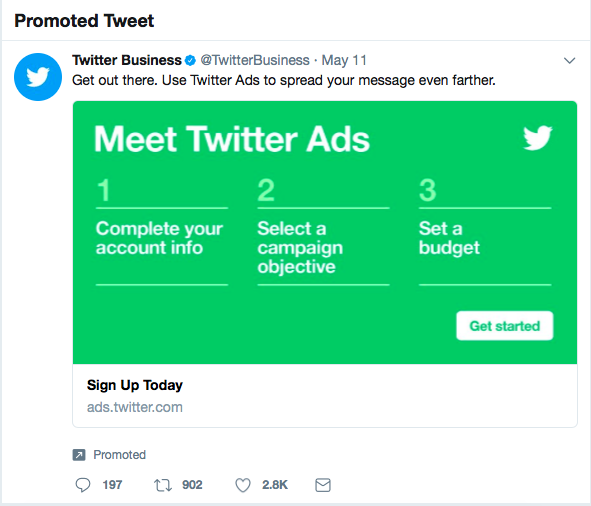

- Tweet engagement campaigns. You are charged for every type of engagement on a promoted tweet. Only impressions are free of charge.
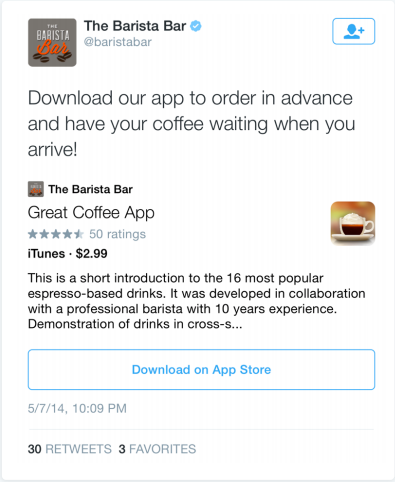


- App installs or re-engagement campaigns. You are charged for clicks to install or open your app. All other actions or engagements are not charged.



- Video views campaigns. You are charged every time someone views your tweet. You can choose between two options:
-
- 2s/50, which means a view is counted when 50% of the video can be seen on the user’s screen and the ad is watched for at least 2 seconds;
- 3s/100, meaning a view is counted when 100% of the video is viewable on the user’s screen and the video is played for at least 3 seconds.
-
- Pre-roll campaigns. You are charged every time your video is viewed, following the same system applied to video view campaigns. The pre-roll objective does not utilize Promoted Tweets or Cards so there are no additional actions or engagements besides the video views. The video creative is instead associated with your ad group and the CTA information is associated with a pre-roll call to action entity.
Related: Navigating Twitter Ad Cards
Choosing a bidding option
Twitter places ads through an auction system and whoever has the highest bid wins.
This doesn’t mean you’ll pay the price attached to your maximum bid every time. You only pay 1 cent higher than your competitor’s highest bid when someone interacts with your ad and performs the action your ad is optimized for.
Let’s suppose you’ve created a campaign to drive visitors to your website. You will only be charged when someone clicks on your ad to go to your website.
There are three bidding options:
- Maximum bidding allows you to choose how much a lead, click or engagement is worth. As mentioned above, you won’t pay the full amount every time. Just one penny higher than your competitor’s maximum bid if yours is higher.
- Automatic bidding is when Twitter auto-optimizes bids according to your campaign objective and budget. Twitter aims to place the advertiser into the auction with the lowest bid possible. It does this while still obtaining the campaign’s overall objectives.
- Target bidding is only available for “website visits” and “followers” campaigns. Adding a target cost-per-link-click enables Twitter to optimize your bid to achieve an average daily cost to meet or beat your target. Advertisers pay the actual average cost for all link clicks in a day.
A suggested bid will appear next to the maximum bid once you enter your campaign start/end dates and a total or daily budget. Twitter recommends a range of bidding options depending on the type of objective you choose.
- Website visits campaign: $1.68 – $10.00
- Followers campaigns: $2.50 – $3.50
- Tweet engagements campaigns: $1.50 – $2.50
- App installs or re-engagement campaigns: $1.95 – $3.25
- Awareness campaigns: $6.00 – $8.00
Creating a budget for Twitter ads
Once you decide on a bidding option, you can choose to set a total budget for the campaign or a daily maximum.
- Total budget allows advertisers to choose how much they want to spend over the lifetime of the campaign. Your budget is then evenly distributed each day from your designated start and end dates.
- Daily budget will give Twitter the power to stop showing your ads for that day once the budget has been spent. A standard delivery means the budget will be spent evenly throughout the day, while accelerated delivery means the budget will be spent as quickly as possible. The daily budget is then reset every day at midnight according to your time zone.
Tweet, Tweet
Ultimately, it’s up to you how much your Twitter ads cost. Deciding your own budget and maximum bids will allow you to spend the exact amount you want. The key is to determine how bids need to be priced in order to obtain the desired results. It is time to get into action!
Looking for other platforms?
- LinkedIn ads cost
- Facebook ads cost
- Snapchat ads cost
- Instagram ads cost
- Pinterest ads cost
- YouTube ads cost
With Instagram’s ad revenue surging, how has this impacted the cost of advertising on the platform? In 2023, Instagram’s ad sales in the US alone reached a staggering $39.7 billion, marking an increase of 19.4% from the previous year.
This growth trajectory isn’t just about larger figures; a few years ago, Instagram’s ad sales surpassed those of Facebook and, according to a recent Meta filing, also outstripped YouTube’s ad revenue. This indicates a significant shift in platform loyalty among advertisers, moving their budgets to where they see the best return on investment.
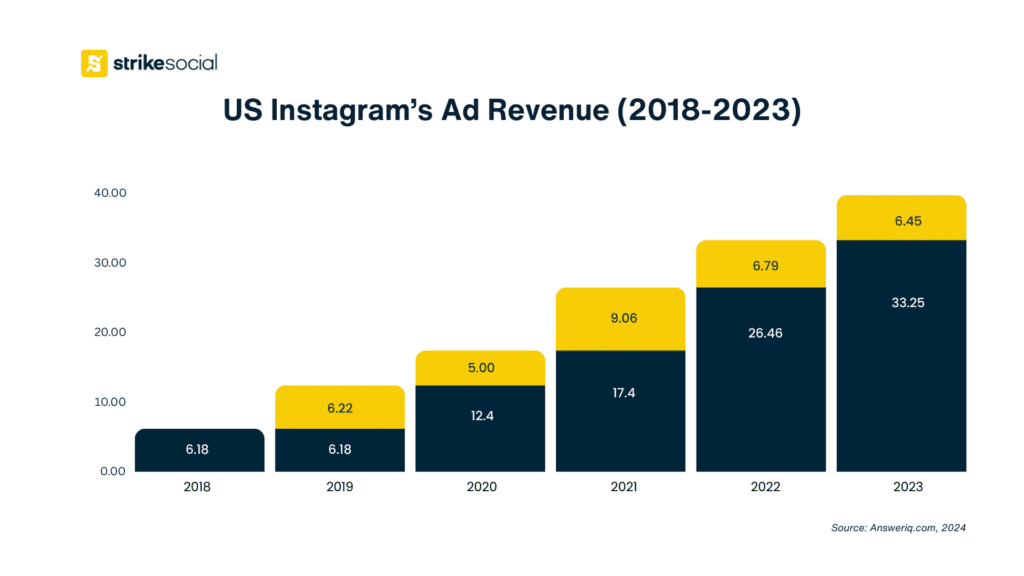

This revenue growth reflects real success stories across businesses using Instagram—from nimble startups to global conglomerates. These companies have effectively leveraged Instagram’s visual appeal and broad reach to enhance brand awareness and drive growth.
Socialpilot’s report highlights that over 200 million businesses actively use Instagram to showcase their products and services, underscoring the platform’s vital role in their marketing strategies.
This begs the question: What does it cost to run ads on Instagram today, and how can you optimize this investment to drive tangible results for your brand? This guide discusses the essential details of understanding Instagram ads and provides strategic insights for decision-makers and media buyers.
Overview of Instagram Ad Objectives
The effectiveness of an Instagram ad campaign hinges on how well the selected ad objectives align with the intended target audience and messaging. IG offers a diverse array of ad solutions each designed to serve a unique purpose.
From eye-catching single image ads to immersive stories and attention-grabbing reels, the platform provides an array of creative possibilities. The key is to match the right objective to the marketing need – whether that’s driving website traffic, increasing brand awareness, generating leads, or boosting conversions.
Instagram advertisers can choose from a range of objectives, including Awareness, Consideration, and Conversion. Let’s tackle the available Instagram ad objectives and understanding how to leverage it’s benefit.
Awareness
- Objective: Increase visibility and recall of your ads among a broad audience.
- Suitable for: Reach, Brand Awareness, Video Views, Store Location Awareness
- Campaign Metrics to Consider: Awareness campaigns are typically priced on a Cost Per Mille (CPM) basis, making them cost-effective for achieving broad visibility. Monitor metrics such as Total impressions, Total reach, and frequency to gauge overall exposure.
- When to Use It: Ideal for initial stages of marketing campaigns to build a foundational audience base. Essential for brands looking to establish or enhance long-term equity and market recognition.
Traffic
- Objective: Direct traffic to destinations such as websites, apps, or Facebook events.
- Suitable for: Link Clicks, Landing Page Views, Messaging interactions
- Campaign Metrics to Consider: Billed on a Cost Per Click (CPC) basis. It’s crucial to track click-through rates (CTR), conversion rates from clicks, and the quality of traffic generated. Costs will fluctuate based on targeting precision and the competitiveness of the bidding environment.
- When to Use It: Effective when the goal is to convert ad views into traffic for a webpage or app, optimizing each step of the sales funnel. Utilize during promotional periods or to boost engagement with specific online assets.
Engagement
- Objective: Boost interactions such as messages, purchases through messaging, and video views.
- Suitable for: Video Views, Post Engagement, Conversions
- Campaign Metrics to Consider: Focused on Cost Per Engagement (CPE), which includes metrics like likes, shares, comments, and other forms of active user engagement.
- When to Use It: Crucial for campaigns aiming to foster deeper connections with the audience, strengthen brand loyalty, and enhance community engagement. Best used when interactive content is likely to resonate with viewers.
Leads
- Objective: Gather leads using tools like instant forms integrated within ads.
- Suitable for: Instant Forms, Messenger, Conversions
- Campaign Metrics to Consider: Cost Per Lead (CPL) should be closely monitored, with attention to lead quality and the conversion rate of leads to actual customers.
- When to Use It: Optimal for businesses looking to expand their potential customer base with targeted, high-intent prospects. Particularly effective in B2B contexts or when detailed follow-up is planned post-capture.
App Promotion
- Objective: Encourage app installations and engagement.
- Suitable for: App Installs, App Events
- Campaign Metrics to Consider: Cost Per Install (CPI) and user retention rates are key. These costs can vary significantly based on the competitiveness within the app category and the precision of your targeting.
- When to Use It: Ideal for mobile-centric businesses seeking to grow their user base or re-engage existing users with new features or promotions.
Sales
- Objective: Drive sales through online channels.
- Suitable for: Conversions, Catalog Sales
- Campaign Metrics to Consider: Optimized for Cost Per Acquisition (CPA), focusing on metrics such as ROI, conversion rate, and average order value.
- When to Use It: Best used when targeting users with high purchase intent, aiming for immediate conversions. Effective in e-commerce campaigns during high shopping seasons or for product launches.
How is the Cost of Instagram Ads Calculated?
Instagram offers several pricing models for its ads, each suited to different marketing objectives and strategies. Understanding these can help advertisers optimize their budgets and achieve better returns on investment.
CPM (Cost Per Thousand Impressions)
CPM is defined as the cost an advertiser pays for 1,000 views or impressions of their advertisement. Example: If a media buyer sets up an Instagram campaign with a CPM of $5, and the ad receives 100,000 impressions, the total cost would be $500.
CPC (Cost Per Click)
Cost per click charges the advertiser each time someone clicks on their ads. Example: If the CPC is set at $0.50 and the ad receives 2000 clicks, the total advertising cost would be $1000.
FAQ: What are considered clicks when running an Instagram ads?
When running Instagram ads, the definition of “clicks” can vary depending on the campaign’s specific objectives and settings. Here are the different types of clicks considered in Instagram ads:
- Link Clicks: This is the most direct form of clicks, where a user clicks on a hyperlink within the ad that leads them to an external website, an app installation page, a landing page, or any other URL specified by the advertiser. This is typically the primary metric for campaigns aimed at driving traffic or conversions.
- Call-to-Action Clicks: Instagram ads often feature customizable CTAs such as “Learn More,” “Shop Now,” “Sign Up,” “Book Now,” or “Contact Us.” A click on any of these buttons is counted as a CTA click and is critical for campaigns focused on specific user actions.
- Profile Visits: If the ad includes a direct link to the advertiser’s Instagram profile and a user clicks on this link, it is also considered a click. This type of interaction is valuable for campaigns aimed at increasing brand or profile visibility.
- Comments, Likes, and Shares: While primarily engagement metrics, interactions such as comments, likes, and shares may also involve clicking and are sometimes included in broader click metrics, especially in engagement-focused campaigns.
- Video Views: For video ads, clicking on the video to play it (if it doesn’t autoplay) or interacting with video controls (like pausing, adjusting volume, or fullscreen toggling) can also be considered as clicks.
- Expansions: Clicks to expand images or carousel ads to see more of the content or additional images/videos are also counted as clicks:
CPL (Cost Per Lead)
Cost per lead is used in campaigns aimed at gathering leads, such as sign-ups or form submissions, and the advertiser is charged per lead generated.Example: For a campaign with a CPL of $10, and if 300 leads are generated, the total cost would be $3000.
CPI (Cost Per Install)
Commonly used in mobile app advertising, this model charges the advertiser each time the app is installed via the ad. Example: If the CPI is $2 and the ad results in 1500 app installs, the total cost would be $3000.
CPA (Cost Per Acquisition)
Cost per acquisition charges the advertiser for each conversion, such as a sale or a booking, that occurs as a result of the ad. Example: If the CPA is $15 and the ad campaign results in 200 purchases, the total cost would be $3000.
Understanding these pricing models are essential for media buyers and advertisers looking to maximize the impact of their Instagram campaigns. In the sections that follow, we’ll look into the range of Instagram ad costs based on Strike Social data using our proprietary tool CampaignLab.
How Much Does Advertising on Instagram Cost in 2024?
More than the factors that affect the overall cost of advertising on Instagram, the specific objectives of each campaign can have a significant impact on the pricing structure. The platform’s diverse array of ad formats and campaign goals can sometimes cause confusion for media buyers. Understanding the cost trends associated with each objective becomes essential for optimizing budgets and driving meaningful results.
Let’s take a closer look at the cost trends associated with the various ad objectives available on the platform.
Campaign Leveraging to Impressions
The overall Cost Per Mille (CPM) across industries ranges from $1.28 to $4.63, reflecting a diverse spectrum of advertising costs. These costs are influenced by factors such as ad quality, targeting accuracy, and market saturation. Similarly, Click-Through Rates (CTR) vary significantly, with percentages ranging from 0.04% to 0.11% across different industries.
Industry-Specific Challenges and Opportunities for Impressions Campaigns
The purchasing process in the automotive industry involves a high level of consideration and extensive research before making a decision. Instagram recognizes these unique challenges and aims to offer solutions that cater to the lengthy decision-making process inherent in buying a new car.
Conversely, the travel industry benefits from a more favorable CPM range of $1.28 to $3.02. This advantage is supported by high user intent and the visually appealing nature of travel content, which naturally attracts engagement. Such content not only inspires users but also drives engagement, contributing to a more cost-efficient advertising structure.
The sports industry contends with a passionate and engaged audience, creating a highly competitive advertising environment, especially during live events. This fluctuating demand often leads to more aggressive bidding strategies, resulting in a higher CPM range from $3.59 to $4.63. Despite these challenges, the engagement rates in the sports sector are relatively higher, ranging from 0.09% to 0.11%.
Campaign Leveraging to Clicks
The overall CPC for Instagram ads spans from $0.38 to $2.94, while CTR ranges widely from 0.31% to 3.01%. This variance underlines the importance of industry-specific strategies to maximize ad performance effectively.
Industry-Specific Click Performance Analysis
Based on our data, Science and Technology industry shows the broadest range in both CPC and CTR, with costs ranging from as low as $0.22 to as high as $3.16, and CTR fluctuating between 0.14% and 3.07%.
The wide CPC range can be attributed to the varied nature of our clients’ campaign, products and services—from driving landing page viewers to increasing live stream viewers. The drastic CTR variability suggests that certain tech innovations or trends can spike interest and engagement significantly, directly affected by various factors.
Identifying an efficient vertical, using our proprietary tool, our Home & Garden (CPG) campaigns exhibited the strongest engagement metrics with a CTR ranging from 1.24% to 1.47%, and a moderate CPC range from $0.62 to $0.91. The Home & Garden sector demonstrates effective audience targeting and content relevance. The relatively high CTR reflects that Instagram users are highly receptive to visually appealing content that is directly related to home improvement and lifestyle enhancements.
Other Instagram Ad Costs
Here, we explore the cost efficiency and engagement effectiveness of these objectives through the lens of Cost Per Engagement (CPE), Cost Per View (CPV), and Cost Per Link Click (CPLC), alongside engagement rates (ER), view rates (VR), and click-through rates (CTR).
Instagram Post-Engagement Campaigns
- Post-engagement campaigns are designed to maximize interactions such as likes, comments, and shares. They show a cost range of $0.0020 to $0.0368 per engagement, reflecting a cost-effective approach to fostering user interaction.
Instagram View Campaigns
- Views campaigns focus on maximizing the number of times an ad is viewed, with costs ranging from $0.0060 to $0.0208 per view. The view rate — the percentage of people who watched the video after seeing the ad — ranges from 26.28% to 61.24%.
Instagram Link Click Campaigns
- Link clicks campaigns aim to drive traffic to a designated URL, costing between $0.59 and $1.14 per link click. These campaigns have a CTR ranging from 0.66% to 1.90%, highlighting their effectiveness in driving measurable direct actions from ads.
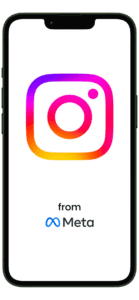

The Complete Instagram Guide
Optimize Your Instagram Campaigns: Expert Insights into Ad Spend Efficiency
As Instagram’s ad revenue continues to climb, we’ve observed a notable divergence between revenue growth and ad costs. From 2022 to 2023, advertising costs have seen significant fluctuations: the Cost Per Mille (CPM), which indicates the expense to reach a thousand viewers, rose by 10%. Conversely, the Cost Per Click (CPC) and Cost Per Link Click (CPLC) decreased by 15% and 22%, respectively, making clicks more budget-friendly. Meanwhile, the Cost Per View (CPV) of video content decreased by 32%, suggesting that video views are becoming more economical. However, the Cost Per Engagement (CPE) increased by 18%, pointing to higher costs for user interactions.
These shifts in ad costs are critical for advertisers to consider when strategizing their Instagram campaigns. By understanding these trends, brands can optimize their ad spending to ensure that investments not only reach but also effectively engage the target audience, leading to measurable growth.
At our firm, we offer expert guidance tailored to brands and agencies aiming to navigate the complexities of Instagram advertising. Leveraging comprehensive industry data and performance metrics, our team is equipped to help you refine your advertising strategies to achieve optimal cost-efficiency and engagement.
Whether your goals include boosting interaction, increasing visibility, or driving specific consumer actions, our insights and expertise can significantly enhance your strategy on this dynamic platform.
Reach out to us today so our team can have a quick call regarding the latest Instagram ad cost and you can gain a competitive advantage and save ad money.
Expand your Instagram expertise. Browse Strike Social’s blogs here:
How are some businesses finding a way around the limit Twitter puts on the number of characters per tweet? And is it costing them more money?
The answer is Twitter Cards, a way to display more of the content on your web page beyond 140 characters. And no, you don’t need to spend one extra penny of your advertising budget to use them.
What are Twitter Cards?
Twitter Cards are created automatically when a link to your page is posted through Twitter’s site or app. It enables users to go beyond the 140 character limit of a standard tweet and is a great way for businesses to introduce new products, increase conversions and share photos and videos.
The great thing about these cards is that they’re displayed right in the viewer’s feed to avoid any disruptions. It follows the same look of other posts, only with more information.
Choosing the right card format to display your content is a major step of your Twitter ad strategy. We’ve prepared a complete guide to all of the card types to help you improve the way your content looks on Twitter.
Twitter Card formats
Related: Get the specs for each Card to optimize your creative.
Summary Card


Image credit: Twitter Developer Documentation
A summary Card can be used for a variety of web content, such as blog posts, news articles, products and restaurants. It gives viewers a preview of the content before clicking through to your website.
Sample code for Summary Cards: 

You can also implement a summary Card with a large image to display a more prominent, full-width image to attract viewers to your site.


Image credit: Twitter for Business
Sample code for Summary Card with Large Photo: 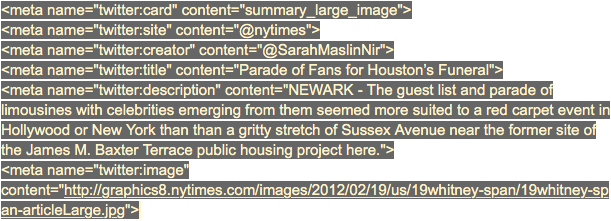

Website Card



Image credit: Twitter for Business
A website Card can be used to motivate your audience to visit your website or specific landing page with a preview image, related context and a clear call to action directly on their timeline.
App Card



Image credit: Twitter for Business
An app Card is used to promote mobile apps and drive installs. They show the app’s name, description and icon, as well as highlight the rating and price. App IDs can be used to pull some of this information automatically, but it must be publicly available on the app store in order to do this. This Card type is currently unavailable on mobile.
To create an app Card, navigate to the Cards section in the “Creatives” drop-down inside your advertiser account. You can then select “Basic” or “Image” app Cards and click “Create Your First App Card” button to begin.
Video app Card
For a video app Card, upload your video in the “Creatives” drop-down. From there you can navigate to the Cards section and select one of two options: create your first video app Card or create a new “app installs or re-engagement campaign.” After selecting “video app Card” with either option, Twitter will prompt you to fill out the details for your Card.
Player Card



Image credit: Twitter for Business
Player Cards allow you to share video clips and audio streams with your followers directly from their feed.
In order to create a player Card, you have to create a video views campaign on Twitter. Once you’ve uploaded your video, you’ll be prompted to set up your campaign the same way you run through the steps with any other Twitter campaign.
Conversational ad Card


Image credit: Twitter for Business
Conversational ad Cards allow users to directly interact with your tweet. Your audience can click a tweet button with a specific hashtag either to unlock hidden content or to support their favorite team, for example. In doing so, they share your message with their audience.
To use conversational ad Cards, you’ll want to set up a new campaign in your Twitter advertiser account and select the option for either “Tweet engagements for a conversational image ad” or ”video views for a conversational video ad.” From there Twitter will have you run through the following steps:
-
- 1. Click the “use a conversational card” option under the “create or select creative” section.
-
-
- 2. Fill in details, such as:
-
- The image or video you’d like to use
- The number of hashtags
- The tweet copy to be displayed when users interact with the card
- A headline
- Thank you text
- Thank you URL
-
3. Configure the rest of your campaign settings and launch
Direct Message Card
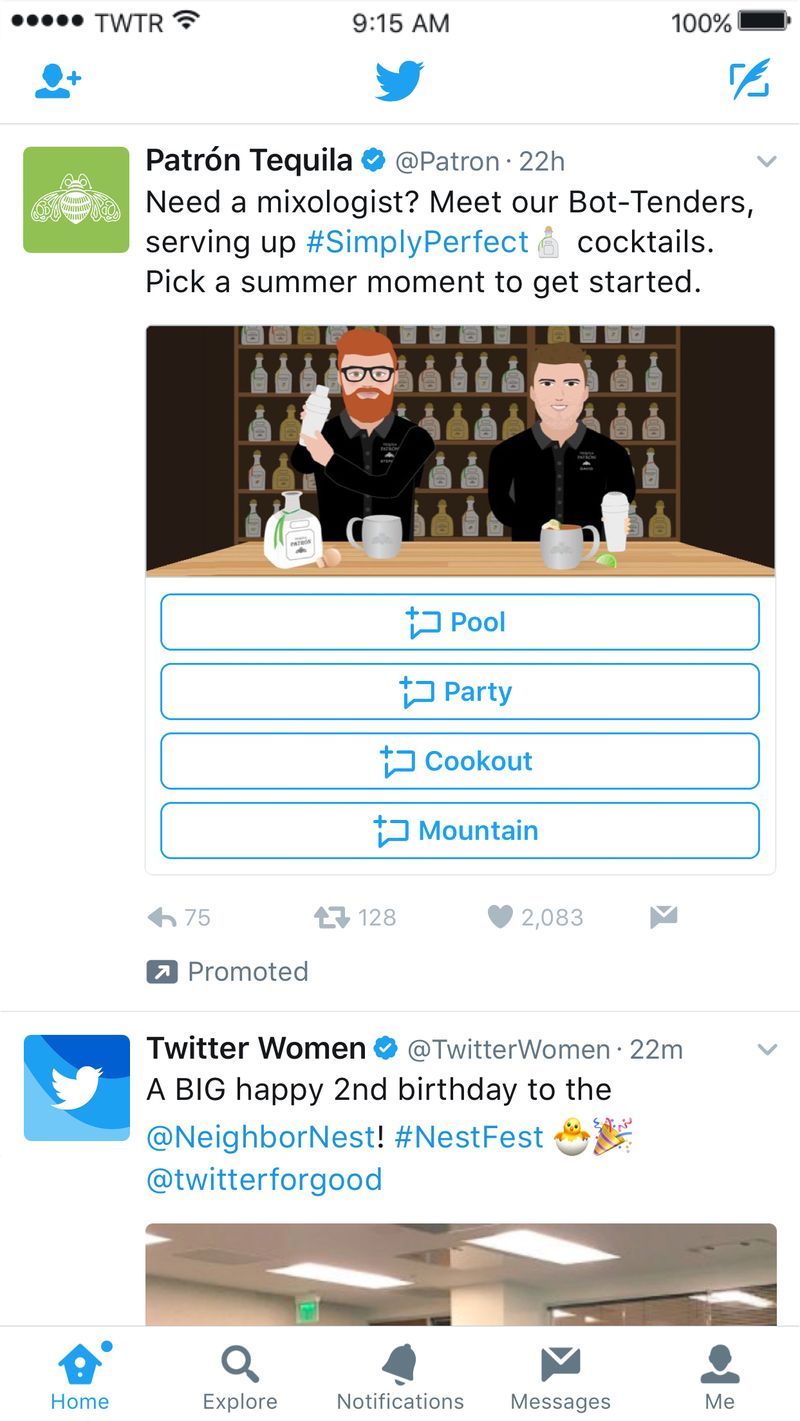

Image credit: The Verge
Direct Message Cards are specially designed to promote bots that interact with users through the Direct Message inbox. It’s created with engaging video or image creatives and prompts the user to click an automated reply — one of four fully customizable call-to-action buttons.
The Direct Message Card is in beta. Advertisers interested in using it should contact a Twitter representative for more information.
Related: Discover the sizes and specifications your images and videos need to be for Twitter Cards.
How to use Twitter Cards
As mentioned above, you can manage and create your Cards through your Twitter Ads account. However, you can follow these easy steps to create them without the use of your ads account.
- Choose the Card type best suited to your business goals.
- Be sure to add the correct meta tags to your website and use your content rather than the filler content Twitter provides as an example.
- Test your URL through the Twitter Card validator tool. This is also where you request approval for whitelisting your Player Card. Other cards do not need whitelisting.
- After testing or approval through the validator, tweet the URL and you’ll see your Card below your tweet in the details view.
Anytime your URL is tweeted, Twitter will crawl your website to display the correct Card and Card attributions.
Why should you use Twitter Cards?
Implementing Twitter Cards allows you to keep a consistent look across platforms and consistent attribution that could drive more traffic to your site and increase the number of people following you. They also allow the creation of custom titles and descriptions for your photos or URL.
Twitter Cards make it easy for users to visit your website, download your app and view your videos or photos directly from their news feed. By providing content your audience can actually engage with without leaving the site or app, you’re providing them with an awesome mobile experience.
Tips to get the most out of Twitter Cards
Be sure to set up conversion tracking for your ads to track where your conversions are coming from. To do this, tag every page a conversion could take place on. Also, implement different tags to specific audiences so that post-campaign you’ll have clean, useful audience lists to target for remarketing.
Your analytics page will group tag types so you can see specific tags by clicking on each conversion. Using a third-party tracking tool might hinder Twitter’s ability to link the data back to your Ads dashboard.
Some tips for the tweets themselves should already be implemented in your Twitter practice, but in case you need a reminder here are a few:
- Keep it short. Concise tweets make more of an impact so be sure to focus on only one thing rather than multiple.
- Use visuals. Tweets that convey a personality or voice through images or GIFs receive a higher engagement rate than those without.
- Incorporate relevant hashtags. Tap into relevant conversations and expand your reach through hashtags and keywords that are relevant to your business. Twitter recommends using no more than two hashtags per tweet.
- Ask questions. Asking questions in an effective way to interact with your audience and understand their opinions. It also helps to bring readers into the conversation.
- Curate and connect with retweets and replies. Messages that align with your business’s authentic voice are all impactful to retweet. This could come in the form of positive customer feedback or helpful articles.
Taking on more than the 140 characters
There’s been a lot of information thrown at you in this article, but it’s all meant to assist you in curating the best Twitter Cards for your brand or product.
With the implementation of these Cards, you’re over the 140 character limit to positively reach your goal.
With Snapchat being a self-serve advertising platform, you can choose between three different types of ad options: Snap ads, sponsored Snapchat geofilters and sponsored lenses. You can use Snapchat’s self-serve ad manager to create Snapchat ads and geofilters, but Snapchat lenses need to be purchased through Snapchat directly. All of these formats provide a lot of options for you to interact with viewers.
Are you ready for Snapchat advertising? We’ve laid out Snapchat’s specs for each ad type below to help you design ads that will work best for you and your company.
Choose your Snapchat ad type
Related: Check out all you need to know about Snapchat for business
Snap ads


Snap Ads are short, full-screen videos that can appear in discovery, after a user’s story or in live stories. Snapchat’s self-serve platform allows you to add an article, app install, long-form video or web view to this format.
Snap ads don’t offer as much engagement as other ad formats and users can click away from them pretty quickly, so don’t rely on them to support your entire Snapchat advertising campaign. JPMorgan Chase found success with this method so give it a try and see if it’s right for your ad needs.
Snap ads specs
- Width: 1080 pixels
- Height: 1920 pixels
- Aspect Ratio: 9:16
- Format: .MP4, .MOV, H.264 encoded
- Audio: 2 channels only, PCM or AAC codec, 192 minimum kbps, 16 or 24 bit only, 48 KHz sample rate
- Length: 3 to 10 seconds
- File Size: 32MB or less
Related: The best social media ad units to drive sales
Sponsored geofilters


Sponsored Snapchat geofilters give users the ability to interact with their favorite brands. The beauty is that they are relatively simple to make and do not require an extensive advertising budget. These custom Snapchat filters are great for building brand equity or for product advertising like movies, events, etc. Snapchat geofilters are one way for users to create an experience with a brand thus deepening the relationship.
Sponsored geofilter ad specs
- Width: 1080 pixels
- Height: 1920 pixels
- Format: .PNG asset with transparent background
- File Size: 250KB or less
Related: The ultimate guide to social media ad specs
Sponsored Lenses
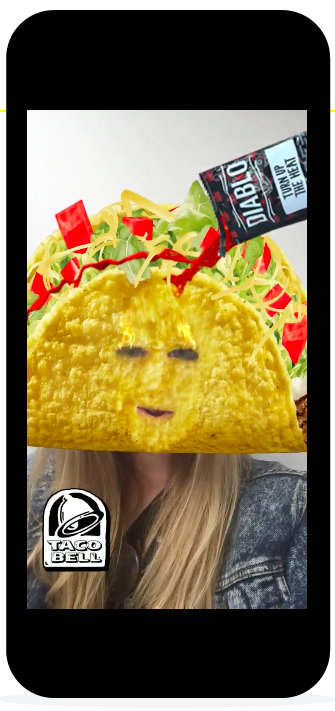

Snapchat offers a detailed explanation of the format and a project timeline for lens creation. Sponsored lenses do not have traditional ad specifications.
Similar in certain respects to sponsored Snapchat geofilters, Sponsored lenses allow for even more user interactivity with a brand’s advertisement. The most significant difference is that Snapchat lenses use facial recognition software to activate the lens’s features. Those features could be anything from falling snow to fire breath — the content is up to you.
Sponsored Lenses ad specs
- High-resolution, transparent background: .PNG of logo
- High-resolution, layered: .PNG files for any static images that brand wishes to appear in the lens
- For 2D Lens: High-resolution .PSD file of any specific 2D models that will be appended to the face or frame in the lens
- For 3D Lens: 3D Max or Maya files of 3D models that will be appended to the face / head / frame in the Lens
- Audio: .MP3 or .WAV file
Related: How to combat ad blockers with social media ads
Snapping to the masses
Whatever combination of ad offerings you choose, Snapchat offers a wealth of opportunities for advertisers. In the past year alone, 18% of social media users in the United States reported using Snapchat . Use these ad specs to craft an ad that can engage audiences and improve your brand’s following.
Social media ad dimensions |
| Facebook | Twitter | LinkedIn | Pinterest | Snapchat | YouTube | Instagram |
As the new year draws near, we wanted to close out the old with a list of Strike Social’s favorite video ads from the past year. Our media team, who spend countless hours managing weekly ad buys for our clients, was polled for their favorite video ads of 2016. From their nominated selections, we chose the ten that best portrayed humor, creativity and novelty throughout the ad.
The list is international, with winners from Australia, the U.K. and Japan included in the top ten. These ads are an inspiration to any brand looking for success in social media advertising as they follow some of the best practices in the industry. So, grab your popcorn and enjoy Strike Social’s picks for the most interesting video ads of 2016.
“Yahoo Fantasy Football – Win At Football – Gloat with your boss, Part 1”
Publisher: Yahoo Sports
Release date: August 11, 2016
Why is this a winner? “Uppercase is for winners; lowercase is for losers.” This video had us laughing as it uses humor to underscore the passion of Fantasy Football fans. As we have mentioned before in other blog posts, humor is one of the best strategies to grab attention on social media. It works especially well on YouTube, when users have the option of skipping your ad, and for campaigns that aim to raise brand awareness.
“Fiery Lunchtime Social ‘Feed’ – Hot Tuna Cheese Melt”
Publisher: John West Fiery Tuna
Release Date: July 19, 2016
Why this works: This video combines people’s love for cooking shows with their love for animal videos and is filled with hysterical mayhem as the main character destructively demonstrates how to make a hot tuna cheese melt. Again, a good example of how to use humor to attract attention.
“Trash this ad”
Publisher: Hefty Brands
Release Date: October 31, 2016
Why this works: Created for the final days of the 2016 U.S. election, this video ad quietly captures viewer attention through the lack of sound, a rarity with most advertisements. It also captures the essence of those days, when American voters were polarized and exhausted of the political debate. It is this unexpected approach that draws attention to the brand in this ad.
“Political parties we wish existed”
Publisher: Sportsbet.com.au
Release Date: June 26, 2016
Why this works: This bold video from the land down under is simply shot but uses relatable dialogue to keep viewers interested. Plus, it takes advantage of a popular topic to put the brand into the conversations that are drawing engagement on social media.
“Got no strings”
Publisher: Beats by Dre
Release Date: October 17, 2016
Why this works: The catchy tune draws from the vintage, stringed character, Pinocchio, who joyously threw off his ‘strings’ one day. Famous actors pick up the beat, demonstrating the freedom of “no strings.” The changing tempo and unexpected action draws the viewer into their world. Celebrities bring credibility to the brand and help catch viewers attention.
“The Paradoxes of Chanel”
Publisher: Chanel
Release Date: November 11, 2016
Why this works: The vivid graphics that morph from one shape to another caught the attention of our media buyers. This ad is like a perfectly designed building, created with modern, sharp lines and sophisticated color. Its concept translates the values of the brand.
“Even Santa poops”
Publisher: PooPourri.com
Release Date: November 25, 2016
Why this works: Most people love a little potty humor and this video from PooPourri never disappoints. Blending the beloved Santa character with a parody of modern social media pictures, this ad will keep you laughing at its temerity.
“すしパンダが行く! 第3話 〜パンダの鯖ビアン〜”
Publisher: Sushi Panda
Release Date: November 19, 2016
Why this works: Sushi lovers, ever wonder about the fish’s origins in your favorite roll? Sushi Panda gets its sushi from Norway, at least that was our take away from this Japanese video. The song is catchy and the characters are so bad that they are funny.
“Spaceship”
Publisher: Slack
Release Date: May 3, 2016
Why this works: Another nod back to nostalgia in Slack’s video ad about the amazing things done by teams. Cleverly transposed throughout the video is Slack’s multi-colored hashtag logo which are shown popping up at the right moment to keep the building of the spaceship on track; all possible because of teamwork and Slack!
“Fawlty car, #should’ve”
Publisher: Specsavers
Release Date: January 3, 2016
Why this works: A simple short story that conveys the brand message with humor and slapstick comedy. You won’t have time to think about skipping this ad. It is short and efficient. Perfect for social media.
Twitter is the platform of big ideas within a 140-character count. With 317 million monthly active users, Twitter is still one of the most successful social media platforms around.
For advertisers, that means that there is immense opportunity with Twitter. Knowing the basics will help you go a long way in the Twittersphere, as like every social media platform, it has its own unique characteristics.
We will uncover the foundation of Twitter to help you build up your followers and increase the odds of advertising success.
How to advertise on Twitter
There are four types of ad campaigns that you can run on Twitter. Each one is broken down below for you. What’s great about Twitter advertising is that you can either be specific or broad with your targeting. And, as Twitter has such wide, international use, you can easily reach both global and local audiences.
Related reading: The complete list of Twitter ad specs and image sizes
Drive traffic
The purpose of website cards is to drive traffic to your site using images, contextual content and a clear call to action. Website Cards are a good resource to to boost site traffic, increase online purchases and drive specific, consumer actions. As each campaign operates on a cost-per-click basis, you only pay when someone clicks through to your site.
Promote accounts
This type of campaign is all about boosting your followers. Why does that matter? Because someone following you on Twitter is not only more likely to see your ads but to also advocate on your behalf and become a customer.
The key to follower campaigns is to create a compelling reason for people to follow you. As a business, this means something along the lines of exclusive discounts, information about upcoming products and other things of that sort. For the best results, Twitter recommends that you create at least three ads with slightly different wording to see which performs best.
Boost brand awareness
The primary purpose of an engagement campaign is to boost brand awareness and further develop your relationships. Twitter advertising measures engagement by the number of likes, retweets, and replies you get to posts. If you’re familiar with Twitter, these often take the form of “Promoted Tweets” and appear labeled as such on your timeline. Impressions are free and you pay when a user engages with any of your promoted tweets.
App promotion
Perhaps the most specific of all, app campaigns are designed specifically for the promotion of apps. Very similar to the website card campaigns, an app card allows users to preview an image, view app ratings, and install or open an app directly from their timeline.
What’s particularly interesting about this type of campaign is that you can target users based on their device type, operating system of Wi-Fi connectivity. The app campaign can increase downloads, encourage app re-engagement and target the most likely users of the app. And, just like website cards, you pay on a cost-per-app-clickpricing system.
How to create a Twitter business account
Now that you know the four basic types of Twitter ads, it is time to learn how to set up a Twitter account for your business.
- Go to www.twitter.com and click the button, “have an account,” which is located in the upper right section of the banner.
- Choose a @username for your company (also known as your “handle”). Choose a profile photo that visually represents your brand and fits well in a thumbnail size.
- Create a bio within the 160-character word limit that has all useful information that consumers can use such as location, business hours, and a link to your website.
- Decide on a header image. Since this is a wider image, think of our header image as a sort of virtual billboard for your company: It can feature products with graphic and text and should probably be swapped out periodically to highlight certain promotions.
- Pinned Tweets are important posts that you keep at the top of your timeline. To pin a tweet, click on the “More” option on a tweet and scroll down to select “Pin to your profile page.” What are important tweets? Typically, for a business, important tweets are those that highlight the latest product offerings, promotions, or events.
Tips for Success
- One thing to remember when starting out on Twitter is that not everyone knows your product. With that in mind, explain it to them using graphic, picture ads like this:

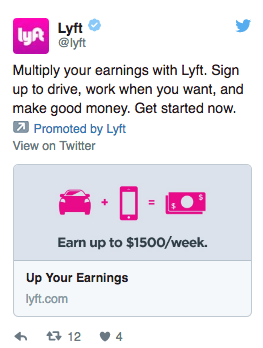
- If you feel like your responses are stagnating or declining, try to refine your approach. Experiment with different images, text and calls-to-action to see what works.
- Try to fine-tune your targeting To have even better results, invest in keyword targeting, geo-targeting, follower targeting, tailored audiences targeting, and behavior targeting.
- Pause campaigns that are under-performing and reassess
- Remove campaigns, keywords, and follower groups that are not performing well and replace them with something else
- Analyze device-specific conversion data and respond accordingly
In the world of social media advertising, there is little that can compare to Twitter’s effectiveness. With such a wide user base and a variety of advertising options, it is an ideal platform for businesses both big and small. Now you have the tools to make it happen for your business. Good luck!
According to the internet statistics company Statista, investments in social media advertising worldwide are forecast to nearly double in a two-year time span, going from around $16 billion in 2014 to nearly $31 billion in 2016. With such explosive growth, you may be wondering, should your business advertise on social media?
We can’t decide that for you, but we do have a list of seven points to consider as you debate the pros and cons of social media advertising.
7 Reasons to Use Social Media for Your Advertising Campaigns
1. Social media advertising allows you to connect with the people who need your service or product
According to a 2016 survey conducted by the Pew Research Center, 56 percent of online adults use a relatively diverse array of social networks,which is defined as more than one of the five social media platforms measured in the survey. Additionally, as 65 percent of U.S. adults admit to using social media, it is to your brand’s benefit to be there as well.
Simply put, the first step to making a sale is awareness, so you want to advertise in the places where everyone’s eyes are. Products exist to alleviate a person’s pain point and to improve their quality of life. Advertising allows you to remind consumers of their unmet needs; the first step, though, is finding where they are and that place is social media.
2. Social media provides varied platforms and numerous advertising formats
One of the beauties of social media advertising is that it offers something for everyone. If you want to reach middle-aged adults and older you can use Facebook. If you want to target millennials there’s Snapchat. You can even break it down to content. If your ads primarily rely on visual aesthetics, then try using Instagram or Pinterest. Whatever your goals, there is likely a social media platform to support them.
3. Social media platforms allow you to create specific target audiences
Advertisers and social media platforms have a sort of symbiotic relationship with one another. Advertisers need the platforms to be able to raise awareness about their product, service and company. And the majority of the platforms need advertisers to fund them. As such, social media platforms provide a multitude of services to aid advertisers in their efforts to reach users. For instance, you can target consumers as broadly or as narrowly as you like to craft the right message for the right person. Such highly customized targeting options are great reasons to advertise on social media.
4. Social media platforms drive targeted traffic to your website or landing page
When it comes to measuring the success of your advertising campaign, click-through is one of the most important metrics. The click-through rate for all social media platforms is reportedly increasing, as shown by Facebook’s quarter over quarter rise in click-through rates from 0.18 percent in Q1 to 0.36 percent in Q4 (2013 statistics.) Ad engagement also continued to improve during the same period, as advertisers became more sophisticated and social media platforms improved targeting options and the desktop and mobile experiences.
5. Social media marketing will get you more sales
What matters most at the end of any advertising campaign is whether or not it can turn engagement into sales for your business. You’ll be happy to know that social media is proving to be a successful sales channel for many brands. According to a 2015 Feedback Systems report, 61 percent of socially engaged organizations reported a positive impact on revenue growth. Additionally, in a 2014 survey by Aberdeen, 46 percent of social sellers reported they hit their quota as compared to 38 percent of sales reps who did not meet their expected sales.
6. The ROI on social media ads is unbeatable
For the most part, it’s more cost effective to advertise on social media platforms over other digital sites. The average cost per click on Google Adwords is $2.32 across all industries, but for a targeted boost post on Facebook or Pinterest, you can pay as little as $0.12 per click. Social media makes earning traffic quick, easy and affordable.
7. Advertising on social media offers insights into your customers
Perhaps the most awesome thing about advertising on social media is that you can gain real insight into how your ads are performing and how they resonate with your target audience. No more projections or having to conduct surveys as services like Facebook Analytics provide you with stacks of data to help you understand how your ads are performing with consumers. Even beyond those analytic features, you can see how well an ad is socially performing by looking at the number of likes, shares, or comments on your ads.
Get into action
Social media advertising is quickly becoming the new standard and it’s difficult not to see why since it offers many benefits for the advertiser, such as the ability to reach specific consumer targets. When combined with all of the above benefits, social media advertising delivers the metric that matters most, a return on investment.
What are you waiting for? Start looking into what social media advertising can do for you and your business today.
As social media becomes more visual, Pinterest is gaining enormous popularity. Millions of people — mostly millennial women and new mothers — have taken to collecting merchandise from around the internet and pinning it to their boards.
Seventy-five percent of these saved pins come from businesses, and there are 100 billion ideas on the platform. It even offers a “buy” button that makes consumption exceedingly easy.
As a result, Pinterest is now valued at $12.3 billion, with 200 million monthly active users. For advertisers, that represents a treasure trove. So, if you’re interested in getting in on the action, here’s what you need to know.
Related: How much does it cost to advertise on Pinterest
Should you advertise on Pinterest?
Given the huge success and influence of Pinterest, the short answer is yes, you should try your hand at advertising here. Users outside of the U.S. now represent half of the platform’s user base, which means you can reach potential customes globally.
The worth of advertising on Pinterest depends on your product or service. It ultimately comes down to whether your target audience matches the demographics of Pinterest.


With this in mind, consider whether your target demographic fits into this picture at all and whether Pinterest suits your needs.
Once you make a decision, consider the format of your ad. On Pinterest, pictures are king. These don’t have to be photos of people or food — they could be interesting infographics. Either way, remember that any image should be clean, have a high-resolution and strongly communicate your intended message. Be sure to add descriptions to your images with a link to your website as well.
It’s also important to remember that given the layout of Pinterest, vertically oriented or portrait-style pins provide a more natural view on users’ feeds and won’t interrupt their experience.
Choosing the perfect type of Pinterest ad for your business
Pinterest has expanded beyond the original promoted pin advertisement to include promoted video pins, one-tap pins, promoted app pins and cinematic pins.
Before embarking on your Pinterest advertising expedition, understand the functions that each of these formats serve in order to produce the most effective ad possible.
Promoted pin
On Pinterest, image-based advertising should be striking. One quick tip: If you’re going to insert your brand’s logo into the ad, make sure it’s done tastefully so that the overall image does not suffer.


Image credit: Pinterest
Promoted video pin
Another feature in Pinterest’s advertising catalog is the ability to create promoted pins with videos in them. This is great for building brand equity and loyalty. Your video ads should show people how your product or service can enhance their lives. This can be done with how-to videos as well as product and service demonstrations.
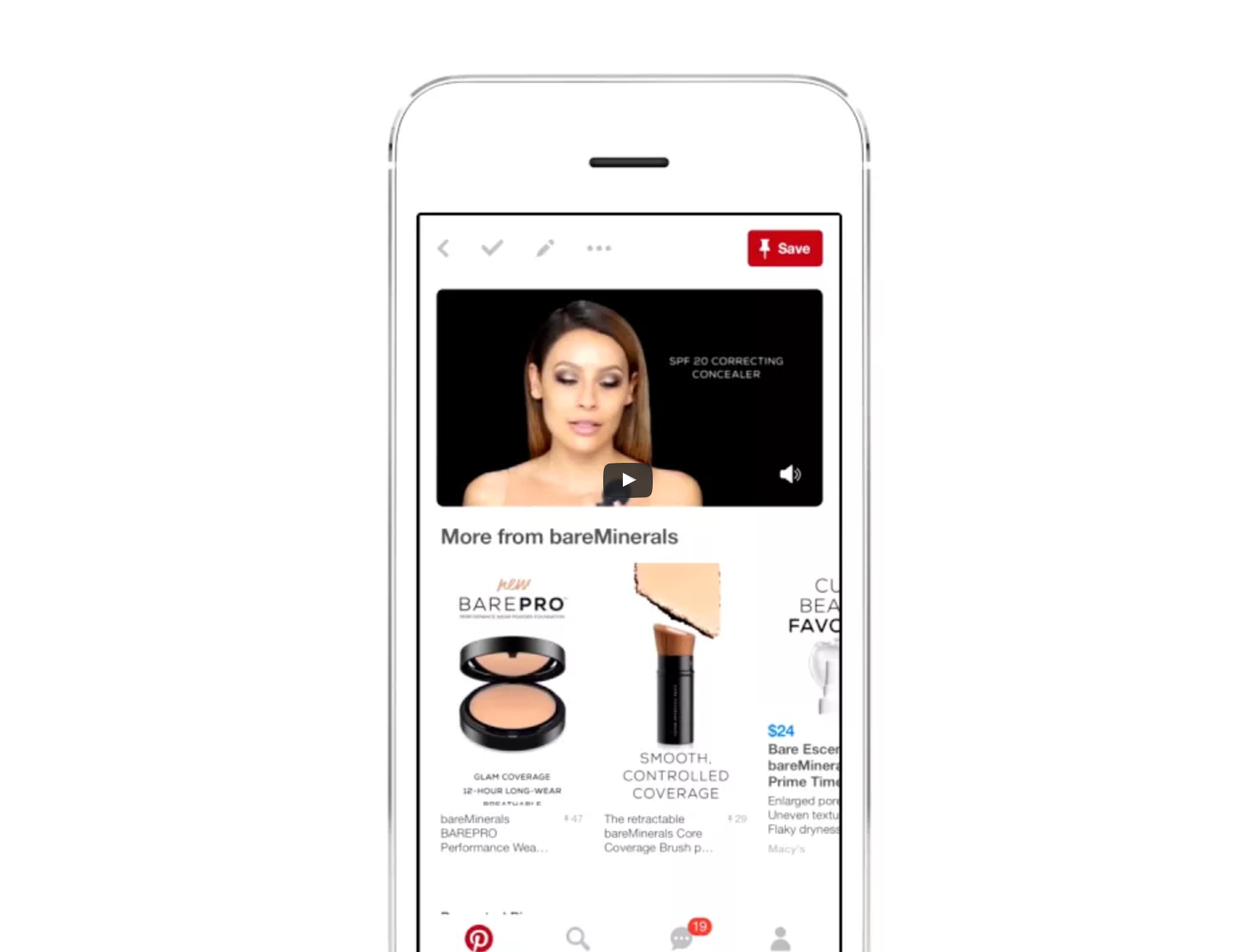

Image credit: Pinterest
One-tap pin
One-tap pins allow users to click your pin and be sent directly to the source your content originated from. This allows them to learn more about your product or service, or even make a purchase, directly from your website.
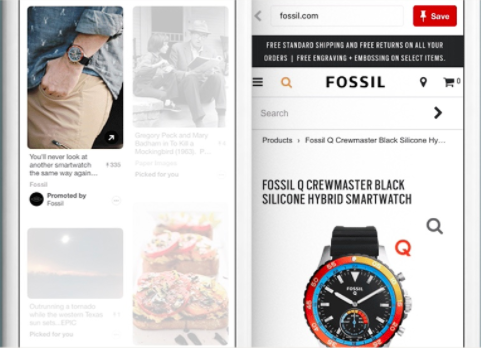

Image credit: Pinterest
Promoted app pins
Promoted app pins allow users to discover and download your app directly from the pin they saw it on. This is another way Pinterest promotes discovering new ideas and acting on them right away.
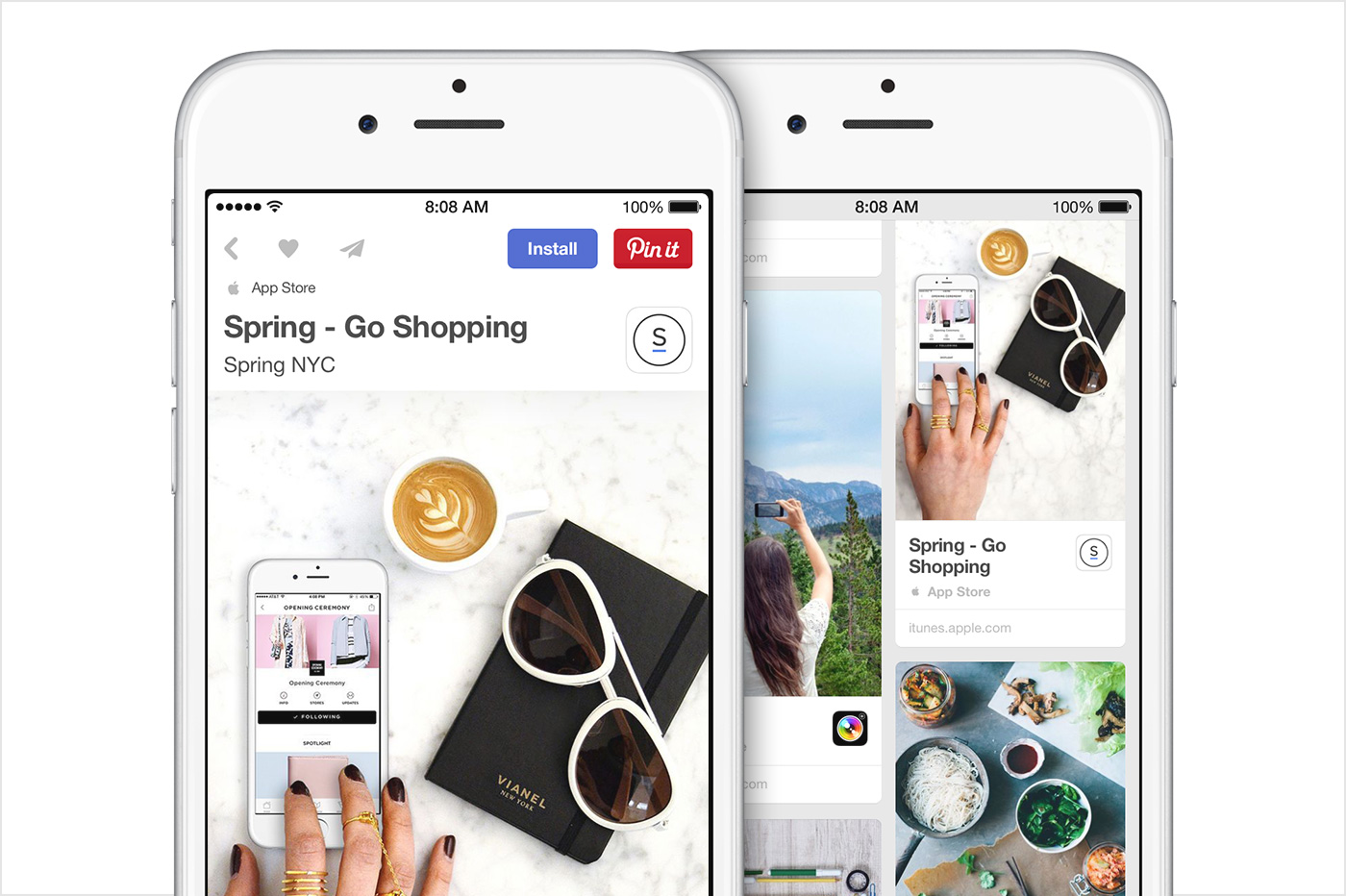

Image credit: Pinterest
Cinematic pins
These thumb-stopping pins are motion-activated to the user’s scrolling down the page. They use a sequence of images to play as the user scrolls, but pause on the image being shown when the user stops scrolling. The idea behind them is to benefit from eye-catching action and an easier-to-execute format.
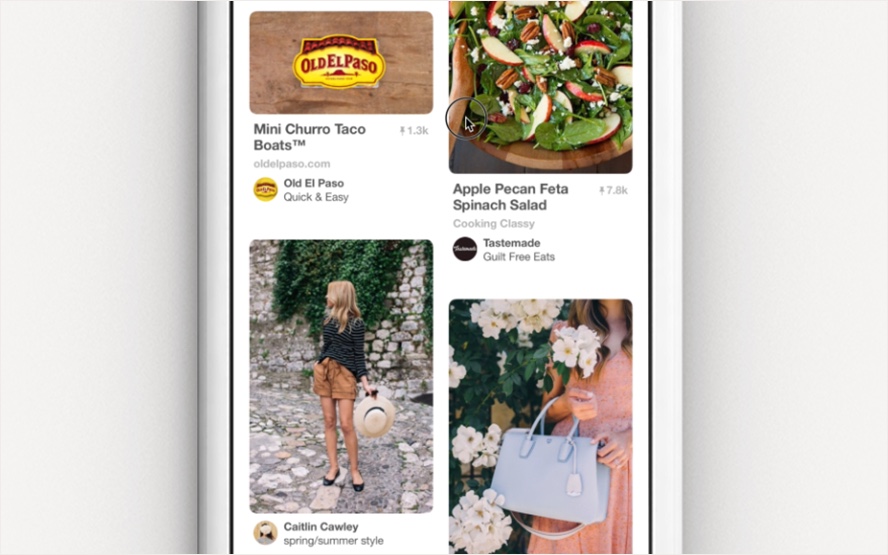

Image credit: Pinterest
RELATED ARTICLEThe complete list of Pinterest ad specsGet familiar with the ad types and sizes you could use for your campaigns.READ MORE
How much will your Pinterest ad cost?
The cost of advertising on Pinterest varies according to the type of campaign you are running on the platform.
Traffic campaigns
The cost of traffic campaigns on Pinterest is determined by your maximum cost-per-click (CPC). This is the highest amount of money that you are willing to pay for a person clicking through to your site via a promoted pin. This maximum amount is referred to as a bid and it is not necessarily your promoted pin’s CPC. It is, however, the highest amount that you would have to pay. There is no minimum bid.
Engagement campaigns
The cost of an engagement campaign is determined via your maximum cost-per-engagement (CPE). This bid refers to the maximum amount that you are willing to pay for some kind of engagement with your promoted pin. Engagements include close-ups, repins and clicks on your promoted pin. It should be noted that for each of these actions you’ll be charged separately. There is no minimum bid for engagement campaigns.
Awareness campaigns
The cost is determined by your maximum cost-per-thousand-impressions (CPM). Your maximum CPM is the most you are willing to pay for every 1,000 people who see your promoted pin. Unlike the other campaigns, there is a minimum bid of $5.
Creating your first campaign
To advertise on Pinterest, you have to create a business account. You can do that by converting your existing account or by creating a new account specifically for your business.
The next step is publishing pins. You can only promote pins you have posted on your profile, so before starting a campaign you have to make sure all the pins you want to promote are published on your business page.
The good news is that after you do that, you are ready to start your campaign!
To set up a campaign use the following steps:
- Click on the “+” button on your profile, and select “create ad.” You can also start your campaign by going straight to ads.pinterest.com.
- Select what type of campaign you want to create: awareness, engagement or traffic.
- Name your campaign.
- Select the start and (optional) end dates, and set your daily budget.
- Pick a pin to promote. On the “pick a pin” screen, you can see your most clicked and most repinned pins from the last 30 days. This can be helpful to identify your most valuable content that is worth promoting.
- Click in “add more details” and choose a target audience for your promoted pin.
- Determine where you’ll send pinners who click on your promoted pin. For the best results, create a page that is targeted to Pinterest visitors.
- Use Pinterest ads targeting to determine the audience you want to reach. You can select specific keywords, locations, languages, devices and genders for your advertising.
- Define your maximum CPC bid, the most you would pay per desired action on Pinterest (e.g., click and go to your website).
Your campaign is ready to be promoted. Your campaign will be reviewed by Pinterest’s staff to make sure it follows the platform’s ad policies before it becomes active. Each campaign can take up to 24 hours for approval.
Related: 7 tips for success with Pinterest advertising
Follow the best practices for the best results
Create content that suits the site. You don’t just want a great ad — you want a great pin. How do you do that?
- Choose a high-quality image for your promoted pin. That means no pixelation!
- Clearly communicate what to expect when clicking your link. If this is not immediately communicated in the picture, then description text is essential.
- Be aware of attribution. Give credit where credit is due in the description. Meanwhile, protect your brand’s content with a logo or URL in your photo.
- Be concise in your descriptions (fewer than 200 words). Also, consider SEO.
Pin away
Pinterest users are ready to take action based on inspiration found within the app. Make sure your pins help them do just that before they turn to competitors.
Your Pinterest ads should be visually appealing to entice users. The app is now explained as a “visual discovery” app, so don’t fall behind the crowd with lackluster photos.
Examples of advertising on Pinterest
It’s that time of year again: Strike Social’s annual media buyer training is in full swing, and we’re giving you an inside look at what’s new. Last year’s digital advertising training covered the essentials across YouTube, DV360, TikTok, and Meta, setting the foundation for strong cross-platform execution.
This year, our media buying teams reunited once again for a new round of strategic refreshers and platform updates. While the training sharpens campaign execution, it also brings back the familiar energy of collaboration and shared momentum, just in time before our year-end push and Christmas celebrations.
Inside Strike Social’s Media Buyer Training 2025
The focus of this year’s Strike Social media buyer training is sharper than ever: as ad platforms evolve, so do we. From Meta and YouTube to TikTok and DV360, each platform continues to roll out new features, targeting capabilities, and algorithm changes that demand continuous learning and adaptation.
Our teams undergo structured media buyer training that goes beyond surface-level updates. These annual sessions ensure every media buyer is equipped to navigate shifting platform rules, apply advanced social media advertising strategies, and activate campaigns with precision across multiple channels.
With AI, automation, and machine learning driving major changes in how ads are delivered and optimized, our training puts special focus on AI-powered media buying, real-time campaign optimization, and smarter use of first-party data.
Here’s a look into how we train, what we prioritize, and how Strike Social’s paid social strategy is being shaped for the year ahead.
What Our Media Buying Experts Are Learning Across Paid Social Platforms
YouTube Ads & DV360




YouTube advertising has long been a cornerstone of Strike Social’s paid social strategy, even before expanding into other major social media advertising platforms. With constant updates, especially following Google Marketing Live 2025 announcements, our media buyer training ensures teams stay current on new campaign types, setup and optimization strategies tailored for YouTube.
Major YouTube Campaign Types
To drive different outcomes based on client objectives, media buyers are trained to work with YouTube’s most widely used campaign types:
- Video Reach Campaign (VRC)
- Video Views Campaign (VVC)
- Demand Gen (formerly Video Action Campaign/VAC)
Further Reading
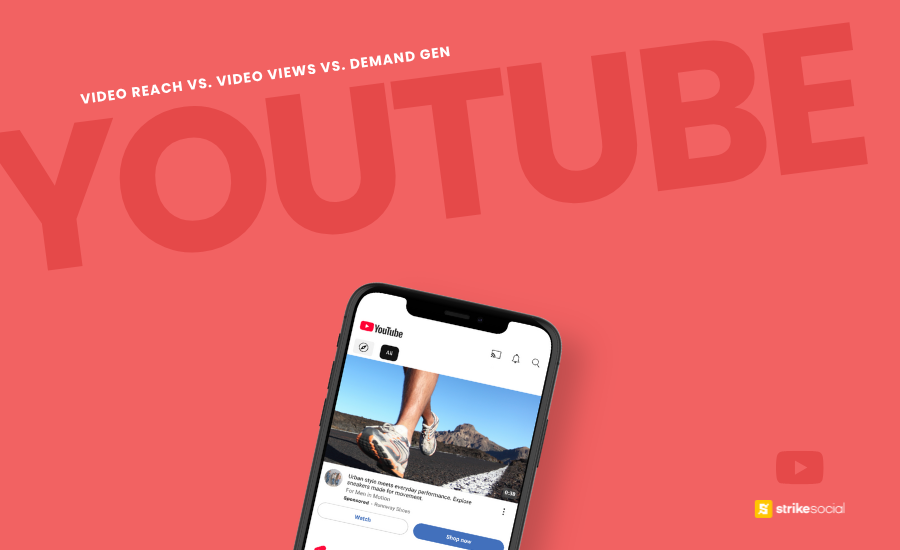

Choosing the Right YouTube Campaign Type for Every Funnel Stage
From building awareness to driving action, different goals need different tools. Learn how Video Reach, Video Views, and Demand Gen campaigns align with each part of the funnel.
- Additional YouTube Campaign Formats:
- Ad Sequence Campaigns
- Local Store Visits & Promotions
- Audio Campaigns
- Manual Setup (Create Campaign Without Guidance)
YouTube Advertising Tips & Best Practices
With changes to YouTube’s inventory controls and ad suitability tools, the training highlighted key best practices to drive performance while maintaining brand safety:
- Use video and channel exclusions to avoid appearing on competitor content or unsuitable placements (e.g., gambling or alcohol-related videos, depending on brand guidelines).
- With Demand Gen, advertisers can now select YouTube-only placements, ideal for brands whose audience primarily engages with in-stream, in-feed, or Shorts content.
- Reaching more viewers doesn’t require sacrificing brand safety. YouTube’s inventory filter and ad suitability tools give you the control to place your ads in brand-appropriate environments.
While YouTube ads can be managed via Google Ads, they’re also accessible through Display & Video 360 (DV360). Following last year’s DV360 deep dive on pacing and exclusions, this year’s media buyer training revisited the basics, maintaining consistent execution across both platforms.
Advertising Opportunities in DV360
The team explored the full range of ad inventory and campaign objectives available inside DV360 for brands with more advanced programmatic needs:
- Ad Platforms and Formats:
- YouTube
- Video Partners in the Google Display Network
- RTB (Real-Time Bidding) for Display & Video
- Demand Gen
- Available Objectives:
- Brand Awareness
- Clicks
- Conversions
- Custom Goals
- Insertion Orders (IOs) without objective settings
To support stronger reporting and transparency for clients, the team also reviewed DV360-specific reporting features:
- Viewability: Use Active View metrics (e.g., Viewable Impressions, % Viewable).
- Path-to-Conversion Panel: Visualize multi-touch assist across display and video ads.
- Custom Reports: Combine IO, Line Item, Creative, and Audience dimensions.
- Brand Lift Studies: Available for Awareness-focused IOs.
- Stakeholder Reporting: Schedule automated report emails daily or weekly for internal teams or clients.
Google SEM


As AI-powered search continues to evolve, Search Engine Marketing (SEM) is becoming an even more critical skill set for media buyers. With Google commanding 90–92% of global search traffic, this portion of our media buyer training focused on how to run efficient, high-impact Search campaigns through Google Ads.
What is Search and How it Works
To increase visibility where intent is strongest, Google Search ads allow brands to appear when users actively search for relevant products, services, or solutions. Campaign success starts with building a well-organized keyword list, setting match types, and paying only when a user clicks (PPC model).
Here’s a breakdown of how Google Search keyword match types work:
| Match type | Example keyword | Ads may show on searches that | Example user searches |
|---|---|---|---|
| Broad Match | digital marketing services | Relate to the keyword’s meaning | how to grow my business onlinebest way to market a new product |
| Phrase Match | “paid social advertising services” | Include the keyword’s meaning | hire paid social advertising servicespaid social advertising services for e-commerce |
| Exact Match | [B2B social media advertising agency] | Match the exact or close variant of the keyword | agency for B2B social media adssocial media marketing agency |
To build a strong keyword strategy, media buyers use Google Keyword Planner to generate keyword ideas, check search volume, and forecast performance. Keywords can then be grouped into Branded, Generic, and Competitor categories. This approach helps identify the ideal bid ranges needed to secure top search placements and gauge the level of competition for each term.
An additional, and equally important, layer is negative keyword targeting, which helps prevent ads from showing up in irrelevant or low-intent searches. Think of it this way: your selected keywords tell Google when to show your ad, while your negative keywords tell Google when not to.
Building Effective Google Search Ads
Writing smart search ads means aligning ad copy with user intent. This year’s media buyer training emphasized the importance of crafting search ads that reflect actual keyword targets in both headlines and descriptions to boost quality scores and click-through rates.
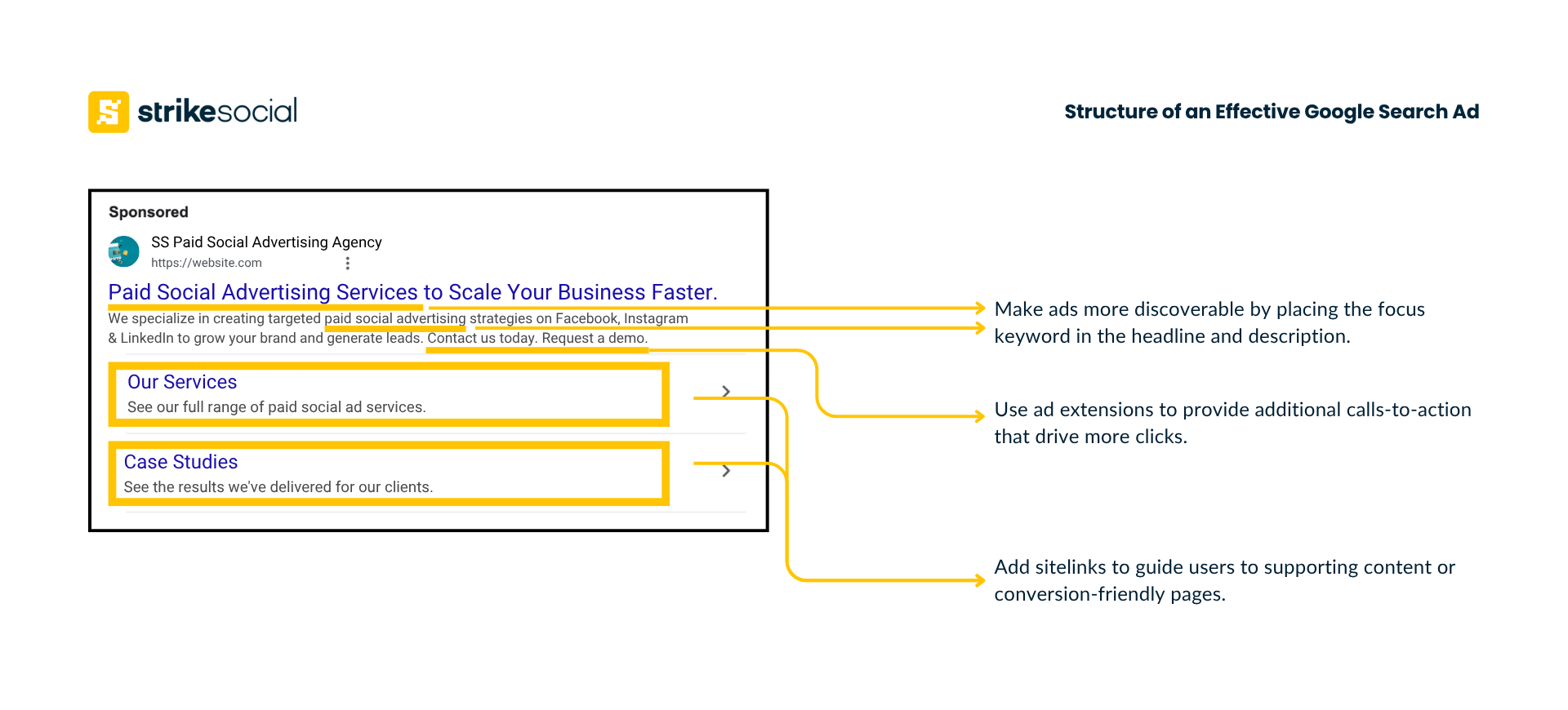

Further Reading


What Is AI Max for Search and Why It Matters to Your SEM Strategy
AI Max for Search is Google’s latest tool for transforming how SEM campaigns perform. Explore how this AI-powered feature works, how to activate it, and how it compares with other Google ad types like Search and PMax.
Embracing the flexibility of Responsive Search Ads (RSAs) is another key strategy covered during our training sessions. Unlike static ad formats, RSAs allow Google to automatically mix and match headlines and descriptions to deliver the most relevant variation based on the user’s intent and search behavior.
To improve performance with RSAs, our teams revisited these best practices:
- Provide at least five distinct headlines that use varied messaging and avoid repeating target keyphrases. This gives Google’s algorithm more options to test and match with different user queries.
- Add one Responsive Search Ad per ad group (up to three allowed), with each one structured for optimal rotation and clarity.
- Each ad group must include at least one Expanded Text Ad. These can drive up to 10% more clicks by delivering more specific messaging.
- Use Google’s AI-generated recommendations to spot optimization opportunities, but always assess whether the suggestions align with your campaign’s KPIs and creative strategy.
Meta Ads


Last year’s Meta training focused heavily on the Advantage+ suite and its growing automation features. This year, we take a sharper look at Meta campaign optimization, blending automation with manual control to drive efficiency across Facebook and Instagram ads.
Our 2025 sessions aimed to equip media buyers with advanced optimization techniques that keep Meta campaigns performing at their highest potential.
Need a refresher on campaign structure? See our full guide to Facebook advertising here.
Planning and Forecasting with Meta Campaign Planner
Meta’s Campaign Planner is a valuable tool for simulating performance before launch, allowing teams to test different budgets, durations, and frequency goals. This helps forecast estimated reach, audience size, and CPM based on actual platform data and machine learning predictions.
By entering variables such as objective, placements, budget, and schedule, buyers can generate multiple forecast scenarios to evaluate campaign viability. This simulation approach helps ensure budgets are optimized before a single dollar is spent.
As you build and compare these simulated plans, focus on reviewing these key metrics to understand the potential of your campaign:
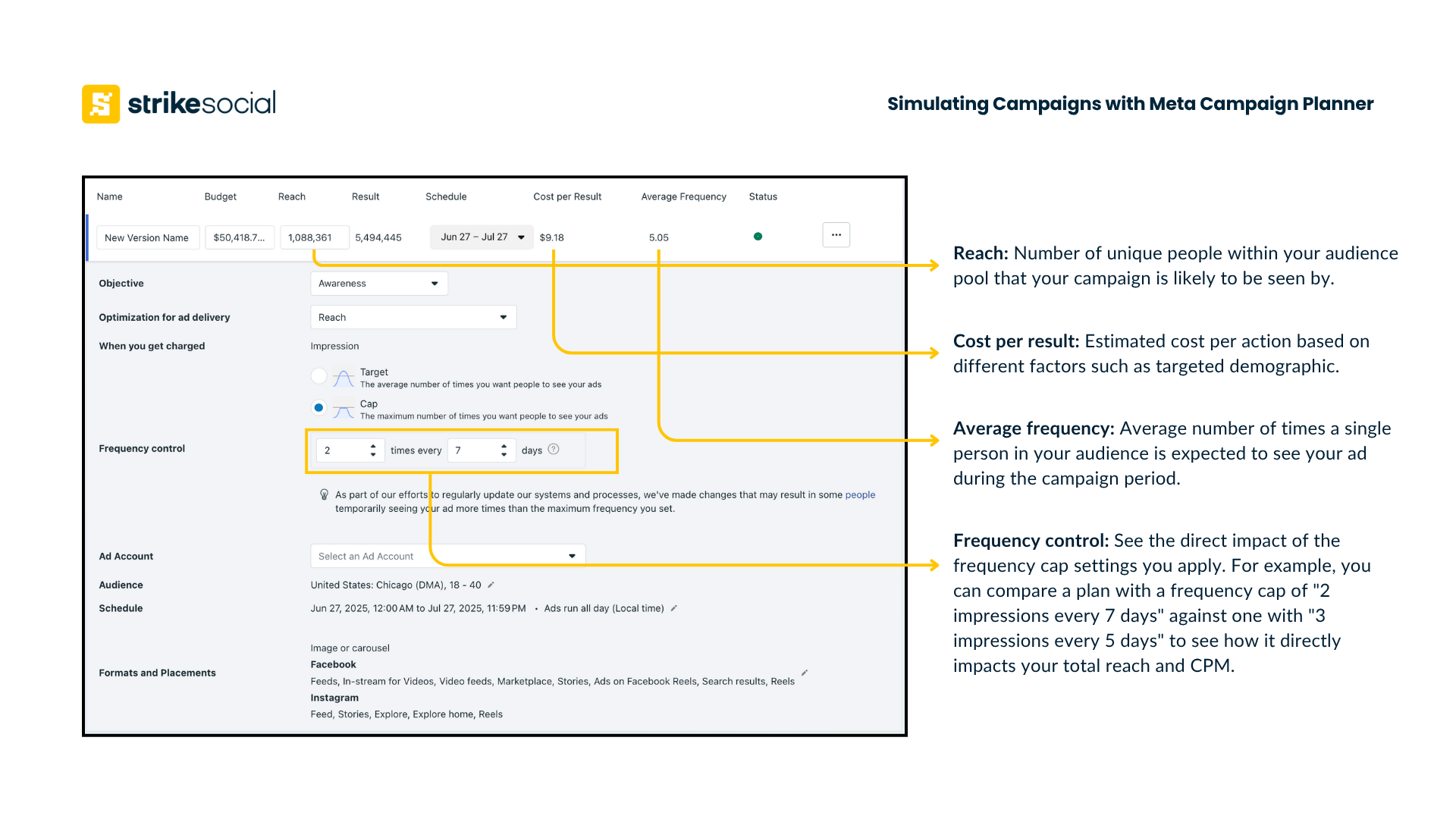

When to Expand or Tighten Audience Reach


Campaign pacing issues can affect how efficiently your budget is spent. If your Meta campaign is underpacing (spending too slowly), it may deliver just enough impressions but fall short of performance potential. Conversely, if it’s overpacing (spending too quickly), your budget may run out before the campaign period ends.
Here are key optimization levers to help bring your pacing back on track:
| Campaign Set Up | Widen your Reach (Expand) | Refine your Reach (Tighten) |
|---|---|---|
| Audience targeting | If you’re using manual targeting, try activating Advantage+ Audience. Meta’s AI can find relevant users by analyzing your pixel or past conversion data, even beyond your original targeting. | If impressions are high but click-through rates are low, get more specific. Add custom audiences or narrow interest targeting to help Meta better understand your desired profile. |
| Ad placements | Expand placements beyond what was initially selected. For example, if you’re only on Instagram Feed, consider adding Instagram Stories, Reels, or Meta Audience Network. You can also turn on Advantage+ Placements for broader distribution. | Focus only on historically high-performing placements. For instance, if Instagram Feed consistently drives results, you can restrict placements to just that platform. |
| Bidding and budget | Modify your bid strategy to be more competitive. Recalculate the impressions or clicks needed to meet campaign goals, and consider switching to a strategy like “Maximize Impressions” (as applicable). | Shift from Highest Volume to more controlled strategies like Cost Per Result Goal or Bid Cap to maintain tighter control on cost per action. |
Whether the campaign goal is reach, clicks, or conversions, Strike Social’s paid social strategy on Meta always starts with strong setup, and is sustained through continuous, data-led optimization. By understanding which levers to pull and when, our media buyers turn platform signals into performance gains, delivering efficient outcomes for clients across the Meta ecosystem.
TikTok Advertising


TikTok has moved far beyond being just a viral app; it’s now a core part of many brand advertising strategies. In this year’s media buyer training, our goal was to reinforce TikTok’s campaign capabilities and sharpen ad strategies in one of the most dynamic platforms in social media advertising.
Understanding the TikTok Campaign Structure
The TikTok Ads Manager mirrors the structure of other major paid social platforms, organized by campaign, ad group, and ad levels. During the training, our teams reviewed each campaign objective and how to structure campaigns efficiently depending on the funnel stage.
Available Objectives in TikTok Ads
- Awareness: Reach
- Consideration: Traffic, Video Views, Community Interaction
- Conversion: App Promotion, Lead Generation, Sales
TikTok also offers Campaign Budget Optimization, similar to Meta’s Advantage+ campaign budget. Once activated, TikTok’s algorithm automatically adjusts budget allocation across ad groups based on performance.
Targeting and Placements
Audience targeting on TikTok supports interests, behaviors, demographics, and even technical criteria like device model or connection type. Placement-wise, ads can appear in-feed or within the Search feed, giving brands the chance to reach users actively seeking similar content or products.
Creative Formats
TikTok ad formats include:
- Single video ads
- Carousel image ads (up to 35 image cards)
- Spark Ads: Native ad placements that amplify influencer content directly from their profile, helping brands tap into UGC-style engagement.
These fundamentals served as a refresher for our teams, ensuring everyone remains aligned on TikTok’s structure and recent updates that could impact both current and future campaigns.
Best Practices for TikTok Campaign Optimization
To drive results on TikTok, media buyers must stay hands-on and responsive to campaign signals. Here are the best practices reinforced in our 2025 TikTok advertising training:
- Refresh Creatives Regularly: Ad fatigue is real and happens quickly on TikTok. Make a plan to refresh or rotate ad creatives every 1-2 weeks to keep performance stable, especially for long-running campaigns.
- Monitor Audience Size & KPI Costs: If the cost-per-result becomes too high, the audience may be too narrow. Vice-versa, if results are poor, it might be too broad. Adjust audience targeting as necessary based on performance data.
Consider Technical Factors: For advanced optimization, you can even target based on carrier, device price, and connection type (e.g., Wi-Fi only) to reach specific user segments.
LinkedIn Ads


Long recognized as the go-to platform for B2B marketing, LinkedIn continues to play a vital role in social media advertising for business-focused brands. We revisited the fundamentals of LinkedIn Ads and explored platform updates that help improve campaign performance, especially in high-value lead generation and brand authority building.
Further Reading
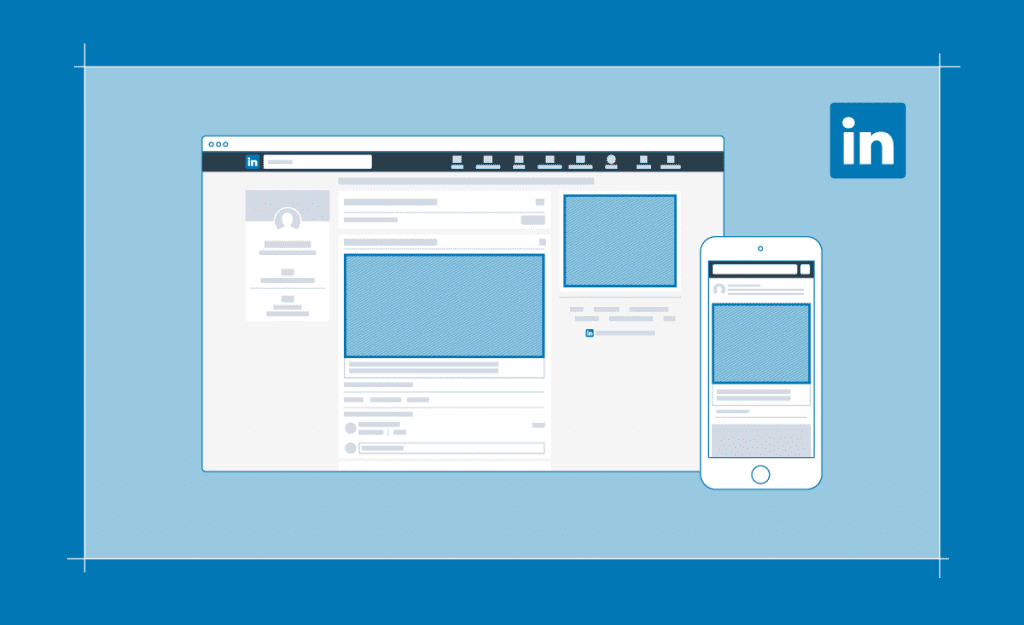

LinkedIn Advertising Fundamentals: Ad Specs and Formats
AI Max for Search is Google’s latest tool for transforming how SEM campaigns perform. Explore how this AI-powered feature works, how to activate it, and how it compares with other Google ad types like Search and PMax.
Achieving Precise Audience Targeting
Unlike platforms such as Meta or YouTube that are optimized for broad consumer reach, LinkedIn ads offer a uniquely powerful targeting suite tailored for B2B audiences. This year’s session emphasized how to tap into LinkedIn’s rich audience data to drive more strategic ad delivery.
- Audience attributes:
- Company Industries: Be able to target broad sectors (e.g., “Information Technology and Services”) or get granular with niche industries.
- Job Seniorities: Reach the right level of decision-maker, from “Entry-level” to “CXO.”
- Job Functions: Target departments like “Marketing,” “Operations,” or “Engineering.” This is broader than specific titles but ensures departmental relevance.
- Job Titles: The most specific option for reaching individuals with exact roles, such as “Chief Financial Officer” or “Lead Software Developer.”
- Custom audiences:
- List upload: Upload a CSV of target company names or email addresses from your CRM.
- Lookalike: Expand your reach by finding new people who share key characteristics with a source audience (e.g., your best customers from a list upload).
- Predictive: This AI-powered feature analyzes your source audience and identifies new users who are not just similar, but also showing behaviors that suggest they are likely to convert.
- Retargeting: Re-engage warm audiences who have already interacted with your brand.
- Advanced options:
- LinkedIn Audience Network: Extend your campaign reach beyond LinkedIn to a network of trusted third-party publisher websites and apps.
- Audience expansion: Allow LinkedIn to deliver your ads to people with similar attributes to your target audience if it believes they are likely to engage.
LinkedIn Ad Optimization and Best Practices
The LinkedIn portion of our paid social training focused on maximizing campaign efficiency without sacrificing audience precision. Here are the key optimization tips covered:
- Budgeting: Start strong. Allocate enough daily budget to exit the learning phase quickly. Optimize as you go by monitoring your daily delivery and adjust pacing based on campaign duration and spend trajectory.
- Placement Strategy: Begin with LinkedIn-only placements (desktop and mobile app), where professional engagement is highest. If reach or performance drops off, consider expanding to the LinkedIn Audience Network to cast a wider net while retaining contextual relevance.
- Ad Creatives: For top- and mid-funnel campaigns, consider boosting organic posts that are already performing well or promoting Thought Leader Ads from influential team members. This can help build trust, thought leadership, and engagement, especially for Awareness and Engagement objectives.
Success Starts with Smarter Media Buyers
At Strike Social, media buyer training is a core pillar of how we stay ahead. As platforms like Meta, YouTube, TikTok, LinkedIn, and DV360 roll out new features and update their algorithms, our teams are trained to adapt strategies in real time: making sure every campaign remains optimized, effective, and aligned with the latest platform shifts.
We believe that success in social media advertising requires the right balance between human expertise and AI-powered tools. It’s not just about keeping up with automation; it’s about knowing when and how to apply expert judgment, strategic insights, and hands-on optimizations that drive real results.
If you’re looking to partner with a team trained to adapt fast, optimize smarter, and deliver consistent performance across all major social media platforms, we’re here to help. Strike Social’s commitment to ongoing upskilling means your campaigns benefit from both cutting-edge knowledge and seasoned execution. Connect with us today to learn more about how our expertise can further improve your paid social campaigns.



Article by
Franchette Brucelas, Strike Social’s Head of Operations
Franchette is the operational force behind Strike Social’s cross-regional performance success, overseeing campaigns across APAC, EMEA, and North America. Her leadership ensures delivery precision, platform strategy, and continuous improvement through close collaboration with sales, tech, and client teams.
Strike Overview
- Savvy media buyers recognize that sales or conversions aren’t always the primary Instagram ad metrics to track.
- Beyond traditional Instagram metrics like cost per view or impressions, the true pulse of your campaign lies in nuanced indicators tailored to your campaign objectives.
- We invite you to broaden your focus beyond the usual metrics you monitor in your Instagram ad reporting and to know and understand the specific ones crucial for your campaigns.
Jump to Section
This post was updated in January 2025 to provide you with the latest information.
Key Instagram Ad Metrics That Drive Successful Campaigns
Every brand approaches asocial media ad campaigns with unique objectives. For businesses with physical stores, Instagram image ads featuring exclusive in-store discounts serve as a lure for foot traffic. Conversely, florist shops leverage Reels to showcase their artistry, aiming to drive online bookings via their website. Consequently, while florists prioritize website clicks and conversions, brick-and-mortar stores assess ad impressions against actual visits.
We aim to elaborate the varied Instagram ad metrics essential for monitoring campaigns and align them with your specific objectives, goals, and brand identity.
Different Metrics for Instagram Advertisers
When managing Instagram ad content, it’s crucial to distinguish between organic and paid advertising strategies. Use the Instagram Insights dashboard to track organic performance, while Meta Ads Manager is your go-to for paid Instagram advertising analytics.
Organic Metrics from Instagram Insights Dashboard
Instagram Insights offers valuable insights into your organic content’s performance. Here are the key Instagram metrics to track on the Instagram Insights dashboard:
- Reach: The total number of unique accounts that have seen your content.
- Impressions: Impressions indicate the number of times your content has been displayed on users’ screens.
- Profile Visits: Refer to the number of times users have visited your Instagram profile. It includes direct visits to your profile and external clicks from platforms like Facebook, and other apps from the Meta Audience Network.
- Content Interactions: Content interactions encompass various user engagements with your posts, such as likes, comments, saves, and shares.
- Followers: The followers metric tracks the growth of your Instagram follower count over time.
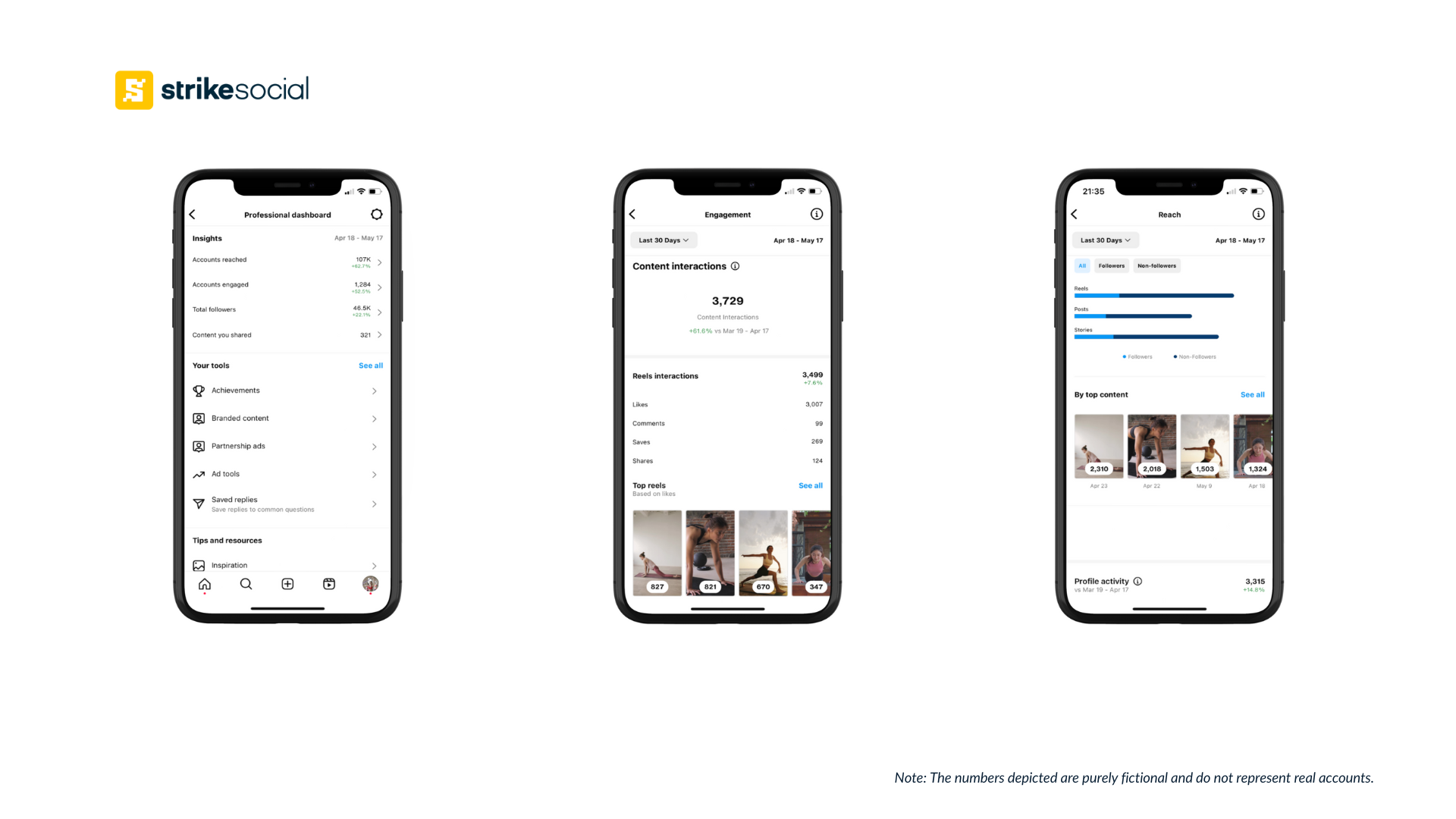

Instagram Ad Metrics to Monitor in Ads Manager
Meta Ads Manager offers a comprehensive array of metrics for tracking Instagram ad campaigns:
Instagram Metrics by Performance and Clicks
- Reach: The total number of unique users who have seen your ad at least once during the reporting period.
- Frequency: The average number of times each user has seen your ad during the reporting period.
- Impressions: The total number of times your ad has been displayed to users.
- CPC (Cost Per Link Click): The average cost incurred for each click on the linked landing page on your ad.
- CPM (Cost Per 1000 Impressions): The average cost for every 1000 impressions of your ad.
- CTR (Click-Through Rate): Measures the percentage of users who clicked on your ad after seeing it.
Further Reading





Connect with New Audiences Through Instagram Partnership Ads
Want to expand your usual audience targeting in Instagram? Partnership Ads allow you to access influencer communities, opening doors to new audience segments and enhancing your targeting.
Metrics for Instagram Engagement Campaigns
- Post Comments: The number of comments left on your ad posts.
- Post Saves: The number of times users have saved your ad posts.
- Post Shares: How often have users shared your ad posts with others.
- Link Clicks: The number of clicks on the URL link included in your ad.
Instagram Metrics to Track for Video Engagement
- Video Plays: The total number of times your video ad has been played by users.
- 2-Second Continuous Video Plays: This metric tracks the number of times users have watched your video for at least two continuous seconds.
- Cost Per 2-Second Continuous Video Play: The average cost for each two-second continuous video play.
- 3-Second Continuous Video Plays: Similar to 2-second plays, this metric measures the number of times users have watched your video for at least three continuous seconds. In Instagram metrics, a “view” is counted only when the video has been played for 3 seconds or longer.
- Cost Per 3-Second Continuous Video Play: Cost for each three-second continuous video play.
- ThruPlays: ThruPlays indicate the number of times your video ad has been played to completion or for at least 15 seconds.
- Cost Per ThruPlay: Calculates the average cost incurred for each completed or 15-second continuous play of your video ad.
Further Reading





Prioritize Visibility with the Instagram Ad Specs
Creating visually striking Instagram ads is only half the battle—it’s equally important to ensure essential elements of your ad remains visible. Familiarize yourself with the ad specs for each format to guarantee nothing important gets lost.
How To Determine the Right Instagram Performance Metrics
Now that you understand the corresponding Instagram ad metrics based on your objectives and goals, it’s time to apply this knowledge effectively. Reporting campaign success to your client involves considering various ad types and elements, and it’s not a one-size-fits-all approach.
To effectively tailor your Instagram ad reporting, align your tracking efforts with your advertising strategy. Consider including these standard Instagram ad metrics in your reports:
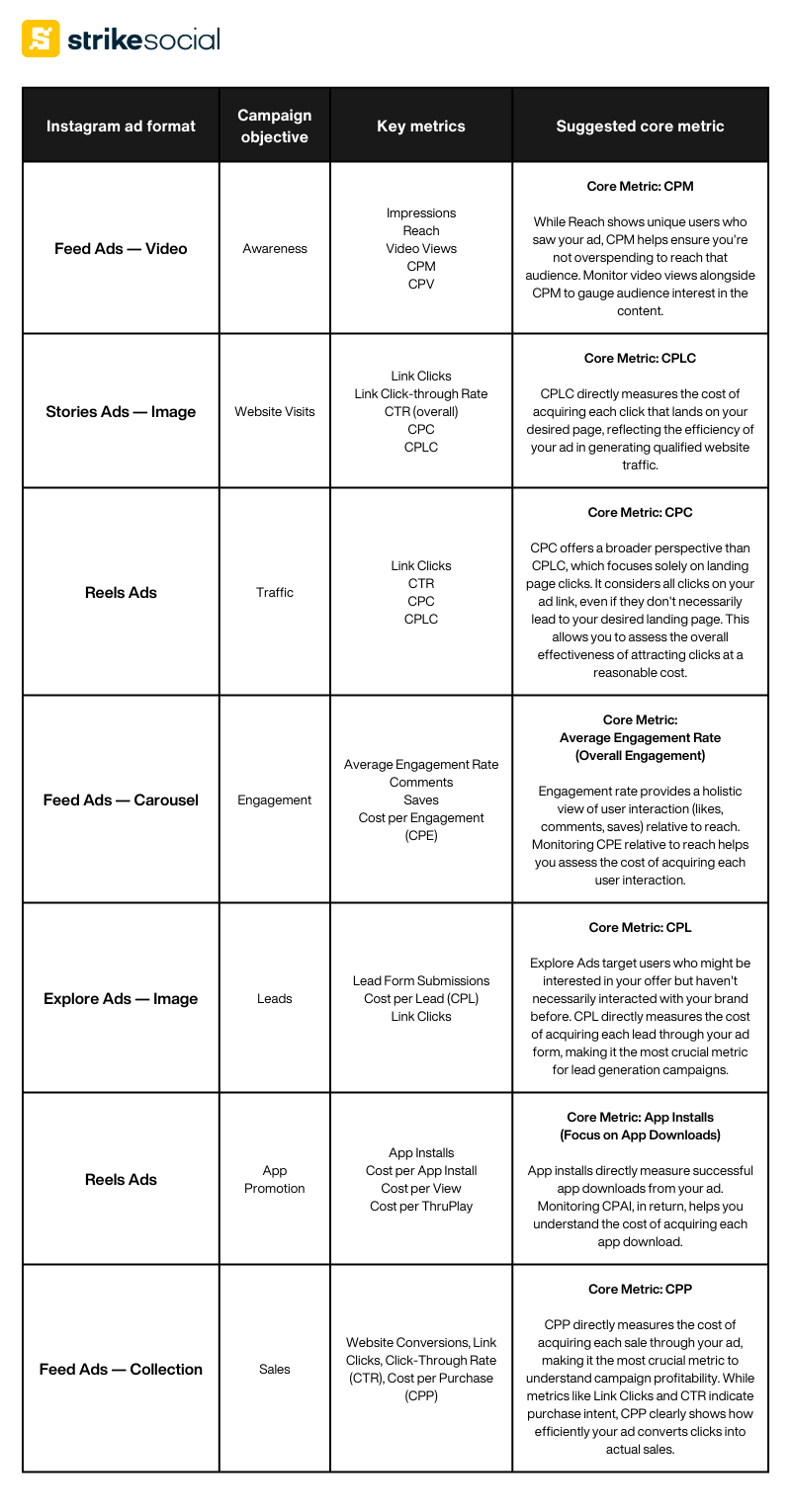

As media buying experts, tailoring reports to the intended audience is essential for effectively conveying the impact of your Instagram campaigns. Here’s a breakdown of key metrics and core metrics to focus on in different scenarios:
Scenario 1: “I’m overseeing an Instagram Story Ad campaign for our health and fitness app, with the primary objective of increasing app downloads. What specific Instagram ad metrics should I include in the report for the finance team?“
- When presenting the report to the finance team, focus on metrics that align with revenue and cost efficiency:
- Key Metrics:
- App Installs: Directly translates to potential paying users and future revenue.
- Cost per App Install: Indicates the cost-efficiency of acquiring app downloads from your Instagram Stories campaign.
- Impressions: Provide context on how often your ad was viewed relative to app installs.
- CPM: Instagram CPM helps inform future budget allocation decisions by understanding the cost of reaching a thousand users.
- Additional Metric/s:
- Swipe Up/Forward Rate: Reflects user engagement with the ad’s call to action (downloading the app).
- Key Metrics:
Scenario 2: “As a media buyer for a retail business, I manage the Instagram Collection Ad campaign, which aims to drive sales. How should I structure the Instagram marketing dashboard for the creatives team, and which metrics should I prioritize for their review?“
- When presenting the report to the creatives team, the right Instagram metrics to track should be related to ad viewership and engagement:
- Key Metrics:
- View Rate: Percentage of users who viewed the ad after it appeared in their feed.
- 3-Second Continuous Video Play: This indicates viewer engagement beyond the initial impression, as a “view” is only considered once it surpasses the 3-second mark.
- Cost per Thru Play: Average cost for each completed view of the video ad.
- Thru Plays: Thru Plays serves as the primary metric for the creative team, allowing them to gauge the effectiveness of the content in engaging viewers and encouraging them to watch a substantial portion or the entirety of the ad.
- Additional Metric/s:
- Click-Through Rate (CTR): Instagram CTR provides insight into viewer interest and potential bridge to sales.
- Key Metrics:
Identifying The Ad Metrics That Matters Most
By now, it’s clear that seemingly simple numbers on an Instagram ad metrics dashboard hold a wealth of information. These metrics extend far beyond the advertising department, impacting various teams within your organization. Tracking the right metrics based on your specific campaign goals fosters collaboration and alignment, creating highly engaging and effective Instagram ad campaigns throughout the year.
Equipping yourself with a deep understanding of key Instagram ad metrics empowers you as a media-buying expert. This knowledge translates to strategic decision-making, campaign optimization, and, ultimately, achieving your advertising objectives on Instagram.
Head over to Strike Social’s blogs for even more valuable insights on social media advertising.
The growing popularity of TikTok has led to being seen as an ideal platform for marketers looking to reach younger audiences and engage with them in their buying journey. TikTok has expanded its conversion solution by creating a product catalog that can easily showcase different products through its TikTok Catalog Manager.
Track key product information such as descriptions, images, product videos, links, sizes, and availability using available catalog tools. Setting up for your e-commerce success can be quick and easy.
Related article: Marketers’ guide to TikTok ad specs
How To Set Up A TikTok Product Catalog?
Advertisers can utilize items on the TikTok Catalog Manager for organic and paid content. Whether building your digital storefront for organic or paid content, creating your product listings is essential.
Before running TikTok Shopping Ads, let’s integrate your store inventory and create your first product catalog.
Create Your Product Catalog
1. Log in to TikTok Ads Manager
2. Go to Assets
3. Click Catalog
4. Add Catalog
5. Fill out Catalog Information
- Catalog Name
- Business Center Account
- Industry
- Ecommerce
- Default Currency
- Default Location
6. Hit Create
How to Add Products to Your Catalog?
There are three ways to add your products, you can choose between:
A. Manually Add Products: Insert products to the catalog by filling out a form
B. Data Feed Schedule: Upload products to the store from TikTok’s e-commerce partners, such as Shopify, BigCommerce, Ecwid, and WooCommerce.
Take Note: TikTok Data Feed supported formats are:
- CSV
- XML (RSS)
- XML (ATOM)
- ZIP
- GZ
C. Upload file: Attach products through a provided template: Template form
I. Template Information you need to prepare:
- columns
- sku_id
- title
- description
- availability
- condition
- price
- link
- image_link
- video_link
- brand
- additional_image_link
- age_group
- color
- gender
- item_group_id
- google_product_category
- material
- pattern
- product_type
- sale_price
- sale_price_effective_date
- shipping
- shipping_weight
- gtin
- mpn
- size
- tax
- ios_url
- ios_app_store_id
- ios_app_name
- iPhone_url
- iPhone_app_store_id
- iPhone_app_name
- iPad_url
- iPad_app_store_id
- iPad_app_name
- android_url
- android_package
- android_app_name
- custom_label_0
- custom_label_1
- custom_label_2
- custom_label_3
- Custom_label_4
II. Before you upload your file, click Check Now to make sure it is formatted correctly
III. Upload the file to complete setup
7. Click Next
Managing your Product Catalog
1. Check the total # of products
2. Check the Product Status
3. Check Product Information
Scale Product Catalog Across Ad Placements
With TikTok establishing itself as a native marketplace, brands and advertisers alike are now following suit to go where the consumers are to engage with a broader set of audiences.
Setting up your product catalog on TikTok is a step ahead in creating personalized ads to deliver product recommendations to your target audience- organic or paid content.
Strike Overview
- Designated Market Area (DMA®) geo-targeting is a key feature for TikTok advertisers in North America, especially those targeting regions within the U.S., Hawaii, and parts of Alaska.
- TikTok ranks as the 5th most-used social network globally, following major platforms like Meta and YouTube, with U.S. users making up roughly 10% of the worldwide user base. In 2024, 107.8 million active U.S. users create a significant opportunity for marketers to reach and engage specific audiences.
- TikTok’s extensive reach combined with precise geo-targeting tools makes it a highly effective platform for advertisers looking to connect with diverse and localized audiences across the U.S.
Jump to Section
This post was updated in October 2024 to provide you with the latest information.
A Guide To DMA Geo-targeting On TikTok: Reaching Location-based Audience
Like other social media giants, TikTok has adopted Nielsen’s DMA, giving advertisers the advantage of targeting specific regions or cities within the U.S. for more localized campaigns.
This guide will walk you through the basics of using TikTok’s DMA geo-targeting and provide a list of over 100 DMAs for your next marketing strategy.
What is DMA Geo-targeting?
Geotargeting is a marketing strategy that allows you to focus your paid content on a selected consumer’s DMA. With this, TikTok can target app users by matching behavior data on current and recent location visits.
You can target specific demographics when running a video ad campaign on TikTok. This is done by choosing an available area from the drop-down menus in the “location” section. TikTok will show your video ad to users in a particular city based on the IP addresses of their mobile devices.
Further Reading



Strike Social’s Guide to TikTok Ad Creatives, Formats, and Specifications
We’ve outlined everything you need to ensure your TikTok ad creatives are spot-on and perfectly aligned with your audience’s devices. Explore the different ad formats, specifications, and dimensions essential for crafting a flawless TikTok campaign that captivates your viewers.
Why Use TikTok DMA Geo-targeting?
TikTok’s ad targeting has traditionally focused on audience behavior, such as the content users engage with and the creators or brands they interact with or purchase from. With DMA geo-targeting, brands can take targeting a step further, honing in on specific geographic areas to ensure they’re reaching the most relevant audience.
Beyond this, geo-targeting will enable brands to tap into TikTok’s highly engaged organic content, creating more action for the ad.
TikTok DMA location targeting is most effective when:
- Your business has one physical store and location-specific offers
- Each store location has different landing pages
Where To Locate TikTok Location Targeting Options
- Create a campaign on TikTok Ads Manager.
- Under Targeting, go to Demographics > Location
- Type in a location, and then all the options for that location will come up.
- You will see County, State, Market (DMA). Note: Some locations have trademarked “DMA” after them, and you can click to target them.
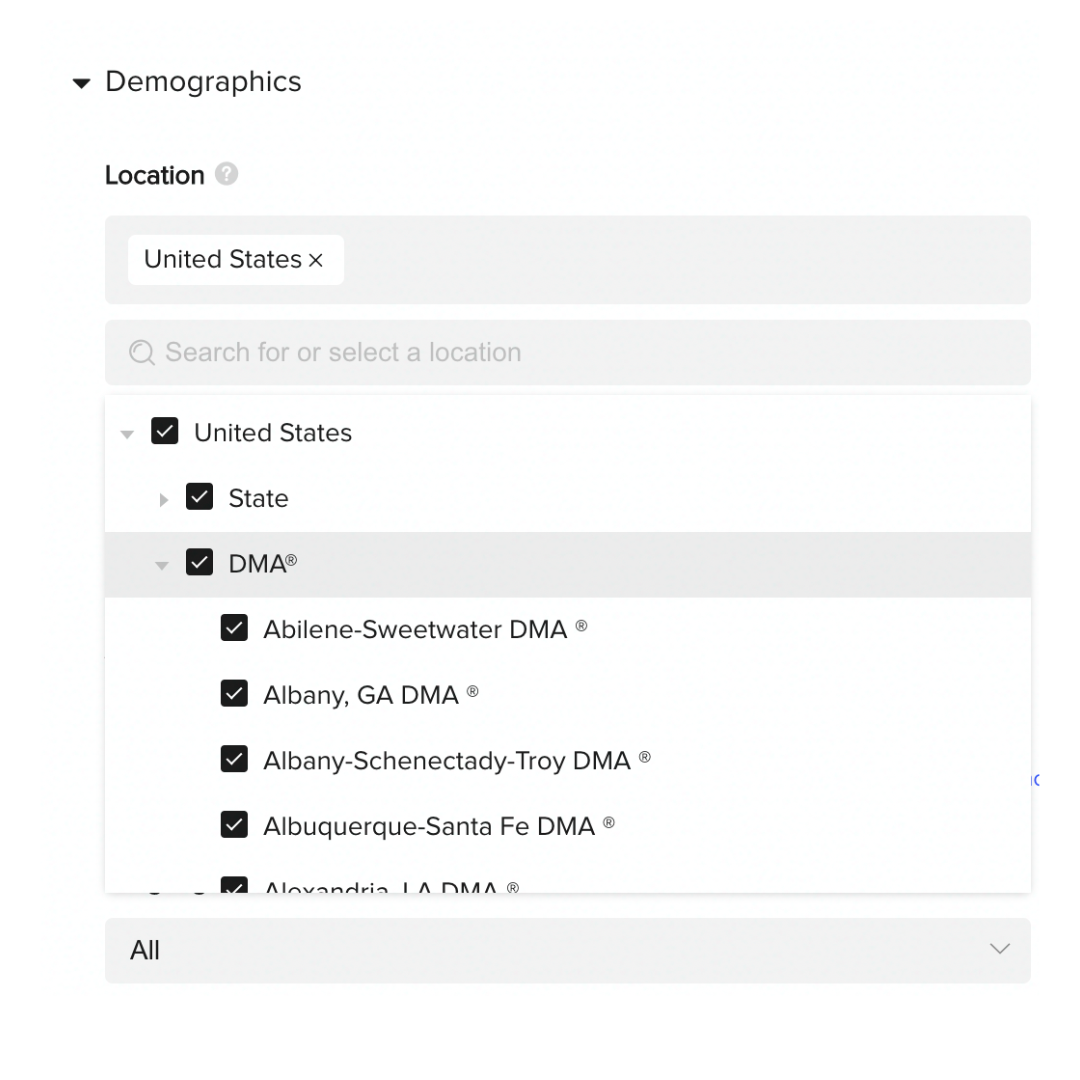

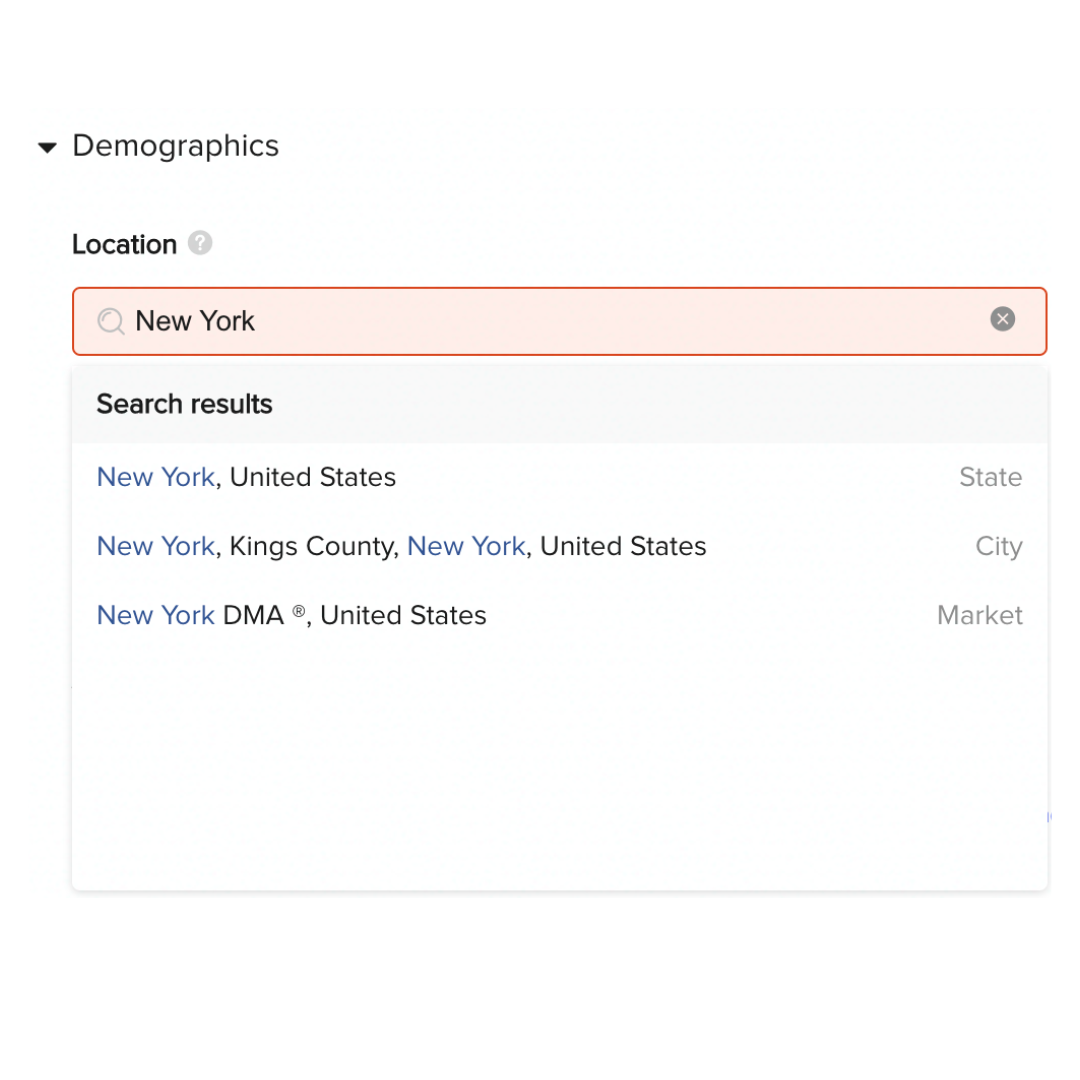

How To Create An Effective Plan When Targeting By Location
A good advertisement targets the right people so that it appeals to their interests and behaviors. However, advertisers can also go wrong by setting their parameters too broad or too narrow.
Setting the parameters too broad runs the promotion to many unnecessary viewers. In other words, serving the ad to people with no interest can quickly drive up ad costs.
Second, if you set your parameters too narrowly, you may miss an opportunity to learn what works, and at the same time, campaigns may not run consistently due to the small size of the audience pool.
List of Available US TikTok DMA Geo-targeting
We’ve compiled a list of DMAs you can use for geo-targeting on TikTok. You can use these DMAs to reach a broader audience in a specific region.
Available TikTok DMA Geo-targeting by US City
| Name | City |
|---|---|
| New York City | New York, Kings County, New York, United States |
| Los Angeles | Los Angeles, Los Angeles County, California, United States |
| Chicago | Chicago, Cook County, Illinois, United States |
| Phoenix | Phoenix, Maricopa County, Arizona, United States |
| Philadelphia | Philadelphia, Philadelphia County, Pennsylvania, United States |
| San Antonio | San Antonio, Bexar County, Texas, United States |
| San Diego | San Diego, San Diego County, California, United States |
| Dallas | Dallas, Dallas County, Texas, United States |
| San Jose | San Jose, Santa Clara County, California, United States |
| Jacksonville | Jacksonville, Duval County, Florida, United States |
| Fort Worth | Fort Worth, Tarrant County, Texas, United States |
| Charlotte | Charlotte, Mecklenburg County, North Carolina, United States |
| San Francisco | San Francisco, City and County of San Francisco, California, United States |
| Seattle | City and County of San Francisco, California, United States |
| Oklahoma City | Oklahoma City, Oklahoma County, Oklahoma, United States |
| Boston | Boston, Suffolk County, Massachusetts, United States |
| Portland | Portland, Multnomah County, Oregon, United States |
| Detroit | Detroit, Wayne County, Michigan, United States |
| Baltimore | Baltimore, Baltimore, Maryland, United States |
| Albuquerque | Albuquerque, Bernalillo County, New Mexico, United States |
| Tucson | Tucson, Pima County, Arizona, United States |
| Sacramento | Sacramento, Sacramento County, California, United States |
| Kansas City | Kansas City, Jackson County, Missouri, United States |
| Mesa | Mesa, Maricopa County, Arizona, United States |
| Atlanta | Atlanta, Fulton County, Georgia, United States |
| Omaha | Omaha, Douglas County, Nebraska, United States |
| Colorado Springs | Colorado Springs, El Paso County, Colorado, United States |
| Raleigh | Raleigh, Wake County, North Carolina, United States |
| Long Beach | Long Beach, Los Angeles County, California, United States |
| Virginia | Virginia Beach, Virginia Beach, Virginia, United States |
| Oakland | Oakland, Alameda County, California, United States |
| Minneapolis | Minneapolis, Hennepin County, Minnesota, United States |
| Tulsa | Tulsa, Tulsa County, Oklahoma, United States |
| Bakersfield | Bakersfield, Kern County, California, United States |
| Arlington | Arlington, Tarrant County, Texas, United States |
| Aurora | Aurora, Arapahoe County, Colorado, United States |
| New Orleans | New Orleans, Orleans Parish, Louisiana, United States |
| Cleveland | Cleveland, Cuyahoga County, Ohio, United States |
| Anaheim | Anaheim, Orange County, California, United States |
| Lexington | Lexington, Fayette County, Kentucky, United States |
| Irvine | Irvine, Orange County, California, United States |
| Stockton | Stockton, San Joaquin County, California, United States |
| Corpus Christi | Corpus Christi, Nueces County, Texas, United States |
| Cincinnati | Cincinnati, Hamilton County, Ohio, United States |
| Santa Ana | Santa Ana, Orange County, California, United States |
| Greensboro | Greensboro, Guilford County, North Carolina, United States |
| Pittsburgh | Pittsburgh, Allegheny County, Pennsylvania, United States |
| Jersey City | Jersey City, Hudson County, New Jersey, United States |
| St. Louis | St. Louis, St. Louis, Missouri, United States |
| Gilbert | Gilbert, Maricopa County, Arizona, United States |
| Lubbock | Lubbock, Lubbock County, Texas, United States |
| Arlington | Arlington, Tarrant County, Texas, United States |
| Spokane | Spokane, Spokane County, Washington, United States |
| Baton Rouge | Baton Rouge, East Baton Rouge Parish, Louisiana, United States |
| Hialeah | Hialeah, Miami-Dade County, Florida, United States |
| Huntsville | Huntsville, Madison County, Alabama, United States |
| Rochester | Rochester, Monroe County, New York, United States |
| Fontana | Fontana, San Bernardino County, California, United States |
| Salt Lake City | Salt Lake City, Salt Lake County, Utah, United States |
| Cape Coral | Cape Coral, Lee County, Florida, United States |
| Tallahassee | Tallahassee, Leon County, Florida, United States |
| Providence | Providence, Providence County, Rhode Island, United States |
| Knoxville | Knoxville, Knox County, Tennessee, United States |
| Akron | Akron, Summit County, Ohio, United States |
| Murfreesboro | Murfreesboro, Rutherford County, Tennessee, United States |
| Kansas City | Kansas City, Jackson County, Missouri, United States |
| Roseville | Roseville, Placer County, California, United States |
Available TikTok DMA Geo-targeting by US County
| Name | County |
|---|---|
| Baltimore | Baltimore, Maryland, United States |
| Baton Rouge | East Baton Rouge Parish, Louisiana, United States |
| Dallas | Dallas County, Texas, United States |
| El Paso | El Paso County, Texas, United States |
| Jackson | Jackson County, Missouri, United States |
| Los Angeles | Los Angeles County, California, United States |
| Lubbock | Lubbock County, Texas, United States |
| Madison | Madison County, Alabama, United States |
| Miami | Miami-Dade County, Florida, United States |
| Oklahoma City | Oklahoma County, Oklahoma, United States |
| Philadelphia | Philadelphia County, Pennsylvania, United States |
| Providence | Providence County, Rhode Island, United States |
| Sacramento | Sacramento County, California, United States |
| San Bernardino | San Bernardino County, California, United States |
| San Diego | San Diego County, California, United States |
| San Francisco | City and County of San Francisco, California, United States |
| Spokane | Spokane County, Washington, United States |
| St. Louis | St. Louis, Missouri, United States |
| Virginia | Virginia Beach, Virginia, United States |
Available US TikTok DMA Geo-targeting by Market
Search among the list of available DMA targeting found inside TikTok Business Manager.
Further Reading
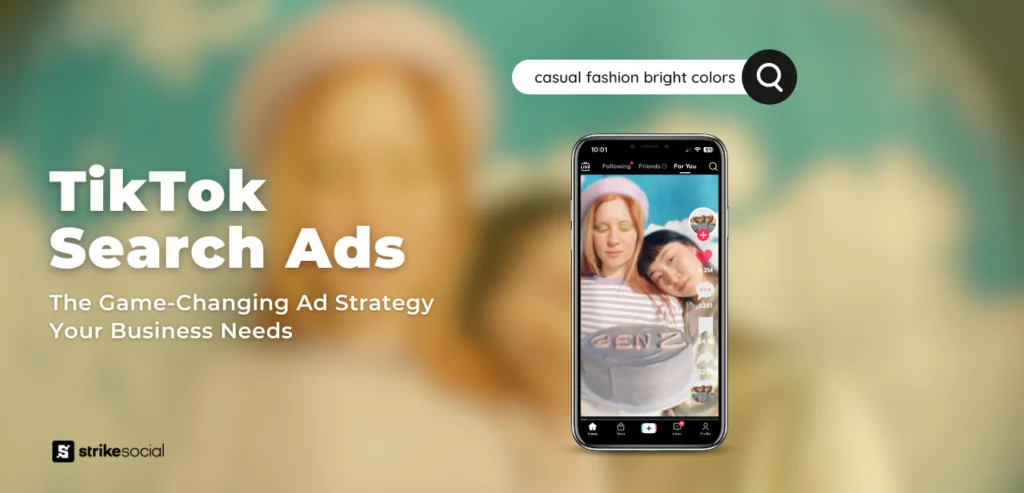

Why TikTok Search Ads Should Be On Your Radar
TikTok has officially launched search ads, allowing advertisers to capitalize on user search terms to drive conversions. Explore how leveraging search keywords alongside engaging video content can boost your brand’s visibility and amplify user engagement on the platform.
Tips for Creating Effective Geo-targeted Content
To successfully geo-target on TikTok, you’ll want to create content that appeals to the market in your specific target location.
- Tailor your content to make it more relatable to the people in a particular city or area because
- There are often many different market trends in each US state.
- When crafting a marketing strategy, it is essential to consider your audience’s demographics rather than looking at them state-by-state.
- Using relevant hashtags can reach new consumers on TikTok
- Laying down DMA regions on top of your existing targeting allows you to prioritize local audiences, focusing on the top market rather than a more general audience.
When to choose State, City, and DMA
- Target State if you want to cover a larger area
- Pick City if you wish to target a particular city in a State
- Choose Market if you want to target everyone in that area. For example, exclude Oklahoma City and Sherman if you wish to target Wichita Falls and Tulsa in Oklahoma on your TikTok ads campaign. You can geo-target each city by choosing the appropriate DMA.
TikTok offers great tool brands can use to deliver more personalized advertising messages, thanks to DMA geotargeting option. Marketers can find more opportunities for audiences across different demographics and geographies by including a more granular location targeting in their media plans. Matching target consumers’ location and the right messaging, campaigns are becoming relevant and exciting, resulting in a more desirable outcome.
You can scale your TikTok campaigns without compromising the efficiency and capabilities of your advertising team. Share your paid social media advertising needs with us, and we’ll guide you through our SWAS (Software with a Service) approach to help you achieve your goals.
Pinterest is home to millions of DIYers, crafters, fashionistas, foodies and more. And this year, the popular inspiration platform reached 250 million monthly active users.
If you’re looking to promote your website, products or content on the platform, it’s best to know the right steps to take for success.
Throughout this article, we’ll dive into the step-by-step process it takes to launch successful Pinterest boards, pins and more. We’ll cover:
- How to get started on Pinterest
- How to create an amazing Pinterest board
- 5 Ways to create better pins
- How to promote your pins
- Understanding Pinterest Analytics
- Pinterest marketing rules to live by (tips, tricks and best times to pin)
What does Pinterest allow you to do?
As a user on Pinterest, there are really only a few important things that you can do with your content.
- Pin your content
- Repin content from other users
- Like other pins
- Comment on pins
It’s pretty straightforward, but there’s much more to it than this. These simple actions allow business all over the world to share their content with likeminded people who may repin and spread their content even further — organically speaking.
Pinterest has also been linked to improved SEO, as Pinterest is essentially a pool of backlinks to engaging content.
Pinterest is so powerful because you can connect with niche audiences that are actively seeking content like yours.
How to get started on Pinterest
Create a business account
As you might expect, a business account and a personal account are completely different.
To set up your business account, head on over to Pinterest and click Create a business account at the bottom of the login screen.
Add a business email (ideally), a password and the business name along with the type of business your company associates.
Set up your account and business settings
Once you’re logged in, fill out all your necessary business settings.
Choose a relevant username
Assign a username to your account but pick one that resonates well with your company name. Your username is what appends to the end of the Pinterest URL.
Upload your company logo
Profile images on Pinterest are 165 x 165 pixels.
Complete the About you section
Companies often neglect to fill out the About section on social platforms, but this is the place where you can let customers know what you offer and utilize keywords to help you show up more in search.
Claim your website
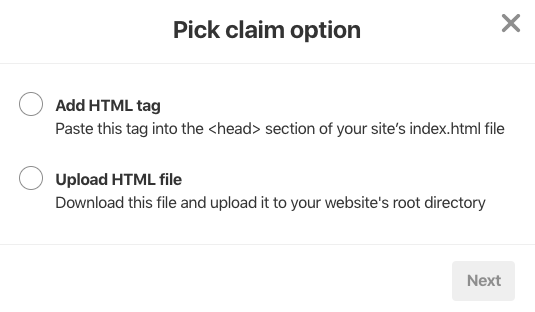

Claiming your website through Pinterest gives you access to attribution and analytics for your content. To claim your website, input your domain. You’ll be given a couple of options to claim your website, either through an HTML tag or an HTML file to add to your site.
Identify boards and topics
Upon setting up your account, you’ll want to identify boards and topics that describe your business.
For example, if you’re an interior decorator, you’ll likely choose Home Decor, DIY Home Decor, Design and Furniture. This helps Pinterest find relevant content and people/businesses to follow.
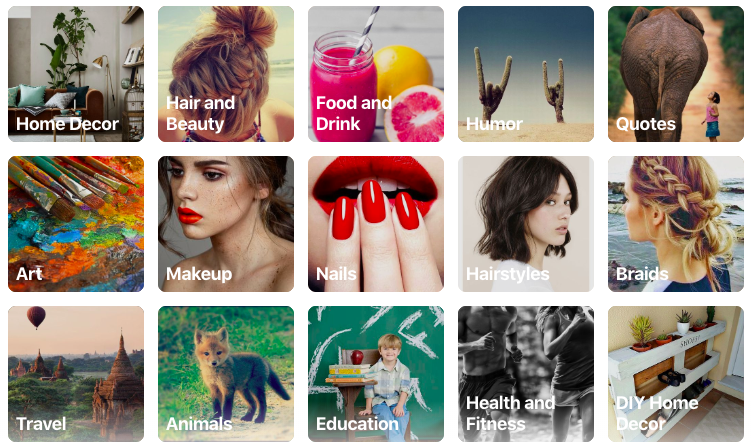

Once you’re all set with your new business account, it’s pretty straightforward from there to complete setup. After initial setup, your goals should be:
- Begin building boards to categorize and curate your content. Let’s stick with the interior decorator example. You might create a few boards titled Living Room Inspiration, Affordable DIY Projects and Dream Kitchen Decor.
- Follow relevant companies and people. Start making connections with companies you have relationships with already or experts in your industry with large followings. You can also search relevant accounts by keyword and select People in the drop-down next to the search bar.
Now that you’re set up with your business account on Pinterest, it’s time to create some boards and build your Pinterest reputation.
To build and uphold your rep on Pinterest, your content needs to stand out among the millions of pins shared daily. Here’s how to do just that:
How to create an amazing Pinterest board
Give your board a proper name. Make sure your board’s name encompasses all the curated pins you plan to share. Get creative with your board names and keep them consistent with your brand.
Write compelling, keyword-rich descriptions. Don’t neglect to give your board a proper description, being sure to utilize keywords as this helps your board stand out in search.
Categories are key. Assign a category to your board that best describes it.
Give the board a cover. Ideally, this should be a cover that encompasses the look and feel of the board as a whole. To do this, navigate to the board and click on the pencil in the top to edit. You can then assign or change a cover as needed.
If needed, add sections. Sections are great for general or large boards where you can curate deeper and deeper into your content. For example, you might have a board called “Coastal Interior Design.”
You can create various sections called Lighting, Fabrics, Patterns and so to organize your pins.
Share relevant, striking content. Stay current and consistent with your boards.
5 Ways to create better pins
1. Pin high-quality, striking images. The key to Pinterest is sharing content that is tall and sleek. That’s why infographics do especially well on the platform, along with step-by-step images. You can create striking images with tools like Canva or Infogram.
Don’t create images that are too tall. Pinterest is cutting down on pins that take up too much space as that was a major problem on the platform in 2017.
If you’re using images with text, keep the text to a minimal. For multi-image pins, four or fewer is best to minimize clutter.
2. Follow Pinterest’s image requirements. As with any social network, there are best practice dimensions to follow. Read up on Pinterest’s latest specs here. For promoted pins, read up on Pinterest Ad specs.
3. Write a description that tells a story. While Pinterest is a visually heavy platform, your pin descriptions should also be rich with content. Go beyond a simple description. Tell a story and explain the content your sharing.
4. Use hashtags and keywords. Pinterest, like many networks, runs on hashtags. Share hashtags in your description to show up better in search. That goes with keywords in general.
Create Rich Pins. Rich Pins make your pins even more useful with additional content. They’re especially ideal for recipes, products, articles or apps. Rich pins make in-app shopping even easier with real-time prices, availability and location.
How to promote your pins
You can take your pins one step further by promoting them. This helps your content reach an even wider audience based on targeting specifics you identify.
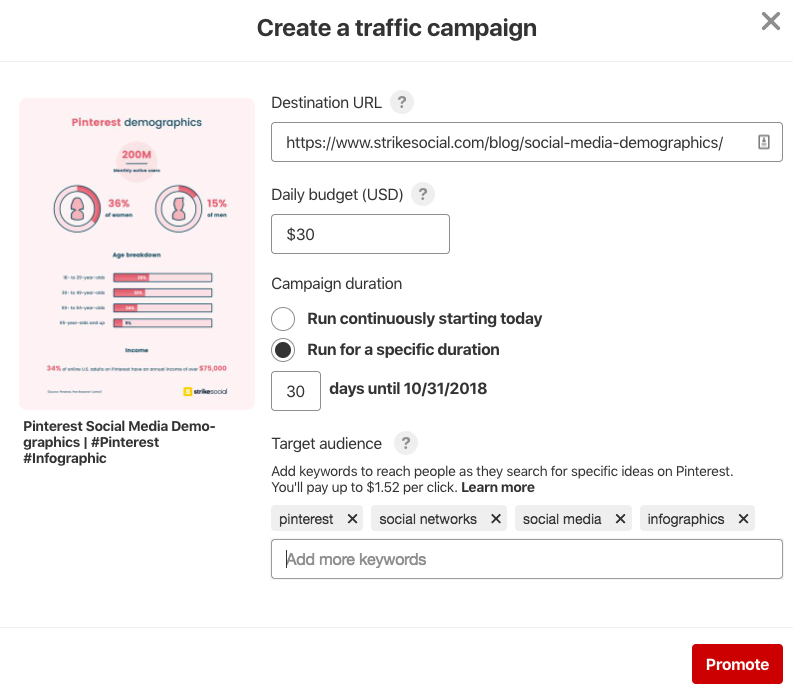

To promote a single pin, start by:
- Clicking on the pin you wish to promote.
- From there, choose to update your pin info.
- Set a daily budget (this is how much you’ll pay each day while your ad runs).
- Choose a campaign duration.
- Add keyword targeting and there you have it — a beautiful, promoted pin for the masses.
Related: How much does it cost to advertise on Pinterest?
Understanding Pinterest Analytics
Pinterest has one of the more robust native insights.
The Analytics tab can be found in the top left corner in the platform. There are four components:
- Overview
- Profile
- People you reach
- Audience Insights
Let’s break each of these down.
Overview
The Overview section is your analytics dashboard. From here, you can access your profile data and the people you reach.
If you have confirmed your website, you can see even more such as clicks and activity directed to your website from Pinterest.
In the Overview section, you’ll also be able to see your Top Pin impressions, which are the top pins that have made it in front of other users. This is a great indicator to determine which content your audience is most receptive to.
Profile Analytics
Your Profile breaks out data in four sections:
- Impressions
- Saves
- Clicks
- All-time
Impressions includes the daily impressons and daily viewers (unique users). Along with Top Pin impressions, your profile analytics will also break down the top boards with the most impressions, too — a good indicator of which boards perform well and which might need some more love.
Saves are considered your repins. This is the number of times people have saved your content to their boards.
Clicks, of course, count the traffic coming from Pinterest to your website.
All-time is a mix of most saved content, best in search and power pins (high engagement rates). All-time data really gives you a feel of what your audience responds best to, so pay attention to this tab when making content decisions on Pinterest.
People you reach
This tab is a general audience insights section. You can track and monitor your average monthly viewers and those who’ve engaged. You can filter by device and your followers or all audiences.
Audience Insights
Pinterest has recently revealed Audience Insights, which dives a little deeper than the last tab. Audience Insights covers categories, interests, sub-interests, demographics, location and device.
What makes Pinterest’s Audience Insights so powerful is the ability to compare your following to Pinterest’s total audience. This helps you gauge how your content stacks up against others on the platform and identify areas of improvement.
Pinterest marketing rules to live by
Pinterest is a simple platform, which is why it works so well. But to become a power pinner, there are best practices and guidelines worth following.
Pin often and pin consistently
Adding Pinterest to your plethora of social media accounts can be daunting and sometimes, keeping up with posting gets away from us.
Be sure to set up a consistent schedule and pin frequently. There are many tools out there that can help you schedule out your pins organically, like Tailwind.
Don’t spam
This might seem conflicting to the above mentioned, but there’s a fine line to walk between pinning and pinning too much. If you’re always pinning, your content will seem unnatural and forced.
So how often should you pin on Pinterest? We find that 10-12 pins a day see the best results. Some companies even pin more. Three to five pins a day will suffice for slower content days.
At the end of the day, remember that it’s all about relevance. If you’re pinning just to pin, you won’t see the best results and you’ll most likely lose followers.
Don’t forget to repin
Leading us into our next rule, don’t forget that repins can count toward your daily Pinterest activity. Repinning is a method of discovery for your audience.
Just as with any other social platform, curating or repinning third-party content that relates to yours is best practice. This helps others discover your brand and you’re providing value to users through relevant, curated pieces.
Believe it or not, repinning on Pinterest is much more lucrative than sharing only your content. Studies have shown that you should actually repin 80 percent of content and only share 20 percent of your own.
So start repinning!
Don’t just pin, engage
Pinterest is easily one of the most friendly social networks and engagement is always welcome — and beneficial to your brand. Start commenting and liking pins relevant to your content. Leave feedback or opinions on other pieces to start getting in front of more of your audience.
Link to mobile-friendly web pages
Pinterest has one of the highest mobile usages with 80 percent of overall users accessing the platform through a mobile device.
Pinterest is also widely known as an in-store inspiration app, which means you can account for even more mobile use.
Off hours aren’t off limits
Unlike LinkedIn or Facebook, Pinterest’s user base is active around the clock — in fact, they’re most active after work or on weekends. Users on LinkedIn and Facebook are most likely to check those platforms during the day, but Pinterest inspires people at all hours.
So don’t leave out pinning between midnight and 4 a.m. While you’ll be able to capture people in different time zones, you’ll also get in front of the night owls scouring Pinterest.
So when is the best time to pin?
According to several sources, the best time to pin is actually on Saturday between 2 a.m. and 4 a.m. That doesn’t mean that this is the best time for every topic or industry, however.
We recommend testing out different times and thinking critically about your audience. Let’s say your audience consists of 9-5ers. We can assume they’re likely pinning before or after work.
Pin with the algorithm in mind
Pinterest distributes content in multiple ways.
First, it distributes pins for your followers, then the feed scatters your pins based on quality and relevancy. In other words, Pinterest prioritizes content that your followers engage with.
What does that mean? It means your followers essentially decide if your content shows up in the search.
That’s why we recommend testing various pins and how you share them. Consider pinning your most important owned content first, then sprinkle in other owned pins or repins throughout the day.
Timing seems to be a heavy topic with all social networks, and while timing on Pinterest is still very important, its algorithm relies heavily on the quality and how well you optimize your content.
Becoming a master pinner
Pinterest a highly visual platform that serves vastly different purposes from other social media networks. It’s an exploratory medium where users come to find inspiration and new ideas.
Make sure your content falls in line with Pinterest’s core demographic and interests that your audience is most likely to respond to. Take these tips and best practices and start testing your pins to find what works best for your brand.
Strike Overview
- Uncertain about whether targeting sports audiences is profitable in paid ads? Consider this: a U.S. poll found that 25% of respondents are sports enthusiasts. That equates to approximately 83 million people you can already reach.
- Further, the growth of sports betting has shown a consistent 10% CAGR year-on-year, with an estimated value of US$23.80 billion by 2029, highlighting the increasing interest of U.S. audiences in sports and sports-related activities.
- With sports audiences dominating viewership during peak events, even non-sports brands can achieve significant results by incorporating them into ad targeting strategies.
Jump to Section
How Targeting Sports Audiences Drives Results During Major Sports Events
The meteoric rise of powerhouse women athletes like Simone Biles, Alex Morgan, Sabrina Ionescu, and Caitlin Clark exemplifies the surge of sports on social media. Beyond their remarkable achievements in women’s sports, these athletes have each seen their careers skyrocket and a boost in social media engagement. Comscore reported that women’s sports are becoming mainstream, boosting a 219% YoY social media growth from ESPNW.
This year, the 2024 NCAA Women’s Basketball Tournament shattered viewership records, capturing the attention of sports fans nationwide. The championship game between the University of South Carolina and the University of Iowa drew 18.7 million average viewers, peaking at over 24 million combined on ESPN and ABC. The 2024 collegiate season marked the first time a women’s final surpassed the viewership of the men’s championship game.
Let’s understand how social media’s influence is pivotal in sports marketing. By examining how brands and advertisers can harness sports-centric content strategically, we can uncover opportunities to enhance campaign engagement, establish emotional connections with audiences, and create brand loyalty.
Sports Teams and Athletes are Becoming Brand Champions
Sports teams and athletes possess universal appeal, enabling businesses to engage with enthusiasts and a broader demographic that may not traditionally follow sports.
These types of content transcend various cultures and demographics, capturing themes of unity, perseverance, and victory that resonate with the masses. Notably, sports fans, regardless of their level of fanaticism, often engage with a team or athlete’s social media pages, especially during significant events.
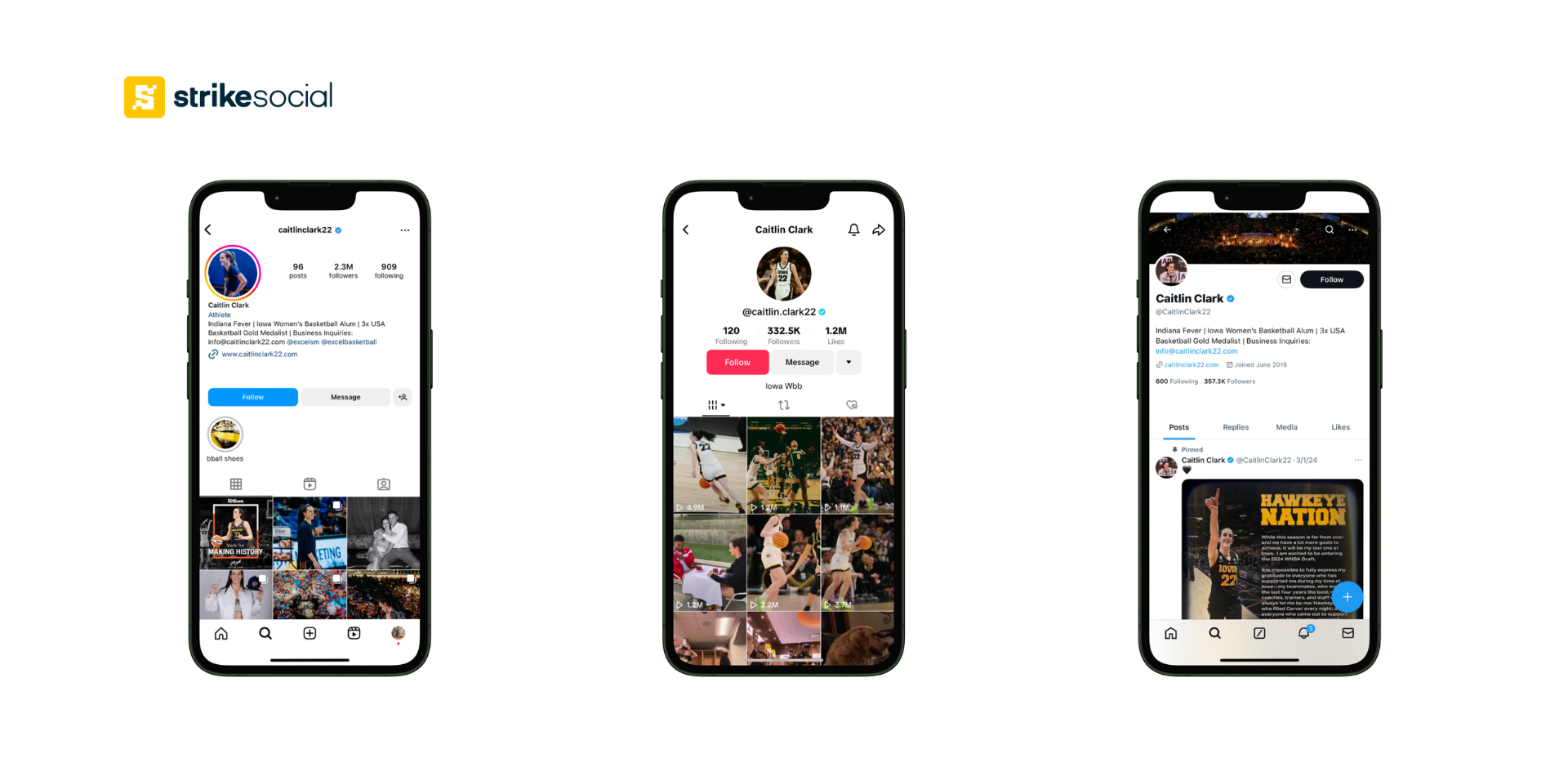

Caitlin Clark, a generational talent in the WNCAA, has experienced phenomenal growth on Instagram, mirroring her exceptional career. In September 2021, she had 46,808 followers. Approximately three years before securing the top pick in the 2024 WNBA draft, Clark has amassed a remarkable 1.5 million followers on Instagram. Her follower count surged during her March Madness stint, with approximately 60k new followers in February-March 2022, 350k in February-April 2023, and a staggering one million in February-April 2024.
The prominence of sports fandom on social media has been amplified recently, particularly with the increasing popularity of women athletes filling our social newsfeeds. As a result, brands can capitalize on this surge of engagement by aligning their advertising campaigns with the trending sports buzz. This strategic placement of ads within relevant sports-related content can effectively capture the attention of a wider audience and enhance brand exposure.
Why Should Non-Sports Brands Add Sports Audiences To Their Targeting?
Given the effectiveness of sports teams and athletes as brand advocates, it’s beneficial to understand why non-sports brands should consider including sports audiences in their paid social strategies.
Looking at the example, Caitlin Clark’s explosive growth on social media exemplifies the individual athlete’s influence and the broader potential for brands to tap into these vibrant fan bases and target highly engaging sports content.
Here are three insights on why advertisers should be targeting sports audiences:
1. Broader Market Reach
Sports and athletes provide a gateway to diverse audiences. Lifestyle brands can have a fresh new set of eyes from sports and athlete followers. Sports content usually shows victory, motivation, and perseverance, and brands can harness these themes to enhance their ad narratives.
2. High Engagement Levels
Athletes like Caitlin Clark demonstrate the potential for quality engagement with sports followers on social media platforms. Brands should be around conversation during key sports events. Interaction with sports followers drives results as it translates into significant brand awareness and recall.
3. Efficient Personalized Messaging Through Localized Campaigns
During events like the NCAA Finals, geo-targeting specific regions or cities where games are being held or where fan bases are located can be highly effective. Localized campaigns allow for more personalized marketing, leading to higher engagement rates at a lower cost than broader national campaigns.
Sports Audience Targeting in Action
The team used custom affinity audiences in a YouTube ad campaign, balancing sports-centric audience targeting and sustainability interests. The campaign achieved a 13% CPM efficiency for non-skippable ads and a 40% cost reduction in CPV for skippable ads.
An important insight gained was that sports-centric audience targeting worked well with non-skippable ads on connected TVs (CTV). Understanding viewers’ viewing intent based on the device can increase efficiency. For non-skippable ads on larger screens, viewers are likelier to stick around and watch the ad, as they’re consuming long-form sports content like condensed games, replays, analysis, or match breakdowns. Unlike mobile viewers, attention spans are shorter, and viewing intent is mixed.
Balancing the ratio of sports-centric and interest-based, matching the right ad formats, and device targeting are factors that advertisers shouldn’t overlook.
Download our 2024 YouTube HVAC Case Study
By targeting sports audiences, the HVAC brand tapped into its viewer’s interests, leading to significant reach and surpassing view targets through the use of Custom Intent audiences in its YouTube campaign.
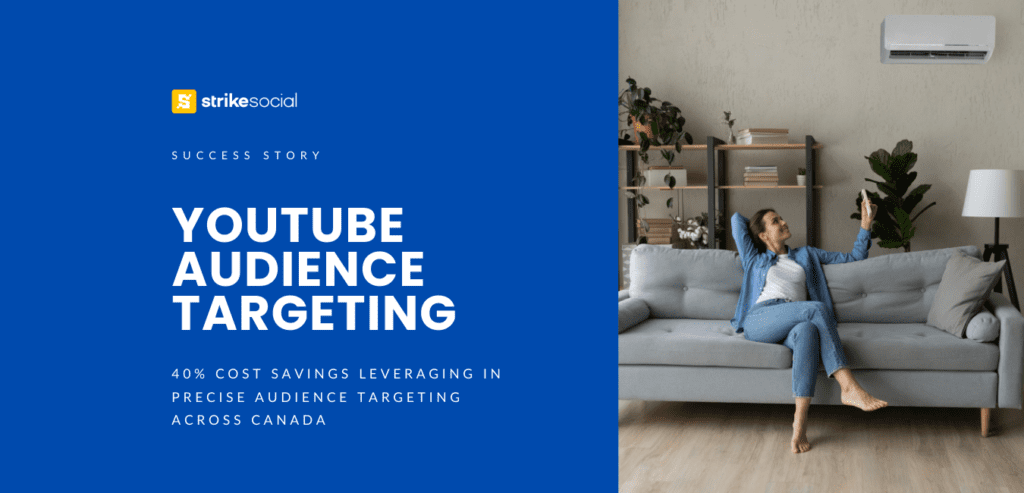

Social Platforms Ad Tools That You Can Use In Capitalizing Growth in Sports Viewership
Having established the synergy between the explosion in sports viewership and social media, advertisers can now know how to capitalize on the popularity of high-profile sports events by utilizing social platforms as dynamic advertising toolkits. These platforms allow brands to effectively engage with sports fans at all levels by tapping into each platform’s user base’s unique features and consumption habits.
Apart from targeting sports audiences, below are three refined strategies advertisers can employ:
Streamline Endorsements or Brand Partnerships Process
- TikTok Spark Ads: Collaborate with influential creators to produce authentic branded content. For example, a sports drink brand might partner with fitness influencers on TikTok to create native-looking workout videos that subtly highlight product benefits.
- Instagram Branded Content: Partner with athletes and influencers to integrate branded messages into their content, enhancing credibility and appeal.
- YouTube BrandConnect: Work with YouTube publishers and sports content creators to amplify brand narratives within fan communities, fostering deeper connections.
Leverage Specific Features or Ad Placements for Integrated Campaigns
- Instagram and Facebook Reels, Stories Ads: Use immersive, short-form video content to captivate audiences and drive engagement during major sports events.
- YouTube Shorts Ads: Go for bite-sized, visually compelling advertisements to reach viewers and maintain their attention.
- TikTok Interactive Add-Ons: Boost engagement through interactive elements like stickers, filters, and mini-games, making ad experiences more engaging.
Further Reading





Which Short-Form Ad Platform is Your Go-To?
TikTok pioneered bite-sized videos and quickly became one of the fastest-growing social media platforms. In response, Meta introduced Reels on Instagram and Facebook, while YouTube Shorts soon followed. The question is: which short-form video platform should your brand prioritize?
Utilize Extensive Targeting Capabilities
- TikTok Hashtag Targeting: Reach audiences based on their interests and behaviors within specific content categories, such as #Olympics2024 or #marchmadness2024
- Facebook and Instagram Behavioral and Connection-Based Targeting: Target users precisely based on their interests, online activities, and connections to sports-related pages and groups.
- YouTube’s Access to CTV, Affinity, and In-Market Audiences: Exploit advanced targeting options to reach highly relevant audiences across devices and platforms, optimizing for viewers actively looking for sports content or related products.
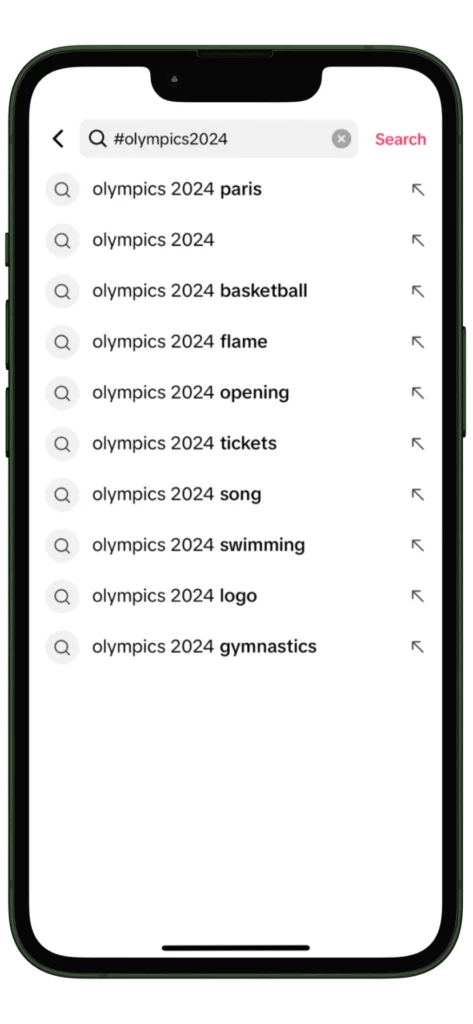

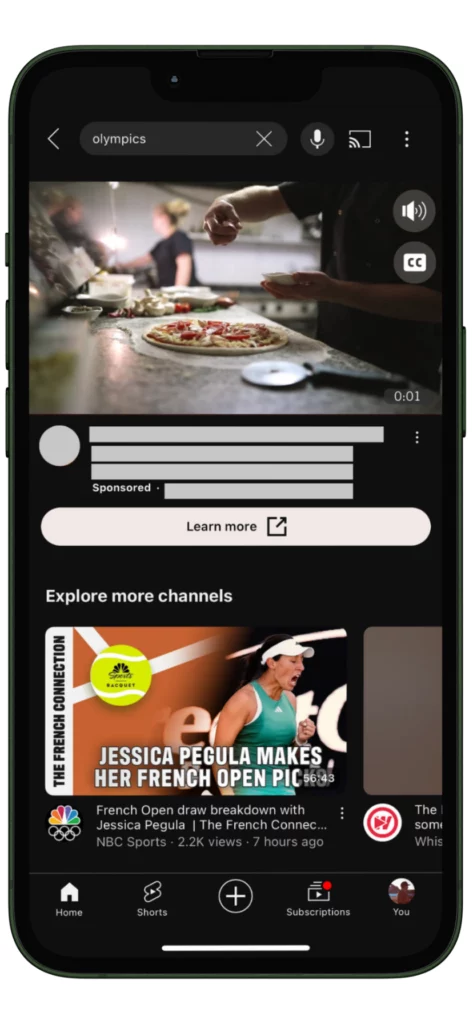

If you’re looking to harness the power of sports fandom in your marketing campaigns and see real efficiencies in targeting sports fans, our team is ready to assist.
We understand the dynamics of sports marketing and the unique opportunities it presents on social platforms. By partnering with us, you’ll access data-centric insights that can transform your advertising efforts.
Strike Overview
- The restriction of TikTok in the United States began in 2022 when President Joe Biden signed the No TikTok on Government Devices Act, prohibiting the app on federally owned devices.
- The motion gained momentum in 2024, fueled by concerns over ByteDance, the Chinese-owned company behind TikTok, CapCut, and other apps. If ByteDance fails to secure a U.S. buyer, the push for a complete ban on TikTok in the U.S. will likely persist.
- Based on the TikTok ban timeline, the app could become unavailable as early as January 19, 2025. With uncertainty looming, marketers must understand the implications and prepare for their next strategic move.
Jump to Section
Get exclusive content on paid social media.
Join our mailing list for the latest updates.





This post was updated in January 2025 to provide you with the latest information.
Restriction of TikTok in the United States & Marketers’ Next Move
The ticking clock on the restriction of TikTok in the United States grows louder each day. As US TikTok app users closer to the possibility of a ban, the platform’s vibrant community, encompassing a wide range of demographics, faces an uncertain future.
The concerns surrounding TikTok go beyond its user base, as marketers globally prepare for potential disruptions to advertising strategies and content creation if the full restriction of TikTok in the United States moves forward.
To fully grasp this complex debate, we must look back at TikTok’s evolution in the US. It’s a tale of transformation—from a hub for dance trends and viral skits to a focal point of national security discussions. Join us as we unpack the multifaceted narrative of the app’s ascent and the ensuing controversies that have led to increasing TikTok restrictions in the US.
See a snapshot of the pivotal moments that have shaped TikTok’s journey in the US, underscoring the app’s ascent and the controversies that have threatened its presence.
The evolving narrative around TikTok’s operational challenges in the US speaks a broader conversation about digital privacy, national security, and the future of international tech companies on American soil.
For marketers who have found efficacy and opportunity on the platform, the looming question is not just hypothetical but pressing: ‘What are the next steps after hearing the news about the restriction of TikTok in the United States?”
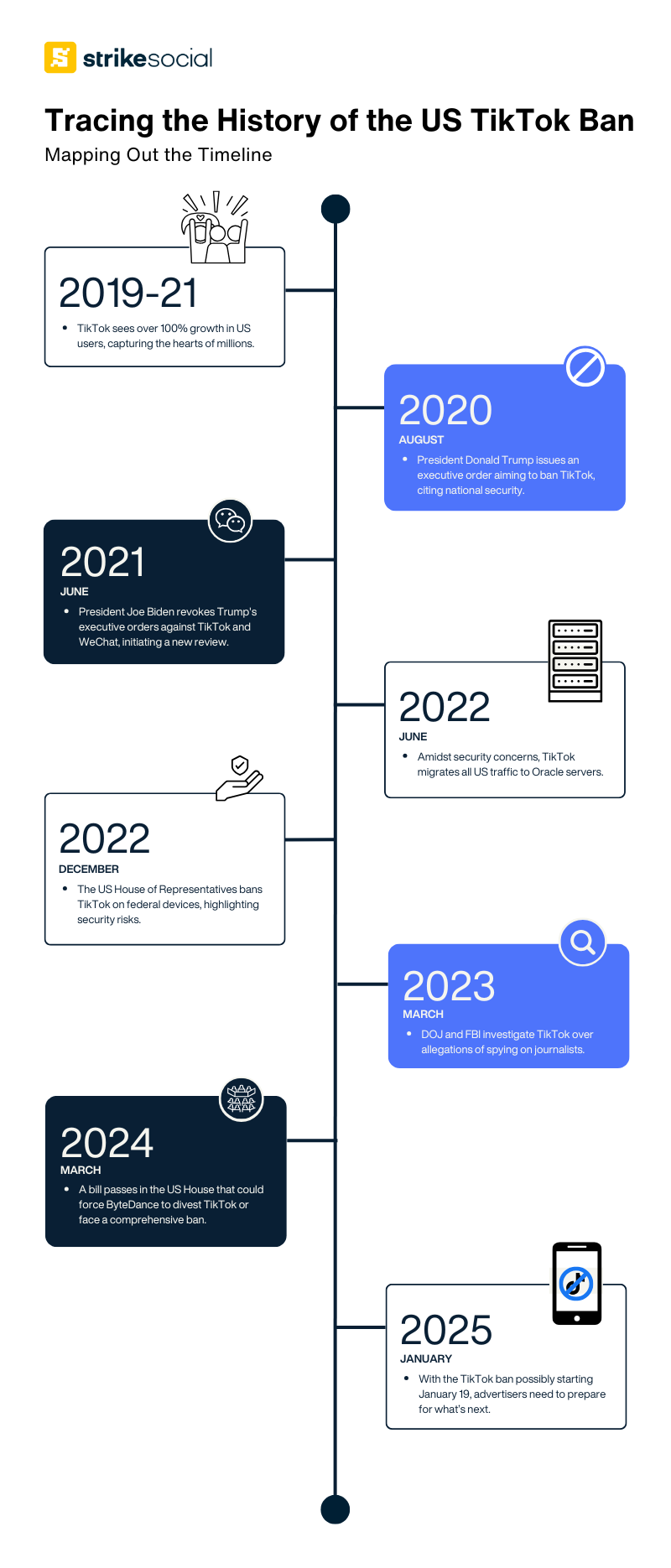

Why Panicking Shouldn’t Be On Your 2025 TikTok Advertising Strategy
The motion for TikTok restrictions in US has caused fear and panic among many users, creators, and advertisers. Headlines scream “Ban TikTok!” while social media feeds are flooded with speculation and lists of “Here’s what to do”. But before hitting the panic button, let’s take a deep breath and separate fact from fiction based on the recent news about the restrictions of TikTok in the United States.
Focusing on Facts Rather than Fear
Unfortunately, the uncertainty surrounding TikTok getting banned has become a breeding ground of confusion and baseless decisions. Here are some common anxieties we’ll discuss and give light:
Complete TikTok Ban Imminent
- While the US House has proposed a nationwide ban in 2024, the enactment could take effect by January 19, 2025. The situation is constantly evolving, with ongoing discussions and investigations. There’s still many discussions going on, such as TikTok appealing to President-elect Donald Trump, showing his stats from the last election and how TikTok views boosted him amongst other candidates.
- However, shall the full restrictions of TikTok in the United States take effect, this would impact not only the general public but also government devices and all government contracts. This includes personal devices used for federal contract work. To determine if your company is exempt from these restrictions, consider conducting an EPLS search.
Data Vanishing Act
- Users worried about losing all their data can find some solace here. Since June 2022, TikTok claims to have transferred US user data to Oracle servers in the US. However, skepticism persists regarding China’s potential data access.
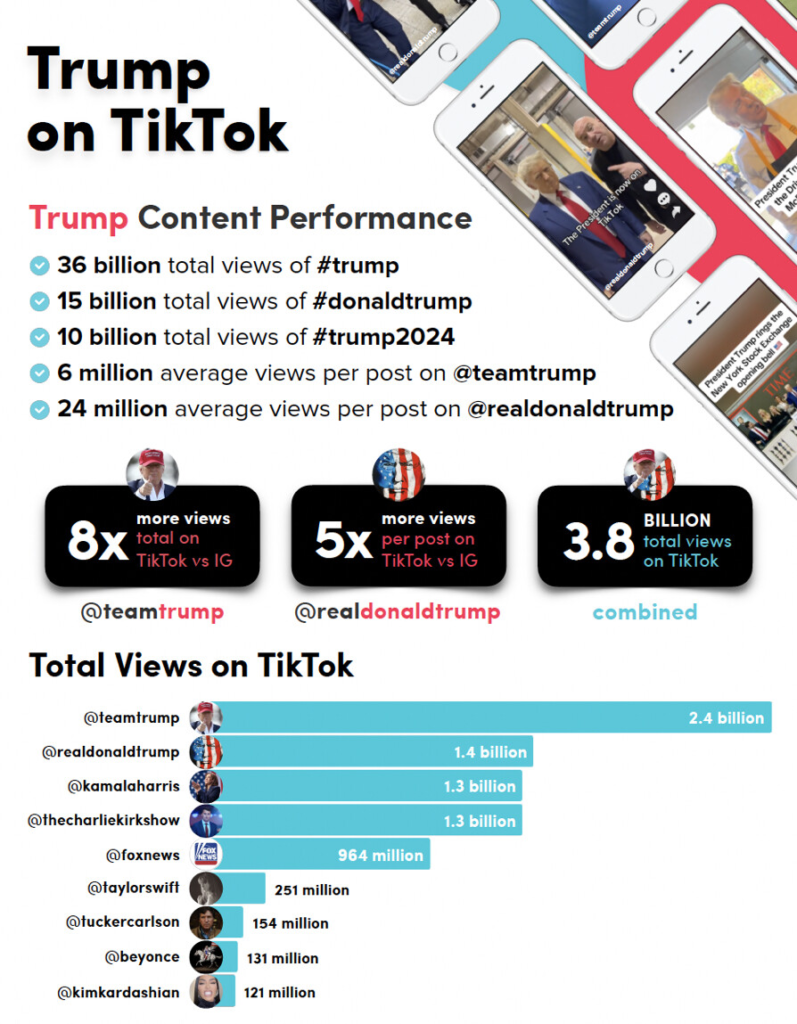

Safekeeping Content
- Similar to having a window to access the data, even in a scenario when complete TikTok restrictions take place, users can download their data – photos, videos, and other content.
The Fall of the TikTok Influencer
- Geographical restrictions may not signal the end of influencer marketing fueled by TikTok Spark Ads.
- Many influencers and creators are already pivoting to alternative platforms and reshaping their strategies to cultivate fresh audiences from the ground up.
Further Reading





YouTube Shorts vs. Reels: What’s the Next Go-To Short-Form Platform
With a potential TikTok ban looming in the US, advertisers should keep their options open. Between YouTube Shorts and Instagram Reels, which short-form platform should you turn to next?
TikTok Community Adaptation
- If a ban happens, it’s unlikely to be immediate. The restriction of TikTok in the United States would give advertisers time to adjust their strategies and explore alternative platforms that might emerge to fill the gap.
- Businesses and creators should be ready to follow where the TikTok Nomads will eventually find their new home.
Short-Term Effects of Full TikTok Restrictions for U.S. Advertisers
Advertisers who have decided to stand still and tell their clients “Business As Usual” right after the news breaks out may reap their rewards.
Surge of Ad Costs on Other Short-Form Platforms
The ripple effect of TikTok restrictions in the US could catalyze a redistribution of ad budgets across paid social platforms.
Once ad money started to steer away from TikTok, advertisers might feel the tilt of price movement when comparing ad cost to other major short-form video platforms such as YouTube and Meta. This heightened activity might initially drive up ad costs.
Loyalty to TikTok May Still Pay Off
Moreover, the departure of brands who advertise on TikTok, anticipating a ban, opens up the floor for lower competition on the platform. This scenario creates a more open playing field for those who choose to stay, offering enhanced visibility and potentially higher engagement rates at lower costs.
Remember, the users did not leave the platform, and TikTok’s average time spent on the platform continues to rise. Isn’t that the land filled with milk and honey for the TikTok advertisers?
New Avenues to Discover when Diverting TikTok Ads
Lastly, the rise of emerging platforms in the wake of TikTok’s challenges could spotlight new advertising opportunities. These platforms will likely introduce innovative targeting options and deeper audience insights, offering fresh avenues to explore and capitalize on.
YouTube has developed its ad solutions by adding YouTube Shorts to its ad placements (Video Action Campaign, Video View Campaign, and Video Reach Campaign).
Further, Facebook is supercharging Reels by adding it to their sales-driven campaign objective, shopping ads.
How Do We React About The Restriction of TikTok in the United States
In today’s lens, the news of TikTok getting banned may seem like a hurdle, but it can also be an opportunity for growth and efficacy. Businesses that remain adaptable and embrace change will be well-positioned to thrive in the evolving digital landscape.
Advertisers should stay on their fingers about the latest developments surrounding the ban and potential timelines. From a long-term perspective, advertisers can prevent TikTok doom’s day by diversifying their marketing strategies by exploring alternative platforms and tailoring content to each platform’s specific audience and format. Remember, strong content that resonates with your target audience is the backbone of any successful digital marketing campaign, regardless of your chosen platform.
For short sprints of TikTok ad campaigns, media buyers may see efficiency once the room filled with buyers starts emptying some space due to moving ad money away from TikTok. Remaining proactive, creative, and data-driven, you can transform uncertainty into a springboard for success in the ever-changing world of digital marketing.
If you want to talk more about the possible effects and what to do next about the news around the restriction of TikTok in the United States, feel free to contact our Strike experts.
TikTok Pulse is a revolutionary revenue-sharing program and advertising feature that transforms how brands engage with their target audience on TikTok. Whether your brand falls under popular content categories like dance, comedy, food and cooking, fashion and beauty, or home renovations/DIY, TikTok Pulse can help you tap into a massive audience and connect with your desired community. TikTok Pulse allows brands to showcase their content alongside the top 4% performing clips of the day, generating maximum visibility and engagement. This article will provide a step-by-step guide to TikTok Pulse and its unique benefits.
TikTok Pulse is a game-changer for advertisers who want to make their mark on the platform and connect with their target audience meaningfully and effectively. So if you want to take your advertising campaigns to the next level, TikTok Pulse might be the tool you need!
Is TikTok Pulse different from Spark Ads?
TikTok Pulse and Spark Ads are two powerful tools brands can leverage to enhance their online presence and increase their customer base. Although both aim to boost brand awareness and expand reach, their strategies and implementation differ.
| TikTok Features | TikTok Spark Ads | TikTok Pulse |
| Definition | Posts created by influencers in partnership with a brand | Contextual advertising feature for brands |
| Visibility | The post is labeled as ‘sponsored’. Appears in users’ home feed. | Ads are placed next to similar, top-performing Creator content in For You feed |
| Targeting | Targets users who don’t follow the influencer or brand | Matches brand ads with relevant creator content |
| Matching with content | Combines UGC and targeted advertising | Matches brand ads with relevant Creator content |
| Objective | Promote brand awareness and reach a wider audience | Bring brands into the community and break down barriers |
| Revenue Sharing | NA | Ad revenue split 50-50 with Creators |
TikTok Pulse is an innovative contextual advertising feature that allows brands to align their ads with the top-performing content on the platform. This feature enables advertisers to maximize brand exposure by targeting specific audiences with engaging content. With 12 categories, including beauty, fashion, and gaming, Pulse offers a broad range of options to cater to the audience’s interests.
Moreover, TikTok Pulse offers a revenue-sharing program with creators, ensuring a fair 50-50 split of the generated ad revenue. This feature allows creators to benefit from the ads they help promote and incentivizes them to produce more engaging content. Thus, it fosters a positive relationship between advertisers and creators on the platform.
In contrast, TikTok Spark Ads are organic posts in partnership with a brand, promoted as ads in users’ home feeds. These ads appear even for users who do not follow the influencer or brand, labeled as ‘sponsored.’ Unlike Pulse, Spark Ads do not have revenue sharing with creators and are centered on user-generated content and targeted advertising.
Pulse and Spark Ads are effective tools for brands to promote their products or services on TikTok. However, it is important to note that advertisers can choose to run either a Spark Ad or a Non-Spark Ad as creative in running a TikTok Pulse campaign. This flexibility allows brands to optimize their campaigns based on their goals and target audience.
Related article: TikTok Spark Ads vs. Non-Spark Ads: What Marketers Should know,
TikTok Pulse Set-up Guide
Are you keen on launching a successful TikTok Pulse campaign? The key to achieving this goal is opening a TikTok Ads Manager account. This account will be your central hub for managing all your TikTok campaigns. After setting up your account, you can log in and view your dashboard to keep track of all your campaigns and monitor their performance.
Campaign Level
- Open TikTok Ads Manager > Click Create an Ad under the Campaign section
- Under buying type, Select Reach and Frequency
- Click Reach in Advertising objective
- Select TikTok Pulse
- Enter Campaign Name
- Click Continue
Ad Group Level
1. Ad Group Name
- Select an Ad Group Name
2. Audience Targeting
- Choose parameters for targeting options such as audience, demographics, interest, and device.
- Refer to the TikTok Pulse Planning Packet (provided by your TikTok sales lead) for targeting recommendations.
3. Contextual Targeting
Confirm that Standard Feed is selected in the “Feed Type” section
Select TikTok Pulse content lineups in the “Content Topics” setting. (Do not select anything under “General content“)
“All Pulse” is the default state, meaning all Pulse content lineups are auto-selected. You should target All Pulse and allow the system to find the lineups that best match your audience and the given creative
To target specific lineups, choose 4 to 5 lineups. Select content lineups that resonate with the “audience” you are targeting. Targeting fewer than 4 lineups may impact the forecast for available inventory and/or reach.
4. Confirm that the Limited Inventory filter is auto-selected in “Content Exclusions.”
5. In “Schedule,” choose a date range when you want your ad to start running
- Ad delivery will begin at 12:00 AM in the timezone of the country/region selected in Location and end at 11:59 PM every day
- Ad scheduling can be set up to 225 days in advance
- Ad delivery can be scheduled to start within 1 to 90 days
- Ad Groups must be created at least 1 day before ad delivery
6. Choose a reservation purchase method in “Reservation.”
- You can choose either Budget, Impressions, Reach or Reach Percentage.
7. Confirm that Reach is set to auto-selected in “Optimization Goal.”
8. Choose how often you want your ads to appear by selecting a “Frequency Cap.”
9. Select your desired delivery mode in the “Ad sequencing & Schedule” tab when using multiple creatives in your ad campaign.
- Learn more about Multiple Creative Delivery Service
10. Once you have created your Ad Group, click Next to see the “Submit Order” and “Reserve Audience” screen.
11. Reserve your ad without attaching your creative by clicking Submit Order.
12. To add your creative, click Continue to Add. Then proceed to Ad level setup.
13. If you need to create additional Ad Groups for Pulse lineups, navigate back to the Create page in Step 1, go to “Use existing” in the Campaign level section, select the existing campaign, then repeat Steps 1-12 to set up a new Ad Group
Ad Level
1. Type the Ad Name
2. Select the options you want to display for your Identity, including a Display Name, Text, and Profile Image.
- You can also run a Spark Ad as your Pulse creative
3. Upload a video in your Ad Creative
- Reach & Frequency creative specs can be found here
4. Add any Interactive add-ons
5. Set your Destination page options, which can include adding a website URL and/or adding CTA buttons
6. Add any pixels or tracking URLs
- Check out supported third-party tracking partners here
7. You can add additional ads by clicking the +Add button. Repeat Steps 3-6 if you wish to add more ads
8. When you are satisfied with your ads, click Submit to send them to the review queue
For more information, visit TikTok Business Help Center
TikTok Pulse FAQs
How Does TikTok Pulse Work?
TikTok Pulse is an advanced contextual targeting product designed to help advertisers maximize exposure and engagement for their brand. With TikTok Pulse, you can purchase ad slots that are immediately matched with relevant creator niches based on various categories of Pulse content. This targeting approach ensures that your ads are displayed alongside verified content, promoting brand safety.
Pulse ads are benchmarked based on views and engagement to ensure your brand is associated with trending content and reaches a wider audience. This approach guarantees that your brand’s message is aligned with culturally-relevant content, allowing you to achieve your advertising goals effectively.
What are the TikTok Pulse Lineups?
TikTok Pulse Lineups are top categories, such as Beauty, Sports, Gaming, Art & Animation, and others, that enable advertisers to reach their desired audience effectively. Your ads will be displayed in the “For You” feed after a popular and relevant TikTok video from your chosen Pulse Lineup.
TikTok Pulse uses a proprietary scoring system to identify the top 4% of culturally-relevant videos across each category daily. This approach ensures your ads are placed alongside the most engaging and relevant content. Various signals such as engagement, video views, recent growth, creator engagement signals, and brand safety and suitability signals are considered to calculate a video’s score.
What Are the Objectives Available for TikTok Pulse?
TikTok Pulse offers advertisers two buying options: Reach & Frequency (Reach objective only) and two ad formats: In-feed Spark Ads or Non-Spark Ads. These placement options and ad formats enable advertisers to connect with their desired audience effectively and achieve their marketing goals on TikTok.
Is TikTok Pulse Available for Everyone?
TikTok Pulse offers advertisers two buying options: Reach & Frequency (Reach objective only) and two ad formats: In-feed Spark Ads or Non-Spark Ads. These placement options and ad formats enable advertisers to connect with their desired audience effectively and achieve their marketing goals on TikTok.
Is TikTok Pulse Available for Everyone?
TikTok Pulse is currently only available to a select number of allow-listed advertisers in the US. Content creators must also meet specific criteria, including having at least 100,000 followers, posting at least five videos within the last 30 days, and being 18 or older to qualify.
Related article: TikTok Brand Awareness Ad Objective: An Opportunity Media Buyers Should Know About
Why Should You Use TikTok Pulse?
TikTok Pulse has emerged as a powerful tool for advertisers looking to expand their reach and engagement on the platform. By aligning their ads with top-performing content, brands can leverage popular content that resonates with their target audience, resulting in higher engagement and brand loyalty. It’s a win-win situation for both parties, as TikTok Pulse’s revenue-sharing program enables brands to engage with creators and participate in ongoing conversations actively.
One of the most exciting features of TikTok Pulse is the greater control it gives brands over their advertising campaigns and budget. Advertisers can choose between a Spark Ad or a non-Spark Ad as creative in a TikTok Pulse campaign, maximizing their advertising ROI and connecting with their target audience meaningfully and effectively with user-generated content.
Moreover, TikTok Pulse provides a unique opportunity for brands to drive engagement among diverse communities. By featuring alongside the top 4% of creators and videos on TikTok, brands can gain maximum exposure. Advertisers can also use TikTok’s 12 brand safety categories to place ads next to relevant content, connecting with their desired communities.
With TikTok’s inventory filter, ads run adjacent to verified content with high levels of brand suitability, providing brands with confidence in the safety of their ads. Brands can also use third-party brand suitability and viewability verification tools to analyze the effectiveness of their campaigns post-launch.
Overall, TikTok Pulse is an innovative and game-changing platform for advertisers looking to optimize their reach and engagement on TikTok. With its powerful features and tools, brands can achieve their marketing goals and create a lasting impression on their target audience. It’s a great opportunity for businesses to tap into the power of social media and connect with their audience more meaningfully.
Welcome to the world of Facebook Shops! In today’s tech-driven world, businesses must establish an online presence to expand their reach and drive profits. Keeping up with technological advancements has become a necessity rather than just a preference. And what better way to do so than with a Facebook Shop?
Social commerce has revolutionized how brands sell products, and Facebook Shops has emerged as a powerful tool for businesses looking to expand their discoverability and reach new customers. This guide will explore setting up a Facebook Shop, from creating your account to knowing the best practices. Whether new to social commerce or simply looking to maximize your results, this guide is the perfect resource for anyone looking to sell on Facebook.
Guide to Build Your Social Shop and Start Selling on Facebook
- Facebook Shops: An Overview of Brands
- Facebook Shops vs. Facebook Marketplace: Comparison
- How to Set Up Facebook Shops
- Best Practices to Maximize Facebook Shops Potential
- Conclusion
Facebook Shops: An Overview for Brands
Facebook Shops provides a solution for brands to keep cadence with social commerce’s evolution, giving them the tools they need to sell their products through these platforms efficiently.
Another exciting aspect of Facebook Shops is the ability to tag products during live streams on Facebook and Instagram. This can drive traffic to your page and encourage customers to make purchases. Overall, Facebook Shops gives businesses a powerful and effective way to reach their audience and increase sales.
Facebook Shops vs. Facebook Marketplace: Comparison
With a massive US user base of 266 million monthly, Facebook provides businesses with a dynamic platform to promote and sell their products engagingly and interactively.
When it comes to setting up your online presence with Facebook, you have the option of using either Facebook Shops or Marketplace. This guide is designed to help you make informed decisions and determine the best choice for your business needs.
| Facebook Shops | Facebook Marketplace | |
| User Interface | An eCommerce-like platform for brands to streamline the buying process without leaving the app | A visual garage-like selling within local communities where an individual can do product listing |
| Account | Business Page admins can manage the Facebook Shops account | Can sell using Personal Account |
| Store reach | Products are globally available | Products are locally available for others can browse and purchase items |
| Boosting | Brands can boost particular products or the entire store using Facebook advertising capabilities. | Same with Facebook Shops, sellers can boost their marketplace listing |
| Inquiries | Business Page admins can respond to user inquiries as they come in | Inquiries about the product will appear on the seller’s profile |
| Products Variety | Products are limited to the content of the Page and brands. | Can have a variety and mix of products based on the seller’s preference |
| Inventory | Brands can either manage their inventory themselves or use third-party technology to track and manage their inventory across multiple platforms. | Sellers can track their product listings without having to keep any inventory. |
How to Set Up Facebook Shops
Facebook Shops Pre-requisite
Here’s what you’ll need to start setting up your Facebook shops.
- Have a Facebook Business page. You can create one while setting up your shop.
- Make sure you are an admin of the Facebook page.
- Have a business account on Instagram (if you also want to set up a shop on Instagram)
- Comply with Facebook’s commerce policies.
- Make sure your business complies with all local laws and regulations
Please note that this is a general checklist, and there may be additional requirements or steps depending on your specific business and location
Step #1: Setting up your Facebook Commerce Manager
1. Log in to your Facebook Commerce Manager account
2. Choose between Shop and Catalog:
- Create Shop: physical products.
- Create a catalog: sell or advertise goods such as travel, rentals, vehicles, and media
3. Choose your preferred checkout method:
Several checkout options are available for businesses to use when setting up their store. These include:
- Checkout on Website: This allows customers to be redirected to the business’s website to complete their purchases.
- Checkout on Facebook or Instagram: This allows customers to purchase products directly from a business’s Facebook/Instagram page using their account information
- Shop Pay by Shopify: Once toggled on, businesses can integrate their Facebook Shop with their Shopify store, allowing customers to complete their purchases on the Shopify platform.
- Checkout on messaging: This allows customers to purchase products directly from a business’s WhatsApp or Messenger profile using them as purchase channels.
4. Select the Business Page you want to showcase your products to > Next
5. Create or connect with your Business Account > Add Products (if your Business Account already has a product catalog > Next
Take note: If you haven’t previously created a catalog, don’t worry! A catalog will be automatically generated for you within Commerce Manager, with the title “Items for (Name and ID of your Page).” You’ll be able to add your products to this catalog later once your shop is fully set up.
6. Fill out the necessary fields on Shipping destinations. You can still change this setting as you move forward)
7. Preview and check all your shop details > Review and agree on Seller Agreement > Finish set up
Now you’re done creating your shop. You can manage and market your catalog.
Step #2: Adding Products to your Product Catalog
Facebook Product catalogs easily manage product information and inventory using Commerce Manager tools. You can add products to your catalog in several ways depending on their type, size, and frequency of change.
Related article: Facebook Reels Ads 101: A Complete Setup Guide With Ads Specs
Step #3: How to Advertise your Facebook Shop
With your Facebook Shop now live, it’s time to showcase your products to a vast audience. Utilize a product catalog to advertise your offerings on the platform effectively. And to truly take your business to the next level, consider leveraging Facebook’s paid advertising opportunities to promote items in your catalog.
Related article: Unlock The Power Of Facebook Reels: A Marketer’s Must-Read Guide
Best Practices to Maximize Facebook Shops Potential
As Meta return to its orbit as the king of social platforms, brands need to make the most out of their presence. According to a report by Insider intelligence, Facebook’s Daily Active Users hit 2.0 billion during the last quarter of 2022. Facebook Shops can be a gateway for businesses to ramp up their promotion and drive more sales.
To help you optimize your Facebook Shops potential, we outline the following best practices:
- Maintain an Up-to-Date Product Catalog: Ensure that your inventory is consistently updated and in sync with your website by regularly adding new products.
- Leverage Paid Advertising: Utilize Facebook Shops’ advertising capabilities to drive traffic to your shop and increase sales.
- Present Clear and Concise Product Information: Display product titles, descriptions, categories, and shipping information straightforwardly and comprehensively.
- Utilize Product Tagging Features: Use product tags in your Facebook and Instagram posts, stories, and live videos to empower your organic content.
- Provide a seamless checkout experience: Make it smooth and easy for your customers to purchase your products.
Following these best practices can effectively position your products and increase your sales on Facebook Shops.
Conclusion
Facebook Shops is an effective way to increase brand awareness, boost customer engagement and reach the right audiences through Facebook’s targeting capabilities. It is easy to set up and manage, cost-effective and can give brands a competitive advantage in the social commerce market.
Shops offer a seamless experience for both businesses and customers. Not only does it provide a new way to connect with potential customers, but it also allows companies to expand their reach and increase their sales potential. If you’re an advertiser looking to take advantage of this powerful tool, don’t hesitate to reach out to our team at Strike Social to learn more about how to maximize your advertising efforts, our team of experts is here to help.
- How Facebook Feed Ads Achieve Efficiency in Meta Placements





- Inside Strike Social’s Media Buyer Training 2025





- Finding Cost Efficiency in Meta Ads: Advantage+ vs. Manual Campaigns





- Father’s Day Advertising with Meta Advantage+: Tips for Smart Audience Targeting




- Smarter Paid Search with Google’s AI Max for Search Campaigns




- Google Marketing Live 2025 Recap: Key YouTube and Google Ads Updates for Advertisers




Did you know advertising on YouTube Connected TV (CTV) can lead to a 28% reduced CPM? The excitement around CTV is undeniably growing, but this doesn’t spell the end for linear TV advertising. Linear TV still commands a 48% share of ad spend when compared to CTV, social video, and online video combined.
However, this share is gradually declining. This raises an important question for media buying agencies: What path should they take? Should media buyers continue to specialize in linear TV advertising, or will media buying teams merge as CTV becomes a dominant force in digital marketing?
Are Advertisers Leaving Linear TV Behind and Moving to CTV?
Recent reports show a significant shift in advertising trends, with 63% of U.S. marketers leading their 2024 upfront buys with CTV advertising, compared to only 36% with linear TV. Additionally, 95% of advertisers plan to maintain or increase their ad spend in programmatic media buying for CTV ads in 2024. This shift is driven by several compelling reasons:
Flexibility in Ad Length and Format
Digital TV advertising platforms like Google and YouTube TV offer media buyers flexibility in ad length and format. For example, bumper ads are only 6 seconds long, perfect for brief brand messages that don’t disrupt the viewer’s experience. If a longer narrative is needed, ads can run up to 60 seconds.
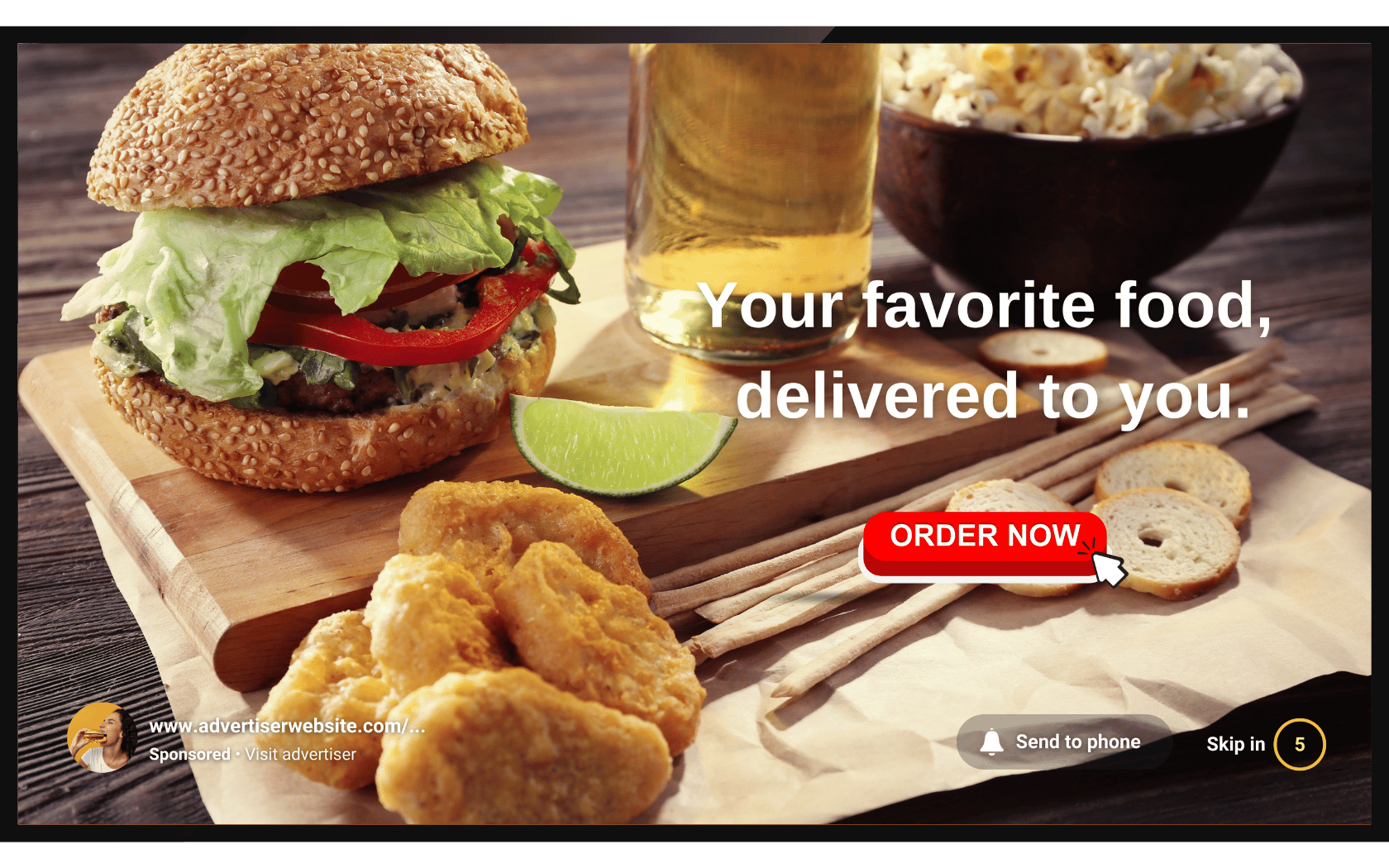

Cost Efficiency and Targeting
Linear TV ad buying is based on ratings or estimated viewership. For instance, securing an ad spot during a prime-time show like a sporting event or the evening news often requires paying a fixed or higher price in bulk.
Rather than competing for ad spots during live sports coverage on linear TV, we focused on engaging the same sports audiences on YouTube. This improved cost efficiency significantly: a 13% increase in CPM for Non-Skippable ads and a 40% reduction in CPV for the brand’s Skippable ads.
Real-Time Adjustments
When advertising on linear TV channels, advertisers typically agree to specific stipulations concerning the placement and duration of their advertisements. The schedule is generally fixed, and adjustments like moving to a different time slot or show require prior notification and approval.
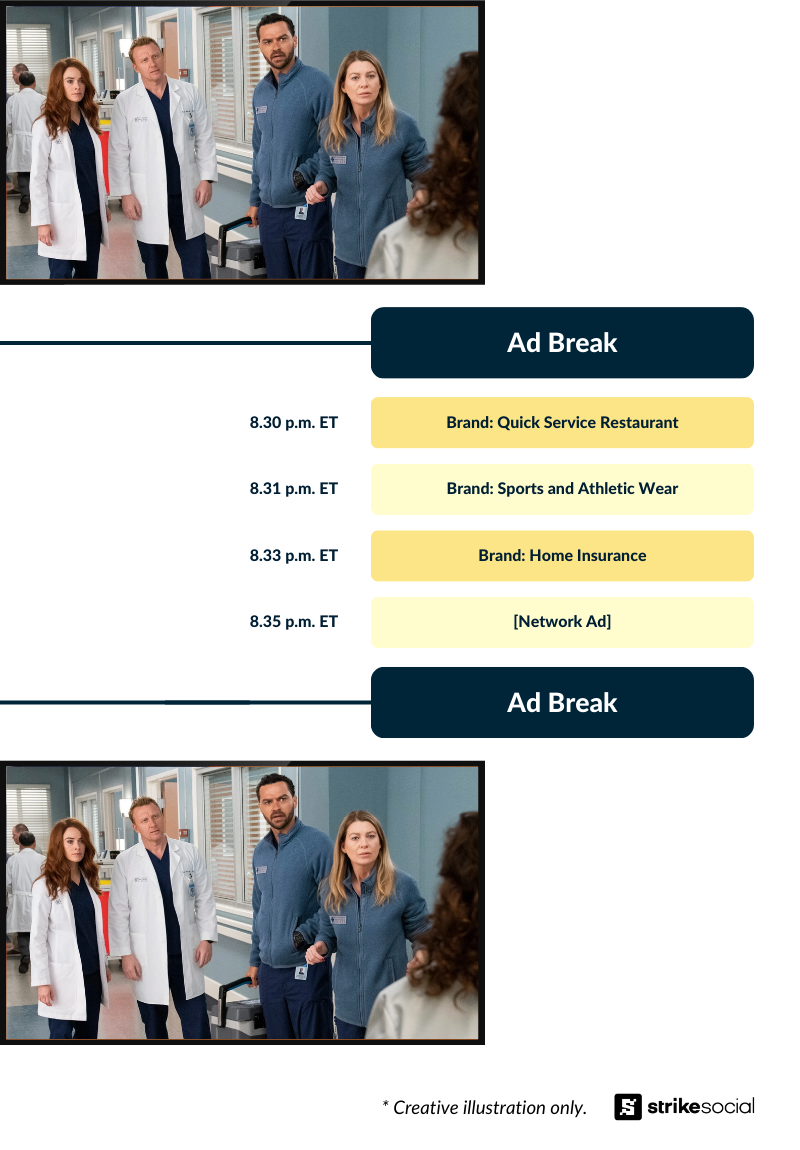

In contrast, advertising on Connected TV platforms such as YouTube and Google TV offers greater flexibility to media buyers. They can modify bids and schedules in real-time to optimize the performance and efficiency of video ads. This agility, enabled by performance data, allows for a more responsive and effective advertising strategy.
Knowing these advantages for media buyers, advocating for a complete shift toward Connected TV ads is tempting. However, we must emphasize the enduring relevance of linear TV advertising, and thus, should not be abandoned:
Synergistic Impact
- When digital advertising is complemented with TV advertisements, purchase intent experiences a 15% boost. In today’s market, digital and TV advertising complement each other, offering brands seeking promotion an effective strategy for achieving desired results.
- eMarketer’s report indicates that the average time spent on TV remains comparable to that spent on digital video advertising. This suggests that both linear TV and digital advertising remain powerful strategies. Combined, these strategies are superior to relying solely on a single advertising approach.
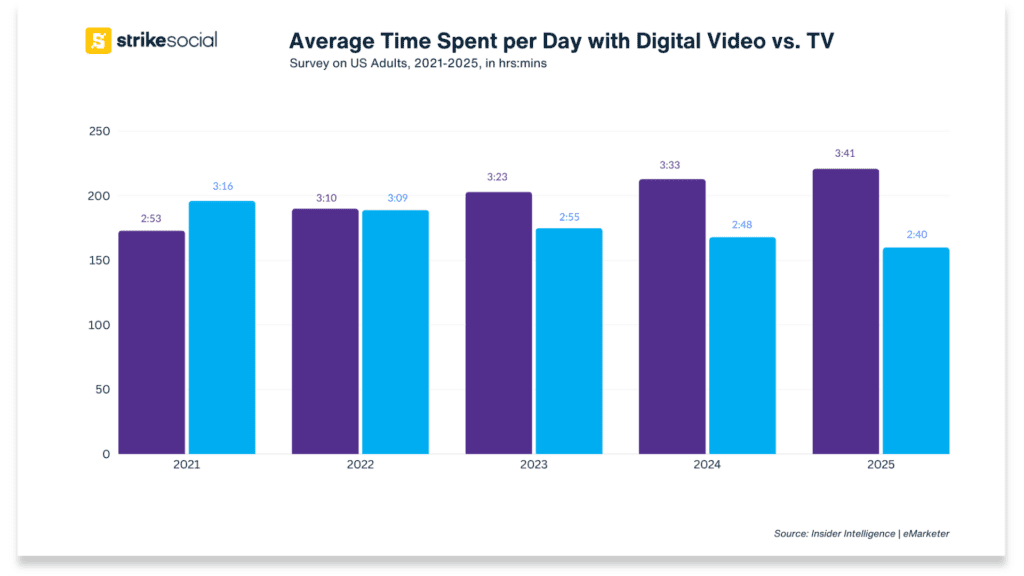

Check out our case study with a Quick-Service Restaurant (QSR) brand, where we achieved a 96% Video Completion Rate through a combined strategy. Further, we utilized CTV advertising due to its proven effectiveness as a medium, resulting in a 25% increase in efficiency.
High View-Through Rates
- Ads on linear TV channels consistently attain a high view-through rate (VTR) of over 90%, primarily because they do not have a skippable feature, unlike digital TV ad formats like YouTube TV.
- However, it’s worth noting that a significant portion, approximately 40% of the audience, frequently uses a second screen while watching TV. This presents an opportunity to leverage the advantages of digital advertising, especially on Connected TV.
- By capitalizing on CTV’s capabilities, advertisers can reach the same audience that engages with linear TV ads while offering interactive and personalized experiences.
Political Advertising Trends
- In the 2022 United States elections, digital political advertising was predicted to play a significant role, but traditional channels such as linear and connected TV advertising ultimately captured the majority of ad spend, accounting for over 50%.
- Looking ahead to 2024, forecasts indicate that linear and CTV ads will continue to dominate most political advertising spending, overshadowing social media platforms. While programmatic media buying is expected to grow, traditional advertising through linear TV remains a powerful force in political campaigns.
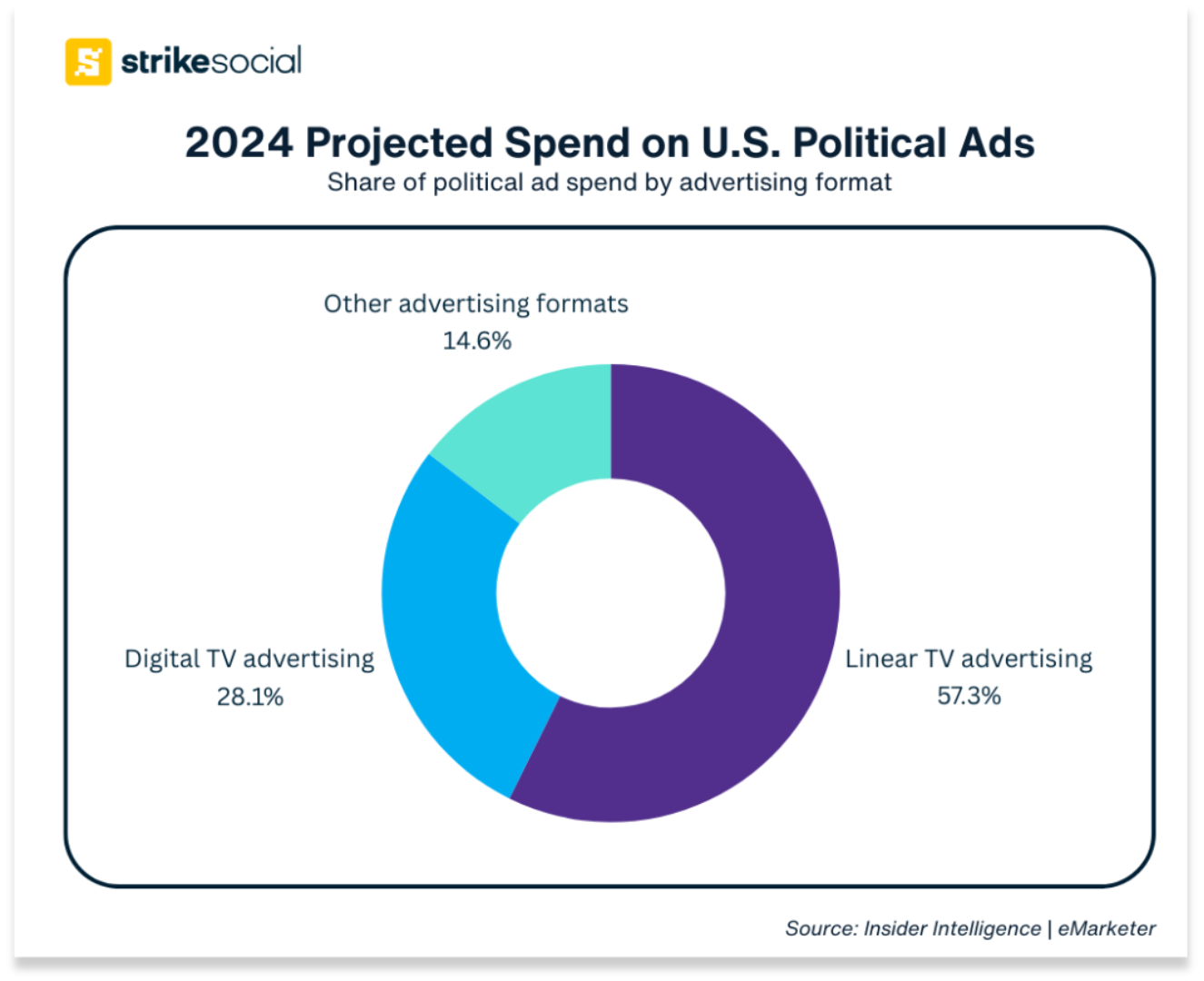

Given your newfound knowledge, what is your next course of action? While linear TV advertising will always have a place in the media landscape, are media buying agencies ready to embrace the hybrid advertising model that combines traditional and digital strategies?
Here’s our verdict:
Train your team specializing in linear TV advertising in digital TV advertising skills to keep them up to date. Embracing Connected TV, Google TV, YouTube TV, and other digital TV platforms broaden their opportunities beyond a single media buying strategy. This transformation increases their flexibility and empowers them with expanded capabilities, making them well-equipped to navigate traditional and digital advertising.
Why Media Buying Teams Should Focus on Learning Both Linear and Connected TV Advertising
We’ve emphasized it and’ll do so again: linear TV advertising remains prevalent. However, media buying agencies must also recognize the growing influence of digital advertising. Therefore, we affirm that as linear TV and connected TV solidify their roles as cornerstones of TV advertising strategies, your media buying teams should integrate both traditional and digital advertising expertise to maximize client outcomes:
Omnichannel marketing strategies are increasingly favored among marketers for their diverse approach across multiple platforms. Along with CTV, here are other preferred mediums by advertisers when placing ads on various platforms:
- social media (86%)
- display advertising (78%)
- mobile video (77%)
- desktop video (67%)
- linear TV (54%)
While we previously mentioned linear TV’s impressive view-through rates, 57% of media buyers affirm that Connected TV ads are more effective in driving website traffic and sales conversions. Furthermore, YouTube CTV ads exhibit a 14% higher view-through rate than mobile devices, suggesting a combination of linear and connected TV as an effective advertising strategy.
One compelling feature of CTV ads, particularly on YouTube TV, is the “Send to phone” option. This clickable button allows viewers to send the ad to their mobile devices, enabling them to engage further, visit the advertiser’s website, or purchase directly from their phones. This feature enhances the user experience and provides a convenient way for viewers to interact with CTV ads and take immediate action.
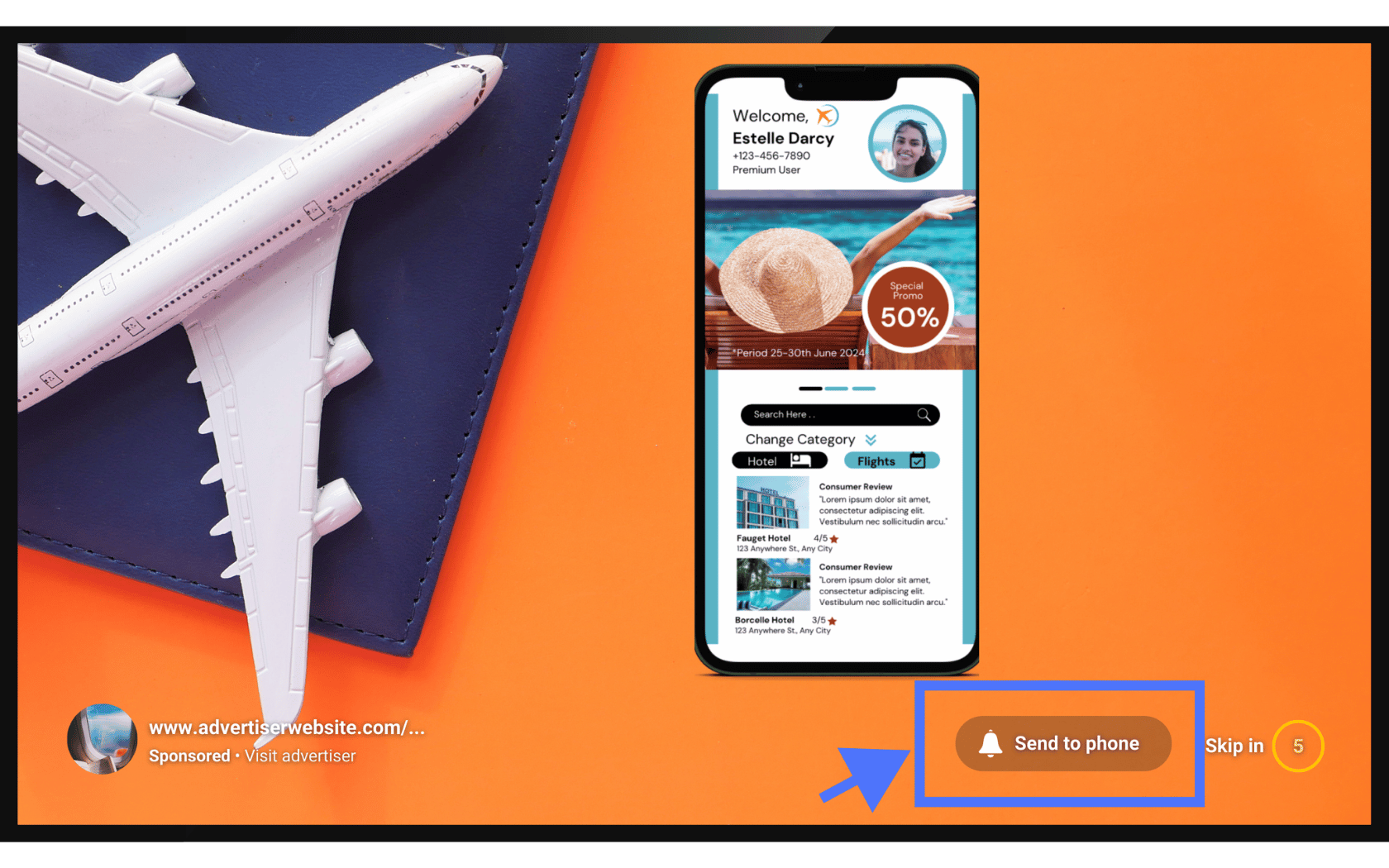

The steady decline of linear TV usage is becoming increasingly evident, albeit gradual. In 2023, viewership of traditional broadcast platforms reached an all-time low of just 49.6%, signifying a significant shift in audience behavior.
This decline coincided with the rise of digital TV advertising, as evidenced by the number of connected TV users. This trend will continue and intensify through 2025, indicating a fundamental change in how audiences consume television content.
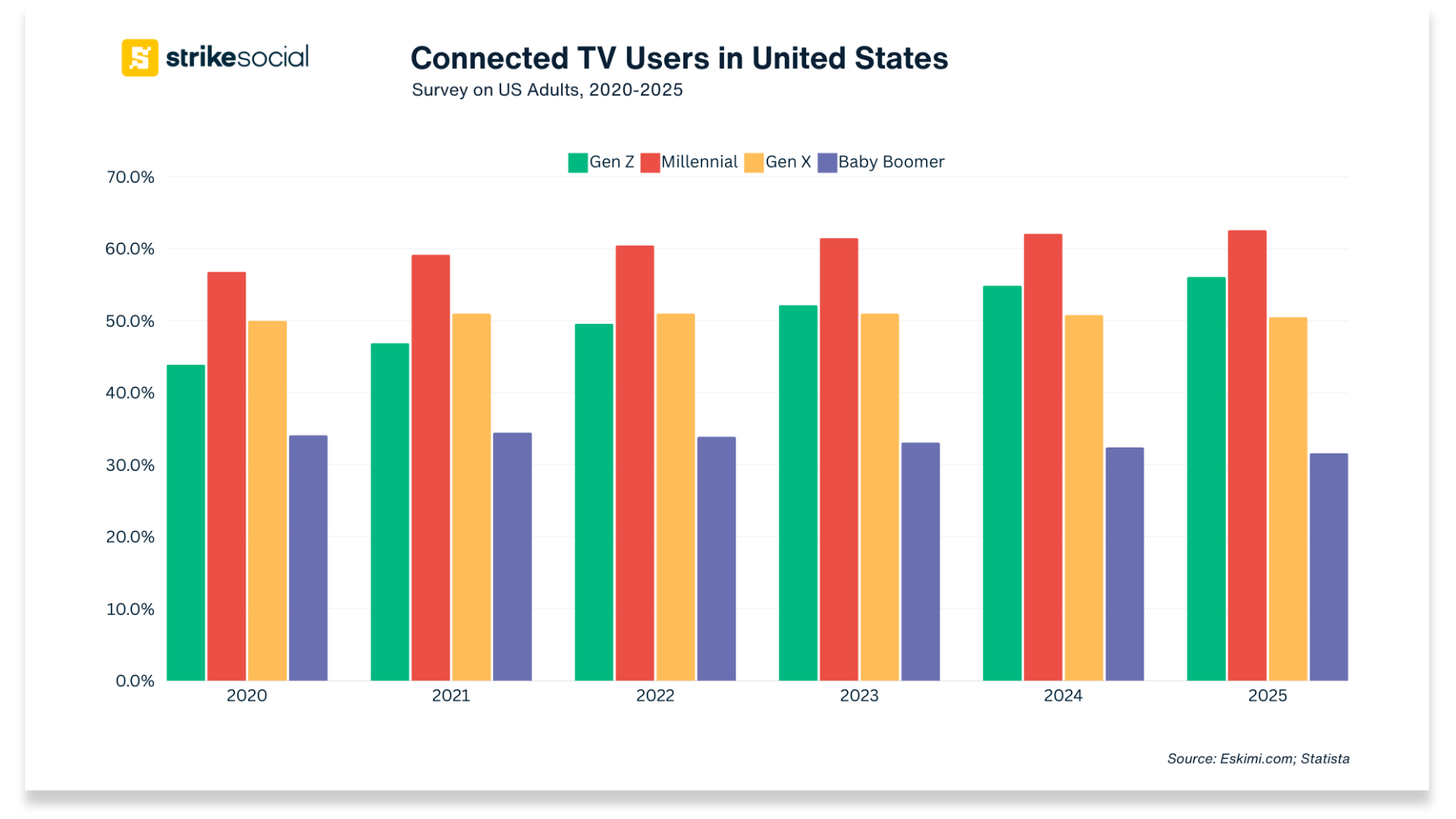

Media buying teams now face the challenge of converting these shifting audiences into CTV ad viewers and potential consumers. If digital TV advertising is uncharted territory for your team, Strike Social is here to help.
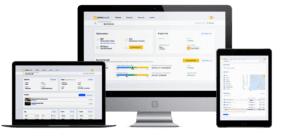

Request A Personalized Walkthrough
Discover how our expert team can help you achieve your social media advertising goals.
Through successful historical insights and cutting-edge technology, Strike Social delivers enterprise-level solutions tailored to enhance campaign performance on YouTube and Connected TV. Our strategies emphasize scalability and precise audience targeting, ensuring brands achieve heightened efficiency with reduced costs.
Explore our case studies to discover the diverse strategies we implement to achieve the results brands desire:
Growing Your Customer Base with YouTube CTV Advertising
While mobile advertising remains relevant, adapting new formats like YouTube Connected TV (CTV) is important for broadening your brand’s reach. After all, having a diverse advertising strategy with multiple channels only enhances your chances of retaining and attracting new customers. Understanding the behavior of YouTube Connected TV audiences and determining effective strategies to convert viewers into consumers can be challenging. Yet, it presents significant opportunities for further exploration and potential growth.
Partnering with a dedicated social media advertising agency can provide valuable guidance and support. Our experienced team can help you develop a YouTube CTV advertising strategy that aligns with your other digital advertising efforts. We offer a personalized demo of our technology, specifically designed to assist you in achieving greater success with CTV advertising. Reach out to our team and take that step towards smarter advertising.
Contact Us To Receive A Personalized Strategy
Connect with us to receive a personalized information pack from one of our sales representatives.
Expand your expertise. Browse Strike Social’s blogs on CTV here:
Instagram recently revealed a new feature to its app called IGTV. They dubbed it “the next generation of video.” As you already know, Instagram allows videos on both its feed and Stories, but users are limited to only capturing and displaying short videos.
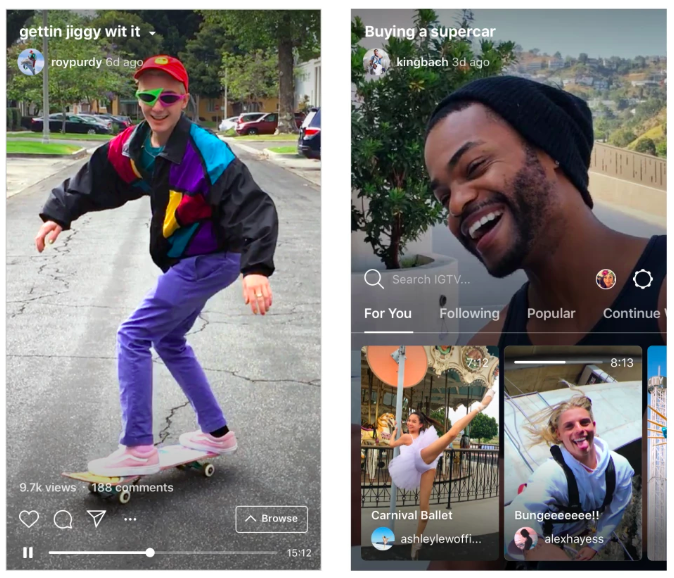

With the introduction of IGTV, users have the ability to upload videos between 15 seconds and 10 minutes long. Larger accounts and verified accounts may upload videos up to 60 minutes long but must be done from a computer. Time will tell whether or not the platform chooses to increase the length for all users. For now, its focus has been on increasing engagement.
Because IGTV is currently in its early days, it’s worth leveraging this long-form video feature in your social media marketing strategy now.
How to get started with IGTV
Learning how to use IGTV for Business is pretty straightforward. Below is a step-by-step process to get your channel set up and running like a pro.
Setting up your IGTV channel There are only a few key steps to tackle to set up your IGTV channel. To begin, you’ll need to download the app to your mobile device.
From there, you can set up a channel within the IGTV app or from Instagram by clicking on the IGTV icon in the top right corner of your feed. Tap on the gear icon and select Create Channel.
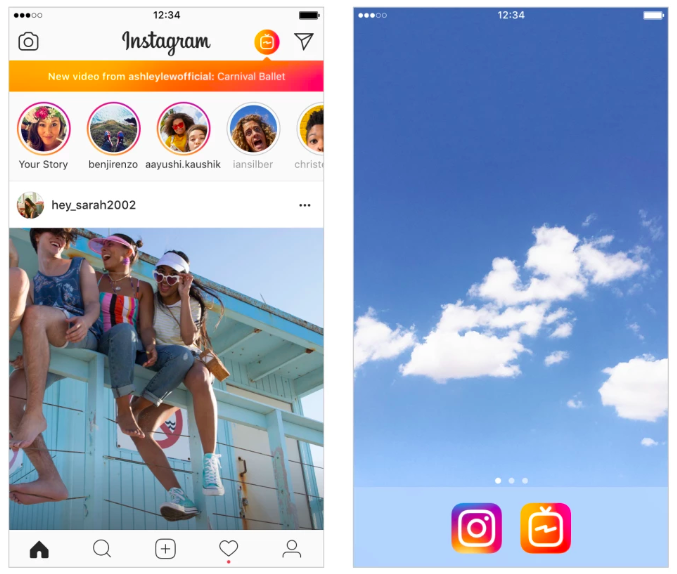

Note: you may also set up your channel via desktop.
IGTV video specs Instagram’s IGTV focuses on mobile-first vertical viewing, so the key takeaway above all is to shoot and upload vertical videos (not landscape).
Per the Instagram Help Center:
- Videos should have a minimum frame rate of 30 FPS (frames per second) and a minimum resolution of 720 pixels.
- Maximum file size for videos that are 10 minutes or less is 650MB. The maximum file size for videos up to 60 minutes is 3.6GB.
File types must be MP4. Videos should also never violate Instagram’s Community Guidelines.
Uploading your first IGTV video You can upload videos either directly on the Instagram app or by using the IGTV app. You’ll be able to view your channel by tapping on your profile photo.
To add a video, tap the “+” symbol and select from your Camera Roll. Videos must be between 15 seconds and 10 minutes. For verified accounts or those with larger followings, you can upload 60-minute videos from a desktop.
Be sure to give your video a proper title and description, which can be done during the upload stage.
IGTV best practices for your business
Like all new social media features and platforms, there are practices that must be followed. Below are some of the most important when starting out:
Choose 1-3 topics for your channel. While IGTV is connected to your Instagram, it’s worth putting some thought behind what kind of content you’ll focus on for long-form content. Perhaps you’ll publish How-To’s, product videos or behind the scenes content. Either way, having a central focus will keep viewers engaged and coming back for more.
Use a schedule. Once you have an IGTV channel up and running, keep it going. Don’t upload every once and a while. Instead, try uploading regularly to keep content fresh and interesting. Like your Instagram posts, you’ll want to keep a consistent upload schedule to keep viewers intrigued.
Edit your videos. The beauty of IGTV is you can shoot a video directly on your phone and publish it immediately. But don’t leave out what makes videos so compelling: editing. You can shoot your vertical videos as needed, edit on a desktop (or perhaps a video editing mobile app) and then upload.
Choose a cover image. IGTV allows you to select a default cover image from the video or upload a vertical image directly from the Camera Roll. Choose the latter. Take a compelling cover photo and use overlay text if necessary. Unique cover photos will capture a user’s attention much more than a blurry default image from the video.
How to make IGTV work for your brand
Currently, IGTV does not feature ads so running advertisements alongside your organic content is not an option (yet). Nonetheless, IGTV is still a viable feature for your brand strategy.
You might be wondering exactly how long-form video fits into your marketing strategy on Instagram. There are actually plenty of reasons to dive into this platform to make it work for your business.
Upgraded content. Simply put, IGTV is an upgrade to your Stories and 15-second videos on your feed. Prior to IGTV, uploading tutorials, discussions, interviews and more was a lot more difficult on Instagram. IGTV has opened the floodgates for creators and brands to start publishing unique long-form content.
Cross-promotion. IGTV adds a whole new level of opportunity for video cross-promotion. For example, if you have a new YouTube video, tease it with a vertical video on IGTV. Or perhaps you might tease your new IGTV upload on your Instagram feed or Facebook page.
The opportunities continue to grow for long-form video cross-promotion.
Brand awareness. Last but not least, IGTV is set to be a driver behind brand awareness. The app still has no search functionality, which means videos are divided and displayed based on interest, follower accounts and most popular videos. That means there is a possibility your branded IGTV videos could land on someone’s feed.
To create a great social media advertising campaign, you need to get every detail right. Your creative, copy, keywords and execution all contribute to a great return on ad spend (ROAS) and to good view numbers at the end of the day.
The good news is there are a lot of free marketing tools available on the internet that can help you develop each step of a social media campaign.
We’ve reached out to marketers and our team at Strike Social to ask them what some of the best free tools available online are. Save to your favorites and enjoy these resources as needed.
Related: 6 steps for creating a social media plan
The best free online marketing tools
1. Canva
Images are of extreme importance to catch people’s attention when scrolling through social media feeds. People are more likely to remember information after three days if a relevant image is paired with this information. Add images to a message and viewers will be 65% more likely to remember, compared to when they only hear information (10%). Canva is a free tool that allows users to create compelling images for social media. Users can choose different backgrounds, add filters, text overlay, create infographics and more. You can also use templates to create posters, banners, business cards, etc.
— By Maggie Aland, Staff Writer for Fit Small Business
2. Adobe Post
Adobe Post is a free tool that allows the creation of eye-catching social graphs to leverage the storytelling for your blog, campaign, newsletter and social media channels. It offers handcrafted remixable design templates made especially for social sharing. You can customize your design with text, choose from a variety of beautiful fonts and customize your photo with a few clicks. Adobe Post also helps you create videos for social media quickly and easily. You can create a Facebook video even with little knowledge on filming and editing.
3. Pixlr
Pixlr is a free web-based photo editor that can help you with all your image editing needs. It is a good tool for anyone that needs images on a daily basis to share on social media or blog posts, but doesn’t have a lot of knowledge on Photoshop and more advanced tools. With Pixlr you can crop, fix, adjust and filter images. You can also apply overlays and stickers to create a unique social media post to share with your followers. Make sure to check storage on your iPhone or desktop device to ensure you keep high-quality images before posting them as a social media post or ad.


4. Pexels
You know good imagery is paramount for the success of your social media ad campaign, but sometimes custom images aren’t in the budget for some companies. Pexels is a search engine for free stock photos. It gives access to high-quality photos that you can use in any way you want for your advertising.
— By August Drilling, Media Director at Strike Social
5. Phrase Builder
Phrase Builder will be your best friend whenever you need to come up with a long list of keywords but are feeling uninspired. You just need to create two sets of sentences that are related to the topic you are working on and Phrase Builder will create a list with a variety of keywords by mixing the two sets of sentences. Use a keyword explorer to check which combinations represent a better opportunity and, voilá, you will be ready to produce great content to reach your target audience.
6. Moz Keyword Planner
Moz is a reference in the SEO world. The company has a paid proprietary software but allows you to try their tools for free online. The Moz keyword planner is one of these tools. You can research up to two keywords a day and get a report suggesting other similar keywords, detailing the strength and search volume for each one. Besides offering SERP analysis, it offers a list of mentions of a certain topic and data on the opportunity available for the keyword.
7. Facebook’s free text overlay tool
This tool allows you to test your advertisement’s image before it runs to ensure it has the right proportions. This is important because too much text negatively affects how well the ad reaches your intended audience. The Facebook Text Overlay Tool was more helpful back in the day when Facebook ads could only be 20% text. Many advertisers will be happy to know that this rule was changed months ago. However, the 20% rule shouldn’t be overlooked. While you may be able to run an ad with more than 20%, its reach may be significantly lowered.
— By Dr. Alain Michon, Medical Director at the Ottawa Skin Clinic
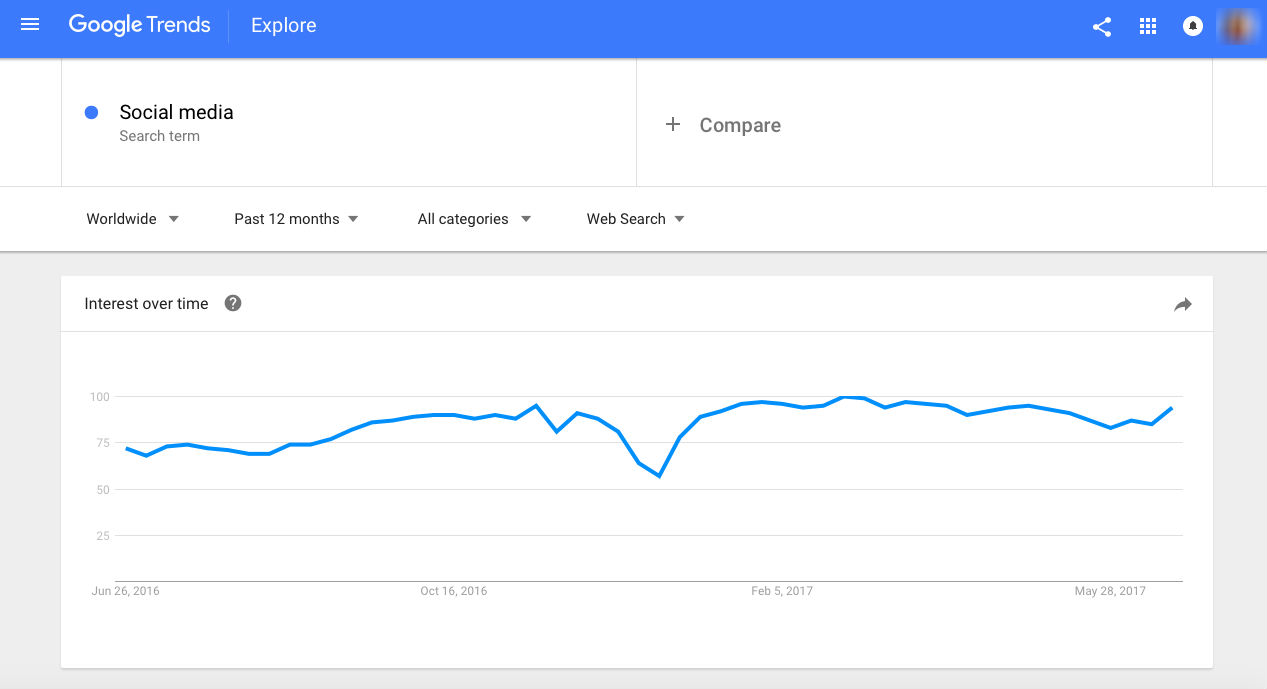

8. Google Trends
Want to uncover trends for campaign insights? Google Trends is the tool to accomplish that. It enables you to evaluate the popularity of certain terms at the moment and over a certain period of time. You can also compare one term against other keywords, find related keywords, and see the keyword popularity in different parts of the world.
— By Mandy Krueger, Account Director at Strike Social
9. Personapp
You already know how business personas are important to increase the understanding of your target audience. But how will you develop them in a way that your whole team can understand? Personapp is an online software that allows you to create and share personas using a lean framework. You do the project collaboratively and avoid paper.
RELATED ARTICLE: Google AdWords quality score and what it means for your campaigns
10. Trello
You need to follow several steps to create a social media ad campaign. Chances are you have multiple professionals involved in the different steps of the process. Trello is a project management tool that makes collaborating easier. You can create different boards for different projects, break each project into small pieces and assign tasks to specific members of each team. This is an easy way to allow everyone to keep track of what is being done and what is left to complete. The tool is free, but businesses can pay for a premium version to have access to more sophisticated tools.


11. Feedly
Feedly is a popular RSS feed reader that can help you organize all your reading and share it with your team. You can curate news from your favorite sources of information by topic or keep up with your favorite blogs and thinkers. It also integrates with the YouTube channels you follow. You can use it to monitor industry-related news, to seek inspiration, do research on some topics and monitor news about your company.
12. Tagbord
Hashtags are essential to increase the reach of your ads and content on Twitter, Facebook, Pinterest and Instagram. Tagboard will help you figure out the best hashtags to use in your next campaign. Type a hashtag and see who’s using it, in which context, the pictures that are associated with it and the social media platforms in which the hashtag is popular. The basic tool is free, but more advanced features are available for paid users.
13. Meta Pixel Helper
Meta Pixel Helper is a free Google Chrome extension that can be a life saver when it comes to creating Facebook Ads. The Pixel Helper allows you to check if the pixel you’ve implemented on your store is working correctly. If you are not familiar with this concept, a tracking pixel allows you to track conversions and how many times a web page has been viewed or an email was opened.
— By Dave Vallée, Owner of Roof Right Solutions
14. Followers+
Followers+ is an app that will track your Instagram or Twitter account for engagement rate, new followers, lost followers, new followings, mutual follows, people who don’t follow you back and people you don’t follow back. Those features come free and will help you get a better picture of your followers and how to engage with them. A Pro version of the app is available which lets you connect more than one account, view any deleted likes or comments and who may have you blocked from their account.
— By Taylor Schaller, Content Marketing Intern at Strike Social
15. DrumUp
When you drive a customer to your social media pages, you want to cause an impact and get that user to follow you and engage with your posts. DrumUp is a tool to help you curate great content for your social media pages. Just register on the site with Facebook, Twitter or LinkedIn, add some keywords and the tool will suggest a list of fresh articles related to a topic you choose. After selecting your favorite pieces, you can publish them immediately or schedule them for a future date.
16. Buzzsumo
Buzzsumo is a great tool for finding content that has performed well on social media. It shows the articles that went viral and reached the most shares in each social media platform: Facebook, LinkedIn, Twitter, Pinterest and Google+. It gives you huge insight into where you should invest your advertising budget for best results. Before a media buyer decides where to focus their spend for a client, they can quickly do a search on Buzzsumo to see where content related to their industry has performed well previously.
— By Max Robinson, A Hume Country Clothing
Related: Check out how ad images and sizes differ from platform to platform.
17. Socedo
This tool discovers social prospects that match your customer criteria and allow you to qualify them via an engagement workflow. When you approve a prospect, Socedo looks up their other social profiles and engages with them automatically via direct messaging on Twitter. You can also access reports for more insights about your social leads. The system integrates with CRM tools such as Marketo, Hubspot and Salesforce. It also offers a free trial.
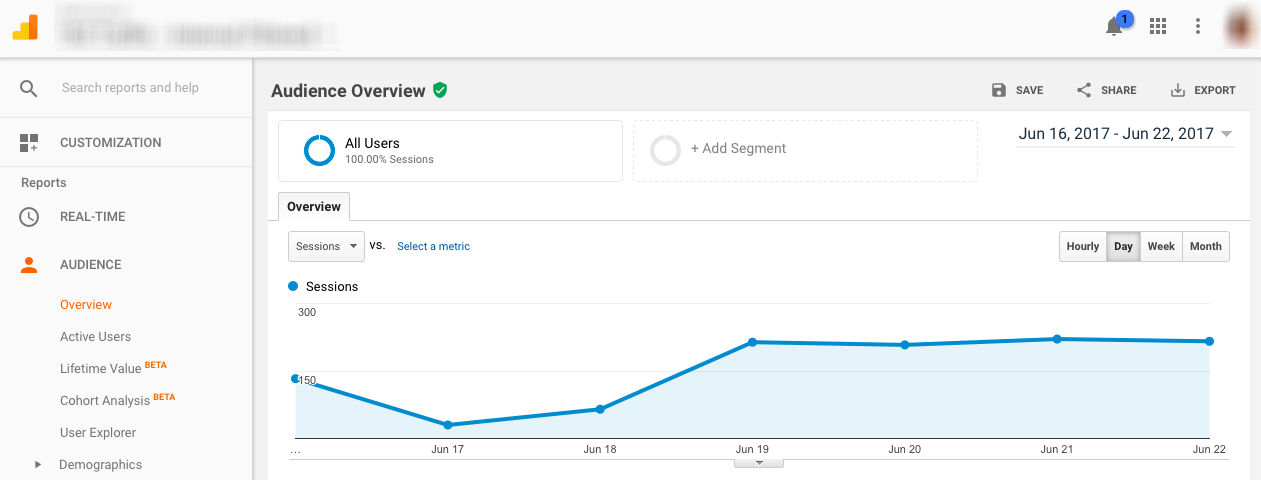

18. Google Analytics
Analytics is definitely one of Google’s most popular tools. Google Analytics provides reports and metrics about your website or Google ads campaign. You can see data such as how many of your visitors are brand new, how much time people are spending on your site, what your bounce rate is, etc. These insights help marketers all over the world to understand how people are finding and navigating their websites. The standard version is free.
19. Google AdWords Keyword Planner
Another useful tool to boost your online presence is Google AdWords Keyword Planner. The tool is meant to help you plan your AdWords Campaign, but it is also a great resource for SEO. You can use Google AdWords to research keywords and how competitive they are by checking the current bidding price. By doing that you, can create a better structure to your campaign and leverage your content. Google AdWords Keyword Planner is free, but to use it you need to set up an Adwords account.
— By Brent Levi, Senior Marketing Automation Manager at Strike Social.
20. Medium
The platform mixes an interface for blogging with the social aspect of social media. You can create posts, publications and tag this content with specific keywords to make it easier to be found by your target audience on the platform. You can also follow writers, allow other users to follow your profile or publication and get notified when you have new content. Medium is about creating a community around the content you produce. The platform has its own analytics for content measurement.


